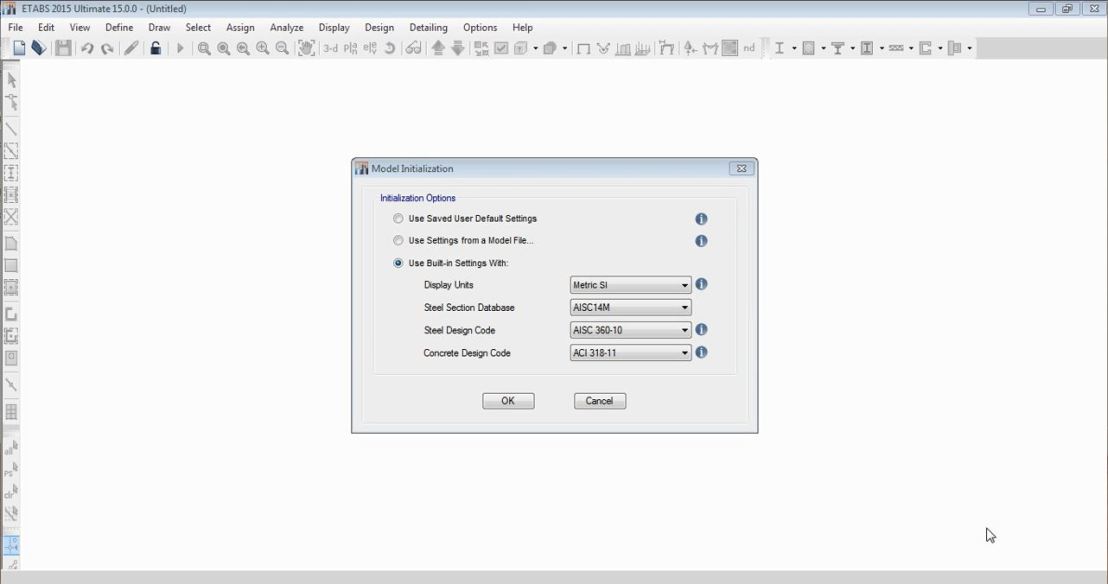
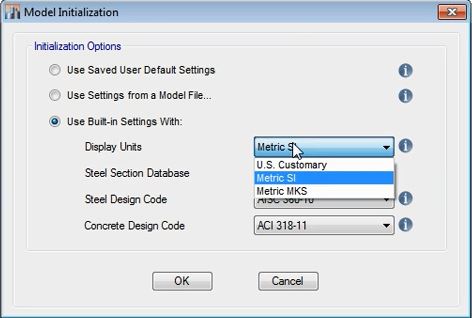
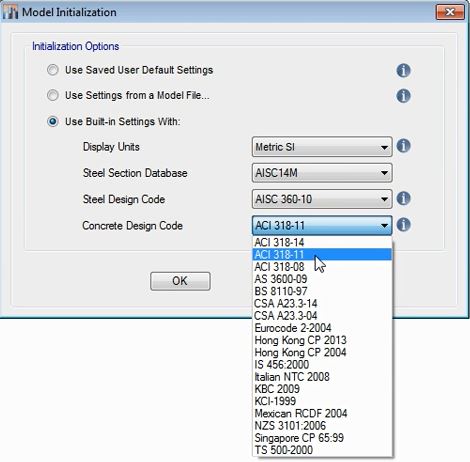

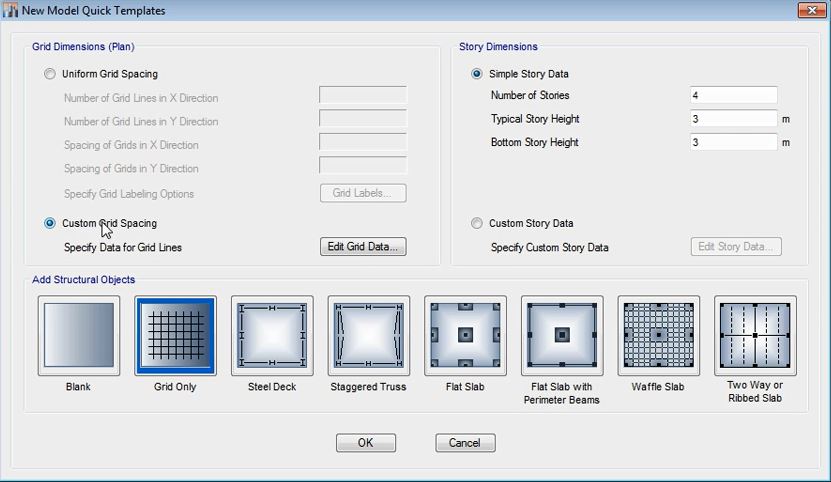

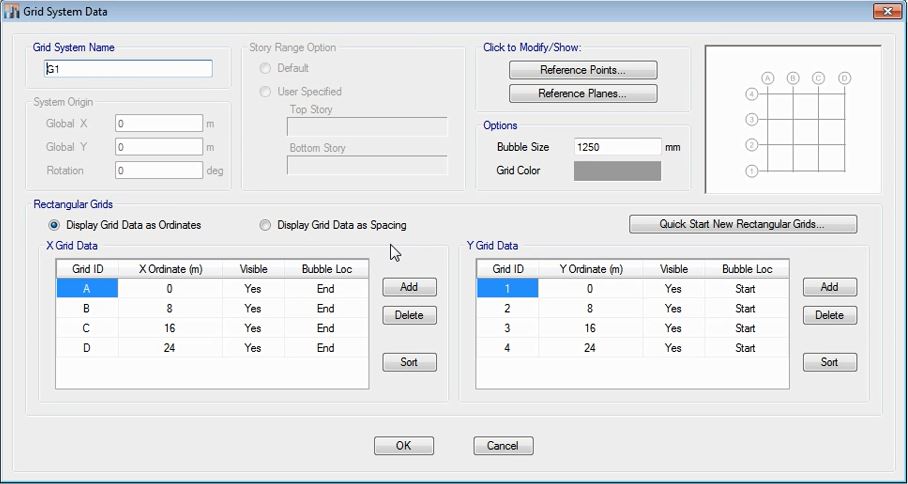

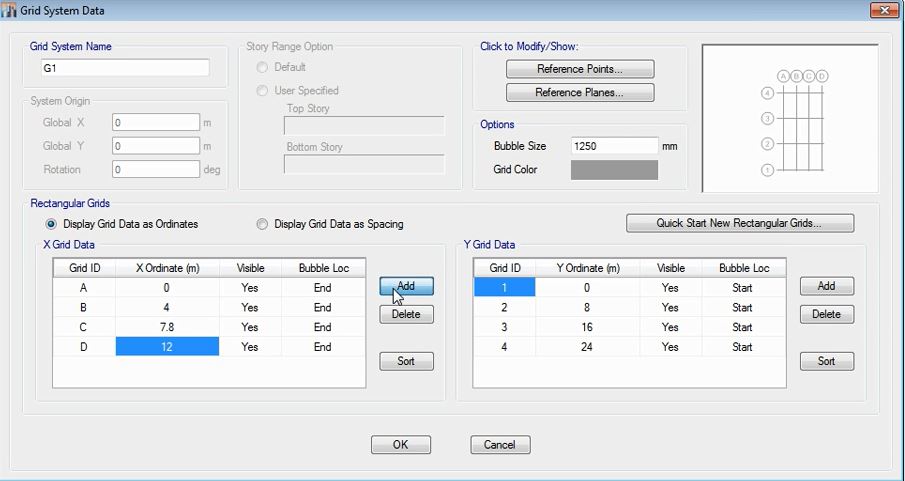
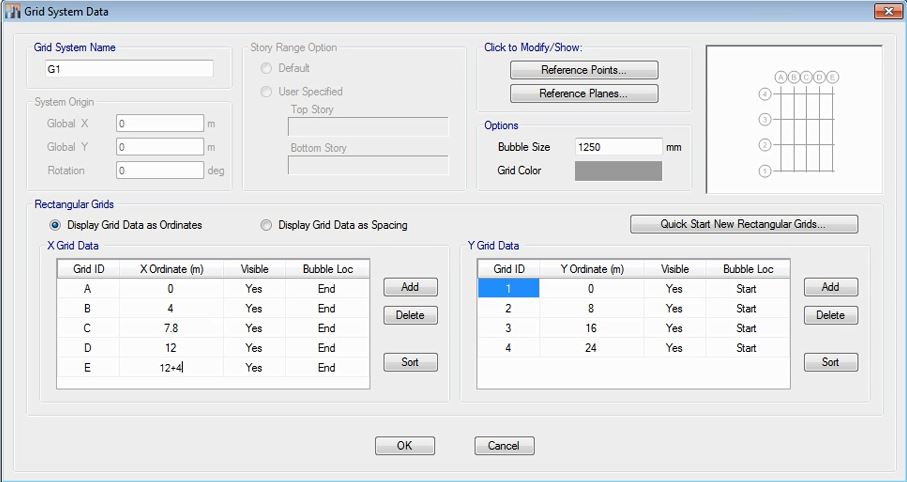
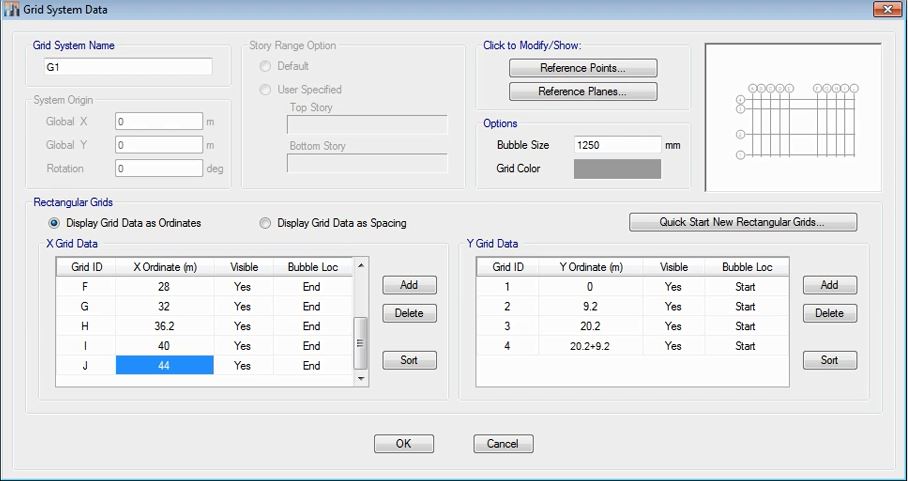

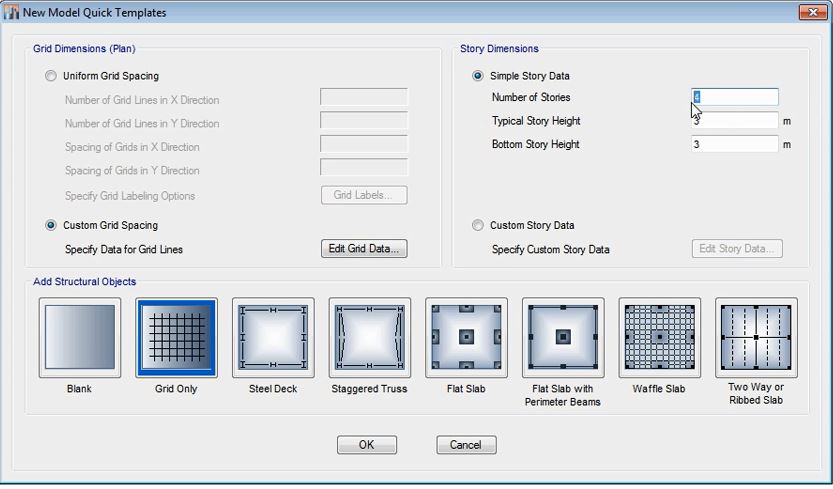

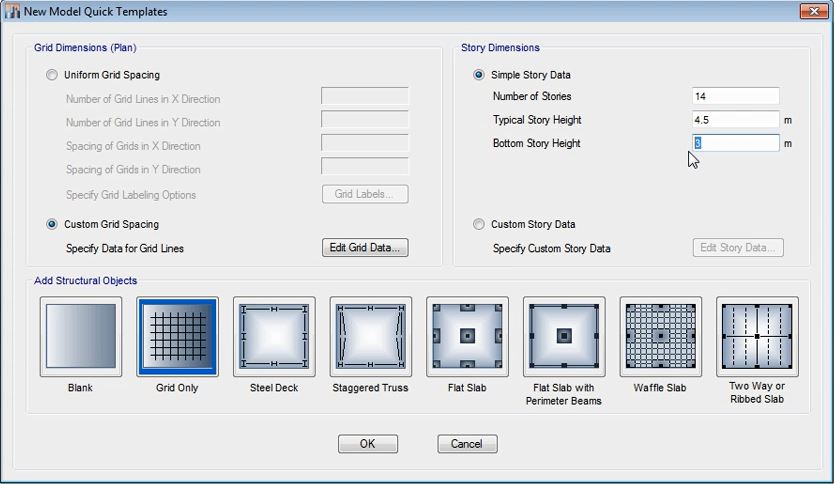
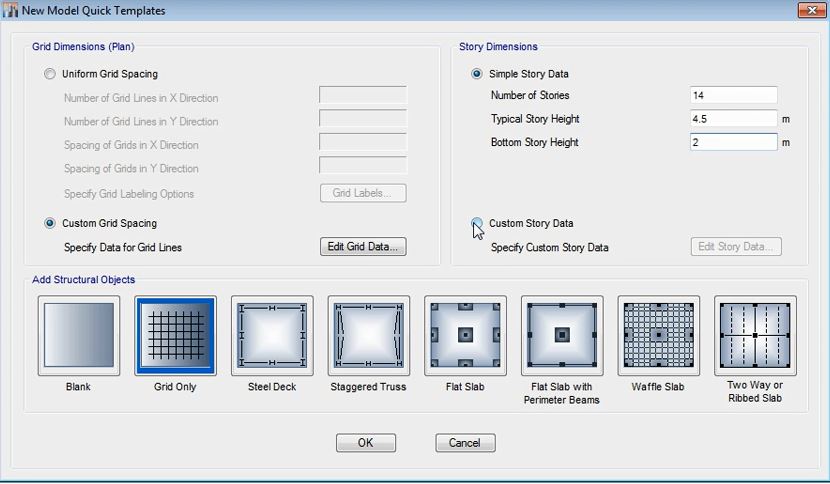
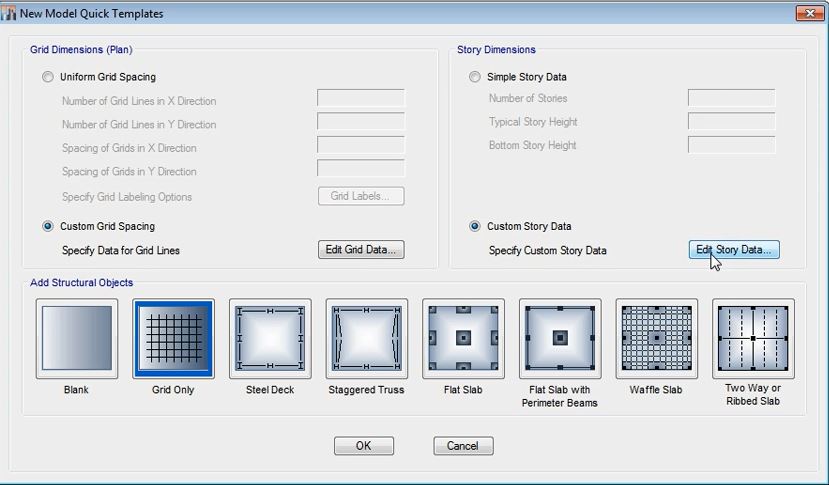
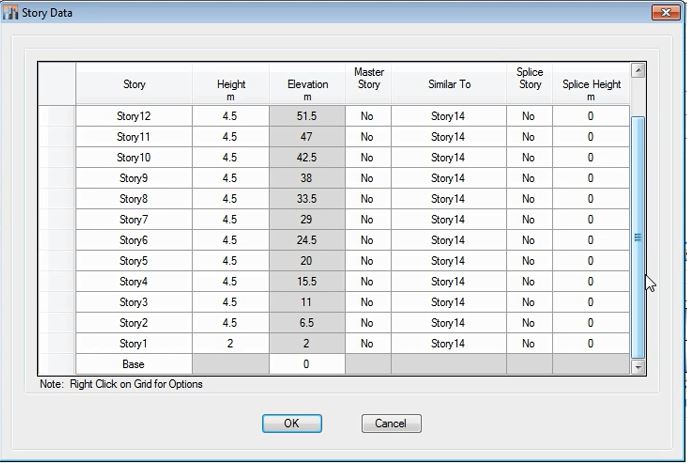

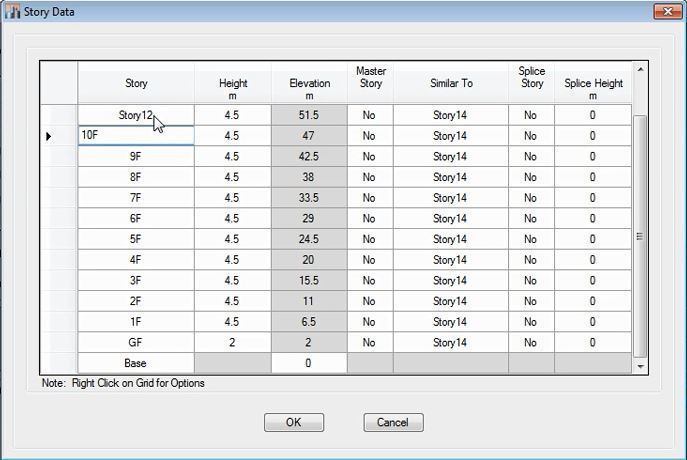
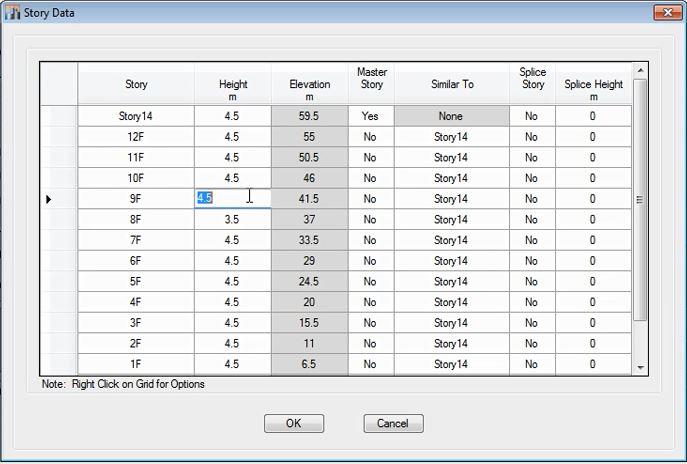

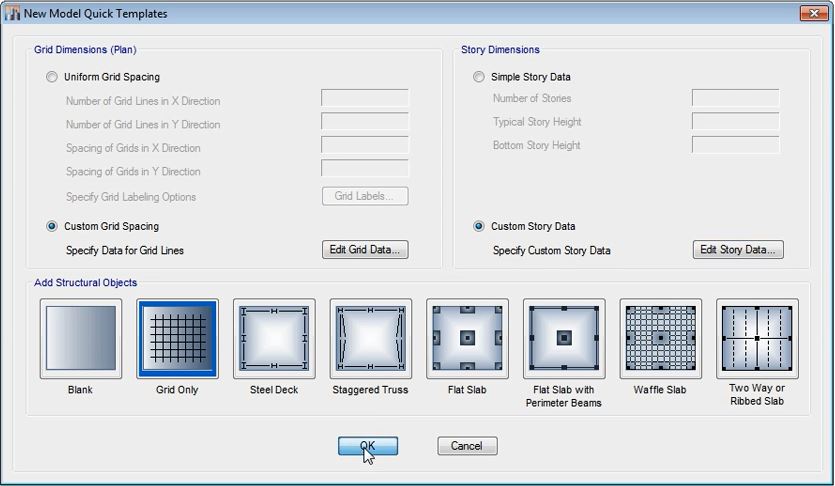



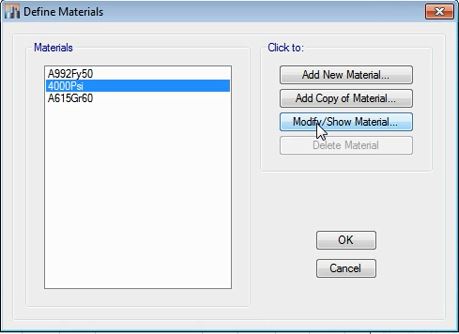

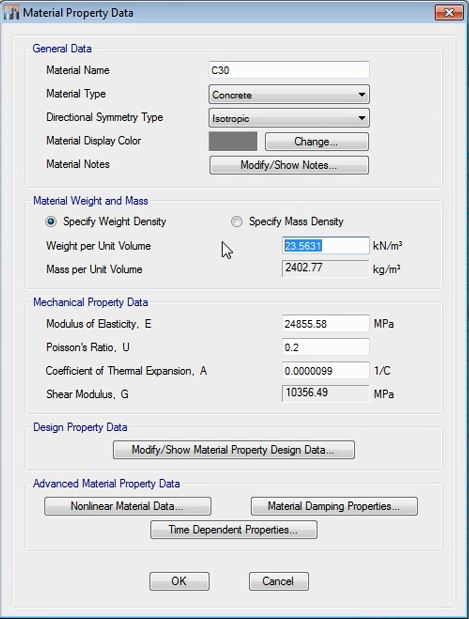
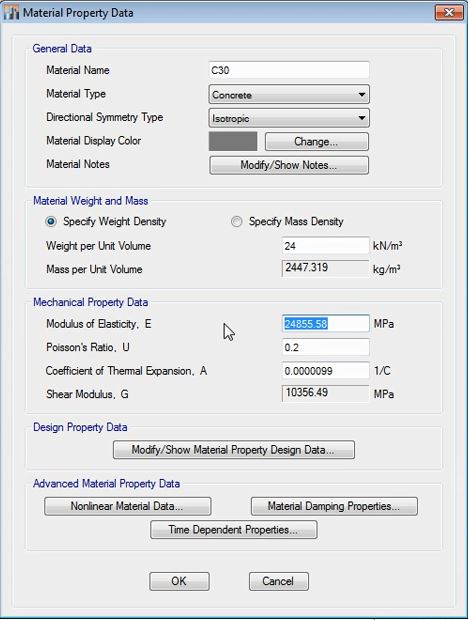



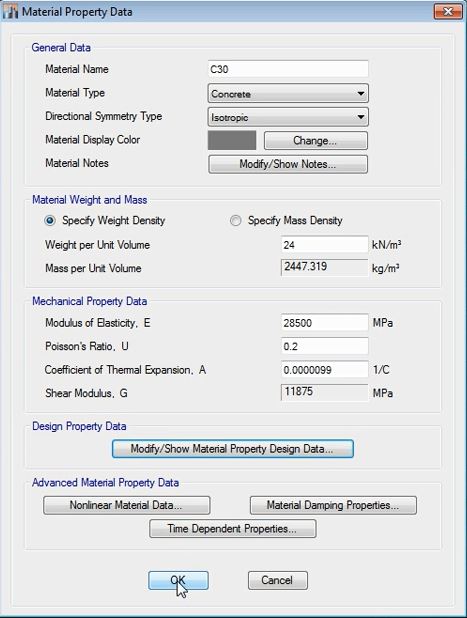



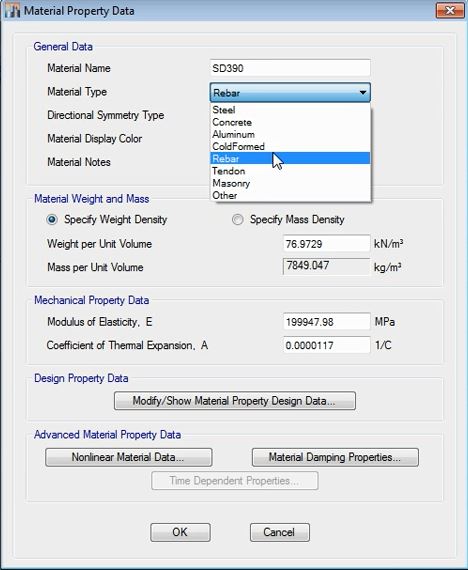

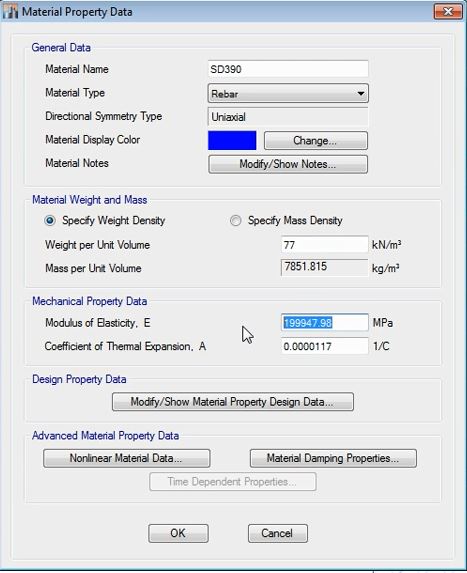
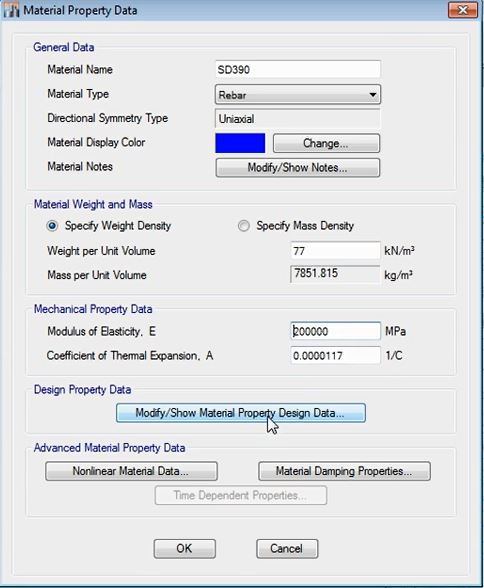


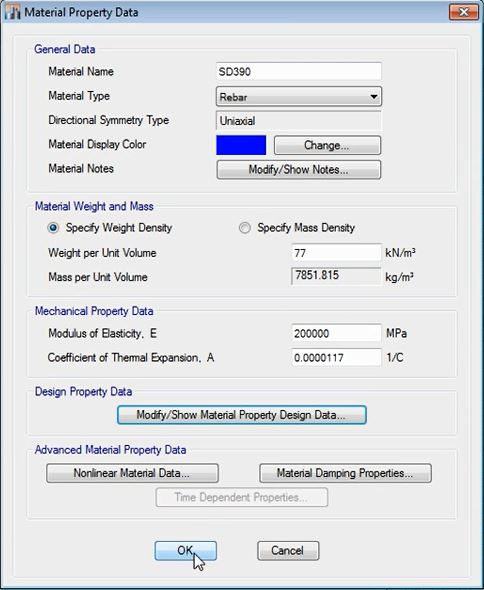

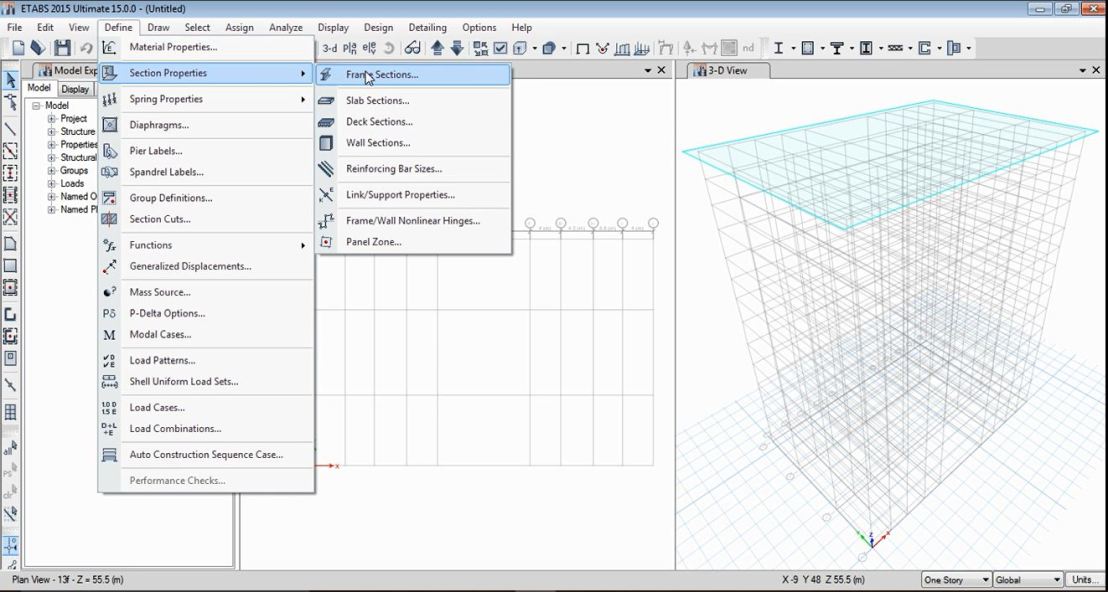

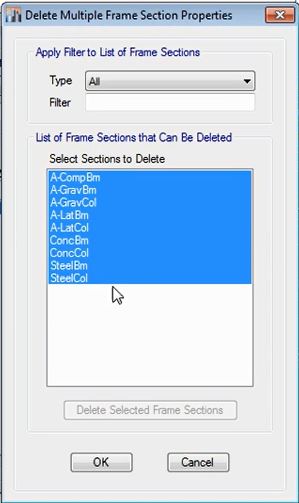
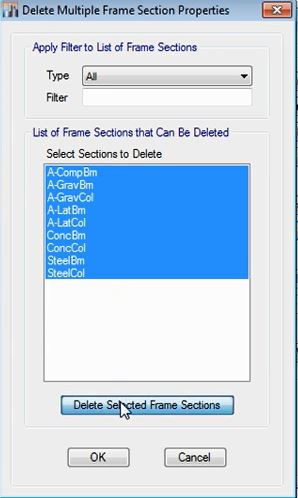
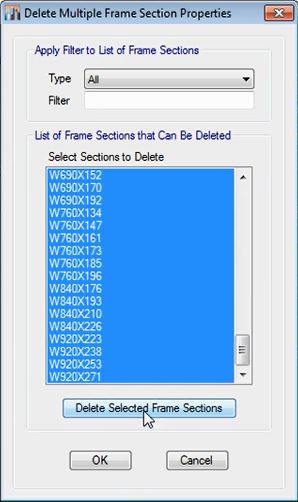
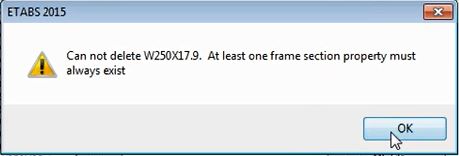
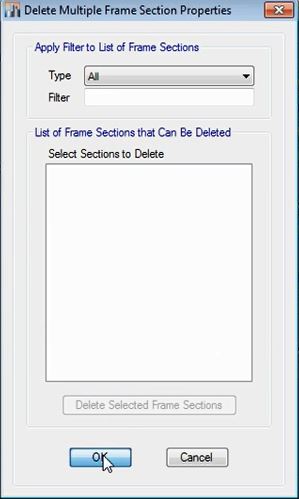
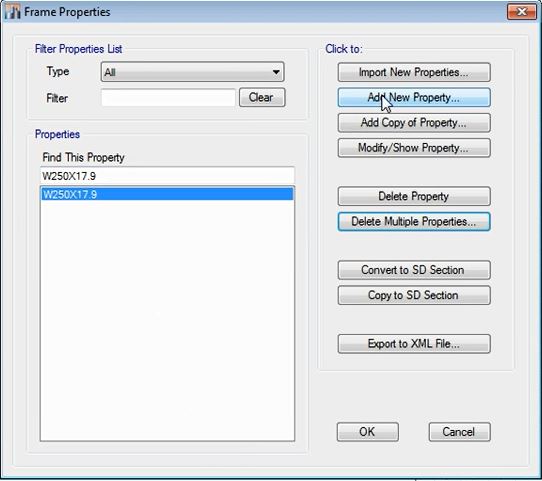

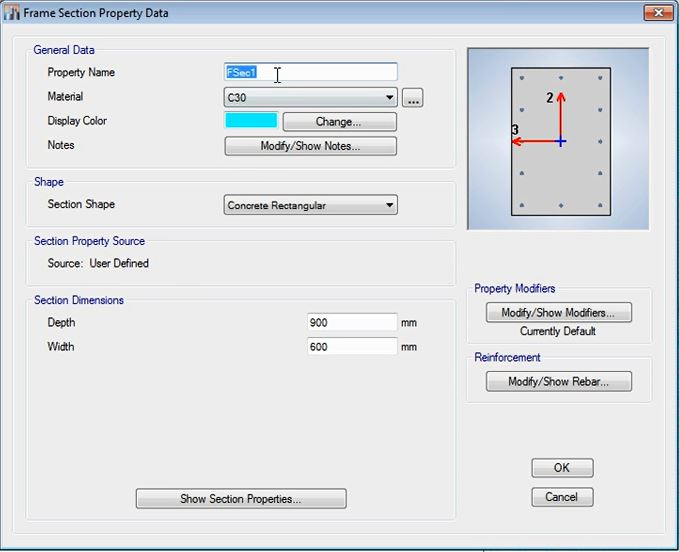
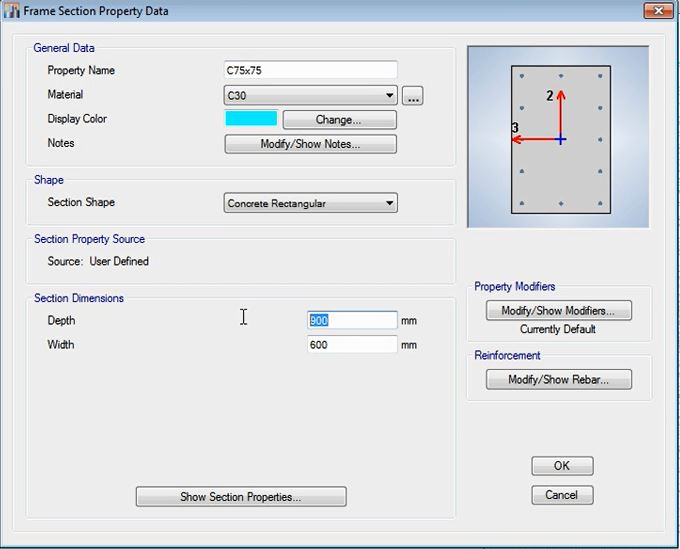
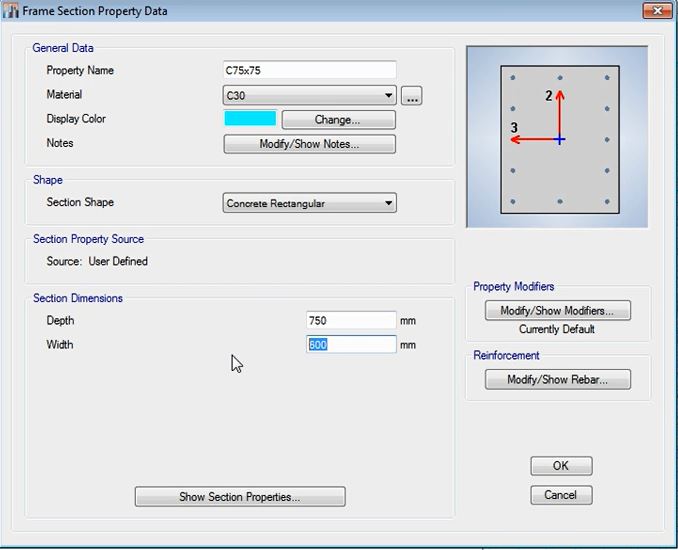




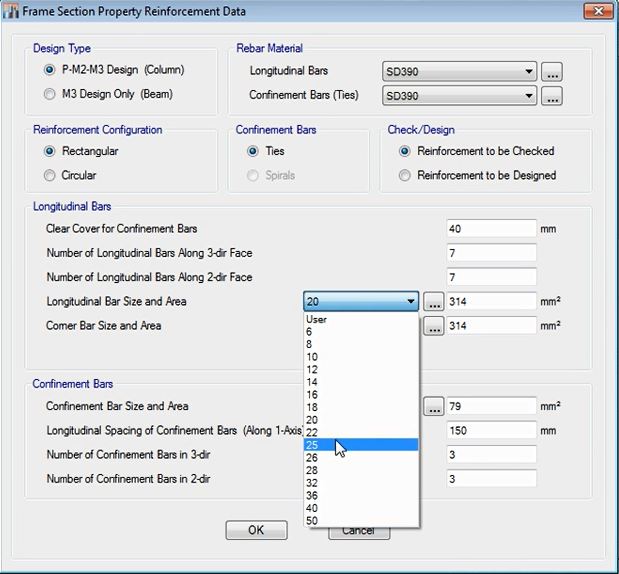
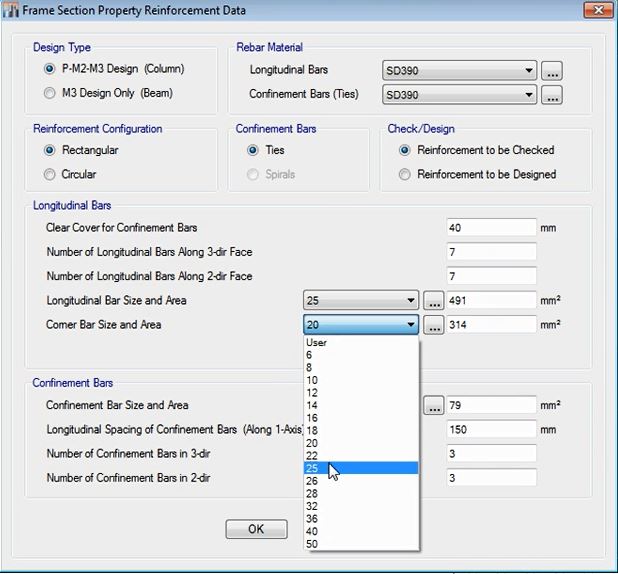
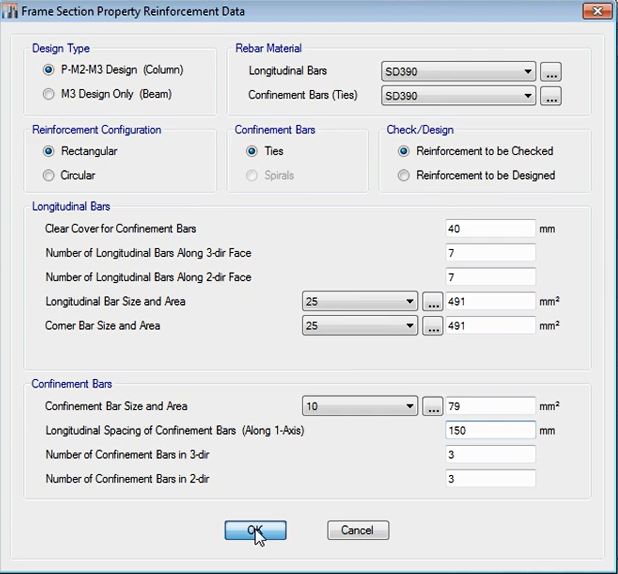
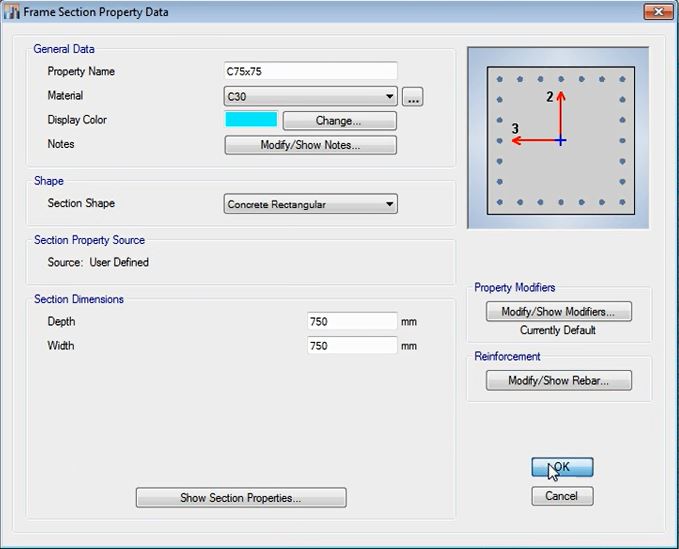
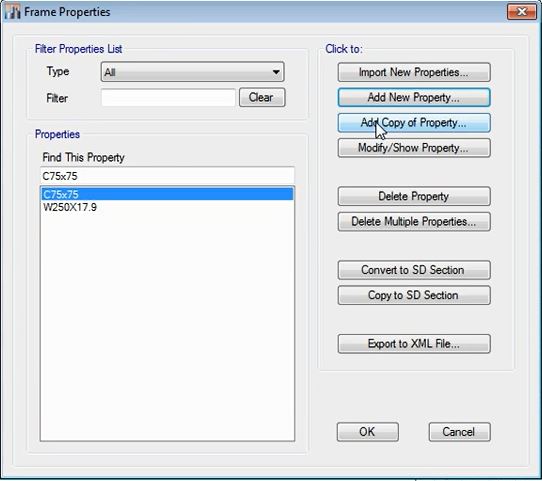
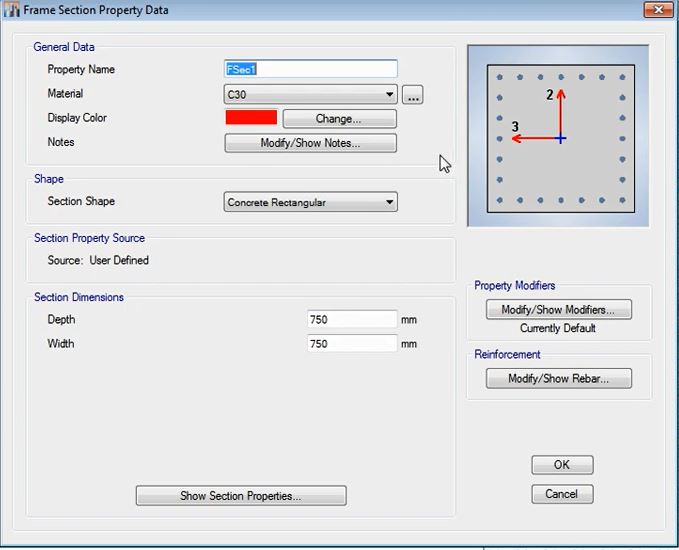
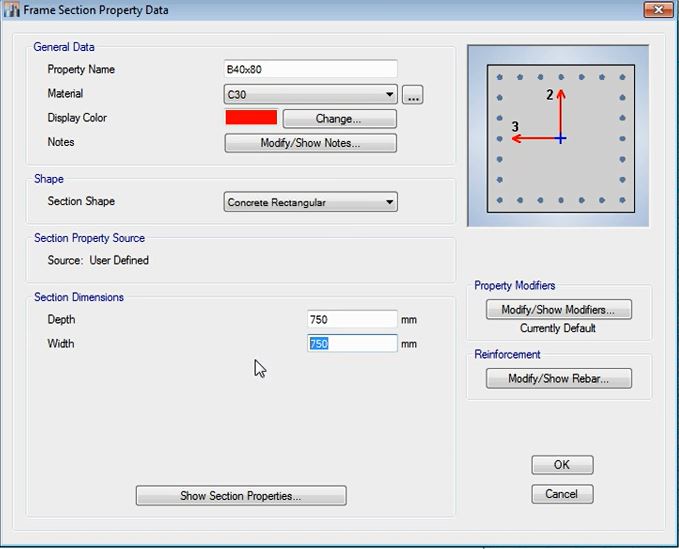
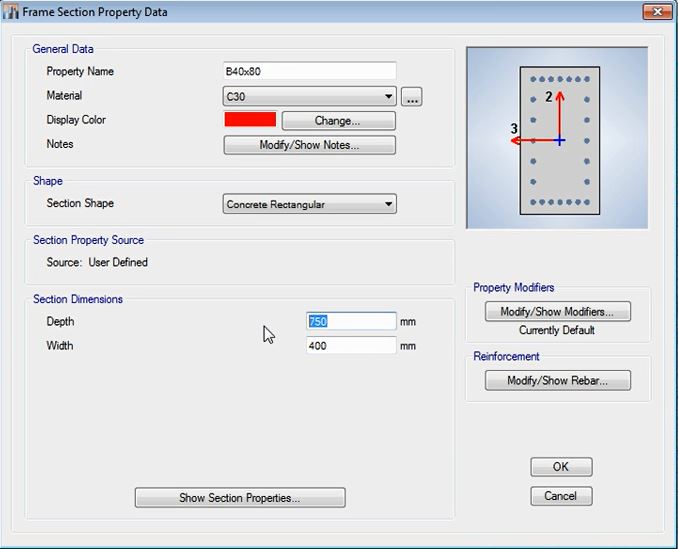
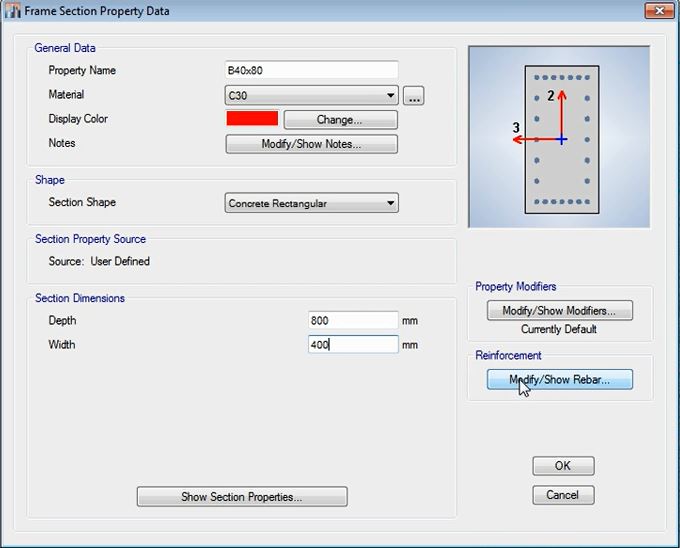
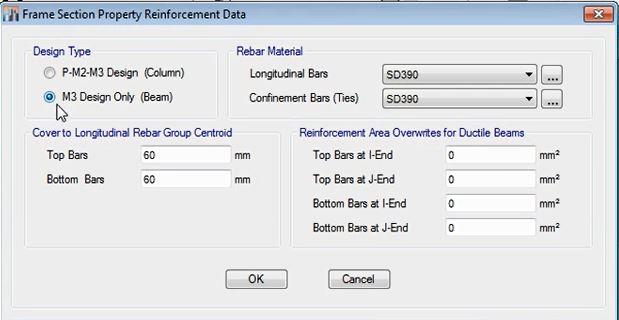

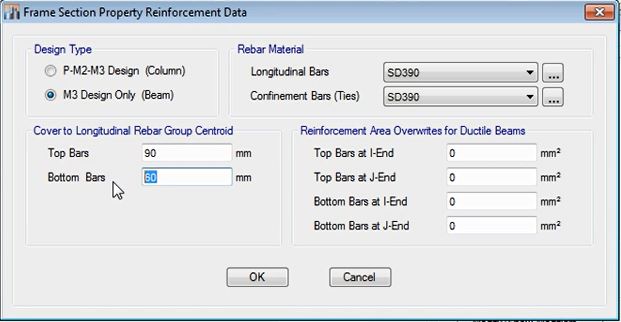

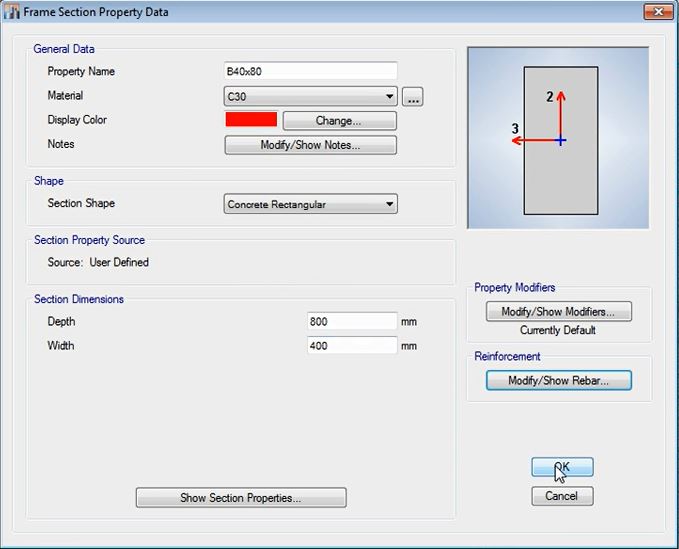
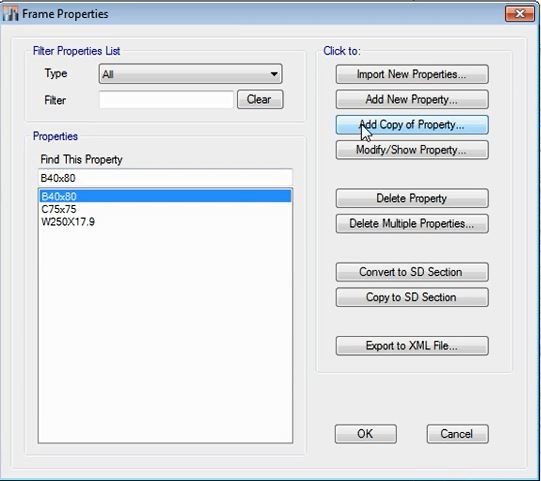



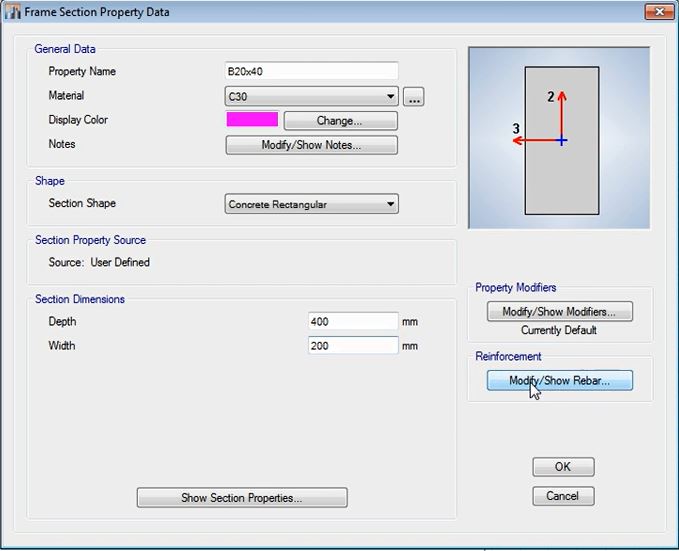
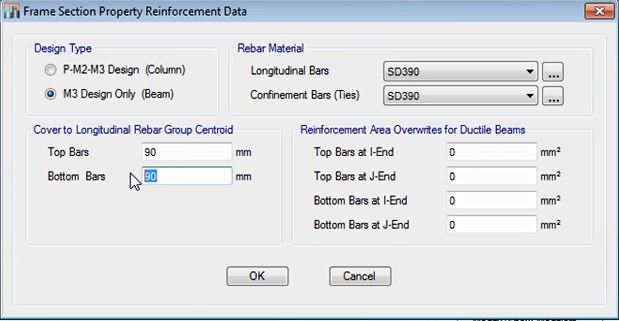
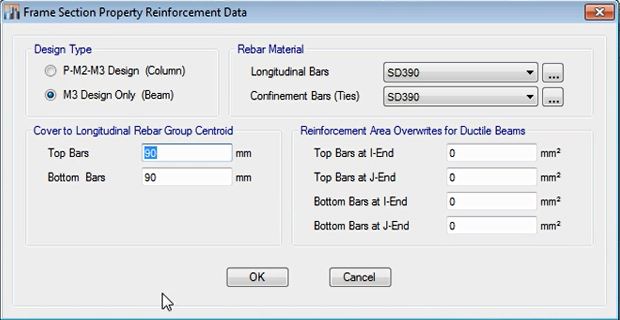
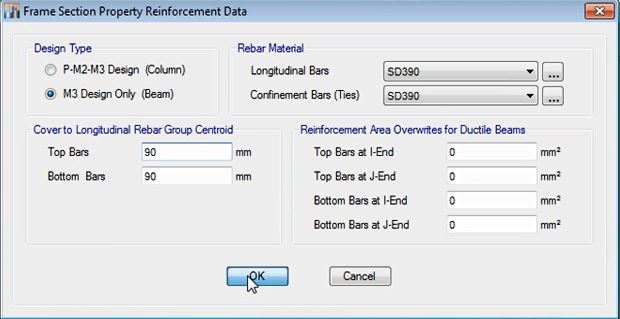

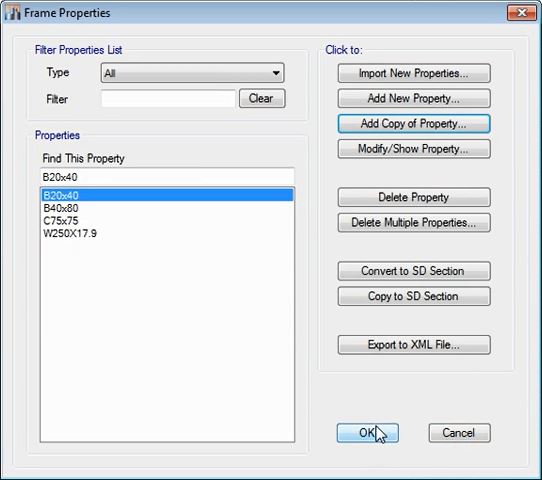
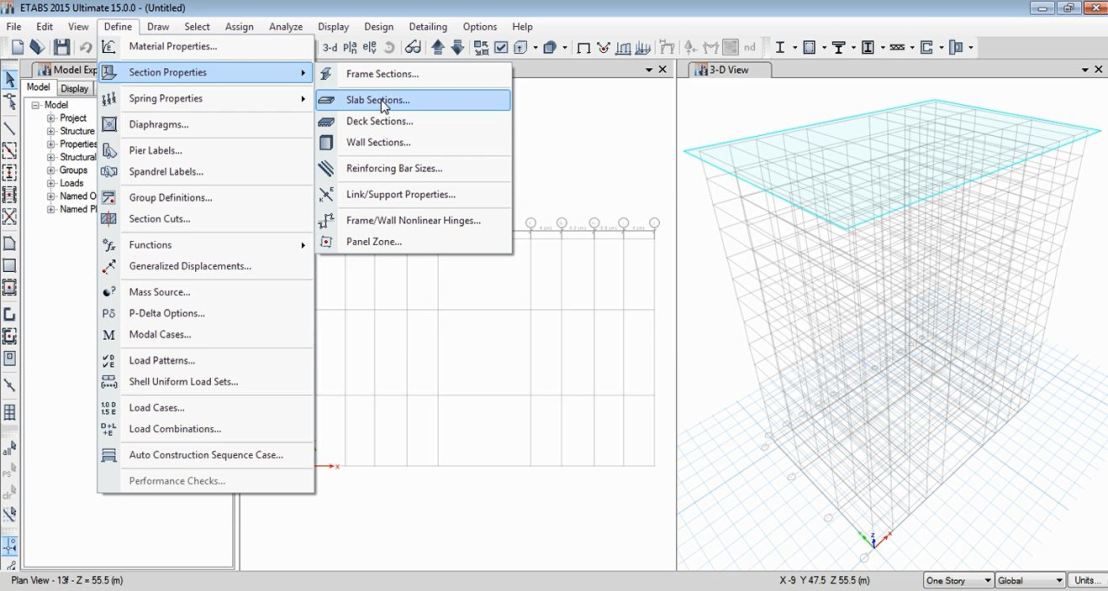
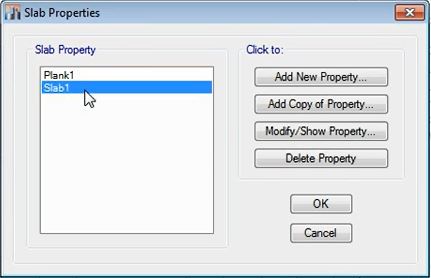



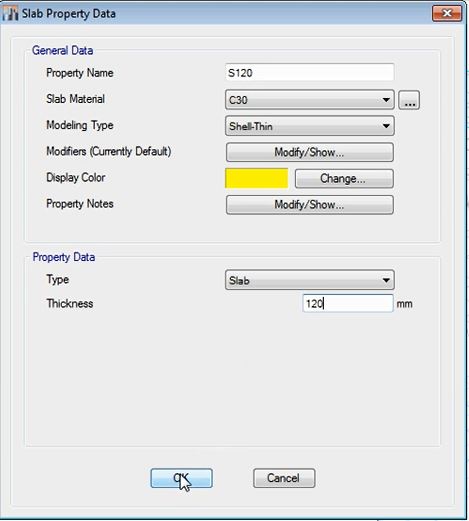

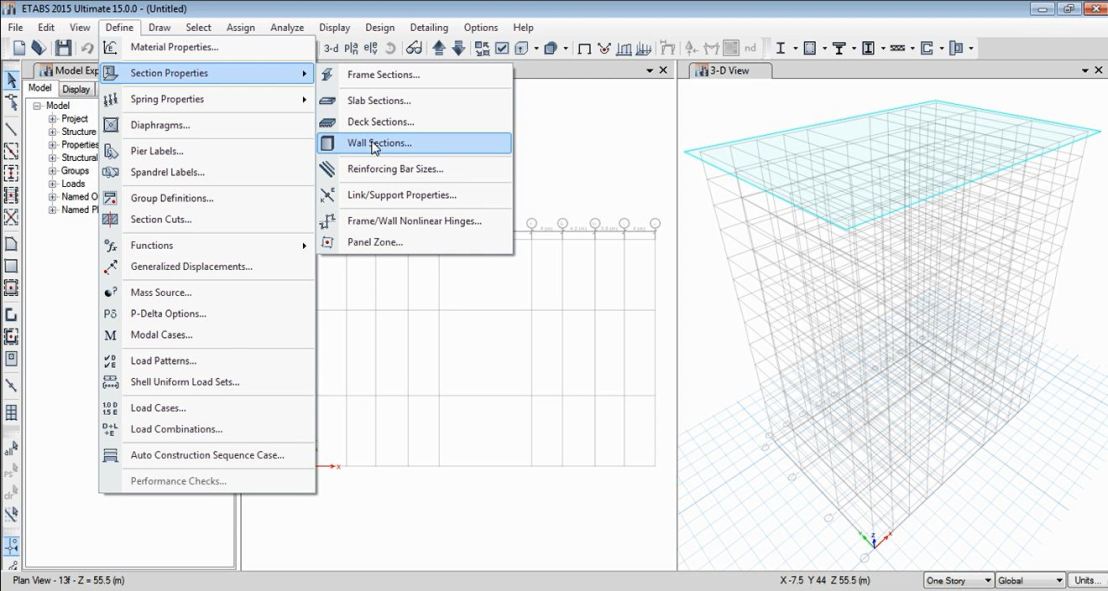
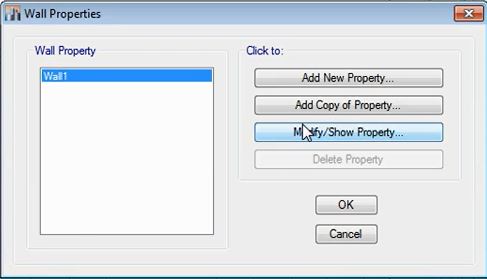
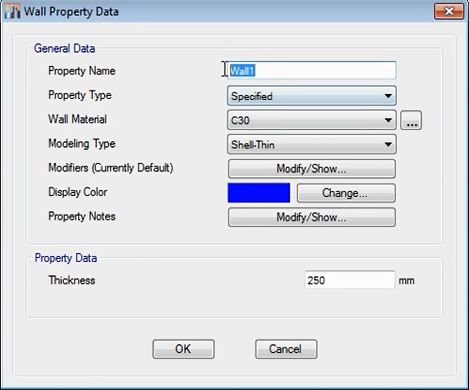
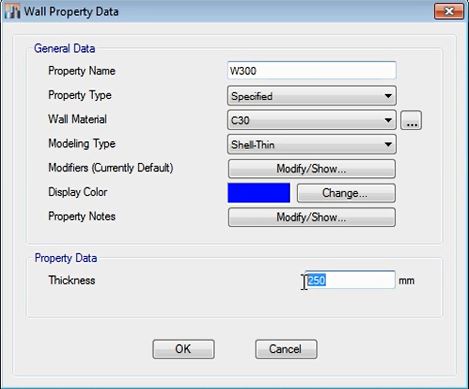
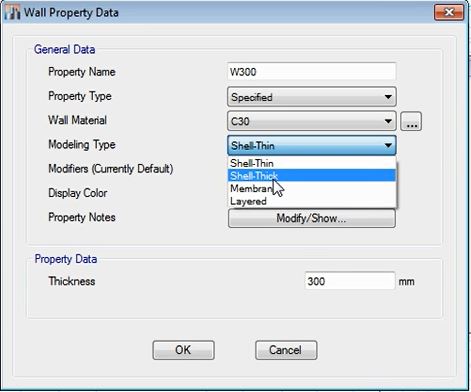
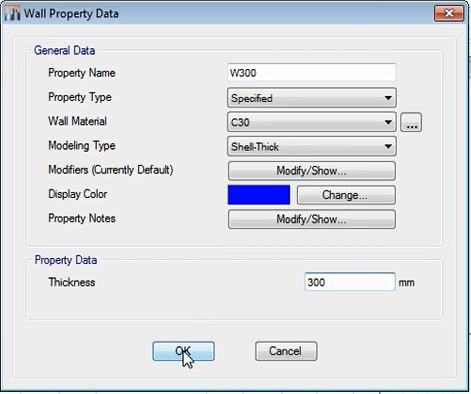
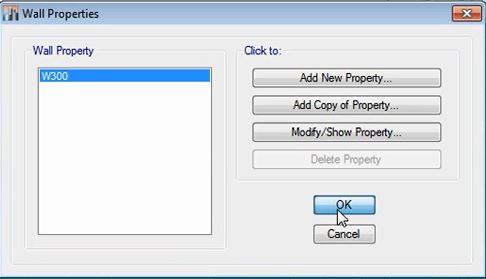
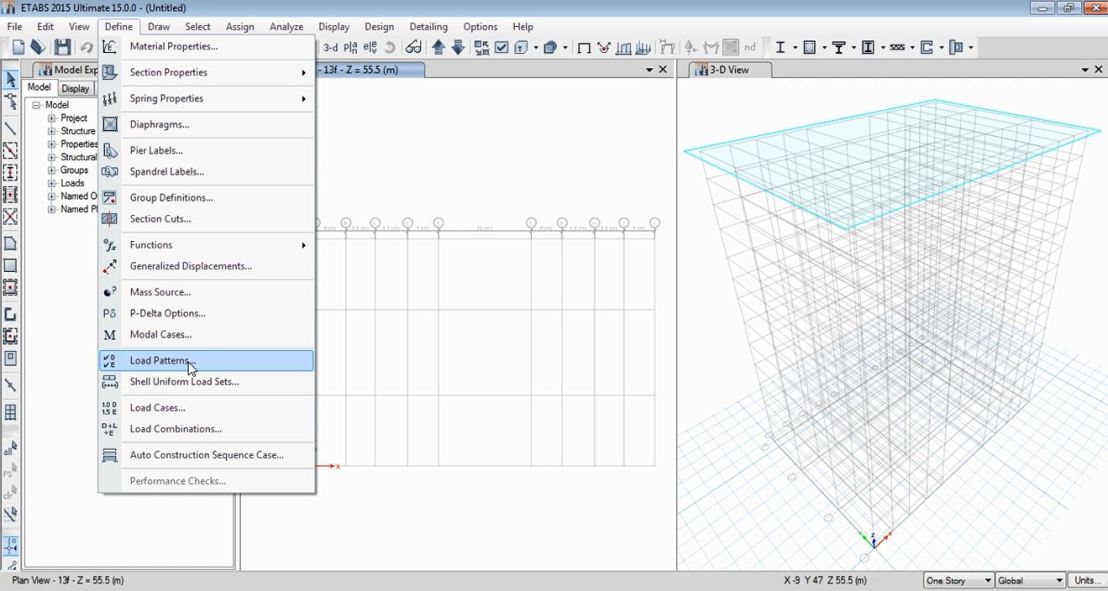



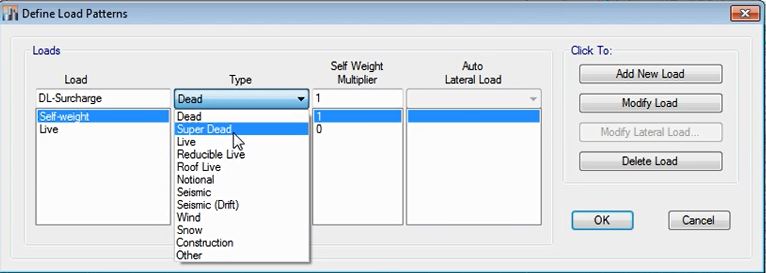


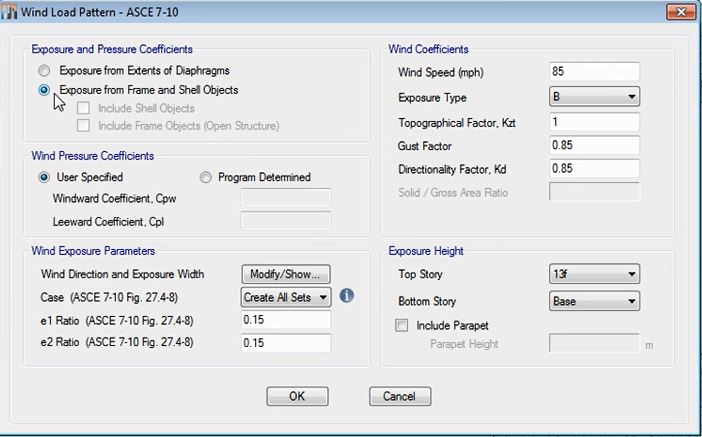
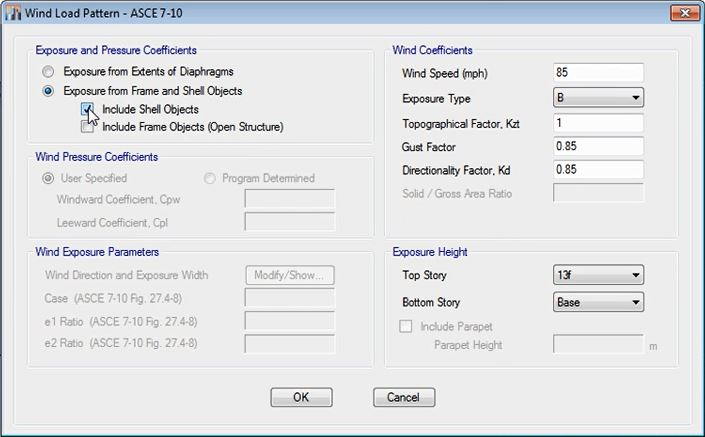

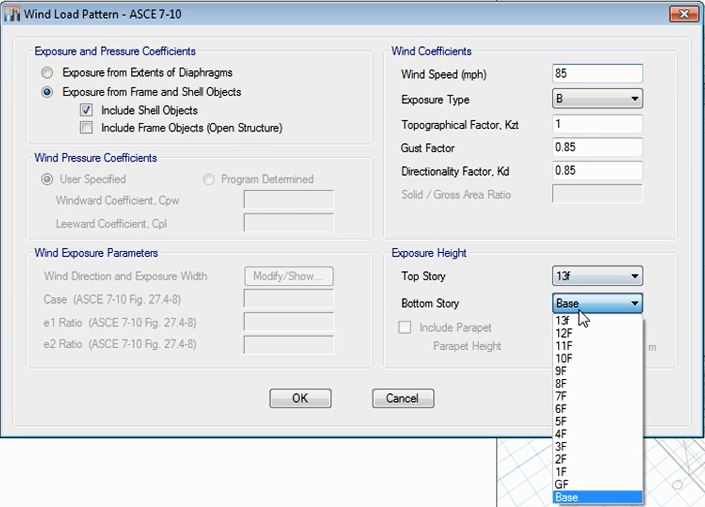
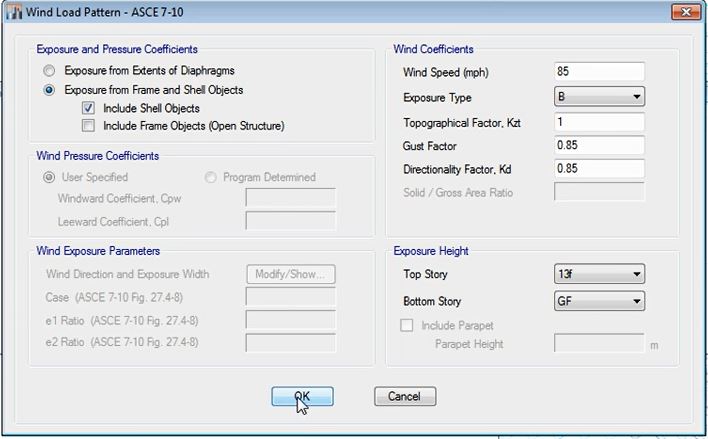
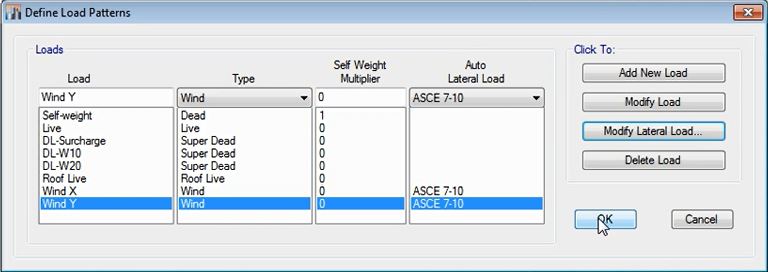
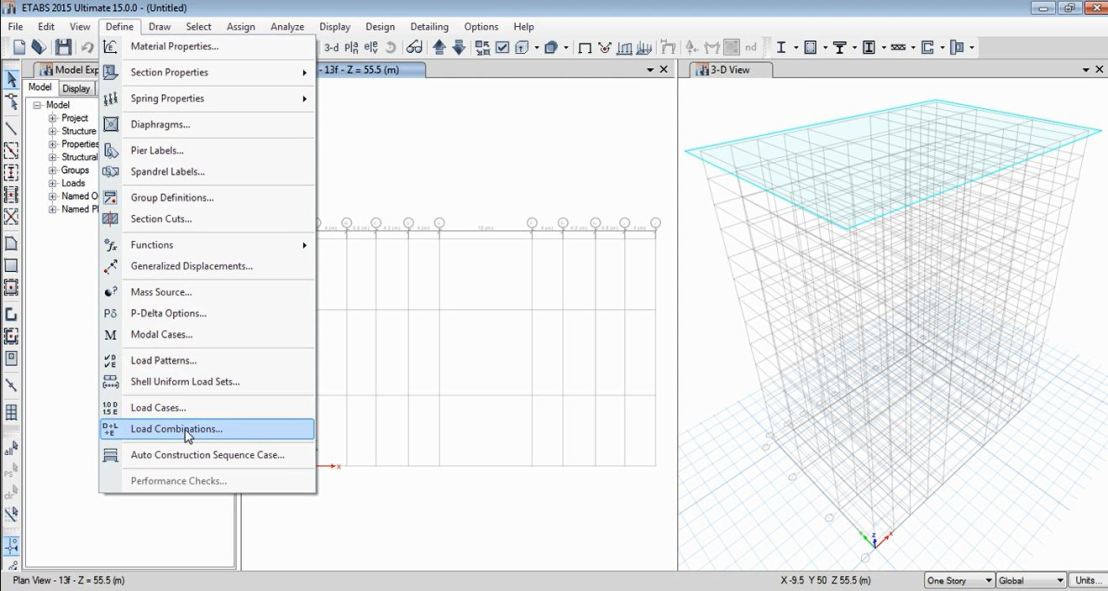
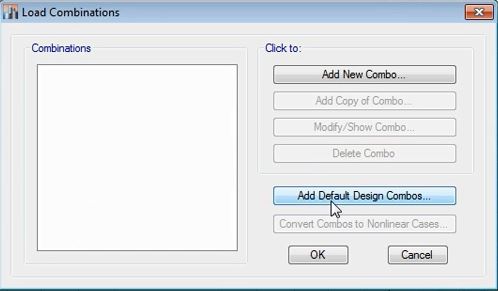
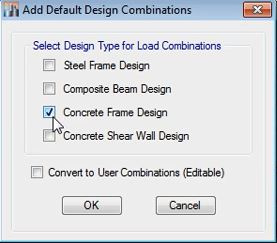
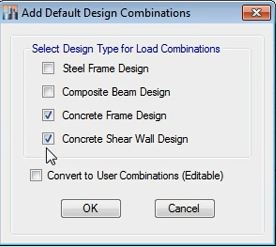
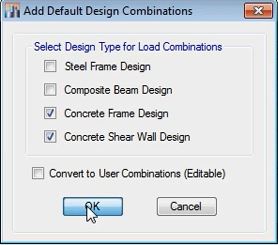

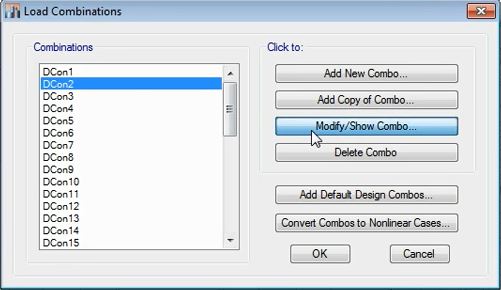

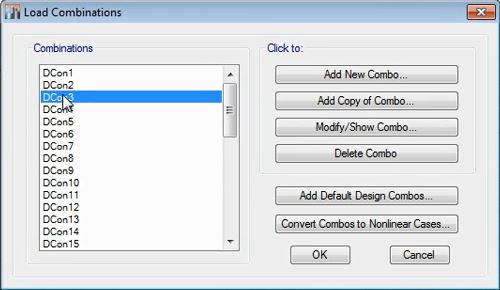
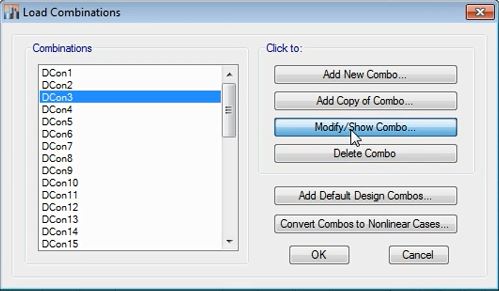
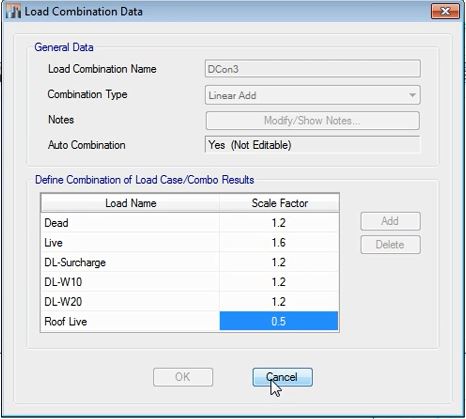
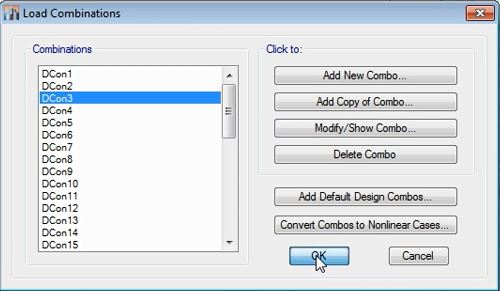
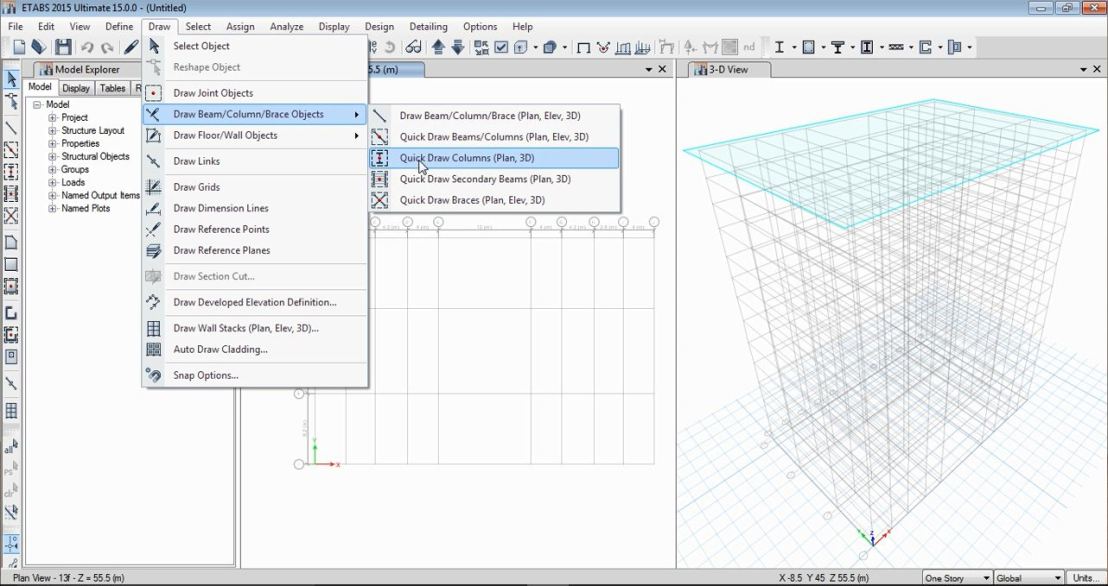

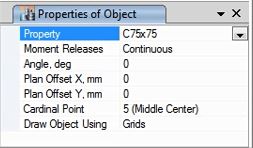

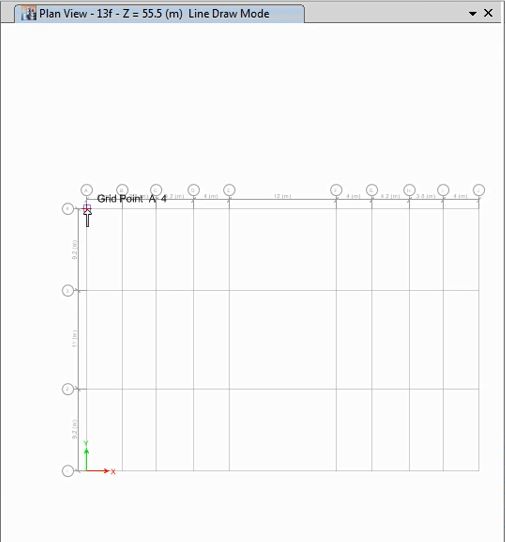
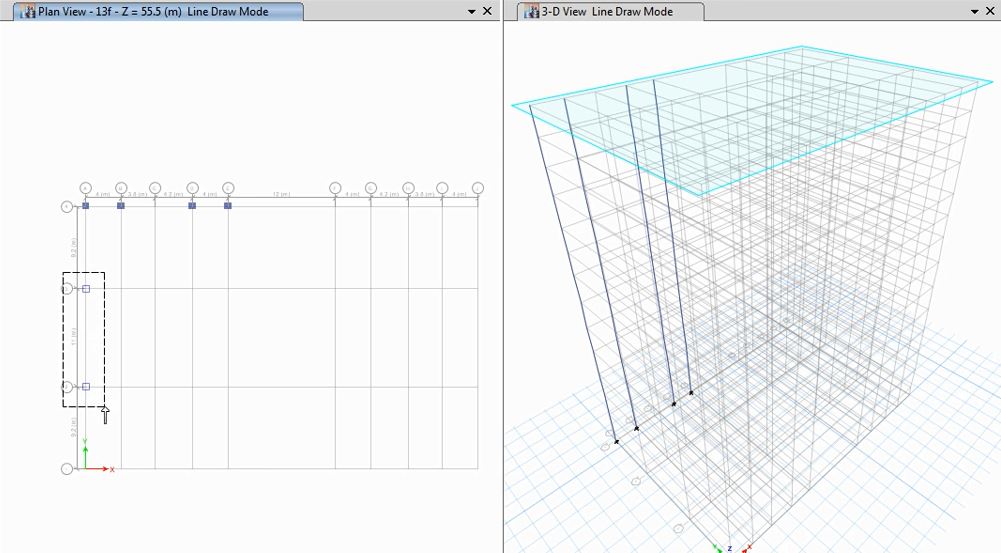
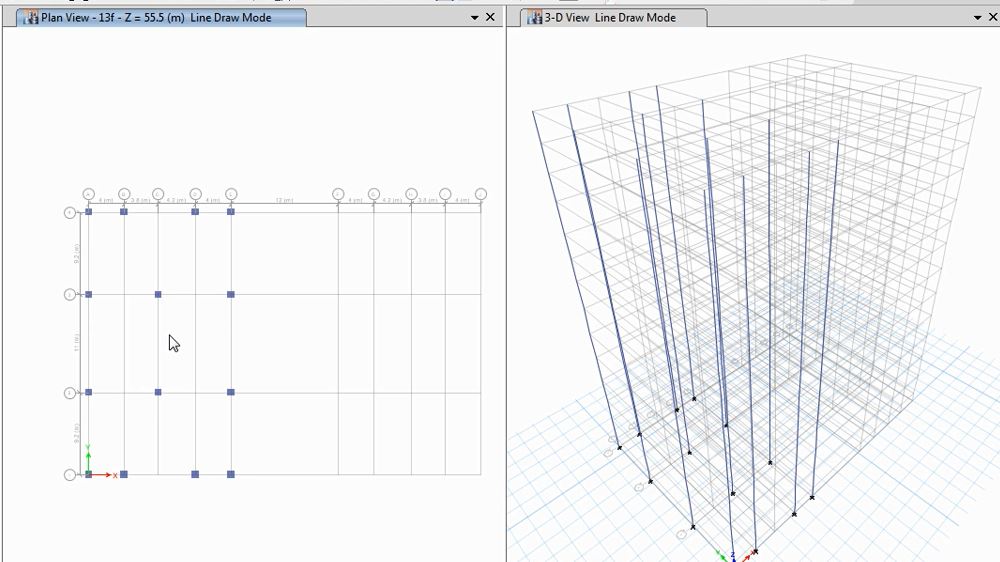



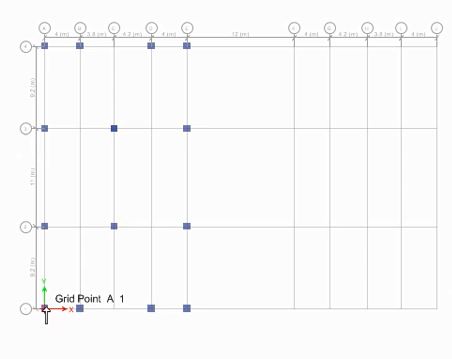

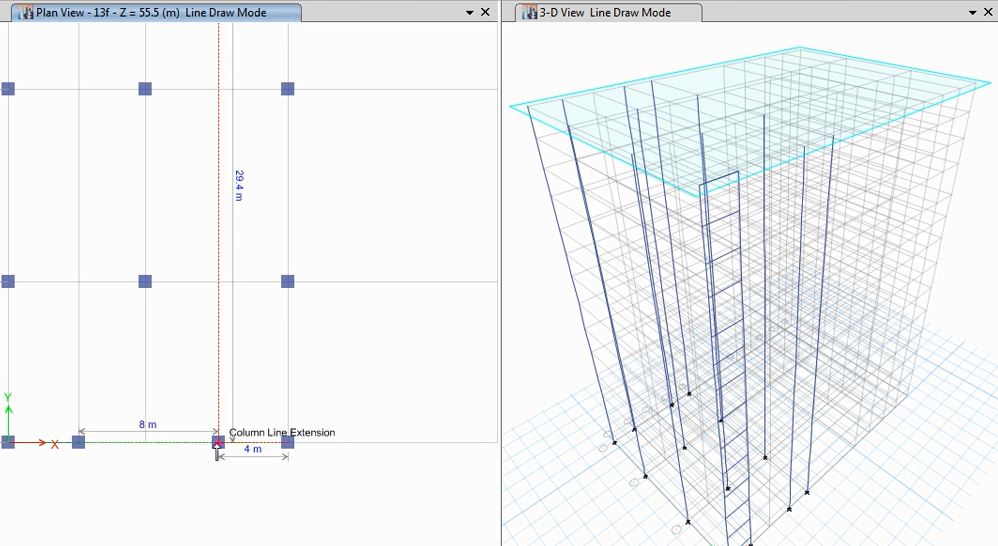
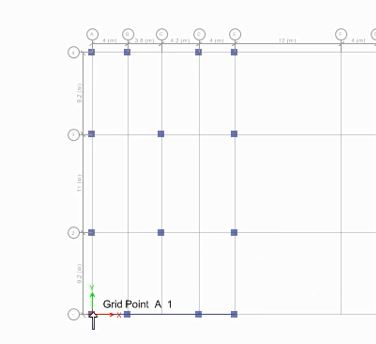
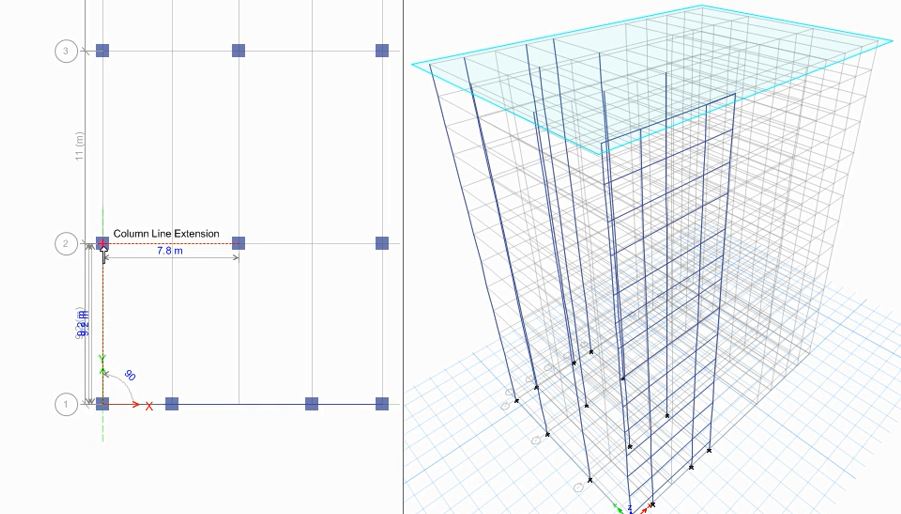

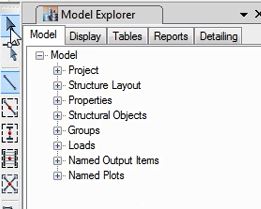

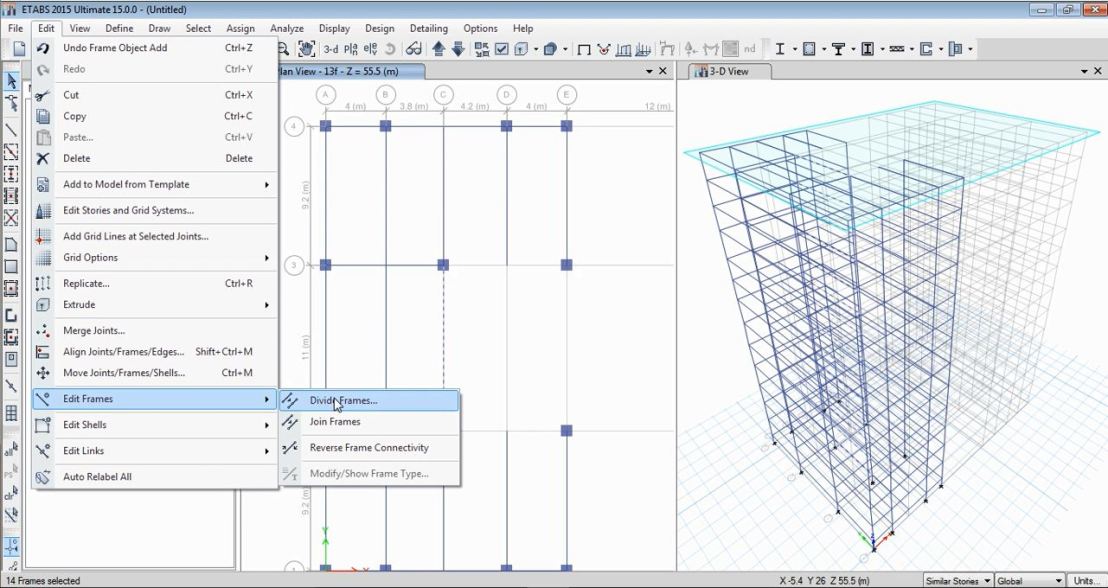
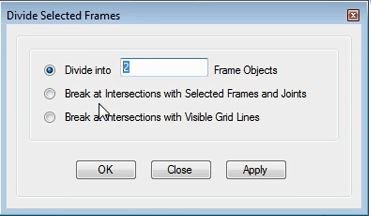






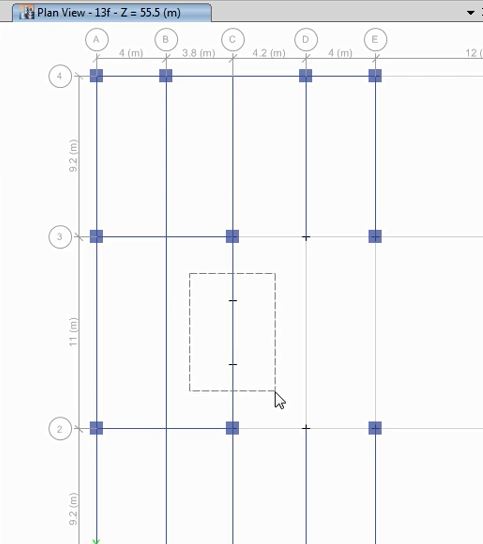


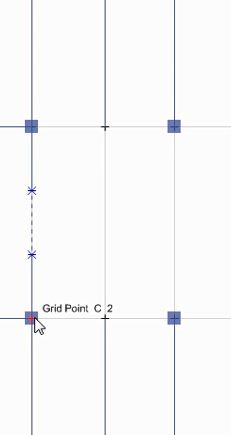
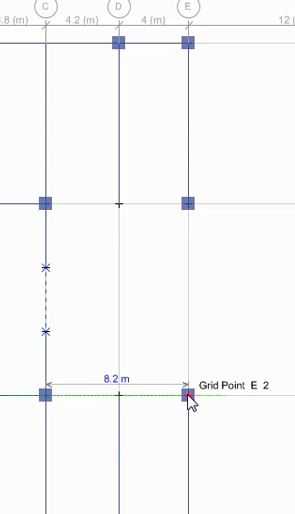
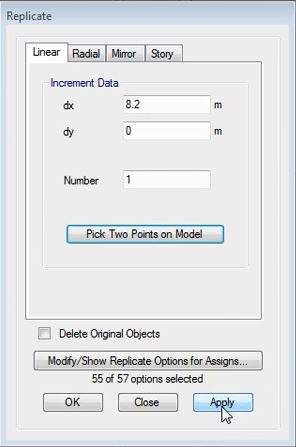
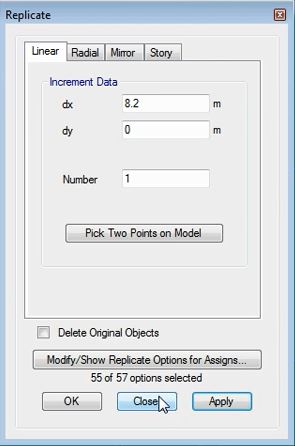
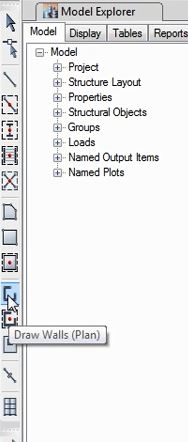
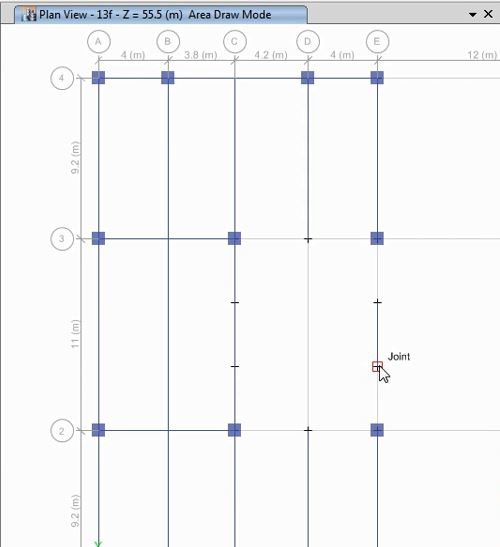
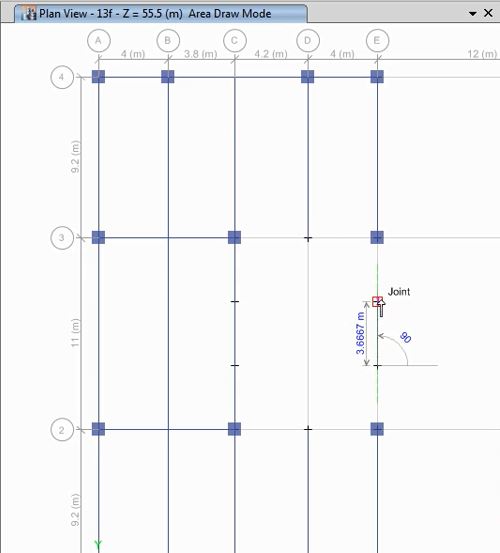
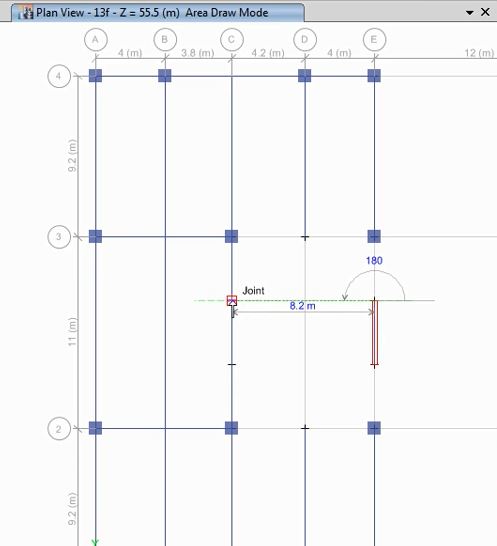

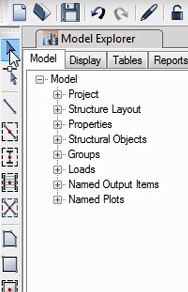
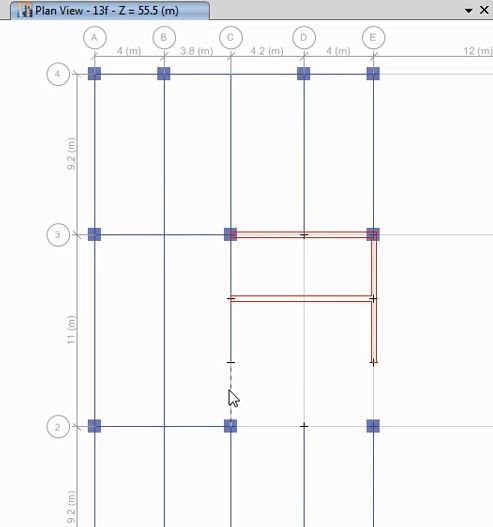

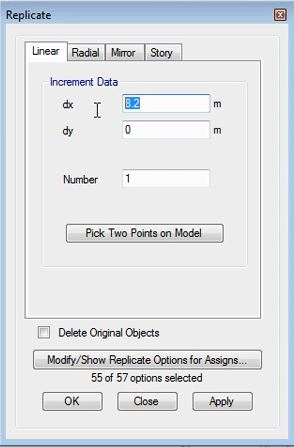

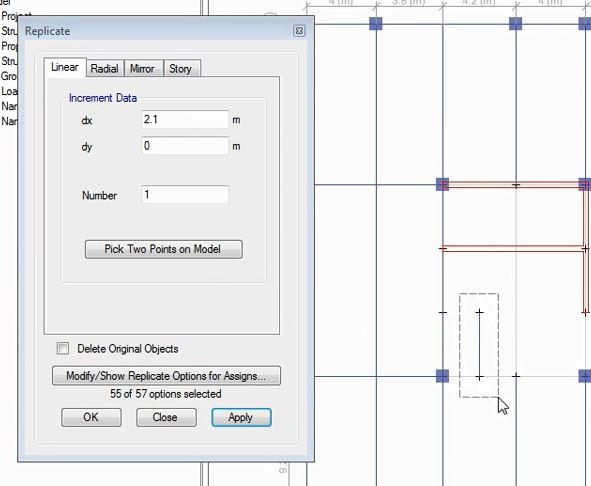
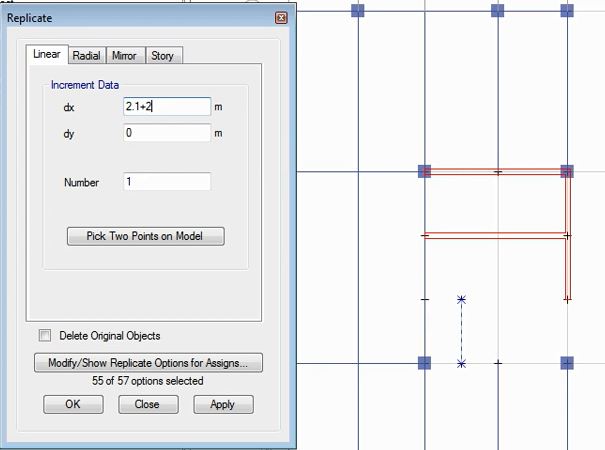
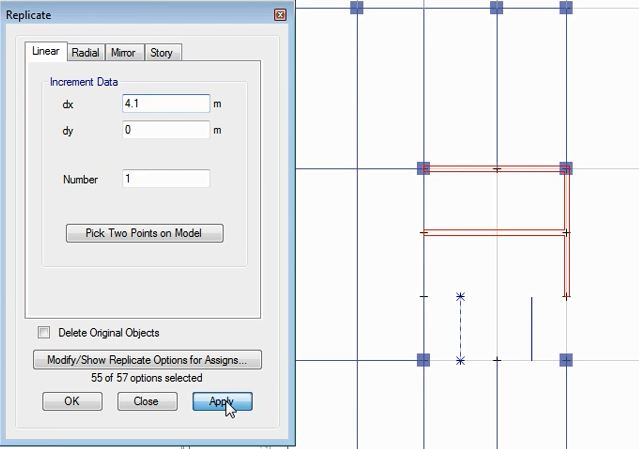
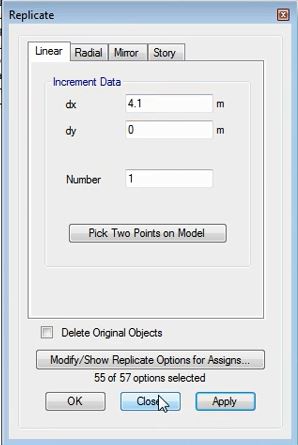
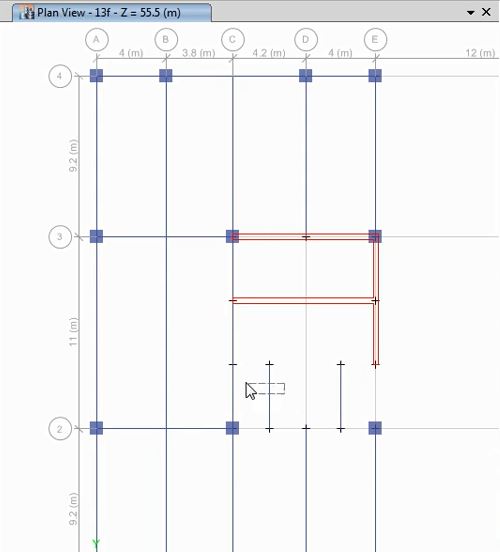
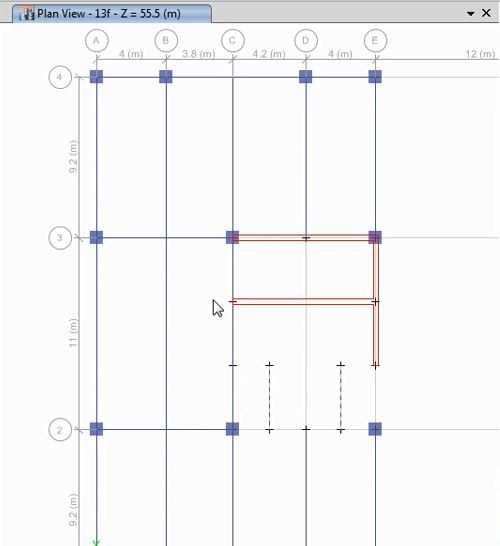

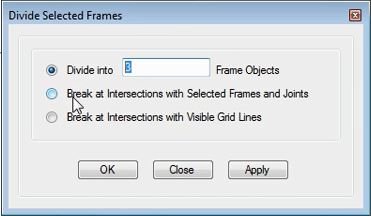

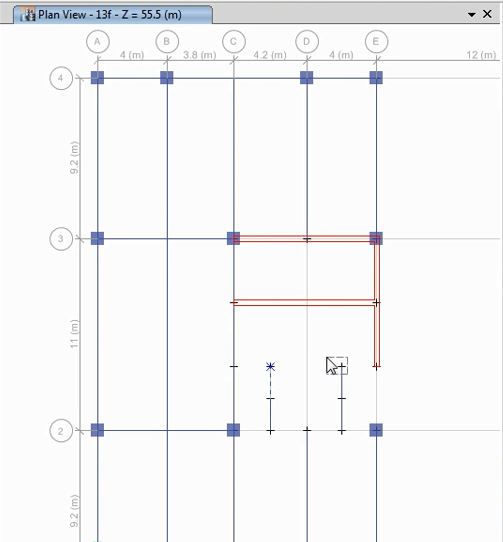
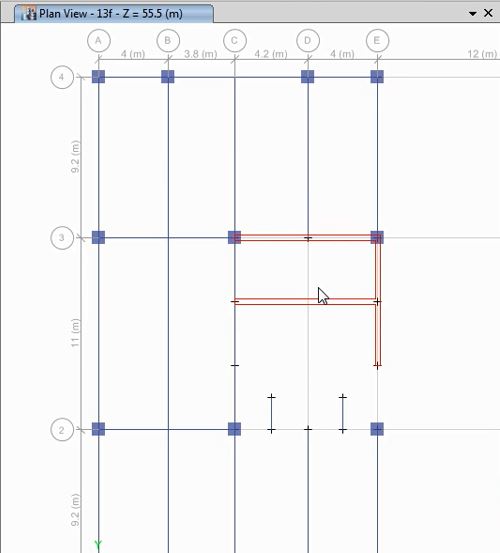
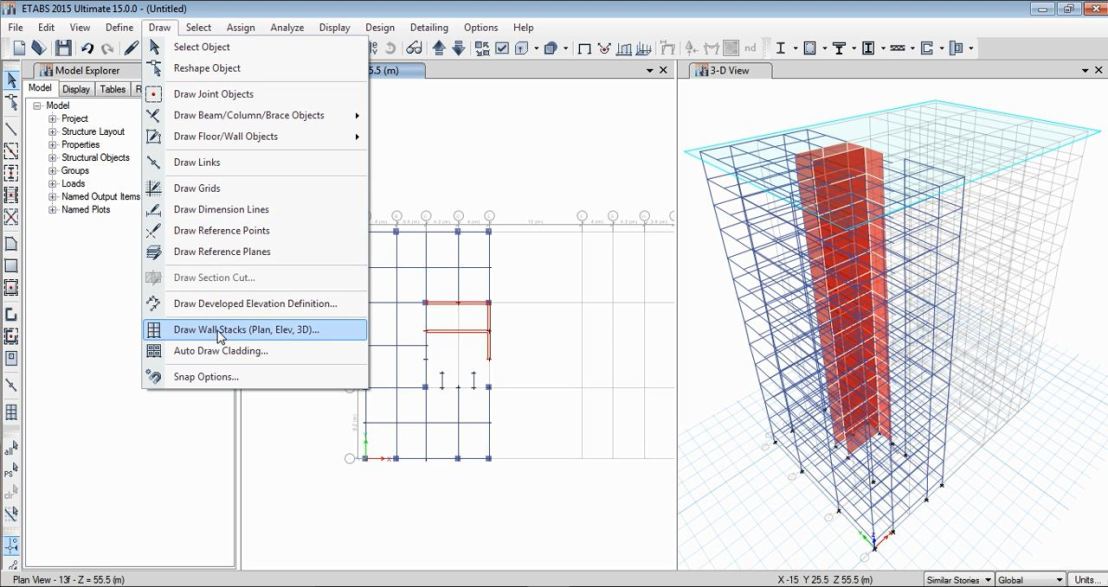
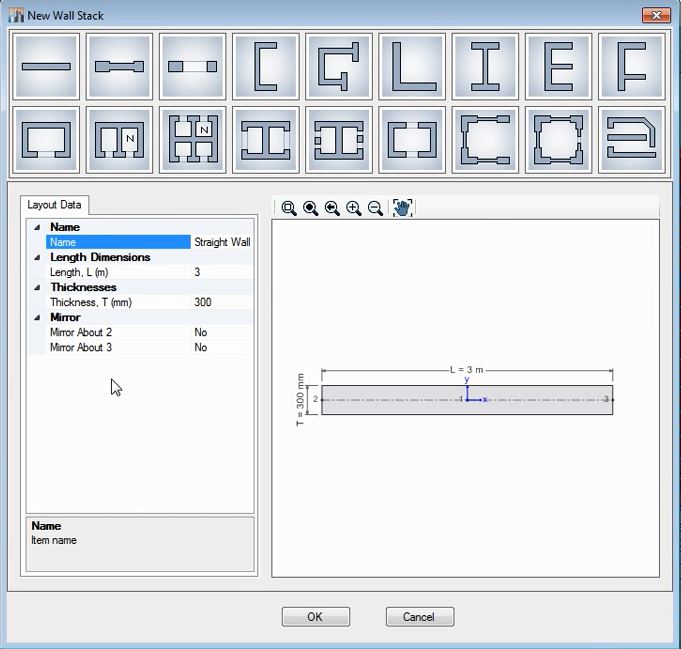
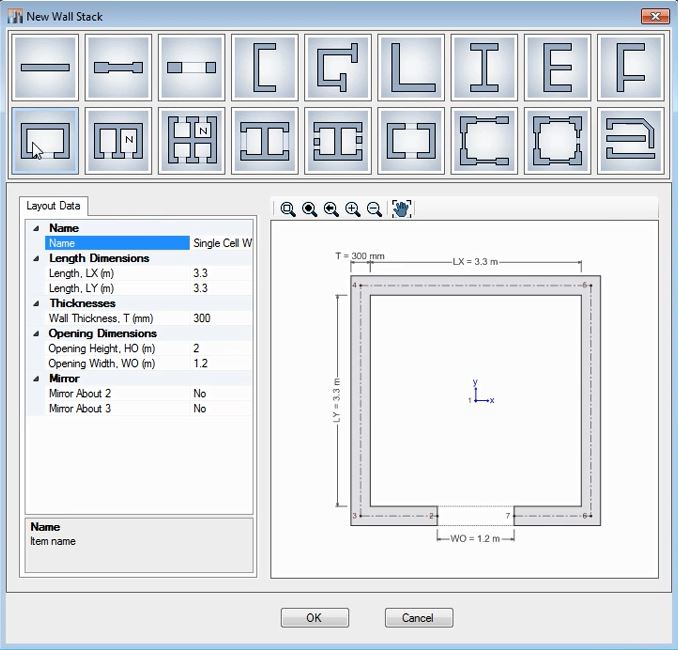
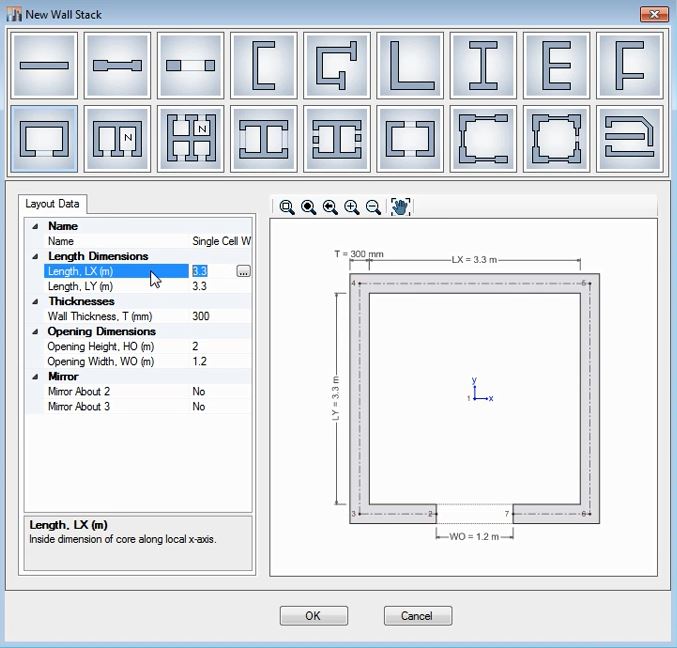
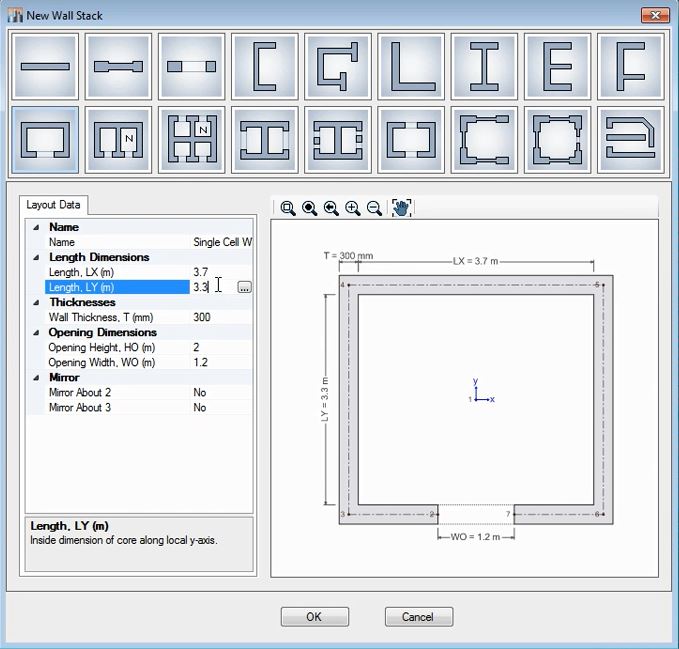






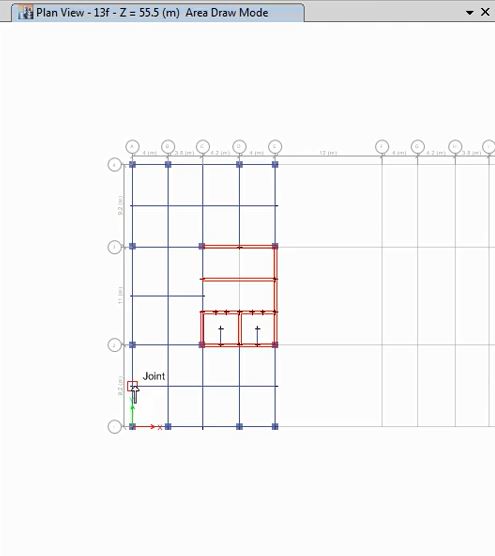
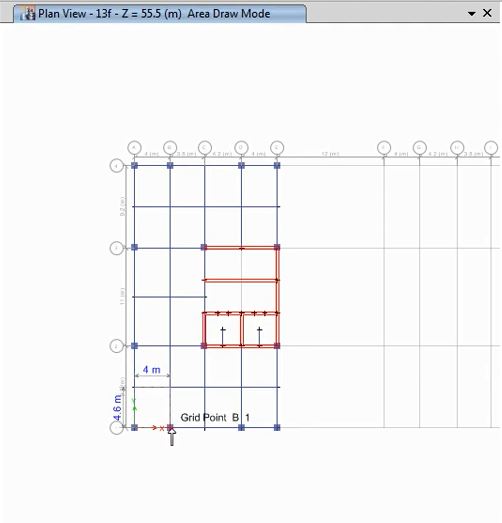
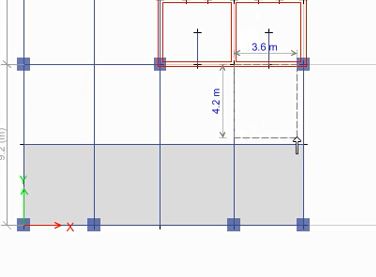
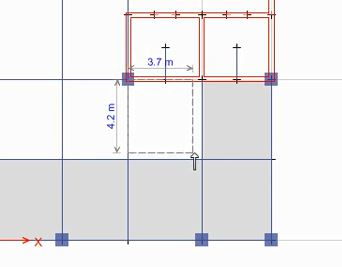
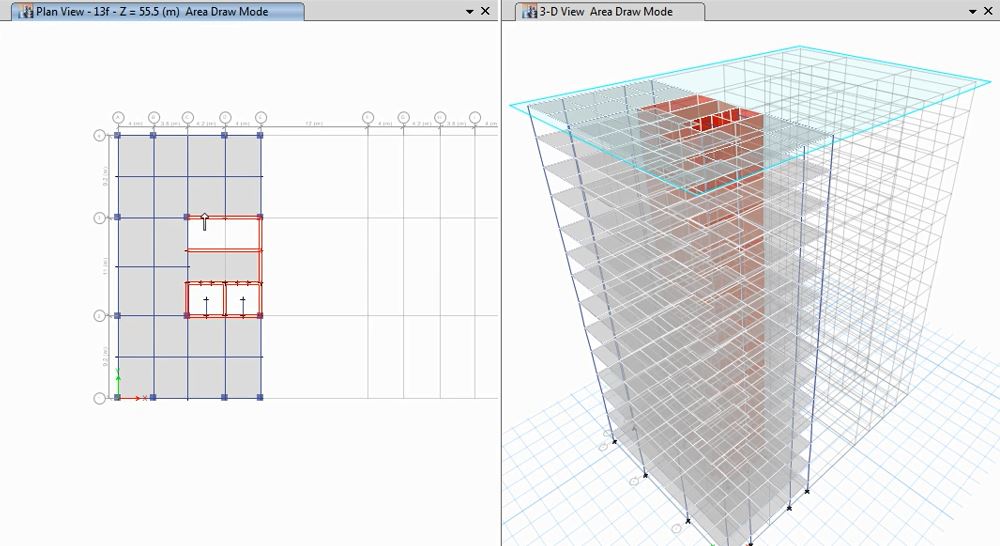
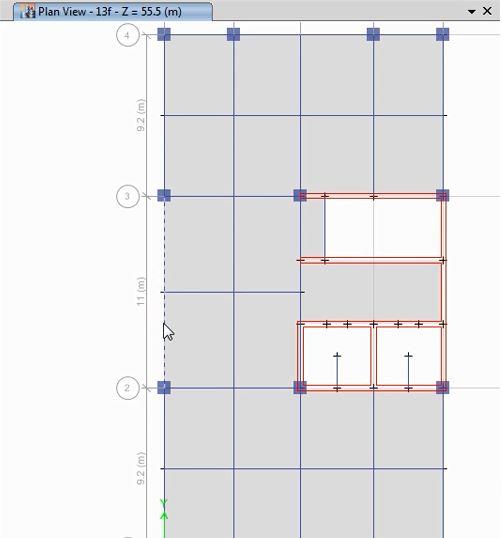

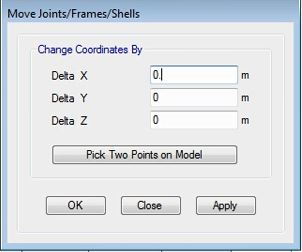
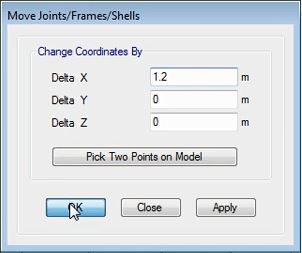
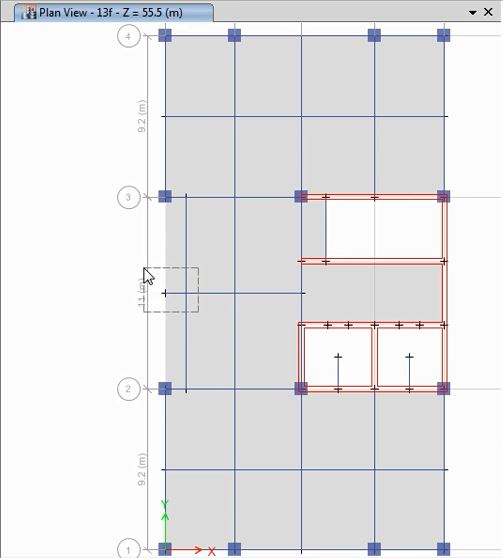
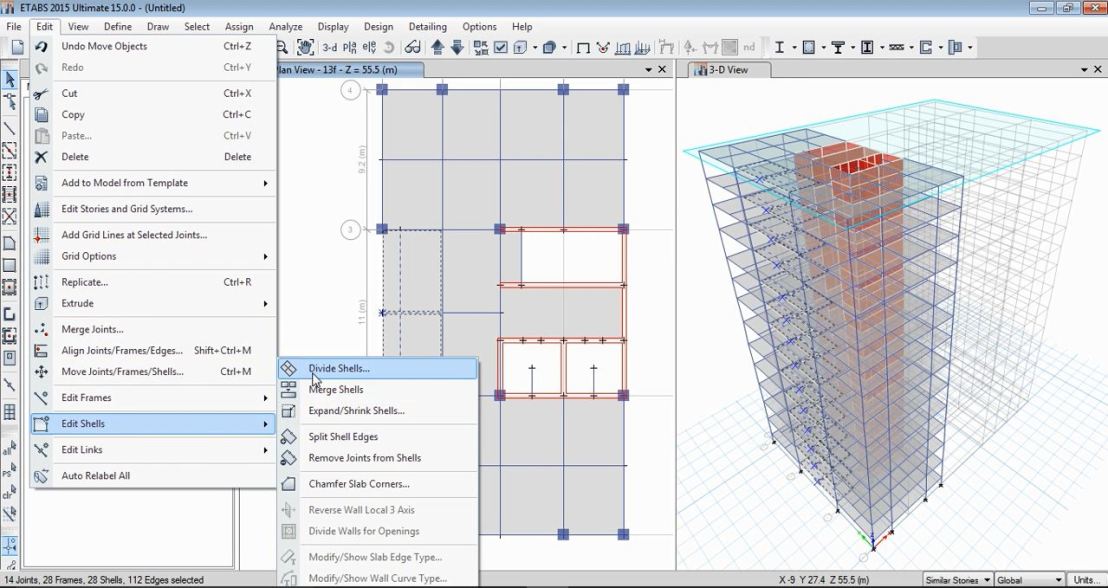







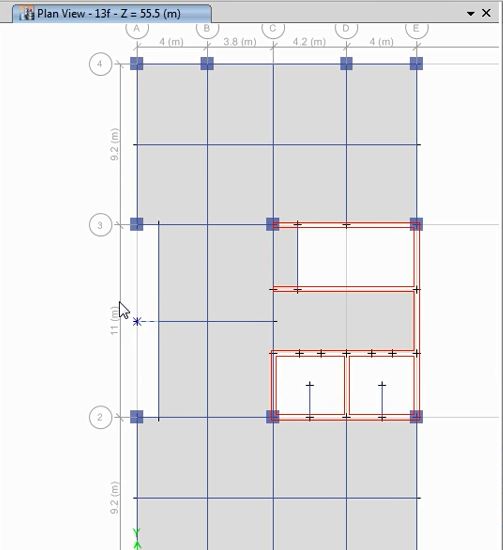
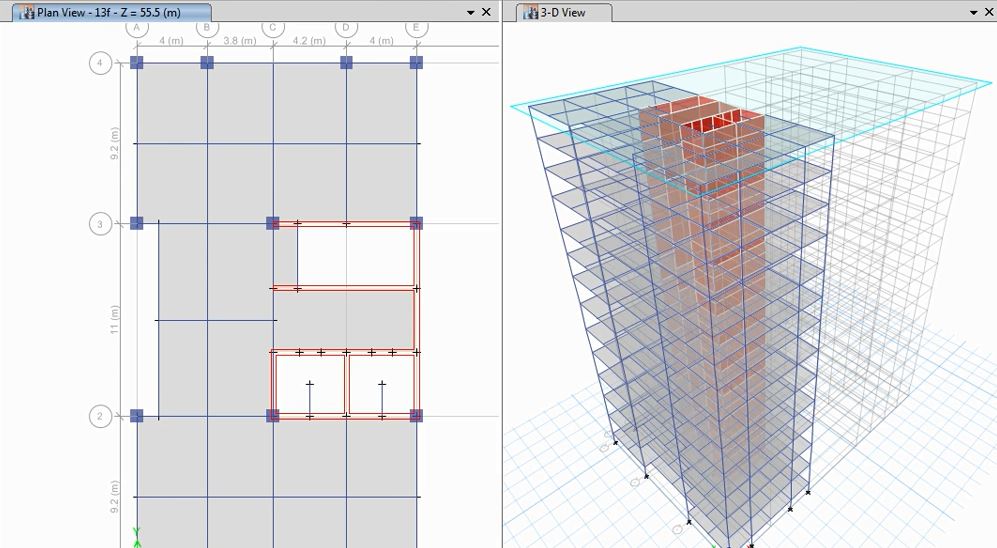
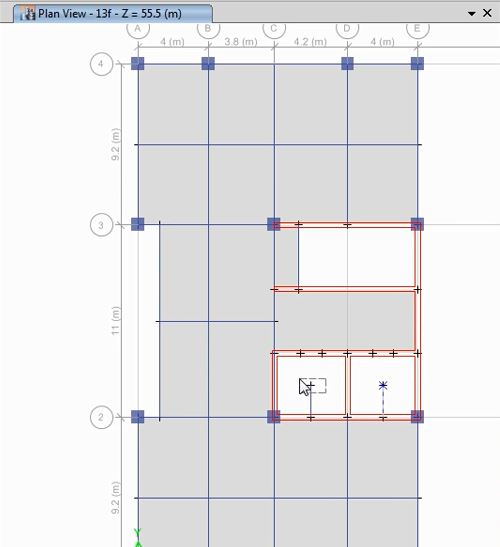

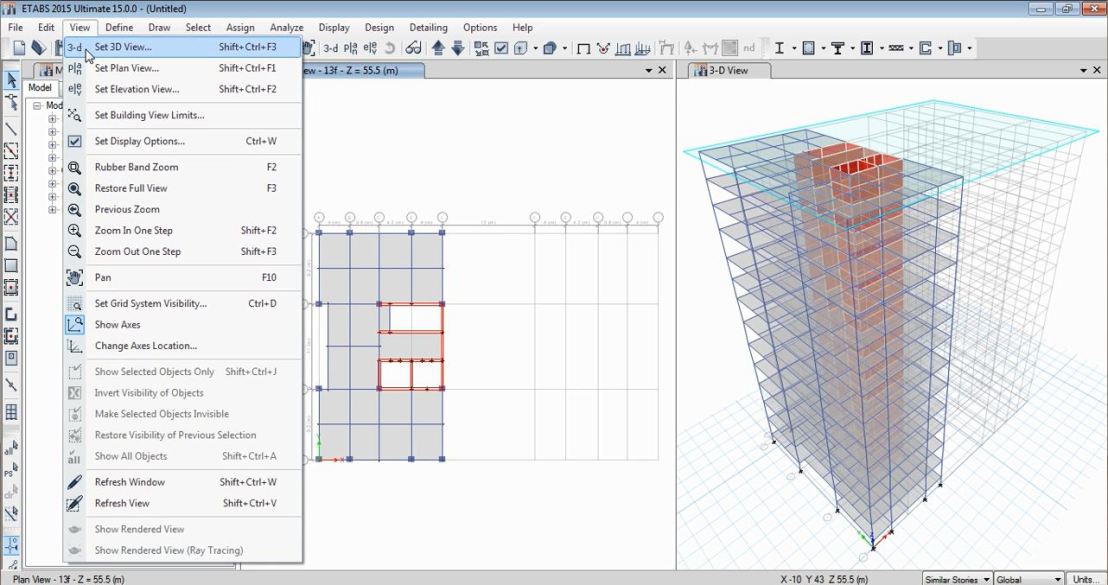
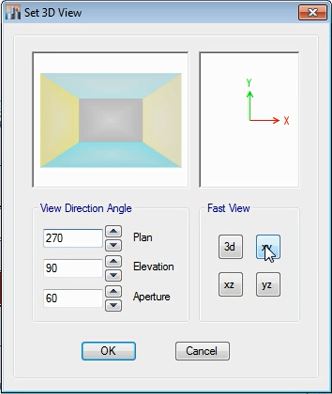
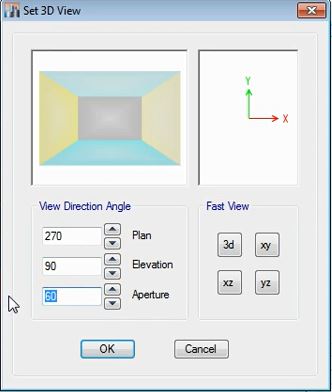
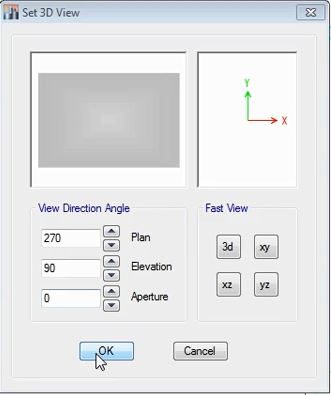
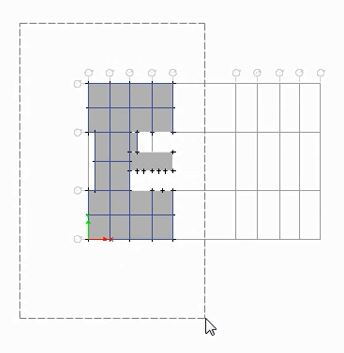
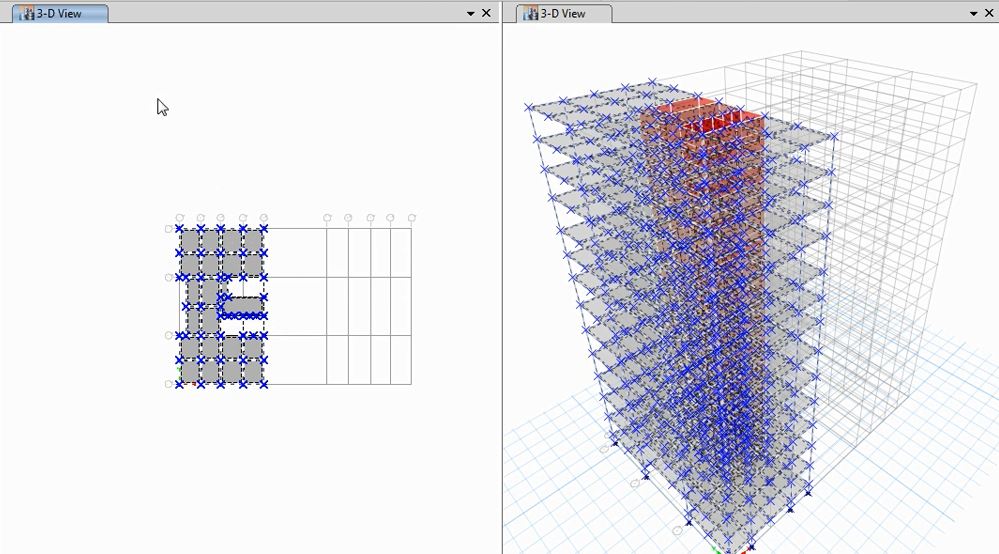
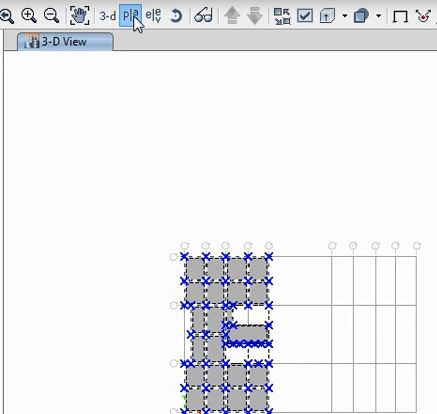

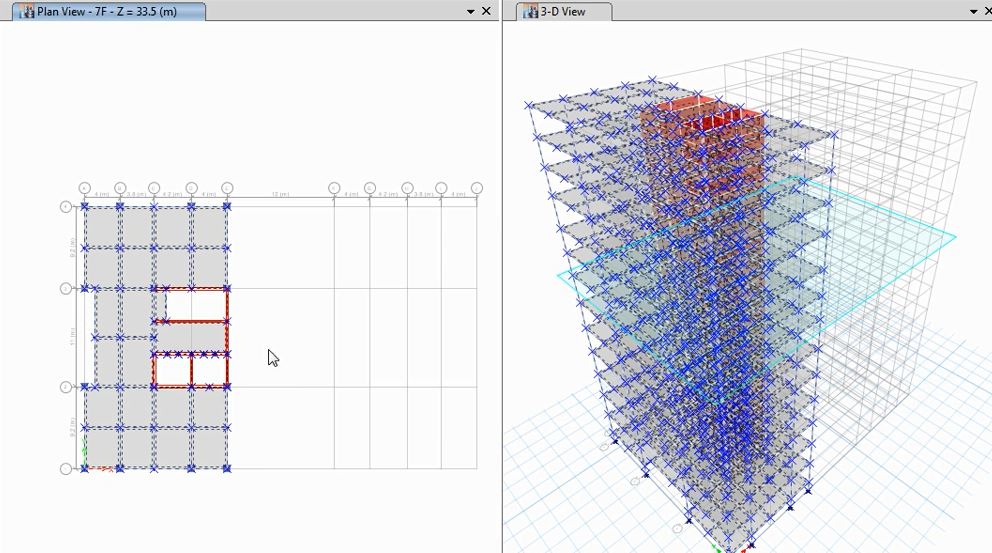
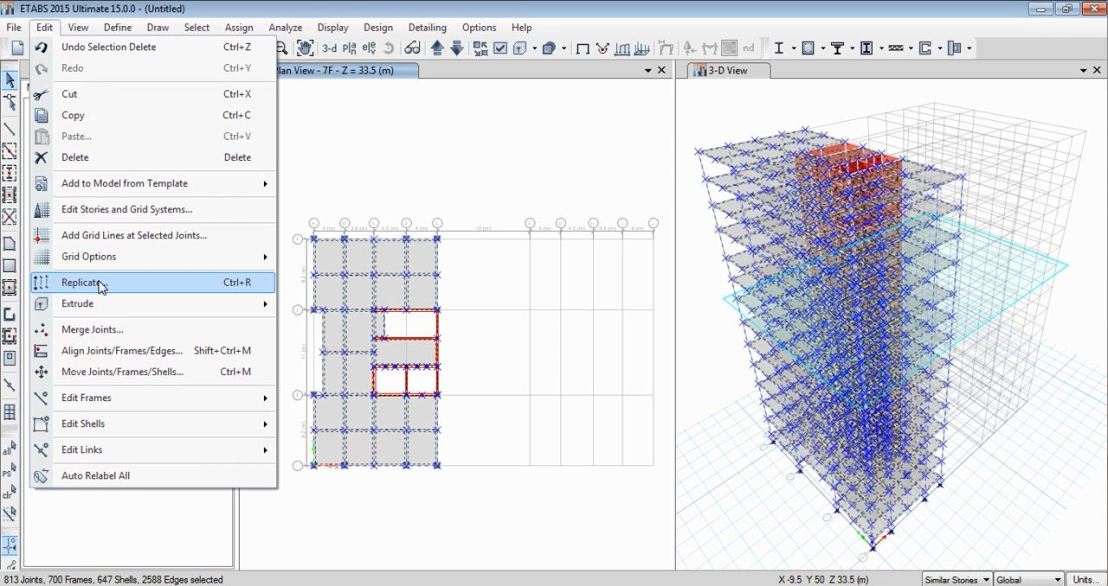


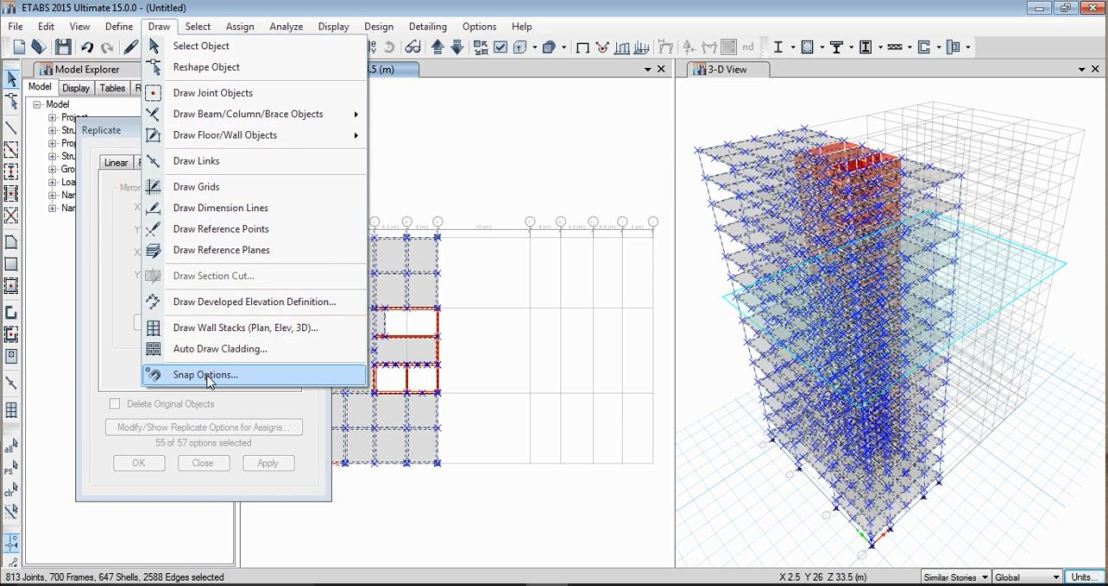
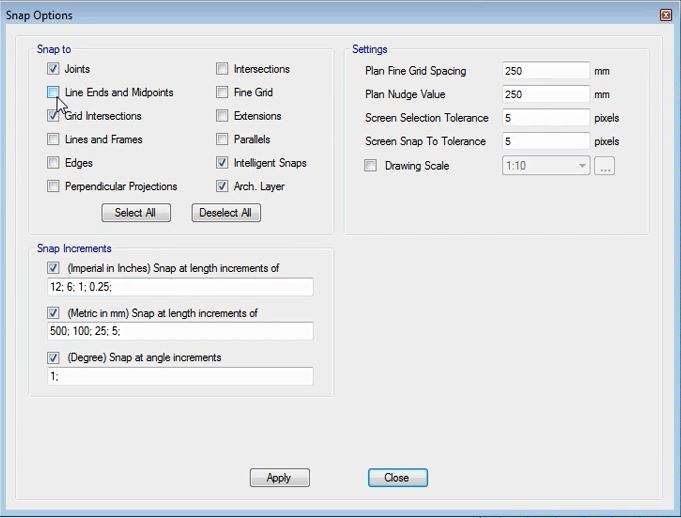



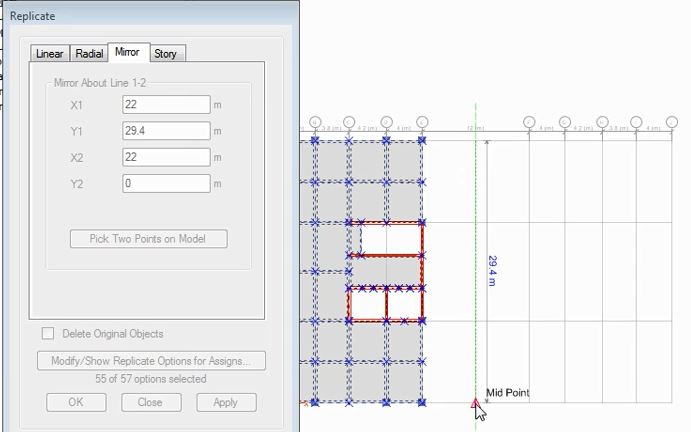

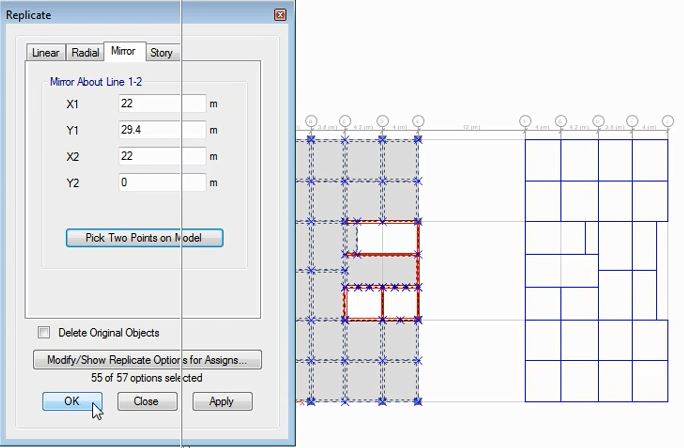
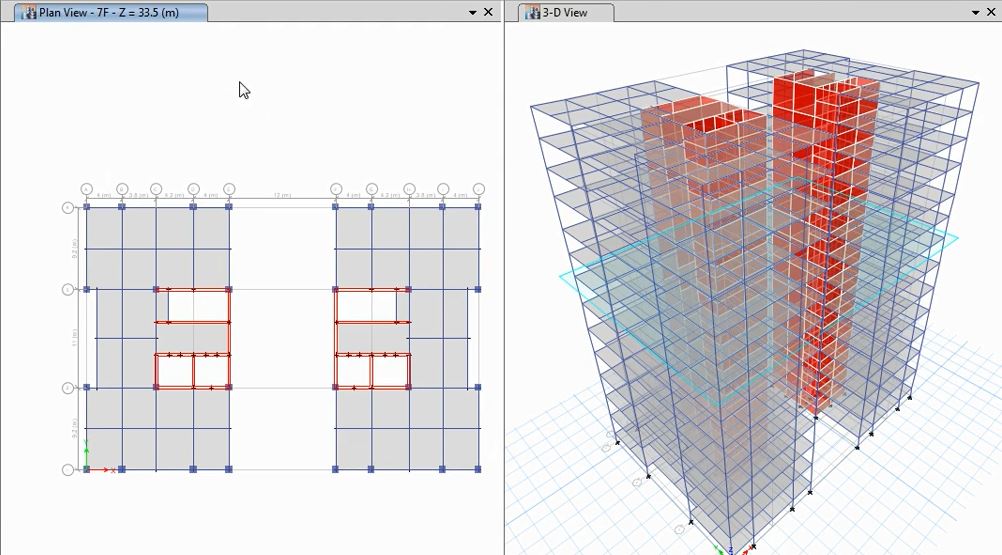
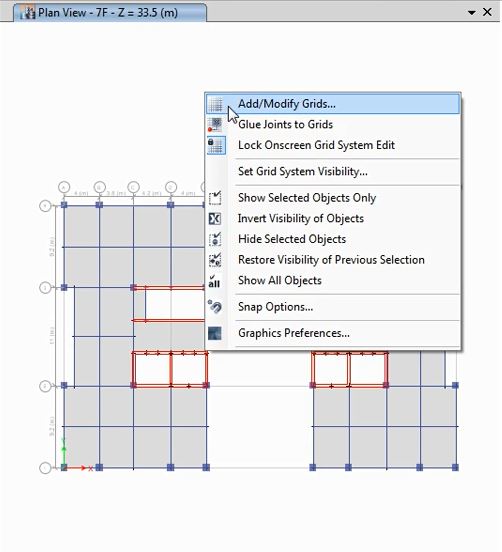

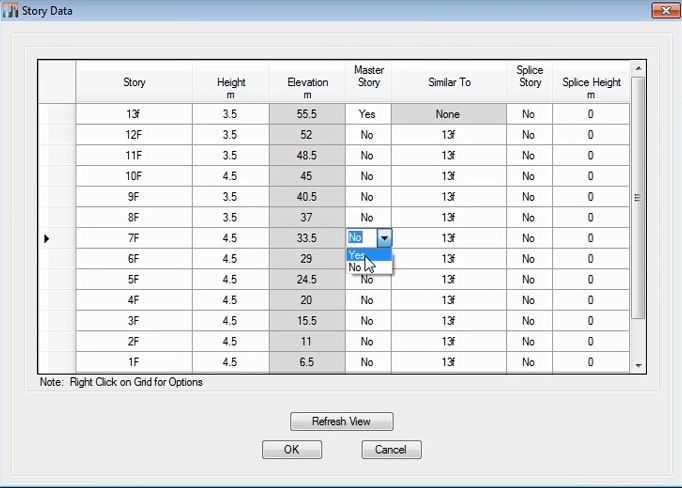



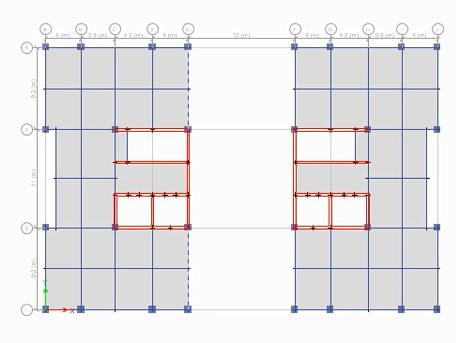
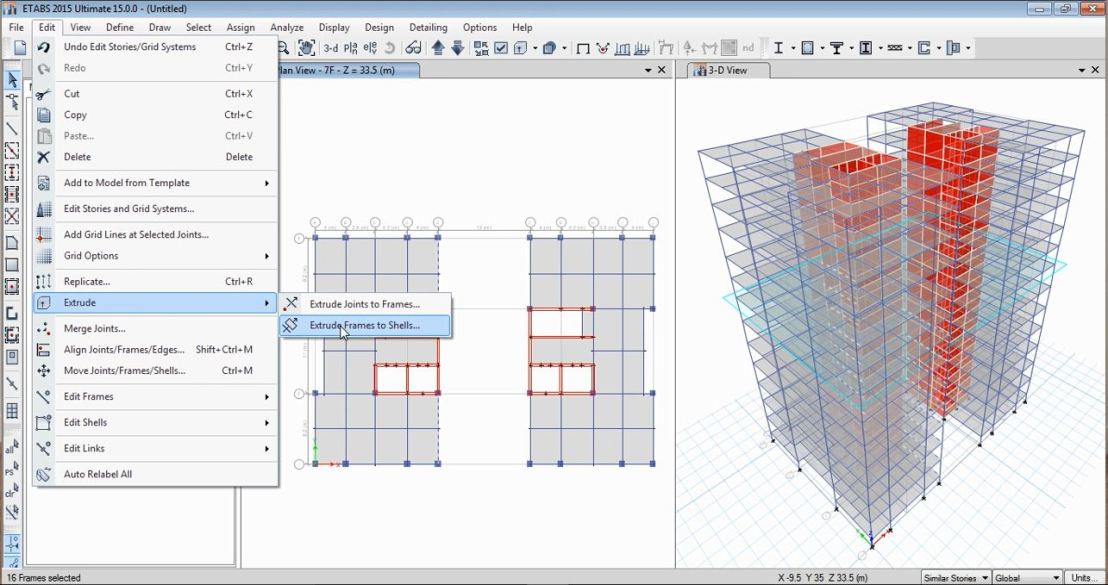
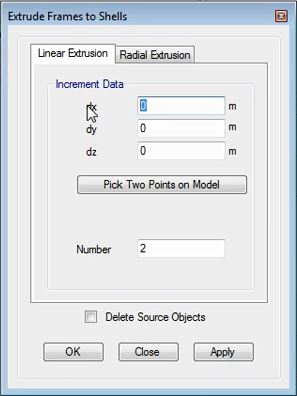
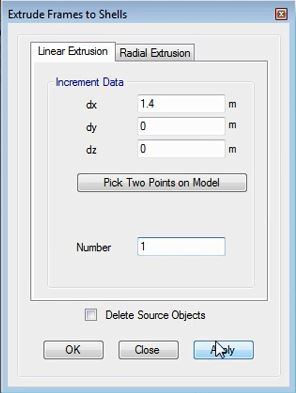


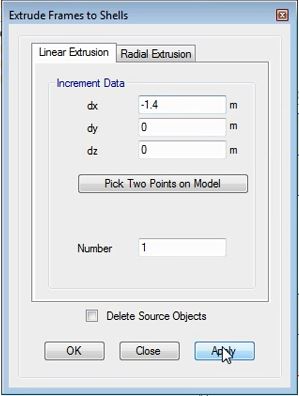
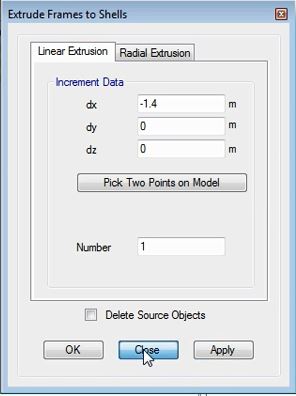
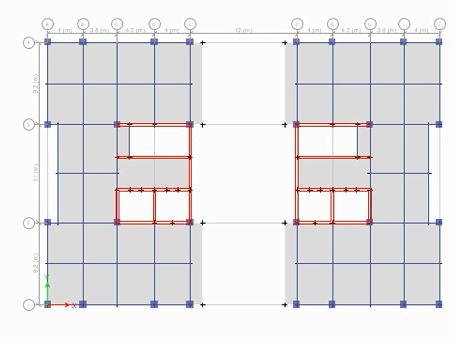
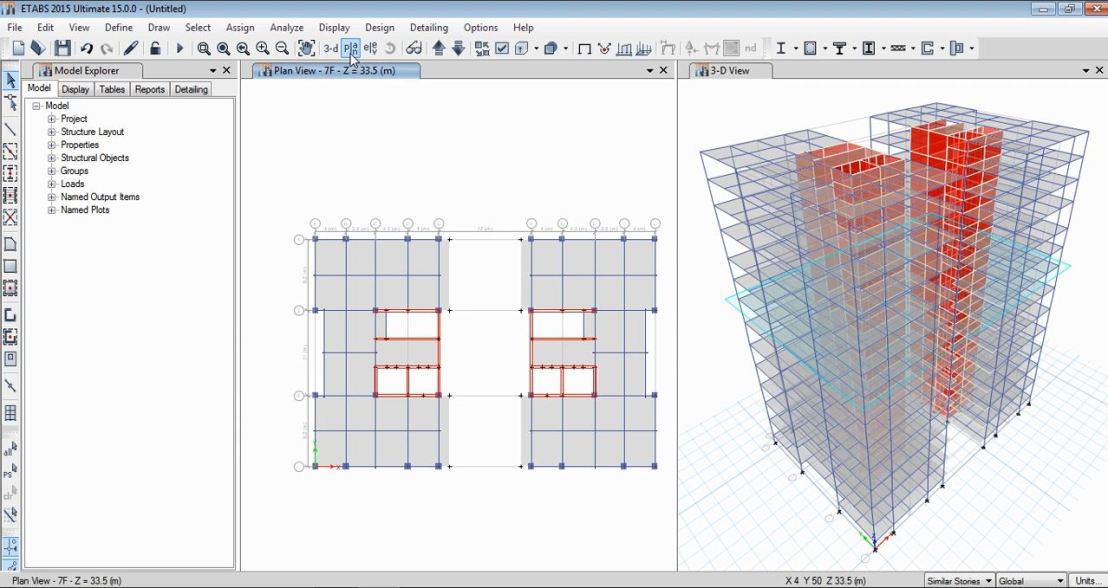
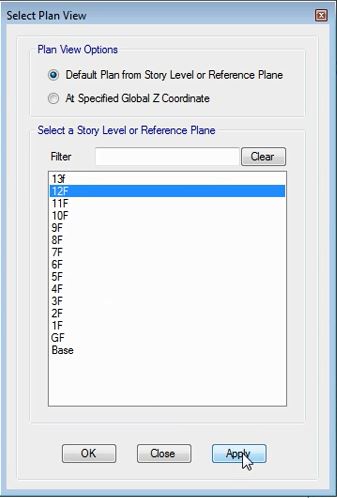
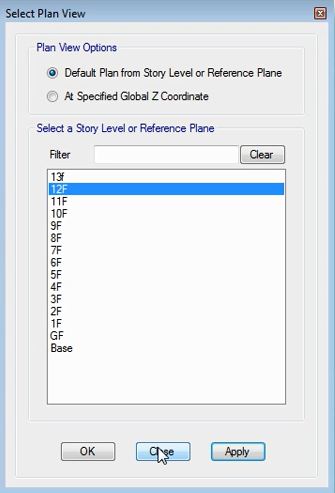
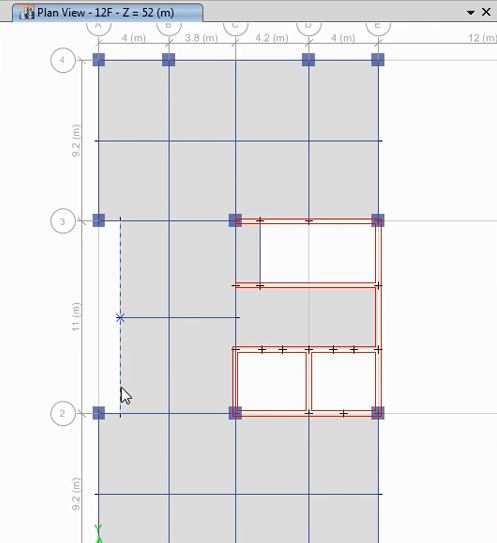
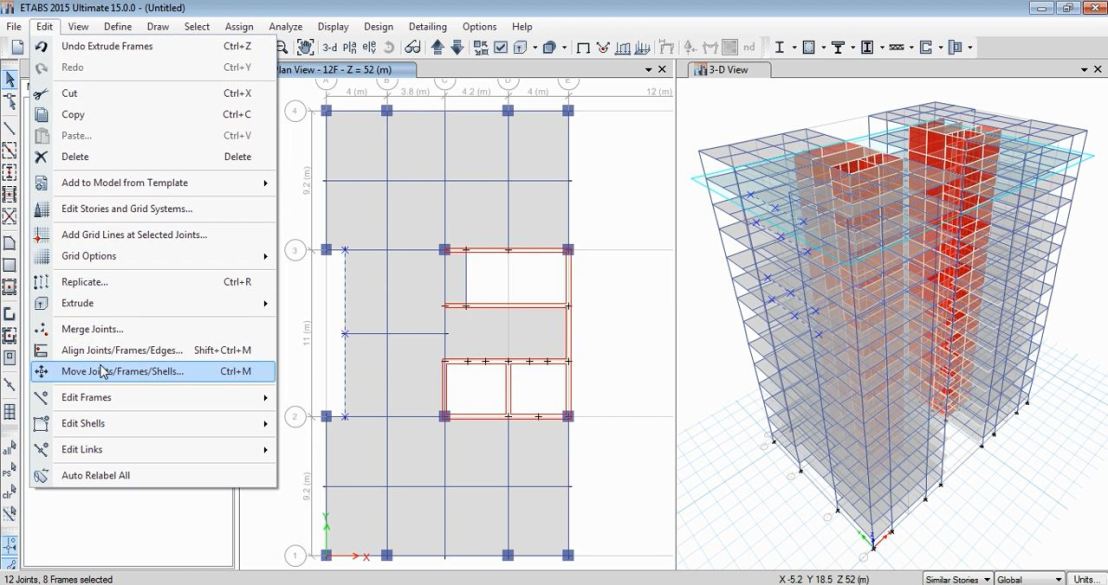

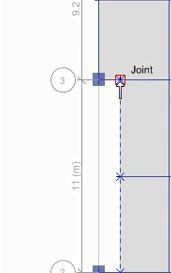

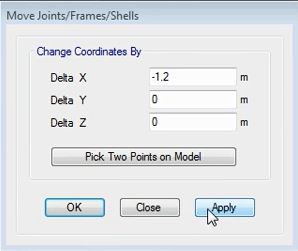
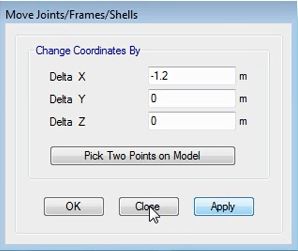
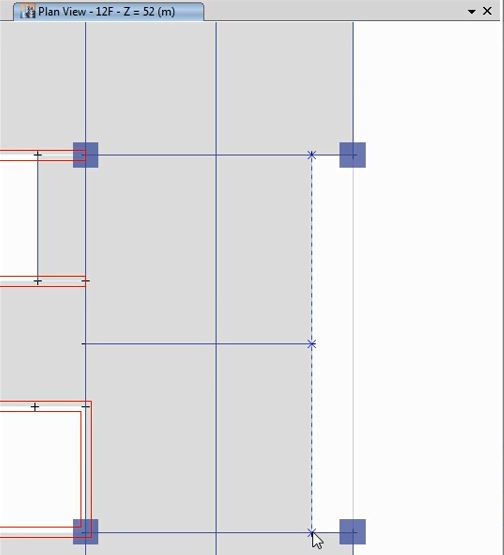
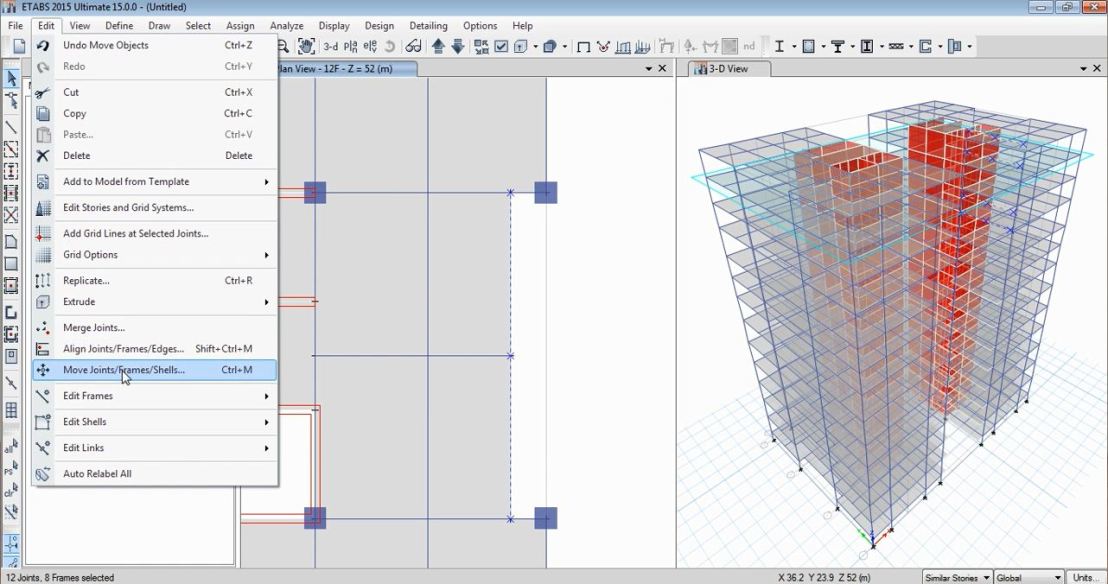



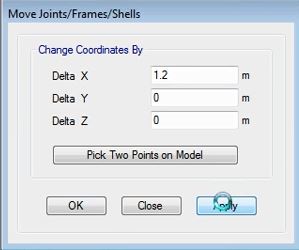
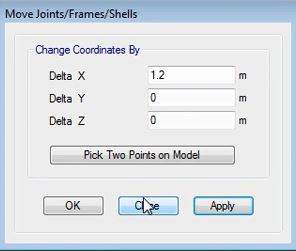

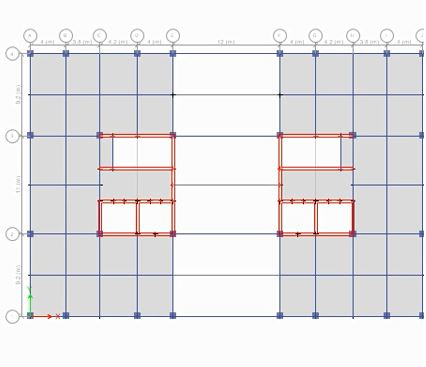
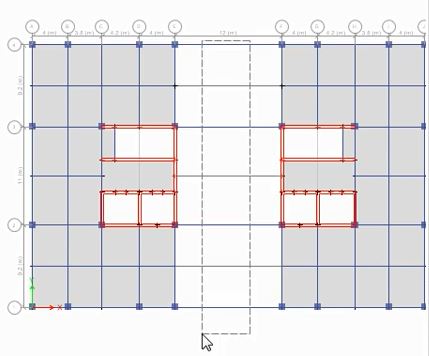

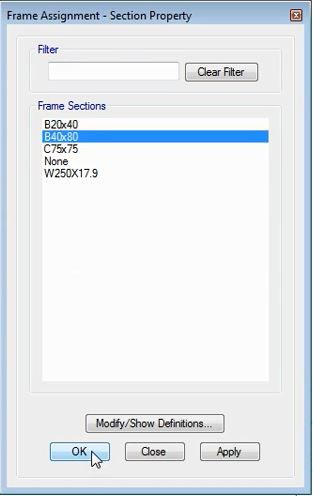
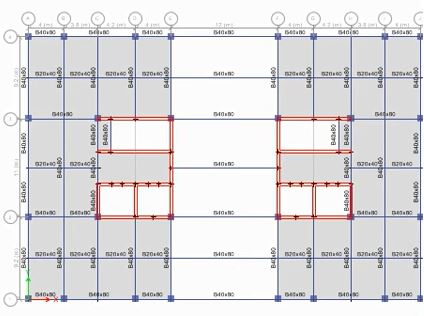
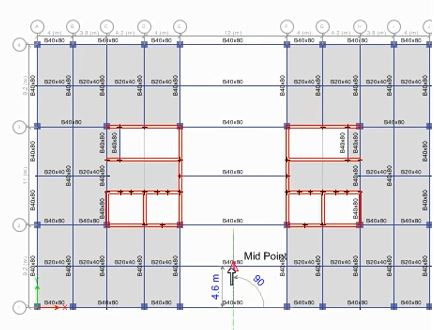
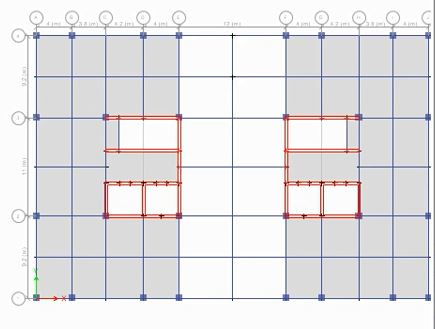
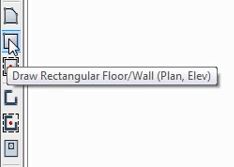
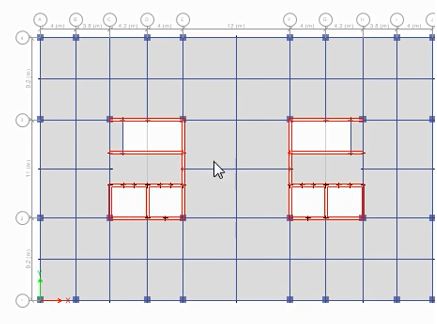

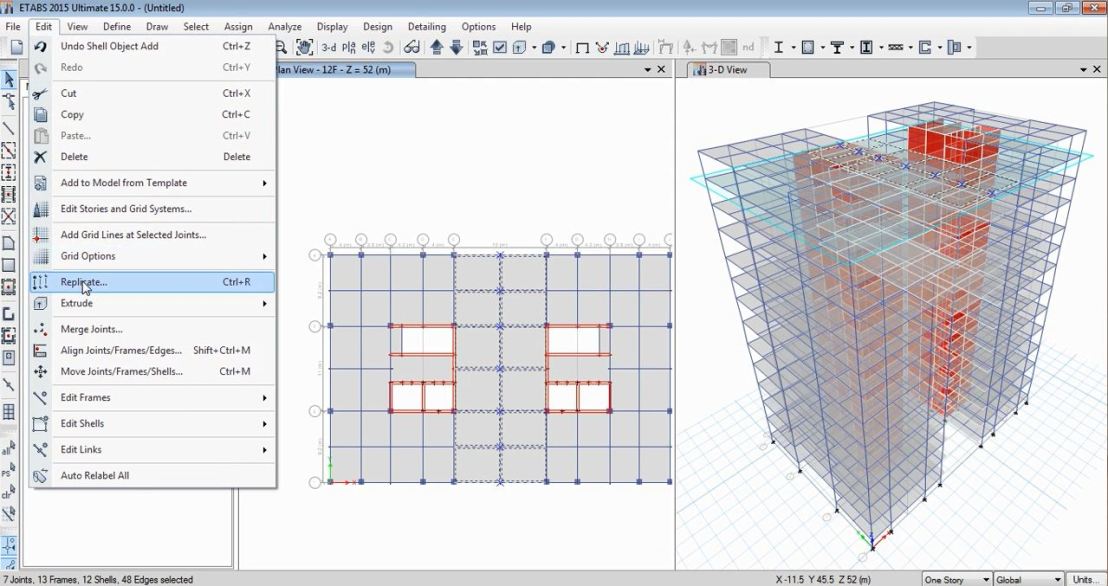
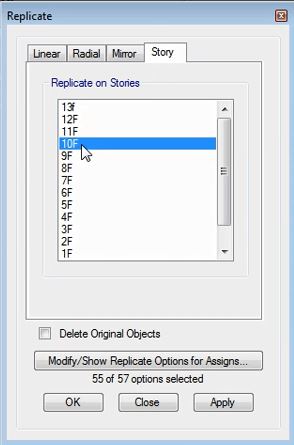
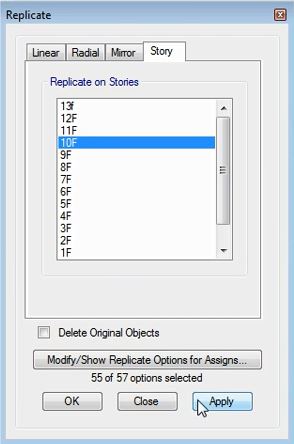
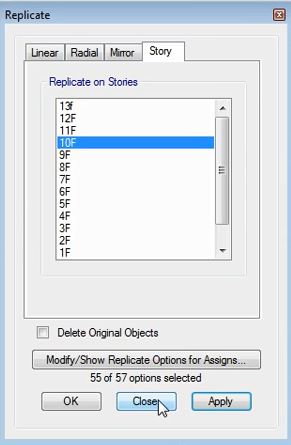
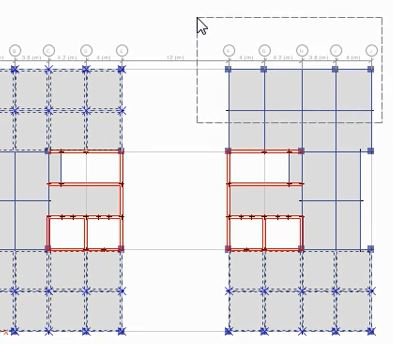
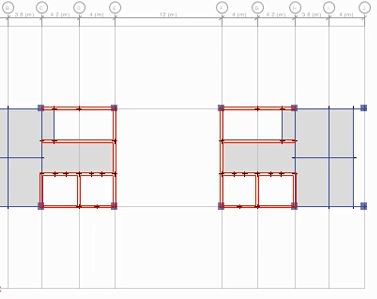

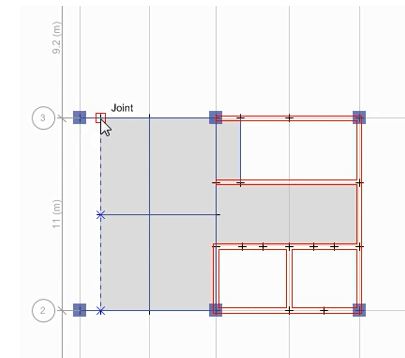
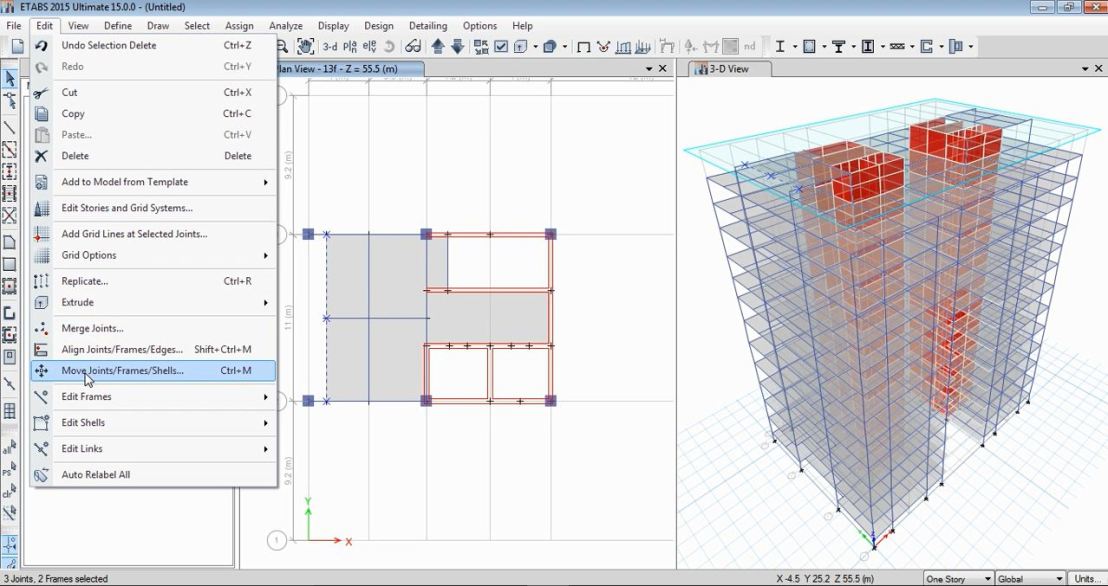
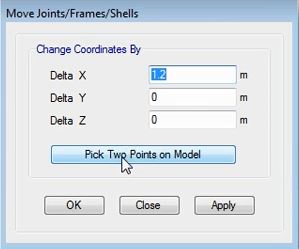
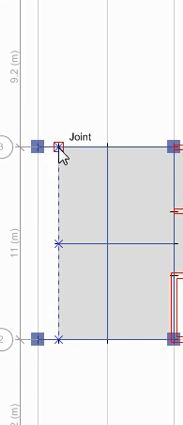
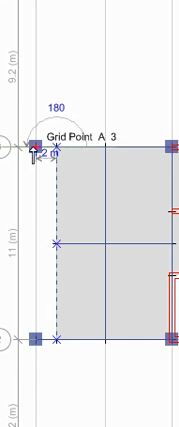


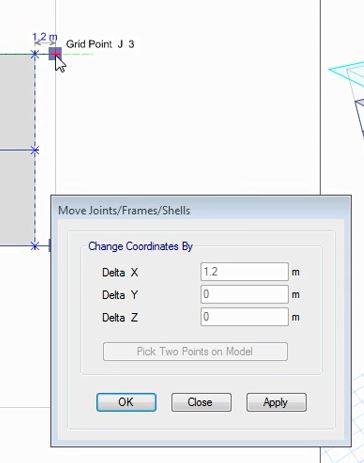
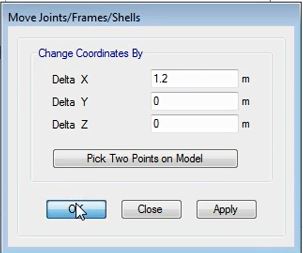
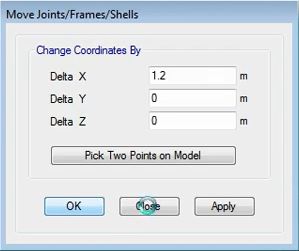
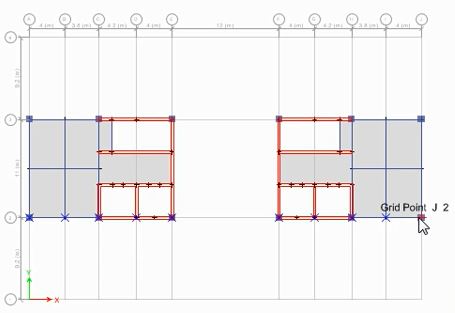


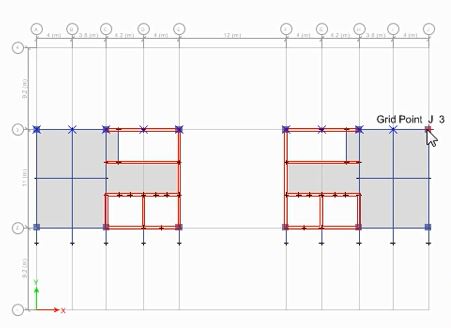
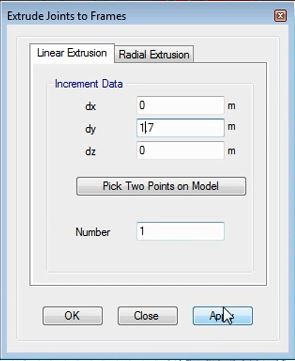
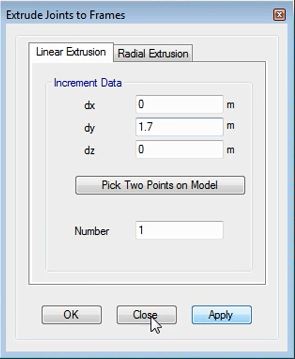
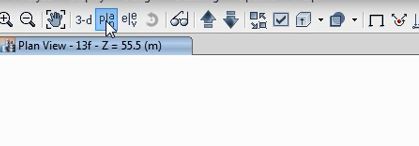

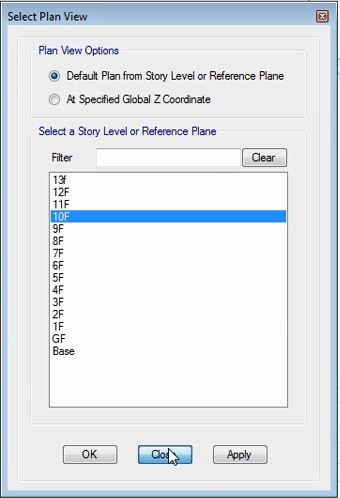

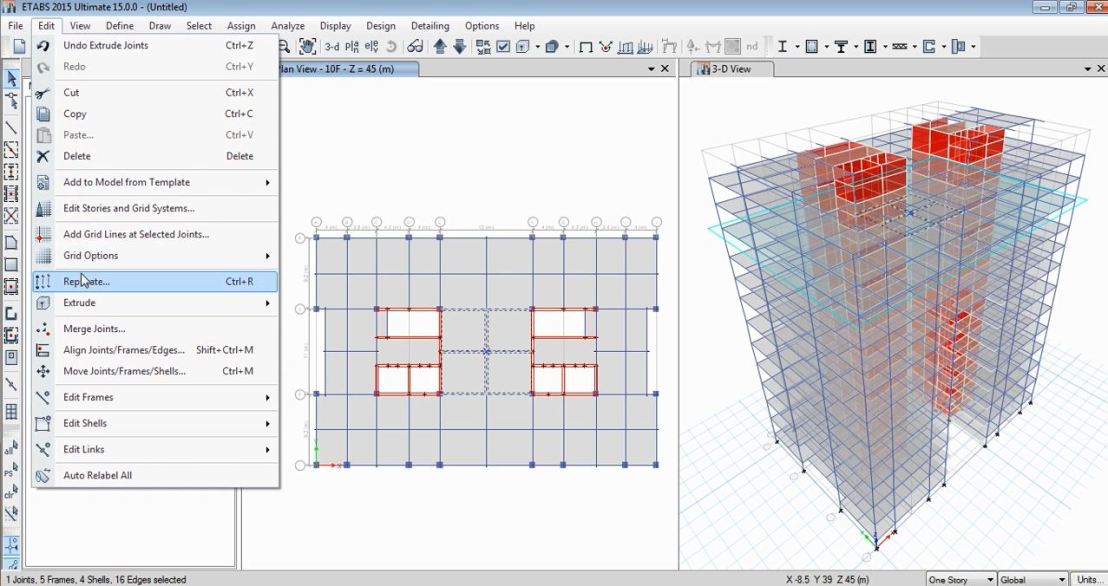
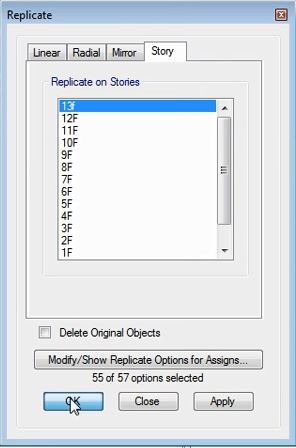

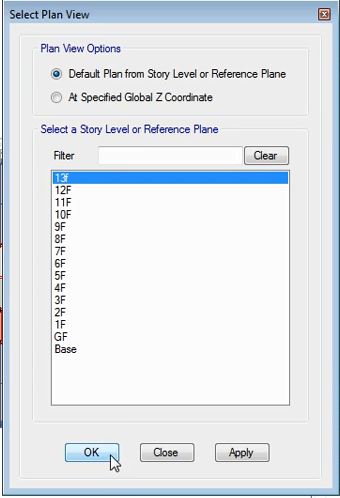


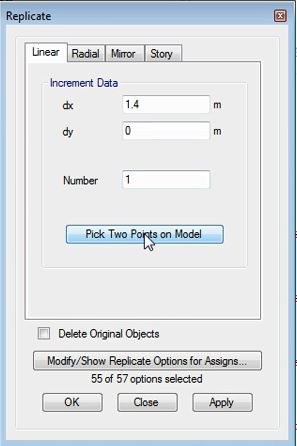

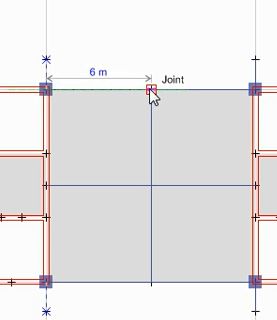

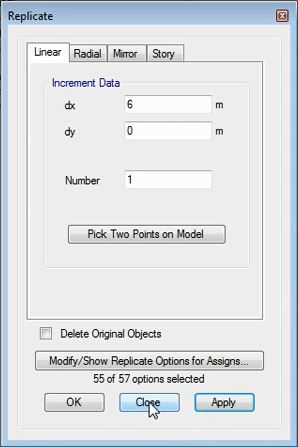
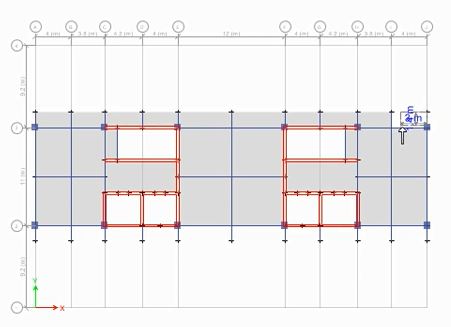

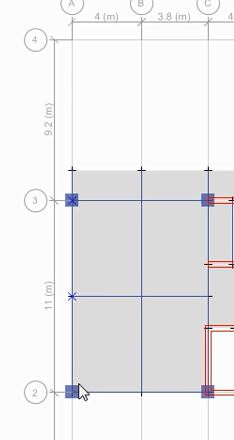
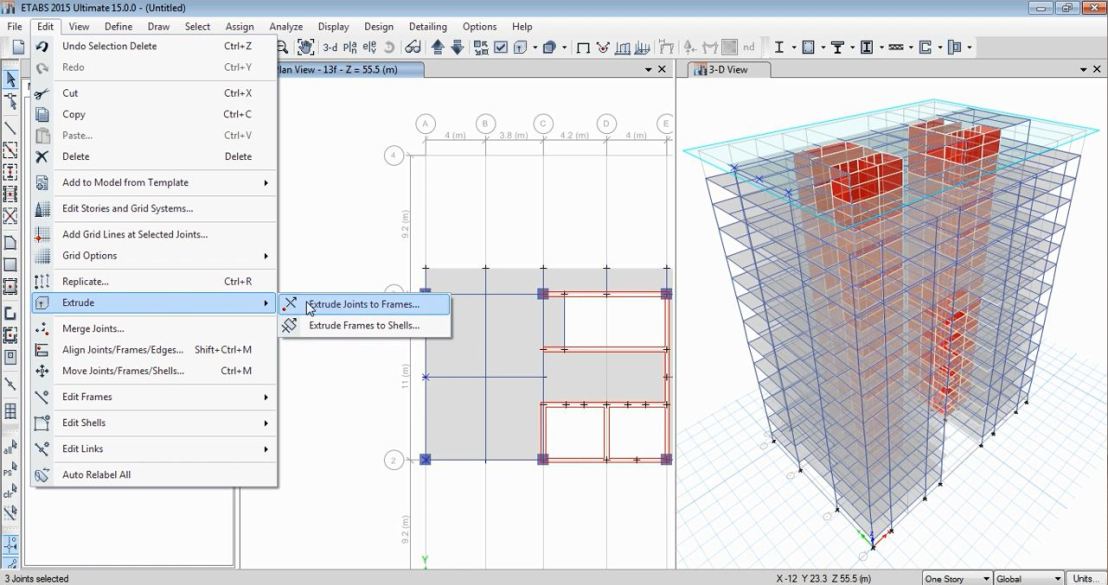
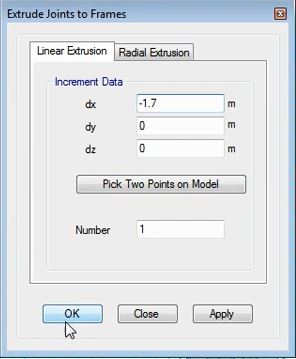

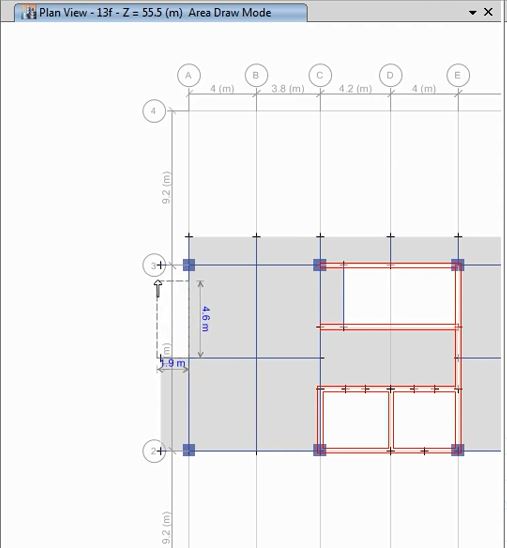
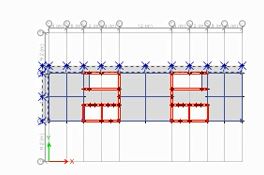

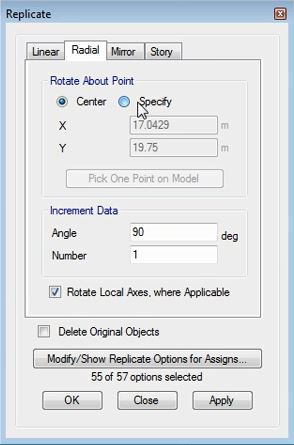
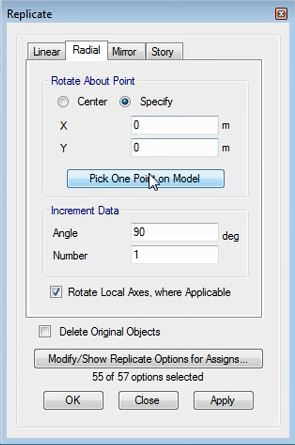


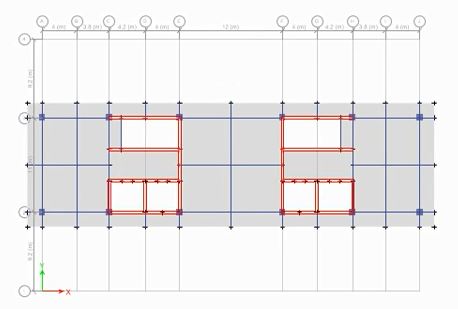


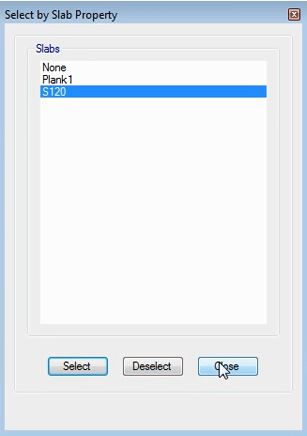
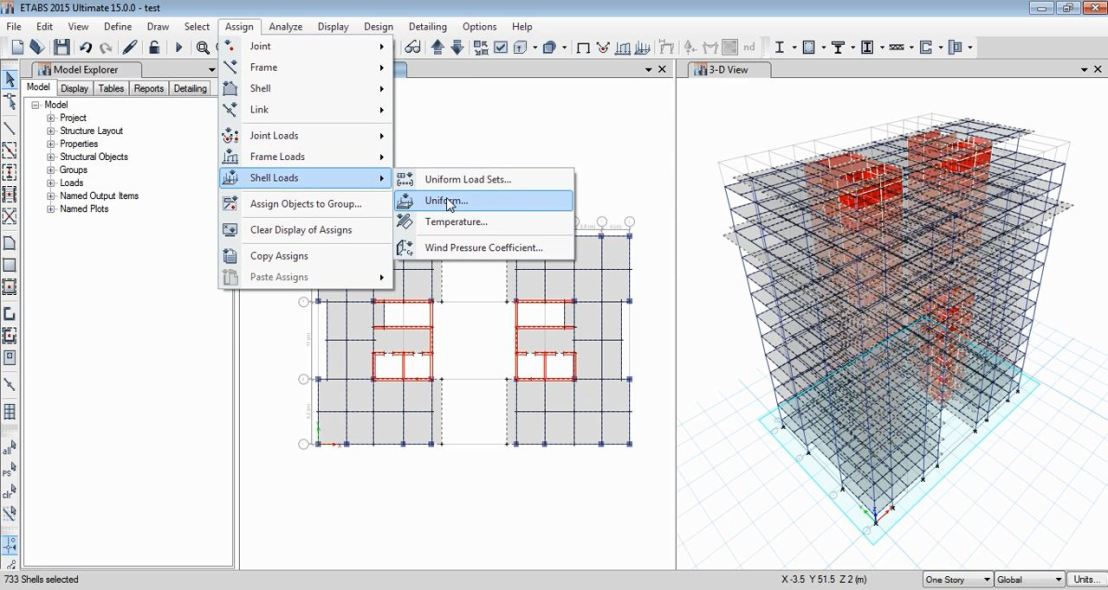

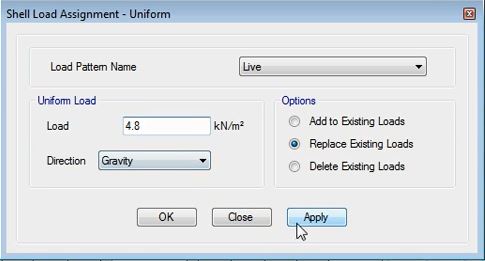


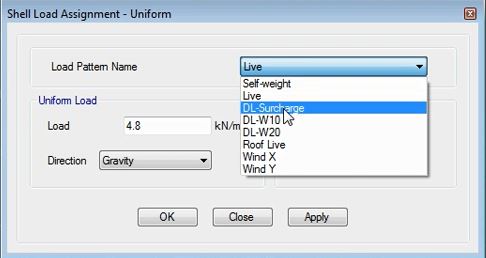




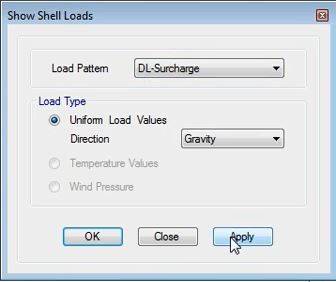



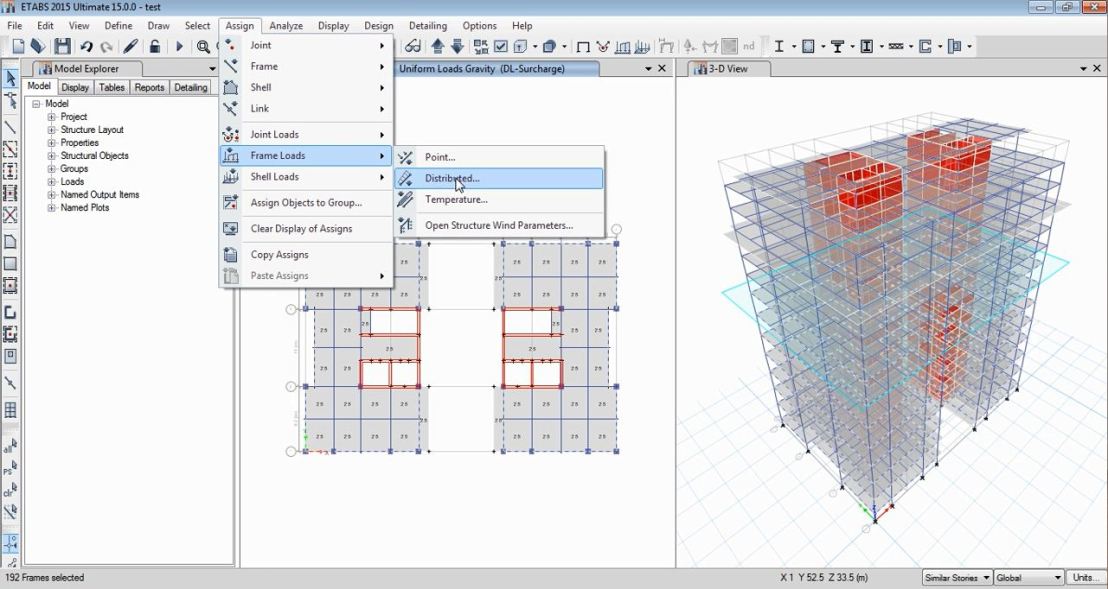
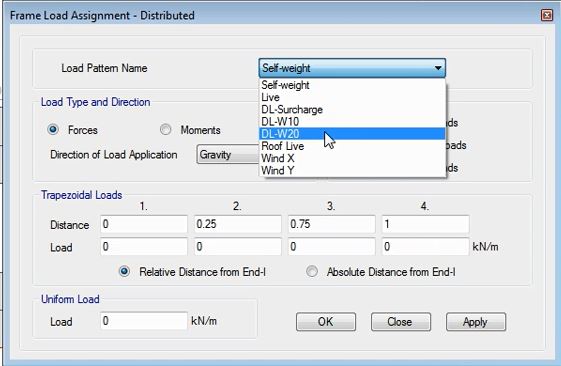
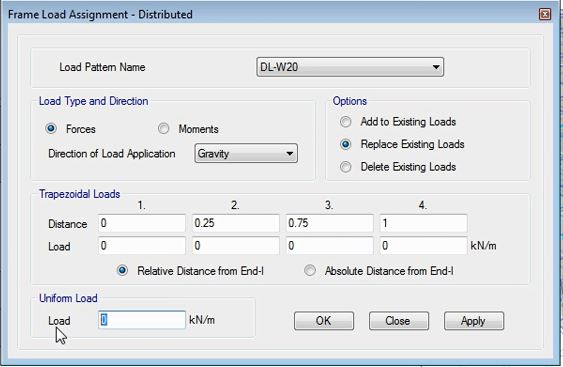
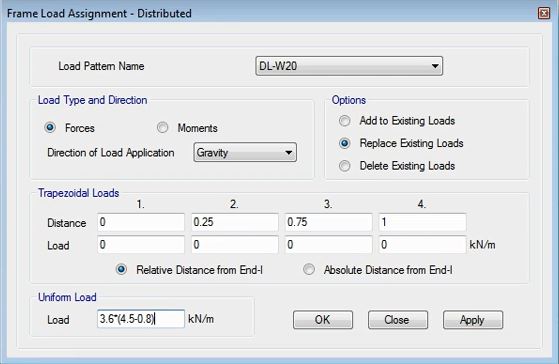
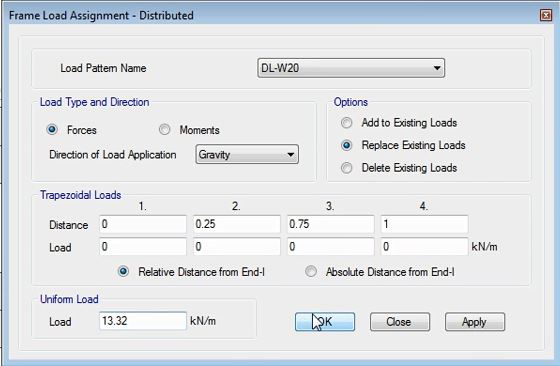


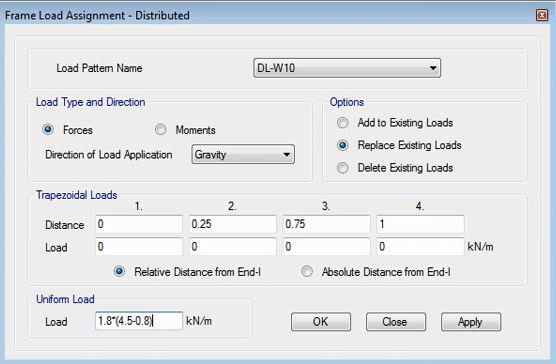

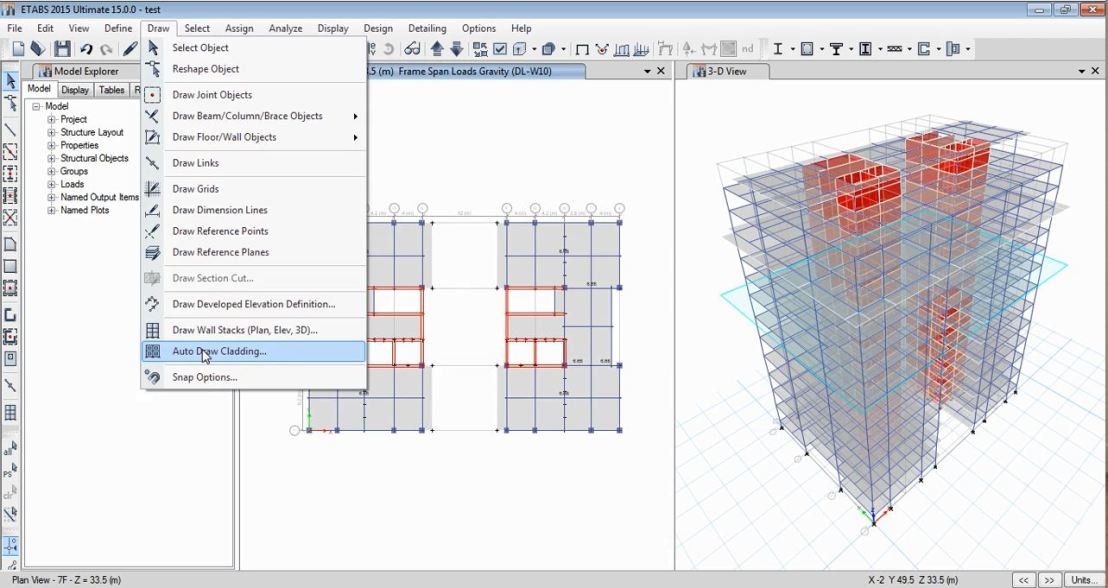
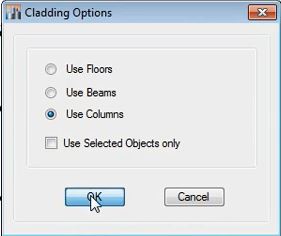
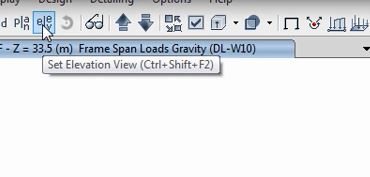

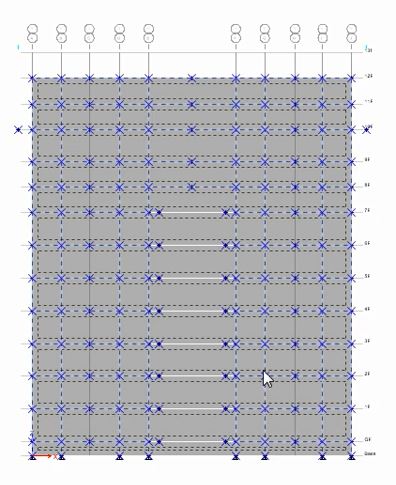

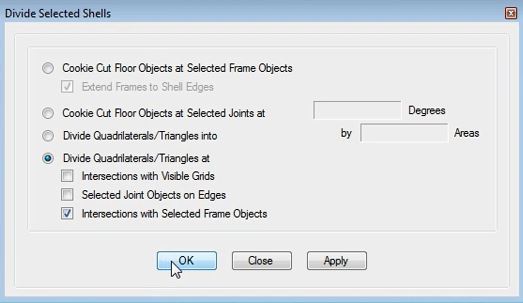
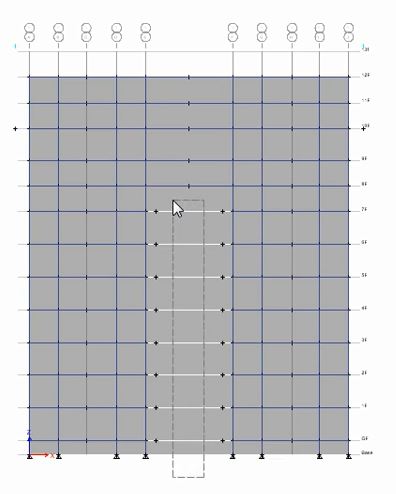
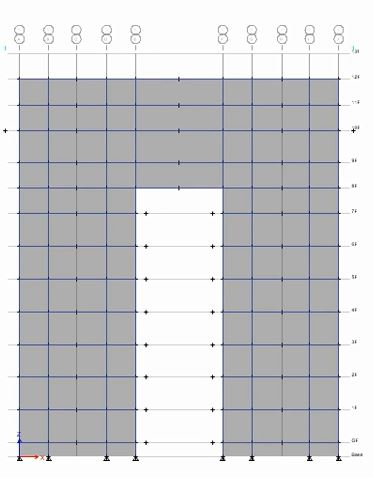


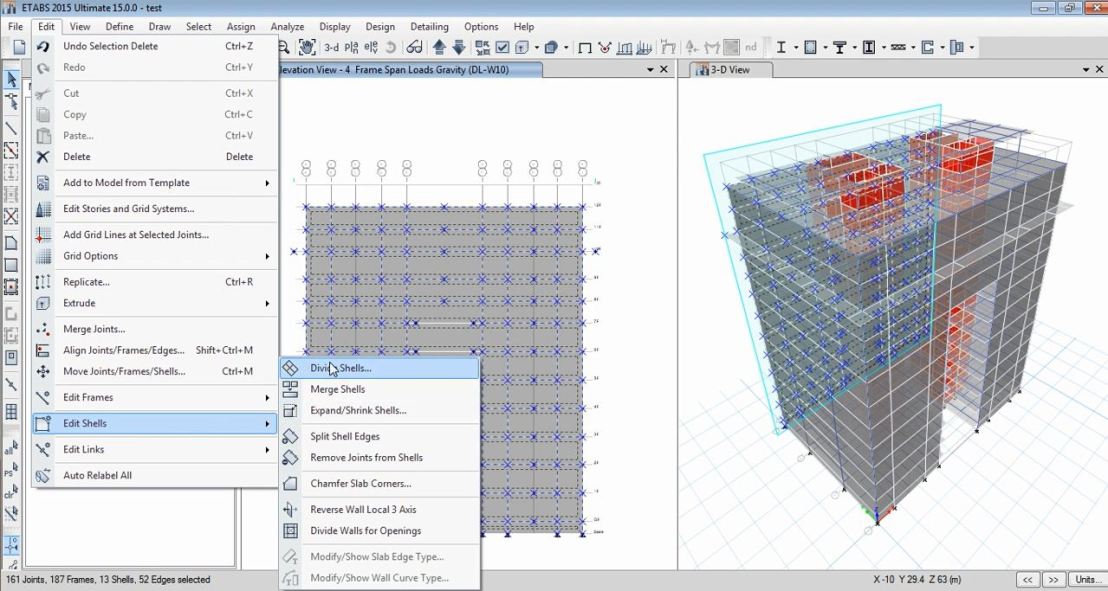
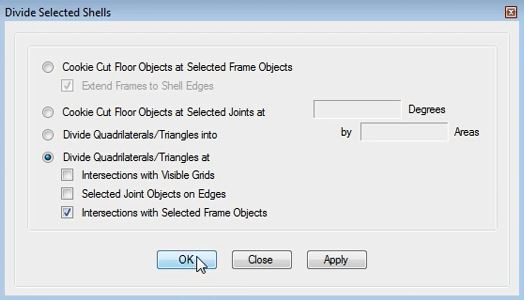

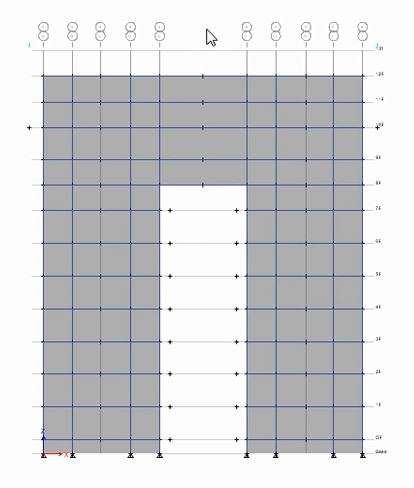

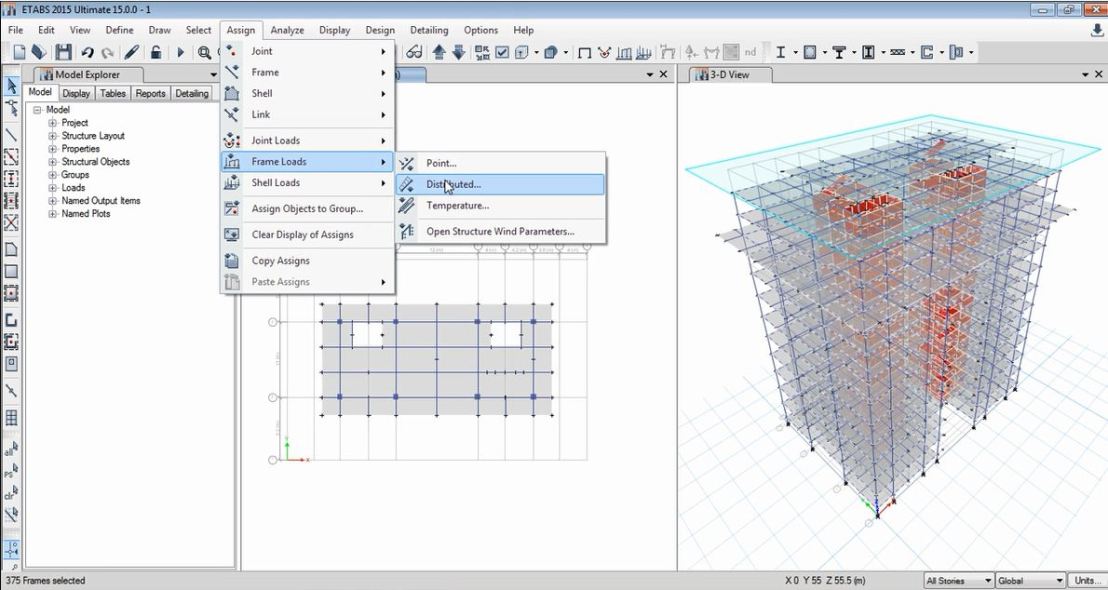
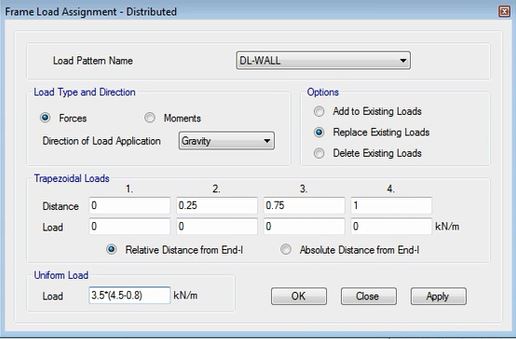
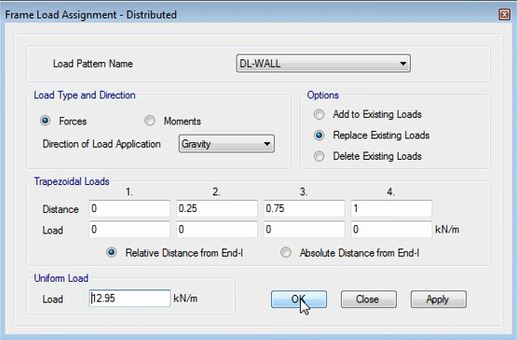

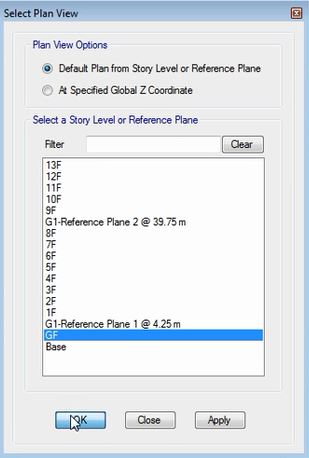
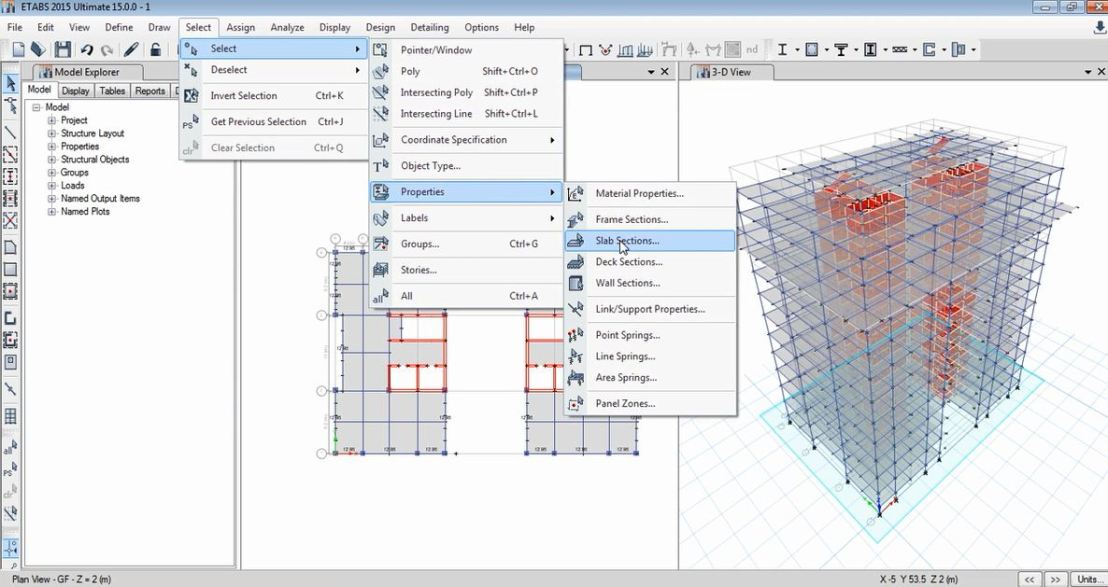
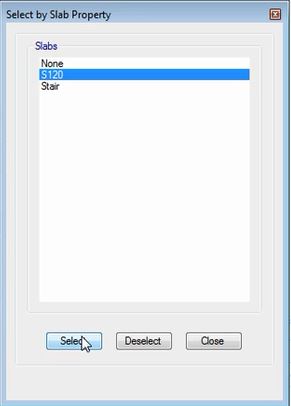
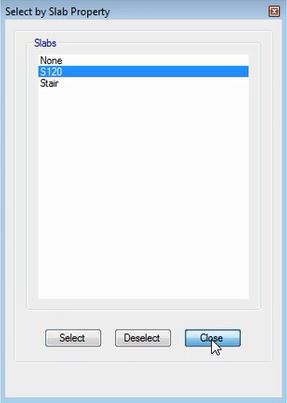
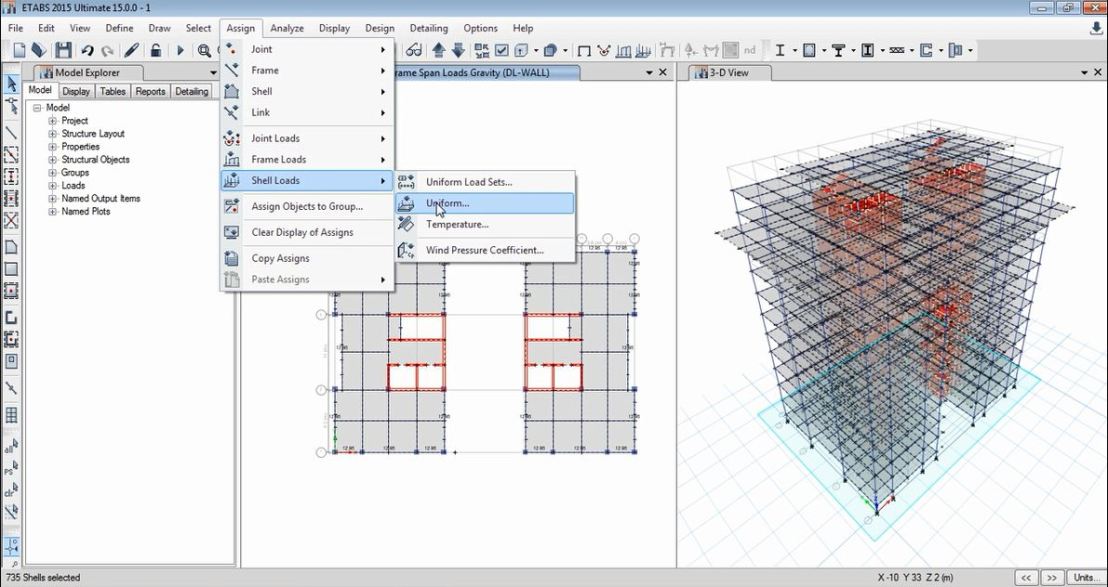


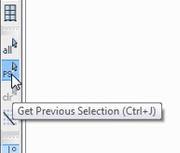
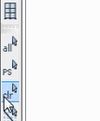


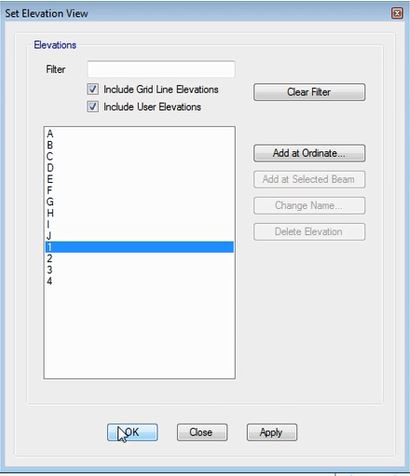



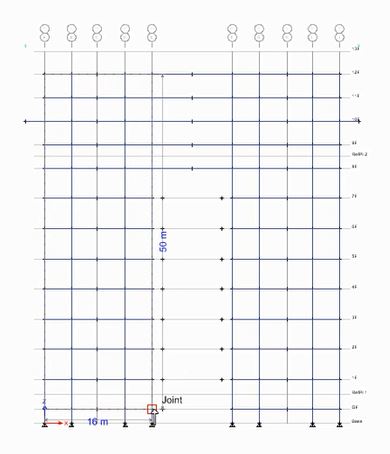
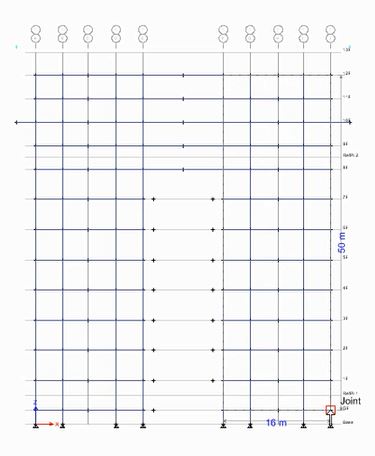



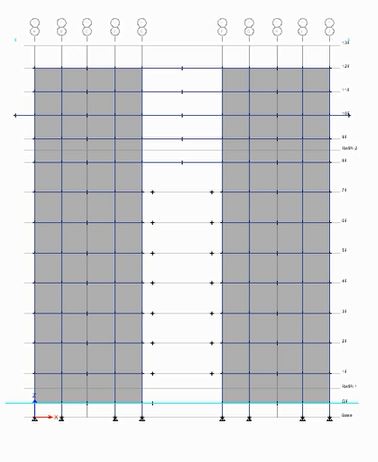

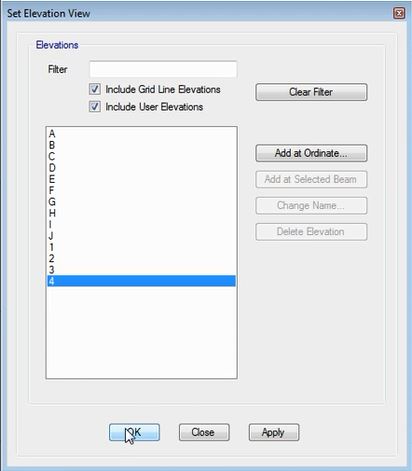
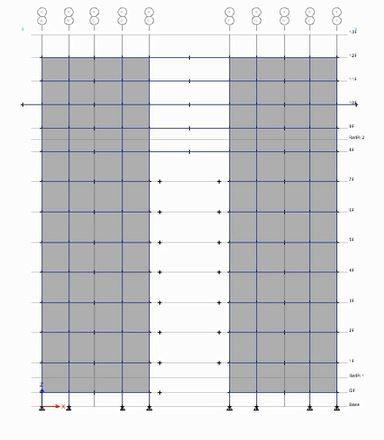

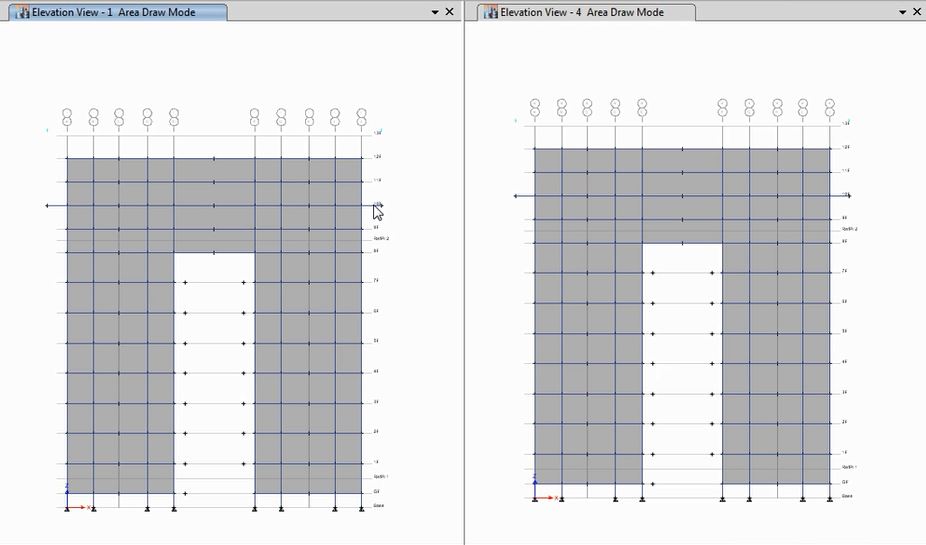

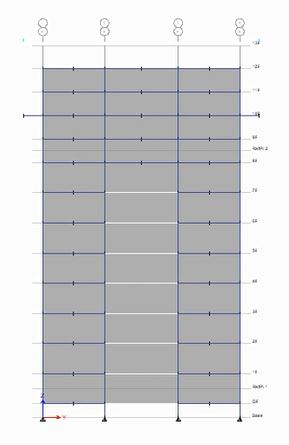






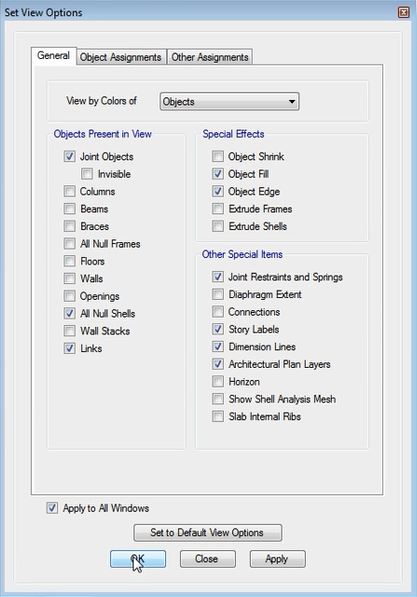



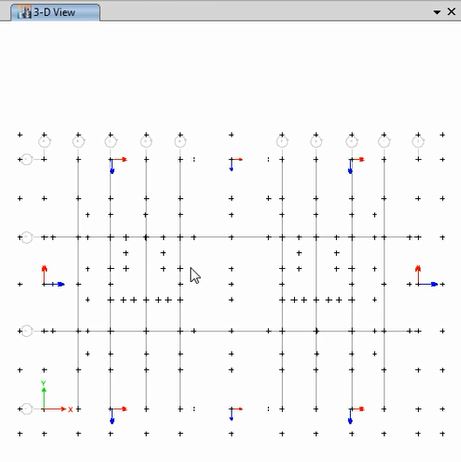

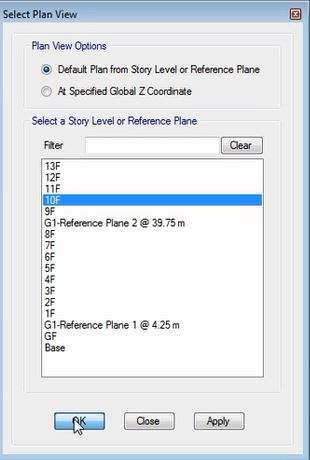


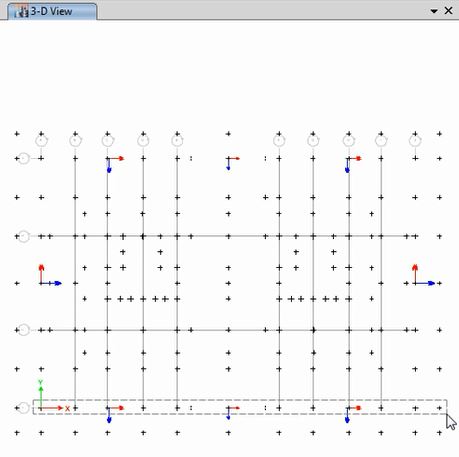
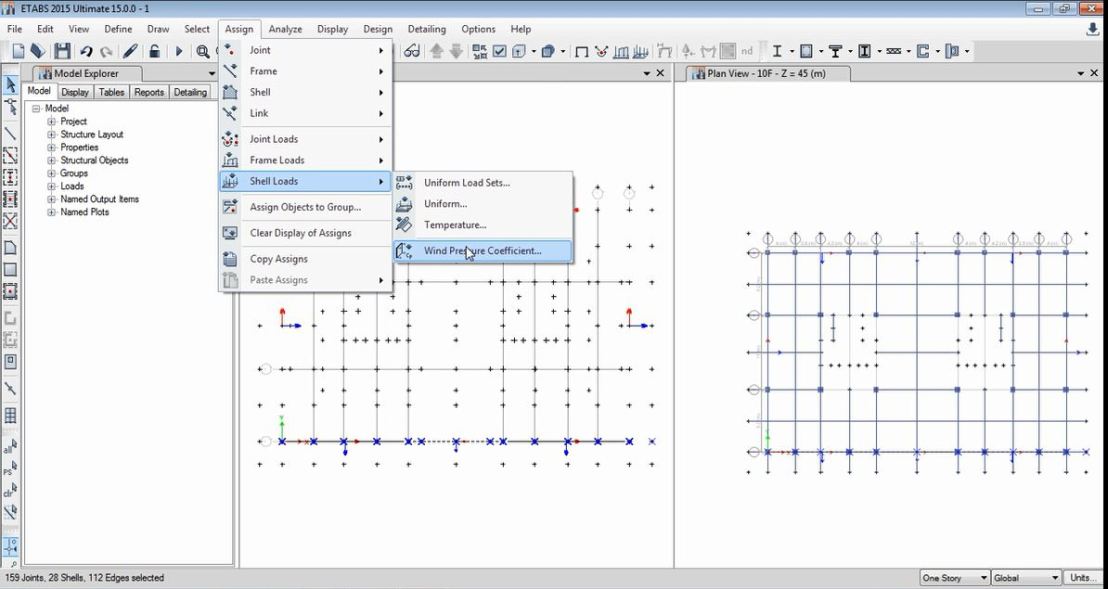

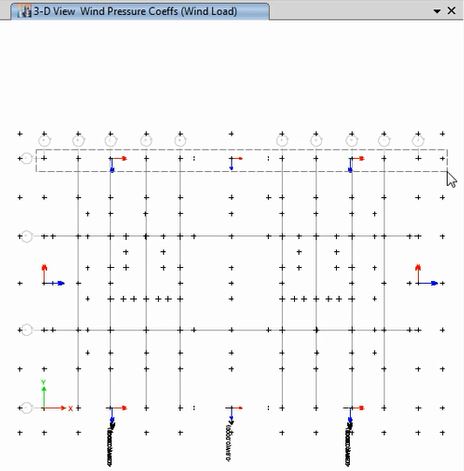
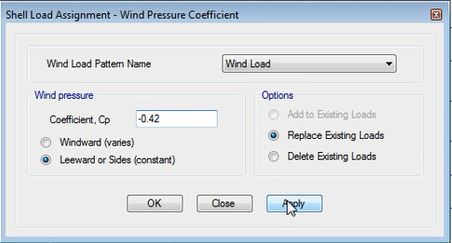

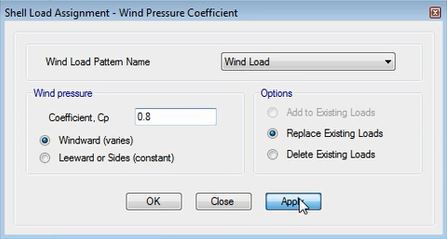








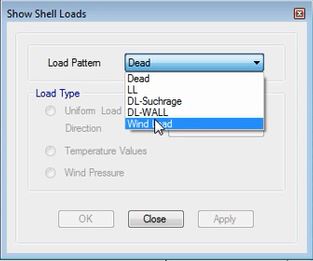
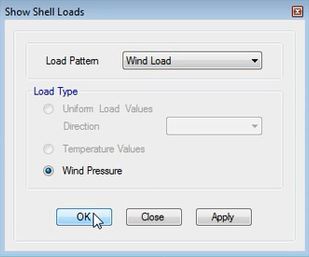
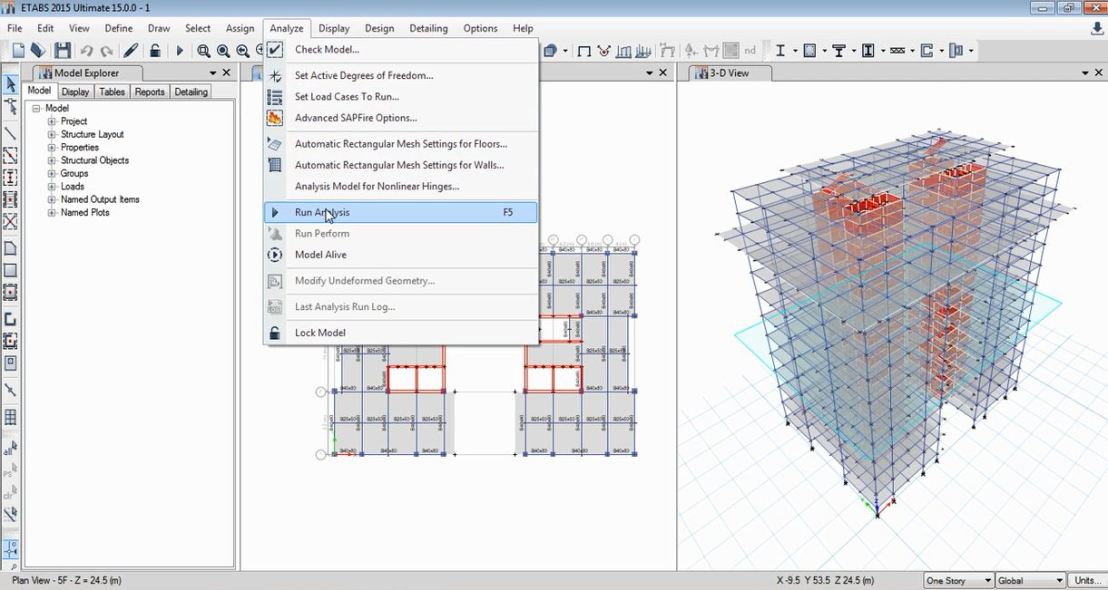
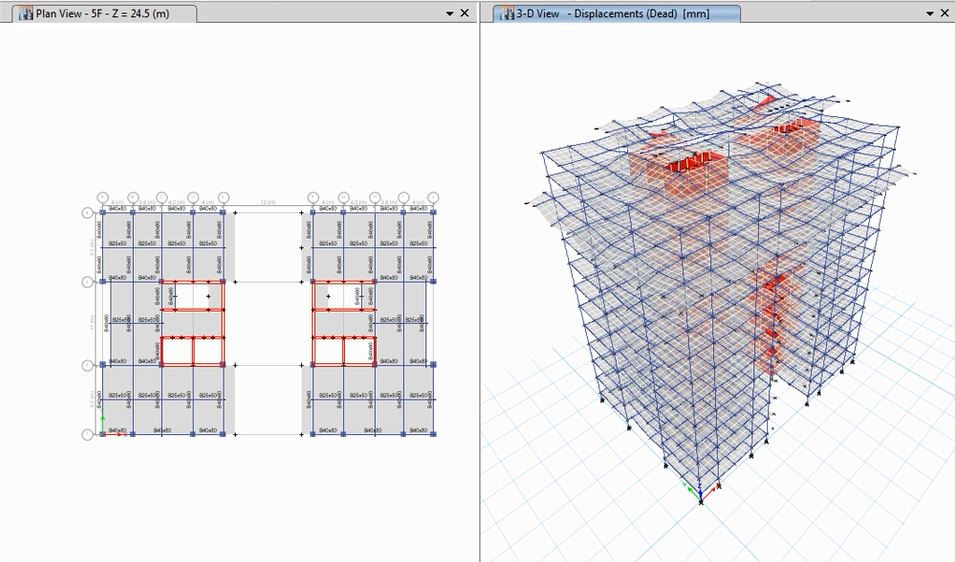


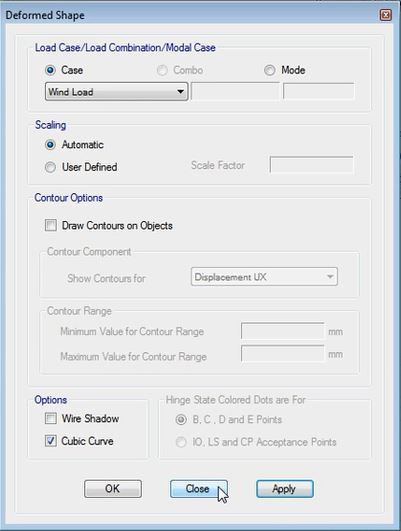


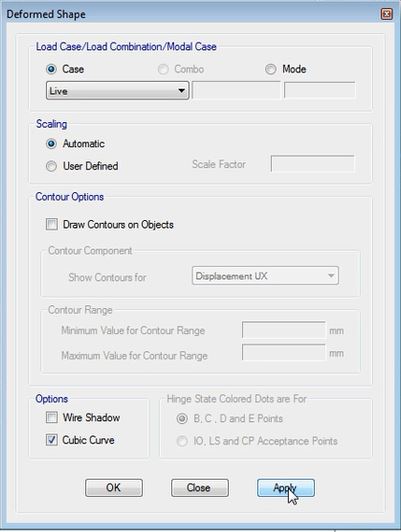
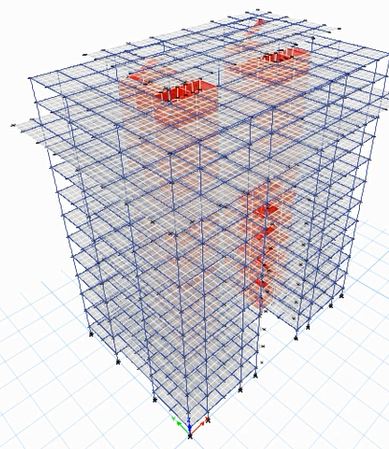


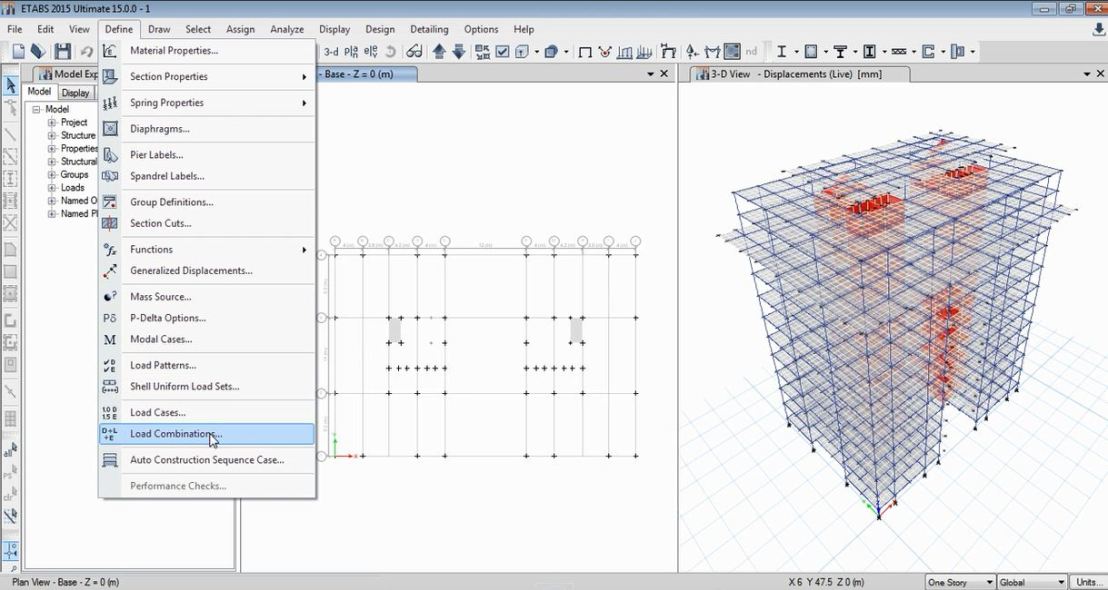
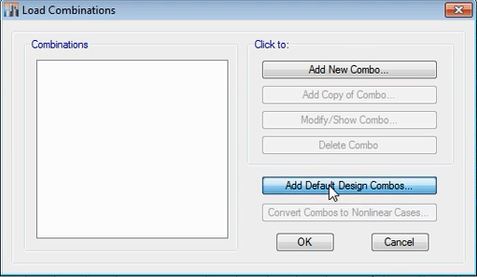
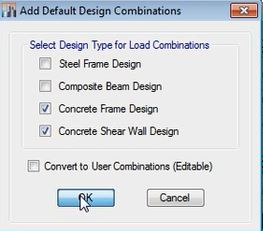
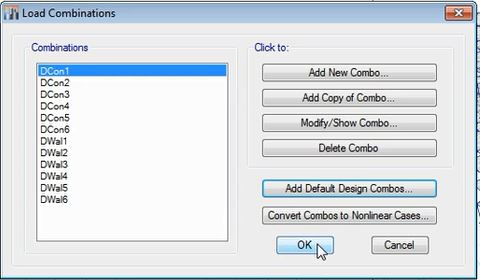

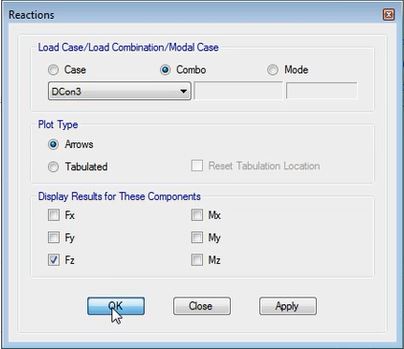

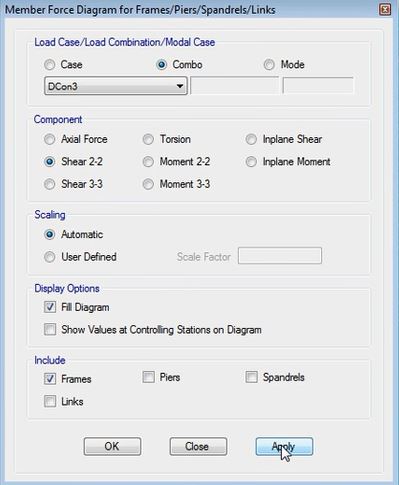
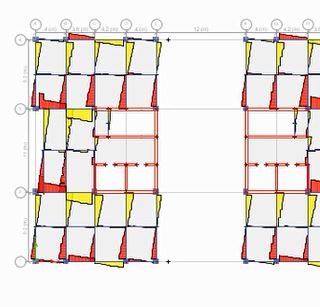


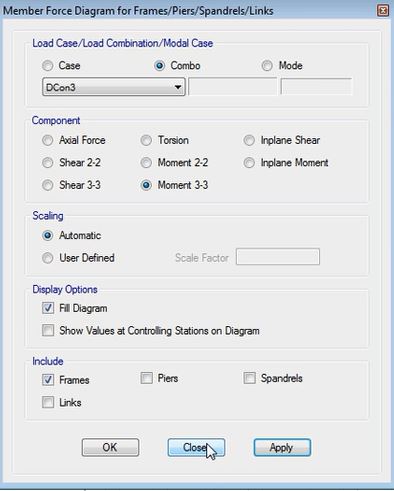


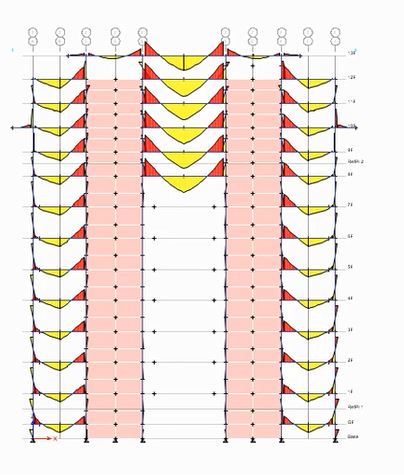
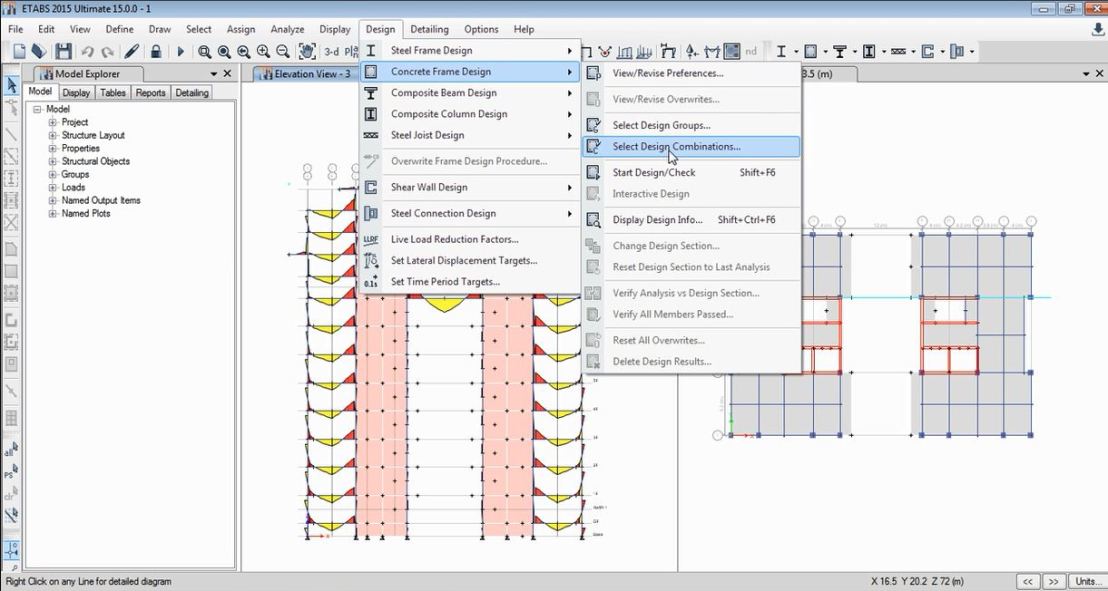
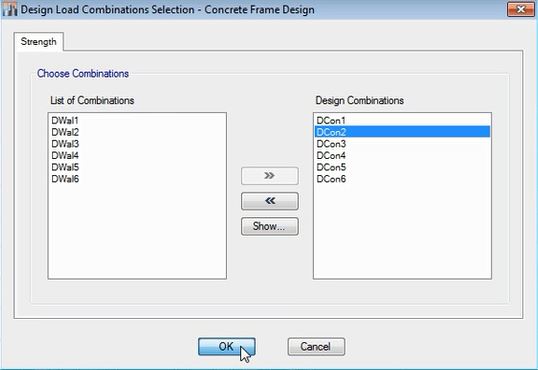
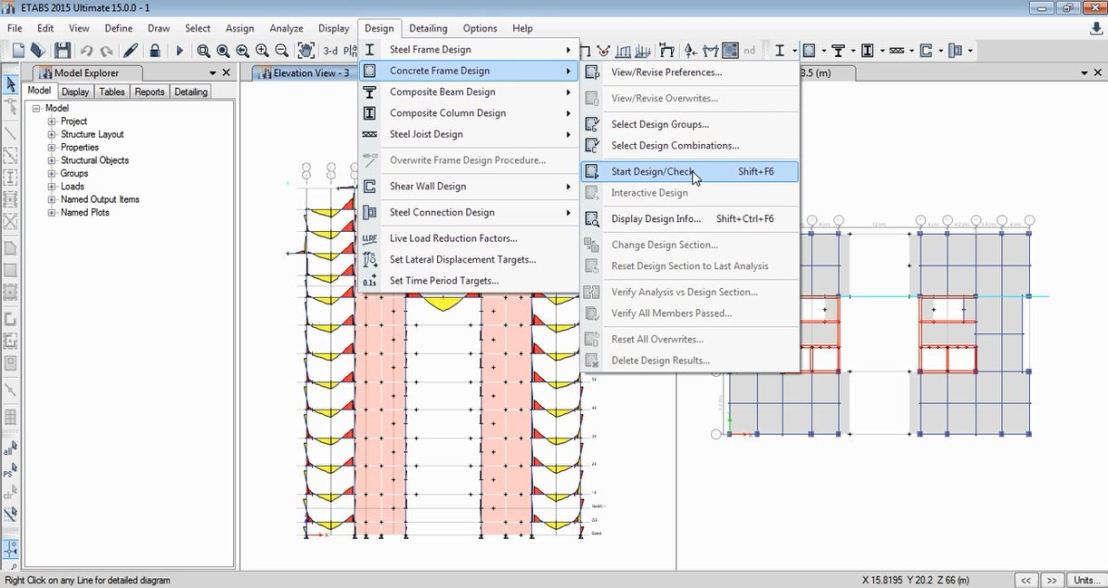

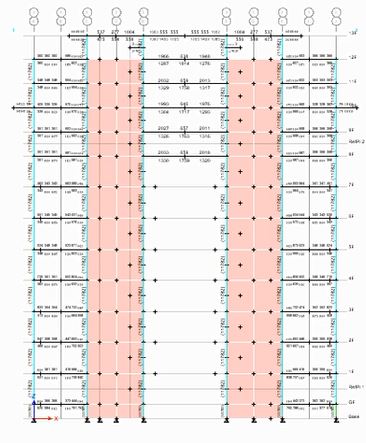


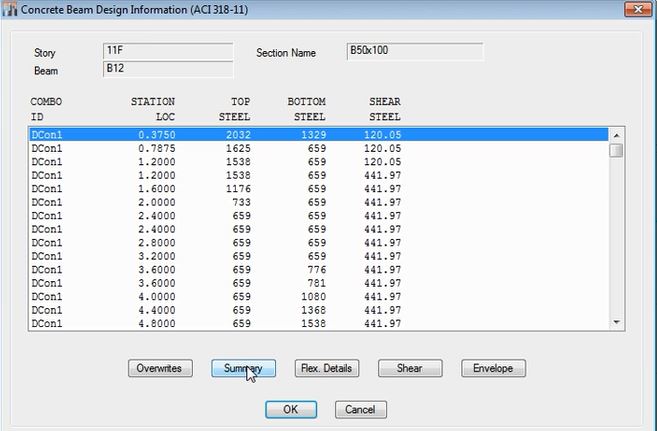





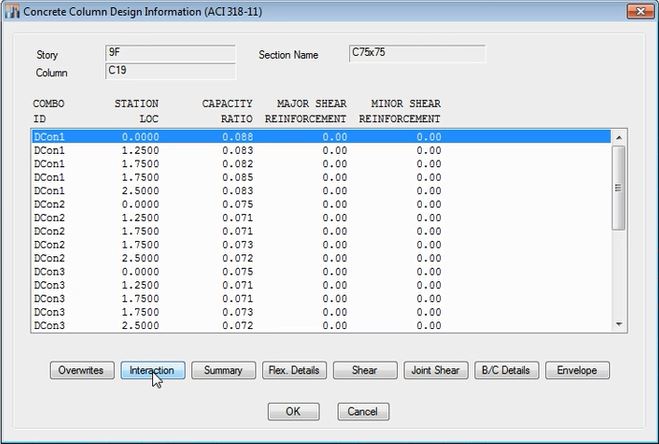
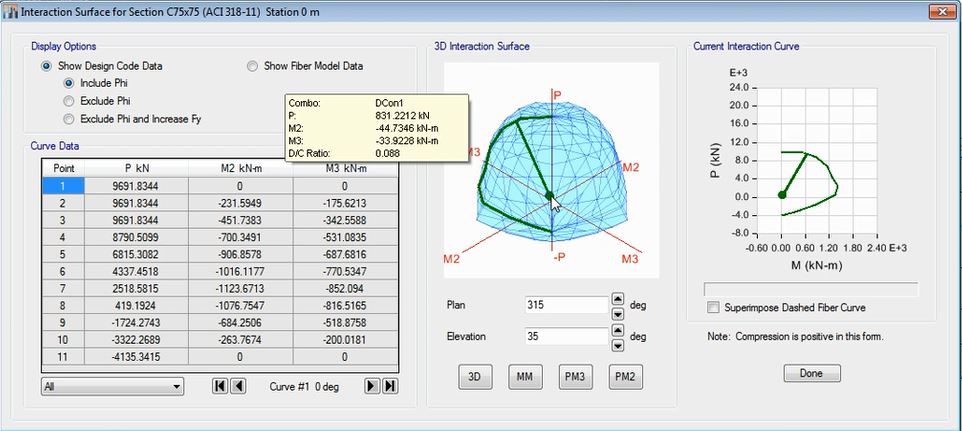

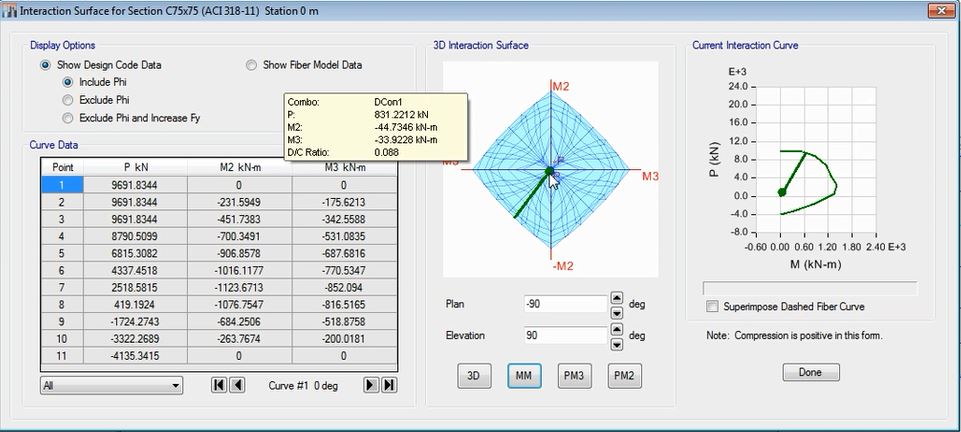
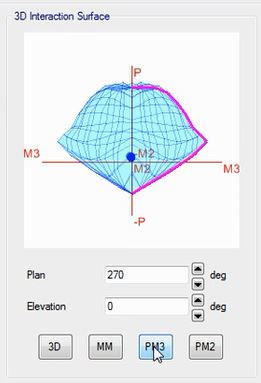
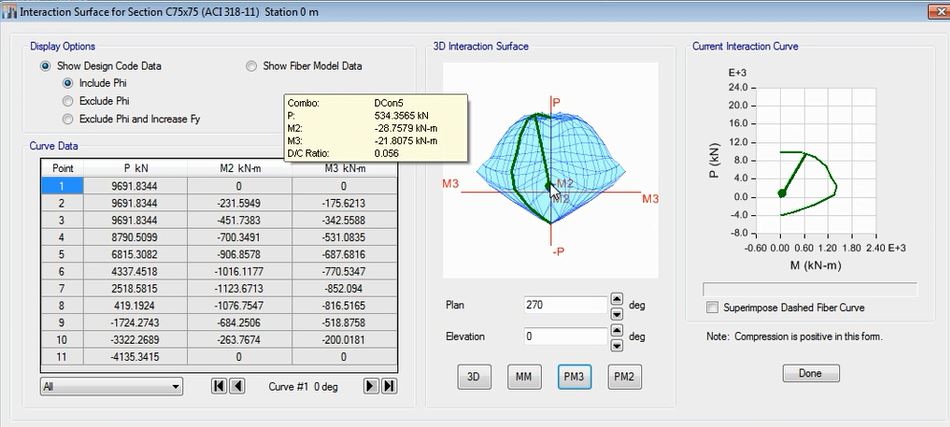
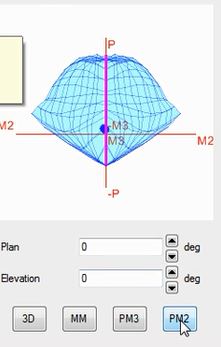





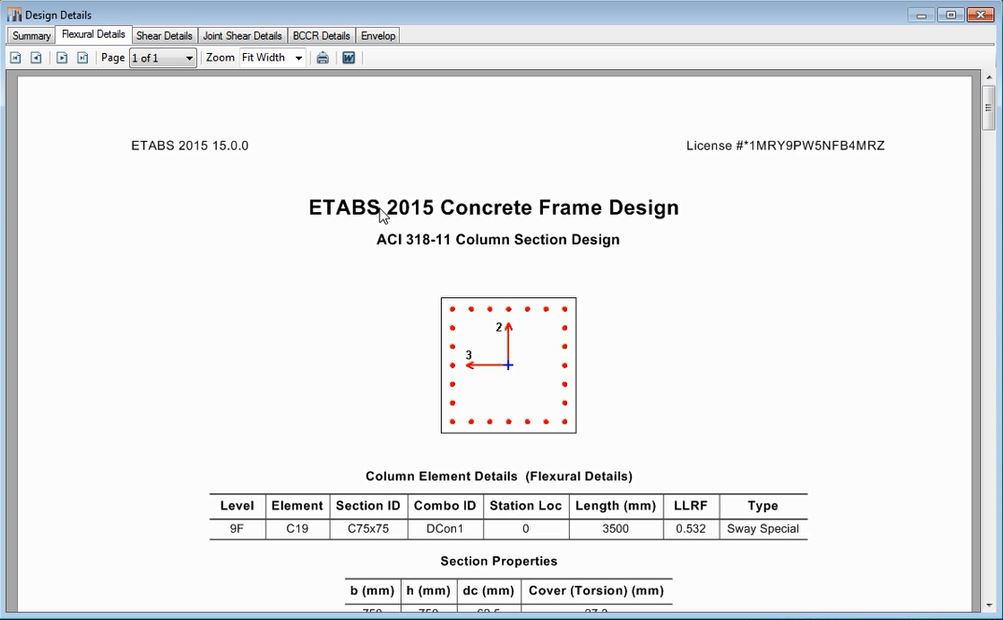

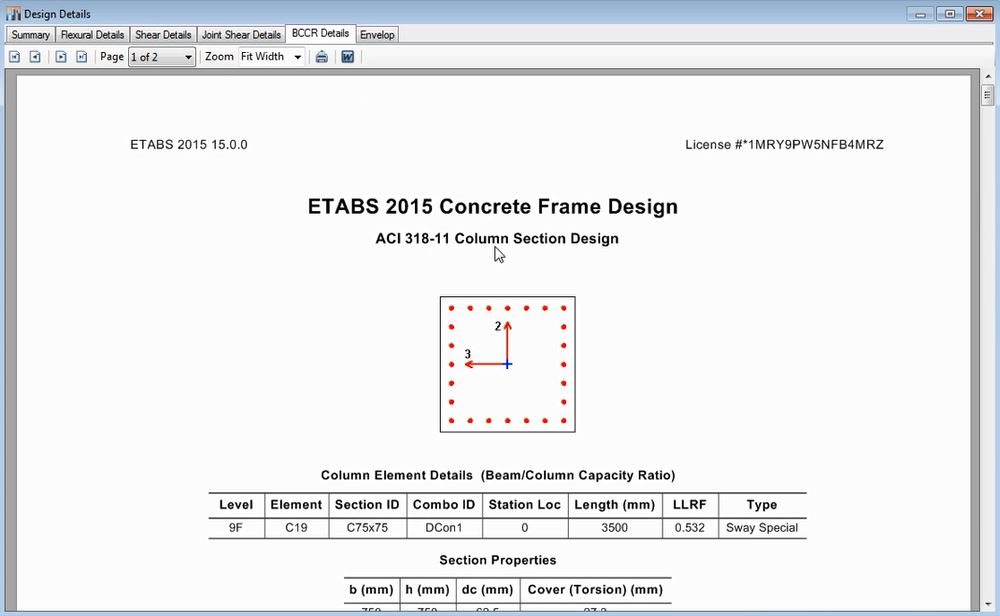
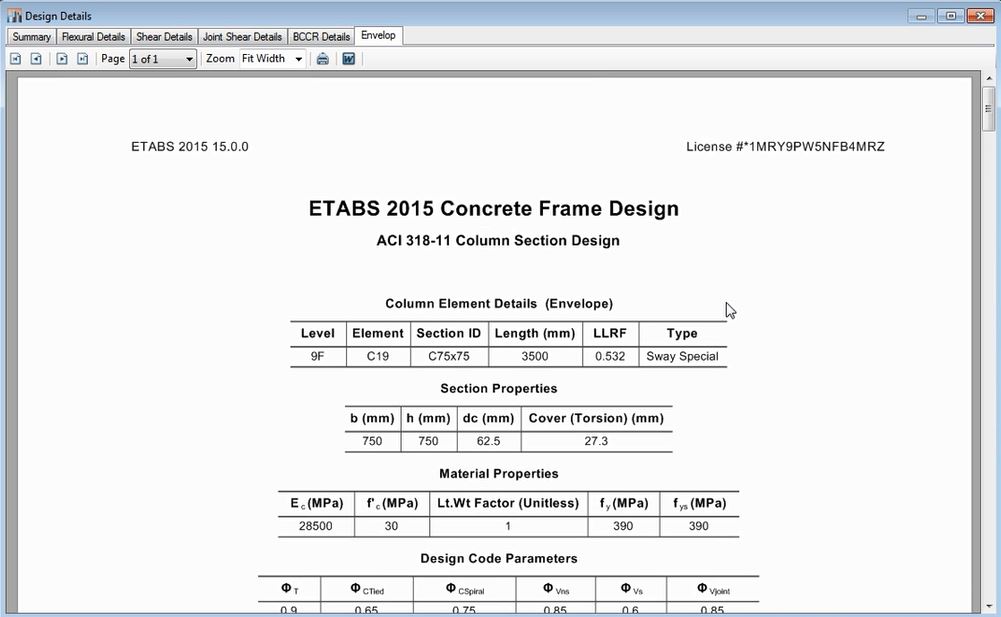

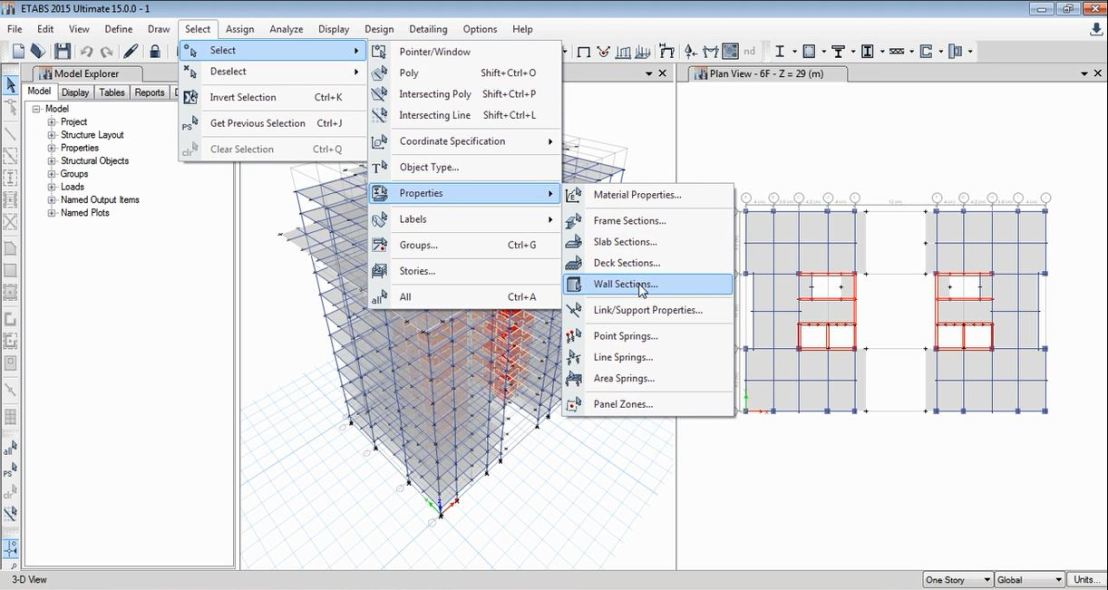
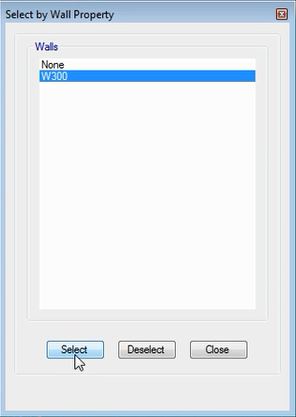
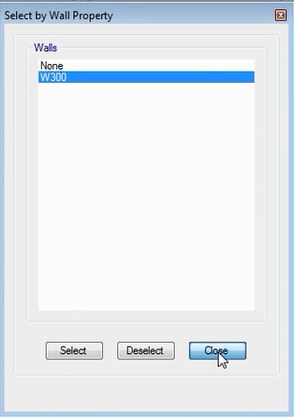

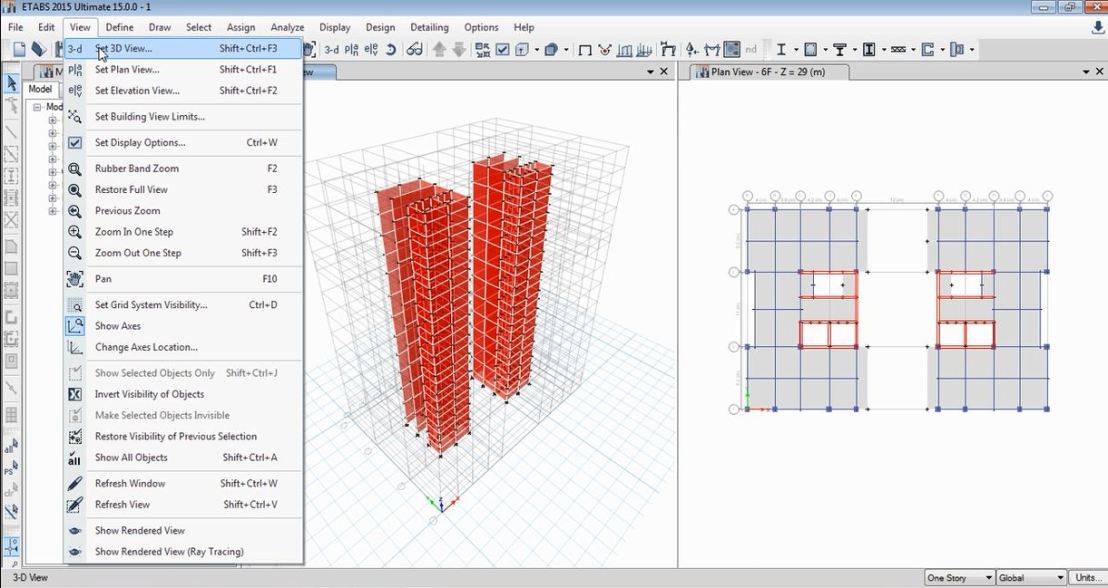
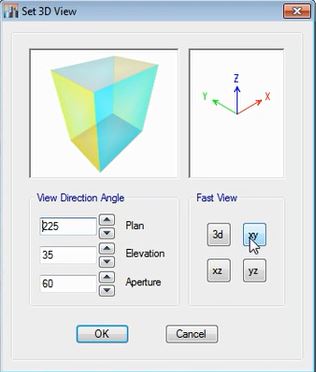
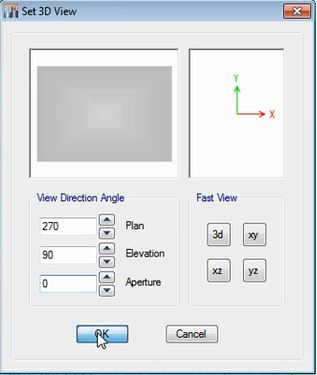

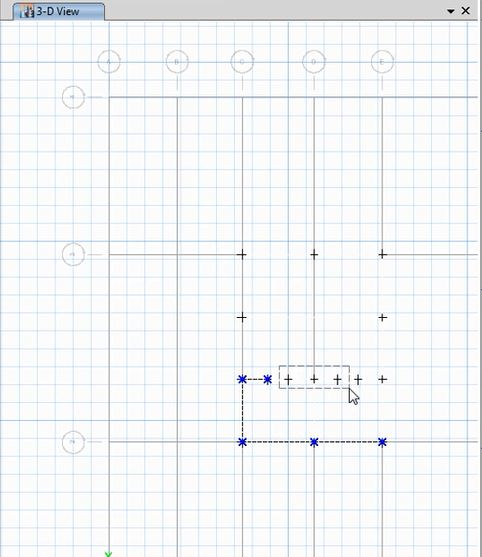
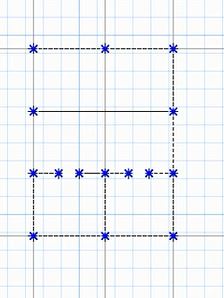
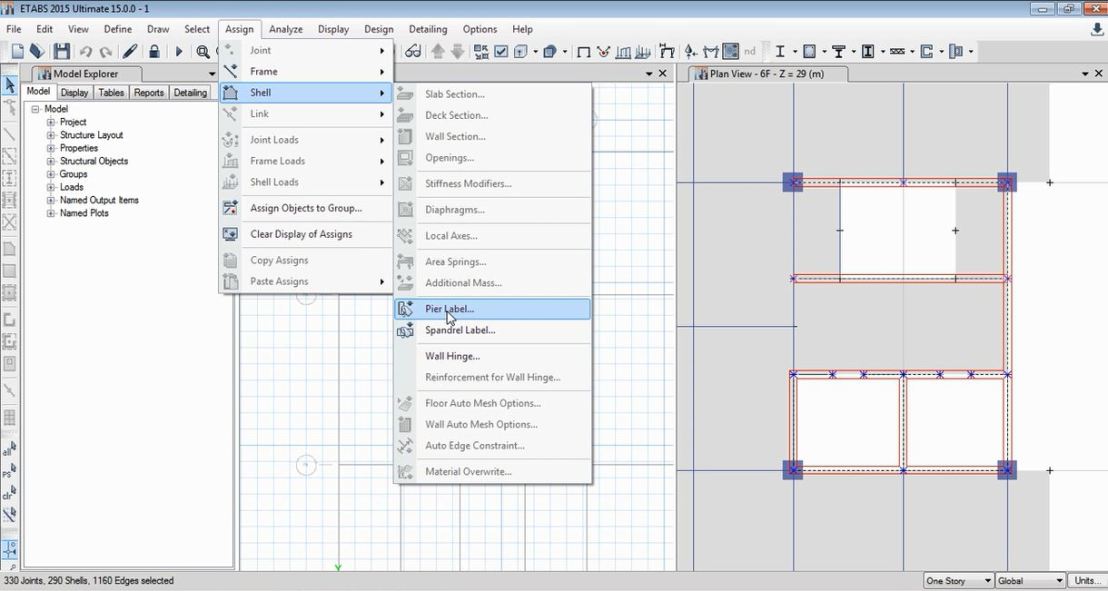
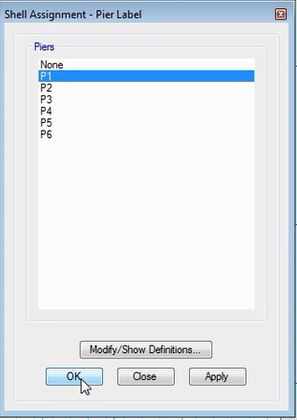

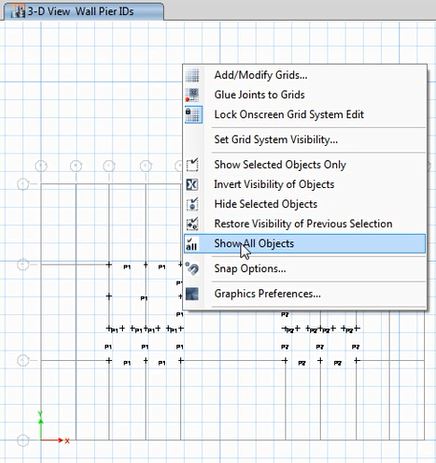
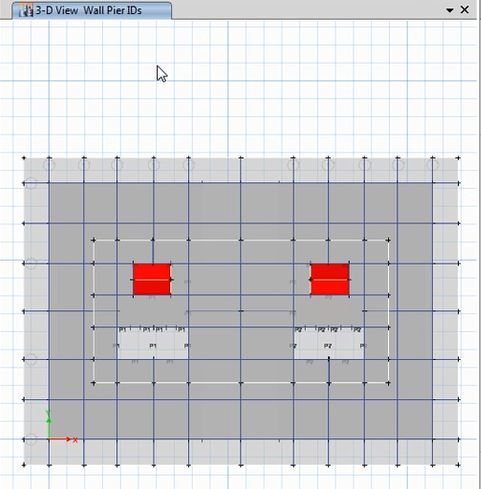




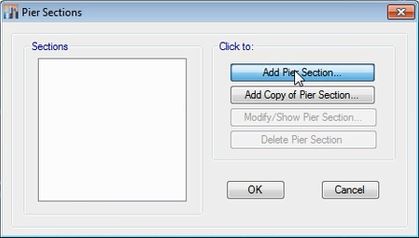
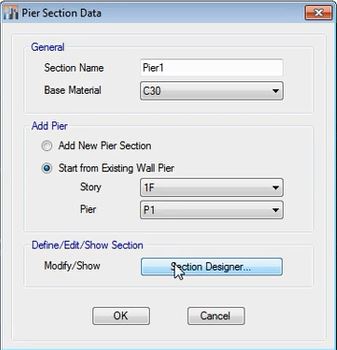




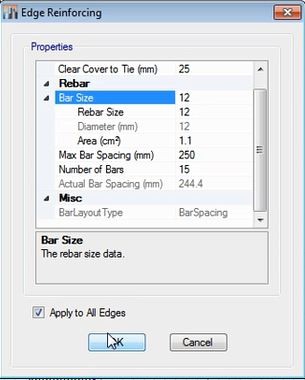
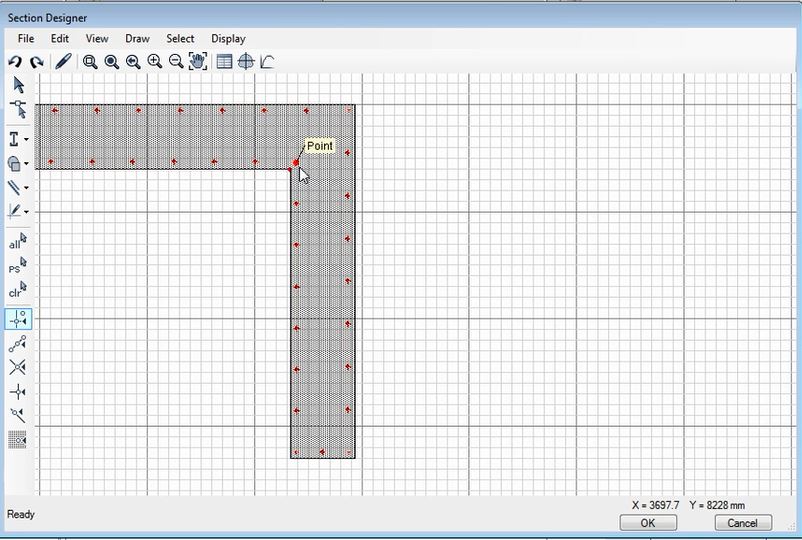
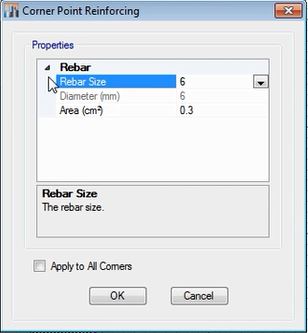
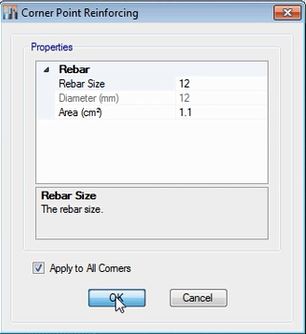
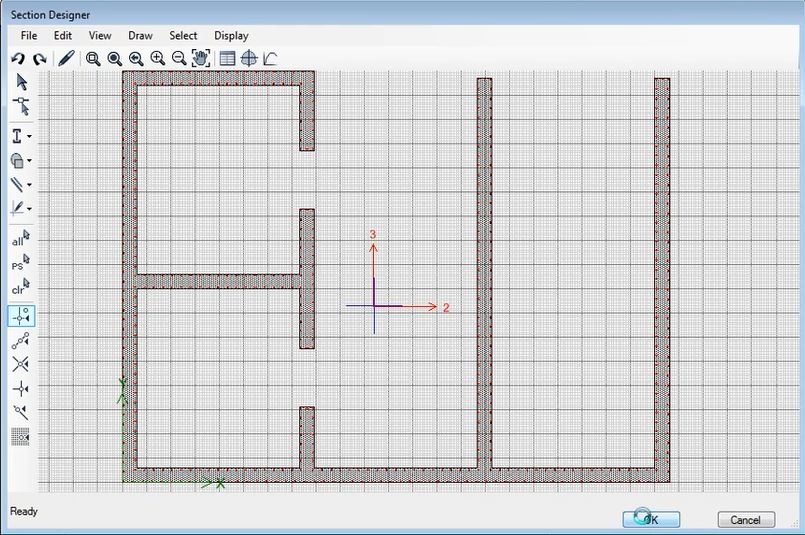
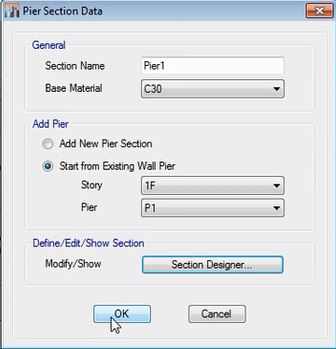
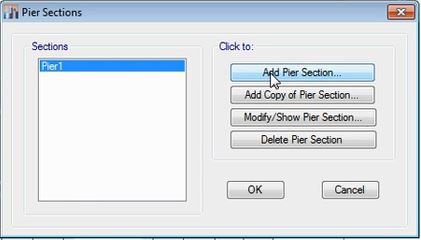
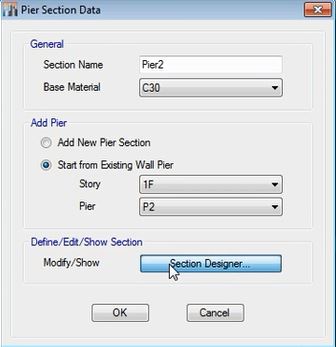


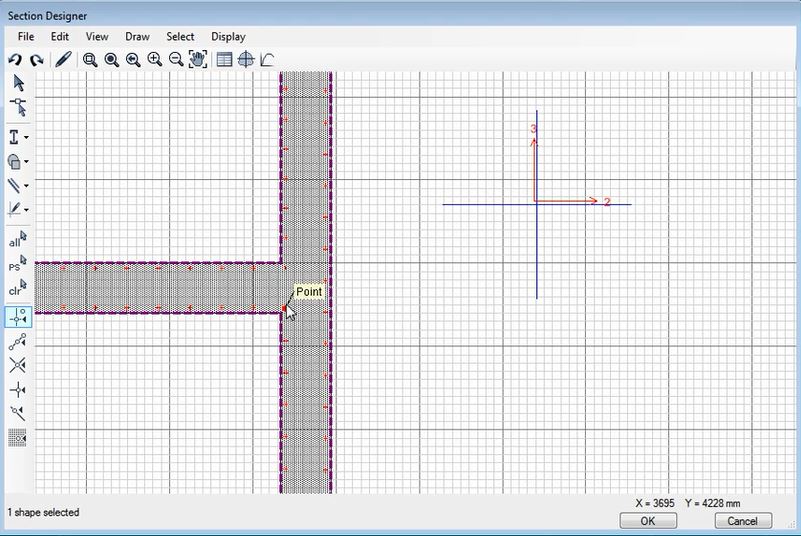

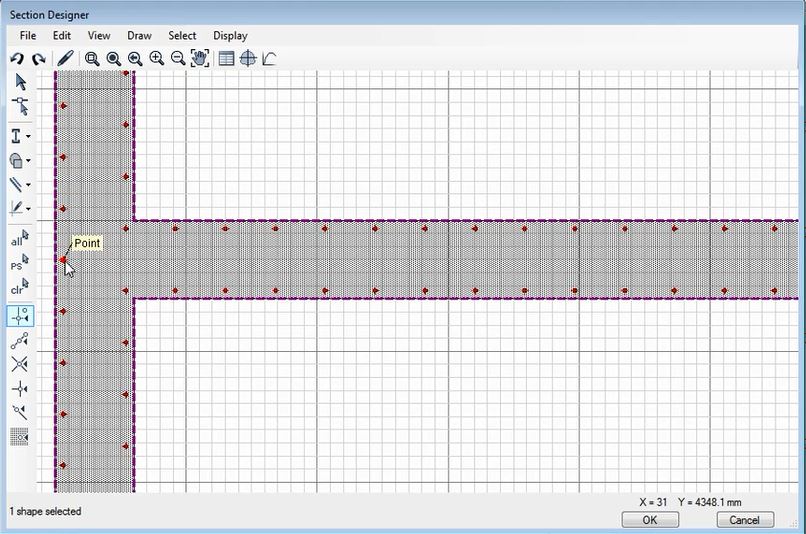
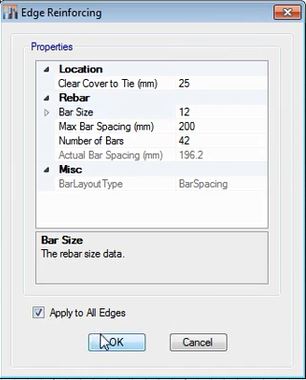


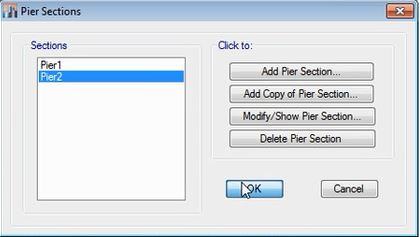
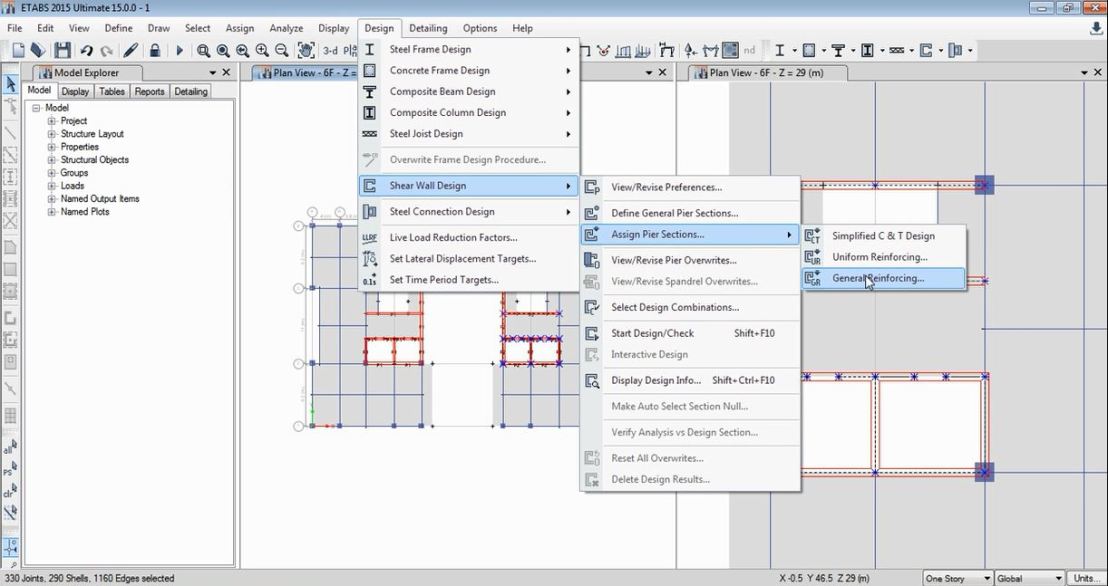



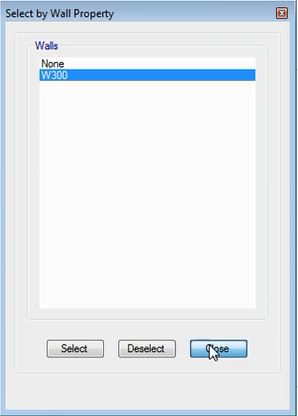
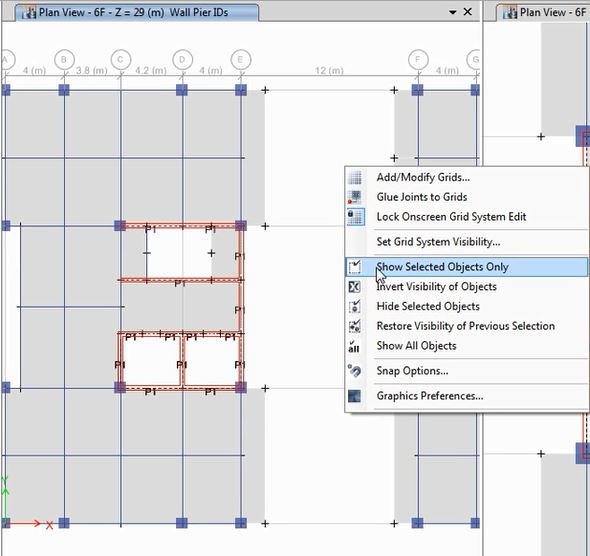

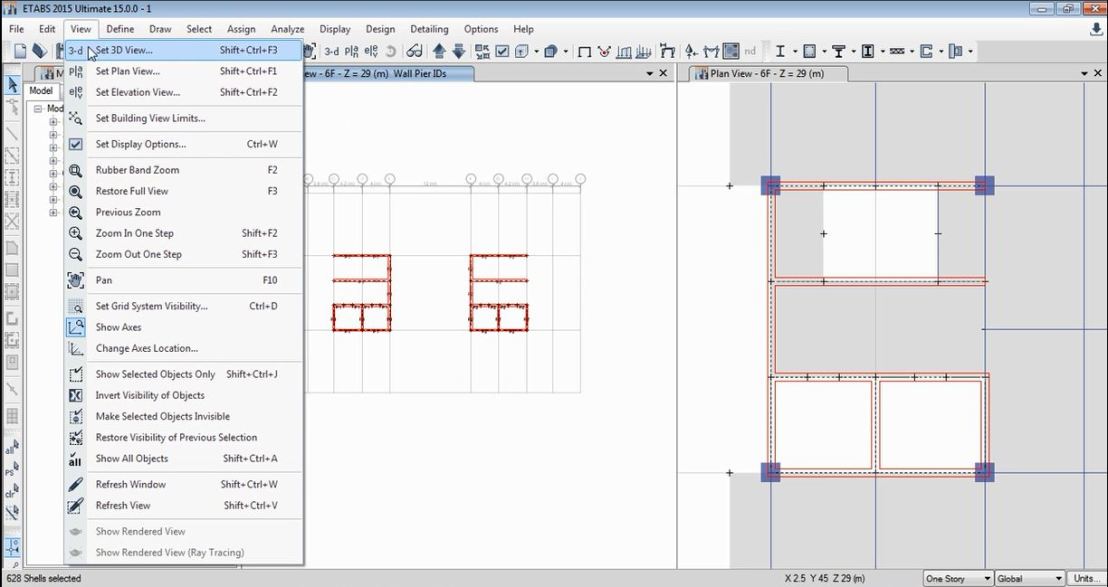
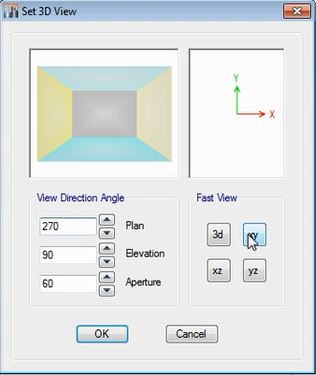
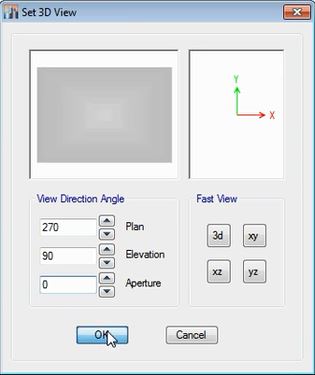
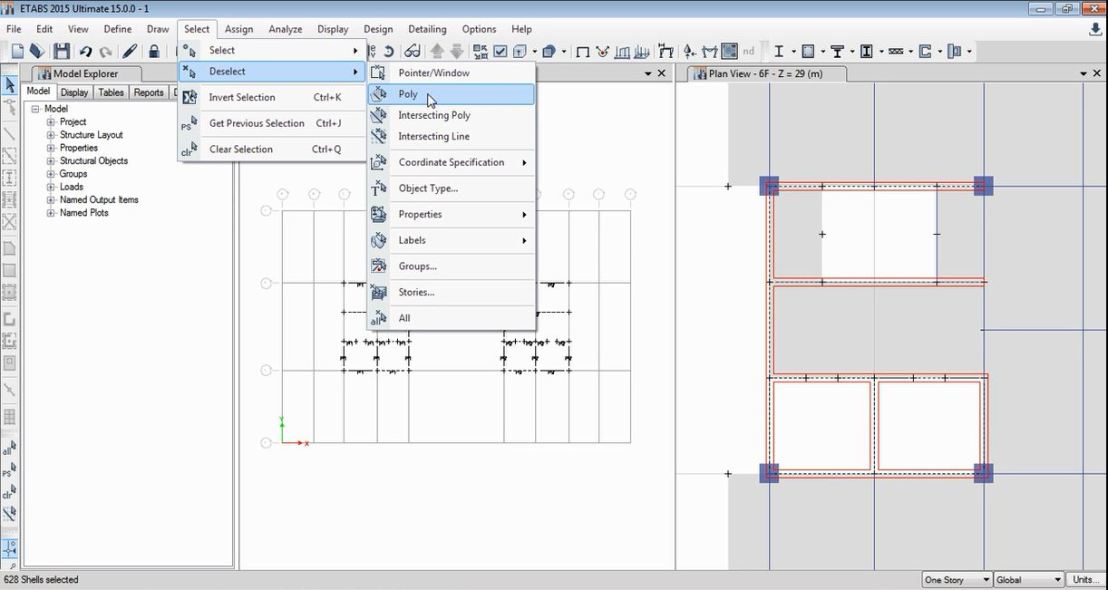

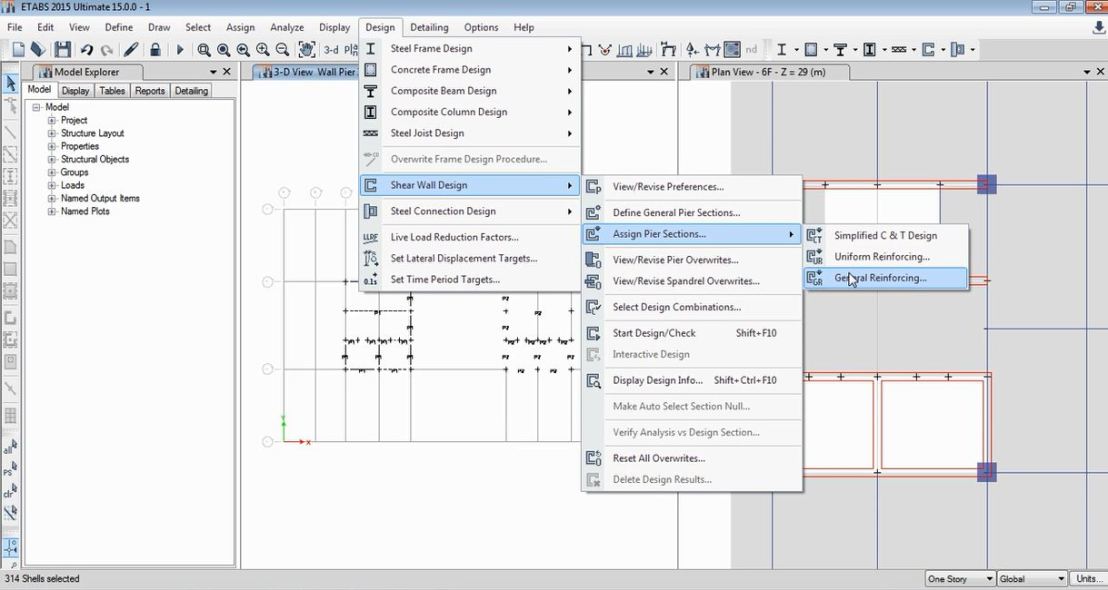
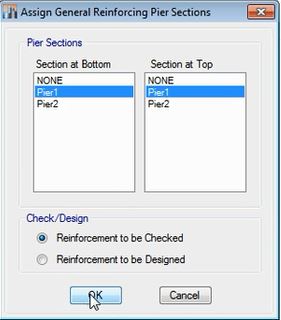


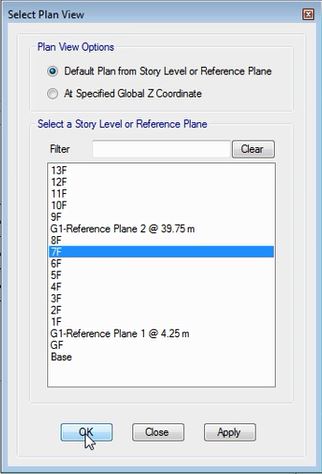


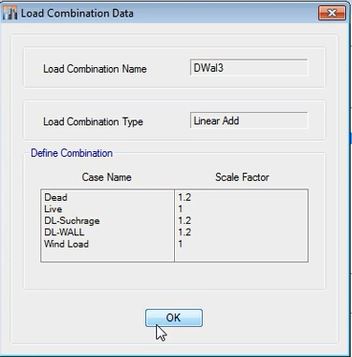
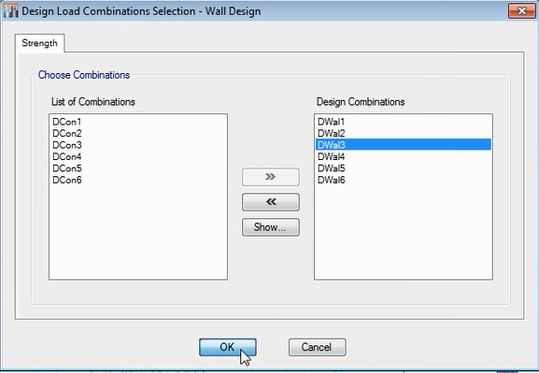
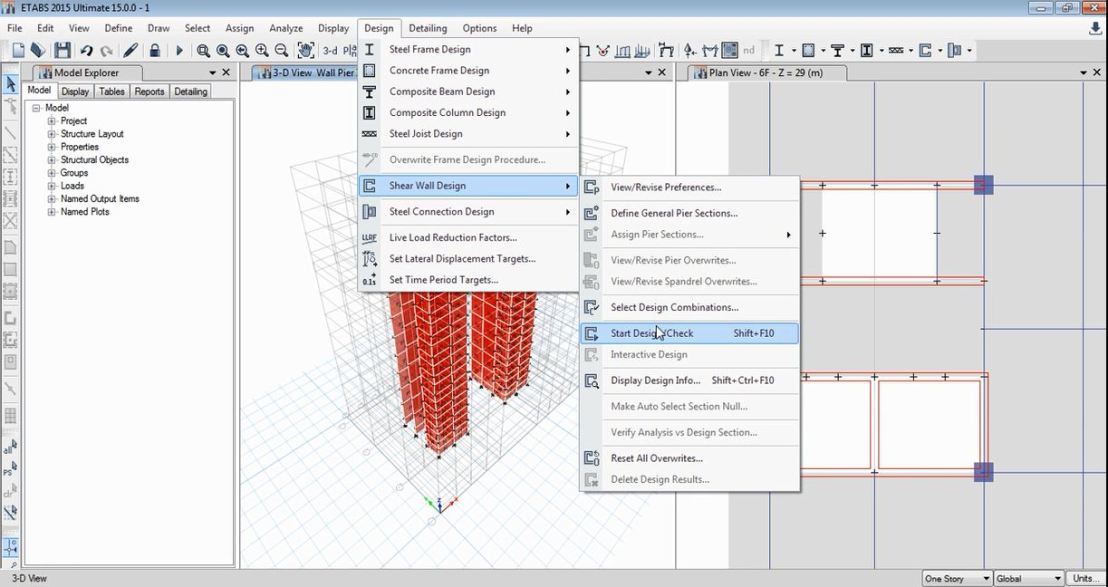

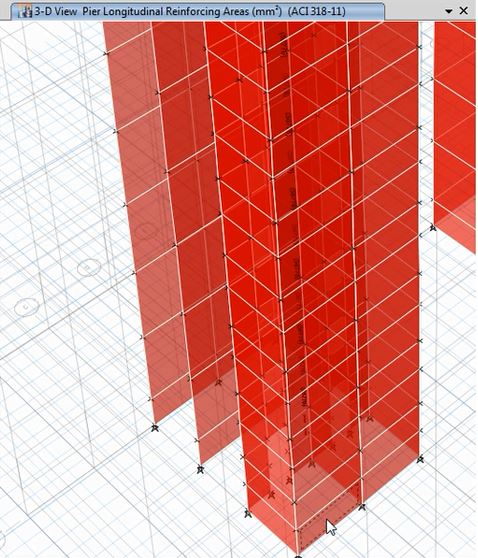
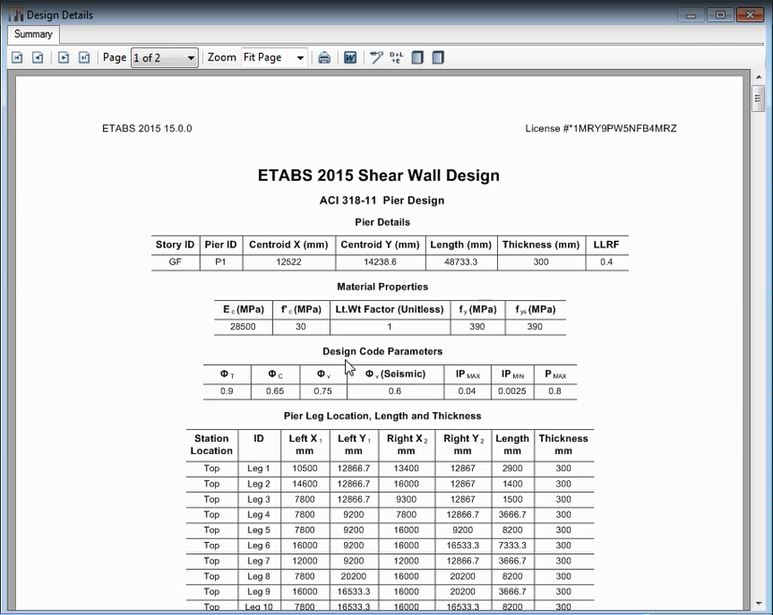

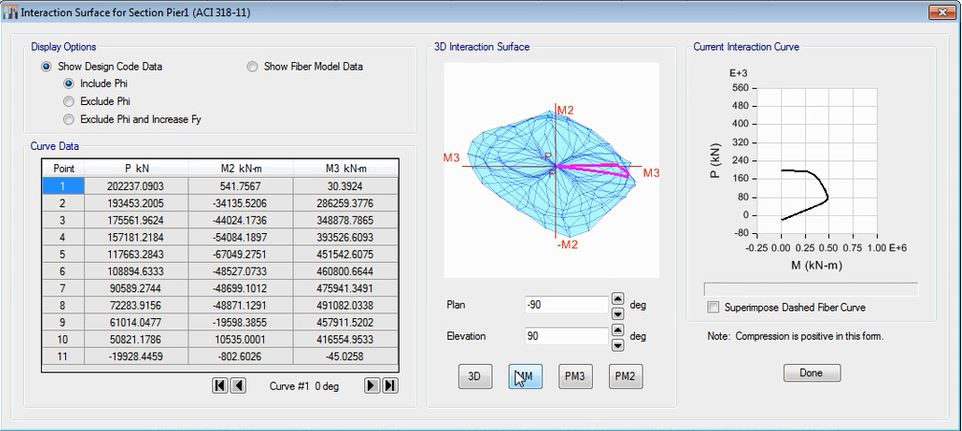


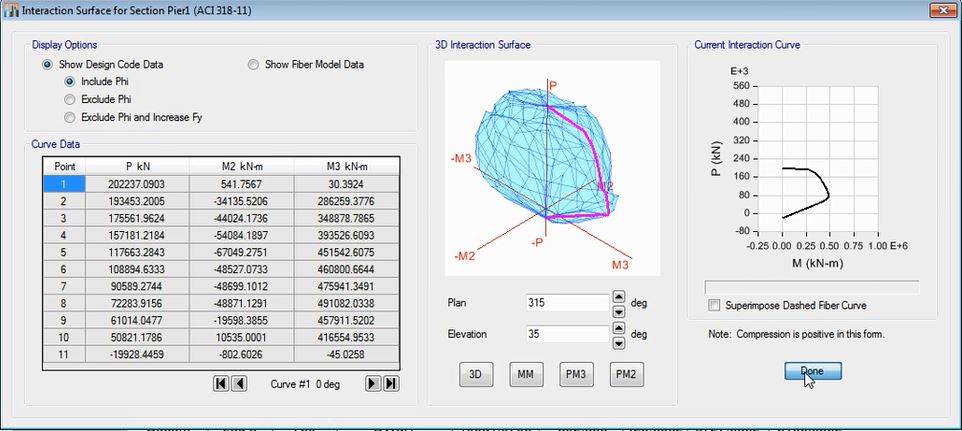

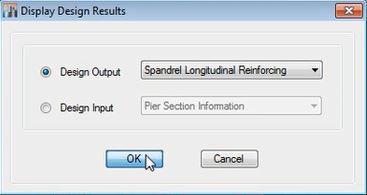
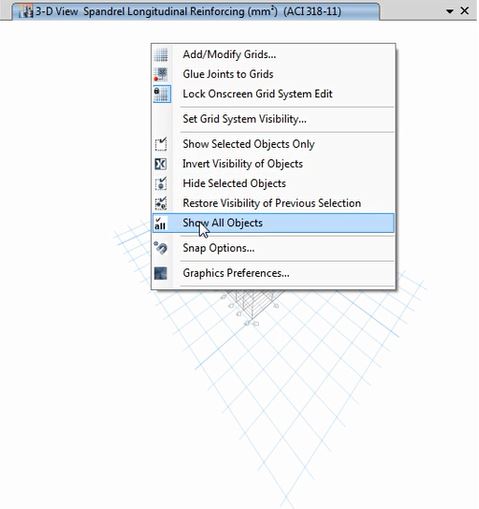
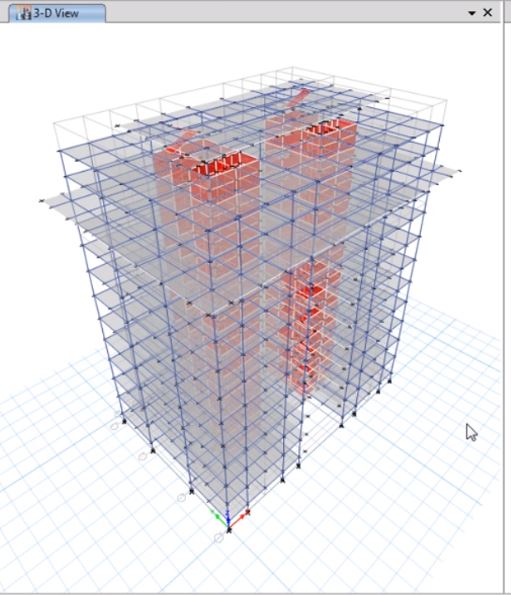
Civil Engineers' Blog
Month: February 2016





















































































































































































































































































































































































































































































































































































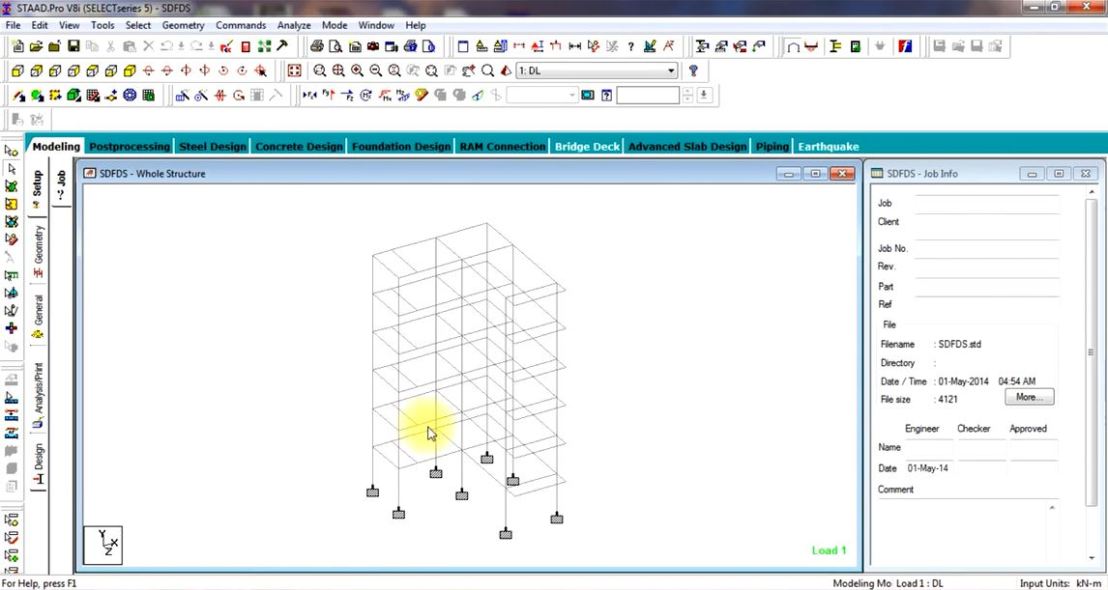

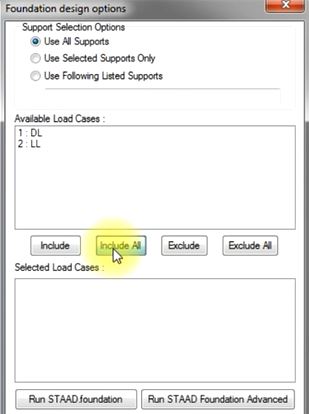
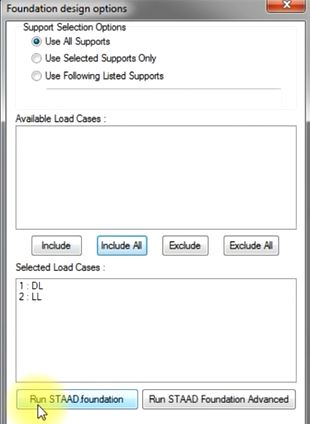

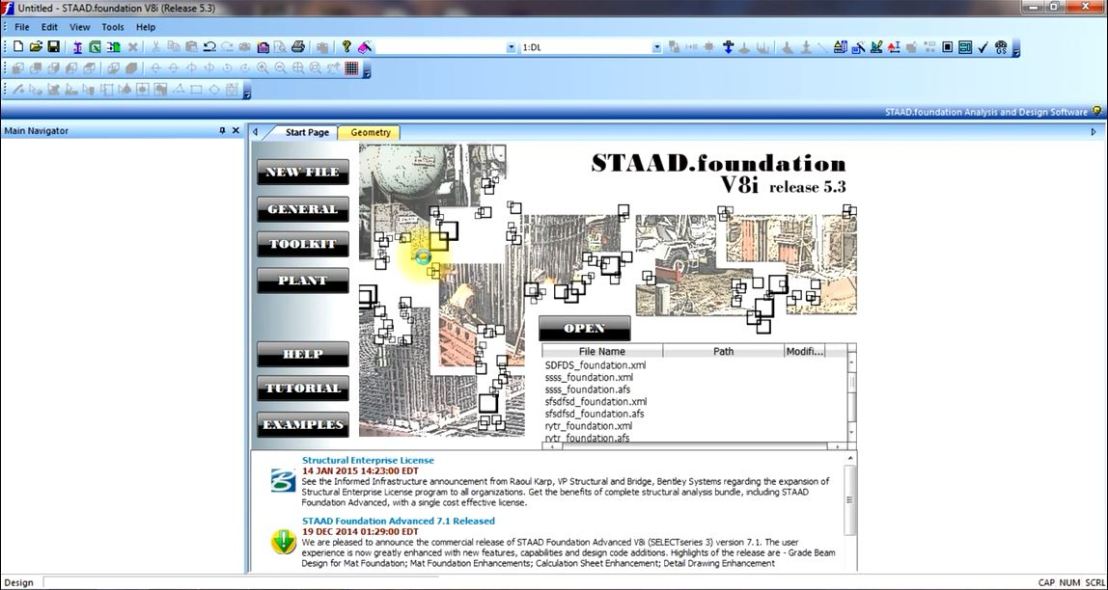

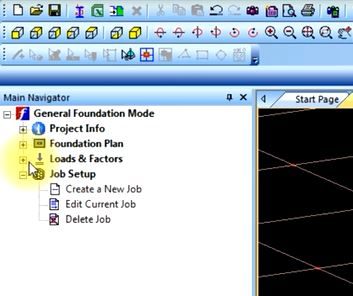
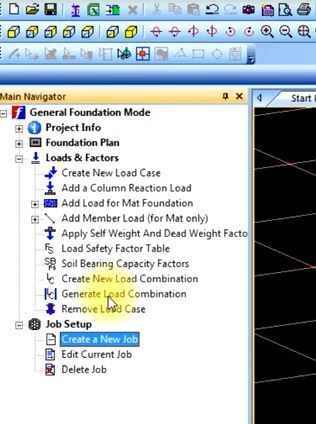
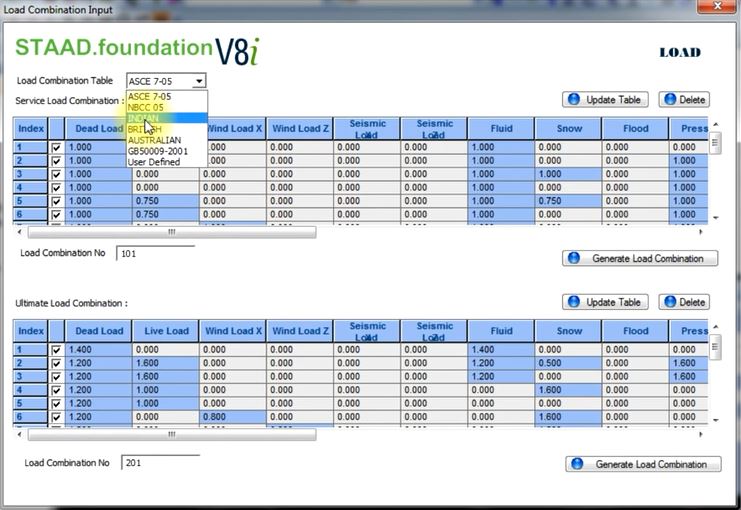

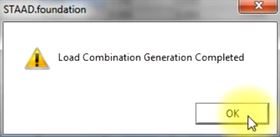
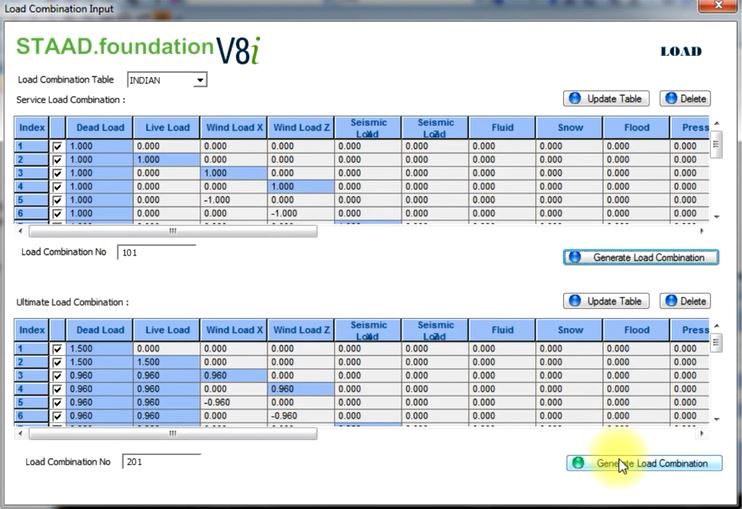

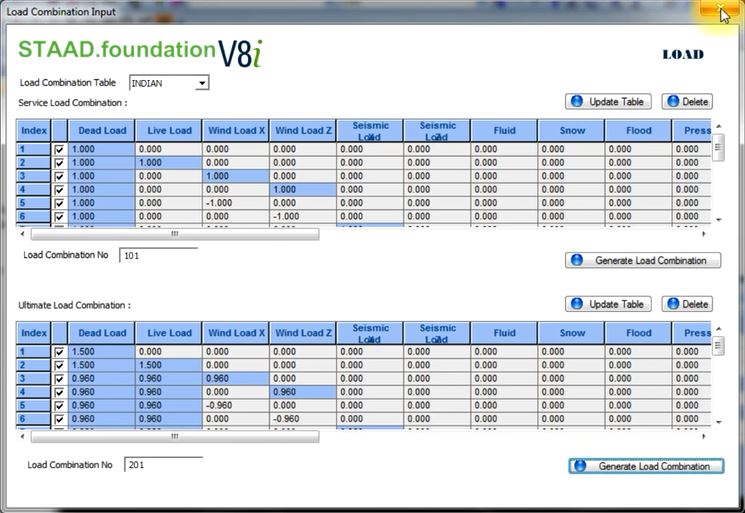
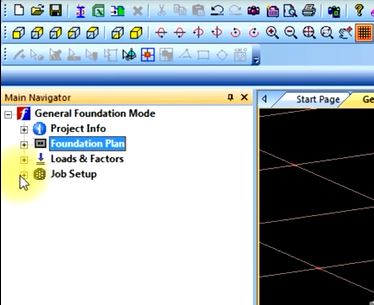

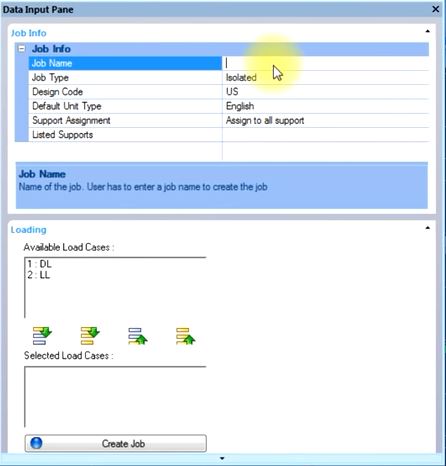
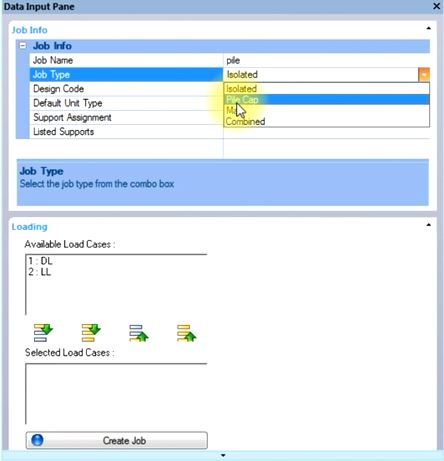
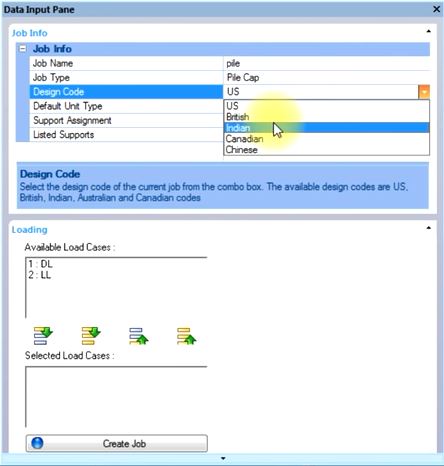
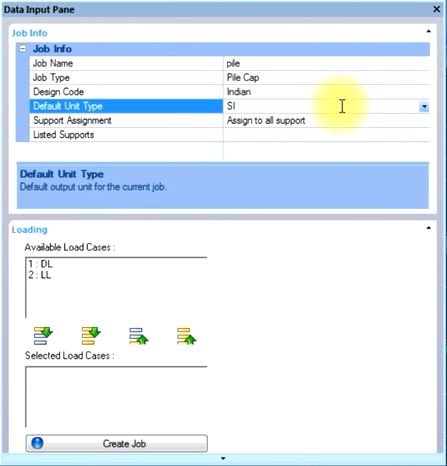

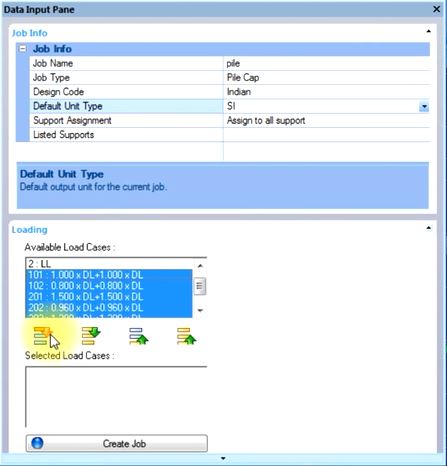

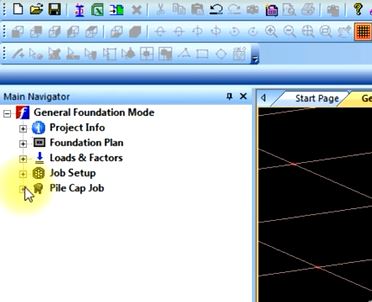
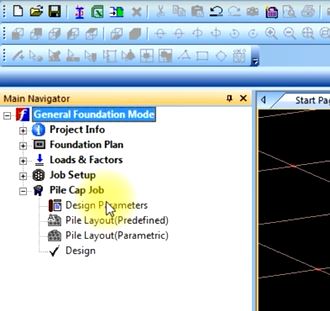
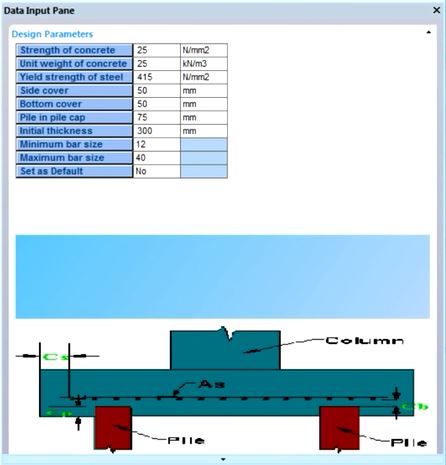
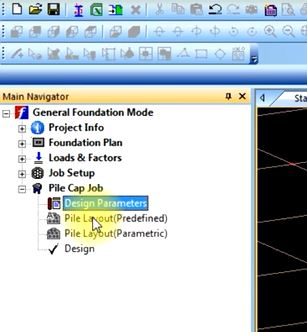

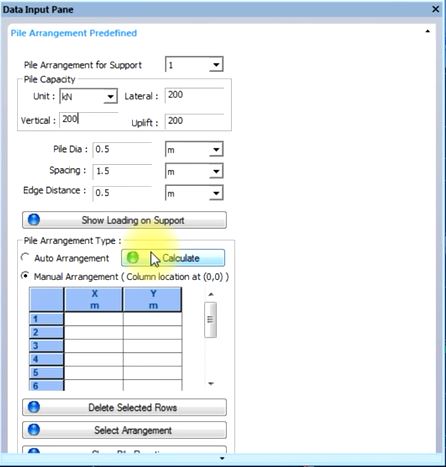

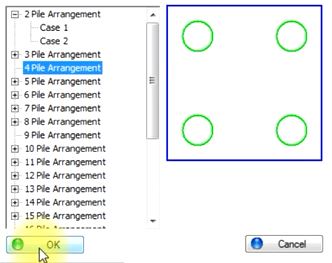
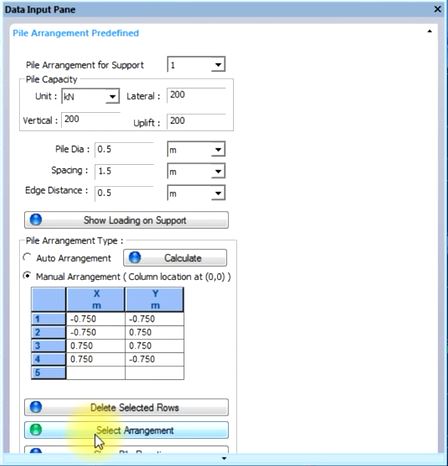




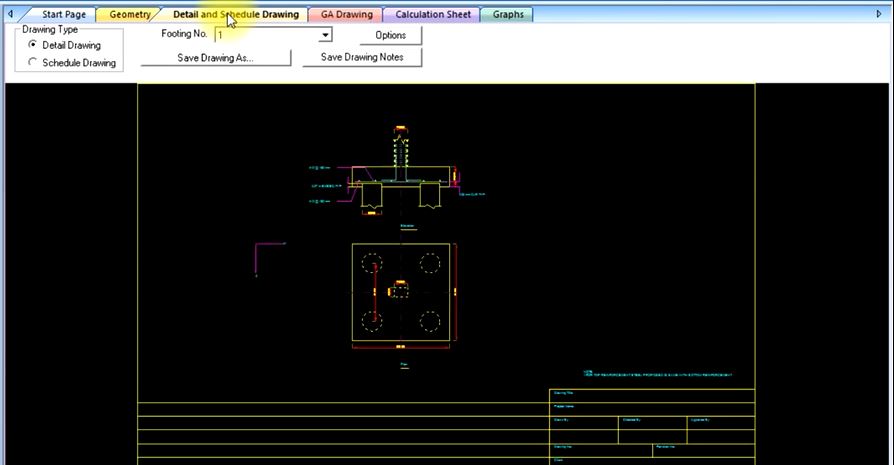

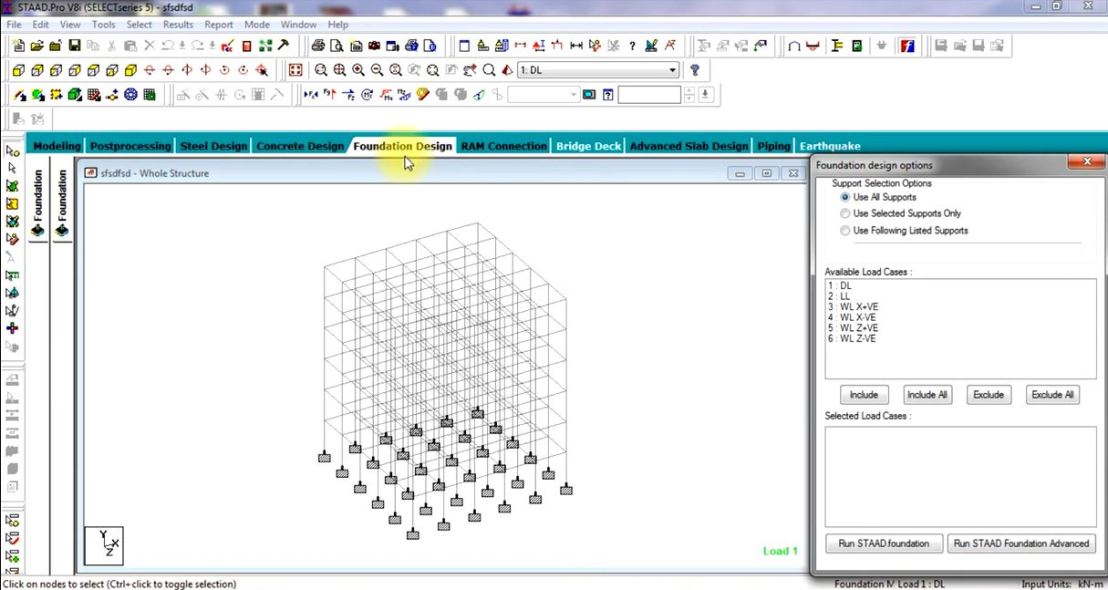
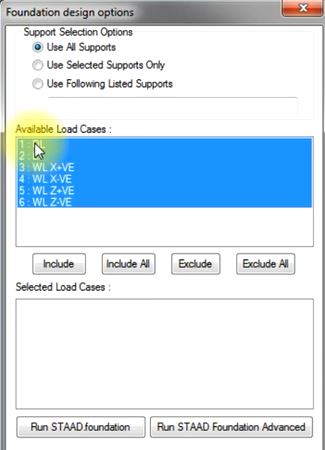

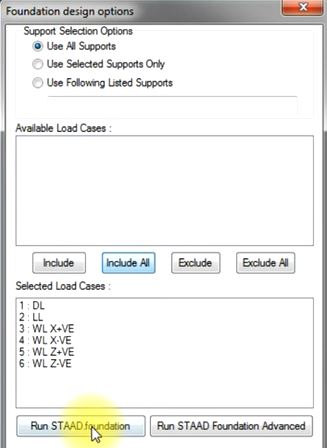


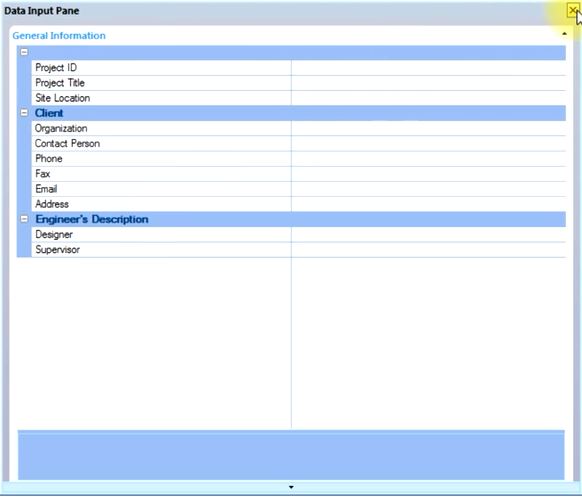

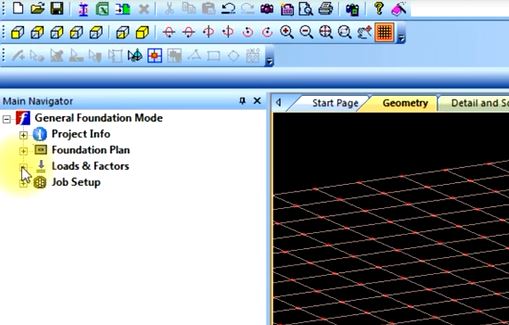
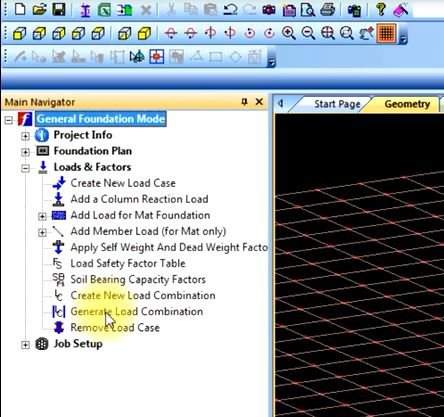
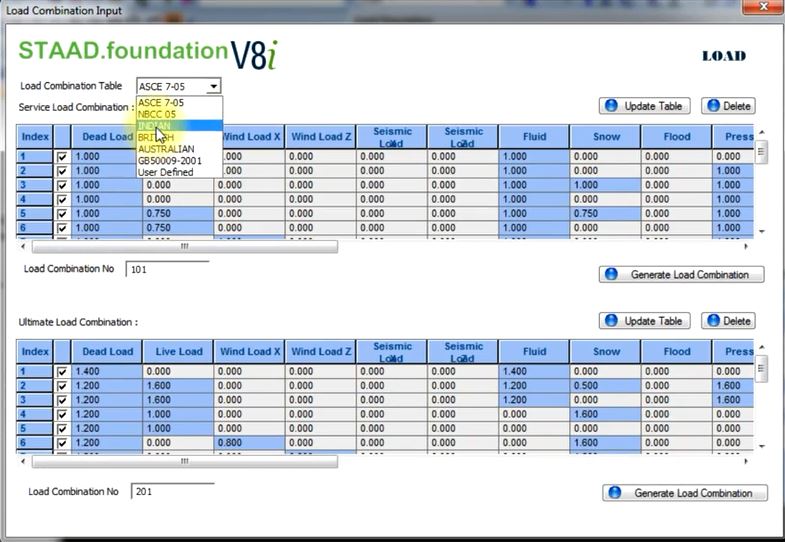


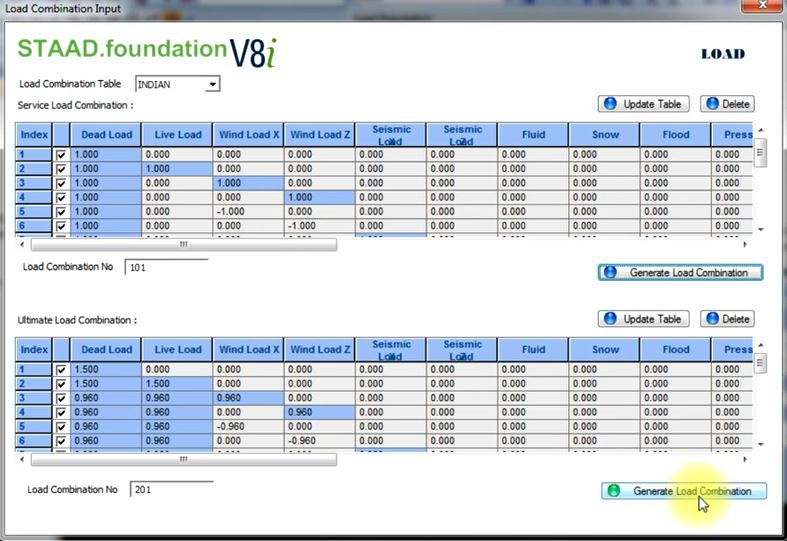
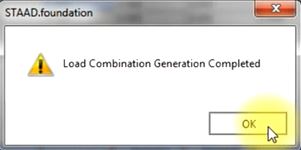
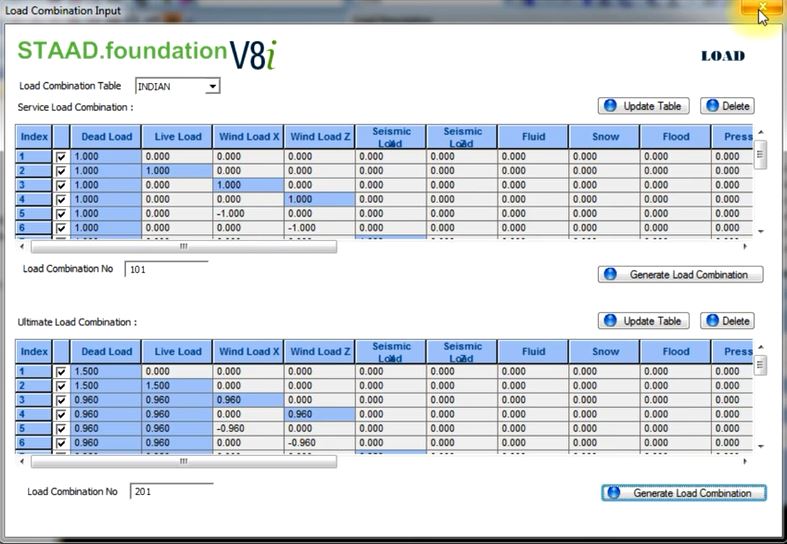



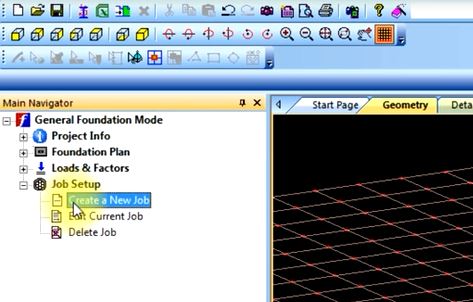
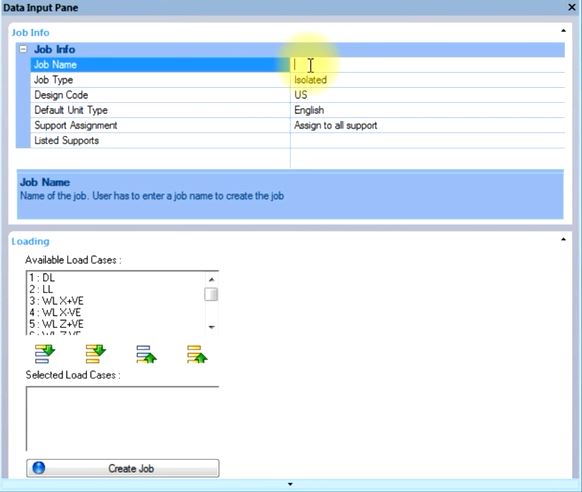

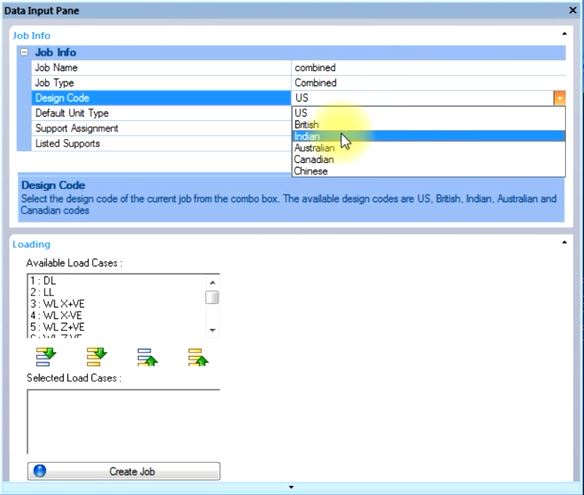
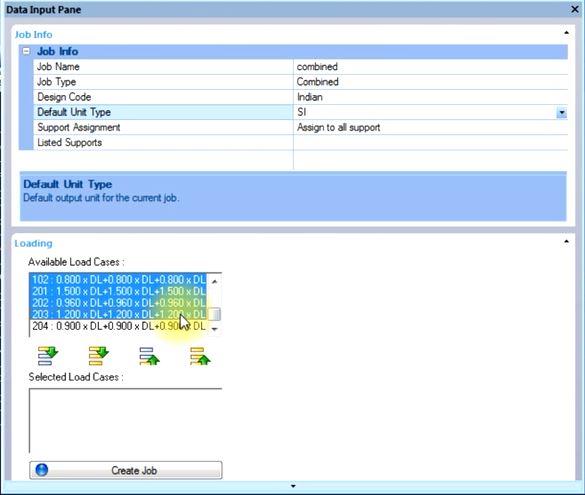
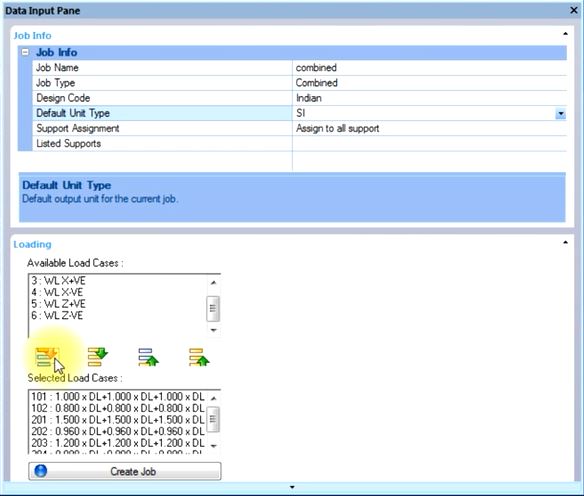
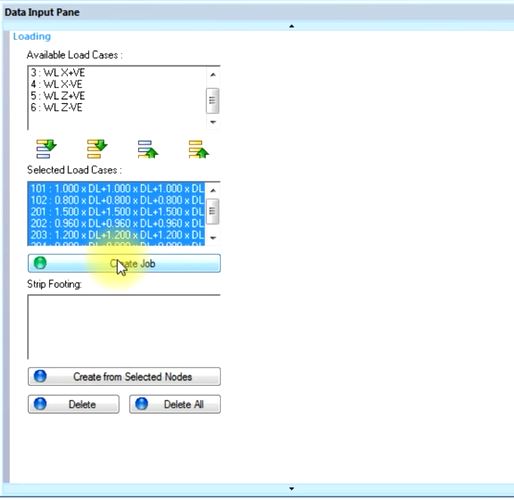




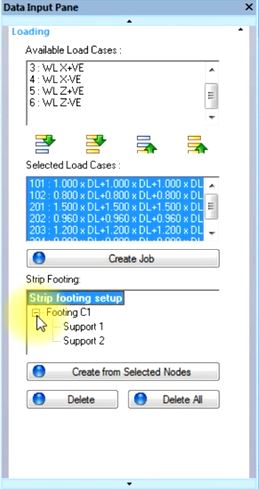

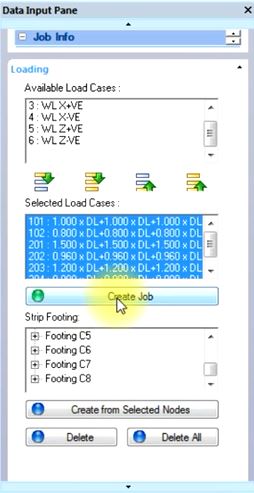

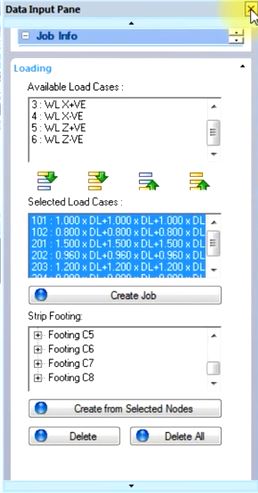
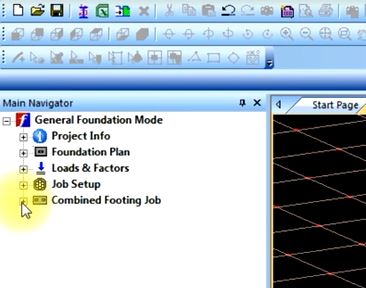
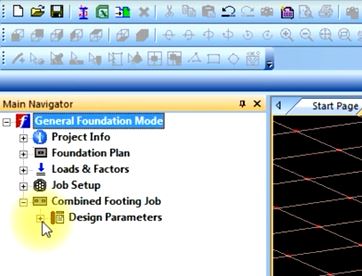
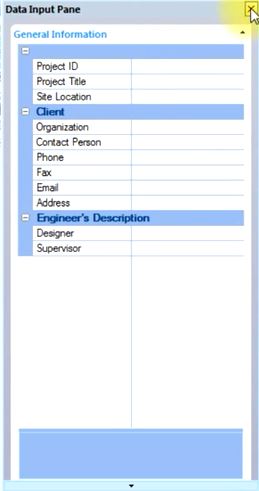

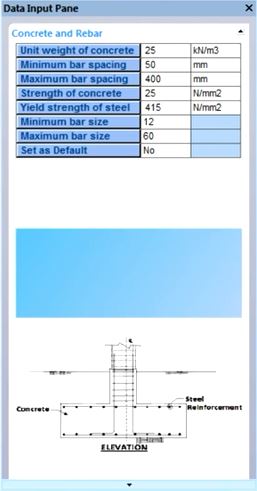
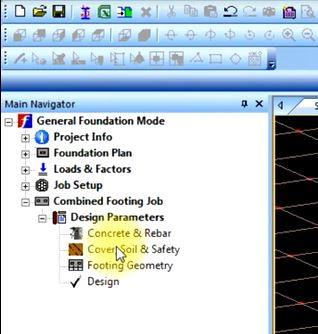


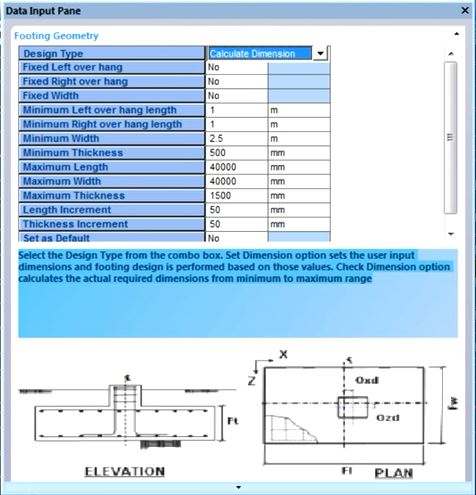
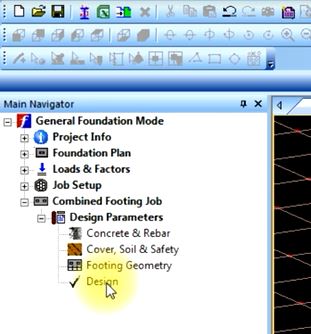


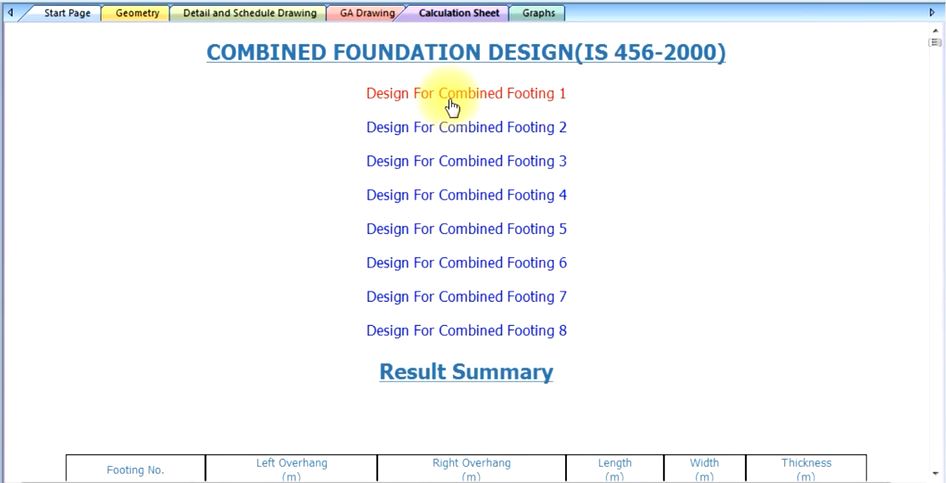
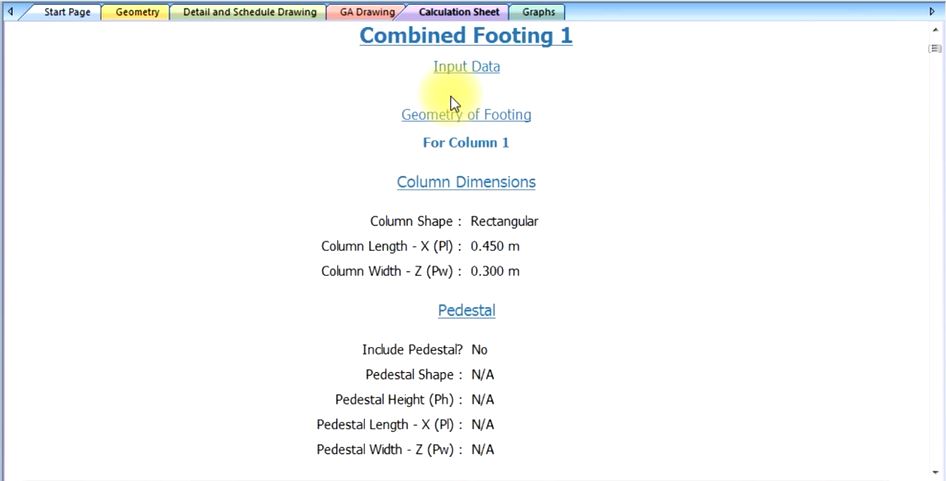
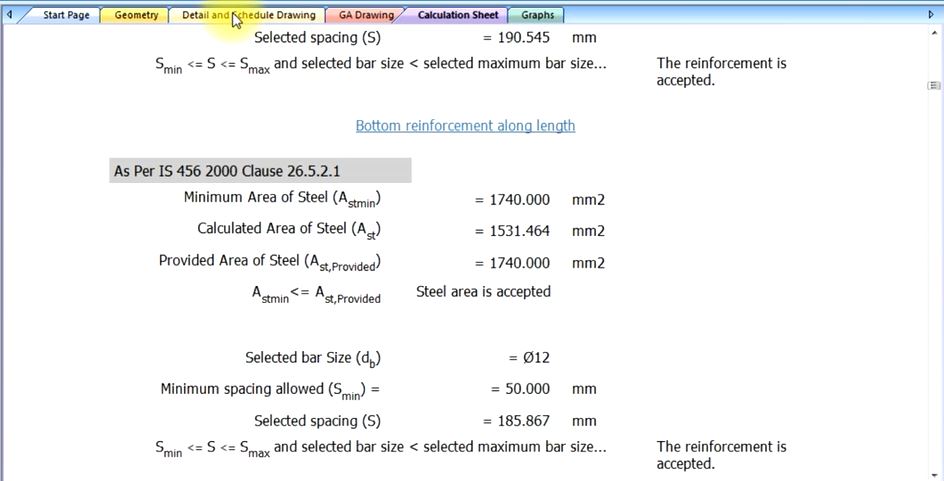
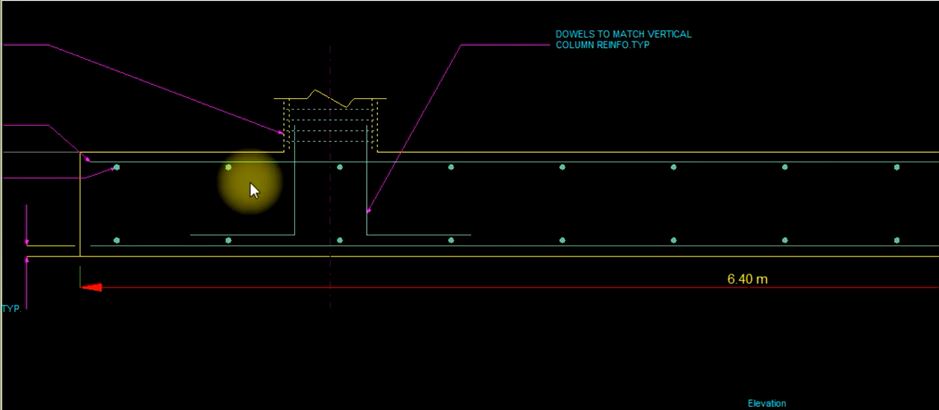
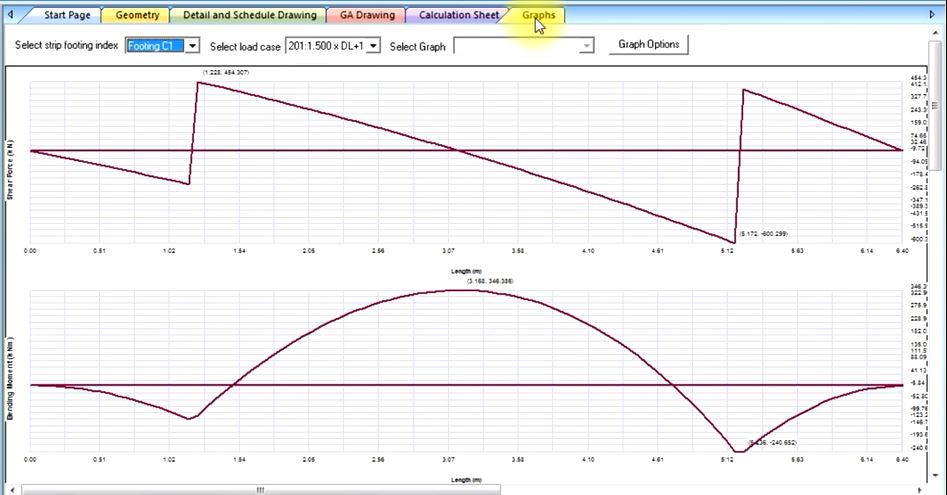

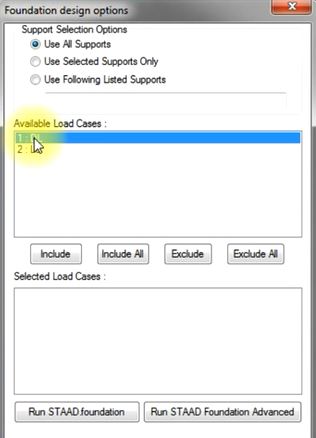
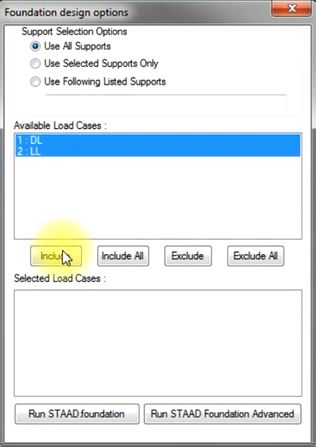
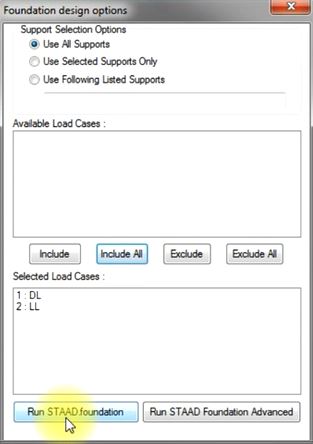








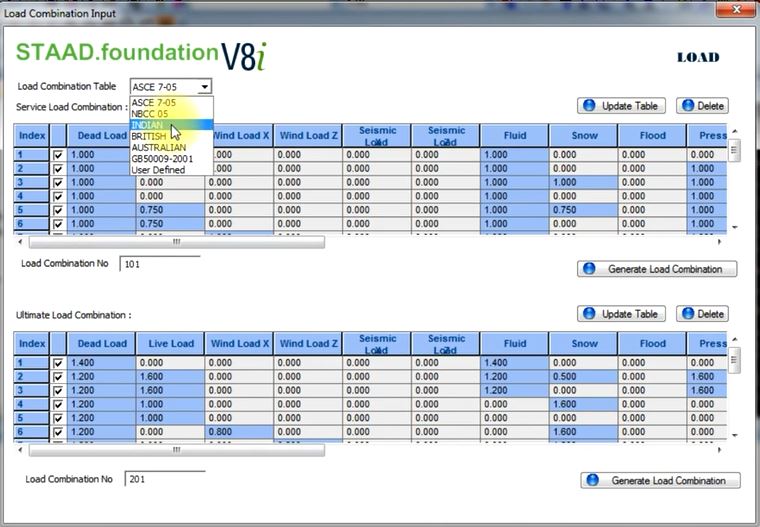
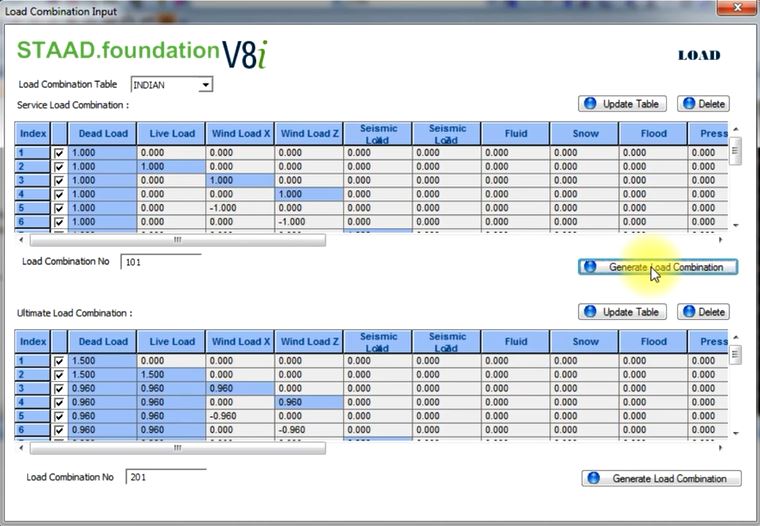

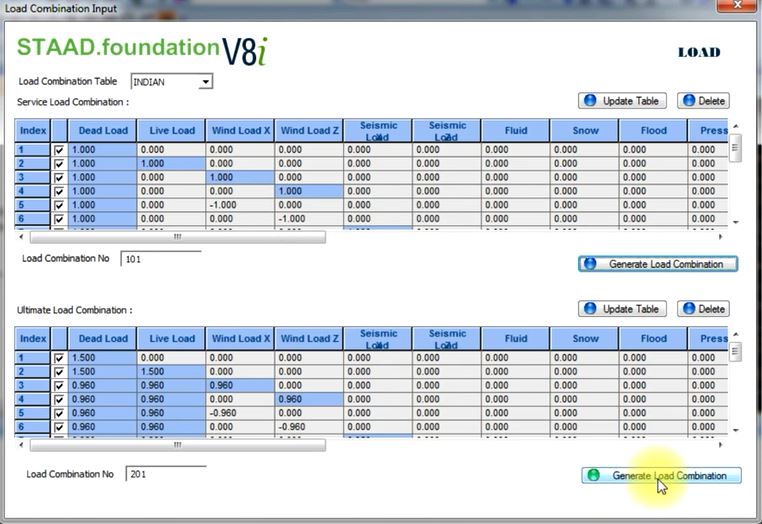
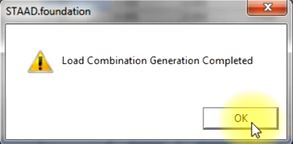

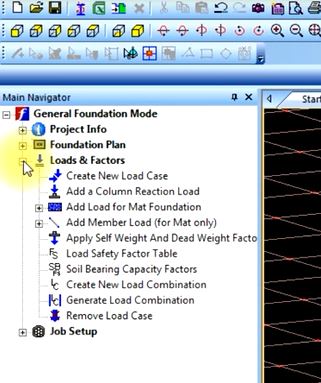
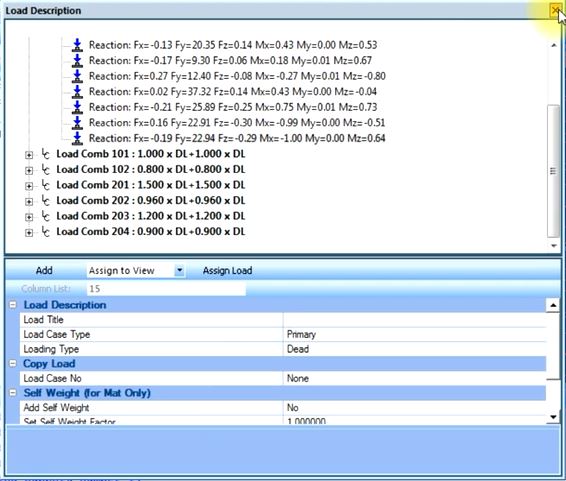


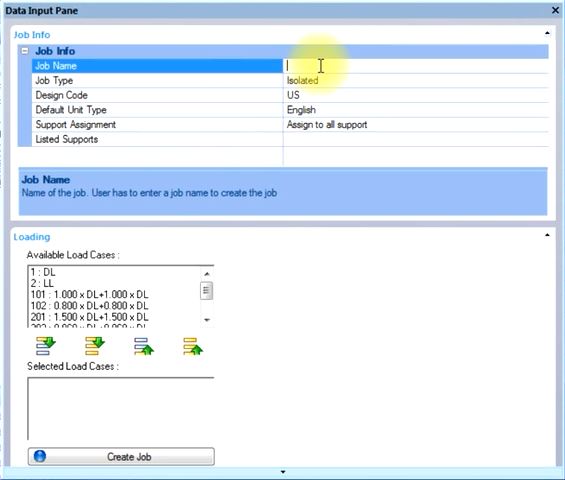
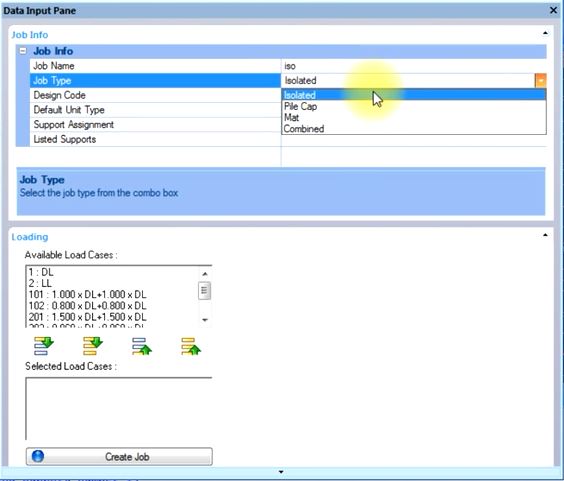


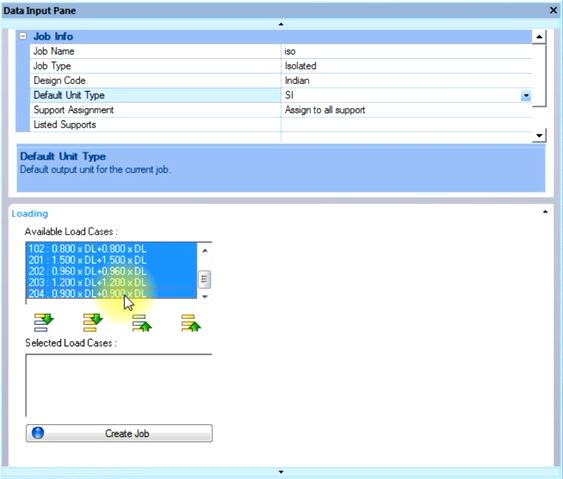

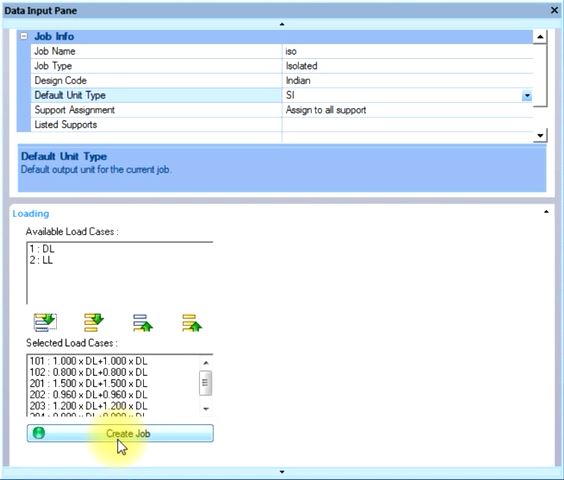


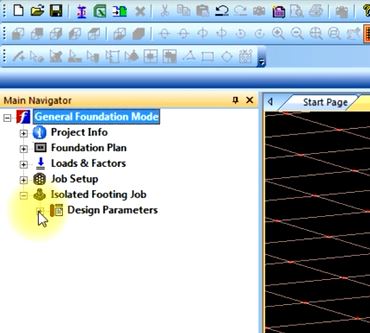

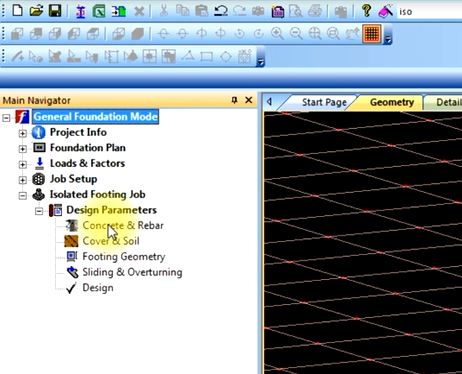




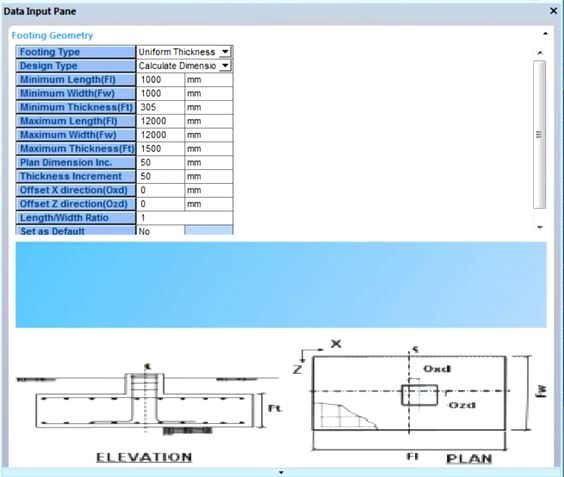


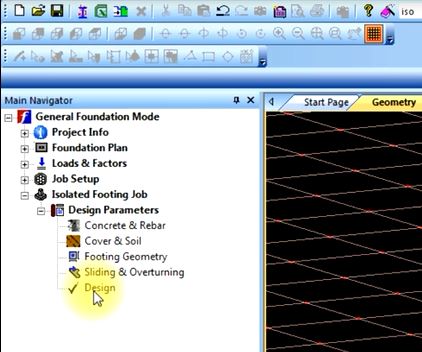


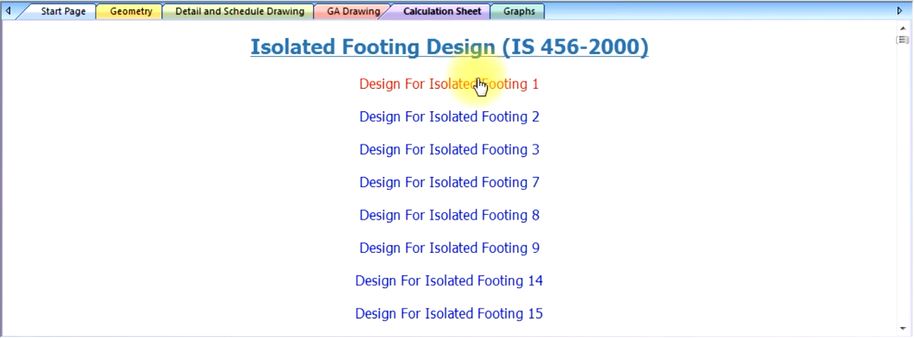

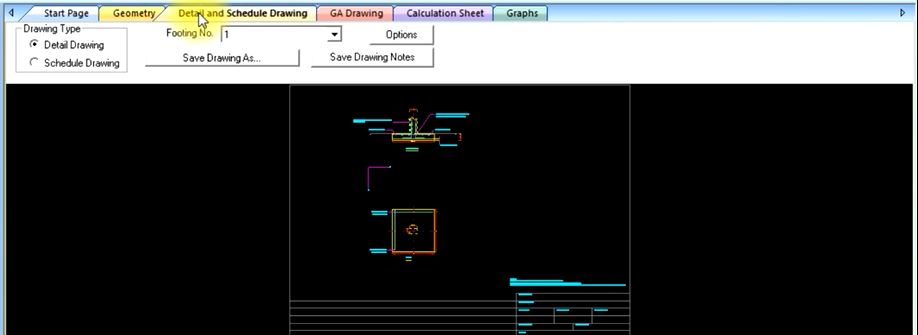


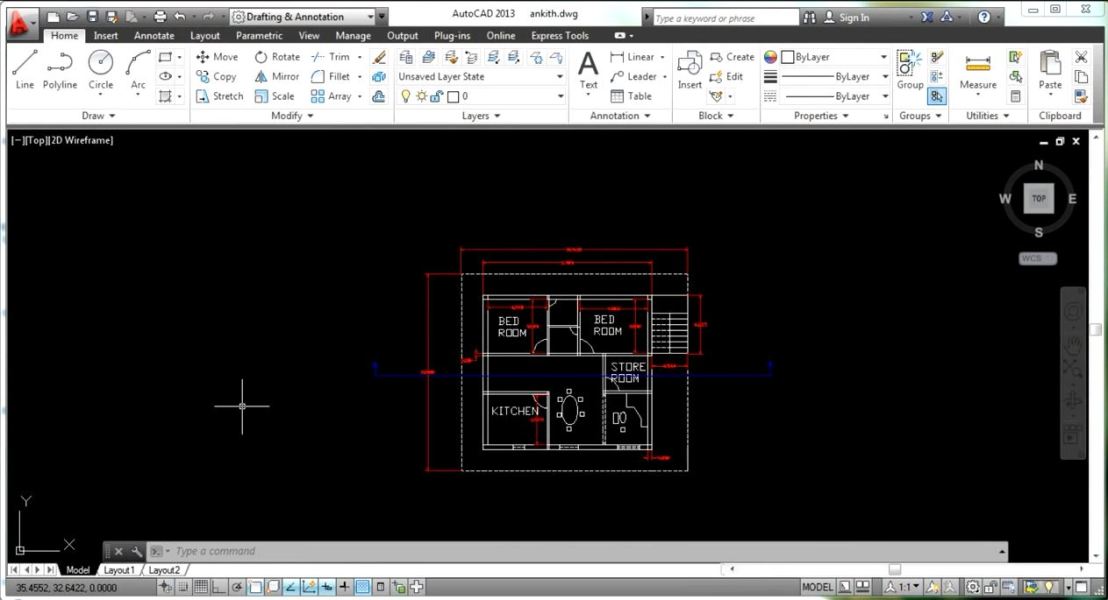
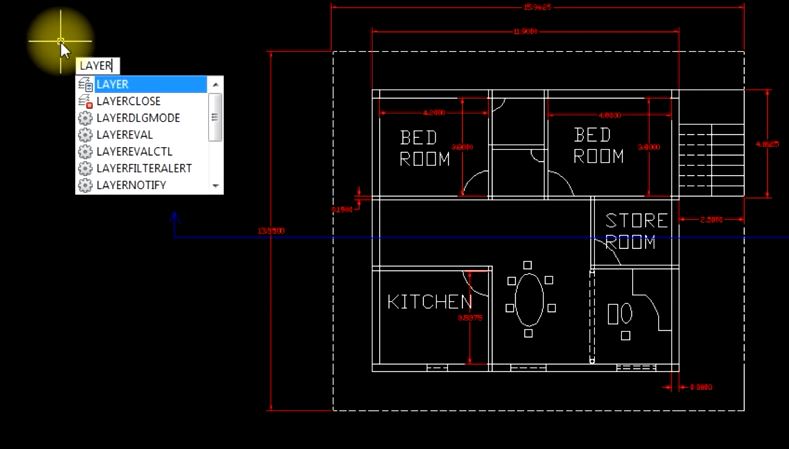
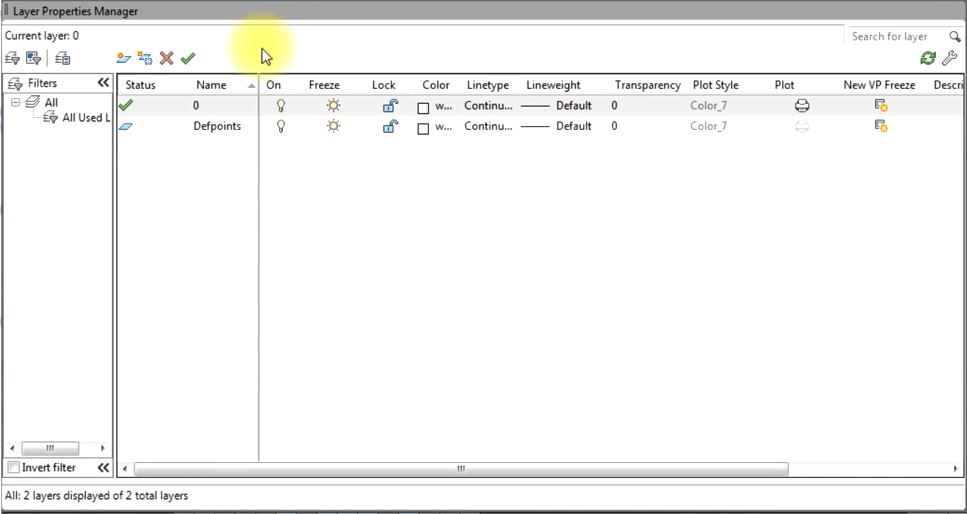


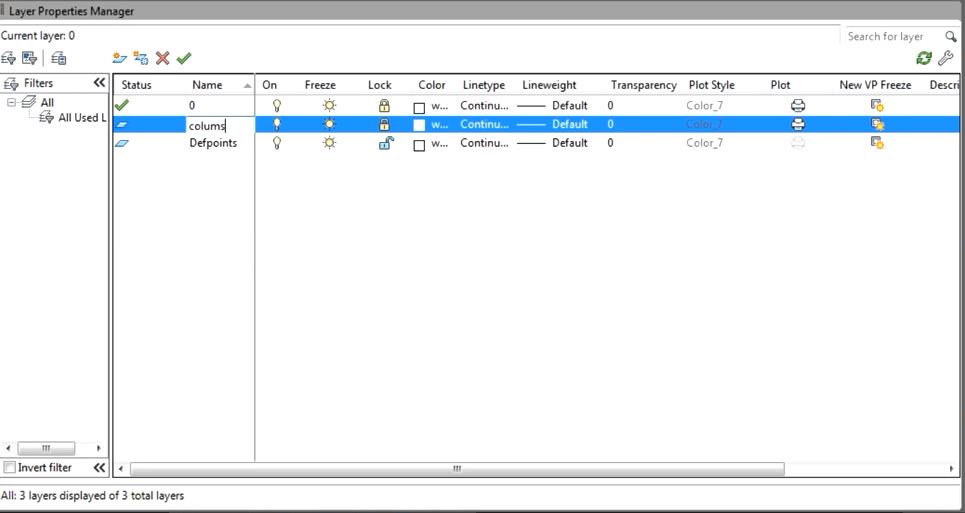




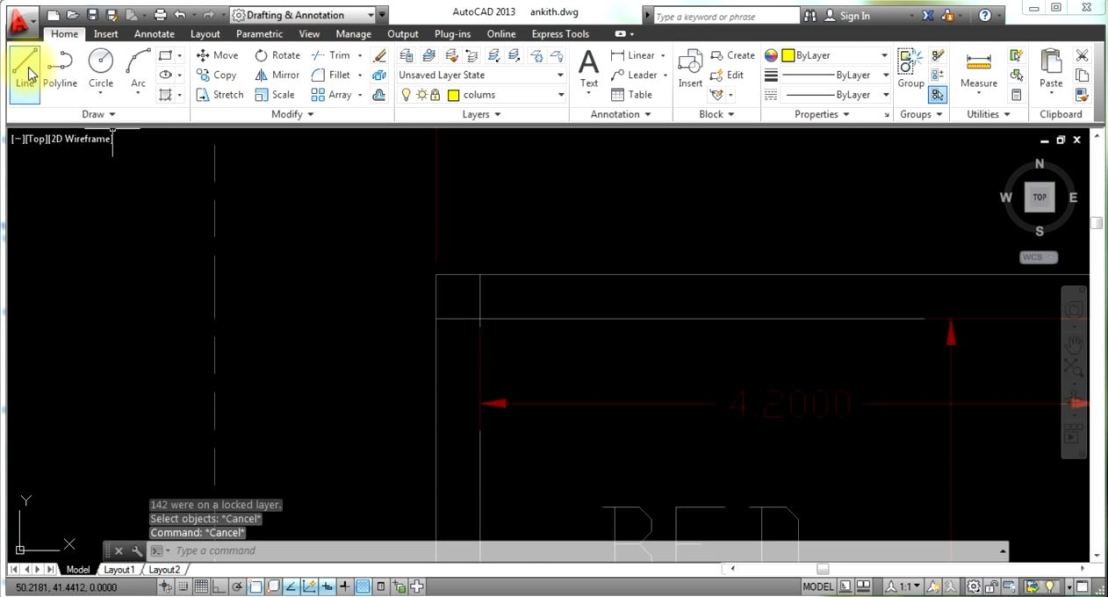
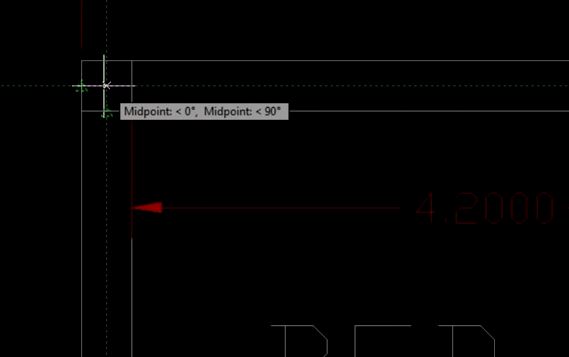
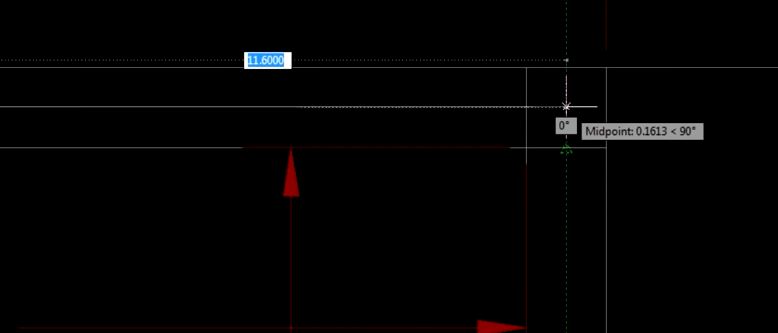
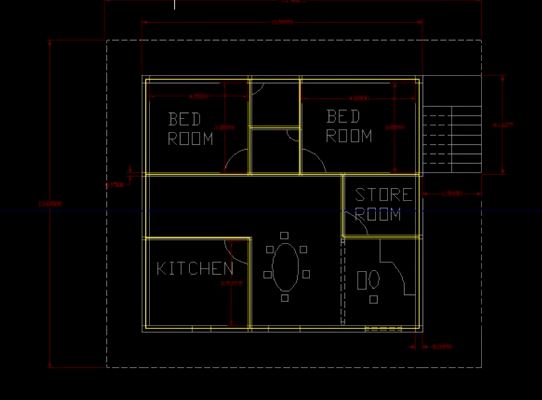
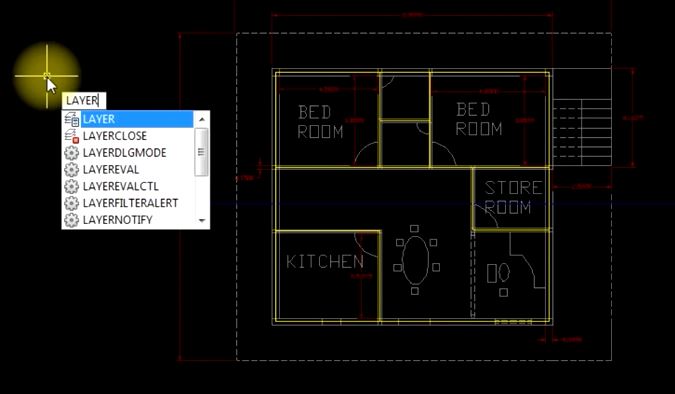
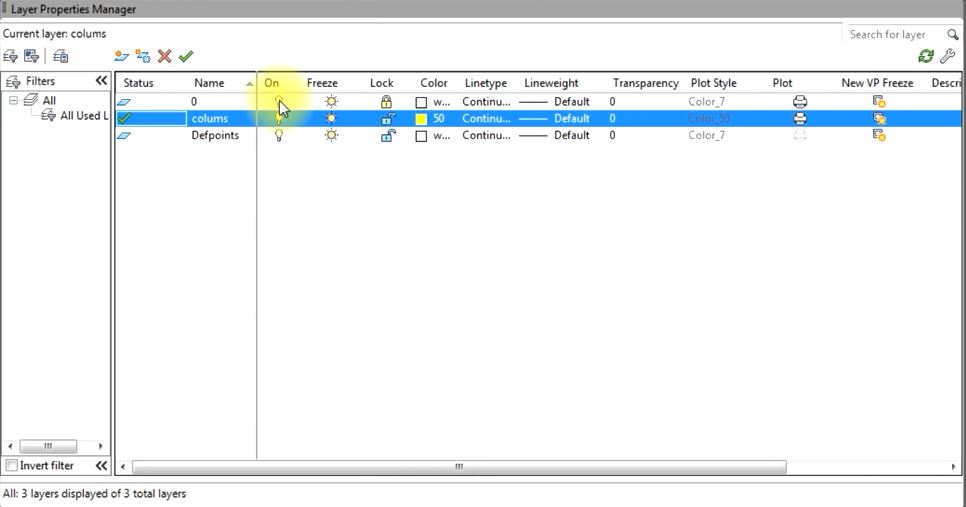
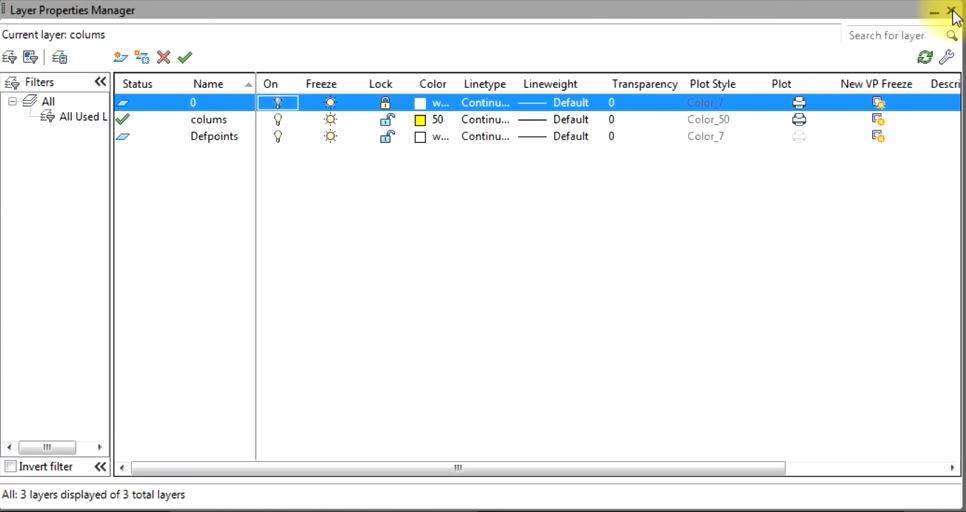


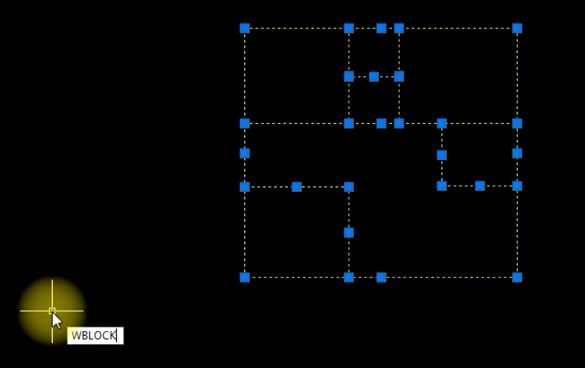
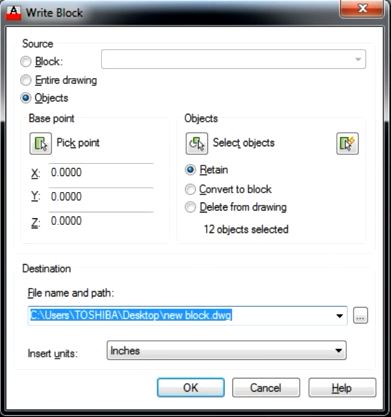
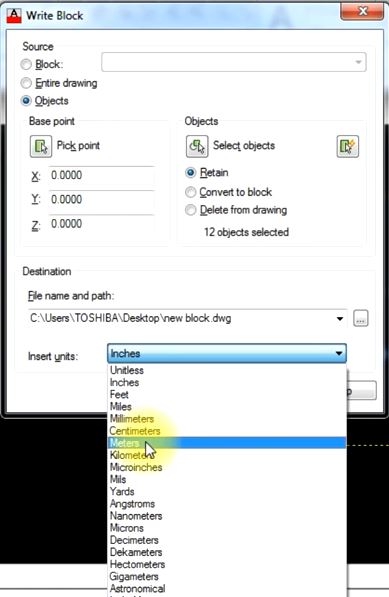

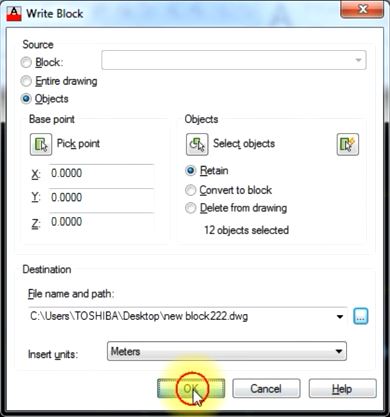
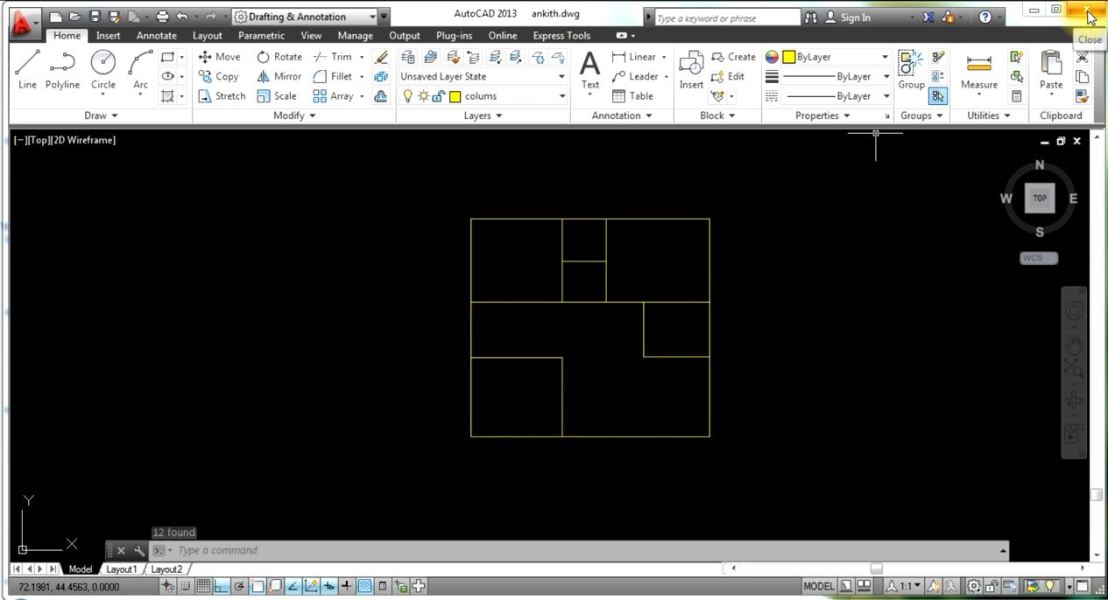
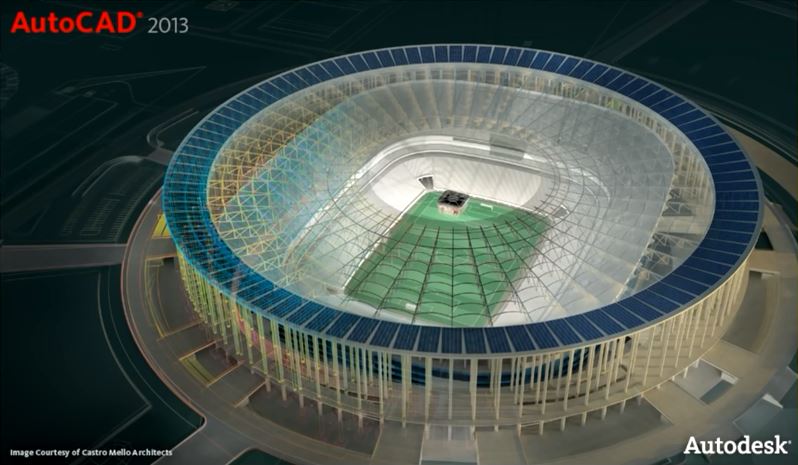
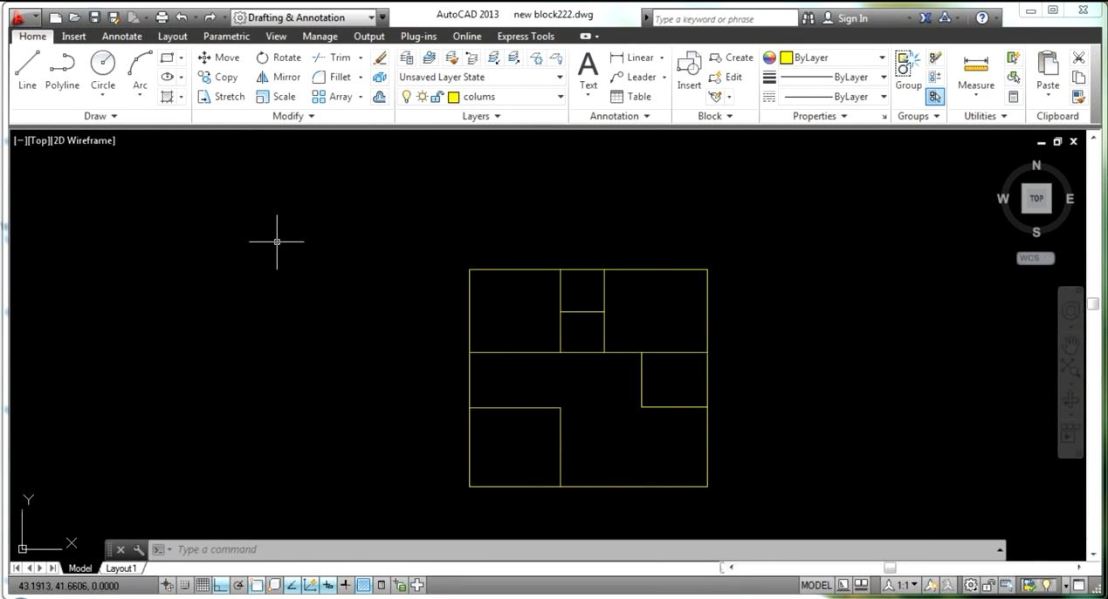
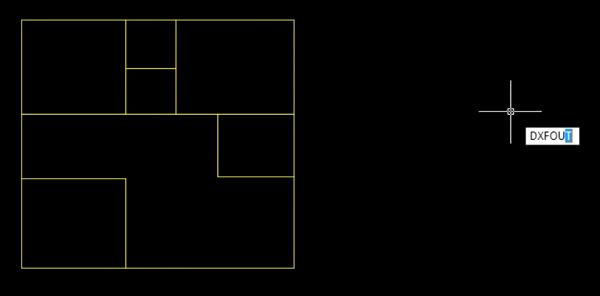
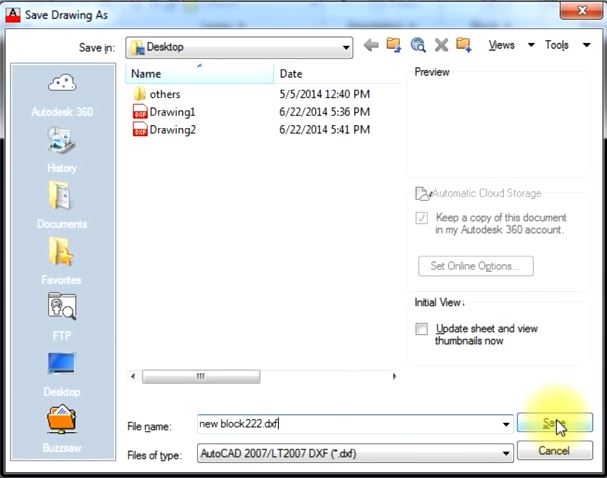
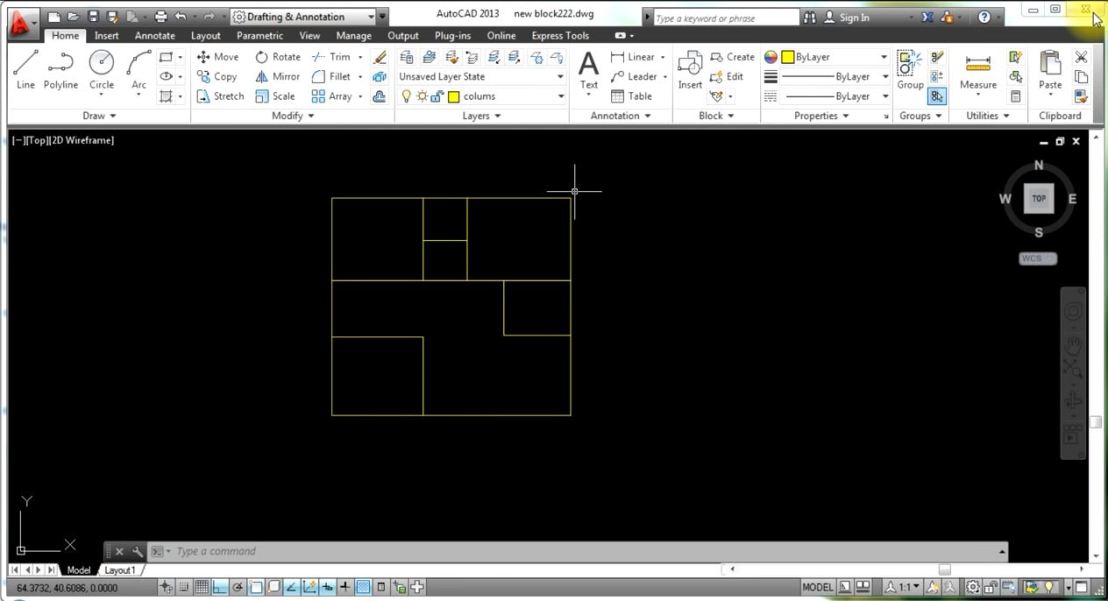

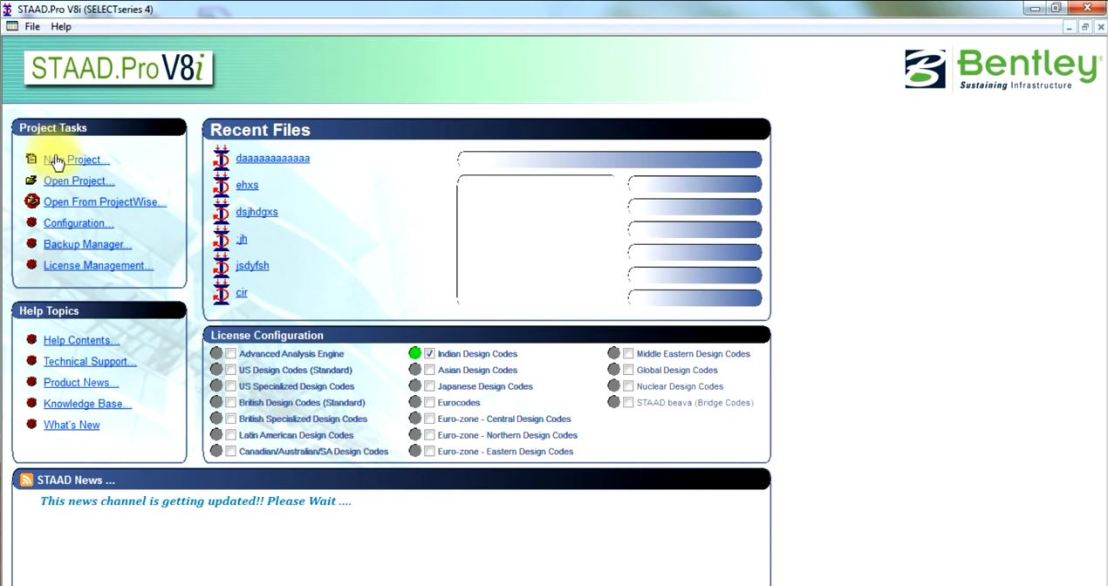

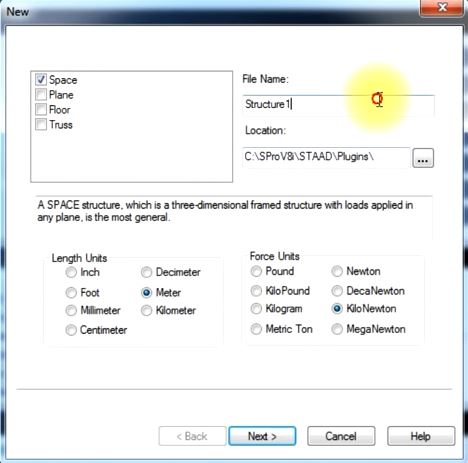

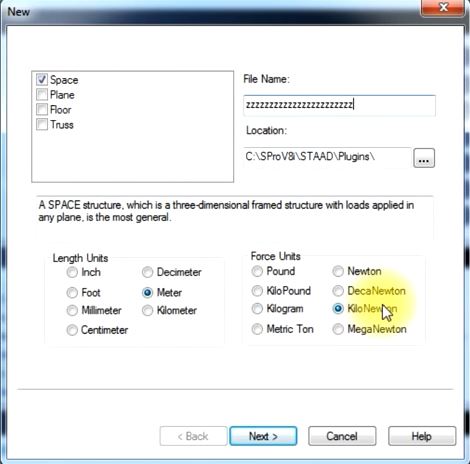
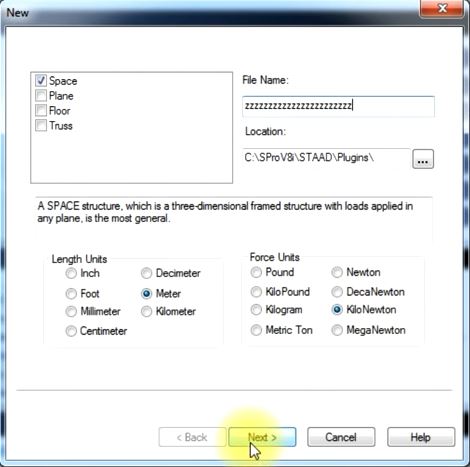

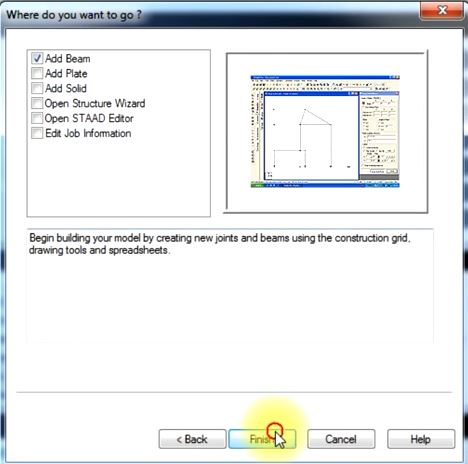





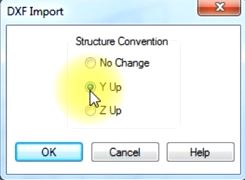
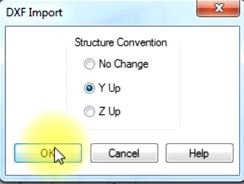


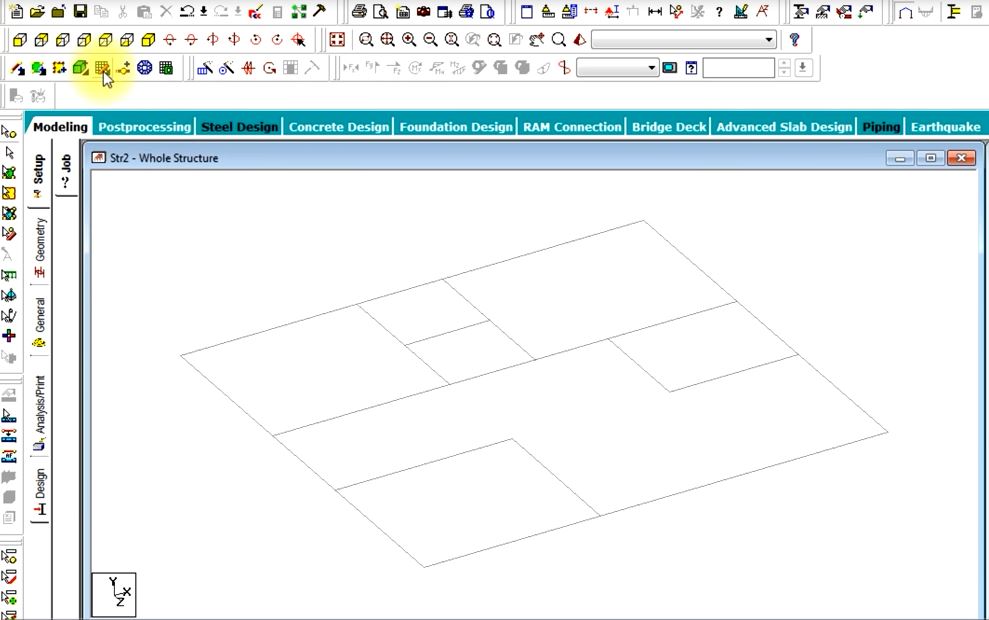
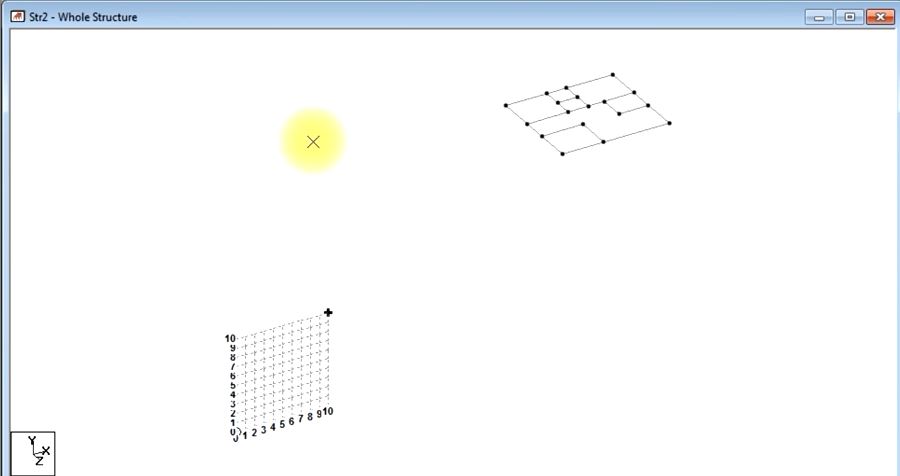
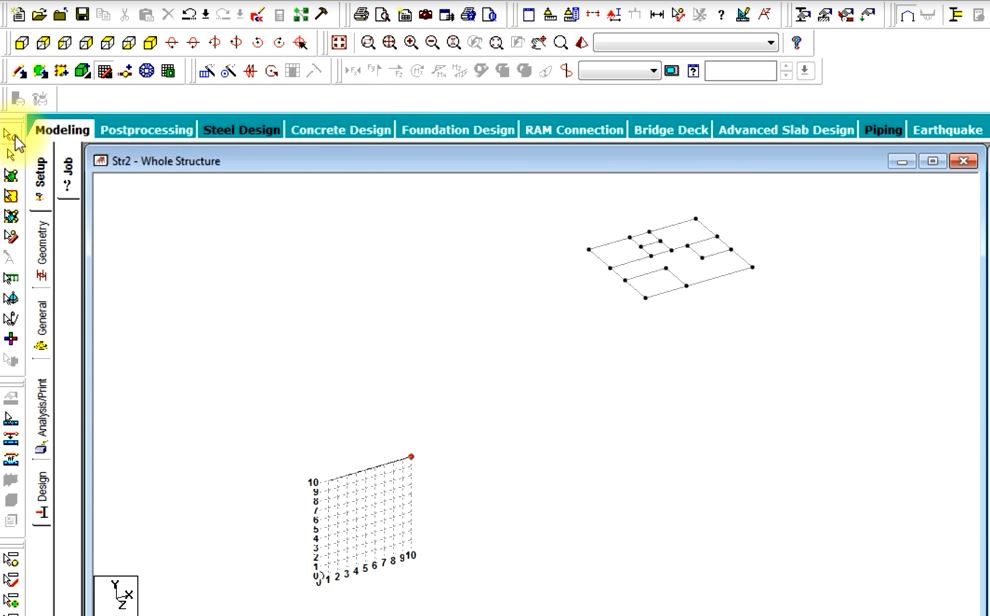

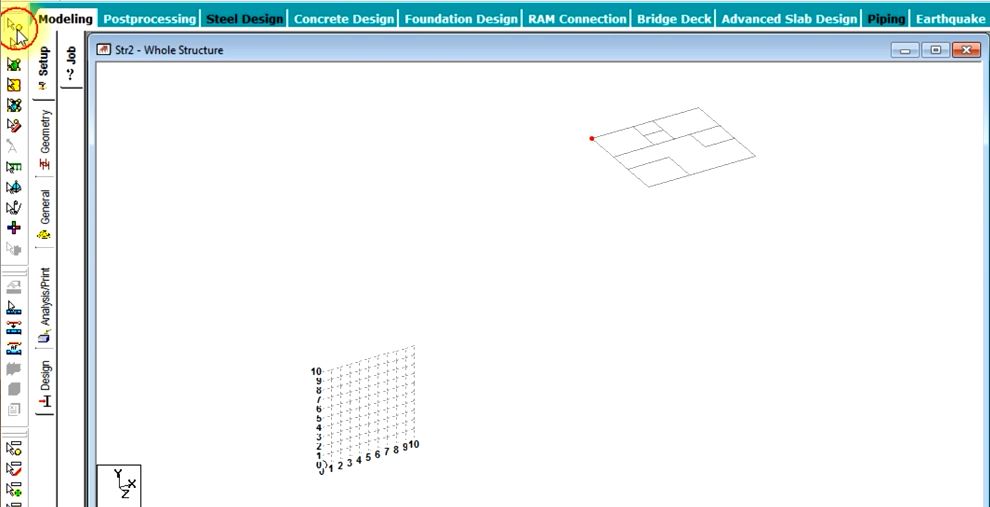


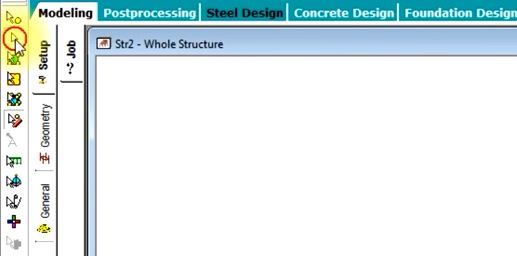
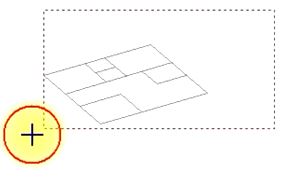
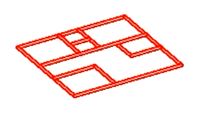
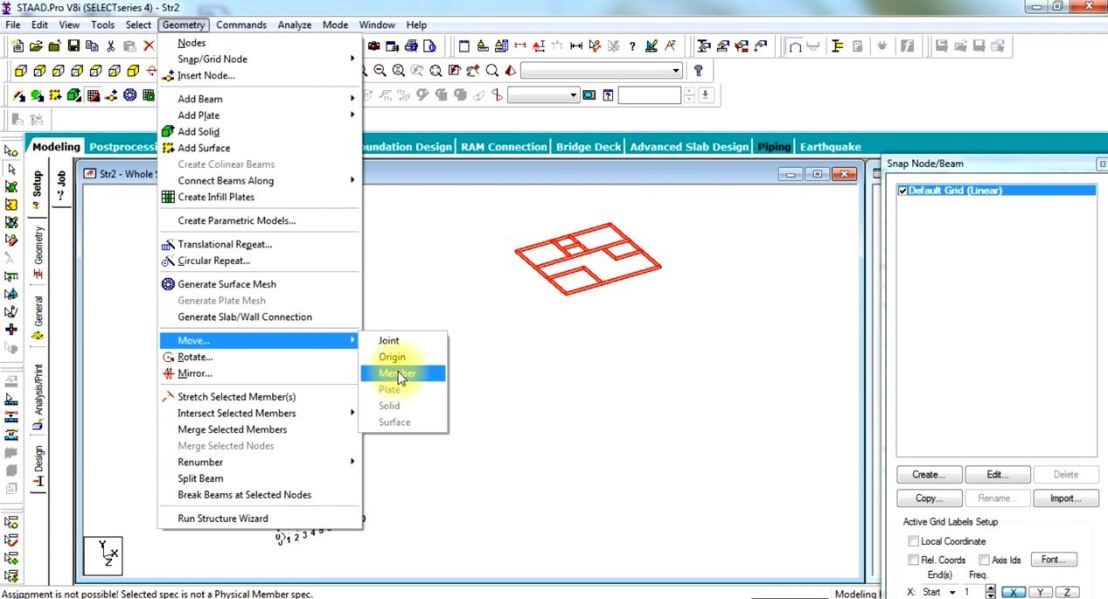

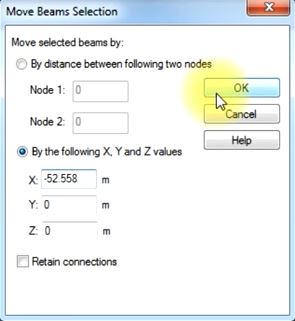


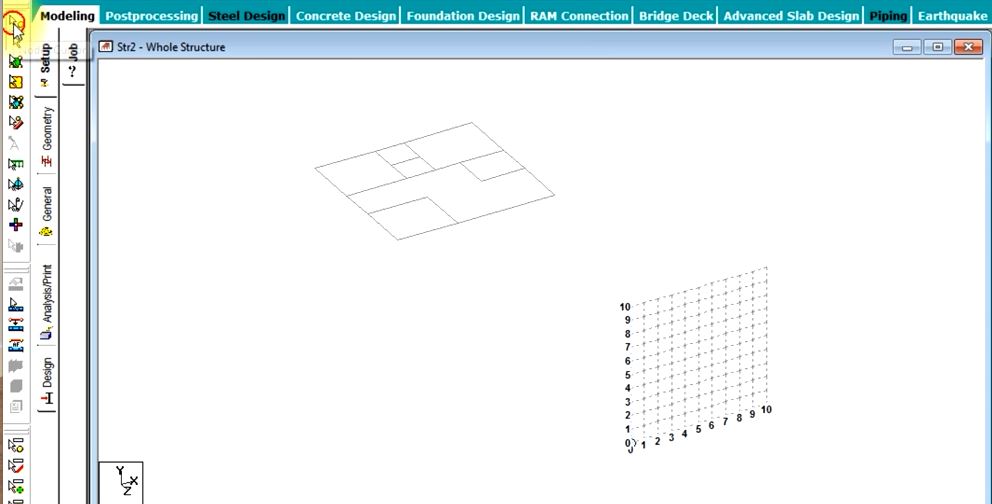


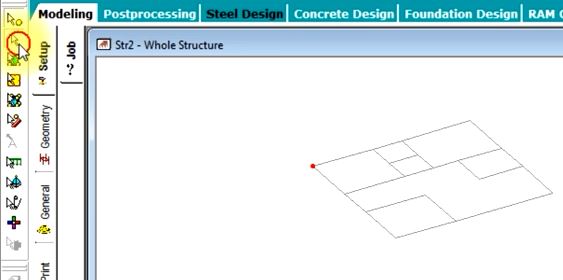
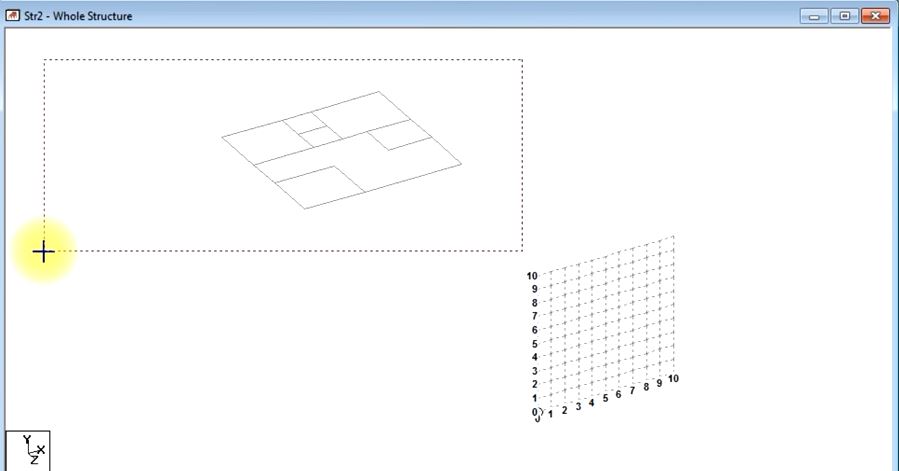
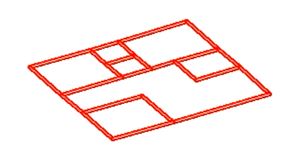
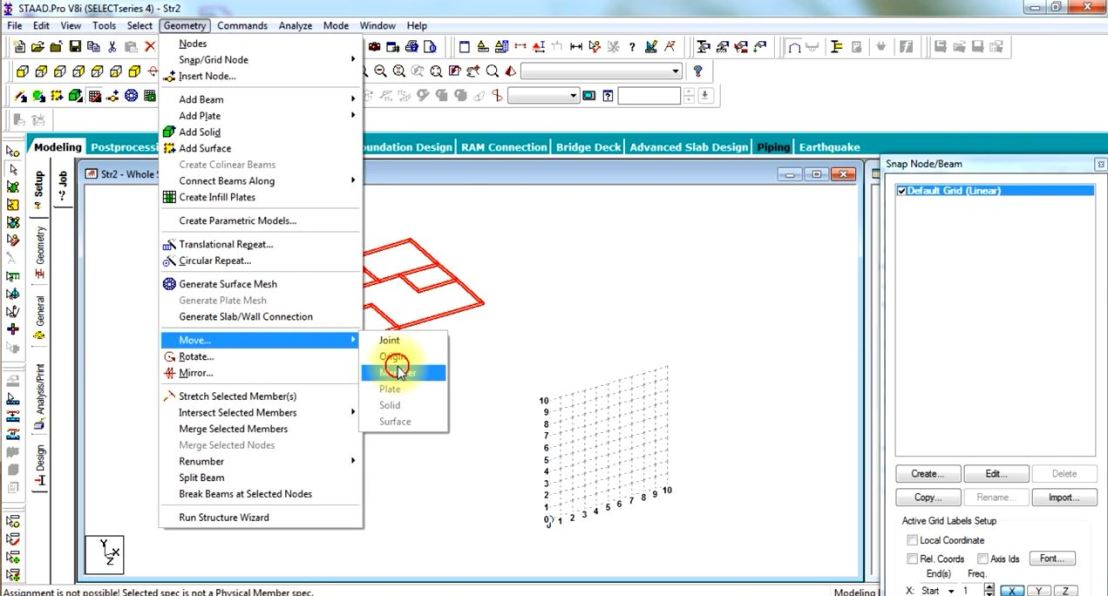
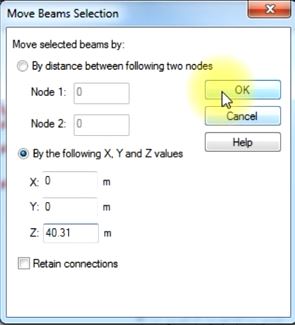
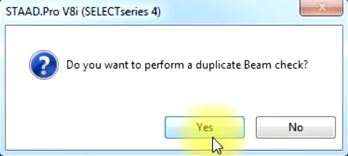

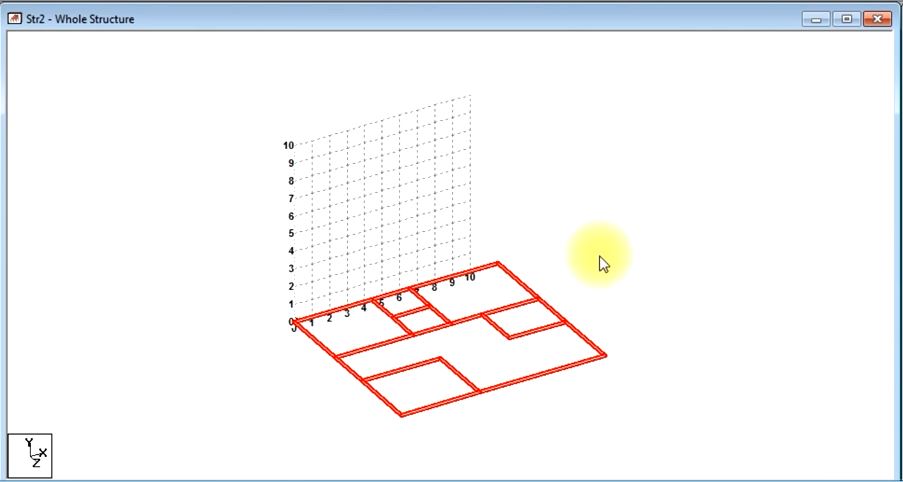
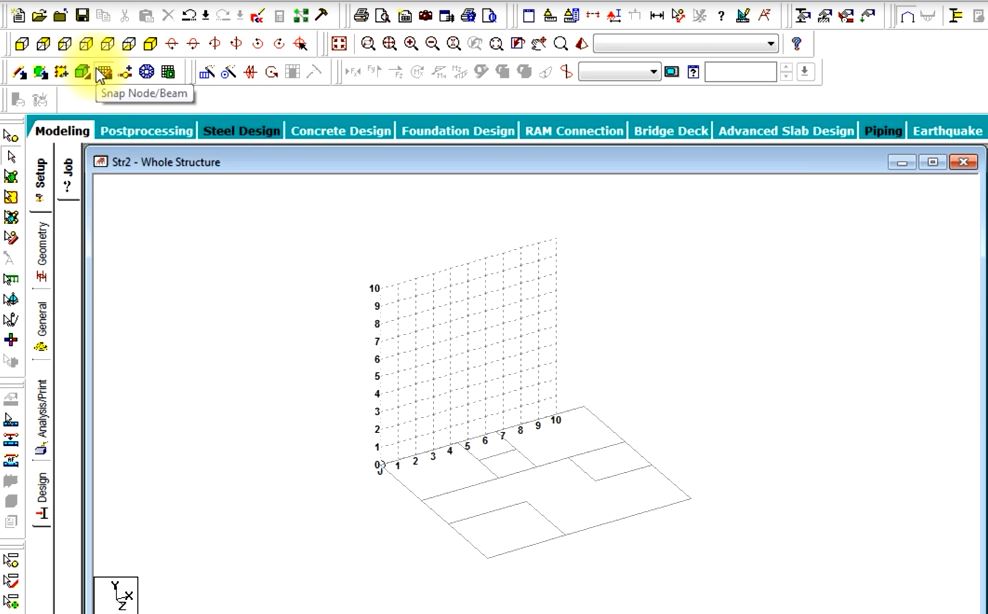
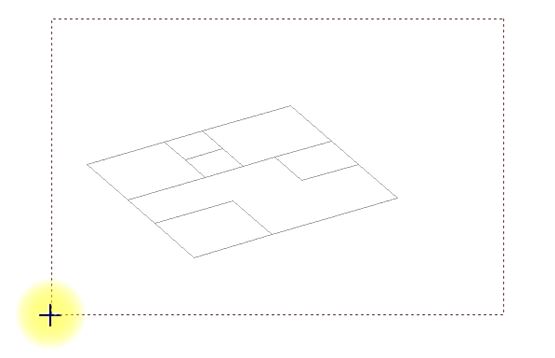

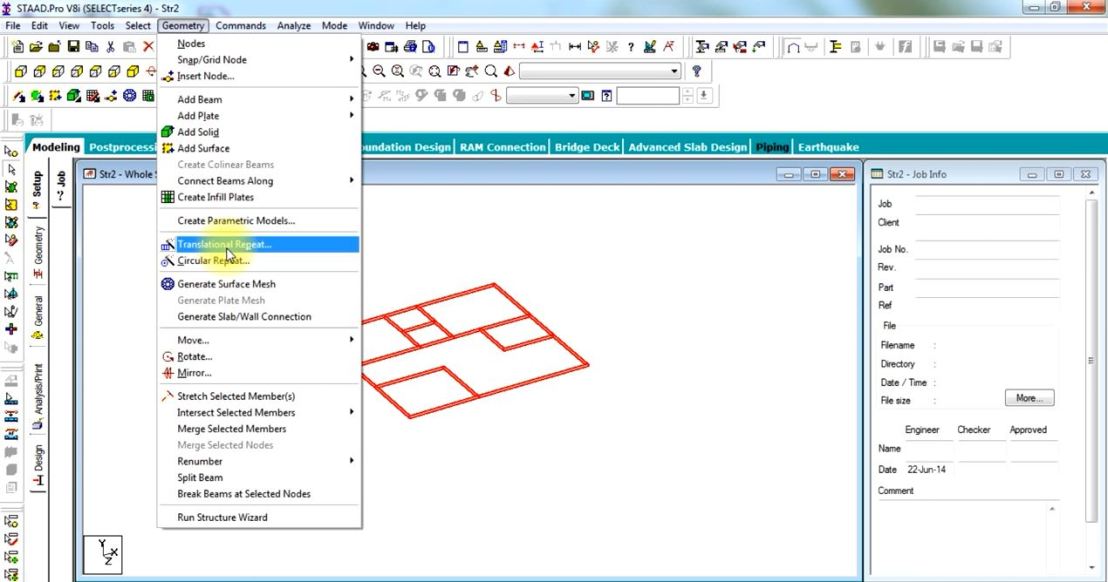



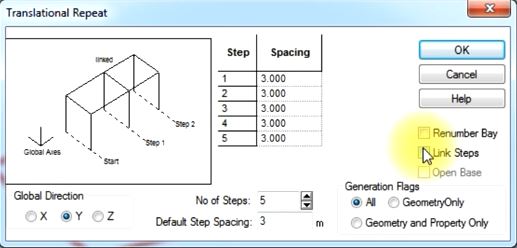
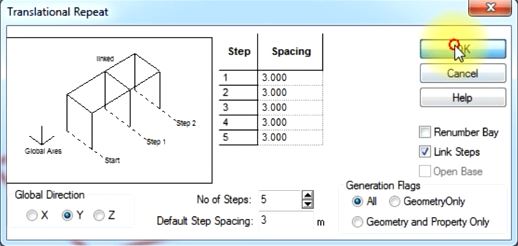
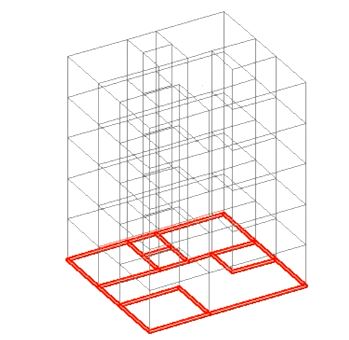
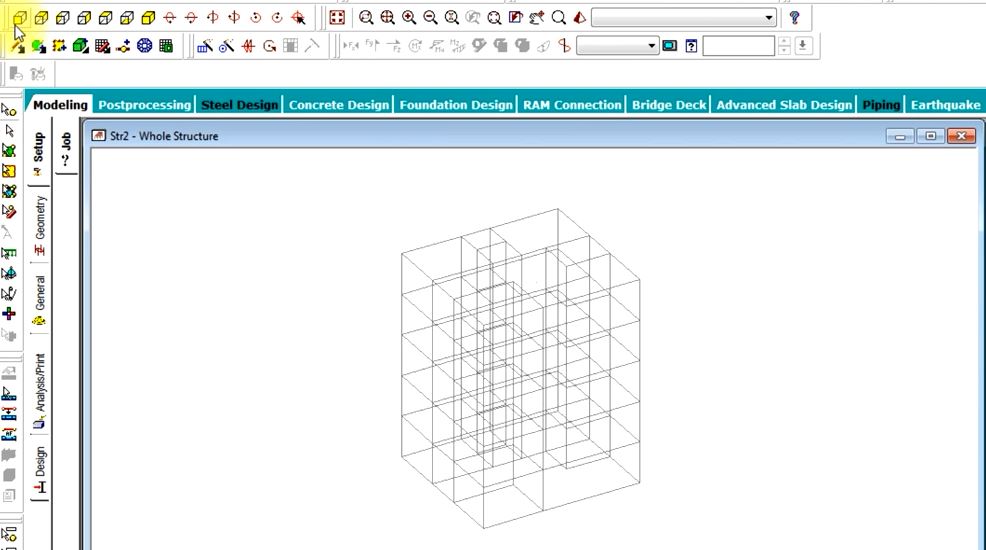
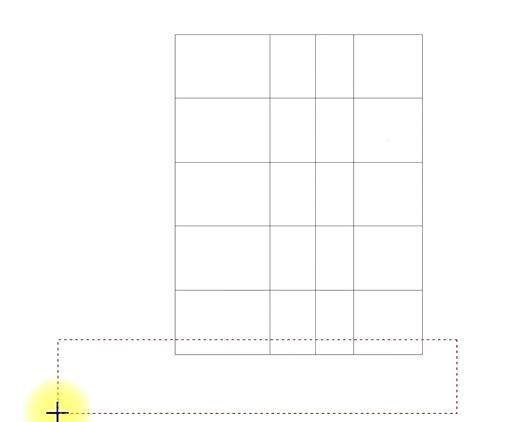
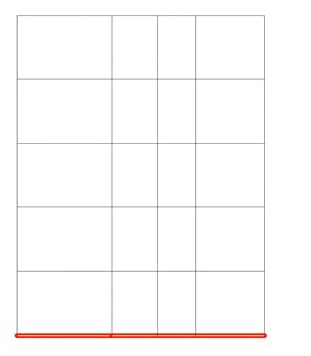



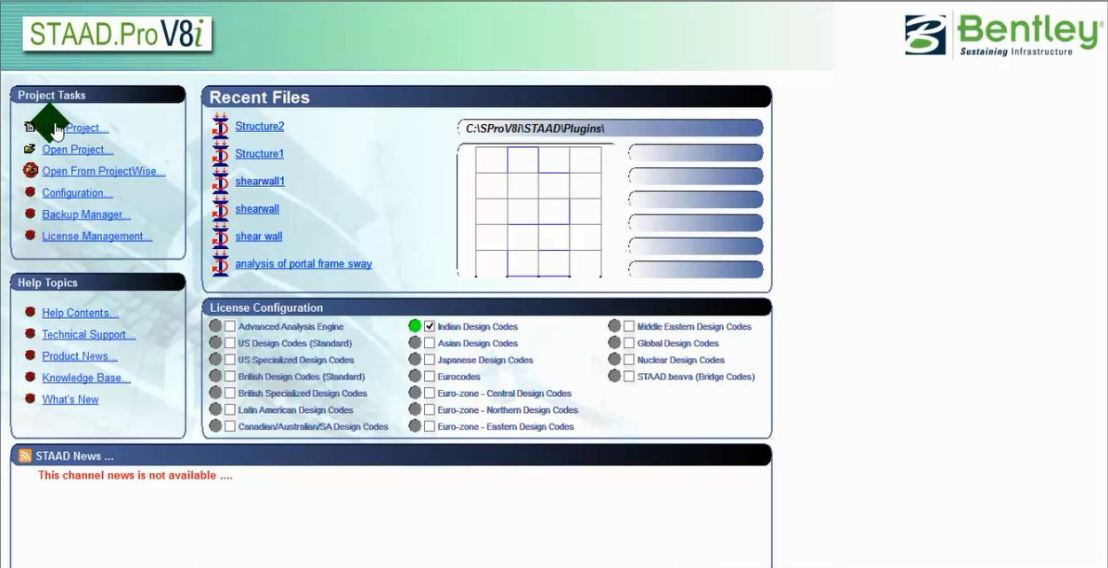
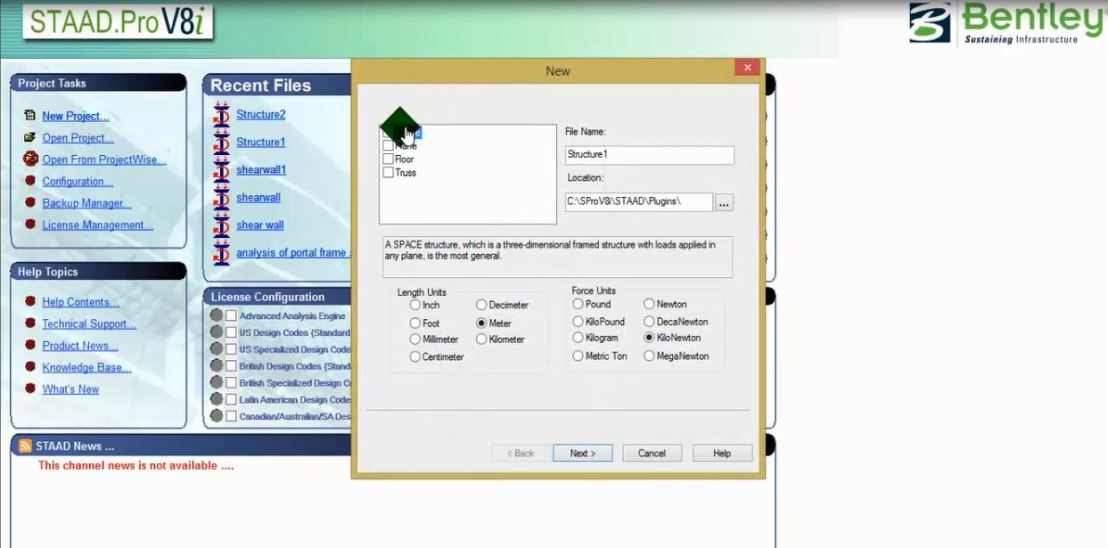



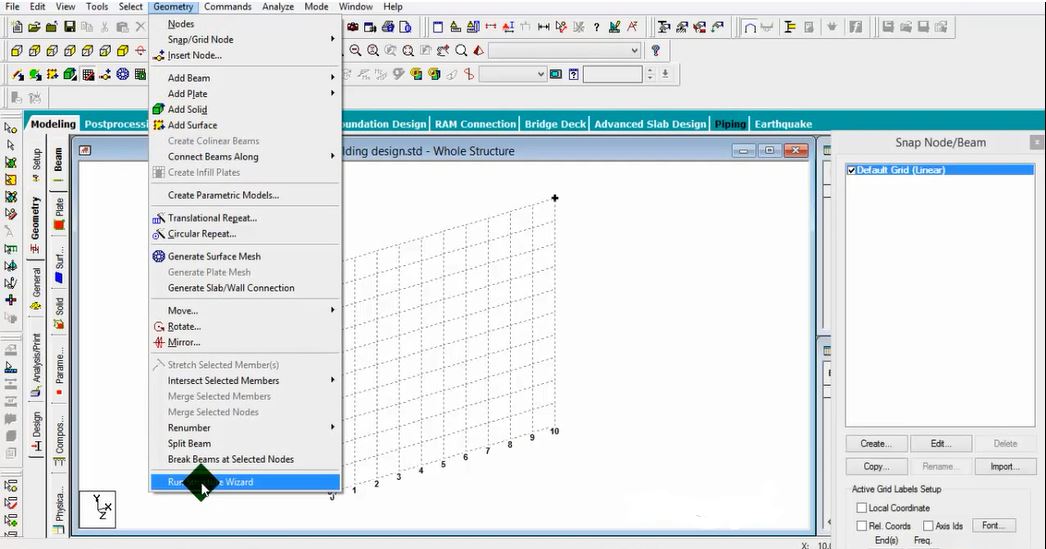


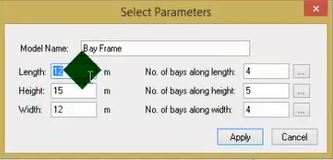
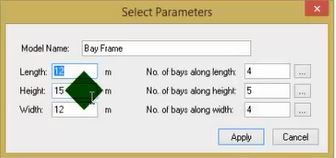
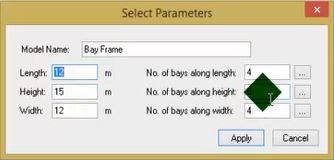
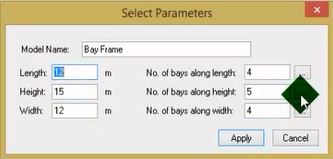
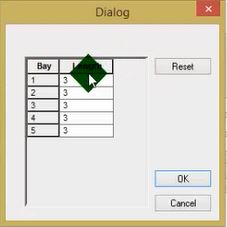
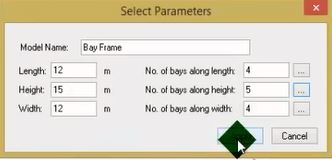
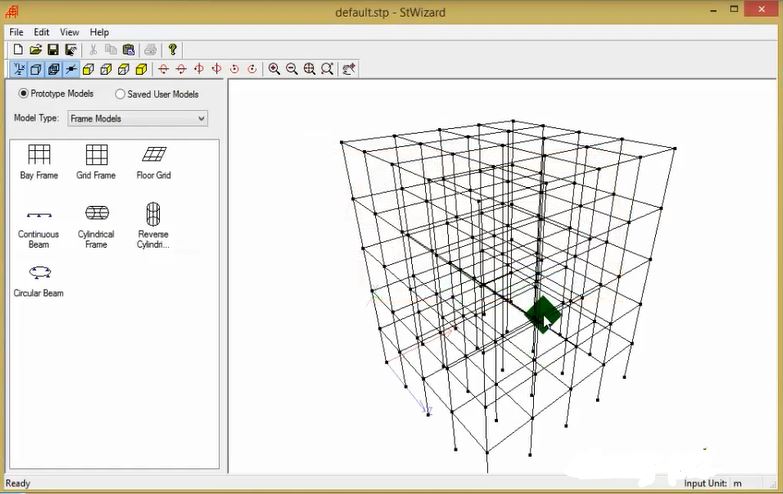
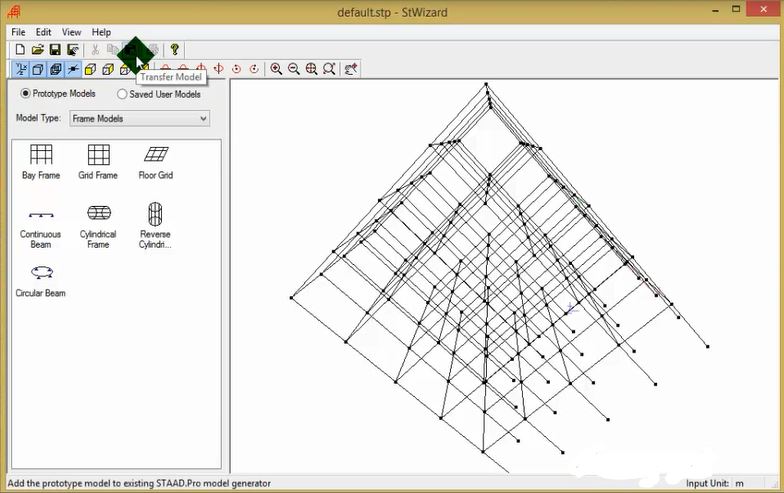
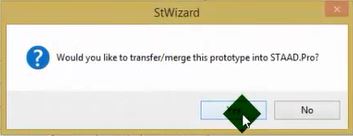
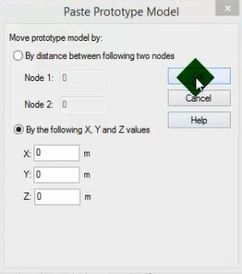
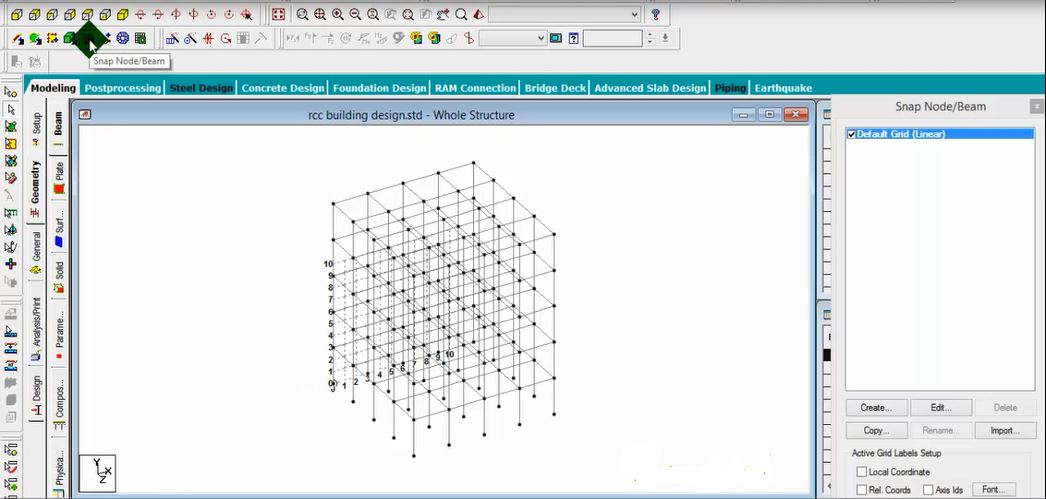
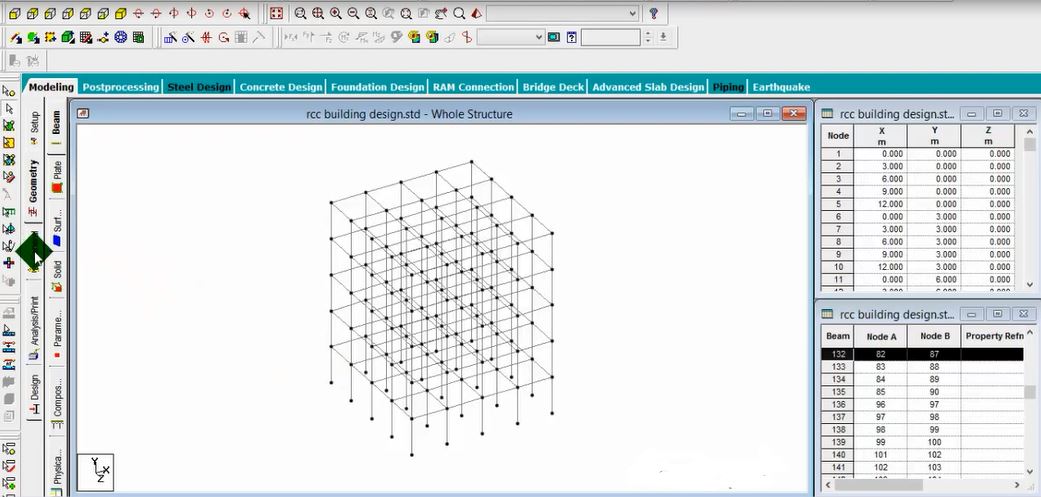
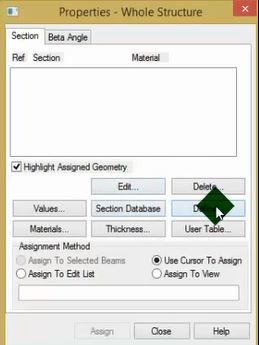


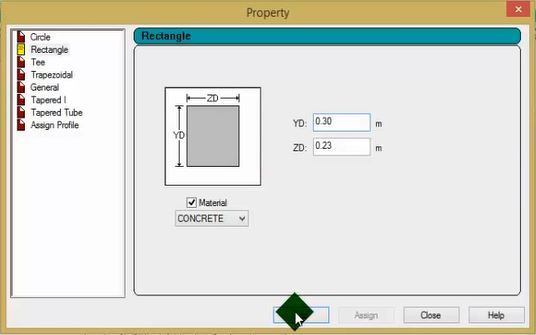
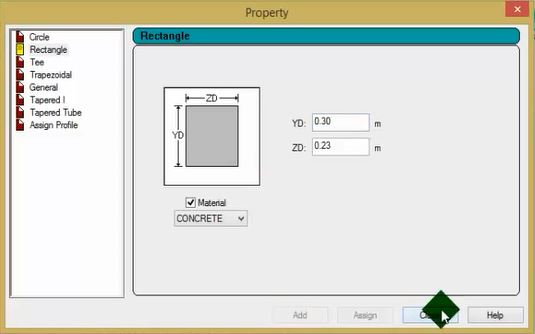
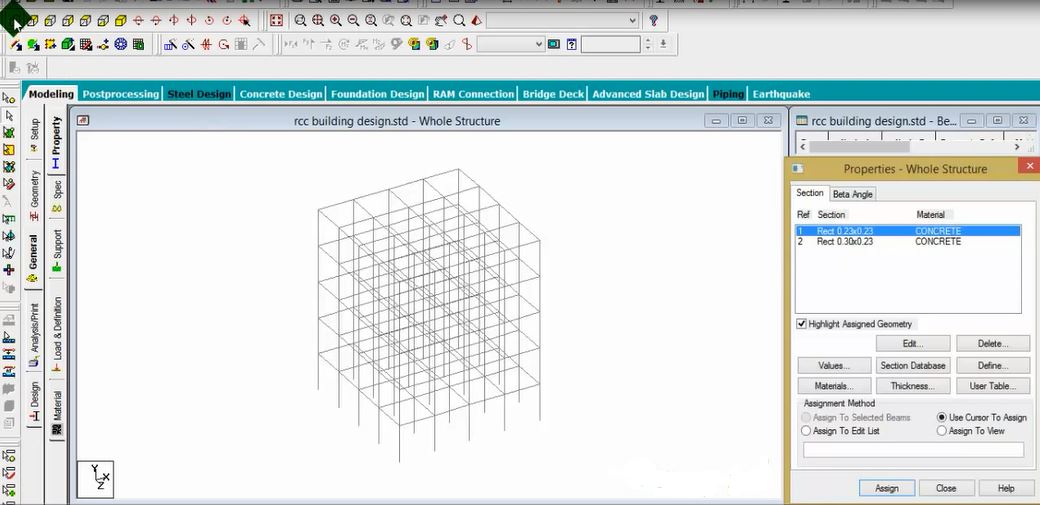




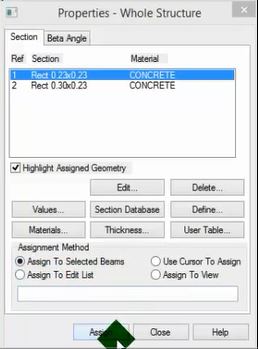
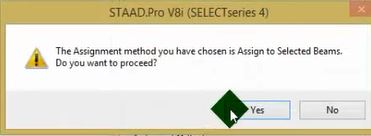
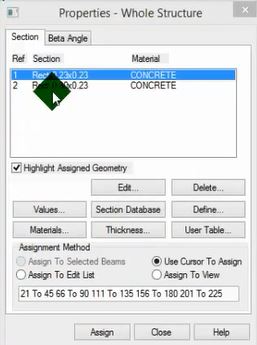

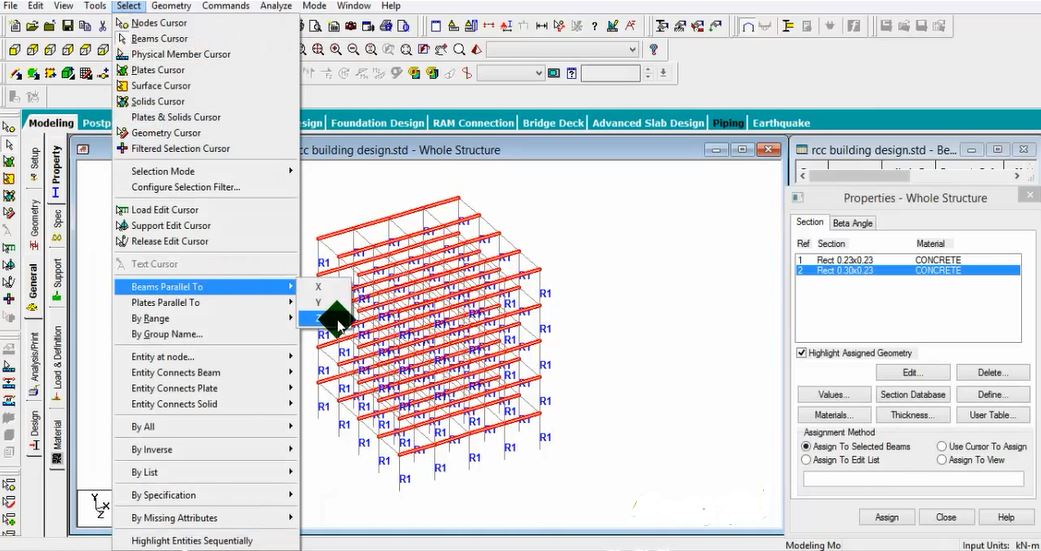
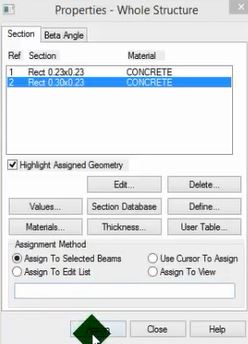


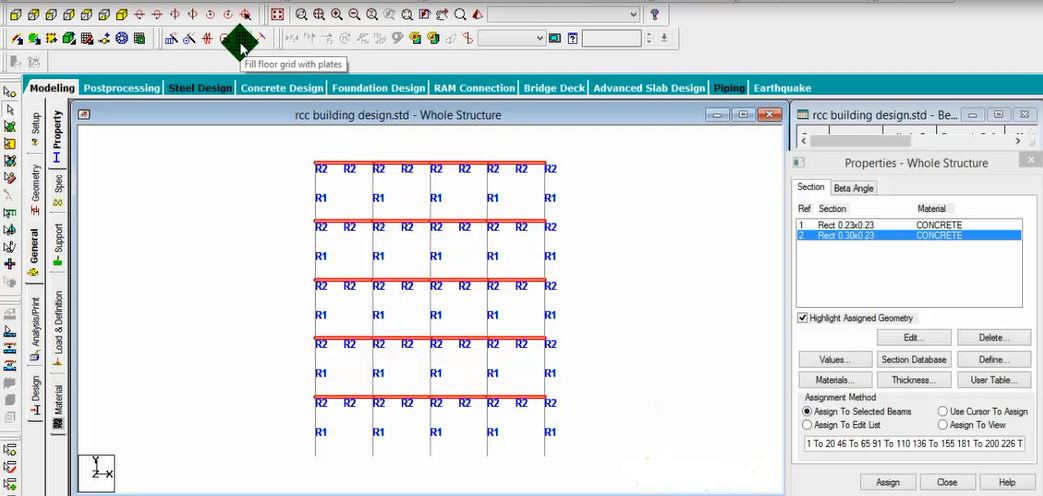
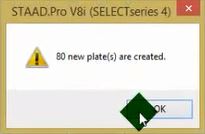
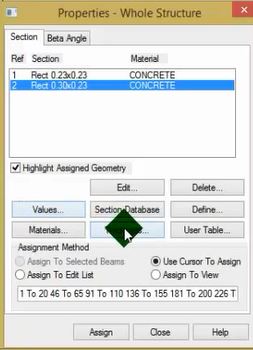

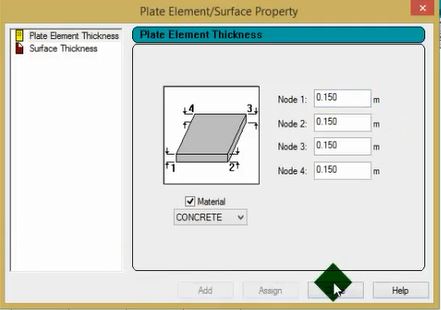
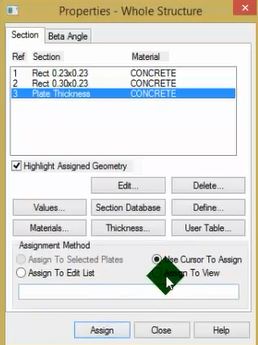
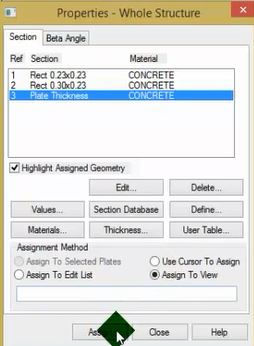
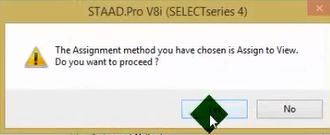

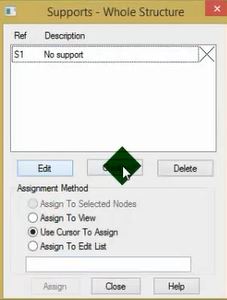
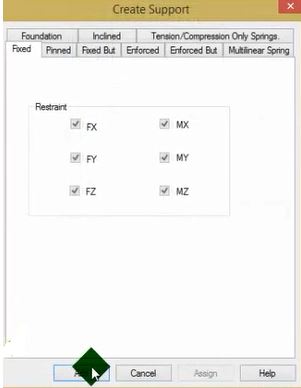
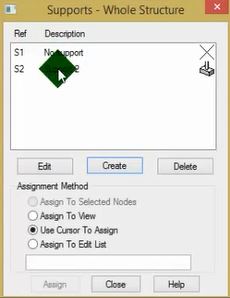
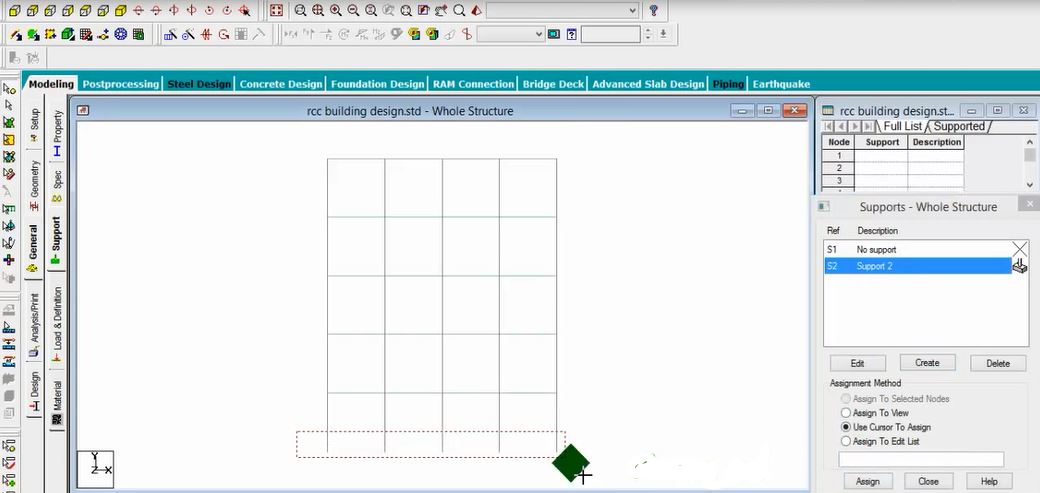

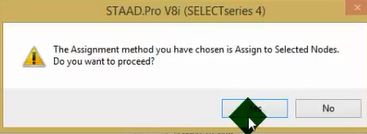
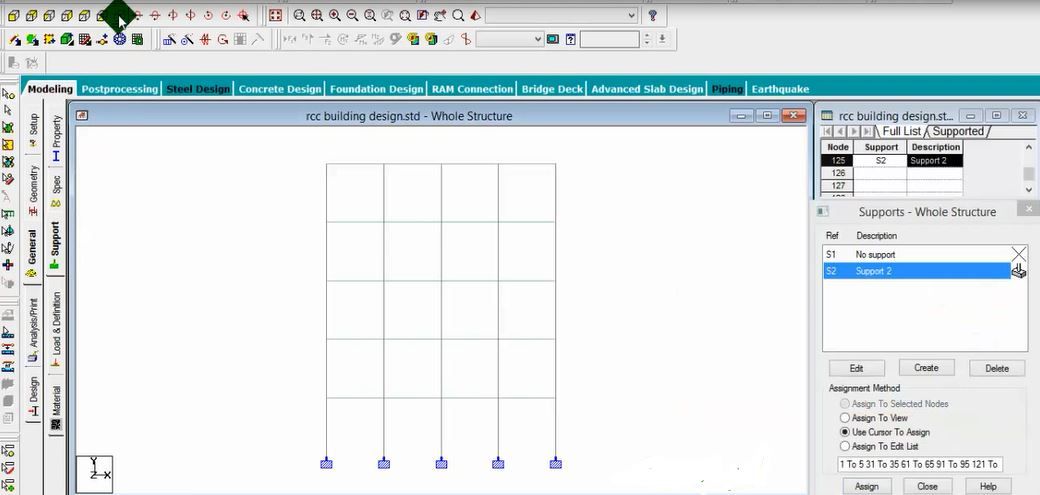

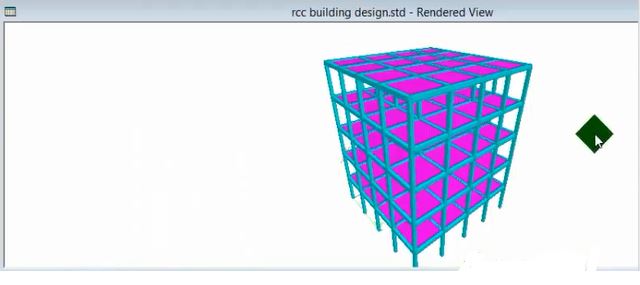
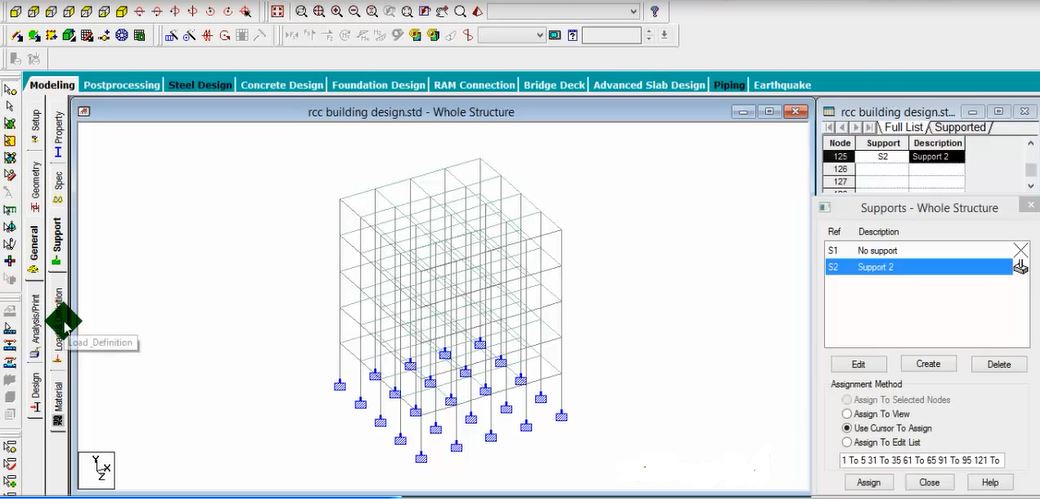
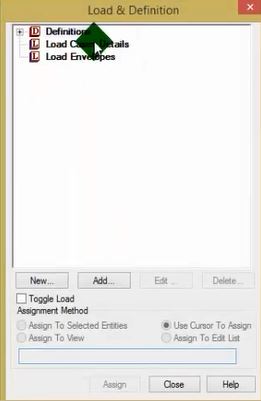
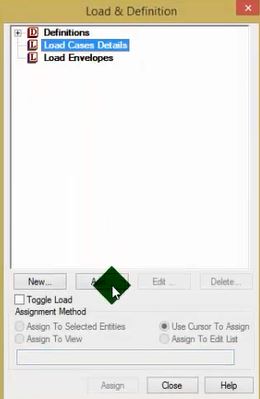


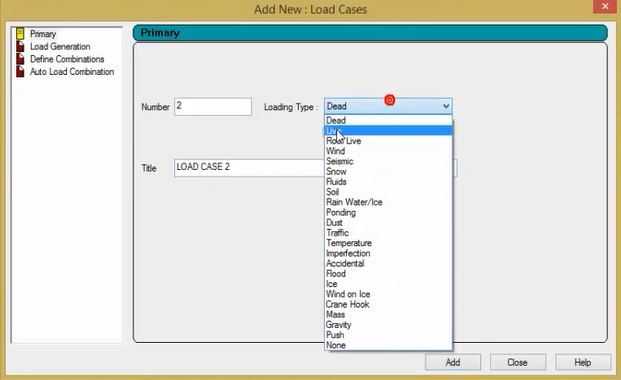


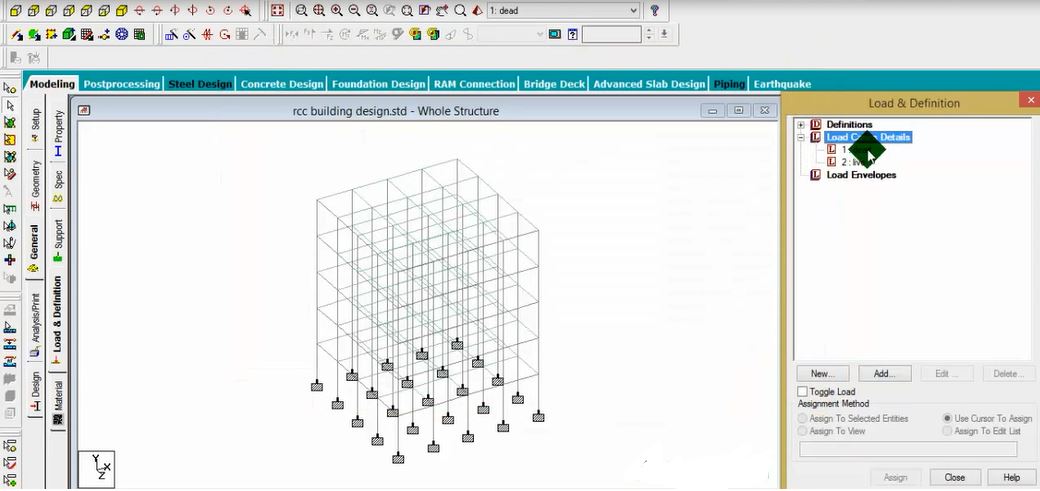
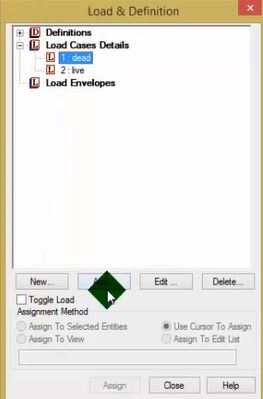
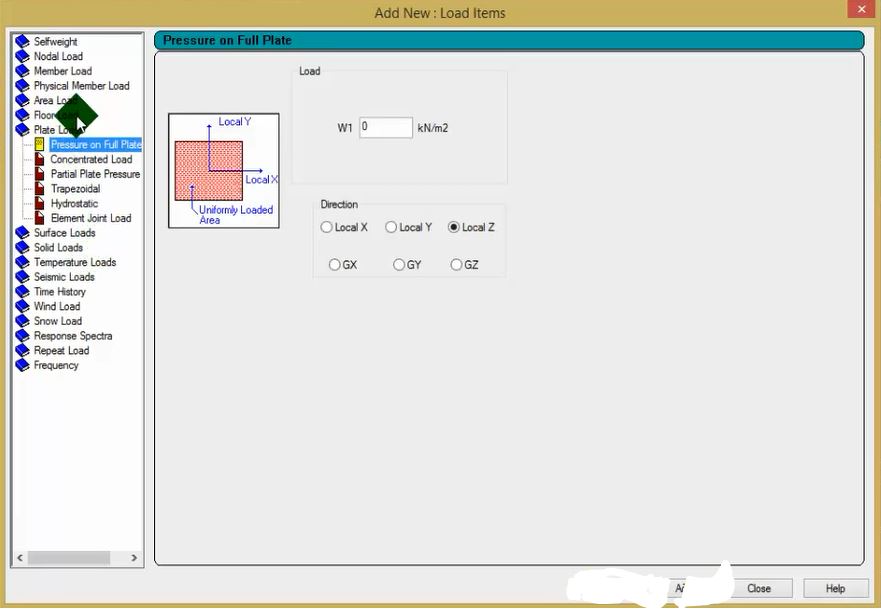
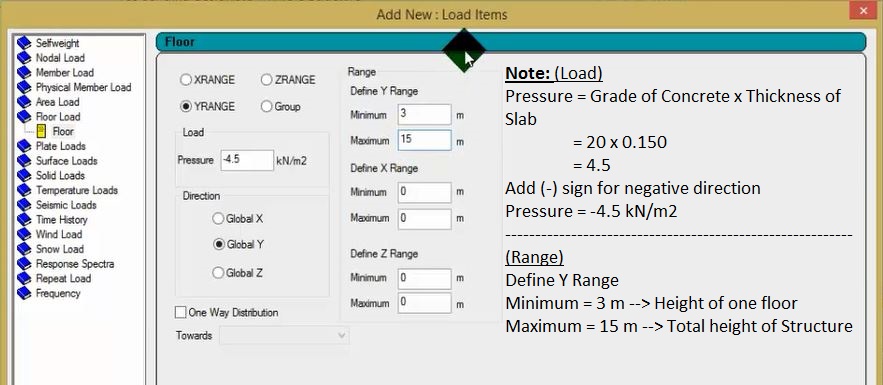

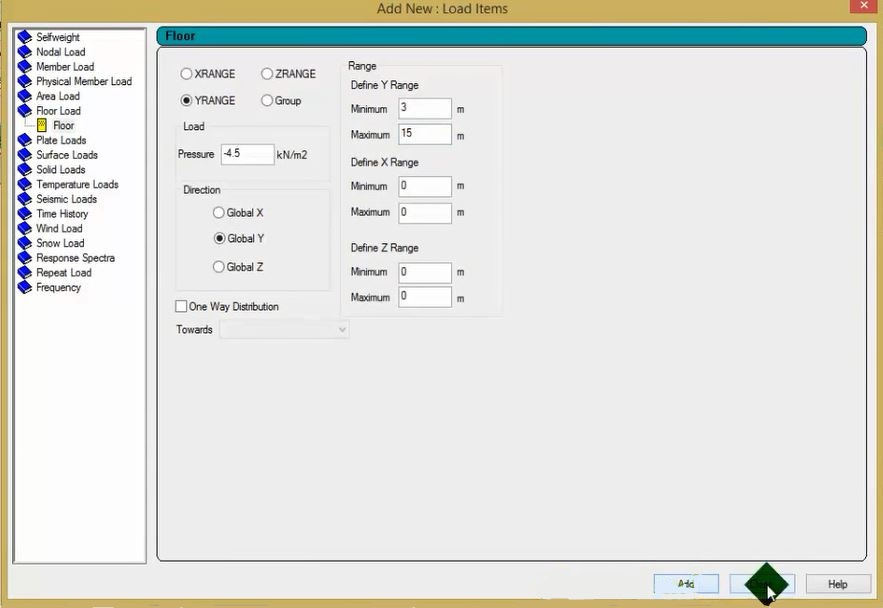
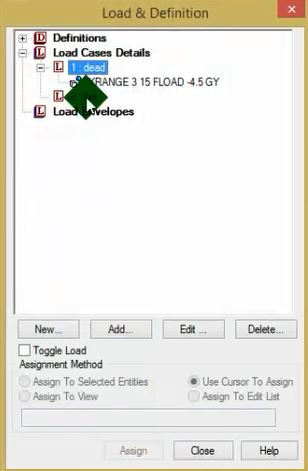
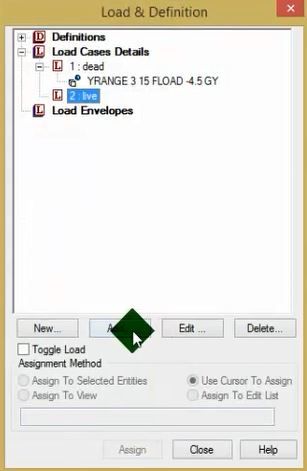
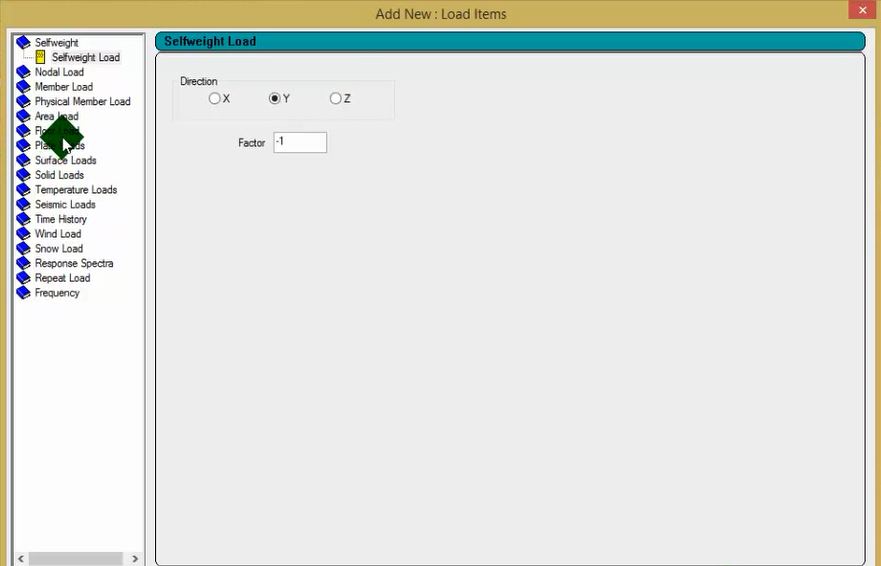


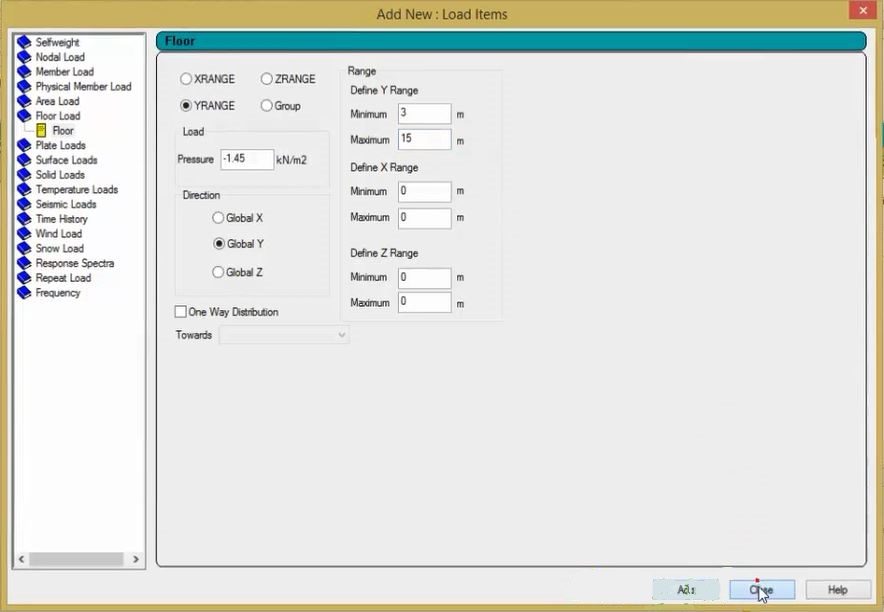
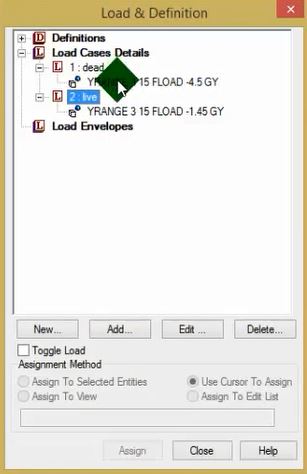

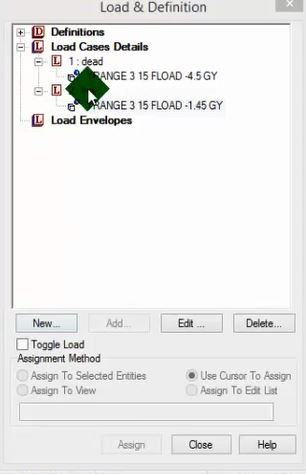
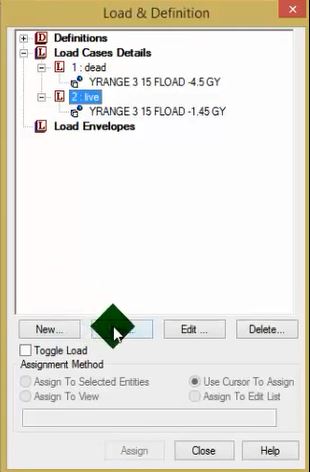

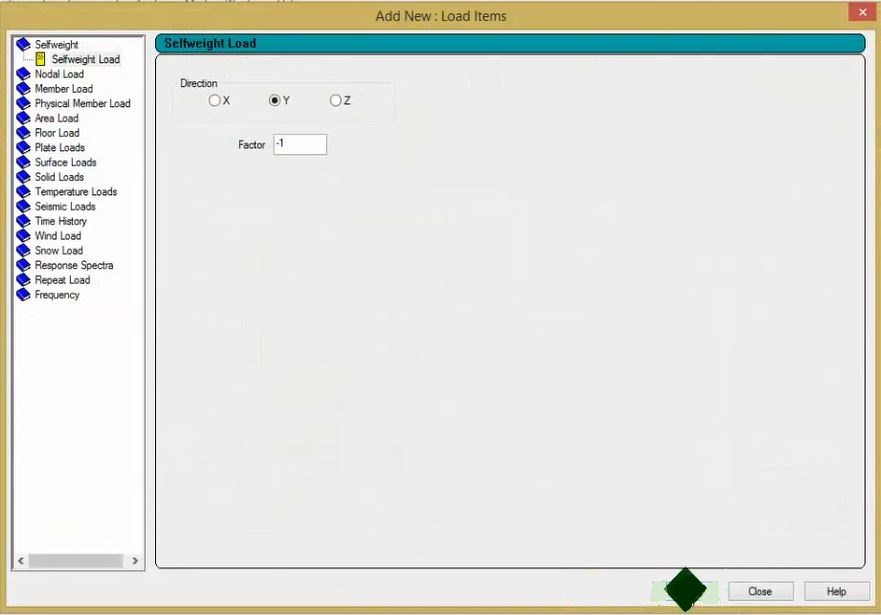


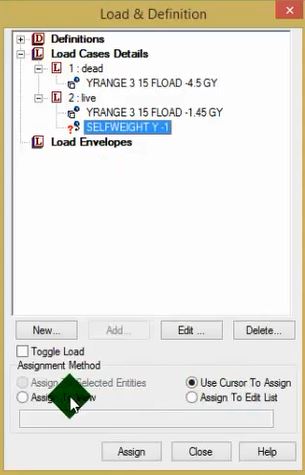
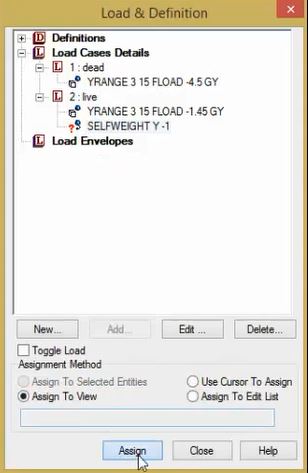


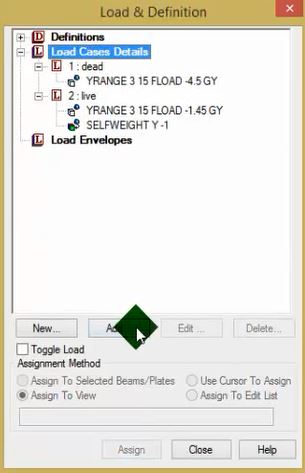
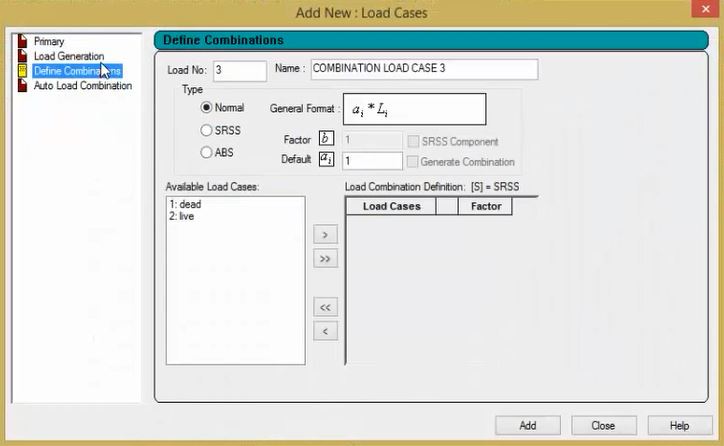
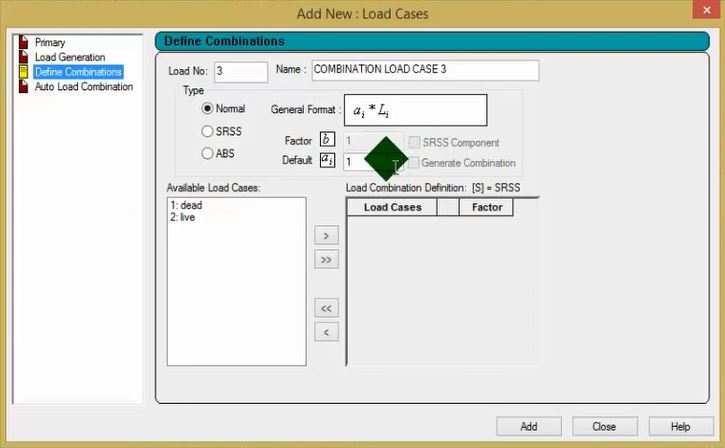
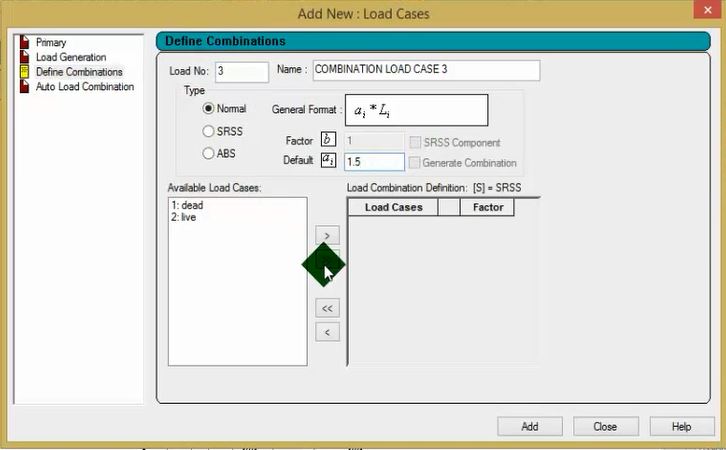
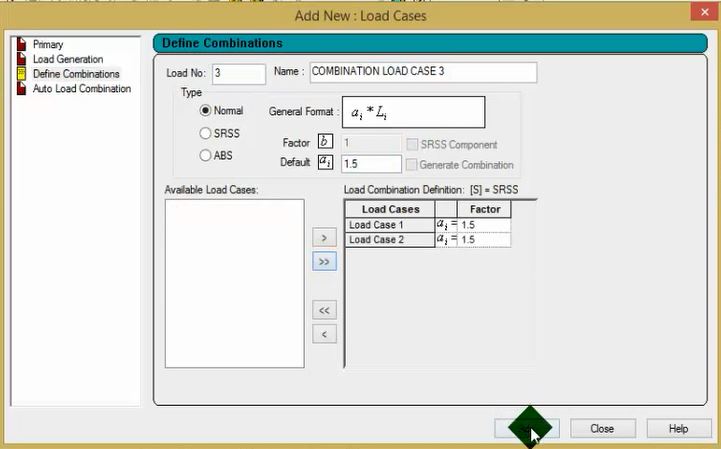
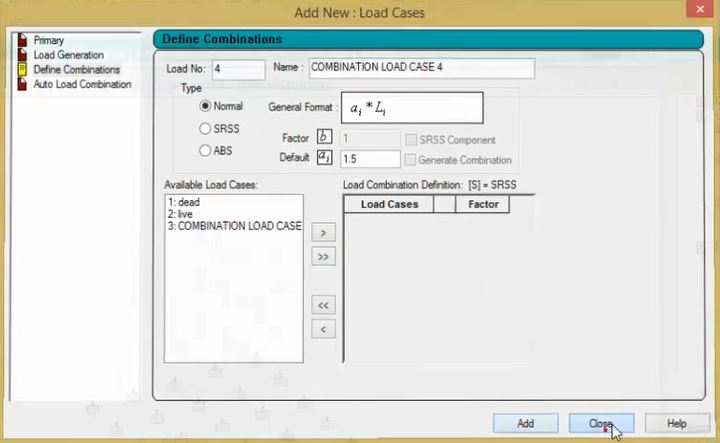
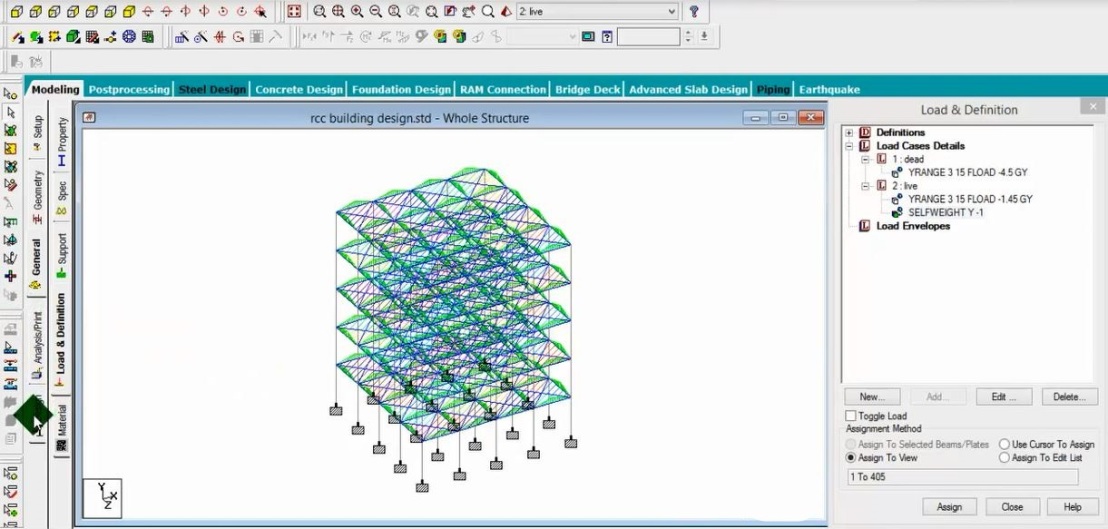
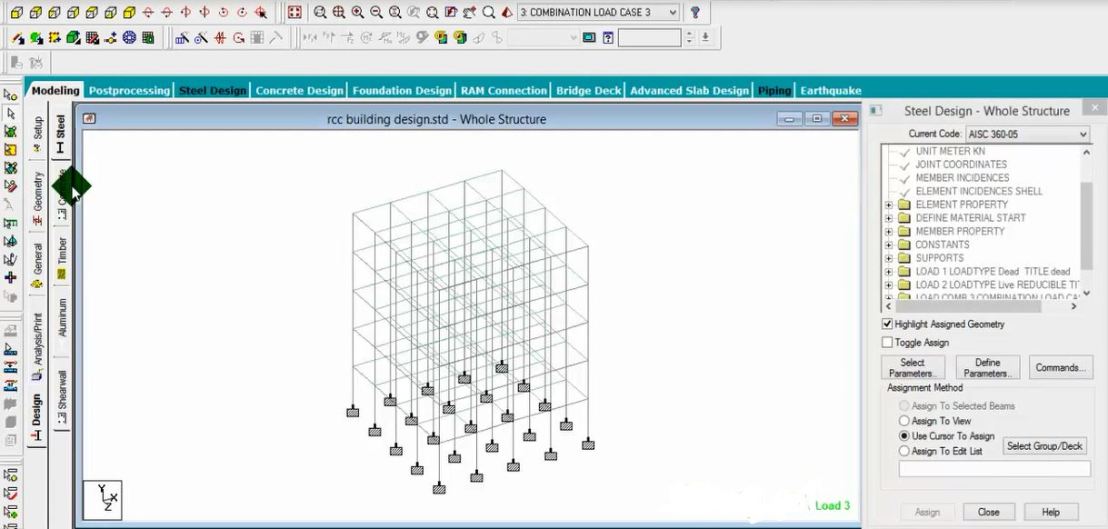
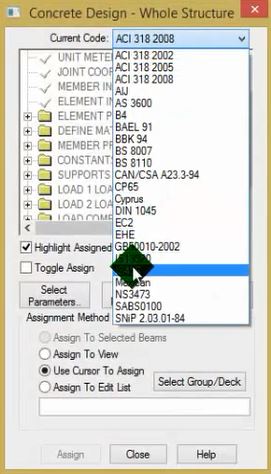

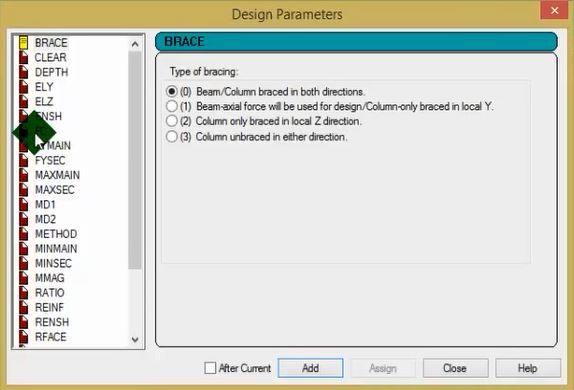
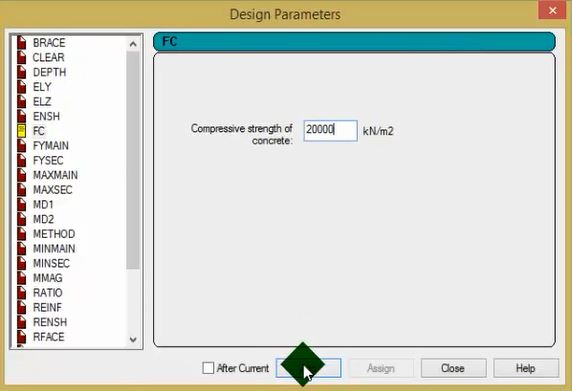
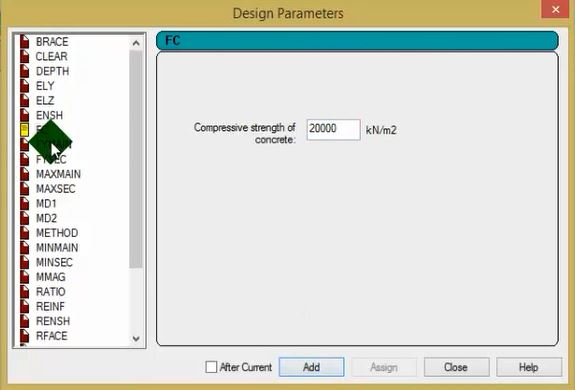
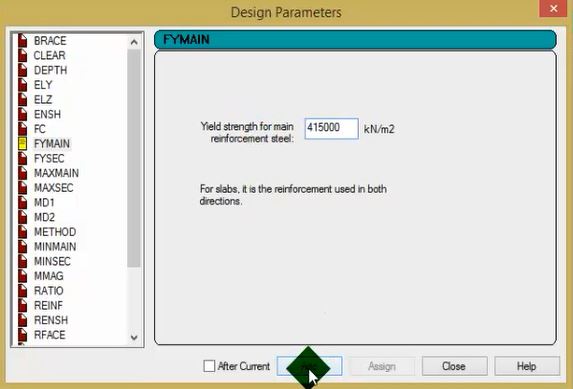
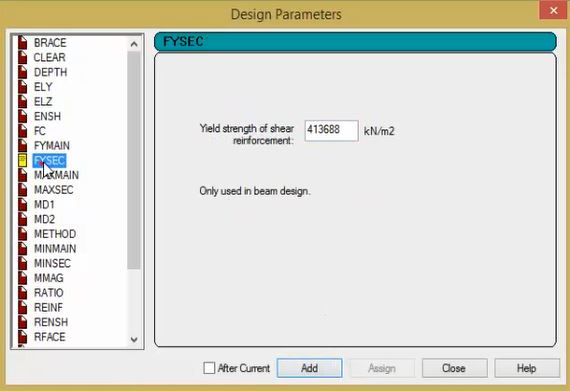

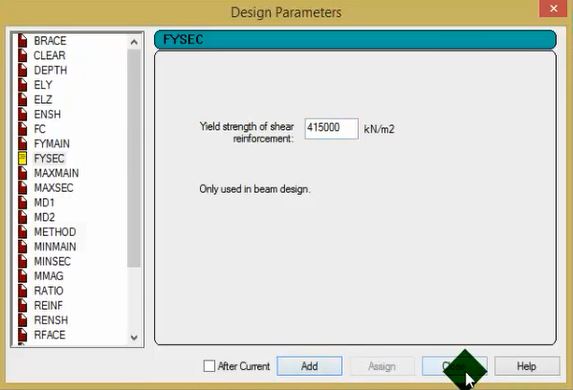
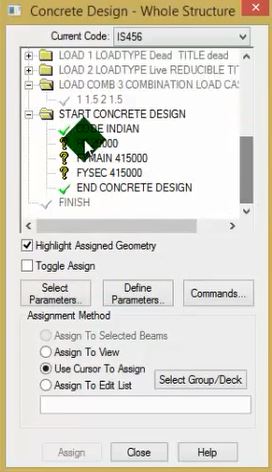
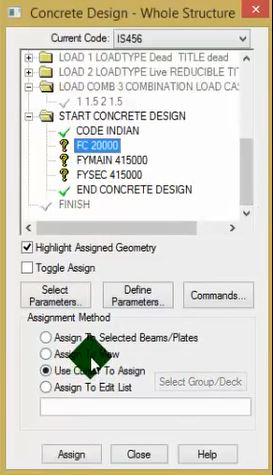
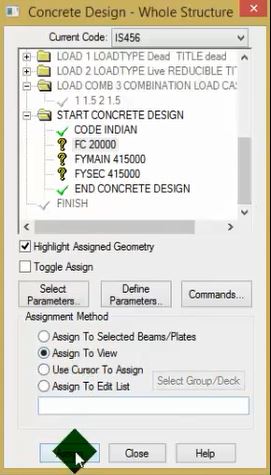
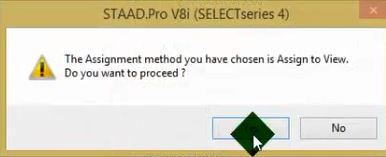
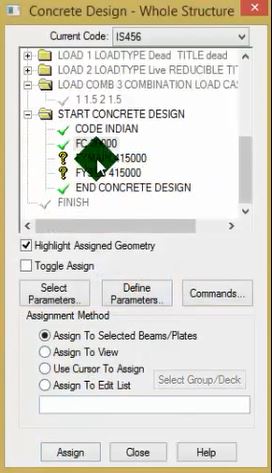
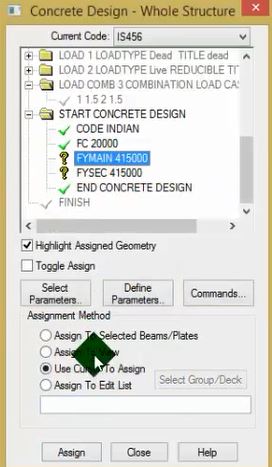
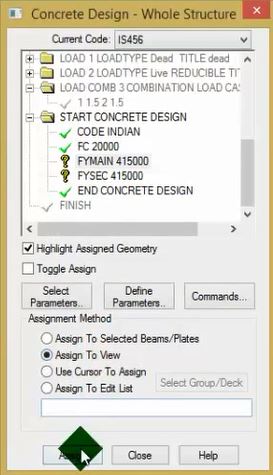
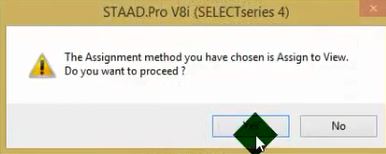
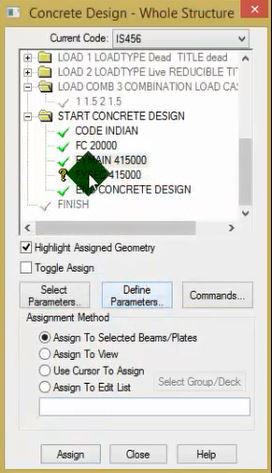
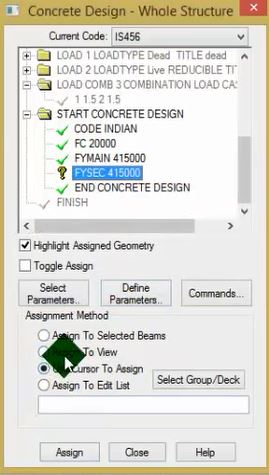
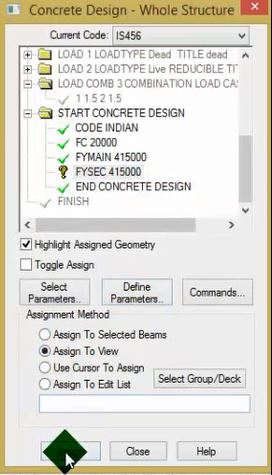


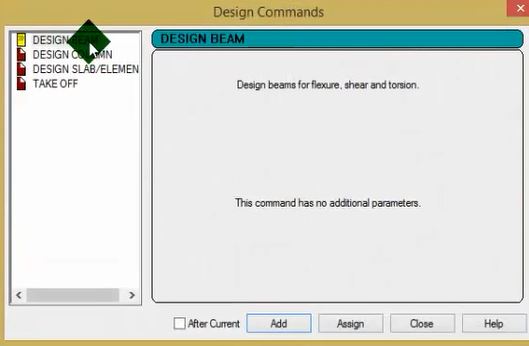


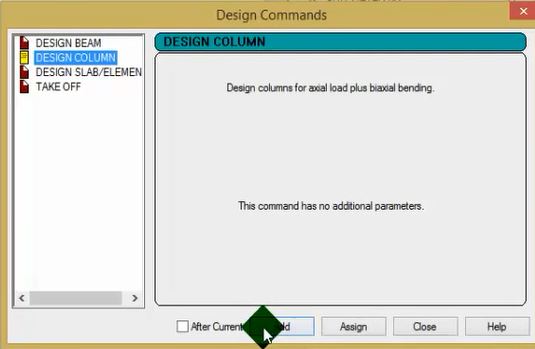
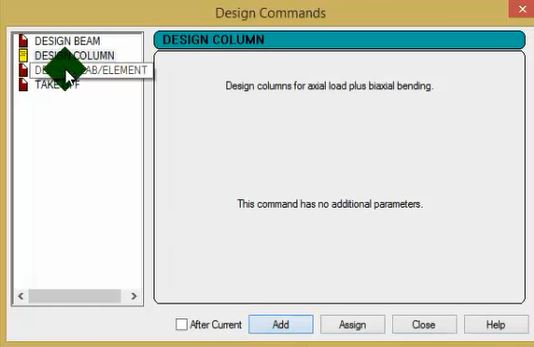
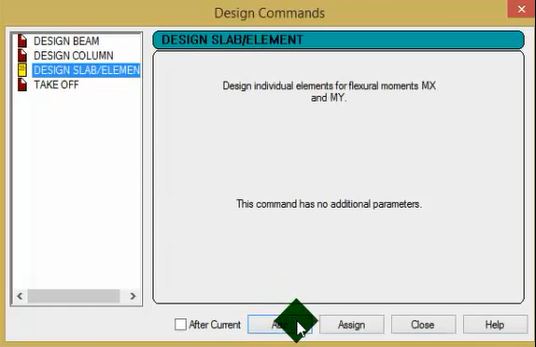

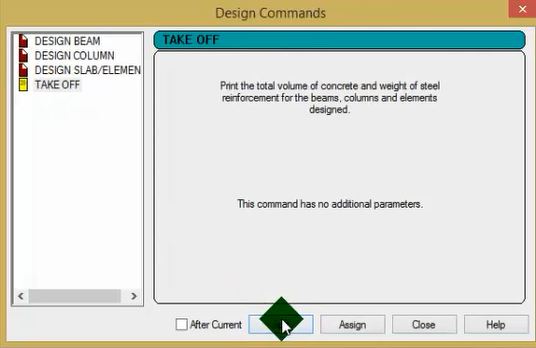

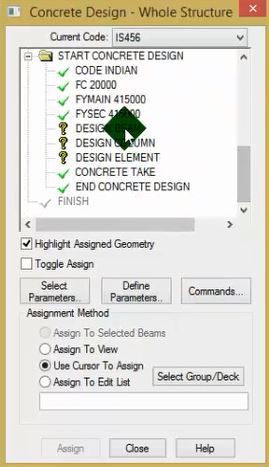
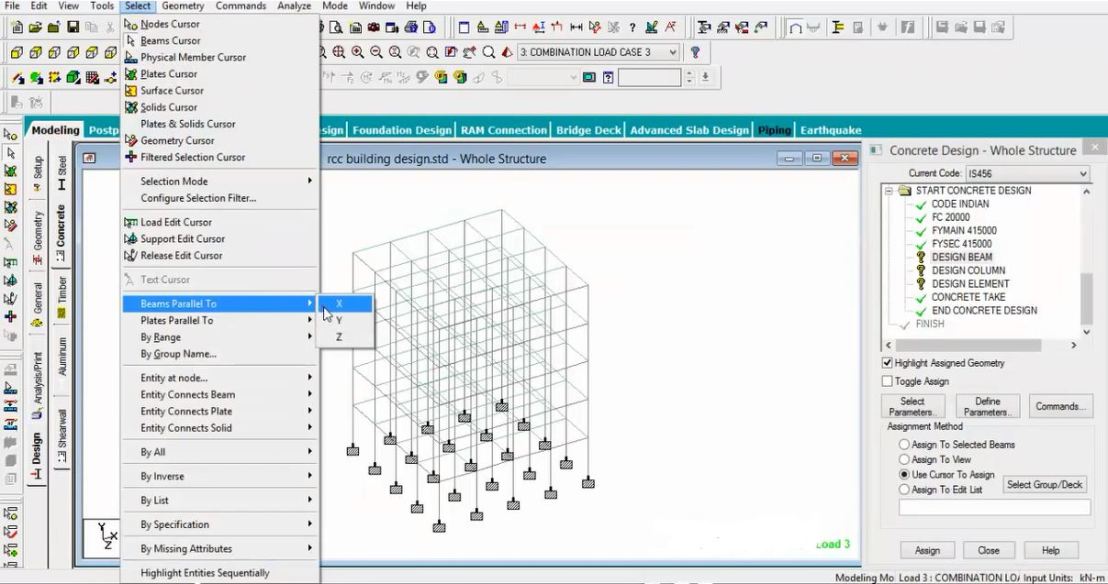

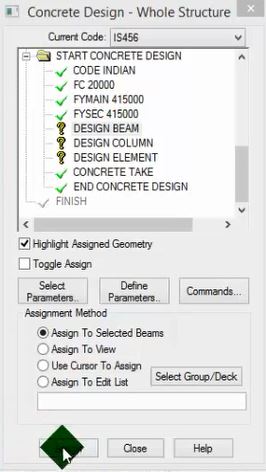



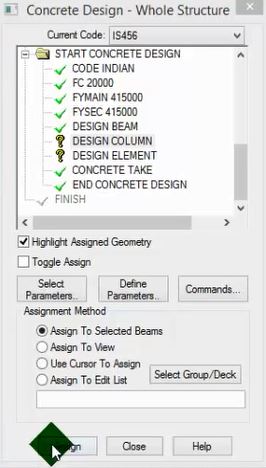

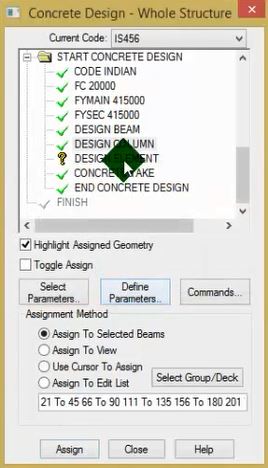
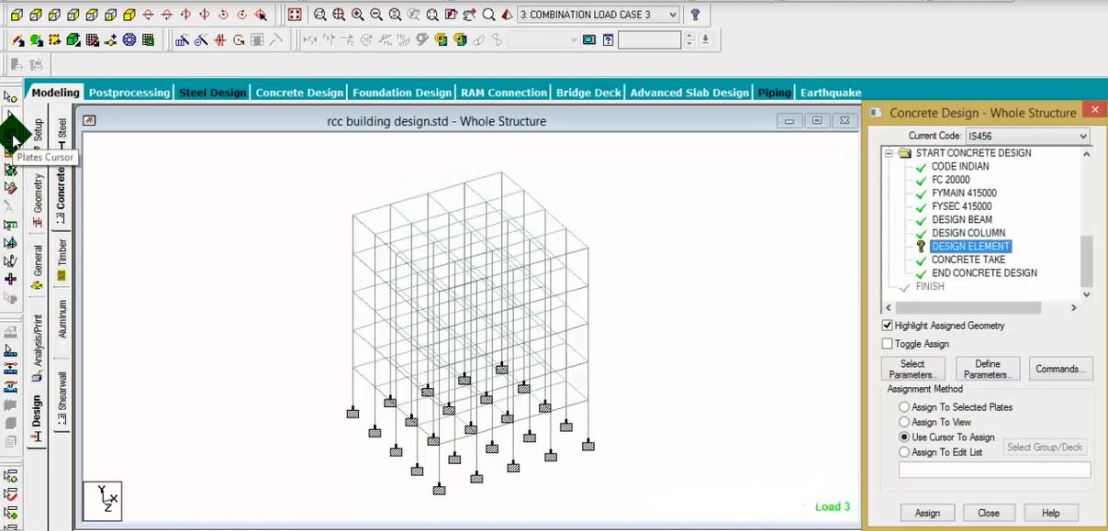
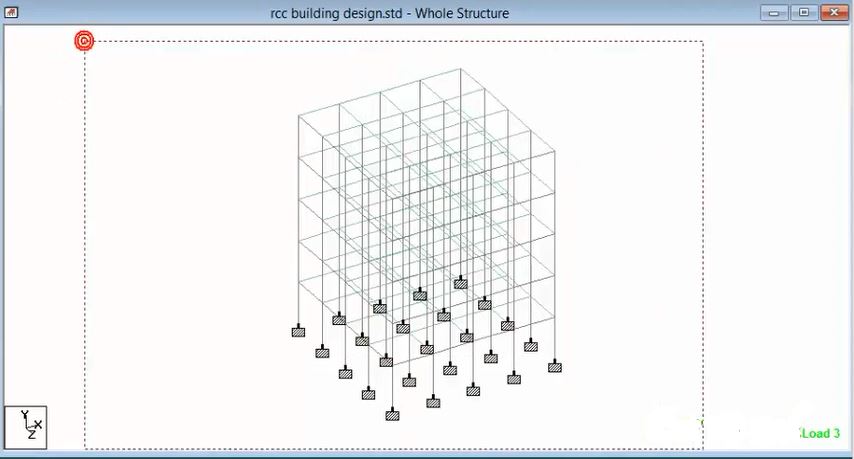
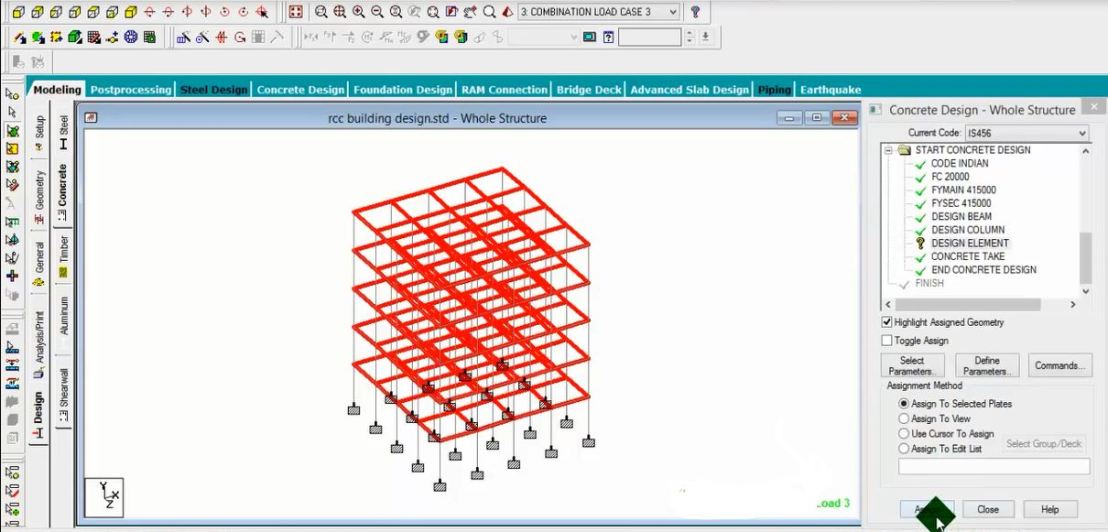
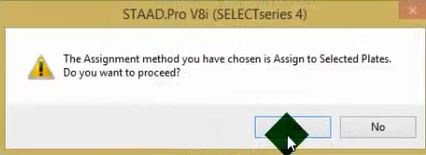
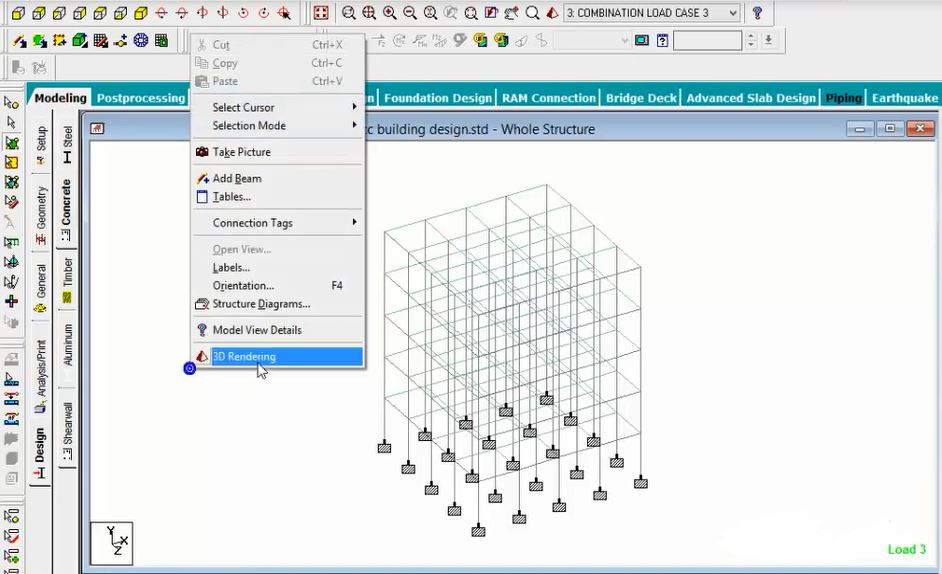
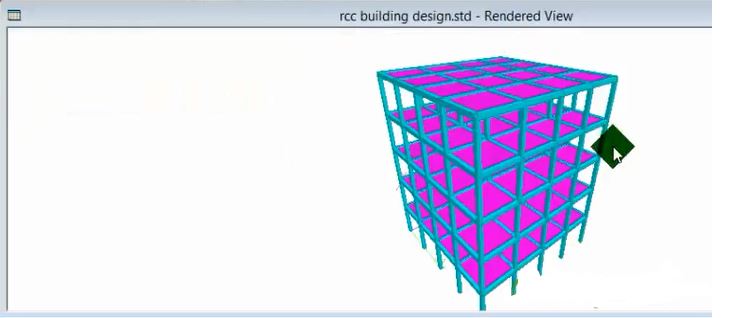


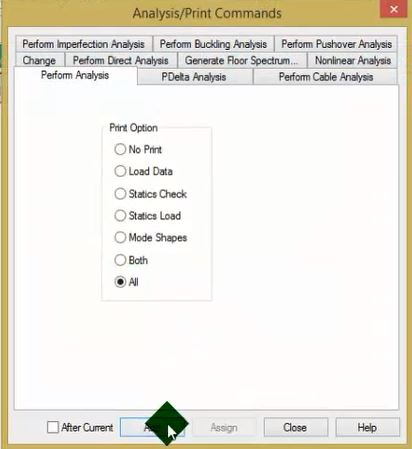
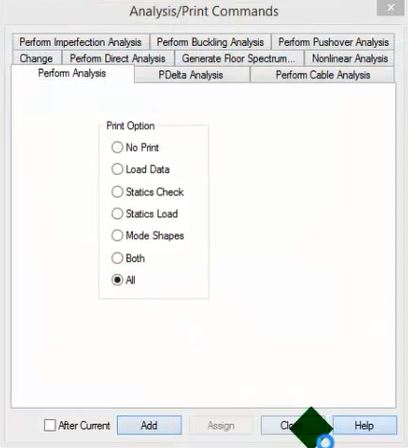
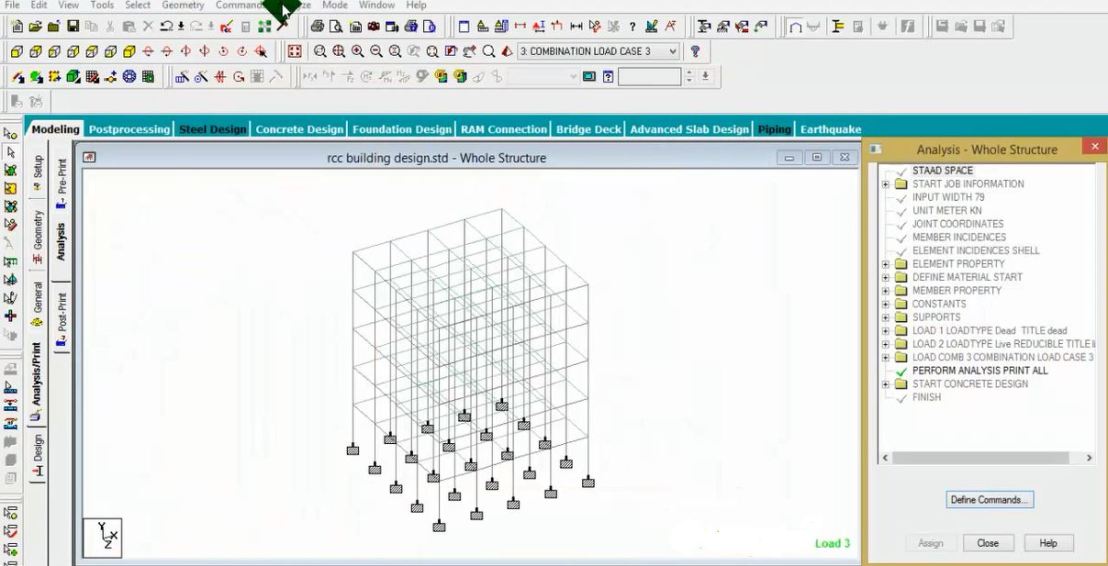
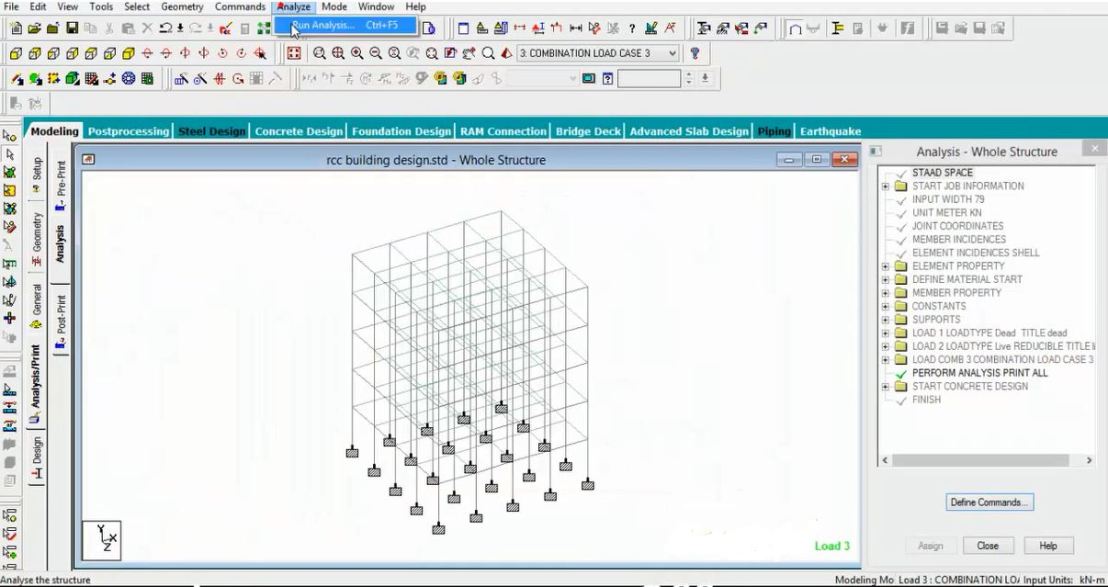

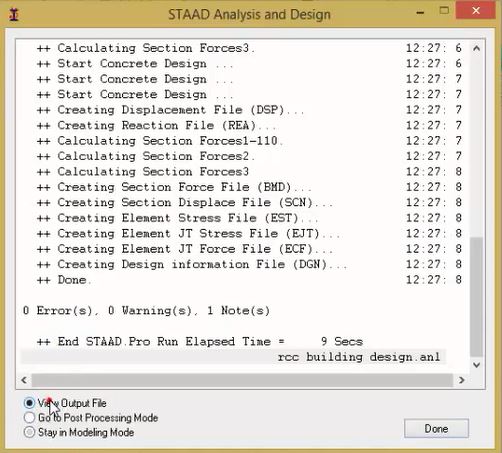

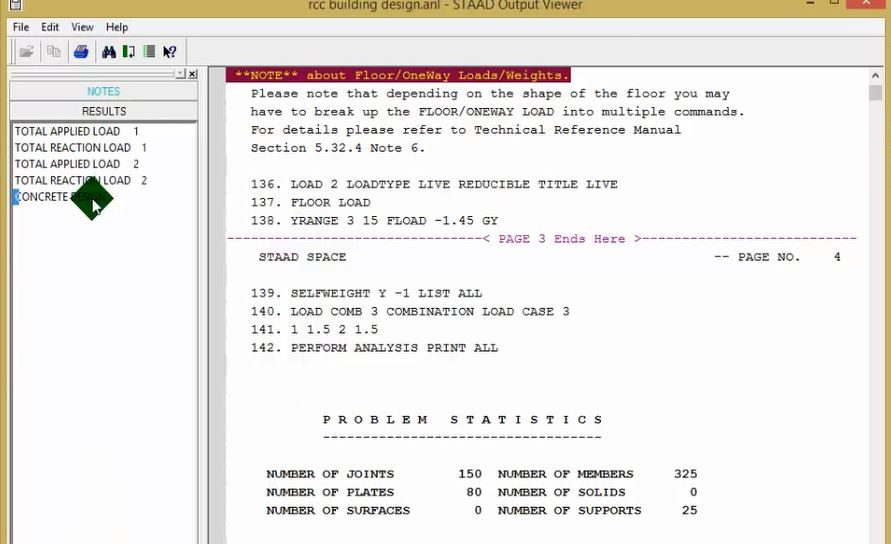
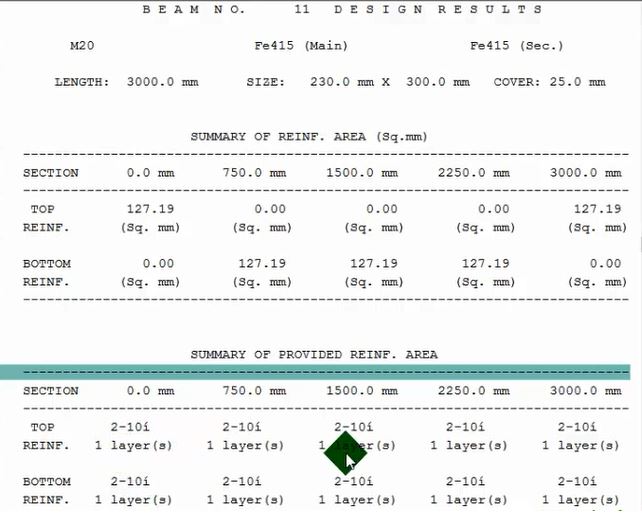
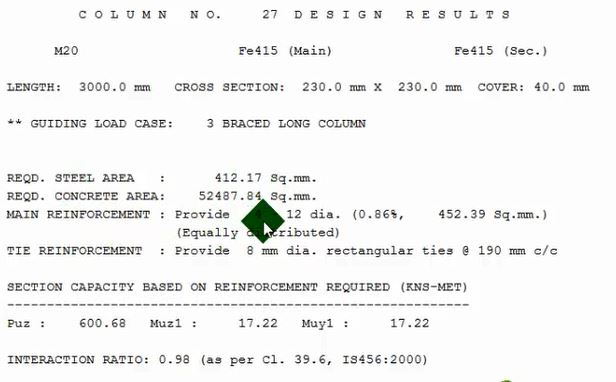



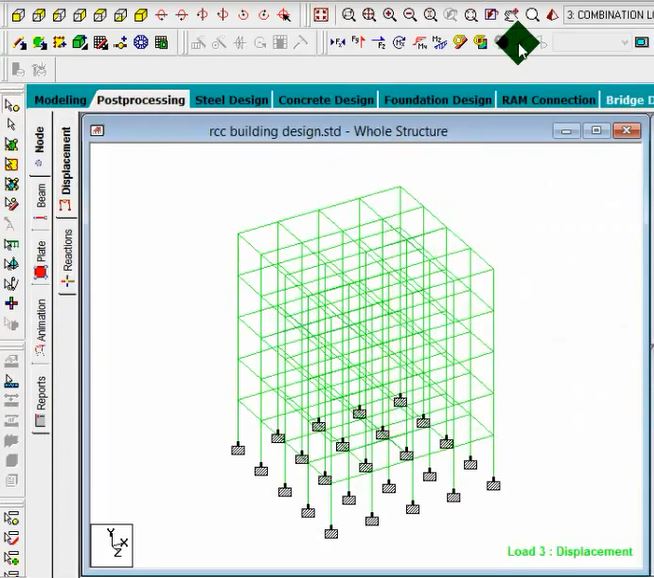

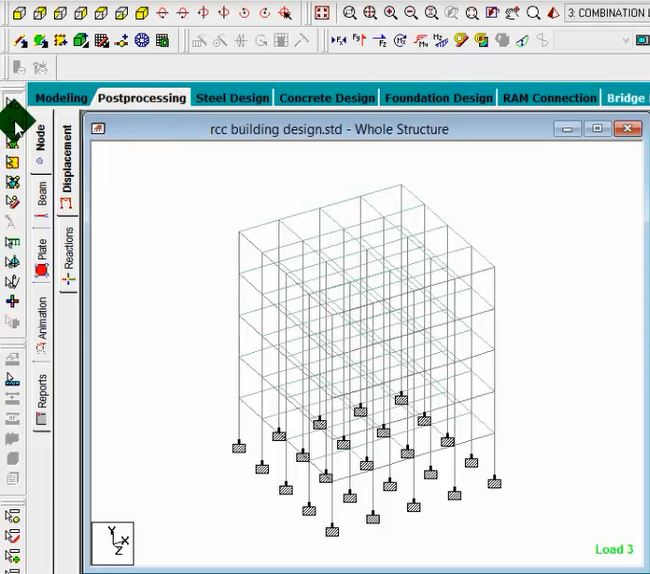
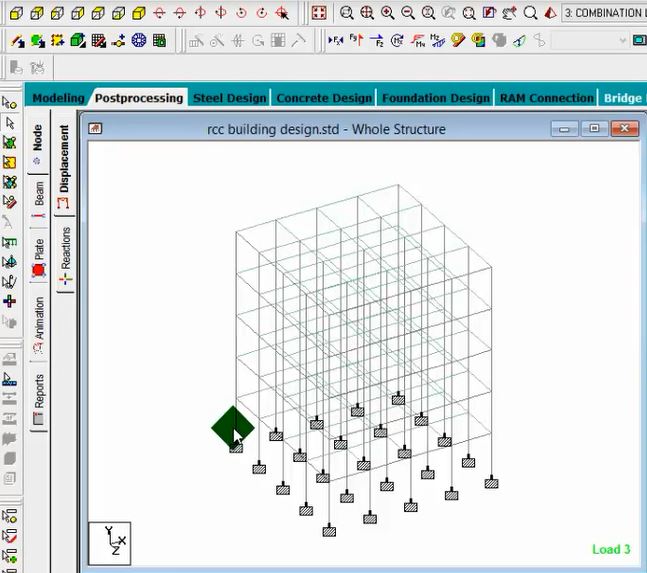
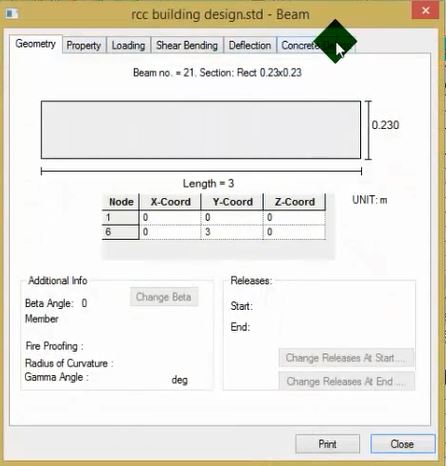
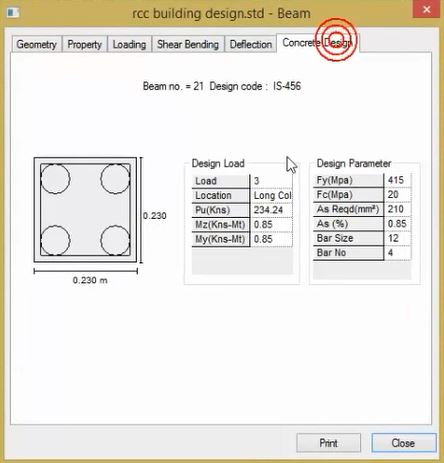
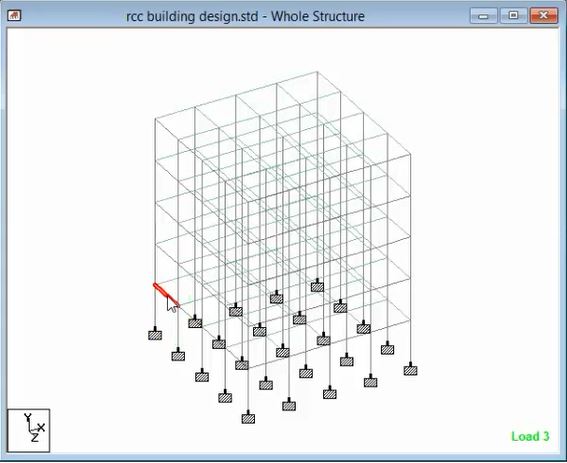

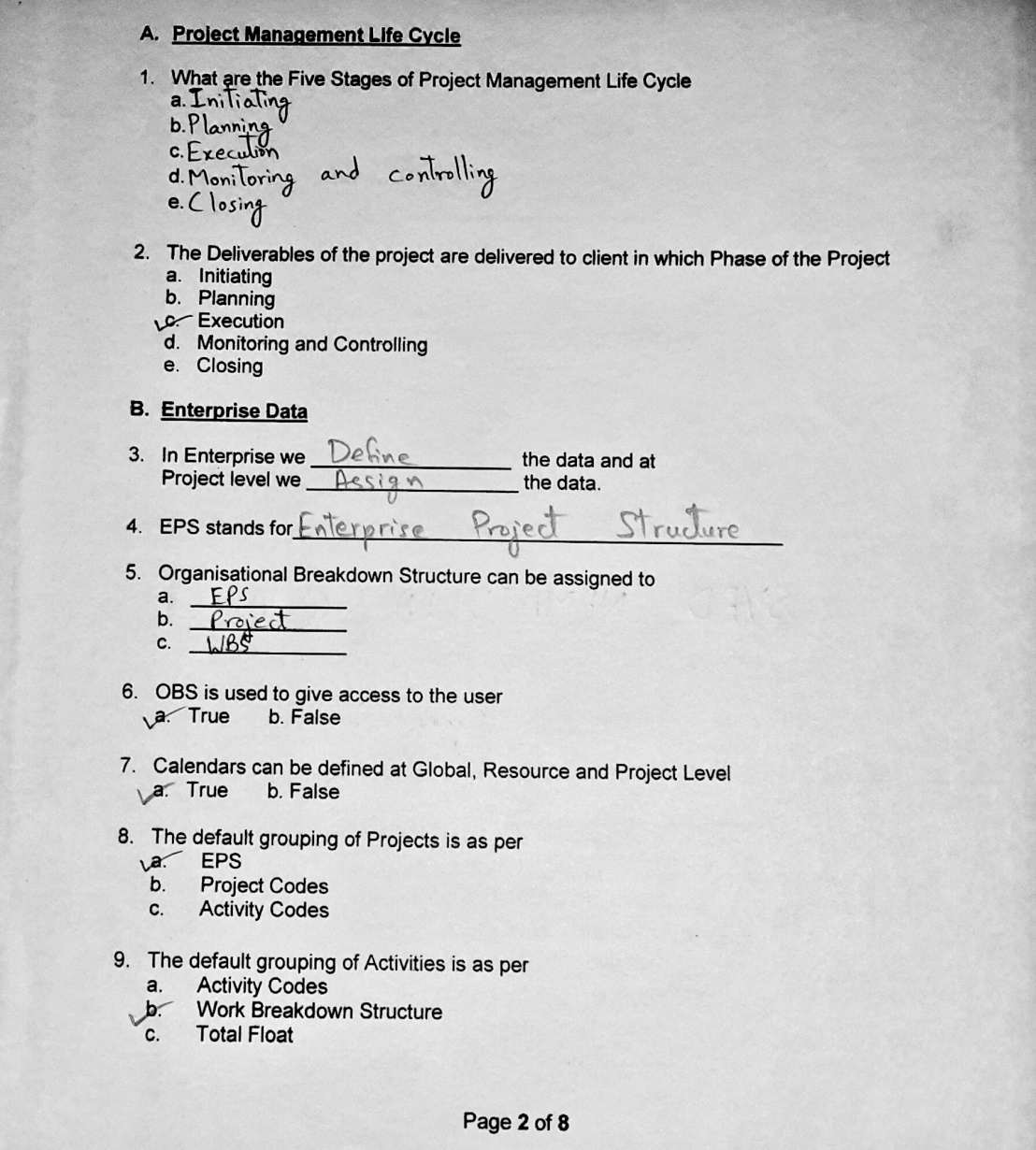


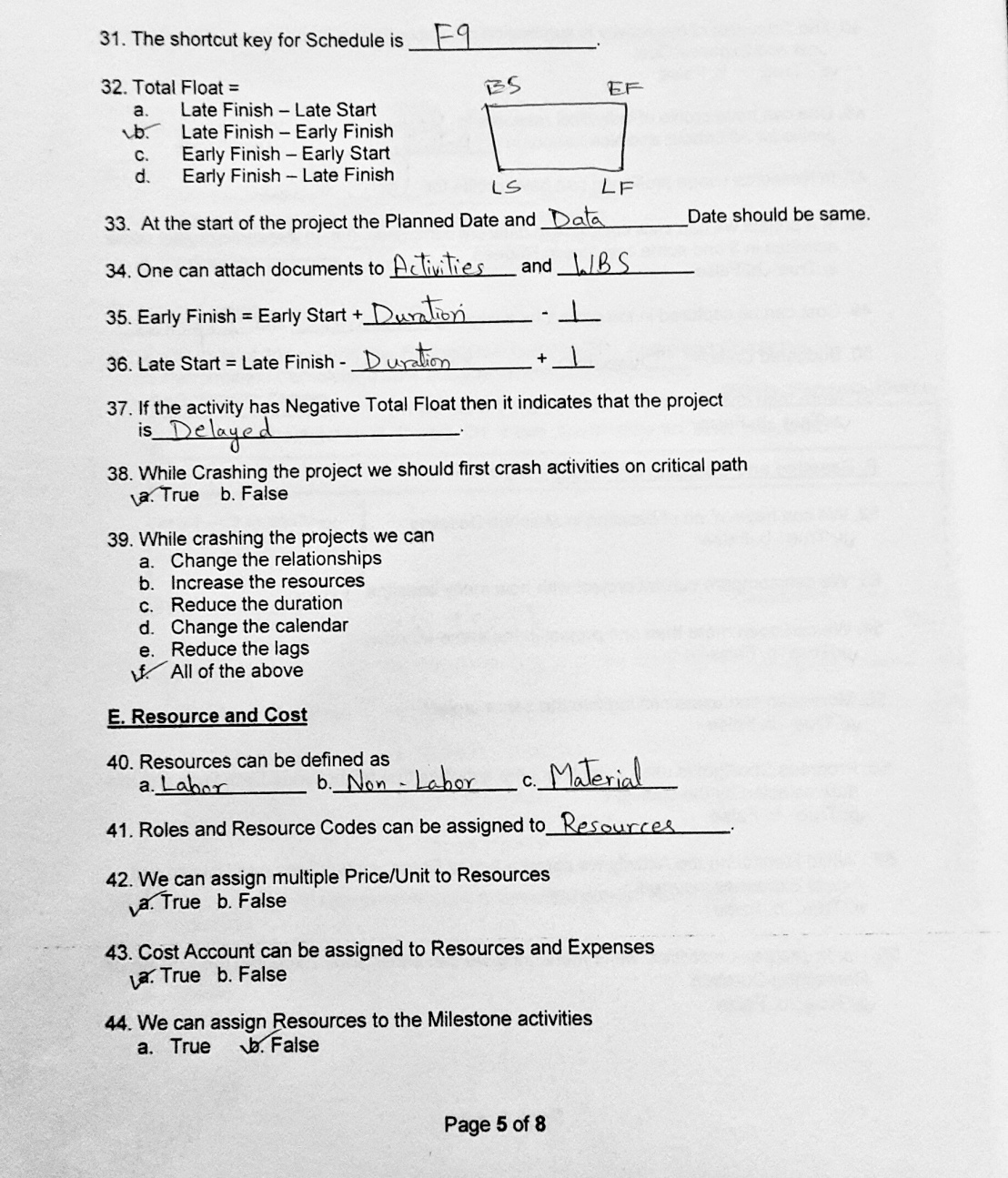
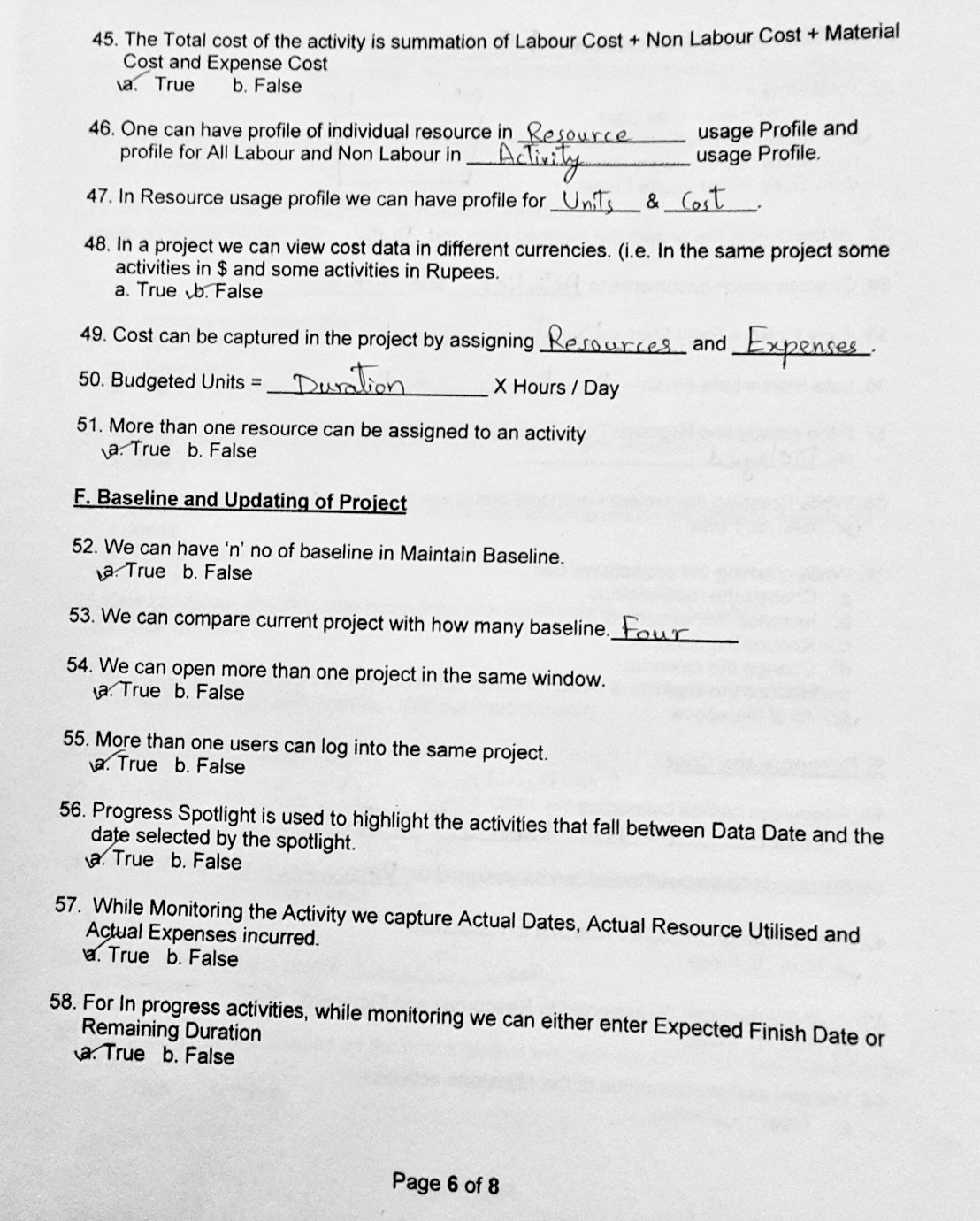

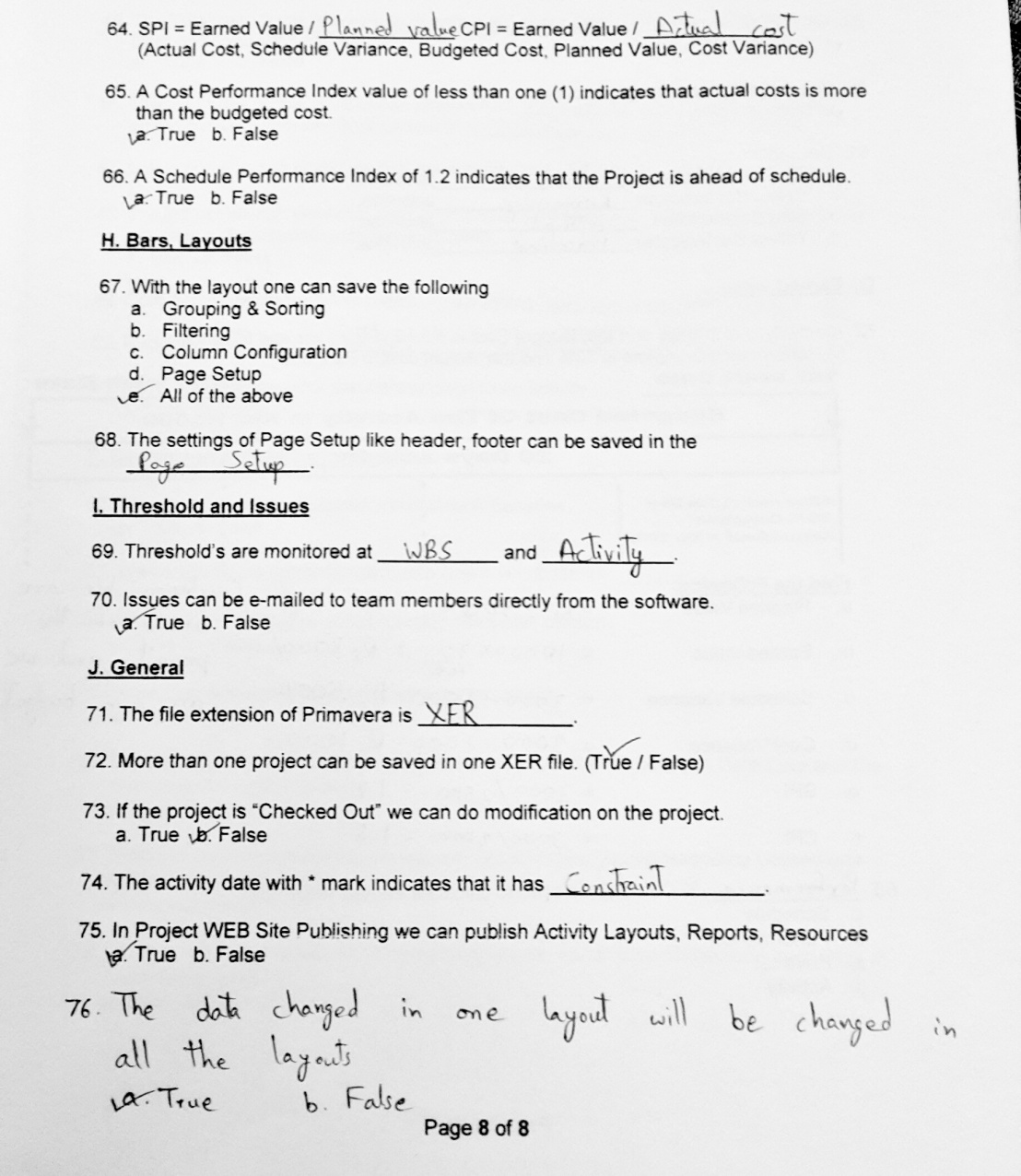
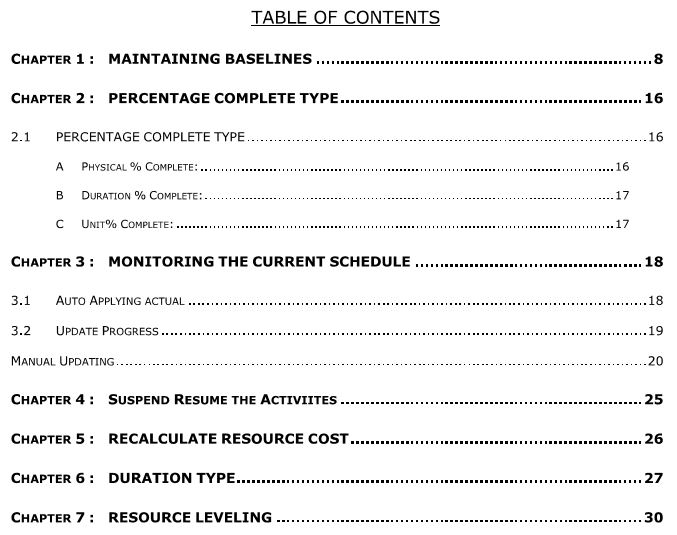
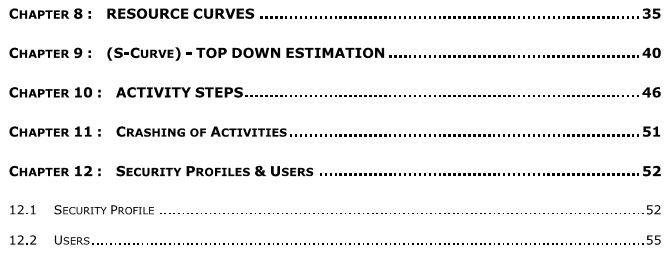




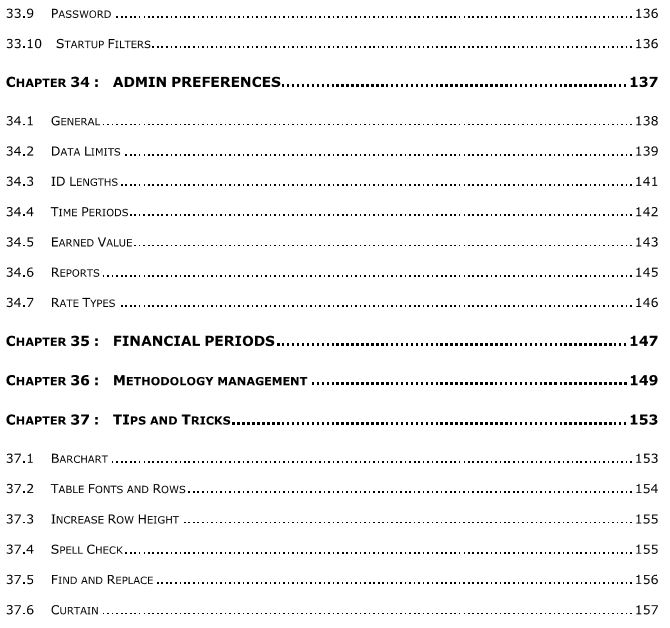





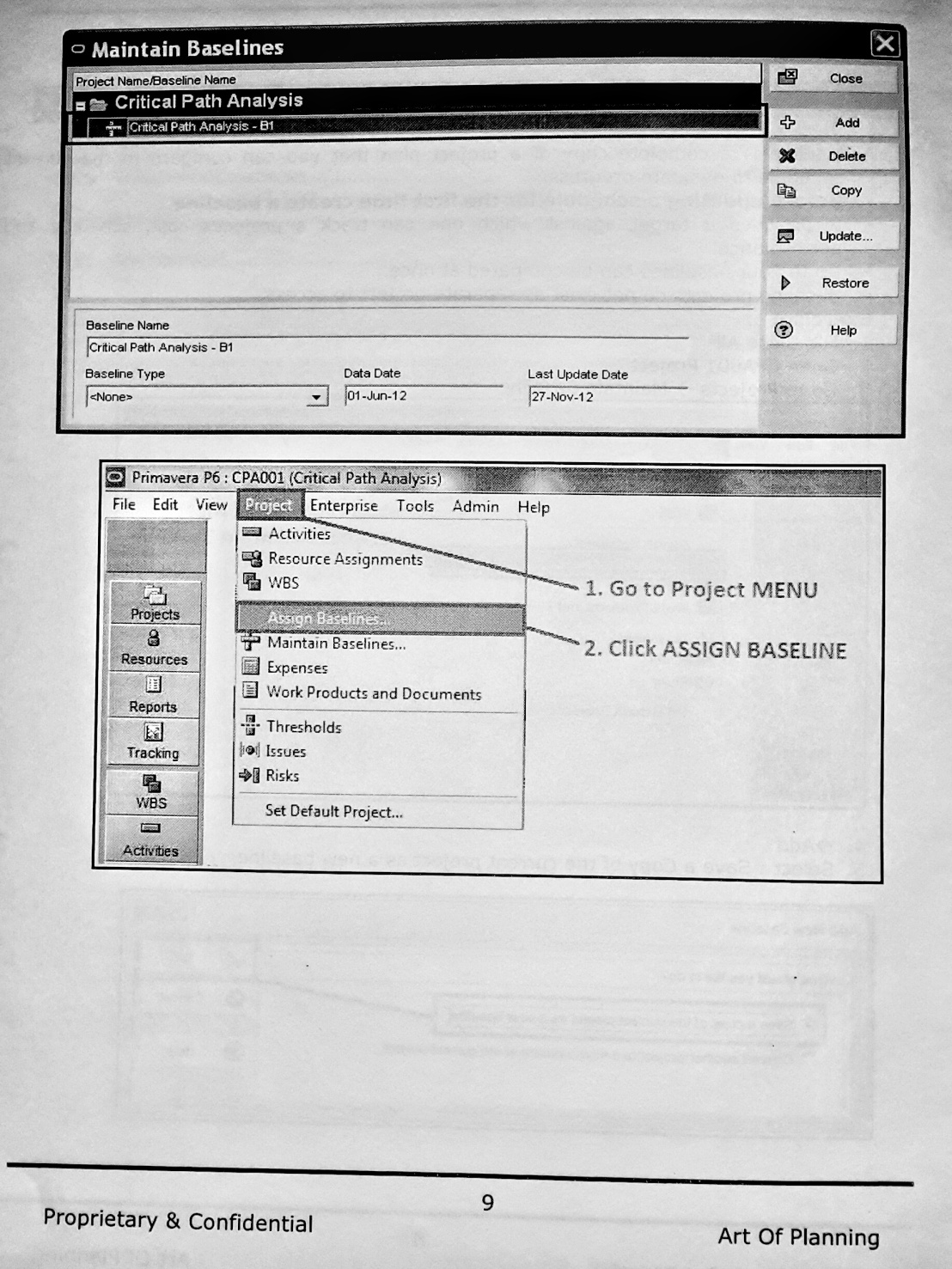
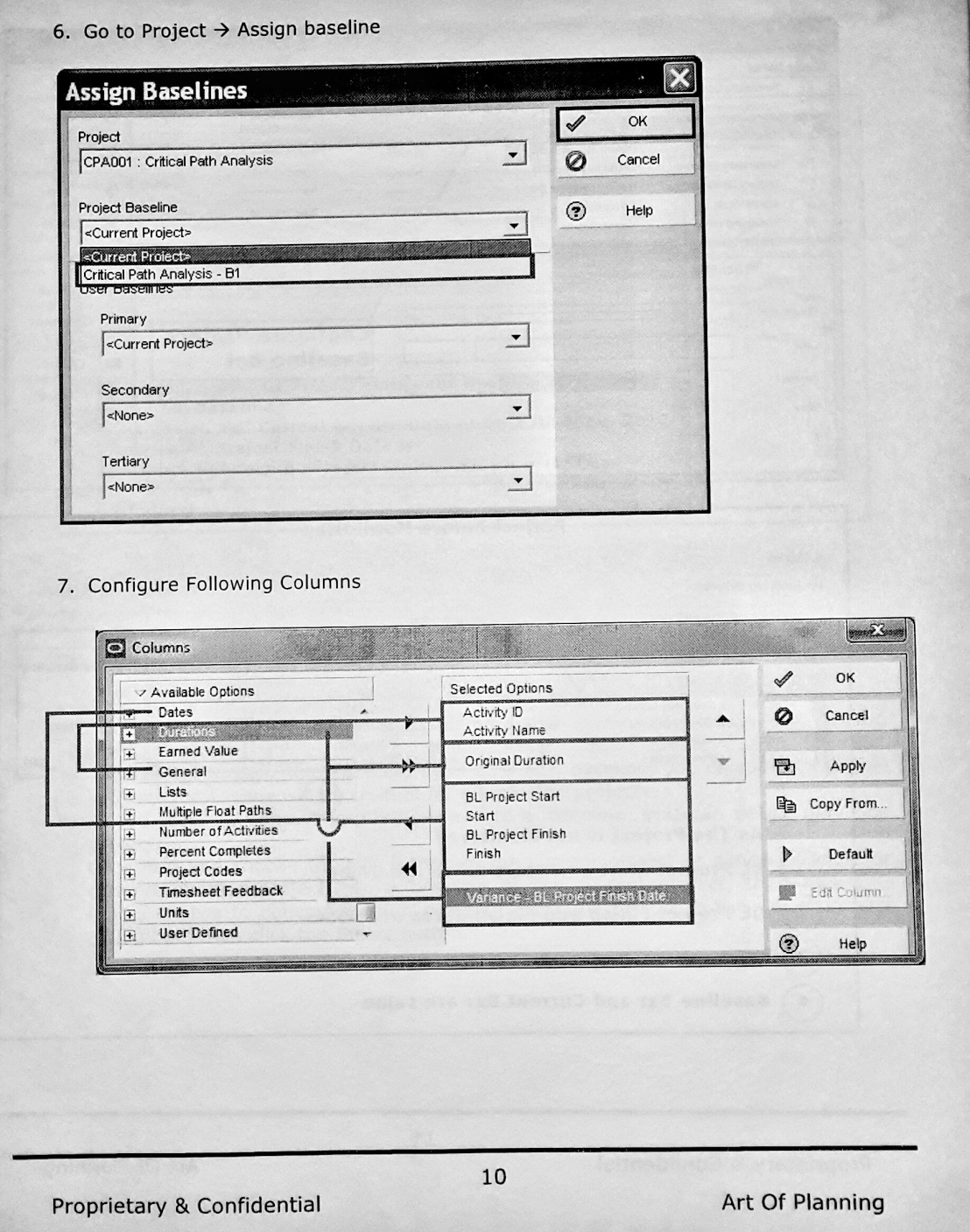
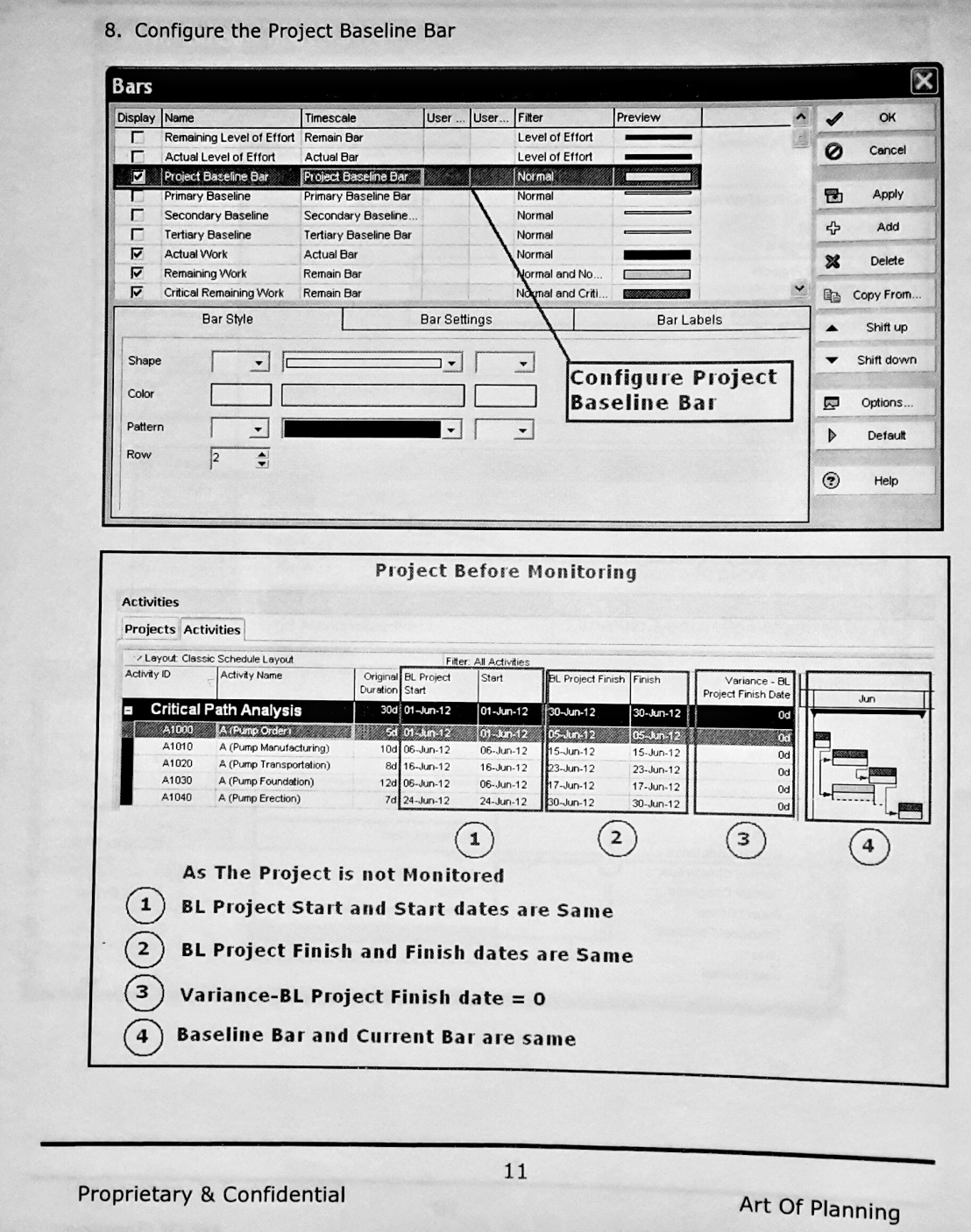




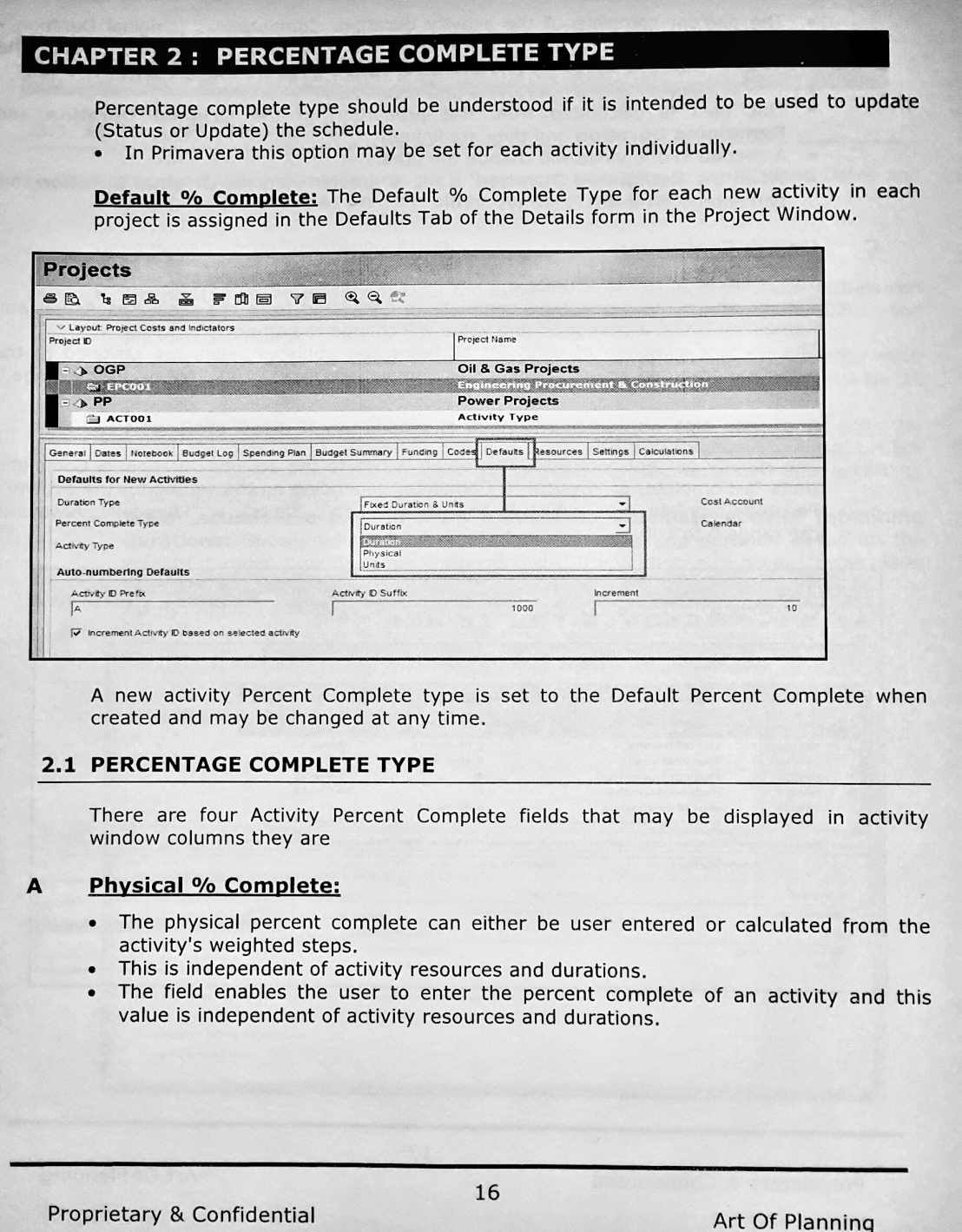
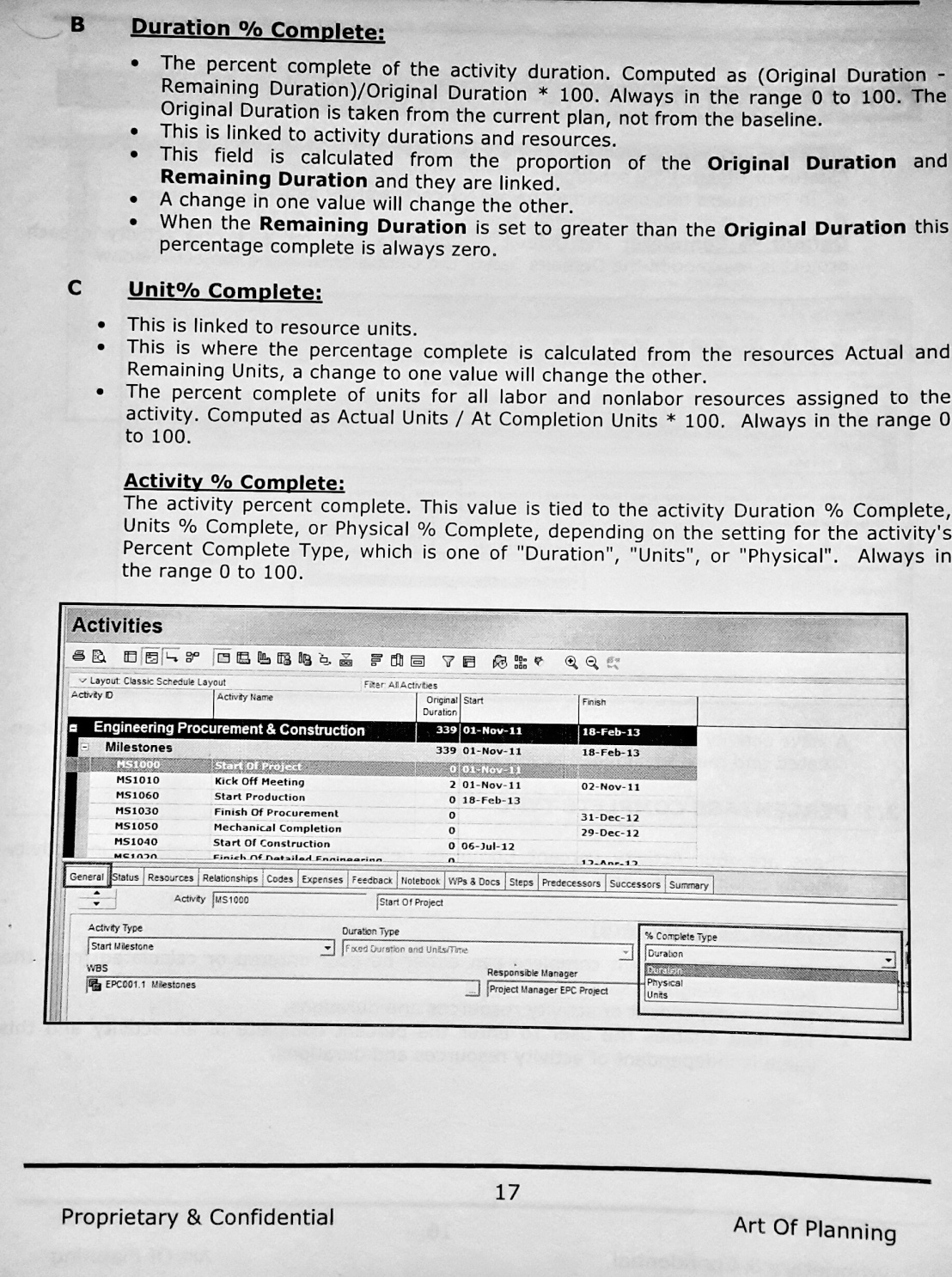



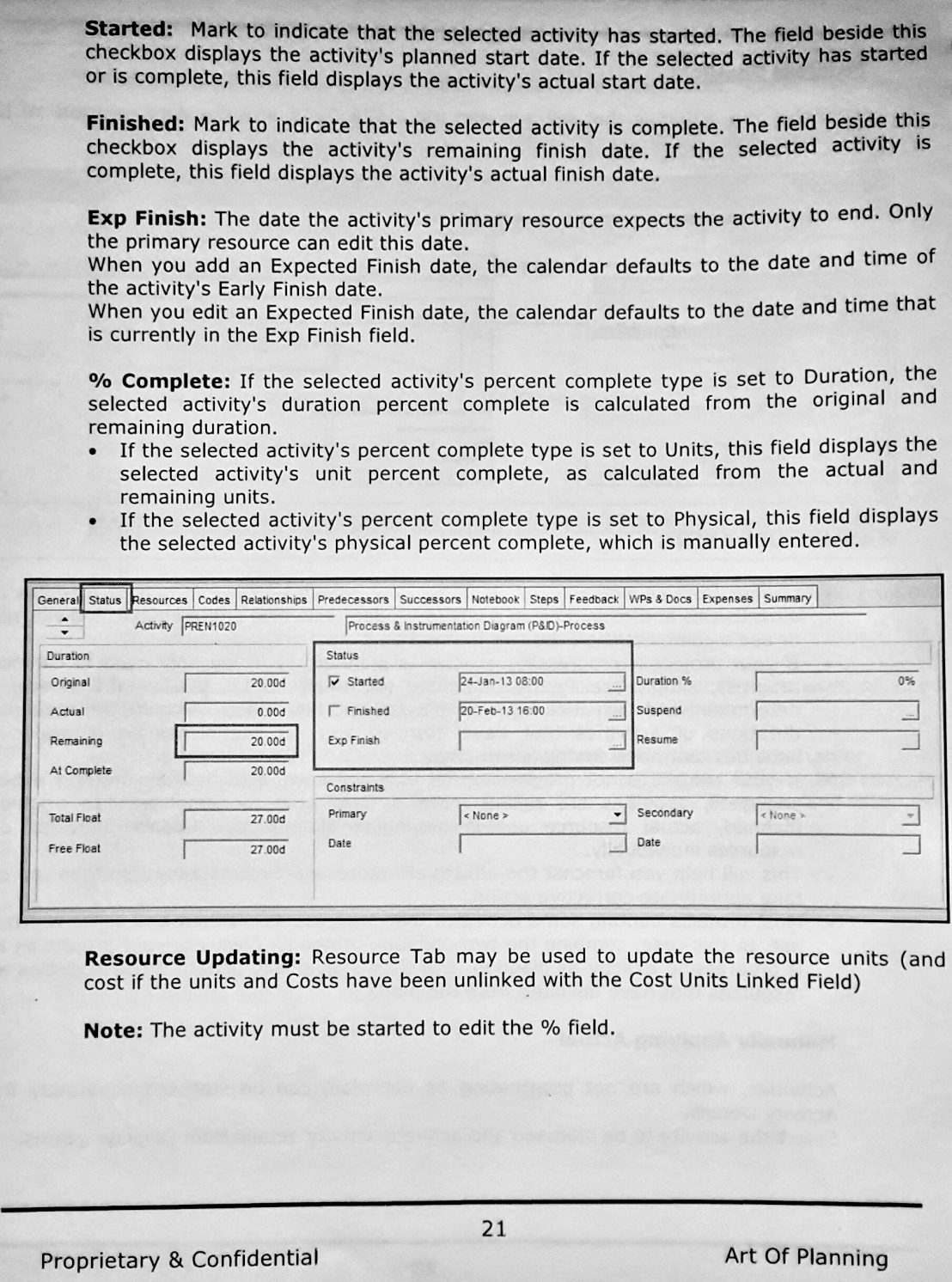
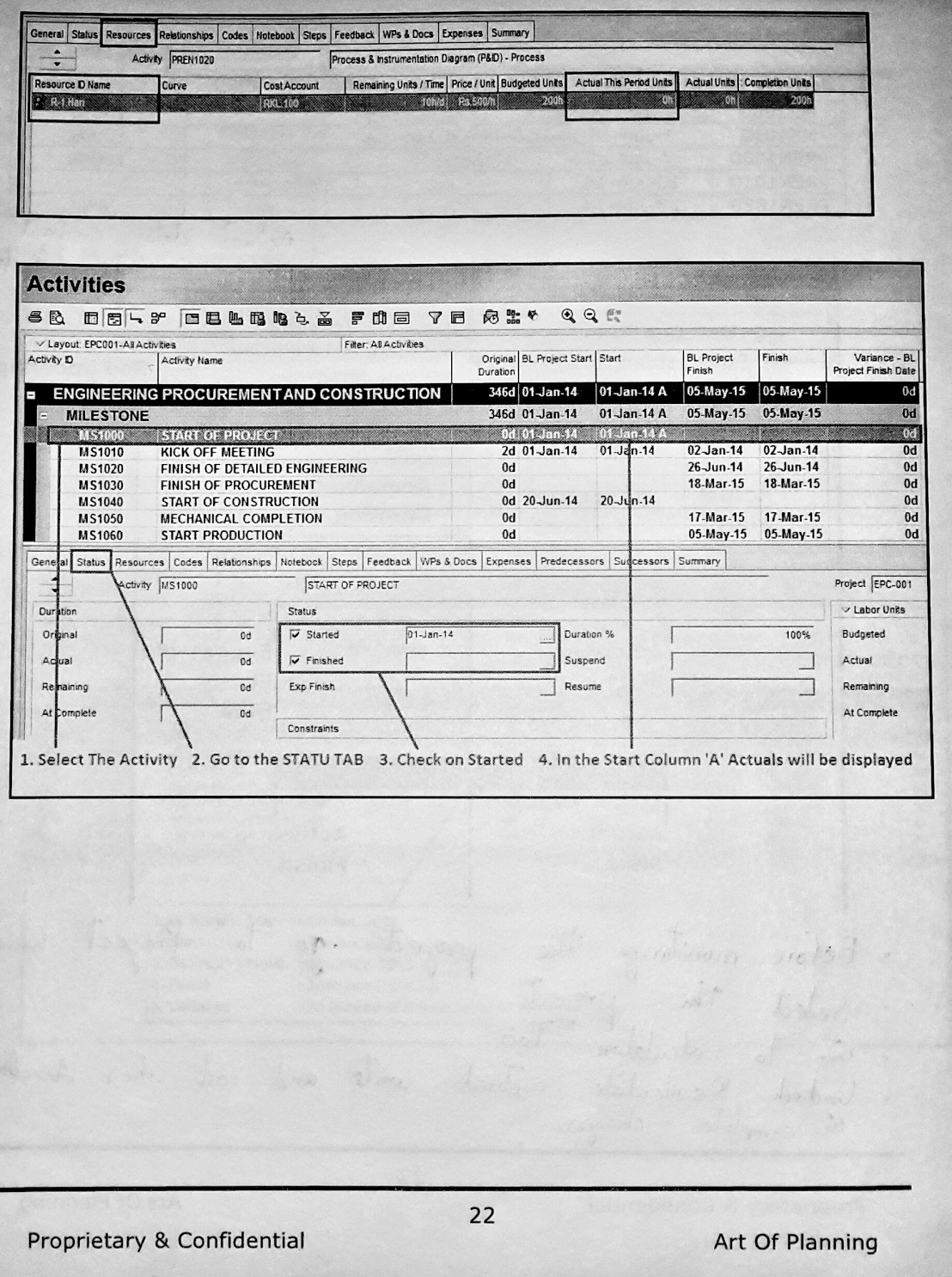



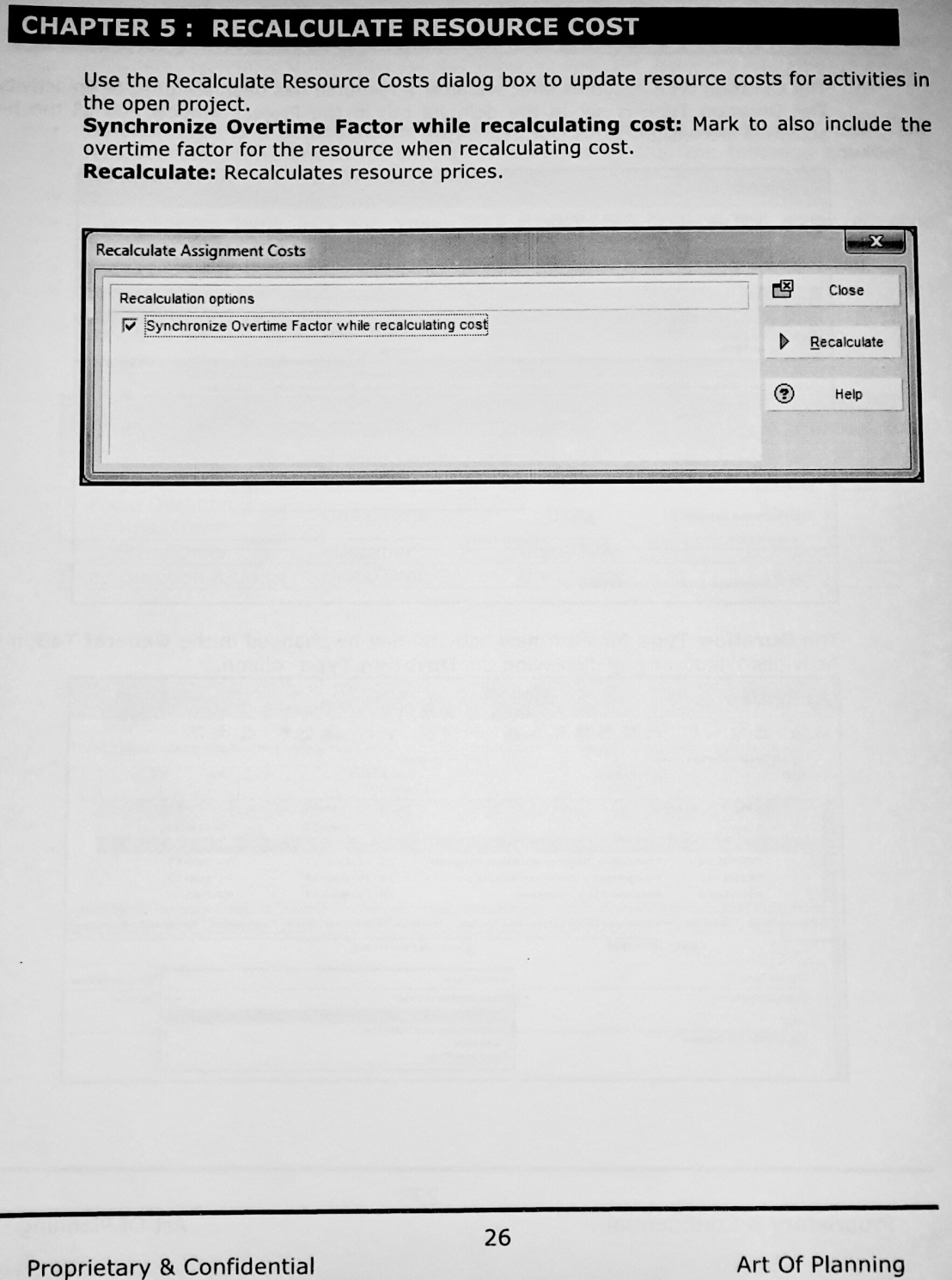

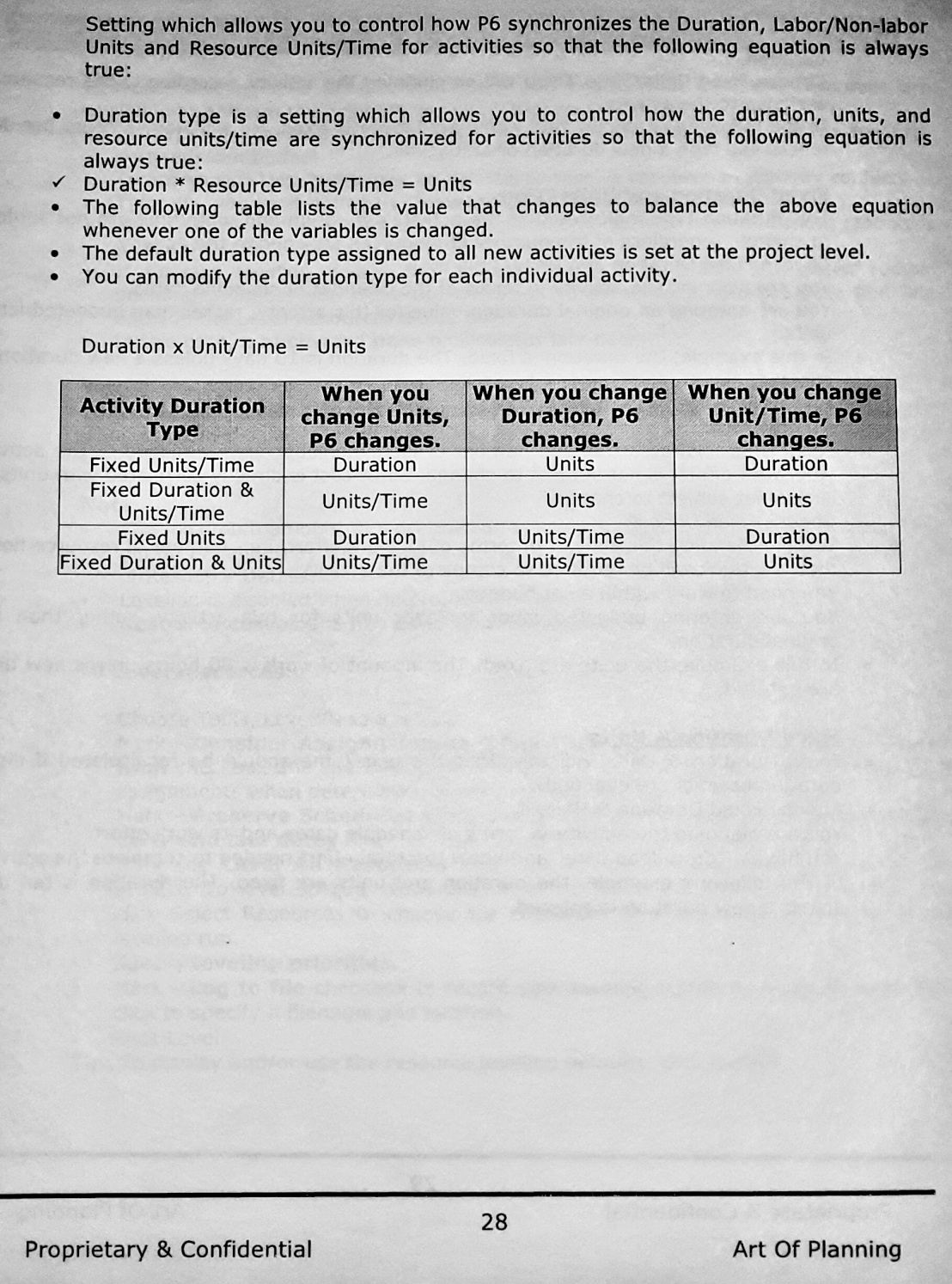


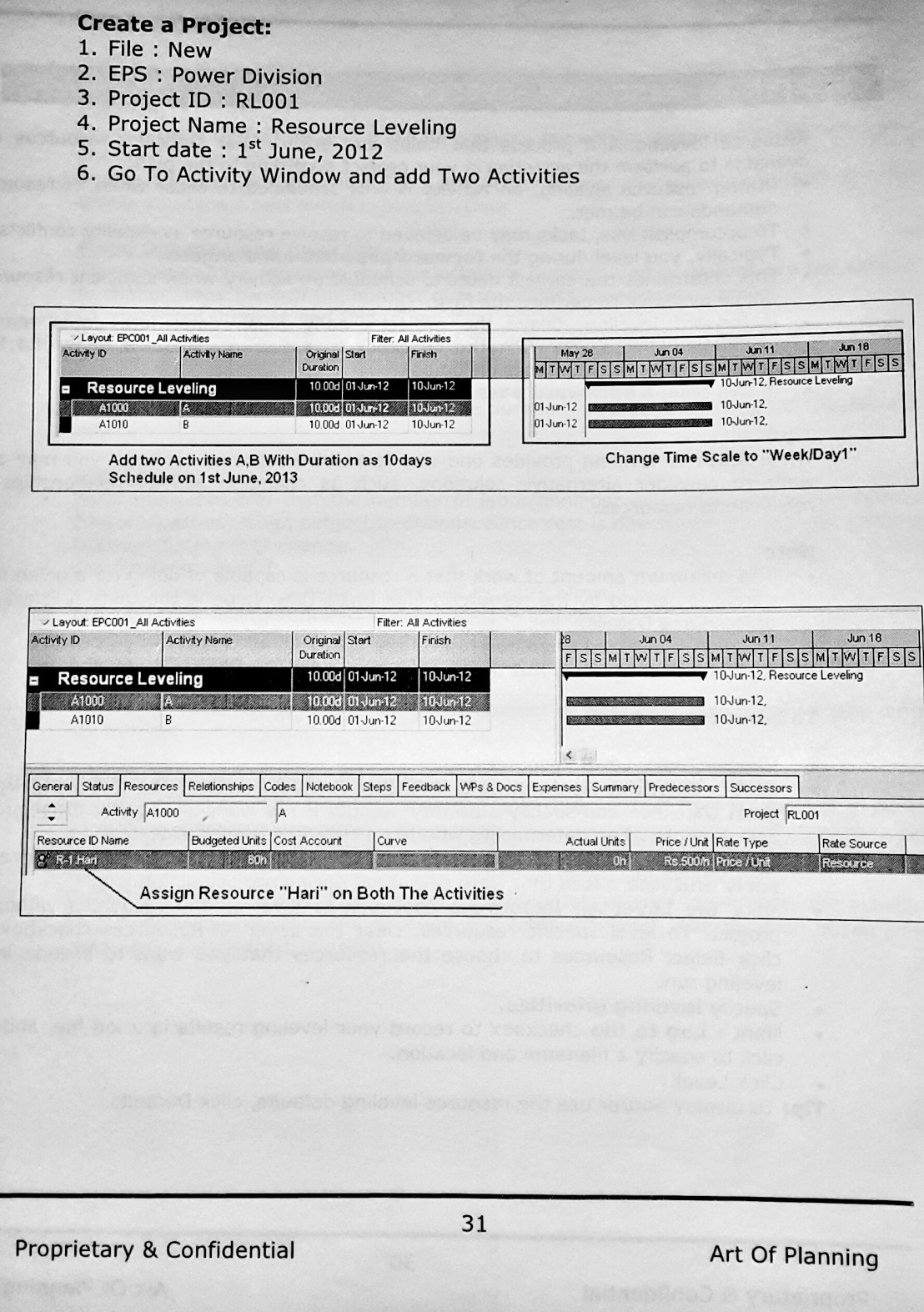
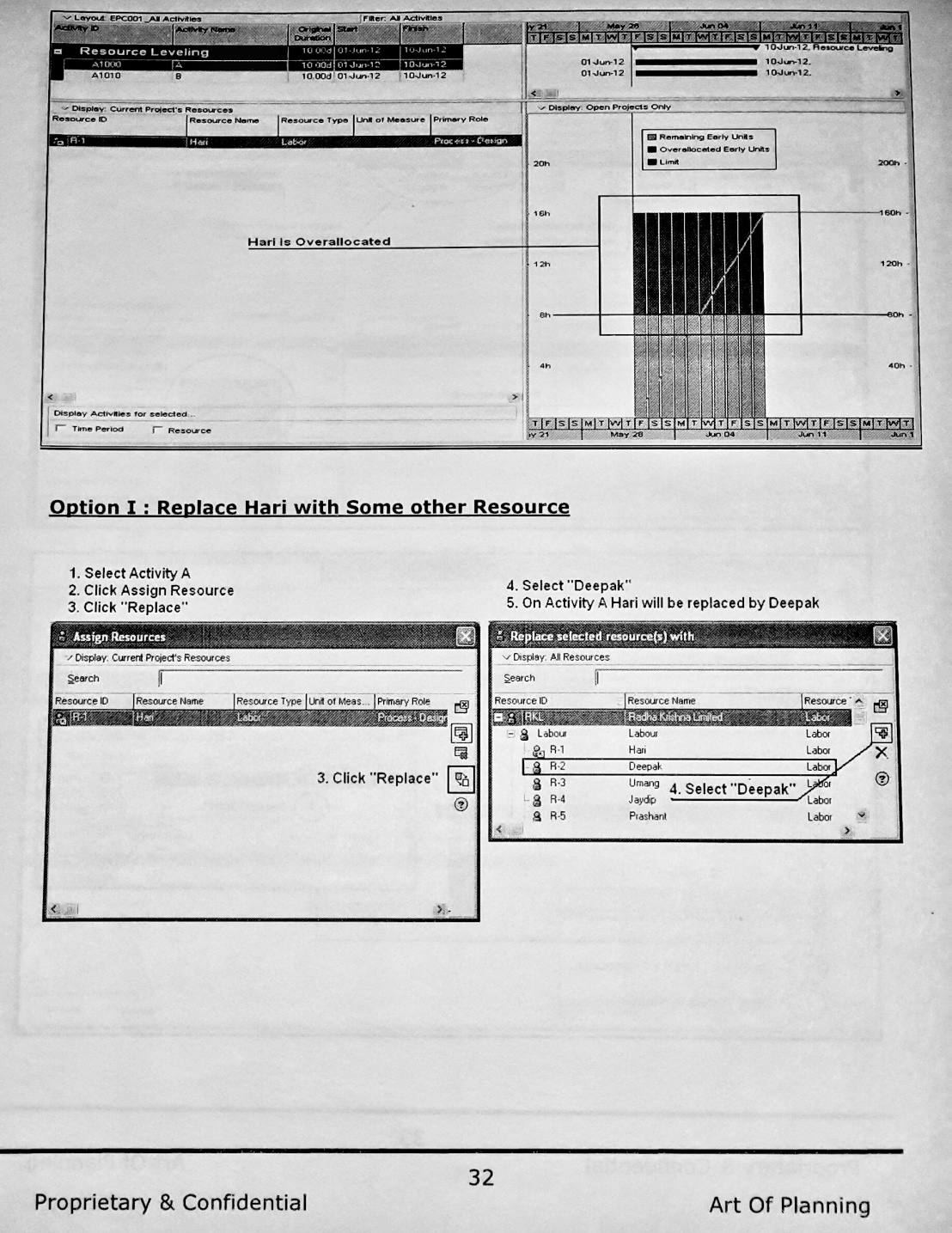

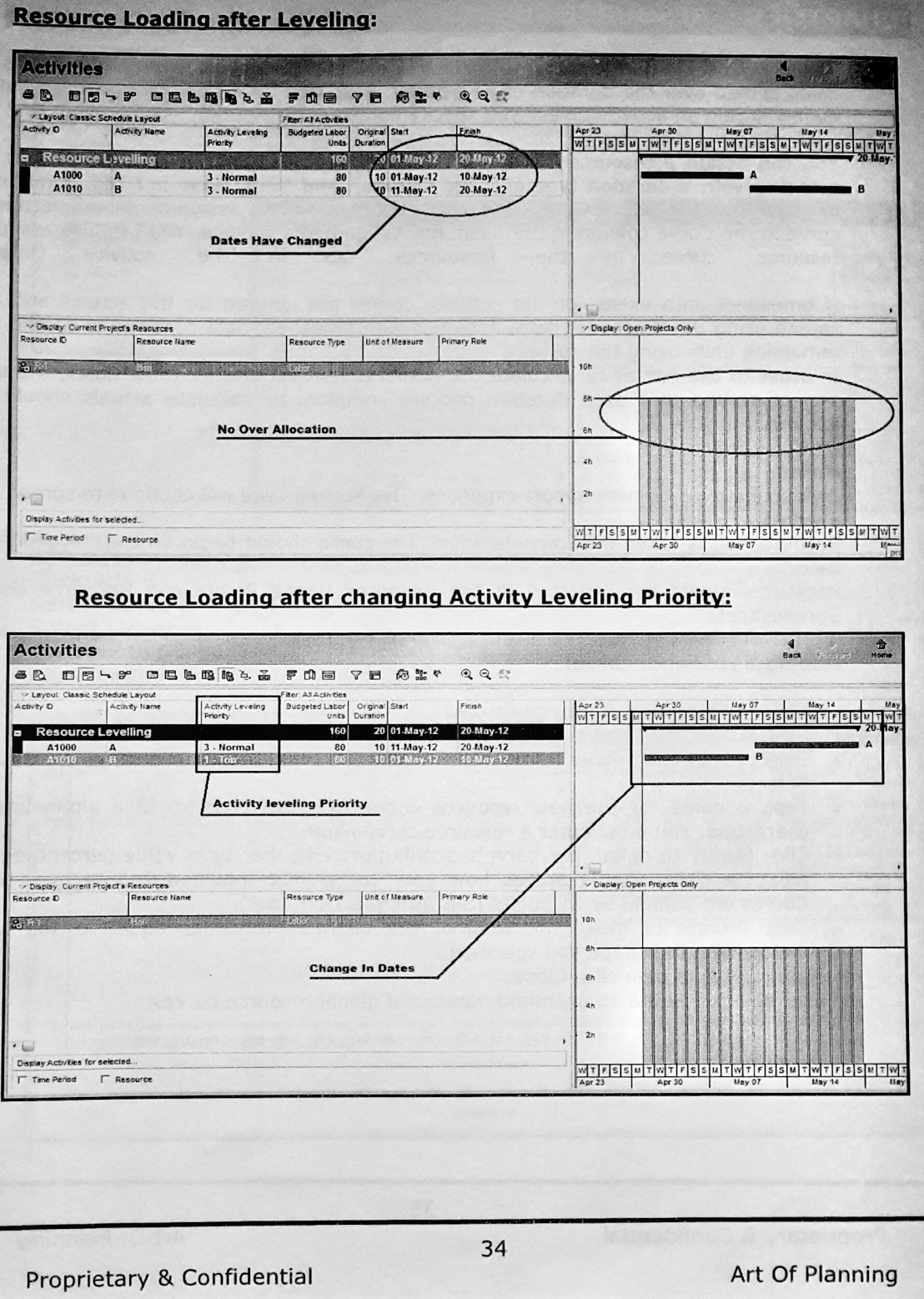
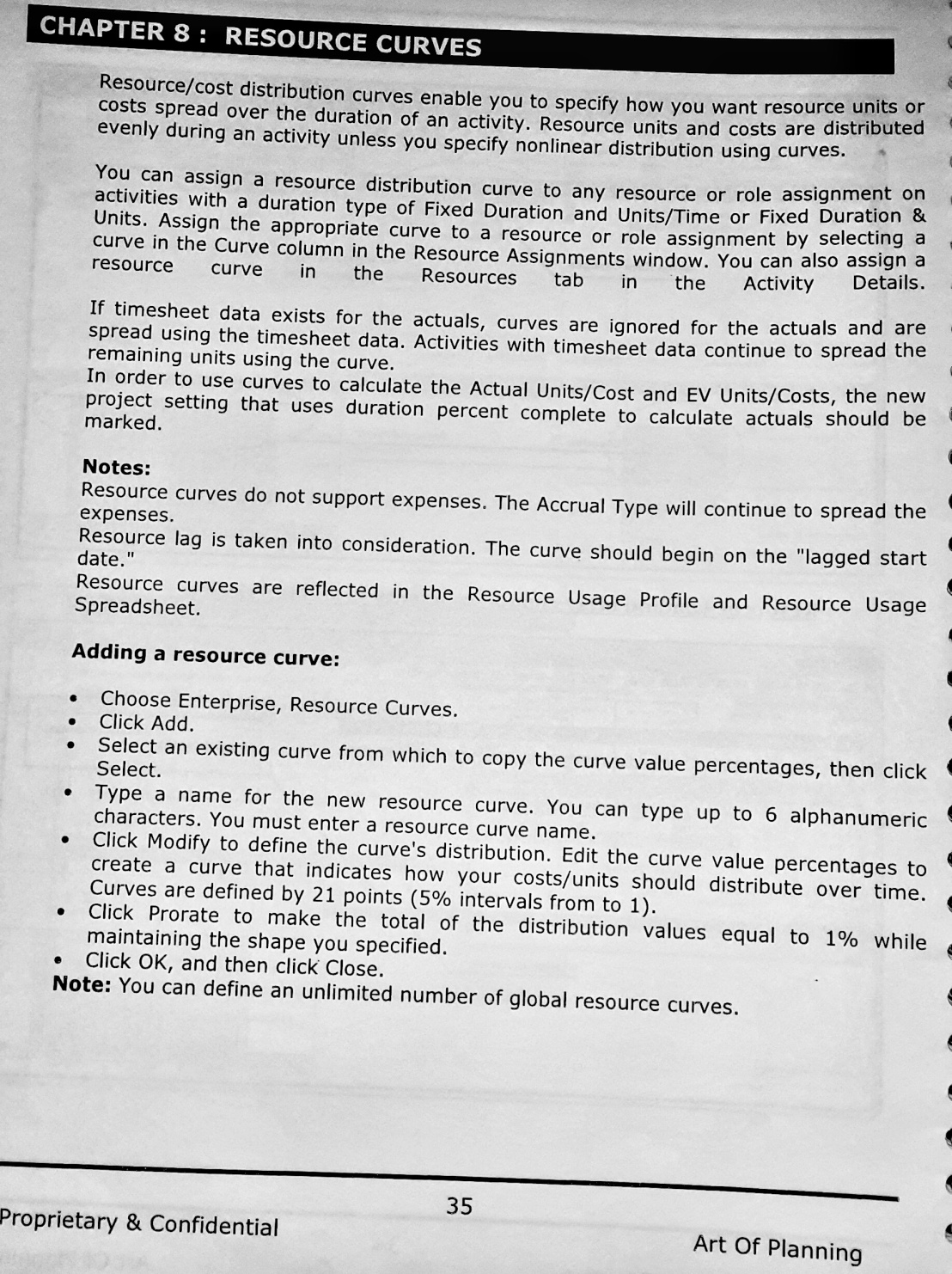
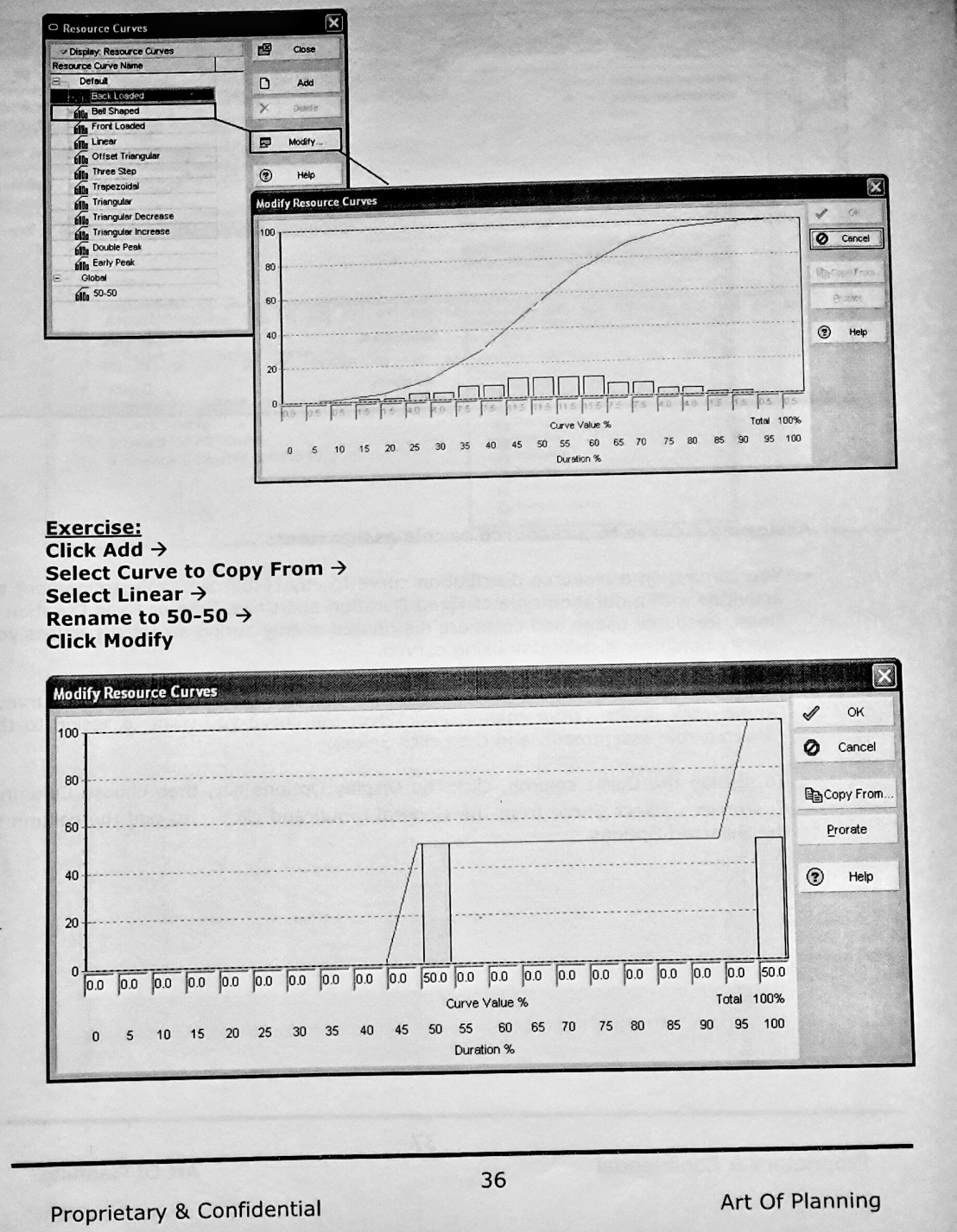
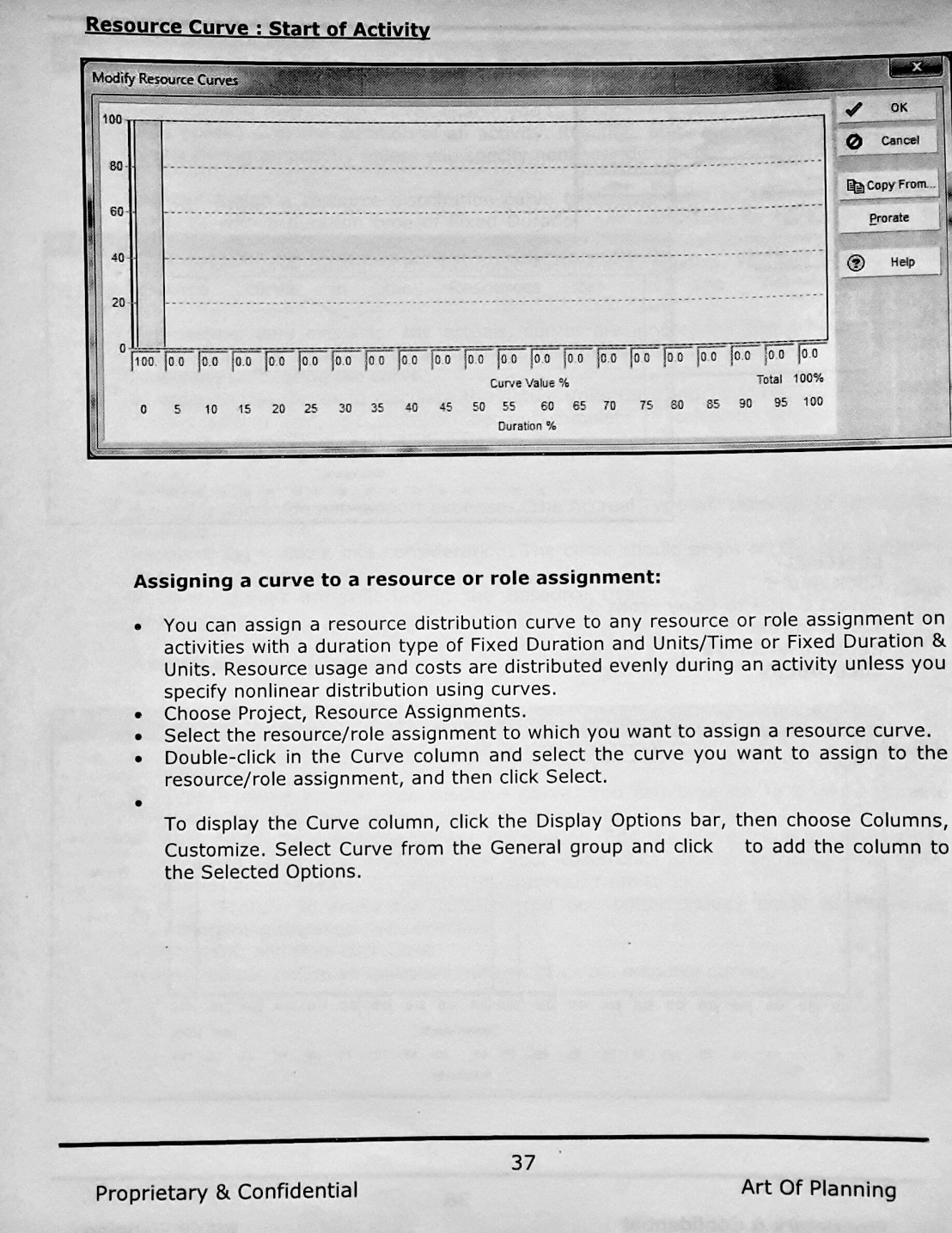

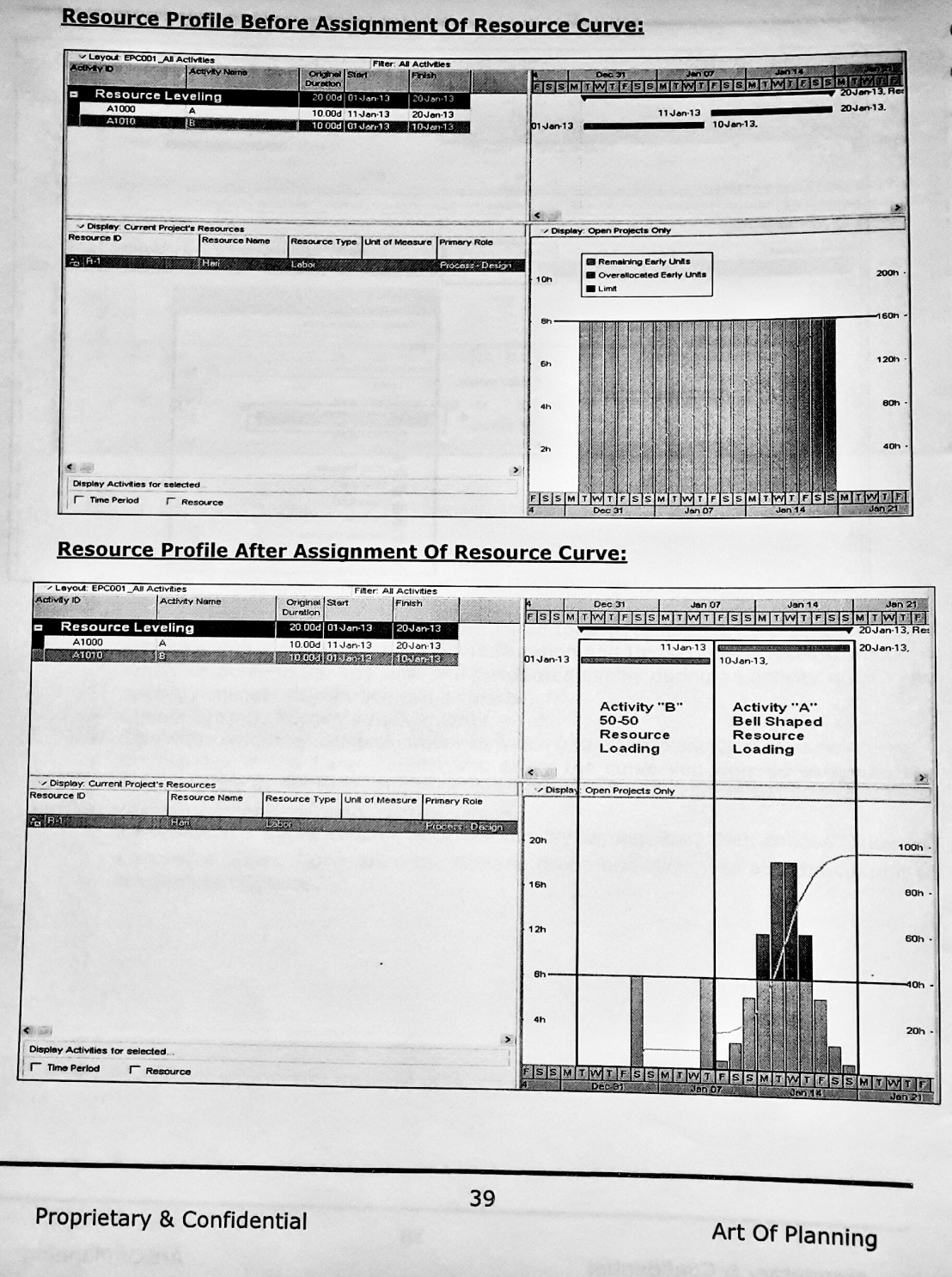

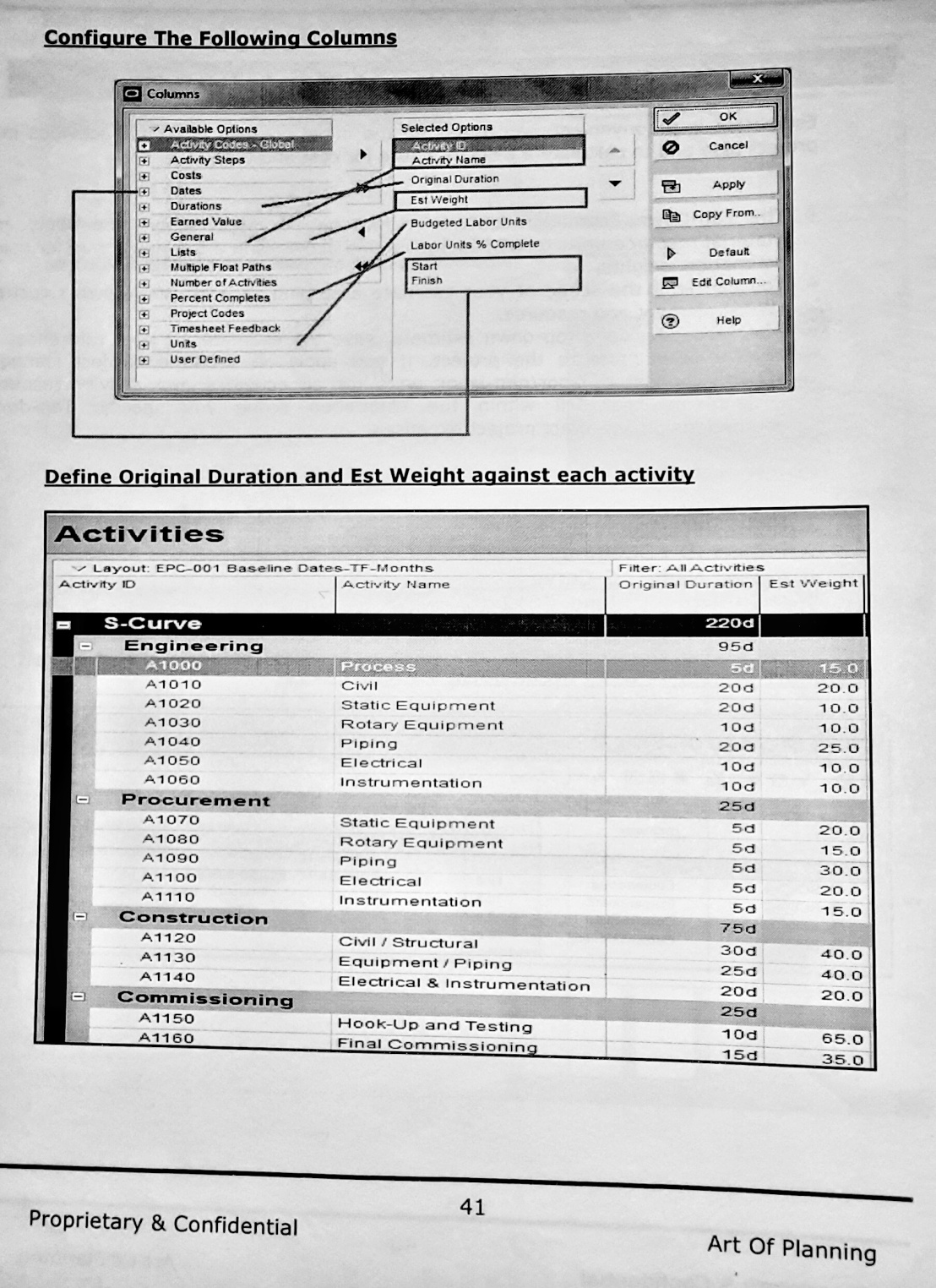
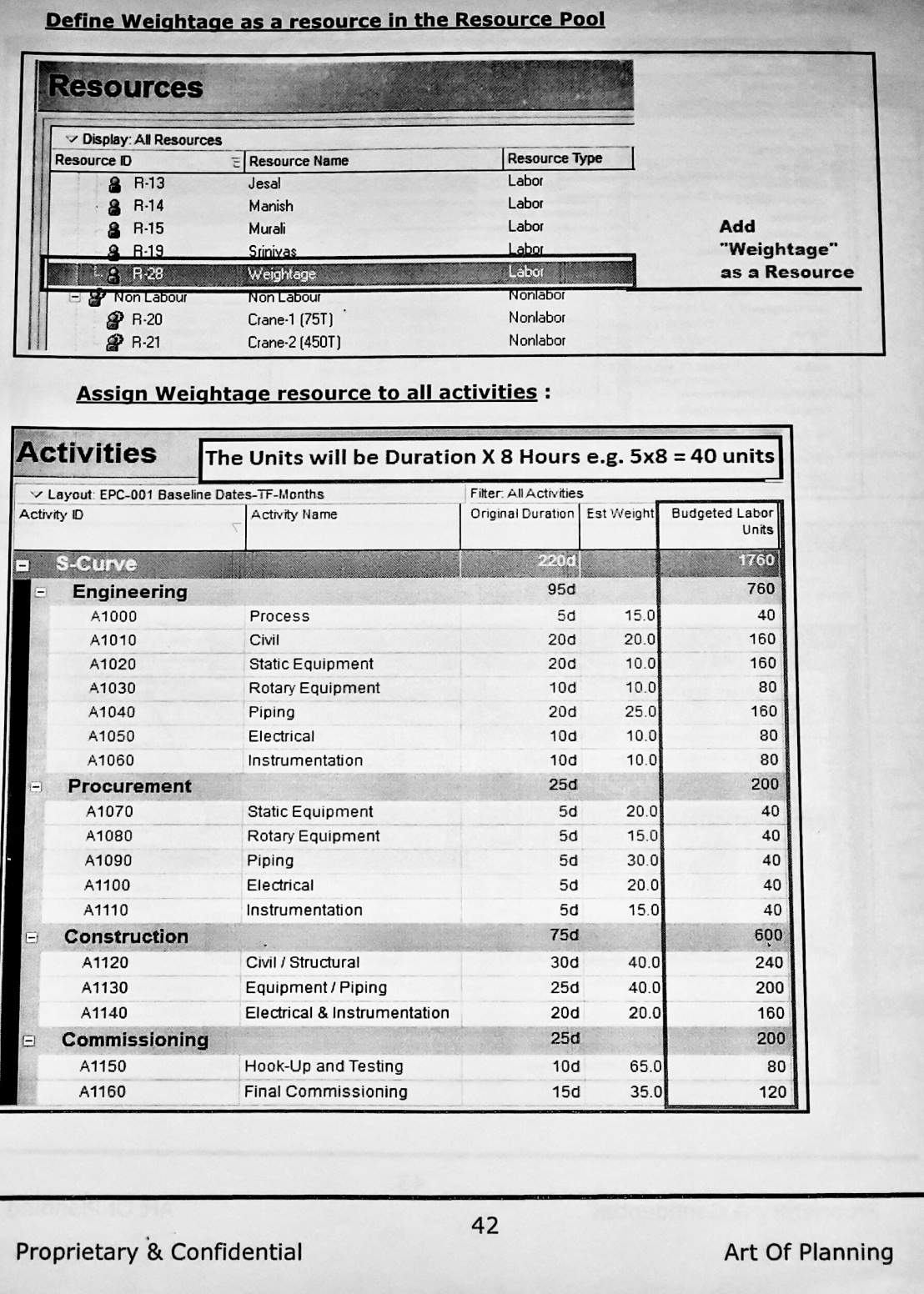
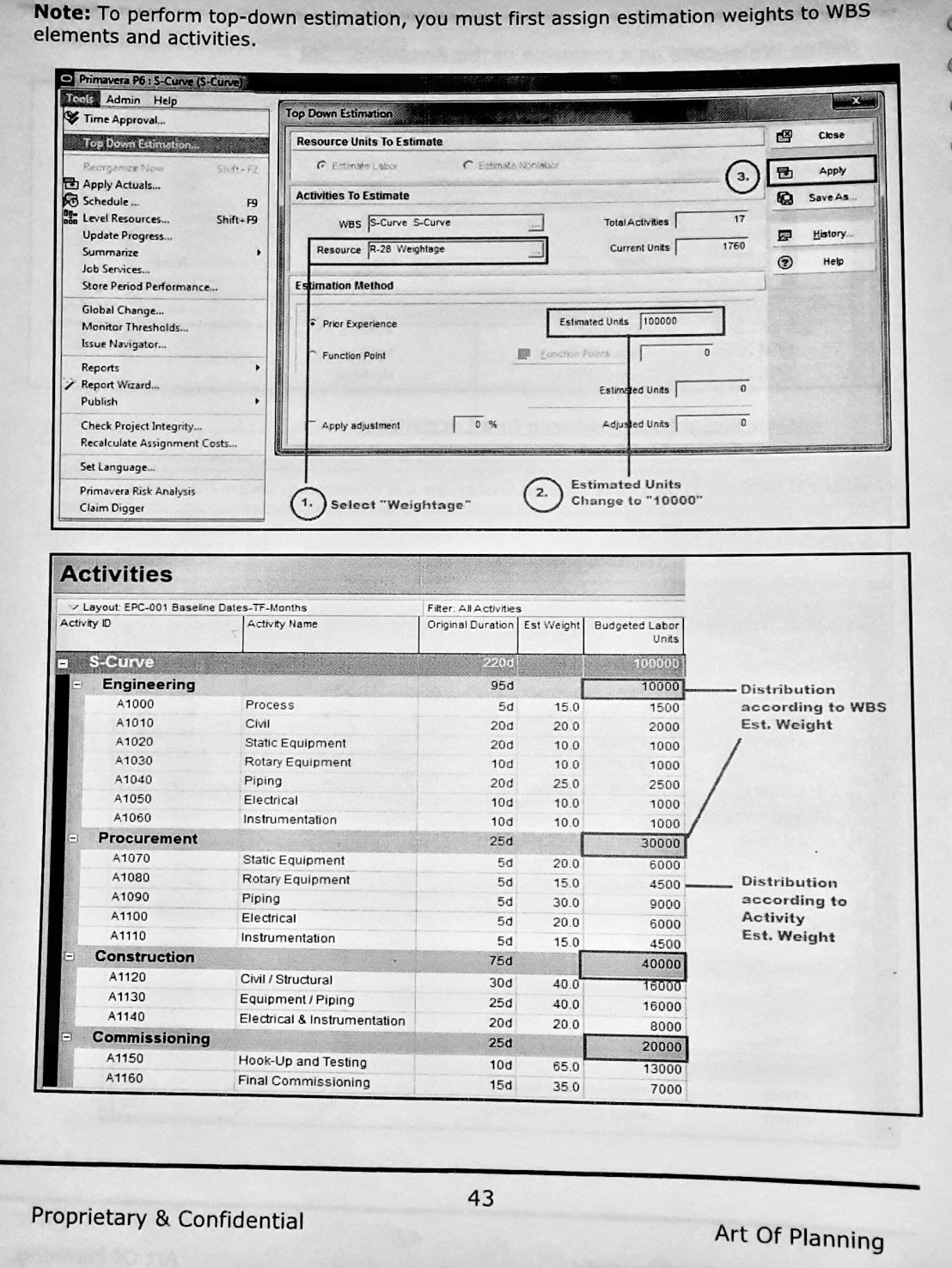




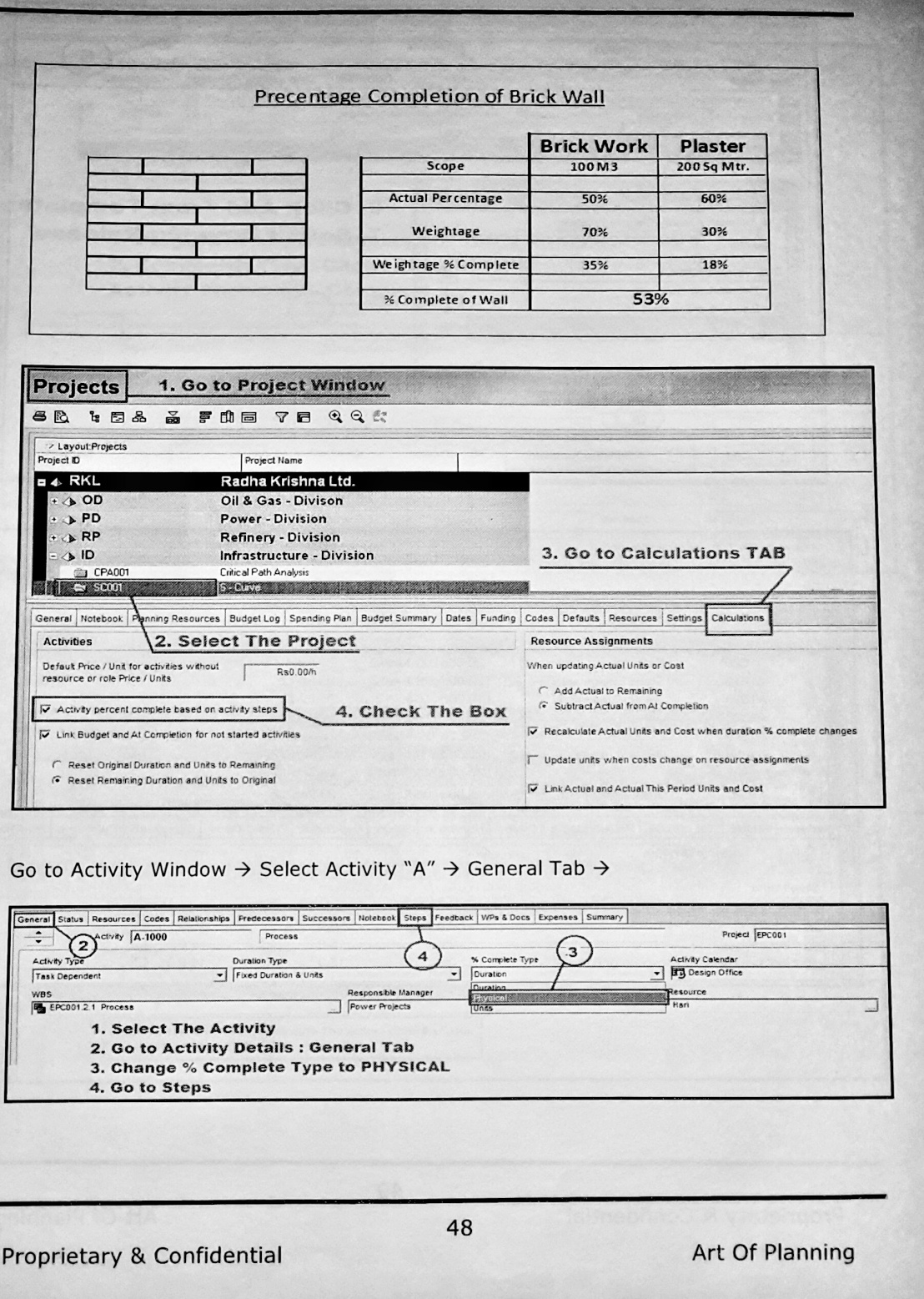
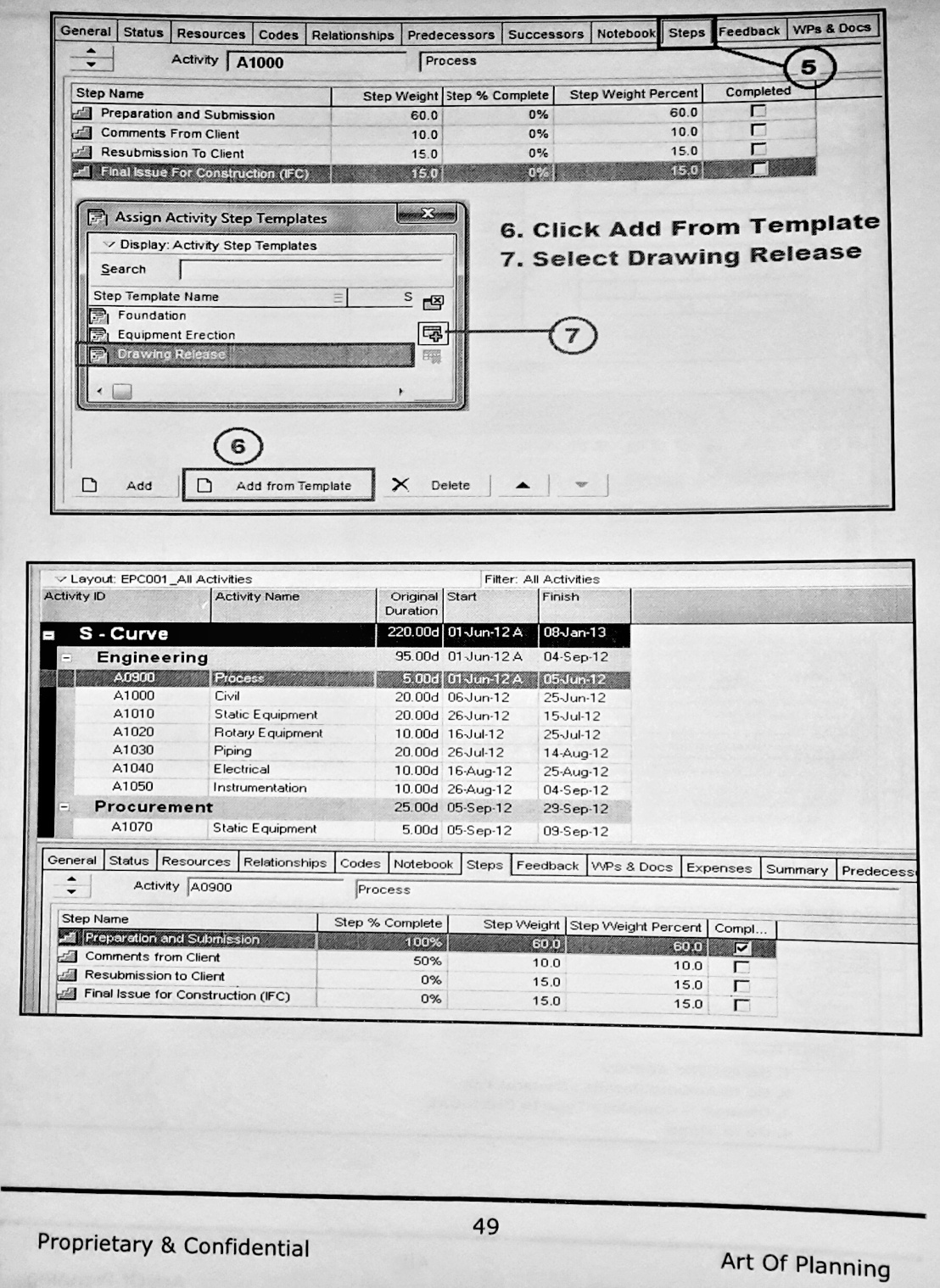

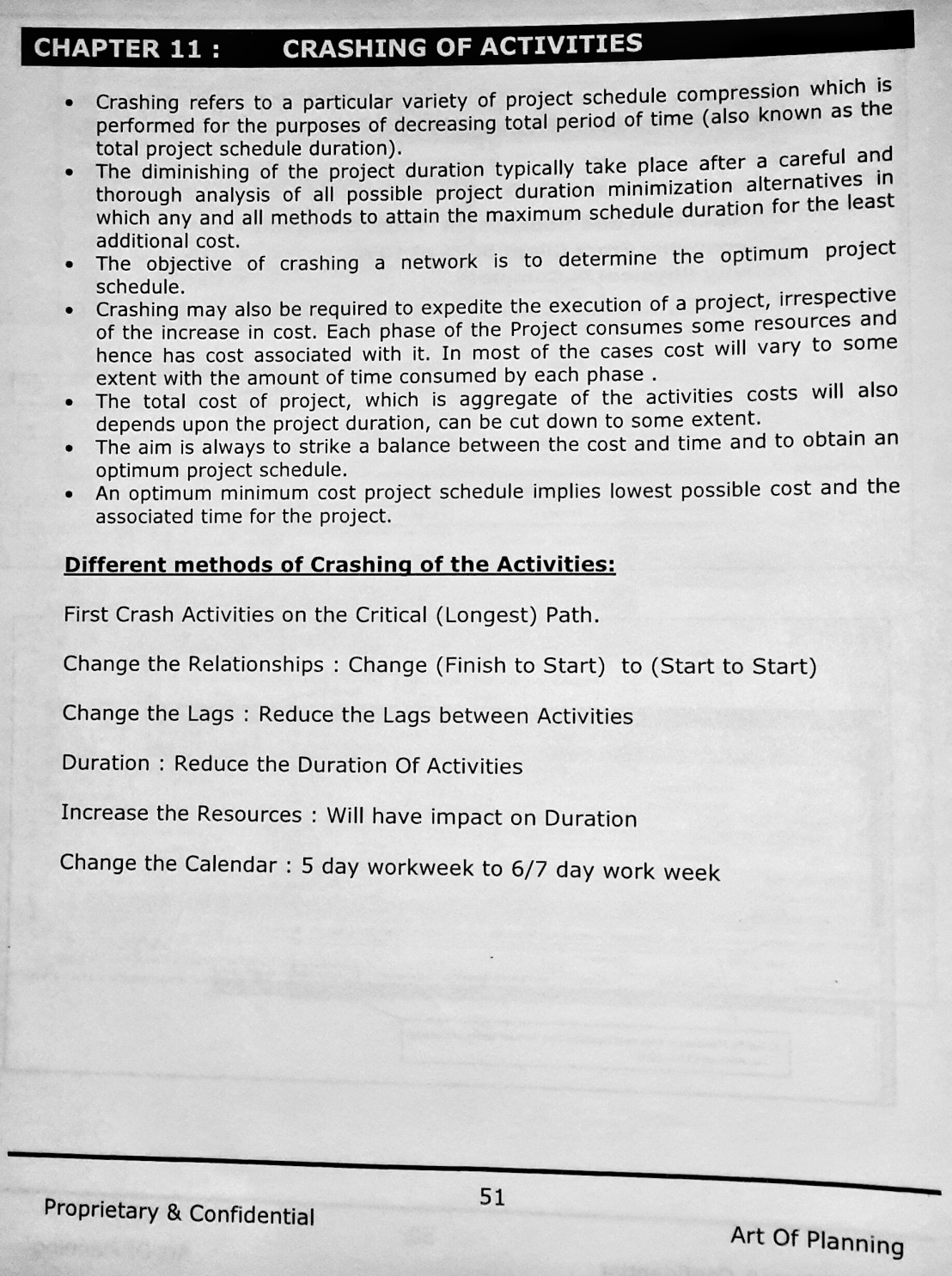
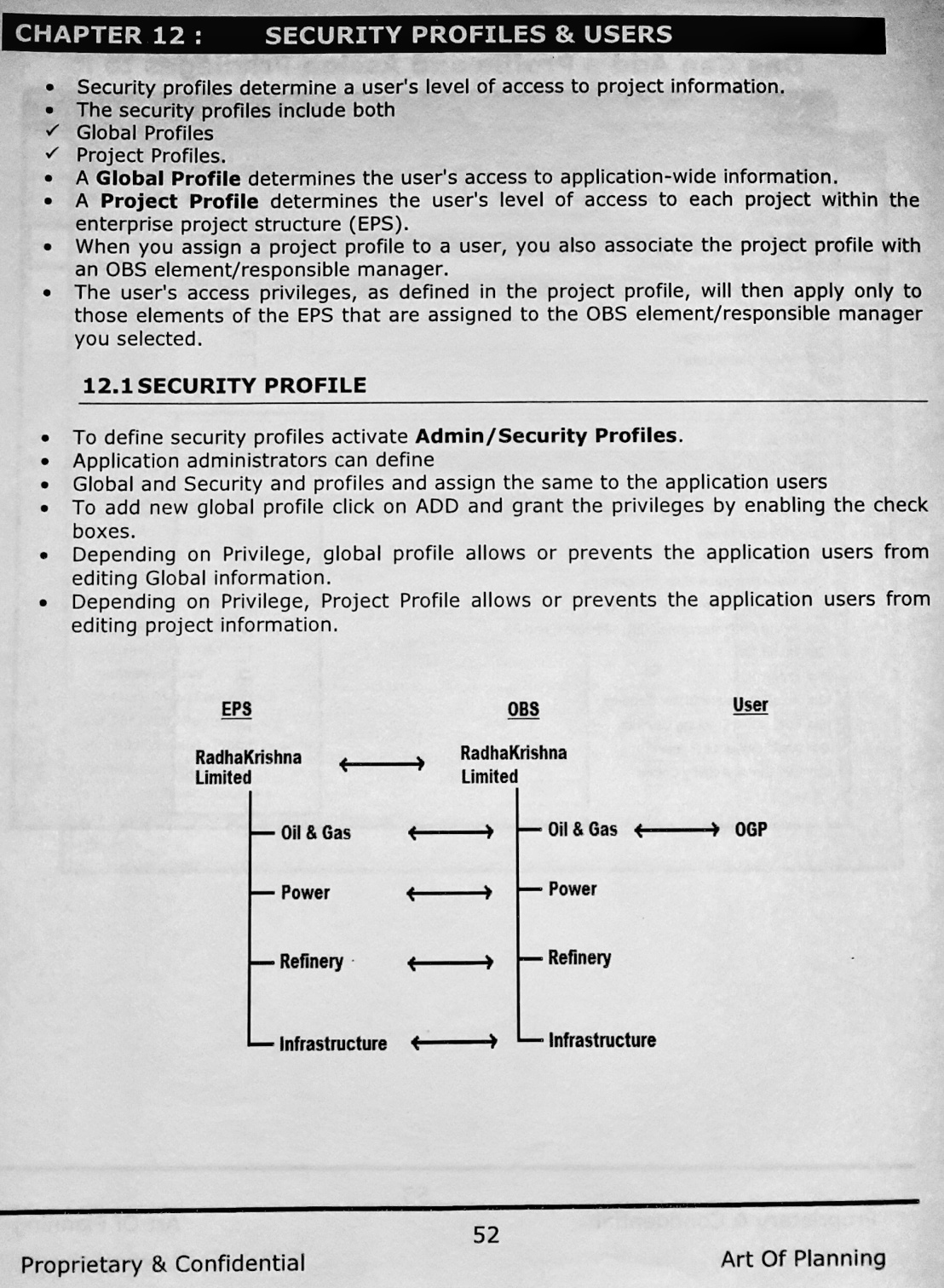
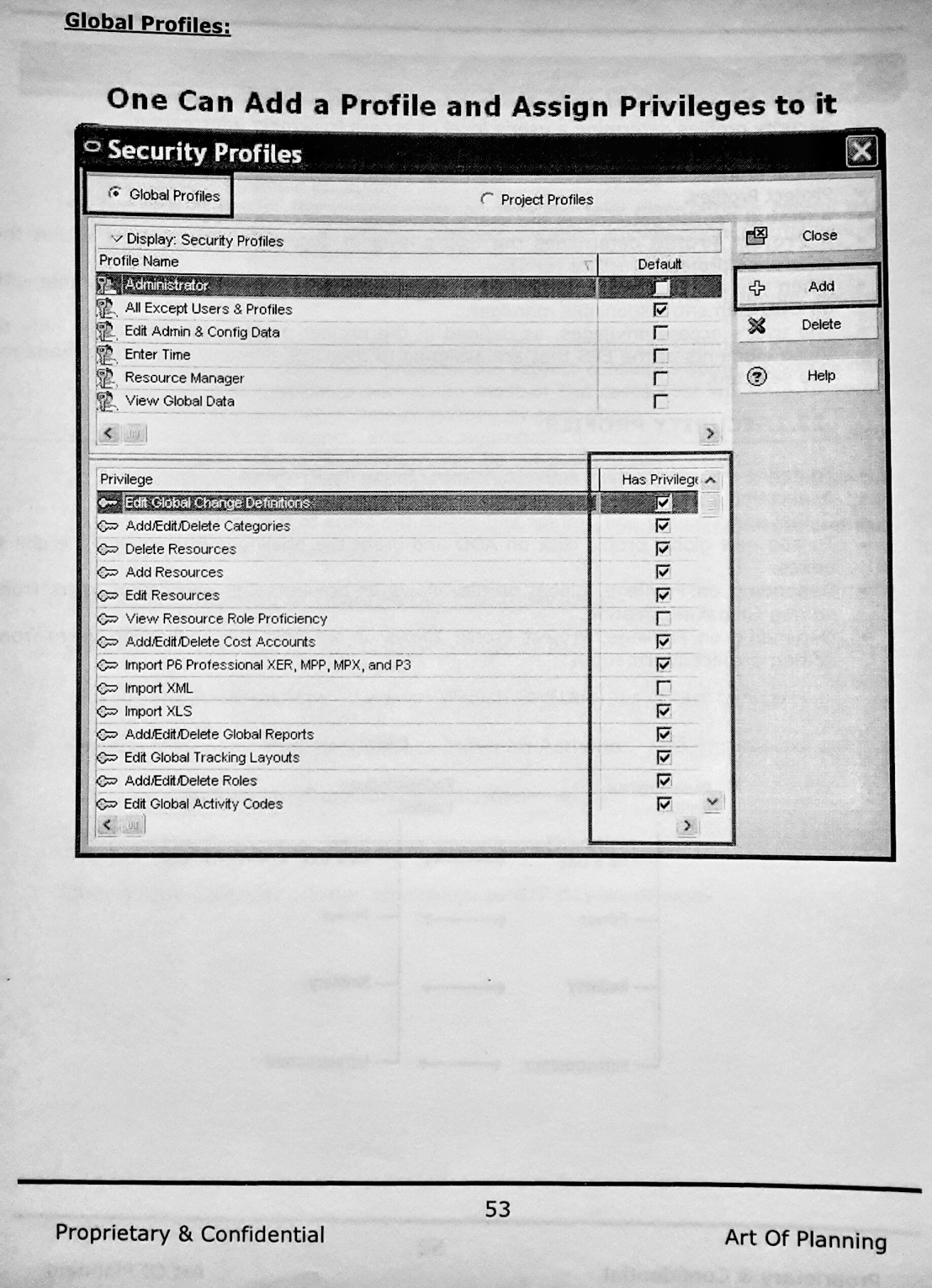
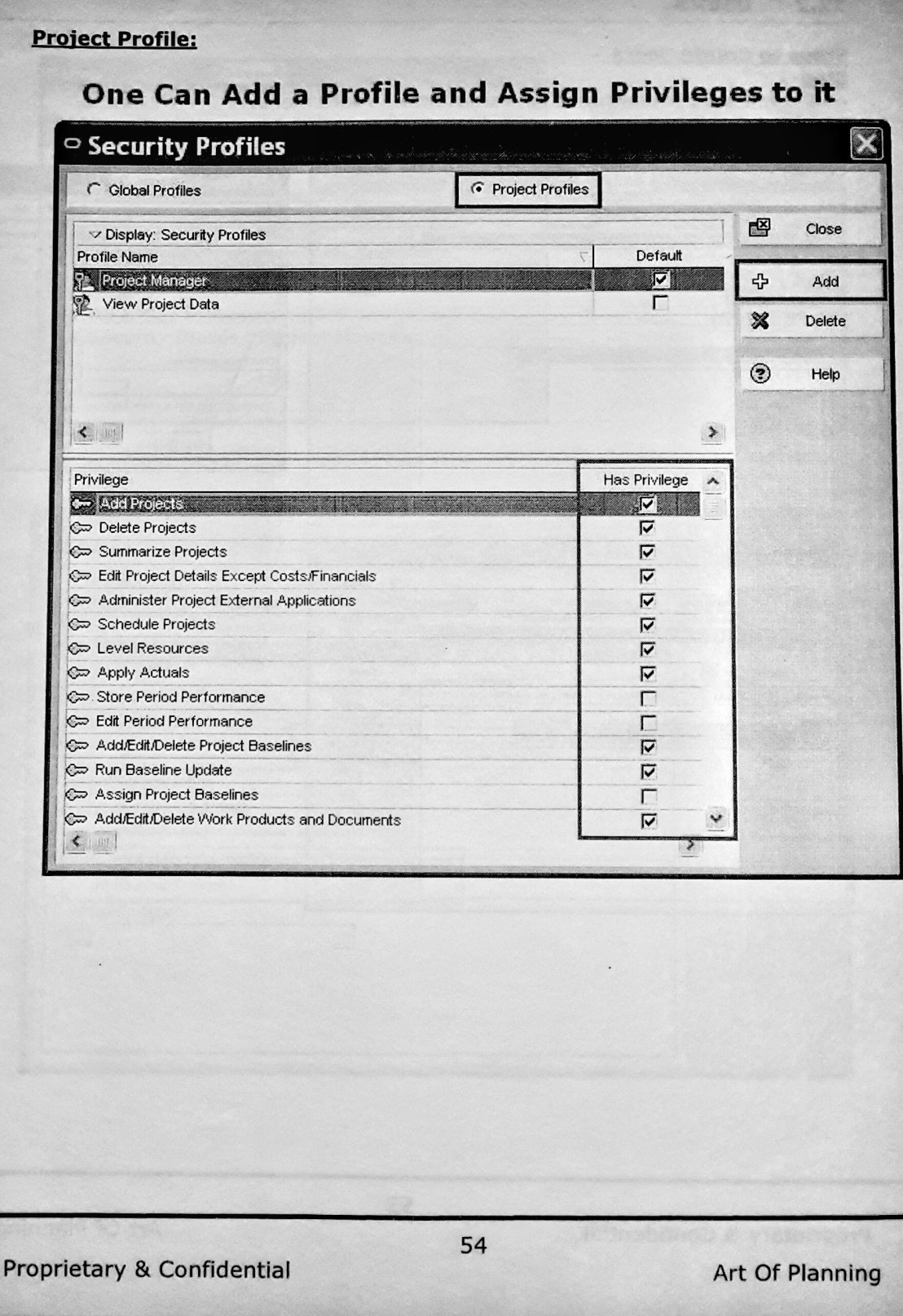
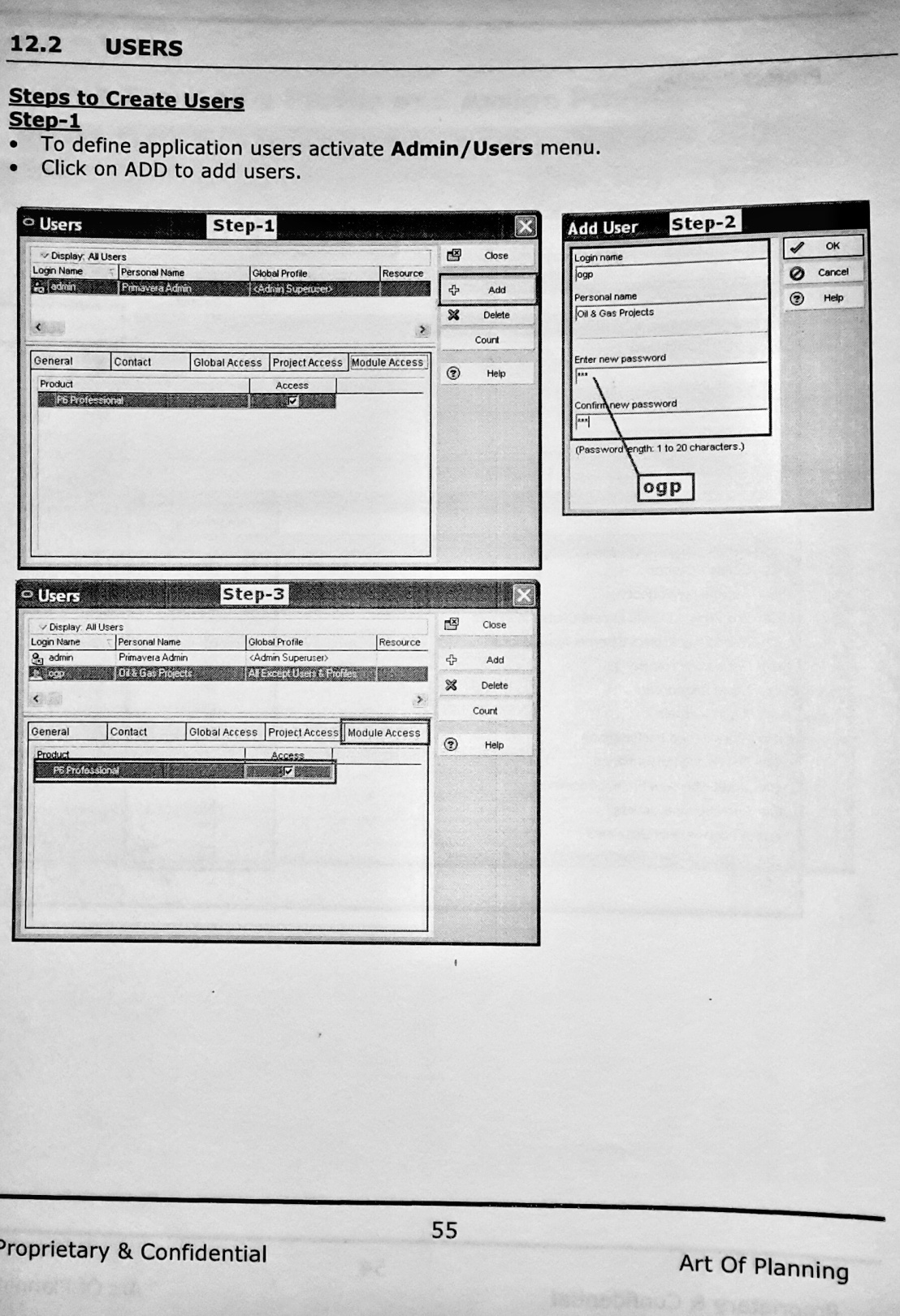
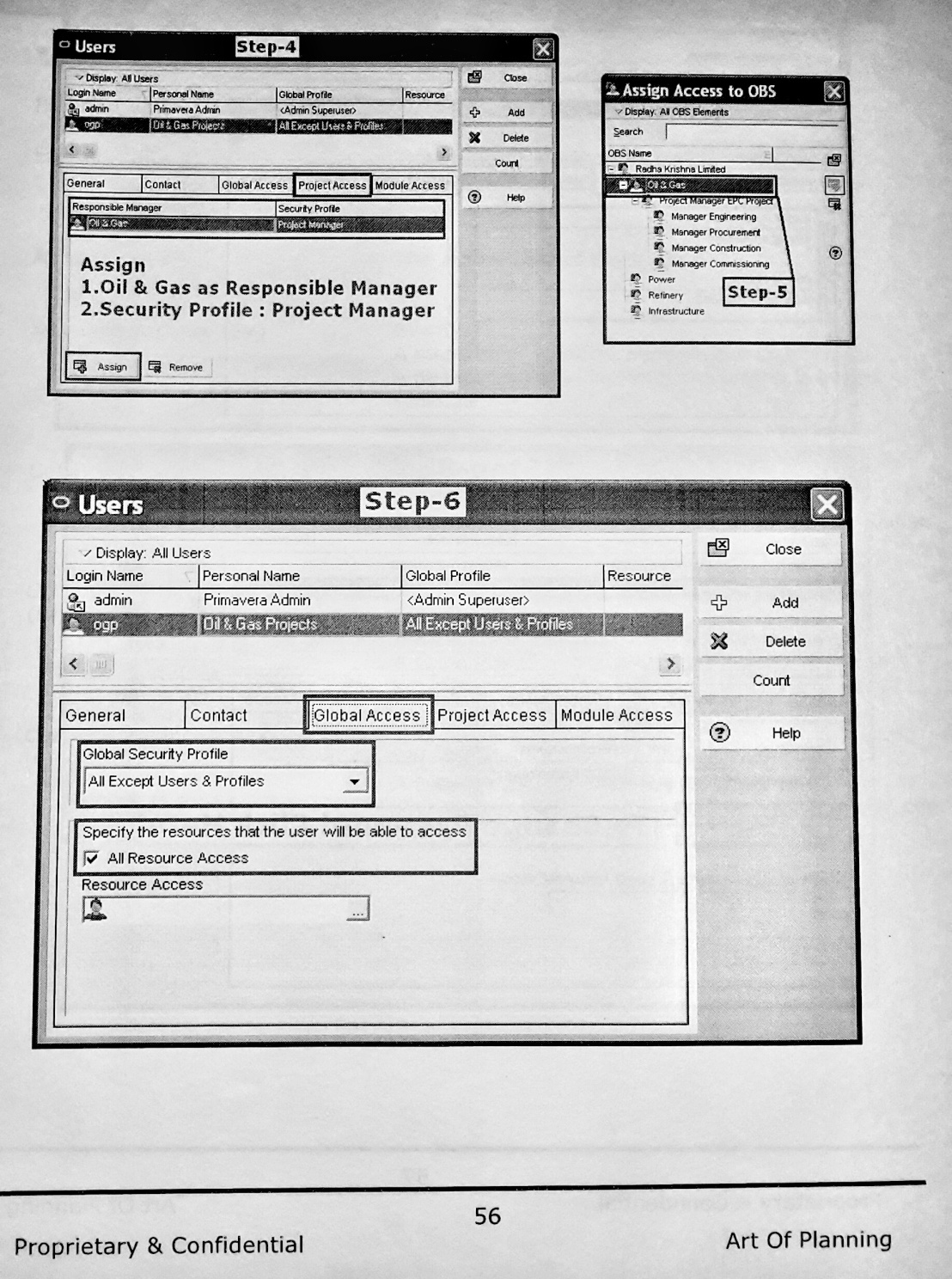
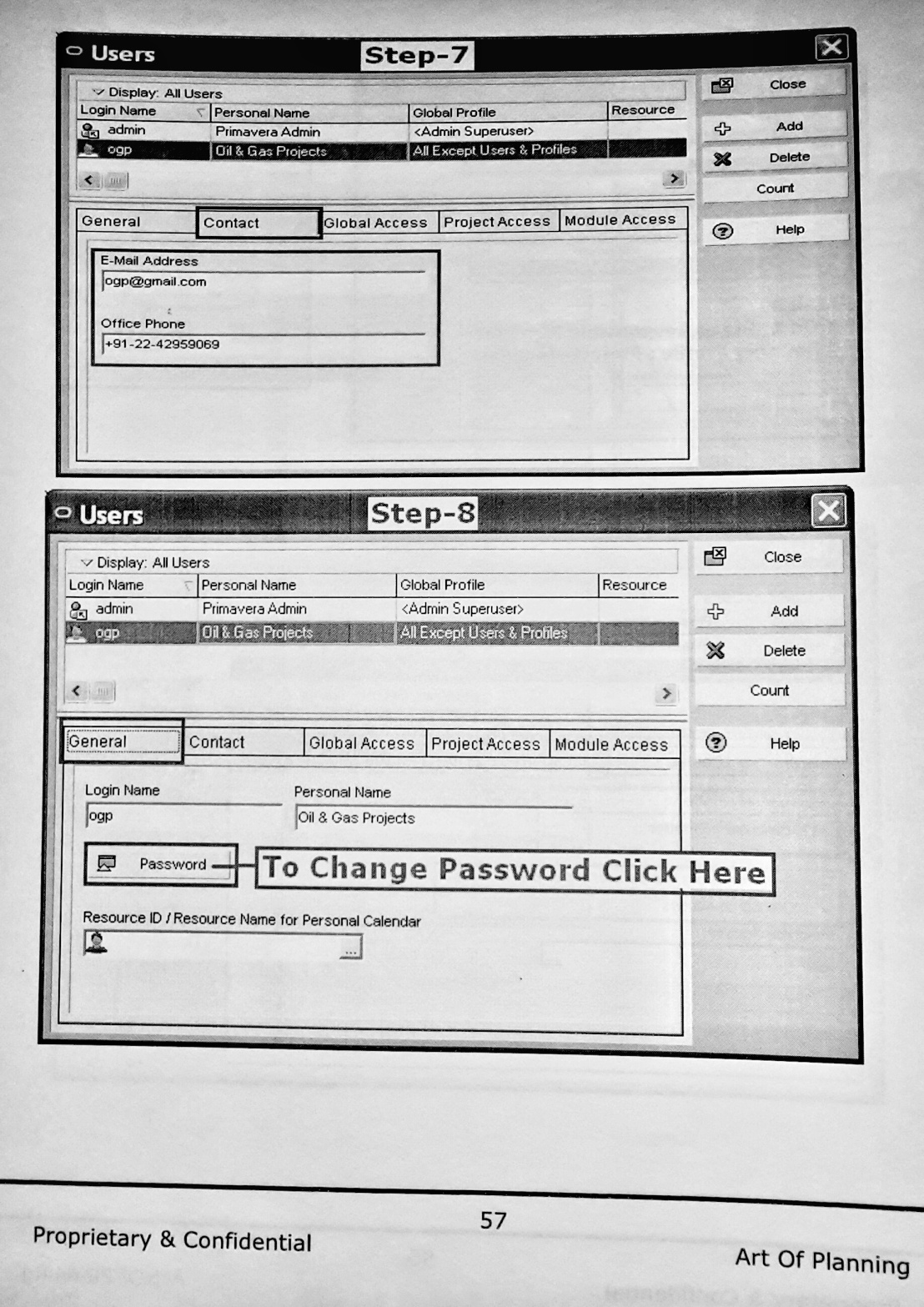
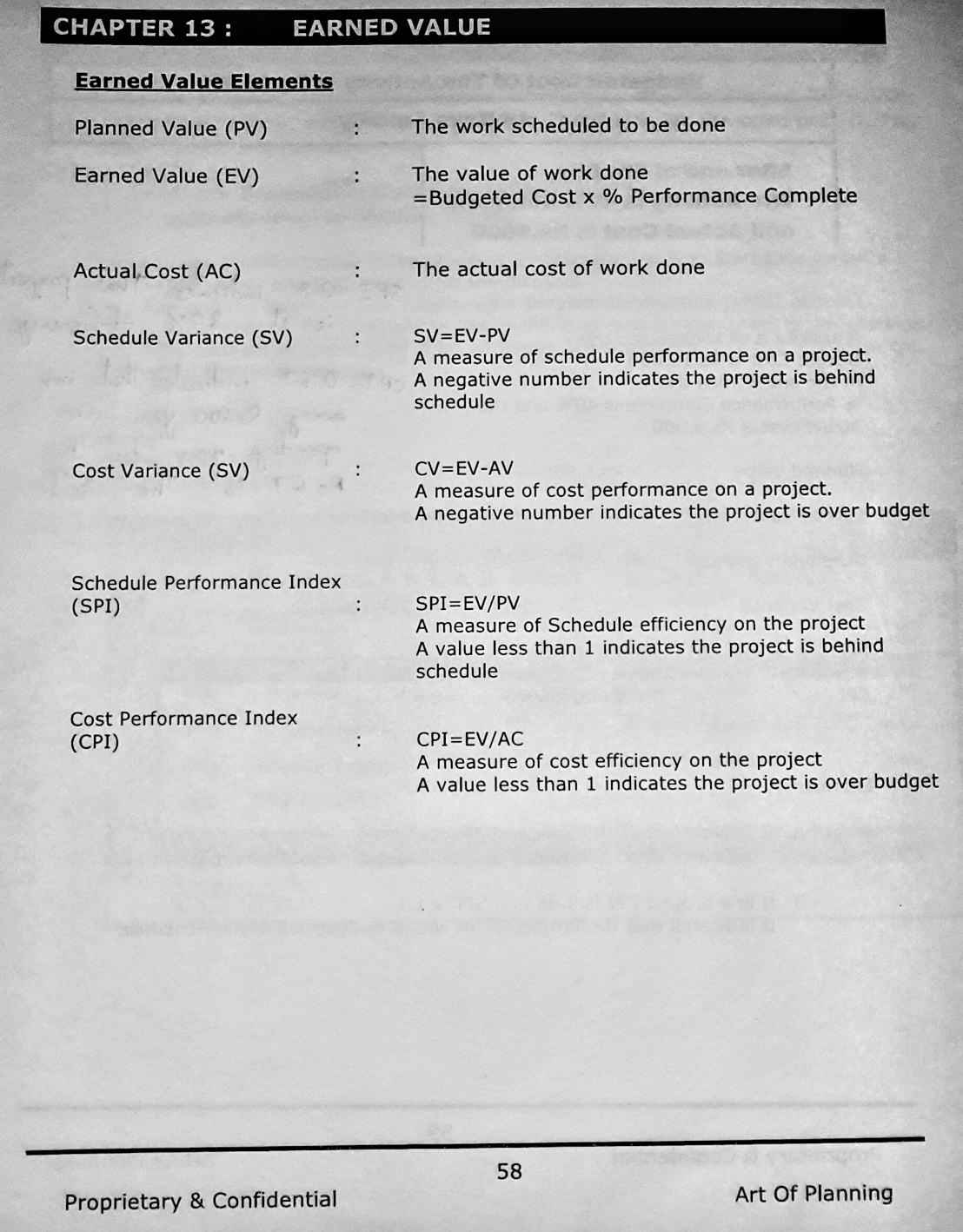
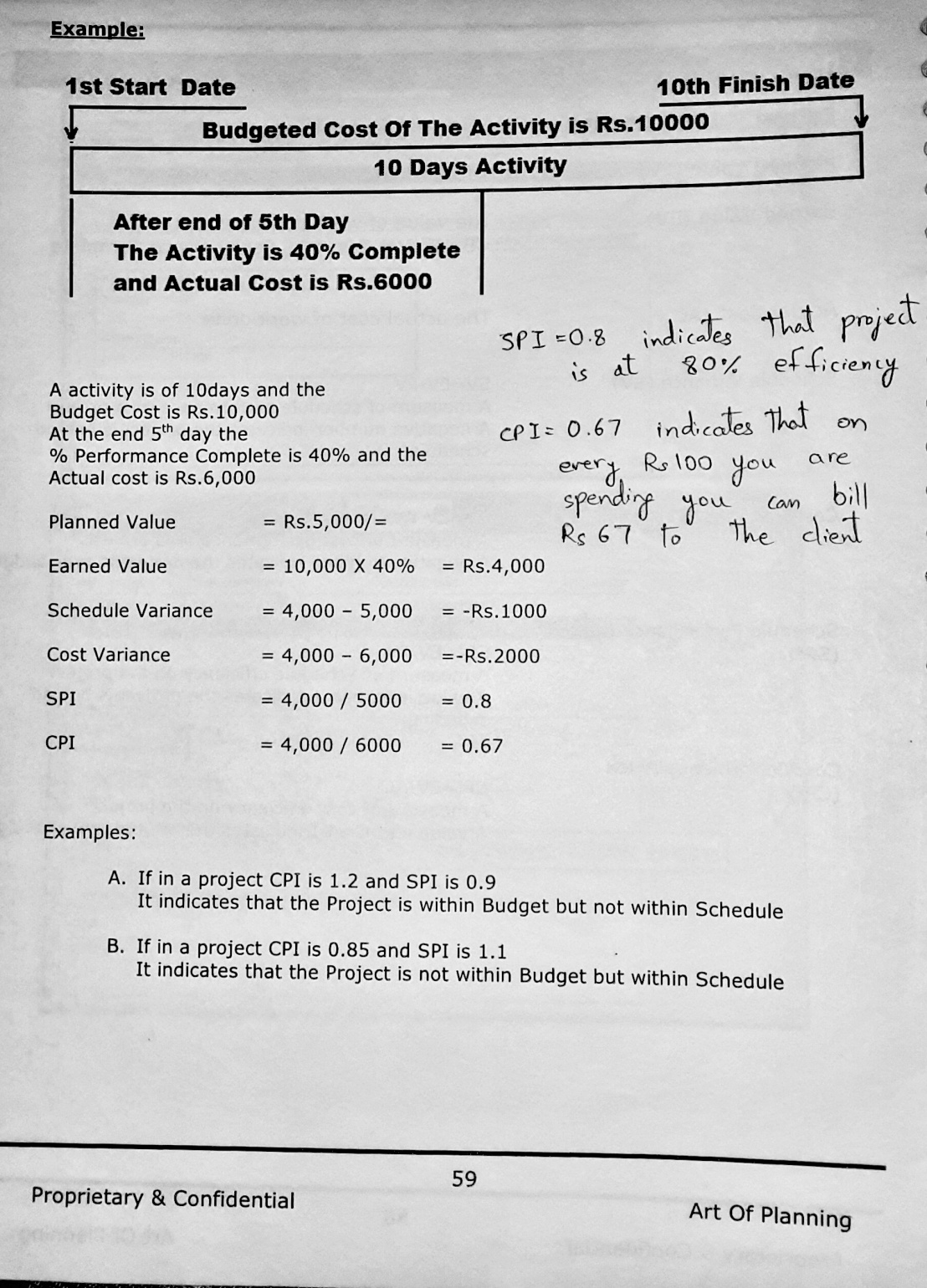

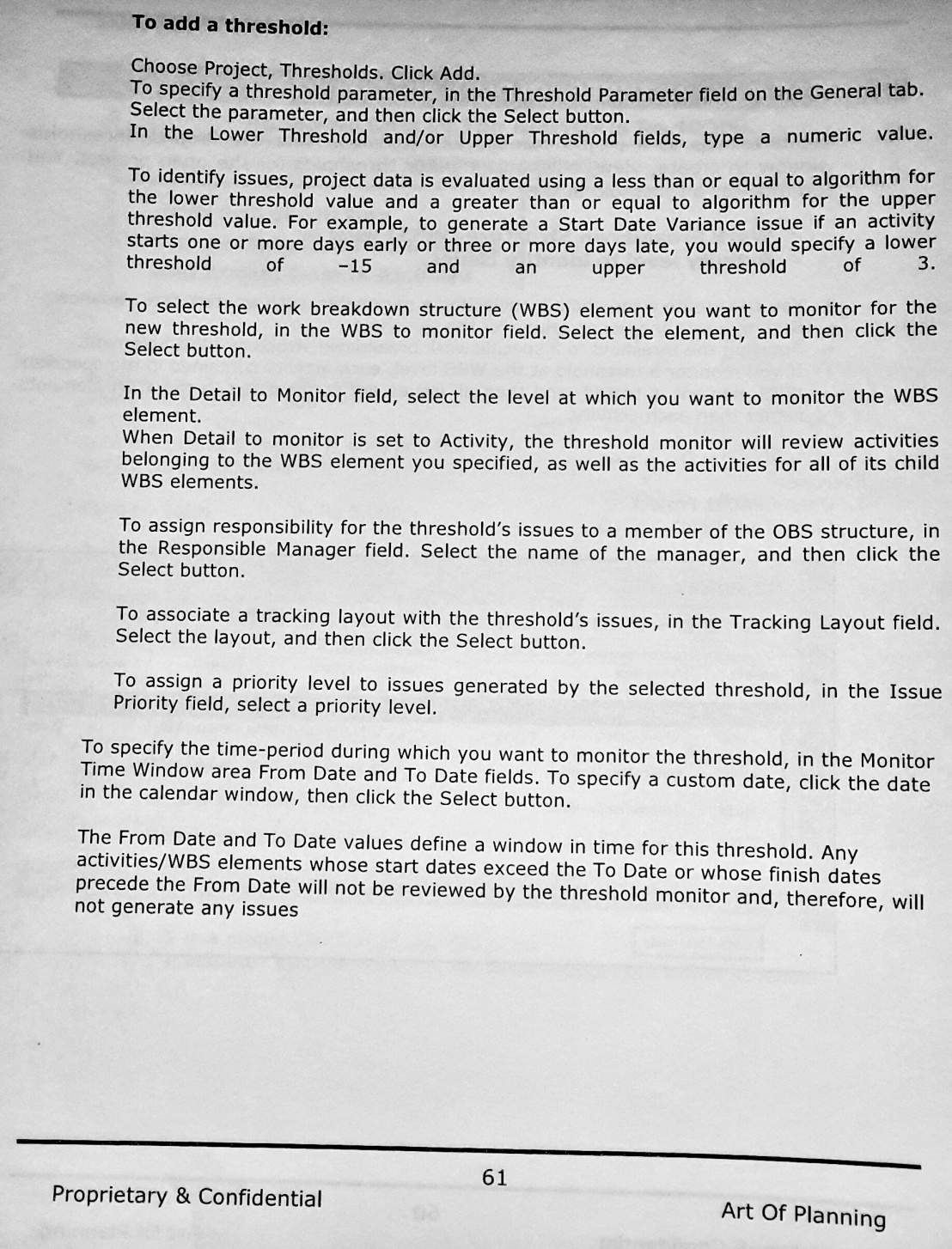
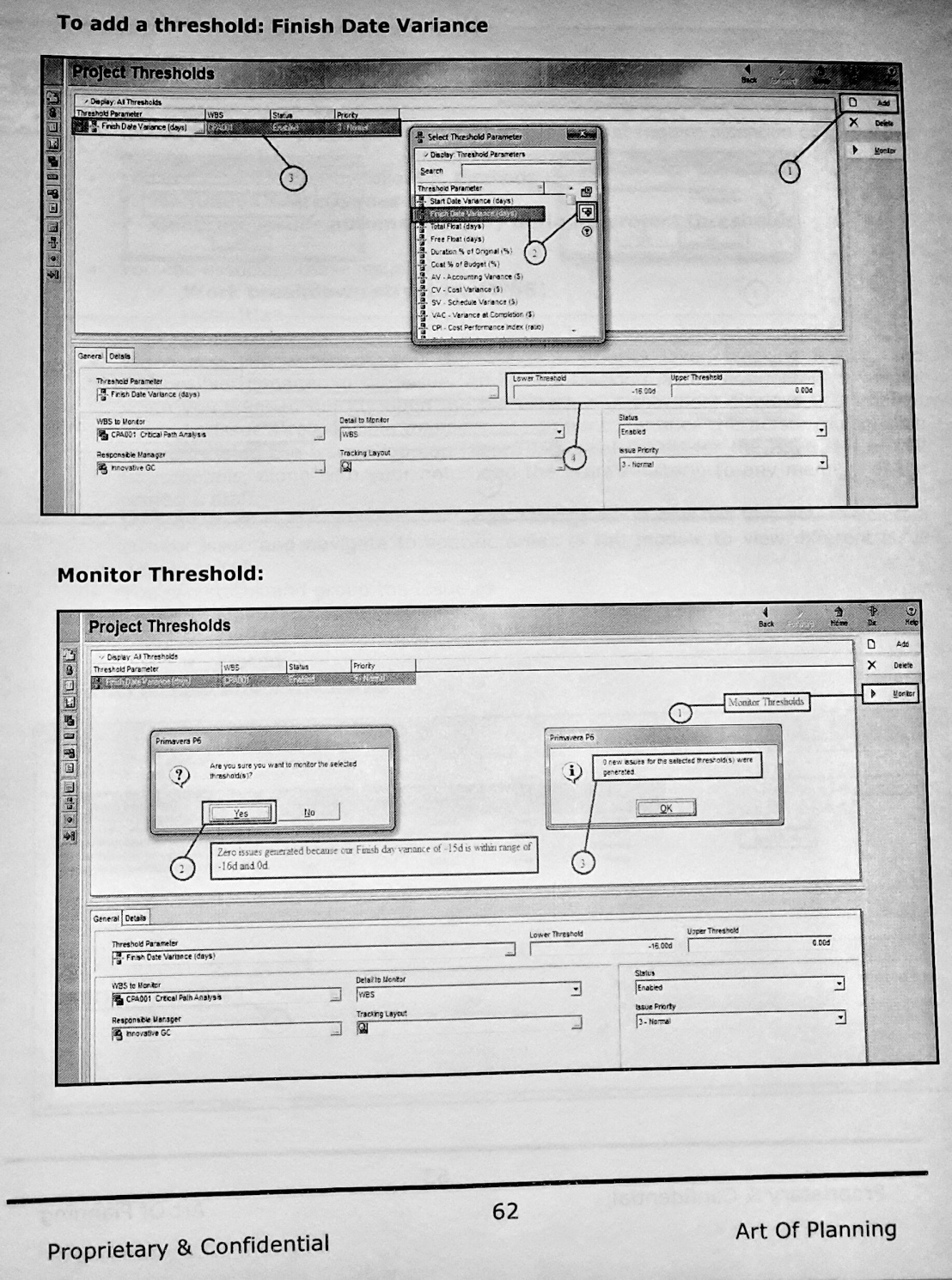
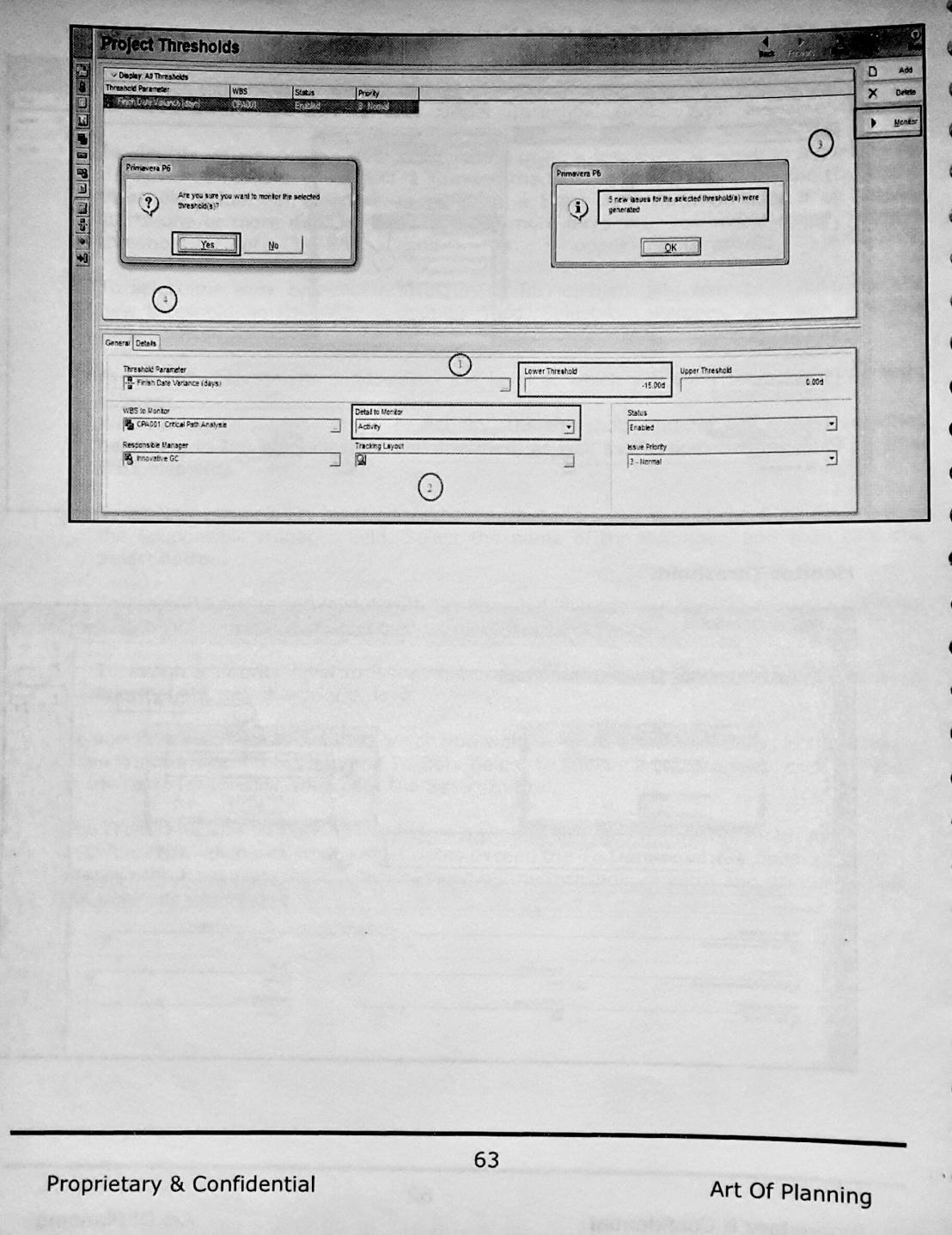
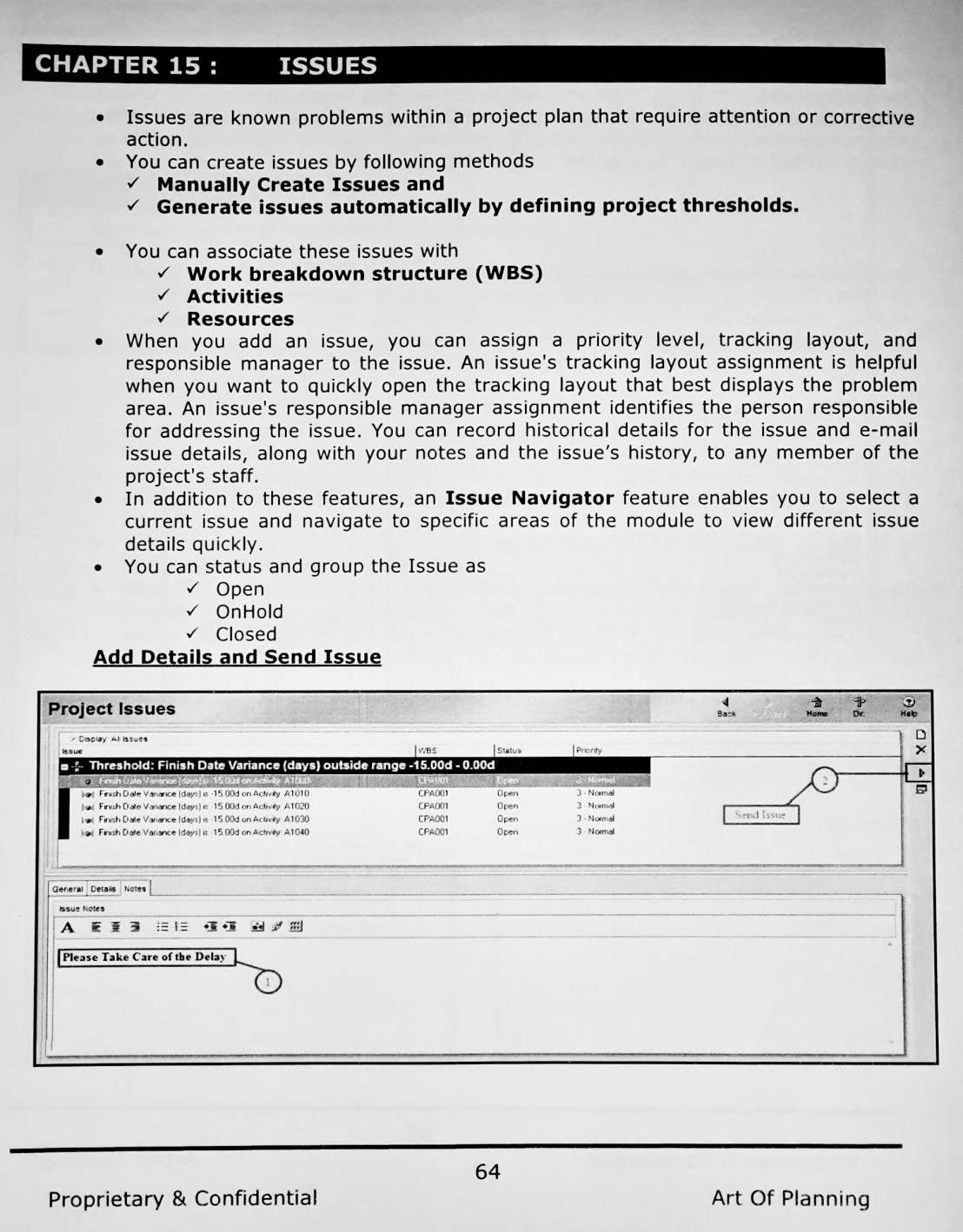


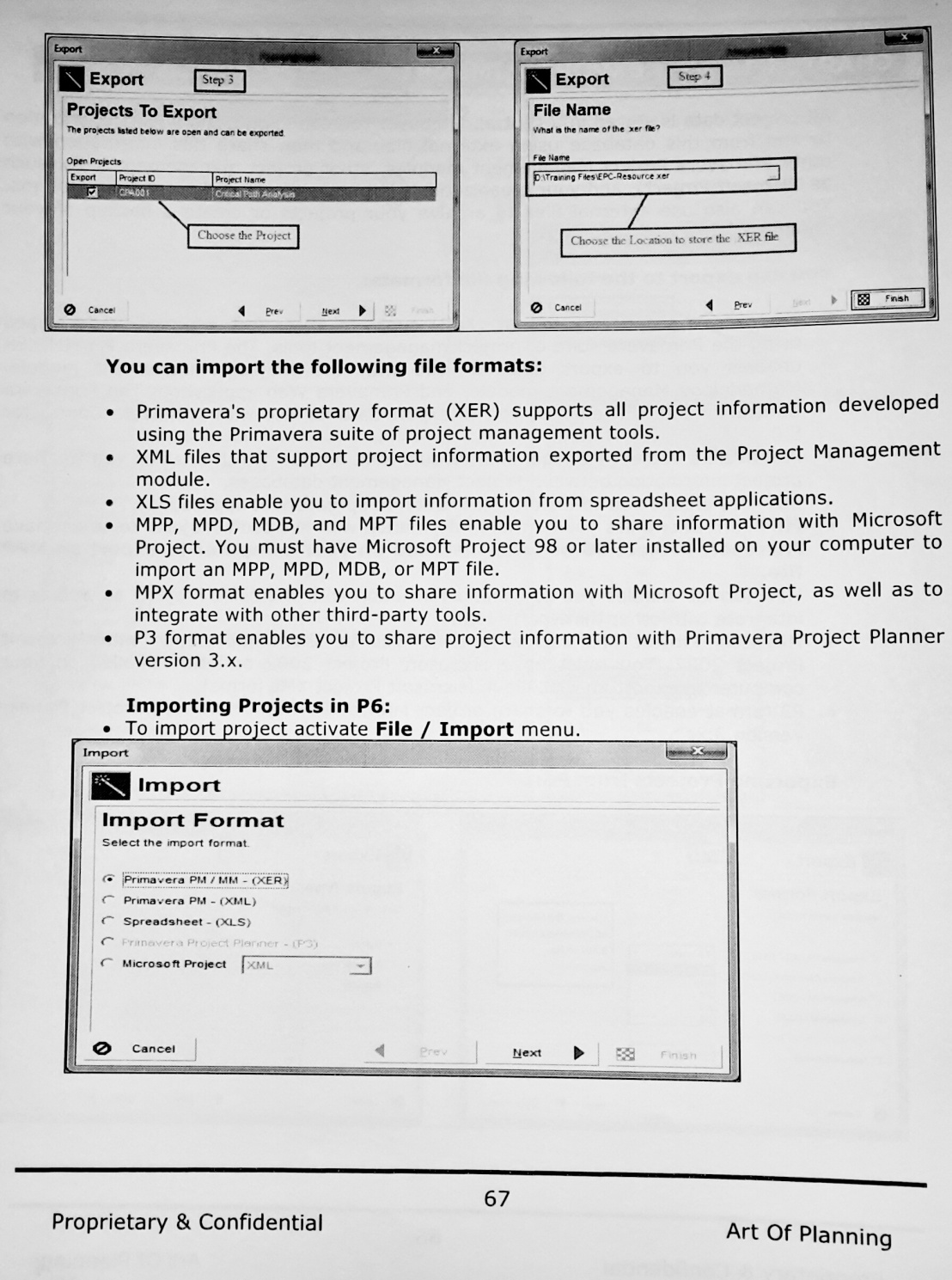


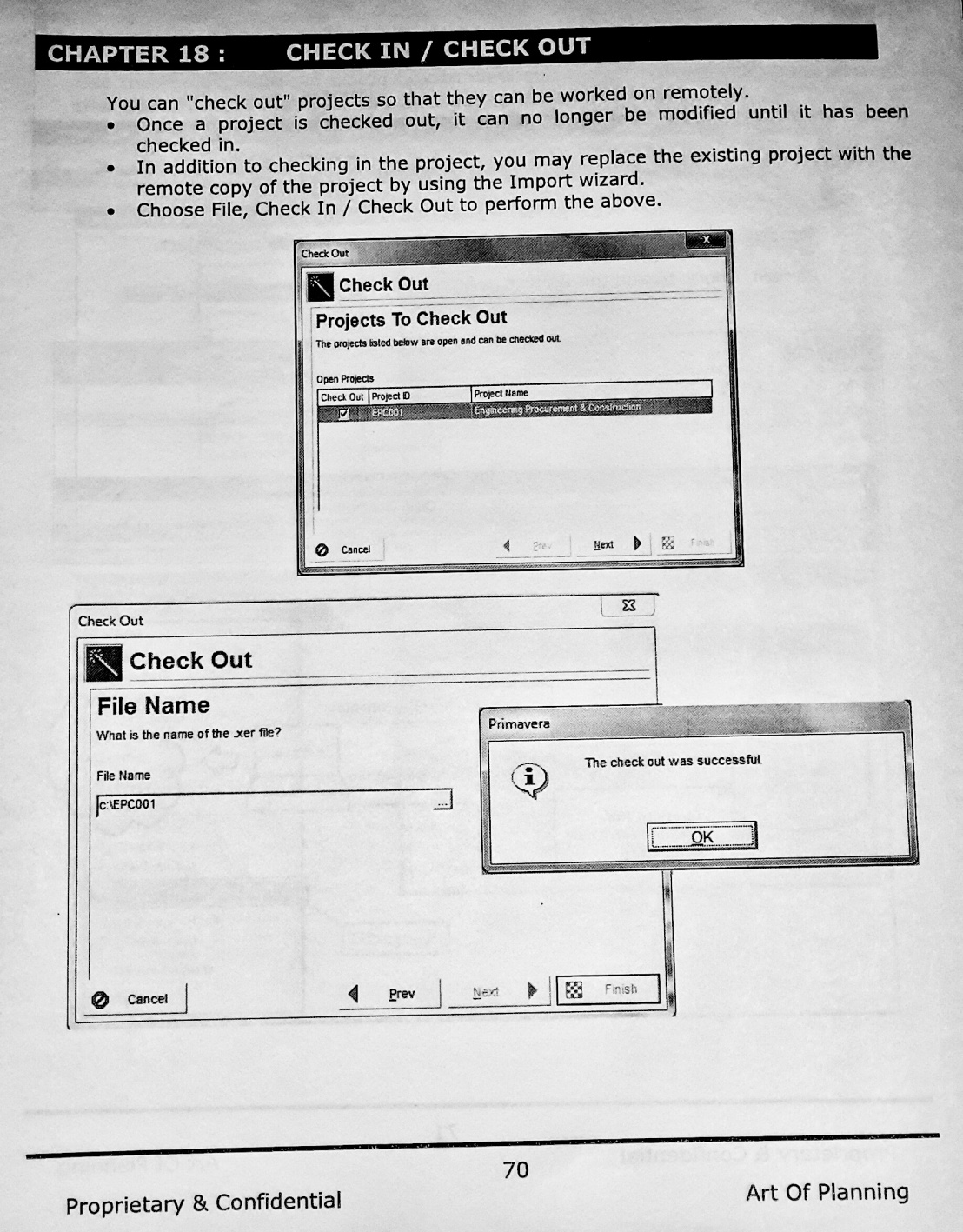
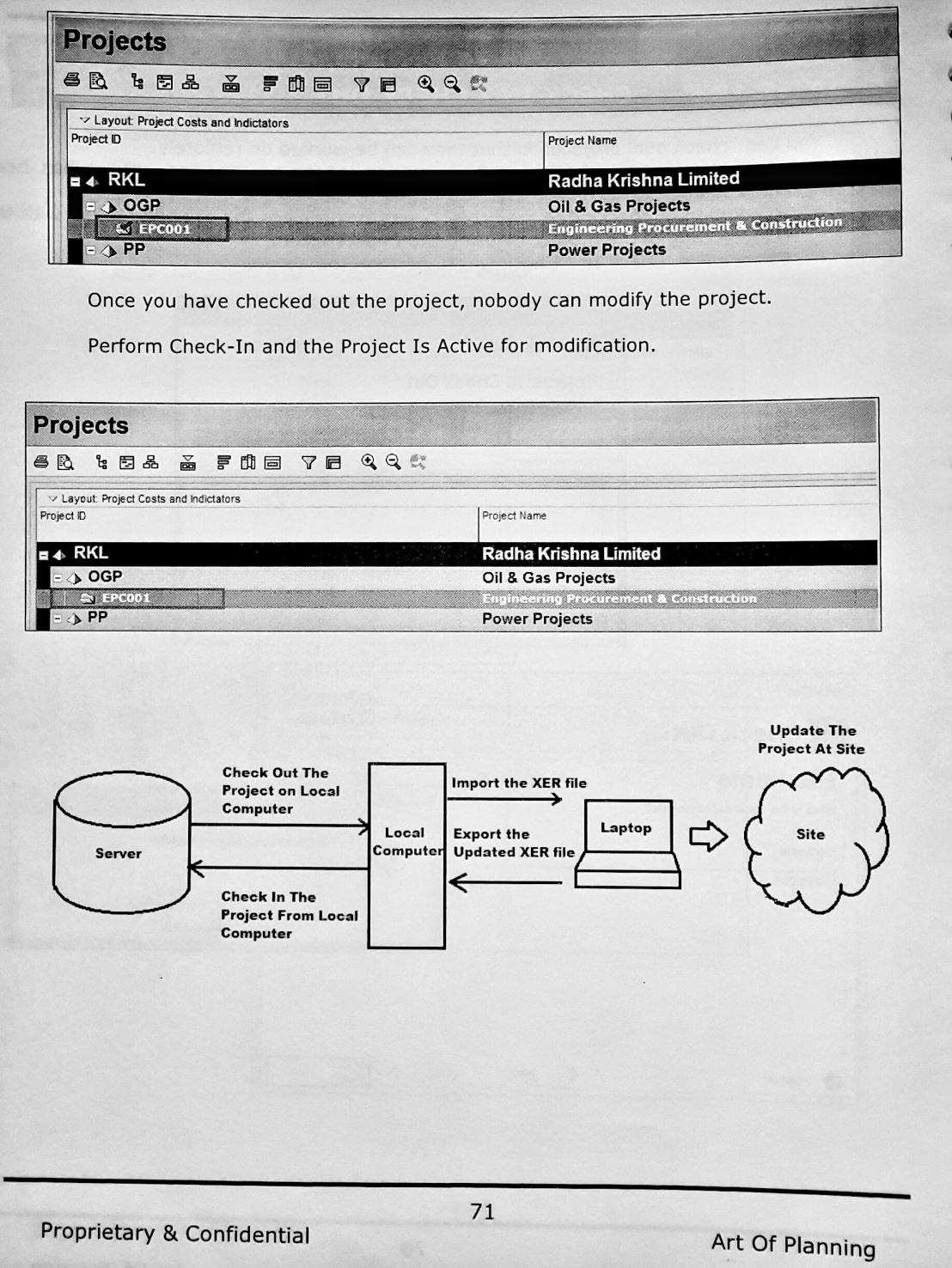


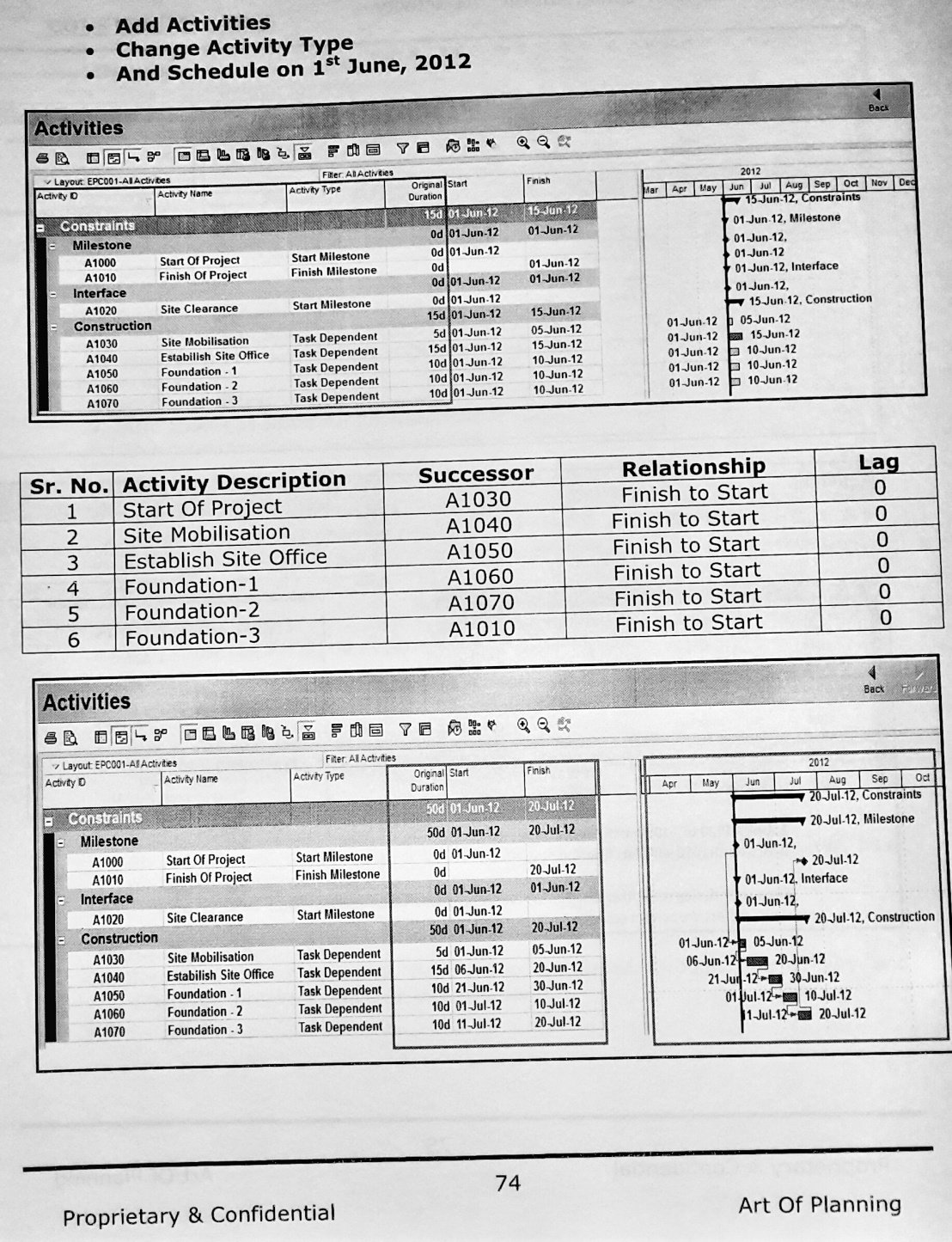
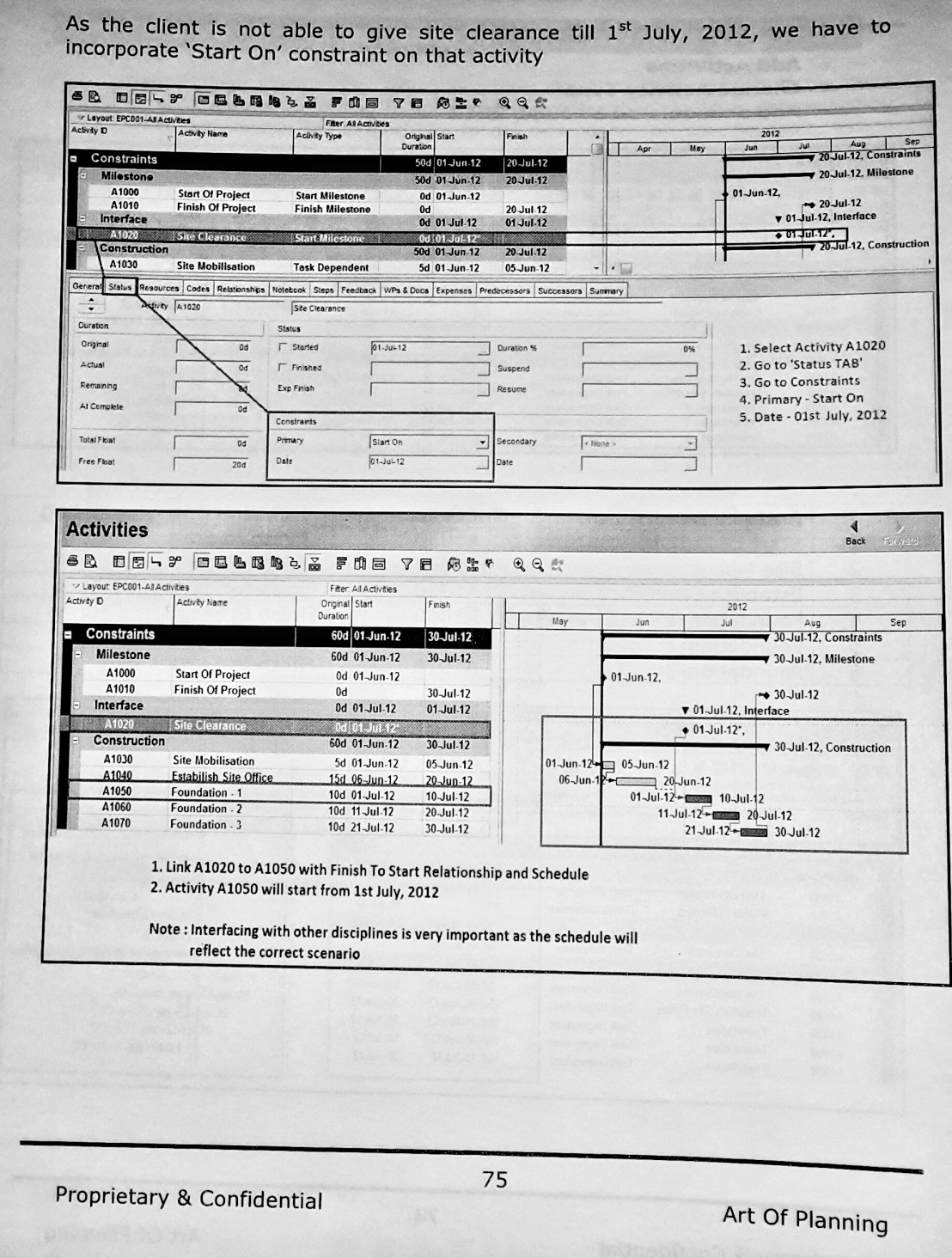

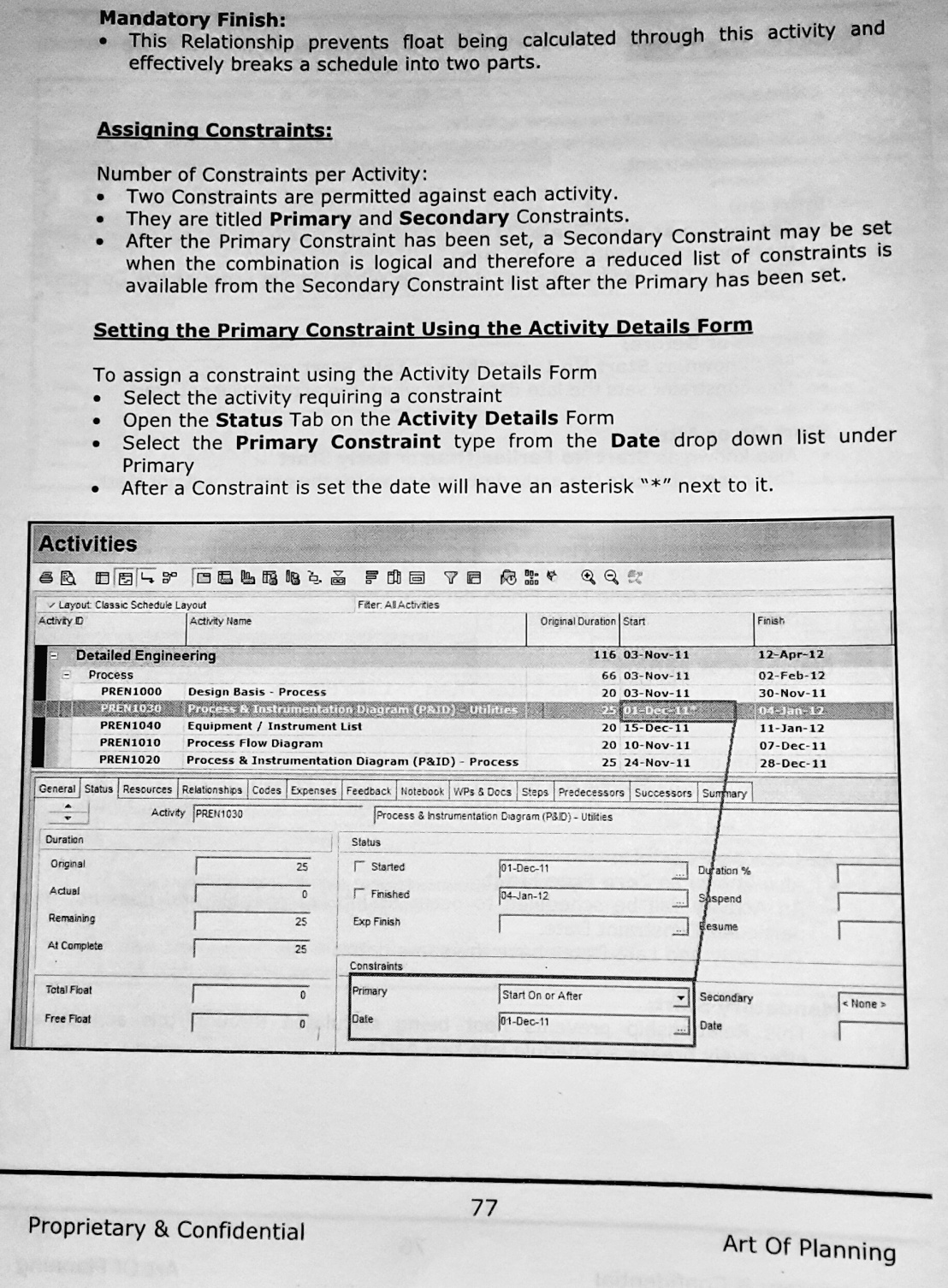
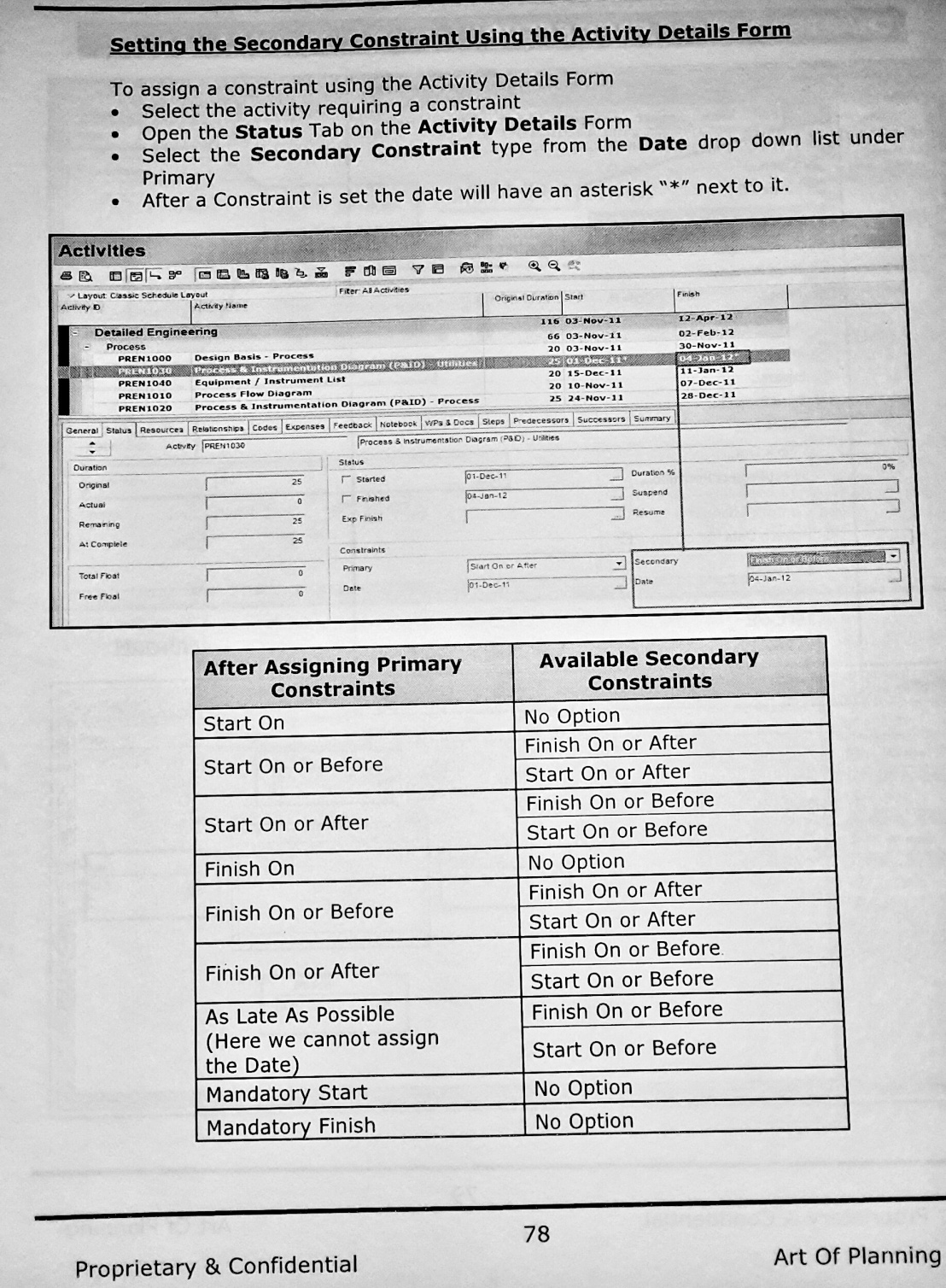
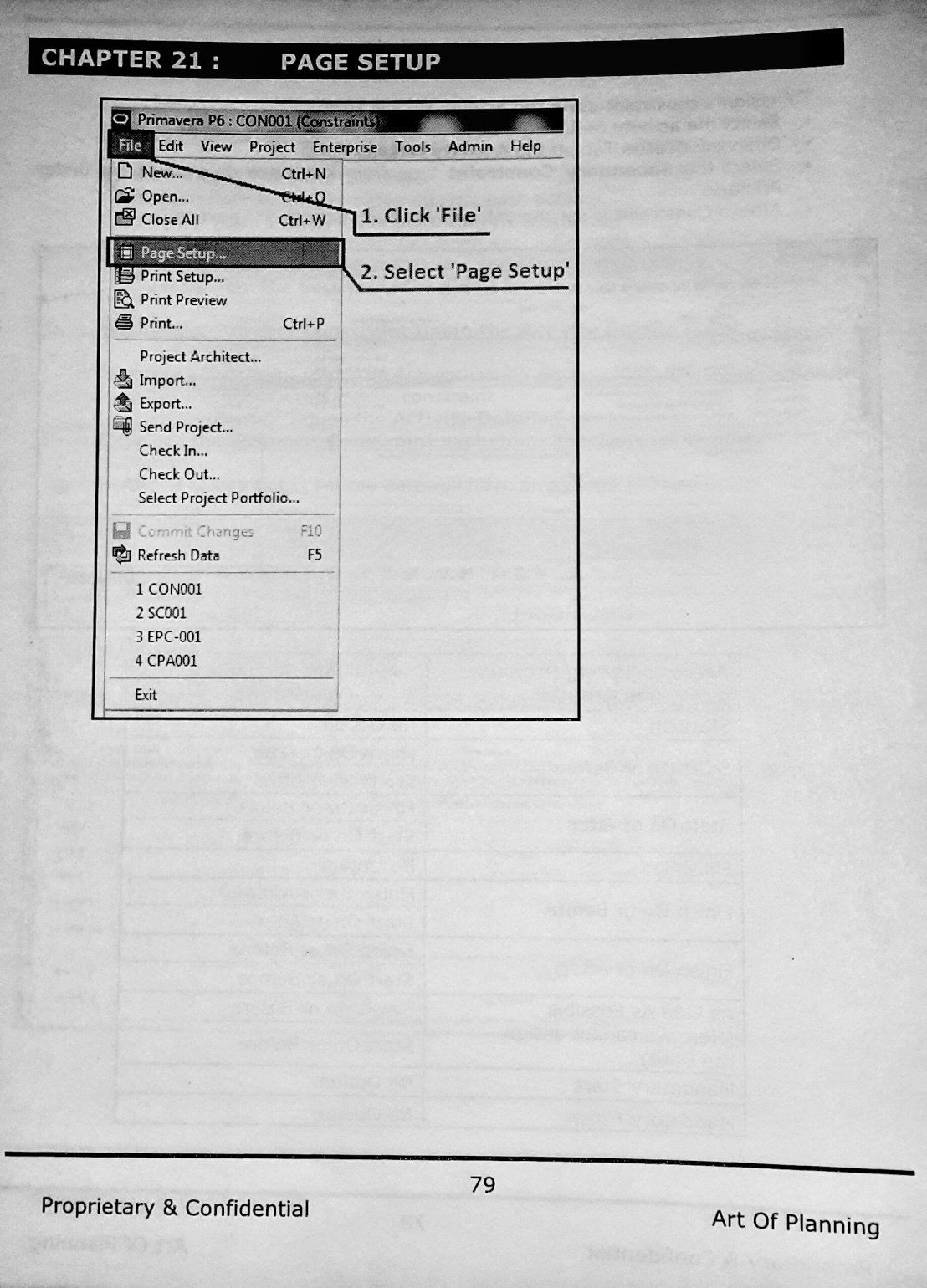
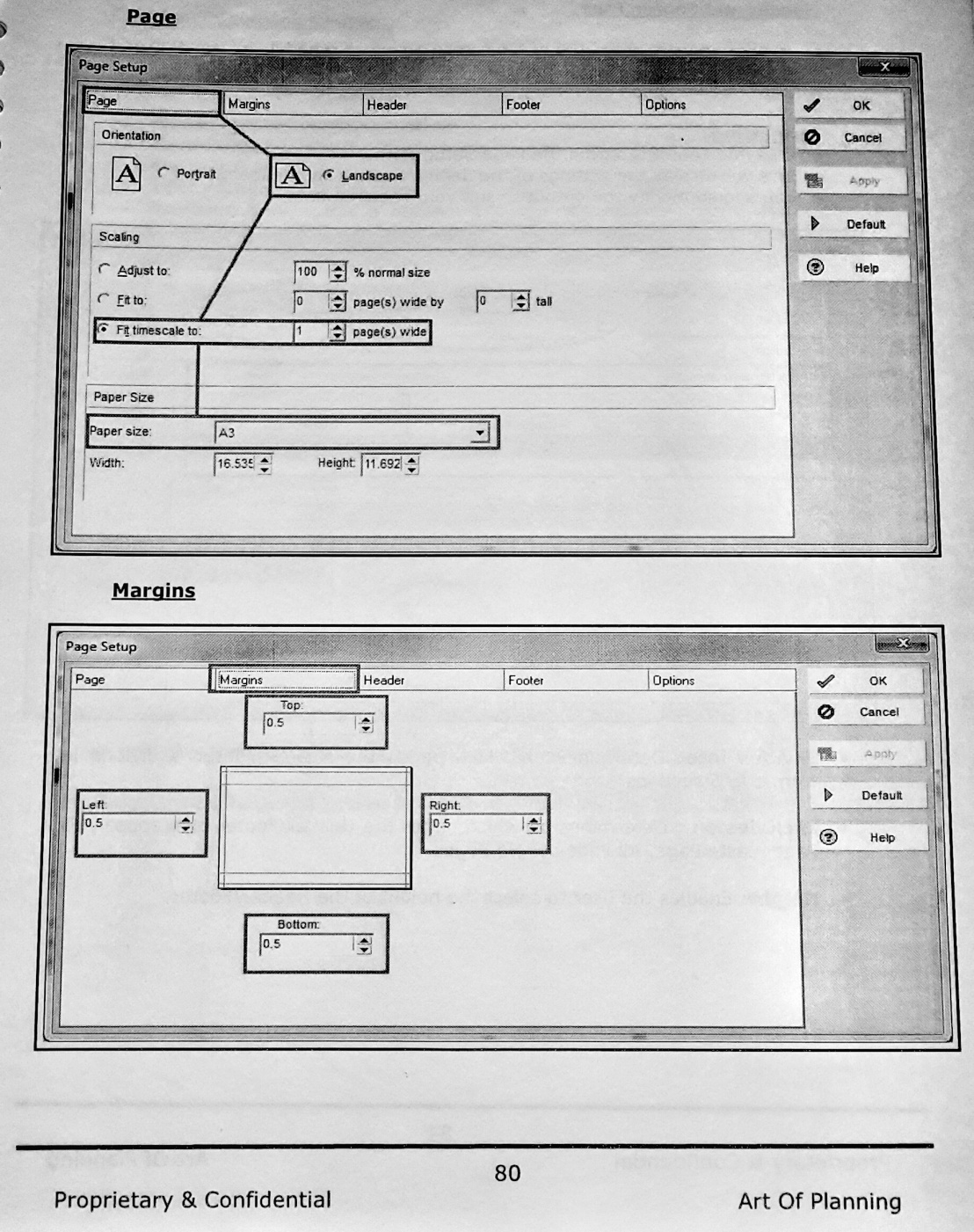


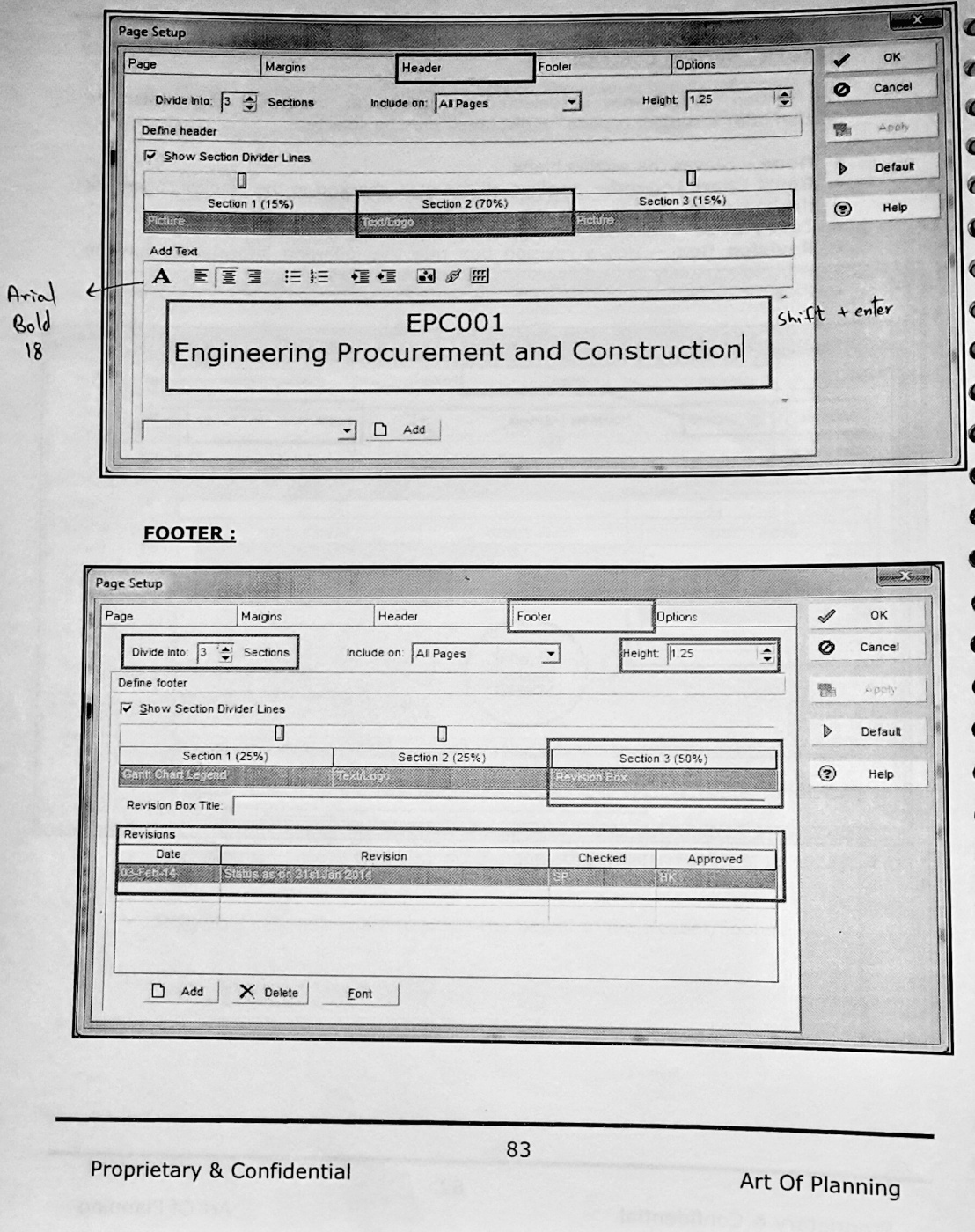
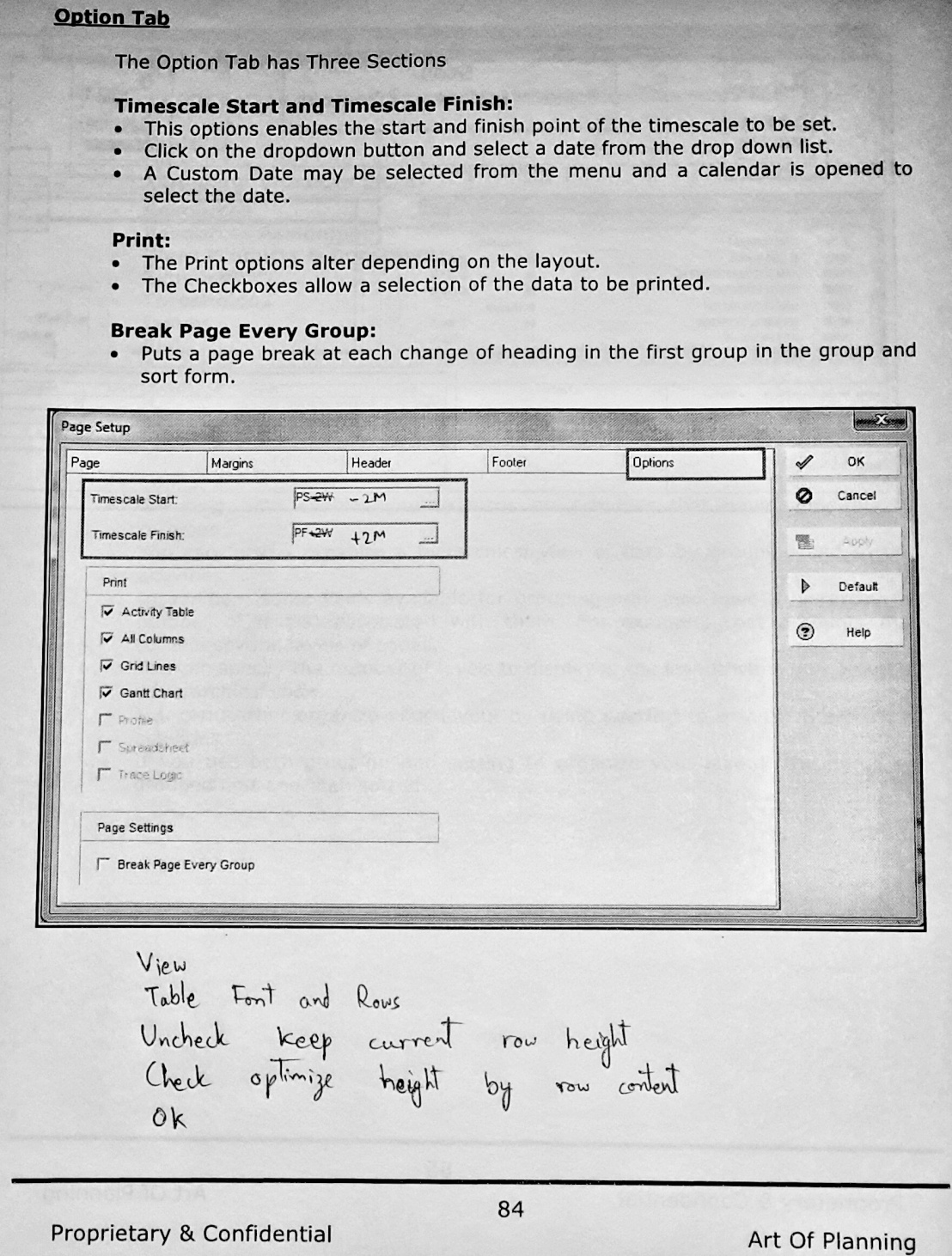
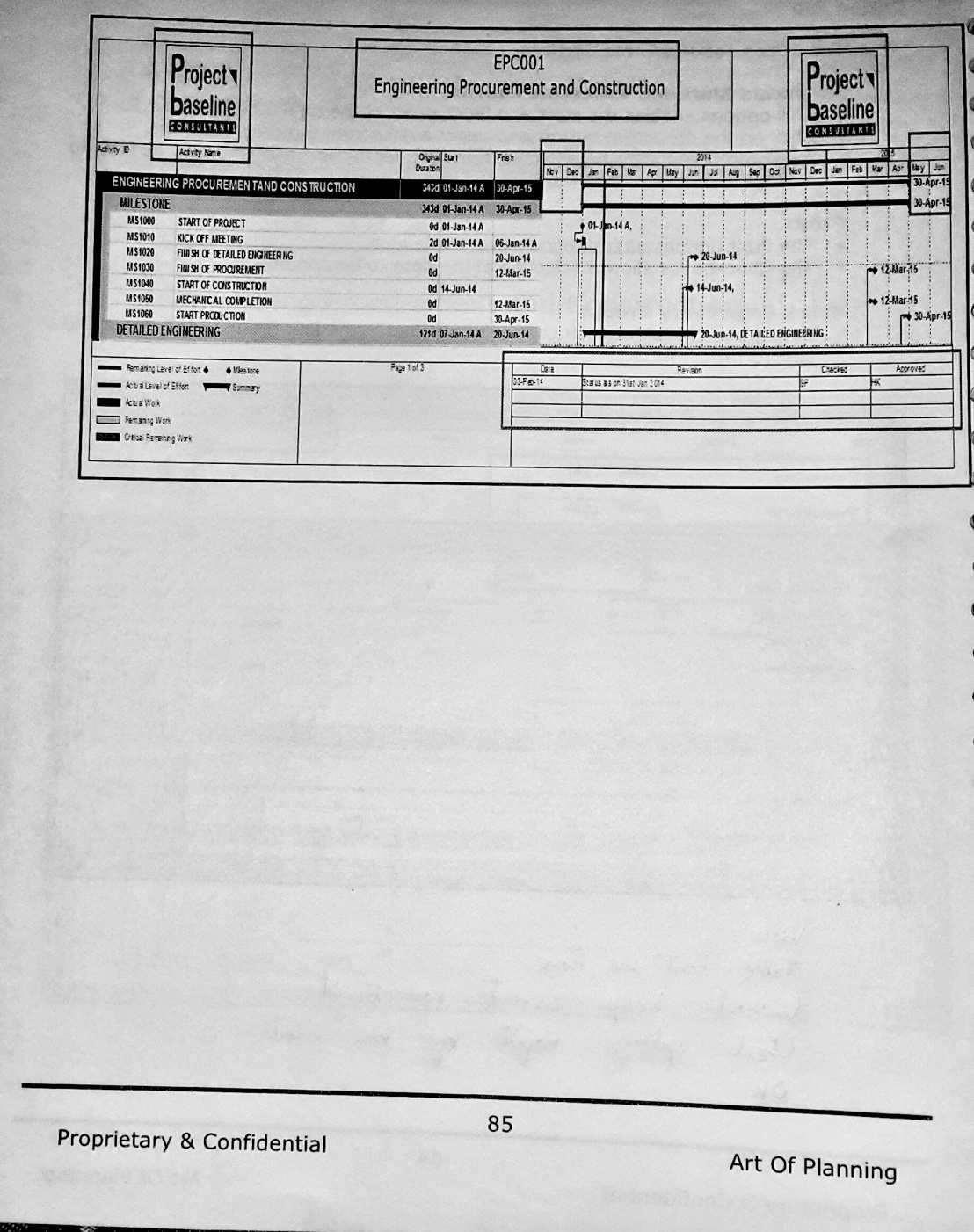

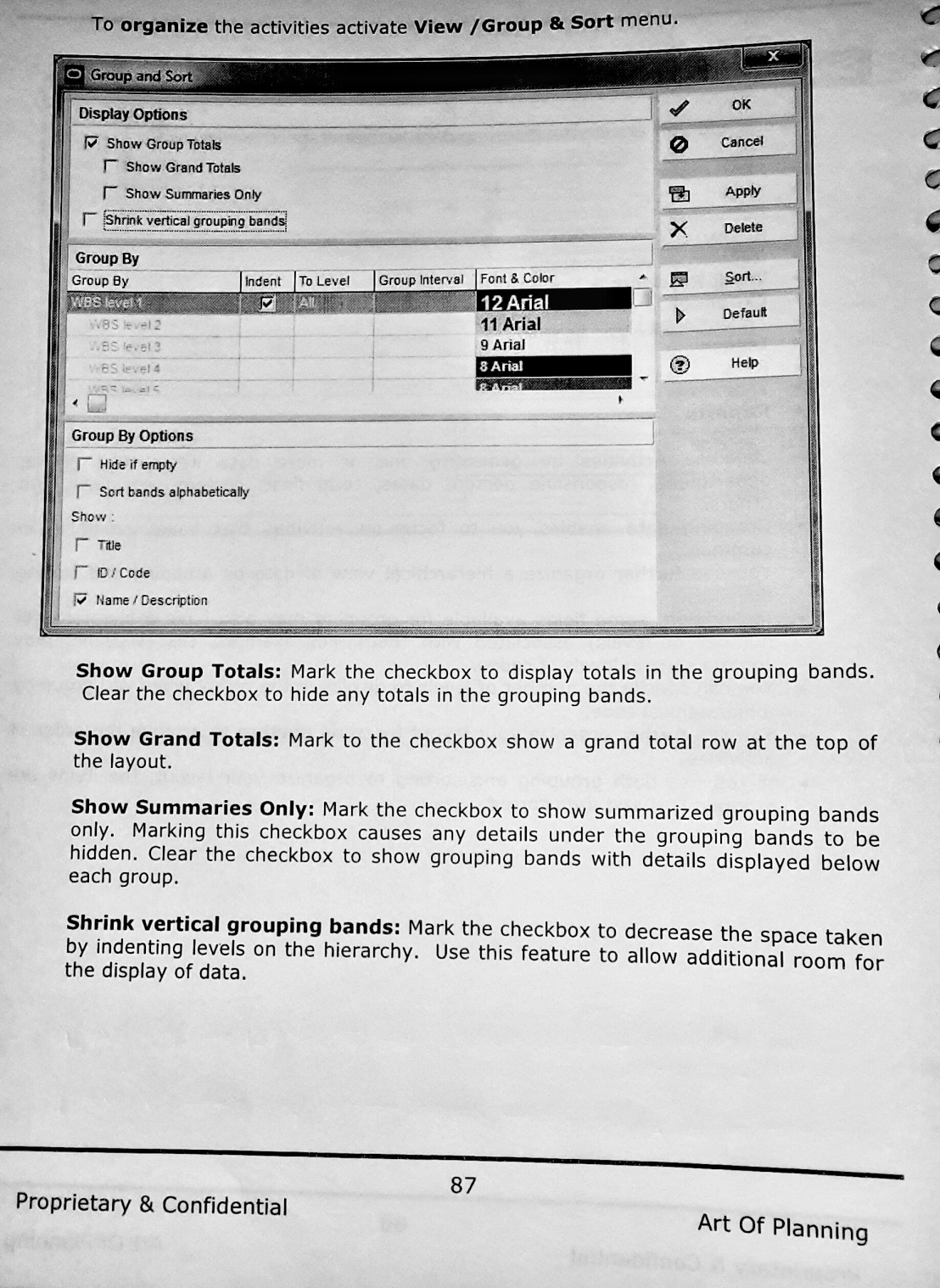

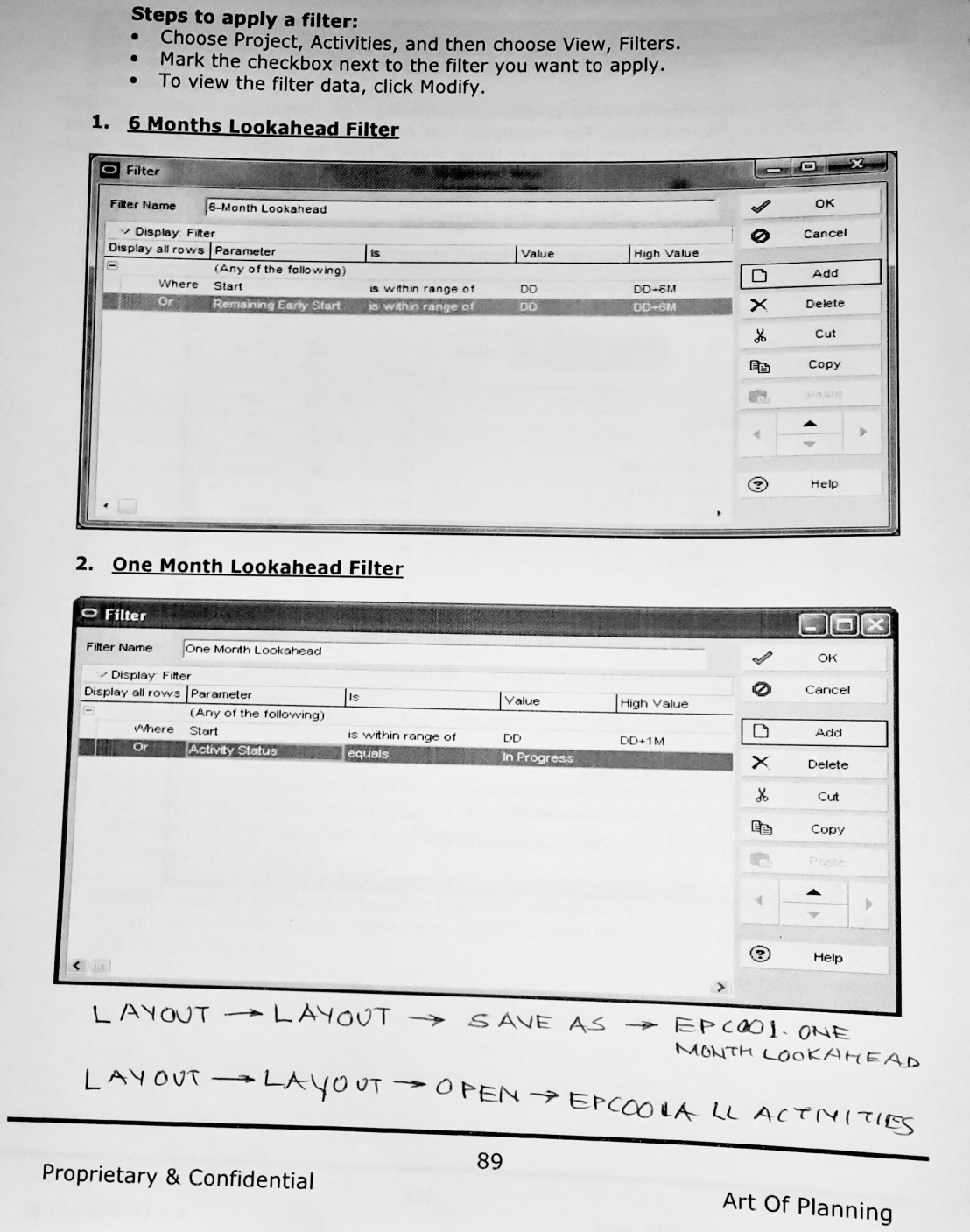
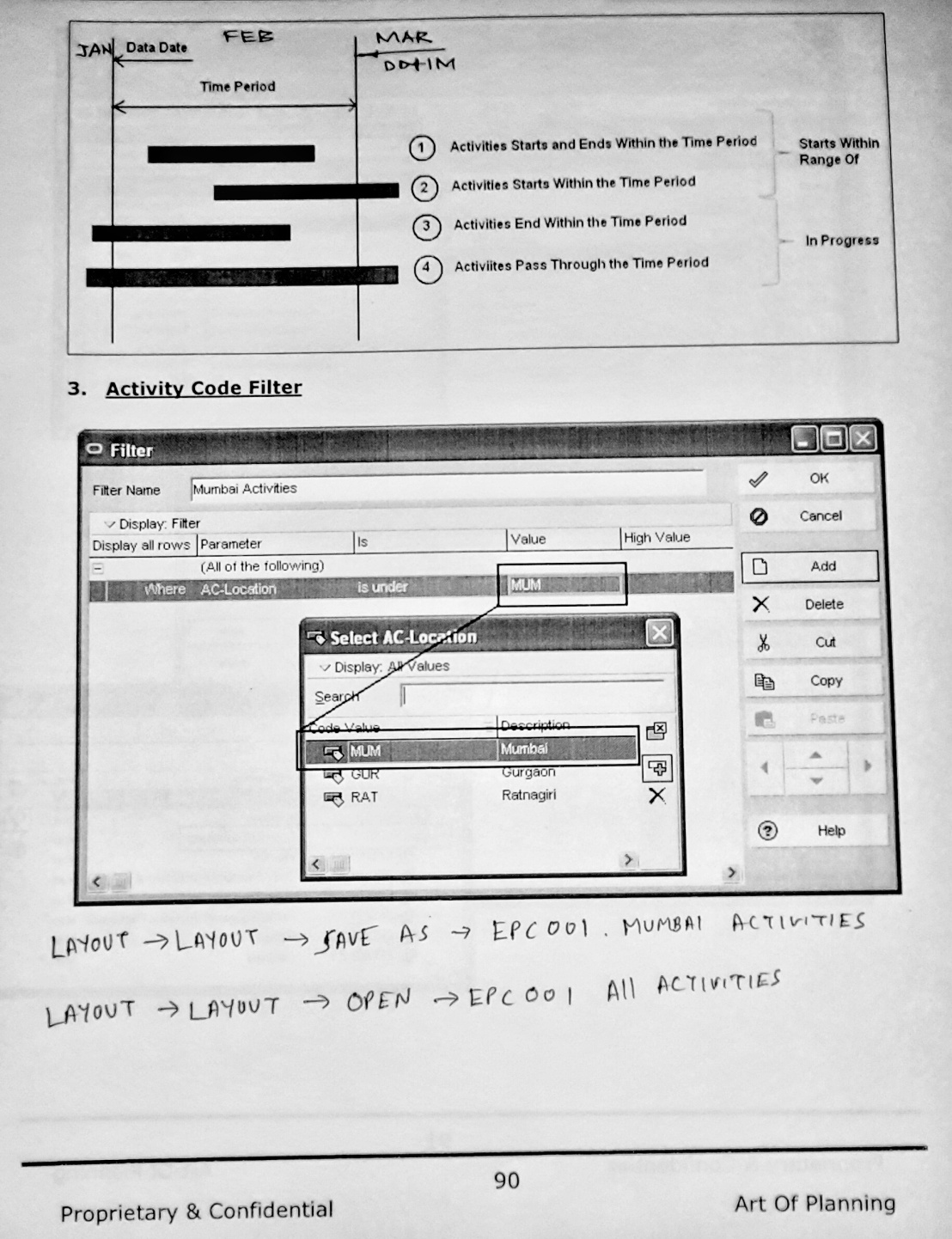
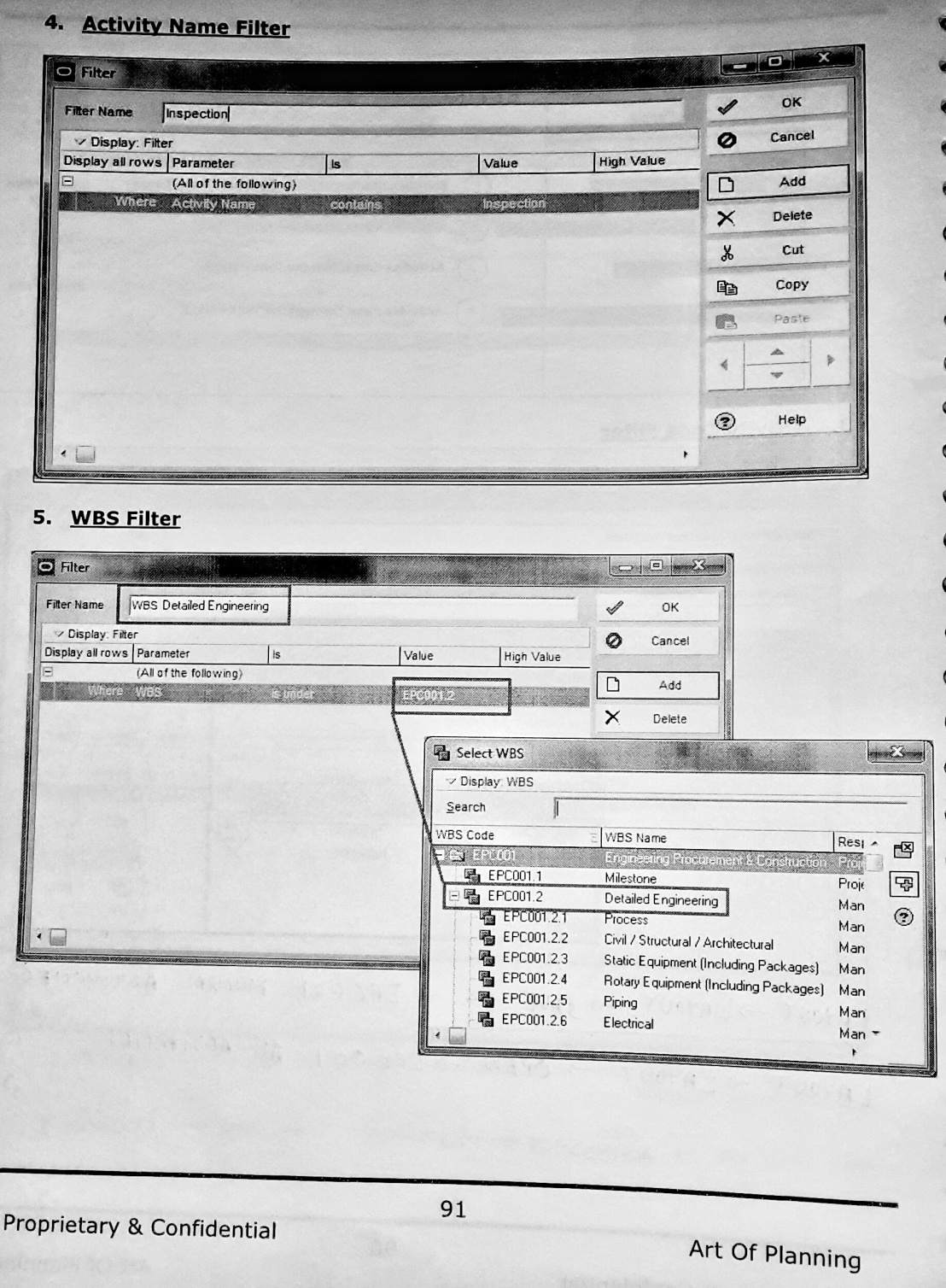


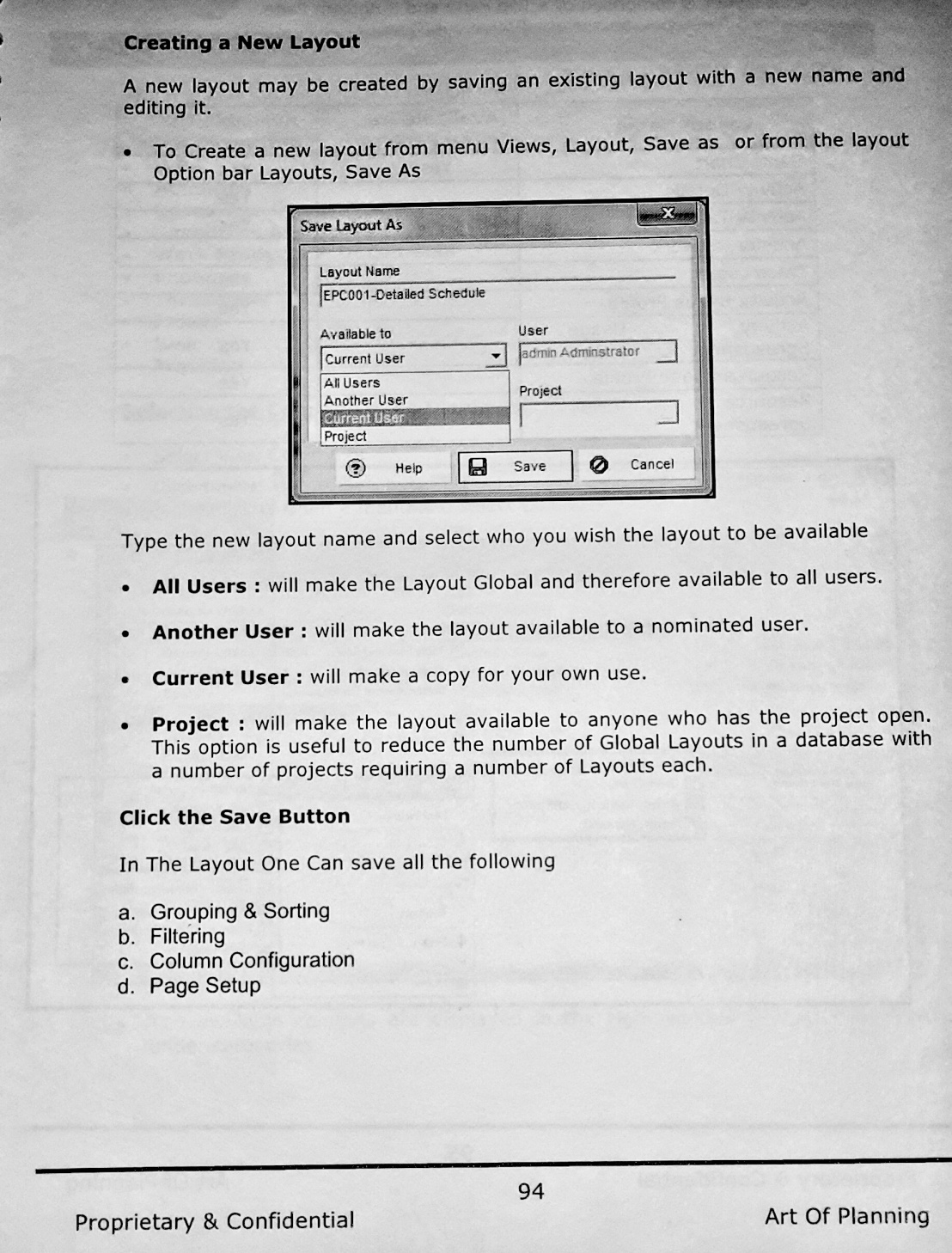



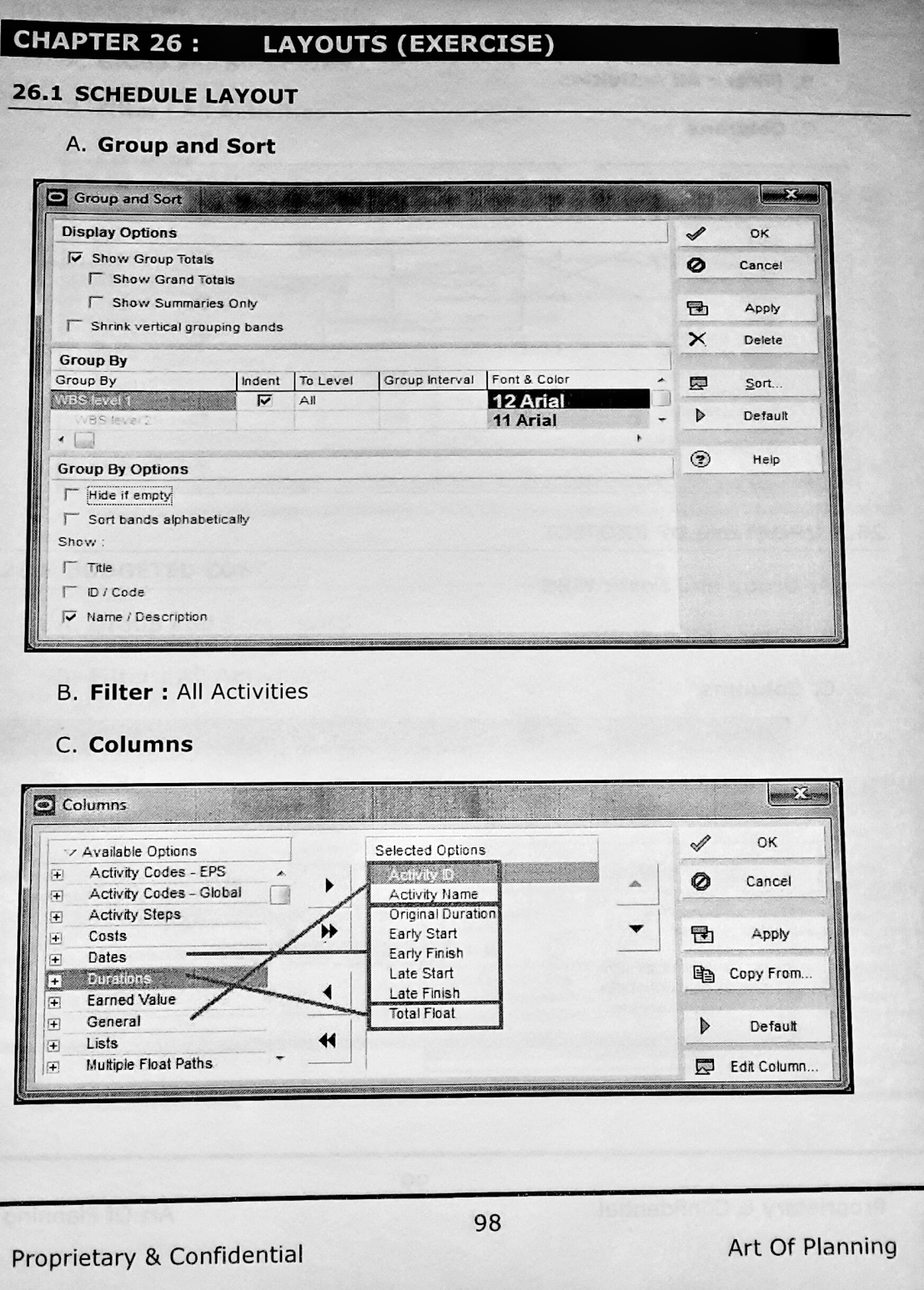
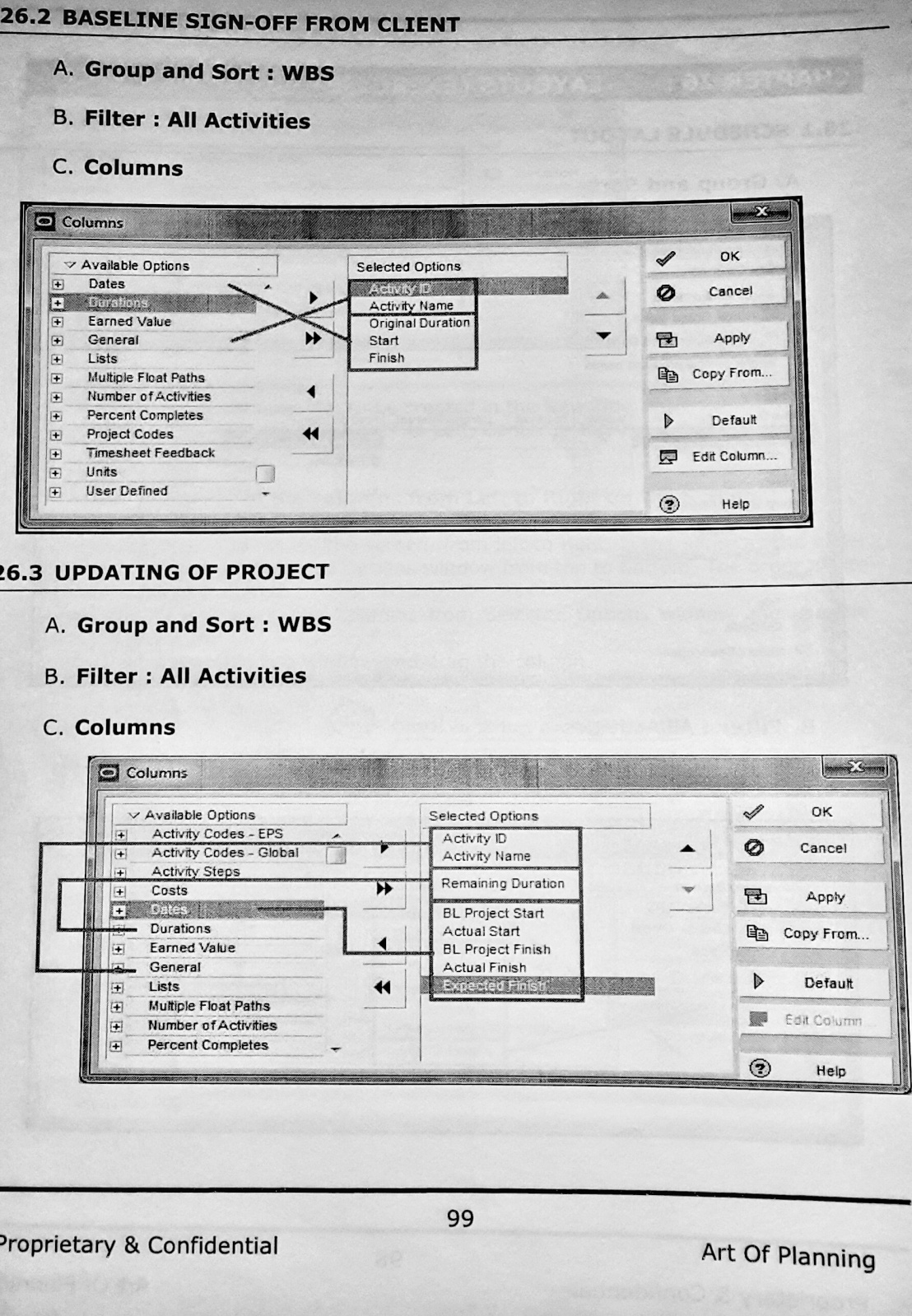
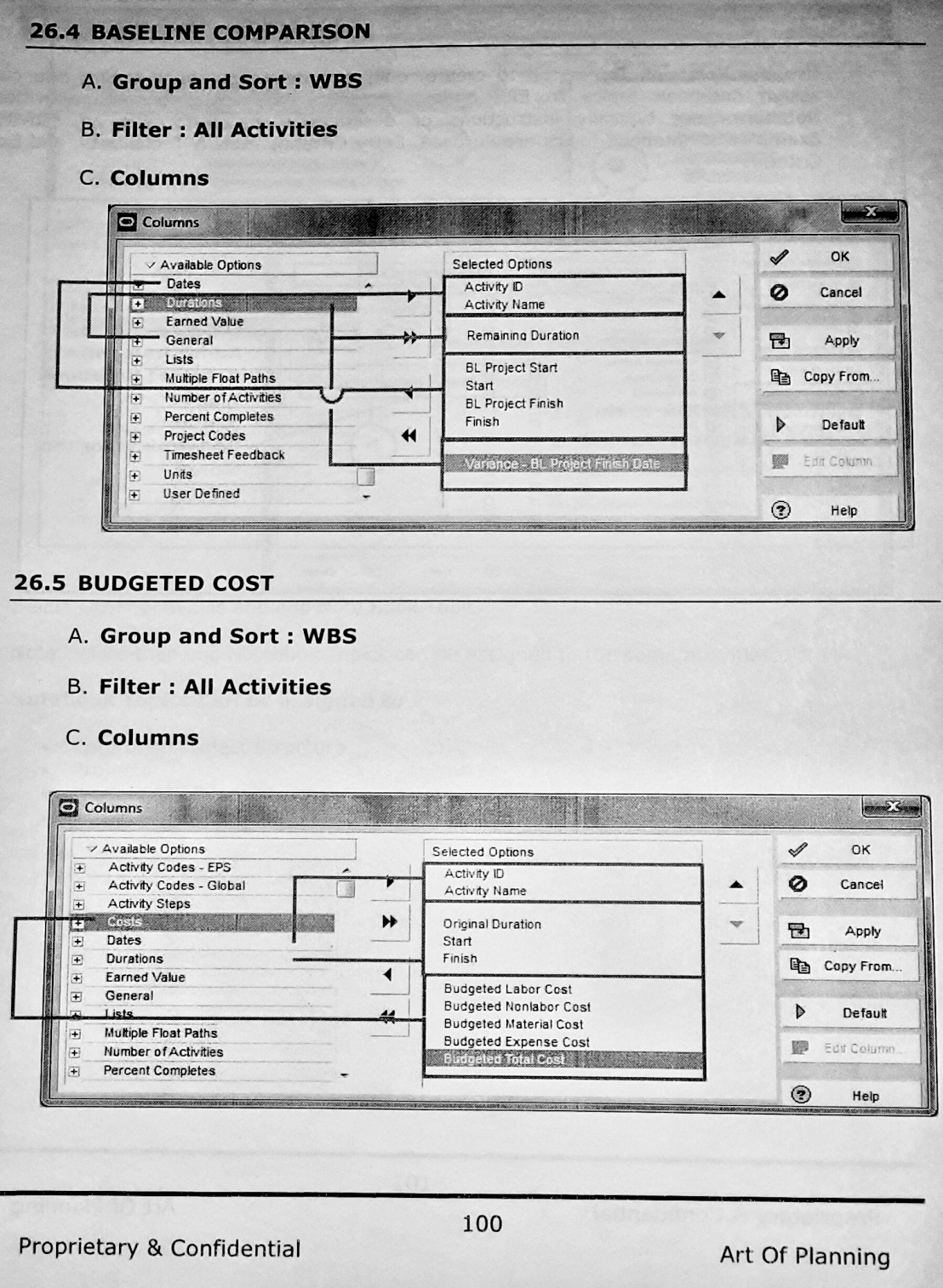
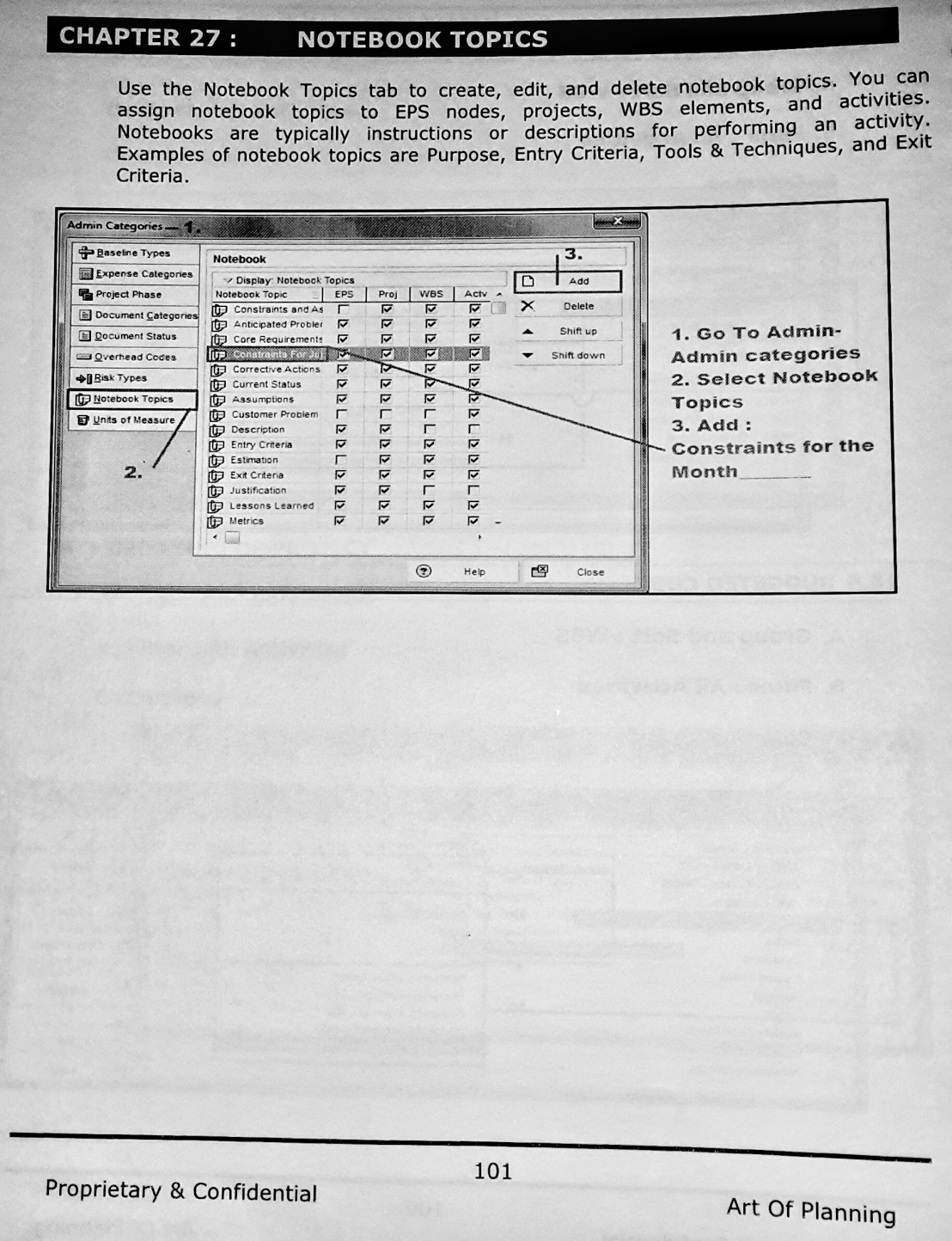

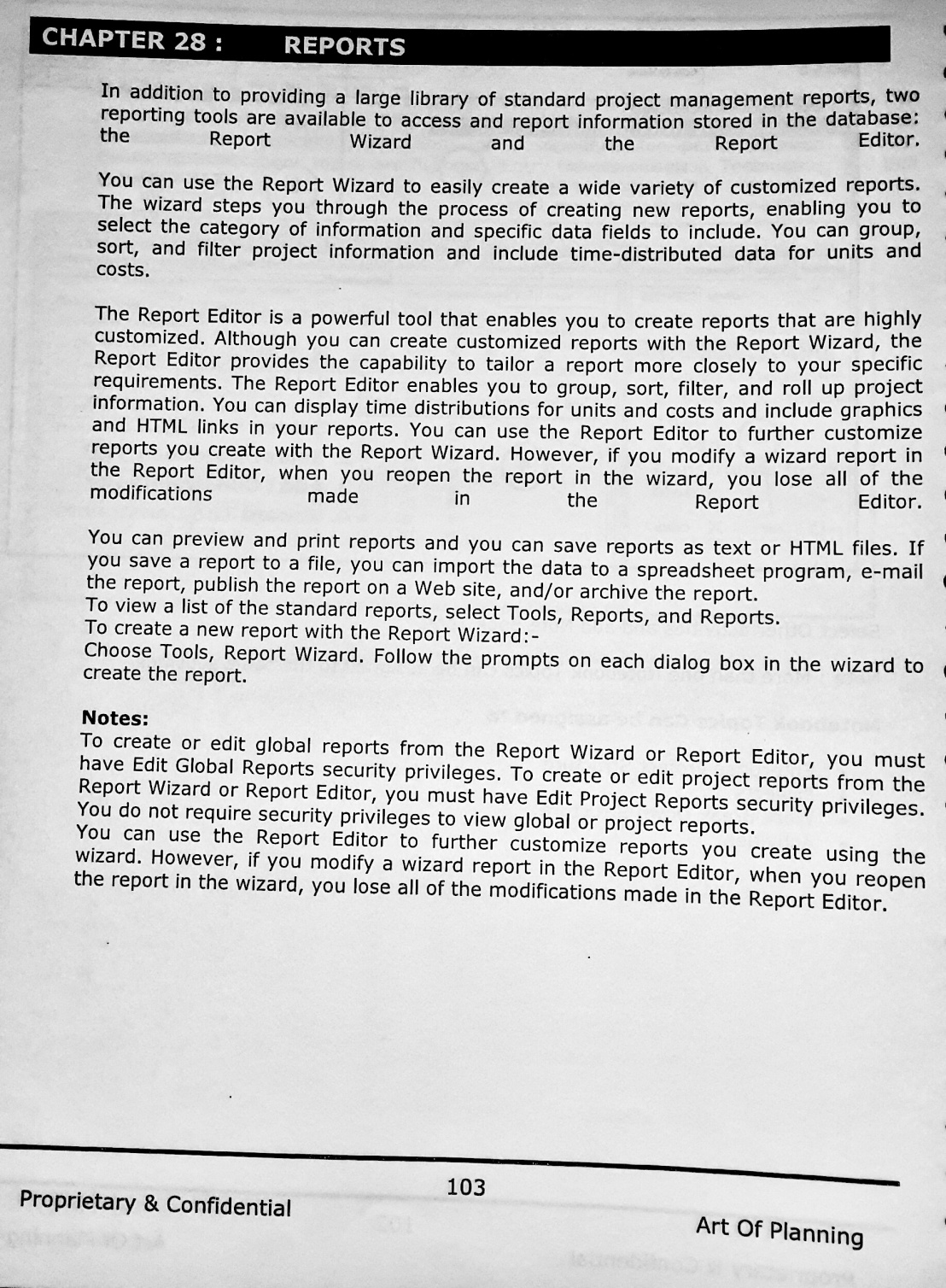
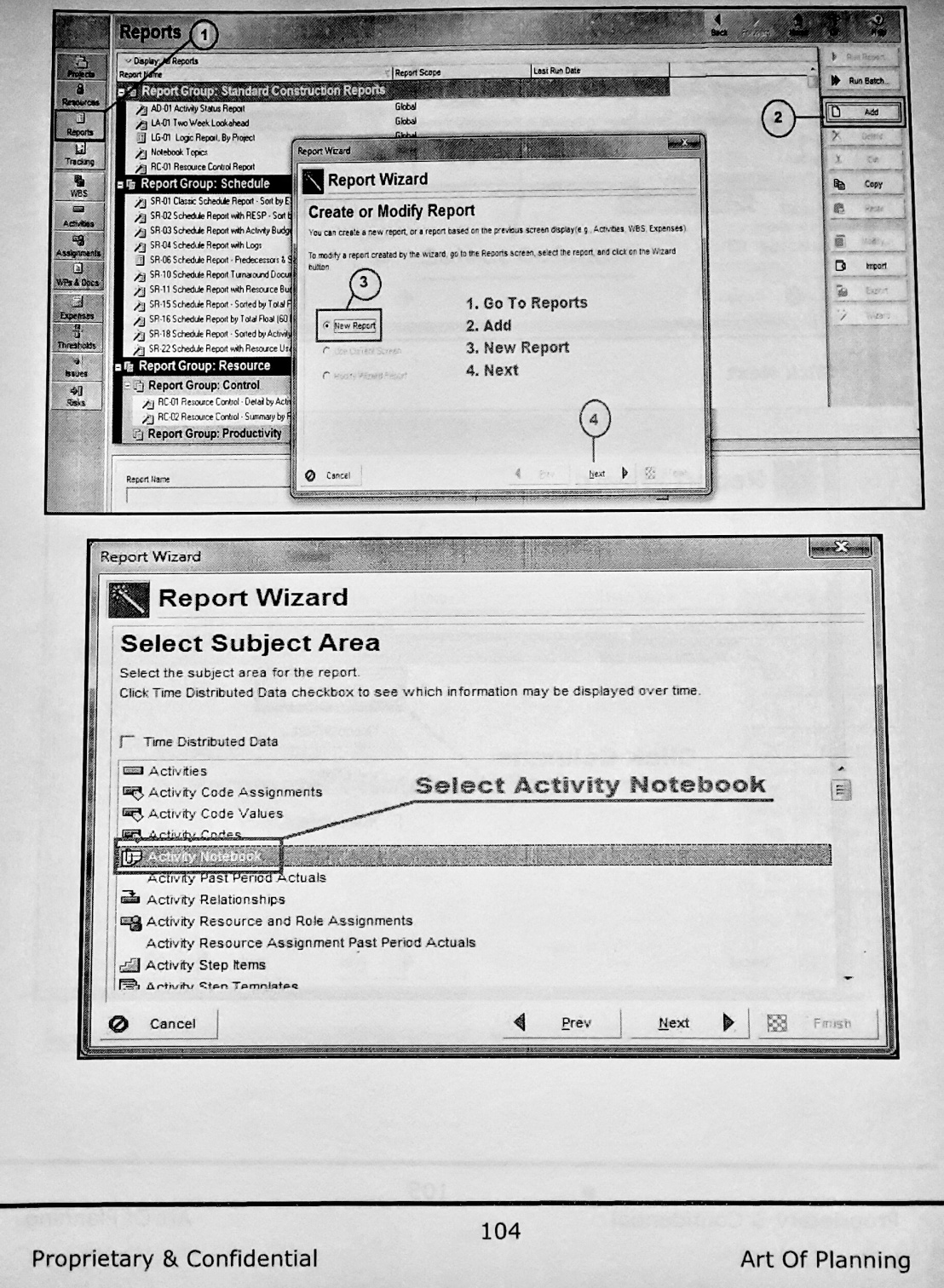

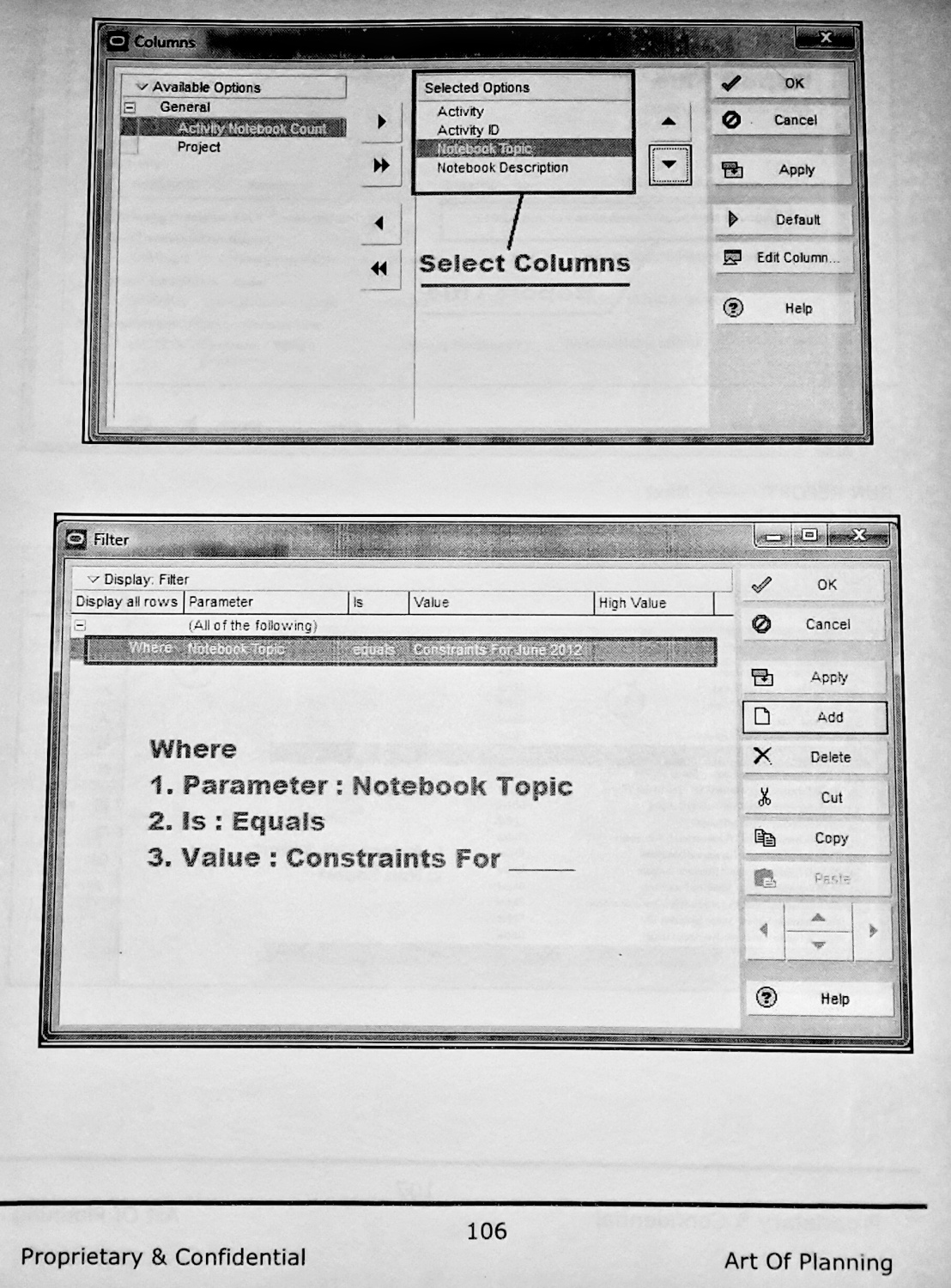
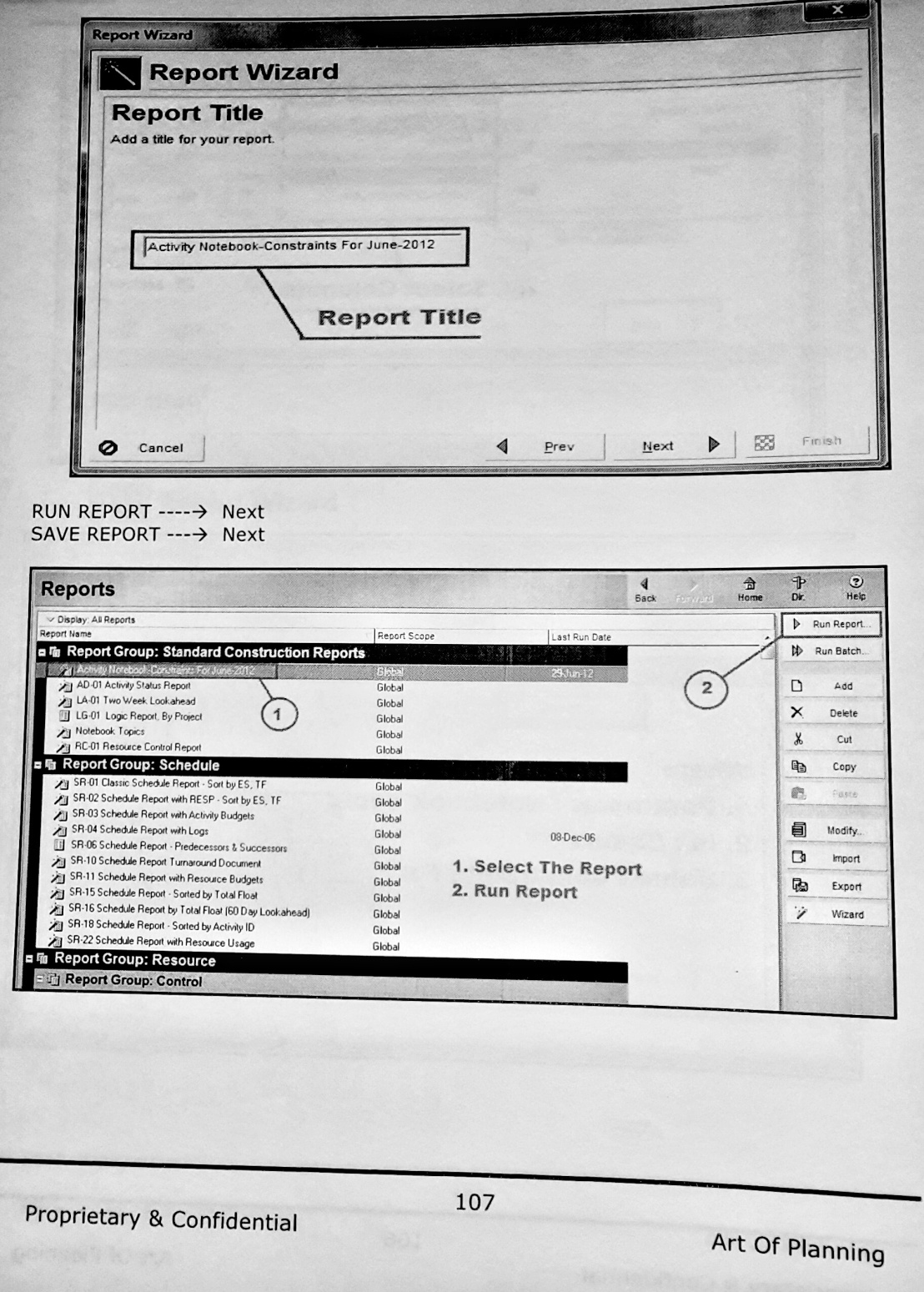

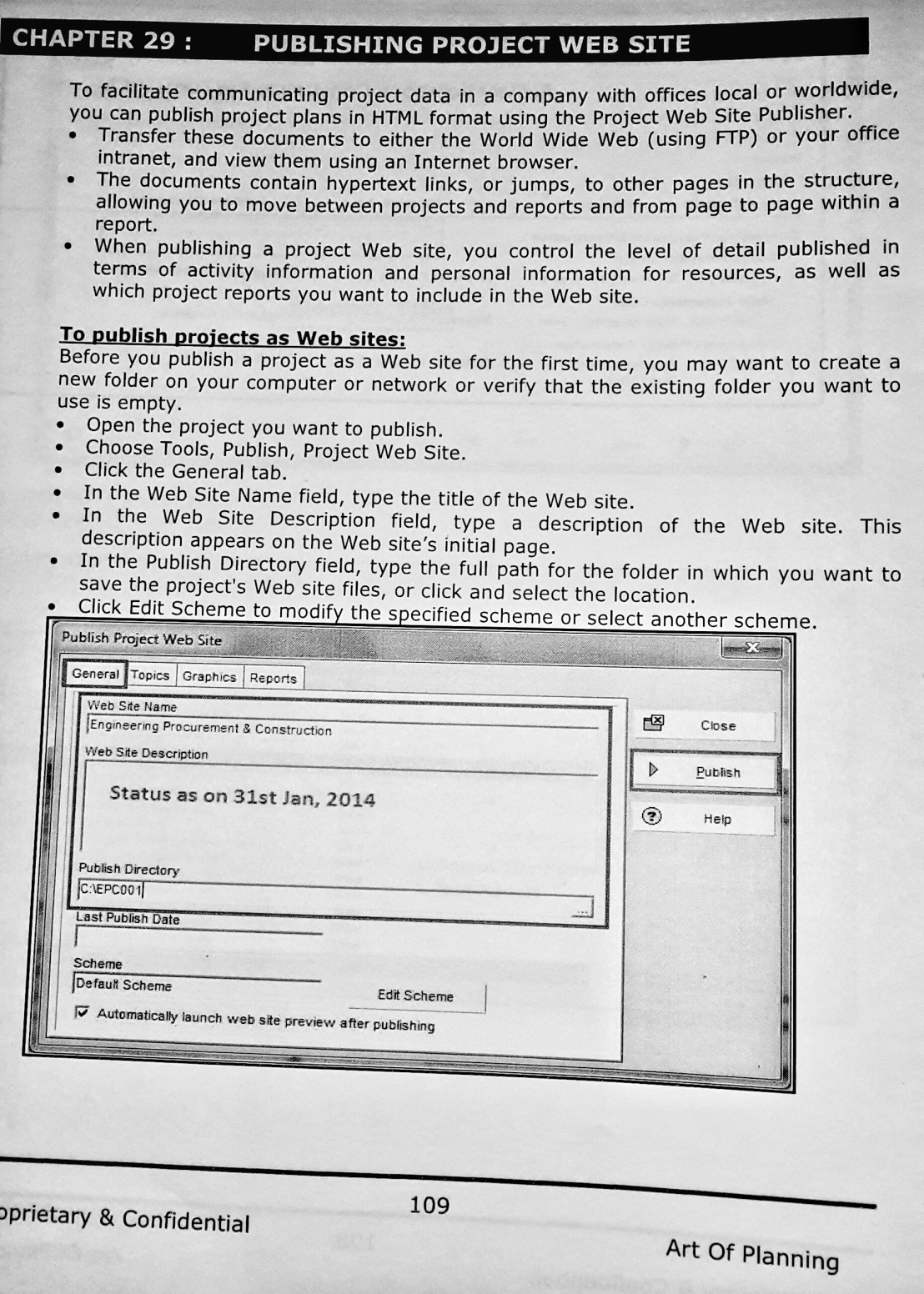
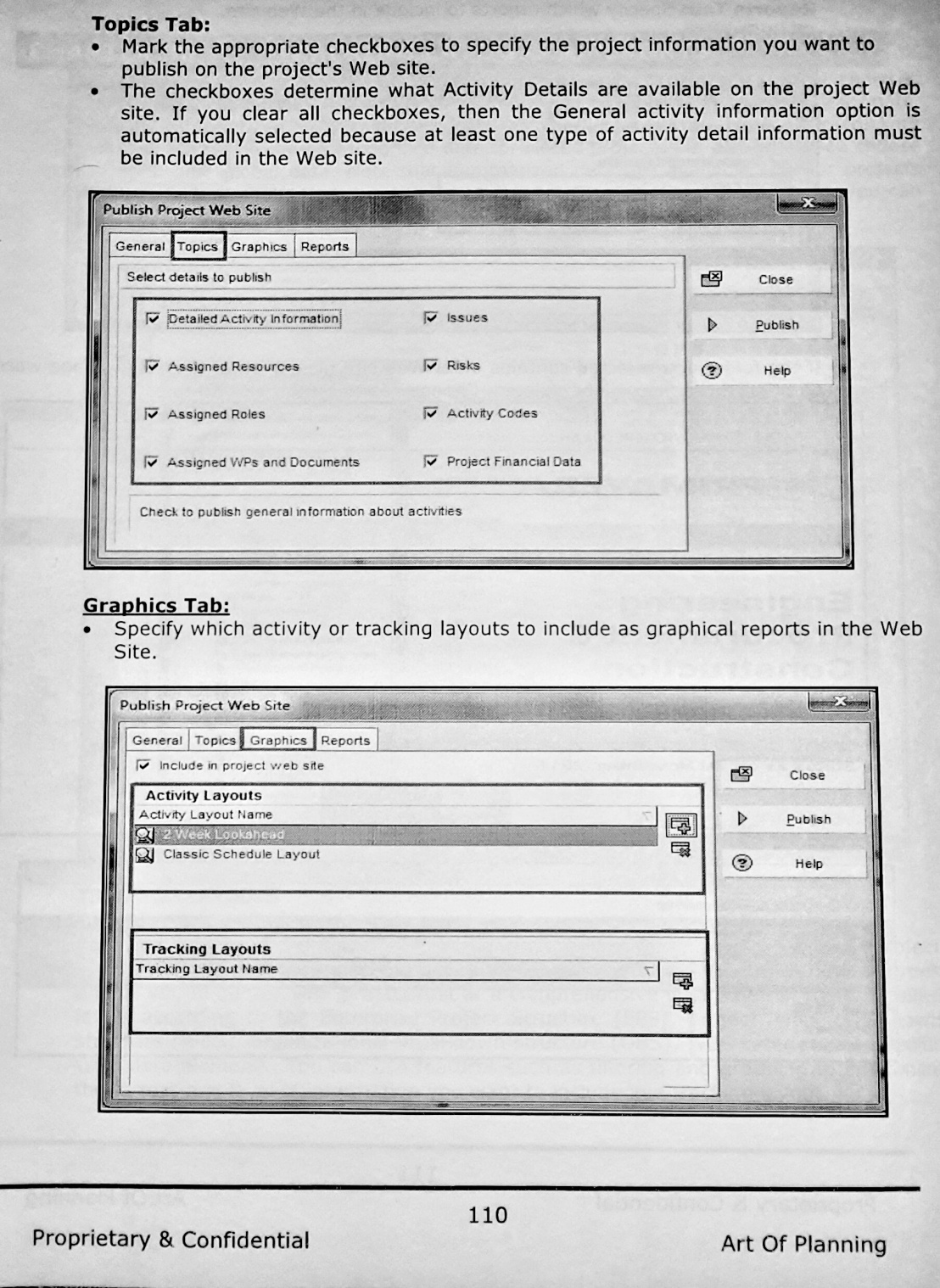
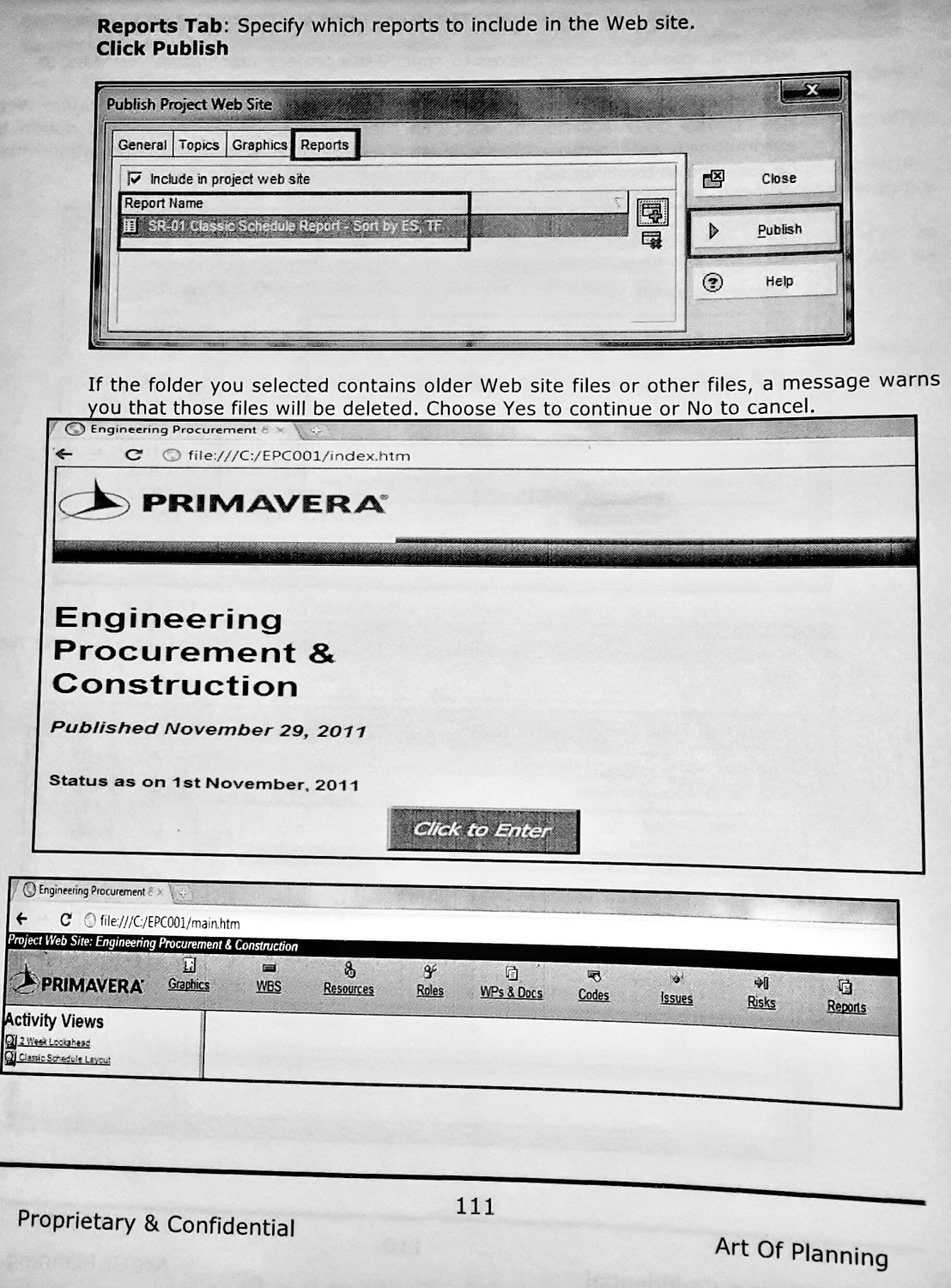
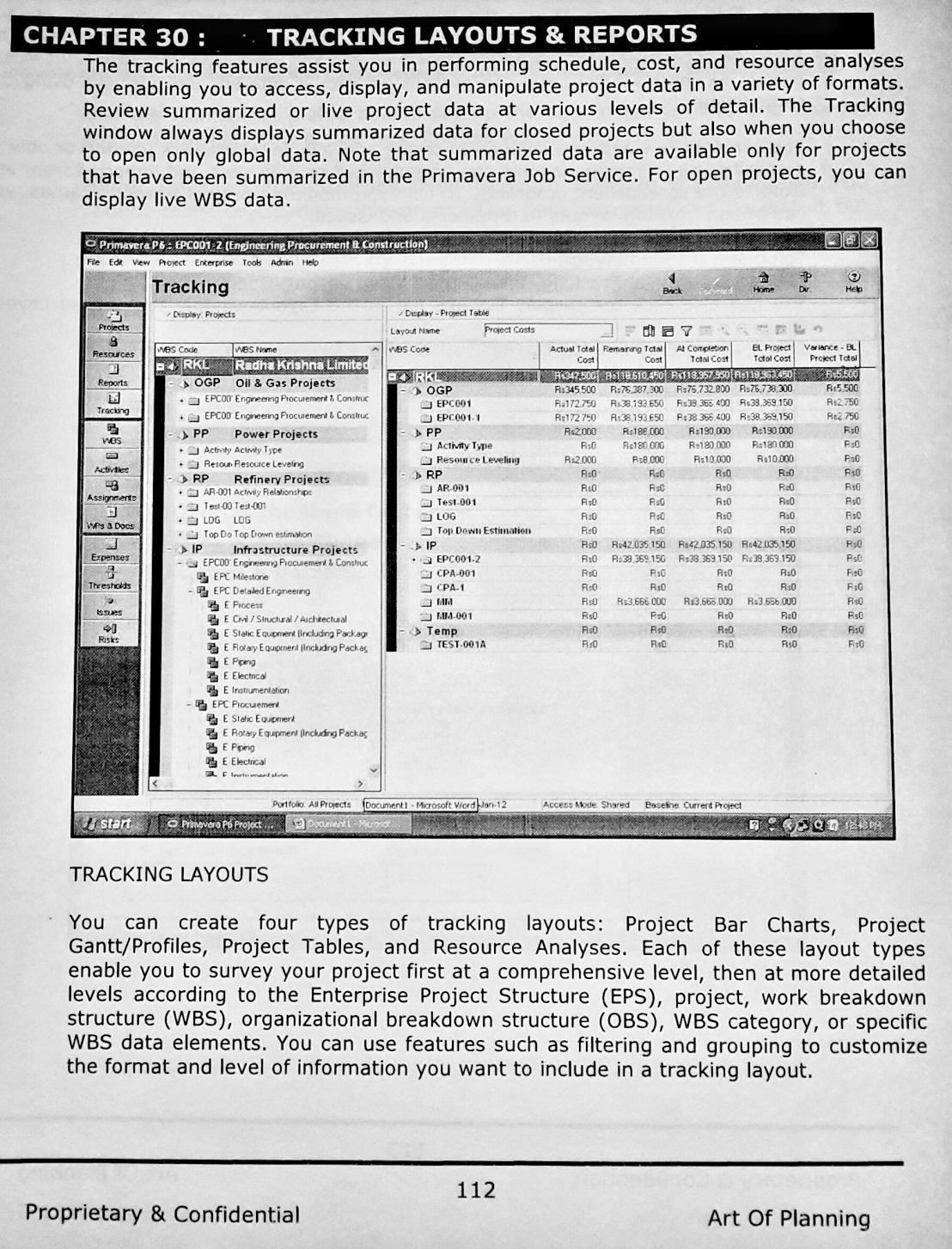



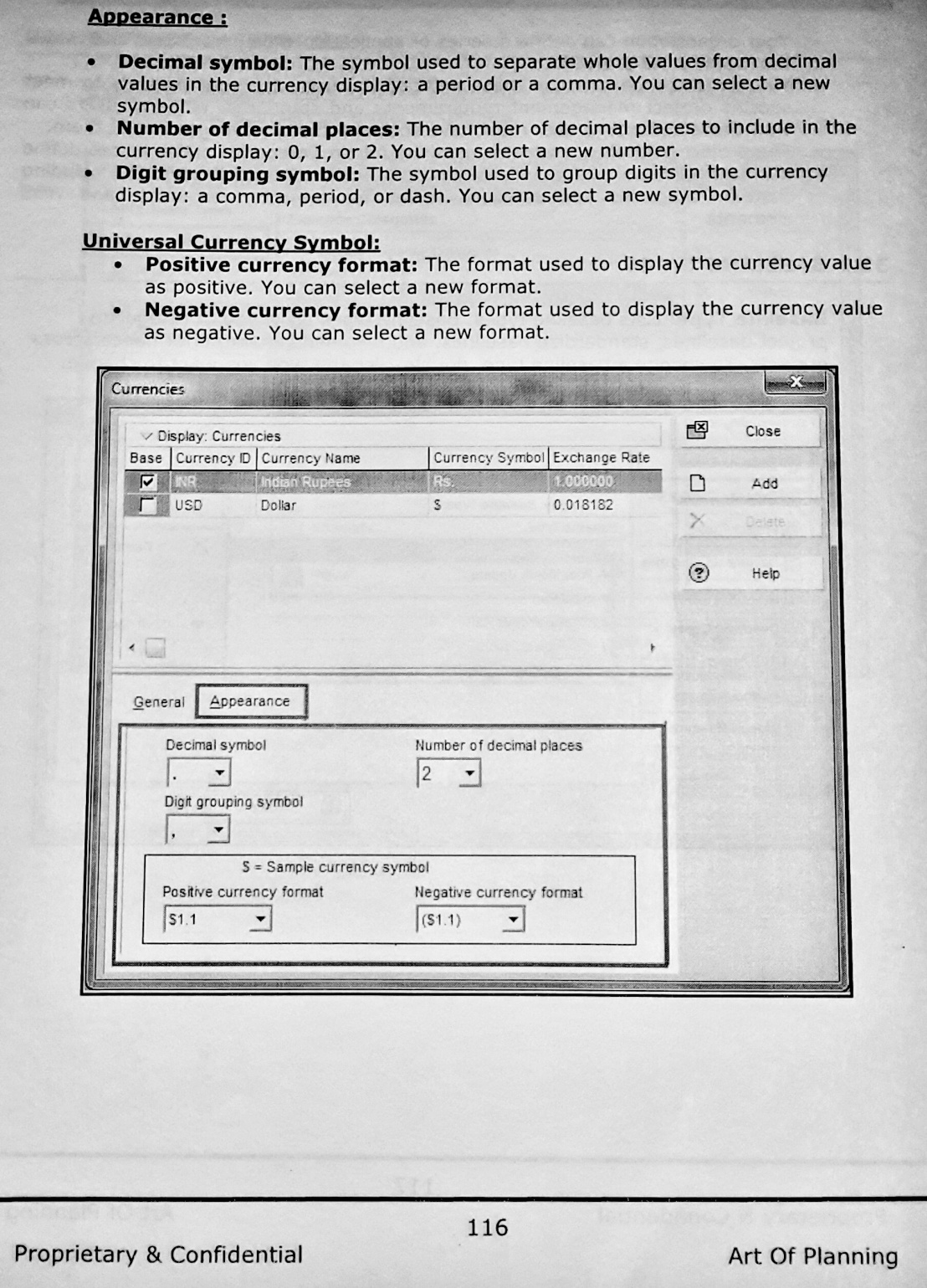
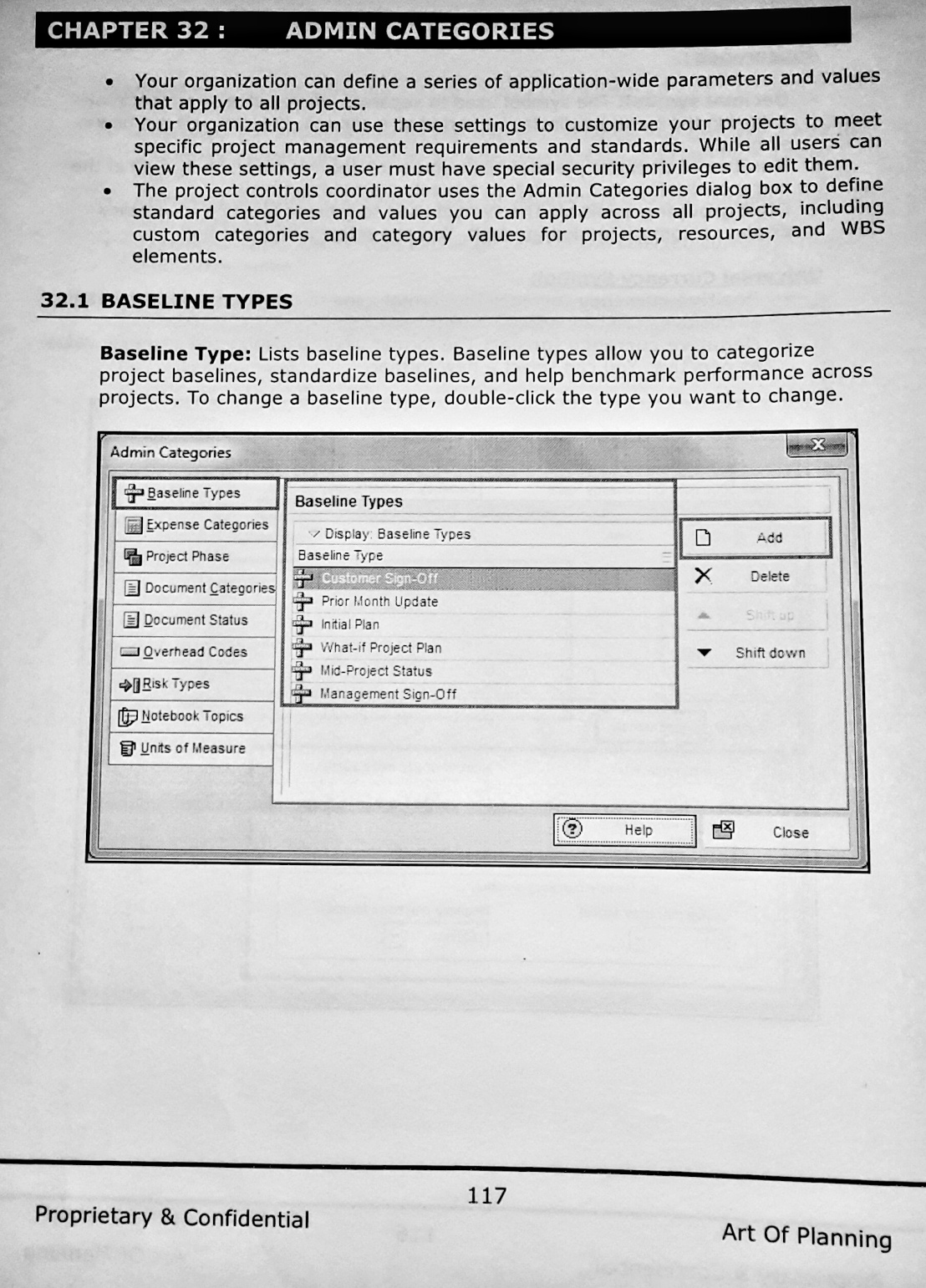
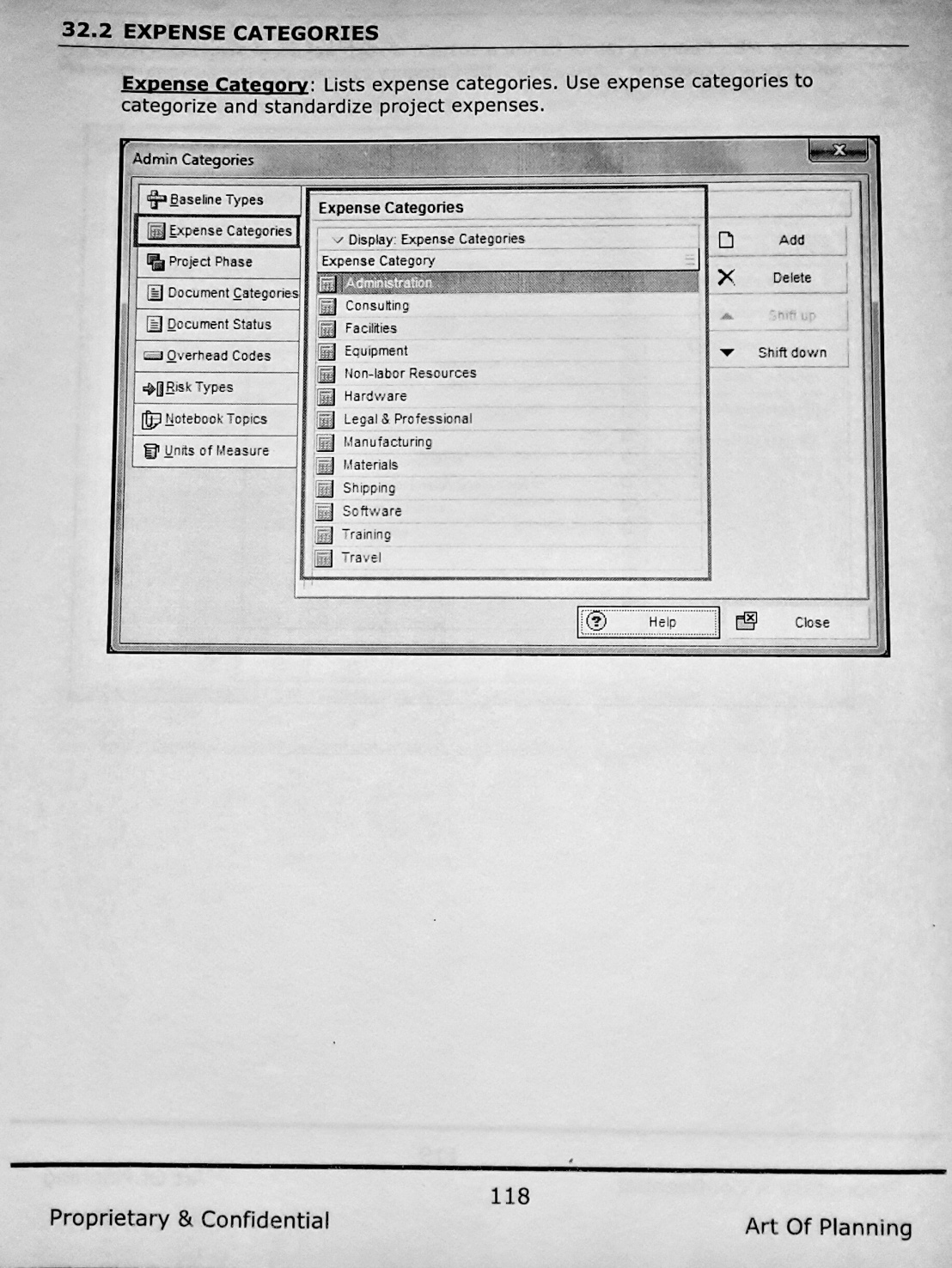

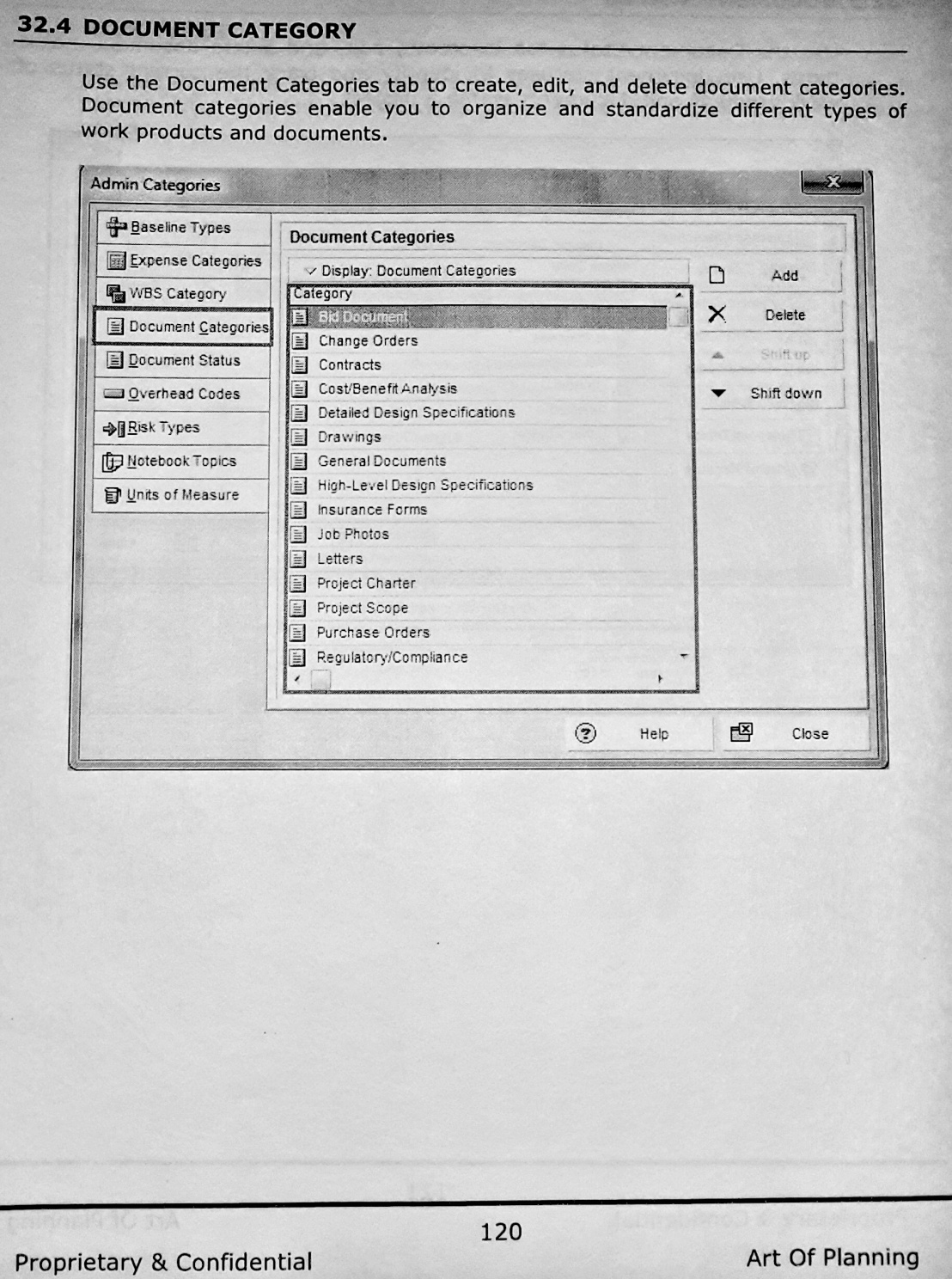
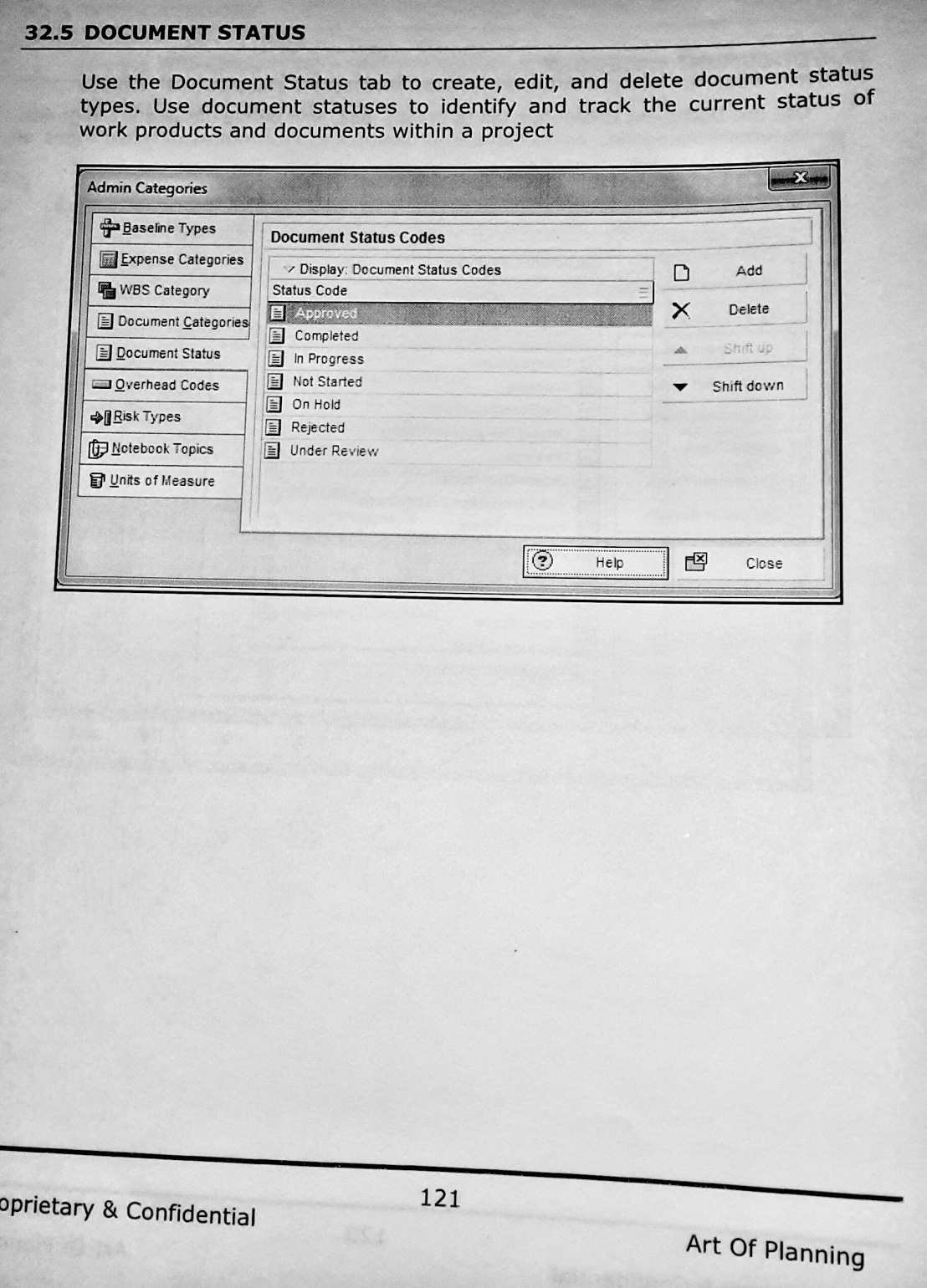

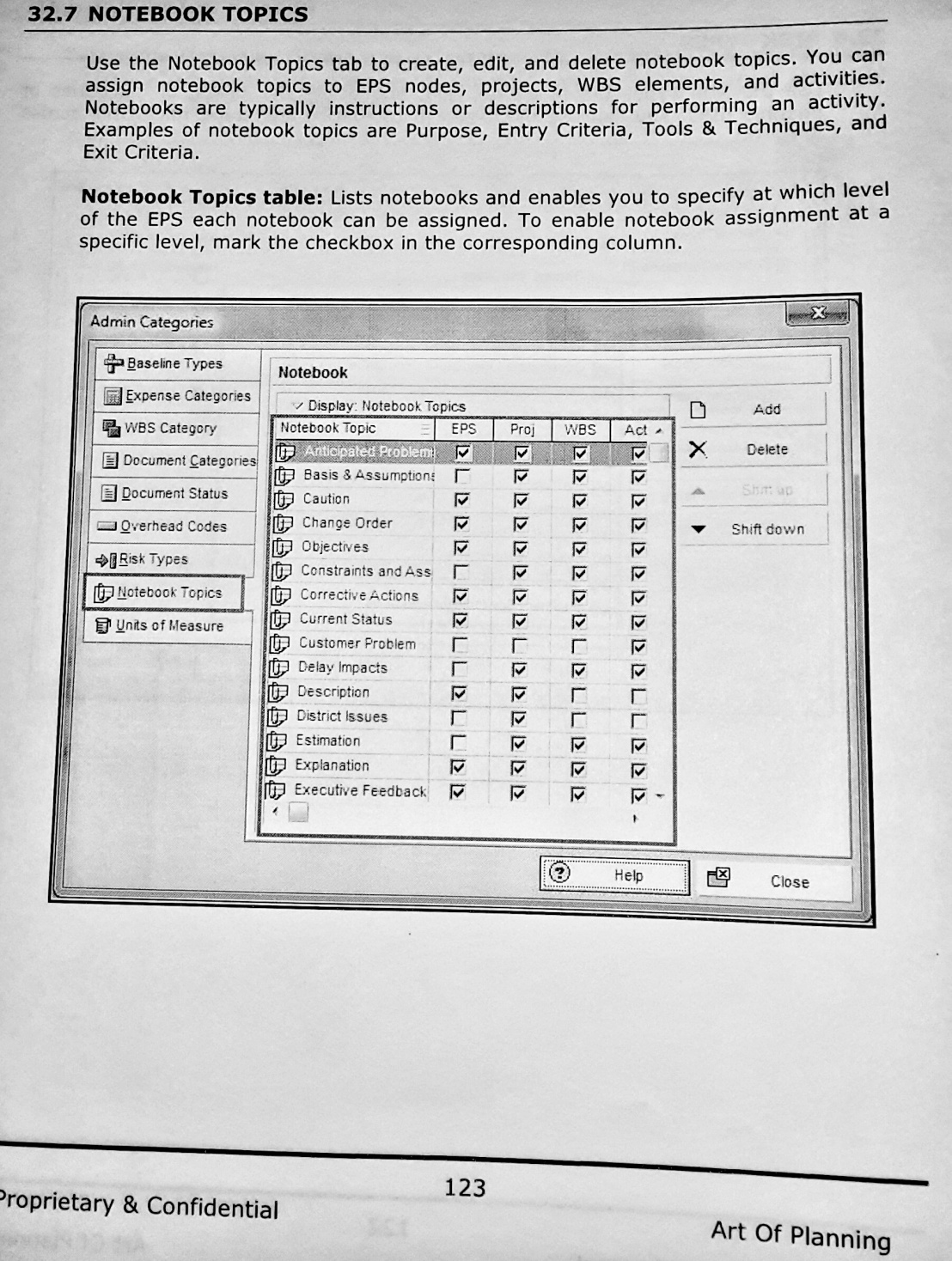
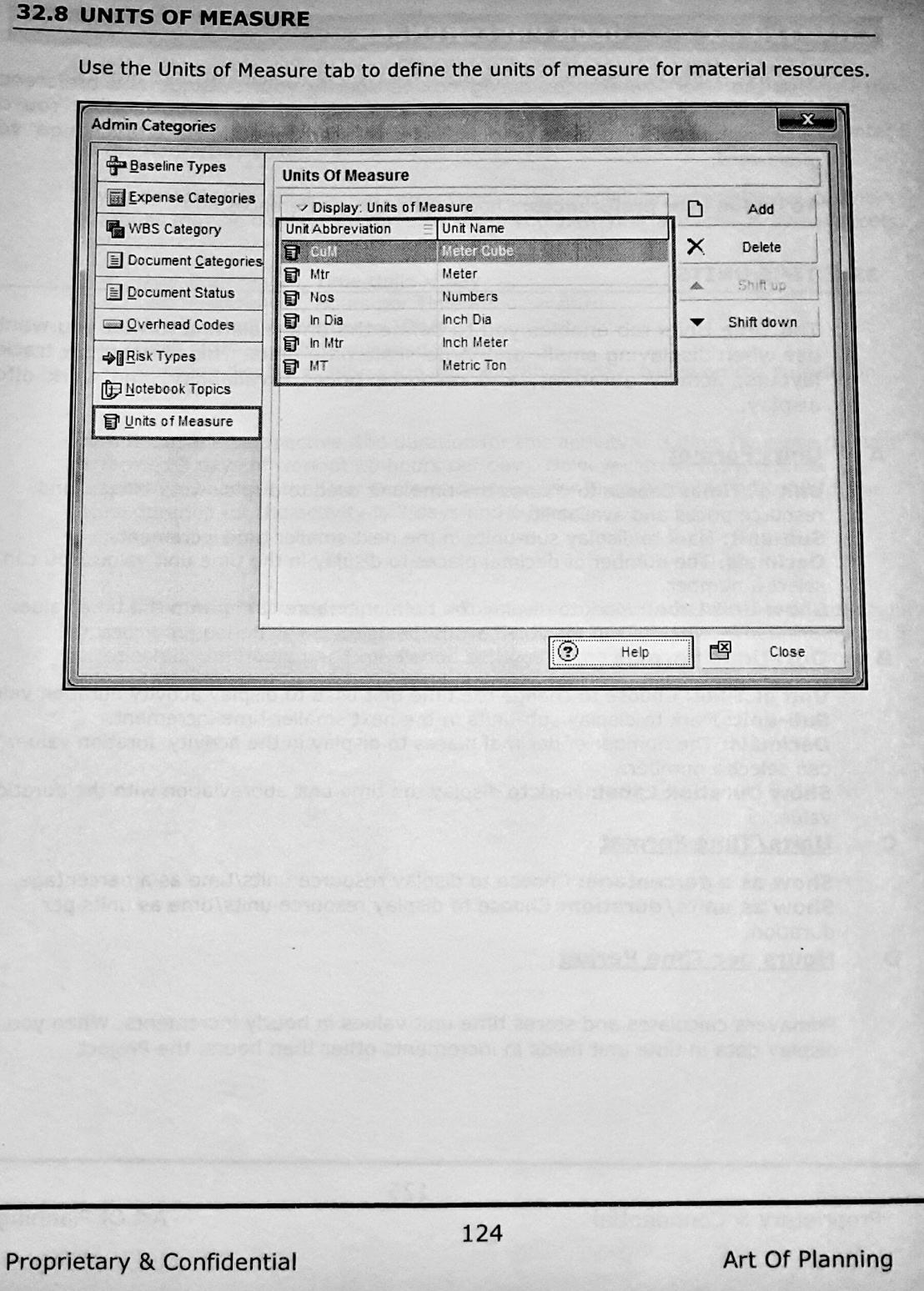
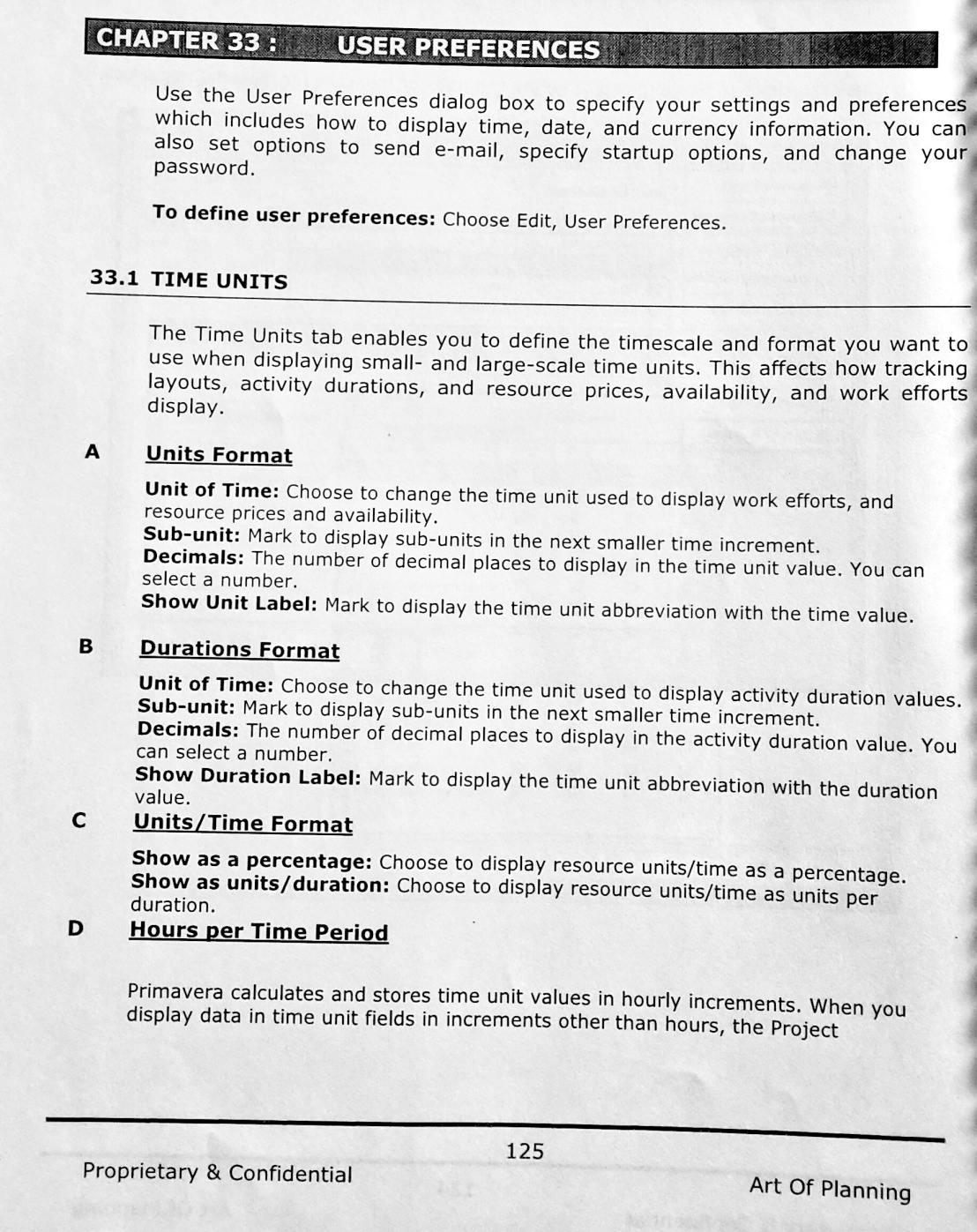

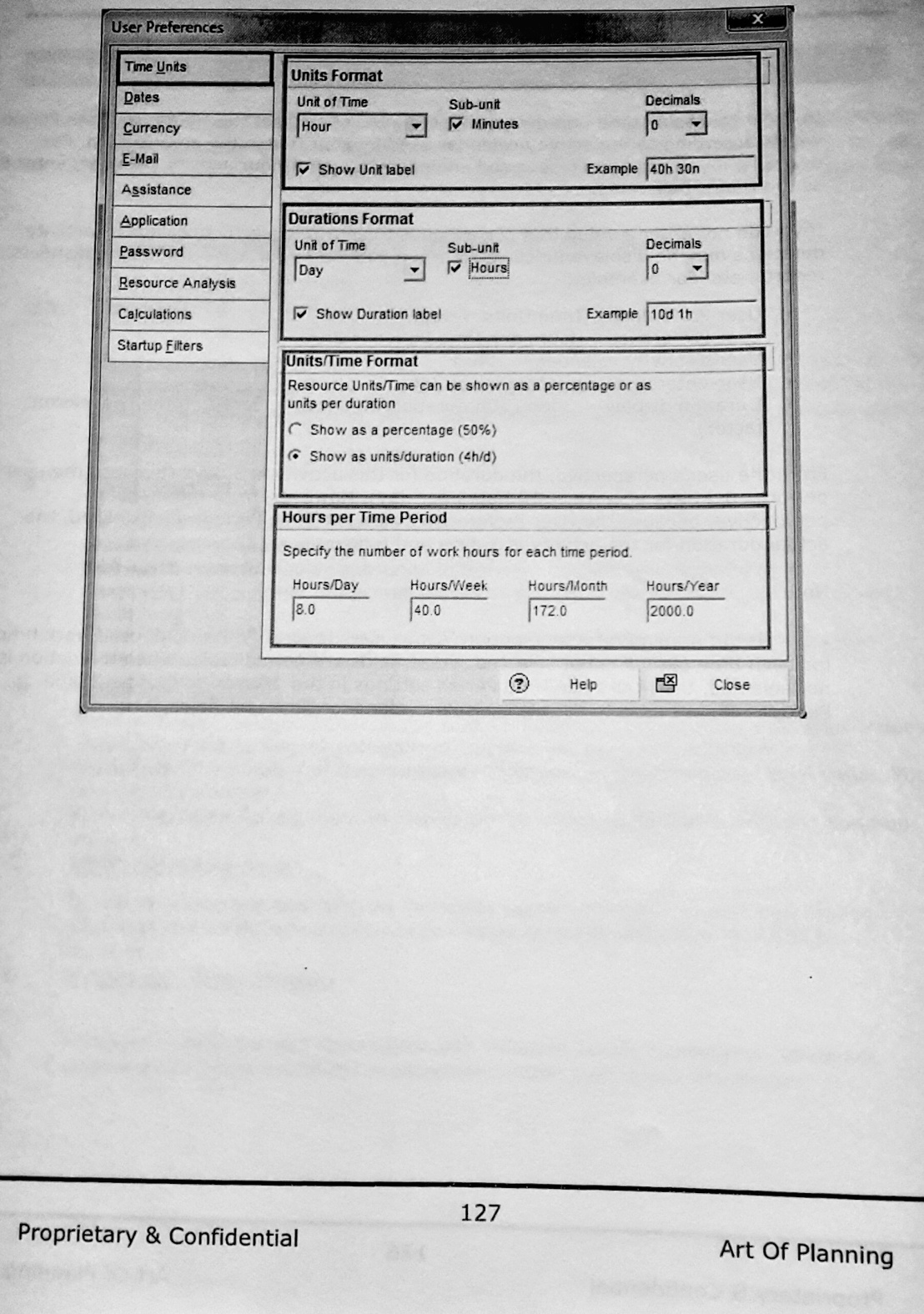
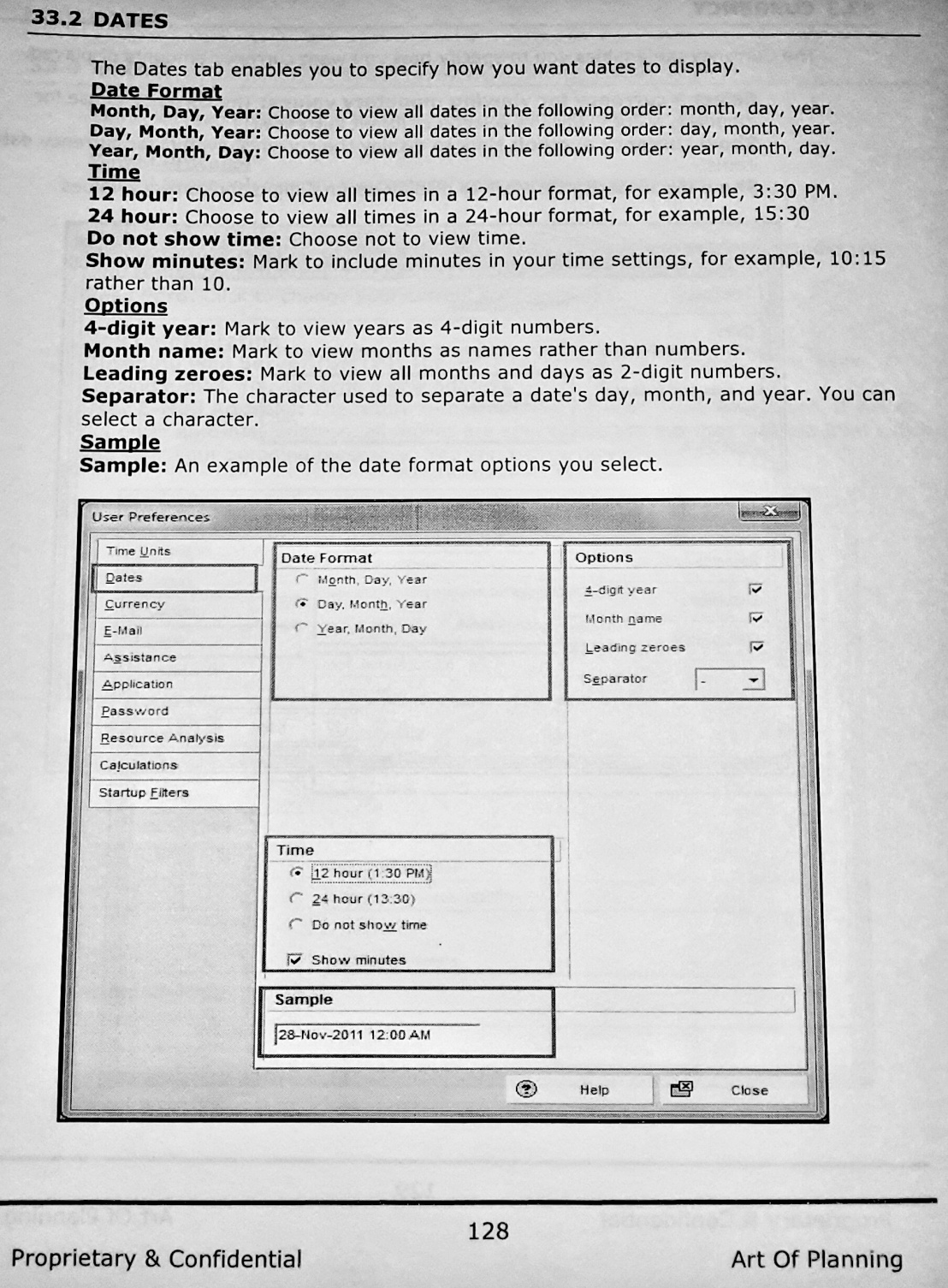
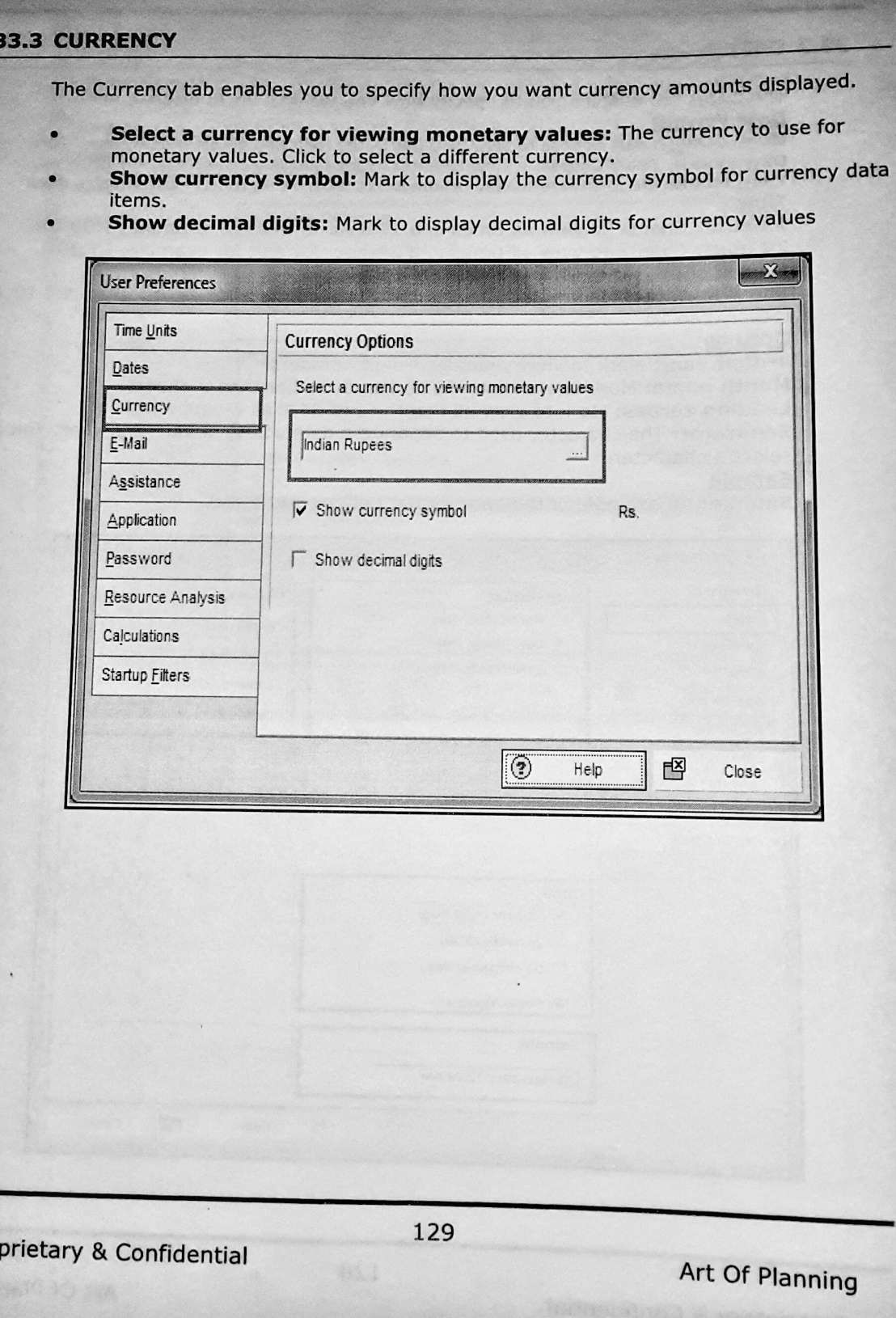
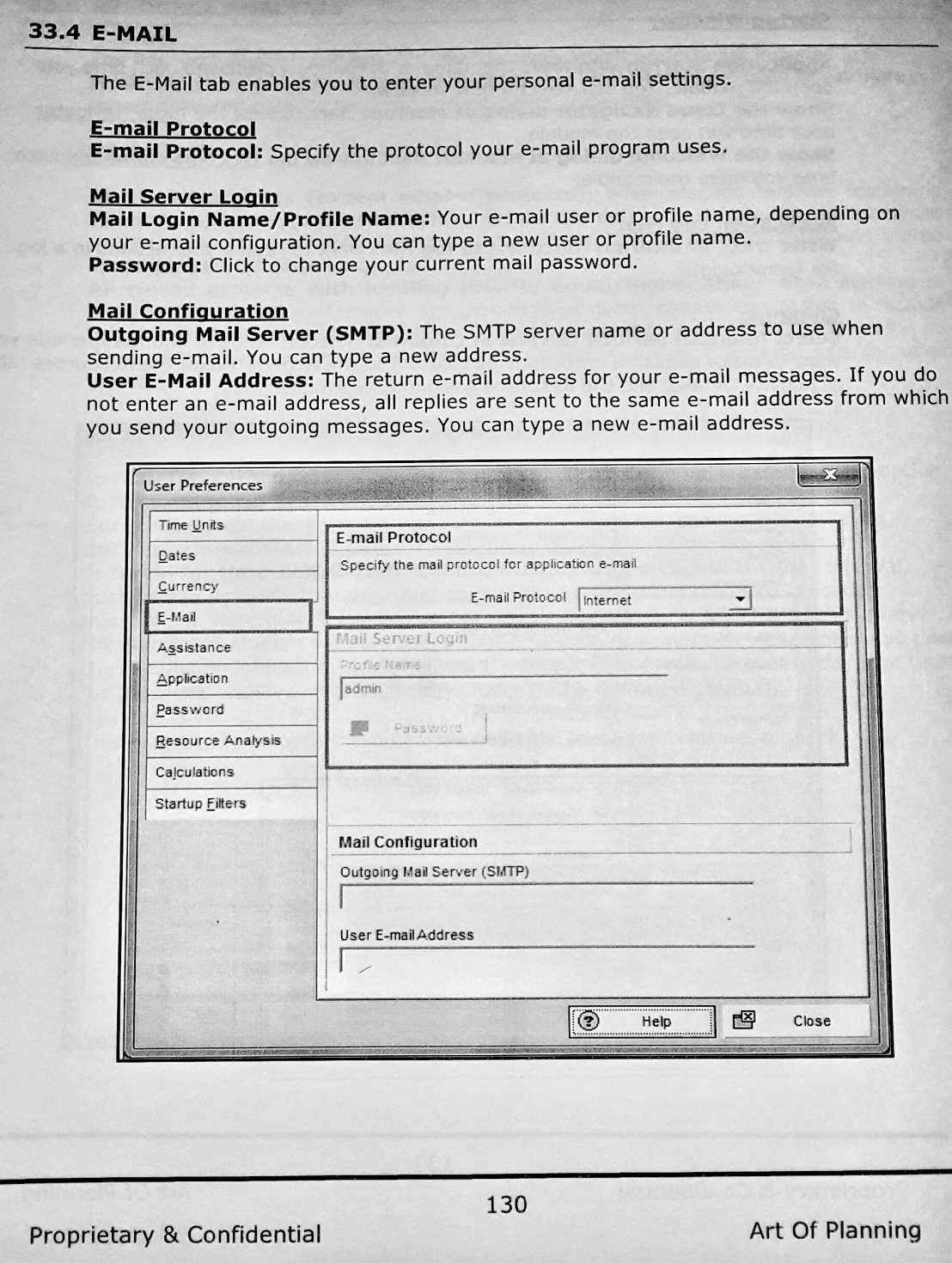
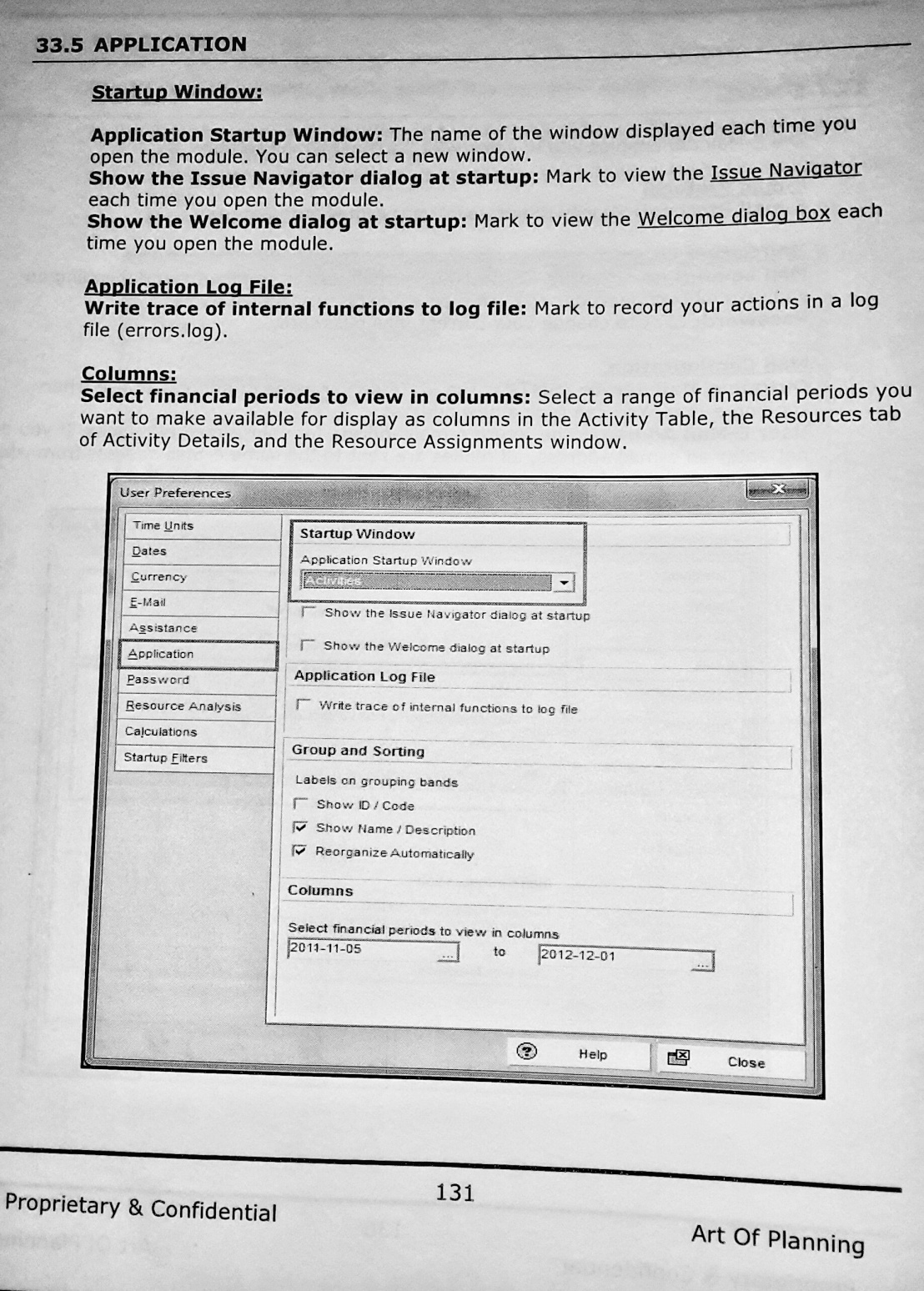
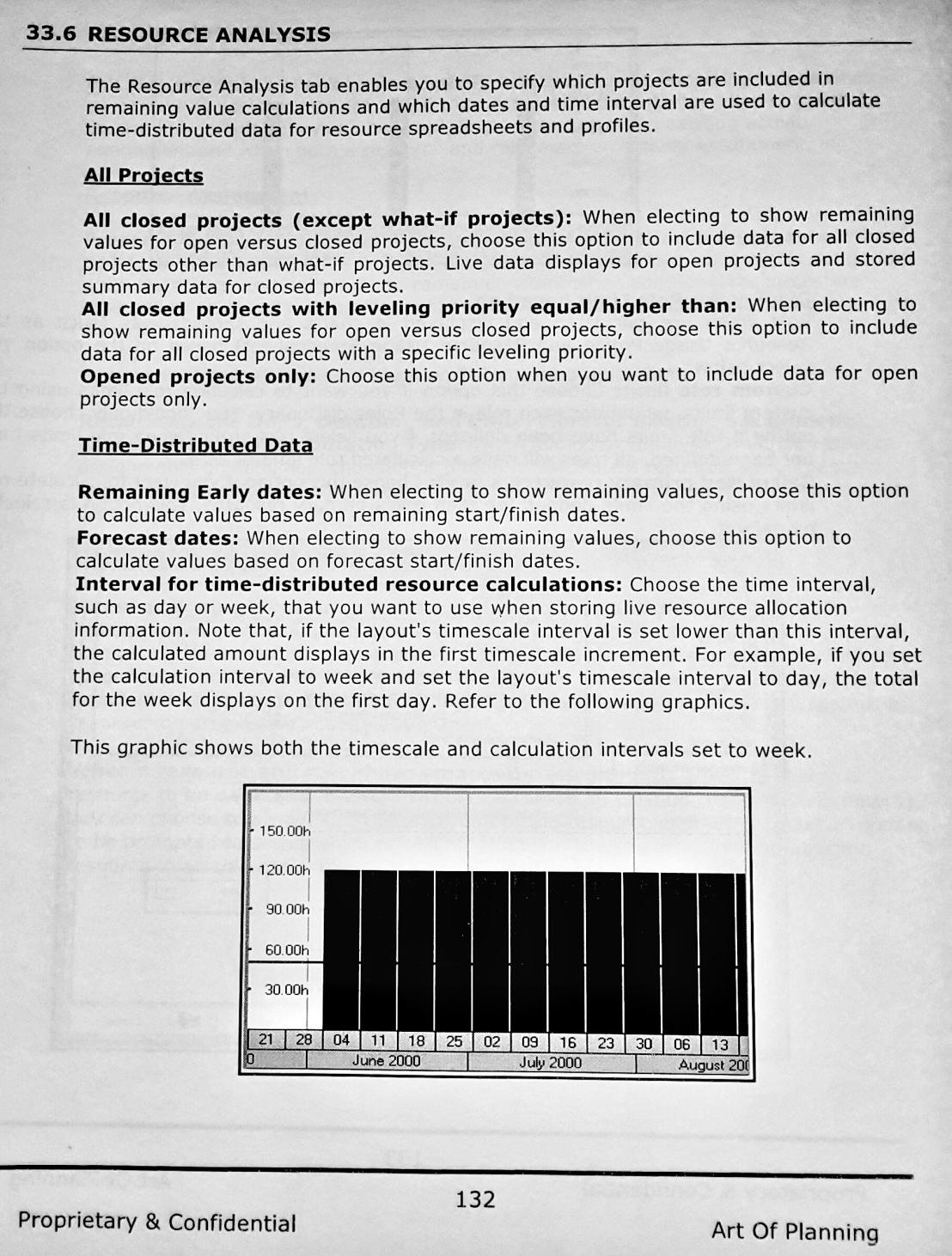
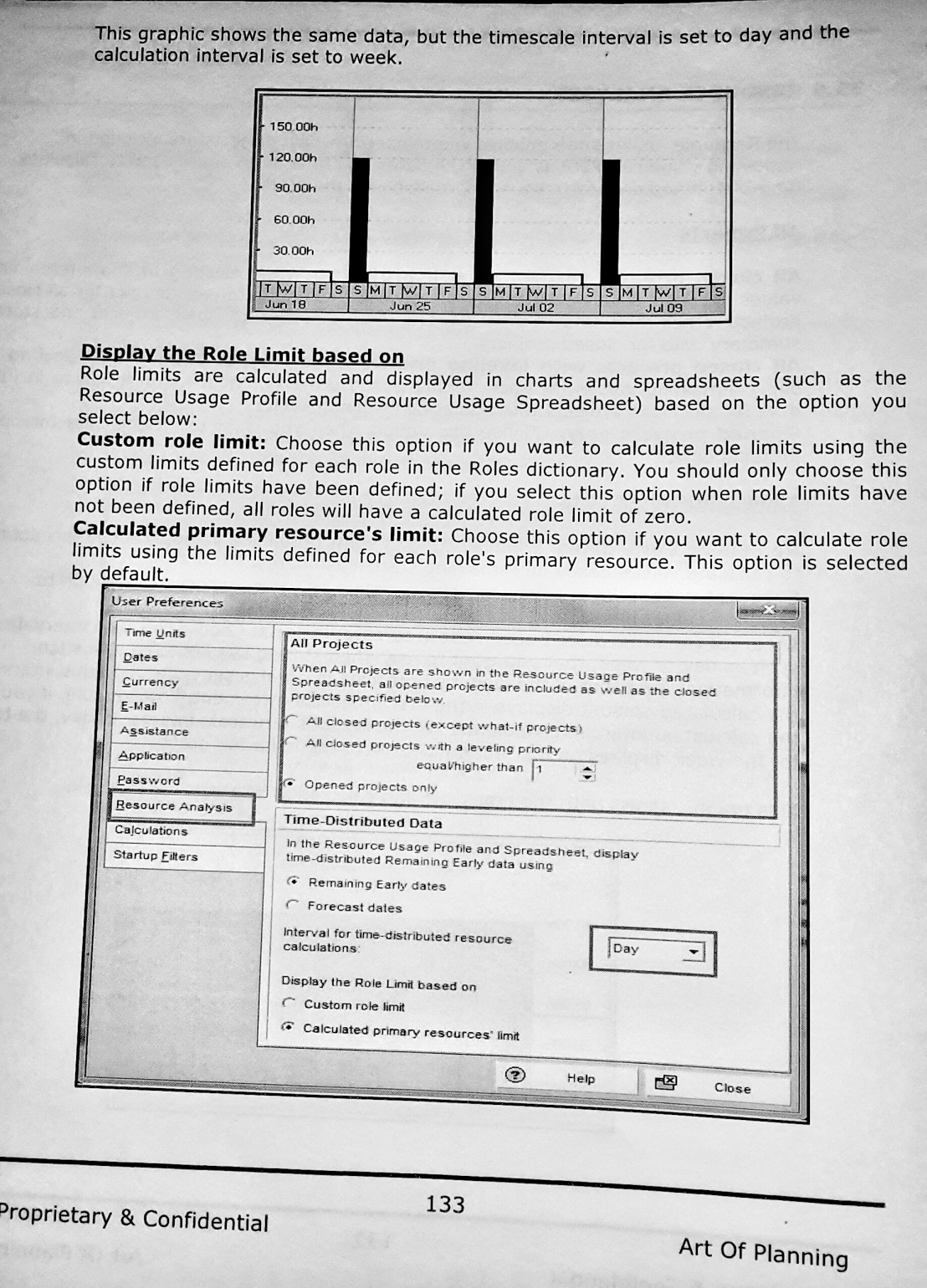
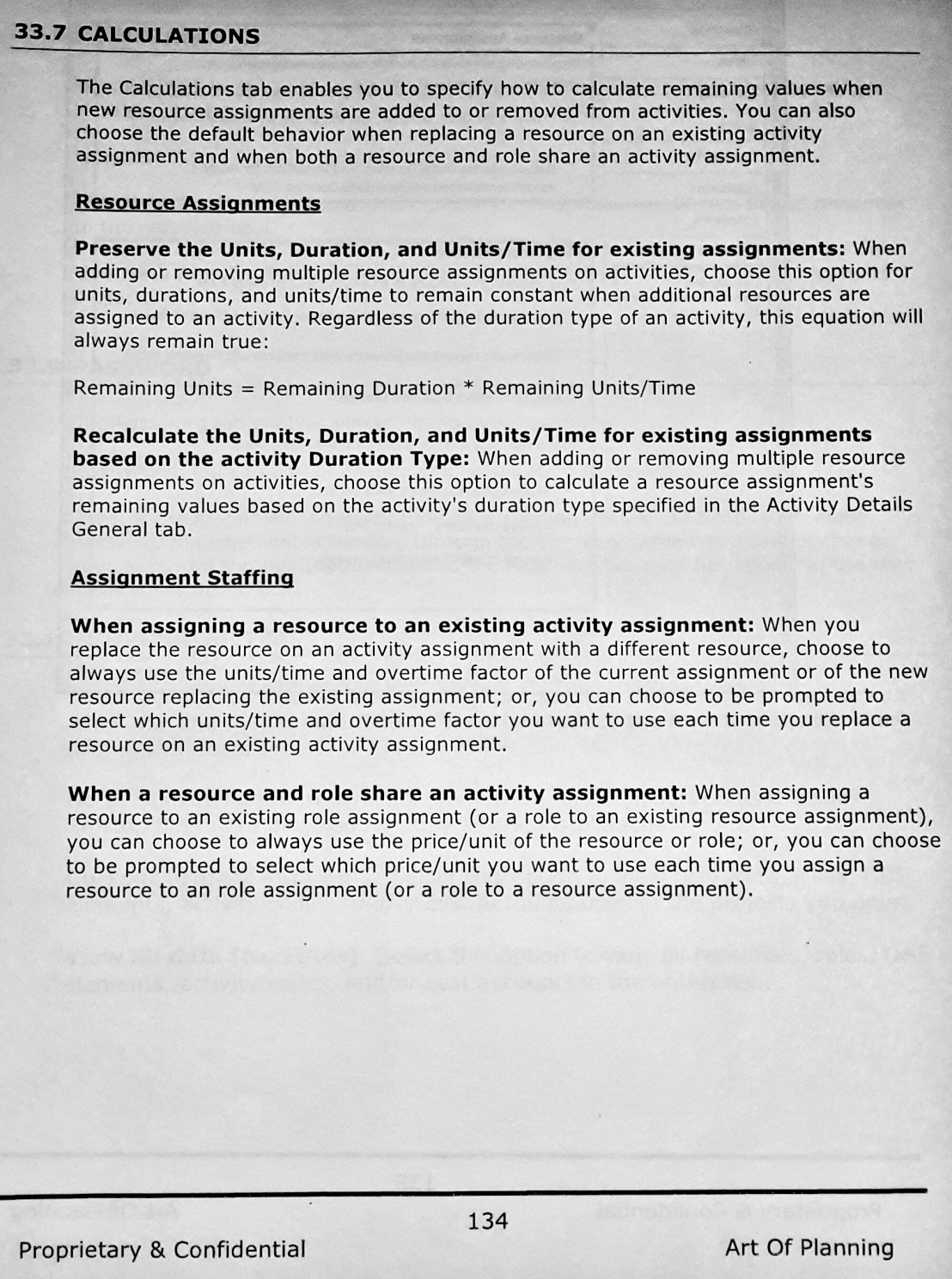



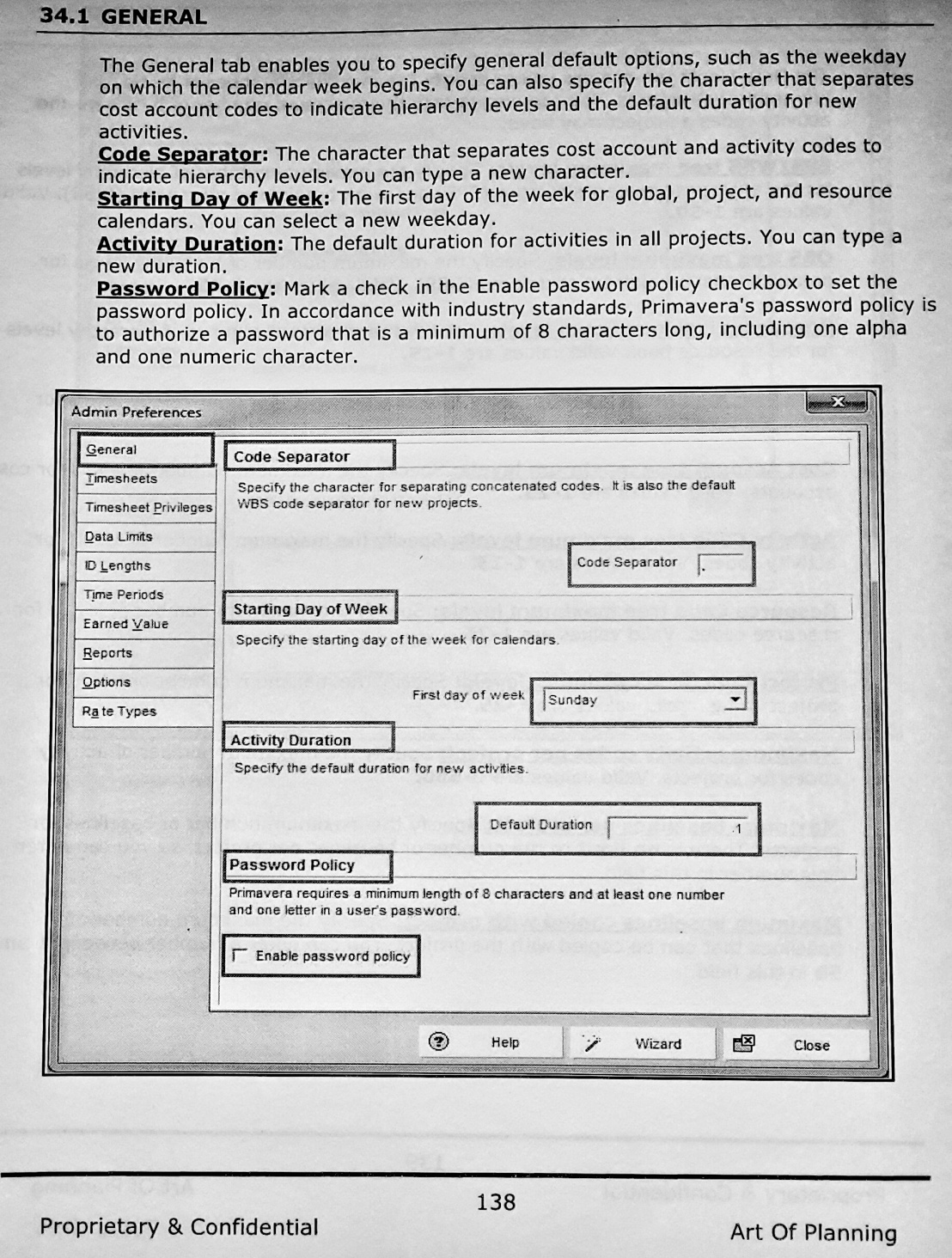





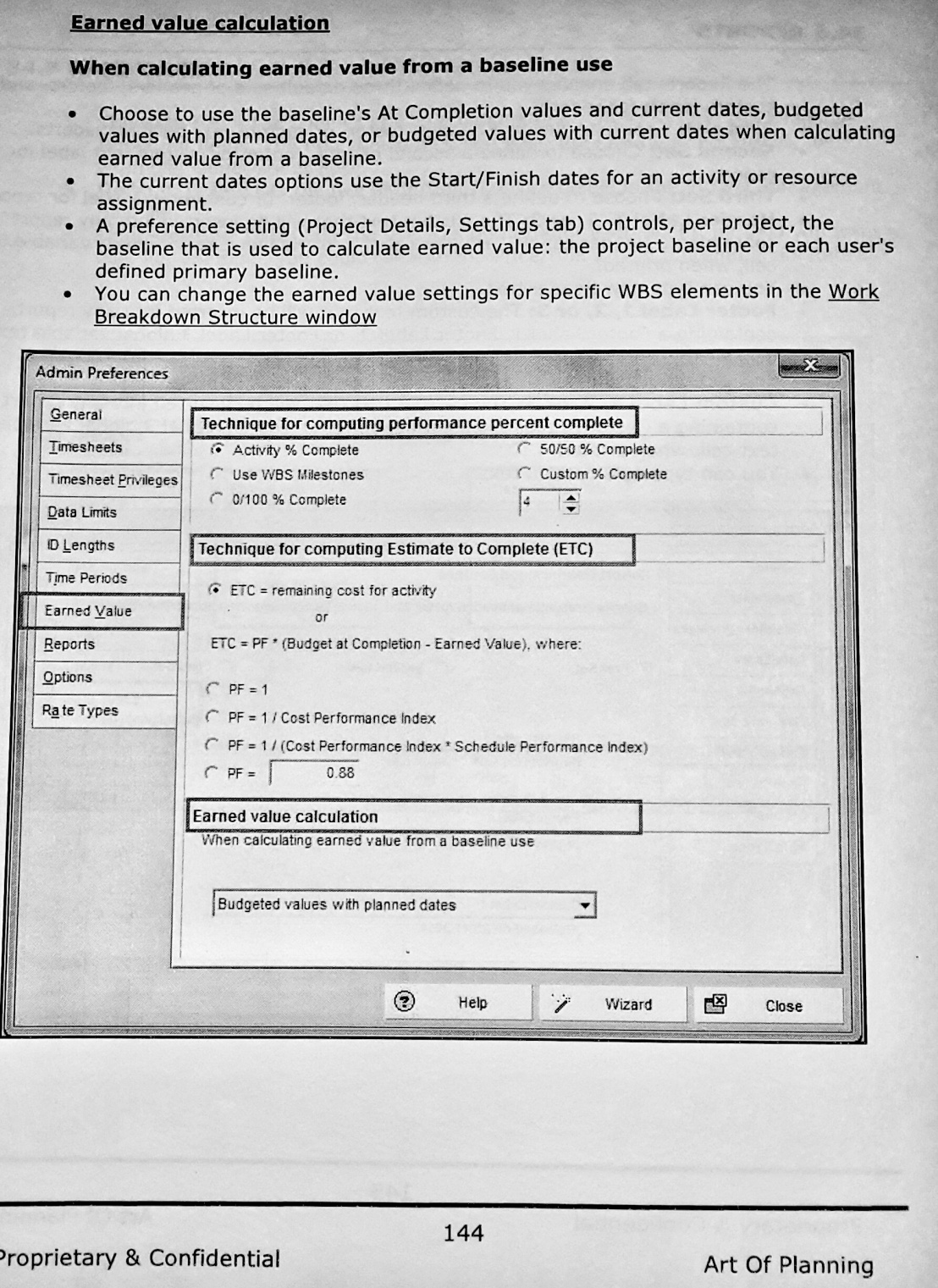
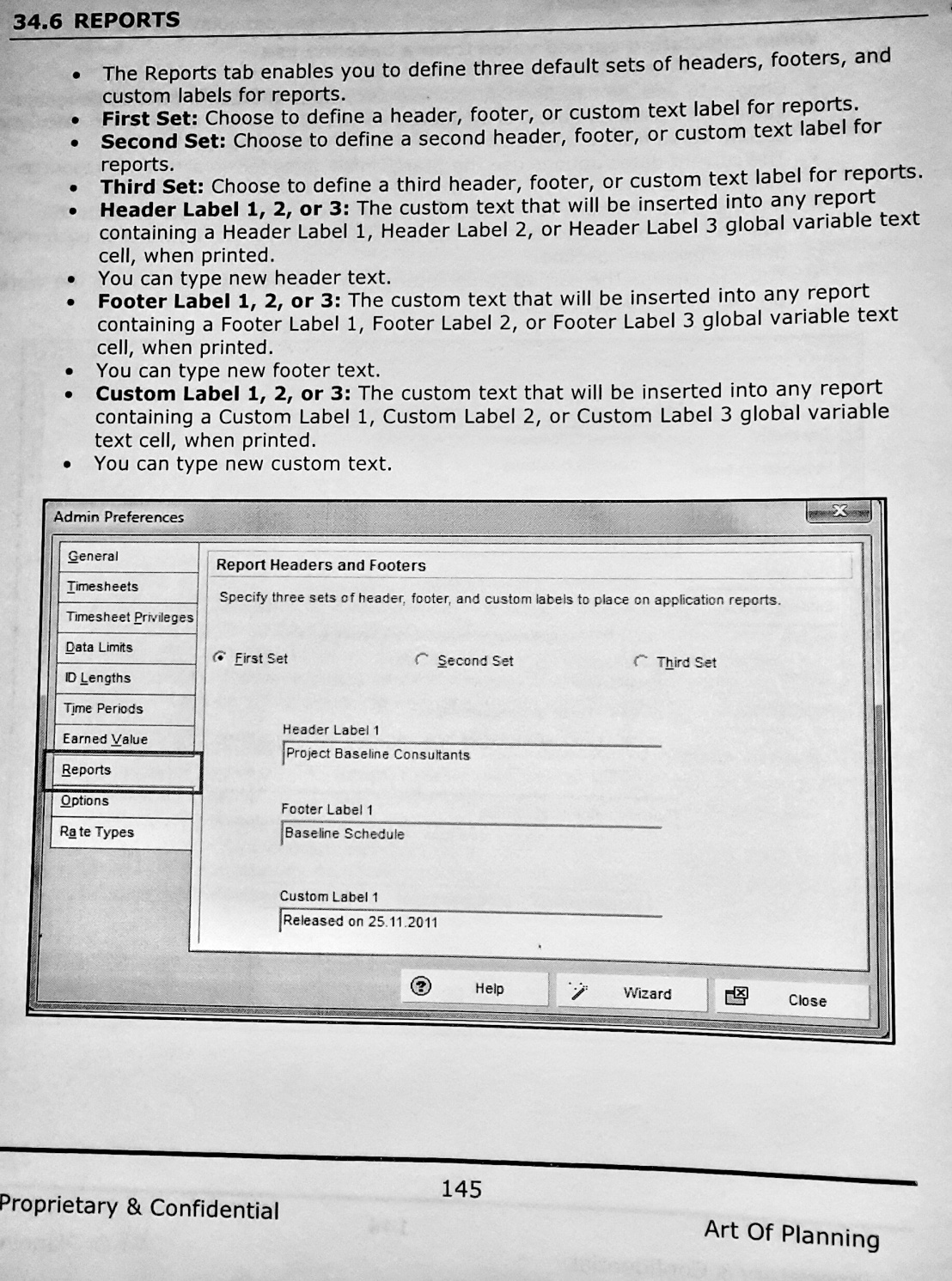




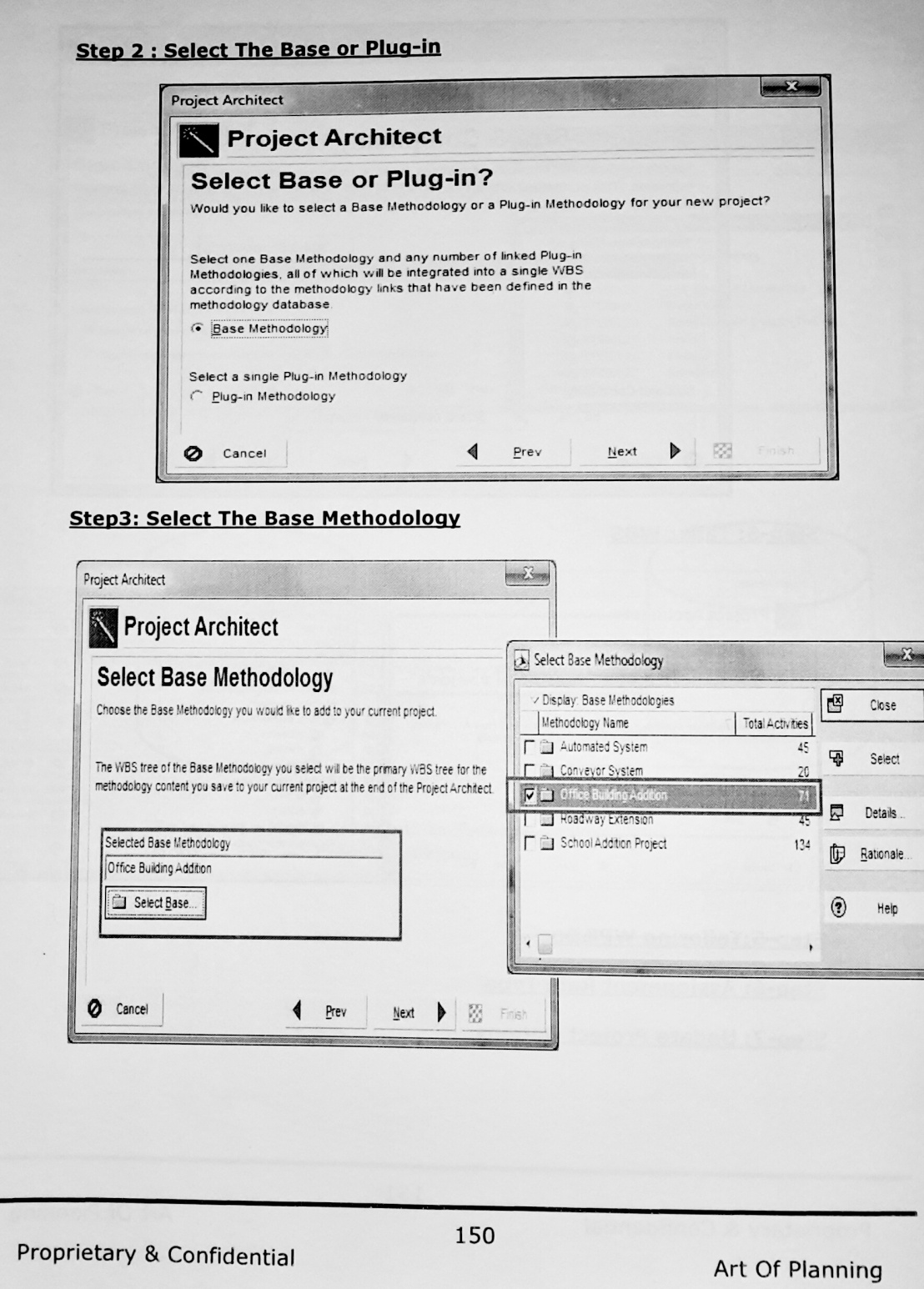
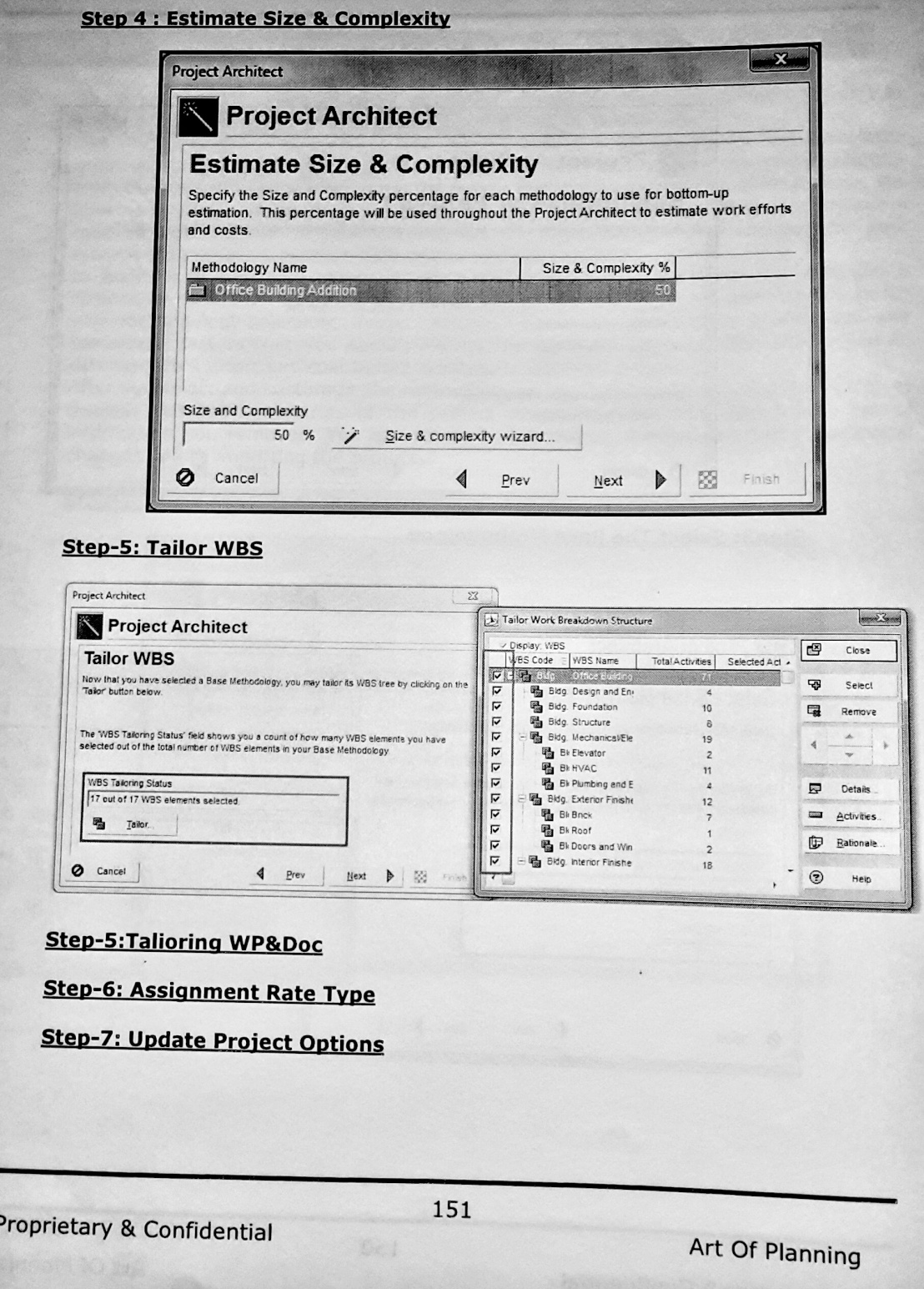


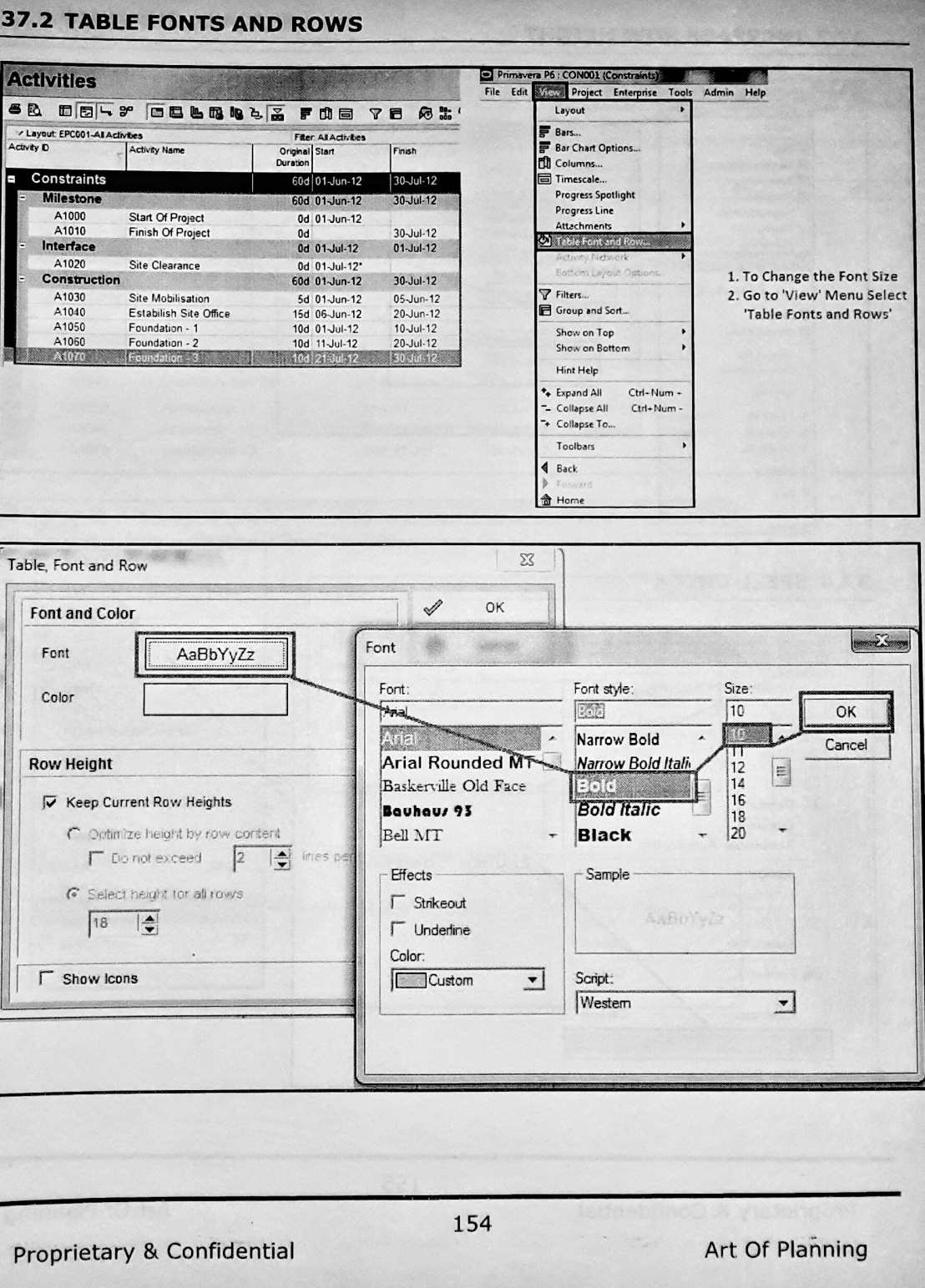

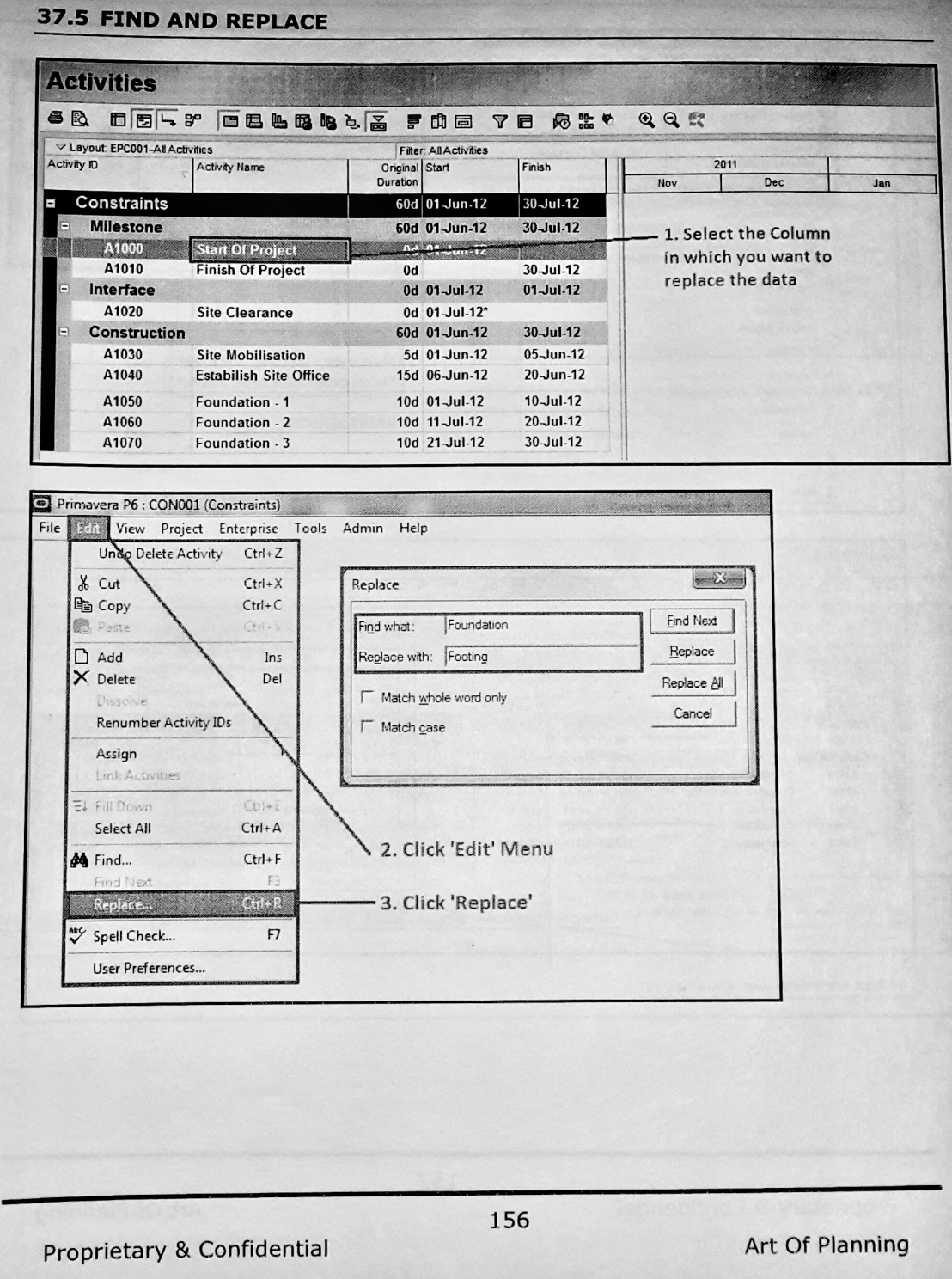

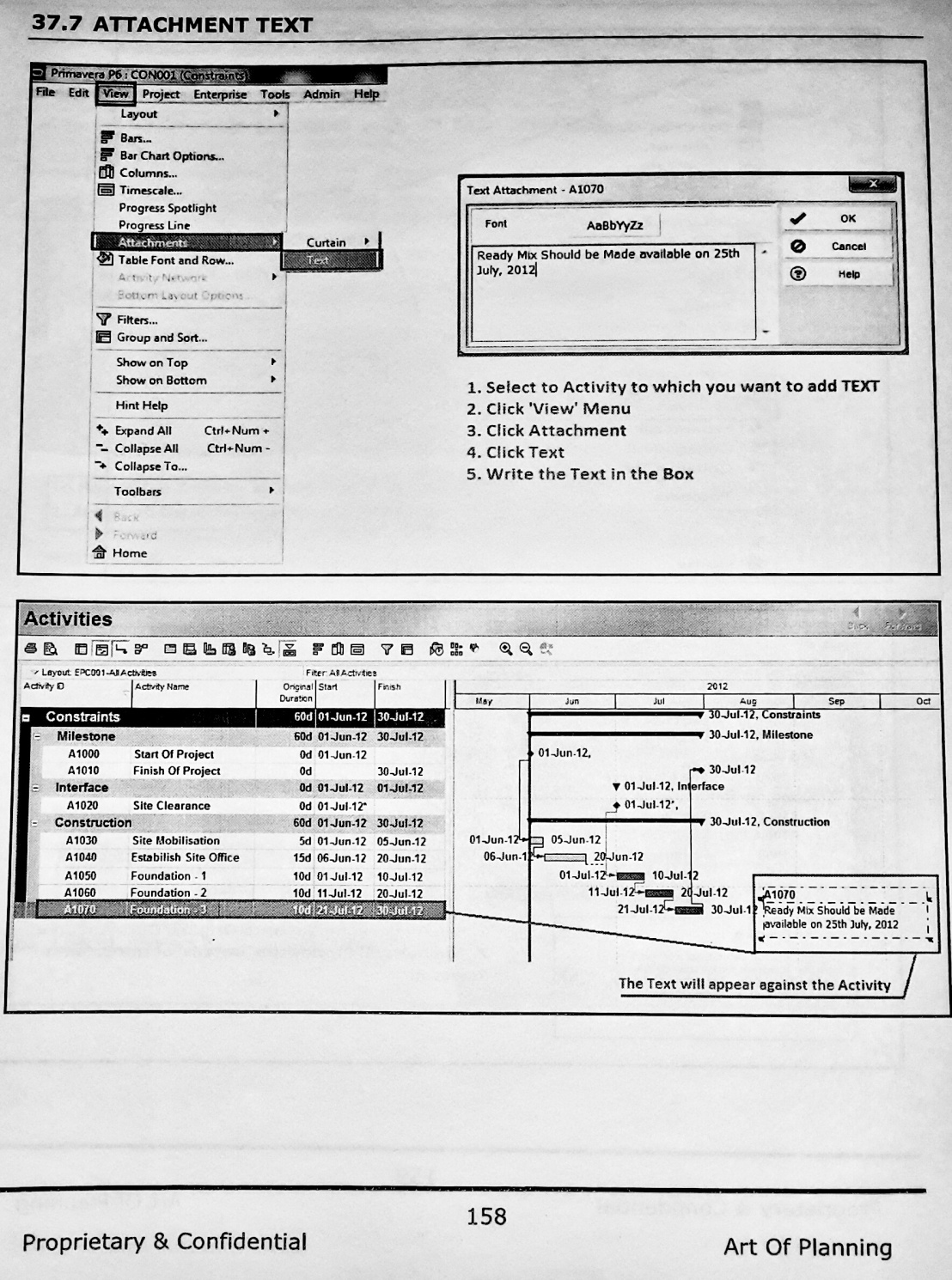
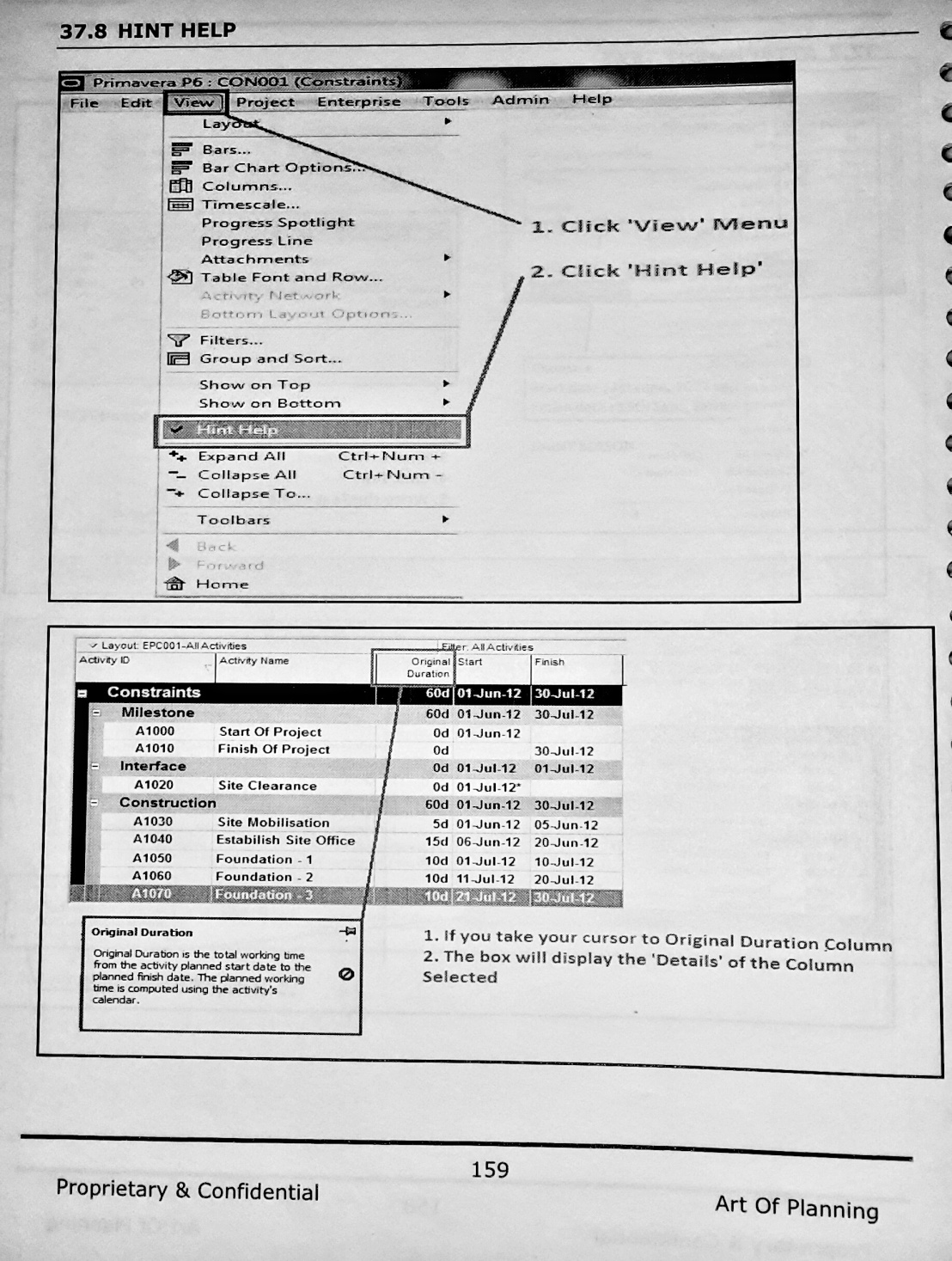


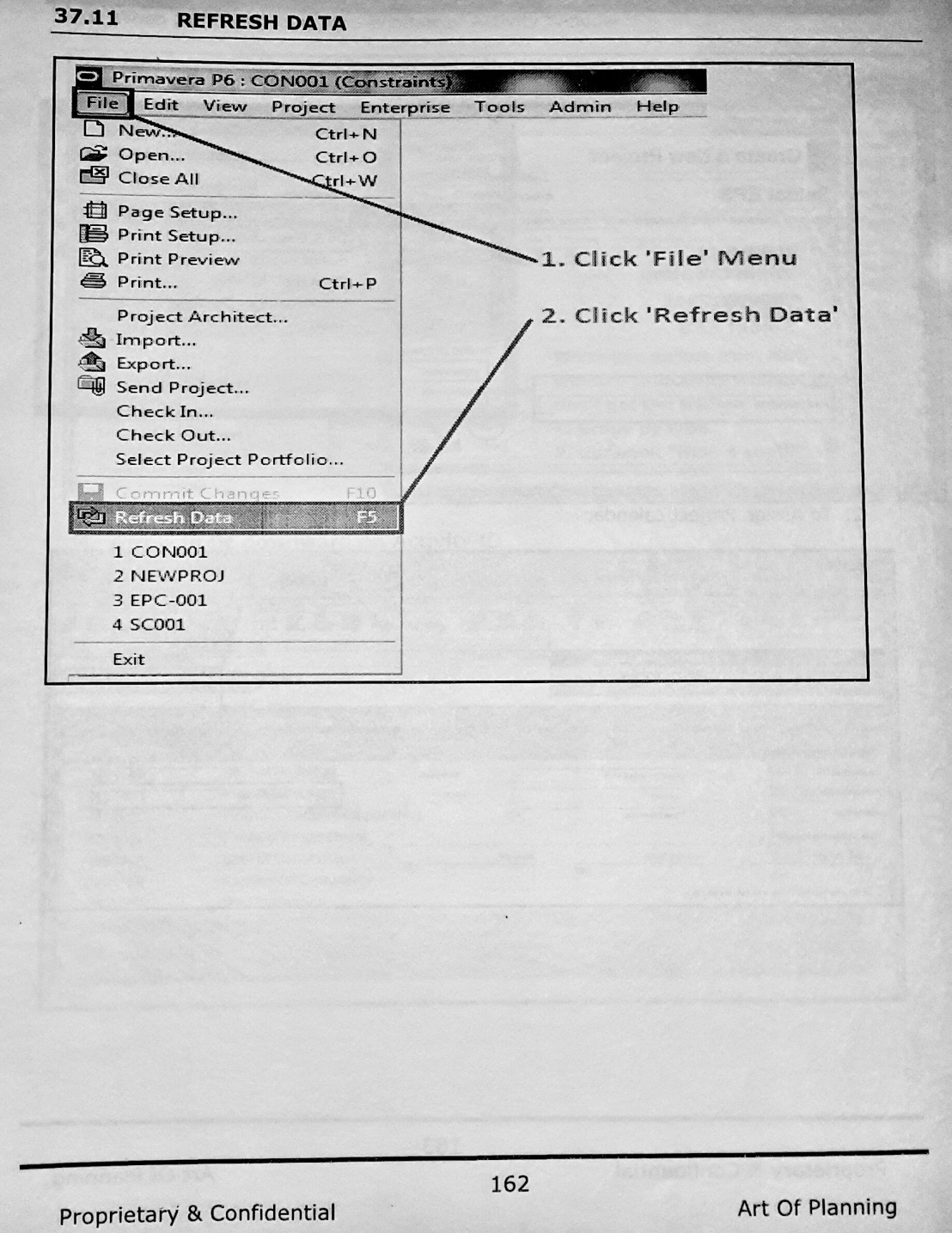
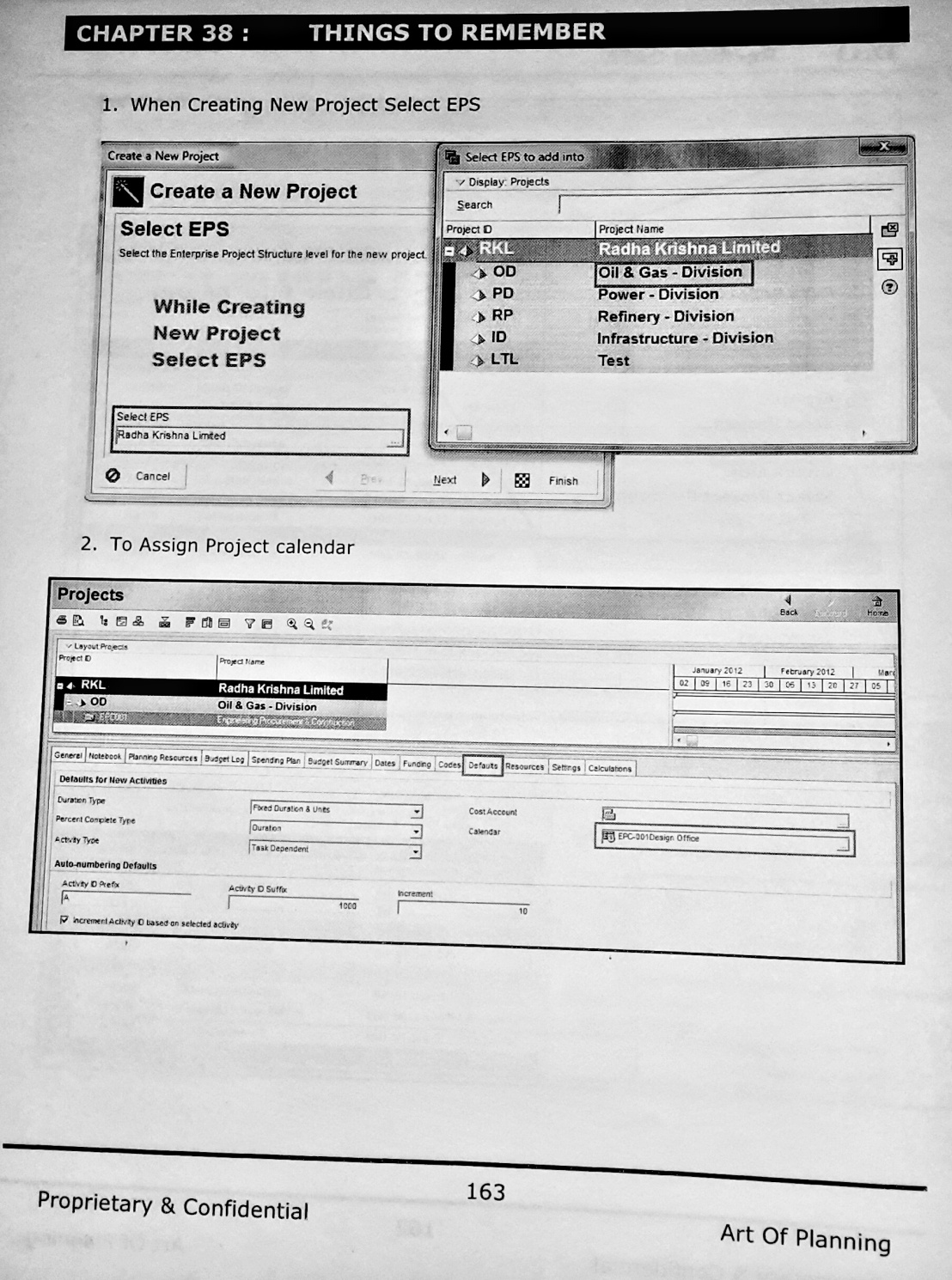
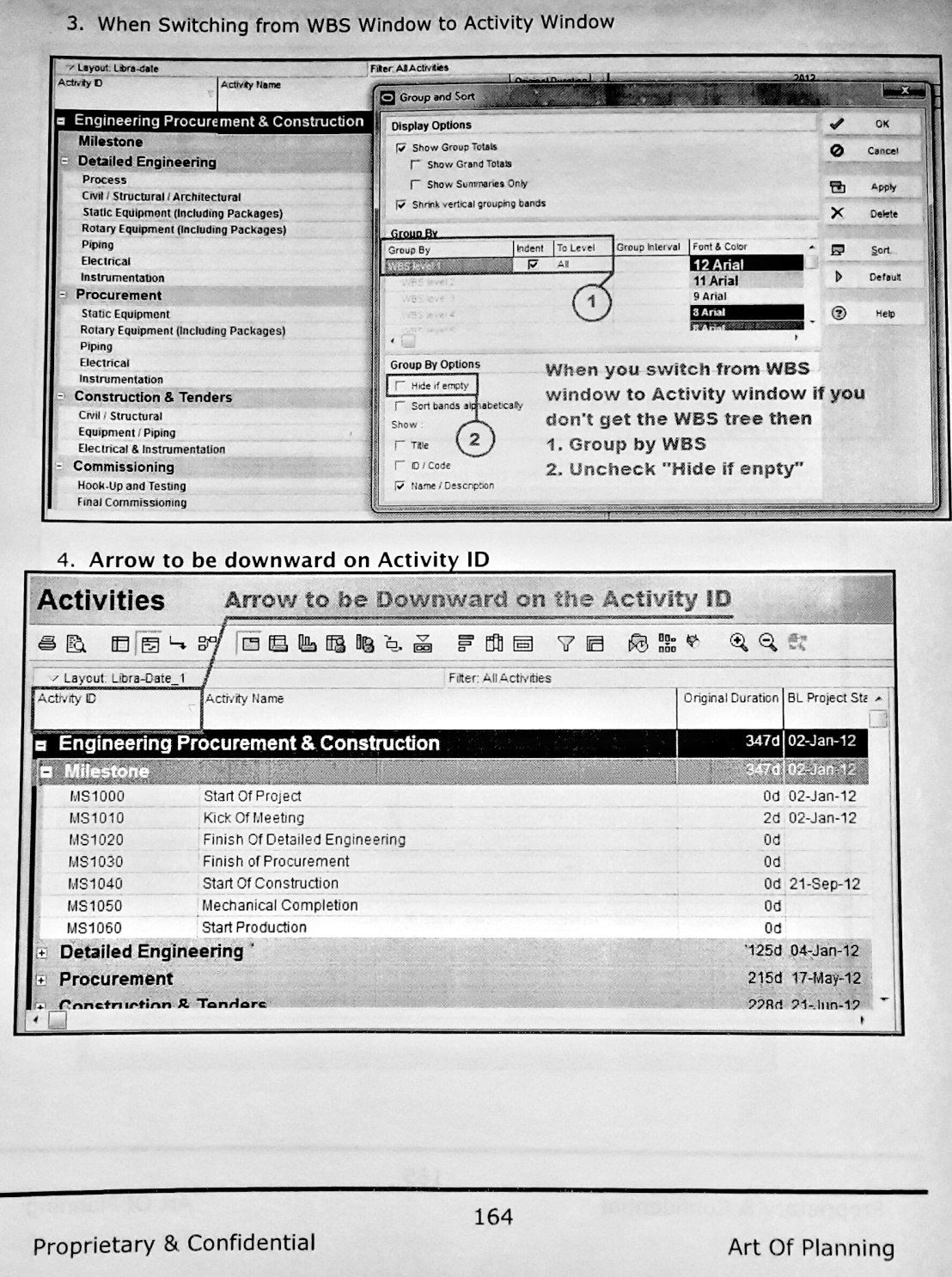

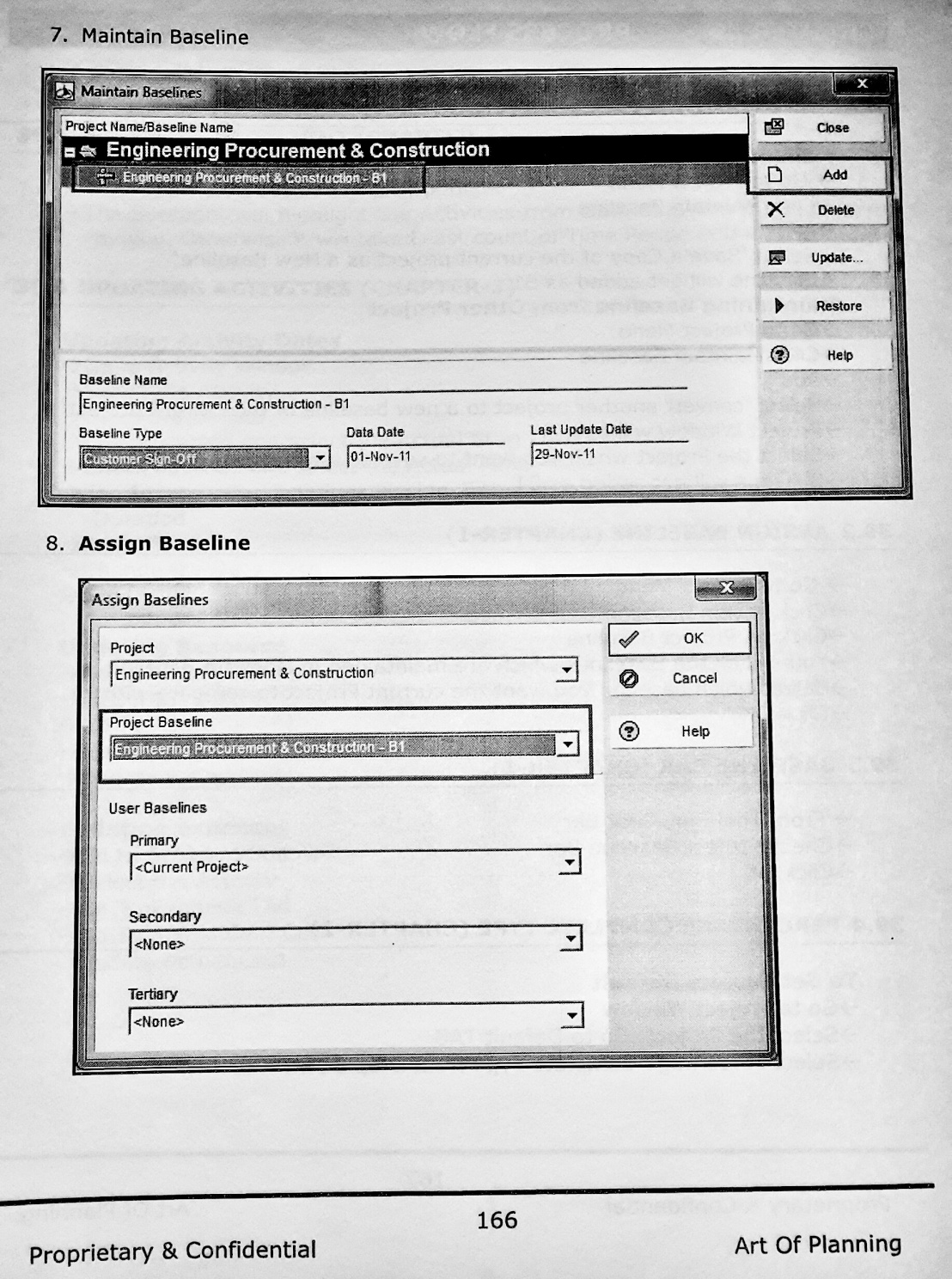

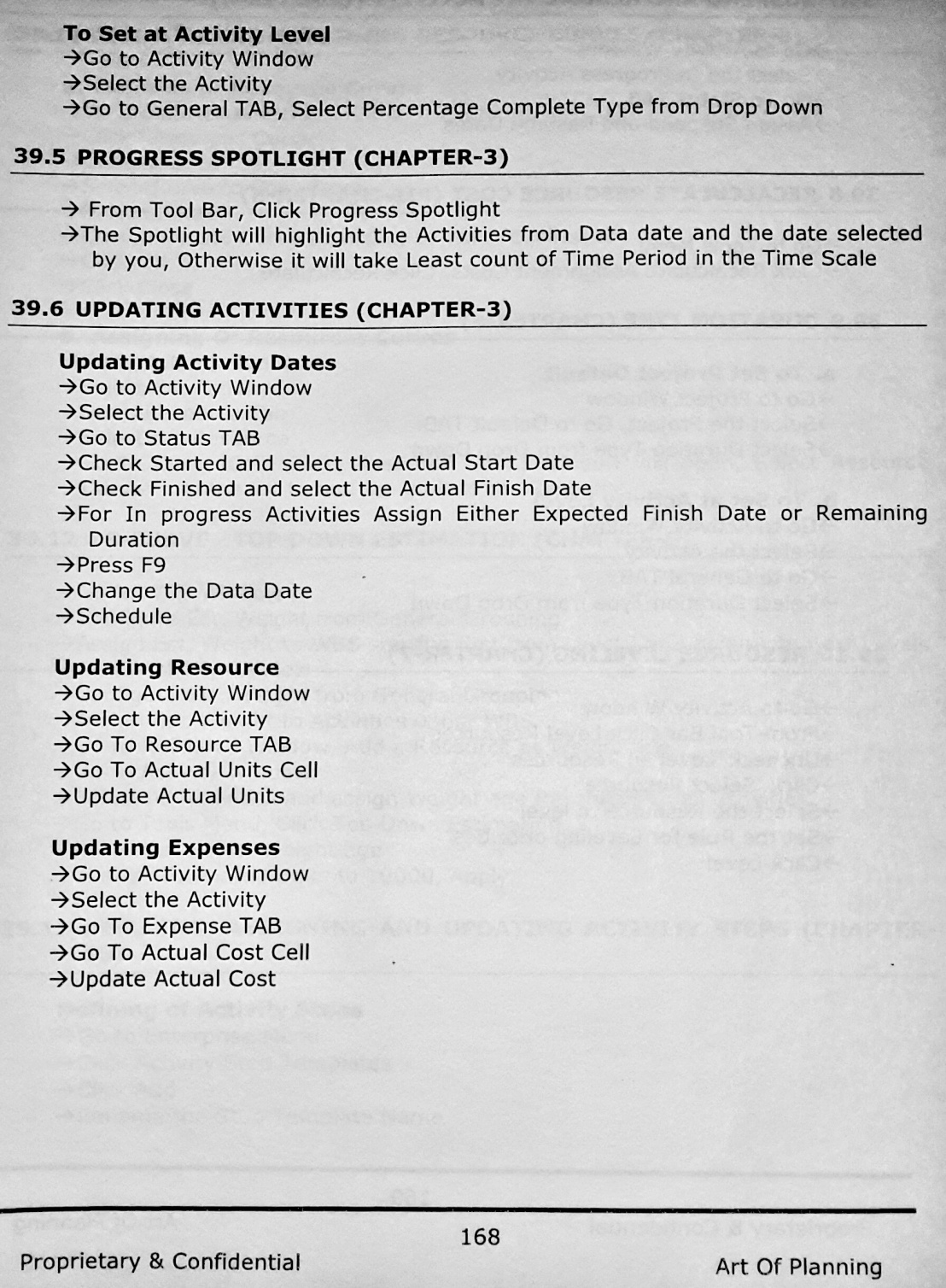
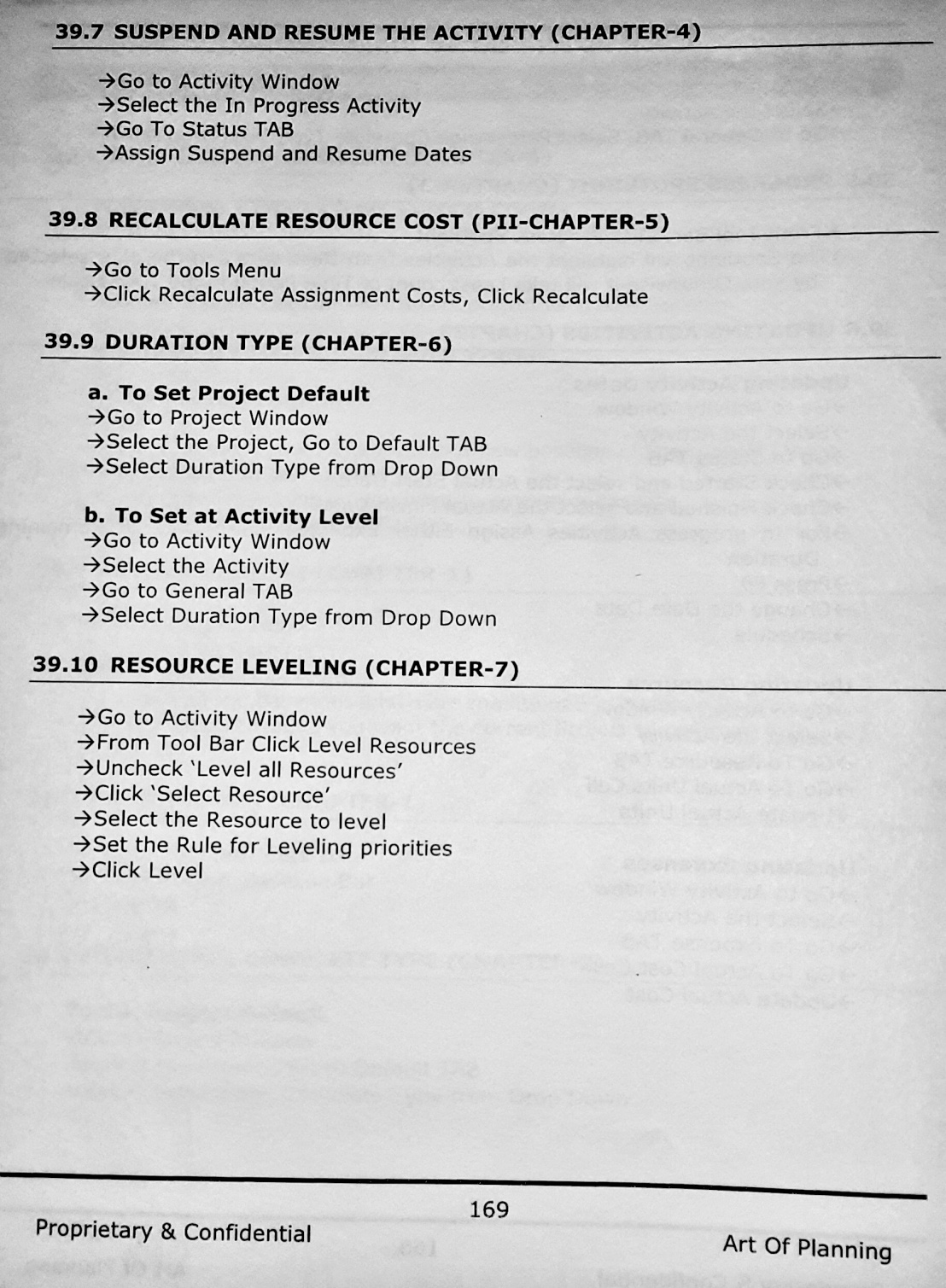
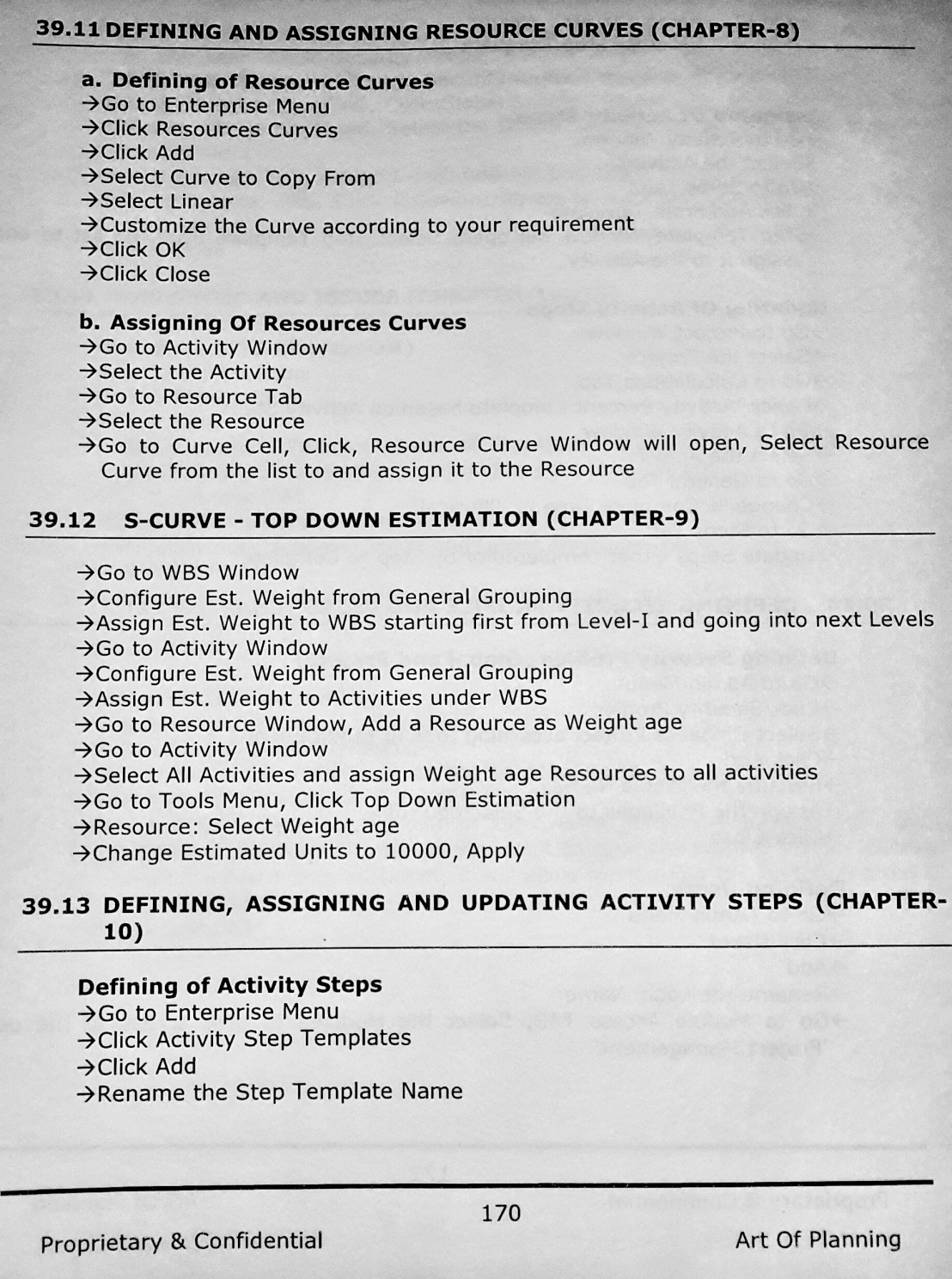

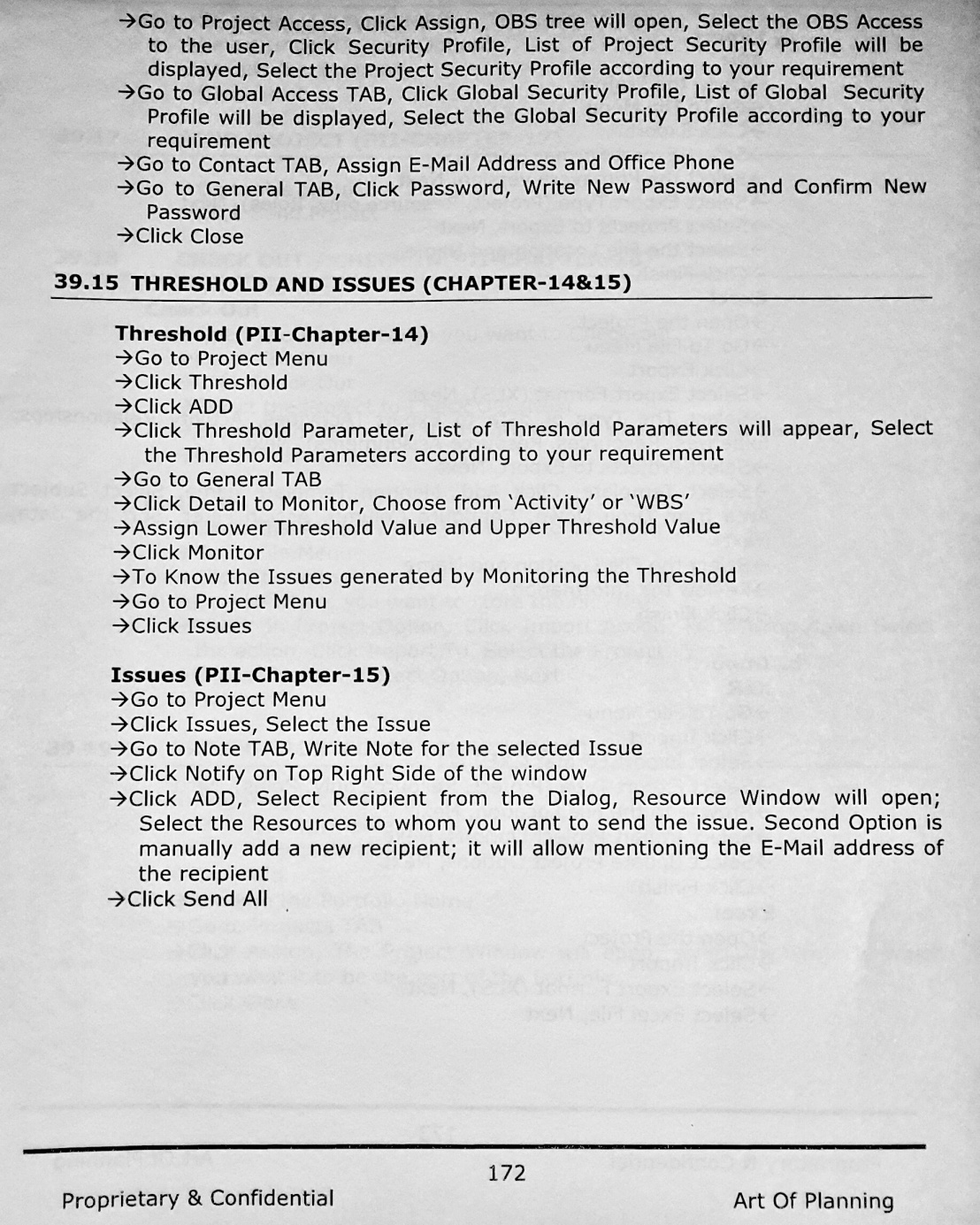


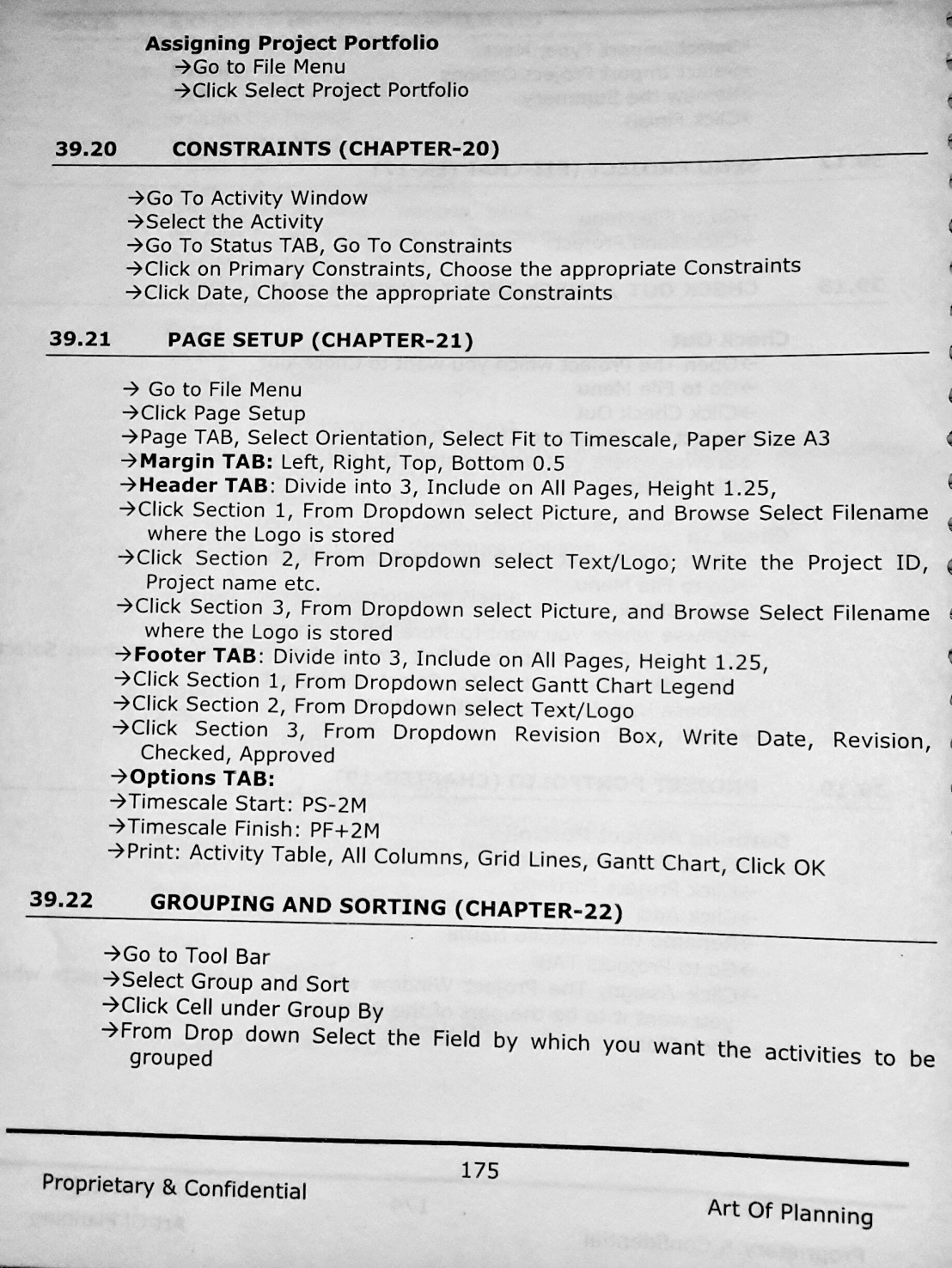
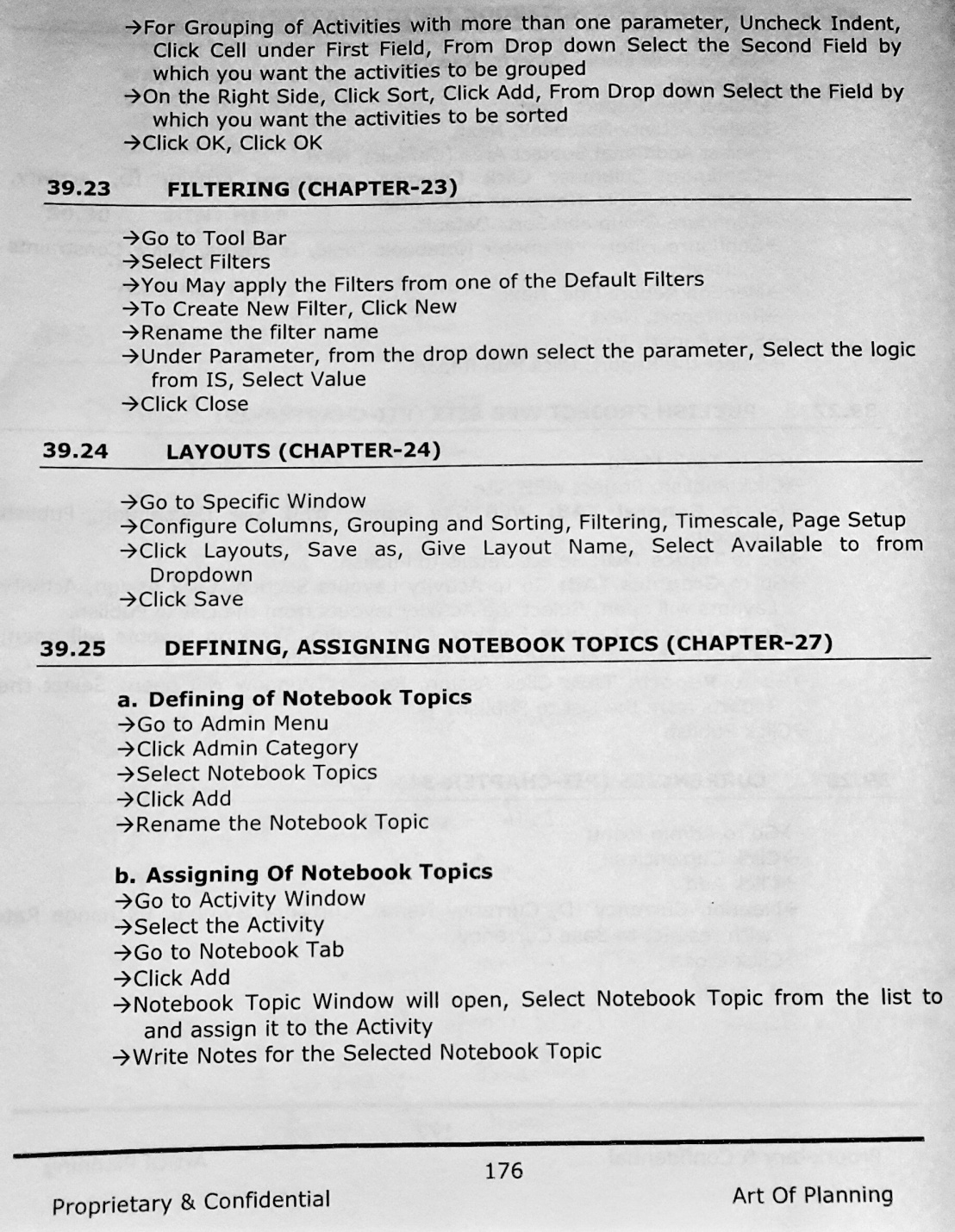

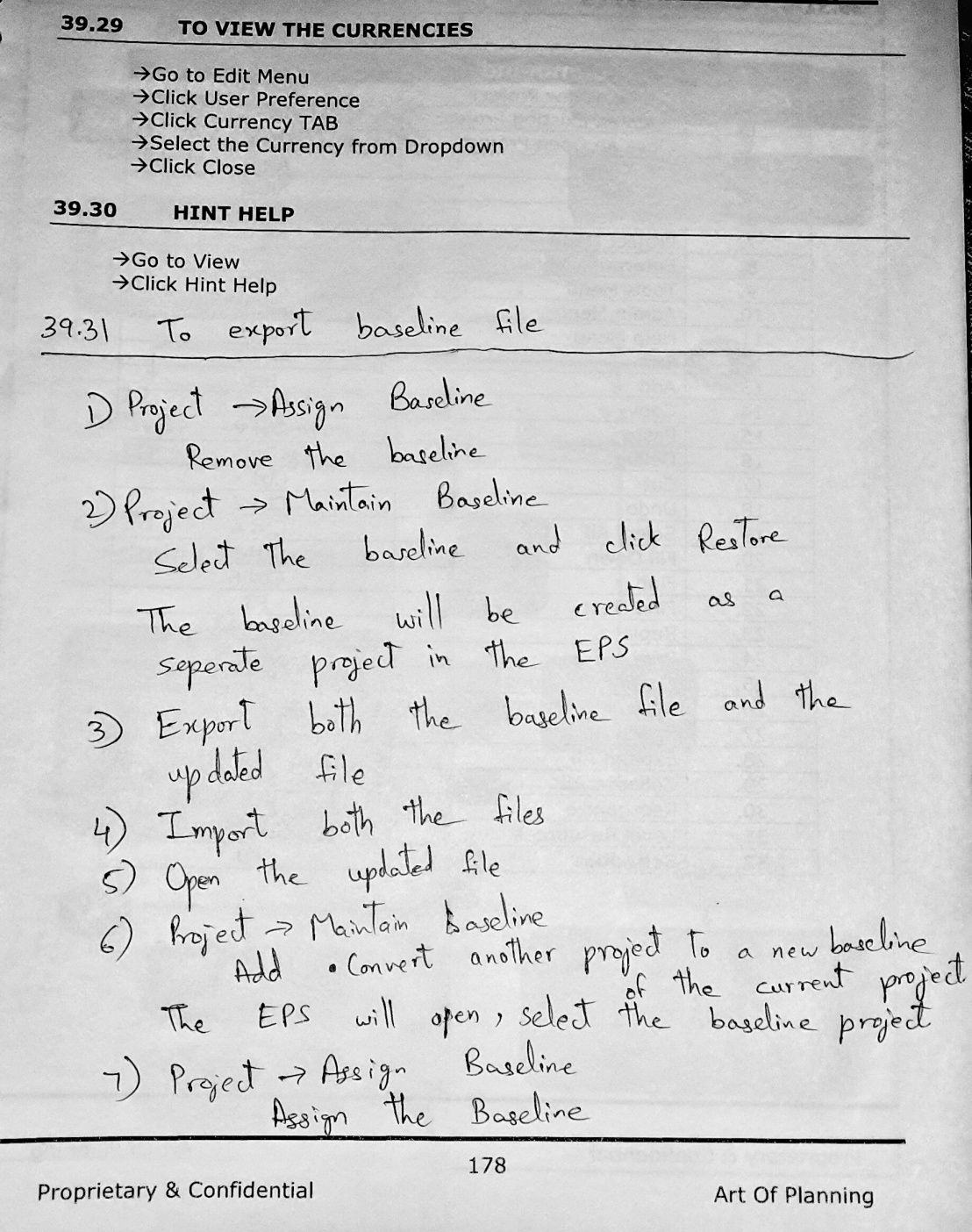

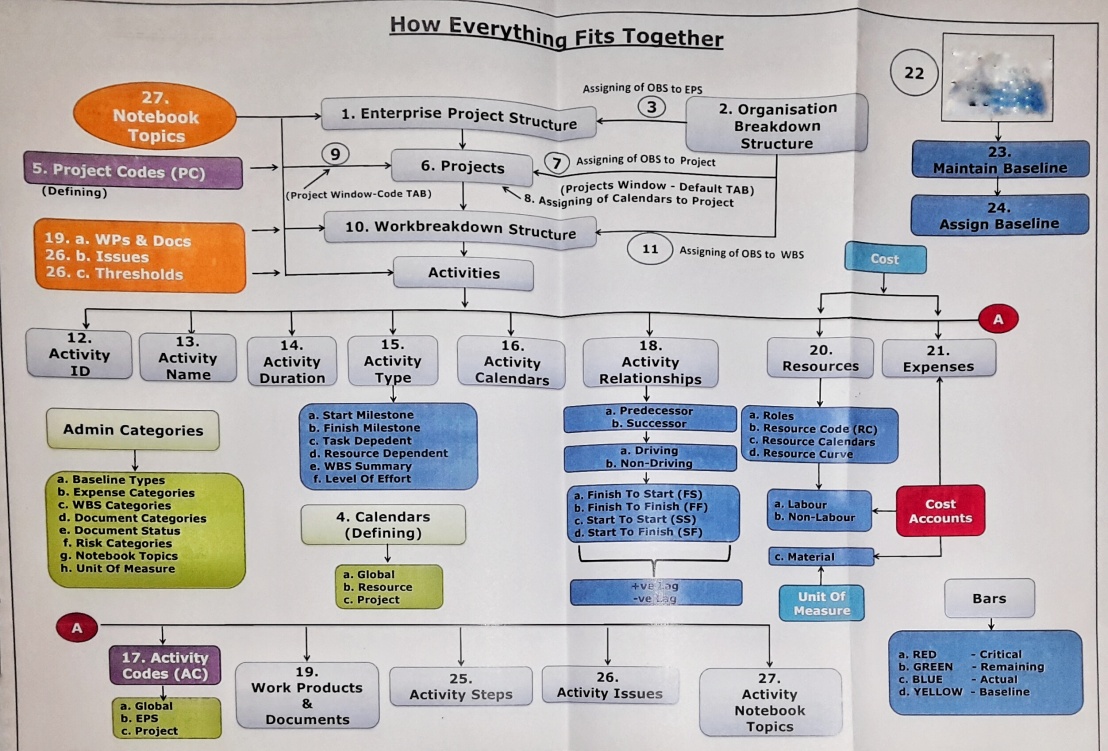
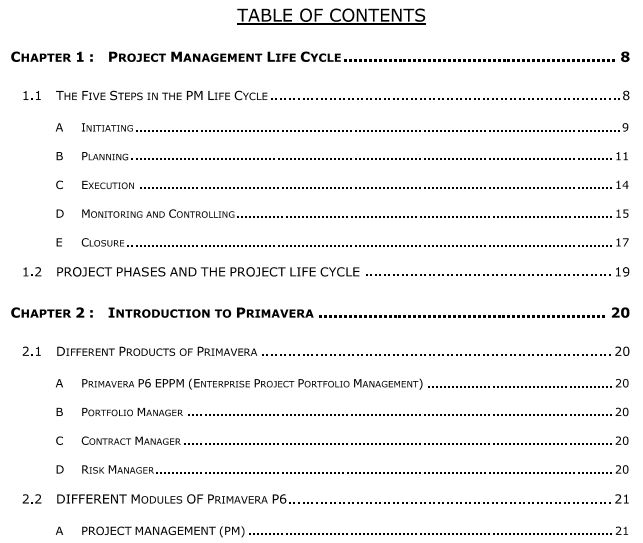
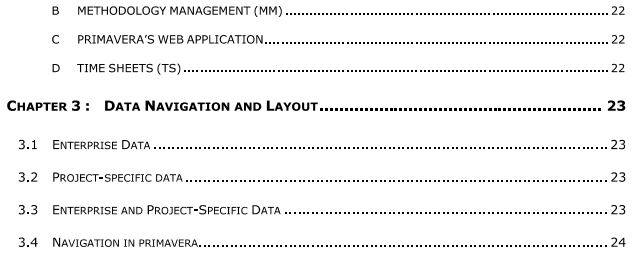
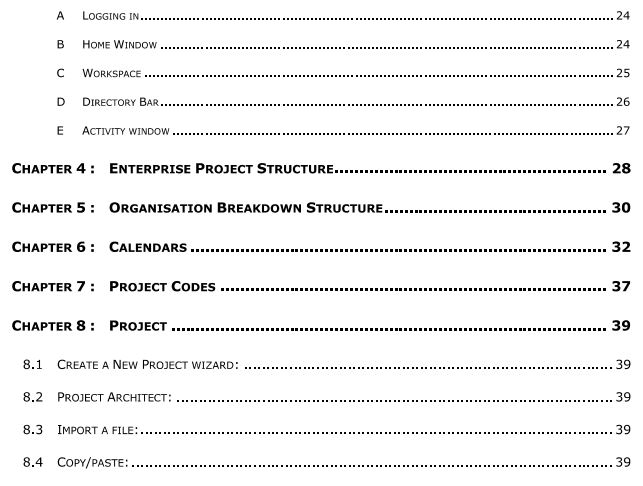





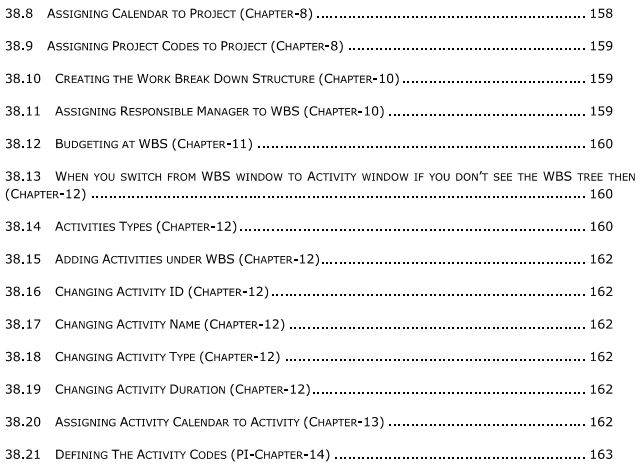


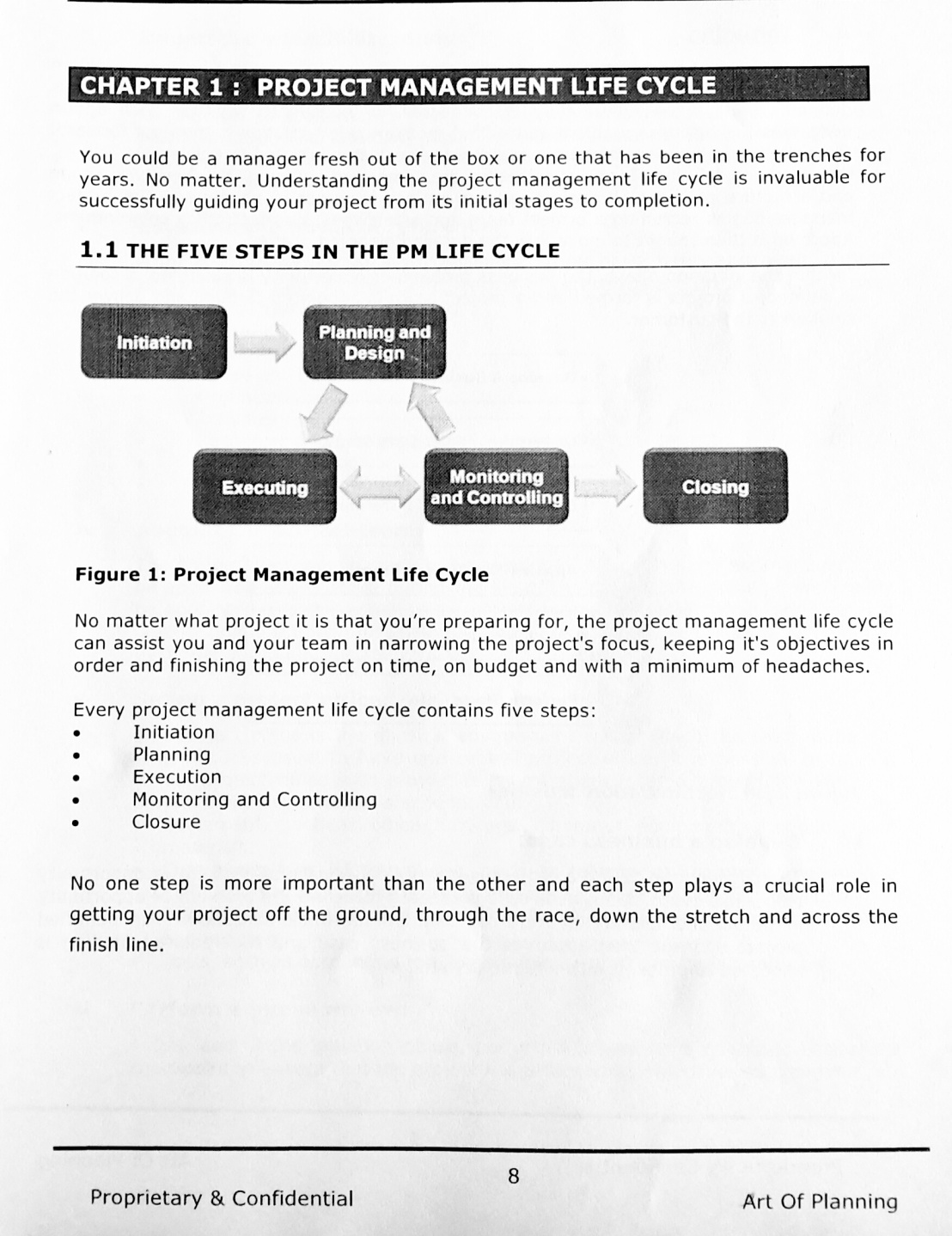

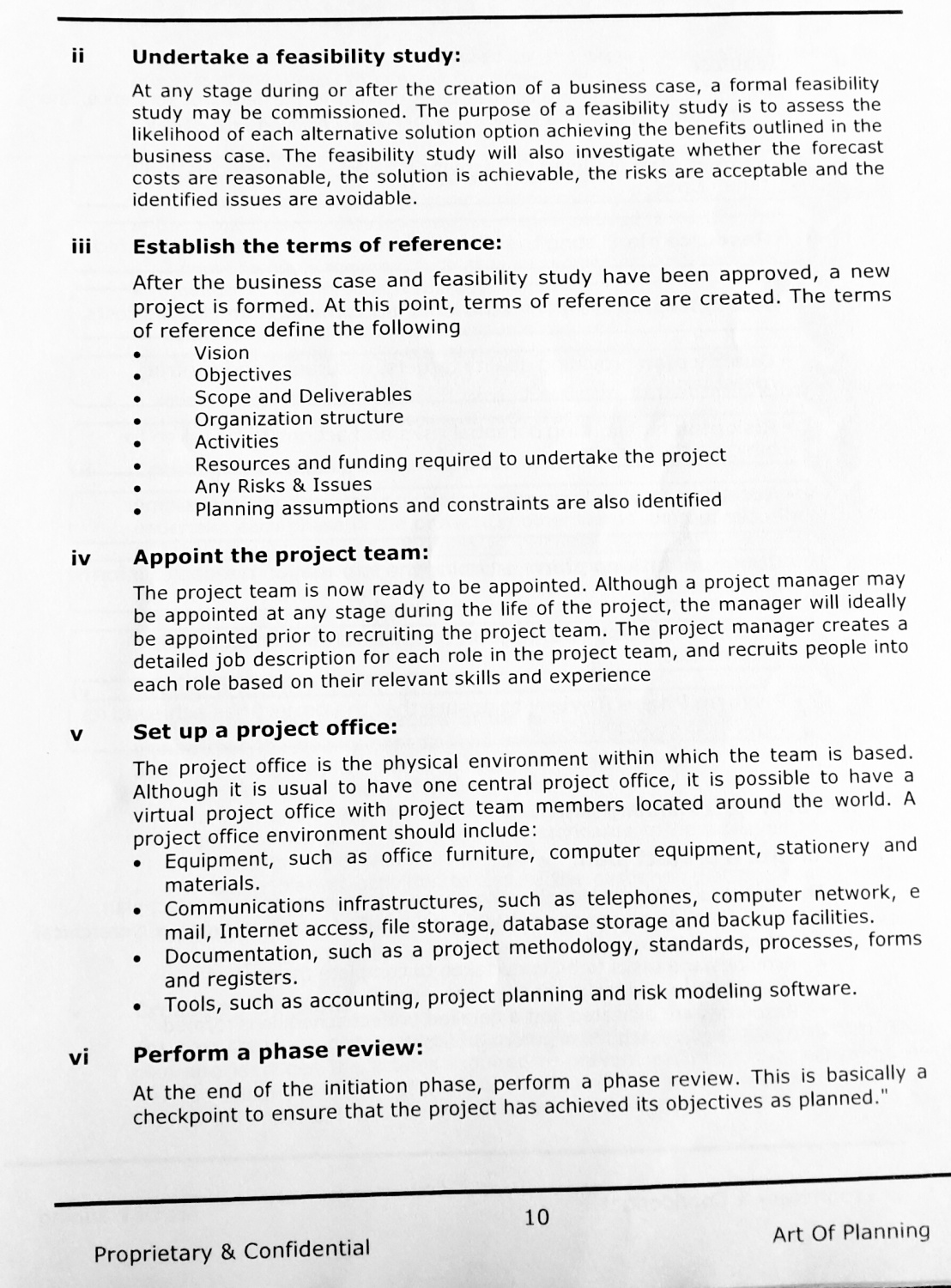


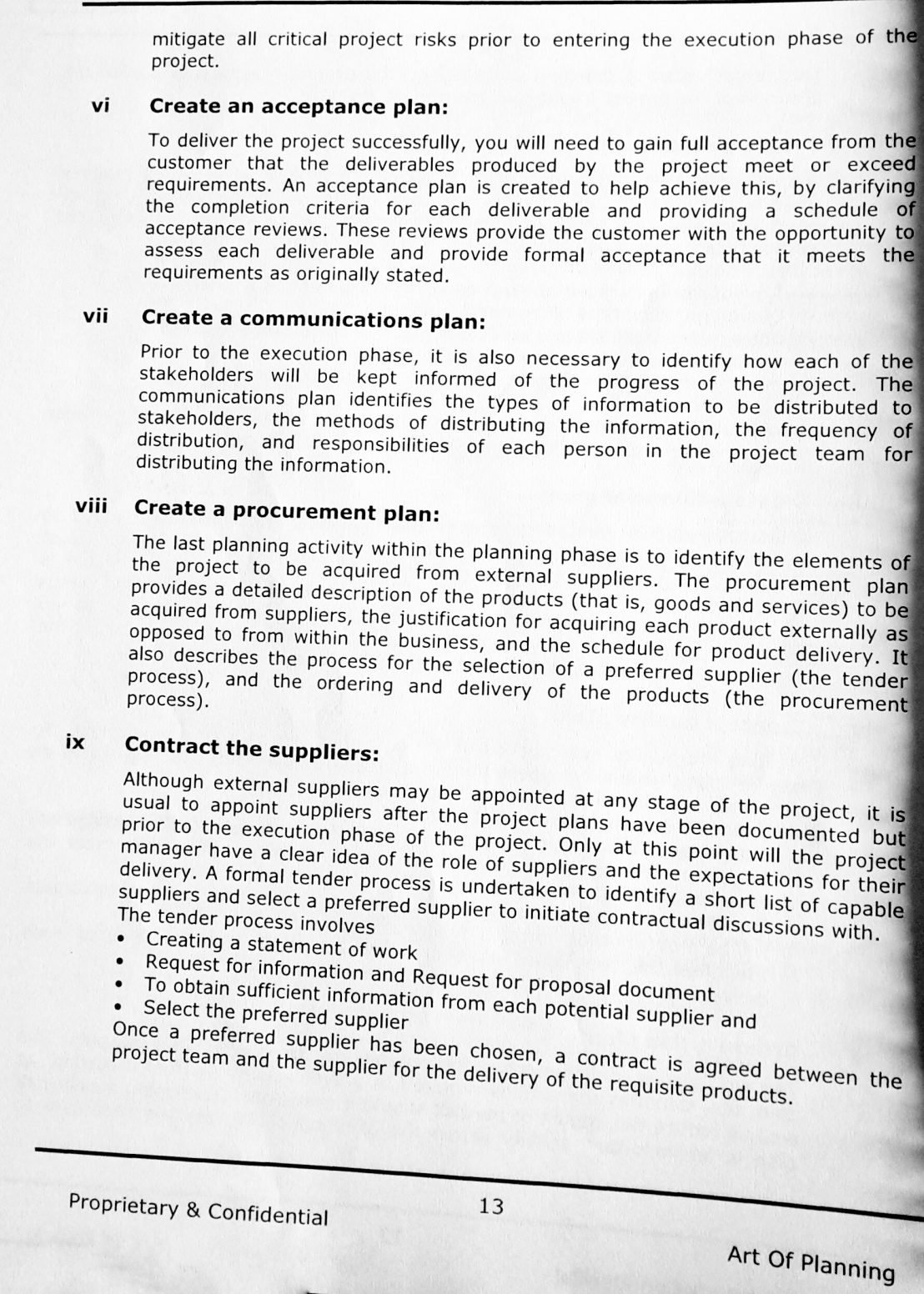
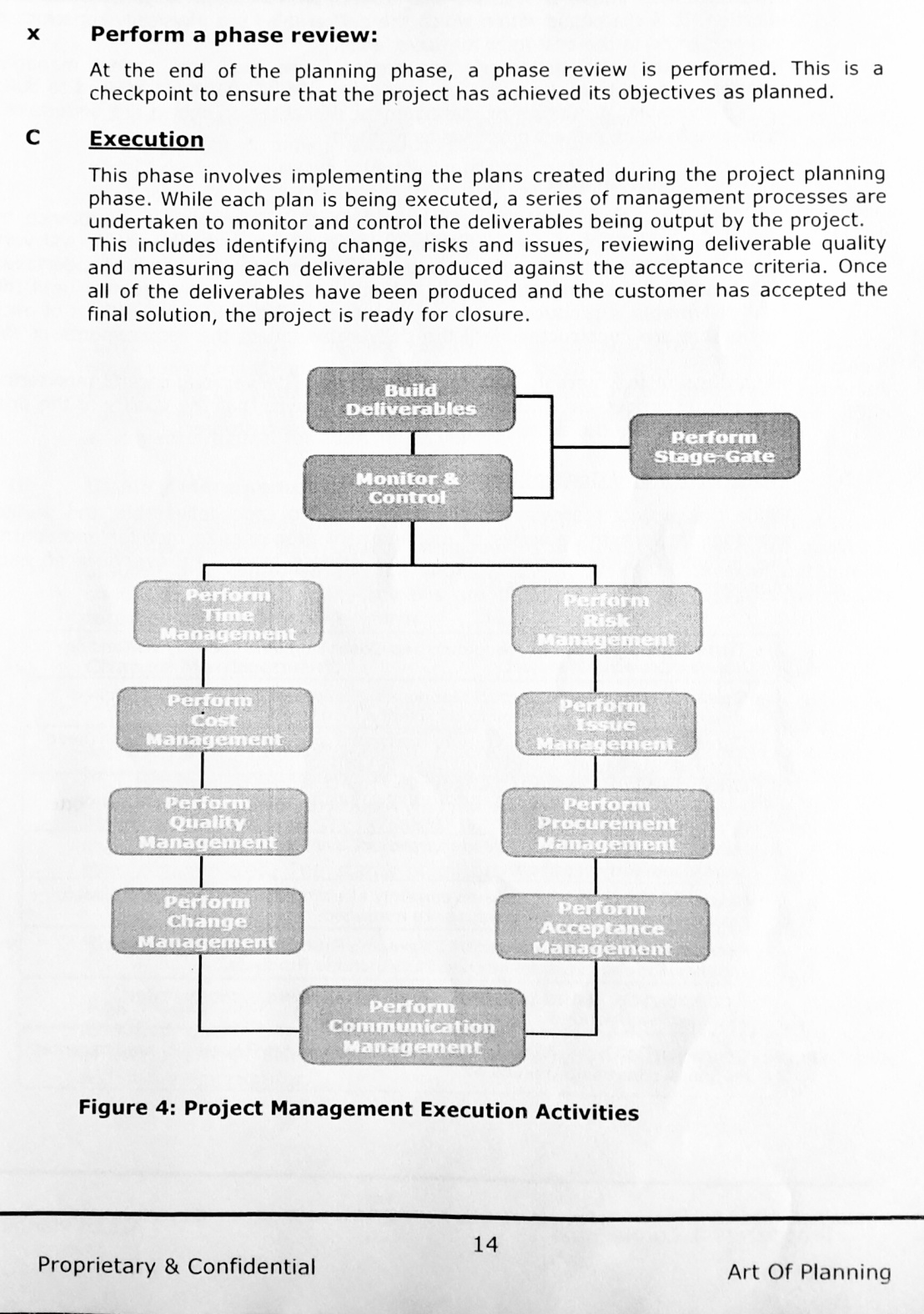
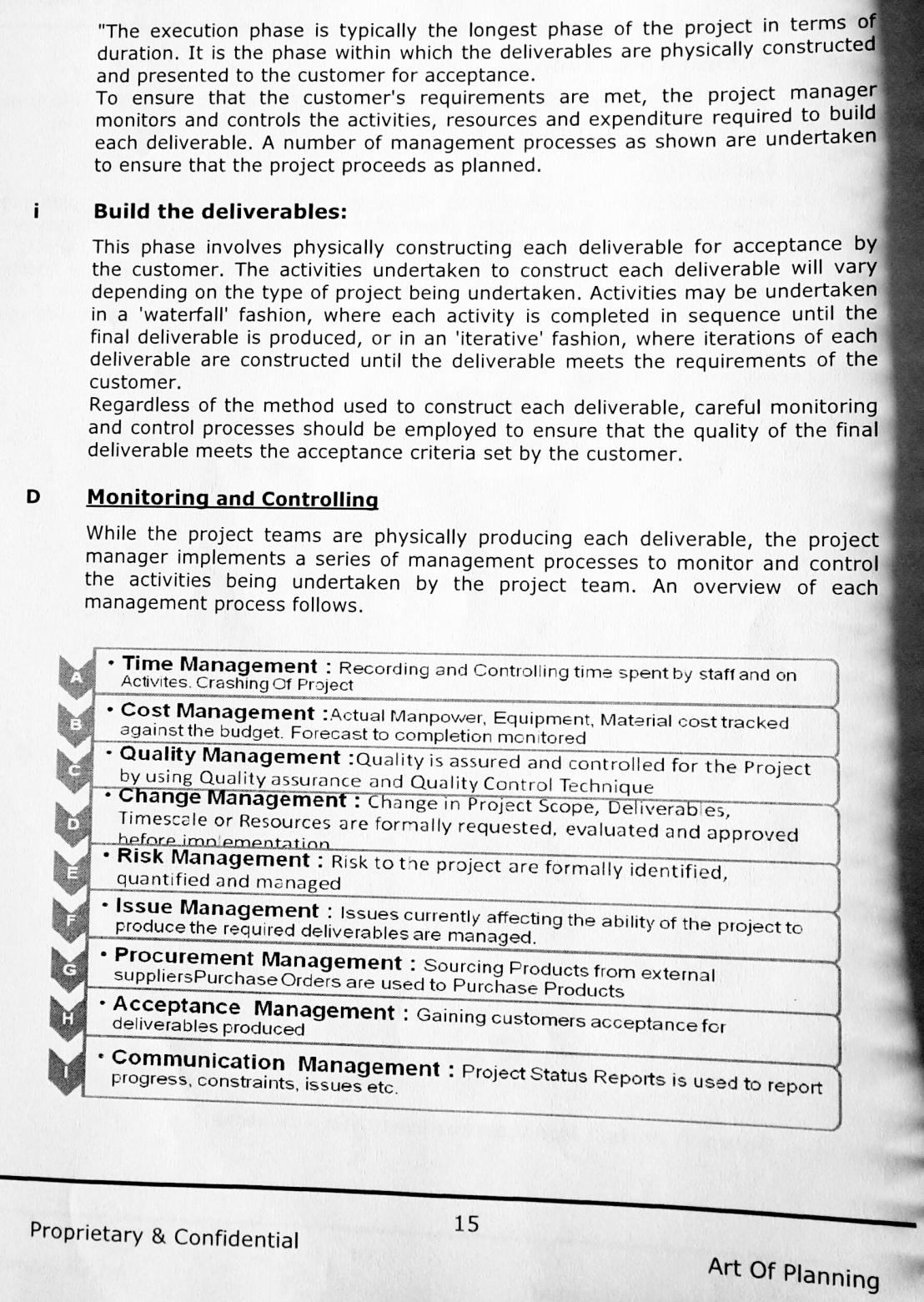


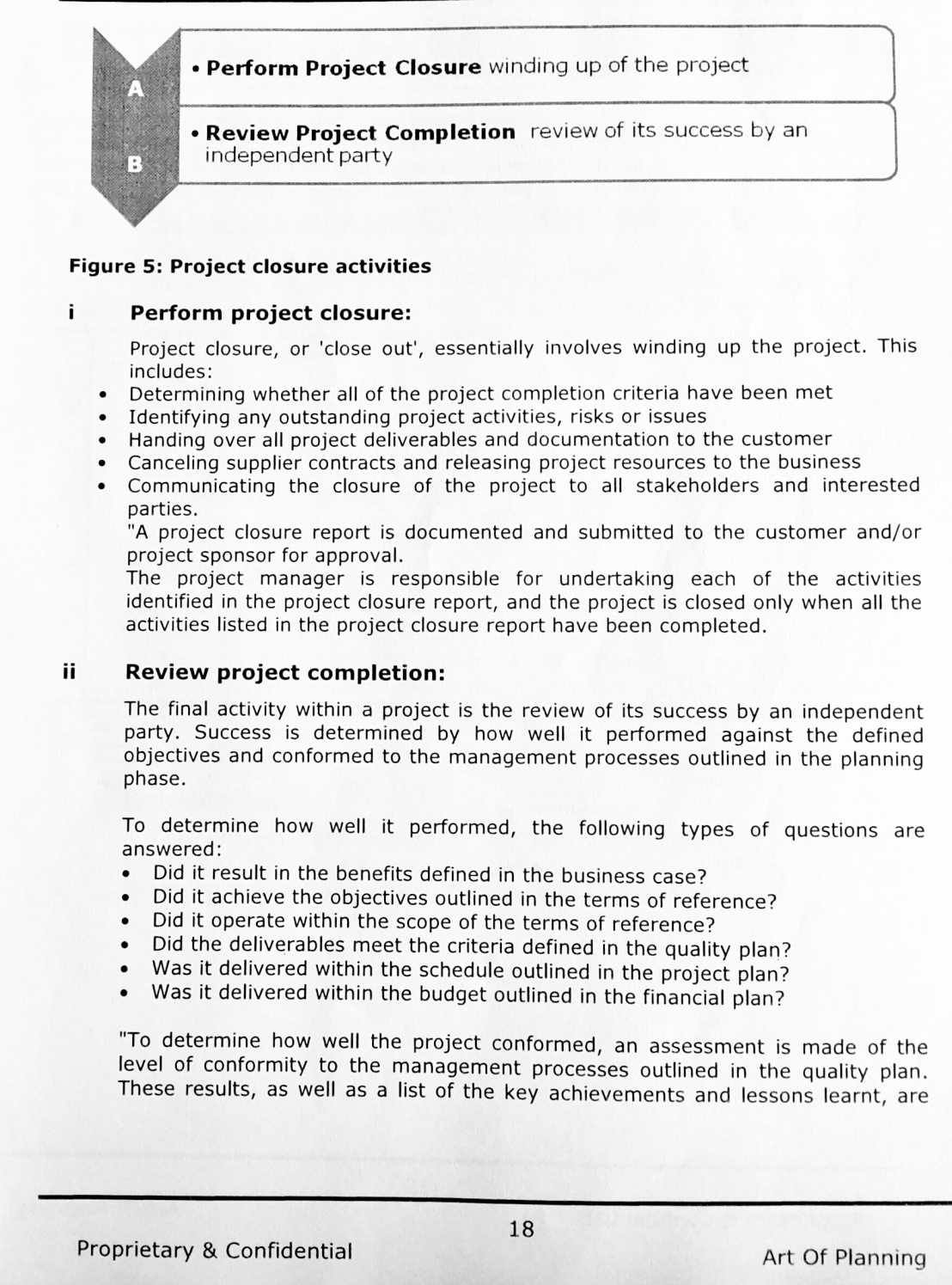
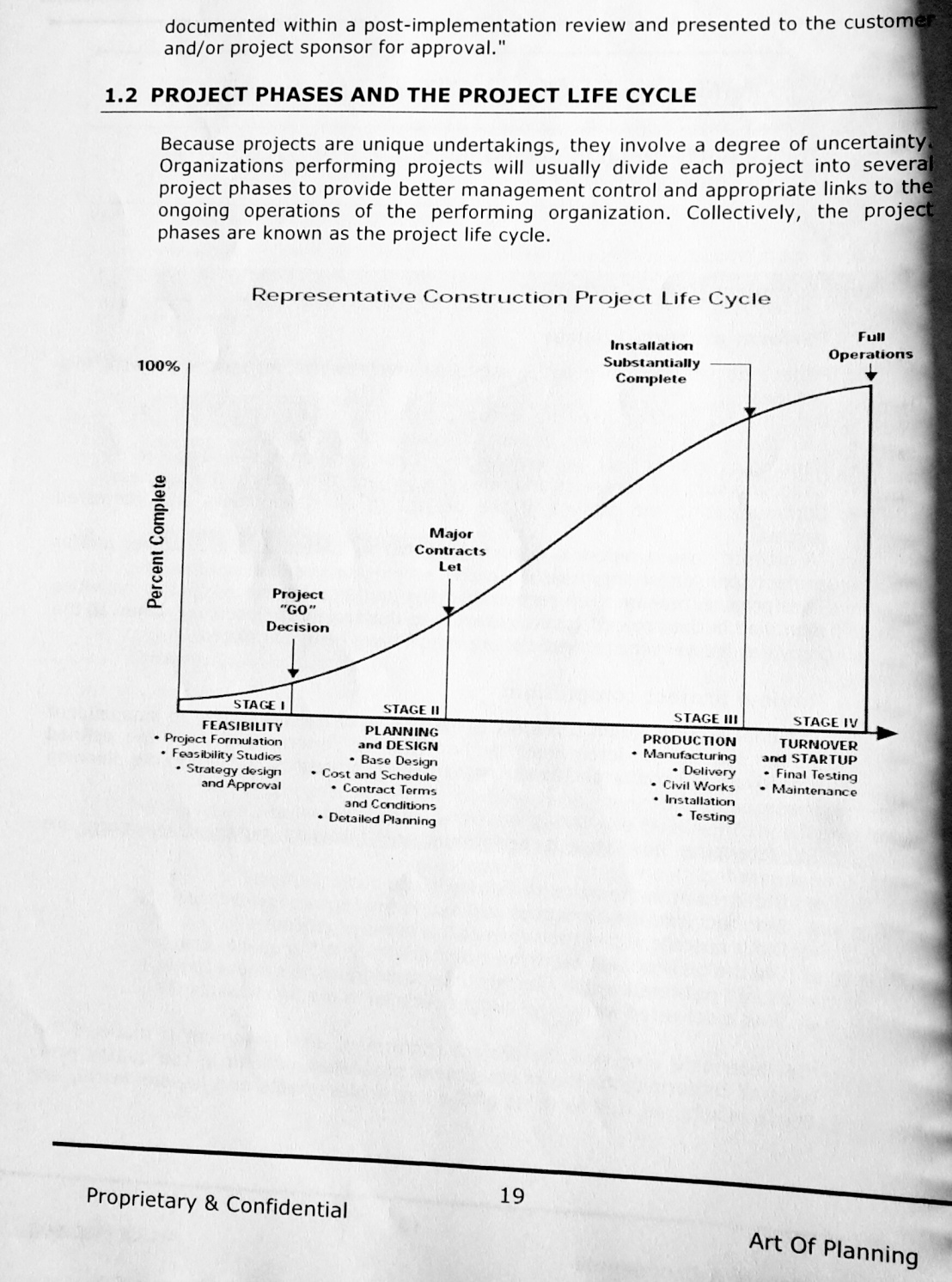

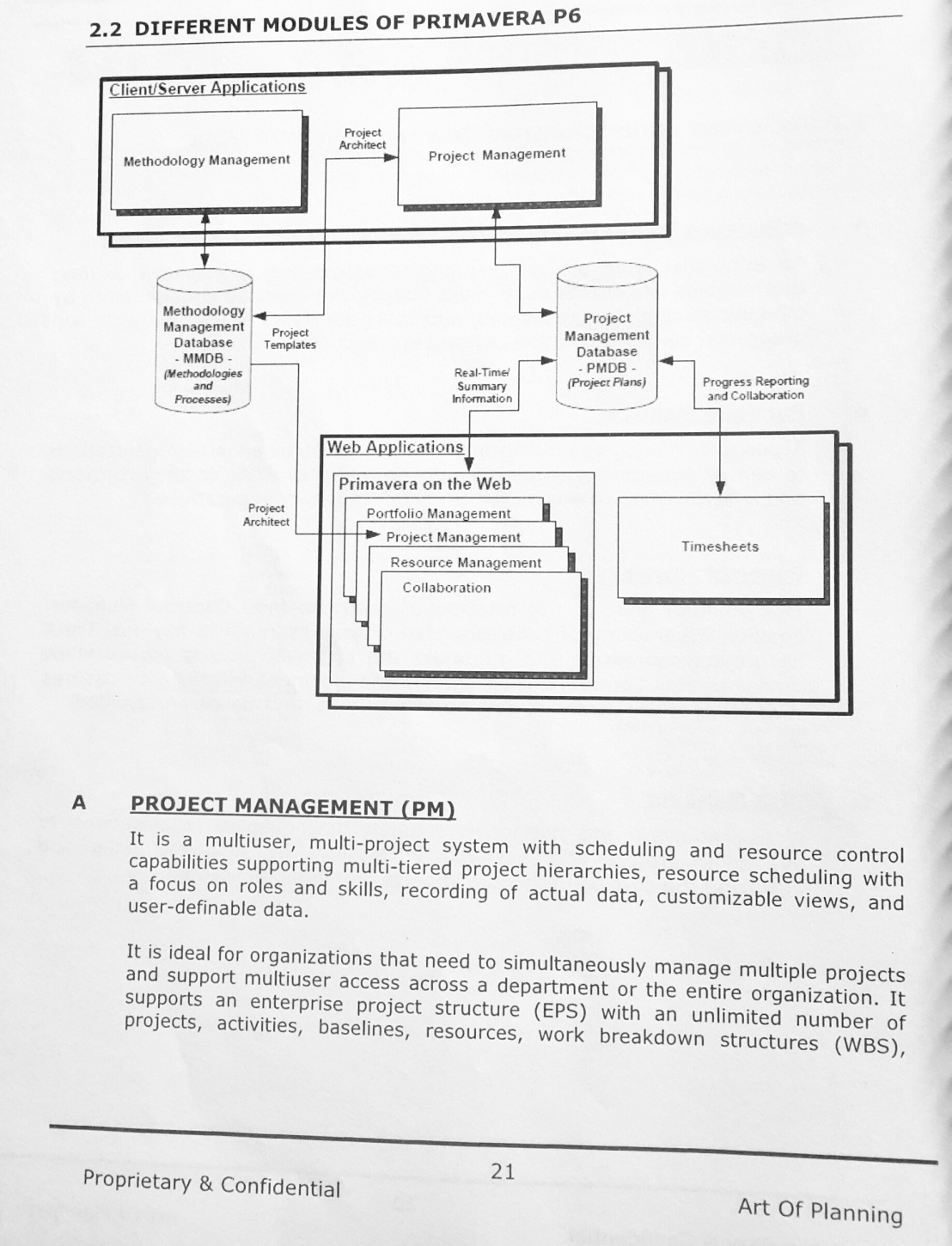
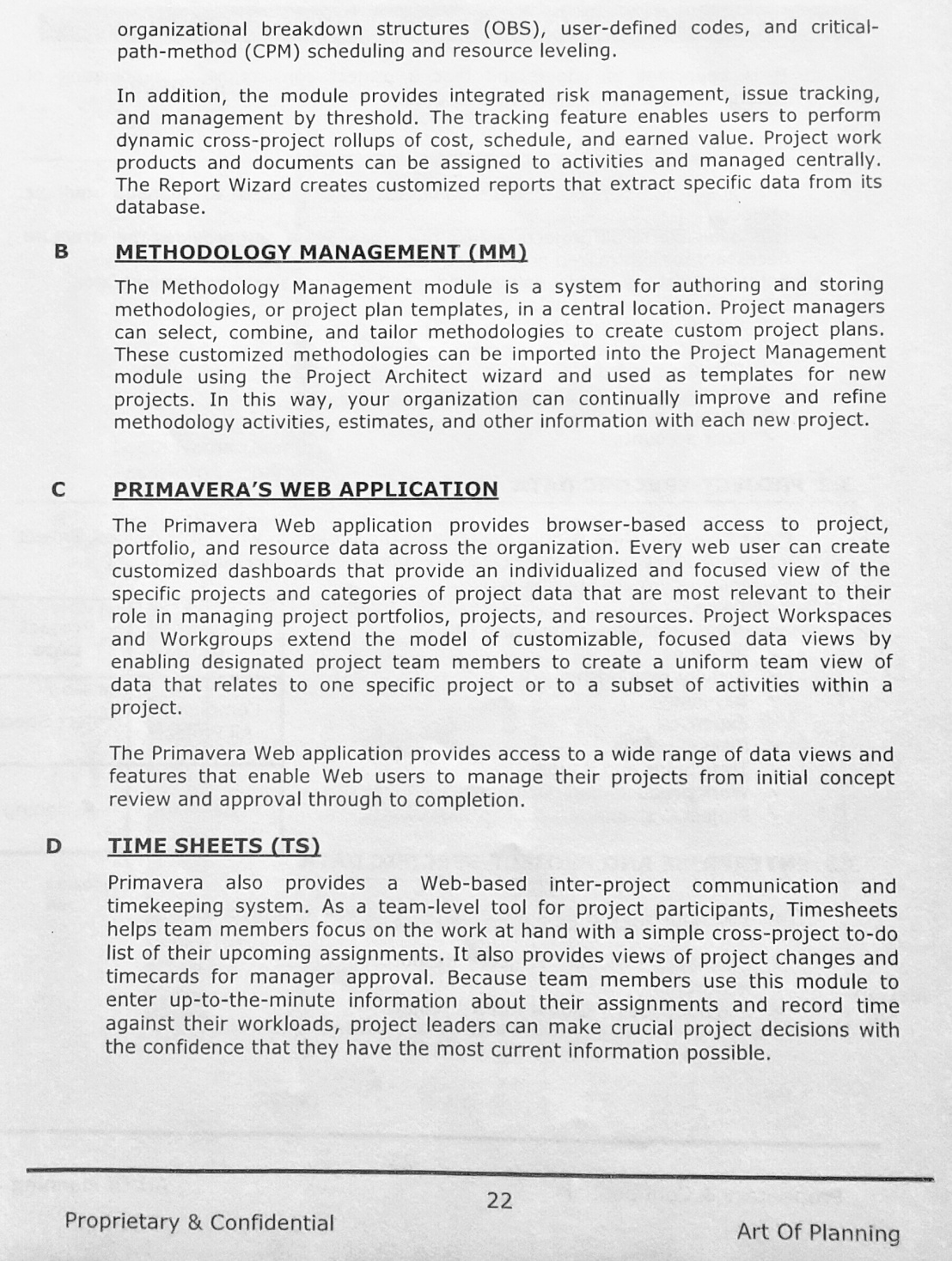
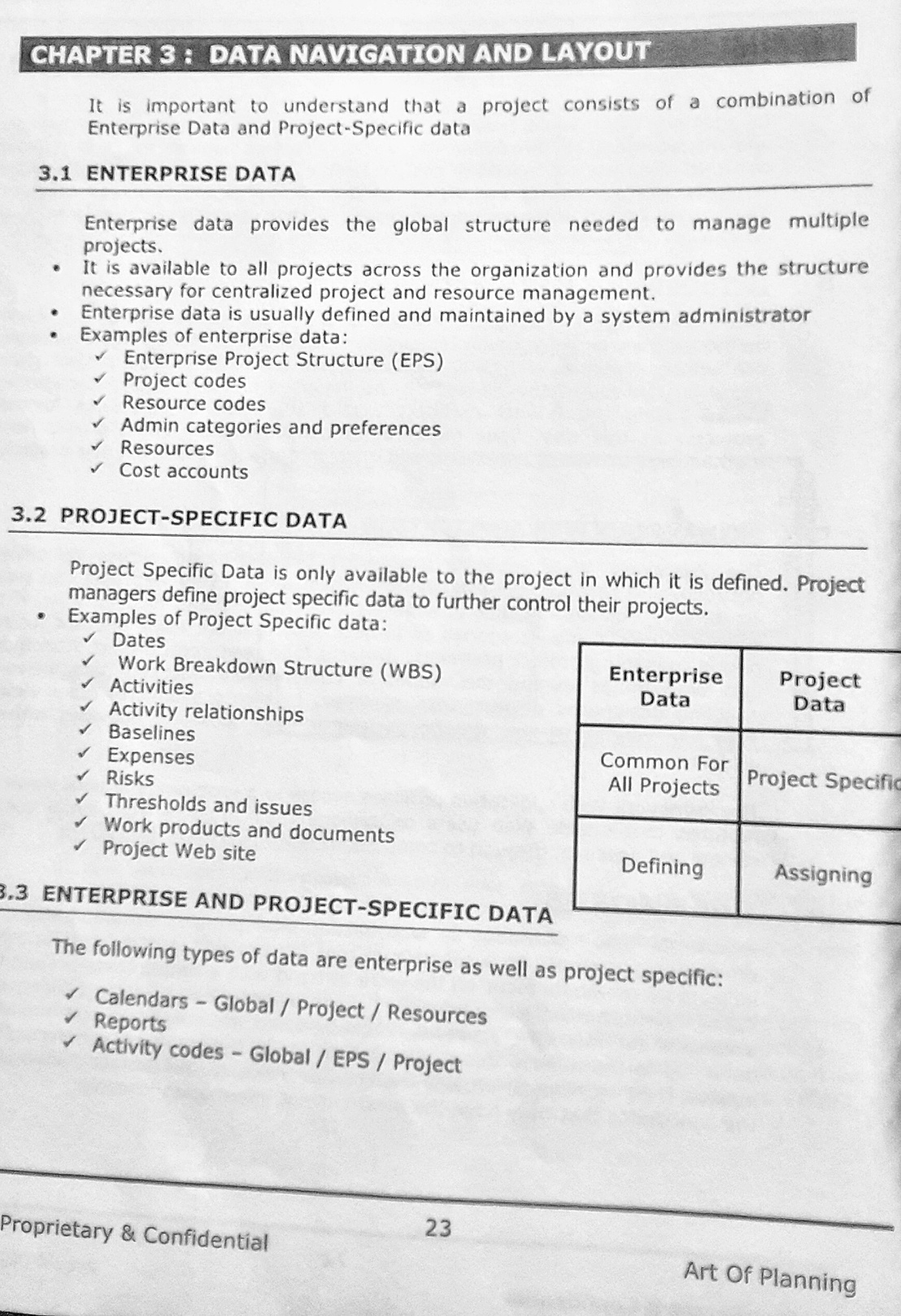
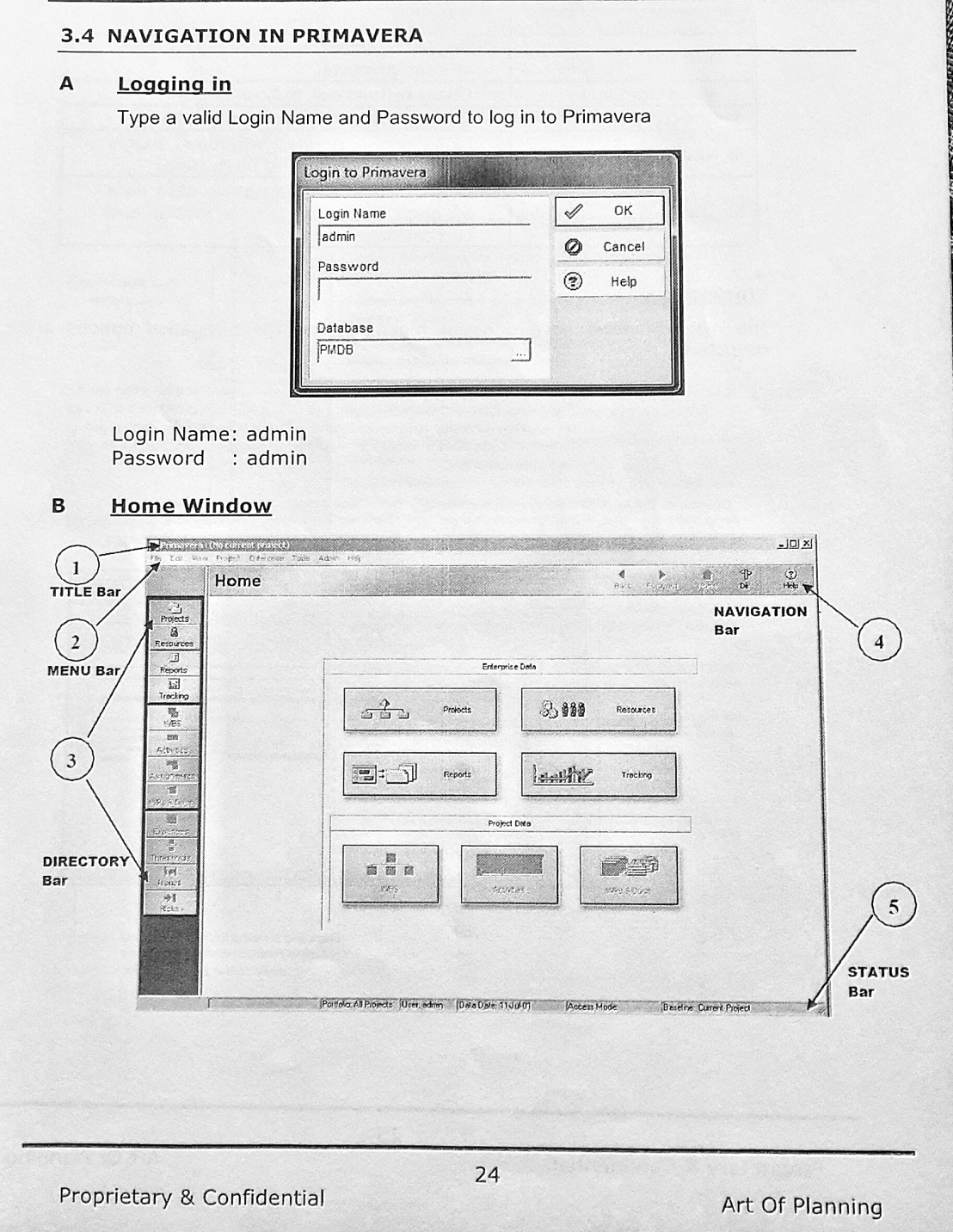
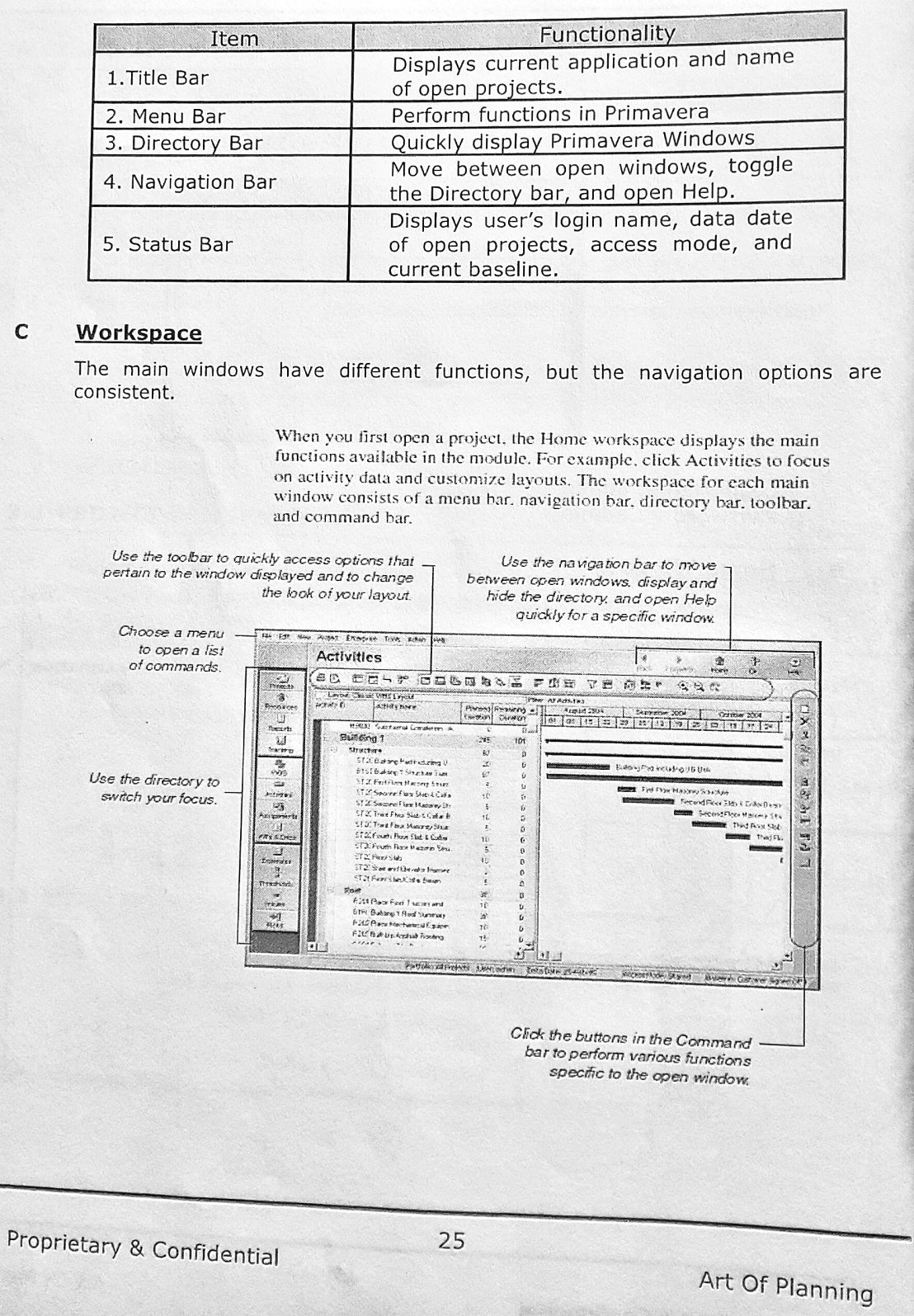


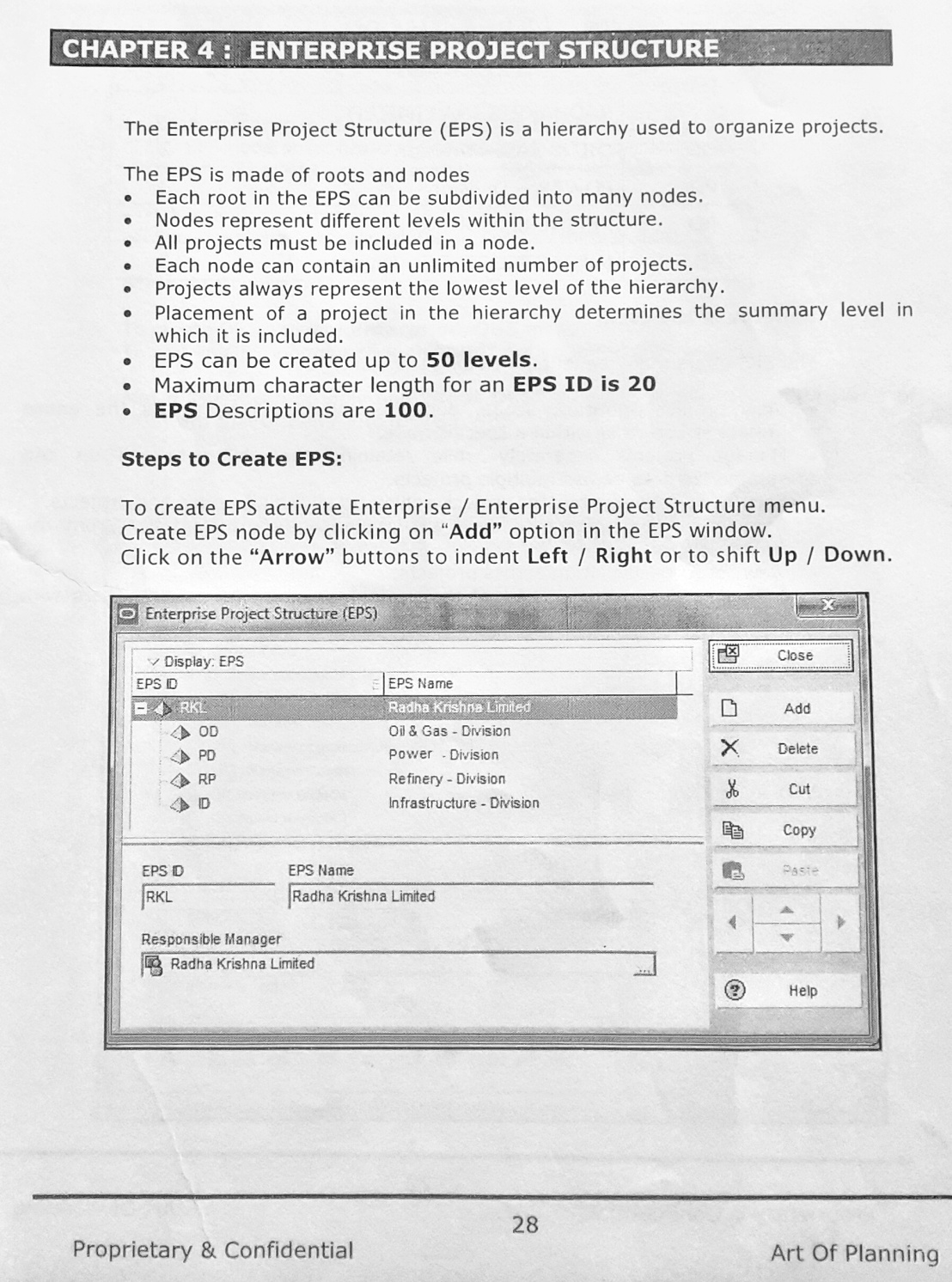
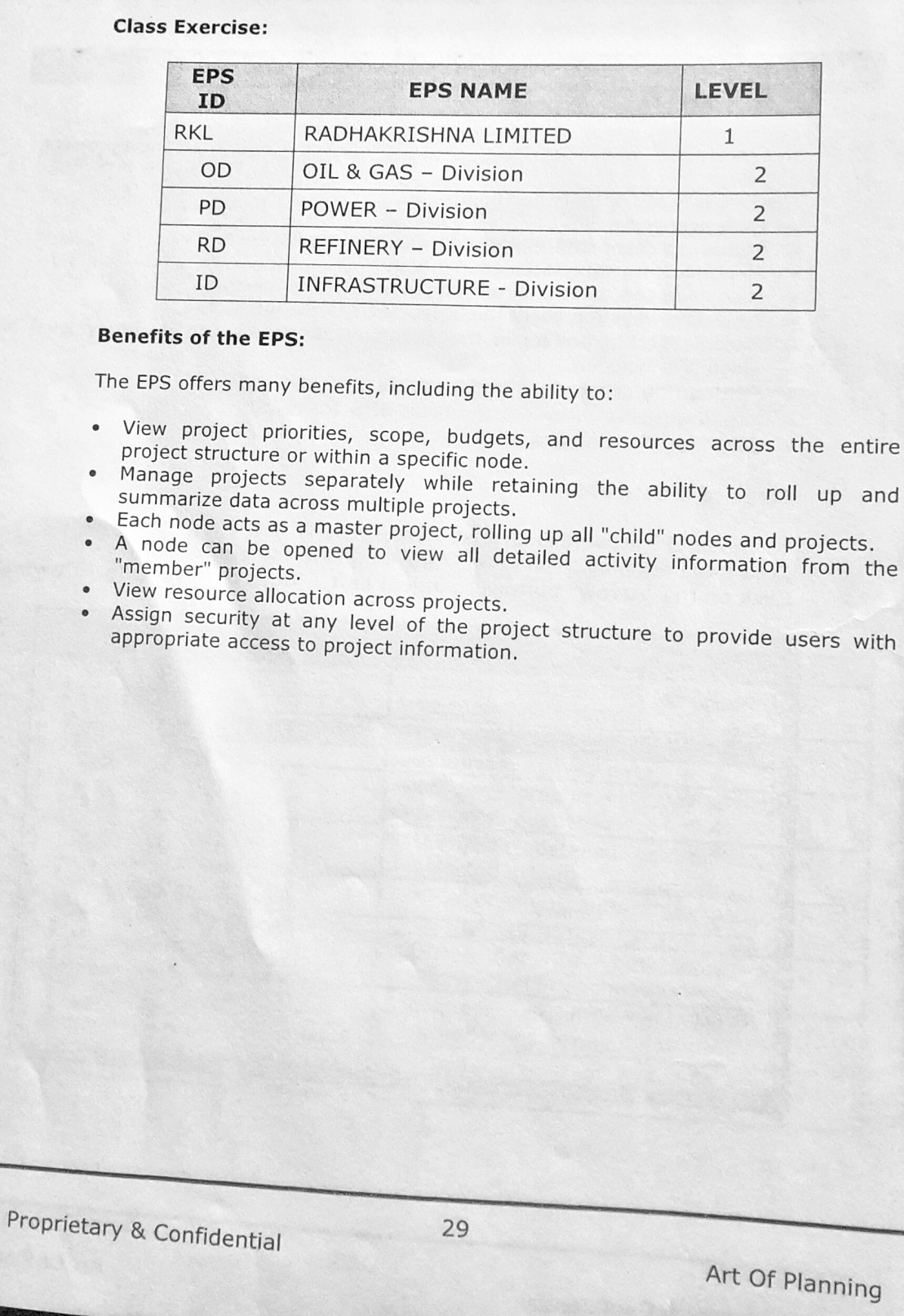

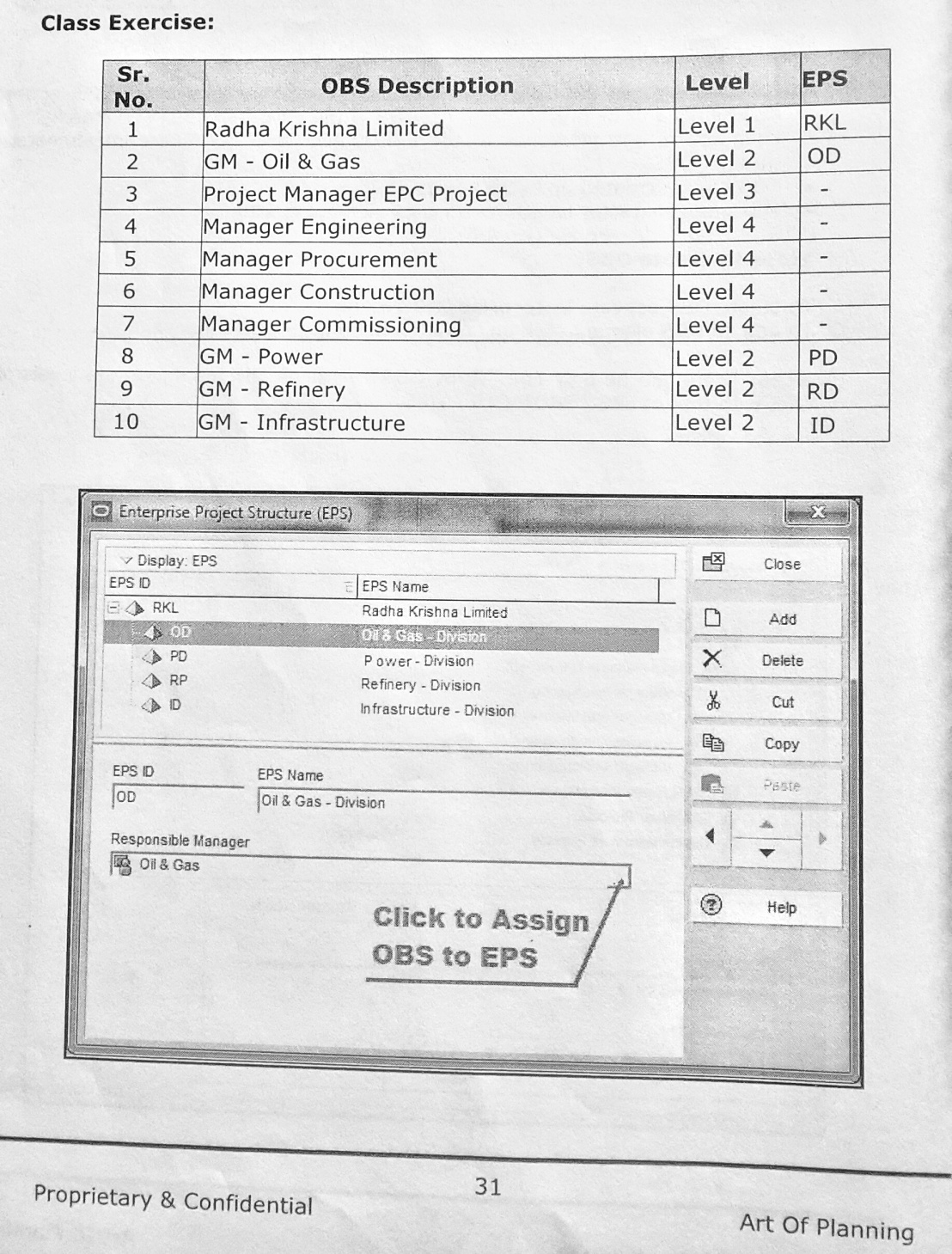
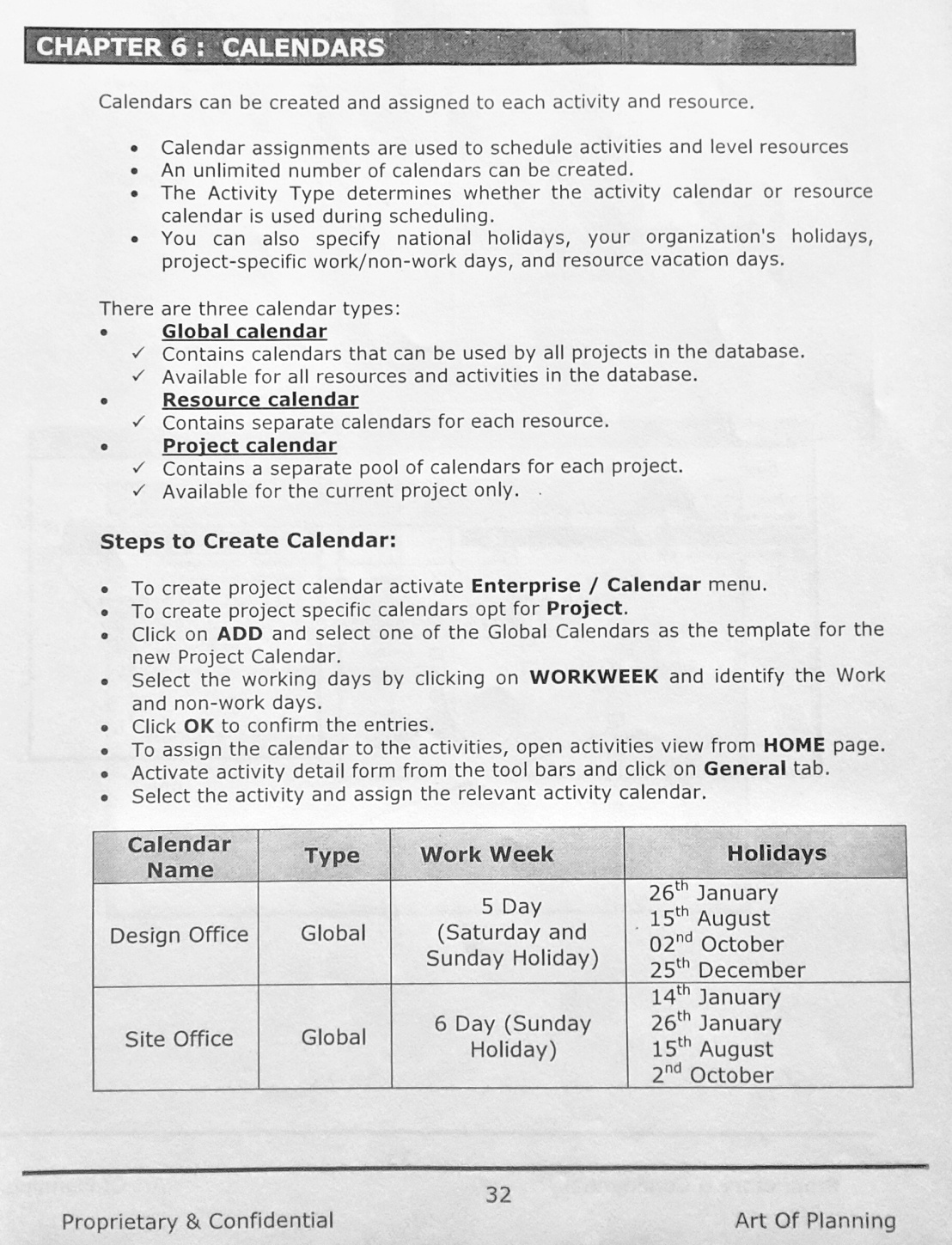
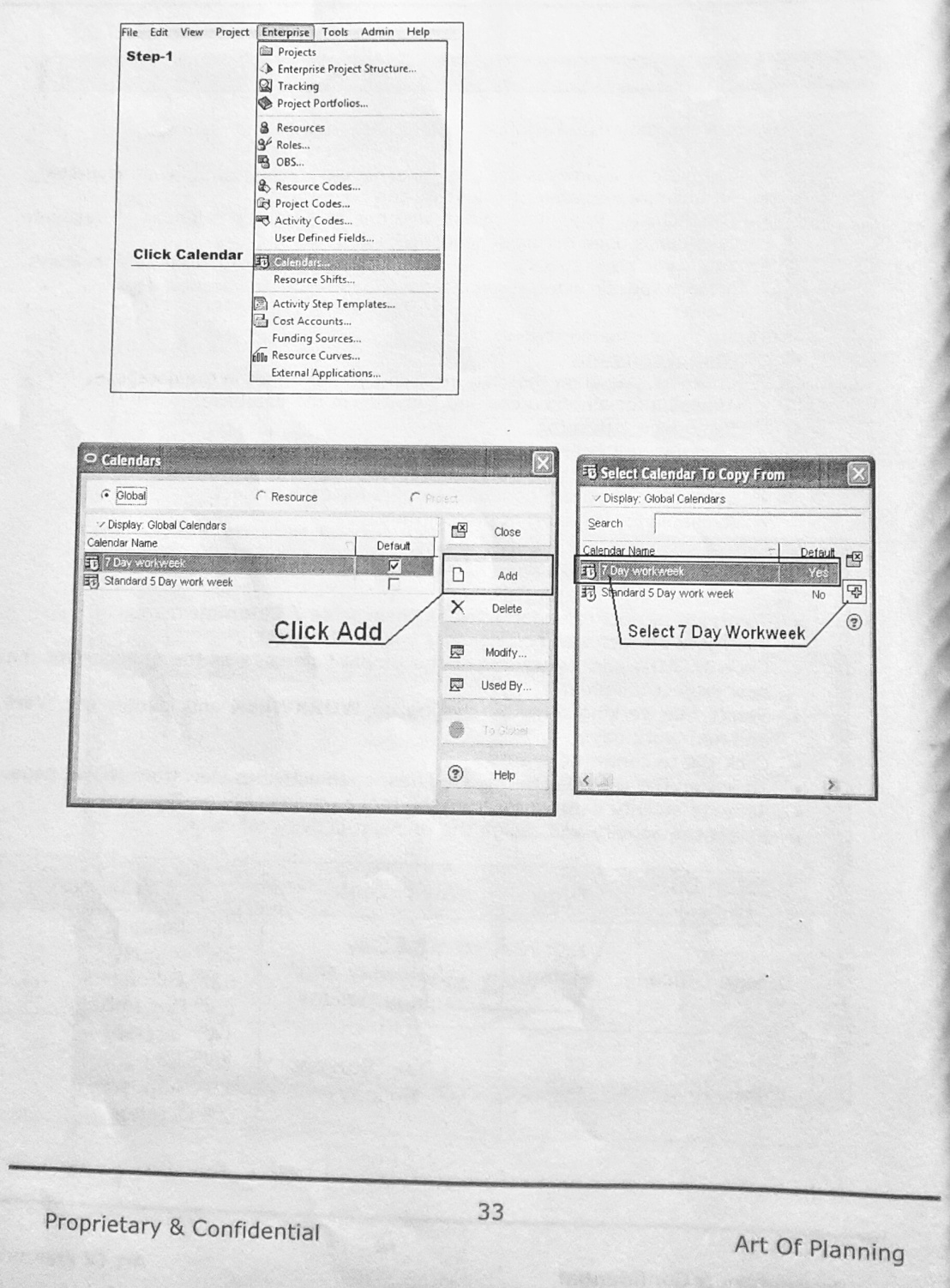

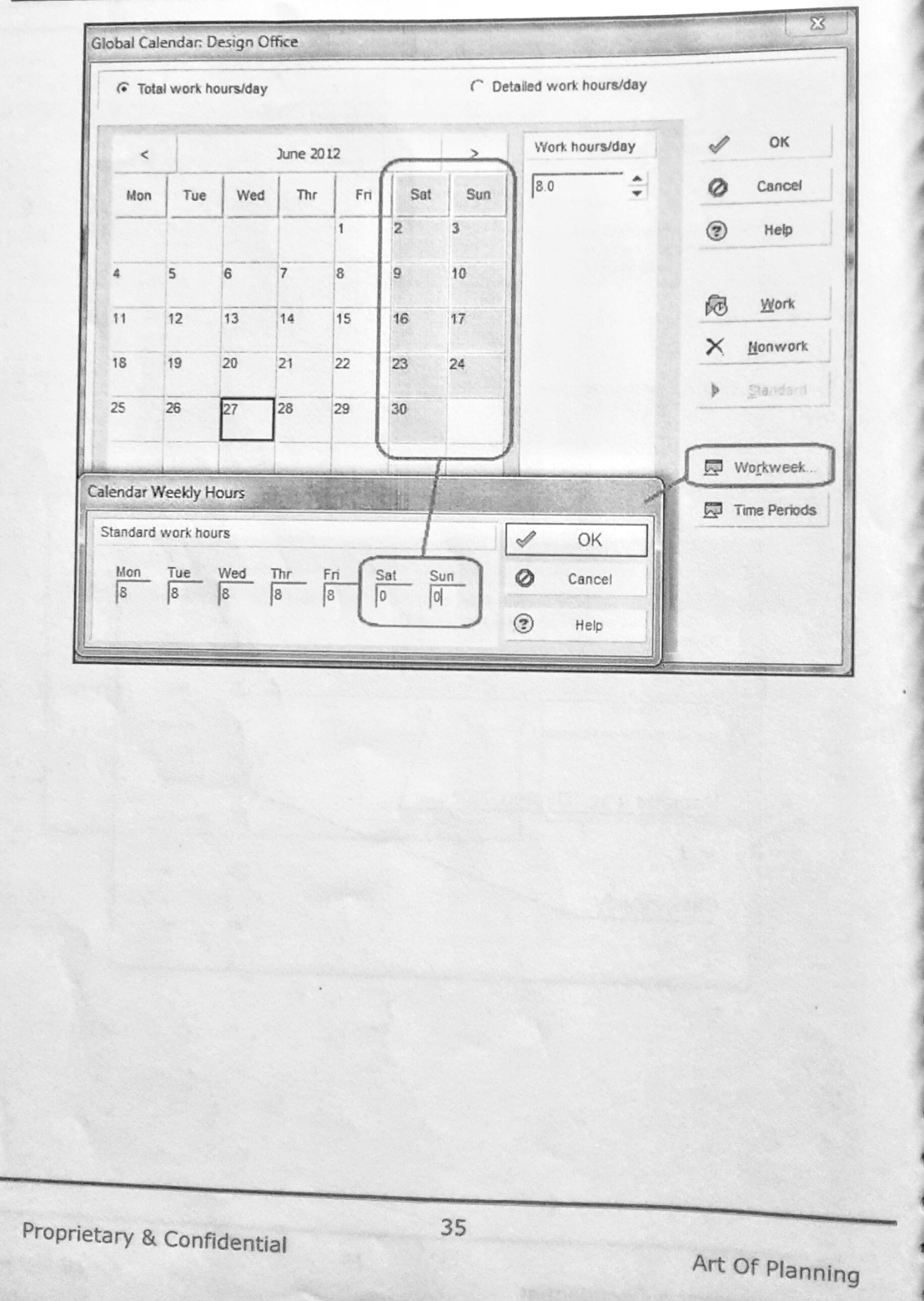

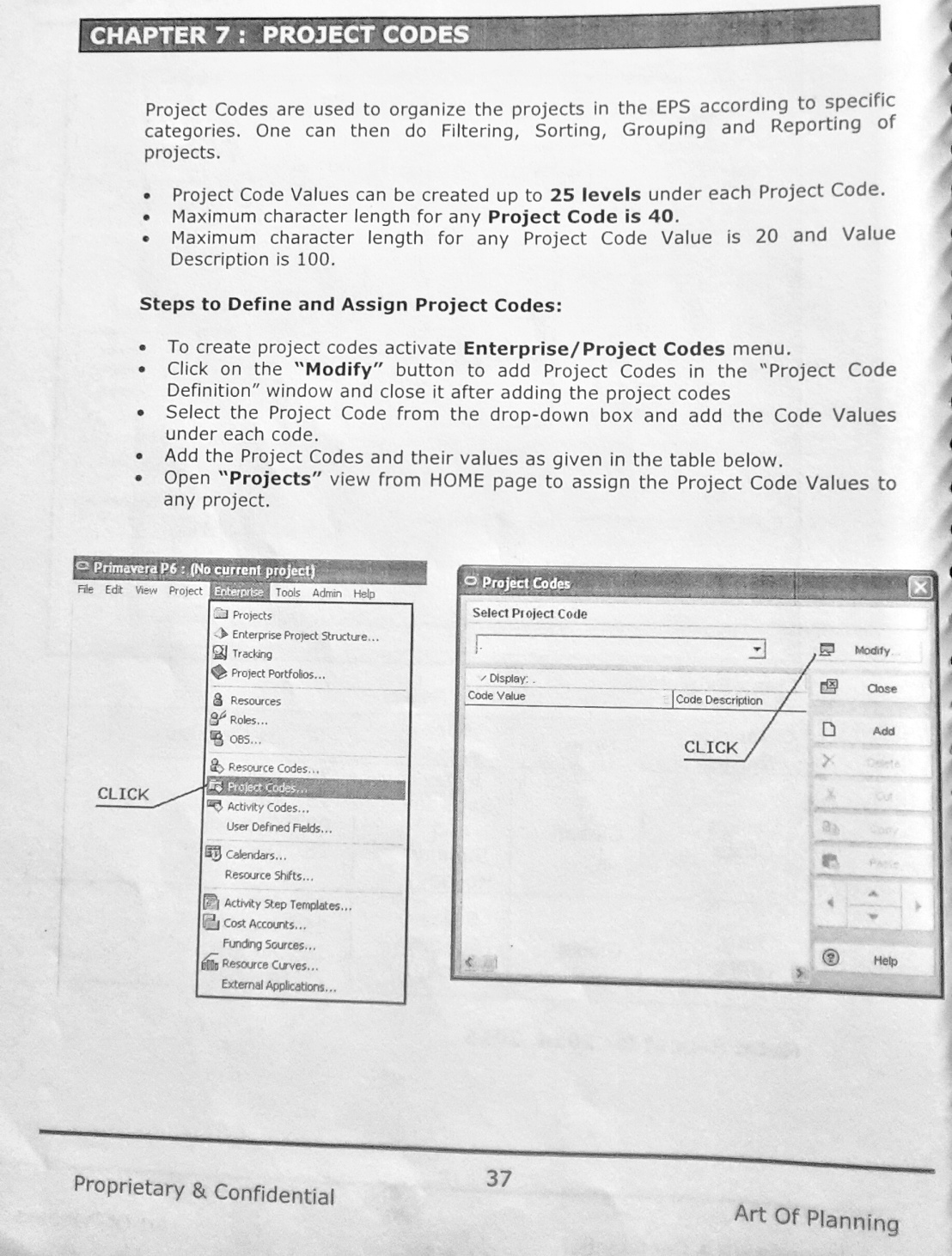
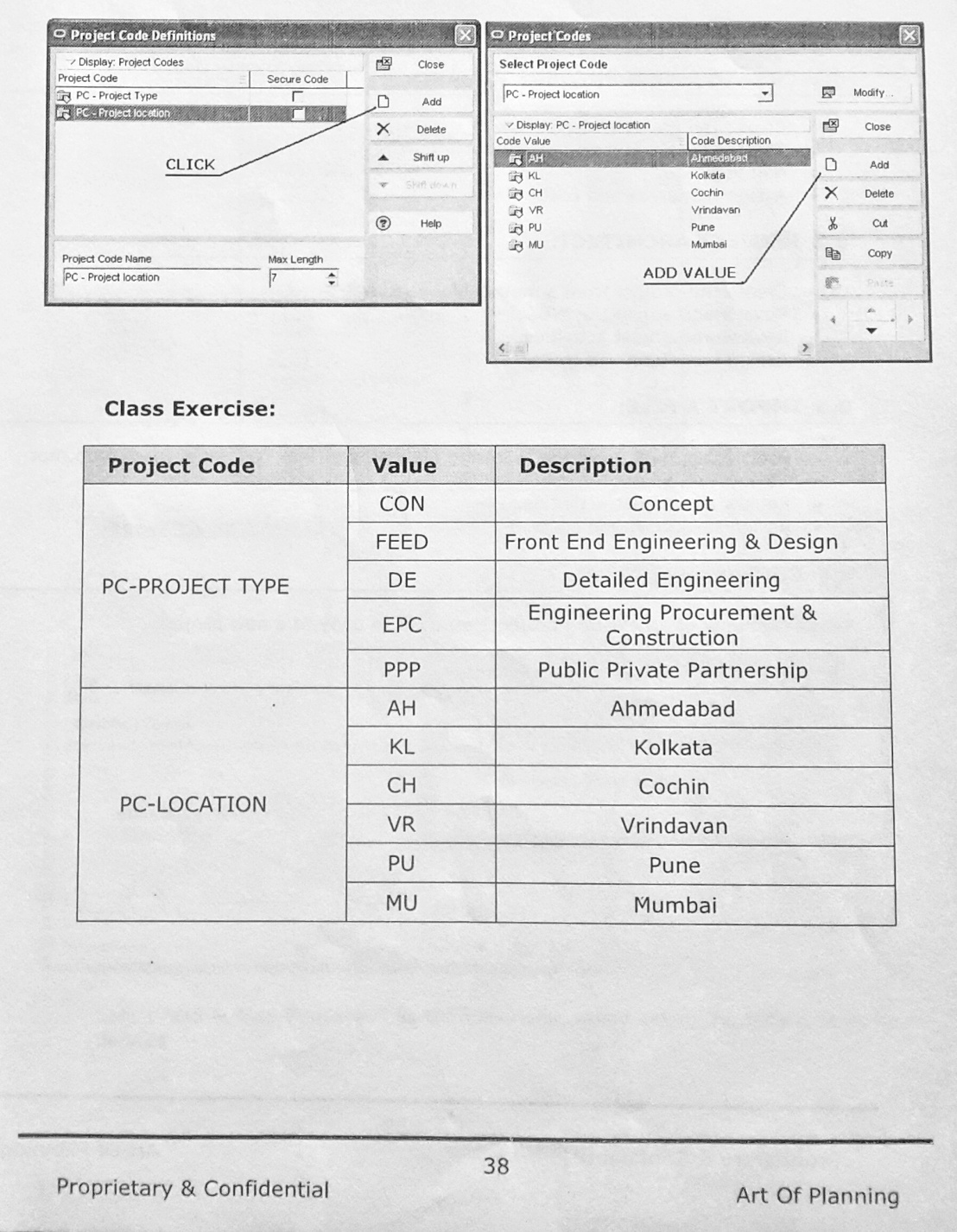

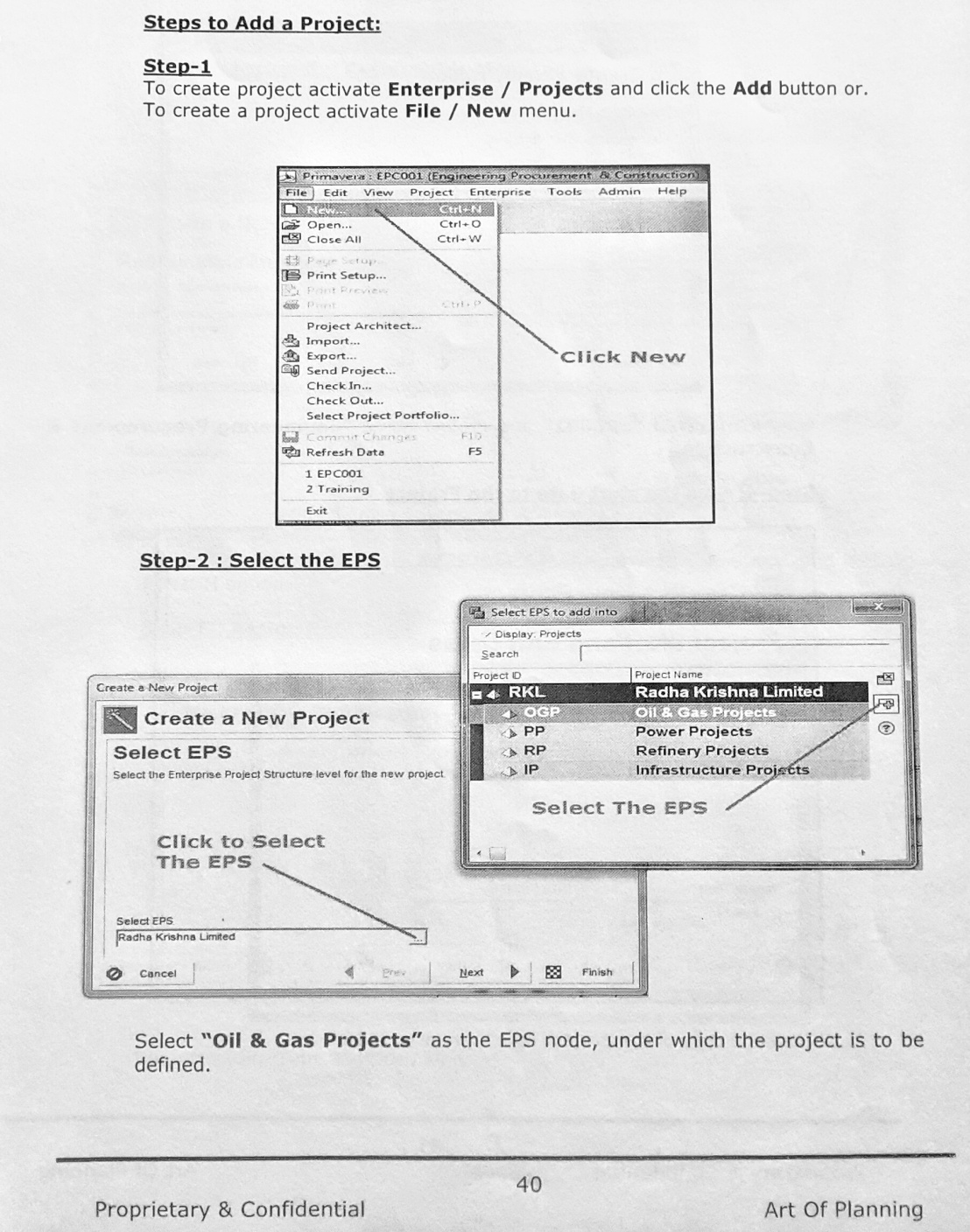

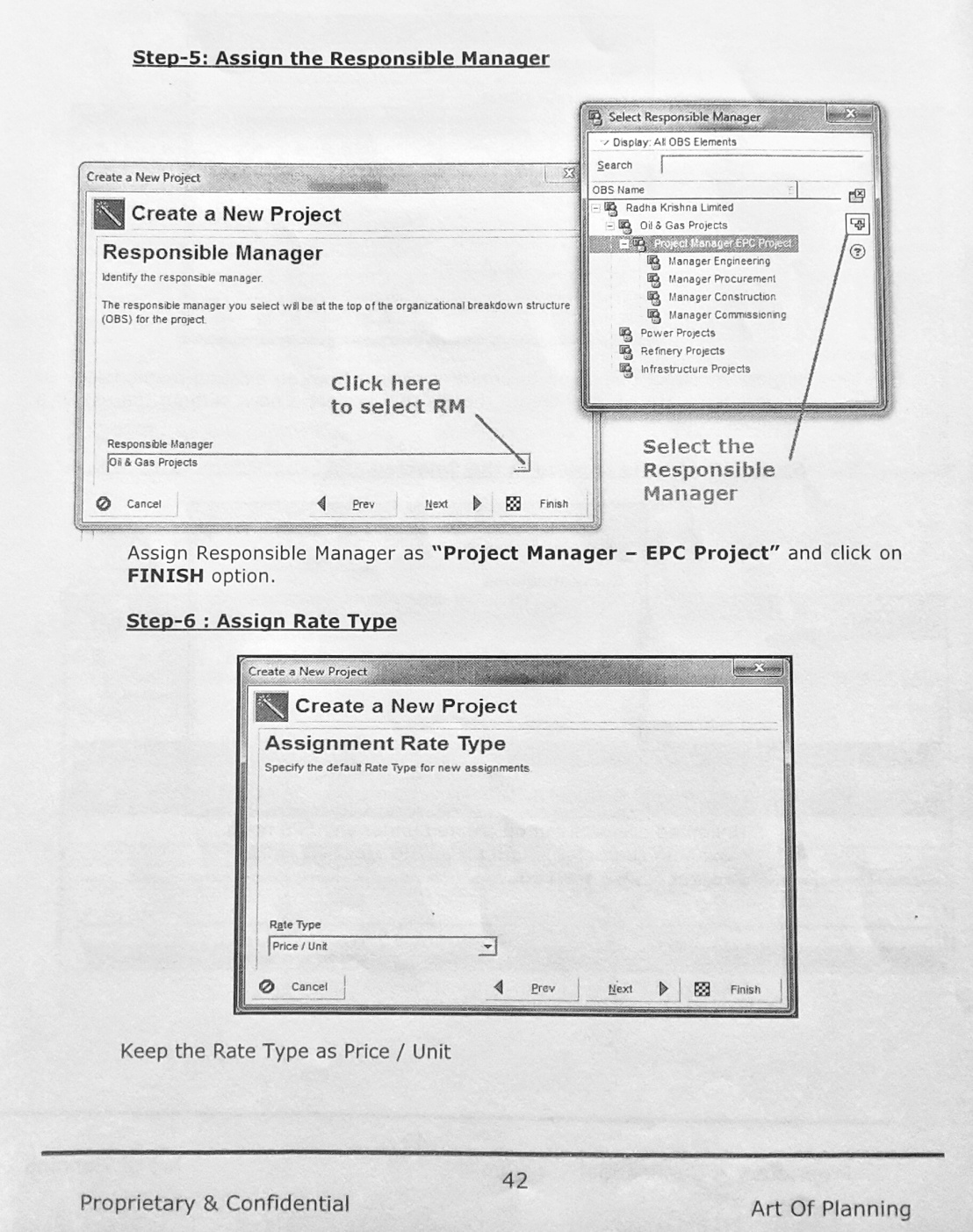


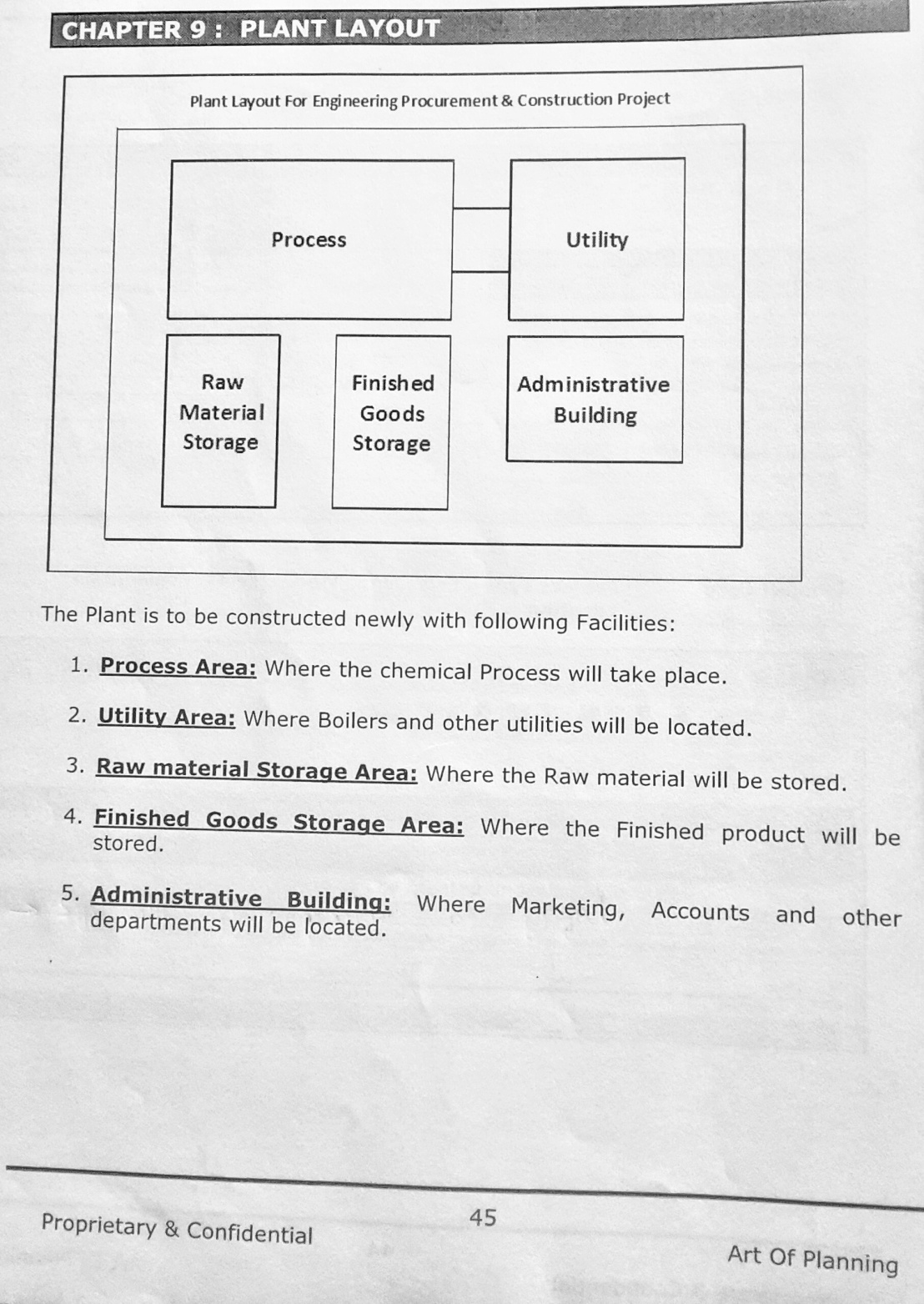
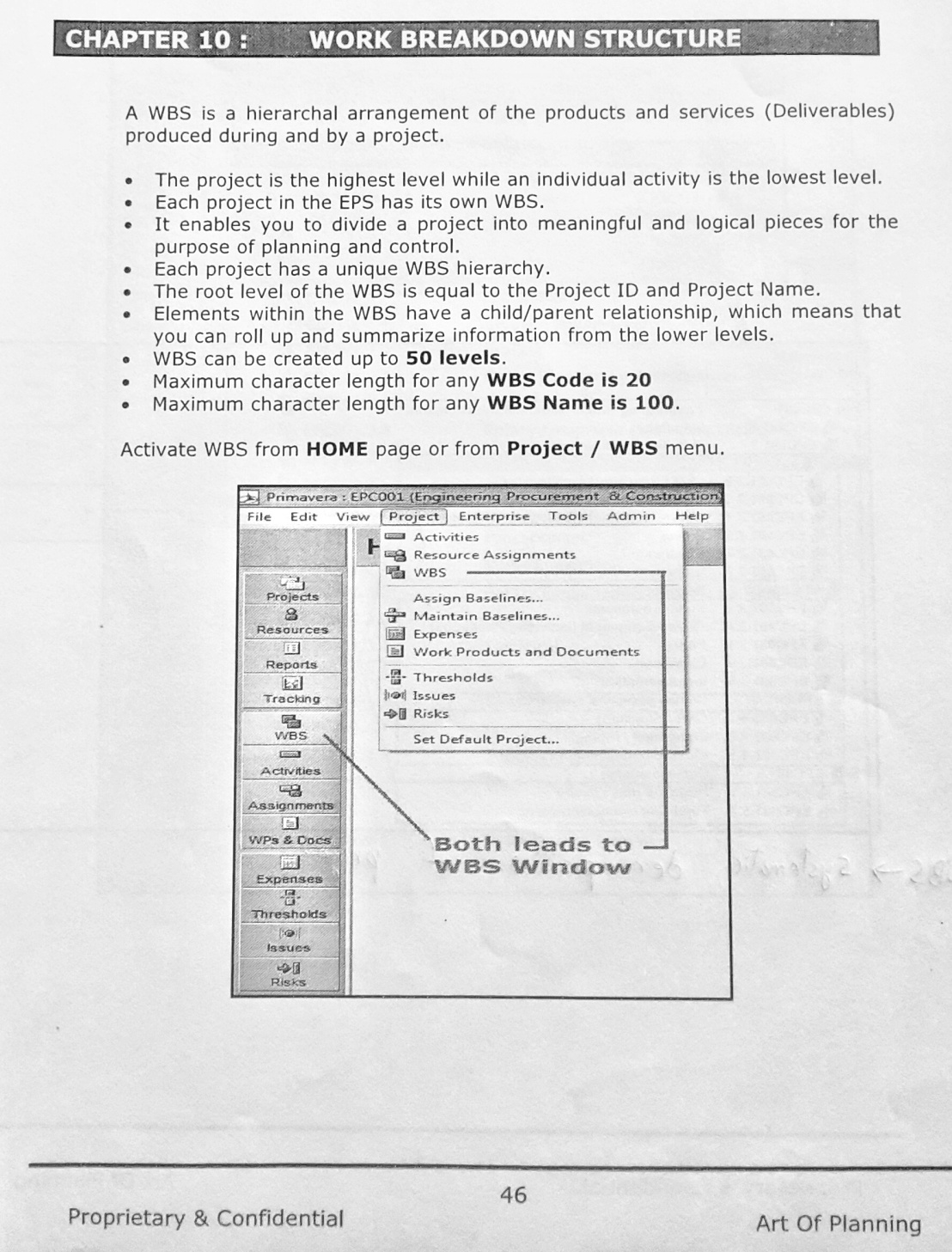
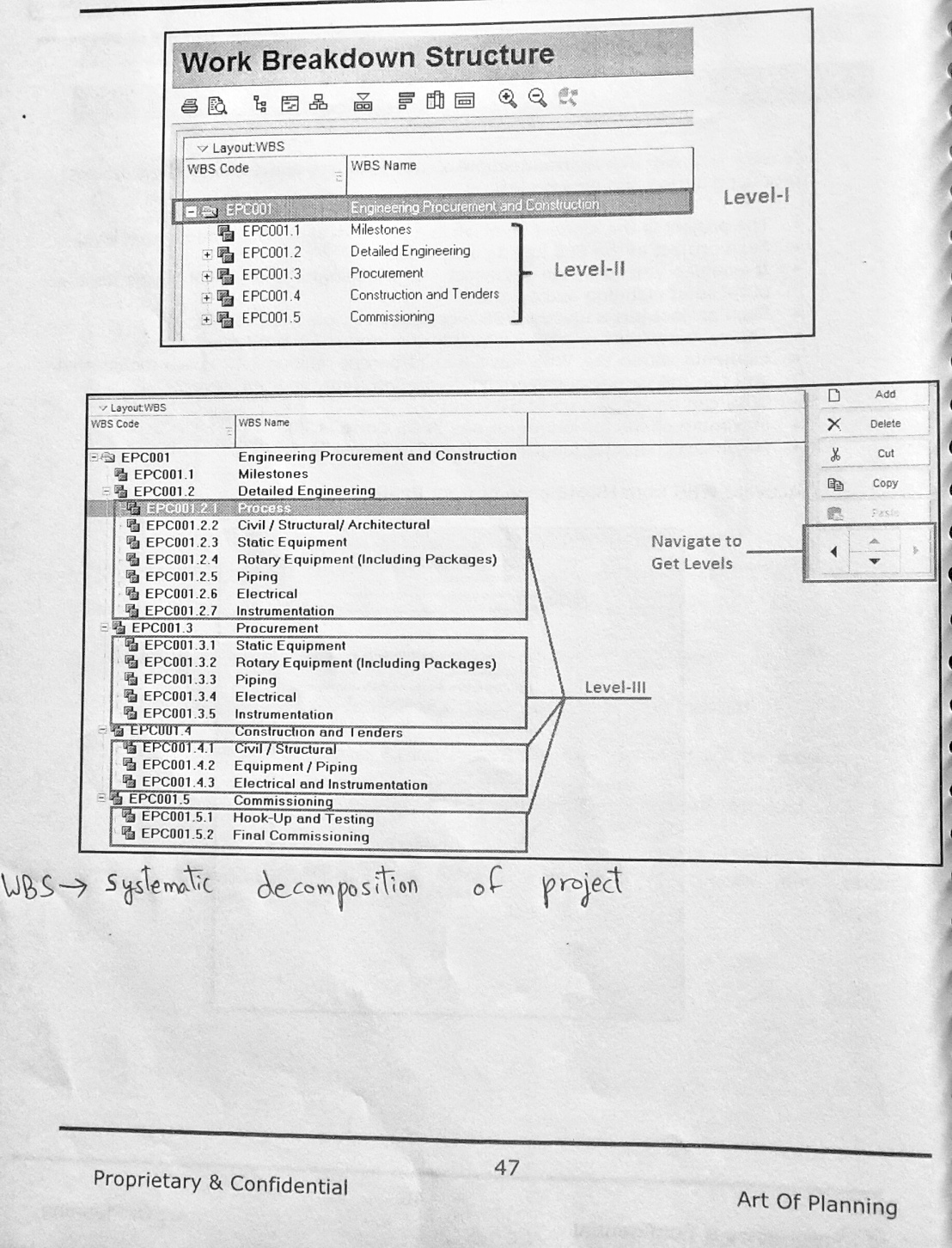

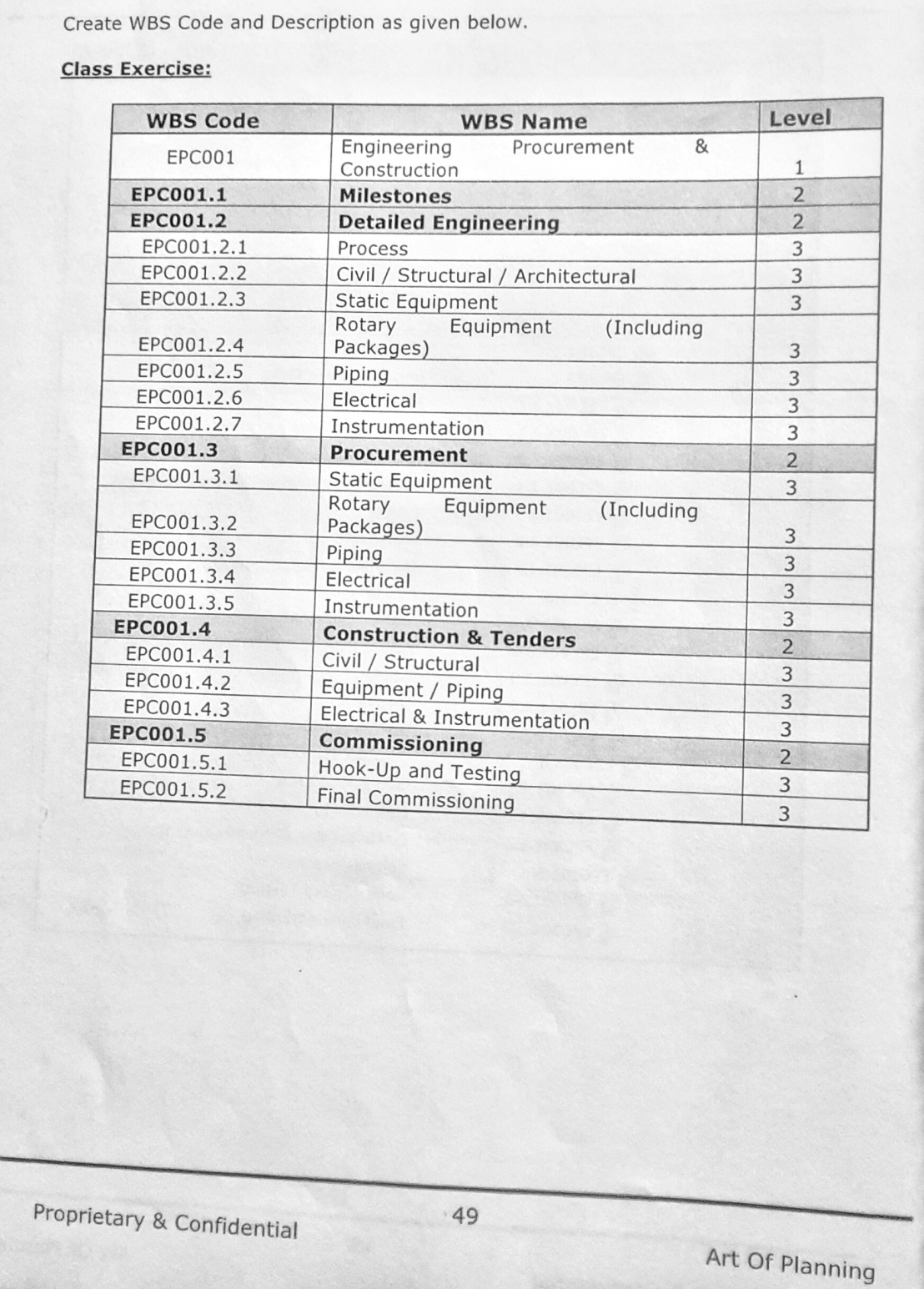
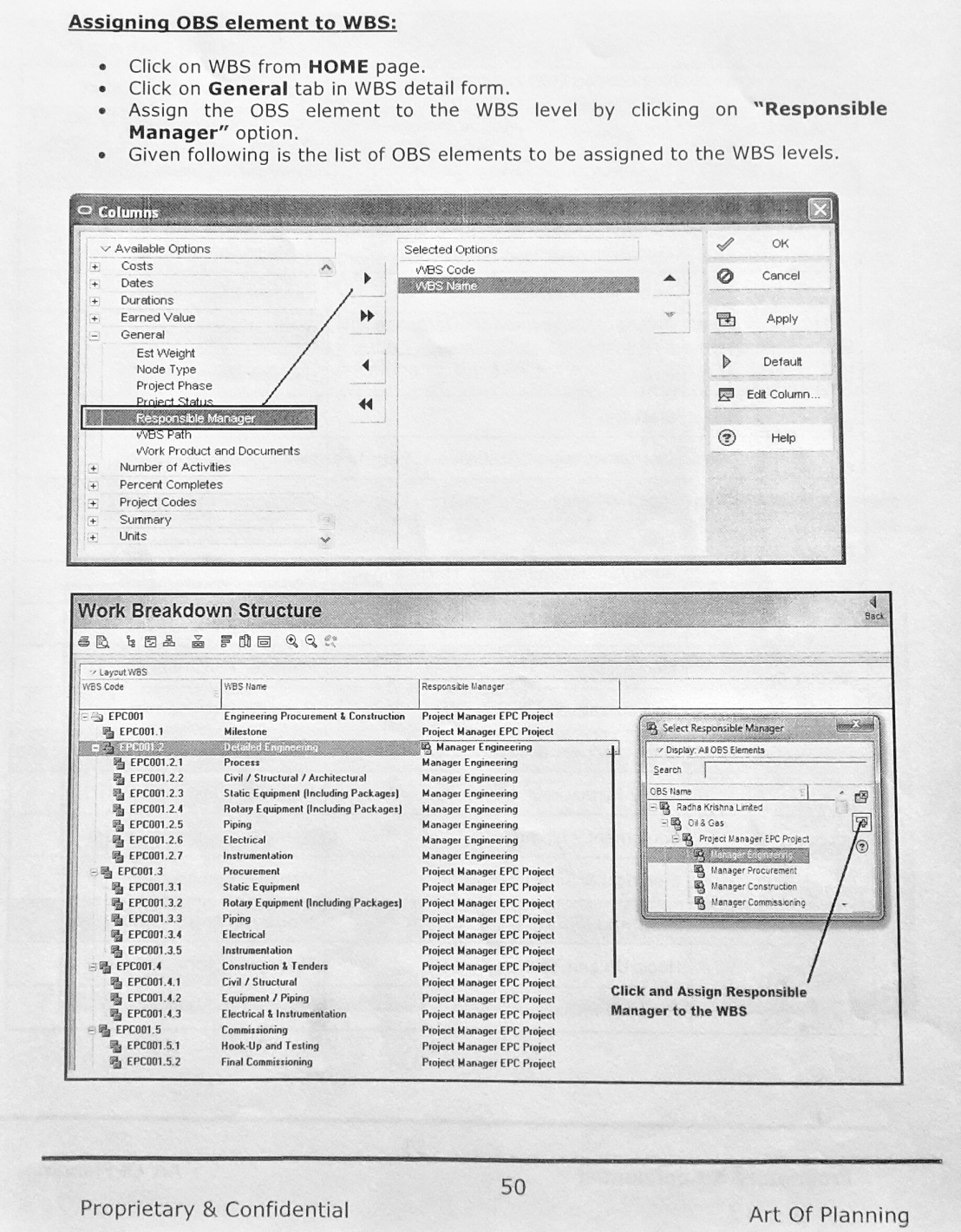
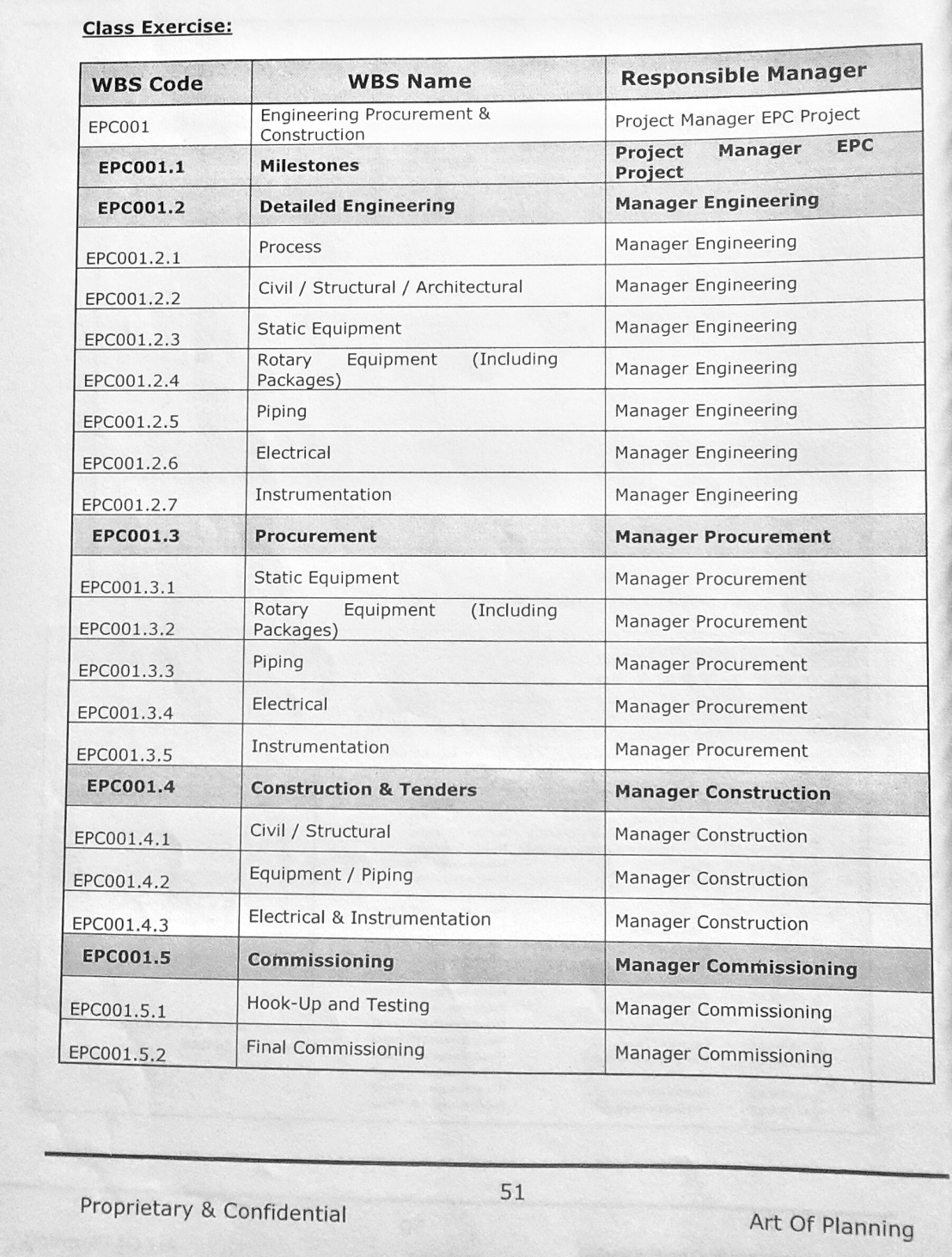
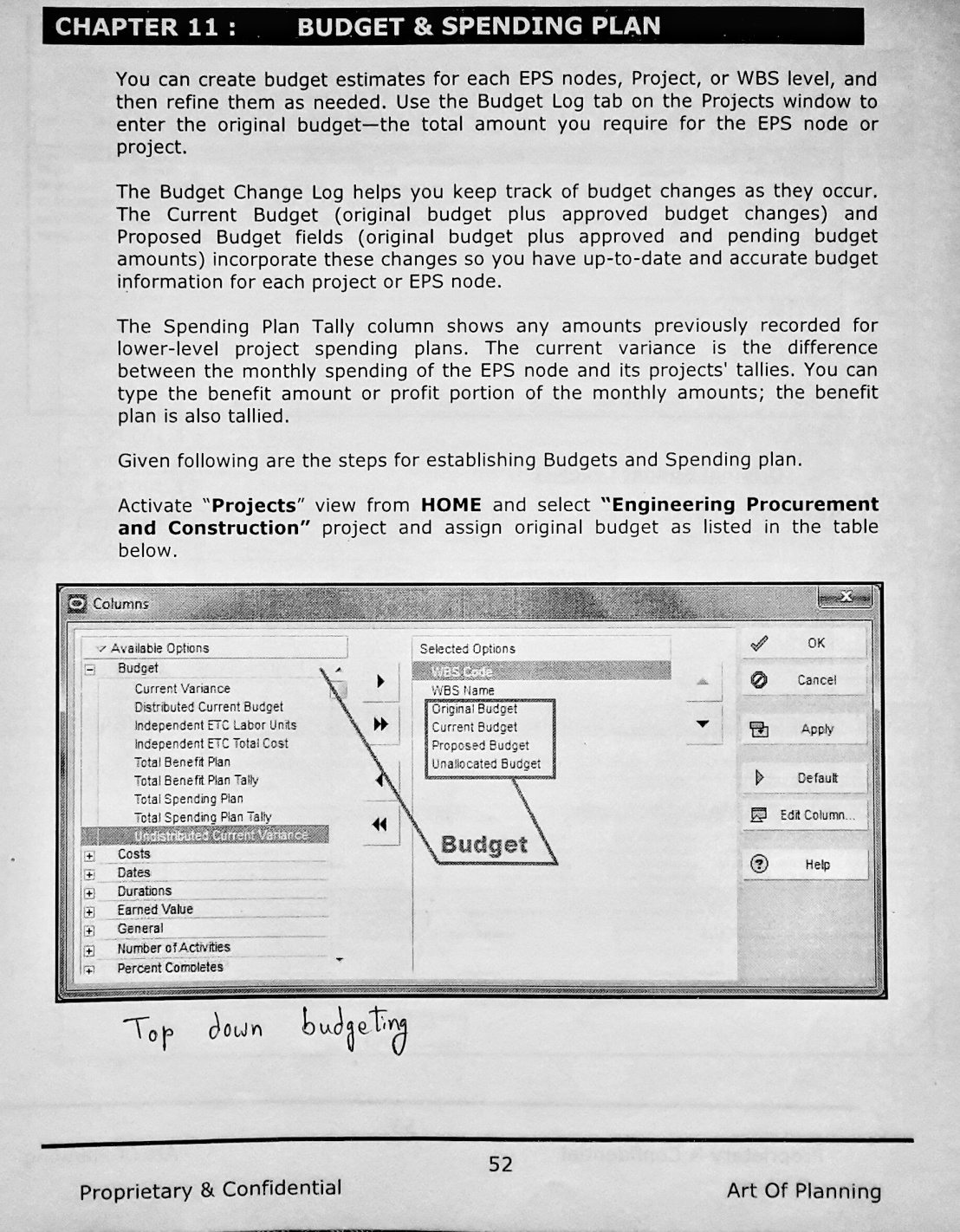
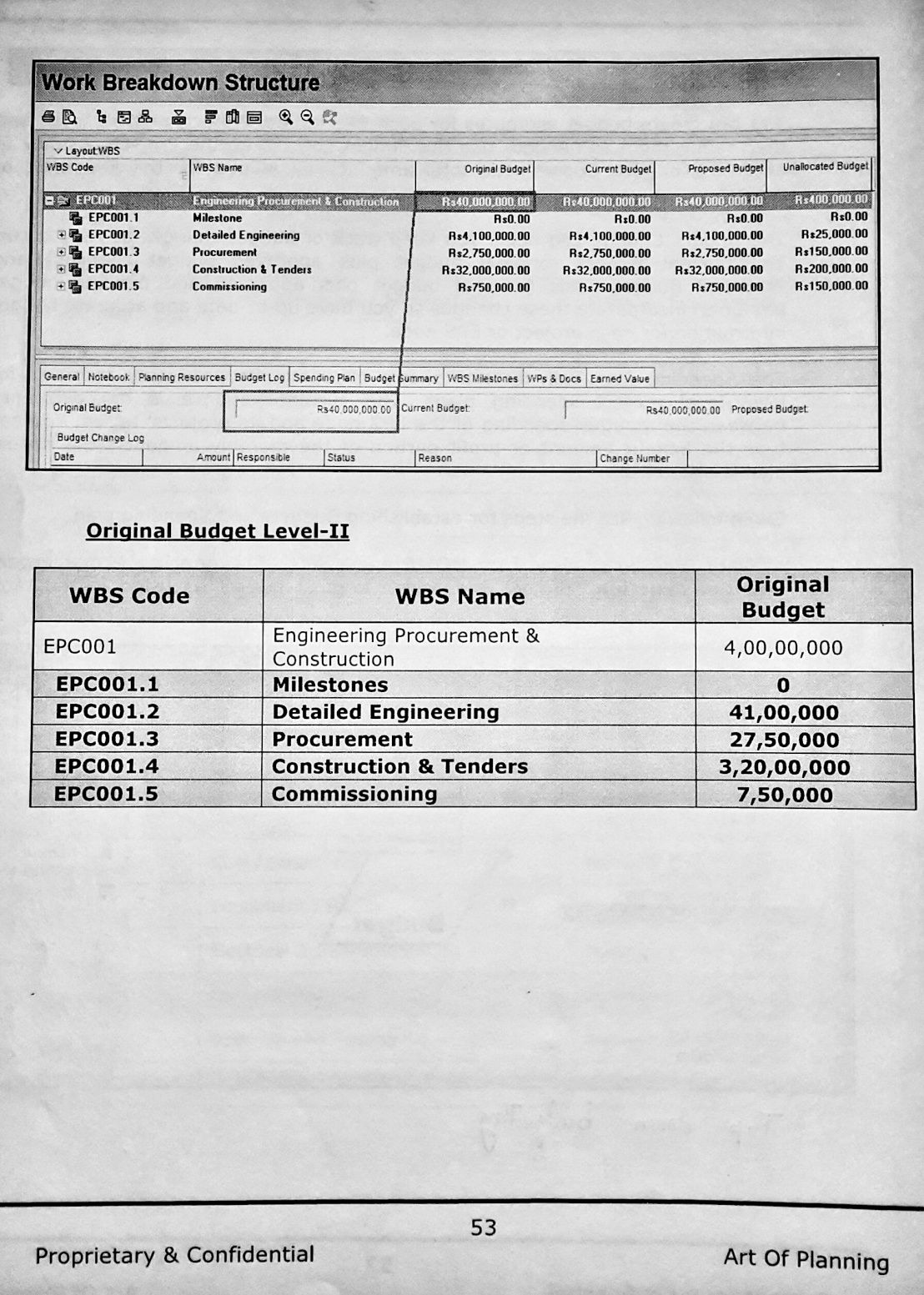




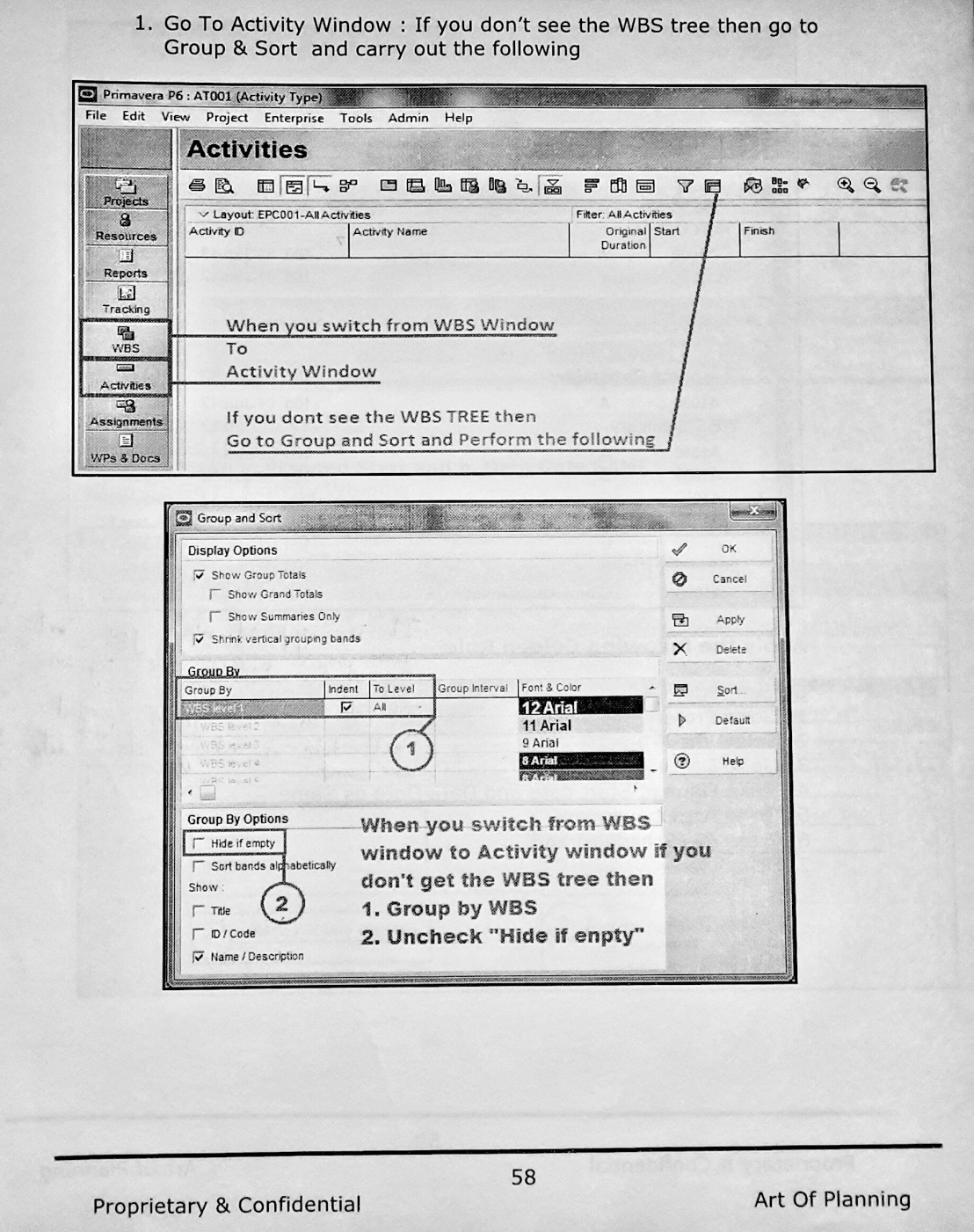

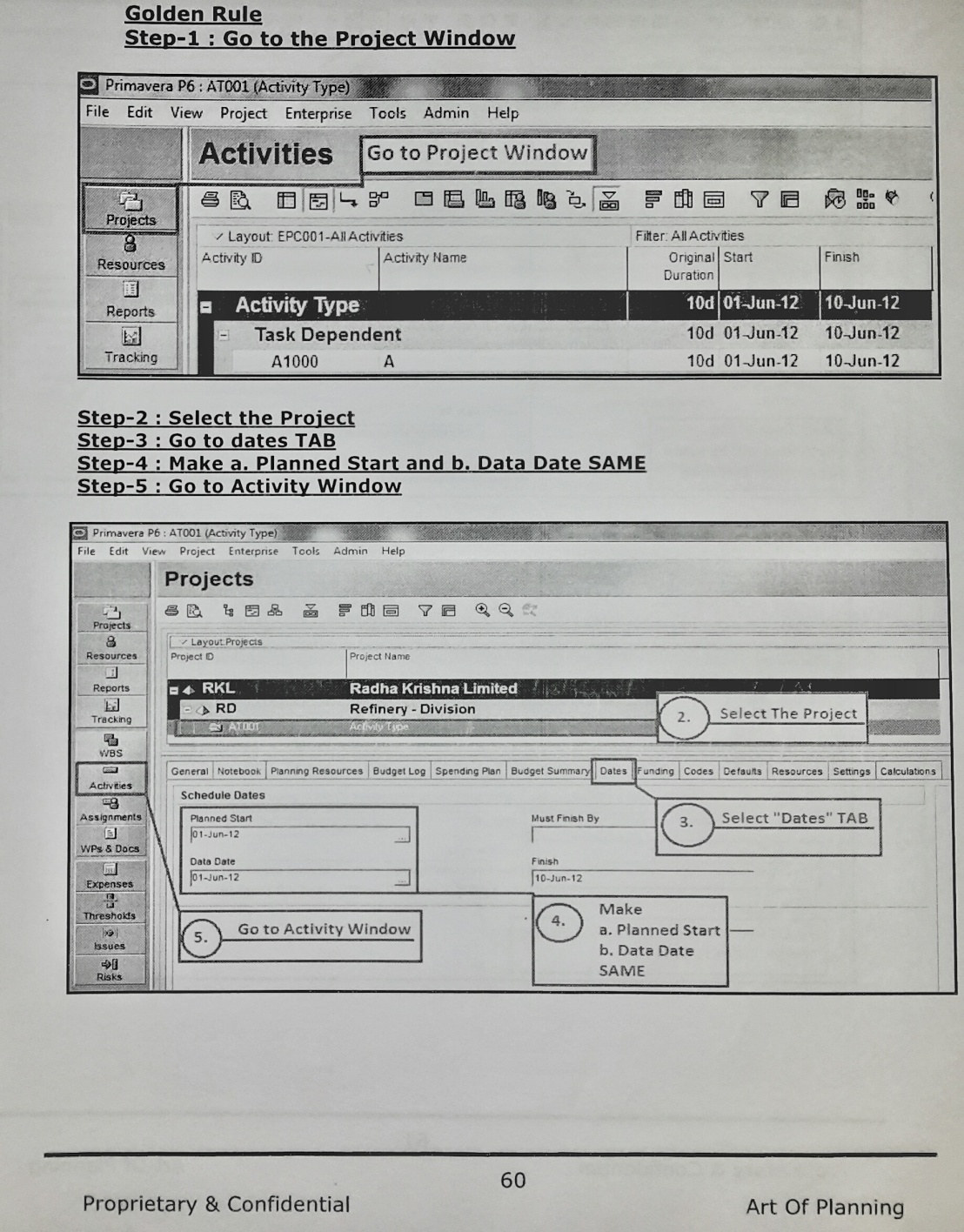
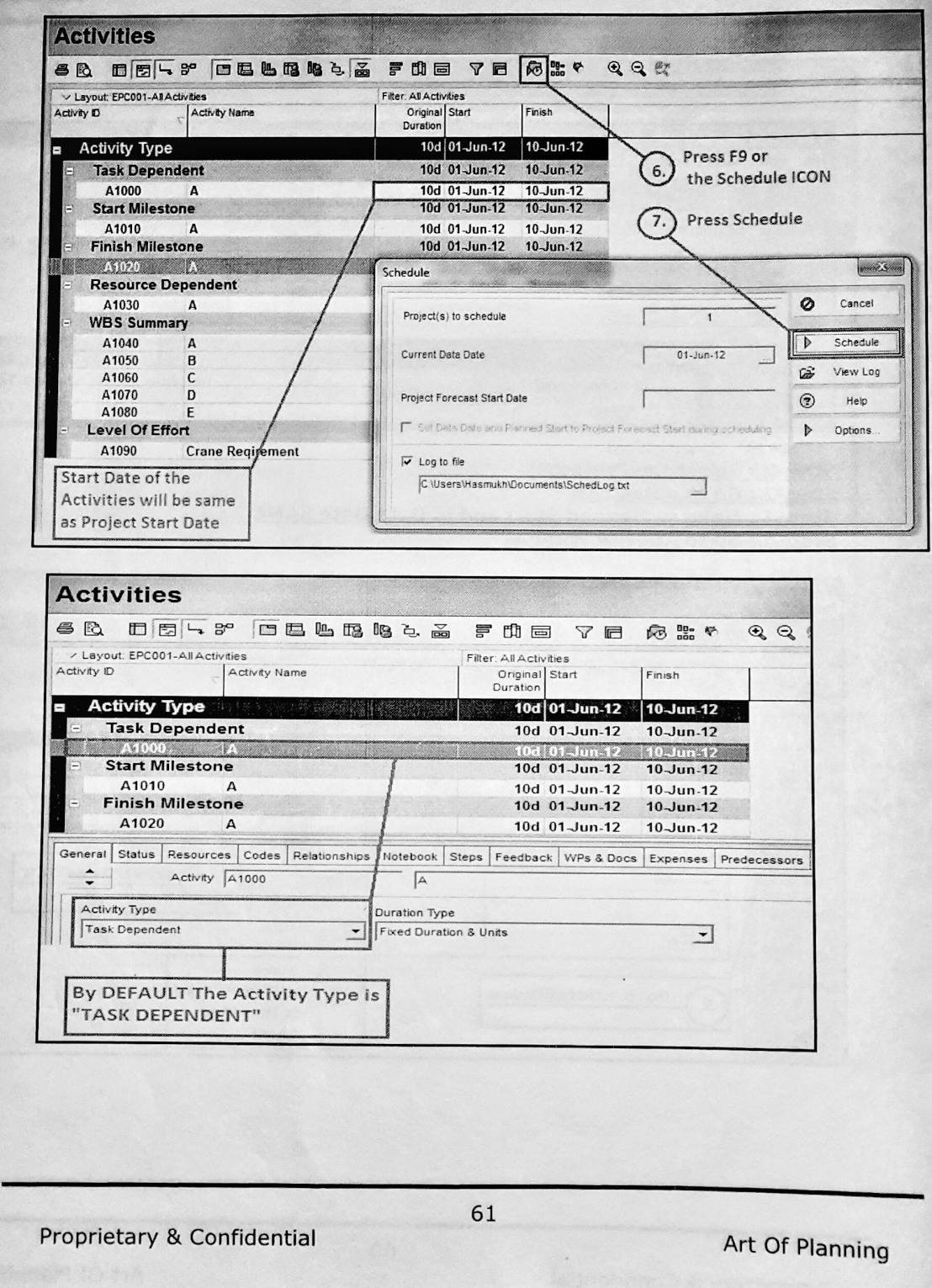

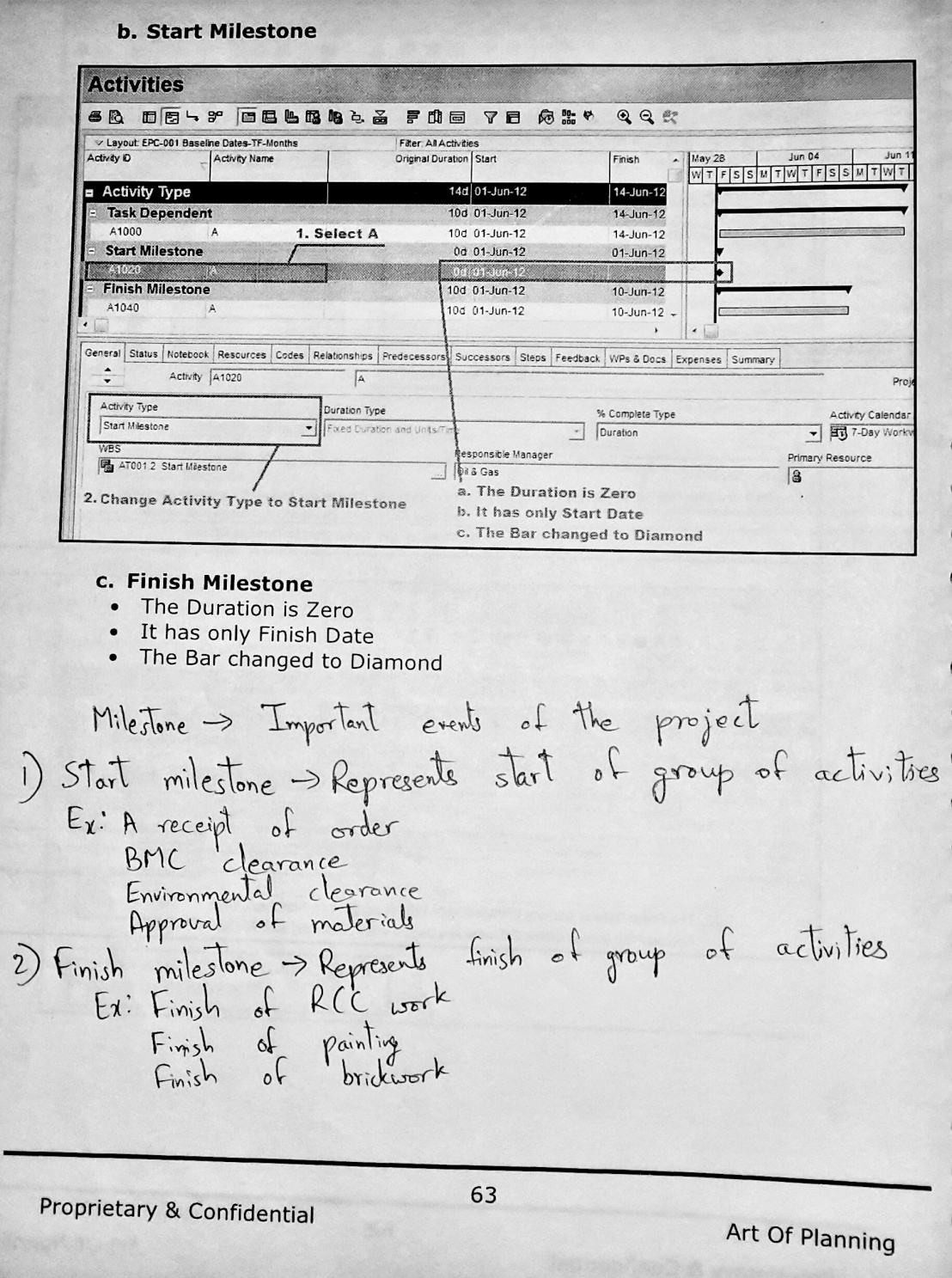
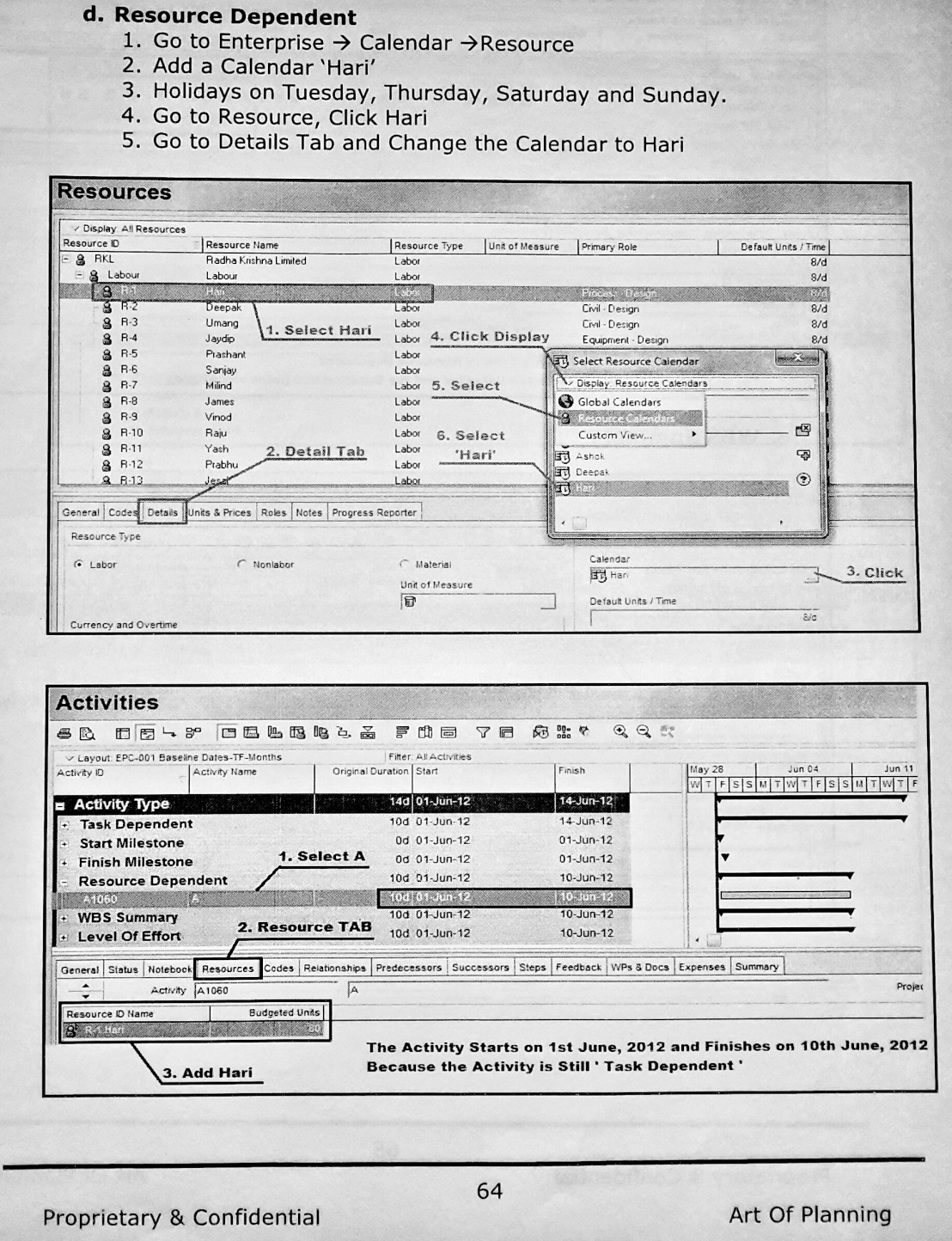
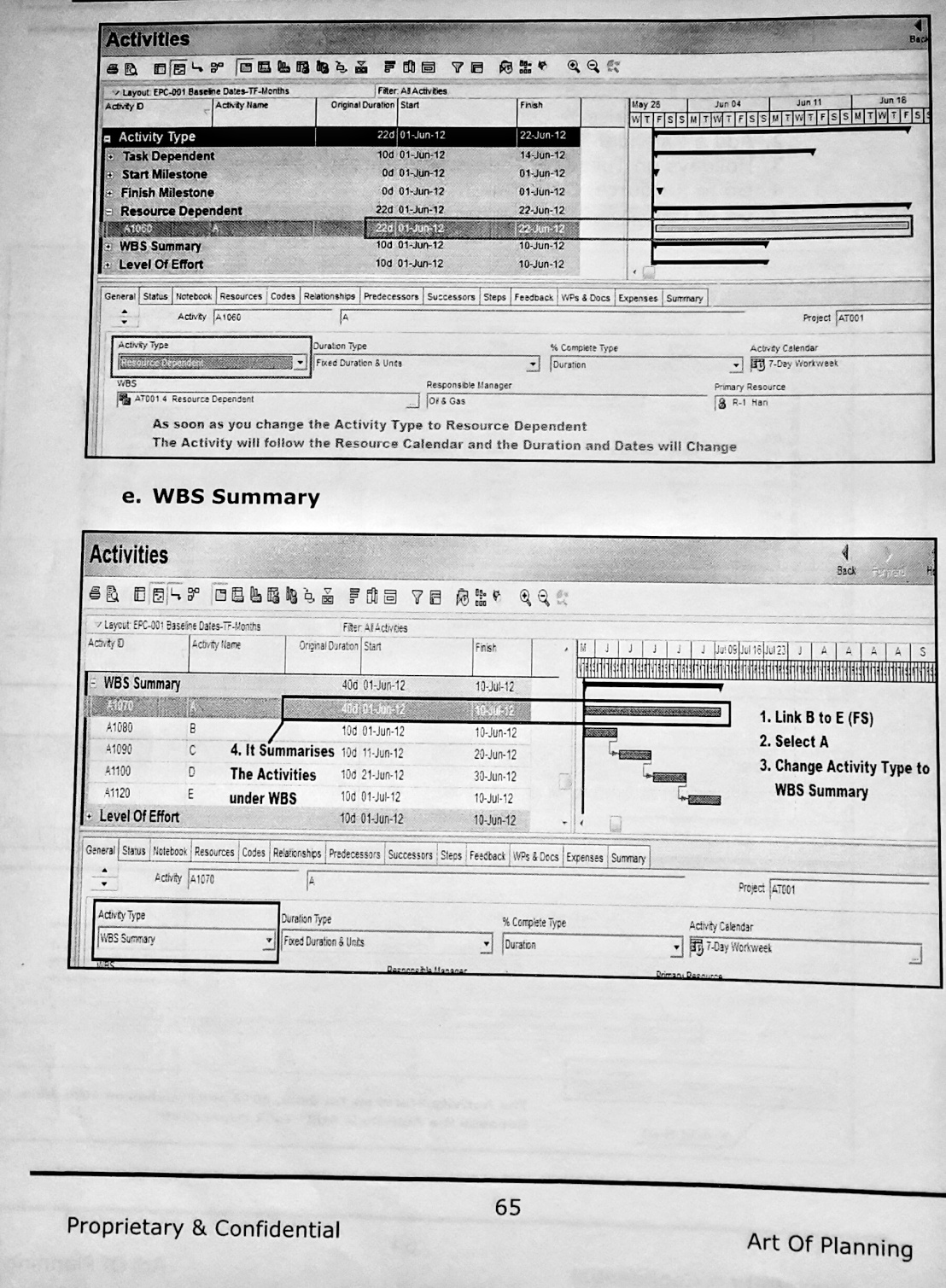
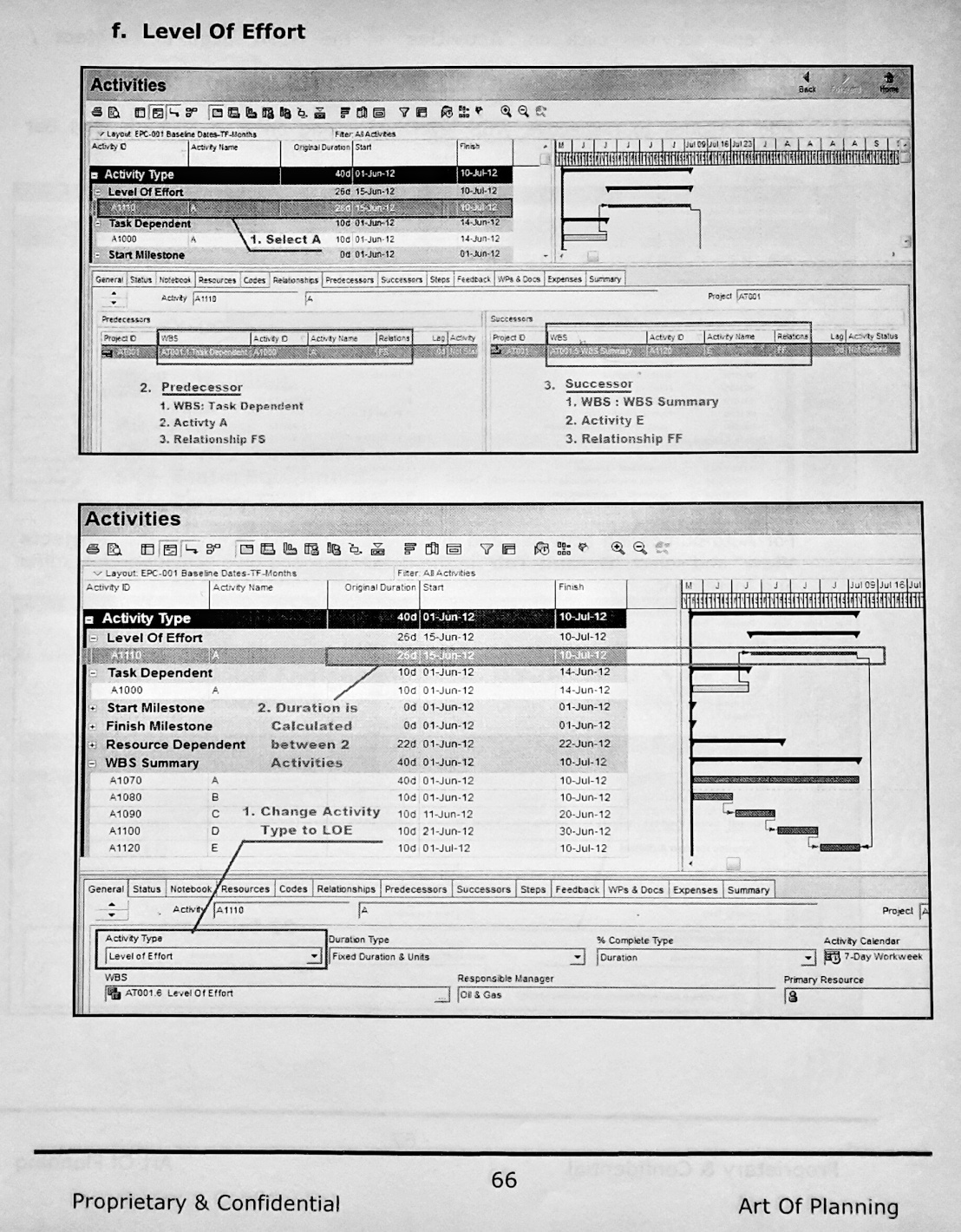
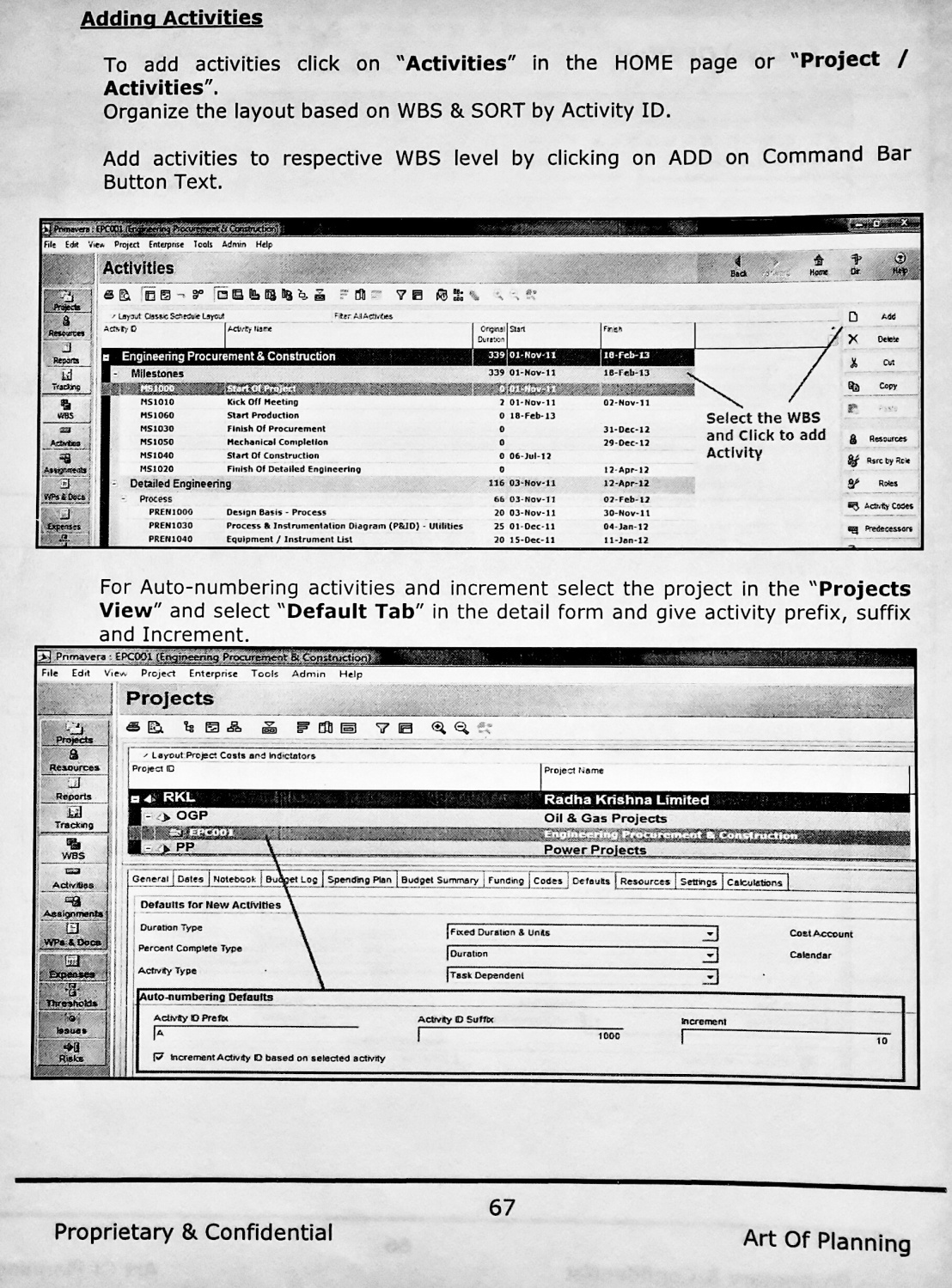

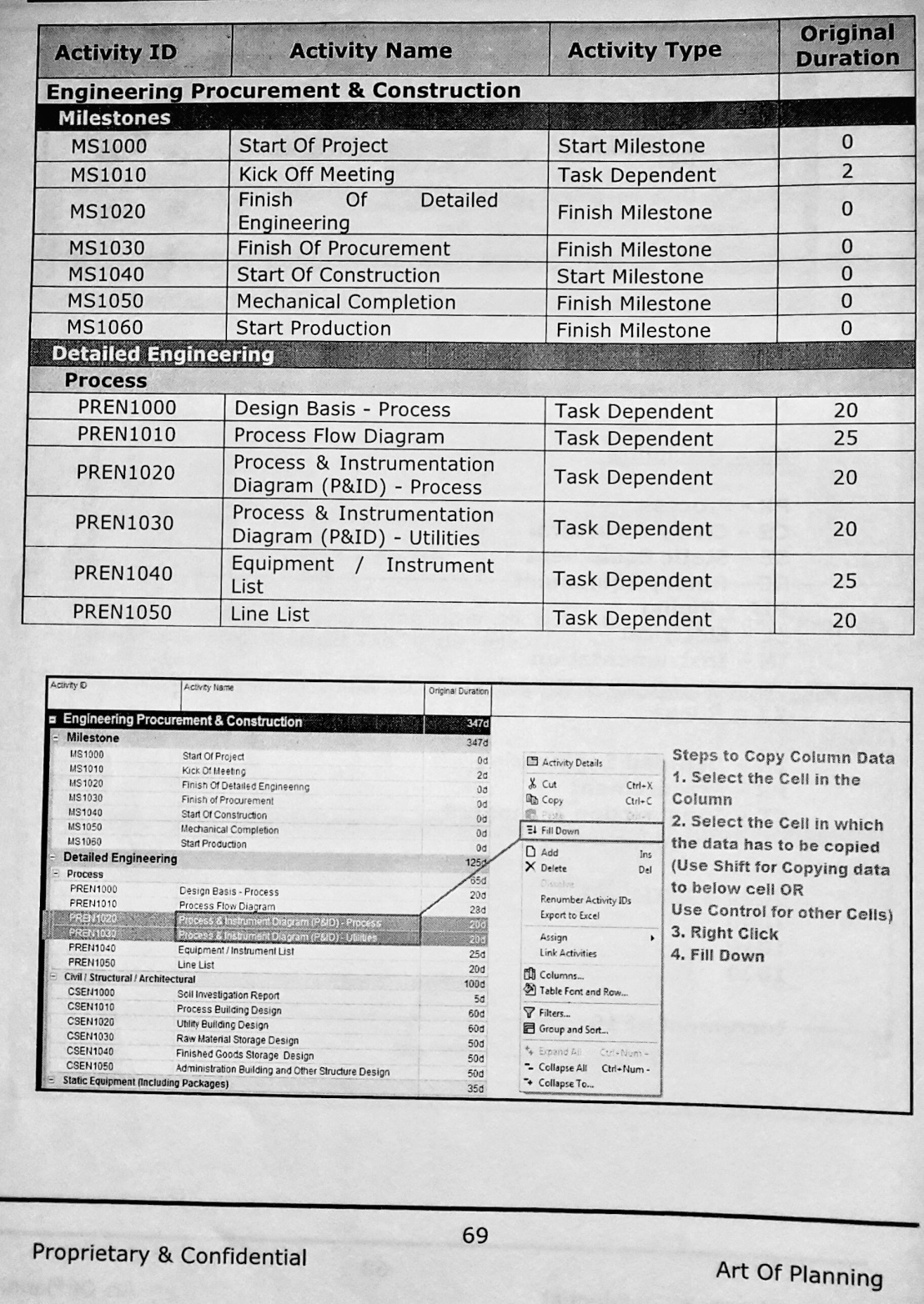
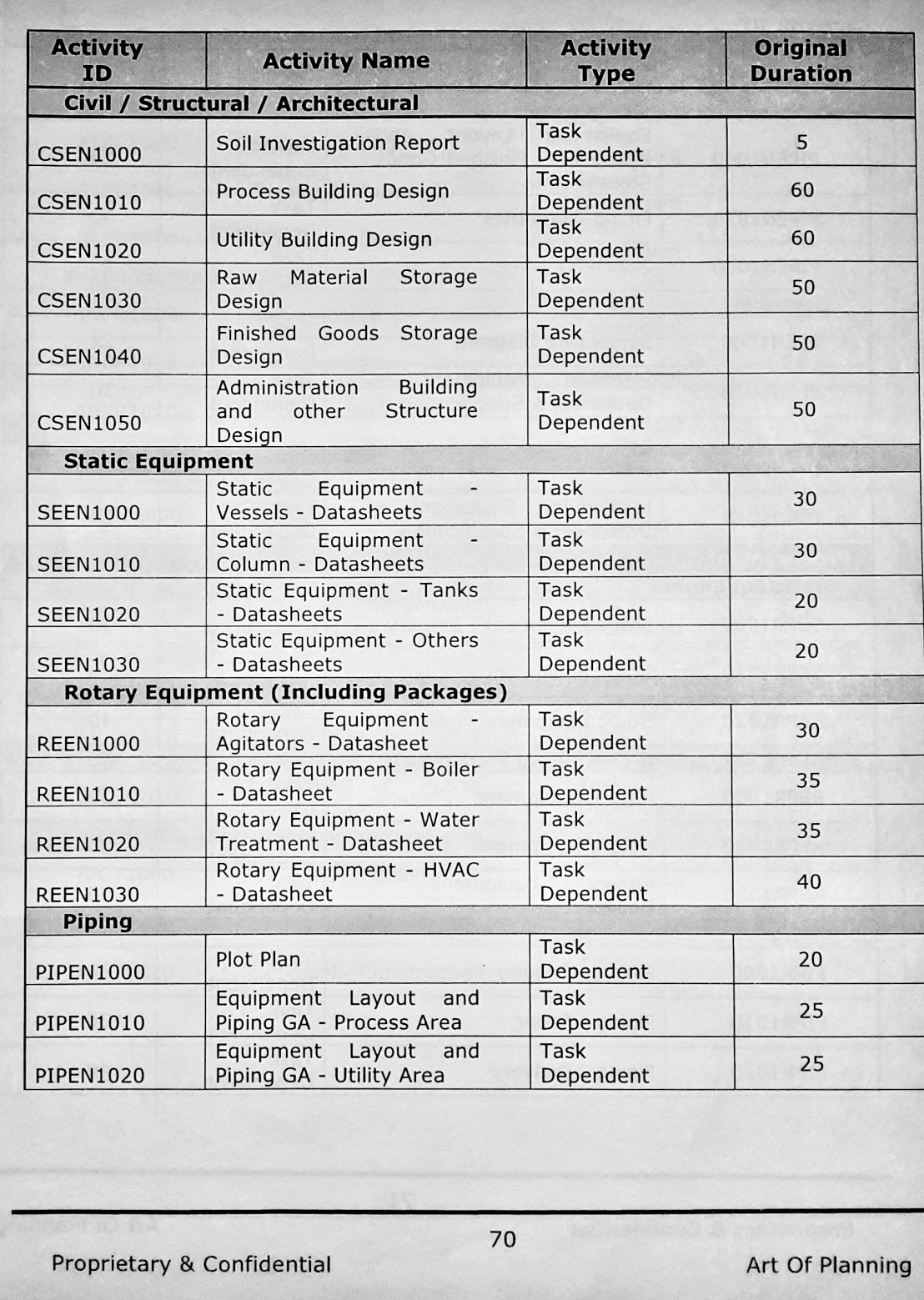
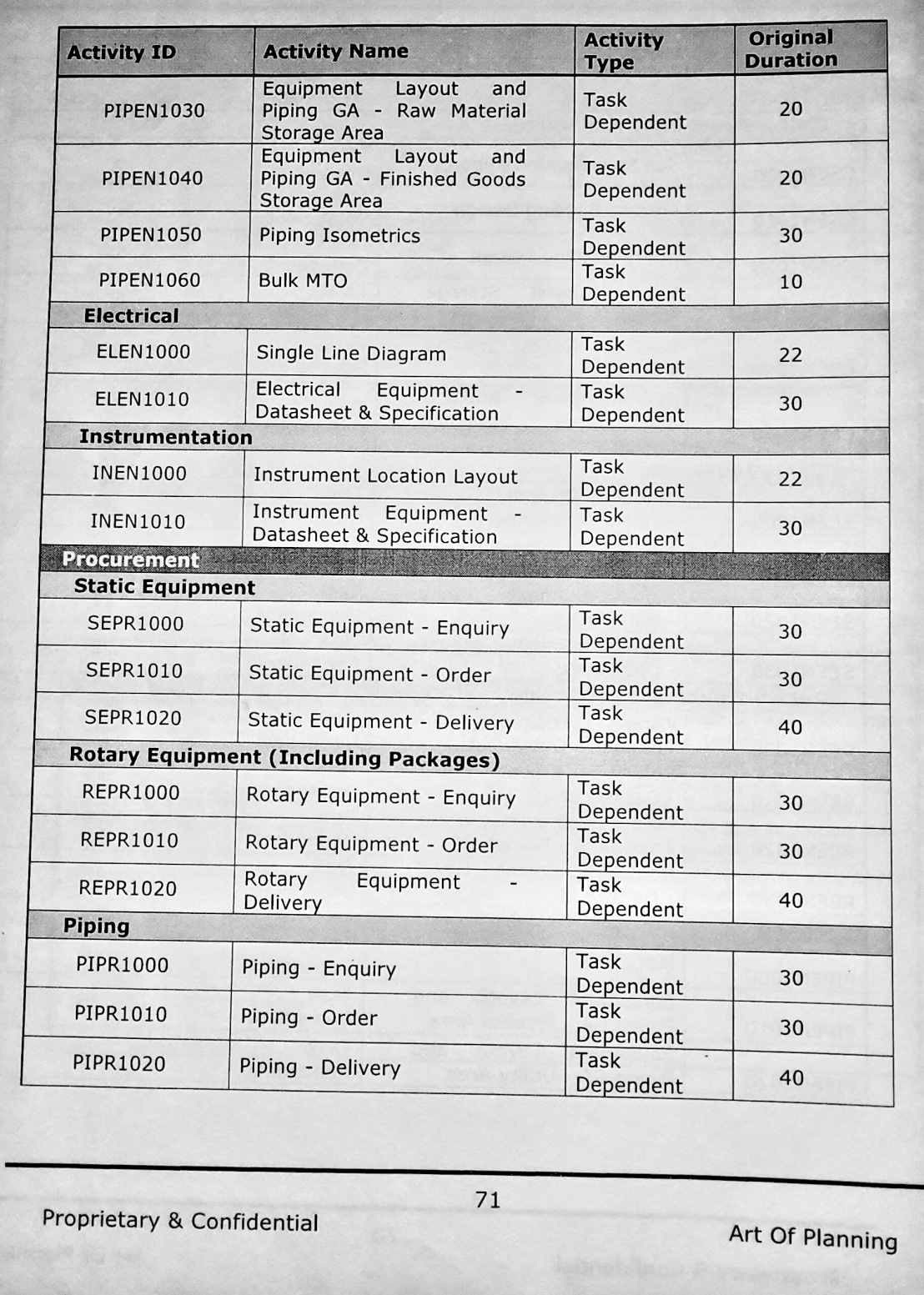
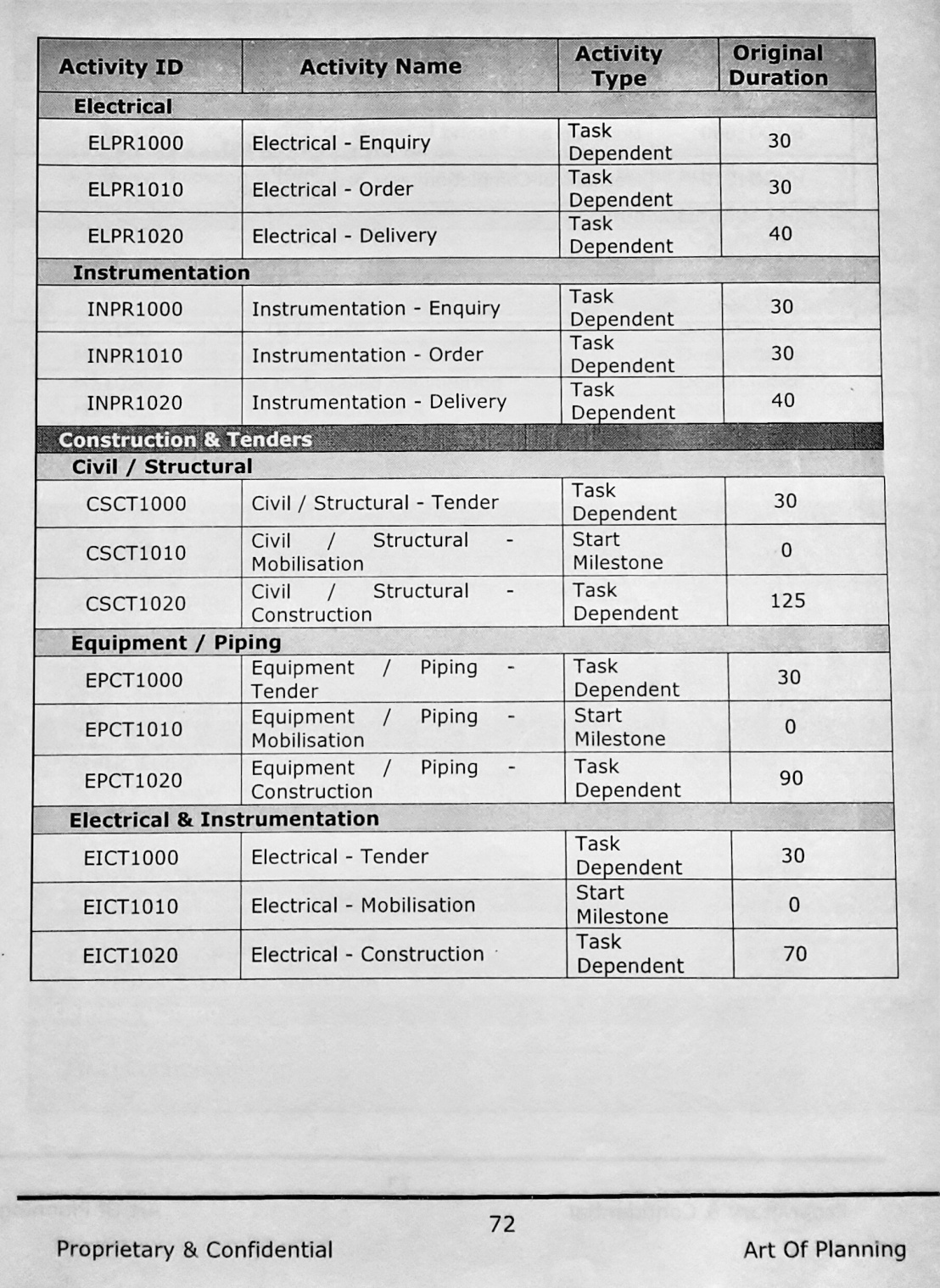

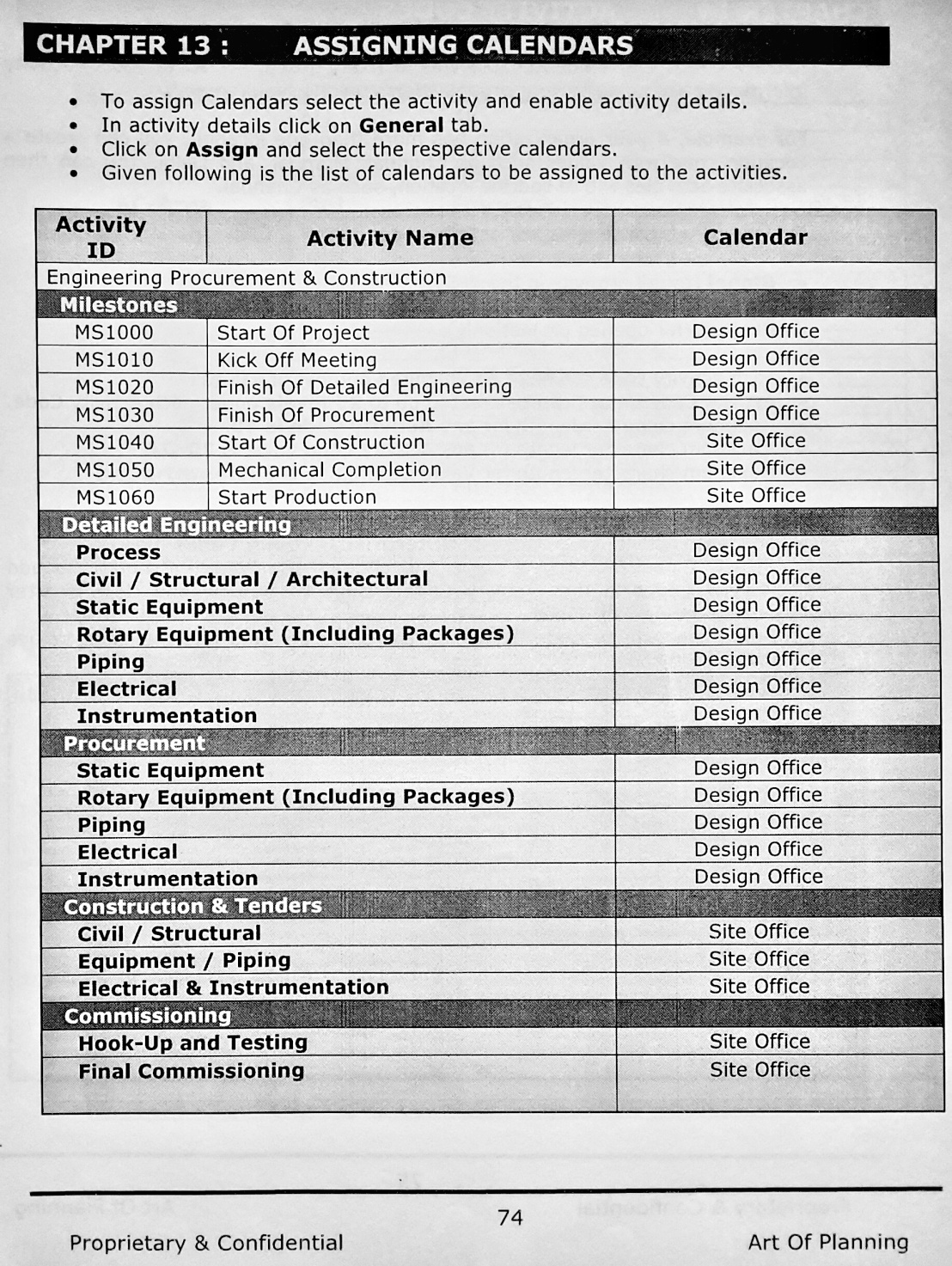
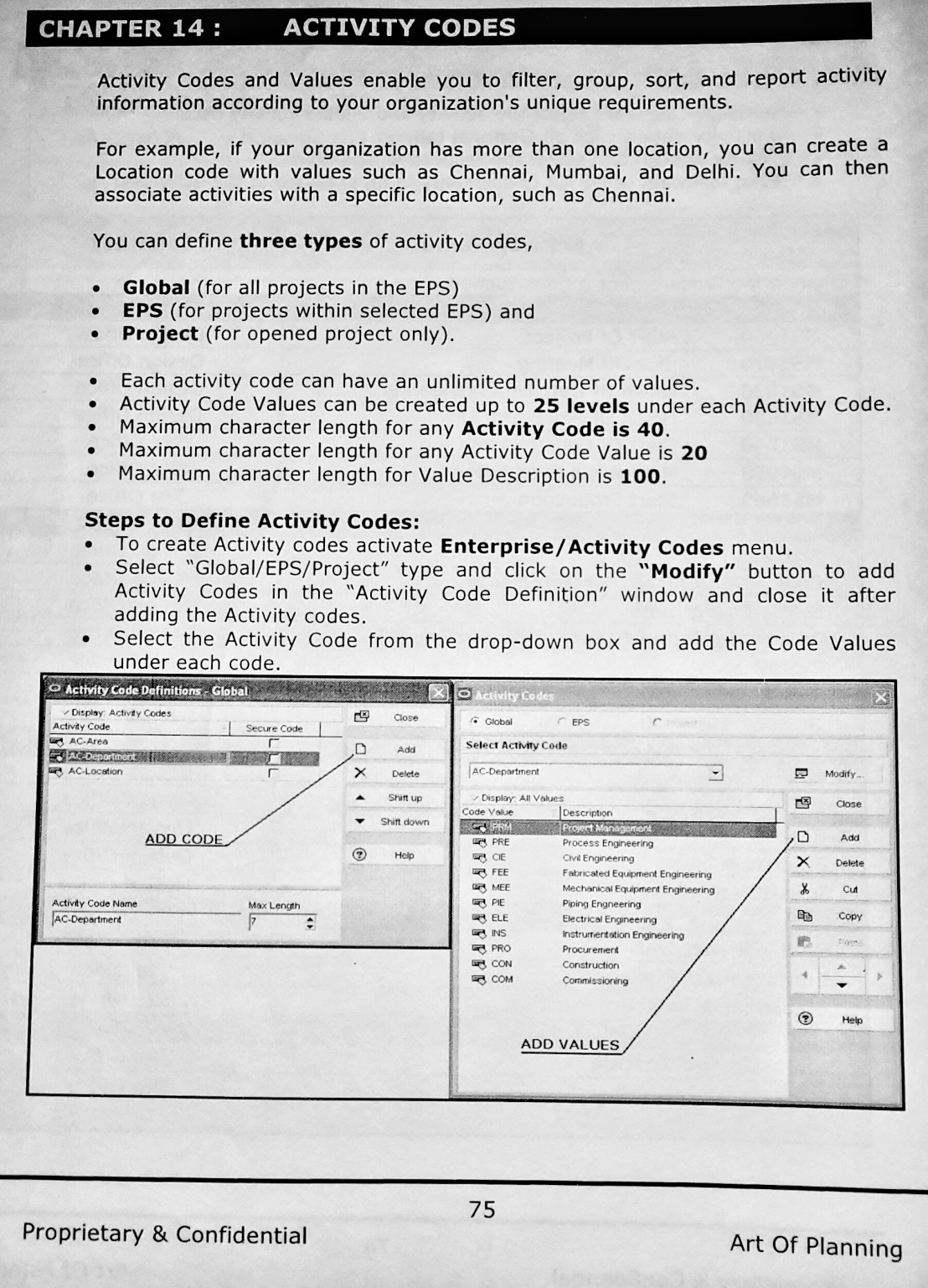
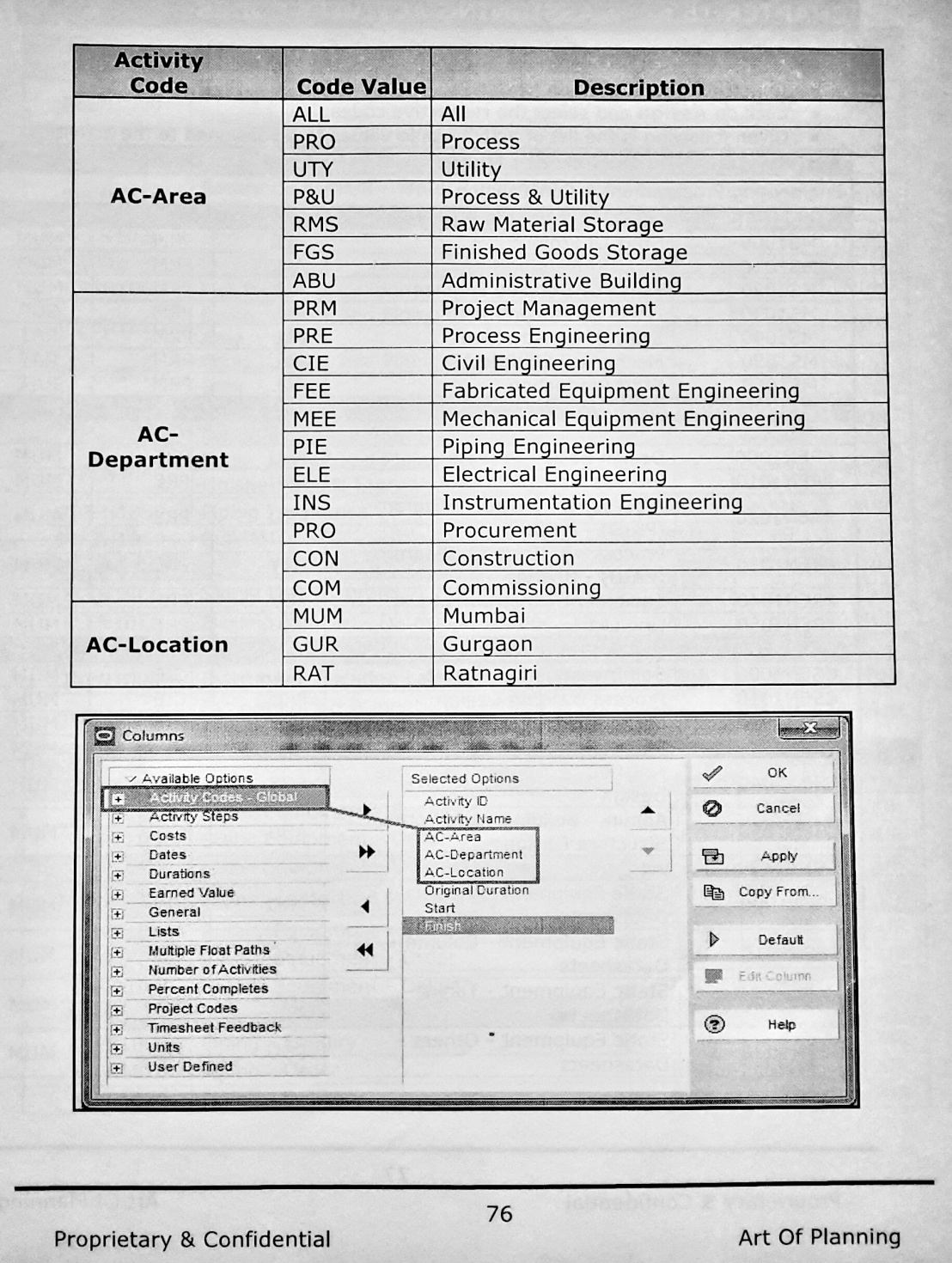
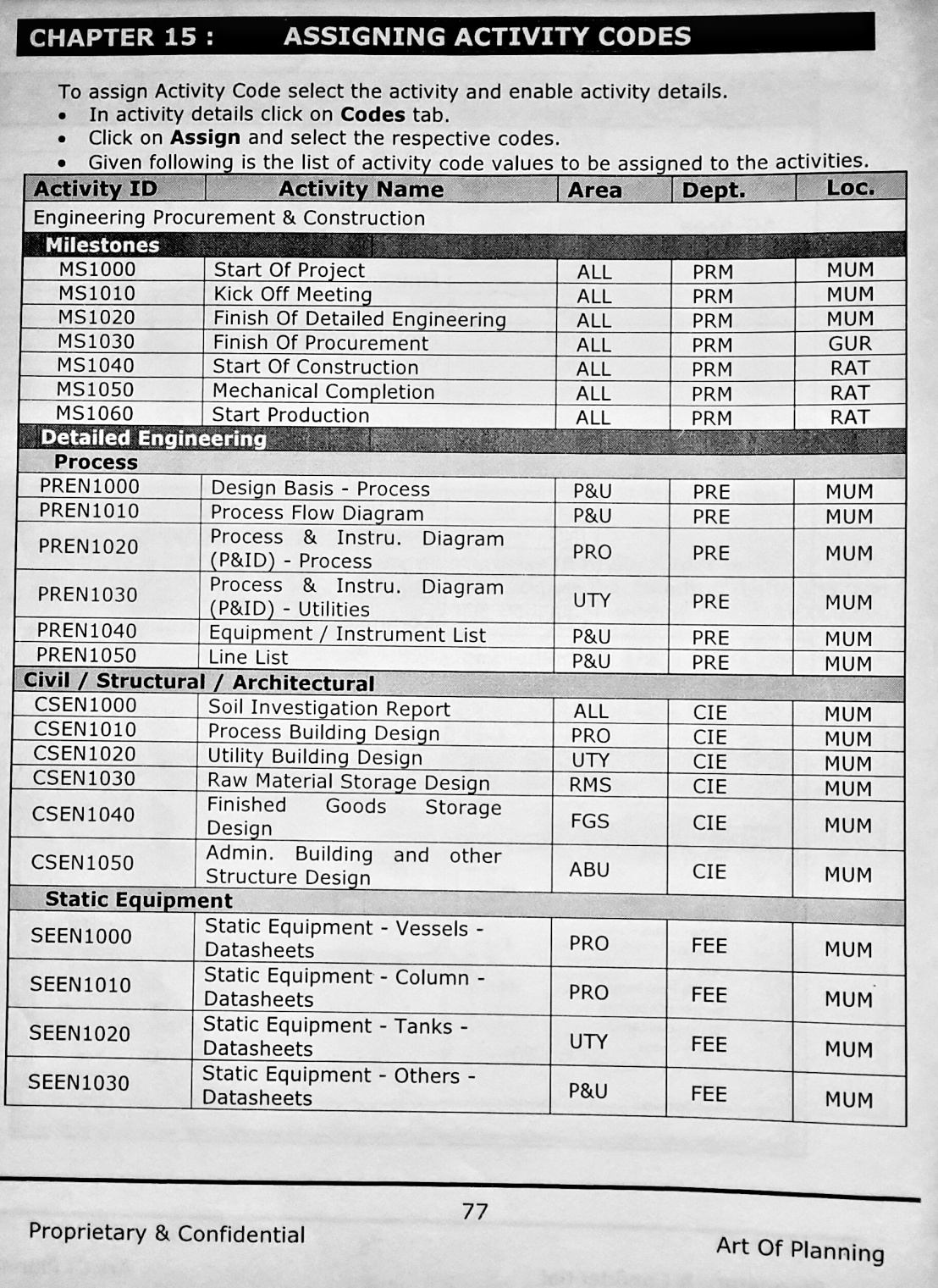
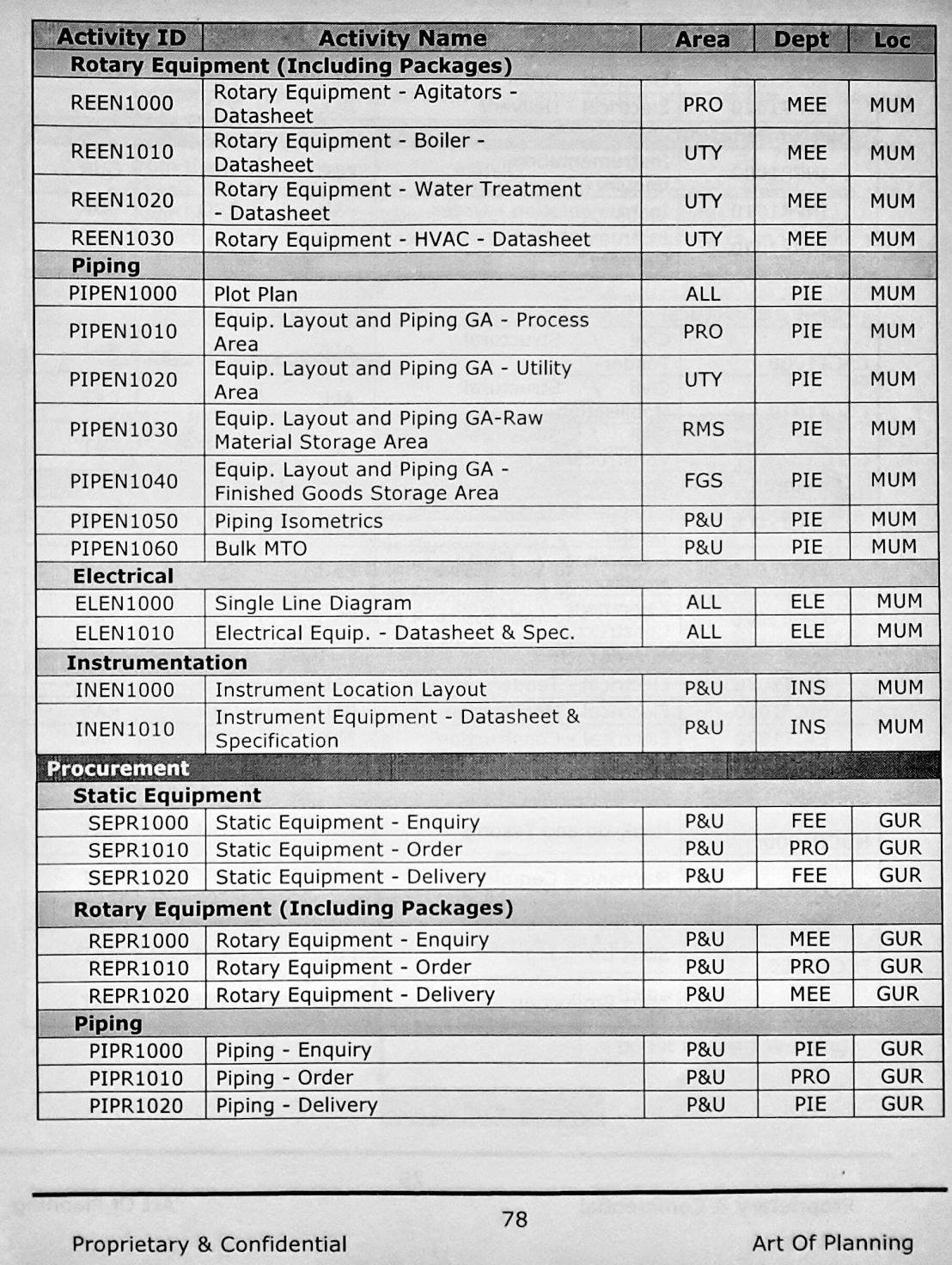
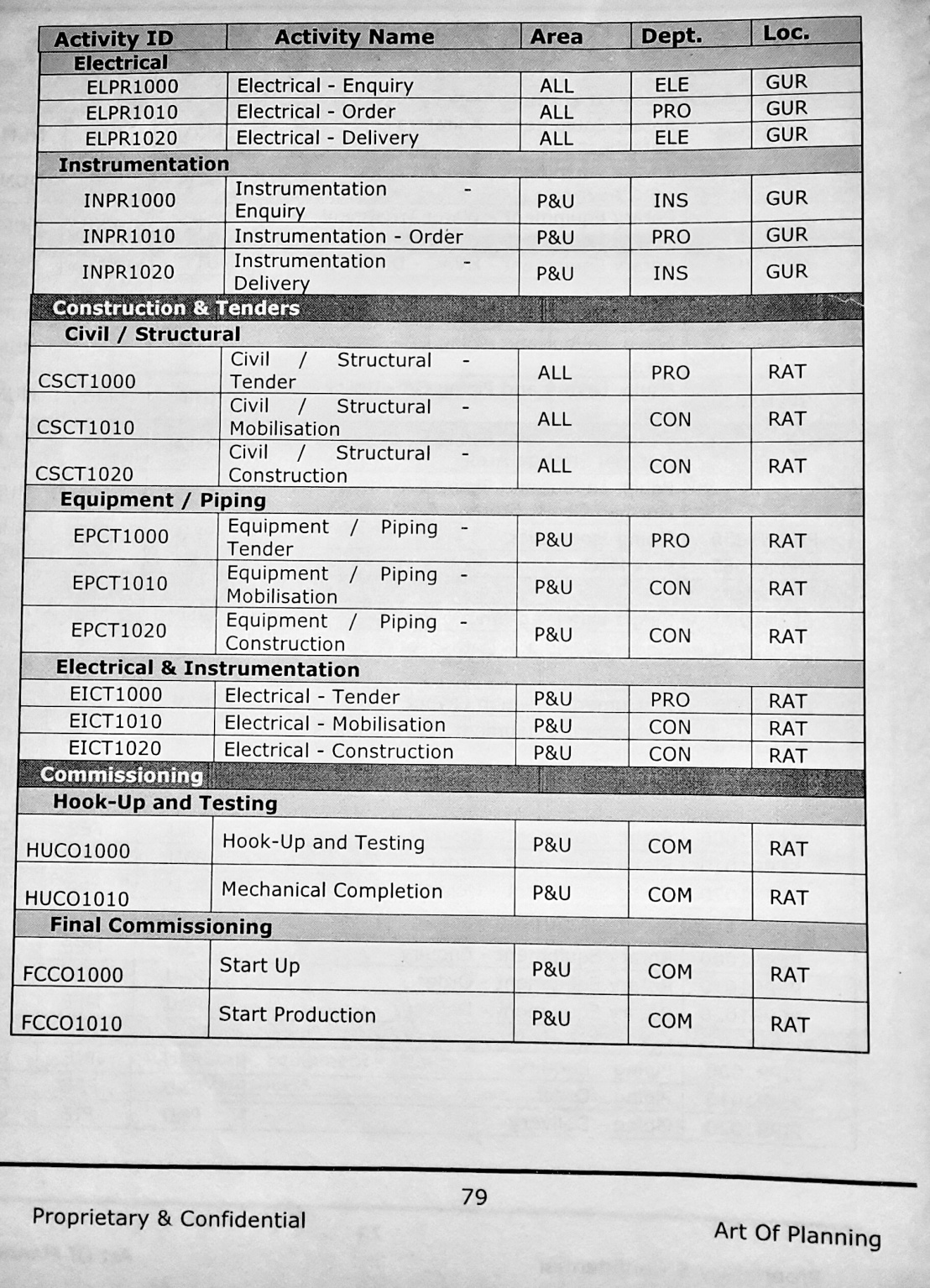
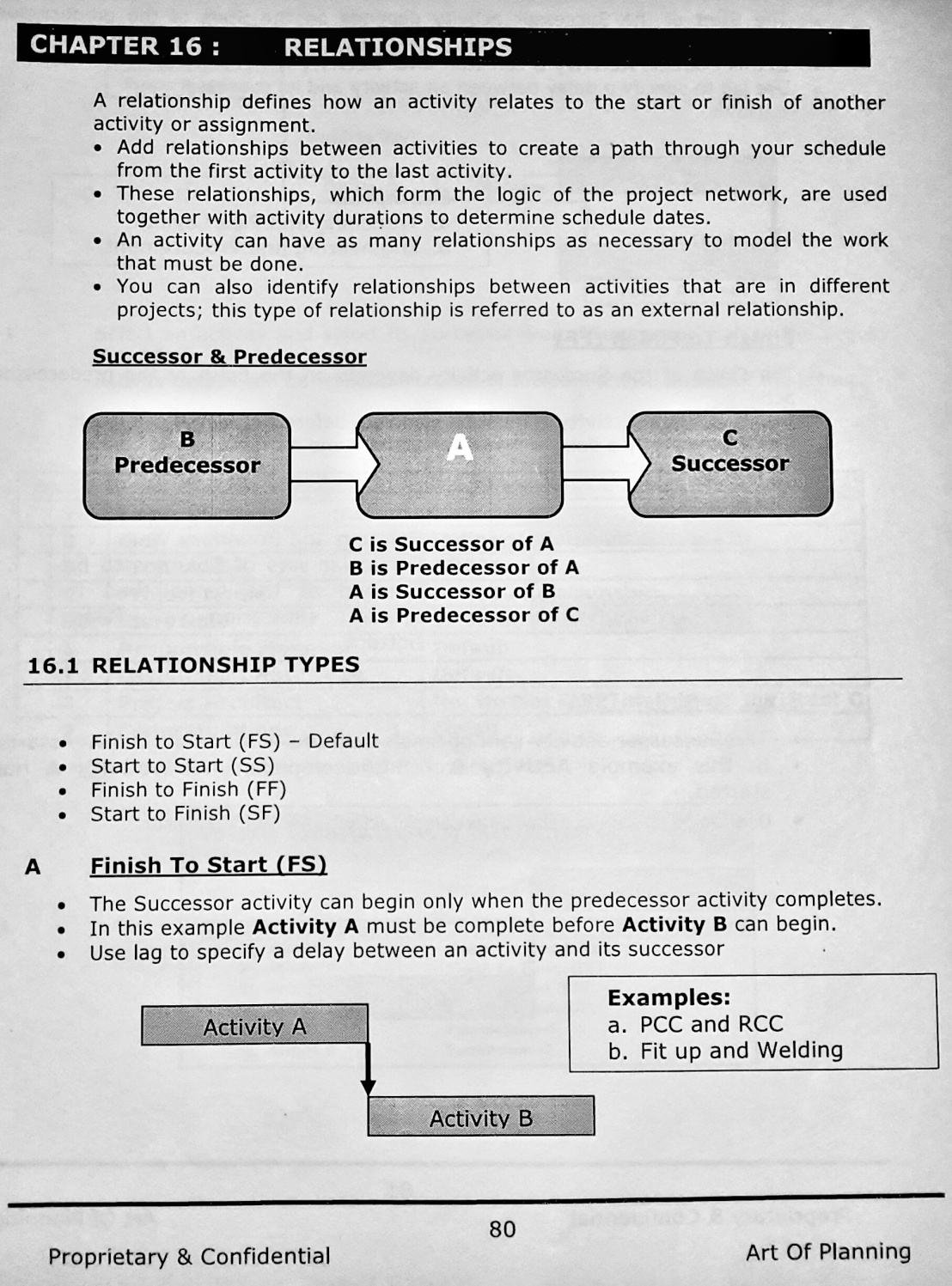





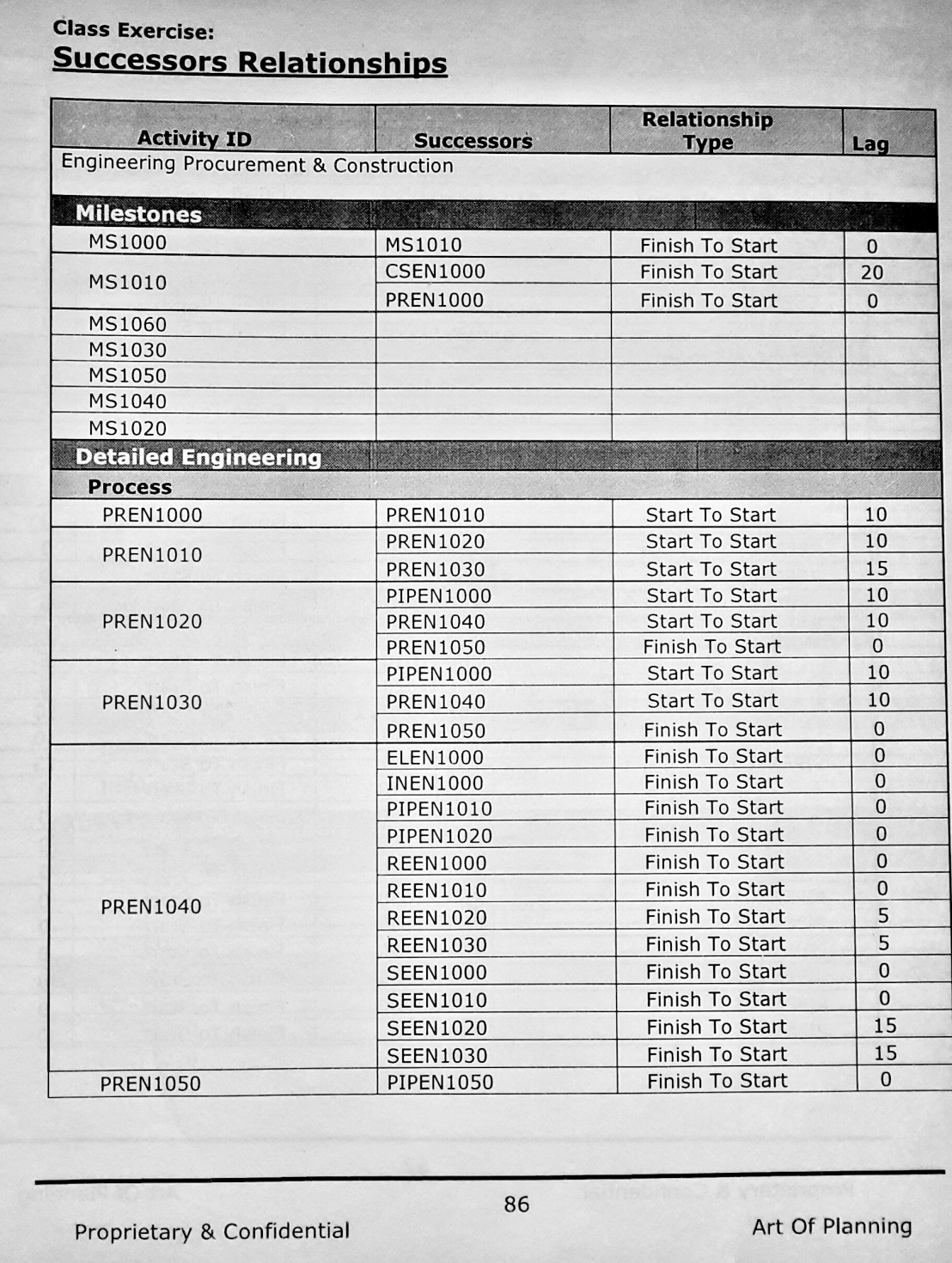
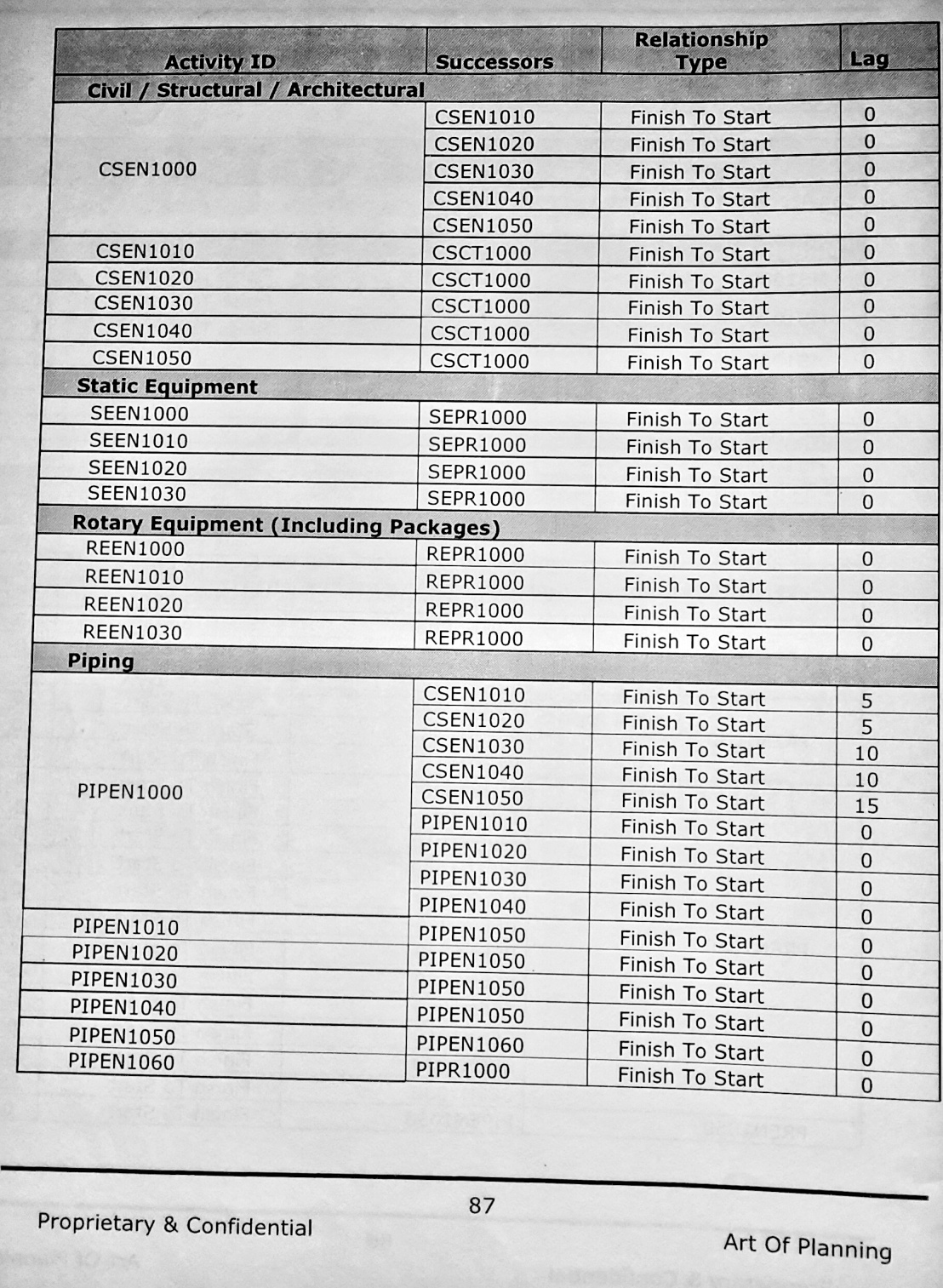
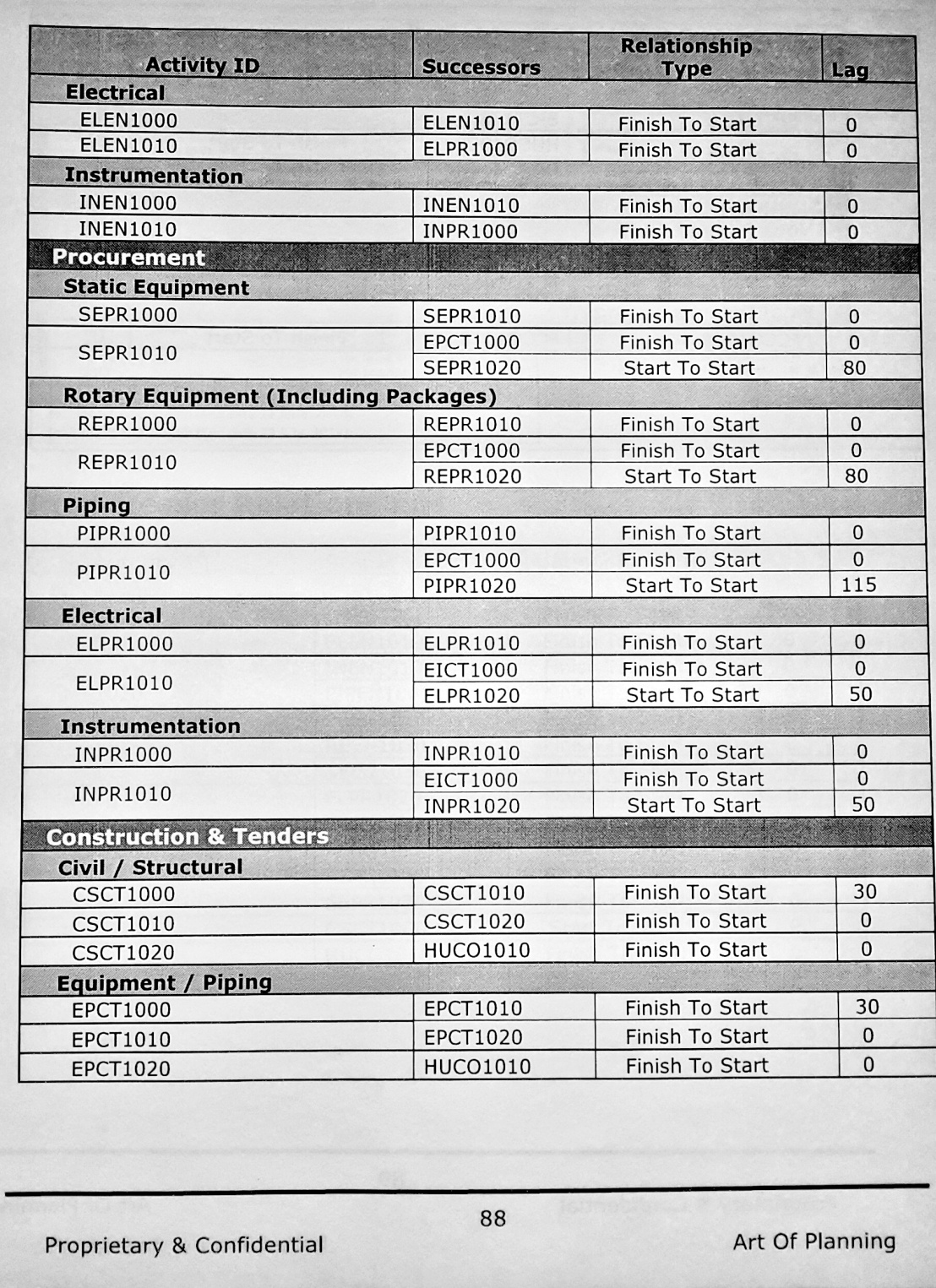

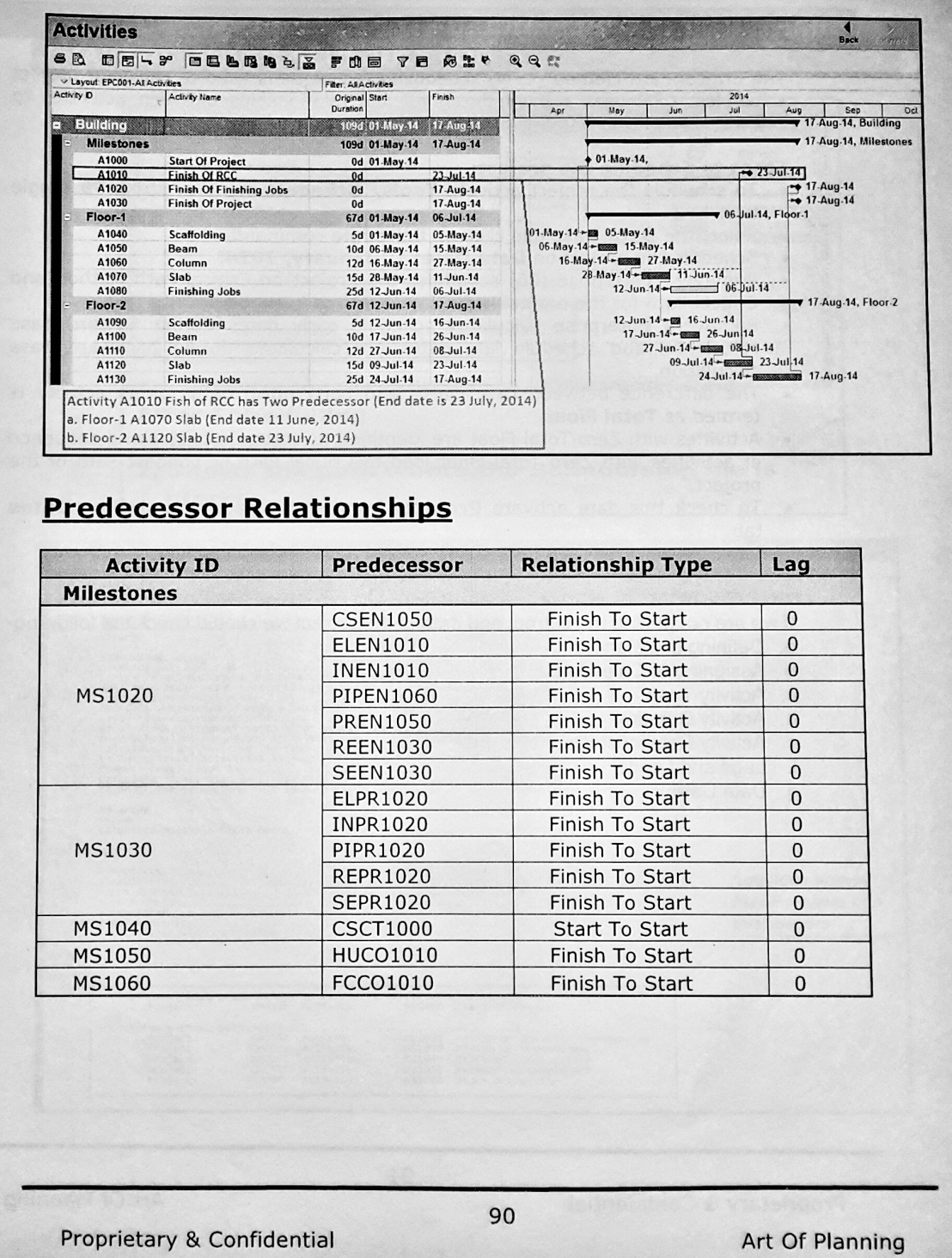
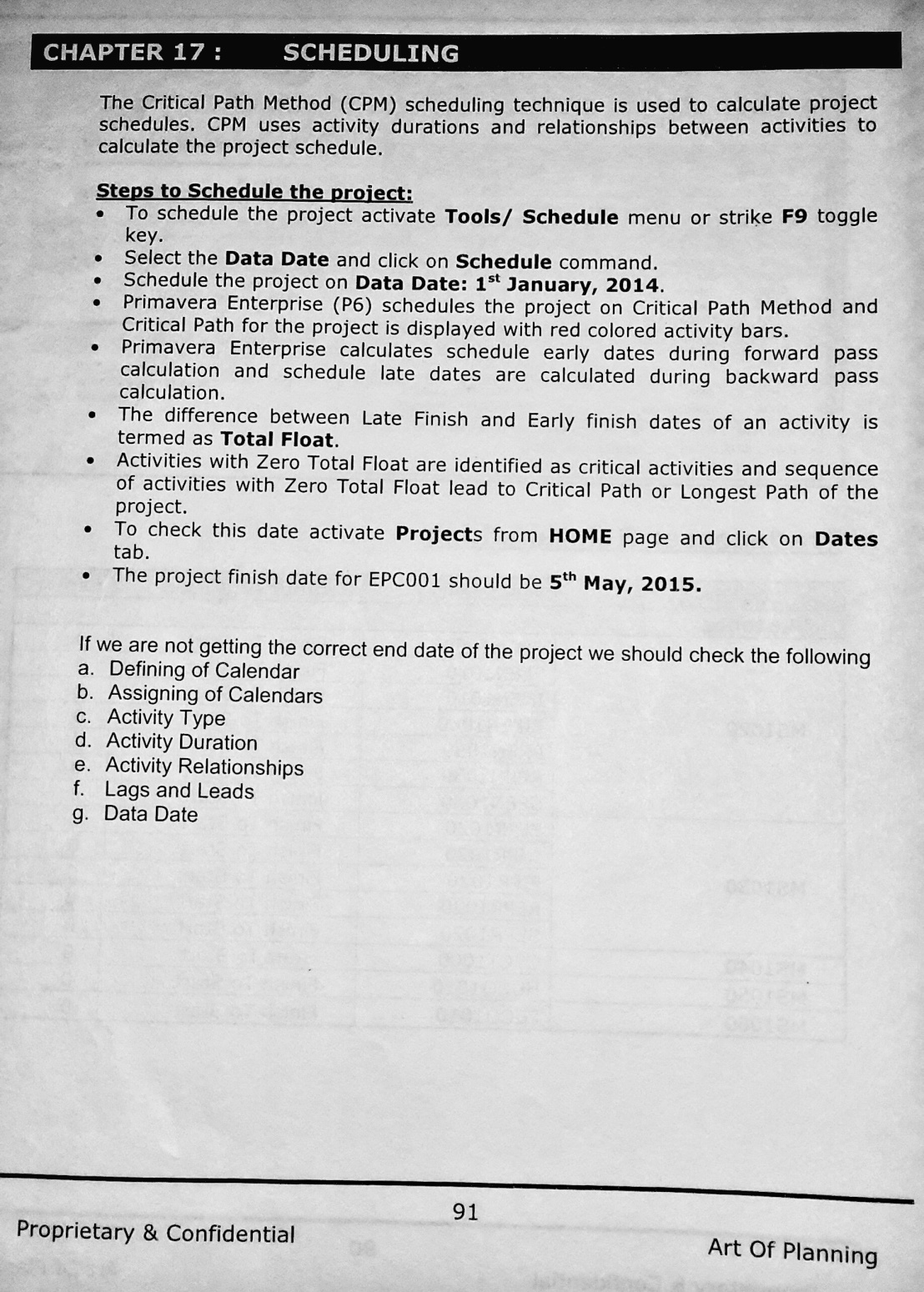
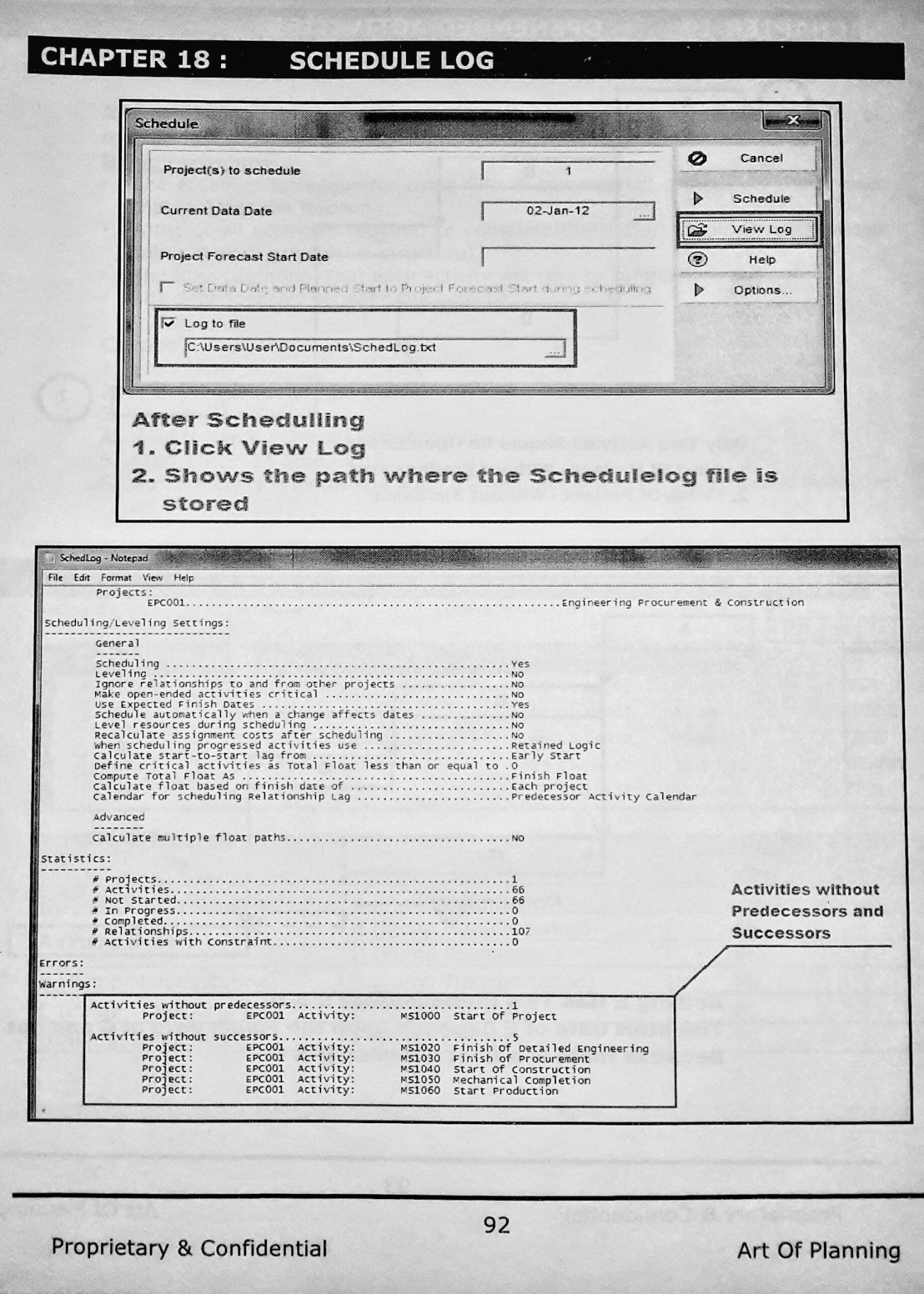

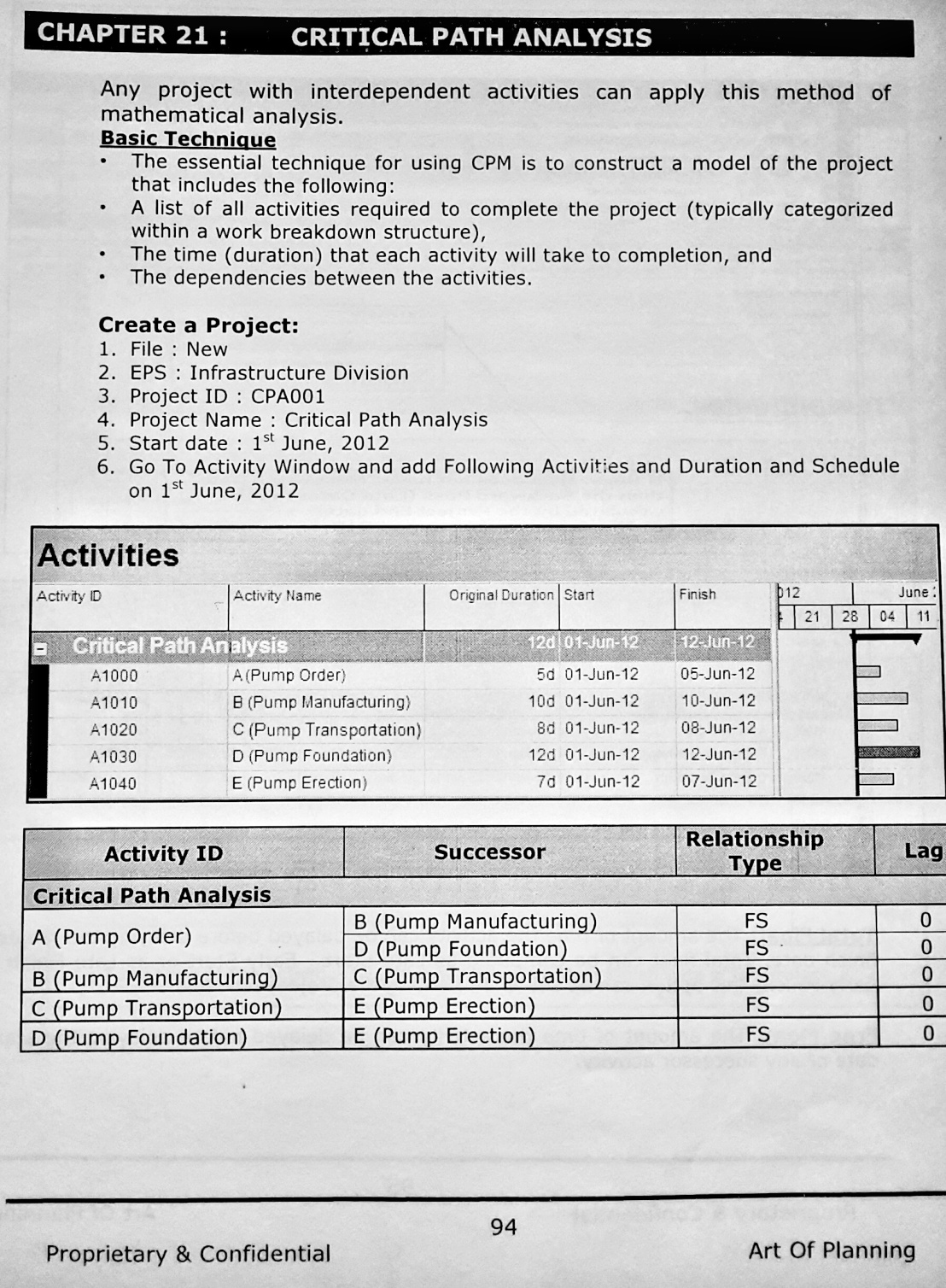
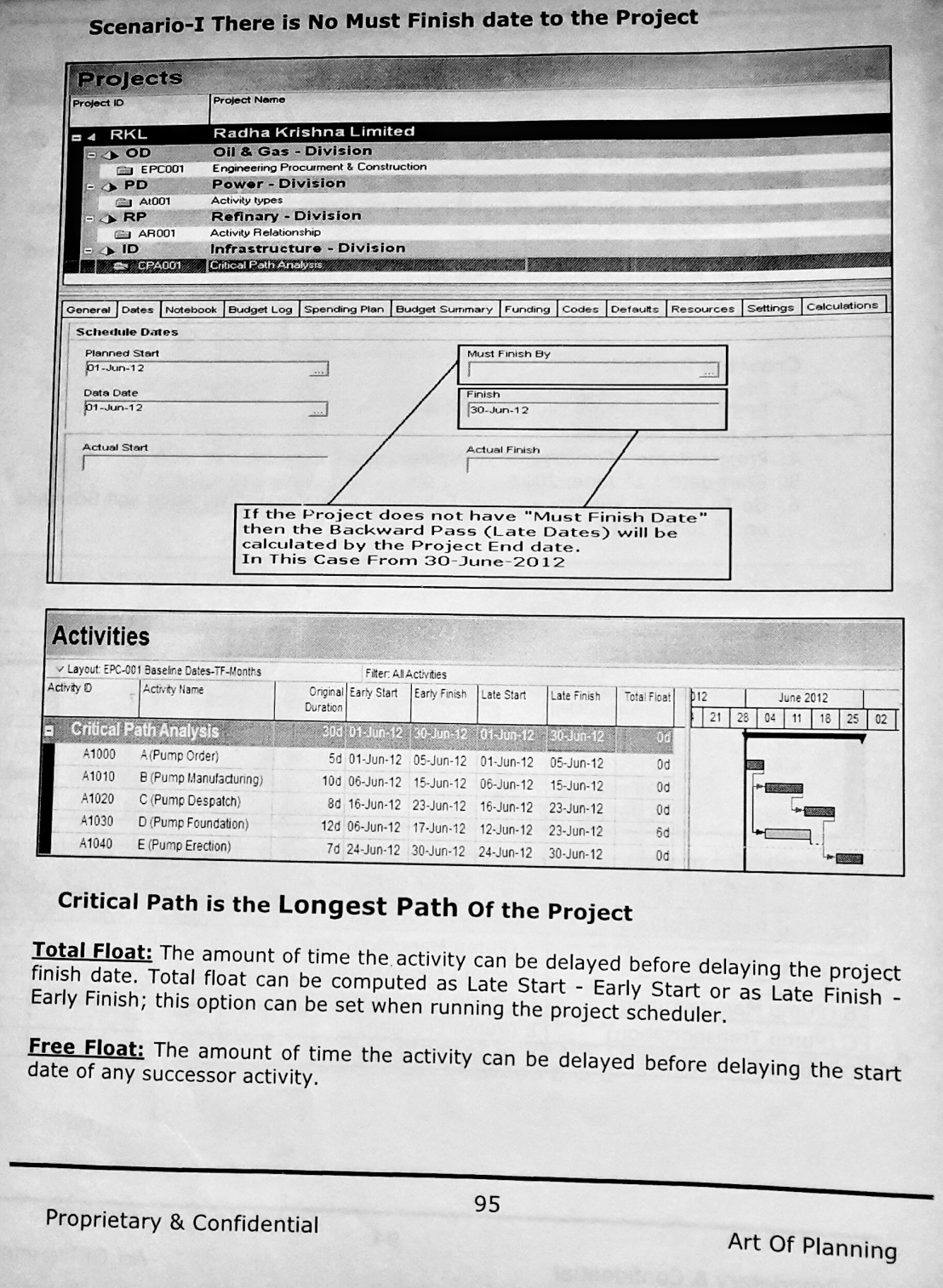
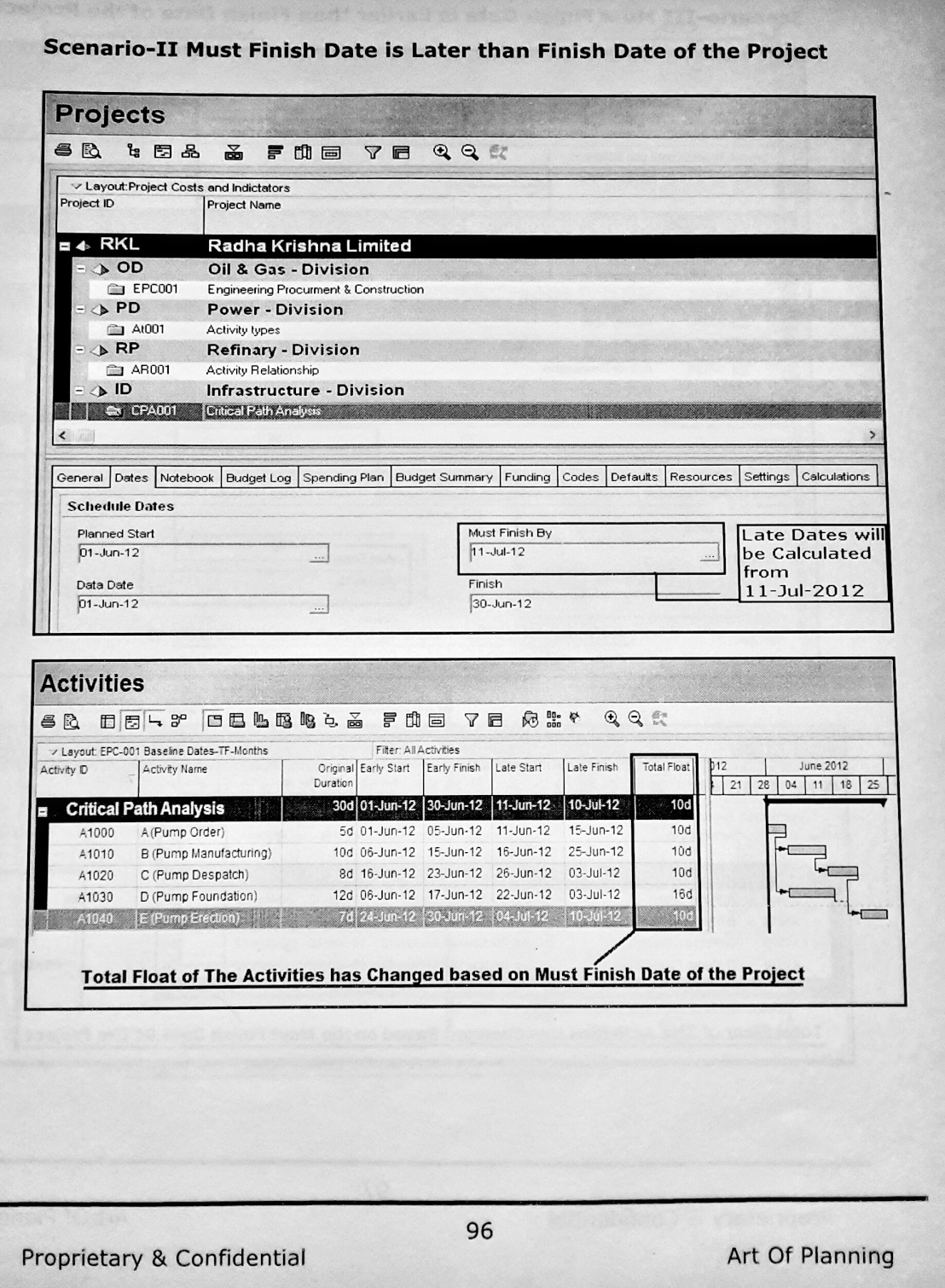
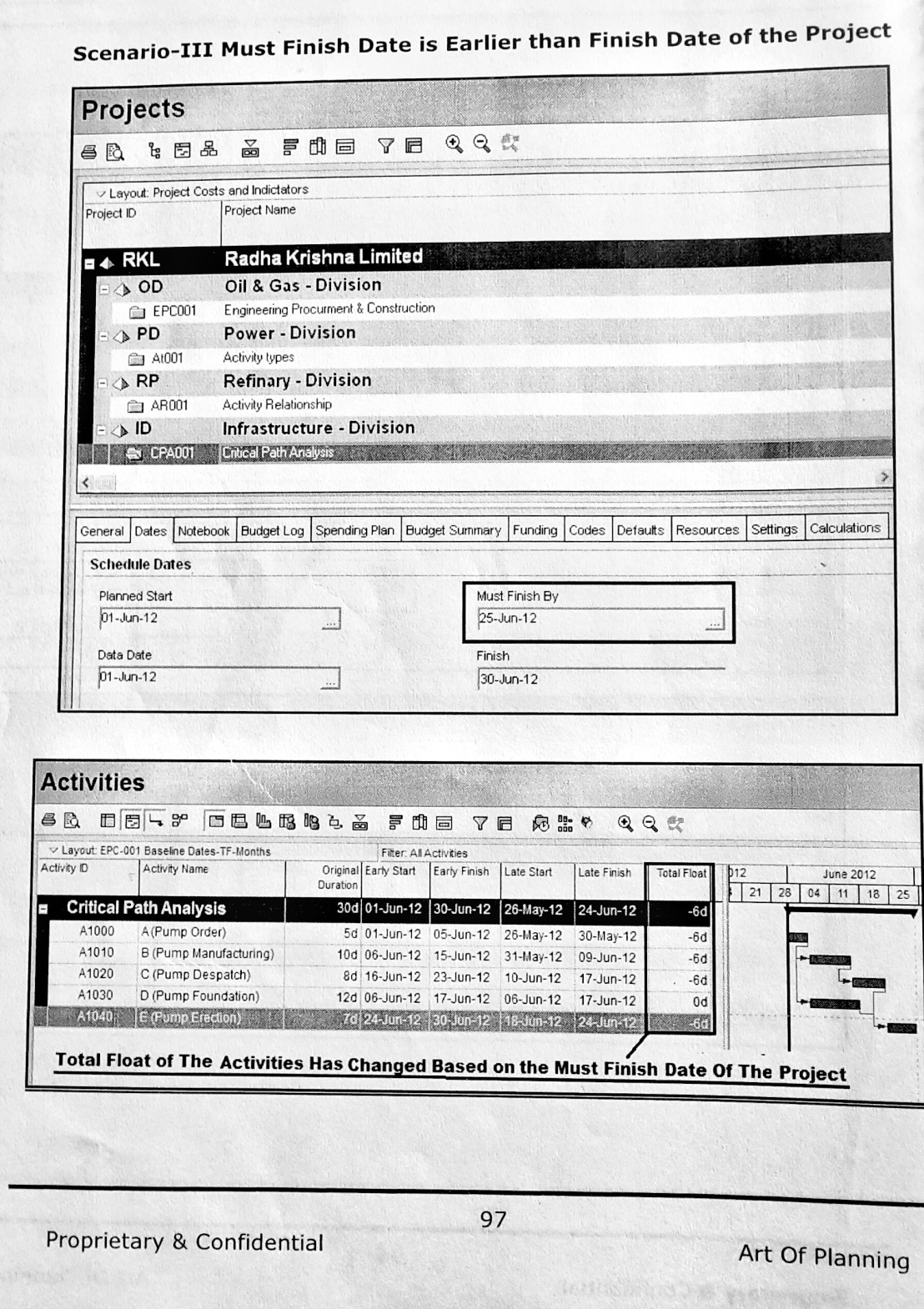
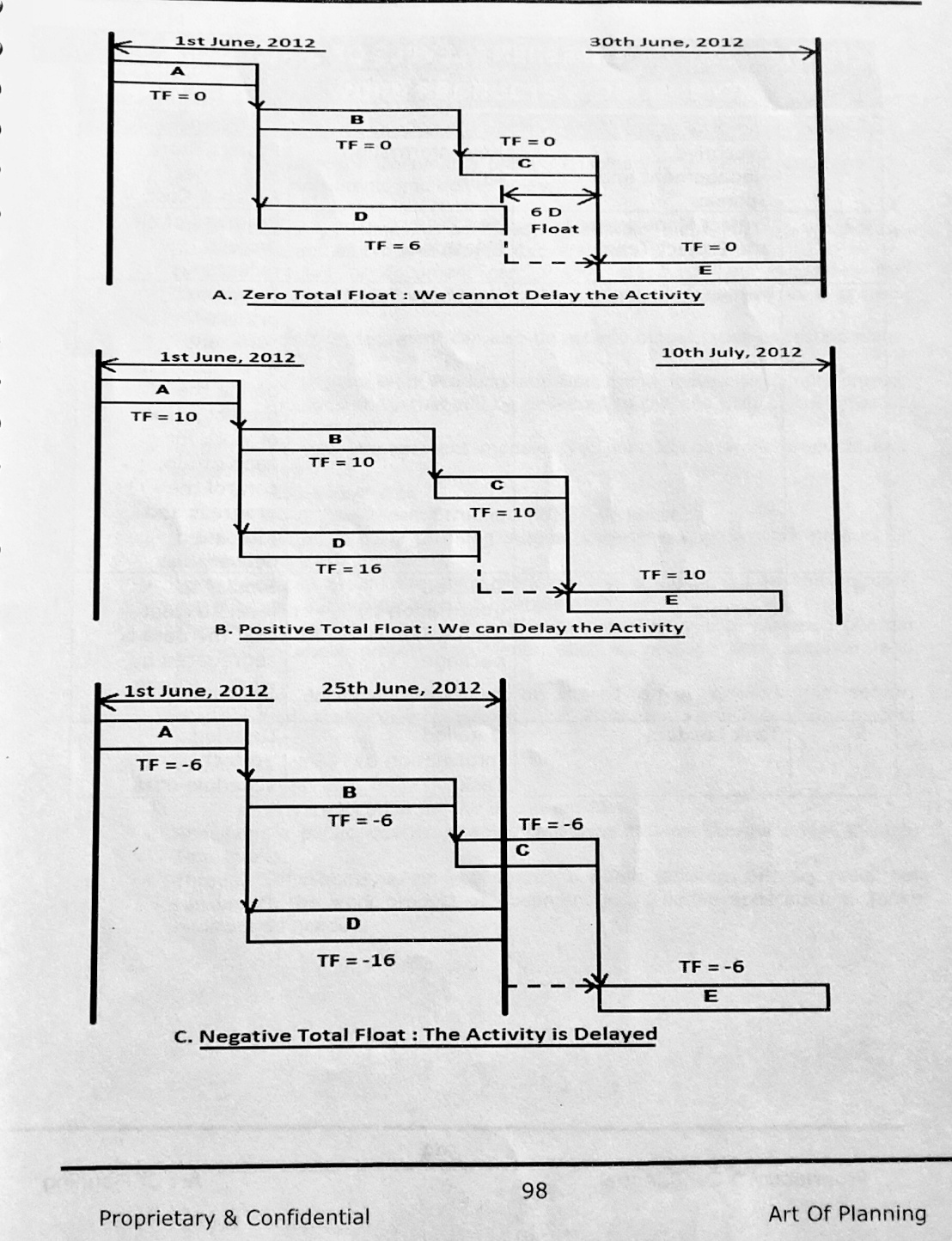
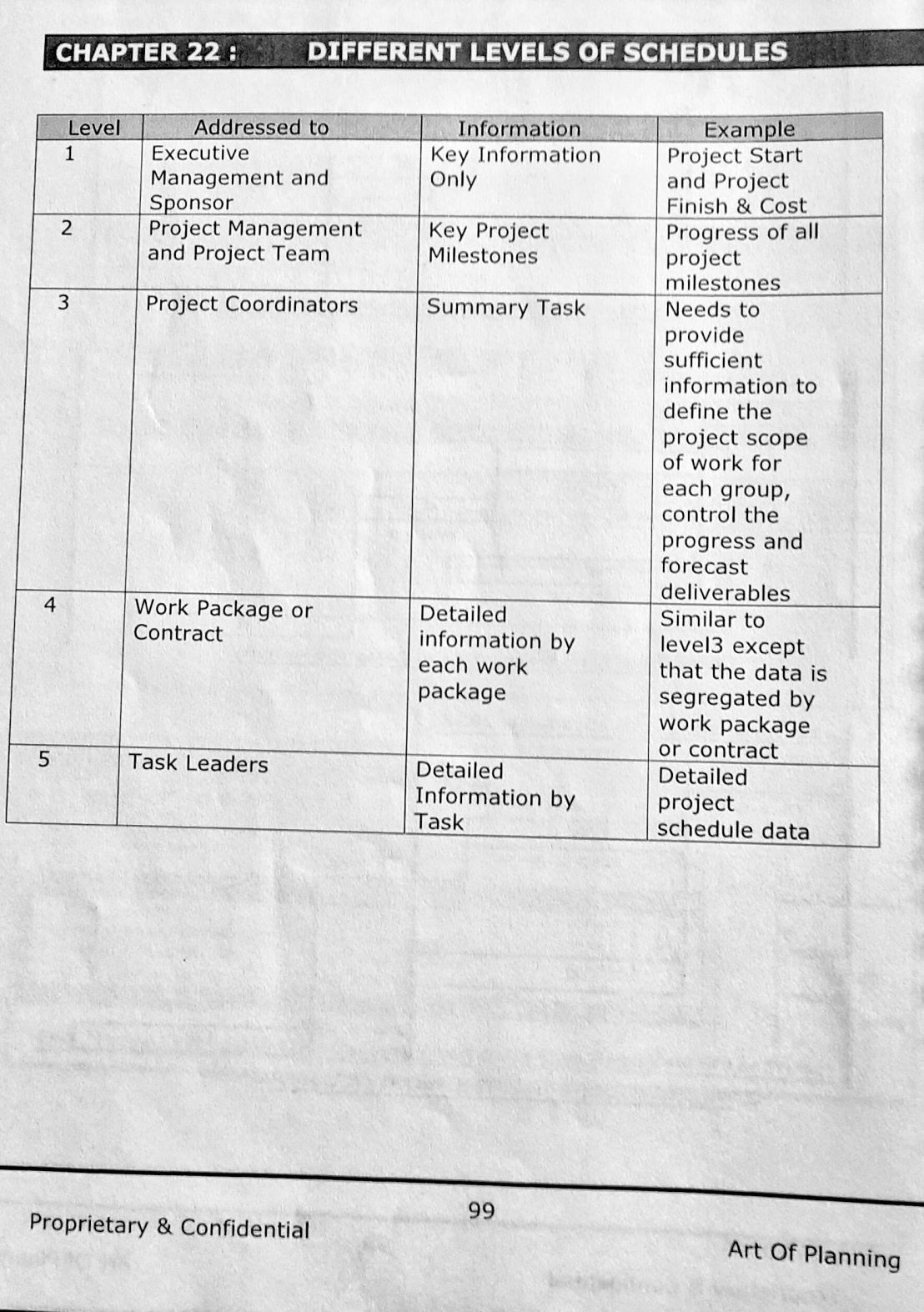

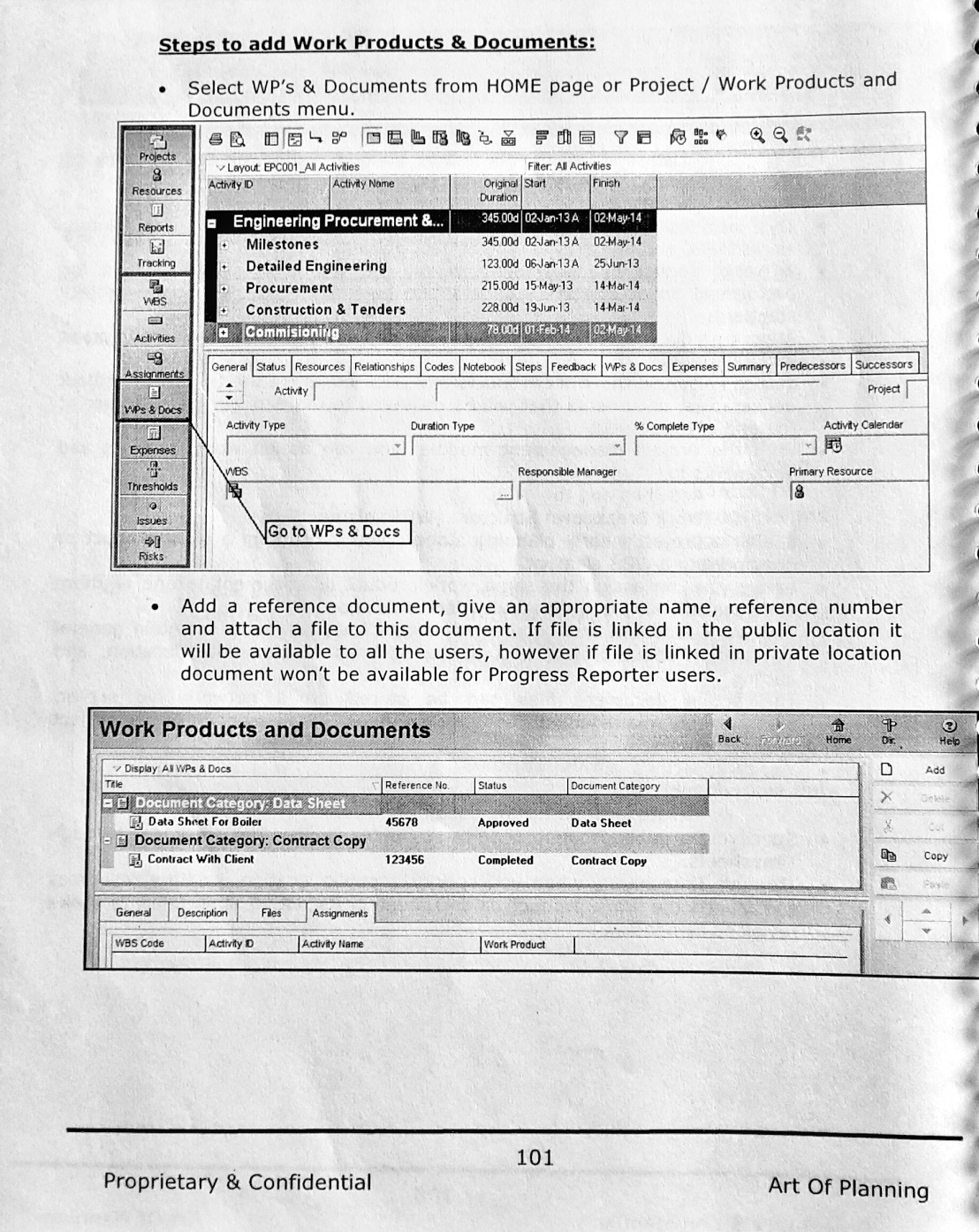






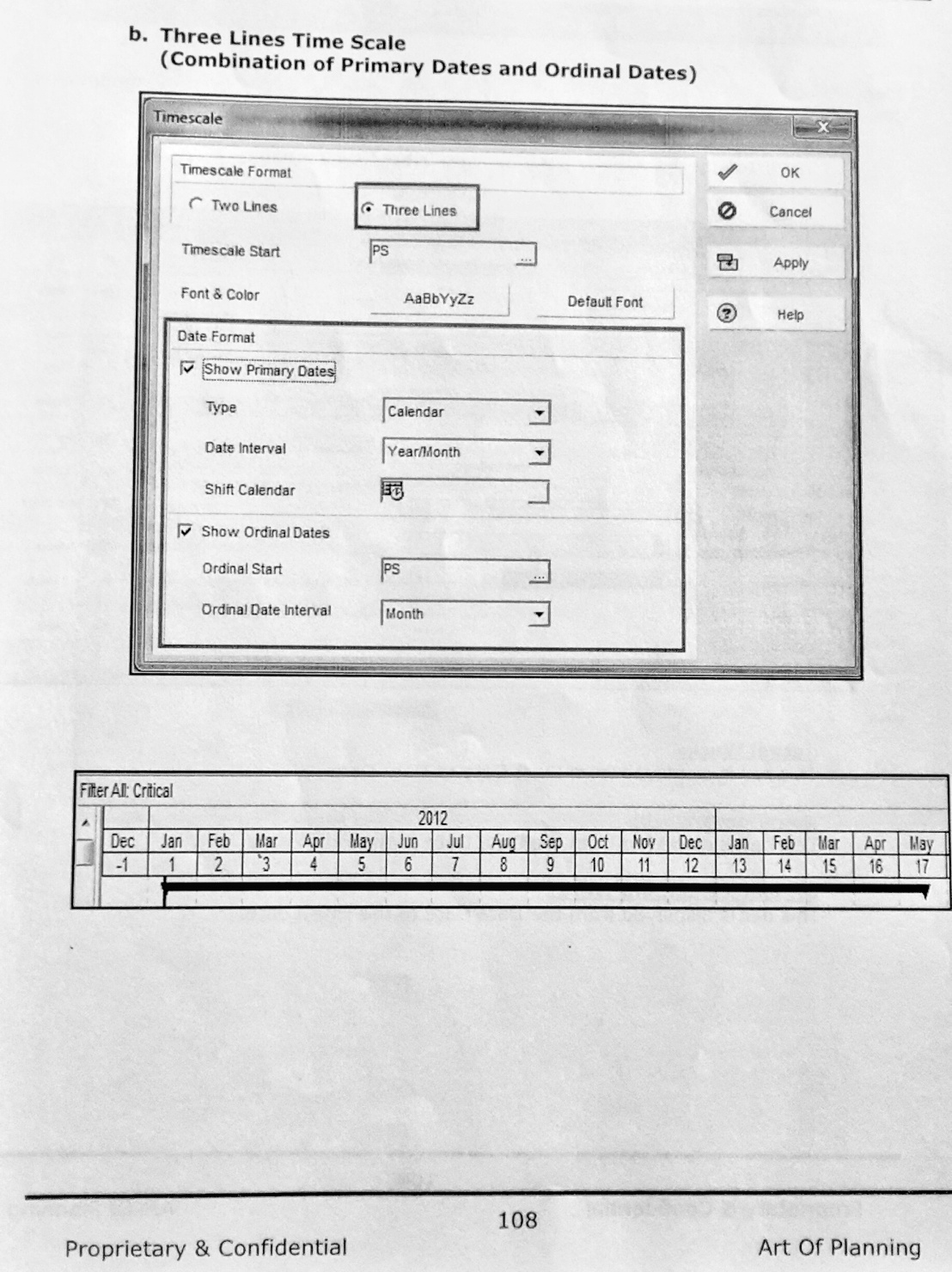

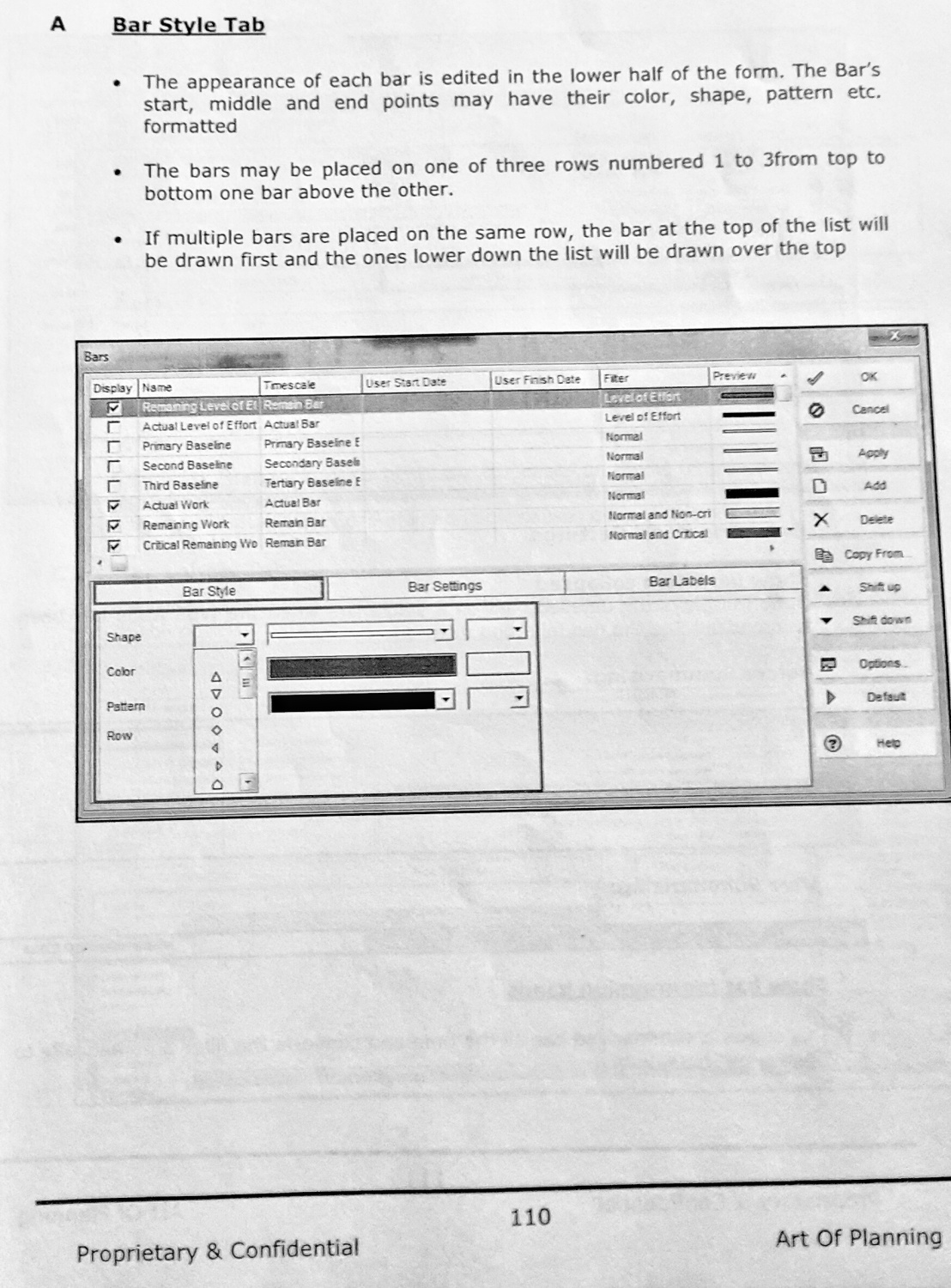
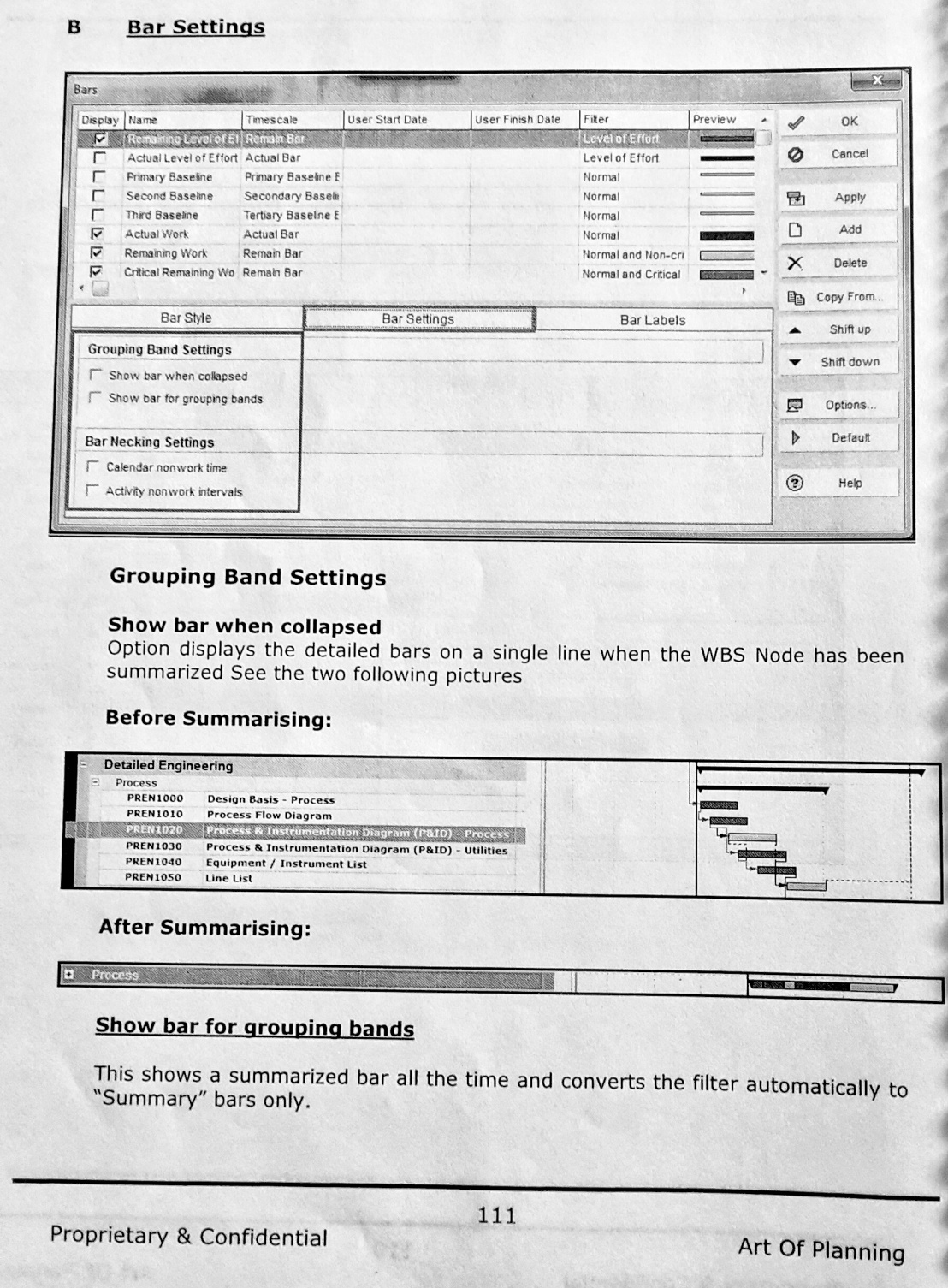

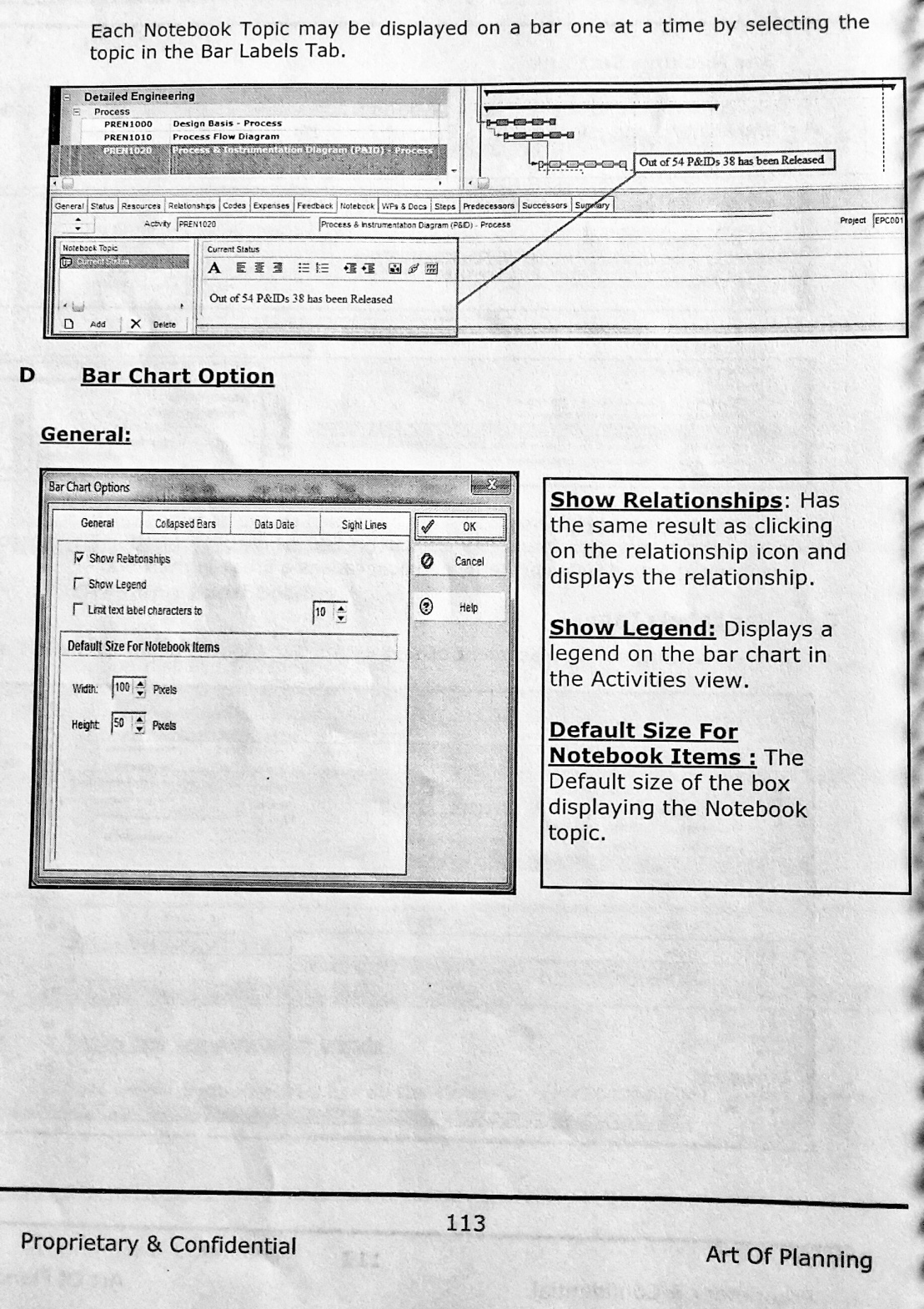

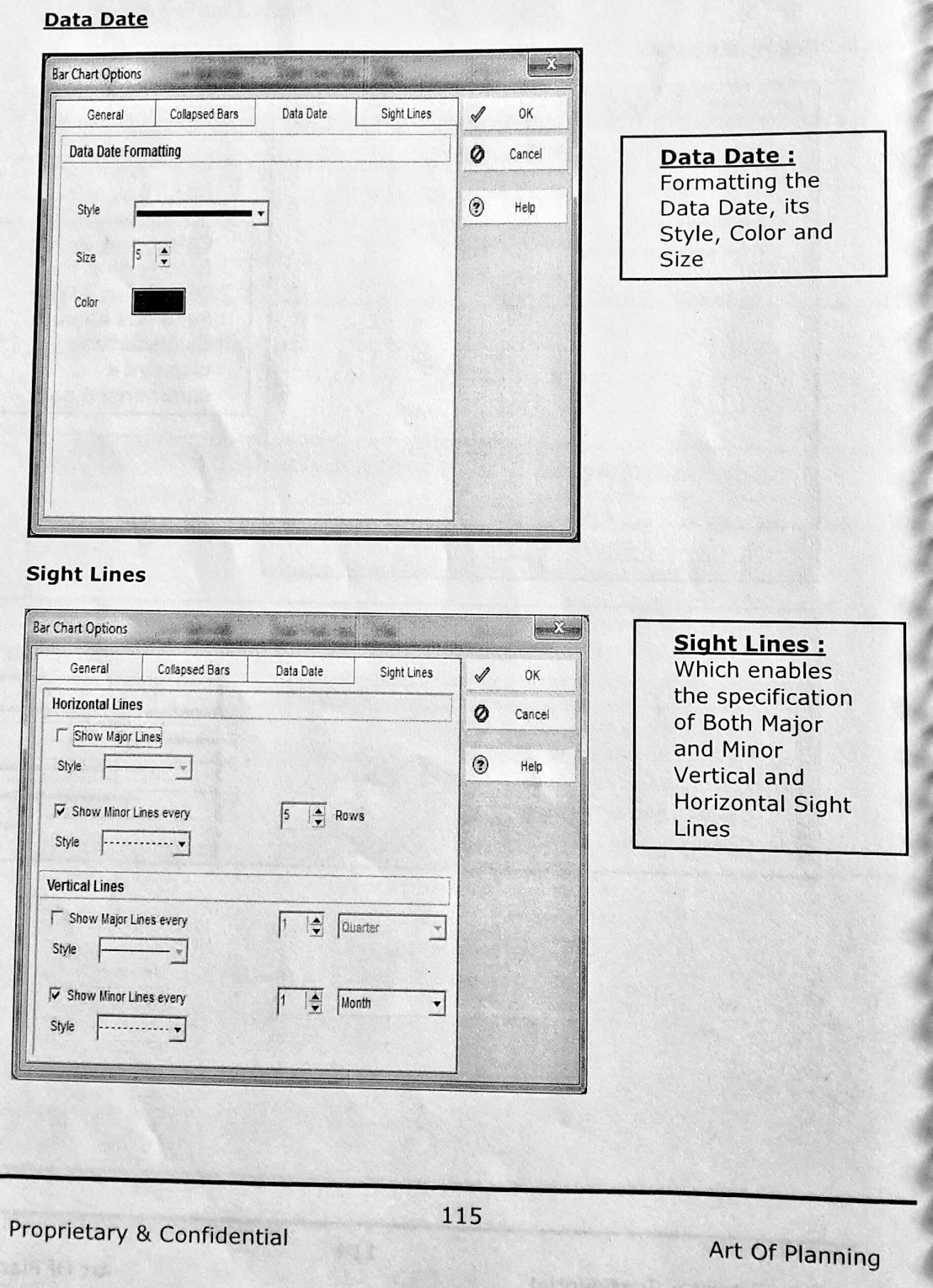
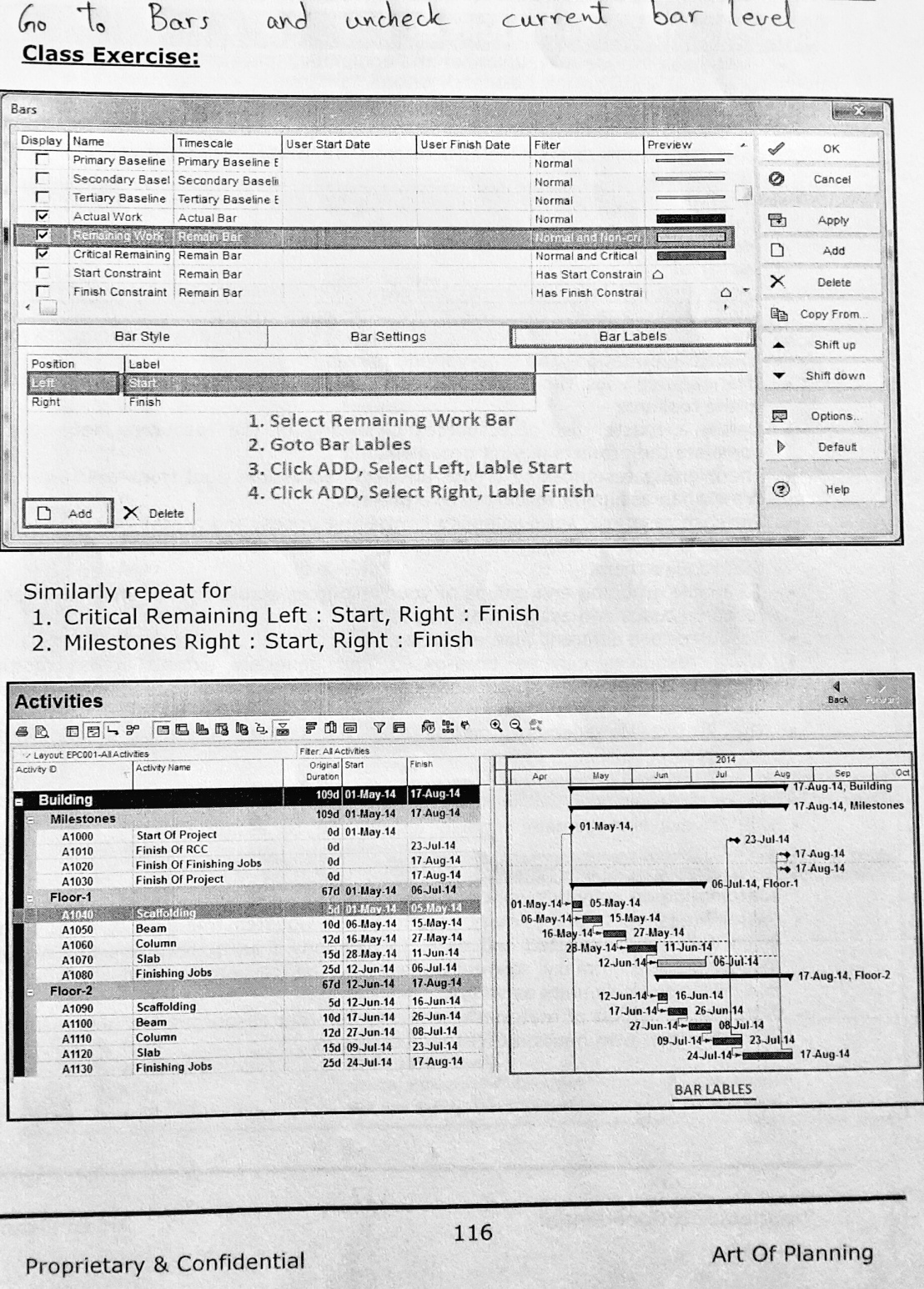
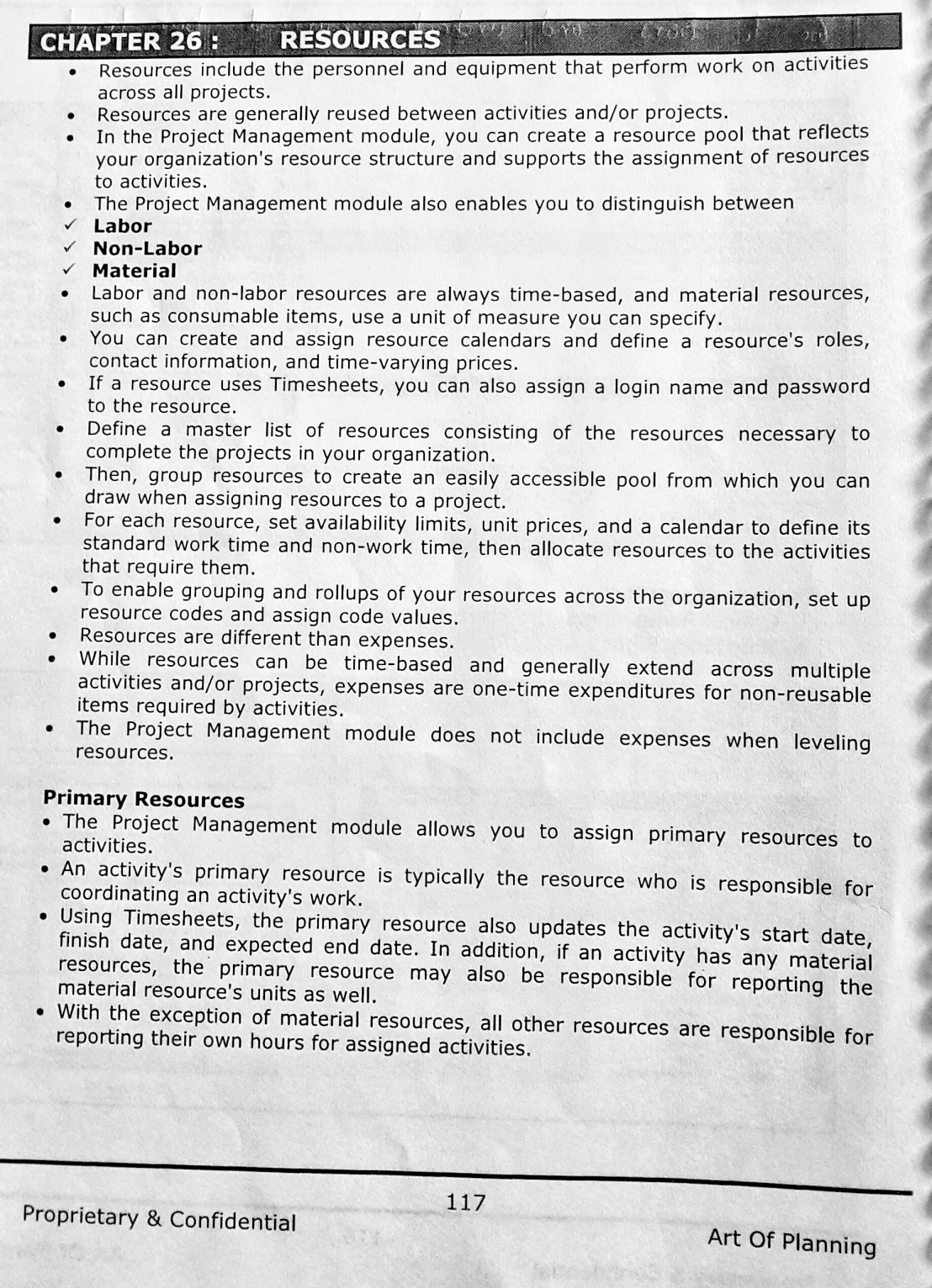


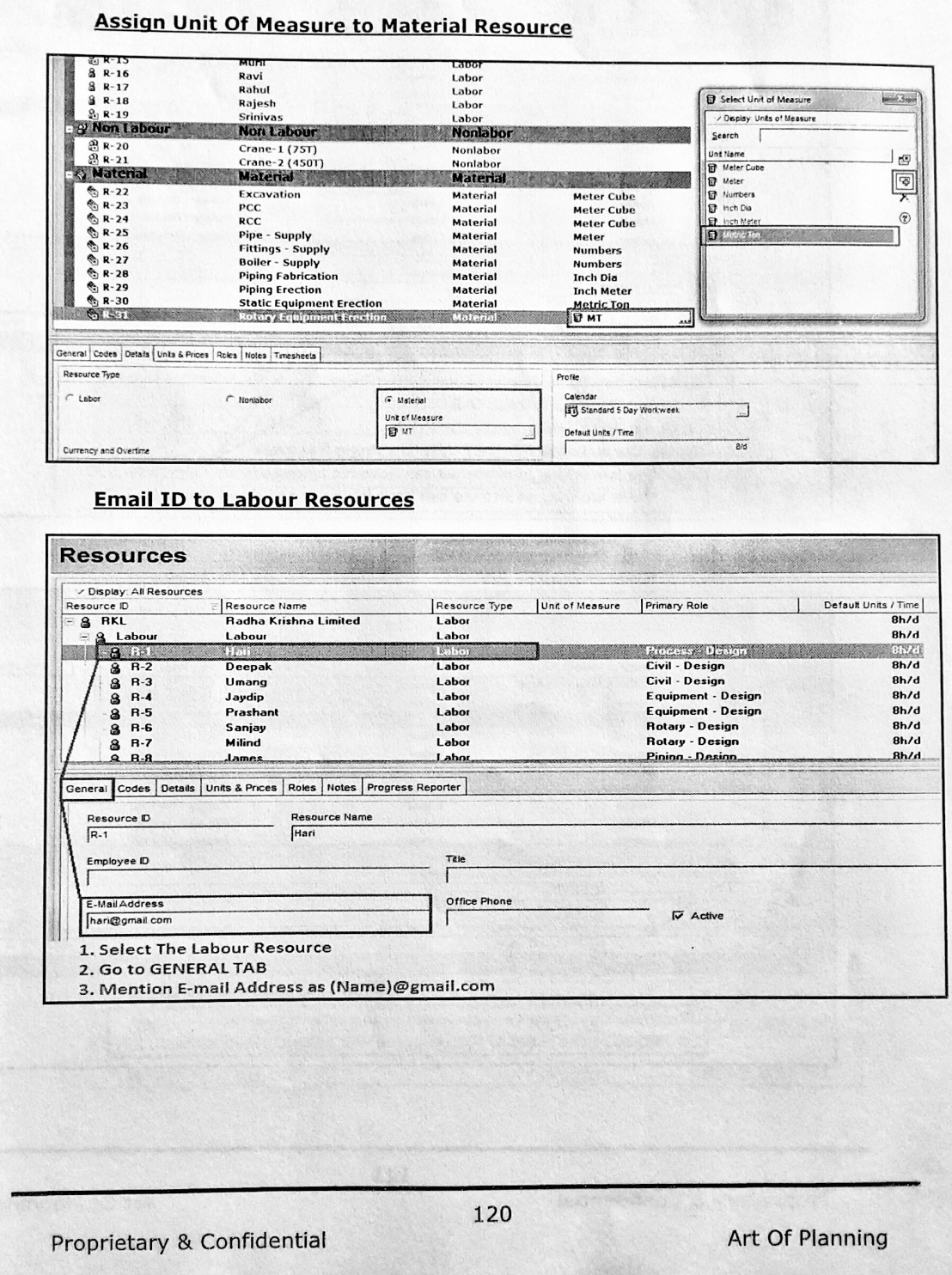
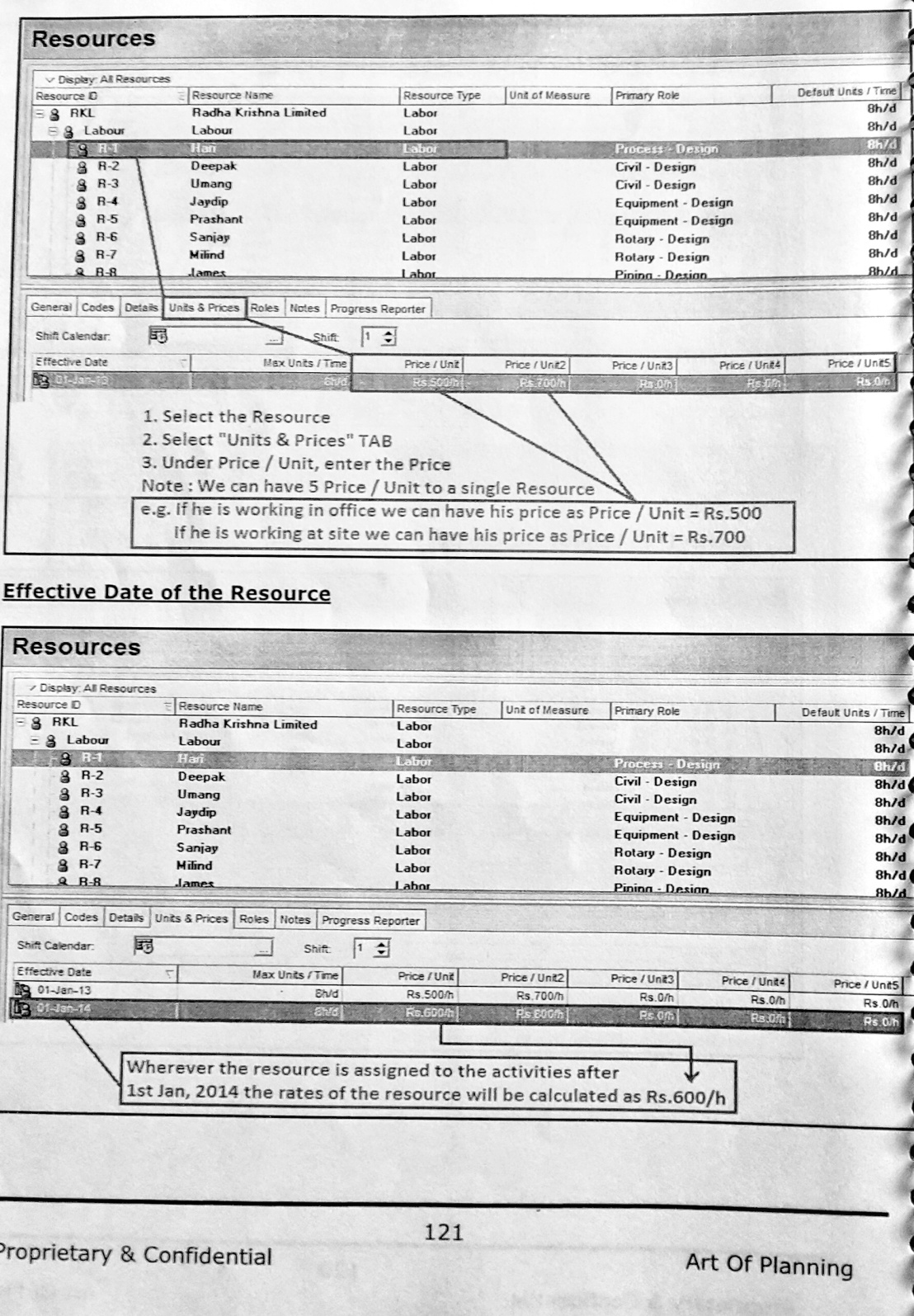

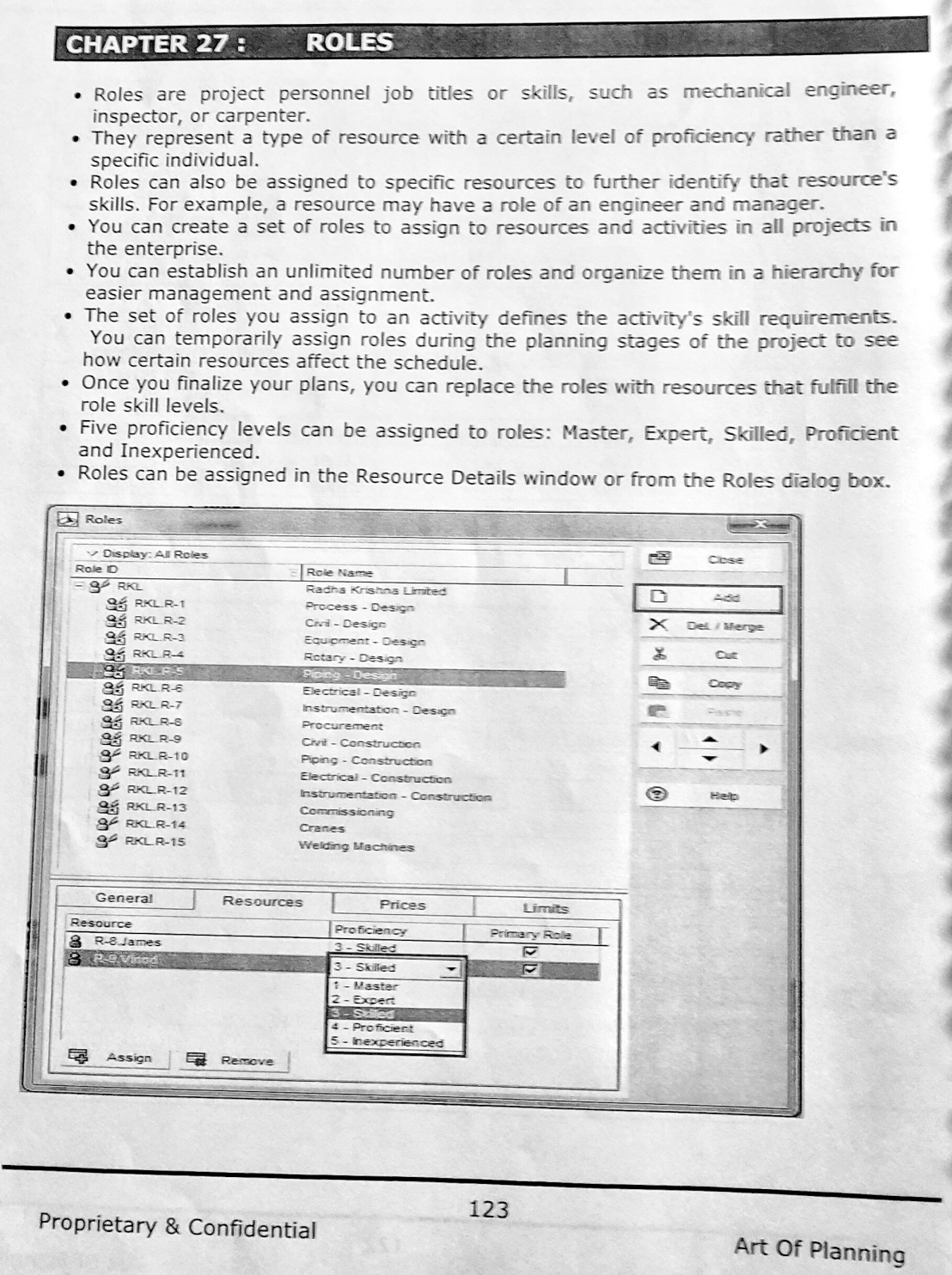
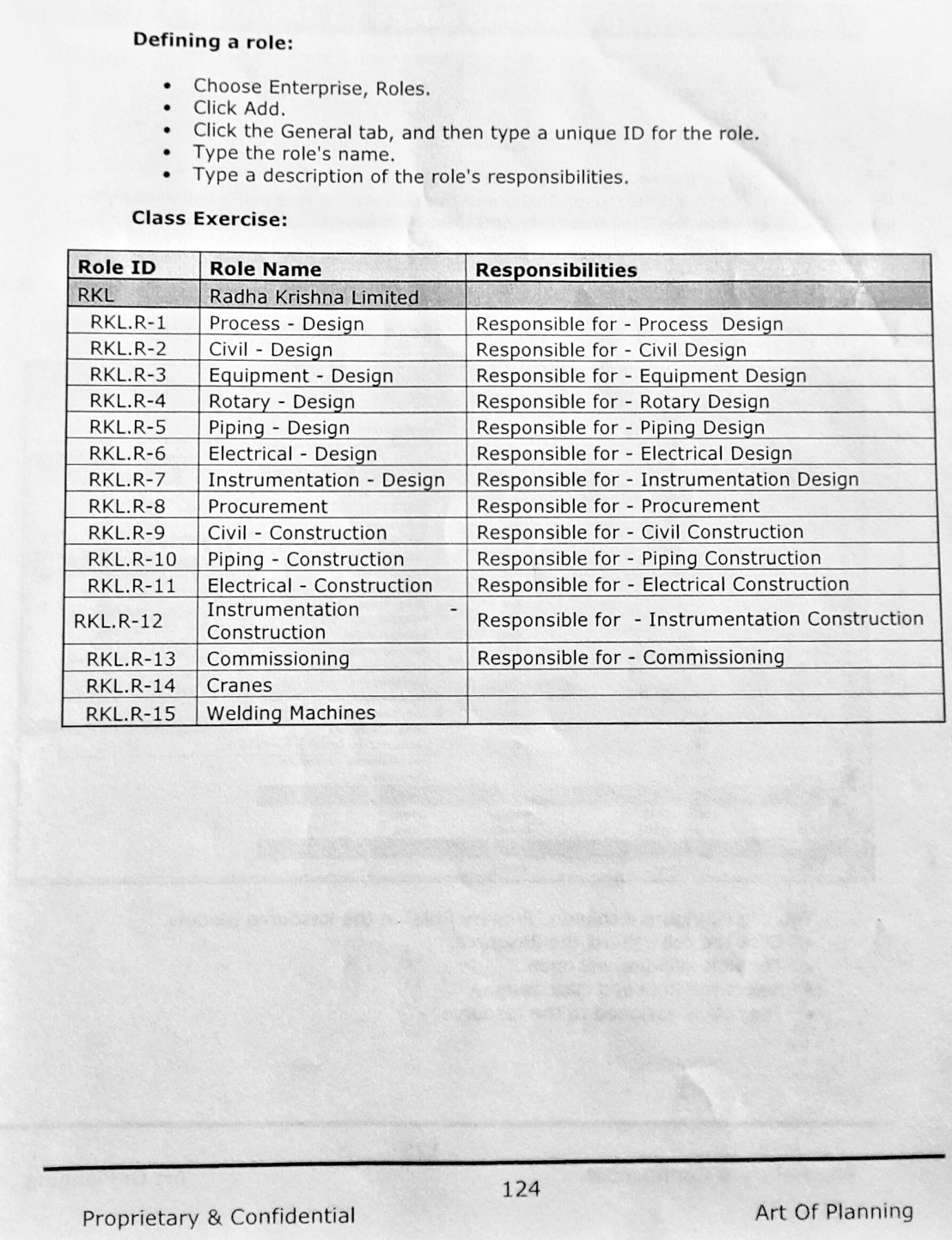
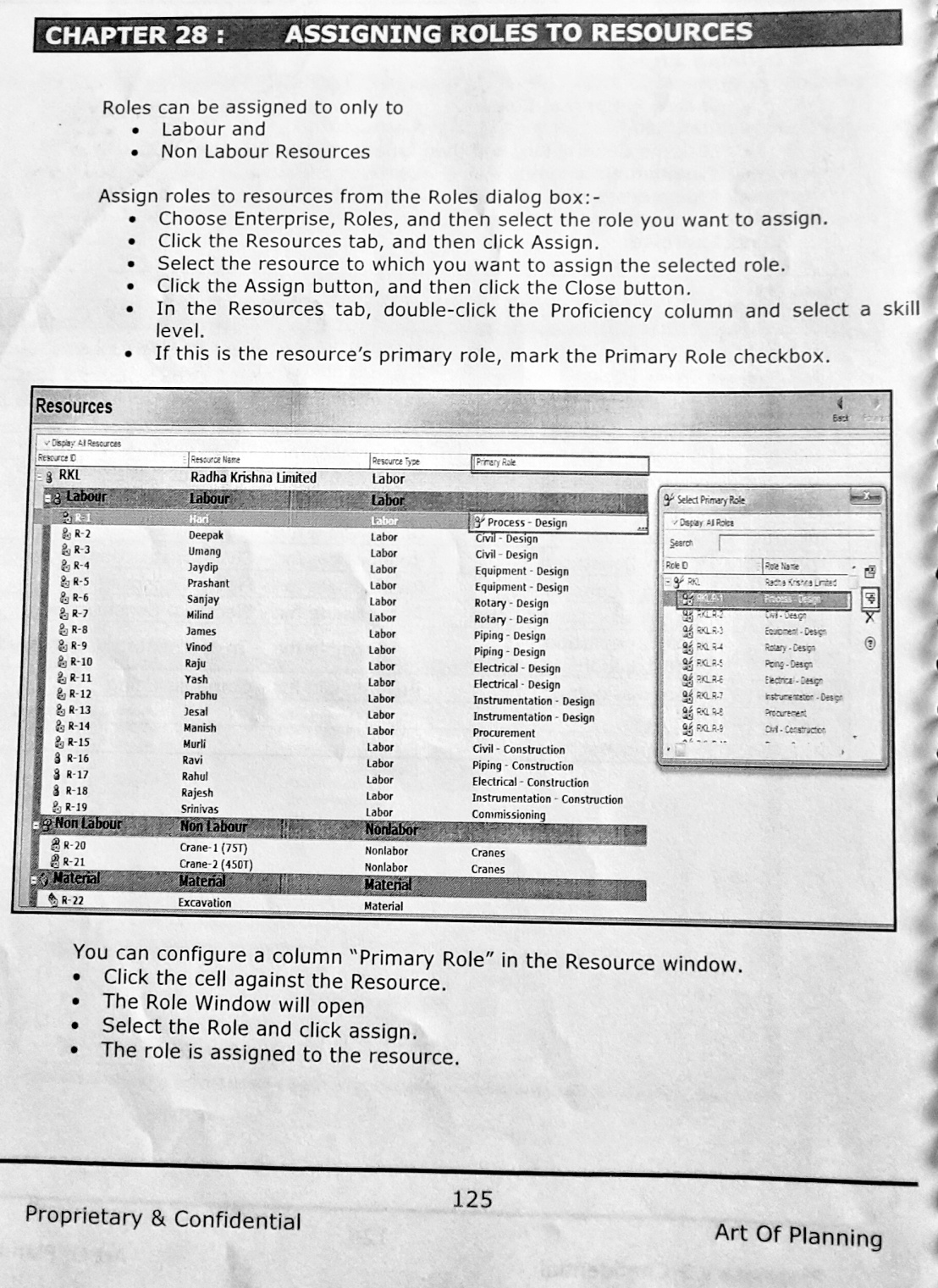
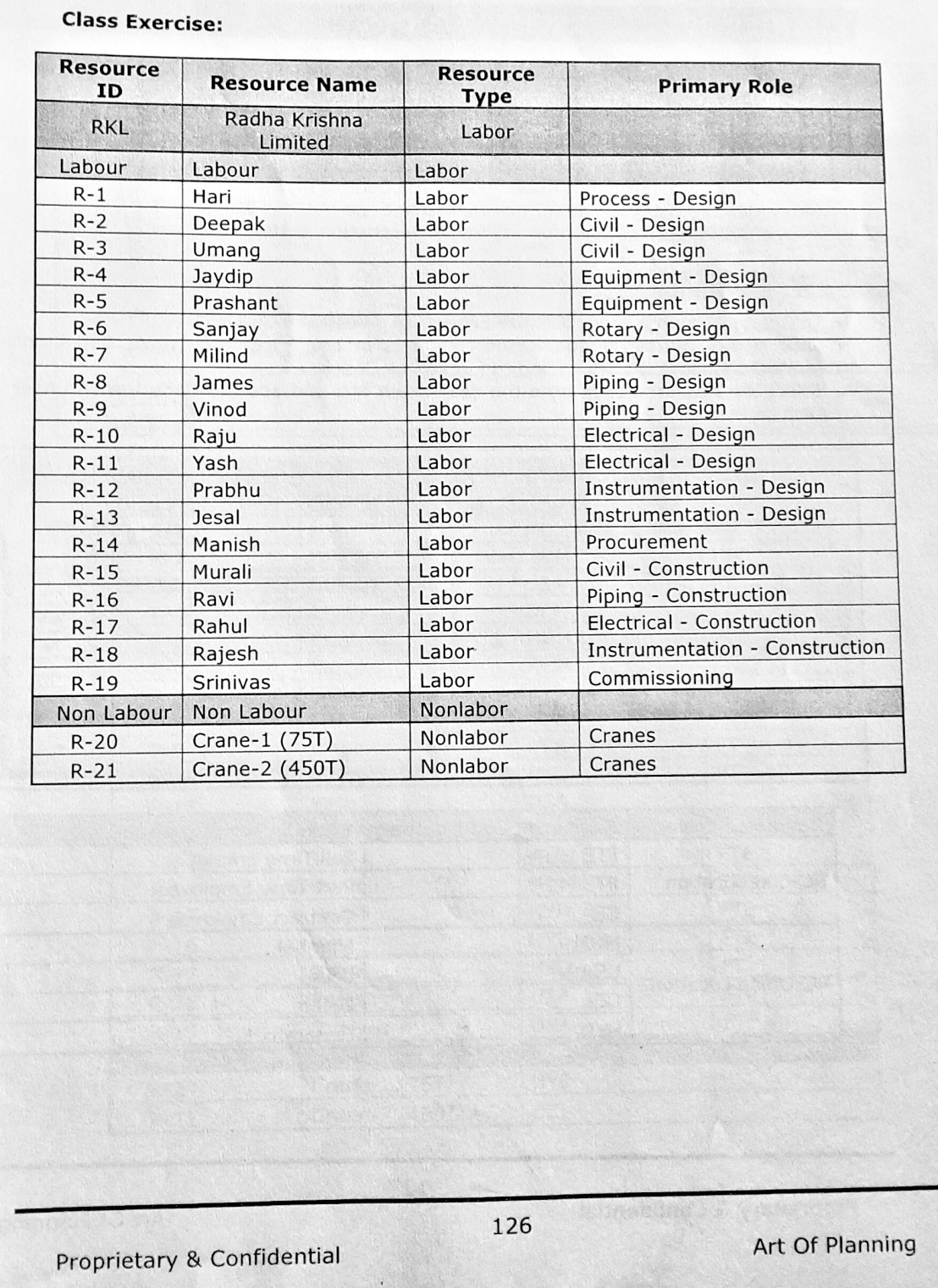

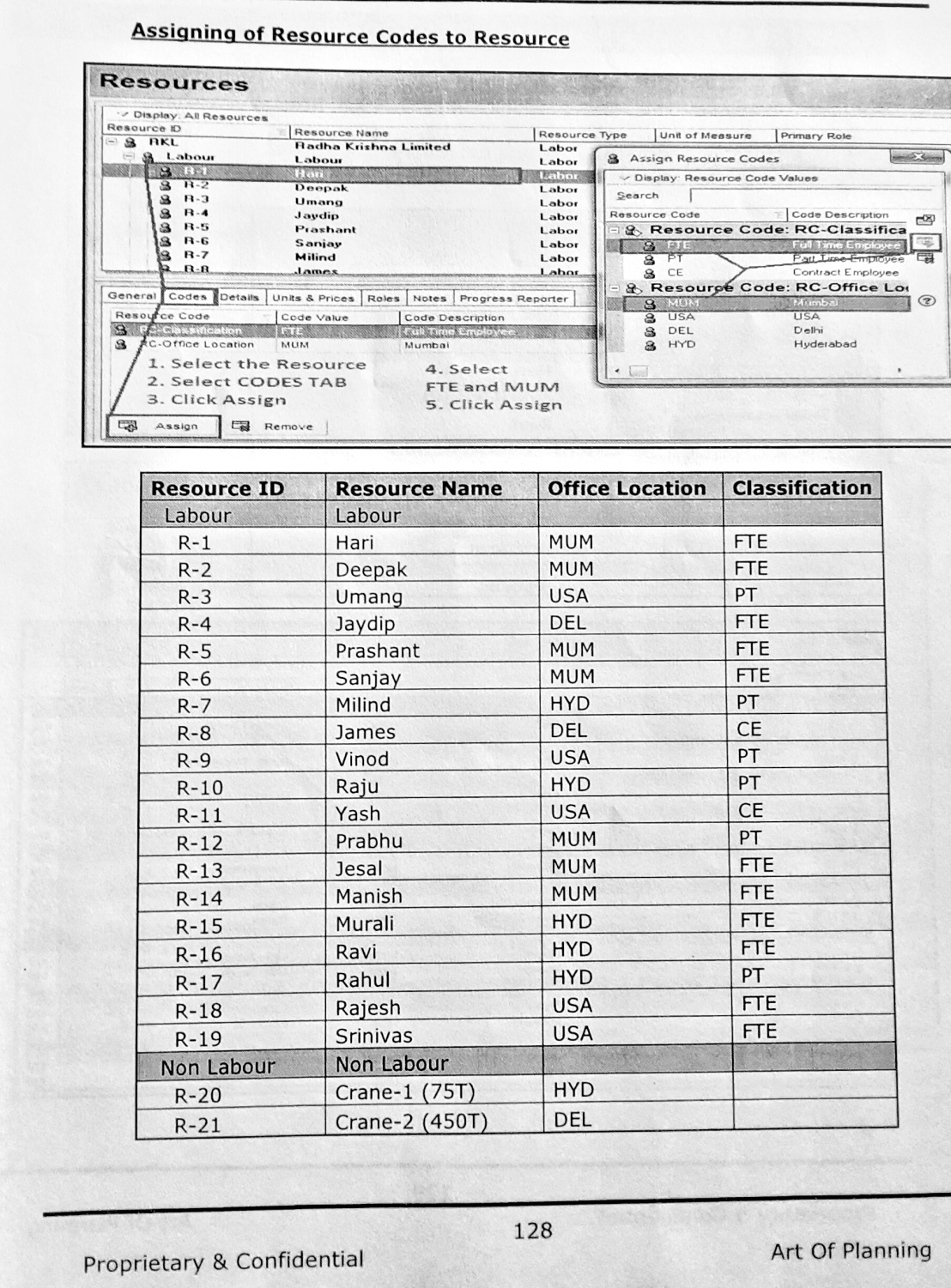
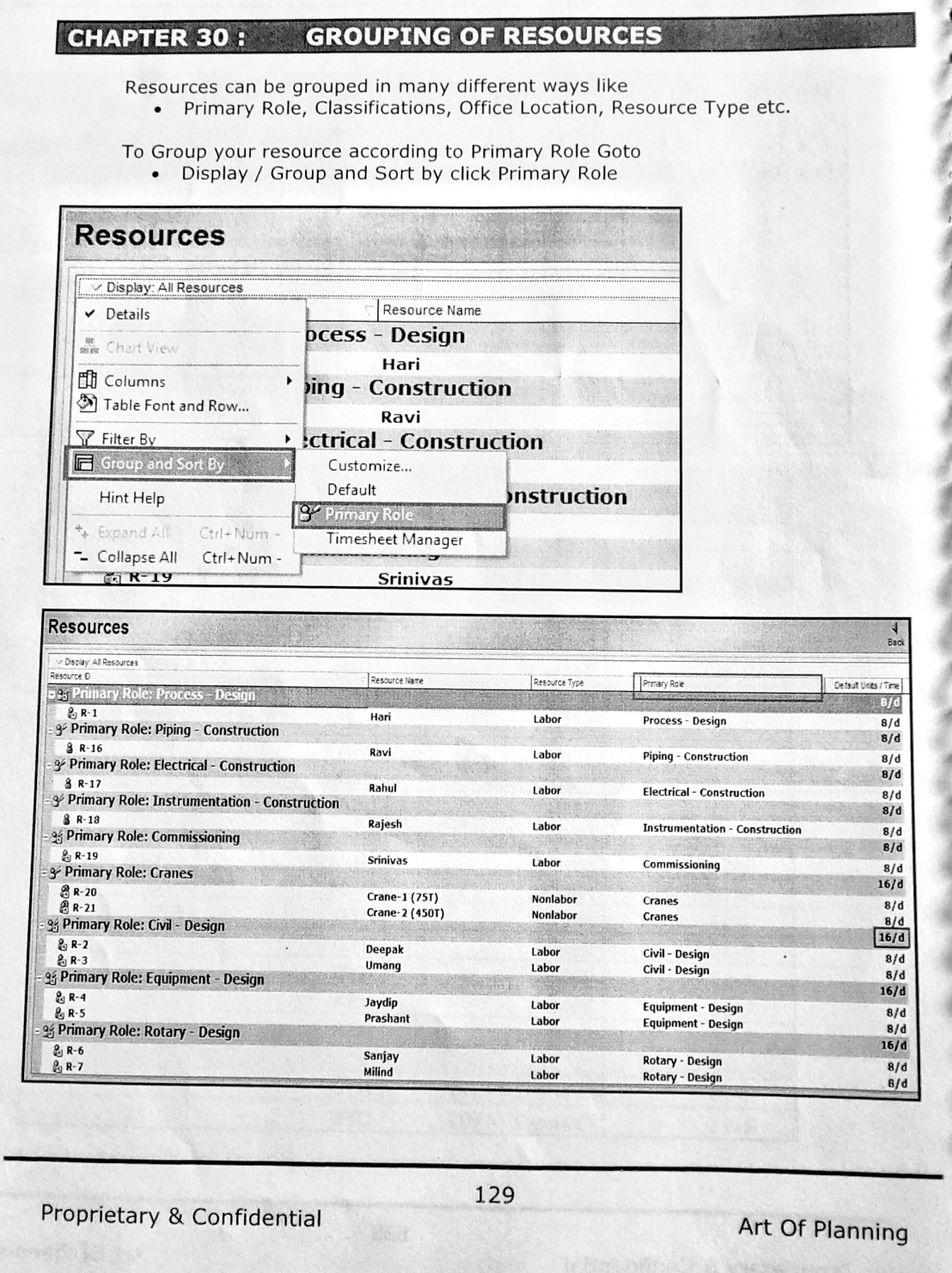

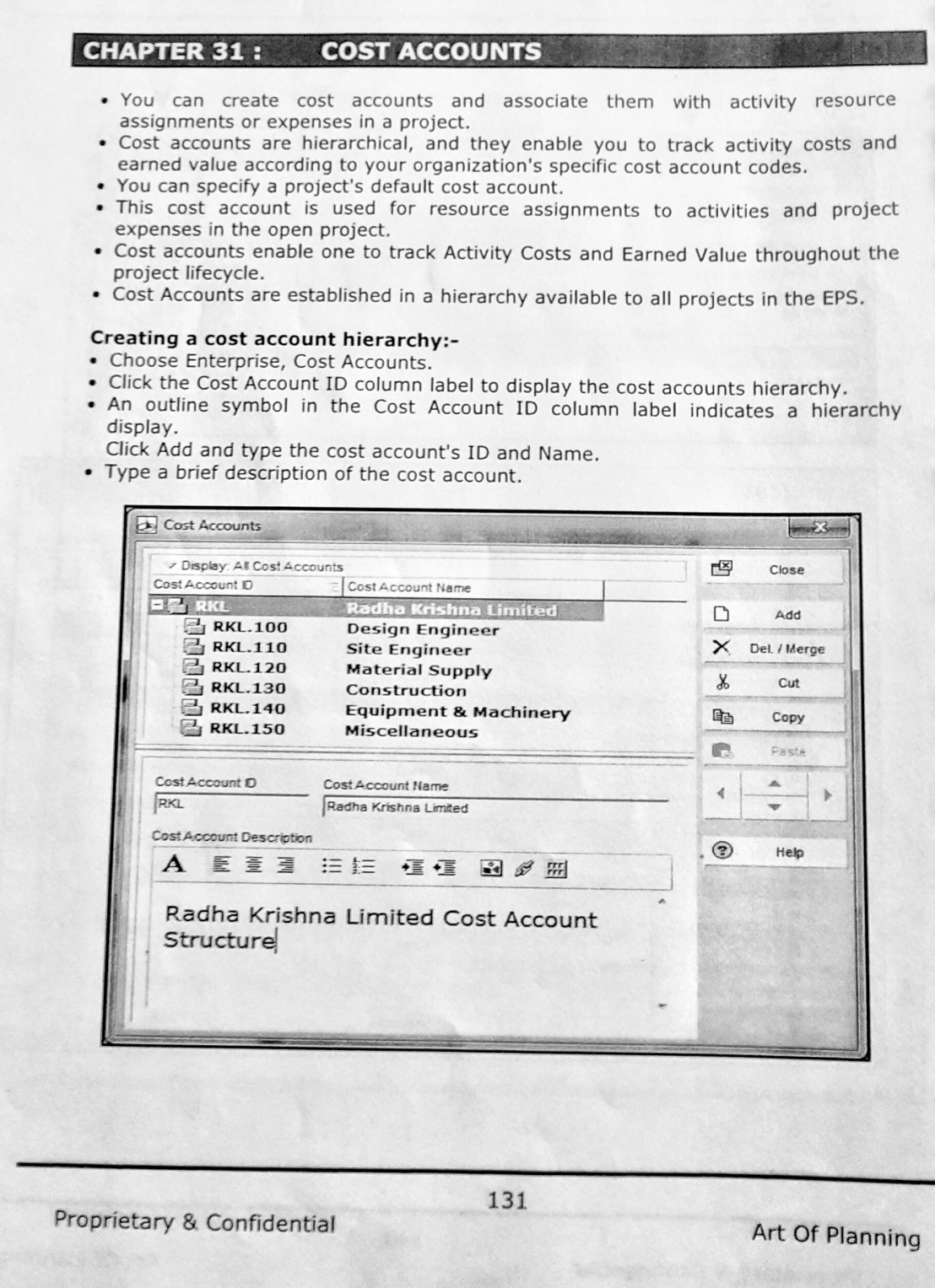
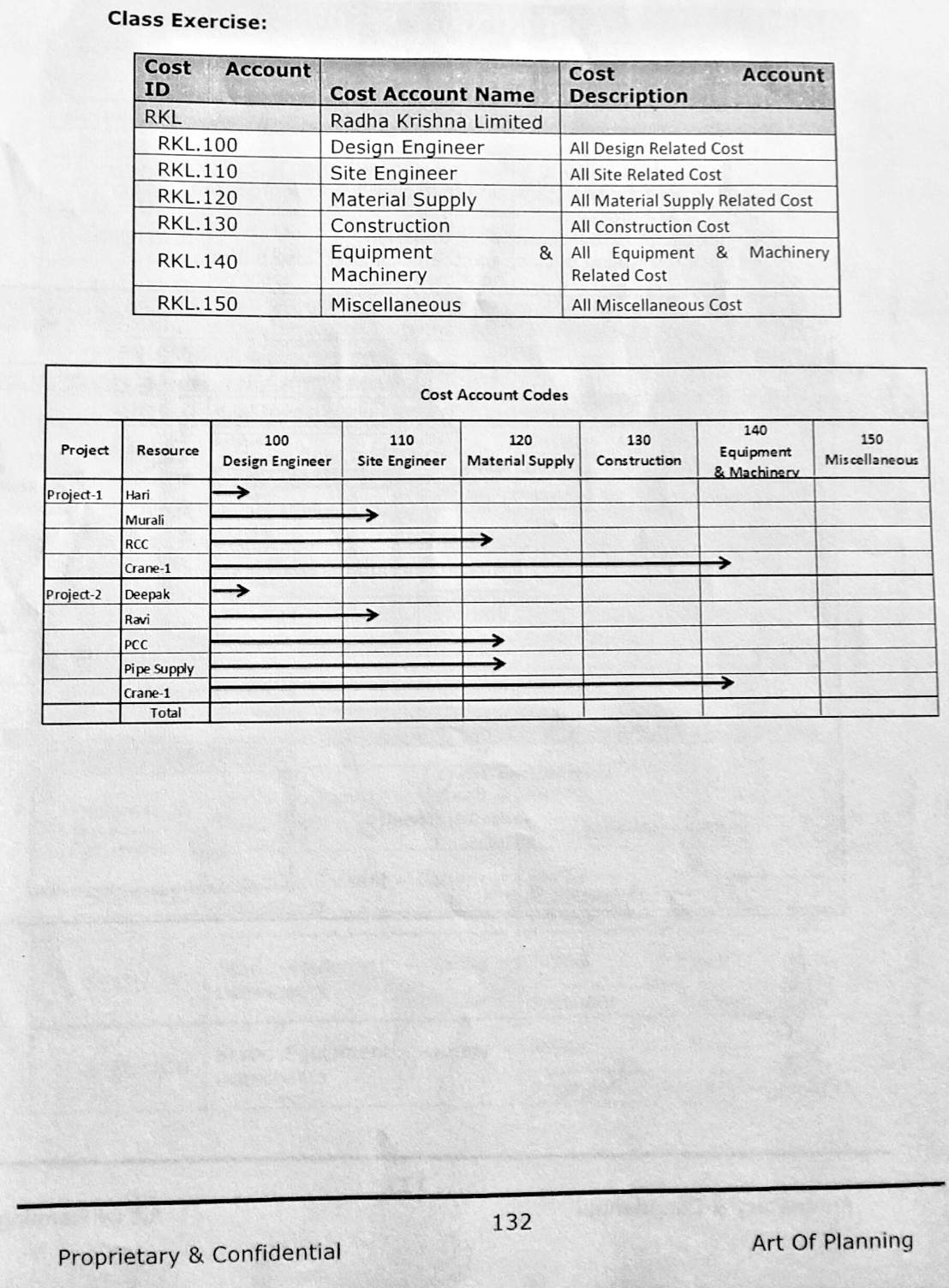

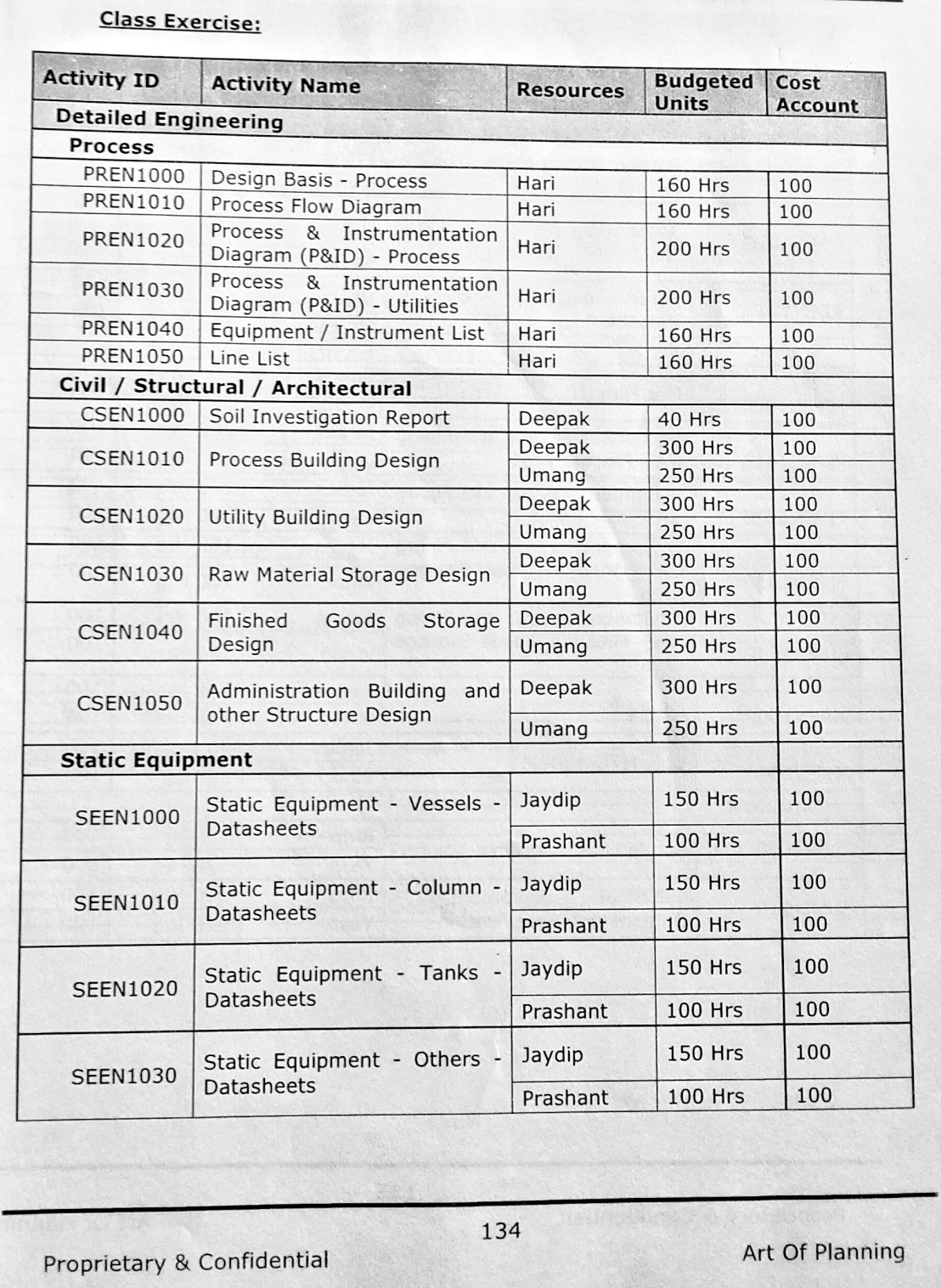
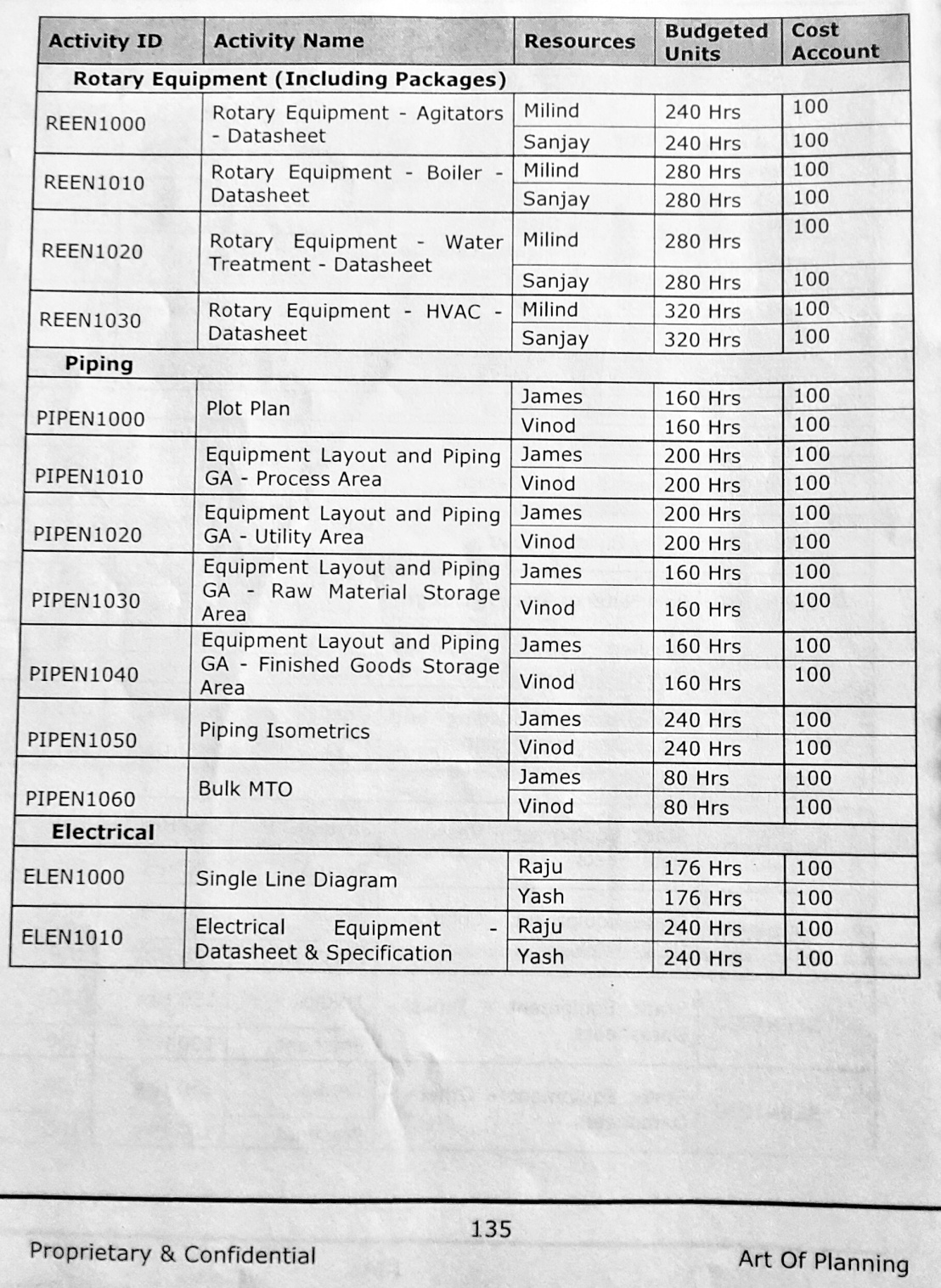
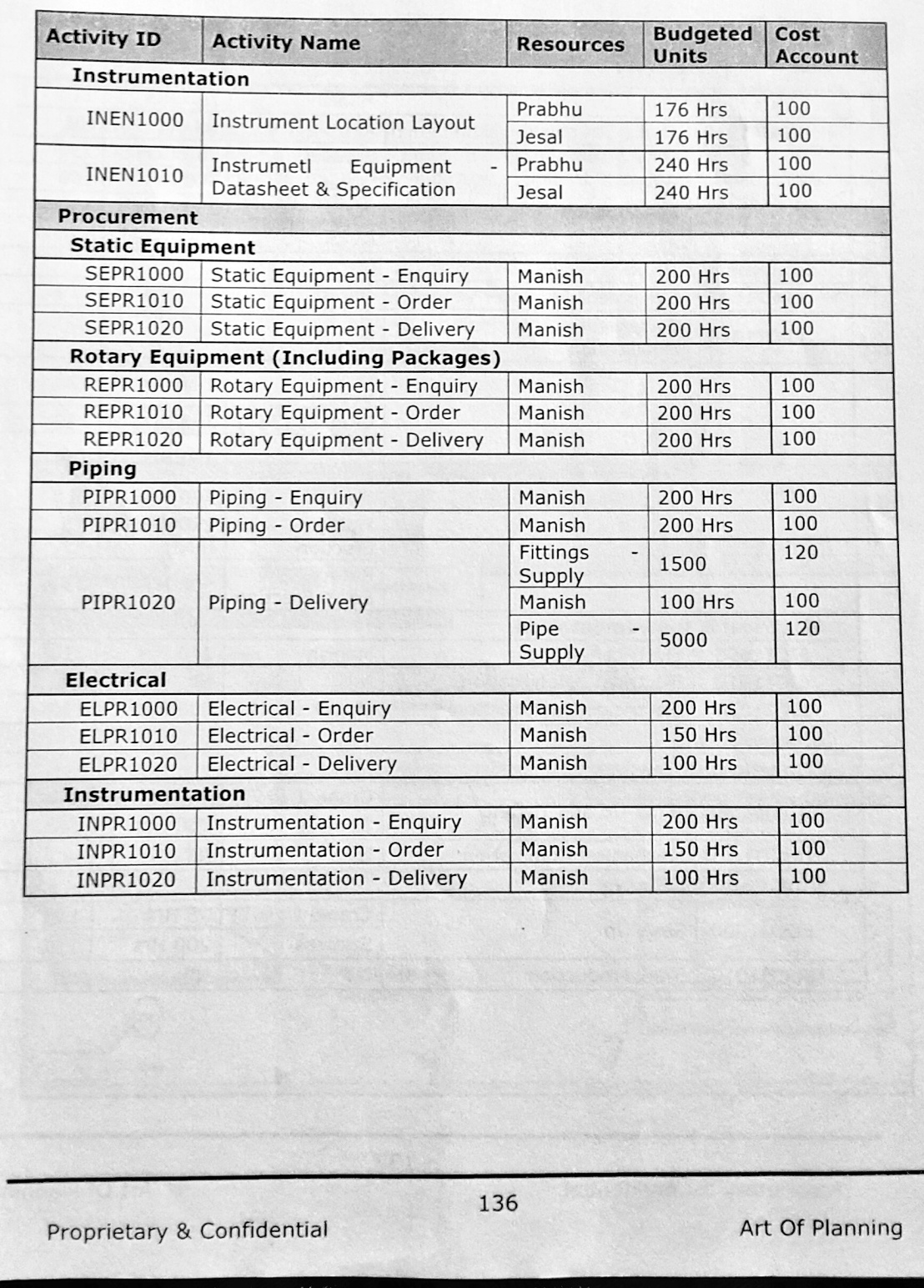


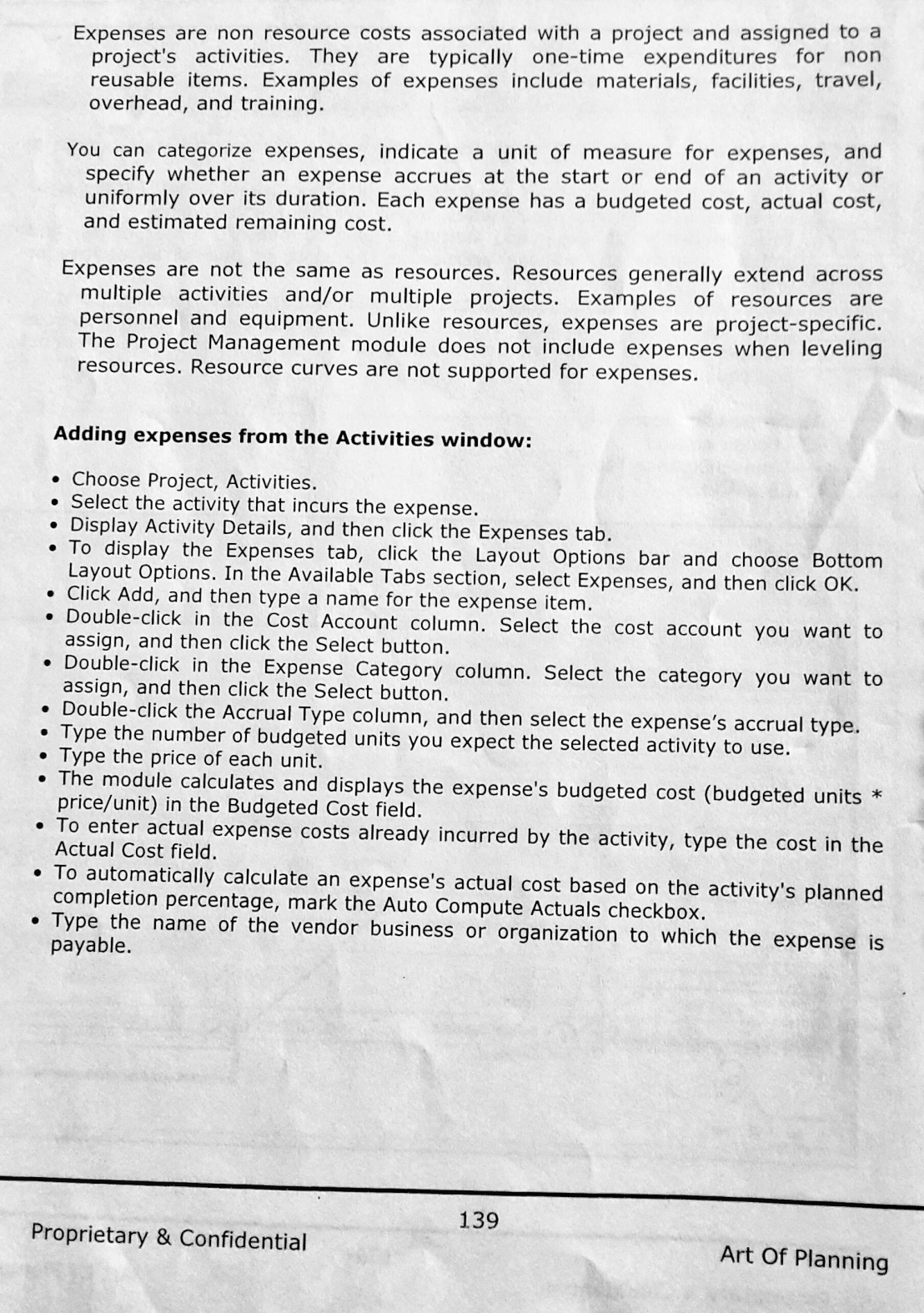
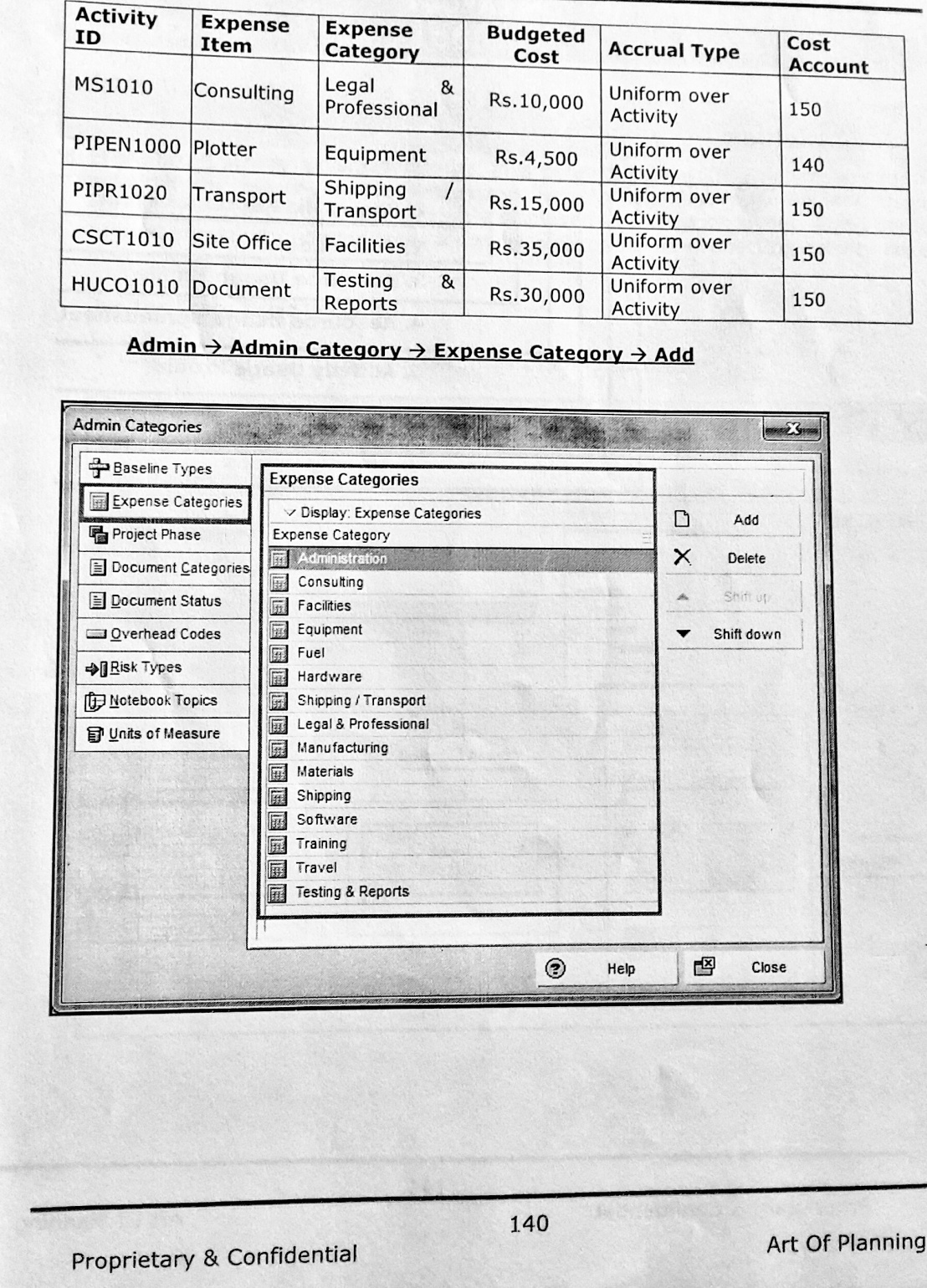

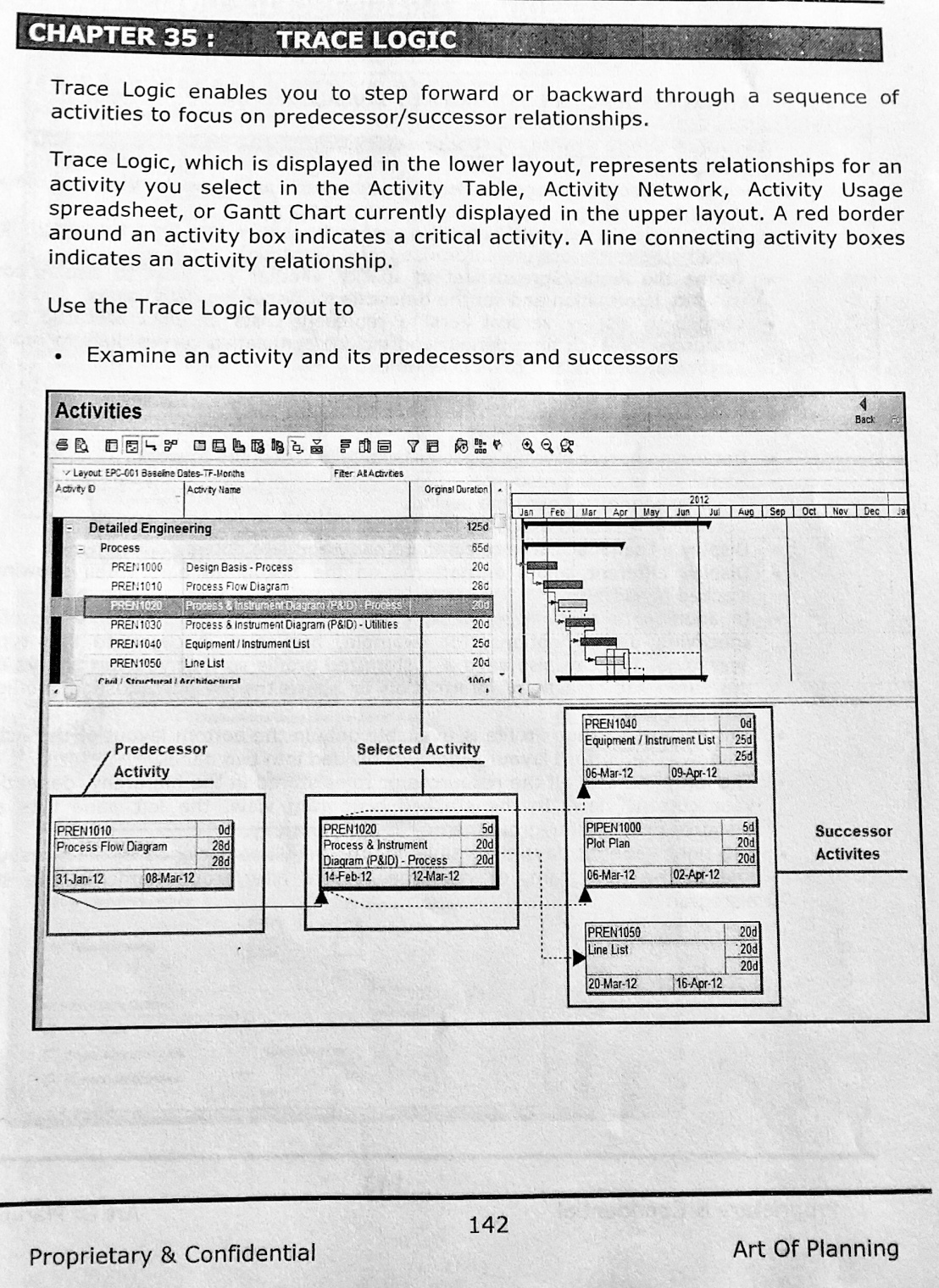

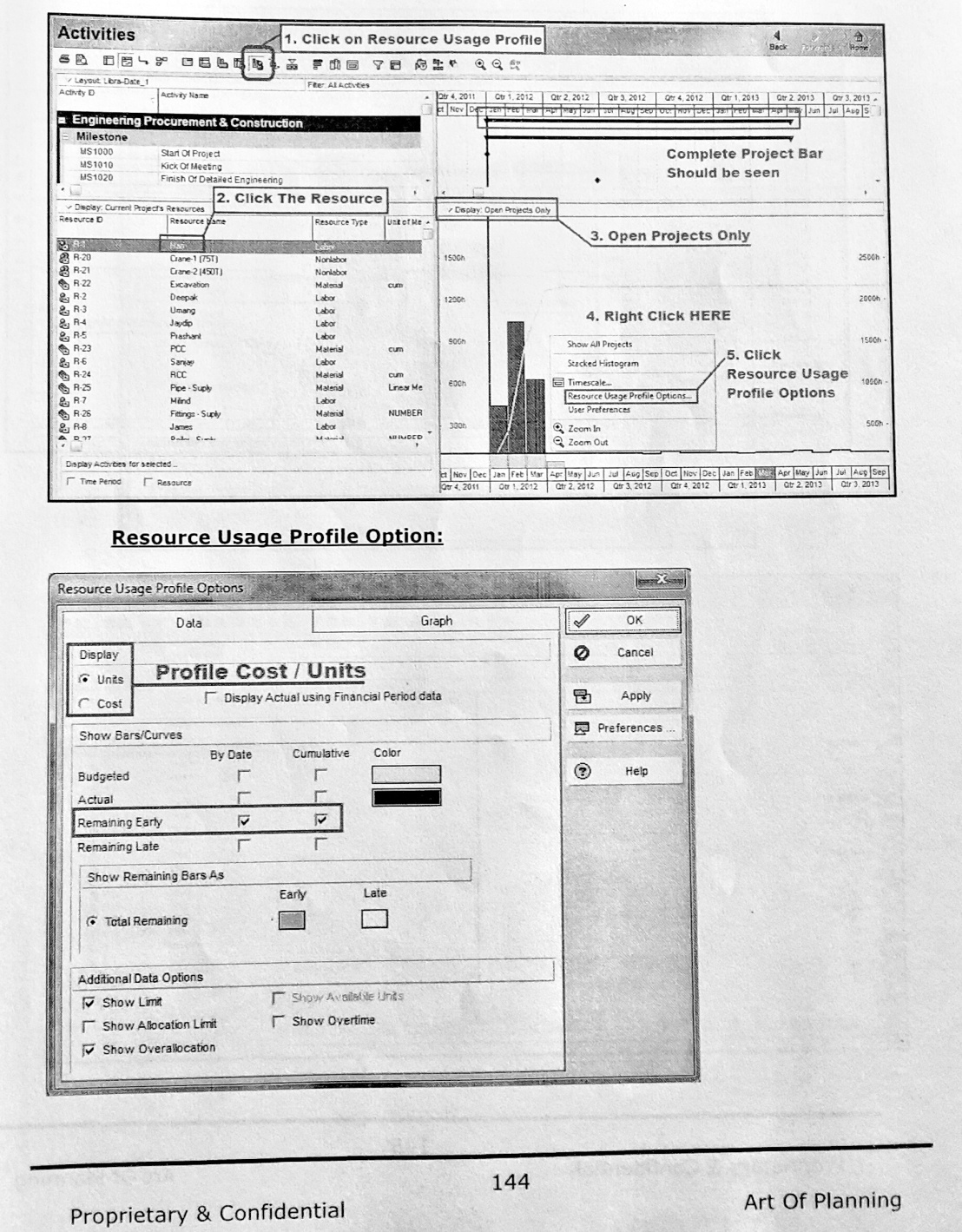
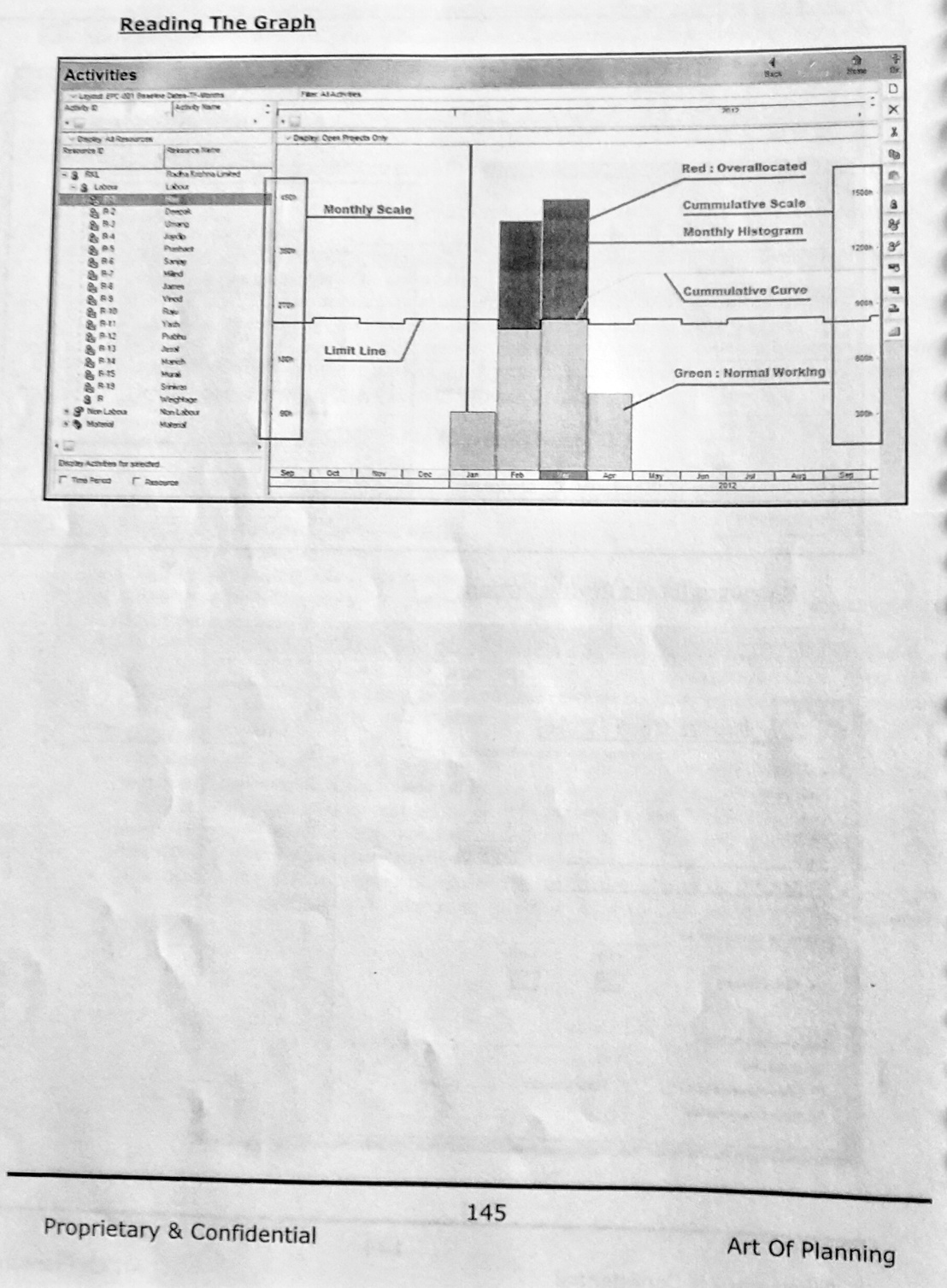
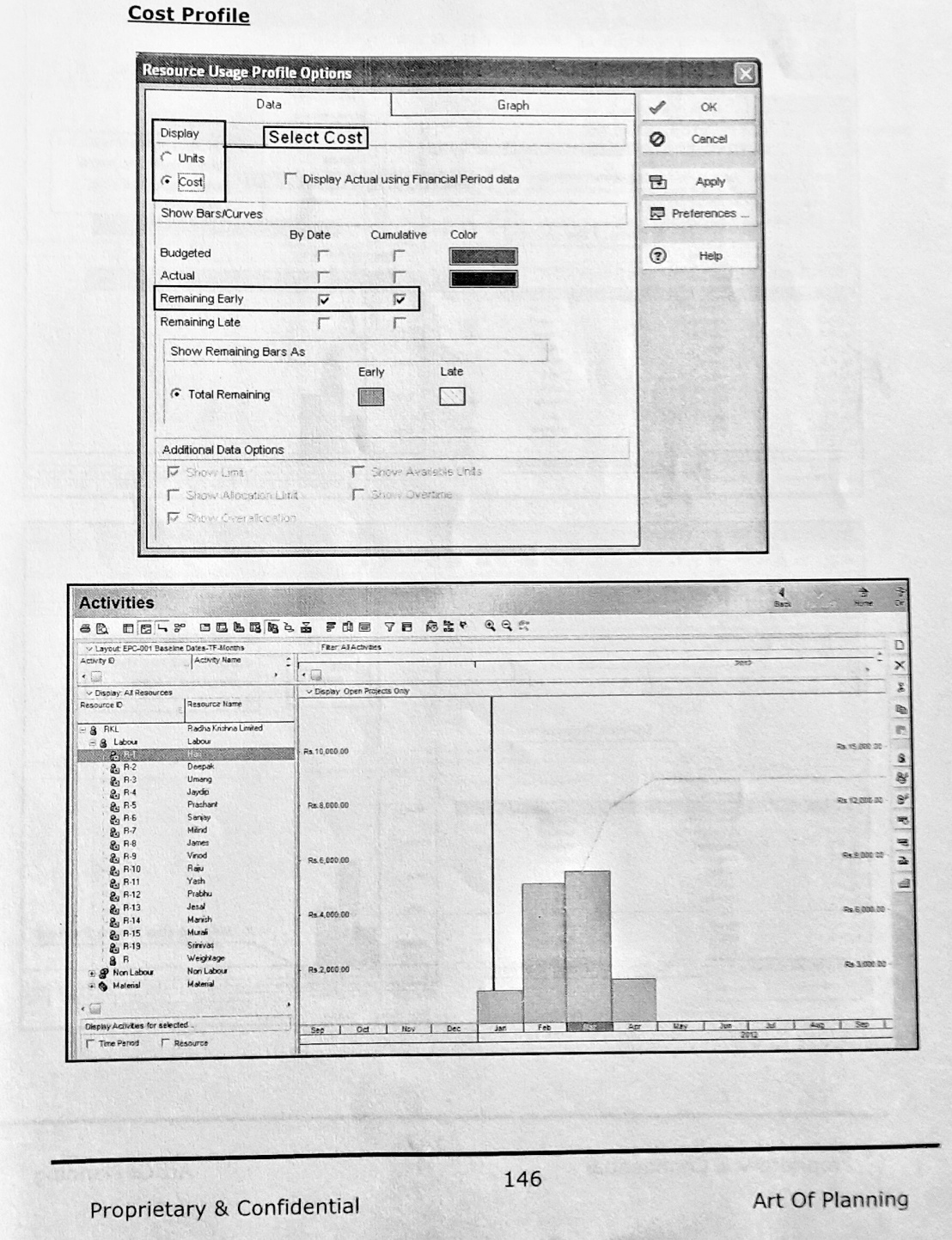
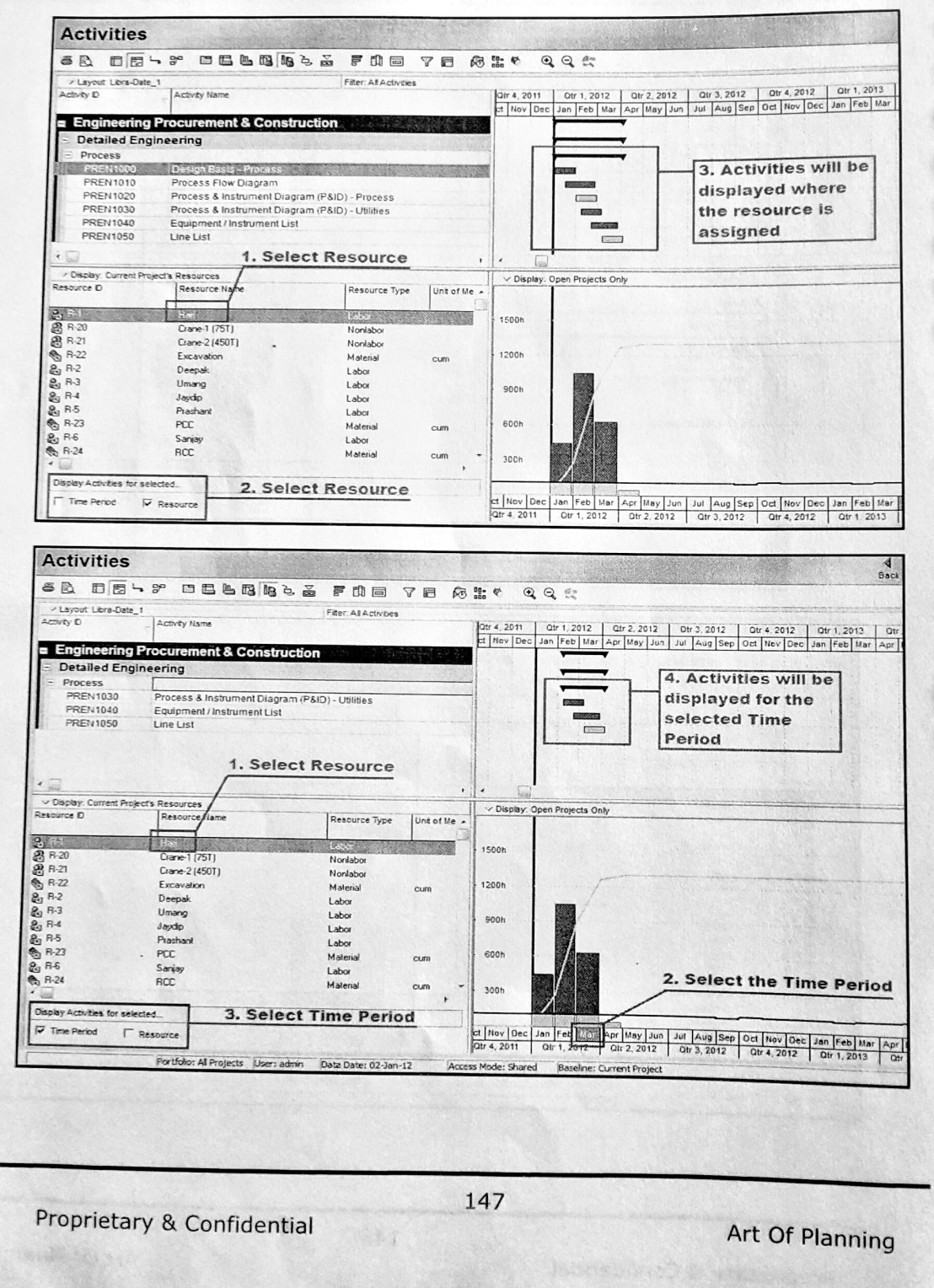

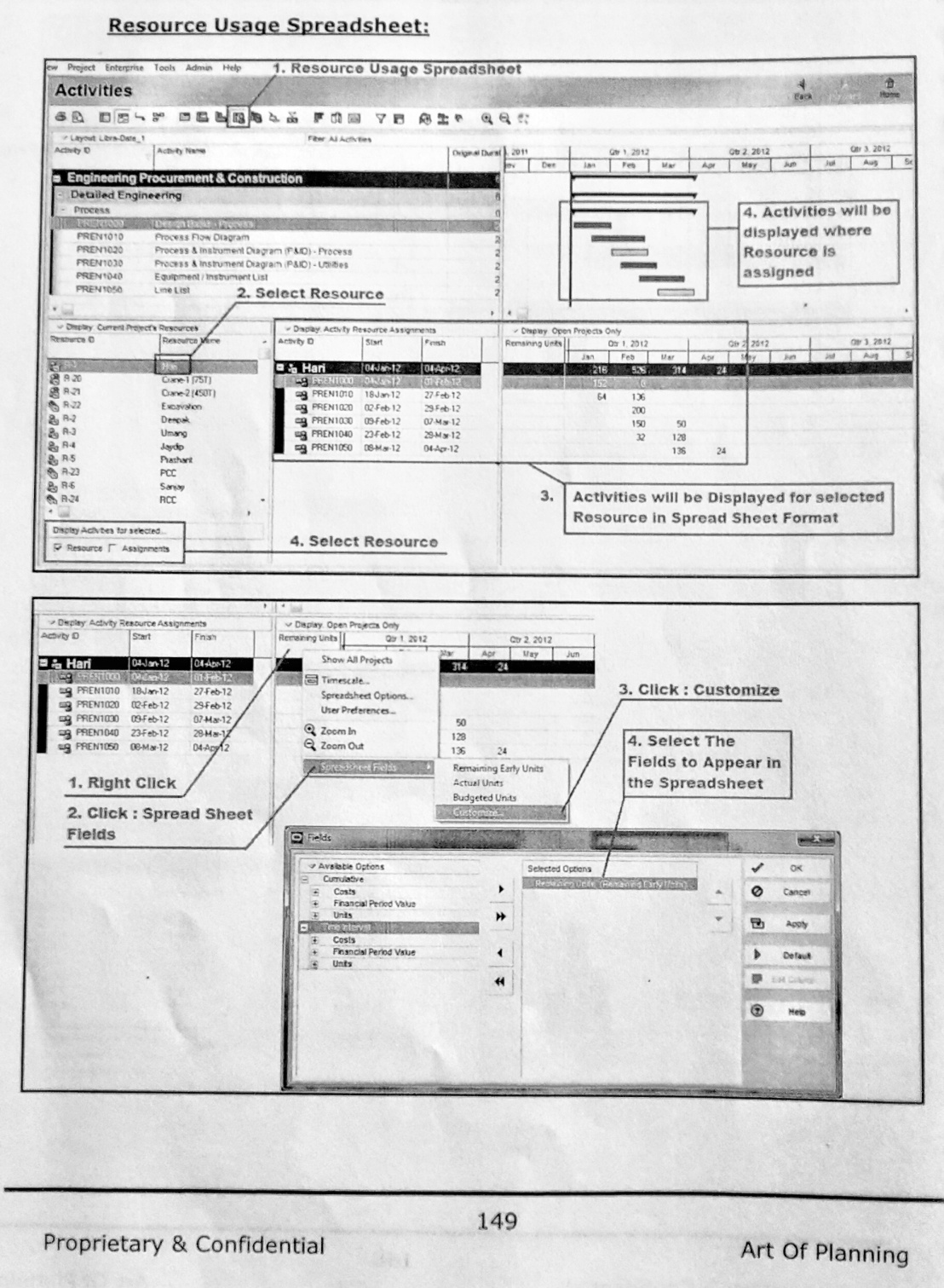
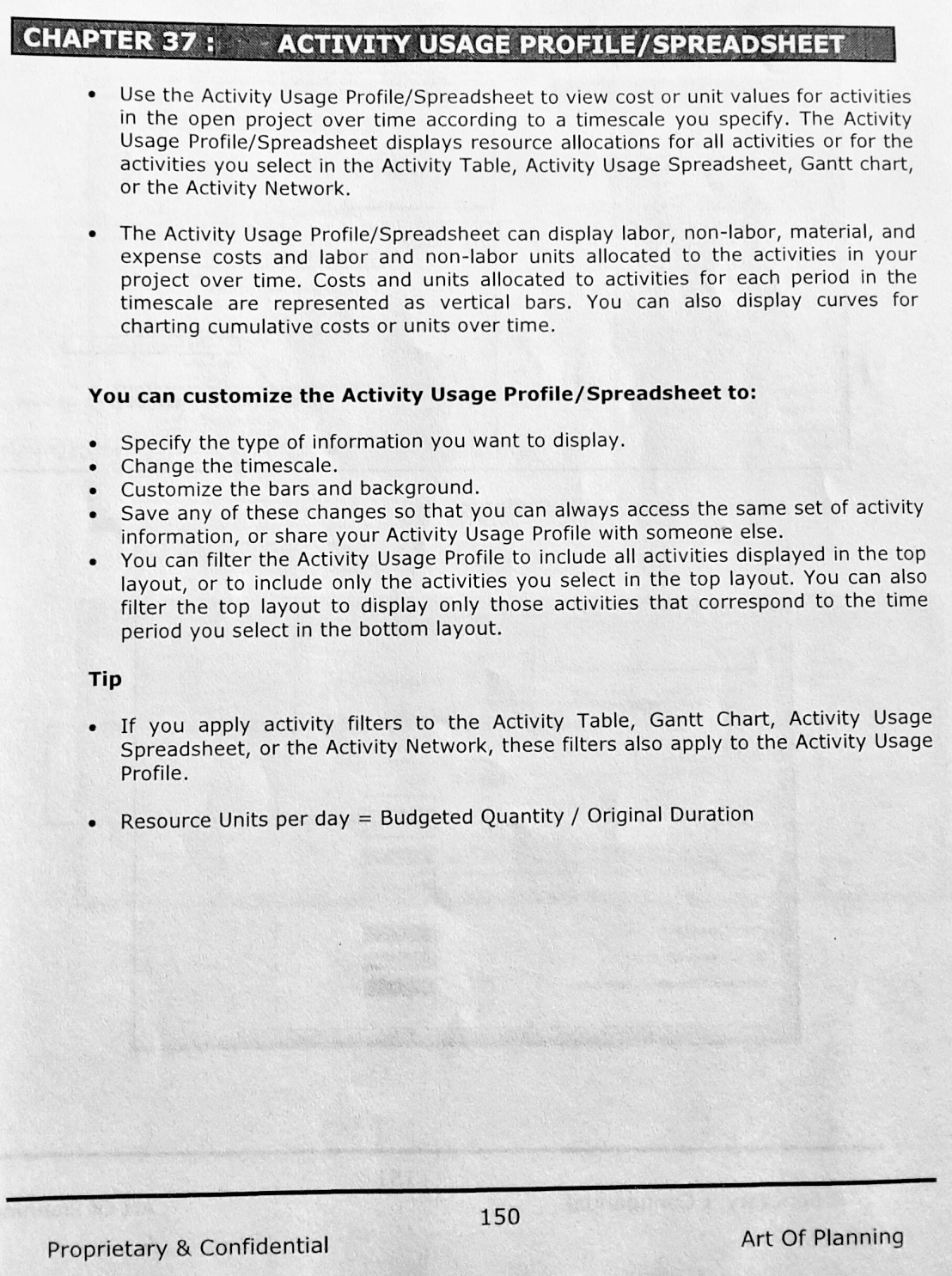
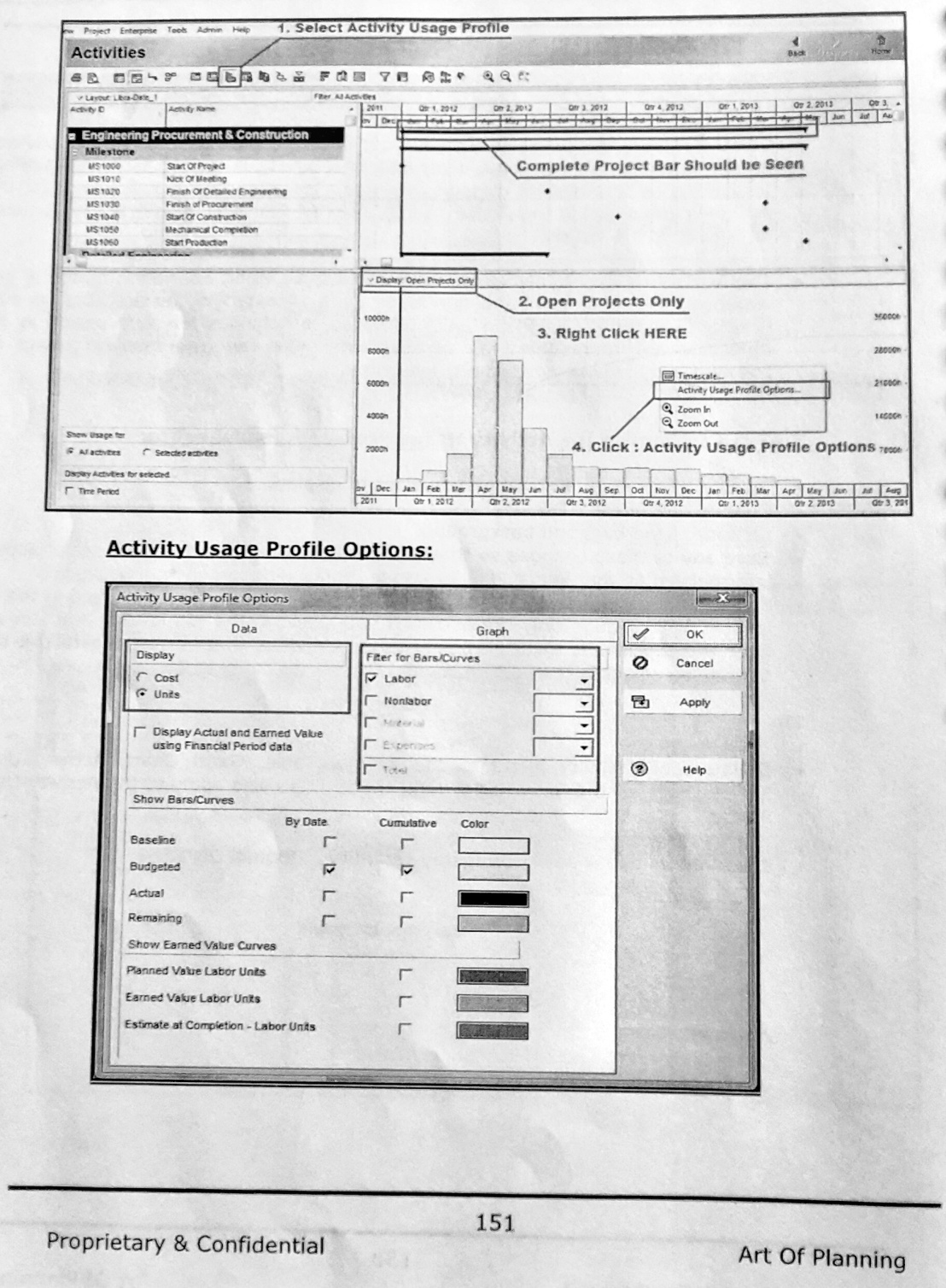

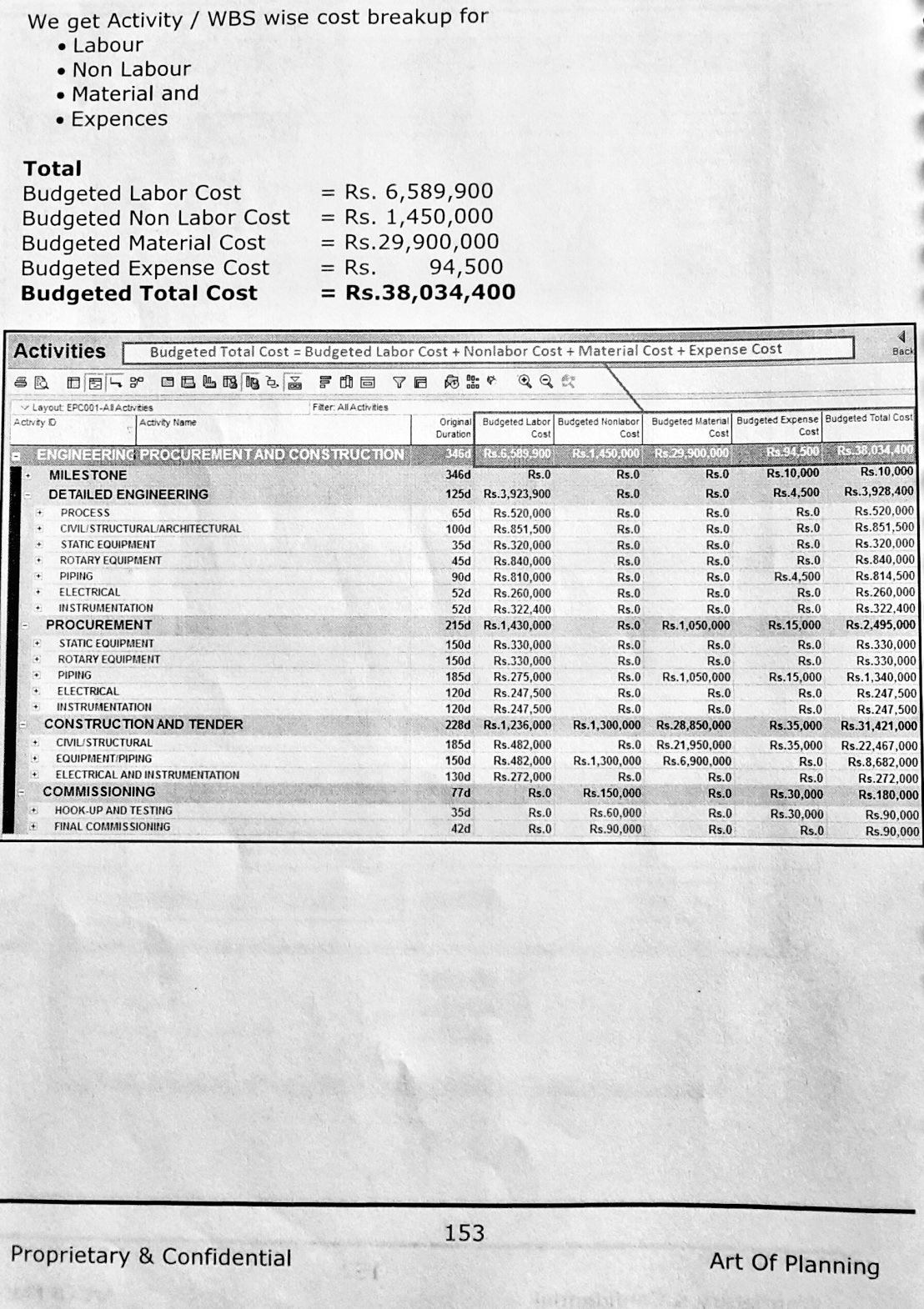
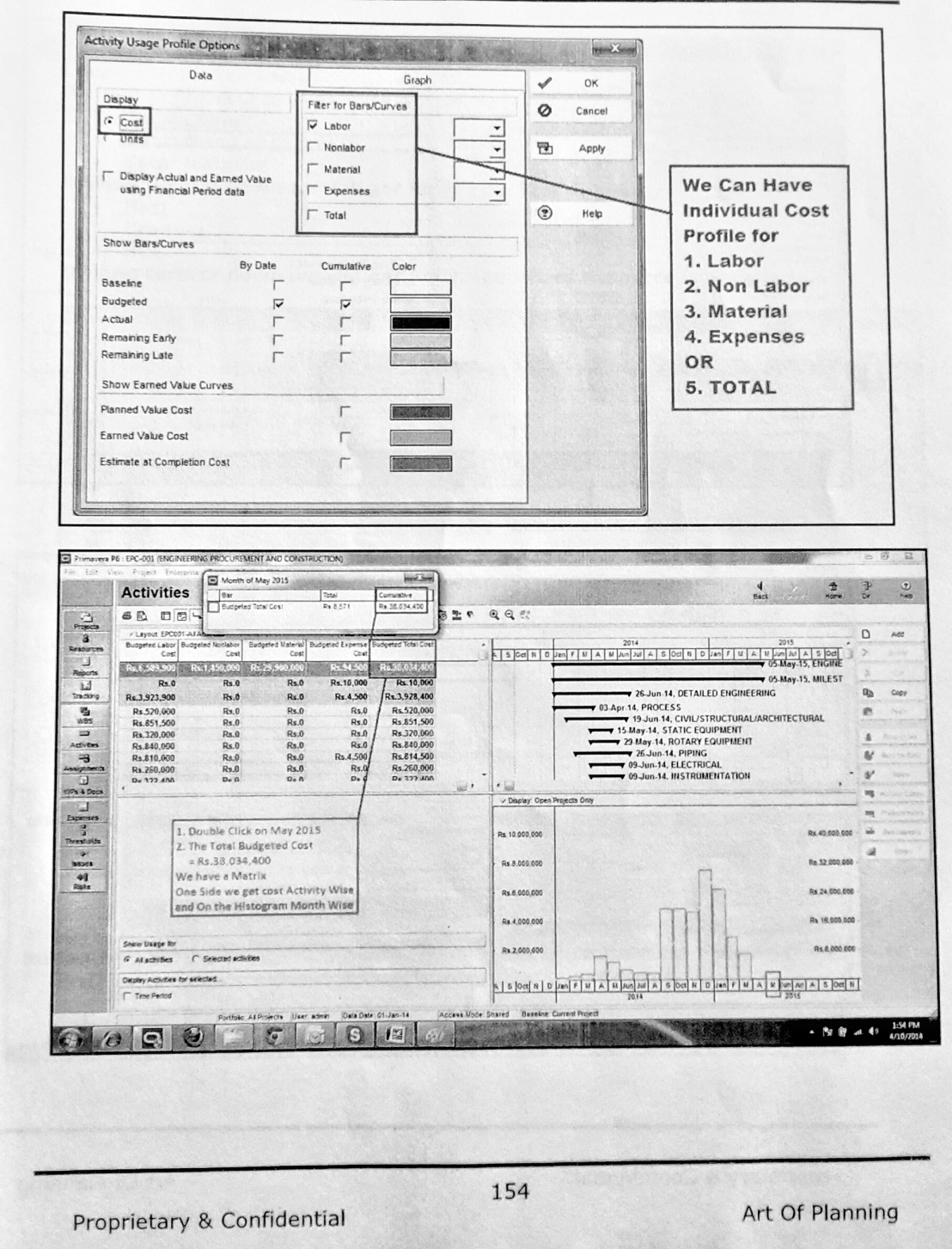
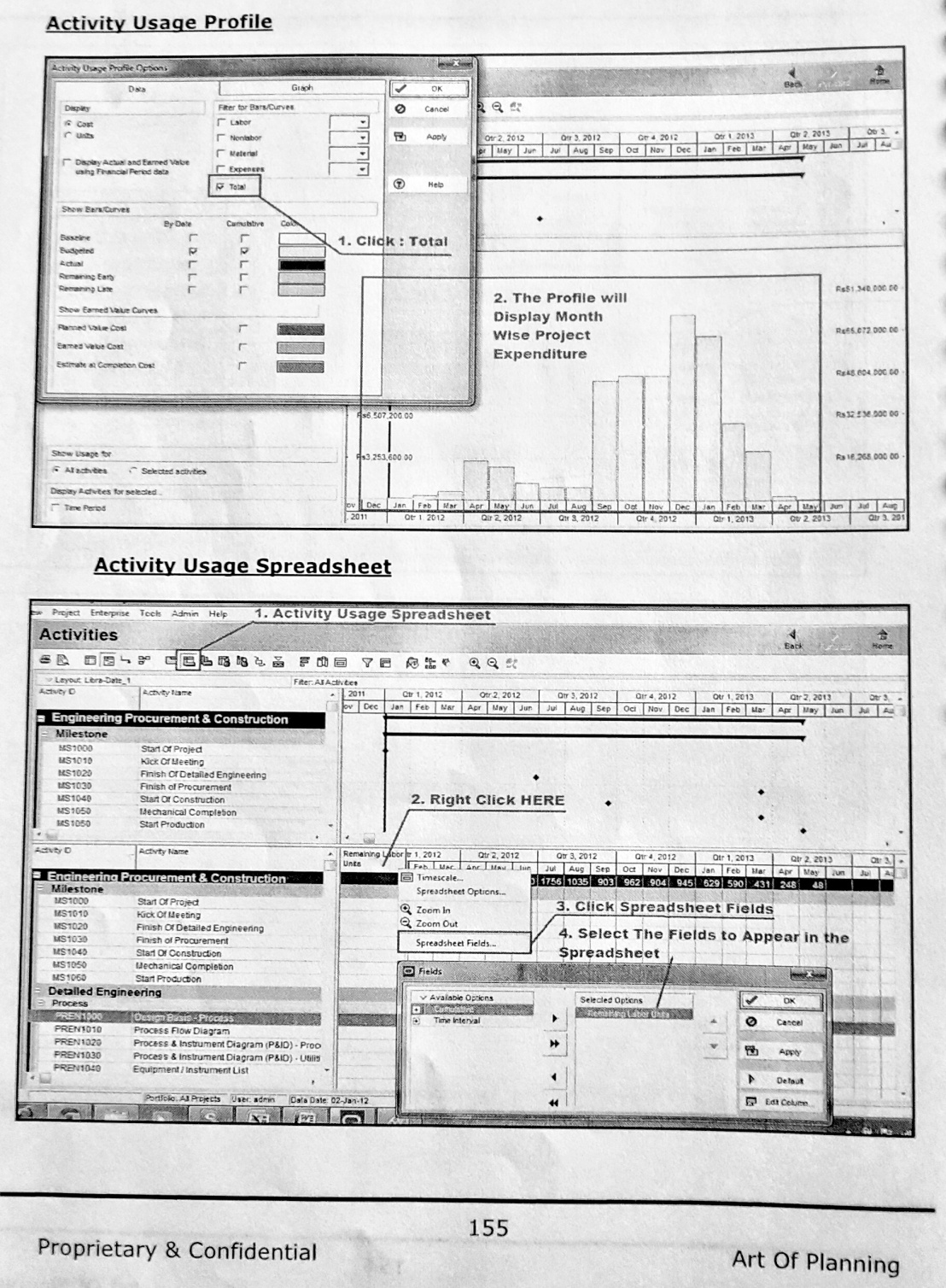
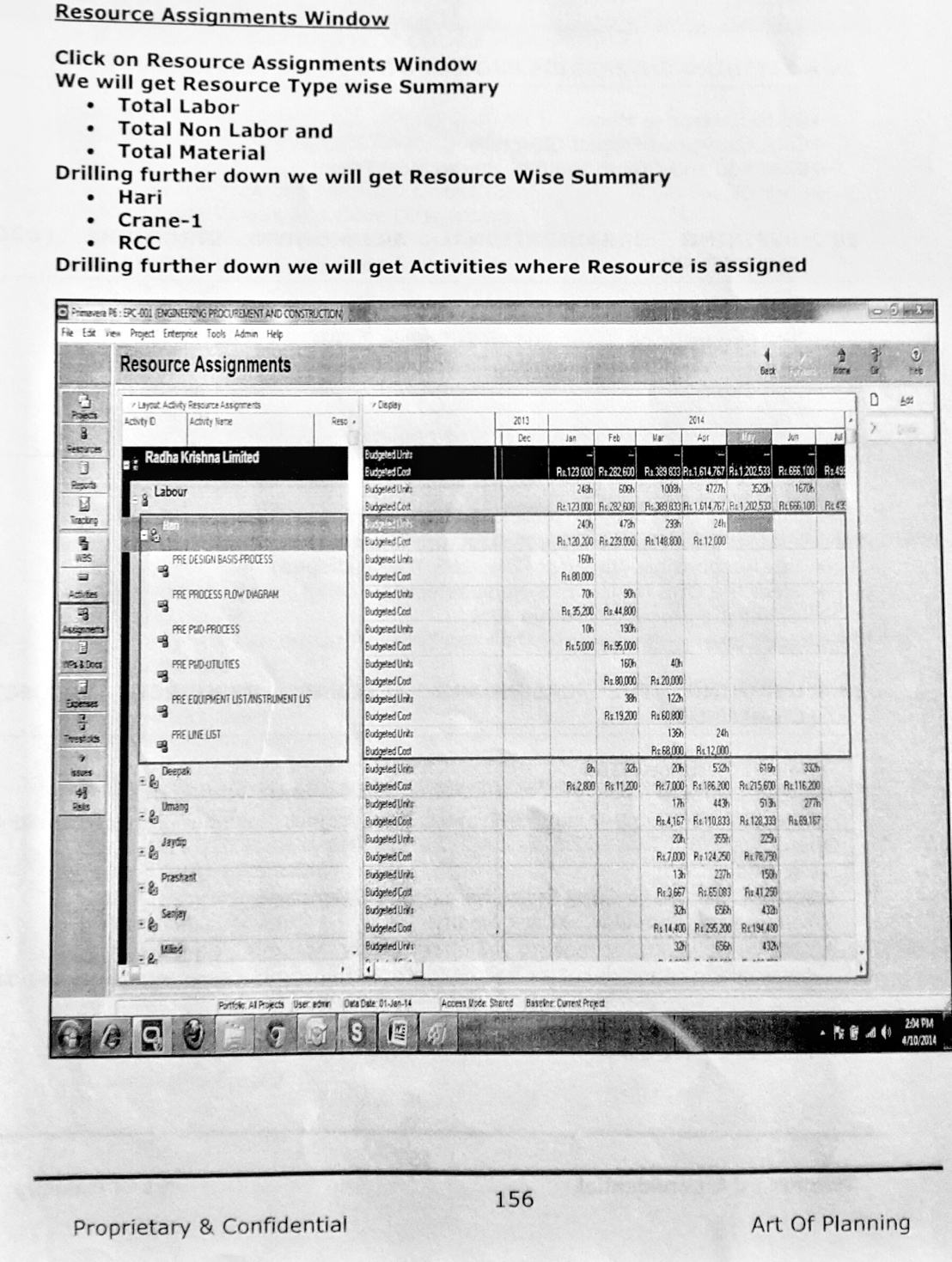
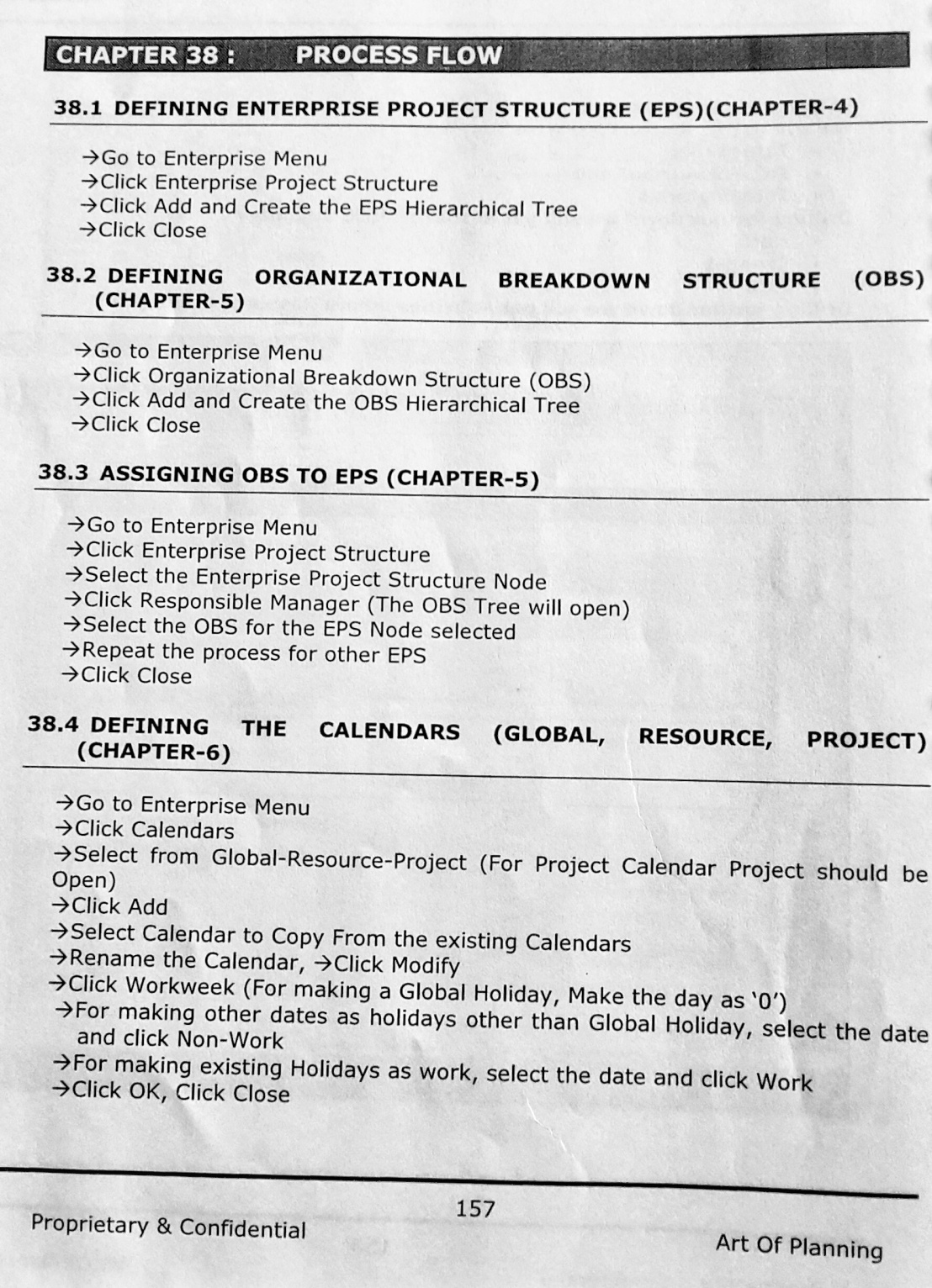
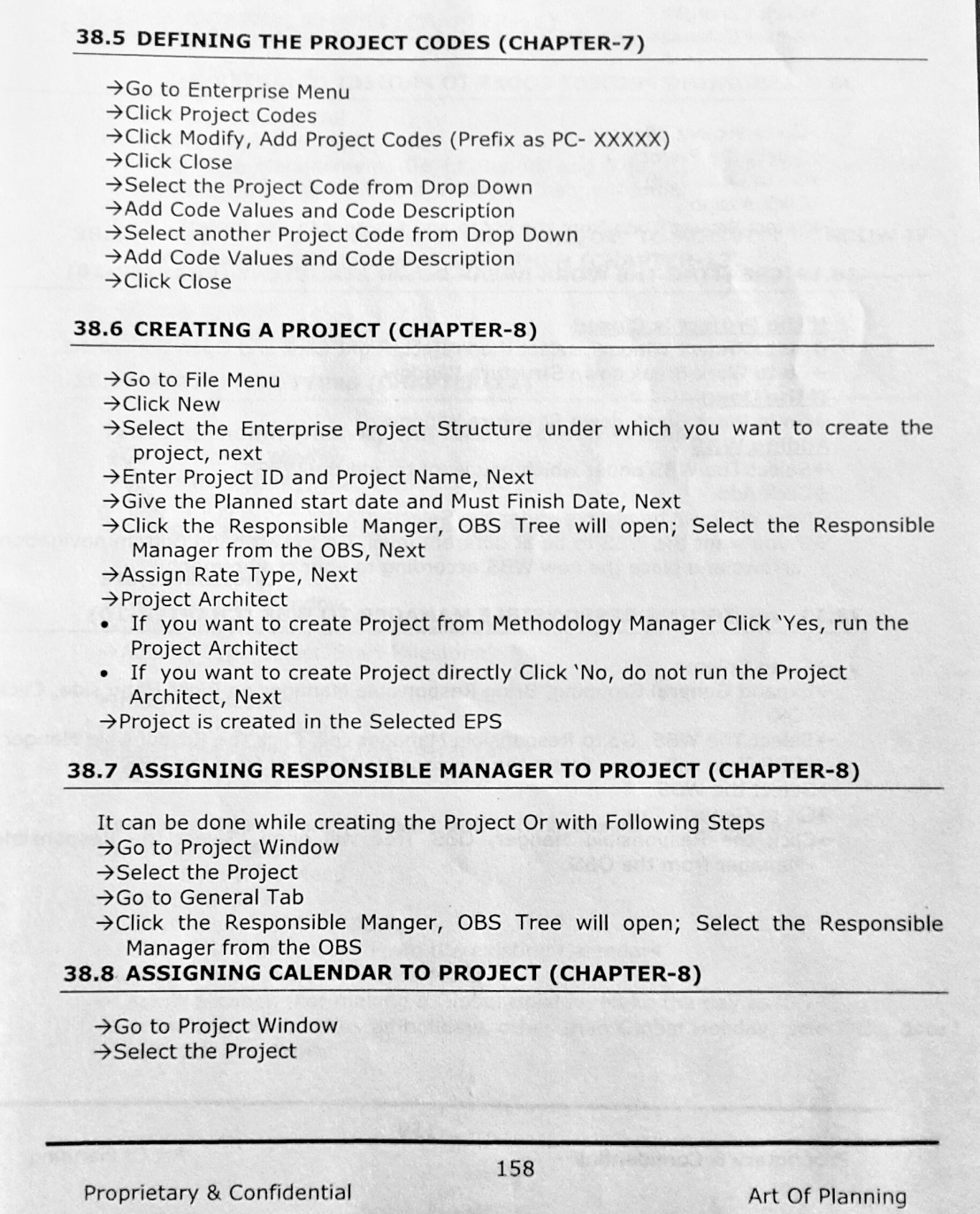
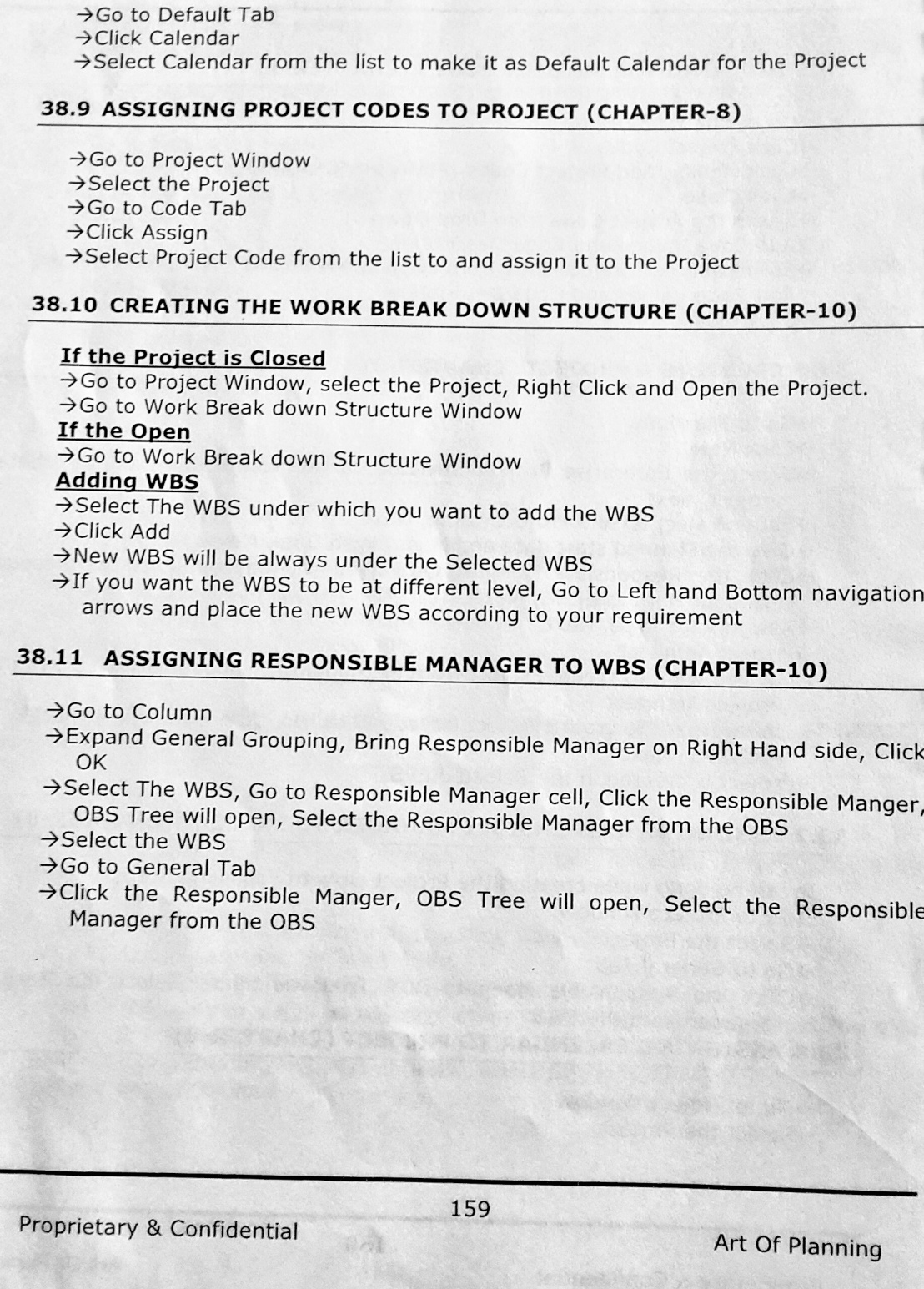


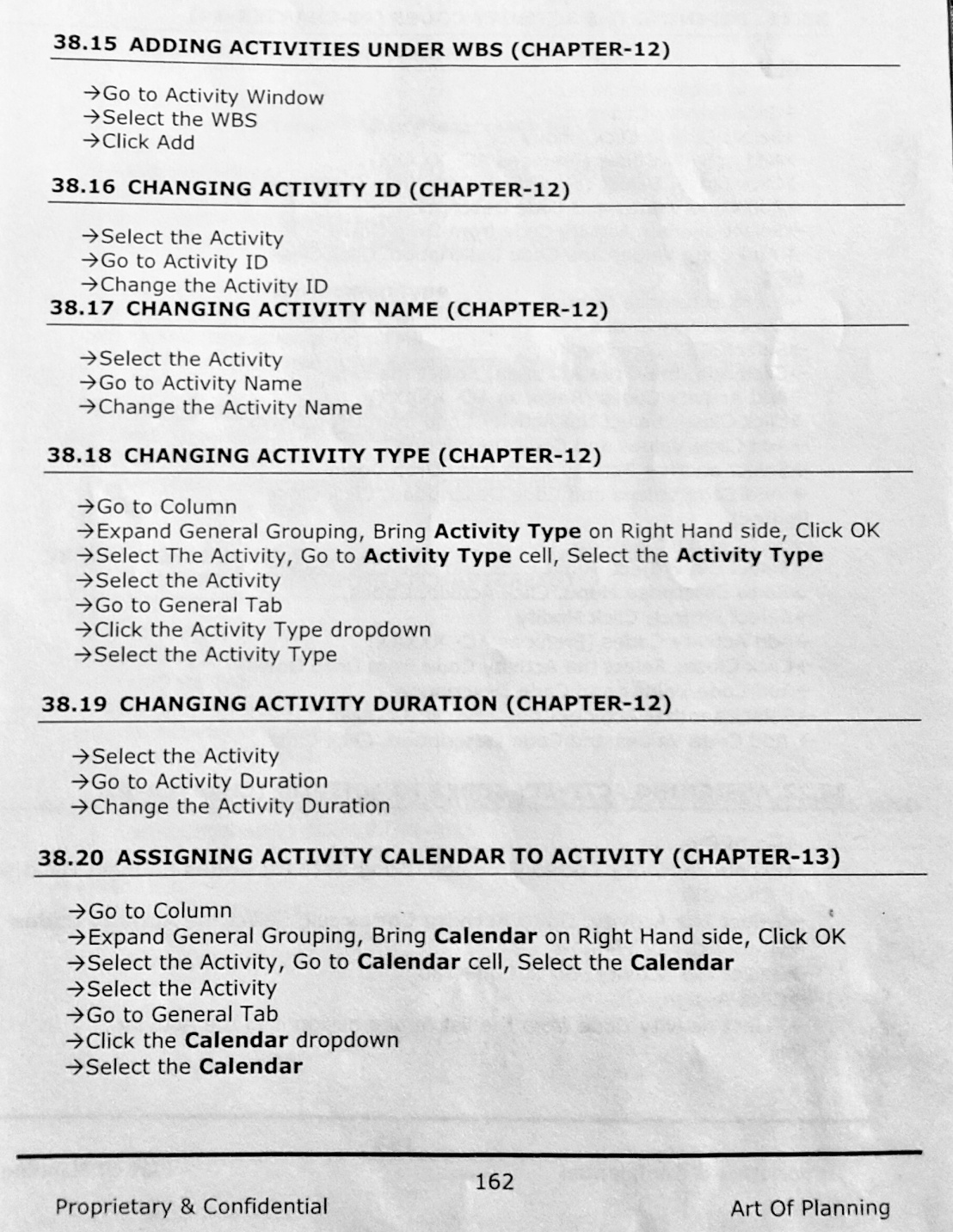

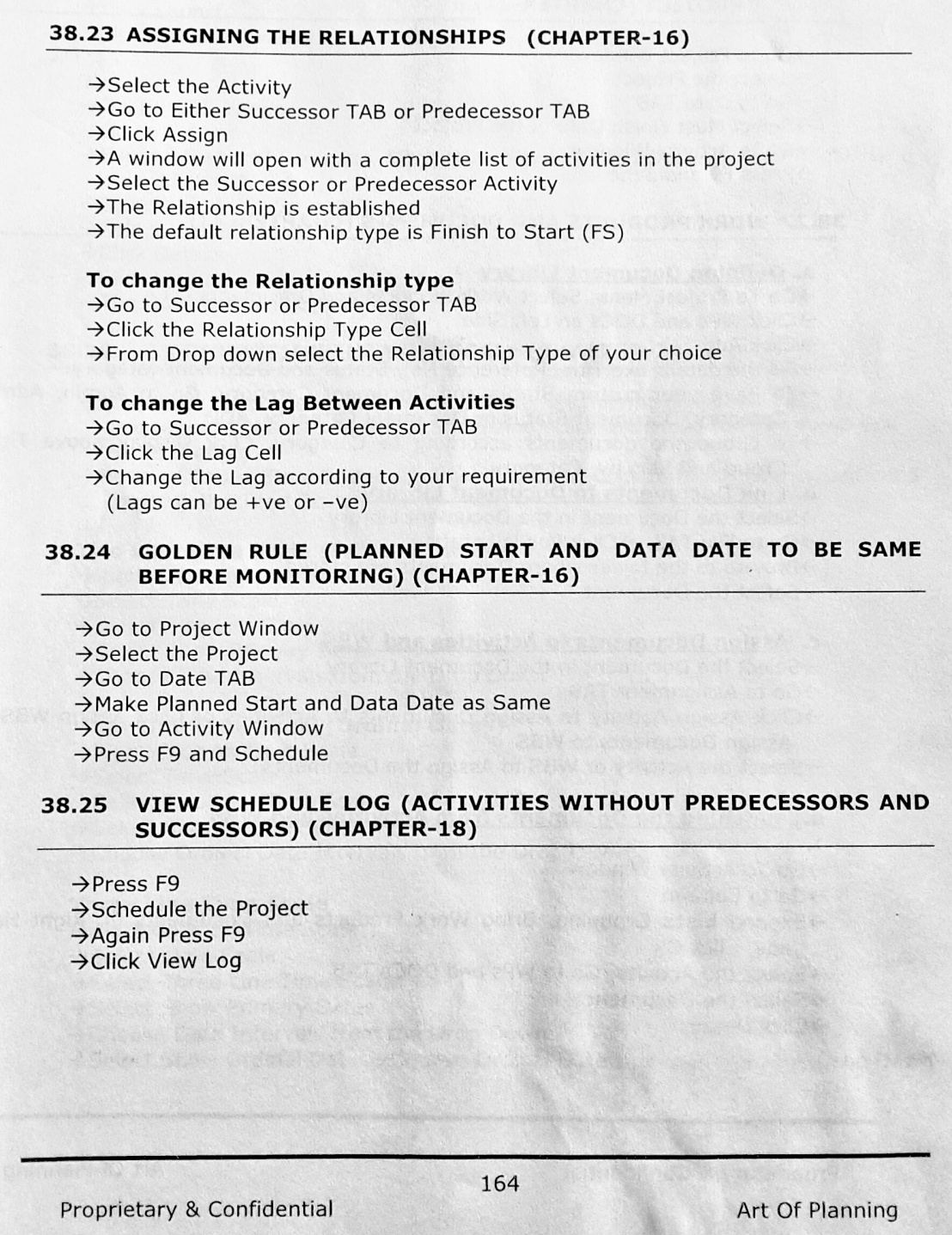
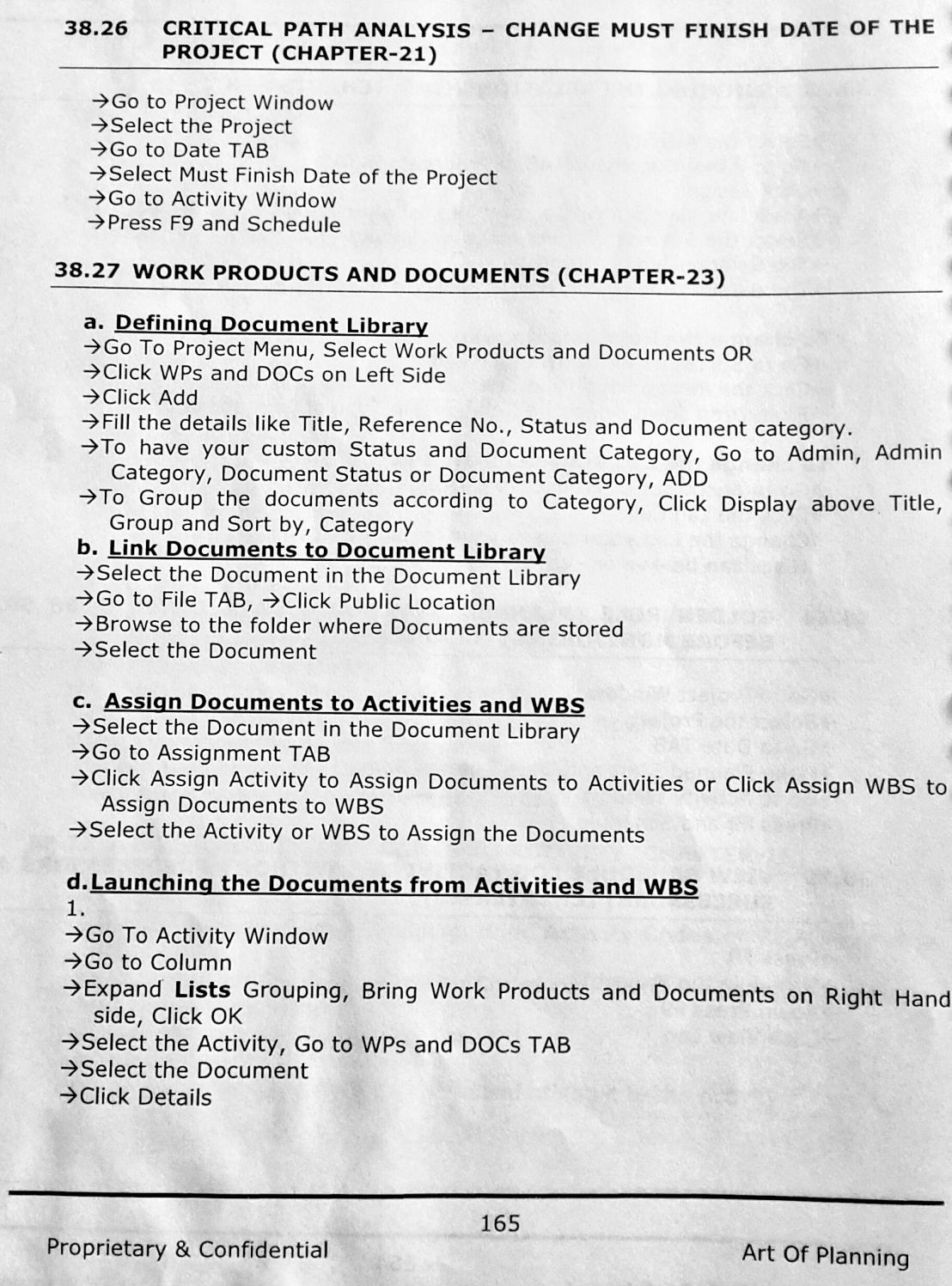


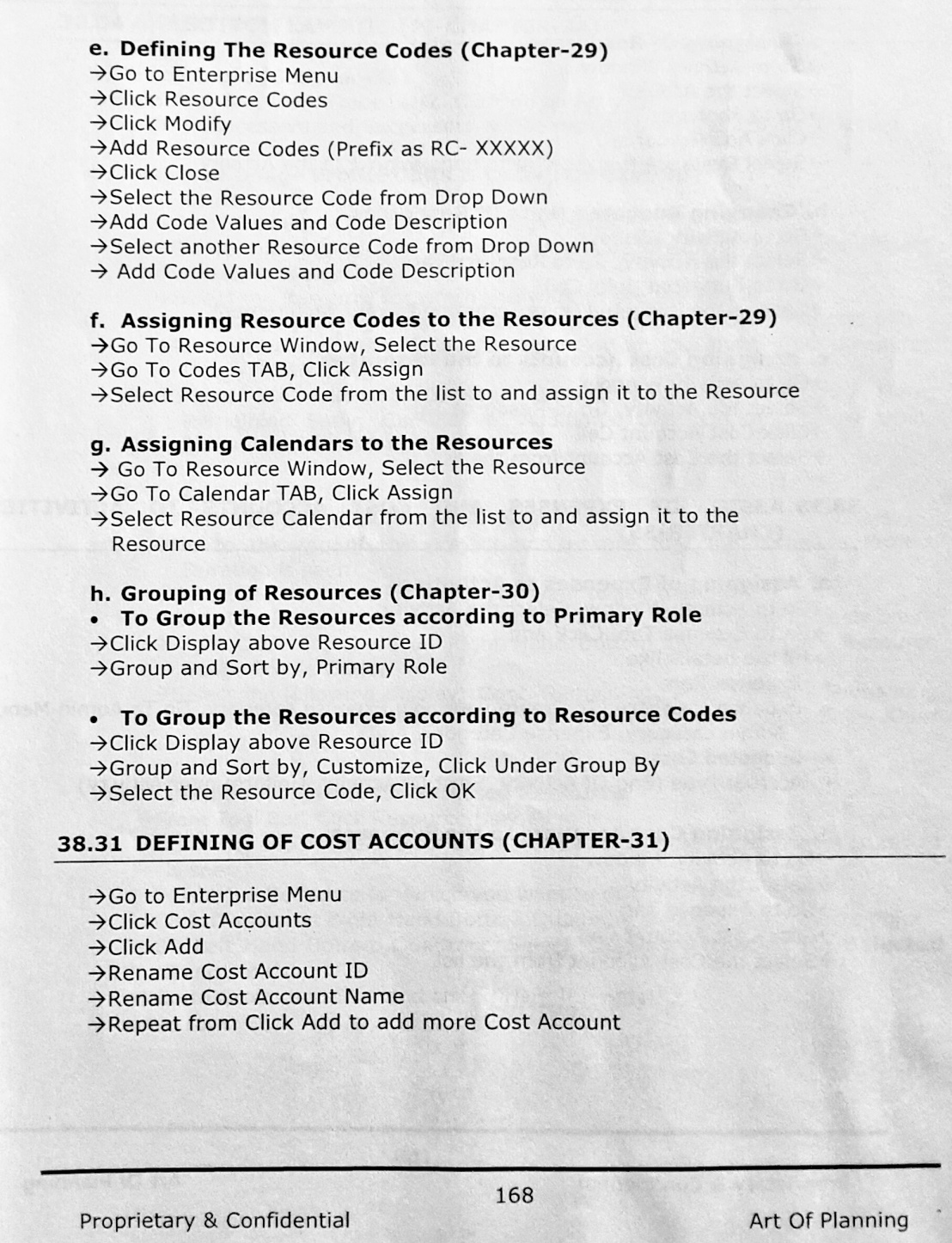

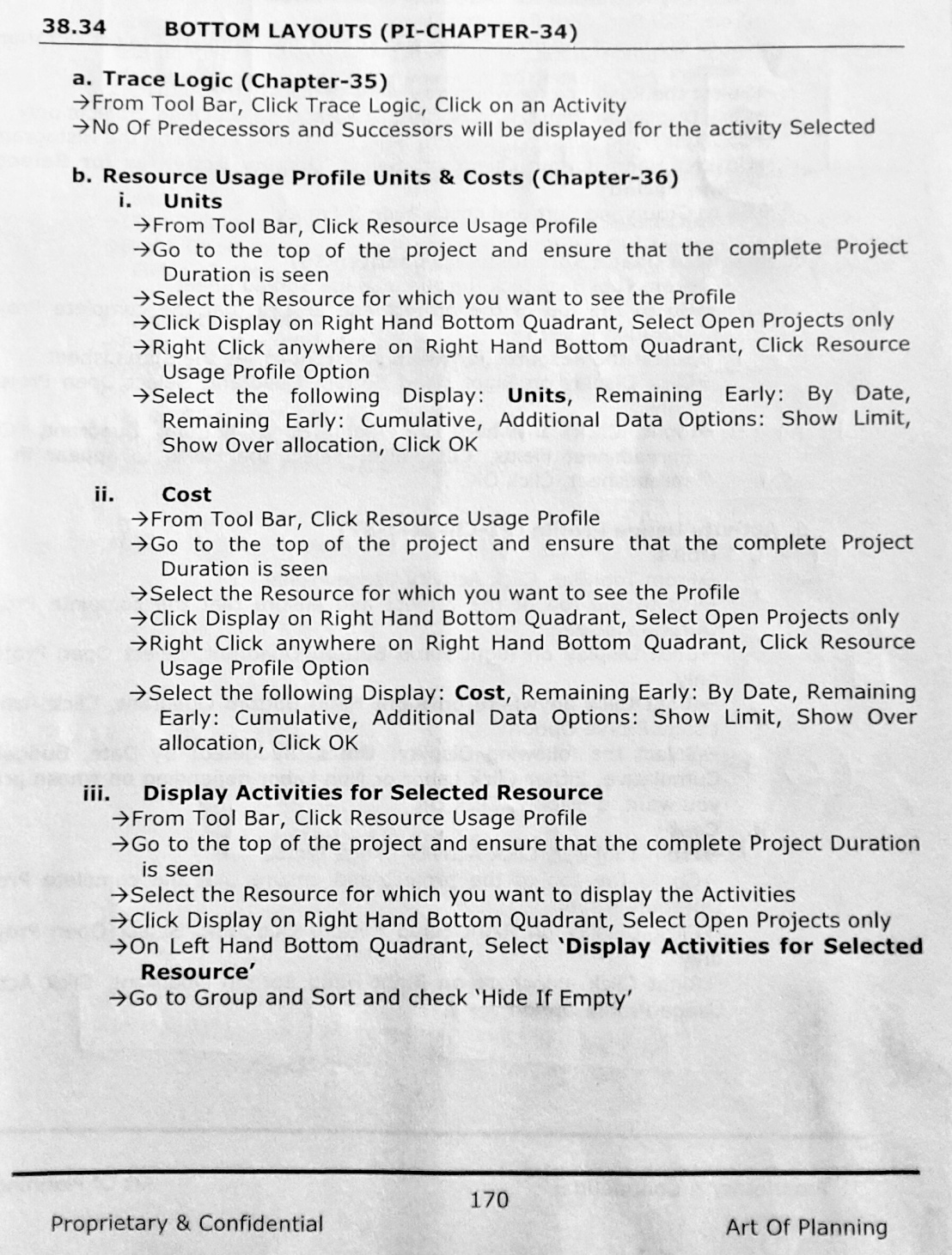
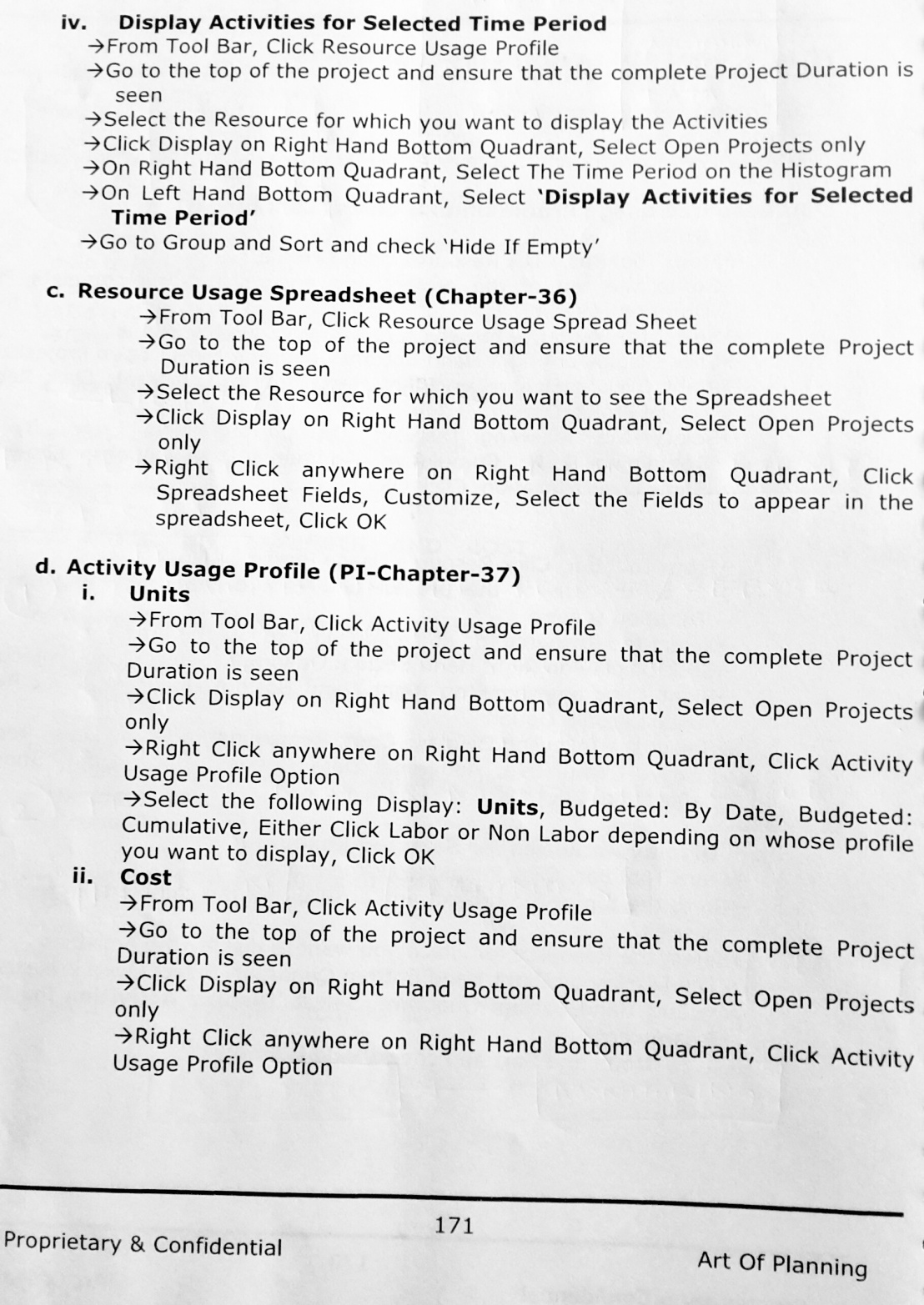
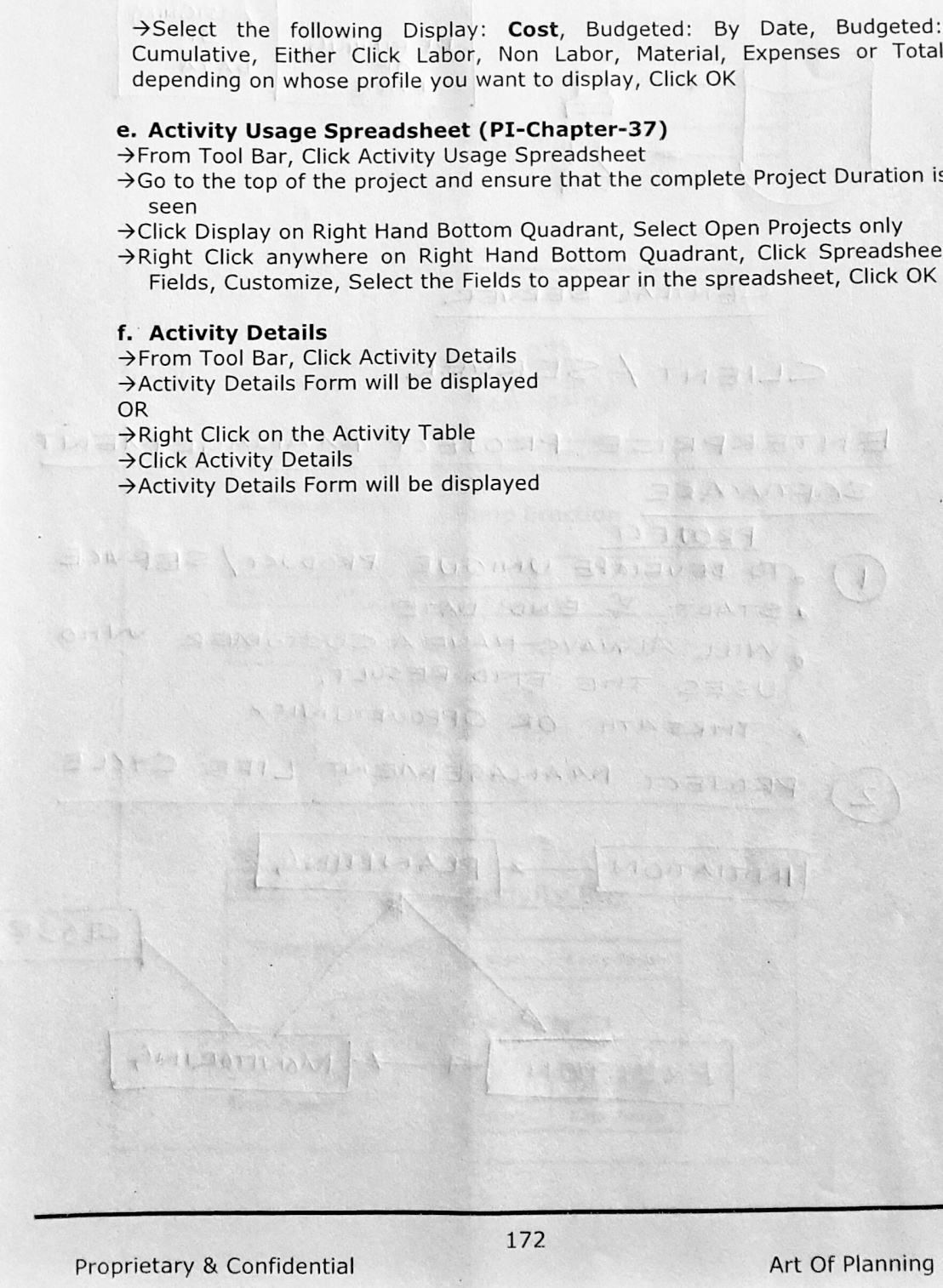

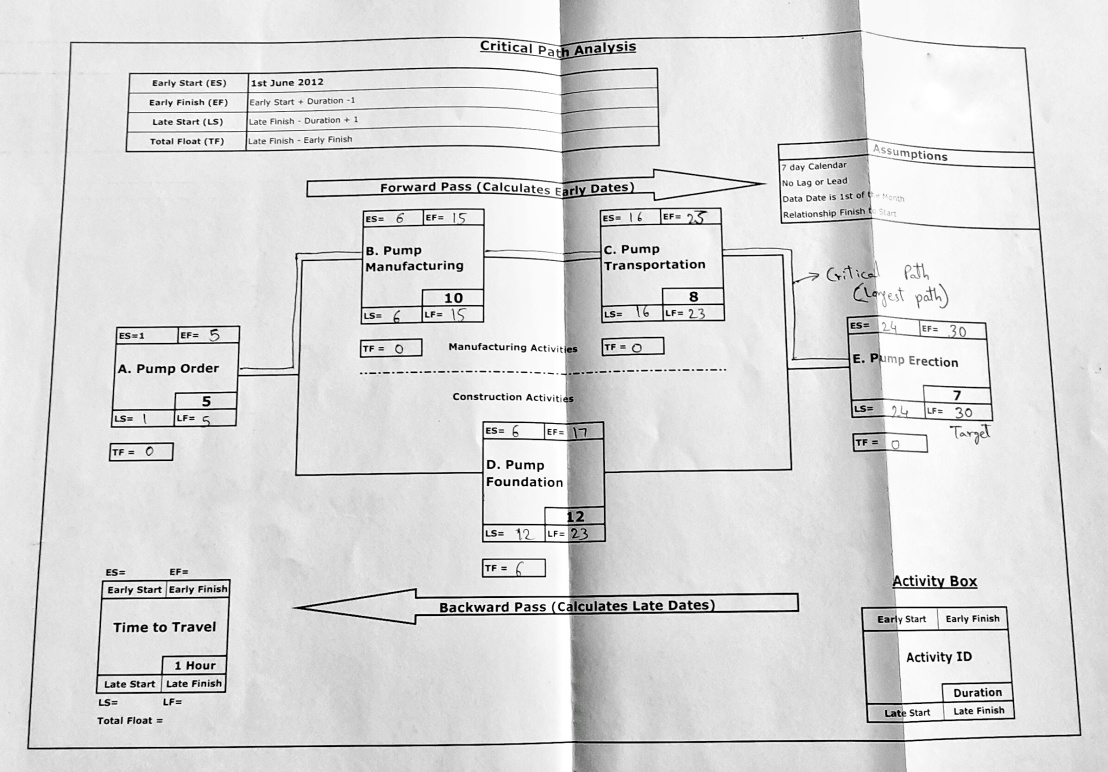
Instructions about the preparation of R.C.C design of building works have been issued vide Govt. in P.W.D. Circular No.BDG-1080/ 80838 (394)/Desk-2, dt.3rd Nov.1980.

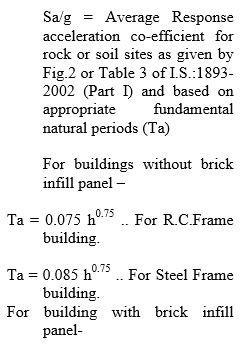


3. Seismic Analysis is carried out based on the following assumptions
(i) The Seismic Force acts, at a time along one direction only, i.e. when seismic force along with Dead and live load act on a space frame along X direction, then on Z direction only Dead and live load forces are acting and vise versa. Also, earthquake is not likely to occur simultaneously with wind or maximum flood or maximum sea weaves.
(ii) The nature of seismic force action is reversible in direction (i.e. + and – forces can act on the space frame)
(iii) Horizontal deflection of all joints of a frame, at particular floor level is same.
(iv) The individual space frame joint, shares the storey shear in proportion to its stiffness.
(v) The inverse of deflection of a joint is treated as a measure of its stiffness.
4. A judicious choice of beam sections (as explained in para 5) and column sections (as explained in para 6) will ensure deflection of the frames within permissible limits.
5. As per Clause 7.7.2, of I.S. 1893(Part-I):2002 to distribute horizontal lateral force to different lateral force resisting elements (joints), following procedure is done:
1) Find joint displacements of each joint by applying a unit horizontal fore say 5 KN or any Value in X & Z direction at each joint. (F element) and run the STAAD Pro Programme for load combination cases using partial load factor –1.
Generally the deflection in a frame at terrace level, is maximum.
As stated earlier the total base shear is shared in all X Z space frame joints of the building in inverse proportion of their deflections. The inverse of deflection for each space frame joint is calculated. Then using these values, ratio of (inverse of deflection of a particular frame joint (X/Z) Direction/sum of inverses of deflections of all (X/Z) Direction joint is worked out for each and every space frame joint. This value multiplied by the lateral force at that floor in a particular direction gives the Horizontal force to be applied at that joint in a particular direction.
6. After applying all horizontal seismic forces at all frame joints in X & Z direction, analysis is carried out for all required load combination cases and detailed space frame analysis results can be obtained.
All above calculations can be done by STAAD. Pro Programme output, using excel sheets.
For latest STAAD. Pro analysis programme, it is not necessary to calculate and apply seismic forces manually, but only by providing seismic parameters, STAAD Programme itself calculate and apply seismic forces both for static and dynamic analysis.
However, the designer should be alert to check the correctness of the seismic analysis done automatically by computer by verifying the result parameters like base shear, fundamental time period, Sa/g, seismic wt of building and deflections.
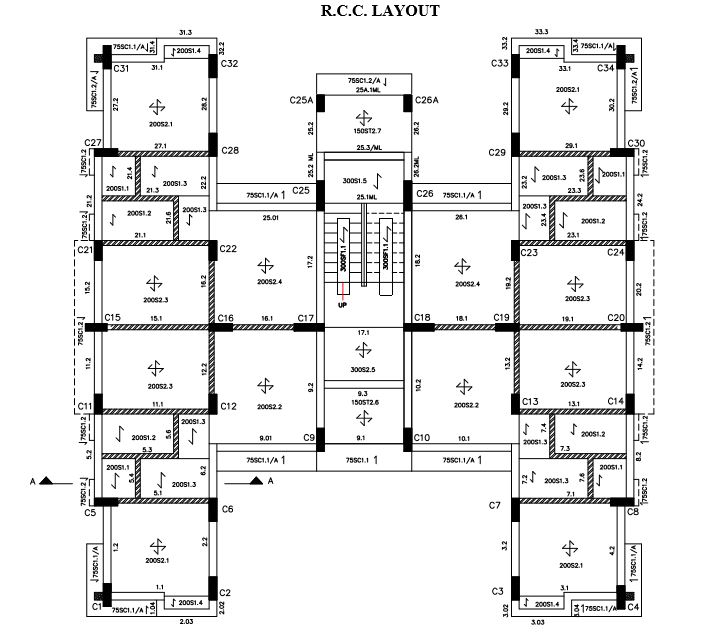
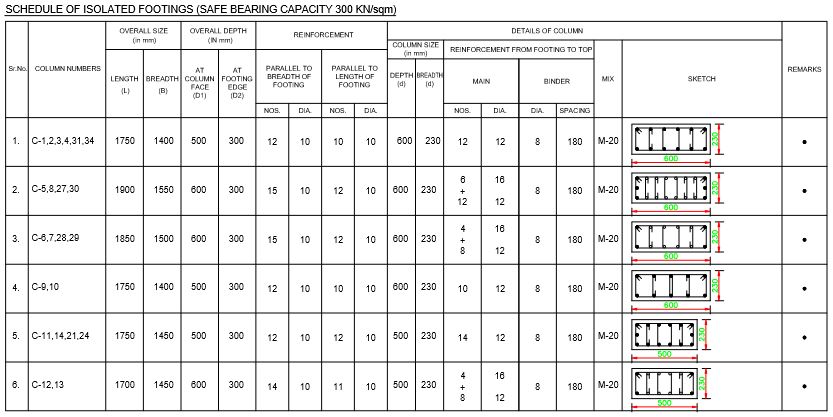




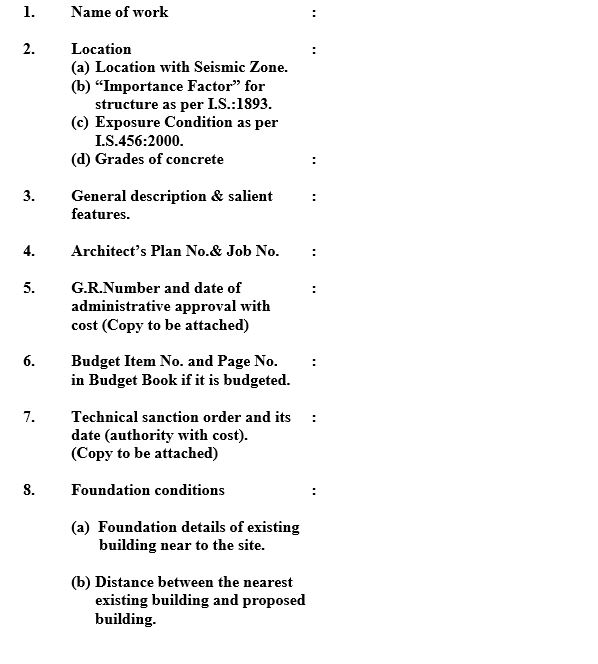


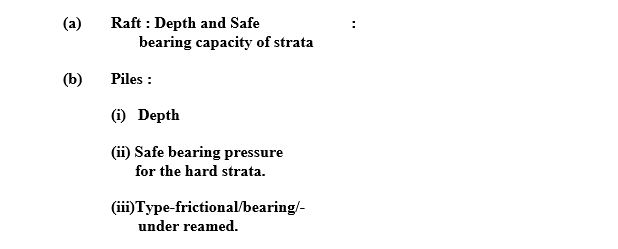
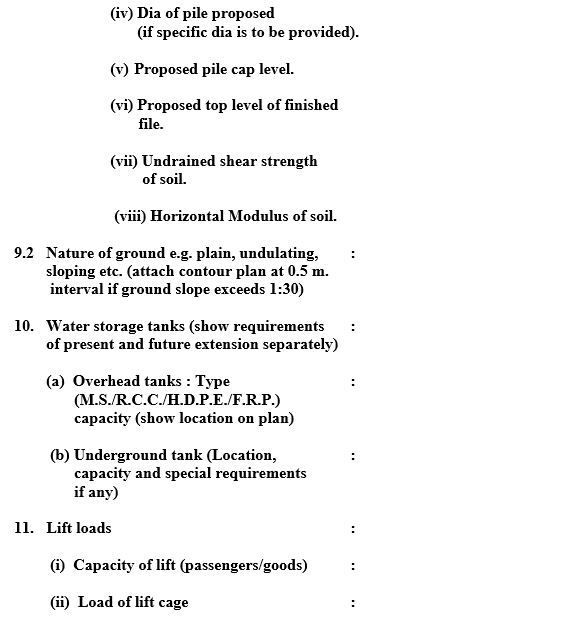
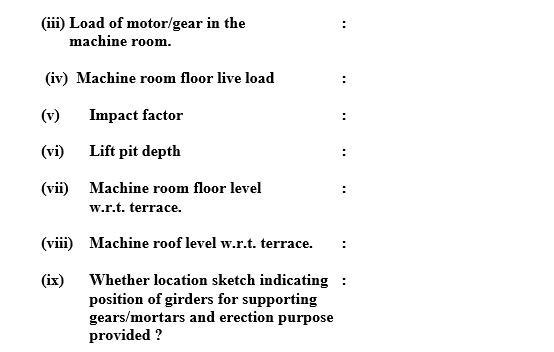
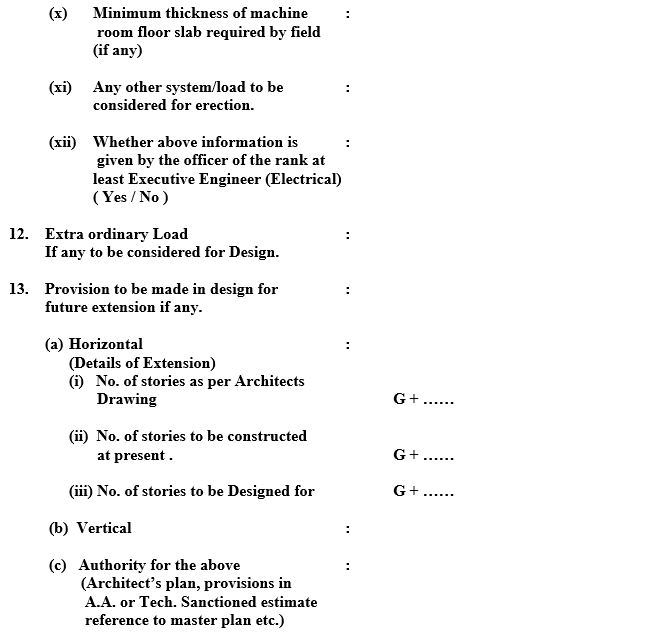
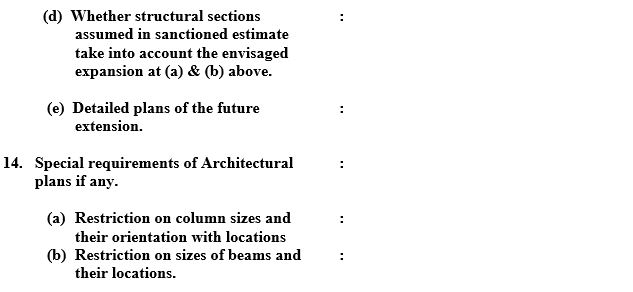
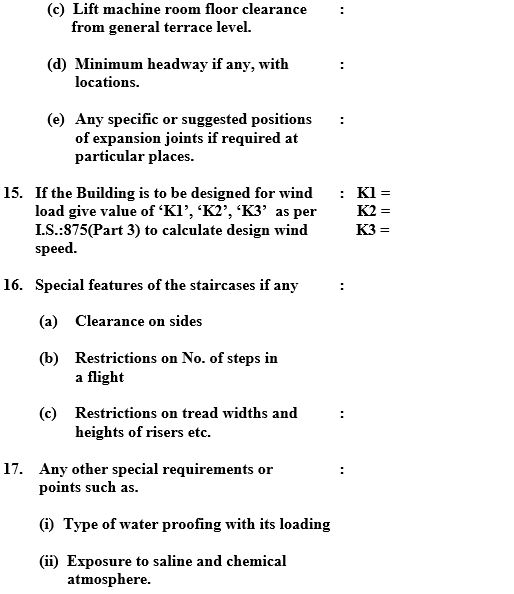
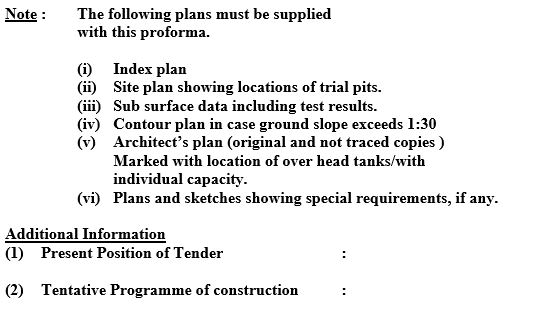

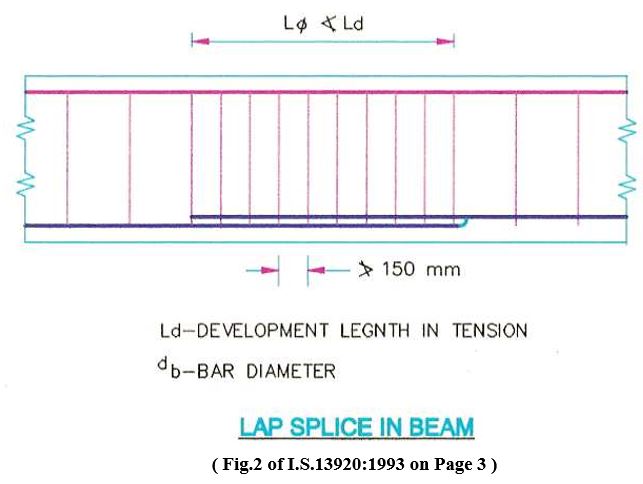
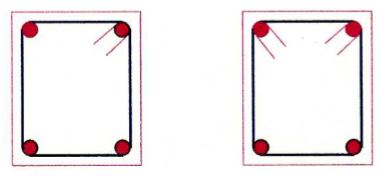
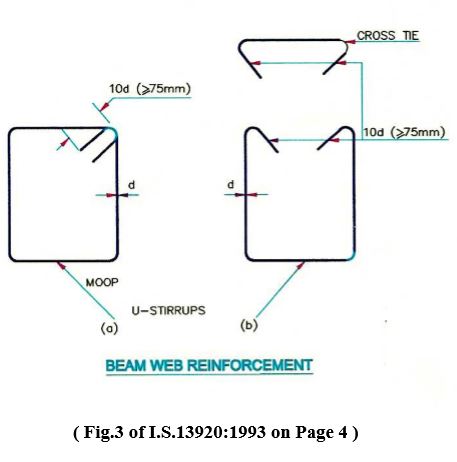
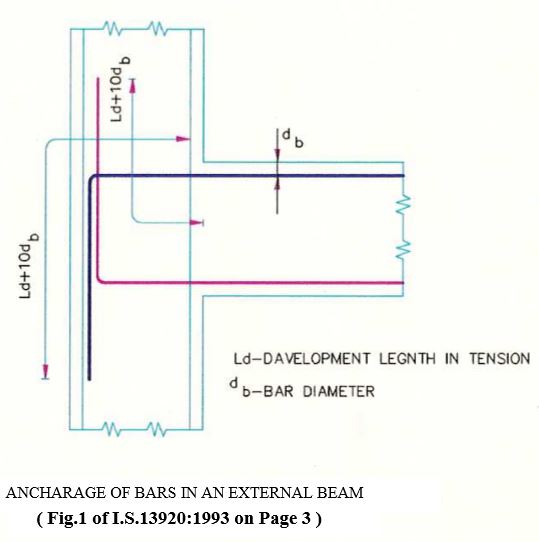
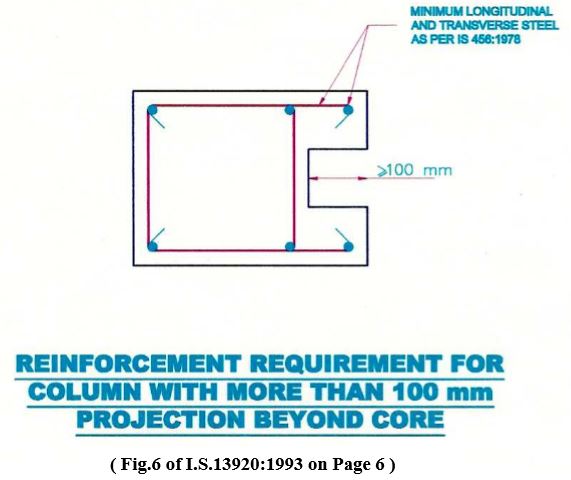

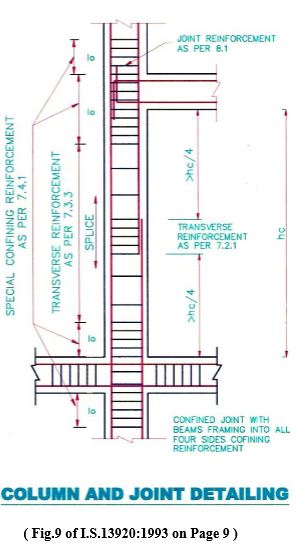


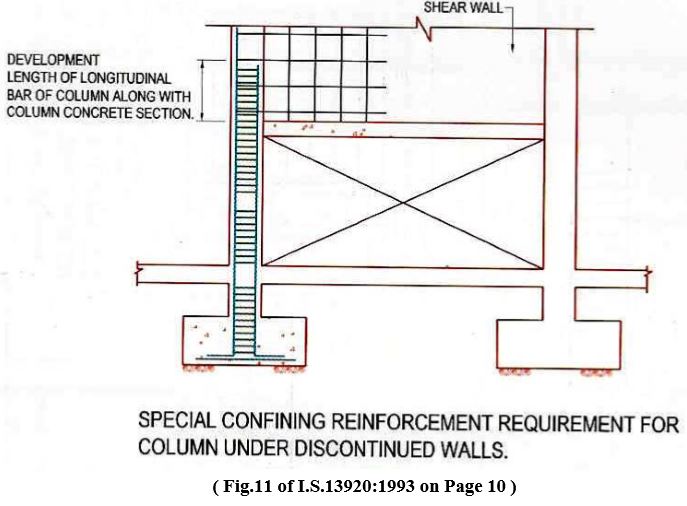
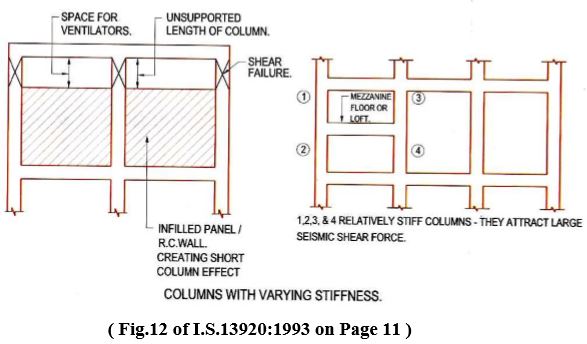
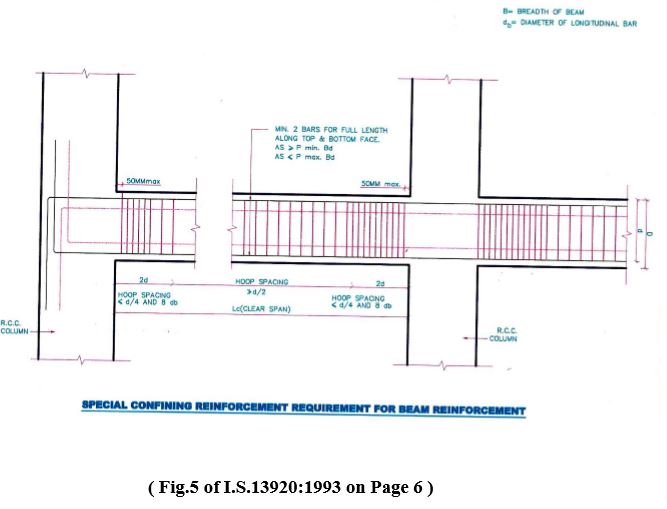


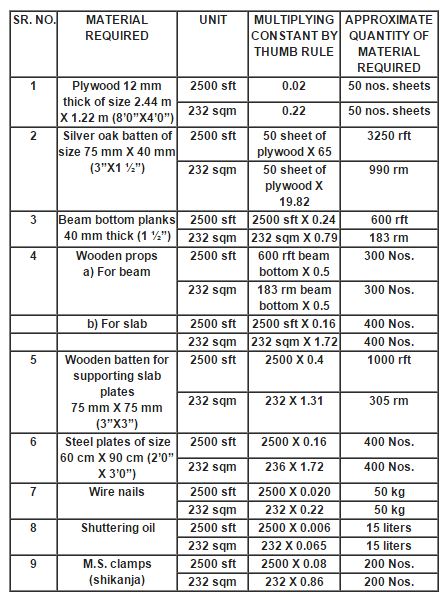
The aim of this tutorial is to guide you through the procedures for setting up a tripod to make it ready for use.
Parts of the tripod

Basic Kit, tripod and instrument in carrying case
Each leg of a tripod is adjustable for length. The legs are locked by a lever clamp (left) or screw (right).
Once the legs have been set to the correct length it is important that the locking lever or screw is tight. Otherwise, the leg may move in use which means the instrument will have to be set up again, and all readings taken again as the instrument height will have changed.

Level in transit case. Note the plumb bob (lower left) which may be used to centre the instrument over a survey station.

Aim – to set up the tripod so that it is secure, the head is approximately level, the instrument telescope will be at eye level, you will be able to see the staff through the telescope
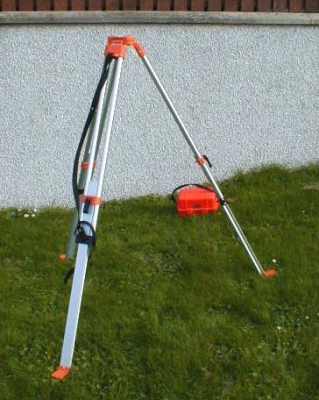
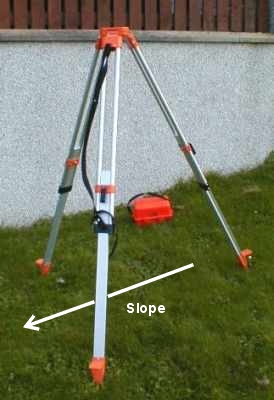
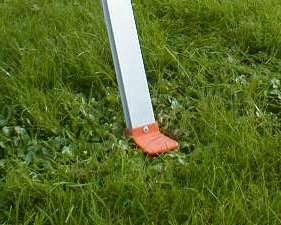
Foot plate on tripod leg
Move the third leg so that the head looks level and the instrument telescope will be at a comfortable height when this leg is firmly pushed into the ground.
Fine adjustments can be made by changing the length of each leg.
Make sure that the clamp or locking screw is tight when finished.
Notes:
If the tripod head is not almost level you may have difficulty setting up the instrument.
Do not lean on the tripod when using it, as this could disturb the setting of the instrument.
Tripod set up, legs secure, head level at a suitable height for use, ready for the instrument.
The aim of this tutorial is to show you how to attach the level to the tripod. The attachment method is the same for most modern survey instruments including levels, theodolites, and EDM systems.
Attaching the instrument to the tripod

Tripod Head has a polished level surface for the instrument to stand on. Some tripods have a cover to protect the head when not being used. Take care not to damage the surface.
The Tripod Screw is captive and mounted on a movable bracket to allow the instrument to be centred over a station if necessary.

The instrument base plate (trivet stage) is threaded to take the tripod screw. The three raised ‘feet’ are machined to give a stable contact with the tripod head.
The tripod screw has a large head and is designed to be tightened and undone by hand. Do not apply undue force.
The aim of this tutorial is to introduce you to the automatic level and levelling head on the instrument. The three screw levelling head is found on most modern survey instruments including levels, theodolites, and EDM systems.
Typical parts of an automatic level
Right side of Level
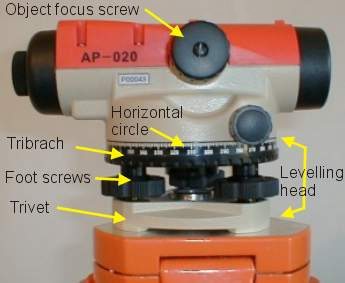
The levelling head has three parts:
Also labeled in this picture:
Top of Level

This picture shows the instrument controls:
Left side of level
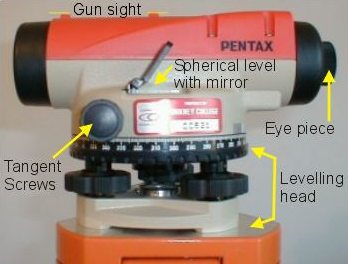
The only new component in this view is the mirror over the spherical level. This mirror allows the observer to see the bubble and confirm that the instrument is correctly levelled before taking a reading. Not all instruments will have a mirror.
Linear bubble level

Not all instruments have exactly the same features. This automatic level has a linear bubble level. It only has one tangent screw and the horizontal circle is replaced by marks at 90° intervals to allow setting out of right angles.
Eye piece focusing of the cross hairs and an object focus screw are usually provided on all instruments.
Aim – To level the tribrach so that the telescope rotates in a horizontal plane.
Levelling an instrument with a linear bubble tube.


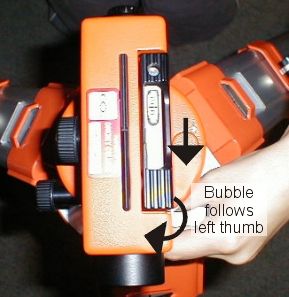

Levelling an instrument with a spherical spirit level.

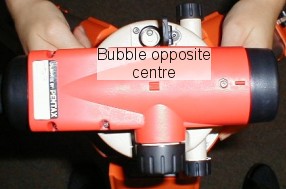
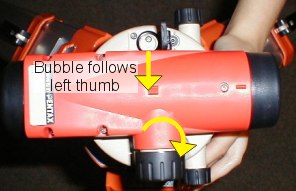

The aim of this tutorial is to describe the basic principle of an automatic level.
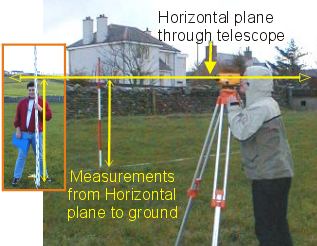
Principle of levelling.
The aim of this tutorial is to describe the basic principle of an automatic level.
The Automatic Level

Levelling staff.


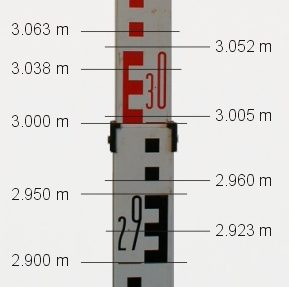
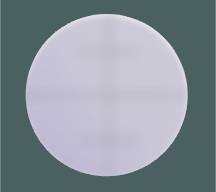

Focus the reticule.
Focus on the staff
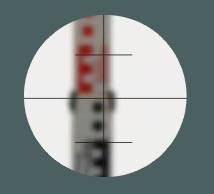
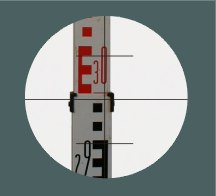
In this view the staff reading is 2.993
Upper stadia = 3.040
Lower stadia = 2.946
Stadia difference = 0.094
Distance to staff = 0.094 x 100 = 9.4 metres
Note that stadia distances have a low level of accuracy, one mm error in staff reading gives a distance error of 0.1 metre
Check that the staff is vertical.

 <- Staff leaning forward reading high
<- Staff leaning forward reading high

 <- Staff vertical lowest reading
<- Staff vertical lowest reading

 <- Staff leaning back reading high
<- Staff leaning back reading high
The aim of this tutorial is to introduce Bench Marks as a height reference.
OS Bench Mark (OSBM).
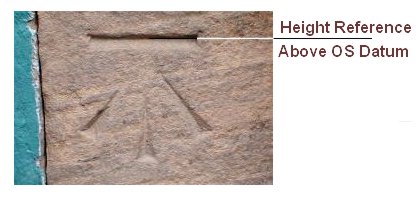
OS Bench Marks are established by the Ordnance Survey to provide height references. They are usually carved into stonework or other stable material that is unlikely to be disturbed.
The centre of the horizontal groove is the height reference.
Heights are given in metres above OS Datum on large scale OS plans and other references.
Temporary Bench Marks (TBM)
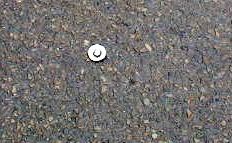
Temporary Bench Marks are often established around the survey site. TBMs may be surveyed in to the OS Datum by levelling between the site TBMs and an OSBM.
A site datum may be established instead and all levels referred to a TBM that has been given an arbitrary value (usually 100.000 metres, or a value that ensures all heights will be positive).
TBMs require to be stable. The main site reference is often a steel pin set in a block of concrete but wooden pegs set in concrete with a nail head providing the reference level are often used.
It is good practice to establish a number of TBMs around the perimeter of a building site as a precaution against the only site height reference being disturbed or dug up part way through the contract.
Reinforced concrete stairs are self-supporting or carried on beams or walls. They are often built around open or lift wells supported according to the type of structure. Staircase with cantilevering treads from a column or wall support are also commonly used for fire escape stairs, etc.
Note – Minimum steel, bar spacing and cover should conform to the requirements specified for slabs and of beams as appropriate.
The reinforcement detail for a staircase supported by edge beams along each edge is similar to the one supported along its edges by a brick wall. Figure 10.1 shows cross-sectional details of a flight with two types of arrangements.
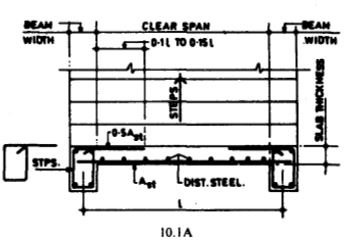

10.2 Flight Supported on central beam – Figure 10.2 shows the cross-sectional details of a typical staircase supported on a central (stringer) beam. Each step of the the staircase is acting as a cantilever on both sides of the main beam.
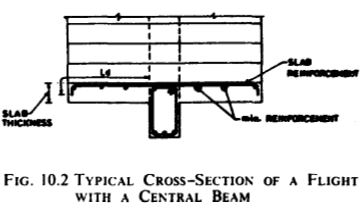
Figures 10.3 and 10.4 illustrate two types of stairs with flight and landing supported at ends. Figure 10.3 gives reinforcement details of a flight spanning from outer edge to outer edge ot landing. Figure 10.4 gives reinforcement details of a flight together with its landings spanning from inner edge to inner edge of landings.
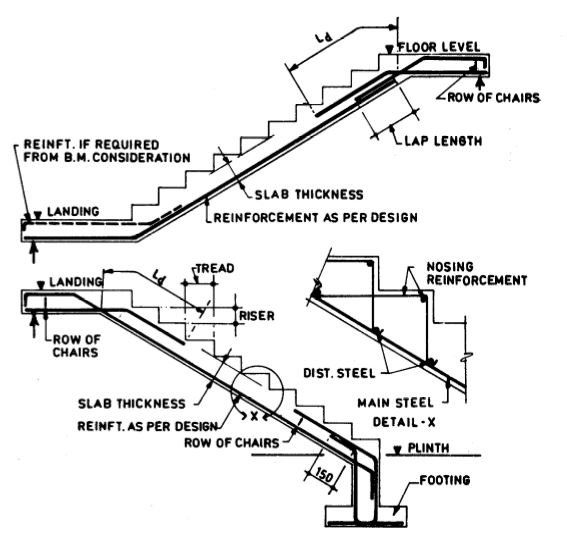
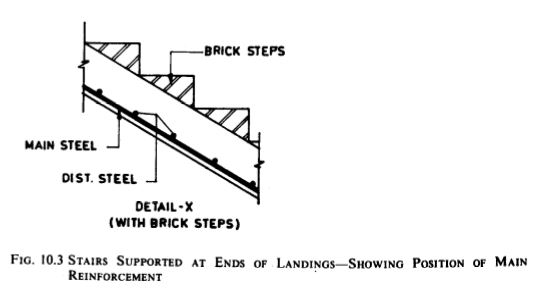

Figure 10.5 shows the elevation detail for a straight stair flight with its landings at its ends supported by brick walls.
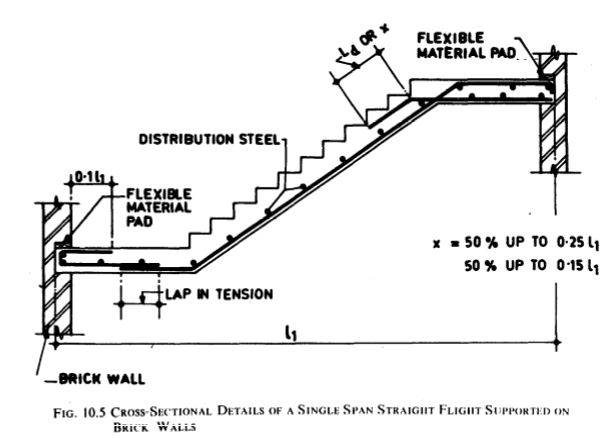
Straight stair flights and landings supported by side or centre beams as shown in Fig. 10.1 to 10.3 will require cranked beams. The elevation details of cranked beam is shown in Fig. 10.6.
The method of reinforcing a cranked beam is shown in Fig. 10.6. The bars at the intersections shall be carried for development length past the intersection, and one set of bars shall be cranked inside the other because of fouling. To complete the intersection extra bars, normal to the angle of intersection, are usually added as shown by the bars c and f.

A typical details of a tread cantilevering from a wall is given in Fig. 10.7. A typical detail of a staircase cantilevering from the side of a wall is shown in Fig. 10.8.
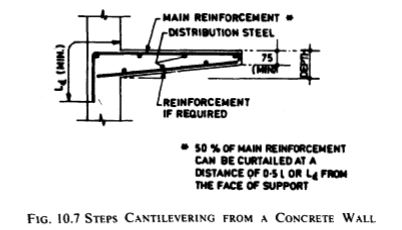

A typical detail of a slabless tread riser staircase is given in Fig. 10.9.

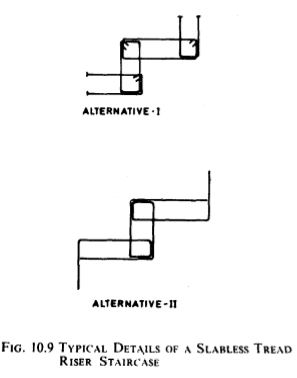
When tension bars meeting at a corner produce a resultant force resisted by the concrete cover, the bars shall be crossed over and anchored on either side of the cross-over by adequate anchorage length for taking up the stresses in the bar (see Fig. 10.11).
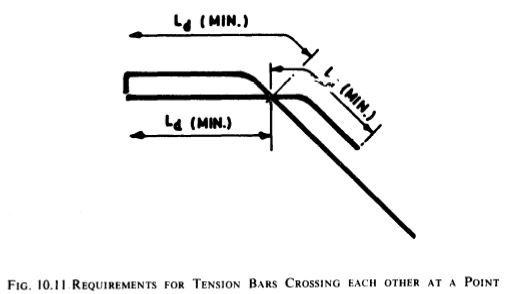
The designer should ensure that adequate consideration is given to the reinforcement detailing for handrail supports. If pockets are left in the concrete into which the hand rail posts are later concreted, the reinforcement shall pass around the pockets and be anchored into the main body of the concrete. If inserts are set into the concrete these should have steel bars passing around them to have sufficient anchorage ties build-in.
Where construction requires bars larger than 10 mm or 16 mm diameter should not be detailed to be rebend, but mild steel bars are recommended if re-bending is unavailable.

In solid reinforced concrete slabs, the reinforcement in either direction expressed as a percentage of the gross-sectional area of the concrete shall not be less than:
a) 0.15 percent where plain bars are used, and
b) 0.12 percent where high yield strength (hot rolled and cold twisted) deformed bars or welded wire fabric are used.
Spacing
a) The pitch of the bars for main tensile reinforcement in solid slab shall be not more than thrice the effective depth of such slab or 450 mm, whichever is smaller.
b) The pitch of the distribution bars or the pitch of the bars provided against shrinkage and temperature shall not be more than 5 times the effective depth of such slab or 450 mm, whichever is smaller. Table C-6 (see Appendix C) give area of bars for different spacing and diameter of bars.
Cover
a) The cover at each end of reinforcing bar shall be neither less than 25 mm nor less than twice the diameter of such bar.
b) The minimum cover to reinforcement (tension, compression, shear) shall be not less than 15 mm, nor less than the diameter of bar.
Bar Diameters
The main bars in the slab shall not be less than 8 mm (high yield strength bars) or 10 mm (plain bars) and distribution steel shall not be less than 6 mm diameter bars. The diameter of the bar shall not also be more than one-eighth of the slab thickness.
Slabs Spanning in One Direction
A slab that is supported on two opposite sides only by either walls or beams is said to be spanning in one direction. The slab is considered as spanning in one direction even when the slab is supported on all four sides if the effective length of the slab exceeds two times its effective width. The shorter span is to be considered for design.
Figure 9.1 shows the general details of slab spanning in one direction. It clearly indicates the size and thickness of the slab and reinforcement, the cover and the spacing. Slab thickness shall be indicated both in plan and section. Where series of identical bars are used, it is customary to show only one bar. The bars in the shorter direction (main bars) are placed in the bottom layer. At least 50 percent of main reinforcement provided at mid span should extend to the supports. The remaining 50 percent should extend to within 0.1 x l of the support.
The bars in longer direction of the slab are called distribution or transverse steel. These assist in distribution of the stresses caused by the superimposed loading, temperature changes and shrinkage during the hardening process. These bars are placed in the upper layer and tied with the main steel bars to keep them in correct position during concreting.
Slabs Spanning in Two Directions
A simple slab spanning in two directions (ly/lx </= 2) and supported on four brick walls is shown in Fig. 9.2. As the slab is spanning in both directions the reinforcement in each direction shall be considered as main reinforcement. The bars in the shorter direction are generally placed in the bottom layer and tied with the bars iti the longer direction placed above at suitable intervals to keep their relative positions intact during concreting. At least 50 percent of the tension reinforcement provided at mid-span should extend to the supports. The remaining 50 percent should extend to within 0.1 x lx, or 0.1 x ly, of the support, as appropriate, where lx, and ly, are effective spans in the shorter direction and longer direction, respectively.
Restrained Slabs
When the corners of a slab are prevented from lifting, the following simplified detailing rules may be applied, provided the slab is designed for predominantly uniformly distributed loads.
Note 1 – The analysis of uniformly distributed load and concentrated loads may be done separately, and with appropriate theories. The reinforcement quantities determined in this way should be superimposed.
Note 2 – If an end support is assumed to be a free support in the analysis, but if the character of the structure is such that restraint may nevertheless occur at the support, a restraint moment equal lo half the mid-span moment in the strip concerned may be adopted.

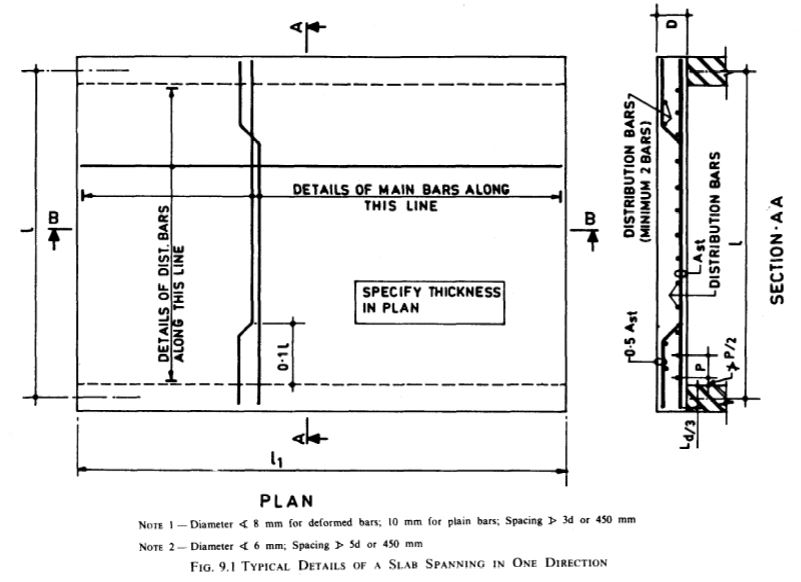
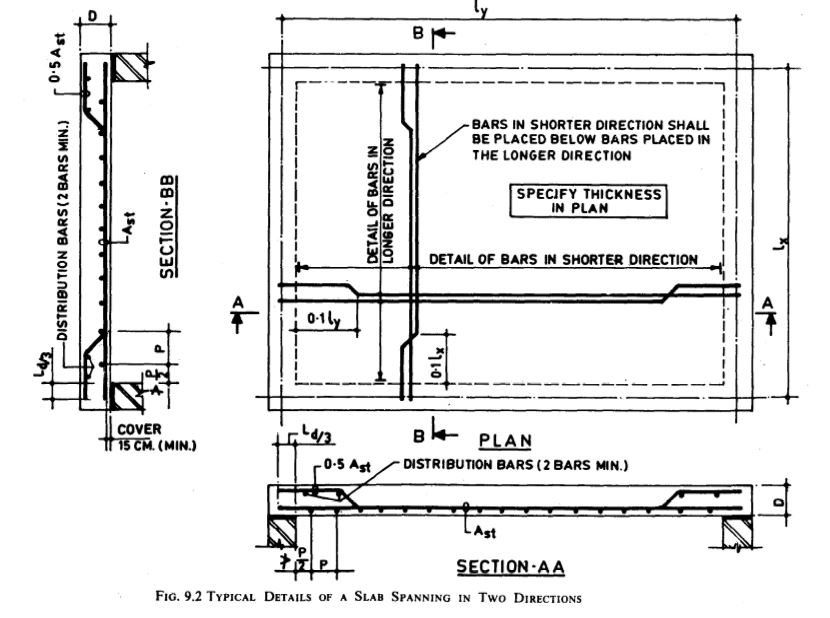
The slabs are considered as divided in each direction into middle strips and edge strips as shown in Fig. 9.3, the middle strip being three-quarters of the width and each edge strip one- eighth of the width.

The tension reinforcement provided at mid-span in the middle strip shall extend in the lower part of the slab to within 0.25 x l of a continuous edge, or 0.15 x l of a discontinuous edge.
Over the continuous edges of a middle strip, the tension reinforcement shall extend in the upper part of the slab a distance of 0.15 x l from the support, and at least 50 percent shall extend a distance of 0.30 x l.
At a discontinuous edge, negative moments may arise. They depend on the fixity at the edge of the slab but, in general, tension reinforcement equal to 50 percent of that provided at mid-span extending 0.1 x l into the span will be sufficient.
Torsional Reinforcement
Torsional reinforcement shall be provided at any corner where the slab is simply supported on both edges meeting at that corner and is prevented from lifting unless the consequences of cracking are negligible.
It shall consist of top and bottom reinforcement, each with layer of bars placed parallel to the sides of the slab and extending from the edges a minimum distance of one-fifth of the shorter span. The area of reinforcement per unit width in each of these four layers shall be three-quarters of the area required for the maximum mid-span moment per unit width in the slab (see Fig. 9.4A).
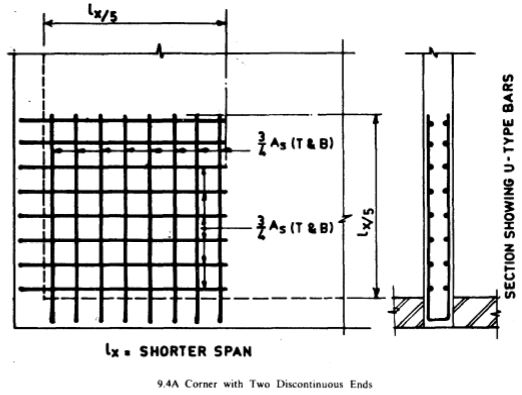
Torsional reinforcement equal to half that described in 9.4.6 shall be provided at a corner contained by edges over only one of which the slab is continuous. (see Fig. 9.4B.)

Torsional reinforcement need not be provided at any corner contained by edges over both of which the slab is continuous.
A slab shall be treated as spanning one way (in the shorter direction) when ratio of effective span in the longer direction to the effective span in the shorter direction is greater than 2.
Figure 9.5 illustrates curtailment of bars in a restrained slab spanning in two directions based on the above rules using straight bars or bent-up bars.
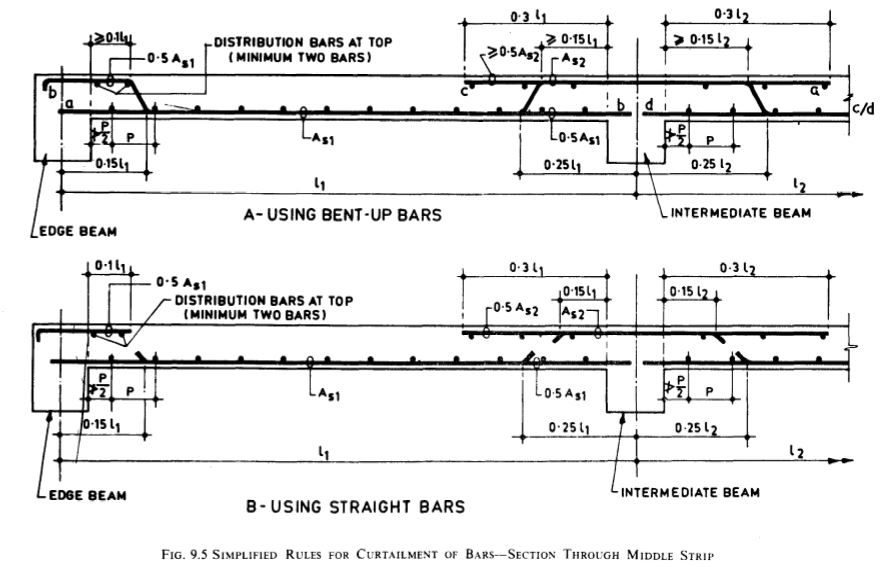
Re-entrant Corners- Diagonal reinforcement shall be placed at all re-entrant corners to keep crack widths within limits (see Fig. 9.6).
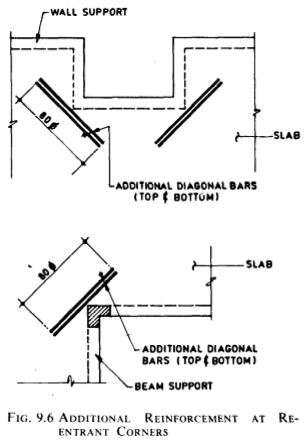
The main reinforcement shall be placed in the top of cantilever slab extending to sufficient length over the support and back into the normal span. Tie method of curtailment shall conform to the requirements specified in Section 4.
Support to the top steel of cantilever slabs at spacings -(for stools and chairs) should preferably be specified in the detailing drawing. The bending of the main bars should be such that they contribute to the supporting of the steel, that is, bars that extend to the end should have vertical bends, with a fixing bar at the bend.
The secondary steel at right angles to the support may be designed and detailed to carry construction loading in the propped condition, if necessary.
The deflection in cantilever slabs can be reduced by the addition of compression steel at the bottom. This would also be helpful in counteracting possible reversal of bending moments.
The simplified curtailment rules illustrated in Fig. 9.7 may be used for cantilever slabs when they are designed for predominantly uniformly distributed loads.
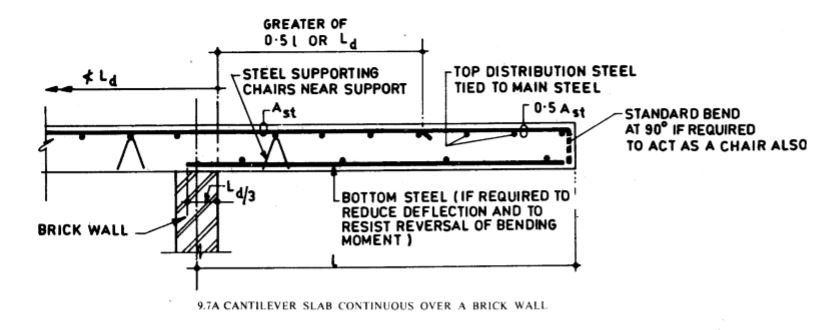

Tie Backs and Counter Masses to Cantilevers
Cantilever at the bottom of beams
Ensure, when a cantilever is at the bottom of a beam, the design of the stirrups in the beam provides for moment, shear, hanging tension and, if necessary, torsion.
If possible, provide in the detailing of this steel for placing of the beam steel without the necessity of. the threading of the main beam steel through the cantilever anchorage loops. The details should conform to the basic principles applicable to opening corner in retaining walls and the beams. Figure 9.8 provides three alternative methods of anchoring bars in supporting beams.

NOTE- Note the special difficulty induced by bent-up bars in the beam steel:
a) Curtailed bars going to the back of a beam may drift out of position during casting of concrete.
b) Hairpin type bars should be related to the horizontal stirrup spacing, and this may cause difficulties.
c) Loops of 270° are difficult to bend and place in position.
Cantilever at the top of beams
Where the weathering course is 30 mm or less, crank the bars at a slope not exceeding 1 in 6 [see Fig. 9.9(A)]. Ensure that the combination of top bars and stirrups is such as to provide the required restraint. Note that if a bar is laced over and under the beam bars, it is fully restrained provided that the beam top bars are heavy enough and a stirrup is within 50 mm of such bar. If the bar is not so laced, detail the steel to ensure the anchorage against bursting (see Fig. 9.9).

Cantilevers Around Corners
Ensure that, in a corner of a cantilever slab, the detailing is such that tie-back loading and the deflections that arise from this are accounted for. Avoid ‘fan’ type detailing. Take particular care with drainage inlets.
Openings in Slab
Special detailing for openings for lift shafts, large service ducts, etc, in the floors shall be given in the drawing. Such openings shall be strengthened by special beams or additional reinforcement around the openings. Due regard shall be paid to the possibility of diagonal cracks developing at the corners of the openings.
Note – The number, size and position of trimming bars is a function of the design, and should be determined by the designer.
Where openings are small and the slab is not subjected to any special type loading or vibration conditions, the following general detailing rules may be followed around openings (see Fig. 9.10 and 9.11):
a) At least one half the quantity of principal steel intersected by the opening is to be placed parallel to principal steel on each side of the opening extending Ld beyond the edges of the opening.
b) Diagonal stitching bars are put across the corners of rectangular holes or so placed as to frame circular openings. They should be placed both at top and bottom if the thickness slab exceeds 150 mm. The diameter of these bars should be the same as that of, the larger of the slab bars, and their length should be about 80 diameters.
Note – In general openings of diameter less than 250 mm or of size smaller than 200 x 200 mm may be treated as insignificant openings.
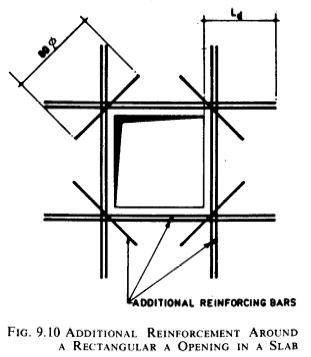
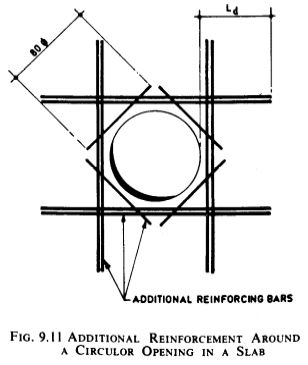
General
Welded wire fabric is either oblong mesh or square mesh arid is supplied in either rolls or flat sheets. The details regarding material, types and designation, dimensions, sizes of sheets or rolls, weight, tolerance, mechanical properties, etc, are all covered in IS : 1566-1982 ‘Specification for hard-drawn steel wire fabric for concrete reinforcement (second revision) ’ (see also Section 1).
Detailing
To ensure that correct size of fabric is laid in right direction, small sketches should be inserted on the plan to indicate the direction of span of the fabric. Details at A and B in Fig. 9.12 indicate square and oblong welded wire fabric, respectively, in plan view of slab.

The actual position of the welded wire fabric sheet in slab panels may be shown by a diagonal line together with the description of the mesh used. Bottom sheets should be shown with diagonal drawn from bottom left-hand corner to the top right-hand corner. Top sheets should be shown from top left-hand corner to the bottom right-hand corner. A schedule may also be included in the structural drawing indicating the mesh sizes, length and width, and cutting details for welded wire fabric sheets for different slabs panels. A typical plan is illustrated in Fig. 9.13 (see Section 5 for schedule).
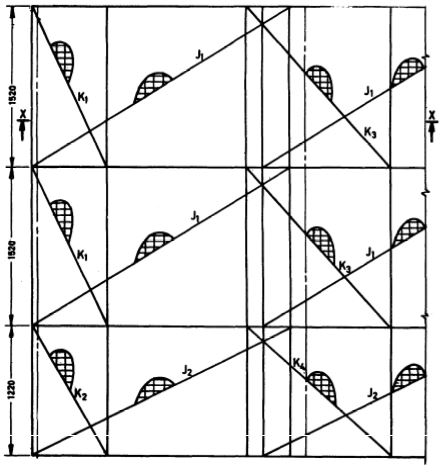

Flat Slabs
General
The term flat slab means a reinforced concrete slab with or without drops, supported generally without beams, by columns with or without flared column heads (see Fig. 9.14). A flat slab may be solid slab or may have recesses formed on the soffit so that the soffit comprises a series of ribs (waffles) in two directions. The recesses may be formed by removable or permanent filler blocks.
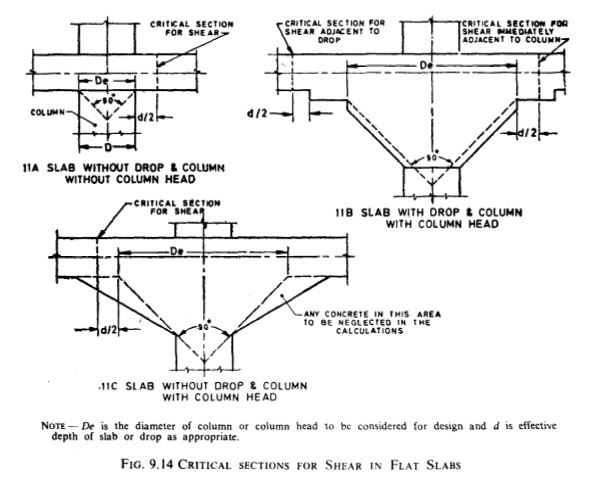
(see Fig. 9.15)
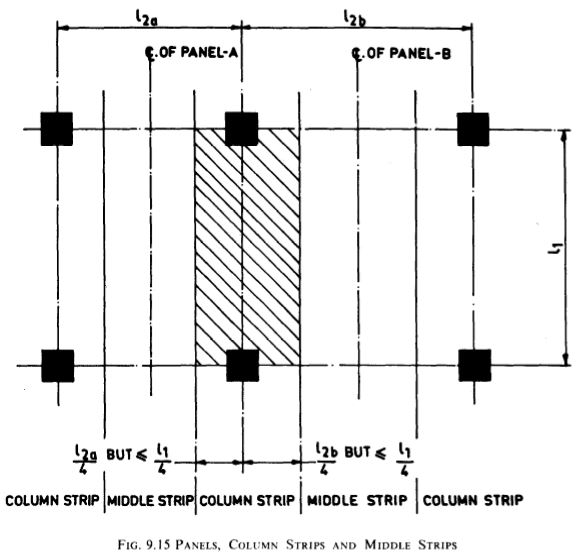
a) Column strip -Column strip means a design strip having a width of 0.25 x l2, but not greater than 0.25 x l1 on each side of the column centre line, where l1 is the span in the direction moments are being determined, measured centre-to-centre of supports and l2 is the span transverse to l1, measured centre- to-centre of supports.
b) Middle strip – Middle strip means a design strip bounded on each of its opposite sides by the column strip.
c) Panel – Panel means that part of a slab bounded on each of its four sides by the Centre line of a column or centre line of adjacent spans.
Proportioning
The minimum thickness of slab shall be 125 mm.
Drops
The drops, when provided, shall be rectangular in plan and have a length in each direction not less than one-third of the panel length in that direction. For exterior panels, the width of drops at right angles to the non- continuous edge and measured from the centre line of the columns shall be equal to one-half the width of drop for interior panels.
Column heads
Where column heads are provided, that portion of a column head which lies within the largest right circular cone or pyramid that has a vertex angle of 90 degree and can be included entirely within the outlines of the column and the column head, shall be considered for design purposes (see 9.13).
Spacing
The spacing of bars in a flat slab shall not exceed twice the slab thickness, except where a slab is of cellular or ribbed construction.
Area of reinforcement
When drop panels are used, the thickness of drop panel for determination of area of reinforcement shall be the lesser of the following:
a) Thickness of drop, and
b) Thickness of slab plus one-quarter the distance between edge of drop and edge of capital.
Minimum length of reinforcement
a) Reinforcement in flat slabs shall have the minimum lengths specified in Fig. 9.16. Larger lengths of reinforcement shall be provided when required by analysis.
b) Where adjacent spans are unequal, the extension of negative reinforcement beyond each face of the common column shall be based on the longer span.
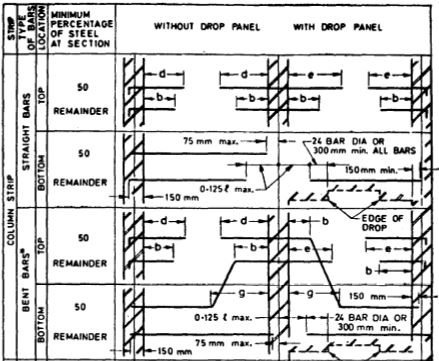
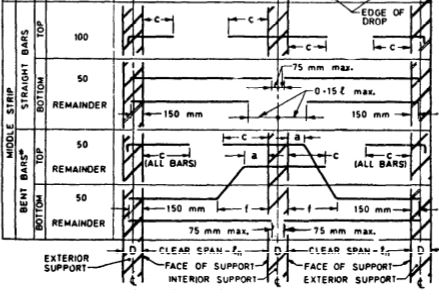

Anchoring reinforcement
a) All slab reinforcement perpendicular to a discontinuous edge shall have an anchorage (straight, bent or otherwise anchored) past the internal face of the spandrel beam, wall or column of an amount:
1) For positive reinforcement – not less than 15 cm except that with fabric reinforcement having a fully welded transverse wire directly over the support, it shall be permissible to reduce this length to one-half of the width of the support or 5 cm, whichever is greater;
2) for negative reinforcement – such that the design stress is developed at the internal face, in accordance with Section 4.
b) Where the slab is not supported by a spandrel beam or wall, or where the slab cantilevers beyond the support, the anchorage shall be obtained within the slab.
When the design is based on the direct design method specified in IS : 456-1978, simplified detailing rules as specified in Fig. 9.17 may be followed. A typical arrangement of bars in a flat slab with drop panels is shown in Fig. 9.17.

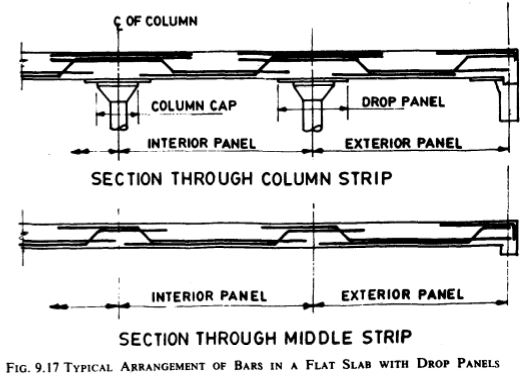
Openings in Flat Slabs
Openings of any size may be provided in the flat slab if it is shown by analysis that the requirements of strength and serviceability are met. However, for openings conforming to the following, no special analysis is required (see also 9.6):
a) Openings of any size may be placed within the middle half of the span in each direction, provided the total amount of reinforcement required for the pane1 without the opening is maintained.
b) In the area common to two column strips, not more than one-eighth of the width of strip in either span shall be interrupted by the openings. The equivalent of reinforcement interrupted shall be added on all sides of the openings.
c) In the area common to one column strip and one middle strip, not more than one-quarter of the reinforcement in either strip shall be interrupted by the openings. The equivalent of reinforcement interrupted shall be added on all sides of the openings.
Shear Reinforcement at Column Heads and Dropped Panels – The best method of providing shear reinforcement for slabs at column heads is to use beam cages in one direction and bars in the other direction laid under and on top of the steel in the cages (see Fig. 9.18).
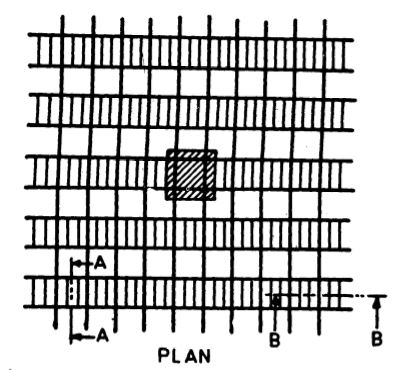

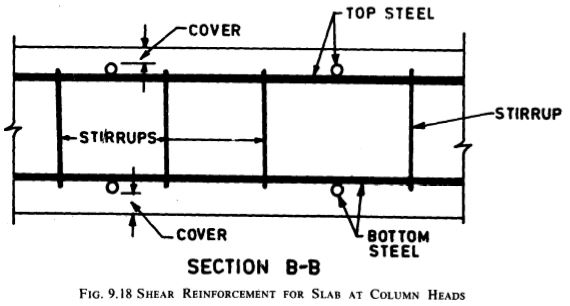
Other methods such as the following may also be used depending upon their suitability:
a) Half or open stirrups suspended from the top steel;
b) Use of serpentine bars (see Fig. 9.19A).
c) Spiders made of bent bars (for deep slabs) (see Fig. 9.19B).
d) Structural steel frames made of plate.
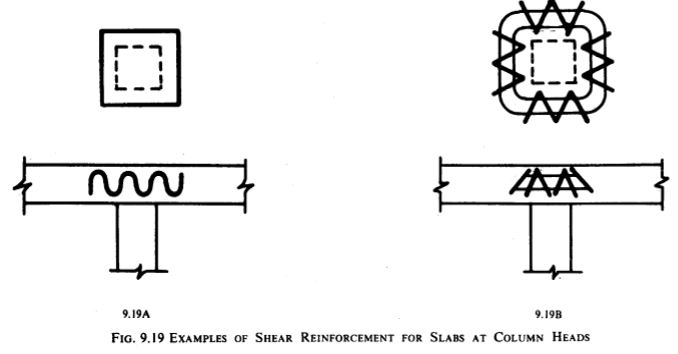
A few more methods of detailing shear reinforcement in flat slabs are given in Fig. 9.20 to 9.22.

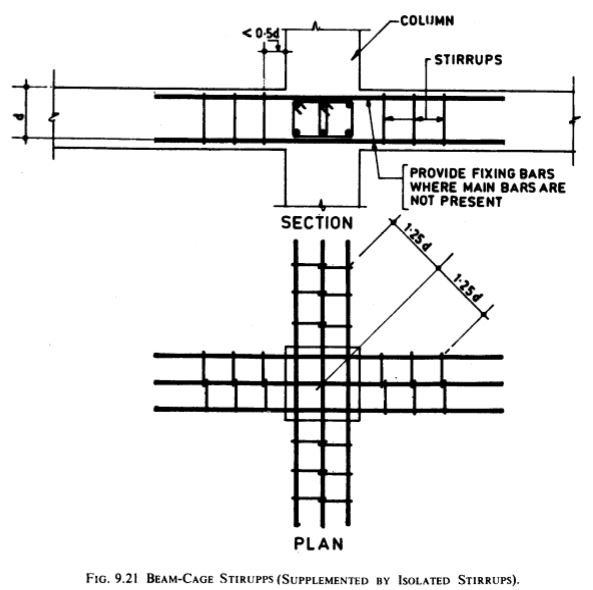
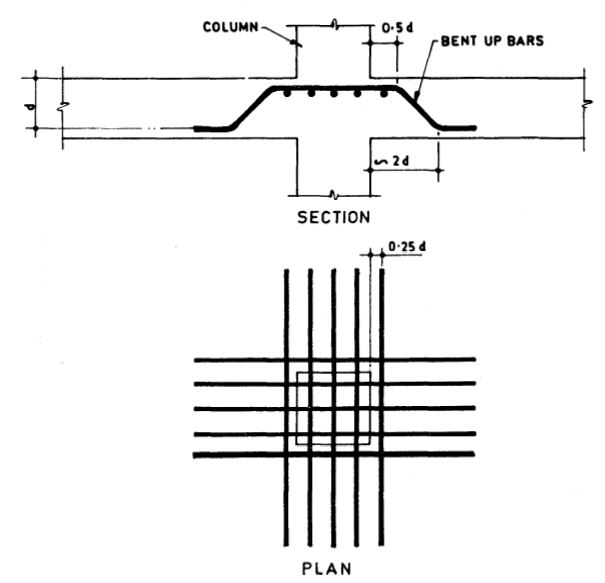

Definition
A waffle flat slab is a two-way joist system. The two-way joist portion may be combined with a solid column head or with solid wide beam sections on the column centre lines for uniform depth construction.
Size of Waffles
Reusable forms of standard size shall be used for economy. These shall provide the width of rib at least 10 cm and spaced not more than 100 cm clear, and depth not more than 3.5 times the minimum width. Standard size may be adopted for these moulds as 50 x 50 cm, 60 x 60 cm, 80 x 80 cm, and 100 x 100 cm and depth as 15, 20, 25, 30, 35, 40, 45, and 50 cm
Detailing of Reinforcement in the Waffle Slab (With Solid Head and Square Interior Panel)
Ensure that at least 50 percent of the total main tension steel in the ribs is carried through at the bottom on to the support and anchored (see Fig. 9.23).






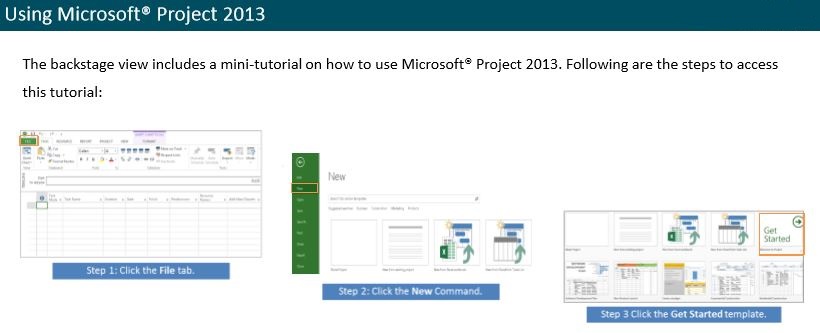
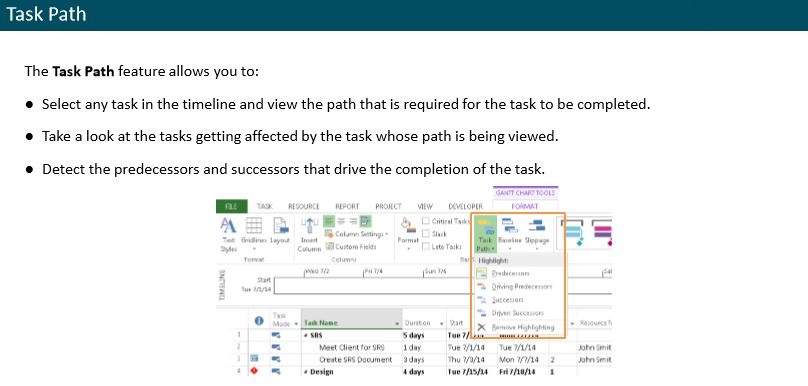

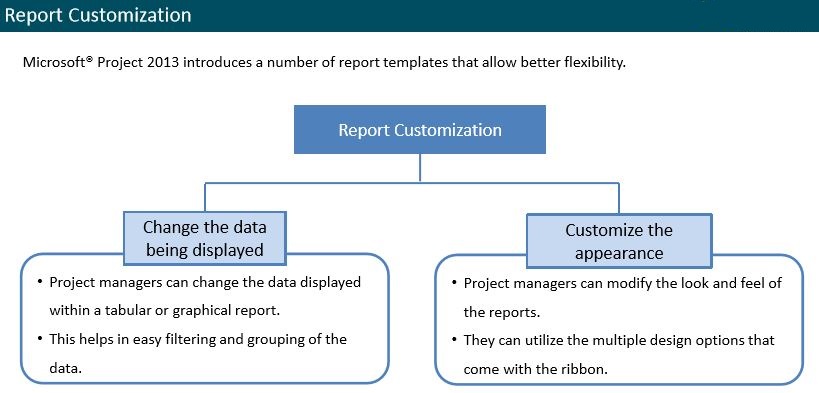

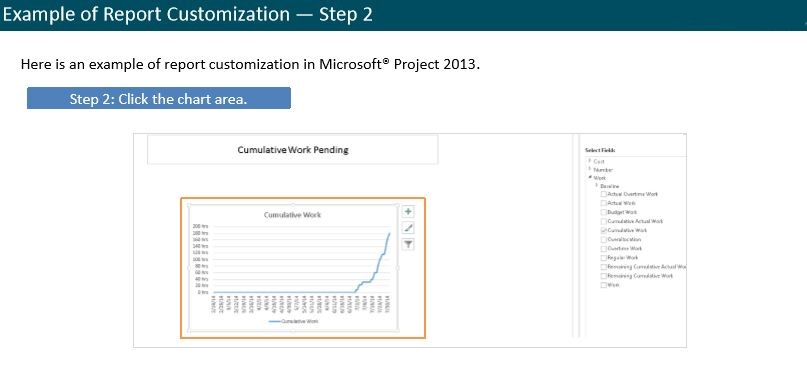
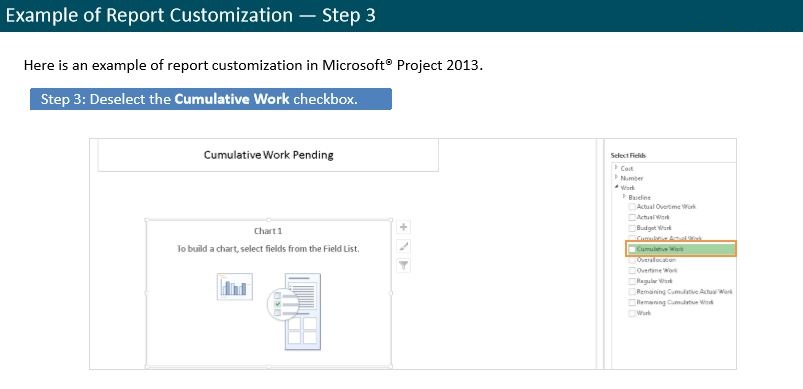
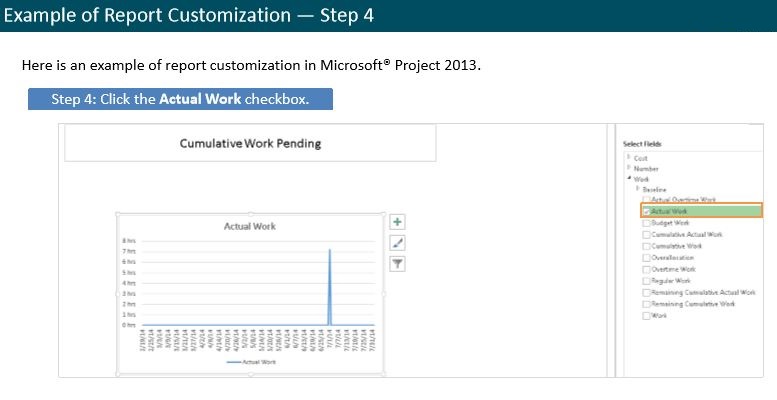
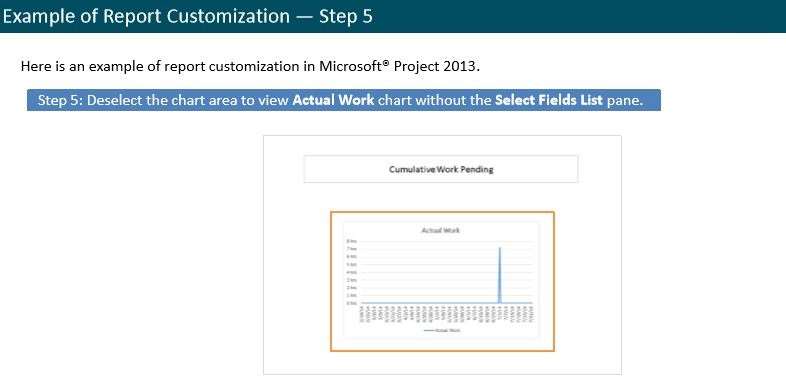









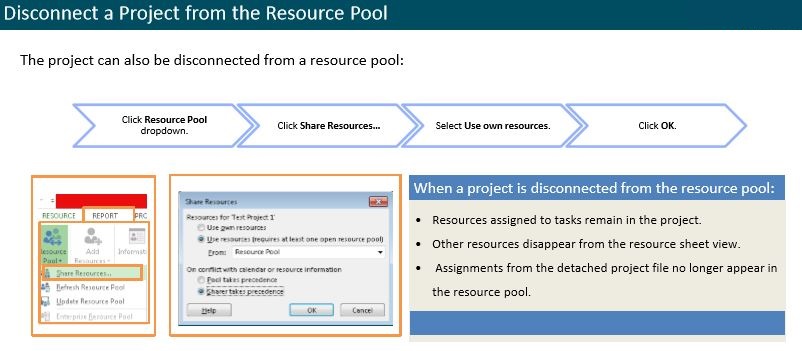
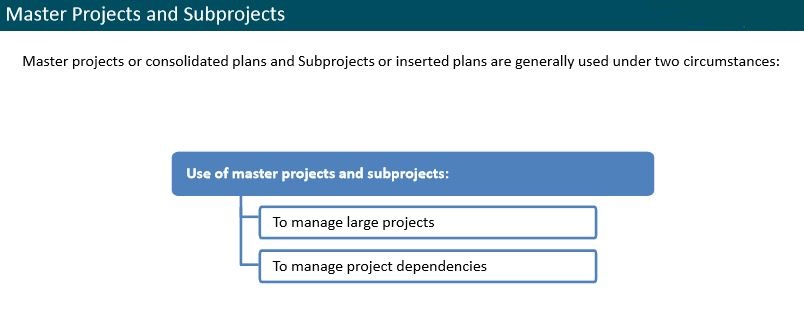
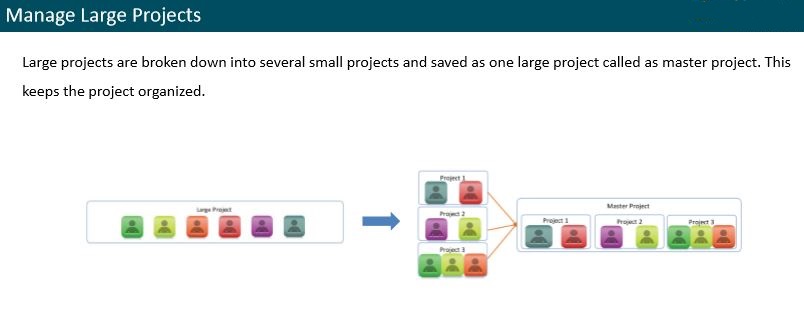
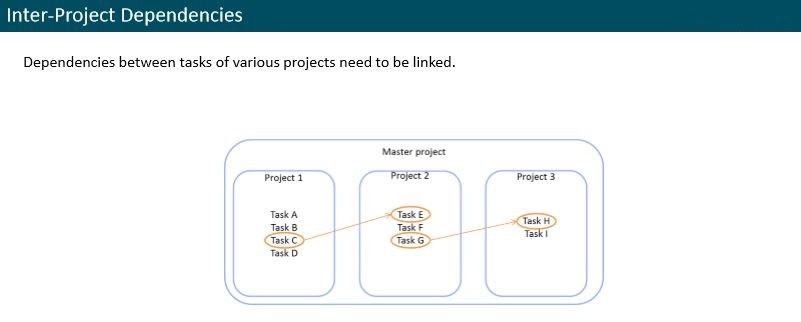
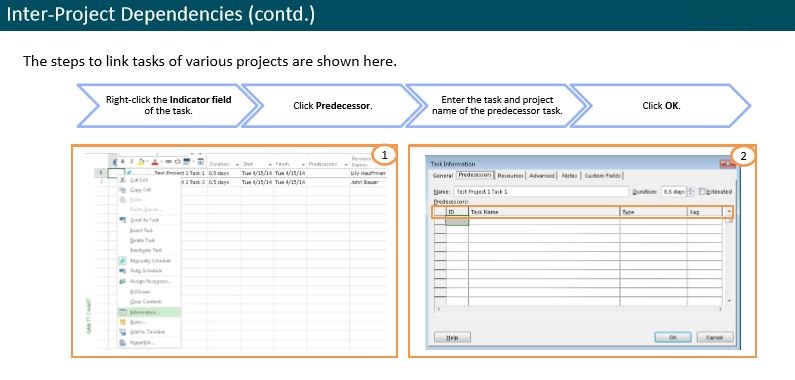
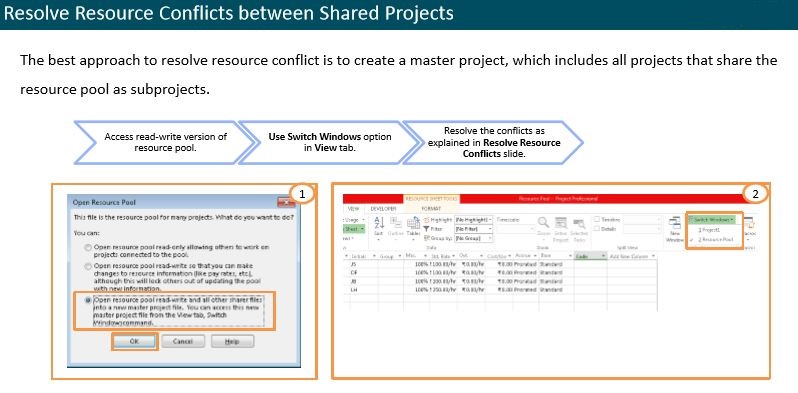














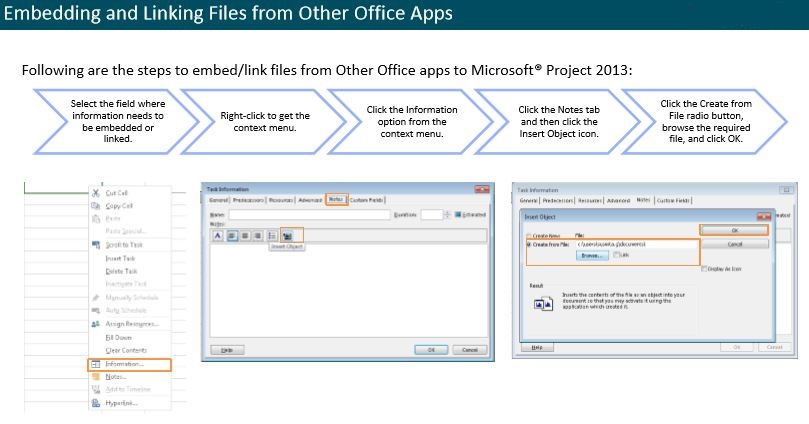

















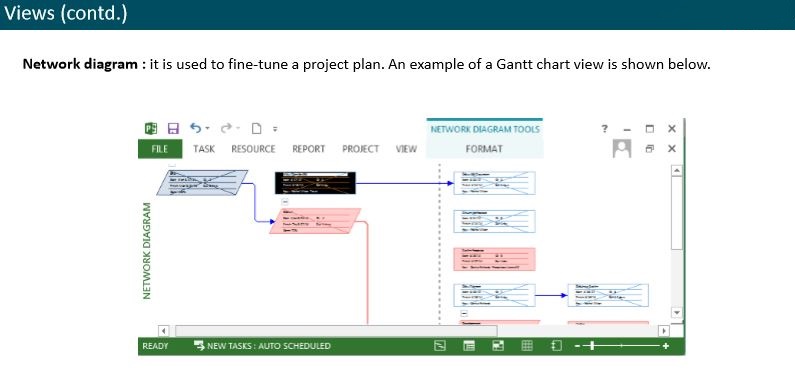
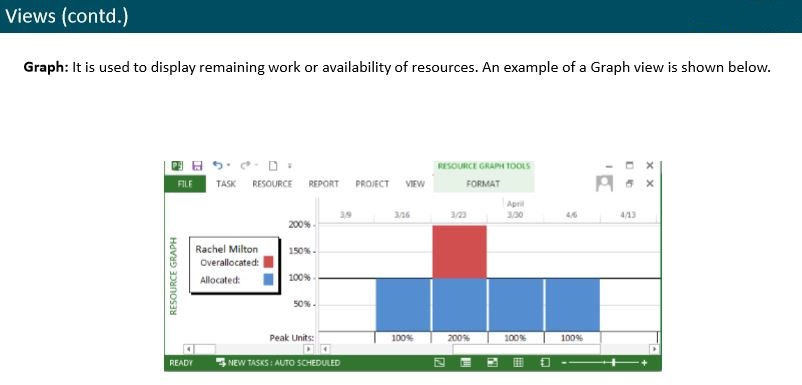

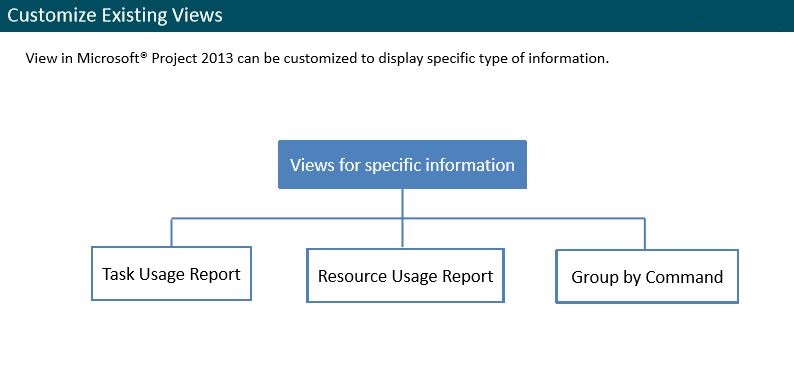
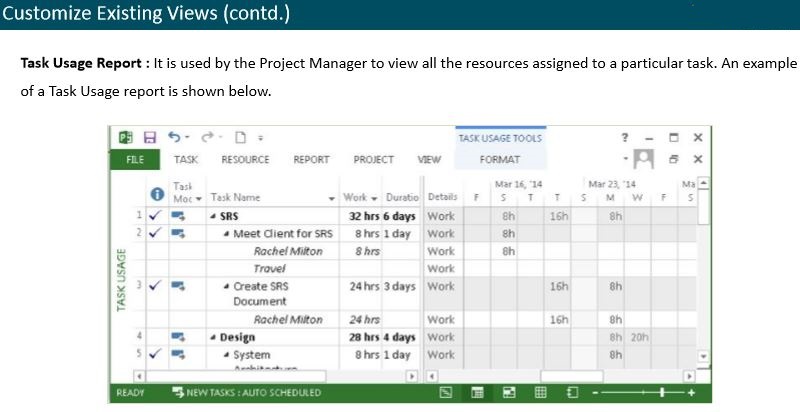




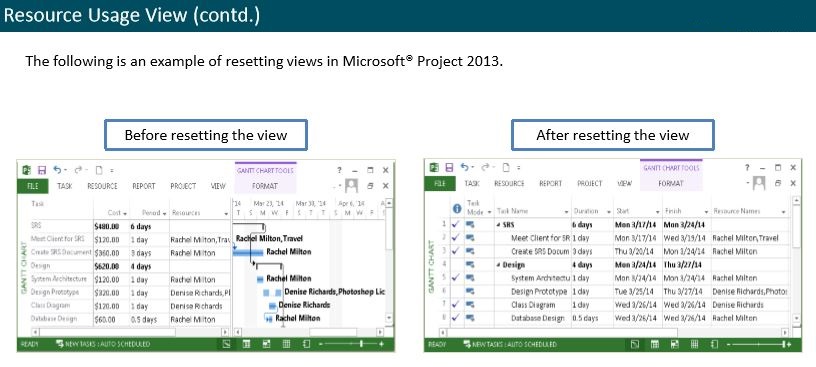

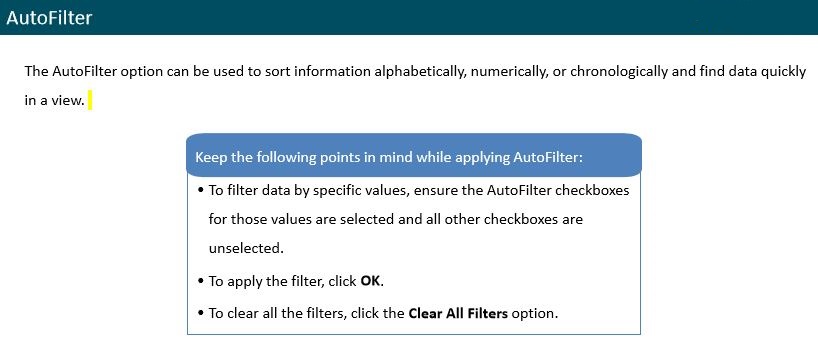


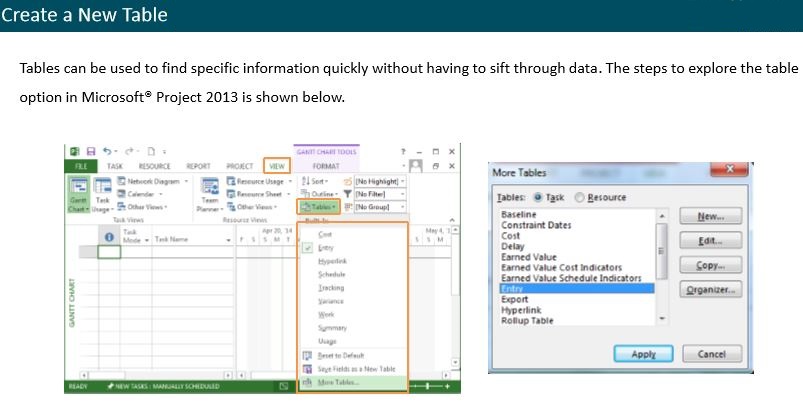
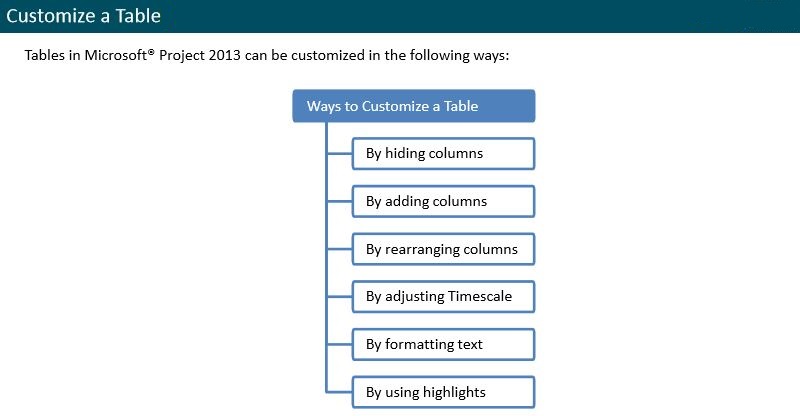
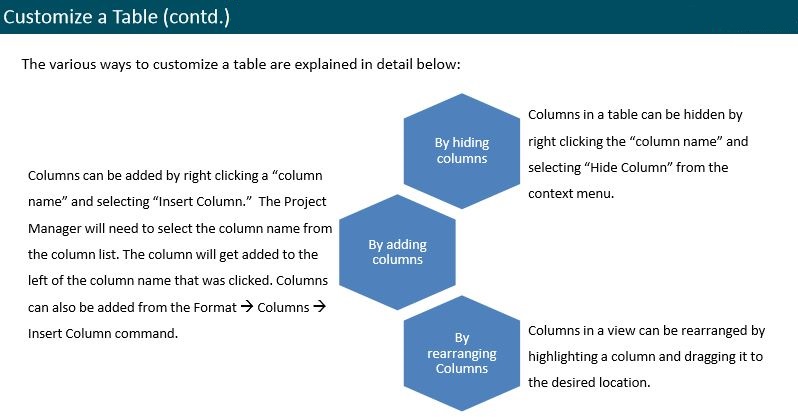
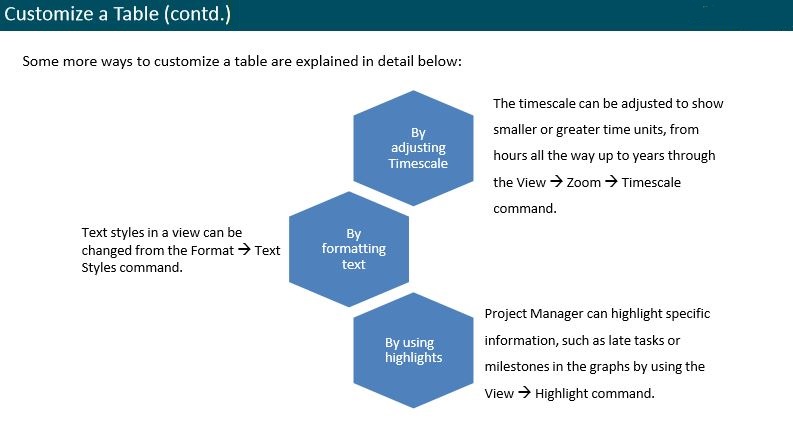


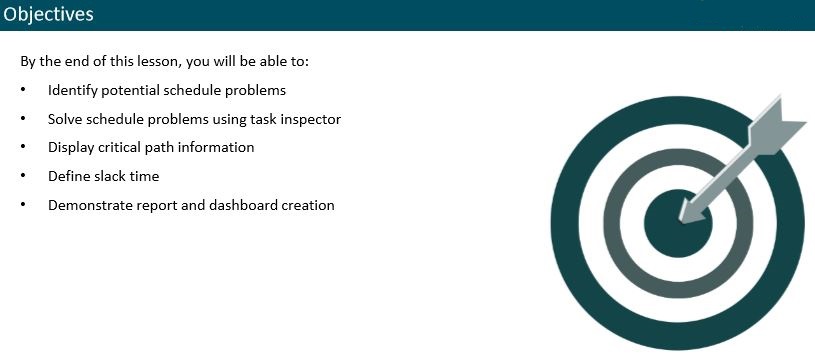
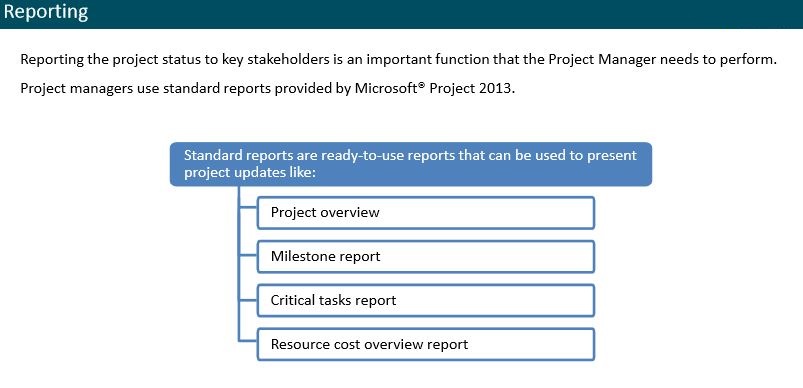
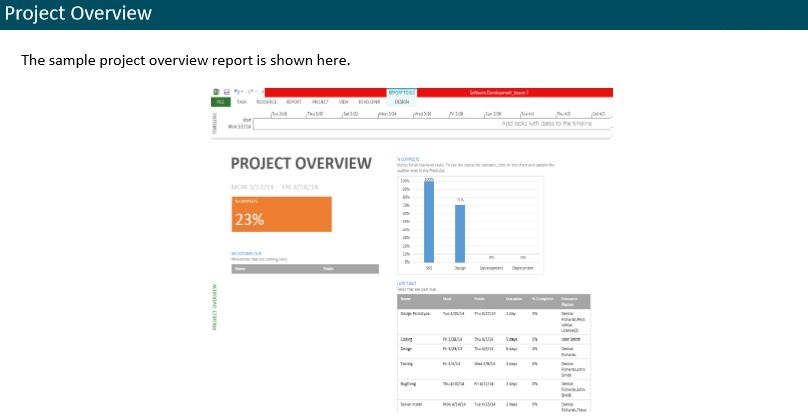
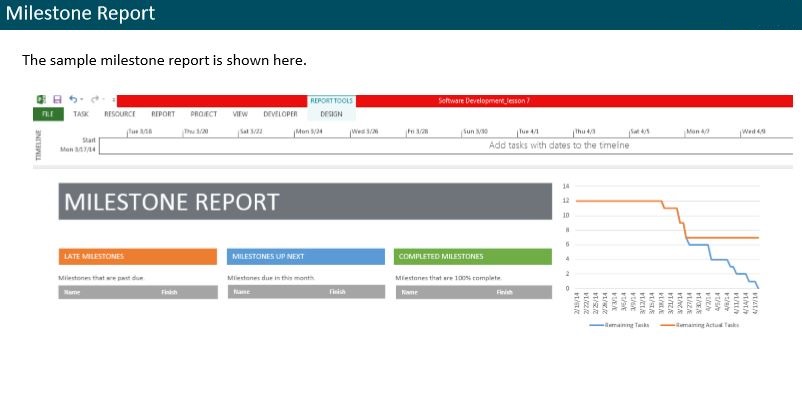
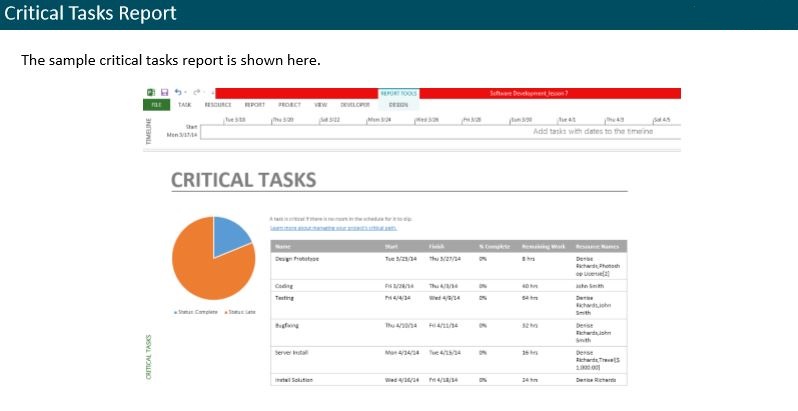

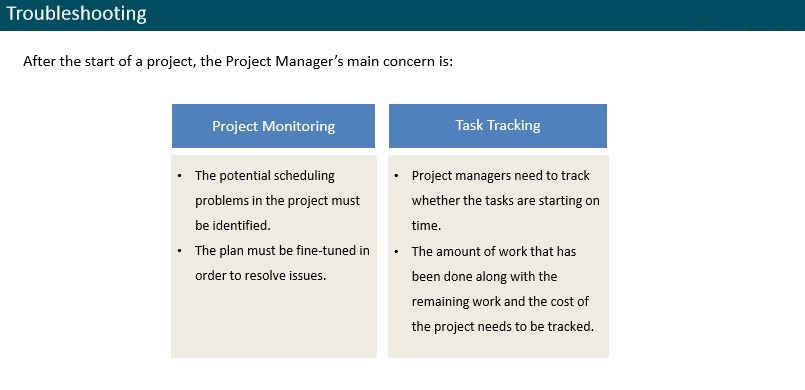

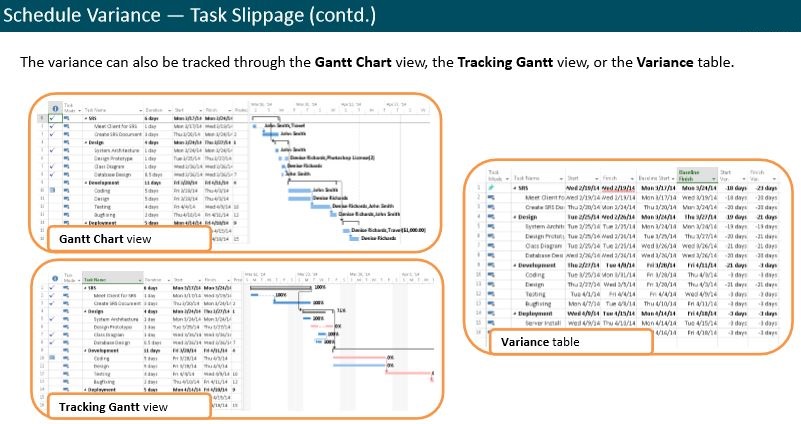


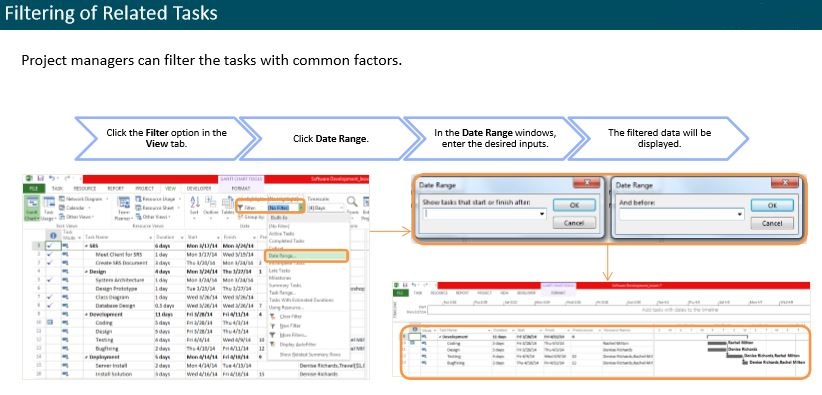
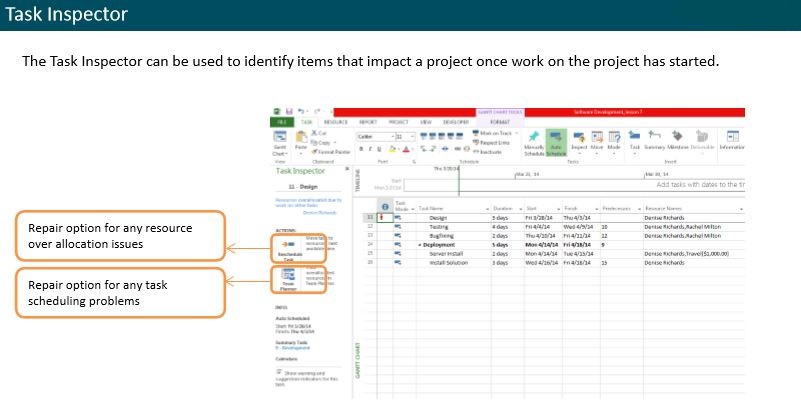

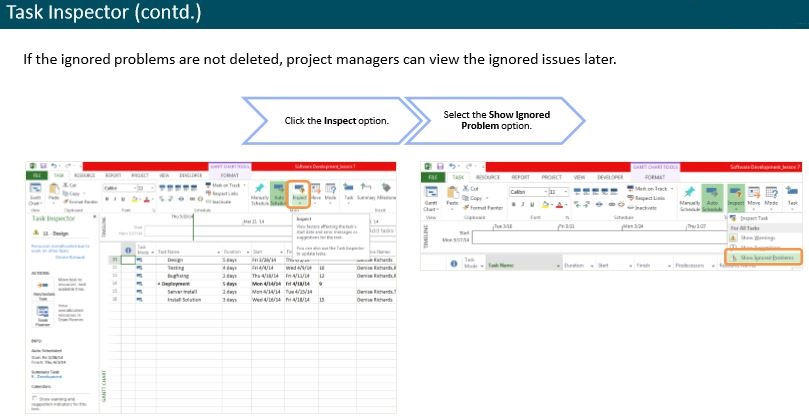
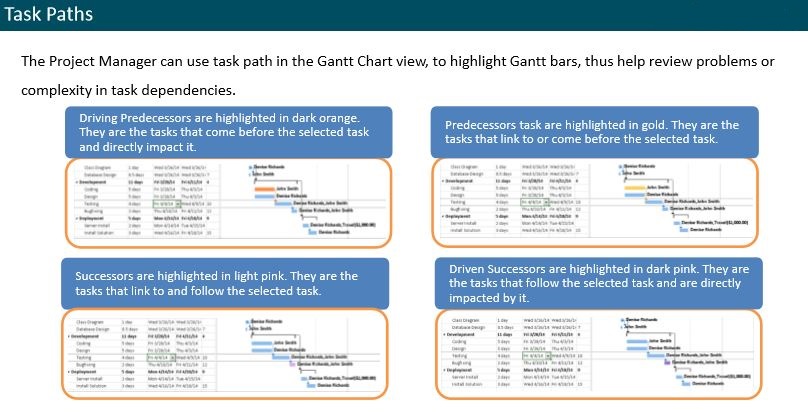
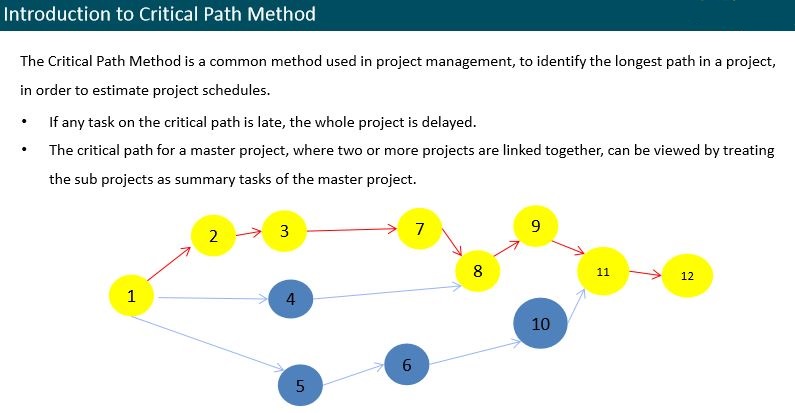
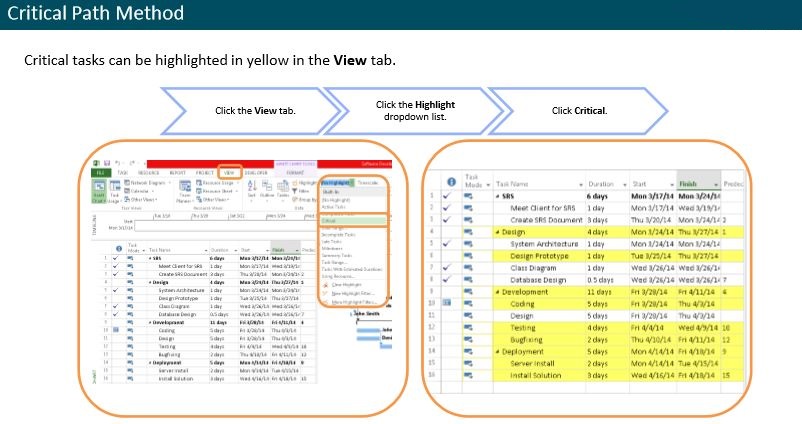
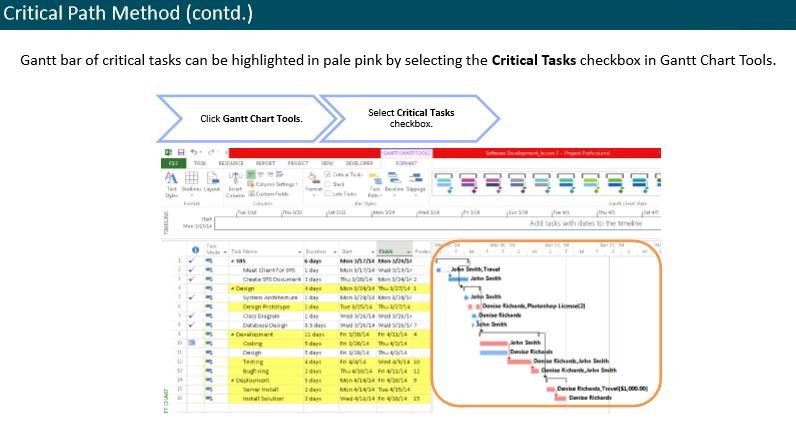





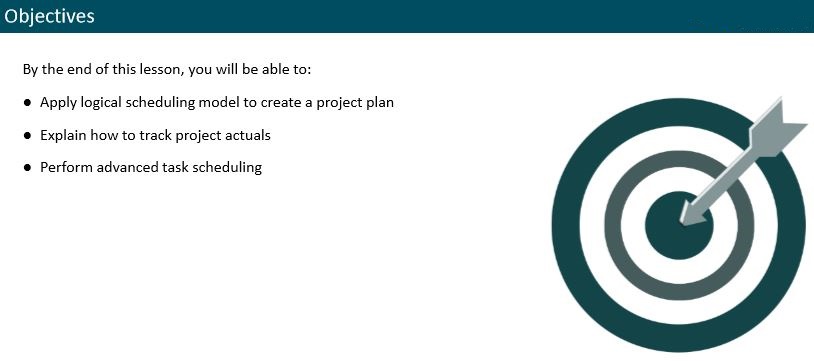
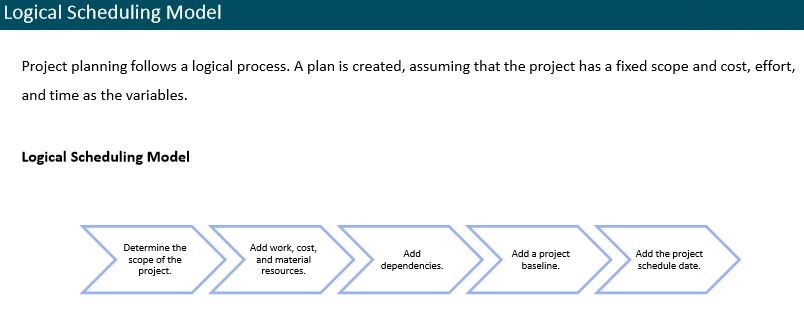



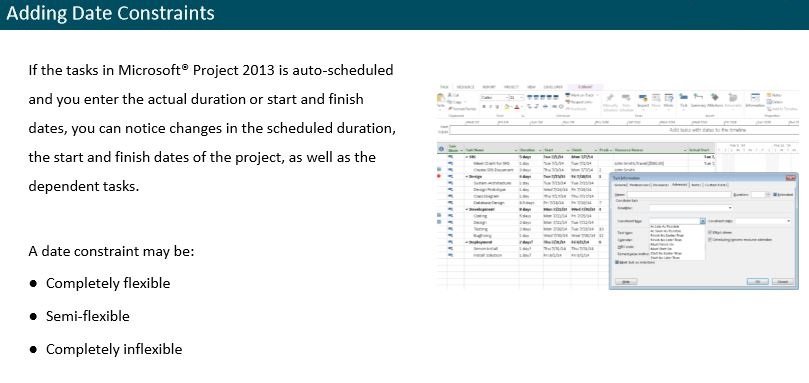
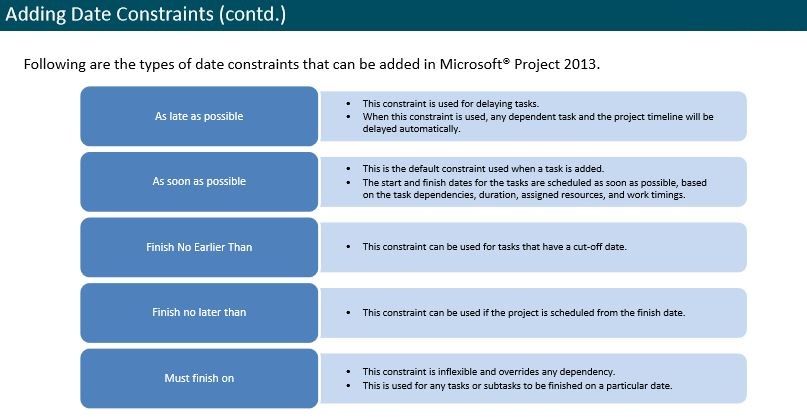
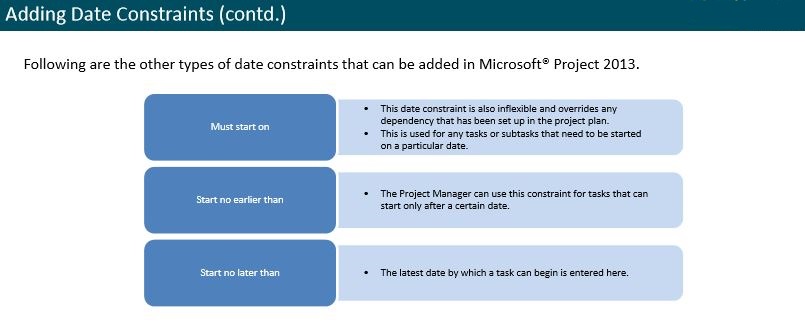
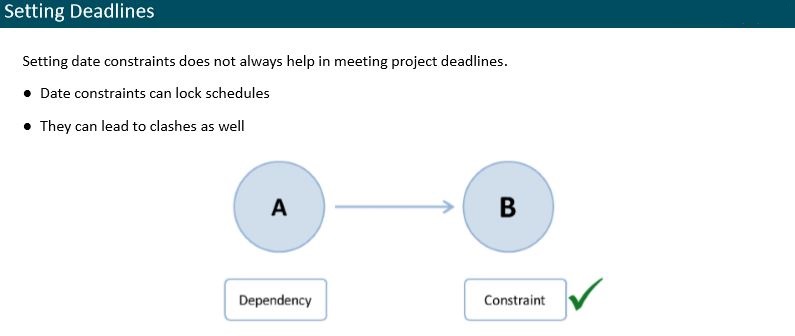
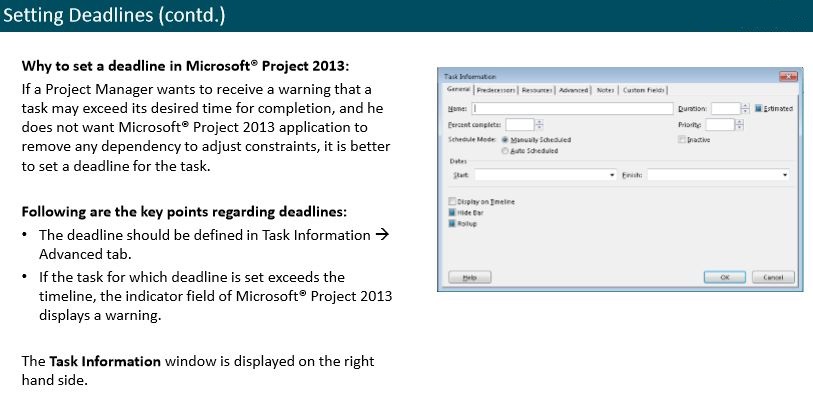
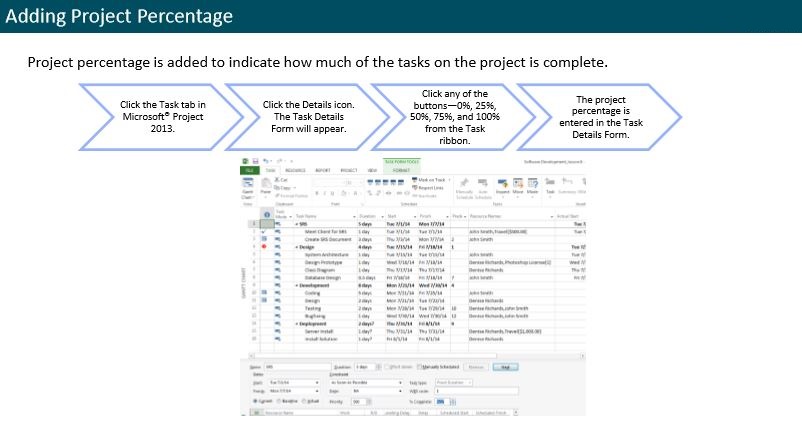

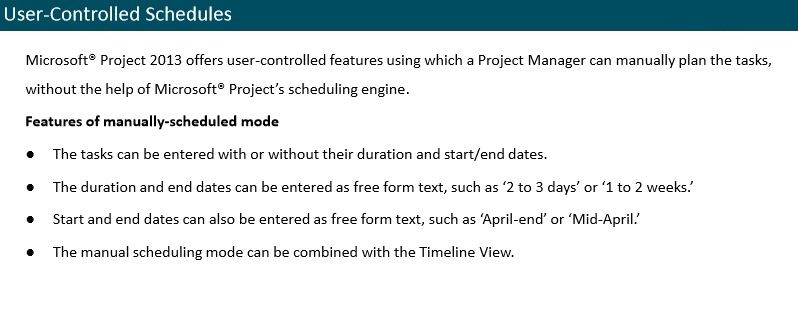


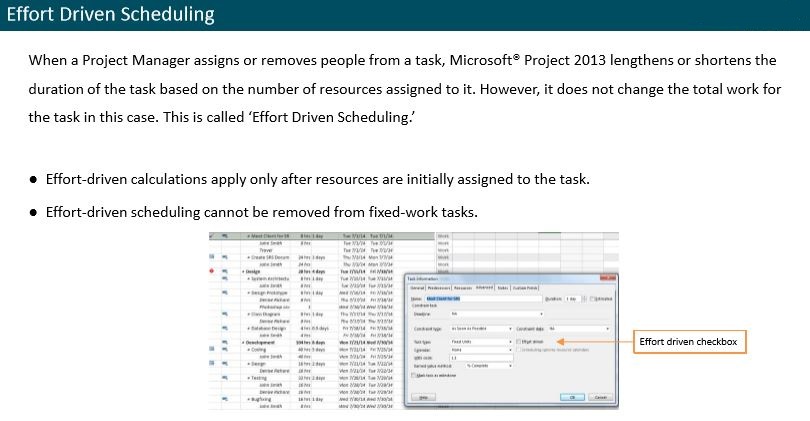
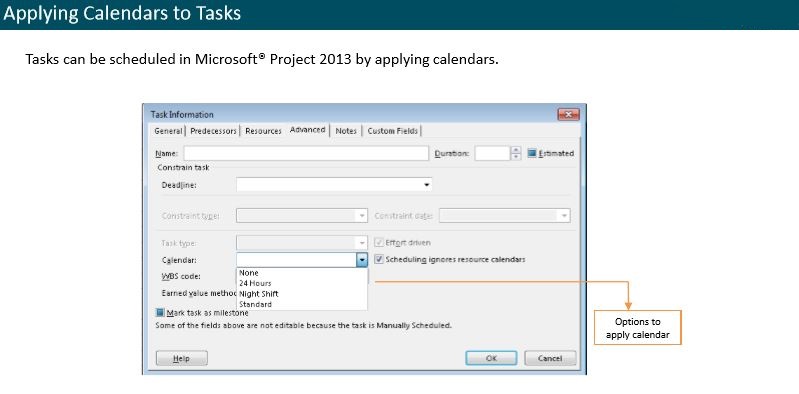
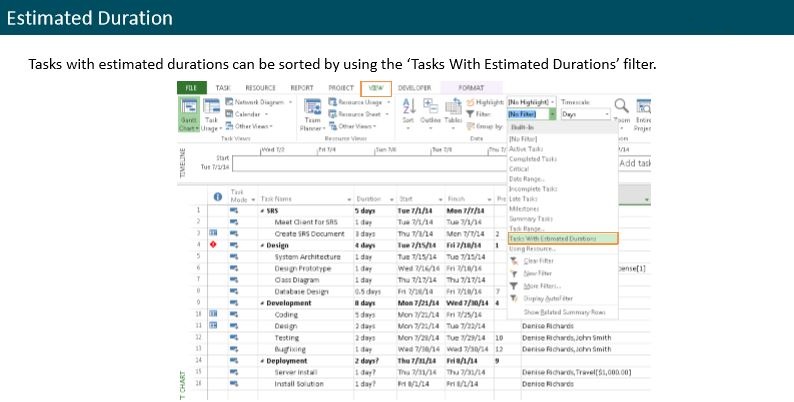


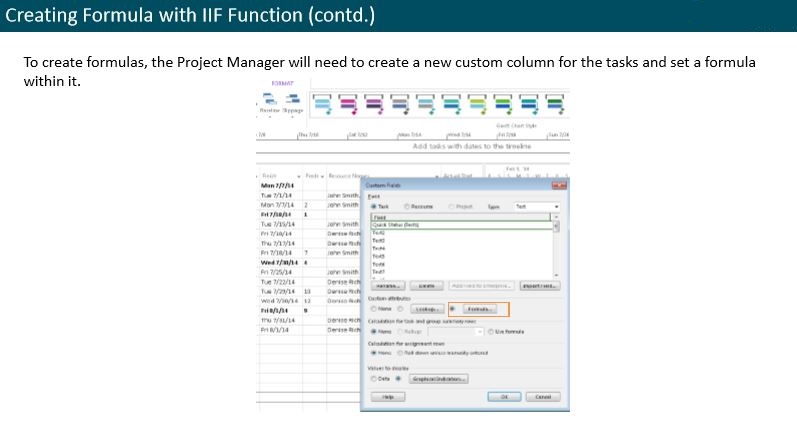
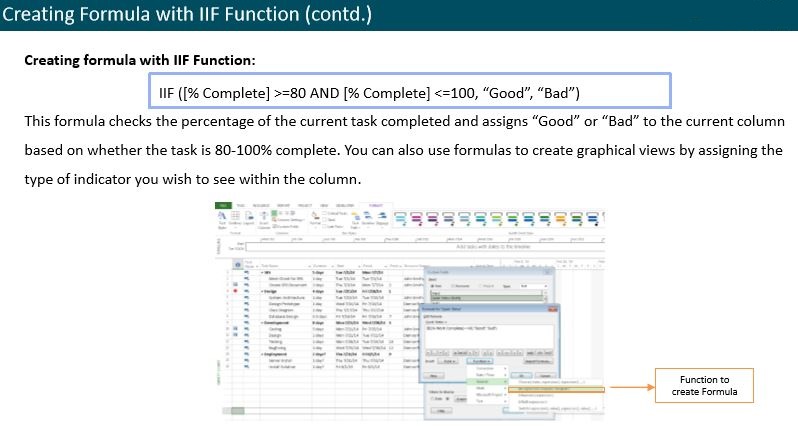



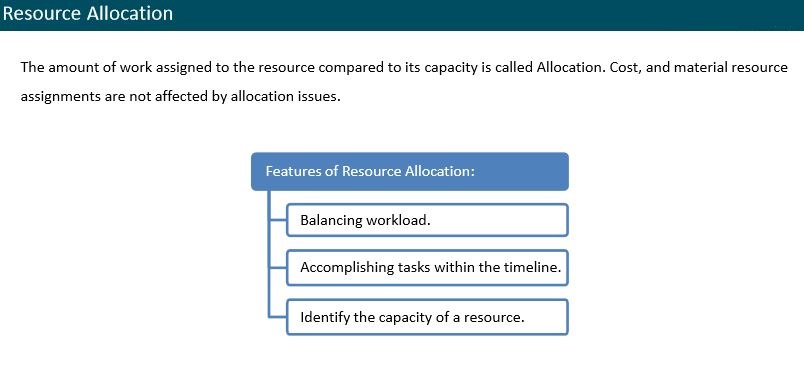
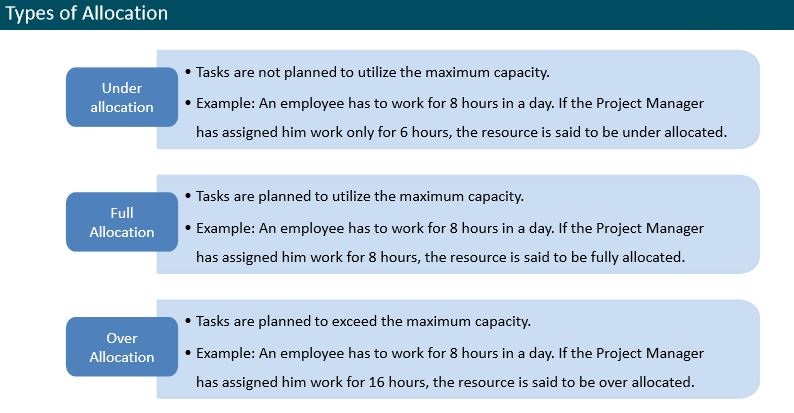
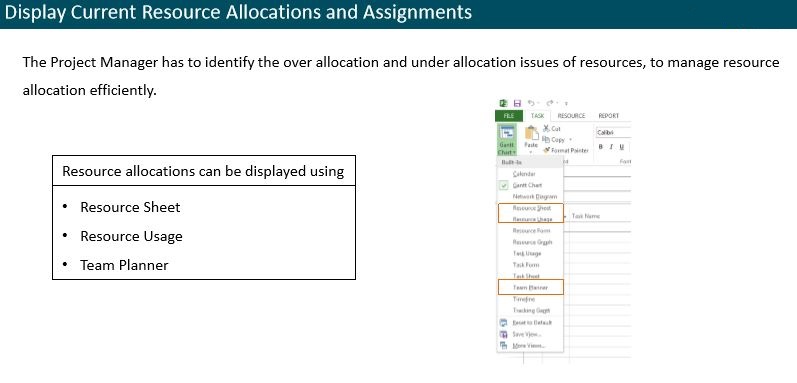
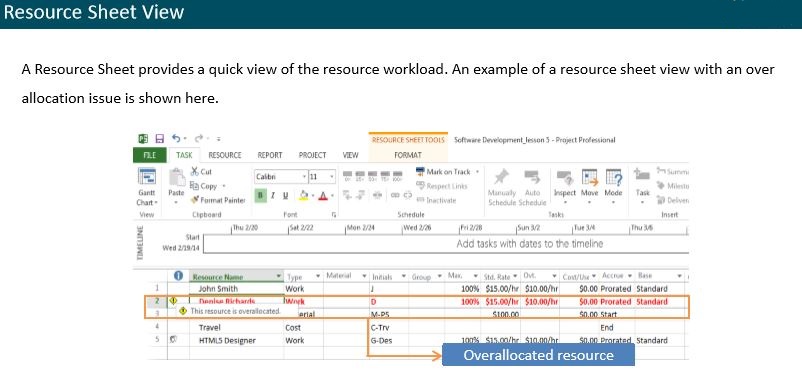

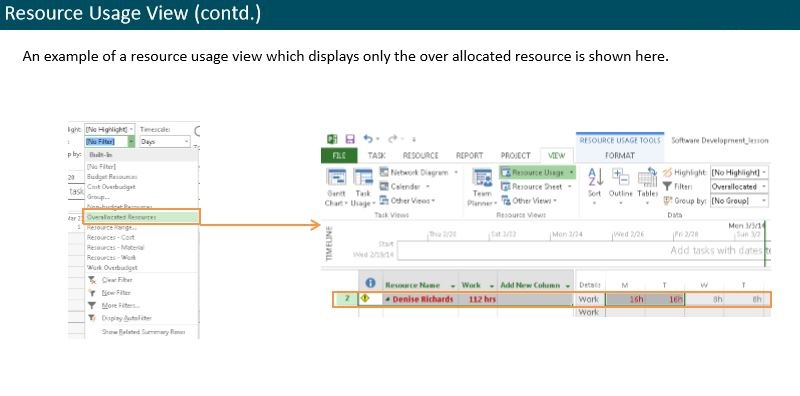


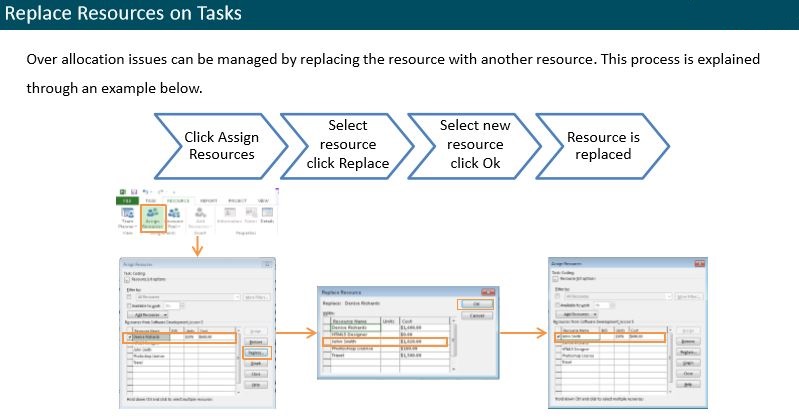
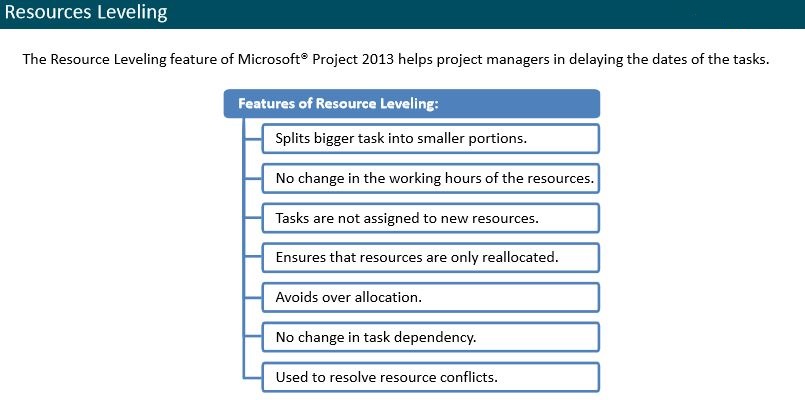


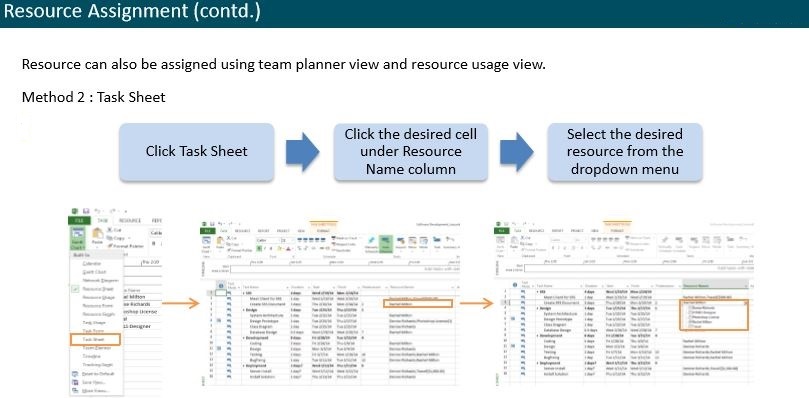
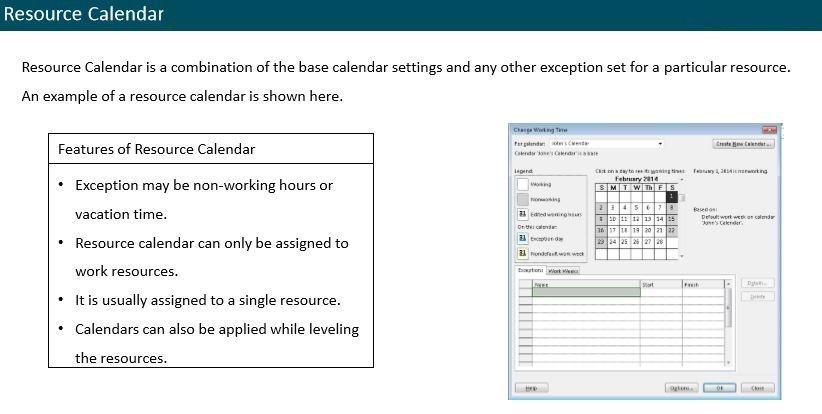
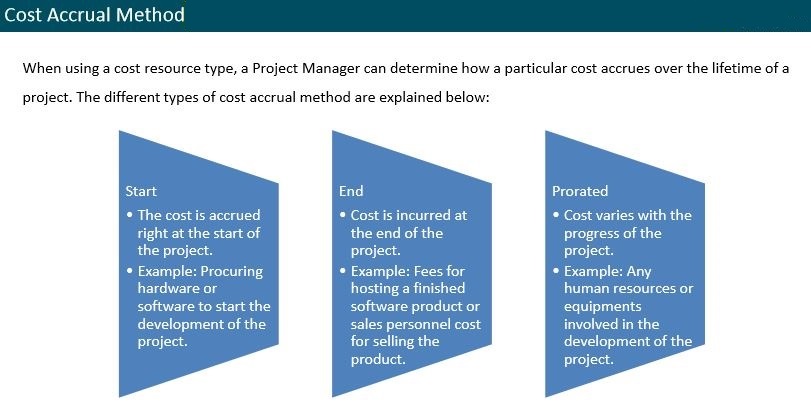
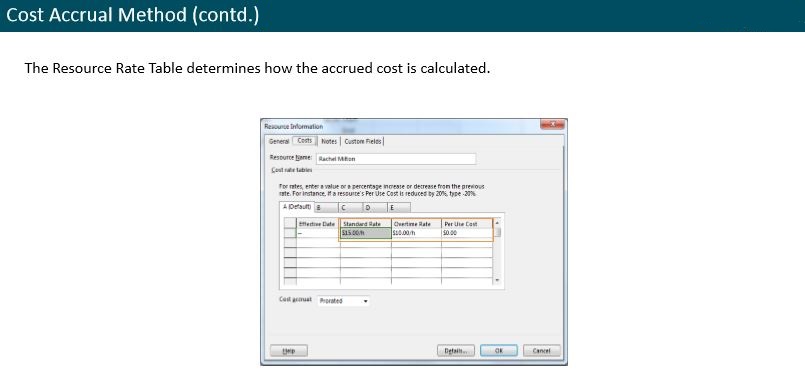



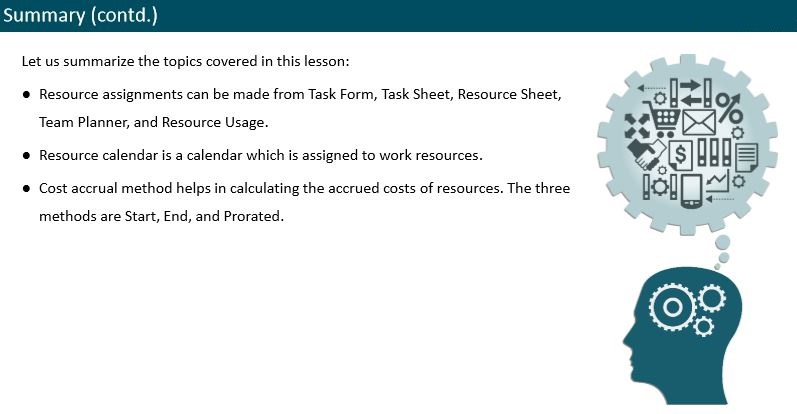



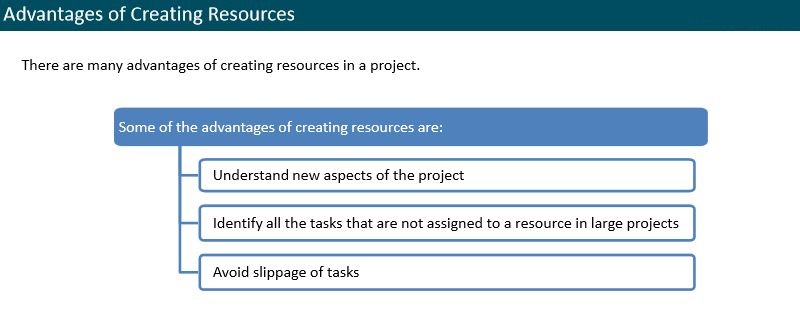
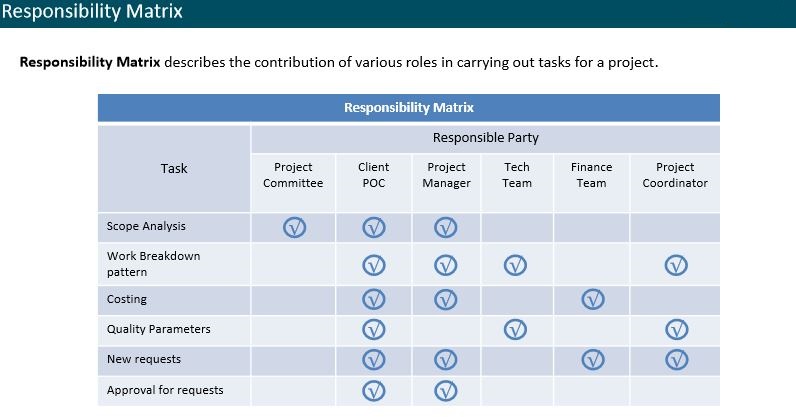
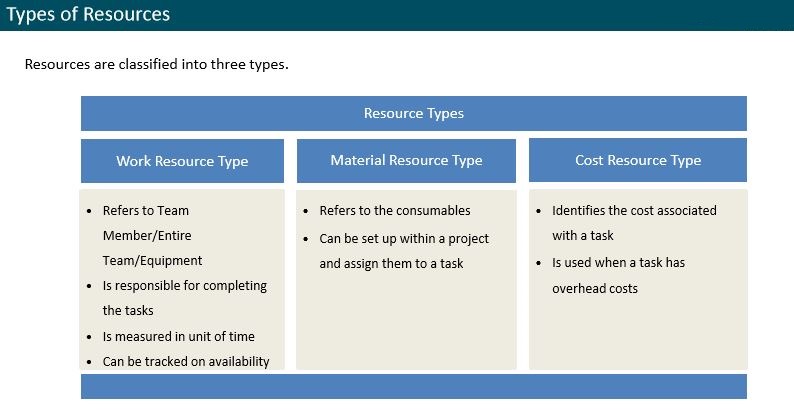

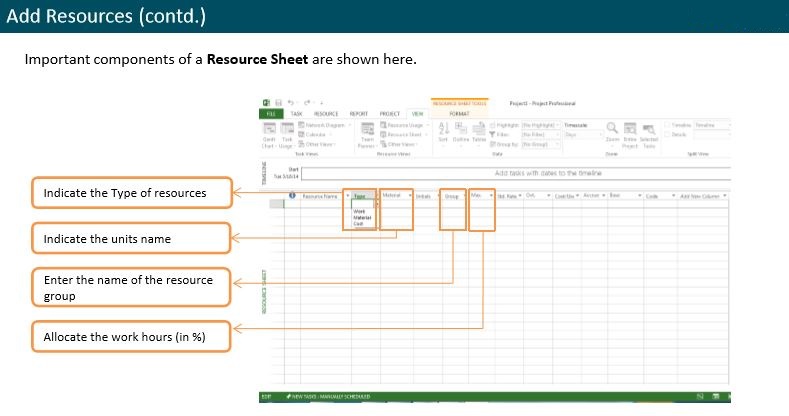
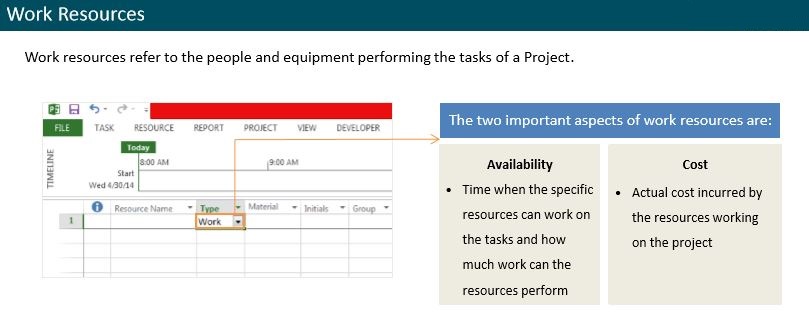
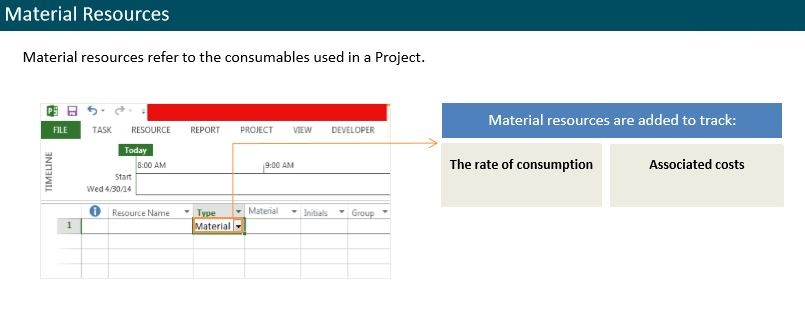


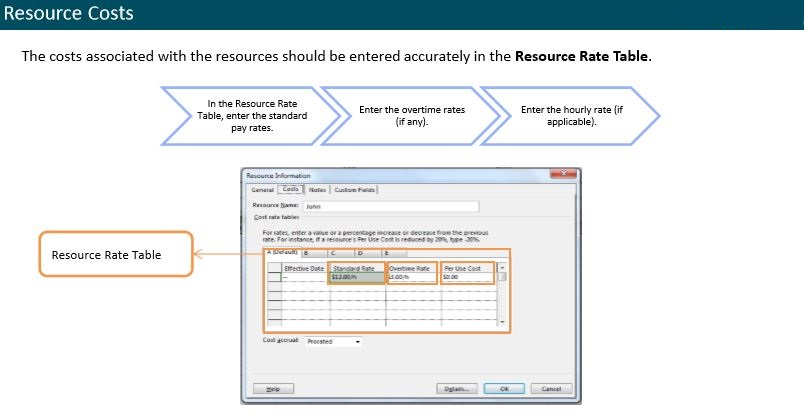

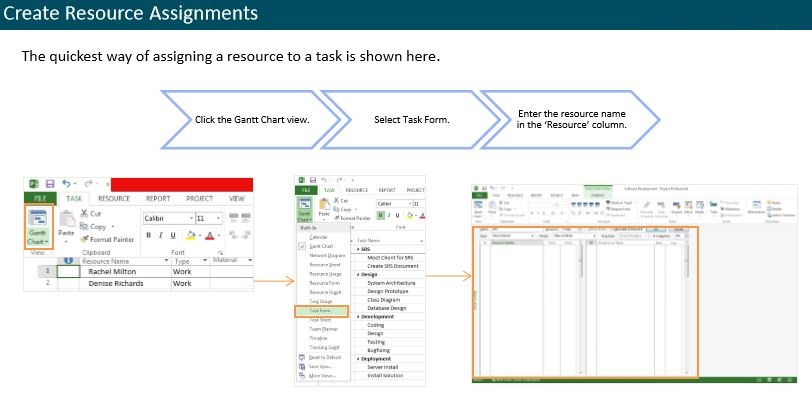



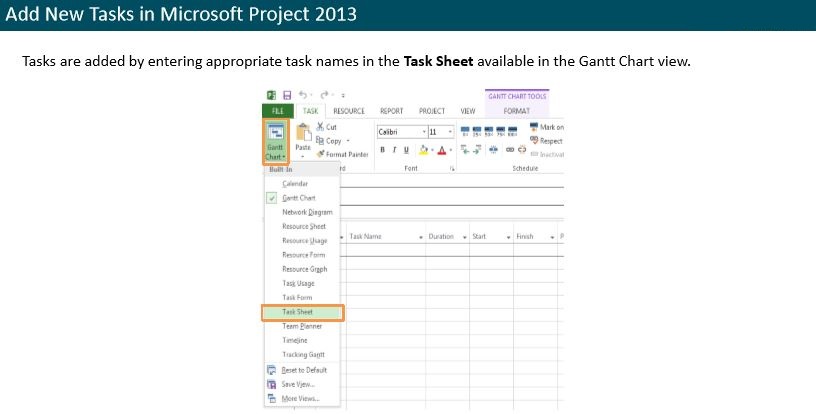

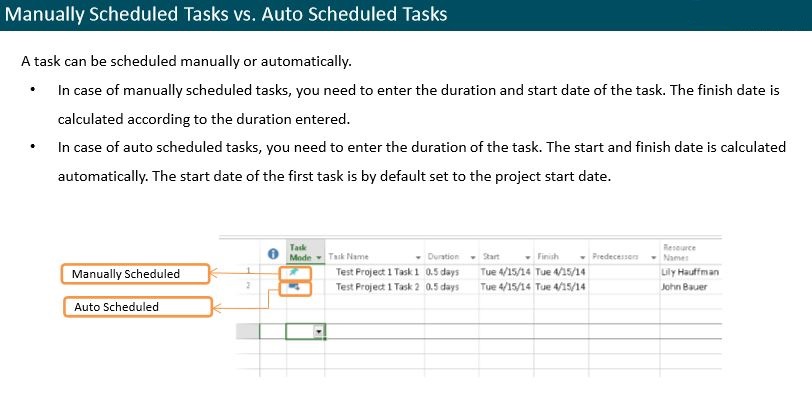
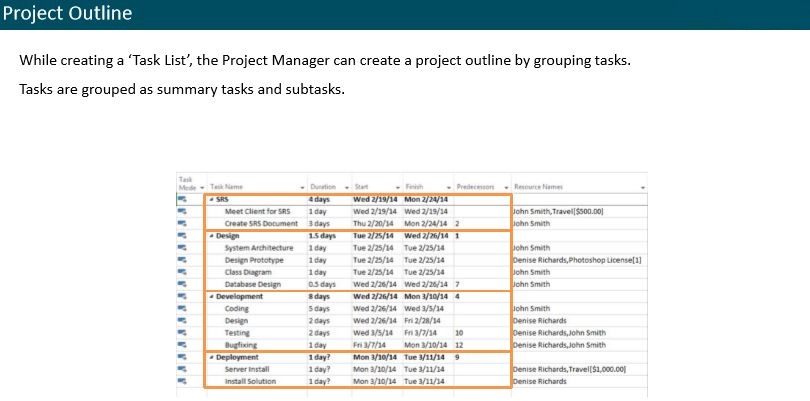
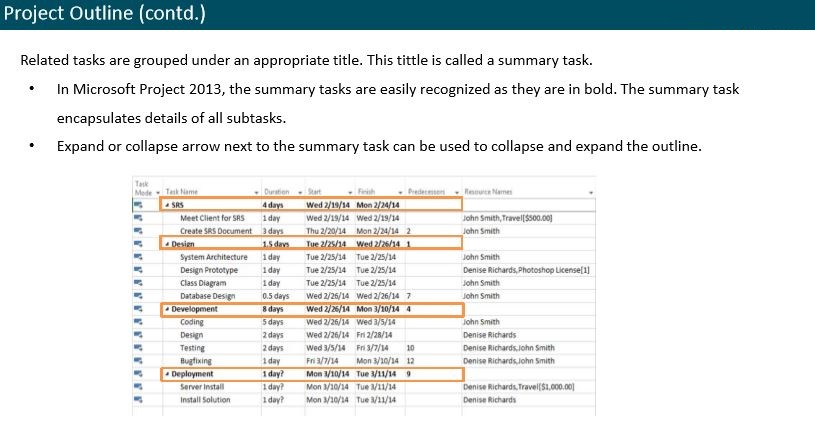

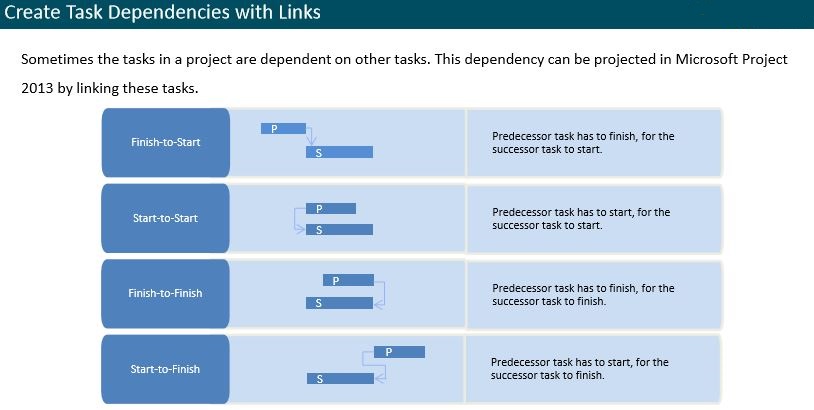
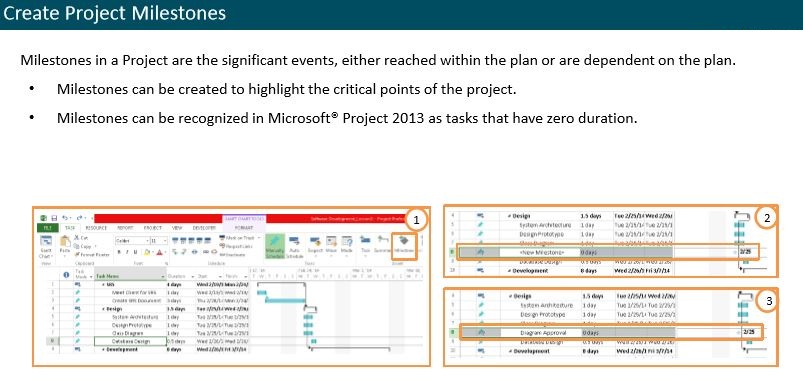




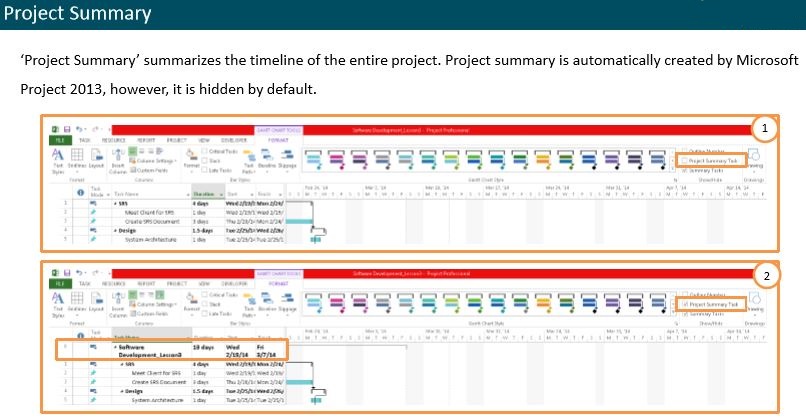




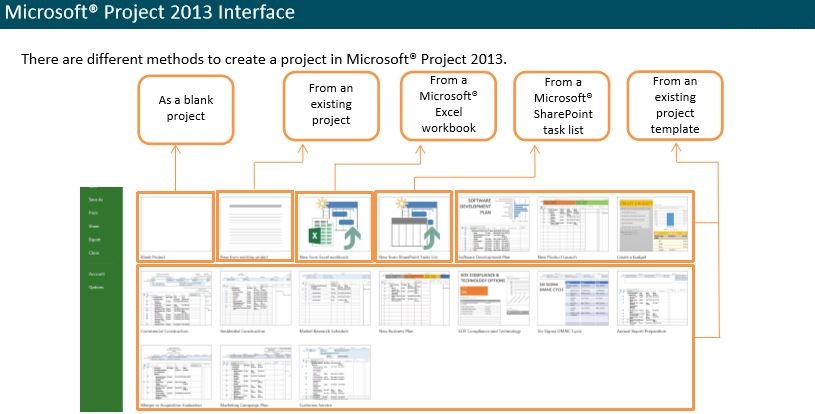

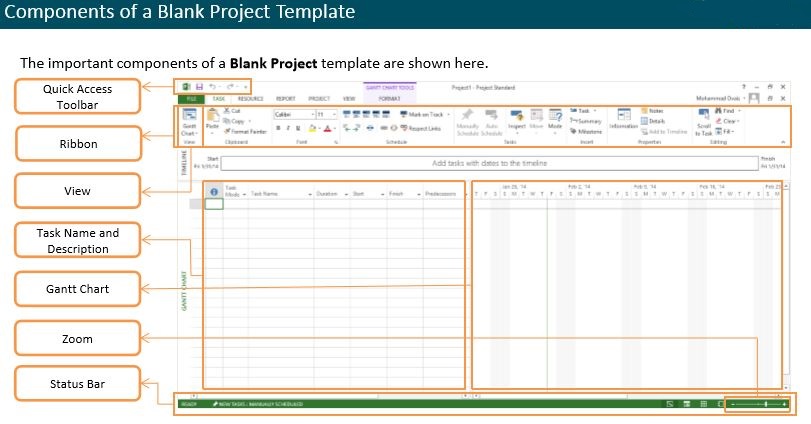



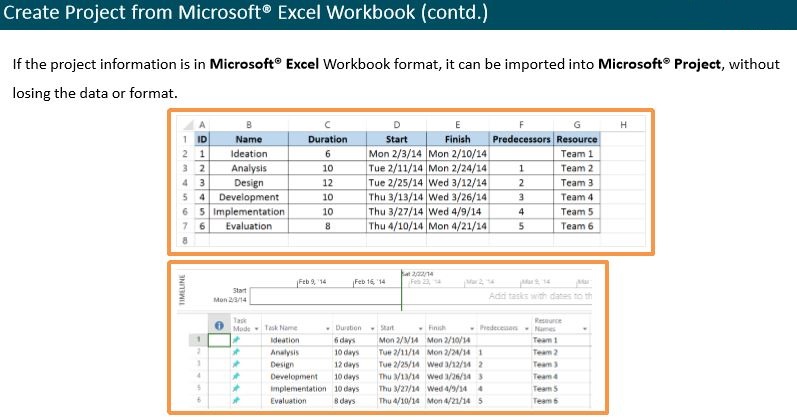





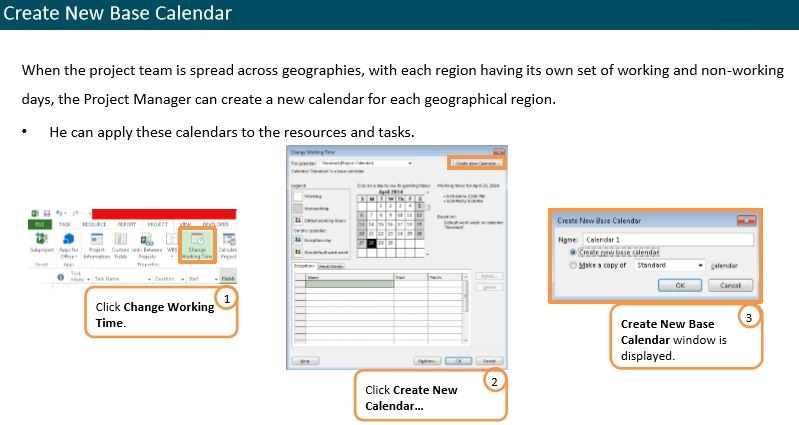


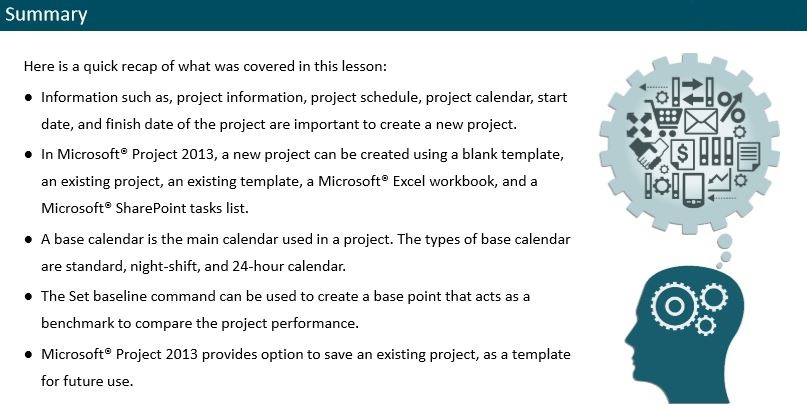


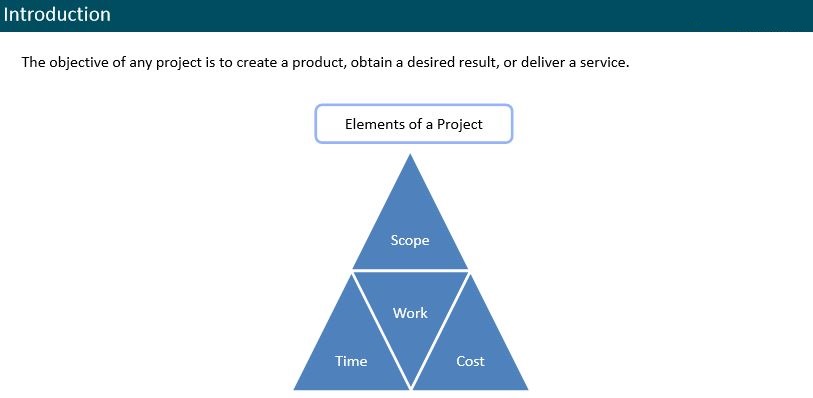



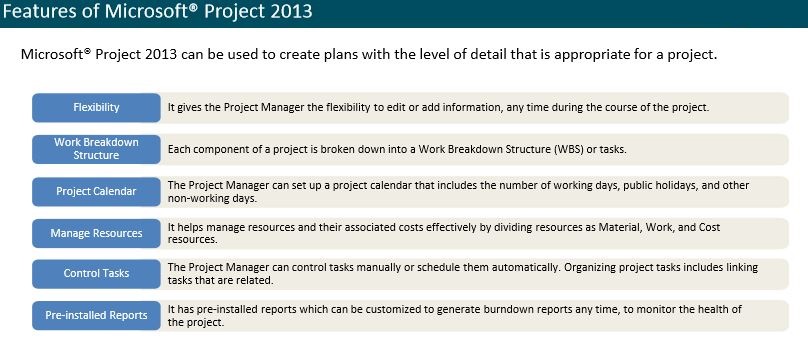
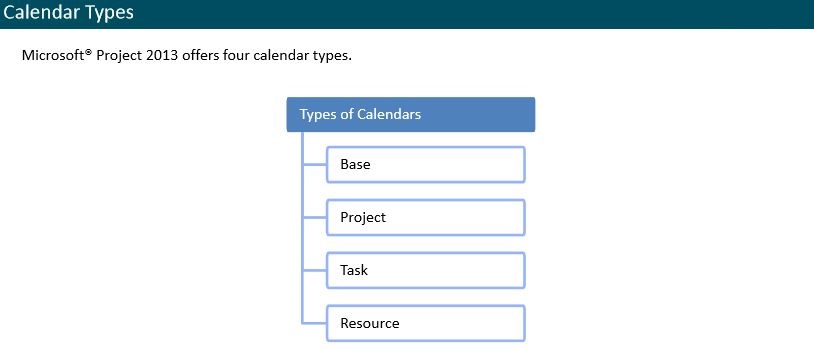
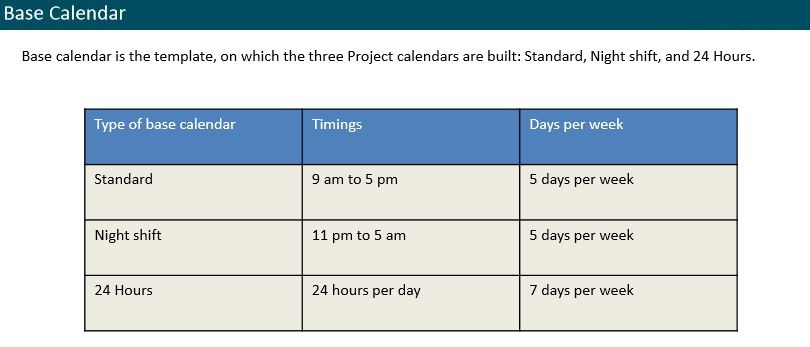





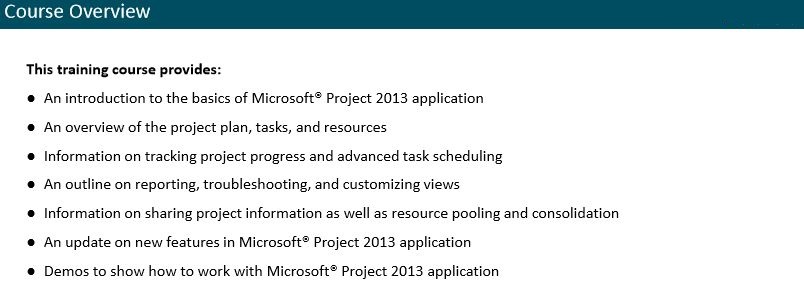


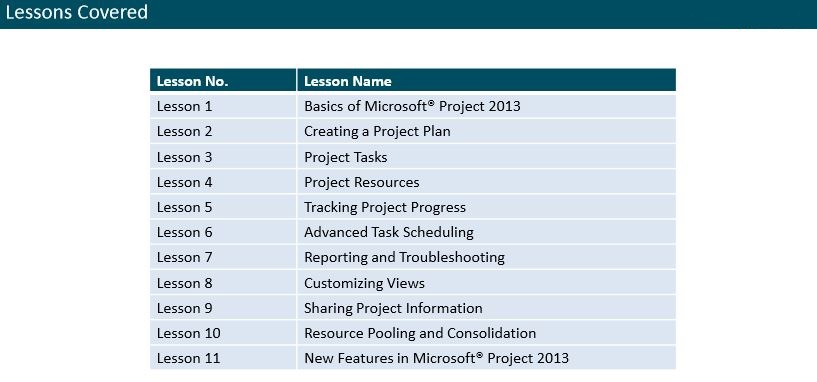

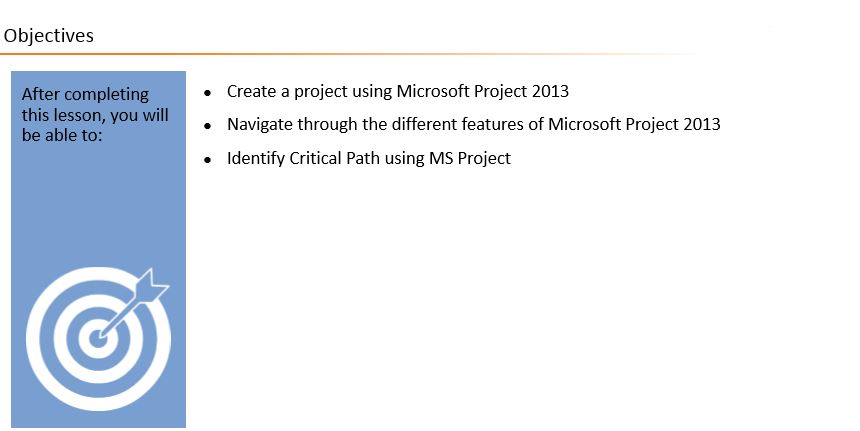





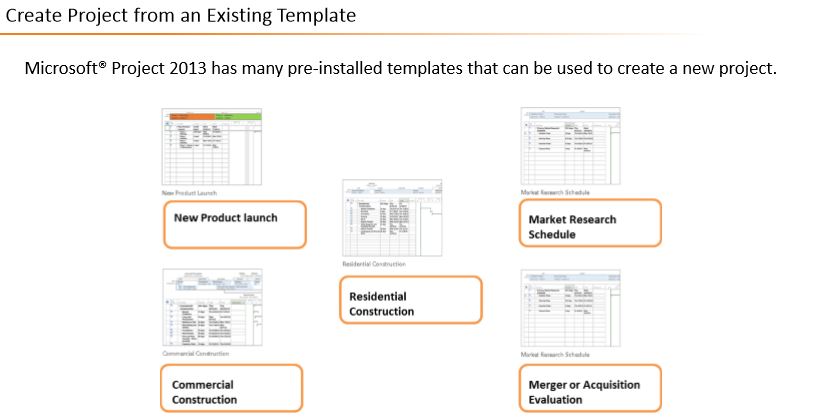




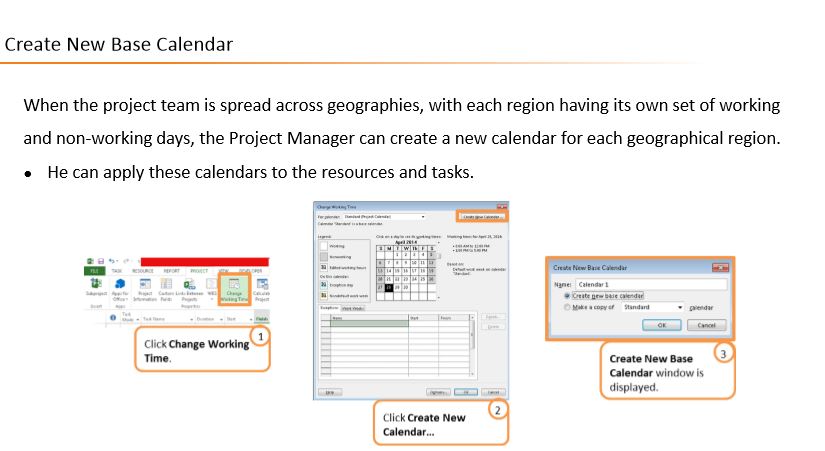
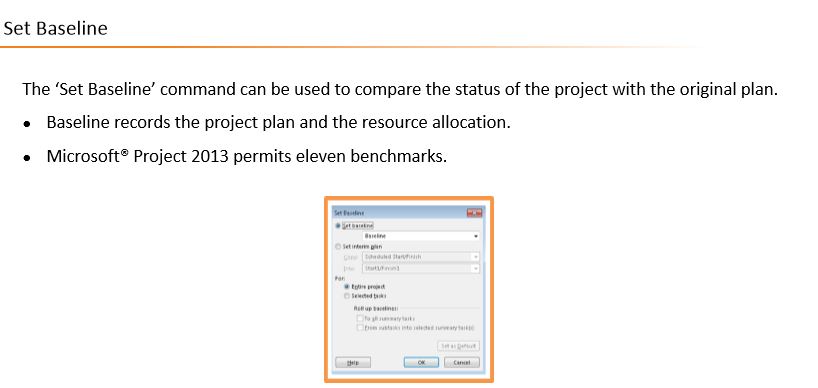

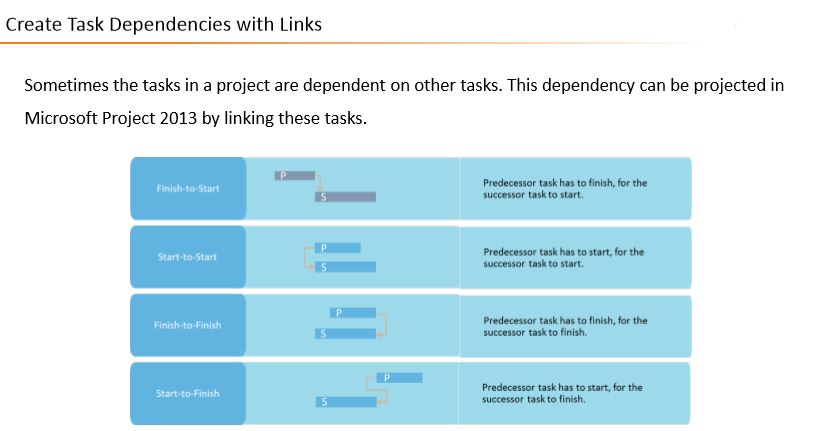
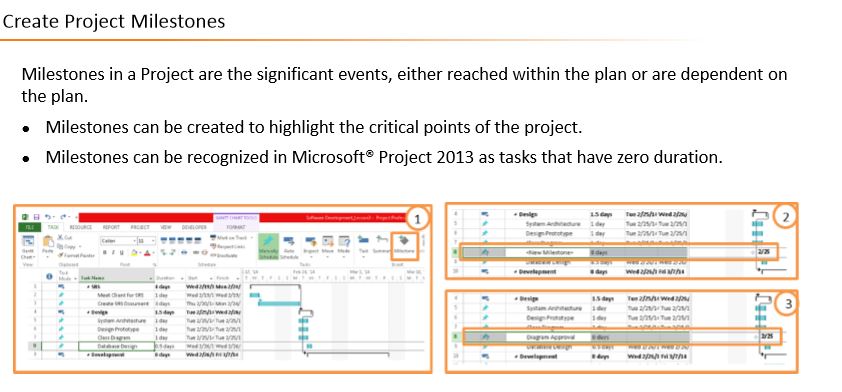
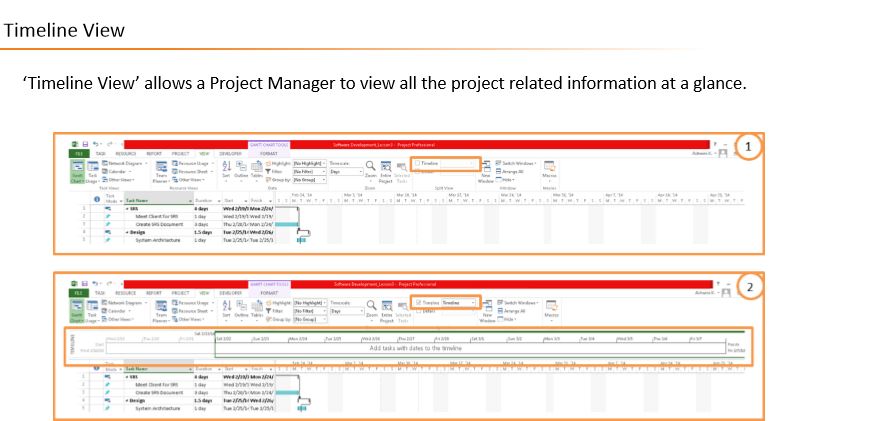
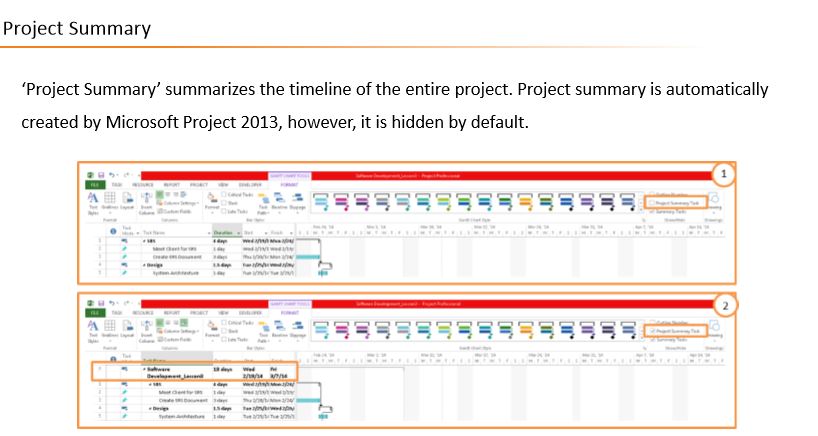
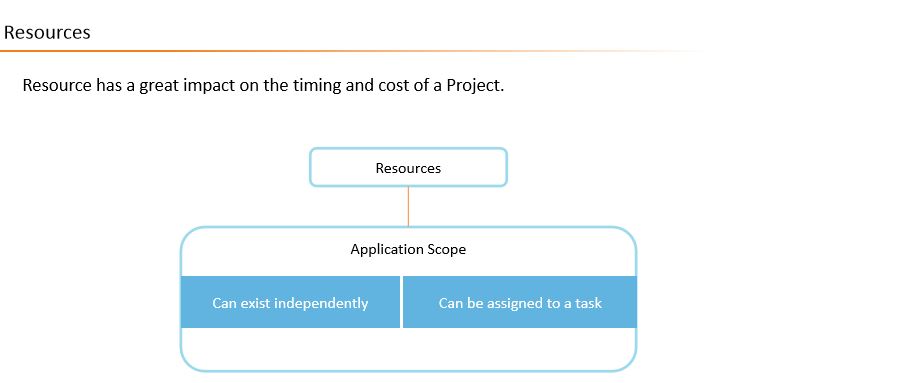
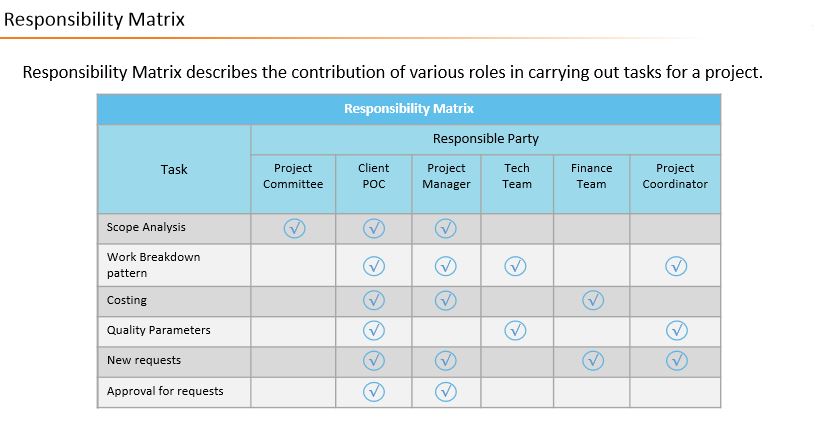
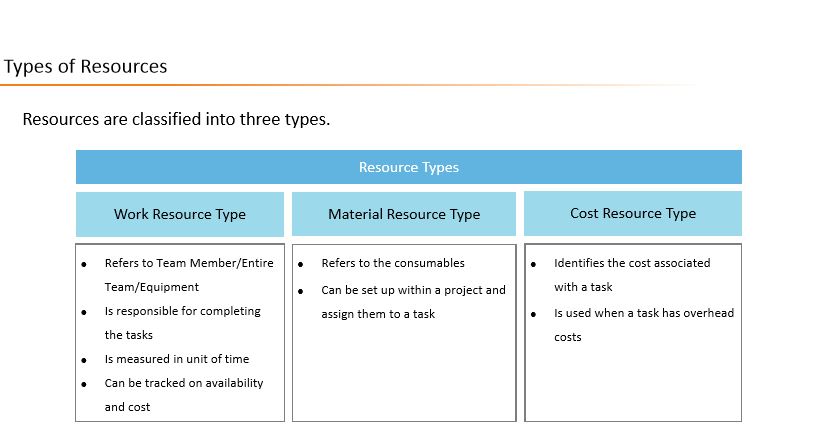
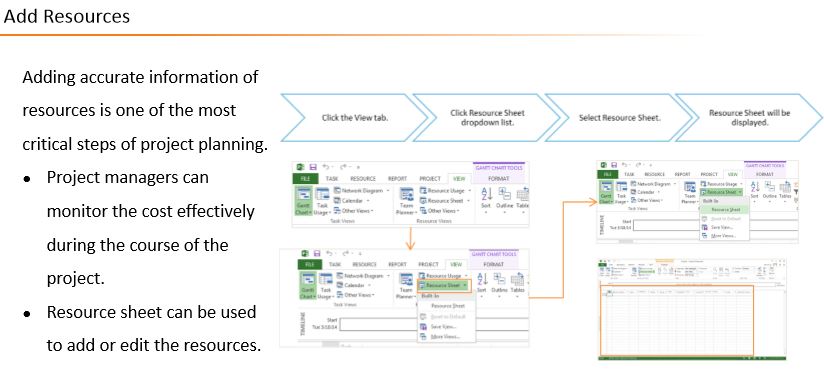
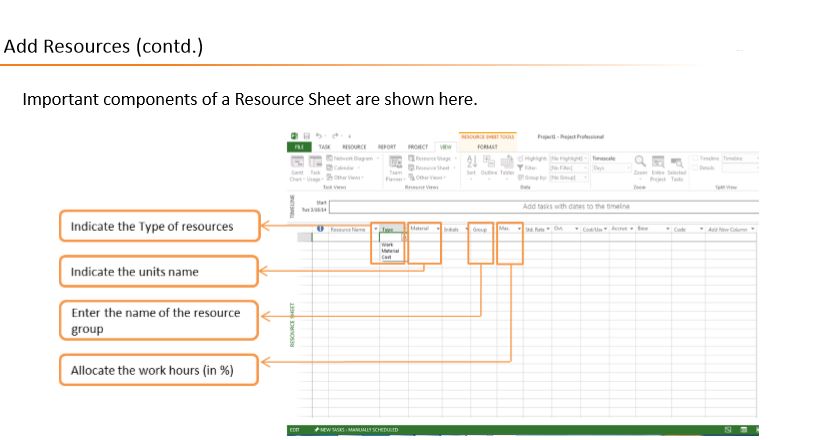

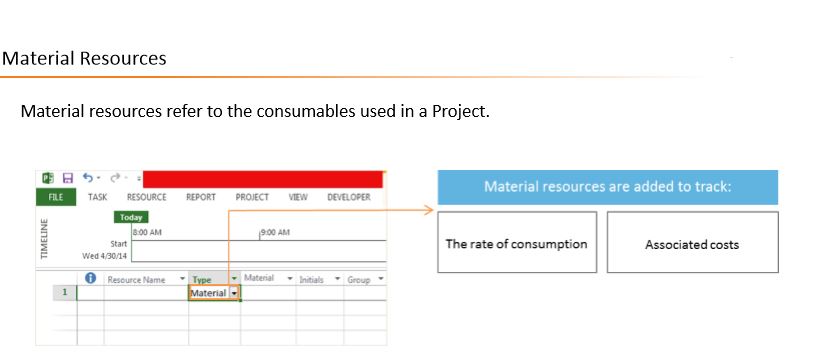
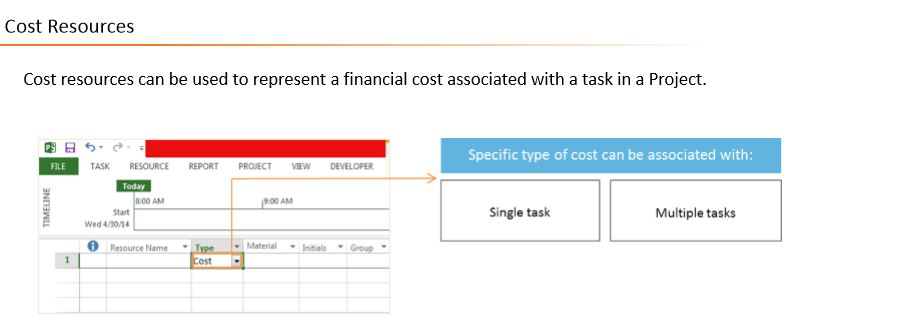
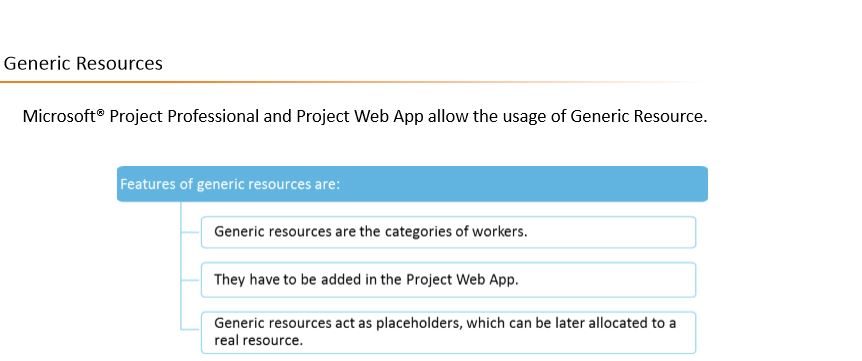



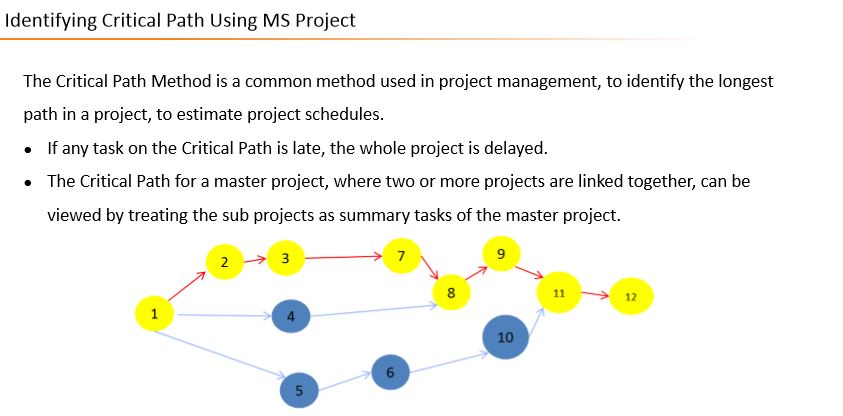
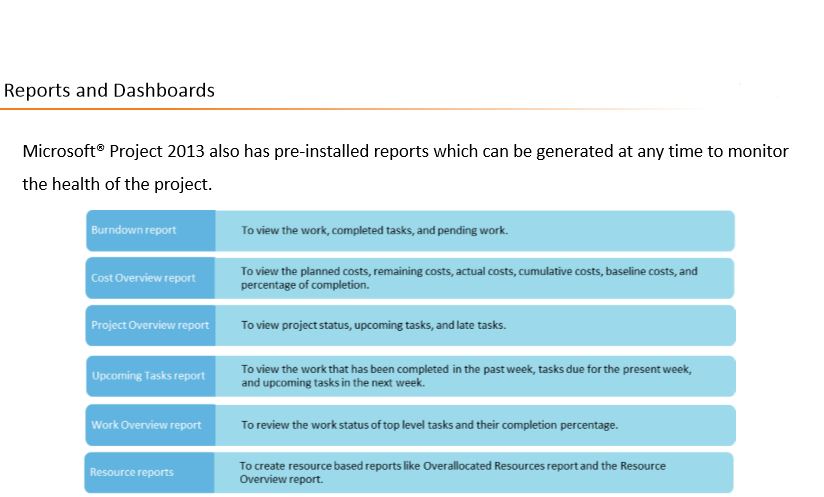





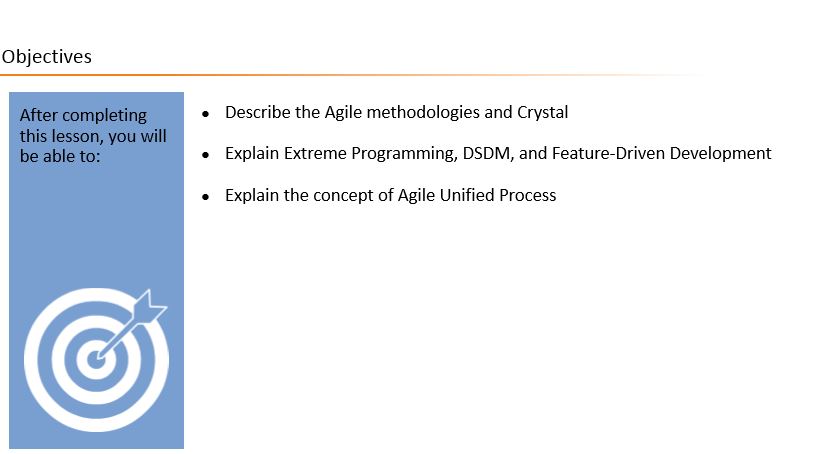


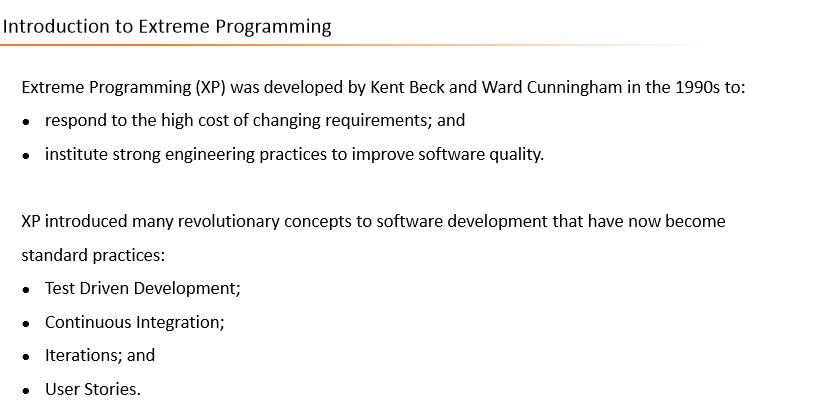

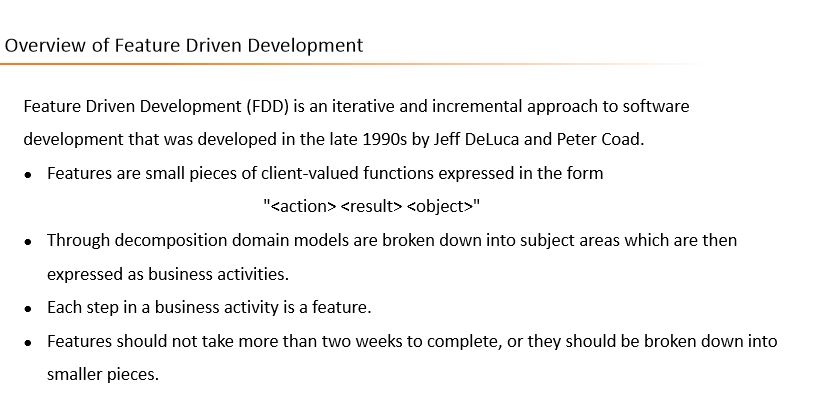
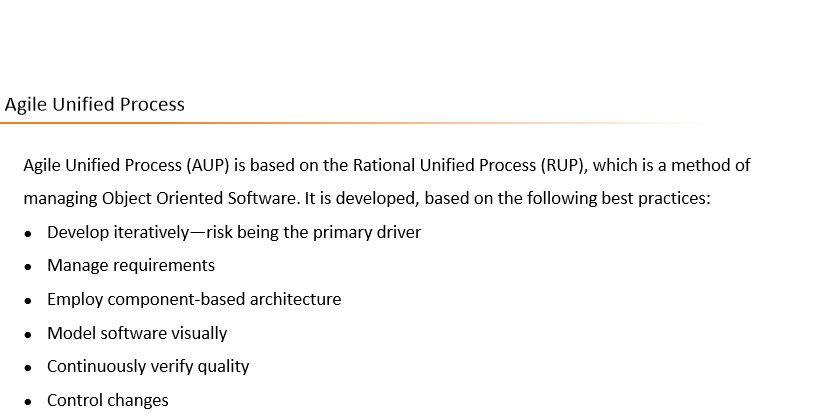




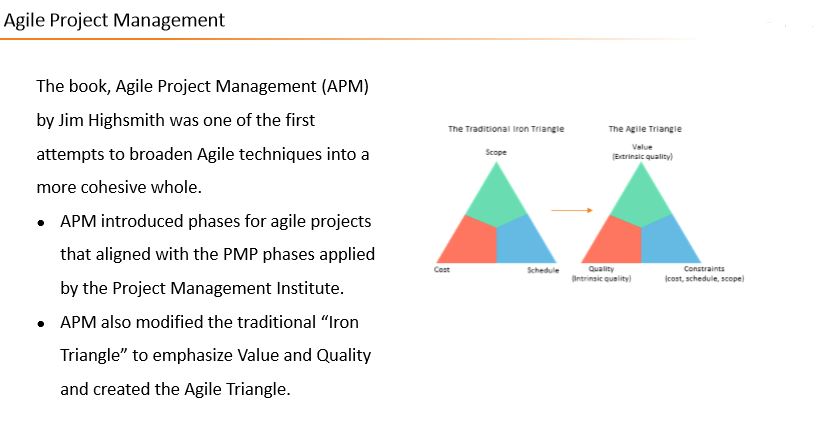
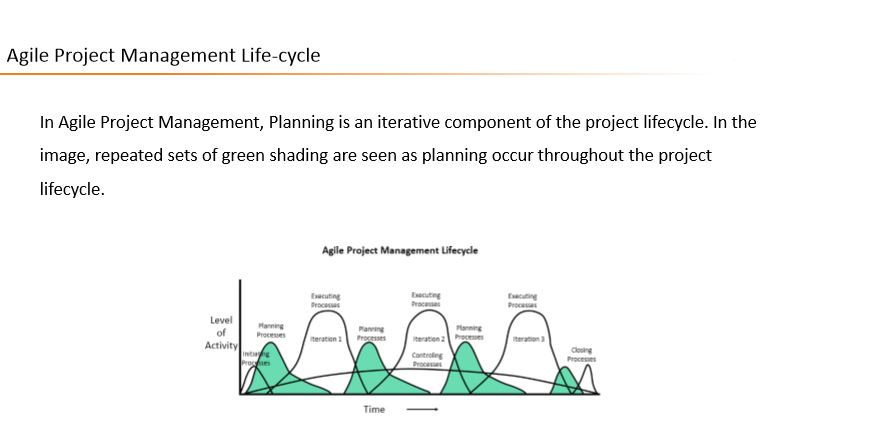

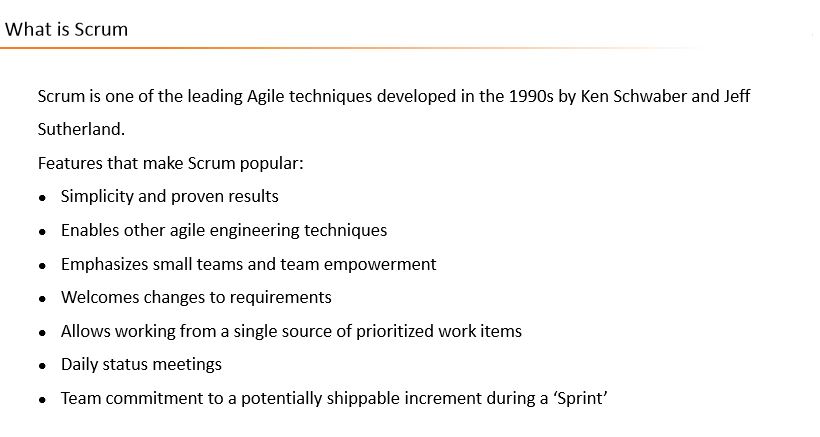
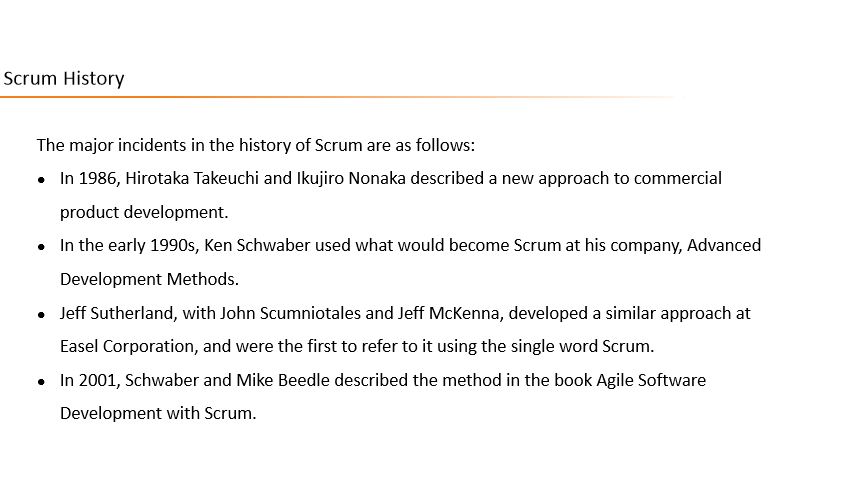


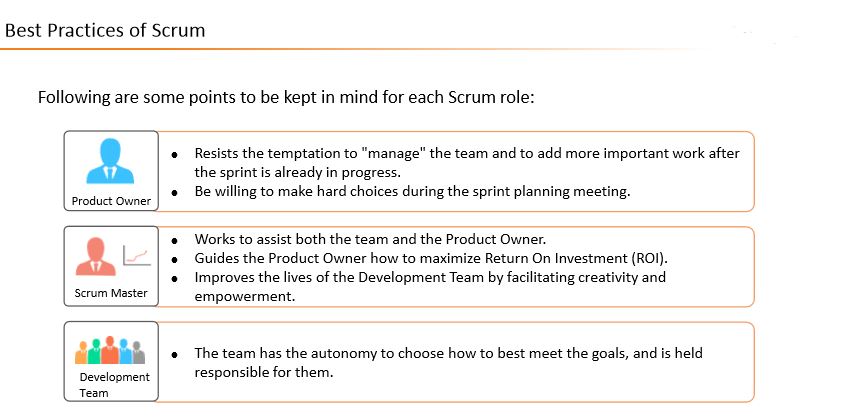
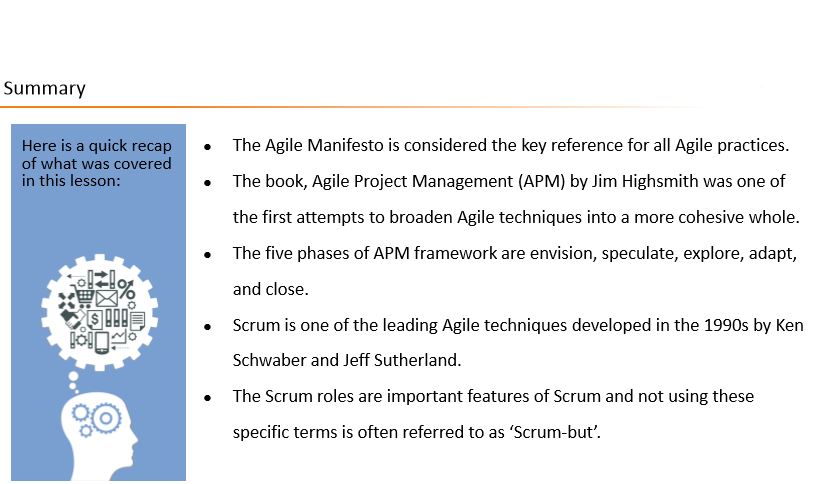

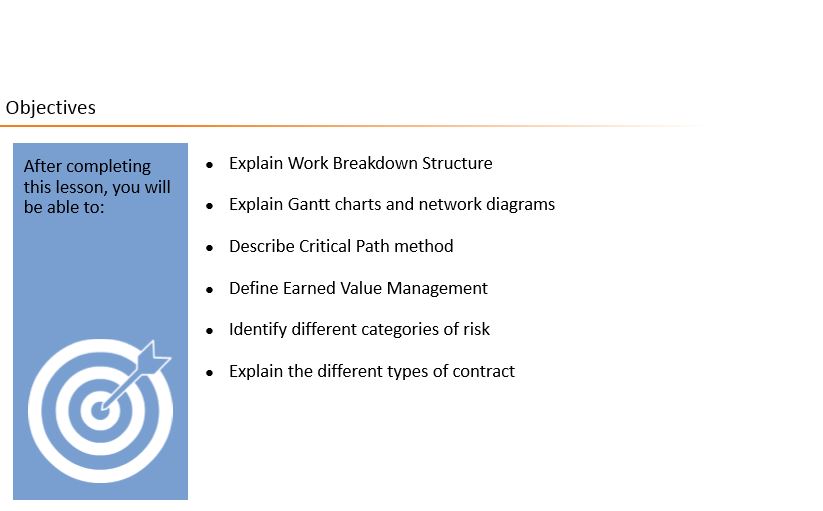
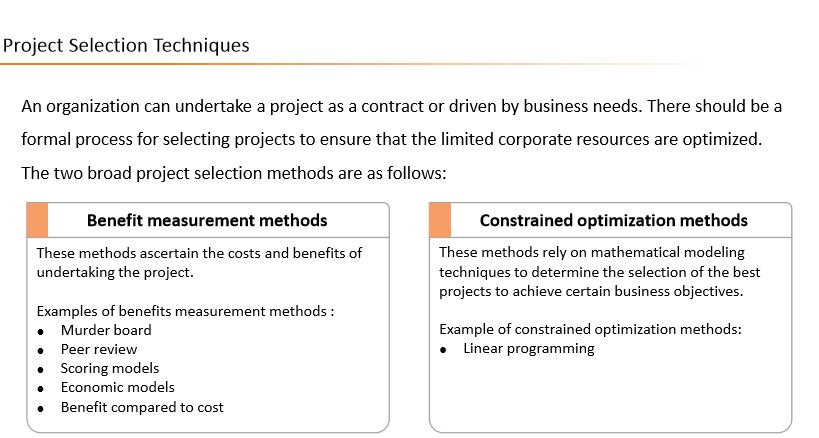
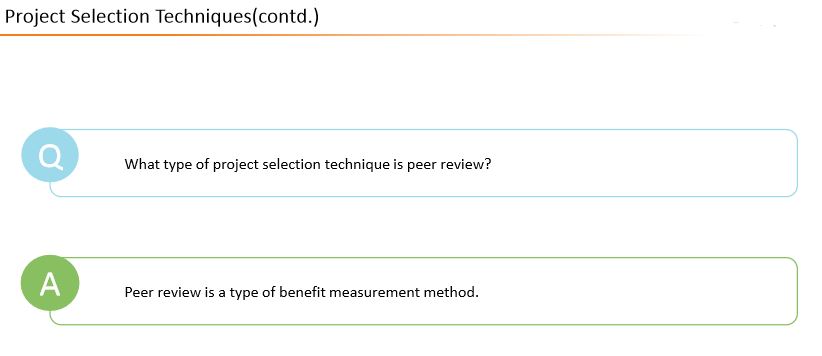
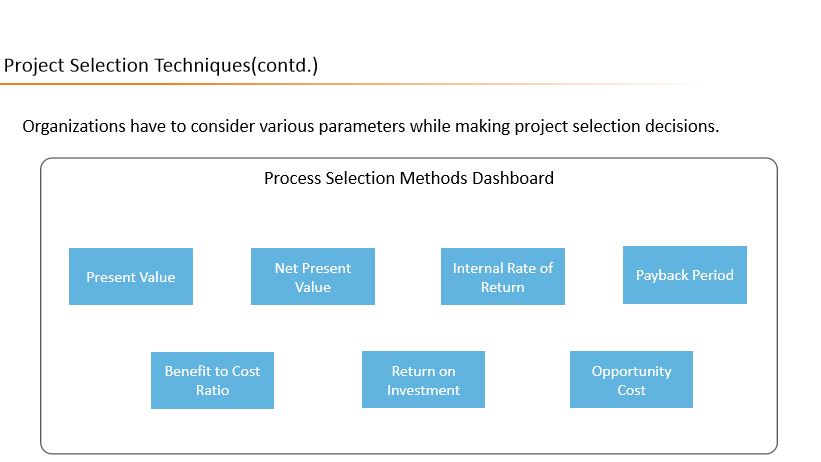
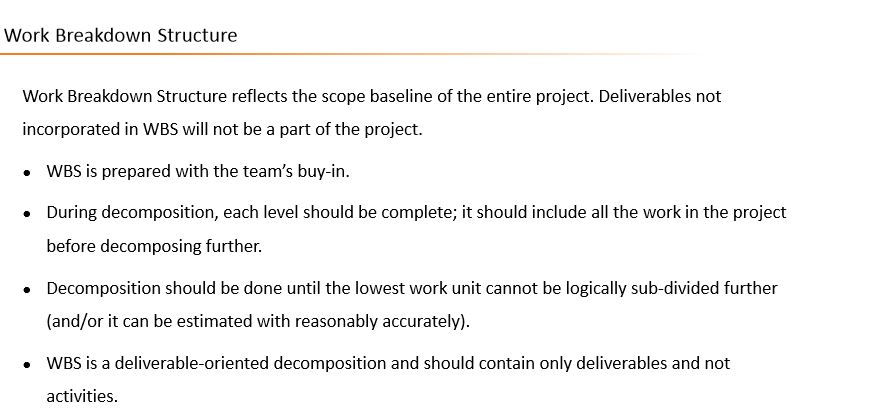


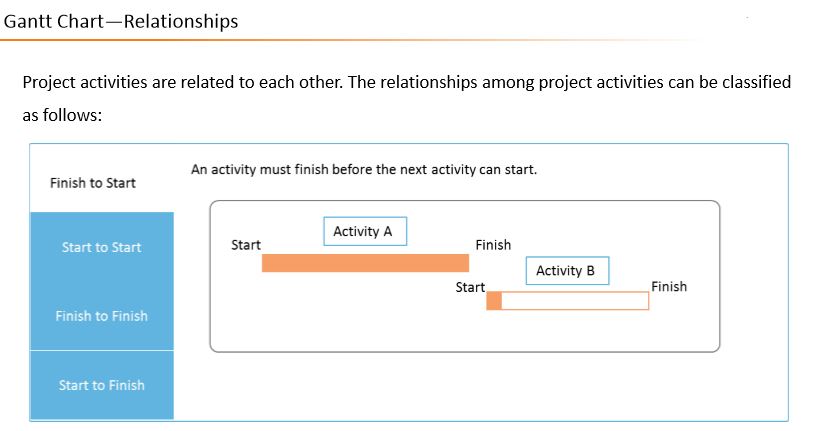
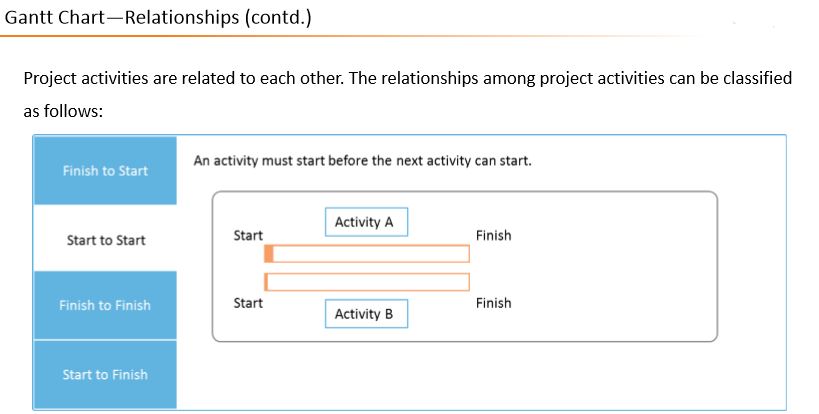
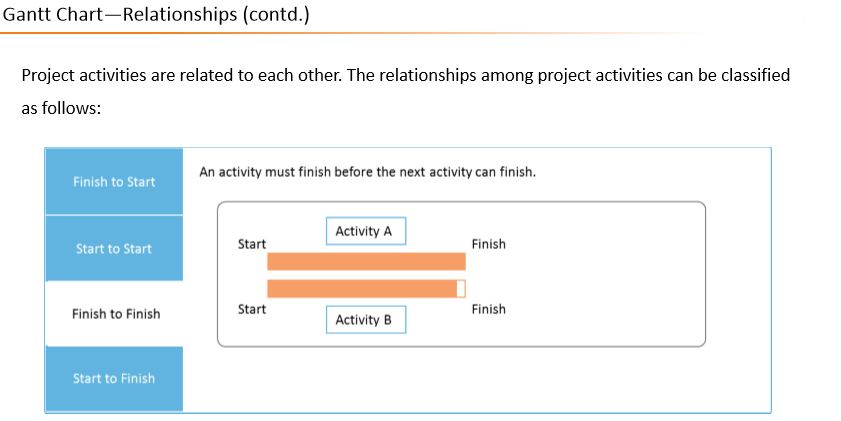
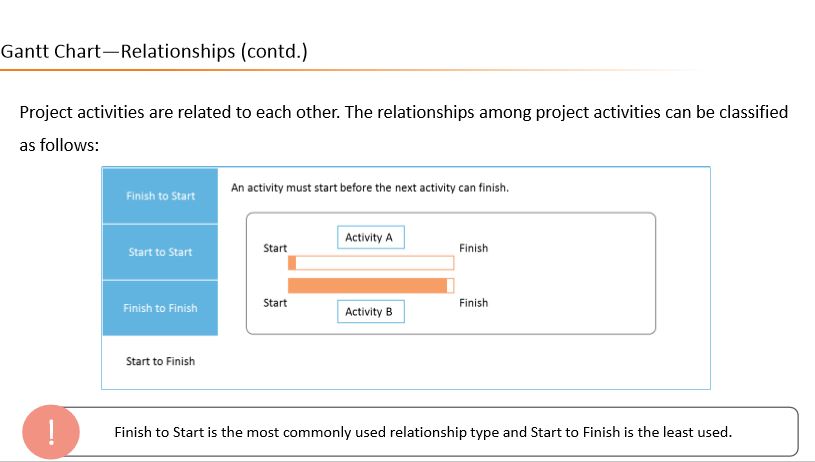
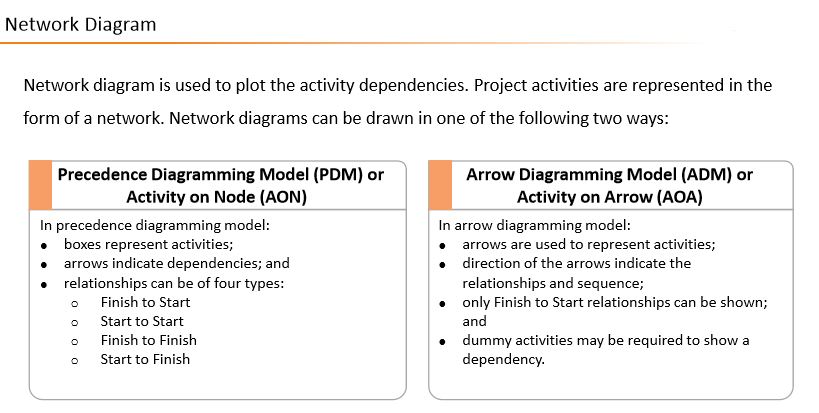
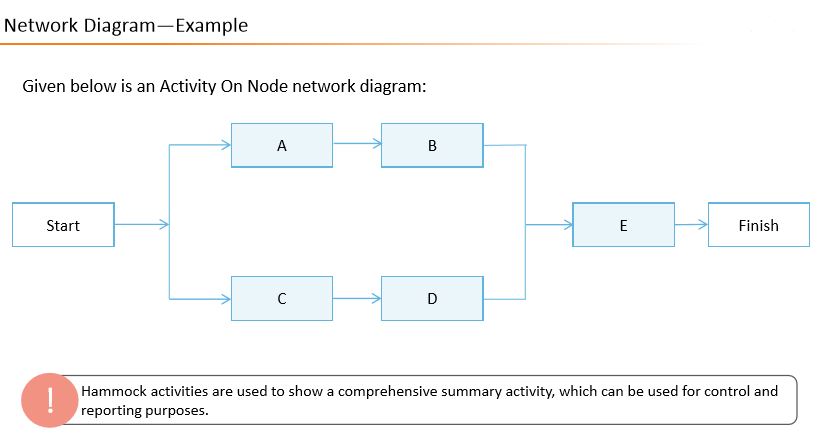

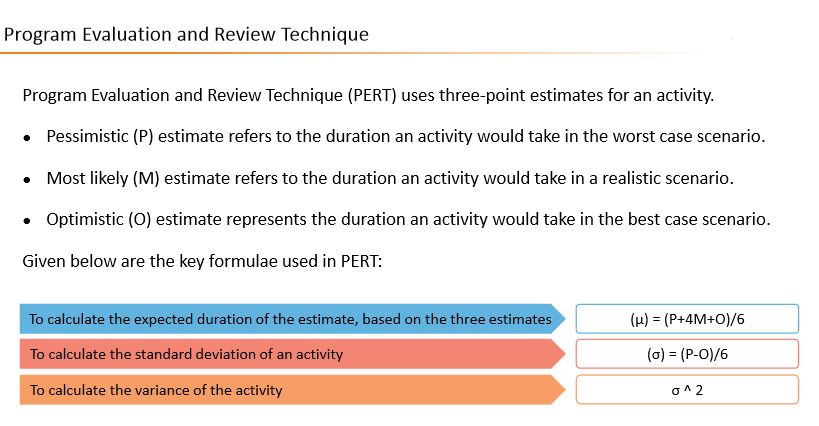
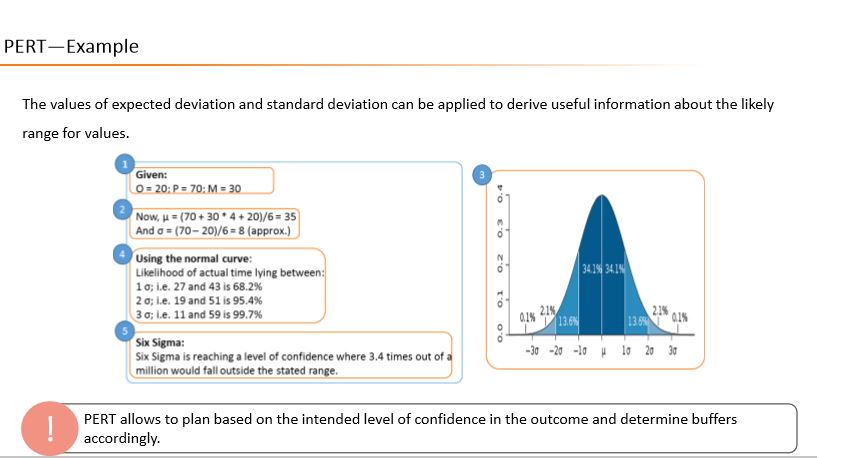

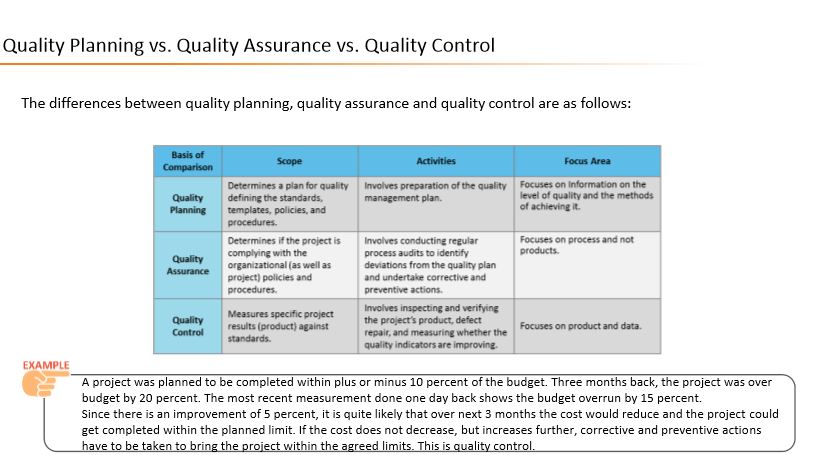

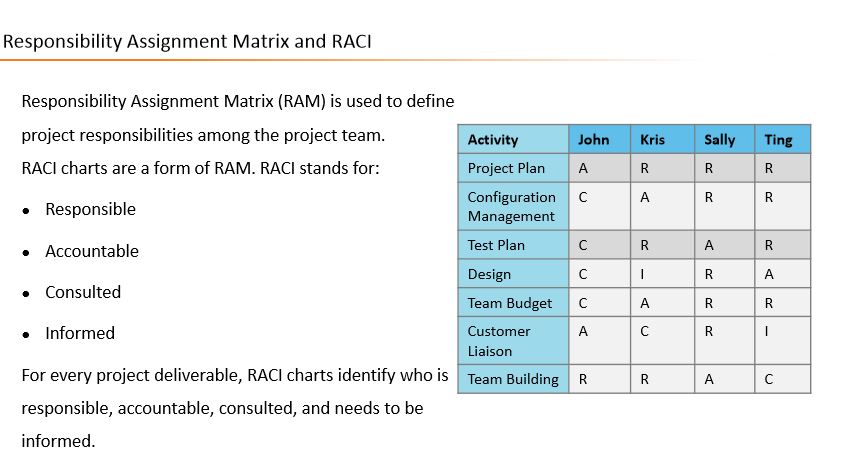

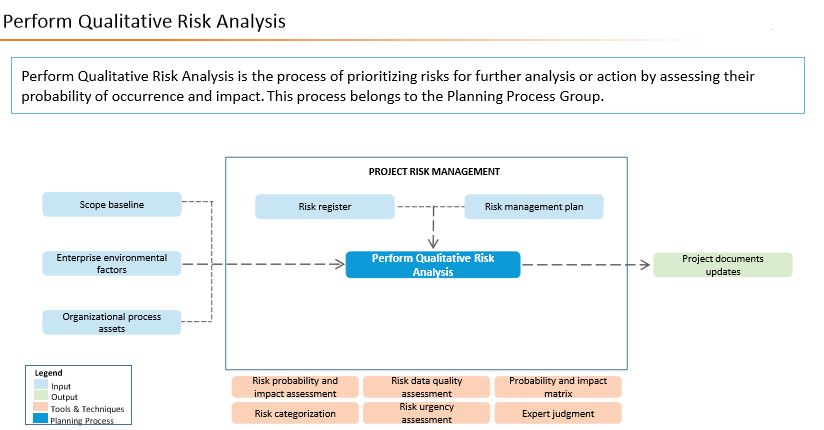




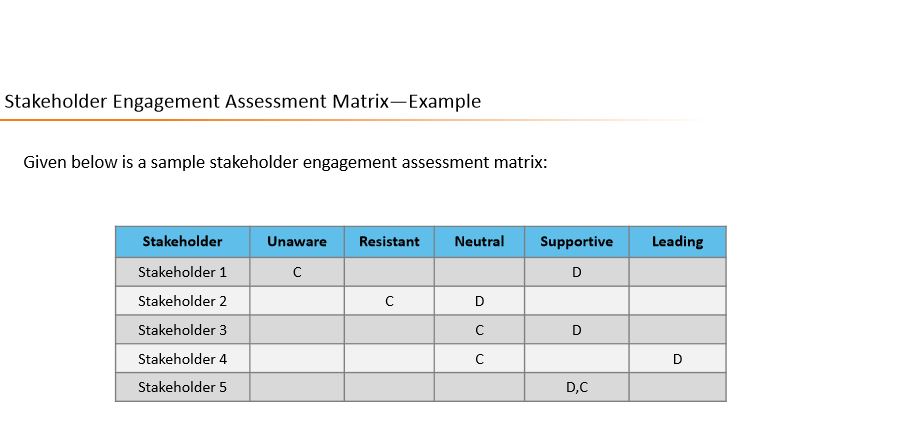
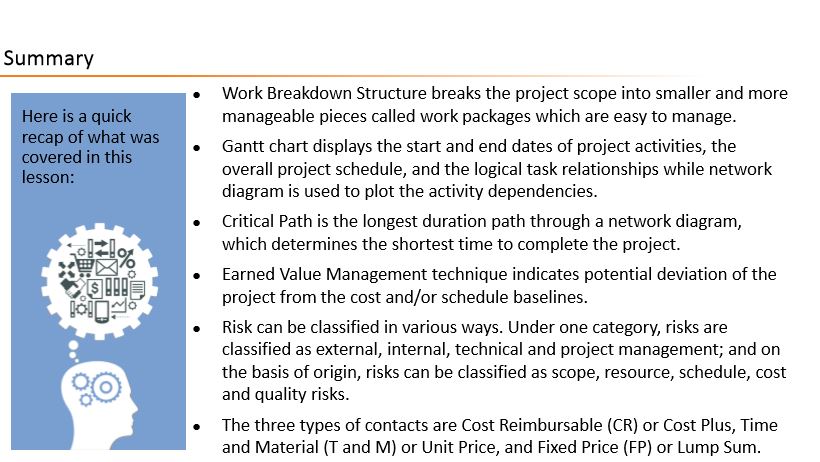

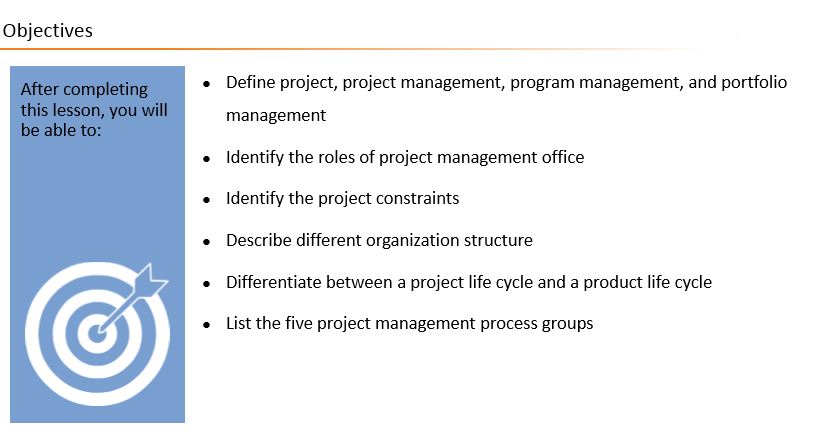

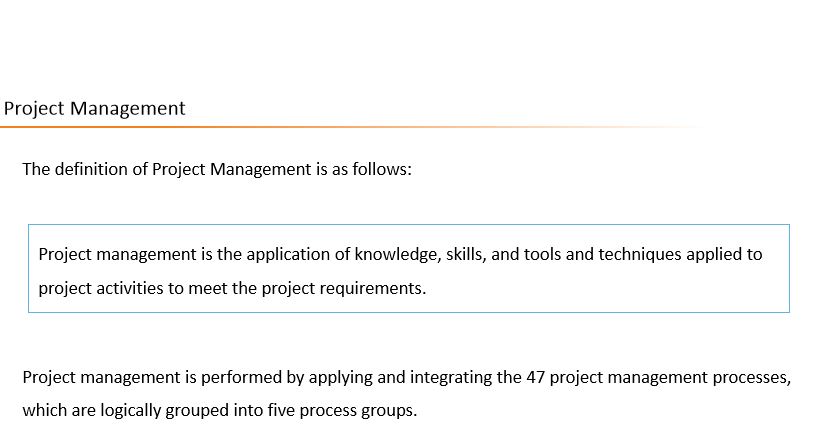



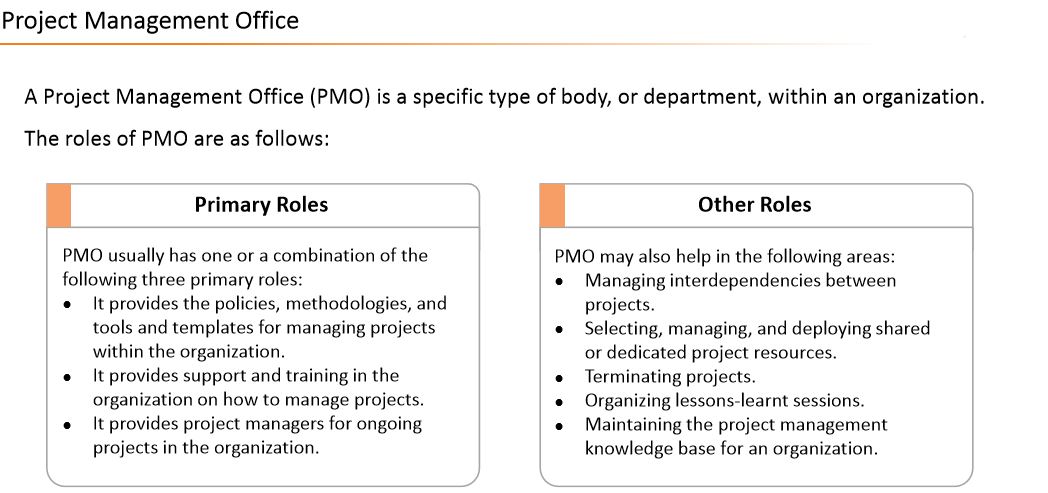

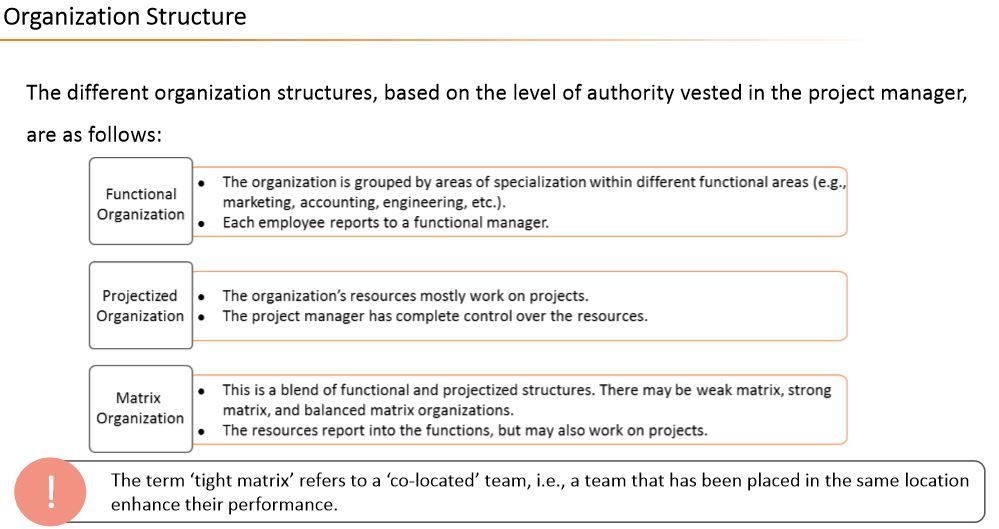

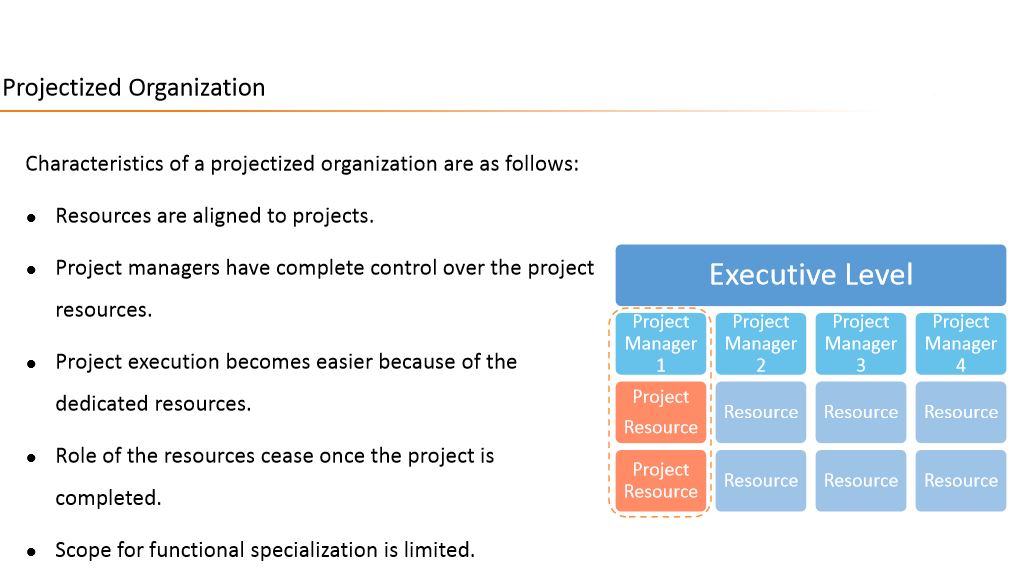

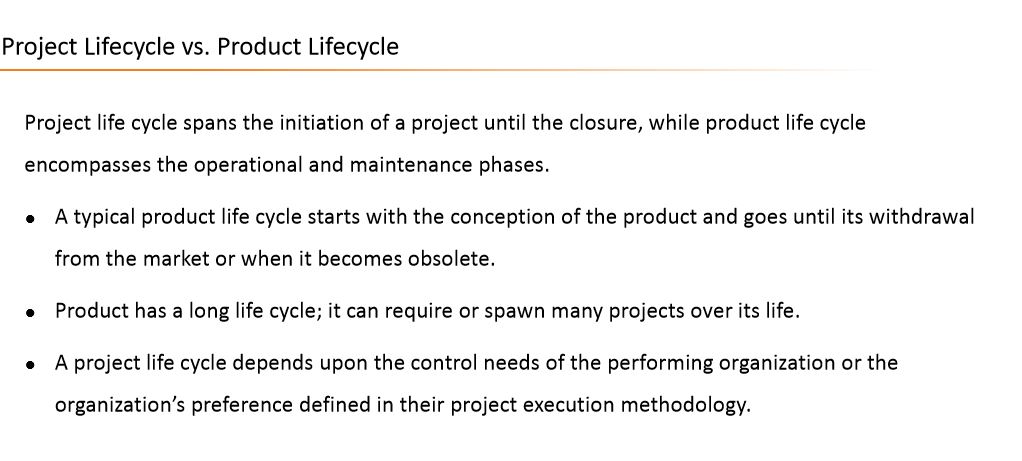




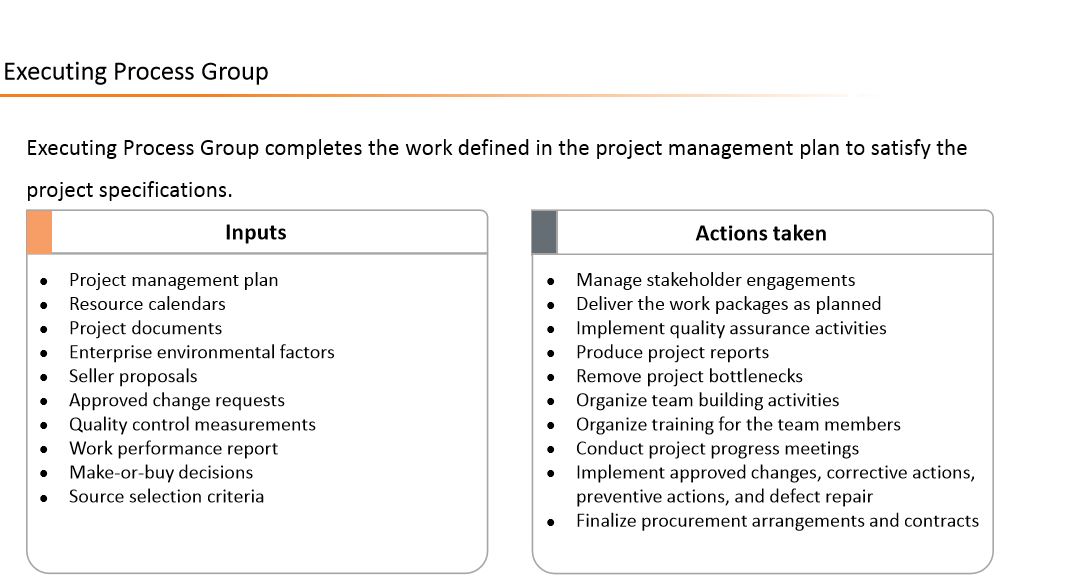
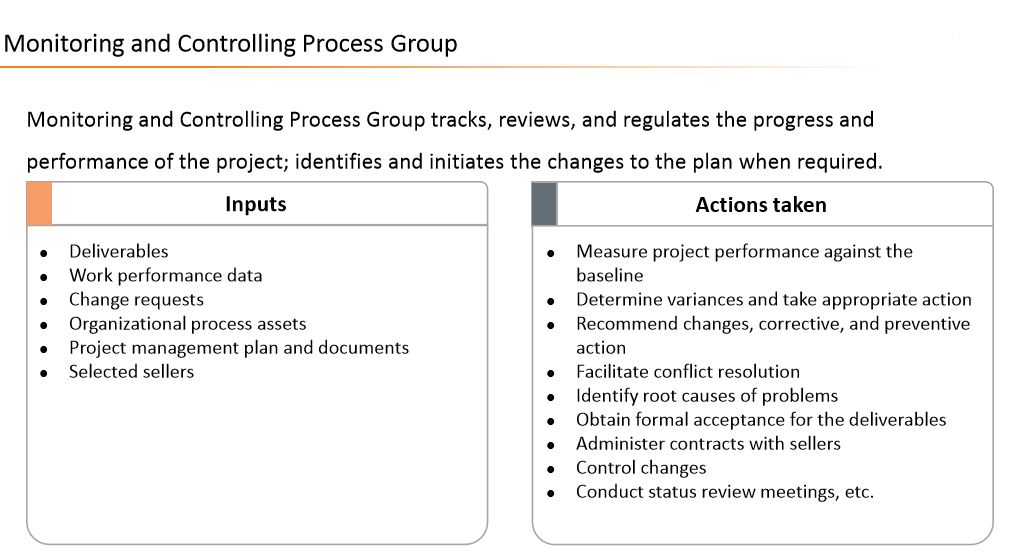

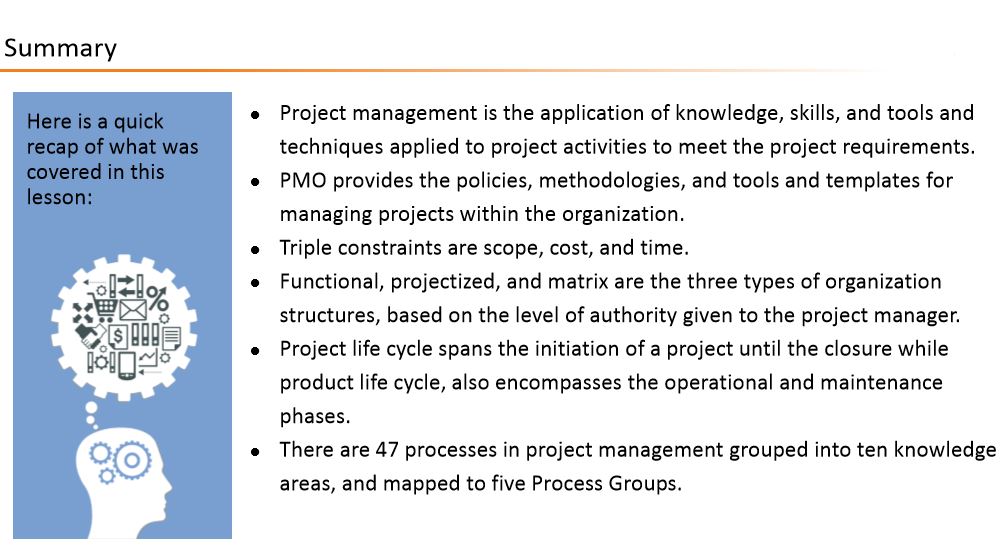
The main consideration when arranging bars in beam is to obtain the most economical layout to satisfy the design requirements. It shall also satisfy the relevant rules concerning horizontal and vertical spacing of bars and required bottom and side covers. While fixing the overall dimensions of beams, slenderness limits for beams to ensure lateral stability and span-to-depth ratios to control deflection, shall be kept in view.
The following .points shall also be noted in detailing (see Fig. 8.1).
a) The bars shall be symmetrically placed about the vertical centre line of the beams.
b) Where there are only two bars in a row, these shall be placed at the outer edges.
c) Where bars of different diameter are placed in a single bottom row, the larger diameter bars are placed on the outer side.
d) Where bars in different horizontal rows have different diameter, the larger diameter bars shall be placed in the bottom row.
Minimum Distance Between Individual Bars
The following rule shall apply:
a) the horizontal distance between two parallel bars shall be usually not less than the following:
1) diameter of the bar, if the diameters are equal;
2) diameter of the larger bar, if the diameters are unequal; and
3) 5 mm more than the nominal maximum size of coarse aggregate.
Note- This does not preclude the use of larger size aggregates beyond the congested reinforcement in the same mmkr, the size of aggregate may be reduced around congested reinforcement to comply with this provision.
b) Greater horizontal distance than the minimum specified in (a) should be provided, wherever possible. However, when needle vibrators are employed, the horizontal distance between bars of a group may be reduced to two-thirds of the nominal maximum size of aggregate, provided vibrator can be used without difficulty.
c) Where there are two or more rows of bars, the bars shall be vertically in line and the minimum vertical distance between bars shall be 15 mm or two-thirds the nominal maximum size of aggregate or the maximum size of the bar, whichever is the greatest.
The minimum spacing requirements of reinfor-reinforcing bars in beams is illustrated in Fig. 8.1 and Fig. 8.2.


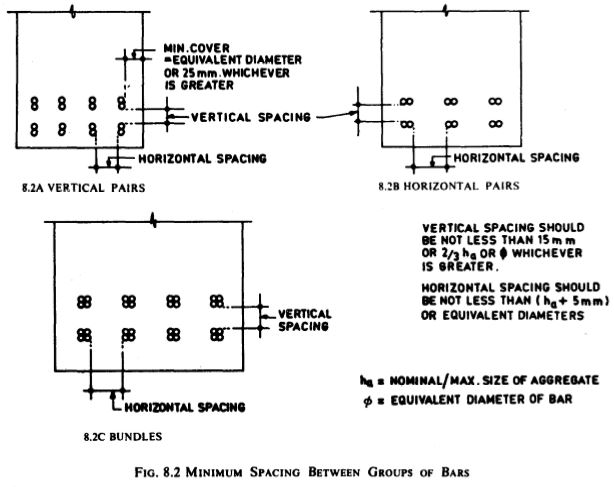
Tension Reinforcement
Minimum reinforcement – The minimum area of tension reinforcement shall not be less than that given by the following:


Maximum reinforcement
The maximum area of tension reinforcement shall not exceed 0.04 bD, where b is the width of the beam rib or web and D is the total depth of the beam.
Maximum distance between bars in tension – Unless the calculation of crack widths shows that a greater spacing of bars in acceptable, the following requirements should be fulfilled for control of flexural cracking:
The horizontal distance between parallel reinforcement bars, or groups near tension face of a beam shall not be greater than the value given in Table 8.1 depending on the amount of redistribution carried out in analysis and the characteristic strength of the reinforcement (See Fig. 8.3)
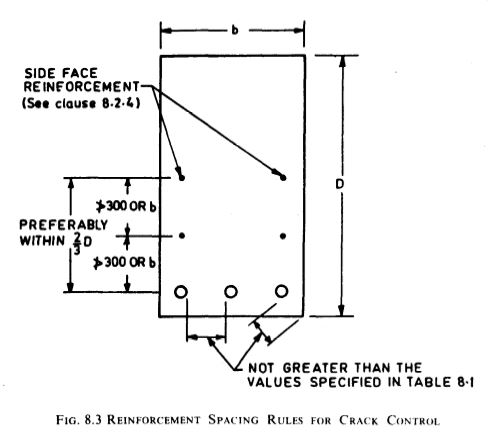
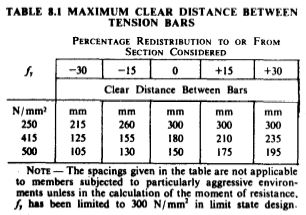
Compression Reinforcement
The maximum area of compression reinforcement shall not exceed 0.04 bD. Compression reinforcement shall be enclosed by stirrups for effective restraint. The anchorage length of straight bars in compression shall be equal to the development length of bars in compression.
Side Face Reinforcement
Where the depth of the web in a beam exceeds 750 mm side face reinforcement shall be provided along the two faces. The total area of such reinforcement shall be not less than 0.1 percent of the web area and shall be distributed equally on two faces at a spacing not exceeding 300 mm or web thickness, whichever is less (see Fig. 8.4). 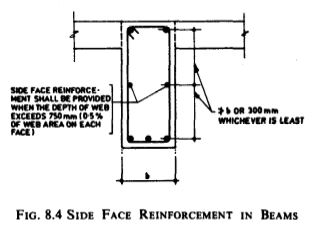
a) A stirrup in the reinforced concrete beam shall pass around or be otherwise adequately secured to the outermost tension and compression reinforcement, and such stirrups should have both its ends anchored properly in any one of the fashion detailed in Fig. 8.5. In T-beams and l-beams, such reinforcement shall pass around longitudinal bars located close to the outer face of the flange. While adopting stirrups, different shapes (see Fig. 8.6) may be considered depending on constructional requirements keeping in view the end anchorage requirements. However, while choosing a particular shape for a particular situation, its validity should be considered from structural point of view.

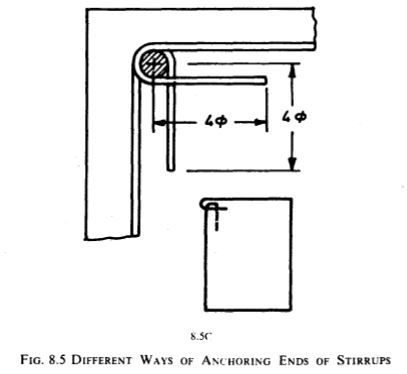
b) Bent-up Bars
Tensile reinforcement which is inclined and carried through the depth of beam can also be considered to act as shear reinforcement provided it is anchored in accordance with 4.3.5 (see Fig. 8.7). Usually two bars are bent up at a time at an angle 45 degree to 60 degree to the longitudinal axis of the beam but other angles can also be adopted.
It is usual practice to combine bent up bars and vertical stirrups to resist the shear since some of the longitudinal bars are bent up when they are no longer required at the bottom (see Fig. 8.7).
c) Maximum Spacing
The maximum spacing of shear reinforcement measured along the axis of the member shall not exceed 0.75 d for vertical stirrups and d for inclined stirrups at 45 degree, where d is the effective depth of the section under consideration. In no case shall it exceed 450 mm.
d) Use of Multi-legged Stirrups
Multi-legged stirrups are required from the consideration of shear stresses in the beam, or where restraint against the buckling of bars in compression is needed. The rules for stirrups reinforcing steel in compression are the same as those for columns. The vertical stirrups may he provided as two-legged stirrups, four- legged stirrups or six-legged stirrups at the same section according to actual requirements (see Fig. 8.8). Open type stirrups as shown in Fig. 8.9 may be used for beam-slab construction where the width of rib is more than 450 mm.
e) Stirrups in Edge Beams
Where designer shows stirrups in any edge or spandrel beam, these stirrups shall be closed and at least one longitudinal bar shall be located in each corner of the beam section, the size of this bar is to be at least equal to the diameter of the stirrup but not less than 12 mm. These details P sha 1 be clearly indicated by the designer. Typical cross-sectional details are shown in Fig. 8.10 for normal and upturned edge or spandrel beams. For easier placing of the longitudinal bars in the beam, details for two-piece closed stirrups are also shown. For the same reason, 90 degree stirrup hook is preferred.
f) Minimum Reinforcement
The minimum shear reinforcement in the form of stirrups shall not be less than the following (see Fig. 8.11).


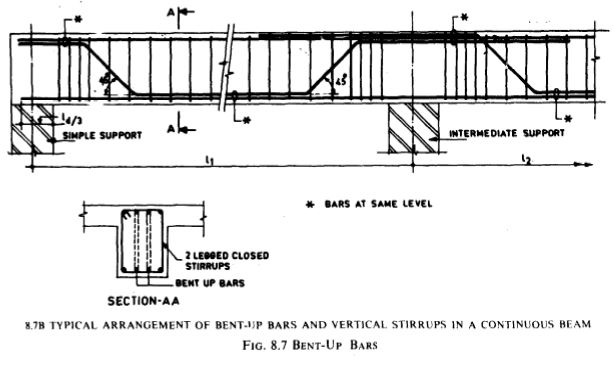
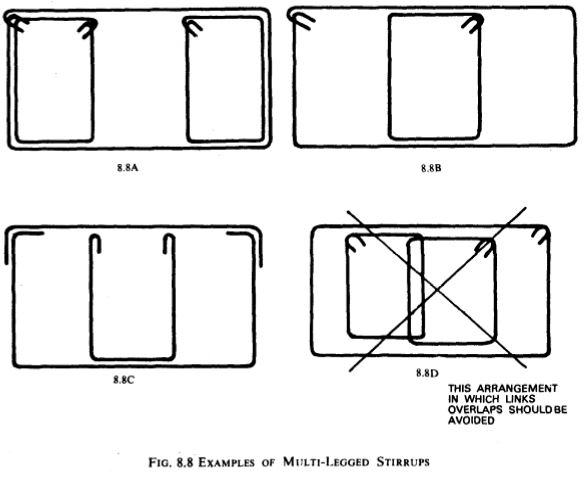
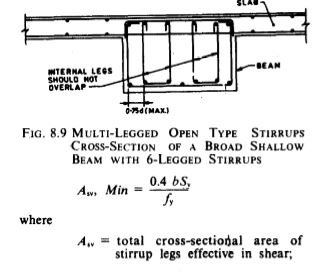

However, in members of minor structural importance such a,s lintels, or where the maximum shear stress calculated is less than the permissible value, this provision need not be complied with.
g) Beam of Varying Depth
Detail stirrup sizes individually where beams have varying depth. A range of stirrup sizes has to be detailed (see fig. 8.12 and also 6.10).



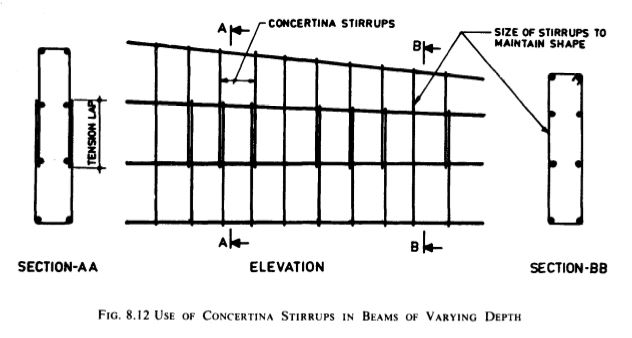
h) Force not Applied to Top of Beam
Where a load transfer is through the bottom or side of a beam (for example, where one beam frames into another), ensure that there is sufficient suspension or hang-up reinforcement at the junction in the main beam in the form of stirrups to transfer the force to the top of the beam. If the load is large, bent-up bars may also be used in addition to stirrups (see Fig. 8.13).

When a member is designed for torsion, reinforcement for the same shall be provided as follows (see Fig. 8.14A)
a) The transverse reinforcement for torsion shall be rectangular closed stirrups placed perpendicular to the axis of the member. The spacing of the stirrups shall not exceed the least of x1, (x1 + y1)/4 and 300 mm, where x1, and y1 are respectively the short and long dimensions of the stirrup. In a beam with multi-legged stirrup, only the stirrup going around the outer face shall be considered to resist torsional force. In members having a complex cross-section (such as I and T-sections), each part (flanges, ribs, webs, etc.) should contain closed stirrups of its own (see Fig. 8.14B and C).
b) Longitudinal reinforcement shall be placed as close as is practicable to the corners of the cross-section and in all cases there shall be at least one longitudinal bar in each corner of the ties.
c) When the cross-sectional dimensions of the members exceeds 450 mm, additional longitudinal reinforcements shall be provided at the side faces and the total area of such reinforcement shall be not less than 0.1 percent of the web area and shall be distributed equally on two faces at a spacing not exceeding 300 mm or web thickness whichever is lower.
The extent of curtailment of main reinforcement in beams should be related to the.bending moment diagram subject to the conditions specified in Section 4. However, simplified curtailment rules illustrated in Fig. 8.15, 8.16 and 8.17 may be used for continuous beams, simply supported beams and cantilever beams, respectively under the following circumstances:
a) the beams are designed for predominantly uniformly distributed loads; and
b) in the case of continuous beams, the spans are approximately equal (which do not differ by more than I5 percent of the longest).
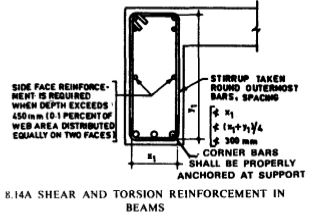

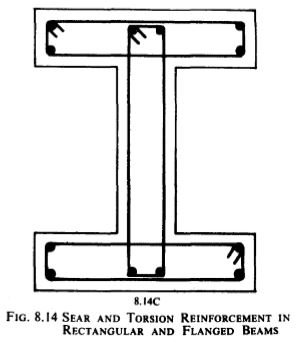
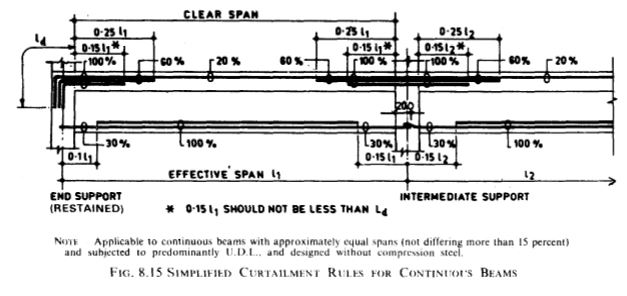


T-beams or L- beams are usually designed as internal and external beams supporting a floor slab; where part of the slab form the horizontal portions of the T- or I.-beam.
Where the reinforcement of a slab which is considered as the flange of T- or L.-beam, is parallel to the beam, transverse reinforcement extending to the lengths indicated in Fig. 8.18 shall be provided. If the quantity of such transverse reinforcement is not specially determined by calculations it shall not be less than 60 percent of main reinforcement in the centre of the span of slab constituting the flange.
Recommendations for various methods of reinforcing corners are giving herein based on reference 6. It is to be noted that closing corners present no major problem, but opening corners require careful detailing (see Fig. 8.l9 and Fig. 8.20).
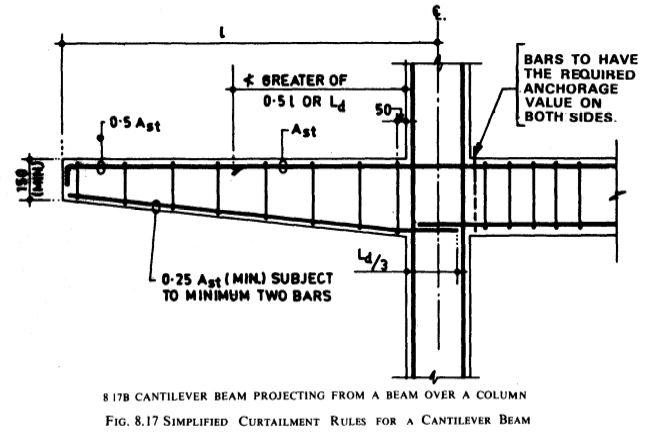
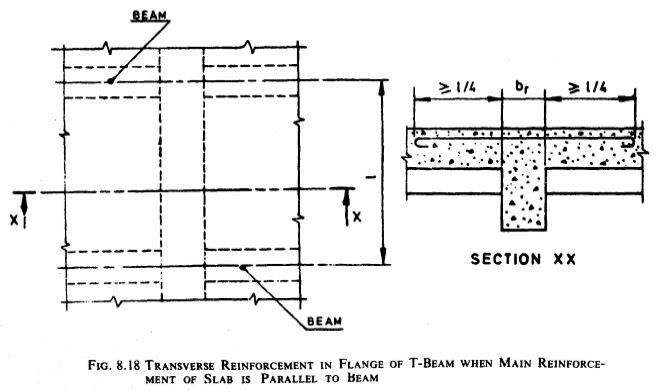

90 degree Opening Corners With 1 Percent Reinforcement or Less
Where the amount of reinforcement in the beam is equal to or less than 1 percent, detail the reinforcement as shown in Fig. 8.21 or Fig. 8.22, the splay steel being equal to 50 percent of the main steel.
90 degree Opening Corners With More Than 1 Percent Reinforcement
If the area of reinforcement exceeds one percent. provide transverse steel as well as splay steel as in Fig. 8.23. (The use of a splay is also strongly recommended.)
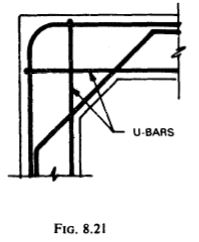

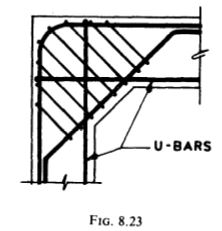
Cranked Beams
The recommended methods of detailing are shown in Fig. 8.24, 8.25 and 8.26.


Beam and Column Junction
Where a column extends above a beam, bend the beam top reinforcement down into the column but if it is necessary to bend the bars up, detail additional steel as in Fig. 8.27.
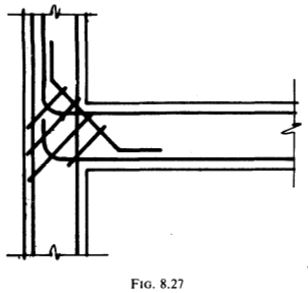
Closing Corners
At closing corners provide adequate radii (equal to at least 7.5 bar diameters) and some additional reinforcement as in Fig. 8.28.
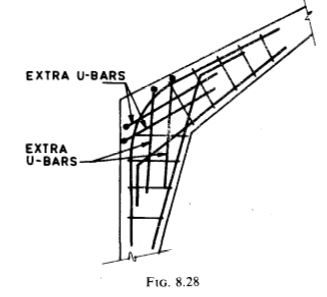
Beam of Different Depths
Typical arrangements of reinforcement over the support when the beam on either side of the support are of different depths is shown in Fig. 8.29

Tie Members
As a tie is under pure tension there is no tendency to burst like an axially loaded column and therefore binders are not required. But, in order to form the longitudinal bars into a cage, a minimum number of links is used. As there is theoretically no shear or bending moment acting on a tie, only main longitudinal reinforcement is required.
End Details
These shall provide adequate anchors and correct bond lengths. In consideration is the end conditions where a method should be devised to anchor the tie and/or spread its axial load into the connecting members. practice a small splay at the ends of the tie is made to allow for any slight moment that may be induced at the ends. Simple end details for light loading are shown in Fig. 8.30. The ties are shown by the arrows.

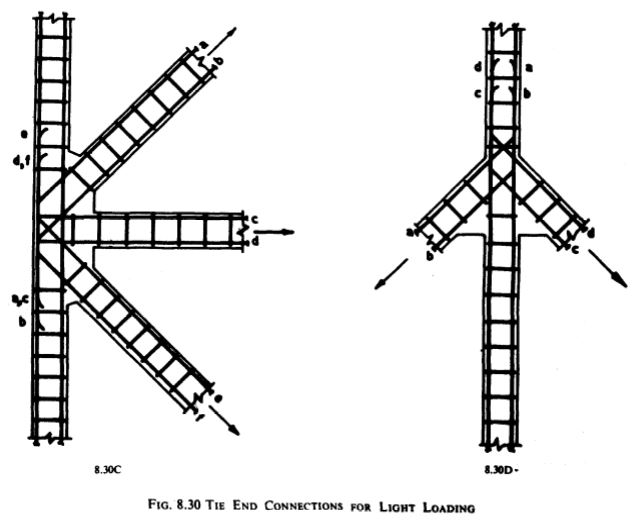
For heavier axial loading, the ends shall be more splayed out to distribute * the load adequately. Typical details are shown in Fig. 8.3 I. In Fig. 8.31 (A and B) it will be seen that as the splay is increased in size, the embedded and hence bond length of the main tie bars is also increased.
In Fig. 8.31 C extra links or hoops shall be provided as shown to resist the tendency of the large loop to burst under axial load. In Fig. 8.31 the main bars have been shown with double lines for clarity. When detailing they would be shown thick lines in t.he norma! way.
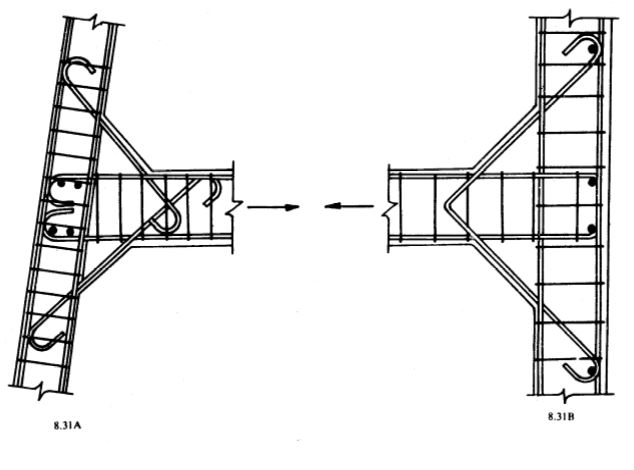

Haunched Beam
In very heavily loaded beams, for example a warehouse structure, the shear stress and negative bending moment at the supports will be high. An economical method of overcoming this problems is to provide the beams with haunches as shown in Fig. 8.32. There are-no rules governing the size of haunches, but those shown in Fig. 8.32 are considered ideal.
Main Reinforcement in haunches
Figure 8.33 shows the typical main tensile reinforcement in an end external haunch. The main bars are carried through the haunch as if it did not exist, with pairs of bars a, b, c, etc, stopped off in accordance with a cut-off bending moment diagram. Bars h are placed parallel to the haunch to carry vertical links (omitted in the figure for clarity). A similar method of reinforcing to that shown in Fig. 8.33 can also be used for internal haunches. This is shown in Fig. 8.34.

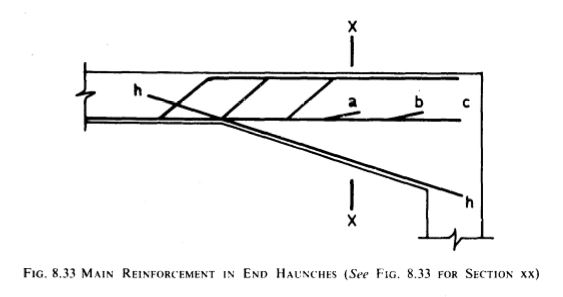

Stirrups in Haunches
The stirrups in haunches can either be positioned normally to the haunch as shown in Fig. 8.35A, or placed vertically as in Fig. 8.358. Most designers prefer method shown in Fig. 8.35B.
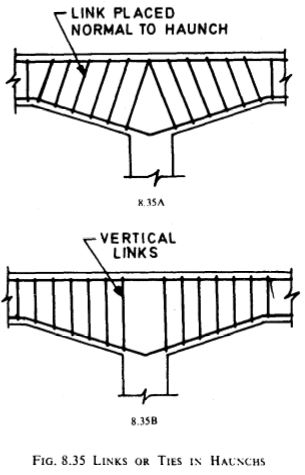
If in Fig. 8.33 and 8.34, the h bars were placed near the outside edge of the beam they would foul the outside main horizontal bars. They should, therefore, be placed on the inside as shown in Fig. 8.36 so that two different sets of stirrups are required throughout the whole length of the haunch (see 8.10).

Beam of Varying Depth
Stirrups need to be detailed individually wherever beams have varying depths and a range of stirrup sizes have to be adopted.
The different stirrup sizes may be reduced in number by using concertina stirrups (see Fig. 8.12) with the legs lapped with tension lap length. The difference between the lengths of successive groups should be at least 50 mm. In order to maintain the correct size of the member, use closed stirrups at centre-to-centre distances of at least 1000 mm. Ensure that concertina stirrups are properly tied and maintained in position during concreting.
General
Ensure that, at beam-beam intersections, reinforcement is so arranged that layers in mutually perpendicular beams are at different levels.
Top Steel
It is good practice, for the following reasons, to pass the secondary beam steel over the main beam steel:
a) secondary beam steel is usually of smaller diameter and requires less cover, and
b) secondary beam top reinforcement is available to act as a support for the slab top reinforcement. Where the main beam is very heavily stressed, however, it may be more economical to pass the main beam steel over the secondary reinforcement.
Bottom Steel
To accommodate bottom bars, it is good practice to make secondary beams shallower than main beams, even if by only 50 mm (see Fig. 8.37). Where beam soffits are at the same level, the secondary beam steel should pass over the main beam steel. Unless the secondary beam span is short, bars of diameter less than 25 mm be draped (see Fig. 8.38). Cranking of bottom bars is usually not necessary. If it is required that the beam cages be pre- assembled. provide splice bars 7.6).
Openings in the Web
Adjacent openings for services in the web of flexural members shall be arranged so that no potential failure planes, passing through several openings, can develop. In considering this, the possible reversal of shear force, associated with the development of the flexural overstrength of the members, should be taken into account. 
Small square or circular openings may be placed in the mid-depth of the web provided that cover requirements to longitudinal and transverse reinforcement are satisfied, and the clear distance between such openings, measured along the member, is not less than 150 mm. The area of small openings shall not exceed 1000 sq.mm for members with an effective depth,d, less than or equal to 500 mm, or 0.004 d x d when the effective depth is more than 500 mm.
Note – Small openings with areas not exceeding those specified in 8.13.1.are considered not to interfere with the development of the strength of the member. However, such openings must not encroach into the flexural compression zone of the member. Therefore, the edge of a small opening would be no closer than 0.33 d, to the compression face of the member, as required by 8.12.3. When two or more small openings are placed transversely in the web, the distance between the outermost edges of the small openings should be considered as being equivalent to the height of one large opening and the member should be designed accordingly. 8.133 Webs with openings larger than that permitted by 18.12.1 shall be subject to rational design to ensure that the forces and moments are adequately transferred in the vicinity of the openings. This will require the design of orthogonal or diagonal reinforcement around such openings. 8.13.3, Whenever the largest dimension of an opening exceed one-quarter of the effective depth of the member, it is to be considered large. Such openings shall not be placed in the web where they could affect the flexural or shear capacity of the member, nor where the total shear stress exceed 0.36 sqrt. fck, or in potential plastic hinge zones. In no case shall the height of the opening exceed 0.4 d nor shall its edge be closer than 0.33 d to the compression face of the member to ensure that the moments and shear forces can be effectively transmitted by the compression zone of the member.
For openings defined by 8.13.3, longitudinal and transverse reinforcement shall be placed in the compression side of the web to resist one and one-half times the shear across the opening. Shear transfer in the tension side of the web shall be neglected.
Note – Only the part of the web above or below an opening which is in compression should be considered to transmit shear. The stiffness of the tension part is considered to be negligible because of extensive cracking. The amount, location and anchorage of the longitudinal reinforcement in the compression part of the web above the opening must be determined from first principles so as to resist one and one-half times the moment induced by the shear force across the opening. Similarly shear reinforcement in the compression chord adjacent to the opening must resist 150 percent of the design shear force. This is to ensure that no failure occurs as a result of the local weakening of the member due to the opening. Effective diagonal reinforcement above or below the opening, resisting one and one-half times the shear and moment, is also acceptable.
Transverse web reinforcement, extending over the full depth of the web, shall be placed adjacent to both sides of a large opening over a distance not exceeding one-half of the effective depth of the member to resist twice the entire design shear across the opening.
Note- At either side of an opening where the moments and shear forces are introduced to the full section of a beam, horizontal splitting or diagonal tension cracks are to be expected. To control these cracks, transverse reinforcement resisting at least twice the design shear force, must be provided on both sides of the opening. Such stirrups can be distributed over a length not exceeding 0.5 d at either side immediately adjacent to the opening.
A typical detail of reinforcement around a large opening in the web of a beam, complying with the above requirements, are Shown in Fig. 8.39.
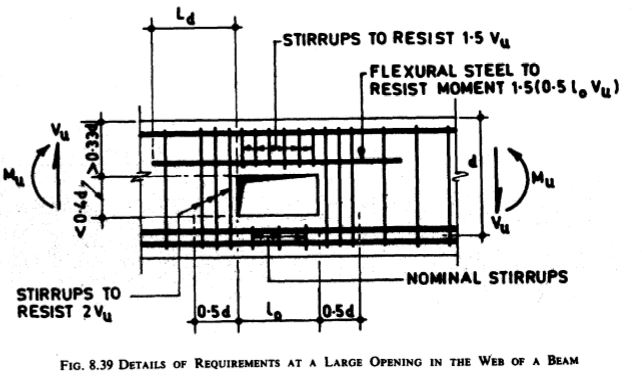
Reinforced concrete columns are used to transfer the load of the structure to its foundations. These are reinforced by means of main longitudinal bars to resist compression and/or bending; and transverse steel (ties) to resist bursting force.
The column or strut is a vertical compression member, the effective length of which exceeds three times its least lateral dimension.
Note – Pedestal is a compression member, the effective length of which does not exceed 3 times the least lateral dimension.
Dowels and bar supports, spacer bars, bar chairs, etc, should be specifically listed on the structural drawing and should be scheduled in that portion of the structure in which they are first required so that they can,be delivered with reinforcement and are available for placement in time. Footing dowels shall be scheduled with footings rather than in column. schedules.
A reinforcement concrete compression member shall have transverse or helical reinforcement so disposed that every longitudinal bar nearest to the compression face has effective lateral support against buckling. The effective lateral support is given by transverse reinforcement either in the form of circular rings capable of taking up circumferential tension or by polygonal links (lateral ties) with internal angIe not exceeding 135 degrees.
Arrangement of Transverse Reinforcement – Where the longitudinal bars are ‘pot spaced more than 75 mm on either side, transverse reinforcement need only to go round comer and alternate bars for the purpose of providing effective supports (see Fig; 7.1).

If the longitudinal bars spaced at a distance not exceeding 48 times the diameter of the tie are effectively tied in two directions, additional longitudinal bars in between these bars should be tied in one direction by open ties (see Fig 7.2)
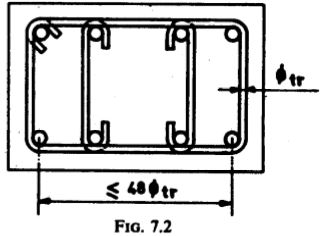
Where the longitudinal reinforcing bars in a compression member are placed in more than one row, effective lateral support to the longitudinal bars in the inner rows may be assumed to have been provided if:
a) Transverse reinforcement is provided for the outermost row, and
b) No bar of the inner row is closer to the nearest compression face than three times the diameter of the largest bar in the inner row (see Fig. 7.3).

Where the longitudinal reinforcing bars in compression member are grouped (not in contact) and each group adequately tied with transverse reinforcement, the transverse reinforcement for the compression member as a whole may be provided on the assumption that each group is a single longitudinal bar for purpose of determining the pitch and diameter of the transverse reinforcement. The diameter of such transverse reinforcement need not, however, exceed 20 mm (see Fig. 7.4).
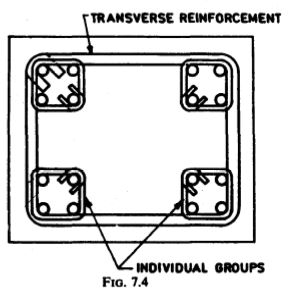
A few examples of column ties are illustrated in Fig. 7.5.





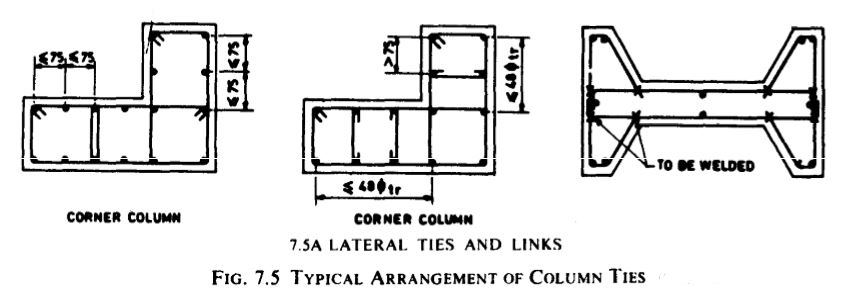
Pitch and Diameter of Lateral Ties
Pitch-The pitch of the transverse reinforcement shall not be more than the least of the following distances (see Fig. 7.6A):
a) the least lateral dimension of the compression member,
b) sixteen times the smallest diameter of the longitudinal reinforcing bar to be tied, and
c) forty eight times the diameter of the transverse reinforcement.
Diameter -The diameter of the polygonal links or lateral ties shall not be less than one-fourth of diameter of the largest longitudinal bar, and in no case less than 5 mm.
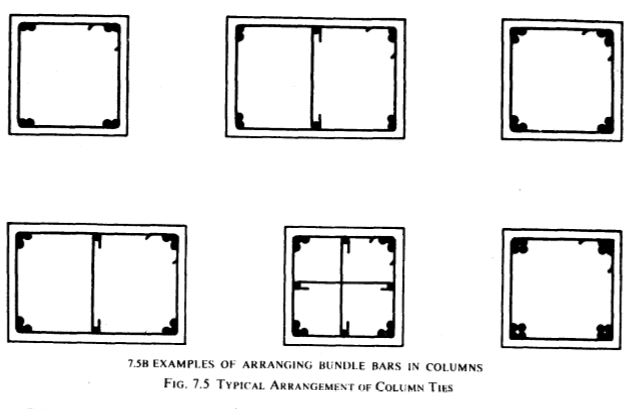
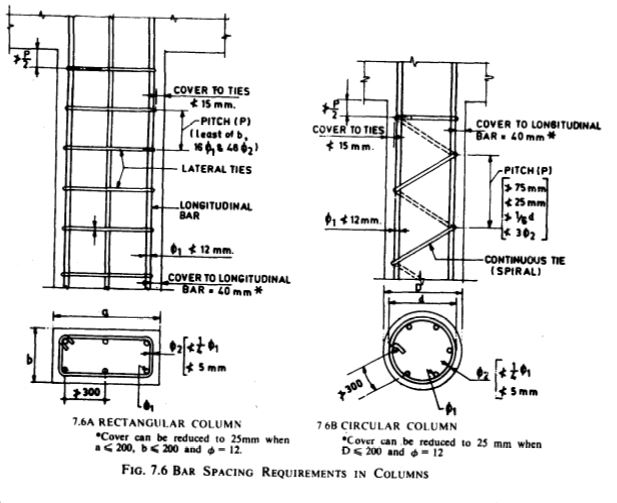
Helical Reinforcement (Spirally Reinforced) (see Fig. 7.6B)
Pitch – Helical reinforcement shall be of regular formation with the turns of the helix spaced evenly and its ends shall be anchored properly by providing one and a half extra turns of the spiral preferably with a 135 degrees hook. The pitch of the helical turns shall be not more than 75 mm or one-sixth of core diameter of the column, nor less than 25 mm or 3 times the diameter of steel bar forming helix. Tension lap length shall be provided at lap splices.
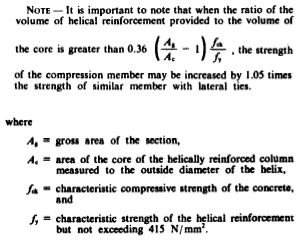
Diameter -The diameter shall be not less than one-fourth of the diameter of the largest longitudinal bar, and in no case less than 5 mm.
Temporary Stirrups- At least two temporary fixing stirrups should be provided to splices in position (see Fig. 7.7) or to stiffen the helically bound columns during fabrication. It is better to detail and schedule such stirrups in the drawing. The stirrups coming above the floor shall not be removed until the next column is erected.
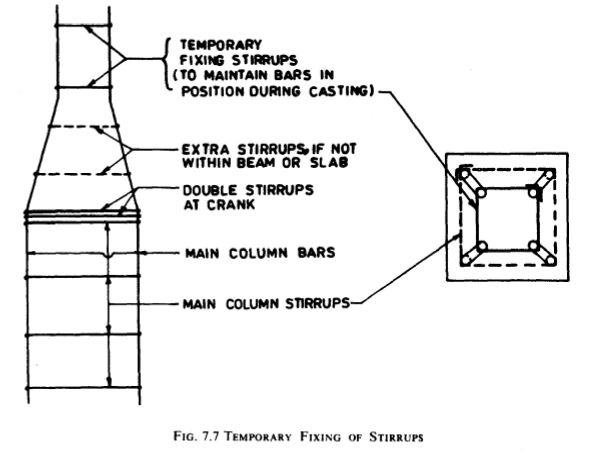
Large Columns
Where reinforcement for very wide columns is to be fabricated in separate cages and erected in sections, they should be held together by at least 12 mm diameter bars spaced at double the stirrup spacing (see Fig. 7.8). Special requirements, if any, should be indicated by the designer.
Splicing is normally effected by the lapping of bars. The lengths of laps in the main bars shall conform to the values given in Section 4 (Tables 4.2 to 4.4). The bottom of the bars are normally at floor level. In exceptional cases, the bars may extend over more than one storey, provided that check is made to ensure that intersecting steel from beams, etc, can be placed through the column without difficulty, that the column reinforcement can be properly supported, and the concrete can be properly placed. Some of the bars terminating below floor level require separate splicing (see also Section 4). Typical splice details are shown in Fig. 7.9 (A to E) for both internal and external columns.
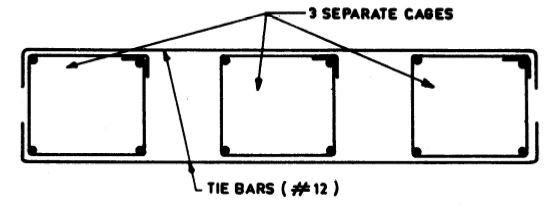

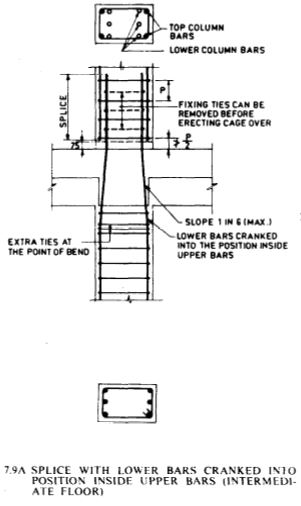

Bundled bars shall be tied, wired or otherwise fastened to ensure that they remain in position. End-bearing compression splices should be held concentric, all bundles of column verticals should be held by additional ties at each end of end-bearing splices, and any short splice bars added for tension should be tied as part of the bundle within the limit of 4 bars in a bundle.: A corner of a tie should be provided at each bundle.
Mushroom heads are normally cast with the columns, and the details of reinforcement should be such that the steel can be formed into a separate cage. Therefore, it should be ensured that the column stirrups end below the mushroom head to enable a properly bonded cage to be positioned (see Fig. 7.12).
Note – The designer shall determine the amount of steel required in the mushroom to control cracks arising from the out-of-balance moments.
Typical details of a . column-beam junction are illustrated in Fig. 7.13. At column-beam intersections, it is better to avoid main beam bars clashing with main column bars. If splice bars are used (see Fig. 7.13), the beam cages may be prefabricated and splice bars placed in position after the beam reinforcement has been positioned in place. This also provides considerable scope for positioning support bars without resorting to cranking and avoiding intersecting beam and column reinforcement. However, this detail requires extra steel due to the additional laps. Where the beam does not frame into the column on all four sides to approximately the full width of the column, ensure that the stirrups are provided in the column for the full depth of the beam, or alternately, that special U-bars are detailed with the beam to restrain the column bars from buckling and to strengthen the concrete in compression. This is especially important where the floor concrete is of a weaker grade than the column concrete (see Fig. 7.14 and 7.15). In general, it is advisable to use U-bars at the non-continuous ends of beams of depth greater than 600 mm.
NOTE – It is important lo note that a joint by itself shall have a dependable strength sufficient to resist the most adverse load combinations sustained by the adjoining members as specified by the appropriate loading code. A higher factor of safety is sometimes necessary for joints. Design and detailing of the joint should be done 1o satisfy this condition.

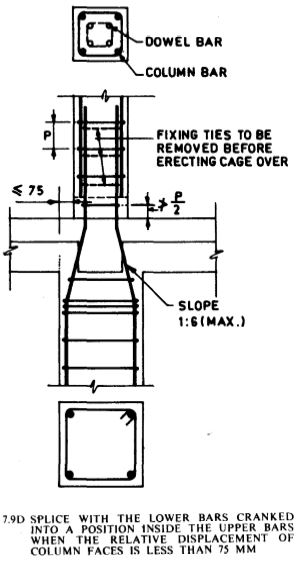

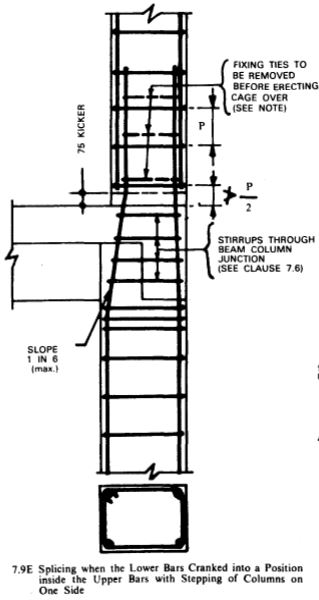
Fig. 7.9 SPLICING OF COLUMN BARS AT INTERMEDIATE FLOORS
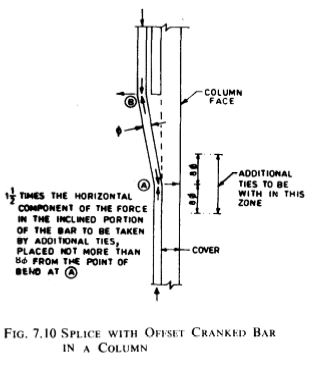

Corbels
A corbel is a short cantilever beam (see Fig. 7.16) in which the principal load is applied in such a way that the distance between the line of action of the load and the face of the supporting member is less than 0.6d and the depth at the outer face of the bearing is greater than one-half of the effective depth at the face of the supporting member.
Main Reinforcement
The main tension reinforcement in a corbel should be not less than 0.4 percent and not more than 1.3 percent of the section at the face of the supporting member, and should be adequately anchored.
Anchor the reinforcement at the front face of the corbel either by welding it to a transverse bar of equal strength or by bending back the bars to form loops; in either case, the-bearing area of the load should not project beyond the straight portion of the bars forming the main tension reinforcement (see Fig. 7.17 and 7.18).
NOTE – The limitation on reinforcement percentages is based on the limited number of tests available.


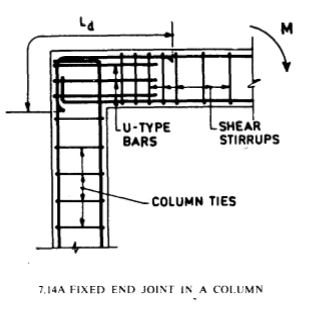

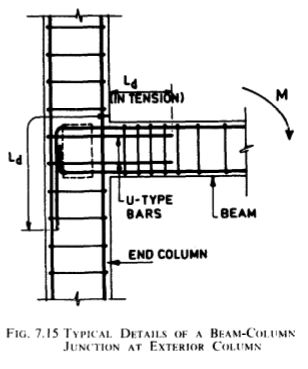
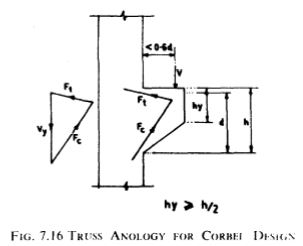
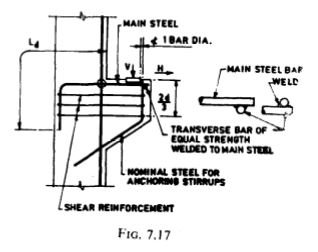
Horizontal Force
When the corbel is required to resist a horizontal force in direction H applied to the bearing plate (see Fig. 7.19) because of shrinkage or temperature changes, provide additional reinforcement to transmit this force in its entirety. This reinforcement should be welded to the bearing plate and adequately anchored within the supporting member.
Shear Reinforcement
Provide shear reinforcement in the form of horizontal stirrups distributed in the upper two-thirds of the effective depth of the corbel at the column face. This reinforcement should have an area of at least one- half of the area of the main tension reinforcement and should be adequately anchored (see Fig. 7.19).
Columns should be detailed by means of enlarged views. Indicate the levels of the bottom (top of bars at floor level) and top of the column (at top of slab or beam or upstand beam) and the floor height, if necessary. Indicate on the schedule the positions of all intermediate beams. Show each bar mark once, and provide adequate sections showing all main bars and the arrangement of stirrups. Keep in view the effect of providing kickers on levels.

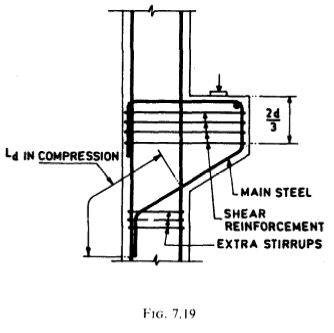
The following are types of reinforced concrete foundations, the particular type being chosen depending on the magnitude and disposition of the structural loads, and the bearing capacity of the ground.
a) Individual Column Footing – Generally square in plan but sometimes rectangular or circular.
b) Combined Footing – Combined footing is a common footing to two or more columns in a line. The placing of reinforcement depends on the shape of the bending moment and shear force diagrams considering the soil pressure and the column loads on the footing.
c) Strip Footings – Under columns or walls.
d) Raft Foundation – Covering the whole plan area of structure, detailing being similar to 2-way reinforced solid floor slabs or flat slabs.
e) Pile Foundations – This includes detailing of pile cap and pile portion.
The minimum thickness of cover to main reinforcement shall not be less than 50 m.m for surfaces in contact with earth face and not less than 40 mm for external exposed face. However, where the concrete is in direct contact with the soil, for example, when a levelling course of lean concrete is not used at the bottom of footing, it is usual to specify a cover of 75 mm. This allows for the uneven surface of the excavation. In case of raft foundation, whether resting directly on soil or on lean concrete, the cover for the reinforcement shall not be less than 75 mm.
The minimum reinforcement according to slab and beam elements as appropriate should be followed, unless otherwise speci P led. The diameter of main reinforcing bars should be not less than 10 mm.
Foundations should normally be detailed diagrammatically in plan and elevation.
In case of plan, show diagrammatically the location of foundation reinforcement (similar to slabs) as well as starter bars and stirrups (as for columns). It is preferable for column and wall dowels (starter bars) and the foundation reinforcement to be shown on the same drawing.
In case of elevation, show diagrammatically the location of reinforcement as for beams. In case of pile foundation. detailing of pile is similar to that of columns and detailing of the pile cap supported on piles is similar to that of footing. An indication of the type of soil and its assumed bearing capacity may be specified in the drawing.
Individual footings (see Fig. 6.1) are generally square and support a central column. Rectangular footings can be used when the space is restricted in one direction. Individual footings of circular and other shapes can also be used. Figure 6.1 gives typical details of 2 column footing.
Reinforcement Requirements:
Total tensile reinforcement shall be distributed across the corresponding resisting section as given below:

The remainder of the reinforcement shall be uniformly distributed in the outer portions of the footing.
Figure 6.2 illustrates placing of transverse reinforcement for rectangular footing.
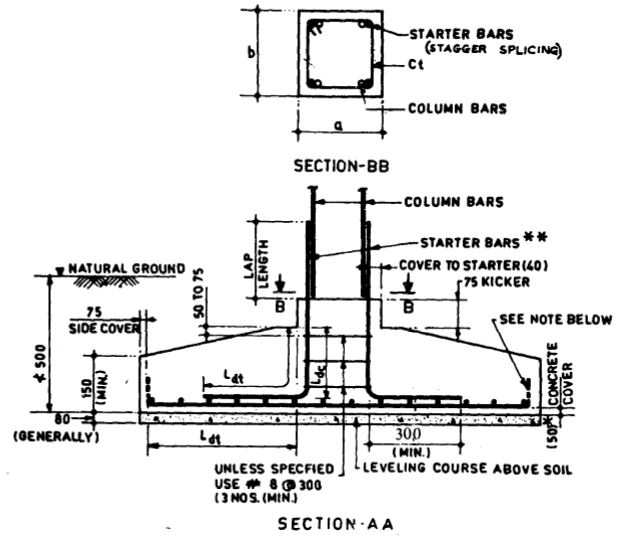
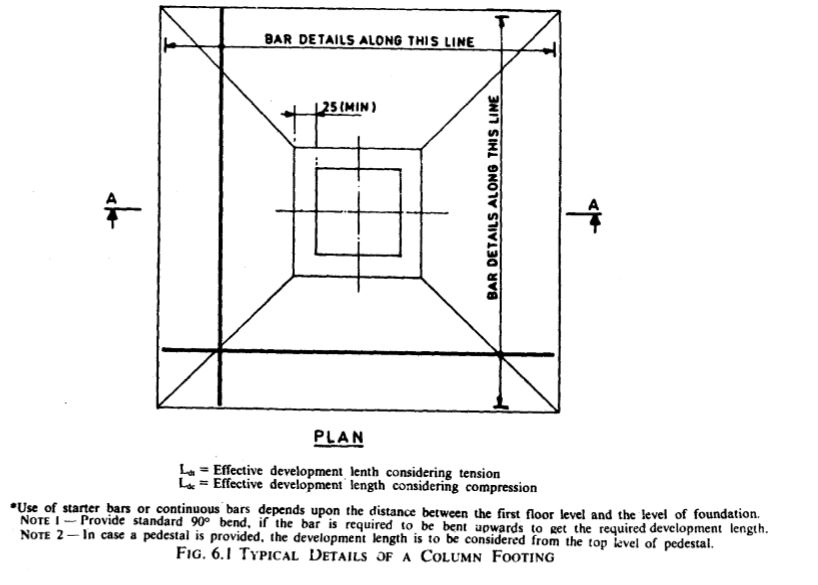

Vertical reinforcement or dowels
Extended vertical reinforcement or dowels of at least 0.5 percent of the cross-sectional area of the supported column or pedestal with a minimum of 4 bars of 12 mm diameter shall be provided. Where dowels are used, their diameter shall not exceed the diameter of column bars by more than 3 mm.
Column bars of diameter larger than 36 mm in compression can be dowelled at the footings with bars of smaller size oi the necessary area. The dowel shall extend into the column a distance equal to the development length of the column bar, and into the footing a distance equal to the development length of the dowel. The development length shall be calculated in accordance with 4.4.2.
For method of detailing see Fig. 6.1.
Note- Where the depth of the footing or footing and pedestal combined is less than the minimum development length in compression required fol dowels (starter bars) of a certain size, the size of dowels (starter bars) may be suitably decreased and the number of dowels increased to satisfy the required area and development length.
To achieve economy, the footings are sloped or stepped towards the edge satisfying the requirements for bending and punching shear. In sloped footing, the slope is generally restricted such that top formwork is not called for in construction. The thickness at the edges shall not be less than 15 cm for footings on soils, nor less than 30 cm above tops of piles in case of footing on piles.
Figure 6.4 (A, B and C) shows typical arrangement of bars in combined footings.
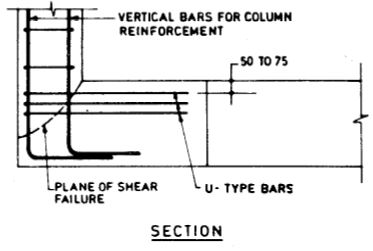
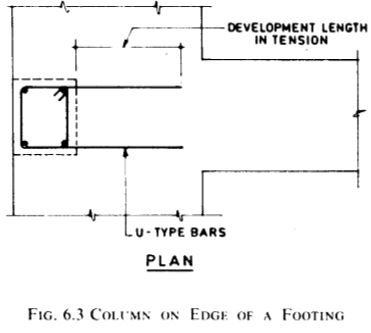
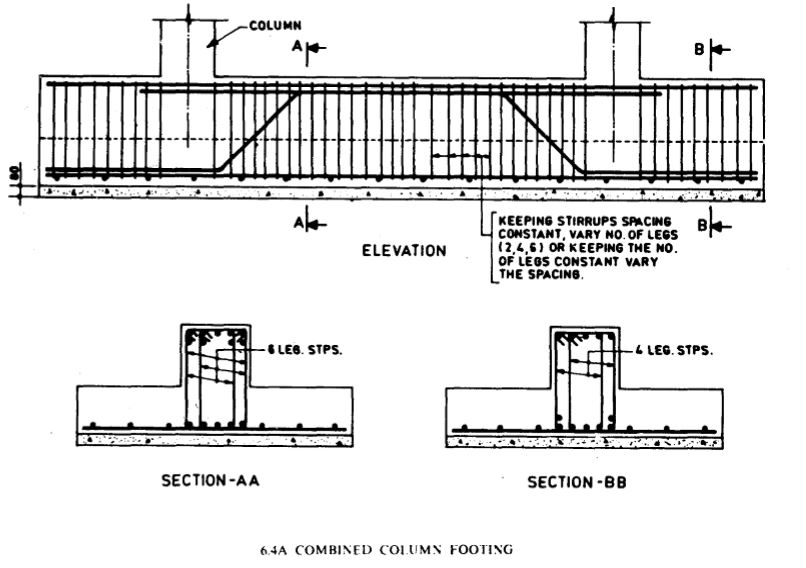


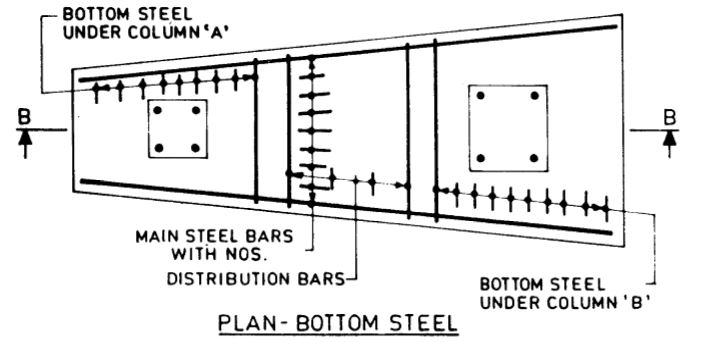
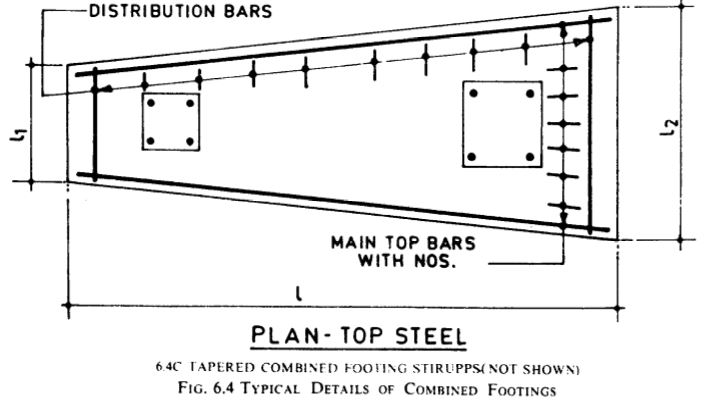
In continuous wall foundations, transverse reinforcement should be provided when the projection of the footing beyond the wall exceeds the thickness of the footing (see Fig. 6.5). It is also recommended that longitudinal reinforcement be provided wherever an abrupt change in the magnitude of the load or variation in ground support or local loose pockets may occur along the footing.

A raft is a foundation unit continuous in two directions, covering an area equal to or greater than the base area of the building. If the raft consists of several parts with varying loads and heights, it is advisable to design the raft with expansion joints between these parts. Joints shall also be provided wherever there is a change in the direction of the raft and should be detailed on the drawing. The detailing requirements as specified in Section 4 for beams and columns may be followed as appropriate.
Minimum reinforcement in either direction shall not be less than 0.15 percent of the gross sectional area for mild steel reinforcement and 0.12 percent in case of high strength deformed bars.
Detailing
For raft foundation, detail both the longitudinal and transverse bars generally in accordance with the rules for slabs and beams except cover and bar supports. While detailing reinforcement in raft foundation. construction method and sequence of construction are to be specified which should include the following:
The location of lap splices in raft should be detailed with care as the direction of bending will differ from suspended members.
Placing of Bar Supports
Where top reinforcement is required, consideration should be given to the method of supporting this with chairs and edge U-bars. This must be carried out in accordance with the specification for the job and should take into account construction sequence. weight of top steel and depth of foundation. The suggested spacing of supports i.e 30 times the diameter of supporting bars using chairs having diameter of at least 12 mm. I the diameter of chairs should be such that the), do not bend or buckle under the weight of reinforcement and other incidental loads during construction.
Ducts and Trenches
Where ducts and trenches occur in rafts, special attention should be given to detailing continuity of top reinforcement. specially where moment transfer is required (see Fig. 6.6).
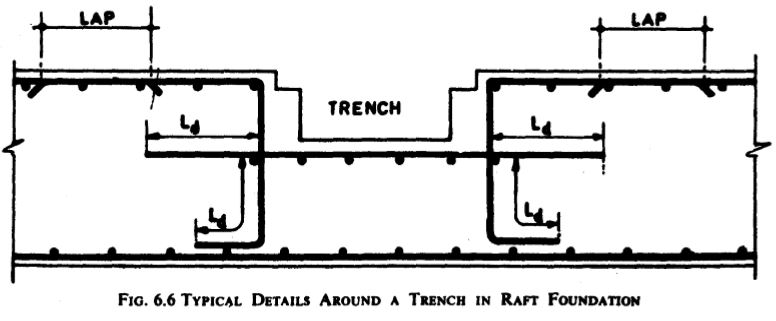
a) The longitudinal reinforcement shall be provided in precast reinforced concrete piles for the entire length. All the main longitudinal bars shall be of the same length with lap welded at joints and should fit tightly into the pile shoe if there is one. Shorter rods to resist local bending moments may be added but the same should be carefully detailed to avoid any sudden discontinuity of the steel which may lead to cracks during heavy driving.
The area of main longitudinal reinforcement shall not be less than the following percentages of the cross-sectional area of the piles:
1) For piles with length less than 30 times the least width- 1.25 percent.
2) For piles with length 30 to 40 times the least width- 1.5 percent.
3) For piles with length greater than 40 times the least width- 2 percent.
b) The lateral reinforcement is of particular importance in resisting the driving stresses induced in the piks and should be in the form of hoops or links and of diameter not less than 6 mm. The volume of lateral reinforcement shall not be less than the following (see Fig. 6.7):
1) At each end of the pile for a distance of about 3 times the least width-not less than 0.6 percent of the gross volume of that part of the pile; and
2) In the body of the pile-not less than 0.2 percent of the gross volume of pile.
The spacing shall be such as to permit free flow of concrete around it. The transition between the close spacing of lateral reinforcement near the ends and the maximum spacing shall be gradually over a length of 3 times the least width of the pile.
The cover of concrete over all the reinforcement including ties should not be less than 40 mm. But where the piles are exposed to seawater or water having other corrosive content, the cover should be nowhere less than 50 mm.
Piles should be provided with flat or pointed coaxial shoes if they are driven into or through ground, such as rock, coarse gravel, clay with cobbles and other soils liable to damage the concrete at the tip of the pile. The shoe may be of steel or cast iron. Shapes and details of shoca depend on the nature of ground in which the pile is driven. In uniform clay or sand the shoe may be omitted.
Where jetting is necessary for concrete pilu, a jet tube may be cast into the pile, the tube being connected to the pik shoe which is provided with jet holes. Generally, a central jet is inadvisable, as it is liable to become choked. At least two jet holes will be necessary on opposite sides of the shoe, four holes give best results. Alternatively, two or more jet pipes may be attached to the sides of the pile.
Reinforcement requirement
A pile shall be reinforced in the same way as the column, with the main bars on the periphery and secondary bars (binders or links) around main bars. In addition the main bars shall be bent inwards at the lower end and welded to the shoe made of chilled cast iron or steel.
Spacer bars
To ensure the rigidity, pile spacer bars shall be used as shown in Fig. 6.8. The spacer bars or forks can be of cast iron, pressed steel or a length of steel pipe with slotted ends to fit the main reinforcing bars. They can be detailed on the drawing, at 1.5 m centres along the full length of the pile. The fork may be placed diagonally at each position across the section as shown in Fig. 6.8.

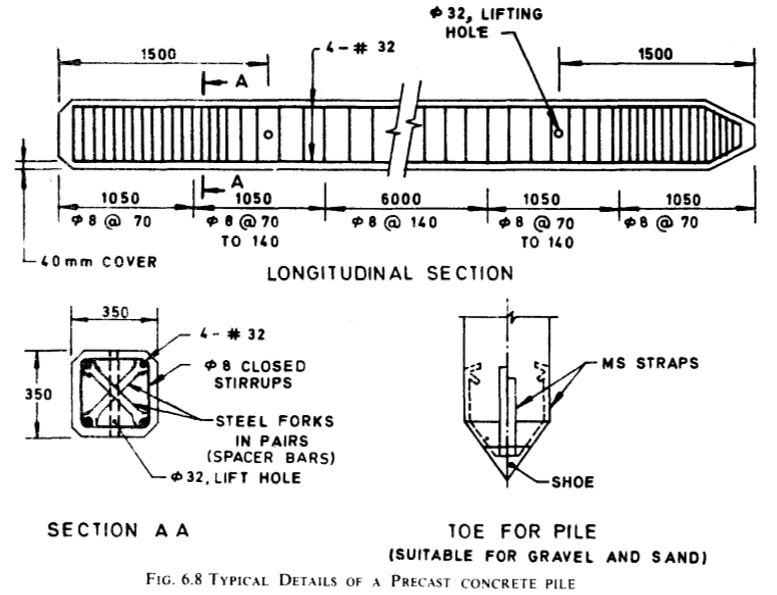
Reinforcement requirement
The design of the reinforcing cage vary depending upon the driving and installation conditions, the nature of the subsoil and the nature of load to be transmitted by the shaft. that is. axial or otherwise. The minimum area of longitudinal reinforcement (mild steel or deformed bars) within the pile shaft shall be 0.4 percent of the sectional area calculated on the basis of outside area of casing of the shaft.
The curtailment of reinforcement along the depth of the pile. in general, depends on the type of loading and subsoil strata. In case of piles subject to compressive load only, the designed quantity of reinforcement may be curtailed at appropriate level according to the design requirements. For piles subjected to uplift load, lateral load and moments, separately or with compressive loads. it may be necessary to provide reinforcement for the full depth of pile. In soft clays or loose sands, or where there is likelihood of danger to green concrete due to driving of adjacent piles. the reinforcement should be provided up to the full pile depth with lap welds at joints regardless of whether or not it is required from uplift and lateral load considerations. However, in all cases. the minimum reinforcement should be provided in the full length of the pile.
Piles shall always be reinforced with a minimum amount of reinforcement as dowels, keeping the minimum bond length into the pile shaft and with adequate projection into the pile cap.
Clear cover to all main reinforcement in pile shaft shall be not less than 50 mm. The laterals df a reinforcing cage may be in the form of links or spirals. The diameter and spacing of the same is chosen to impart adequate rigidity to the reinforcing cage during its handling and installations. The minimum diameter of the links or spirals shall be 6 mm and the spacing of the links or spirals shall be not less than 150 mm.
Under-reamed Piles
The minimum area of longitudinal reinforcement in stem should be 0.4 percent. Reinforcement is to be provided in full length. Transverse reinforcement shall not be less than 6 mm diameter at a spacing of not more than the stem diameter or 300 mm whichever is less. In under-reamed compaction piles, a minimum number of four 12-mm diameter bars shall be provided. For piles of lengths exceeding 5 m and of 375 mm diameter, a minimum number of six 12-mm bars shall be provided. For piles exceeding 400 mm diameter, a minimum number of six 12-mm bars shall be provided. The circular stirrups for piles of lengths exceeding 5 m and diameter exceeding 375 mm shall be minimum 8-mm diameter bars.
The minimum clear cover over the longitudinal reinforcement shall be 40 mm. In aggressive environment of sulphates, etc. it may be increased to 75 mm.
Figure 6.9 gives typical details of a bored cast-in-situ under-reamed pile foundation.

The pile cap usually supports column and this is positioned at the centre of gravity of the pile group, so the pile cap incorporates column dowel bars in exactly the same way as provided in column bases. Allowance shall be made in length and width of the cap to allow for piles being slightly out of true position after being driven.
General consideration
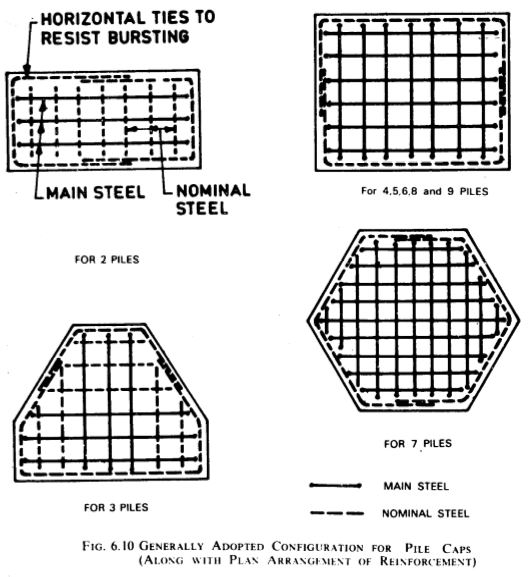
Grade Beams
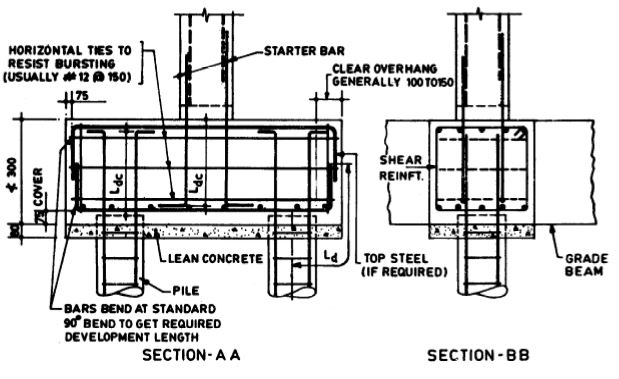
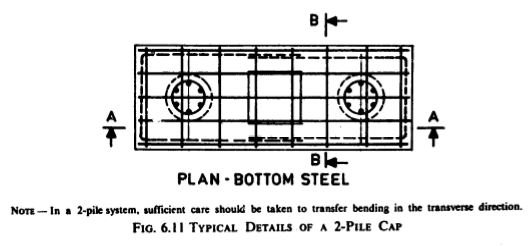


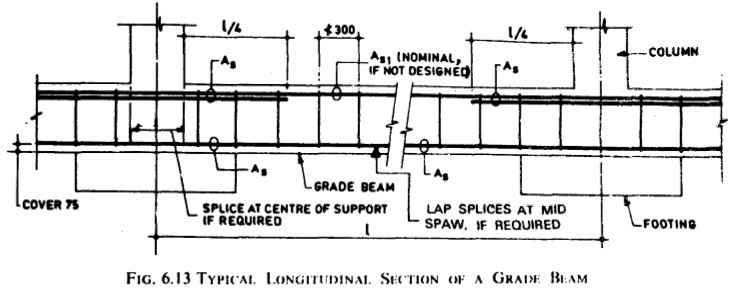
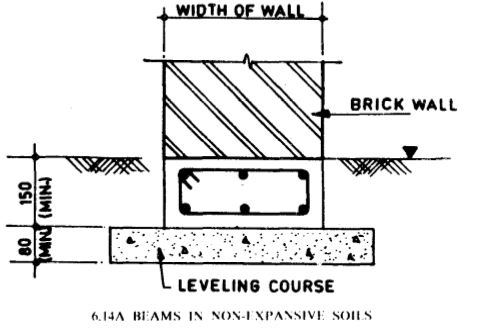

Reinforcement shall have concrete cover (nominal) and the thickness of such cover (exclusive of plaster or other decorative finish) shall be as follows:
Note – The values of cover suggested are nominal cover as specified in the drawings. The cover shall in no case be reduced by more than one-third of the specified cover or 5 mm whichever is less. During construction it is essential to ensure that these tolerances are met.
Note – Development length is the embedded length of reinforcement required to develop the design strength of the reinforcement at a critical section. Critical section for development of reinforcement in flexural members are at points of maximum stress and at points within the span where adjacent reinforcement terminates, or is bent. Provisions of 4.6.3 (c) should be satisfied at simple supports and at points of inflection.




For deformed bars, these values shall be increased by 60 percent. For bars in compression, the values of bond stresses for bars in tension shall be increased by 25 percent.
It is important to note that when a bar is subjected to both tension and compression, the anchorage value should correspond to the one which gives the maximum value, and at the same time individual requirements (with respect to tension and compression) are also satisfied as specified in 4.3.1 to 4.3.3.
Deformed bars may be anchored in straight lengths (without end anchorages), provided the development length requirements are satisfied. Plain bars should not be normally anchored through straight lengths alone and should be provided with hooks.
Bends and hooks
a) Bends – The anchorage value of a standard bend shall be taken as 4 times the diameter of the bar for each 45 degree bend subject to a maximum of 16 times the diameter of the bar.
b) Hooks – The anchorage value of a standard U-type hook shall be equal to 16 times the diameter of the bar.
The anchorage values of standard hooks and bends for different bar diameters are given in Table 4.1.
The anchorage length of straight bar m compression shall be equal to the development length of bars in compression as specified in 4.2.2. The projected length of hooks, bends and straight lengths beyond bends, if provided for a bar in compression, should be considered for development length (see Fig. 4.1).

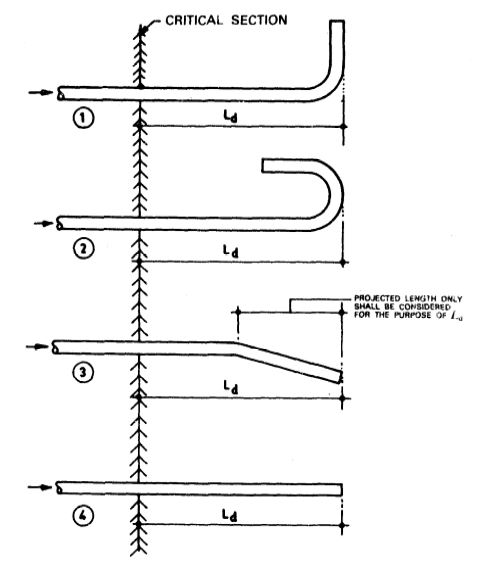

NOTE- If the amount of steel provided at a design section is more than that required from design consideration, the development length given in Tables 4.2, 4.3 and 4.4 may be modified as:

Unless otherwise specified, Ldm modified development length should be used in detailing reinforcement.
a) Inclined bars – The development length shall be as far bars in tension; this length shall be measured as under:
b) Stirrups and ties-Not withstanding, any of the provisions of this Handbook, in case of secondary reinforcement, such as stirrups and transverse ties, complete development length and anchorage shall be deemed to have been provided when the bar is bent through an angle of at least 90 degree round a bar of at least its own diameter and is continued beyond the end of the curve for a length of at least eight diameters, or when the bar is bent through an angle of 135 degree and is continued beyond the end of the curve for a length of at least six bar diameters or when the bar is bent through an angle of 180° and is continued beyond the end of the curve for a length of at least four bar diameters.
Adequate end anchorage shall be provided for tension reinforcement in flexural members where reinforcement stress is not directly proportional to moment, such as sloped, stepped or tapered footings, brackets, deep beams and members in which the tension reinforcement is not parallel to the compression face.
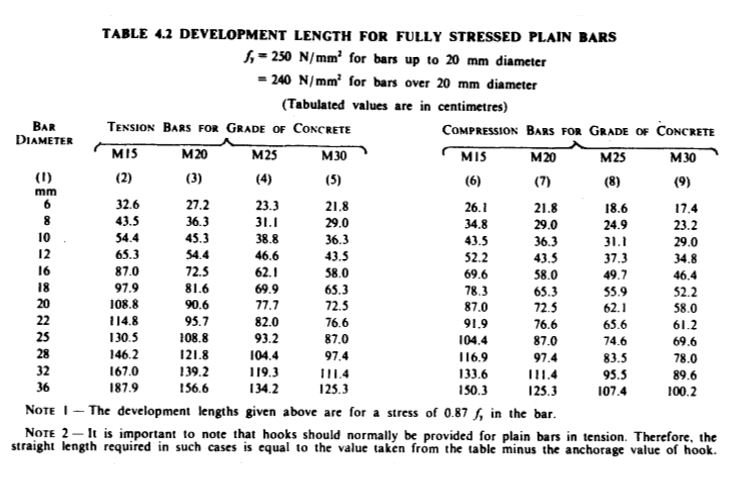



Note 1 – The stirrups provided should be able to resist a tension equal to the full tensile force in the lapped bars and should be provided in the outer one-third of the lap length at both ends with at least three stirrups on either side (see Fig. 4.3). In case of thick bars (say diameter > 28 mm), lap splices should be completely enclosed by transverse reinforcement, for example, in the form of small compact stirrups or spirals [see Fig. 4.4 (A and B)].
Note 2 – Careful detailing is necessary when reinforcements are to be spliced. Therefore location and details of splices should be determined at the design stage itself and indicated in the drawing. Preferably splicing details should not be left to be decided at the site of construction.
where Ld= development length
Note- Splices in direct tension members shall be enclosed in spirals made of bars not less than 6 mm in diameter with pitch not more than IO cm. Hooks/bends shall be provided at the end of bars in tension members (see Fig. 4.4C).
4. Lap length in compression – The lap length in compression shall be equal to the development length in compression calculated as in 4.2.2 (see Tables 4.2, 4.3 and 4.4), but not less than 24 x diameter.
5. Requirement of splice in a column – In columns where longitudinal bars are offset at a splice, the slope of the inclined portion of the bar with the axis of the column shall not exceed 1 in 6, and the portions of the bars above and below the offset shall be parallel to the axis of the column. Adequate horizontal support at the offset bends shall be treated as a matter of design, and shall be provided by metal ties, spirals, or parts of the floor construction. Metal ties or spirals so designed shall be placed near (not more than 8 x diameter) from the point of bend. The horizontal thrust to be resisted shall be assumed as 1.5 times the horizontal component of the nominal force in the inclined portion of the bar (see Fig. 4.7). Offset bars shall be bent before they are placed in the forms. Where column faces are offset 75 mm or more, splices of vertical bars adjacent to the offset face shall be made by separate dowels overlapped at specified about.
Note – It is to be noted that in Fig. 4.7. additional stirrups will be required only near the bottom crank.
6. Bars of different diameters – When bar of two different diameters are to be spliced, the lap length shall be calculated on the basis of diameter of the smaller bar.
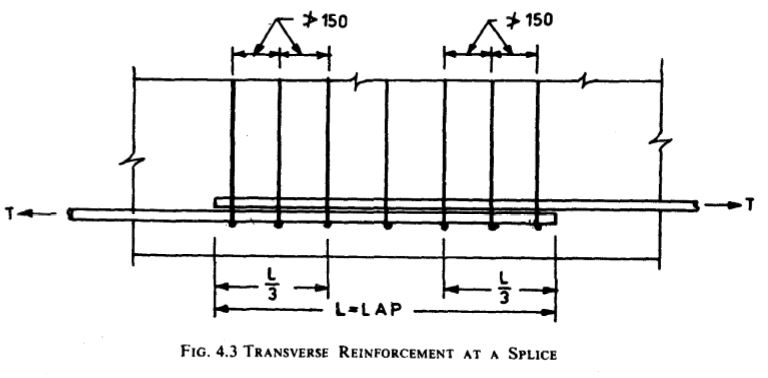
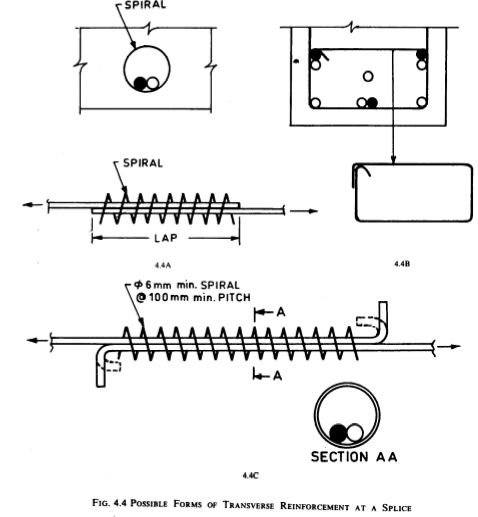
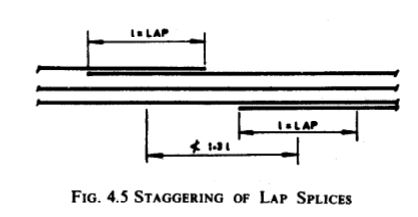

Lap splices in welded wire fabric:
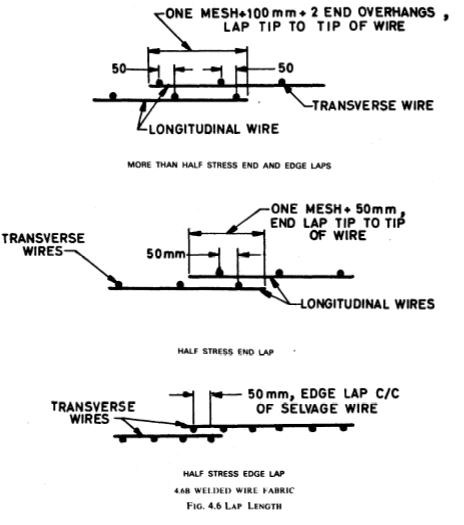
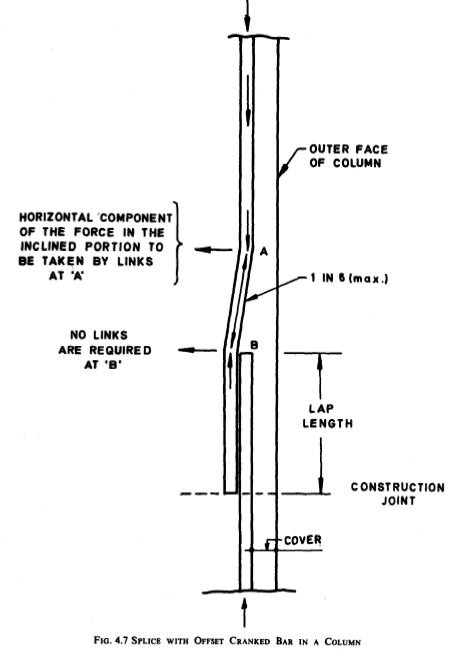
Welded Splices and Mechanical Connections:
Where the strength of a welded splice or mechanical connection has been proved by tests to be at least as great as that of the parent bar, the design strength of such connections shall be taken as equal to 80 percent of the design strength of the bar for tension splice and 100 percent of the design strength for the compression splice. However, 100 percent of the design strength may be assumed in tension when the spliced area forms not more than 20 percent of the total area of steel at the section and the splices are staggered at least 600 mm centre-to-centre.
The choice of splicing method depends mainly on the cost, the grade of steel, the type of reinforcement, generally high bonding, the possibility of transferring compressive and/ or tensile stresses and the available space in the section concerned. The designer shall specify the splicing method and the conditions under which it is to be carried out.
Mechanical coupling devices shall be arranged so that as small a number as possible affect a single section.They should, in addition, be placed outside the most highly stressed sections.
Sleeve splicing – If correctly used, sleeve connections may transmit the total compressive or tensile stress. In general, the use of these sleeves is governed by various conditions laid down in the agreement for the method or, in the absence of recommendations, by preliminary testing.
During assembly, particular care shall be taken to ensure that the lengths introduced into the sleeve are sufficient.
These lengths should be marked before hand on the ends of the bars to be spliced except when a visual check on penetration is possible (for example, sleeve with a central sight hole):
a) Threaded couplers (see Fig. 4.8)
In order to prevent any decrease in the end sections of the bar as a result of threading (with V- form or round threads), they can be: 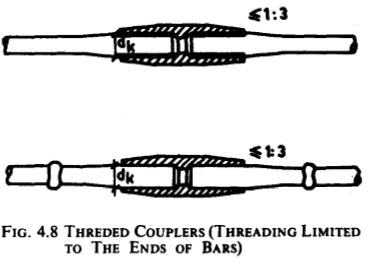
1) upset;
2) for long units, fitted with larger section threaded ends by flash welding; or
3) fitted with a threaded sleeve by crimping.
Another solution consists of threading the ends but only taking into consideration the nominal section of the threaded end, that is, reducing the permissible stress in the reinforcement.
The ends of the sleeve shall be slightly reduced in section, in order to prevent overstressing of the first few threads.
There are, at present, reinforcing bars with oblique, discontinuous., spiral ribs, allowing splicing with a special sleeve with internal threads.
This same process is used to splice prestressing bars, and in order to prevent confusion between reinforcing bars and prestressing steels, the direction of threading is reversed (see Fig. 4.9).
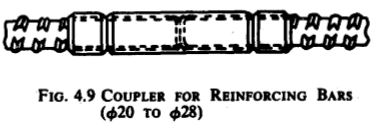
Two lock nuts. tightened on each side of the sleeve into which the reinforcing bars are introduced to the same depth, prevent -any accidental unscrewing due to slack in the threads (splices not under tension). The nuts are tightened with a torque wrench. This device is also used for splicing prefabricated elements. These joints are generally 100 percent efficient under both tension and compression. To decrease the itt-siru operations. one of the ends is generally fitted with its sleeve in advance and the other bar to be joined with the sleeve should remain manoeuvrable until the splice has been made (see Fig. 4. 10)

b) Coupling with a crimped sleeve
Crimped sleeves constitute a method of splicing limited to relatively large diameter deformed reinforcing bars. It consists of the introduction of the bars to be spliced into a sleeve which is crimped by means of a hydraulic crimping tool onto the ribbed bars in order to fill the voids between them and the inner surface of the sleeve. The ribs on the bar penetrate into the relatively softer steel of the sleeve and the ribs work in shear.
During crimping the sleeve lengthens, and the other reinforcing bar to be spliced should be displaceable at this moment. The size of the crimping device requires a bar interspacing of at least 10 cm (see Fig. 4.11). Splicing by crimping is also possible with reinforcing bars of differing diameter. The same method also enables threaded steel rods to be spliced to reinforcing bars using high strength threaded bolts (see Fig. 4.12).
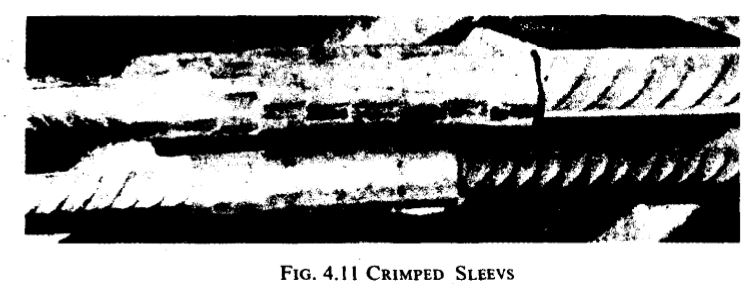
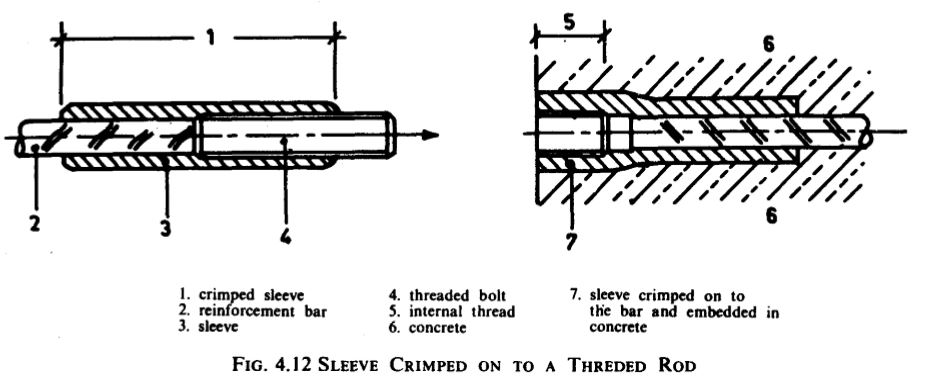
c) Coupling with injected sleeves
These couplings are a special case of sleeve splicing; the stresses are distributed by the shear strength of the product injected between the ends of the bars to be sleeve spliced:
1)With the ‘Thermit’ sleeve the space between the deformed bars and the sleeve, whose internal surface is also ribbed, is tilled with a special molten metal. This molten metal is prepared in a crucible, which is in communication with the sleeve, by igniting a mixture consisting mainly of iron oxide and aluminium powder. The strength of the sleeve may be increased by using a larger sleeve diameter (see Fig. 4.13).
The sleeve is shorter ‘but wider than that used in the crimping method. The bars are not in contact.
The splice may be made in any direction as long as space allows the crucible to be put into place.
2) Similar method is the injection of grout or an epoxy resin between the sleeve and the bars. The length of the sleeve is necessarily greater (see Fig. 4.14).


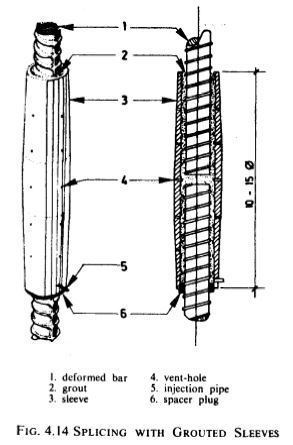
d) Butt splices – For this purpose open flanged sleeves made from steel strip can be used. They are tightened onto the bars by the introduction of a flat tapered wedge (see Fig. 4.15).
The end sections, in contact within the device, shall be perfectly at right angles to the axis of the spliced bars.
Another method involves the use of 4 small diameter ribbed bars which are tightened, using pliers, with 3 ring-clamps. The advantage of this method, in comparison to the previous one, is the fact that it allows a portion of the tensile stress to be taken up.
For bars with ribs in the form of a thread, a butt splice may be made with a sleeve, but with greater facility.
There are also sleeves consisting of a metallic cylinder, the internal diameter of which fits the bars to be spliced. This sleeve is fixed to one of the reinforcing bars by a few welding points: a hole at the centre of the sleeve enables one to check that there is contact between the bars. This economical method of splicing, which is easy to apply, can only transmit compressive stresses.

Main advantages and disadvantages of mechanical coupling:
NOTE- Some mechanical methods of splicing of reinforcement which are in vogue in this country make use of the following principles:
a) A special grade steel sleeve is swaged on to reinforcing bars to be joined with the help of a portable hydraulically operated bar grip press either at site or at stocking yard.
b) Two sleeves with threaded ends are drawn together by an interconnecting stud. These sleeves are then swayed on to the reinforcing bars either at site or at the stocking yard.
a) Bearing stresses at bends – The bearing stress in concrete for bends/ hooks in stirrups and ties conforming to 4.3.5(b) need not be checked as there is a transverse bar at each bend. The bearing stress inside a bend in all other cases should preferably be calculated as given in the following formula (see Fig. 4.16). The most dangerous situation is that of a bar, the layout of which is parallel to a surface or wall. Safety can be substantially increased by inclining the curve zone towards the mass of concrete wherever possible, a condition which frequently occurs in anchoring. However, it may be noted that IS: 456-1978 also exempts check for bearing stress in concrete for standard hooks and bends described in Table 4.1.


Characteristic strength of concrete and for a particular bar or group of bars in contact shall be taken as a centre-to-centre distance between bars or groups of bars perpendicular to the plane of the bend (mm); for a bar or group of bars adjacent to the face of the member, a shall be taken as the cover plus size of bar.
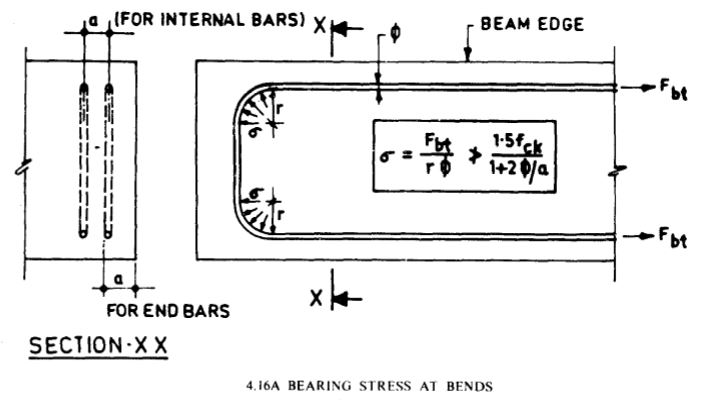
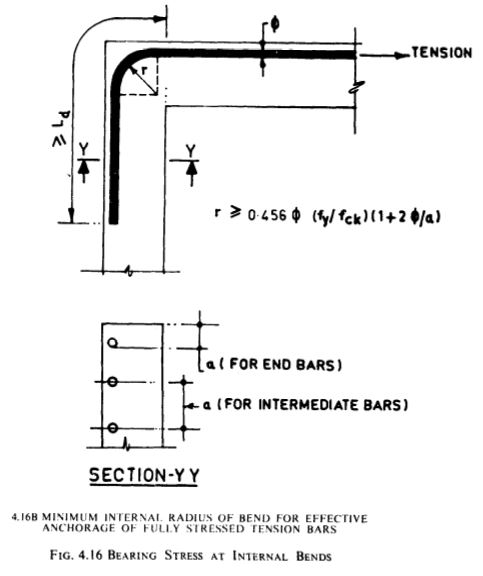
In other words, the minimum radius of the bend, r, should be such that 
When the large steel stresses need to be developed il. ‘he bend, radial bearing stresses in the concrete may become excessive. The above equation controls the diameter of bend when there is a combination of high tensile stress in the bend. large bar diameter and low concrete strength. To simplify the application of the above formula minimum radius of bend is given in Table 4.5 for different grades of concrete and steel.

b) If a change in direction of tension or compression reinforcement induces a resultant force acting outward tending to split the concrete, such force should be taken up by additional links or stirrups. Accordingly in structural components with curved or angled soffits, or those formed with bends or corners, it should be ensured that the radial tensile forces due to changes in the direction of reinforcement are resisted by additional links (see Fig. 4.17). Bent tension bar at a re-entrant angle should be avoided.

c) The minimum straight length of hook is four times the bar diameter. For small diameter bars this should be a minimum of 5O’mm in order to facilitate holding the bar in place while forming the hook. The hooks when formed are quite large and while detailing it is important to ensure that they do not foul with other reinforcement, particularly where beams have more than one row of bars.
d) Reinforcing bars shall be so detailed that the hooks are not positioned in tensile zones of concrete as this may cause cracking. It is better to bend the bars so that the hooks and bars terminate in compression zones or so lengthen the bars to eliminate the need for hooks.
Note 1 – A point at which reinforcement is no longer required to resist flexure is where the resistance moment of the section, considering only the continuing bars, is equal to the design moment.
Note 2 -The points at which reinforcement can be curtailed is to be based\ on the bending moment envelope developed by the designer. It should be noted that the use of envelope helps in achieving better design. A typical bending moment envelope considering various loading conditions is given in Fig. 4.22.
Figure 4.23 gives a standard bending moment diagram (based on uniformly distributed load) to enable designers to choose locations for curtailment of reinforcement.
Flexural reinforcement shall not, preferably, be terminated in a tension zone unless any one of the following conditions is satisfied:
Positive Moment Reinforcement
a) At least one-third the maximum positive moment reinforcement in simple members and one-fourth the maximum positive moment reinforcement in continuous members shall extend along the same face of the member into the support, to a length equal to Ld/3 (see Fig. 4.18). where Ld is the development length based on fully stressed bars. This is required to provide for some shifting of the moment due to changes in the loading, settlement of supports, lateral loads and other causes.
b) When a flexural member is part of a primary lateral load resisting system, the positive reinforcement required to be extended into the support according to (a) shall be anchored to develop its design stress (fully developed stress) in tension at the face of the support (see Fig. 4.19). This anchorage is to assure ductility of response in the event of unexpected over- stress such as from an earthquake. It is not sufficient to use more reinforcement at lower stresses. The full anchorage requirement does not apply to any excess reinforcement over and above that provided at the support.
At simple supports and at points of inflection, positive moment tension reinforcement shall be limited to a diameter such that Ld does not exceed (see Fig. 4.18) 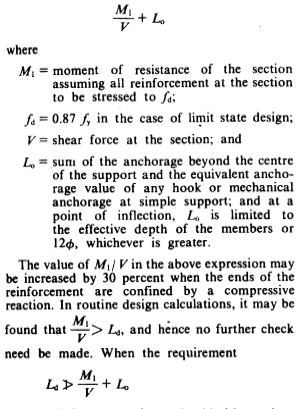

is not satisfied, the designer should either reduce the diameter of bars, whereby Ld is reduced, or increase the area of positive reinforcement at the section considered, whereby M1 is increased, or resort to botli the steps.


Negative Moment Reinforcement
At least one-third of the total tension reinforcement provided for negative moment at the support shall extend beyond the point of inflection (PI) not less than the effective depth of the member or 12 x diameter or one-sixteenth of the clear span, whichever is greater (see Fig. 4.20 and 4.21).
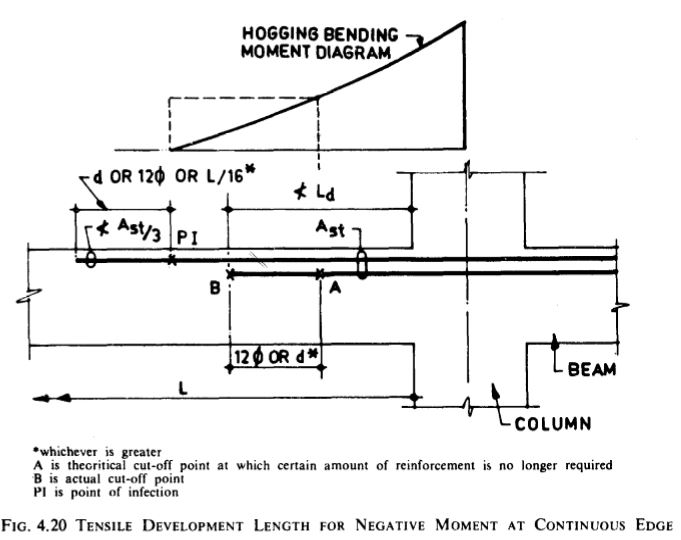
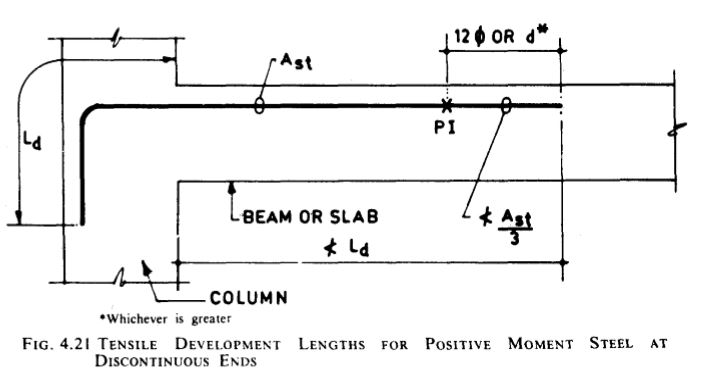
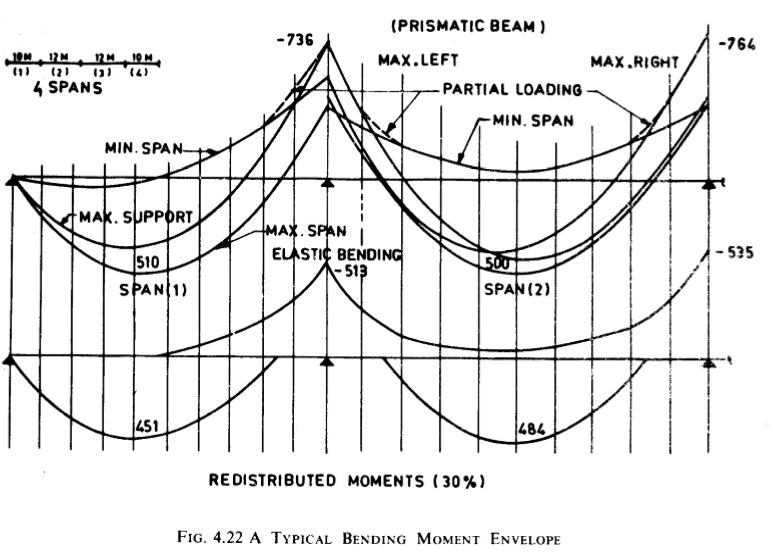



Spacing of Reinforcement
For the purpose of this clause, the diameter of a round bar shall be its nominal diameter, and in the case of bars which are not round or in the case of deformed bars or crimped bars, the diameter shall be taken as the diameter of a circle giving an equivalent effective area. Where spacing limitations and minimum concrete cover are based on bar diameter, a group of bars bundled in contact shall be treated as a single bar of diameter derived from the total equivalent area.
General – Bars in pairs, or in groups of 3 or 4 tied together and in contact side by side (bundled bars) may be used in beams and columns. This has been the practice in USA for many years, and is now permitted in most countries including India.
As bundled bars provide more reinforcement in less space than do single bars, it is possible to reinforce a member more heavily and still get better compaction of concrete. Beam and column sizes can thus often be reduced with saving in cost.
Bundled bars shall not be used in members without stirrups. Bundled bars shall be tied together to ensure the bars remain together as a bundle. Bars larger than 36 mm diameter shall not be bundled except in columns.
Whenever bar spacing limitations, minimum cover, tie size and spacing are based on bar diameter, a group of bars bundled in contact shall be treated as a single bar of diameter derived from the total equivalent area (see Table 4.6). However, the cover provided should be measured from the actual outside contour of the bundle.
Note 1- Unless patented splices are used, the bundling of bars in columns is not recommended, as all joints have to be staggered. However, even when patented splices are used the necessary staggering of splices makes assembly difficult and prefabrication cumbersome.
Note 2- It is recommended to limit the bundle only to two bars or three bars as four bars many times do not tie into a stable bundle.
Development Length
Ld of each bar of bundled bars shall be that for the individual bar, increased by IO percent for two bars in contact, 20 percent for three bars in contact and 33 percent for four bars in contact. The anchorages of the bars of a bundle can only be straight anchorages.
Curtailment
Bars in a bundle shall terminate at different points spaced apart by not less than 40 times the bar diameter except for bundles stopping at a support (see Fig. 4.24)
Splicing
In case of bundled bars, lapped splices of bundled bars shall be made by splicing one bar at a time, such individual splices within a bundle shall be staggered. For bundles of 2, 3 or 4 bars, the staggering distance should be 1.2, 1.3 and 1.4 times the anchorage length of the individual bars respectively.

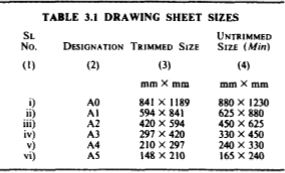

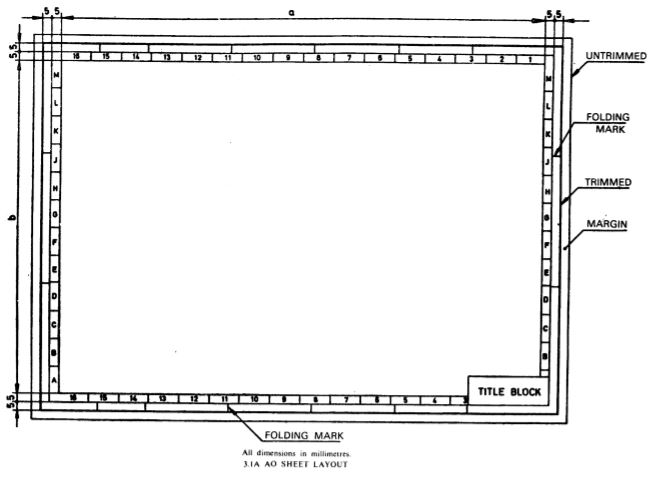

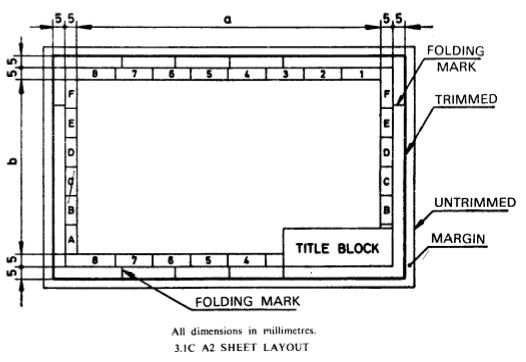
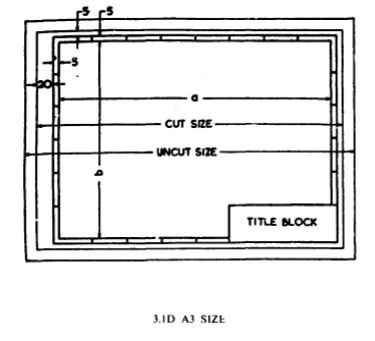

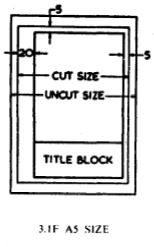
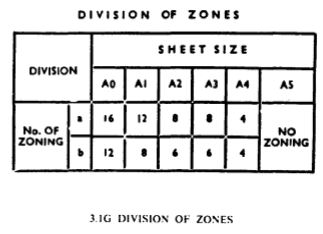

Symbols and abbreviations to be adopted in the drawings for reinforced concrete construction are given in 3.4.1 to 3.5.6. All reinforcement bars used in the structures shall be suitably designated and numbered both on drawing and schedule.
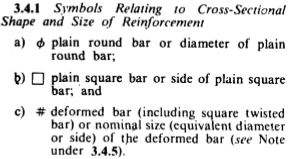
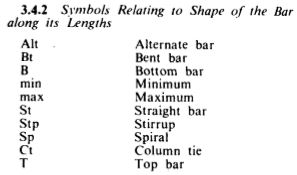


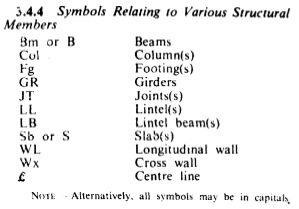
The symbols, abbreviations and notes shall be used in a manner that will not create any ambiguity. A few examples for representing diameter, spacing, number of bars,etc., are illustrated below:
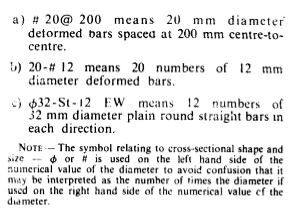
The use of the same type of line for the same purpose considerably enhances the clarity and usefulness of the drawing. The following graphical symbols are suggested:
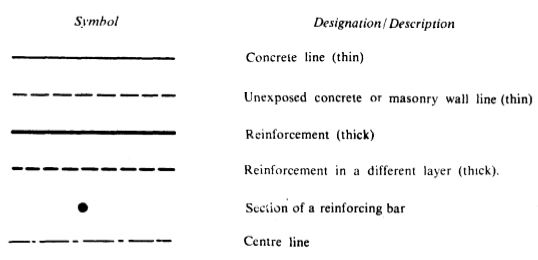


Additional drawing conventions for use on drawings for reinforcement as suggested in IS0 : 3766-1977 ‘Building and civil engineering drawings-Symbols for concrete reinforcement’ is reproduced in Table 3.2. 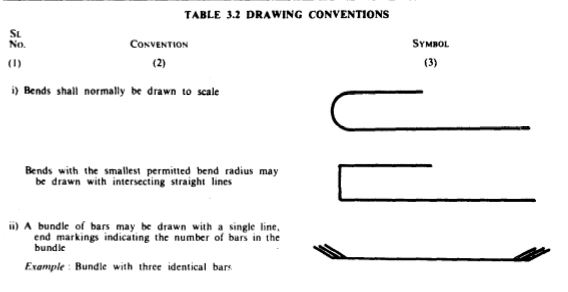
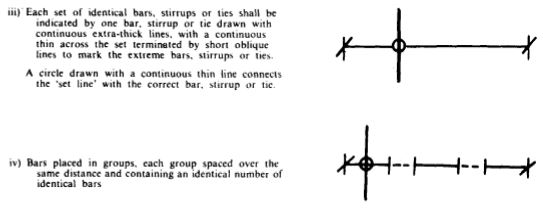


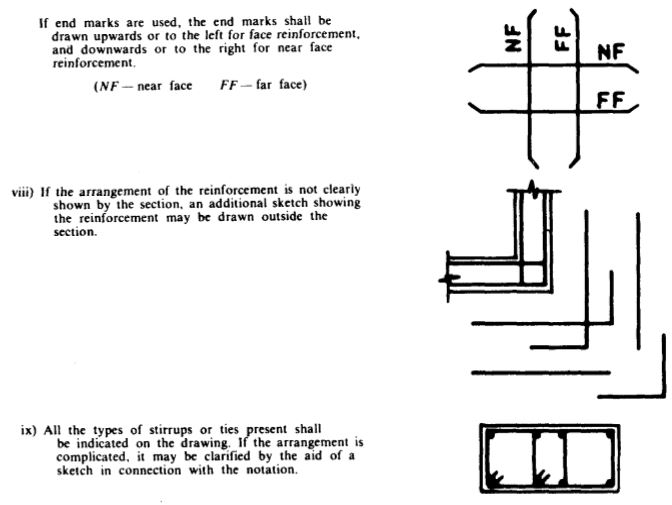






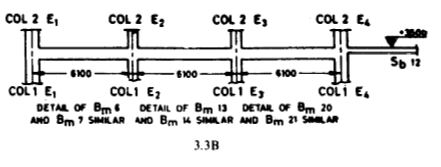


The reinforcement of slabs, beams and other parts of structures may be effectively shown on working drawings in a tabular form, known as a schedule. The schedule is a compact summary of the dimensions of the concerned structural part, all the bars complete with the number of pieces, shape and size, lengths and bending details from which fabrication details may be easily worked out. The dimensioning procedure for different bar shapes as shown in Tables 5.1 to 5.7 may be followed.
NOTE – The value of length is the length of straight bar from which the actual shape will be bent or for a straight bar, the length of that bar. This length will be equal-to the sum of individual overall lengths of the straight portions of each shape.
A schedule shall be supplemented with diagrams and sketches wherever necessary. Where bars of different dimensions are used, the exact arrangement of the reinforcement shall be shown by means of clear diagrams. No abbreviation or symbol shall be used in a schedule without proper explanation.
For small structures detailed on a single sheet, the schedule may be placed in the upper left corner of the drawing. For larger structures requiring more than one drawing, the complete schedule may appear on the last sheet of the details, or if the size of the structure warrants,separate schedules may be prepared for each unit (foundation, abutments, piers, etc) on the drawing covering that specific unit of the structure.
Details of reinforcement for beams, girders and joists are usually shown in schedules. The schedules should show the number, mark and location of member; number, size, position and length of straight bars; number, size, position, bending details and total length of bent bars and stirrups; size, shape and spacing of bar supports; and any other special information necessary for proper fabrication and placement of the reinforcement (see Table 5.8). Care shall be taken not to omit any controlling dimension such as overall length of the bar, height of the bent bar and location of bar with respect to supporting members where the bar is not placed symmetrically. The schedule should also include special notes on bending and any special information, such as the requirements of laps, two layers of steel, etc.
The reinforcement for slabs is generally indicated on the plan, with details for the various types of bent bars shown in a schedule (see Table 5.8). The schedule shall be similar to that for bars in beams, except that the number of bars may also be obtained from the plan. Panels exactly alike shall be given an identifying mark or so specified in the schedule.
In skewed panels, bars shall be fanned to maintain given spacing in the mid span. Additional bars for reinforcing the openings shall be as shown on plan.
In case of welded wire fabric sheet in slab panels, a schedule may also be included in the structural drawing indicating the mesh sizes (length and width) and fitting details for welded wire fabric sheets for different slab panels. A typical schedule is given in Table 5.9.
The reinforcement for walls shall be indicated on the plan, elevation and section with the details for various types of bent bars shown in schedule in a manner similar to that for beams and slabs.
The reinforcement for columns may be shown in a column schedule. Piles and pile caps should be treated as separate units and separate details or schedule or both may be provided. The main schedule may be supplemented with a smaller schedule for ties and by a small detailed sketch of each bar or type of bar with a table of dimensions.
A typical form of schedule for beams, slabs and columns is shown in Table 5.8 and Table 5.9 shows another typical form schedule for slab using welded wire fabric as reinforcement. Also an example of typical bar bending schedule is given in Table 5.10.
International Standard IS0 : 4066- 1977 ‘Building and civil engineering drawings-Bar scheduling’ establishes a system of scheduling of reinforcing bars comprising the following aspects:
a) the method of Indicating dimensions;
b) a code system of bar shapes;
c) a list of preferred shapes; and
d) the bar schedule form.
This standard is reproduced in Appendix B as a supplement to the information contained in this section.

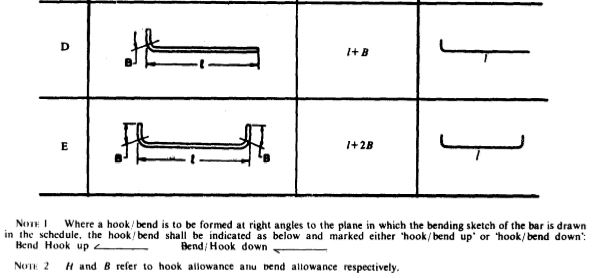
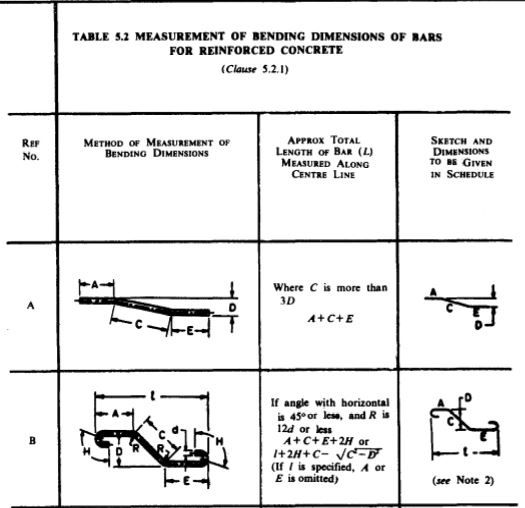
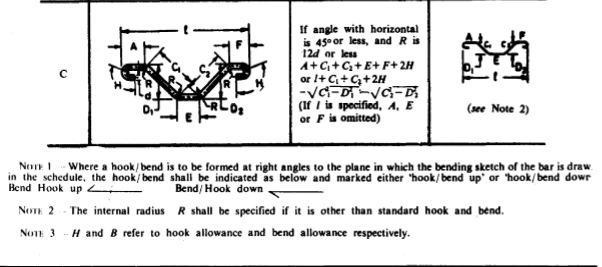

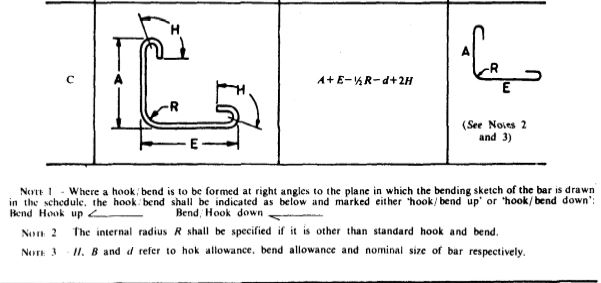
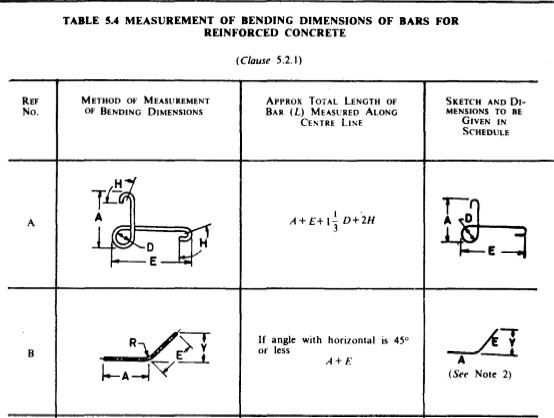



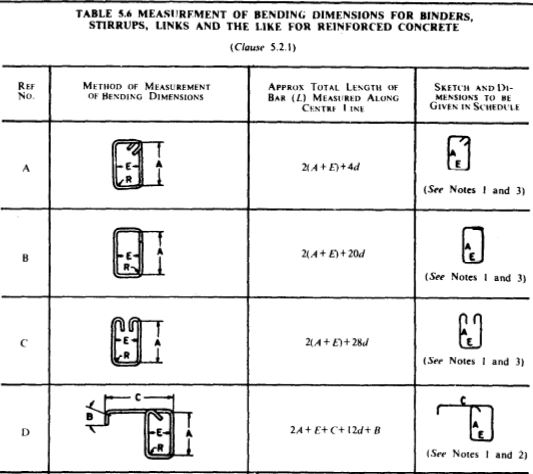
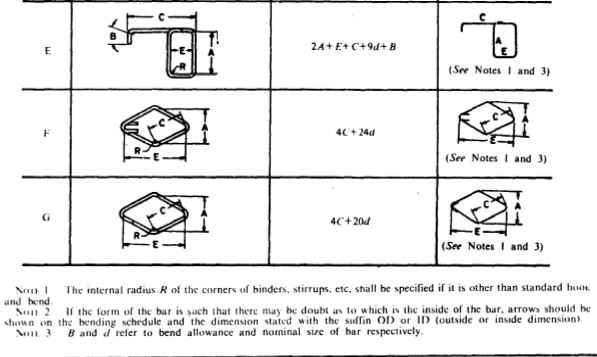
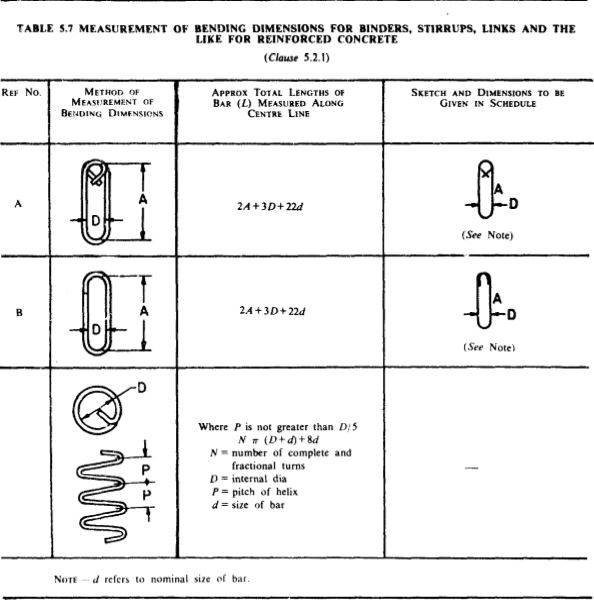

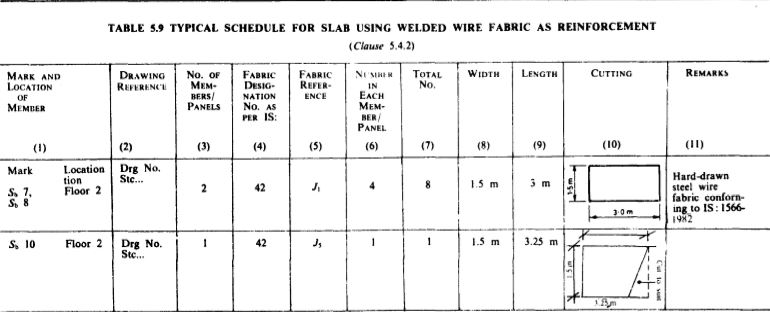
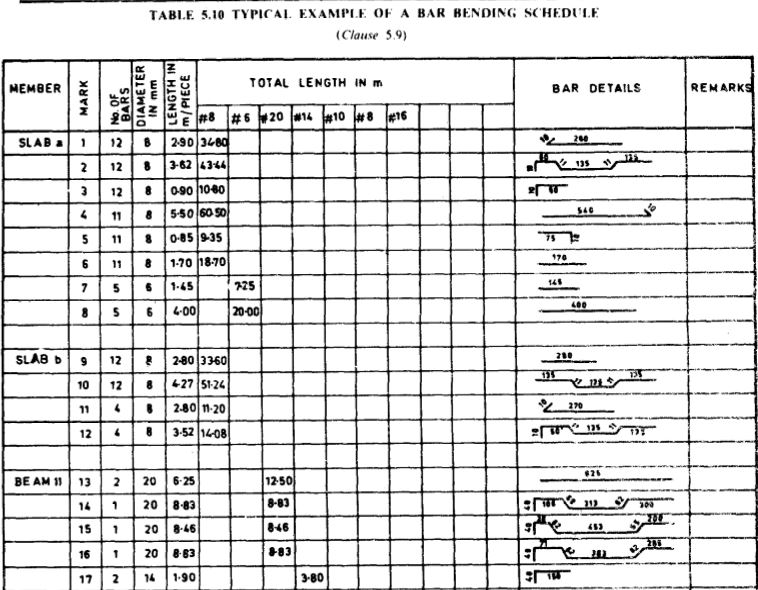

In preparing drawings and bending schedules, the following factors shall be kept in view:
a) The engineer’s design and the design requirements;
b) The cutting and bending of the reinforcement;
c) The placing and wiring in position of reinforcement;
d) The maintaining of the position of reinforcement;
e) The pre-assembly of cages;
f) Concreting;
g) The accommodation of other trades and services;
h) The measurement of quantities; and
j) Economy in the use of steel.
The following requirements of the designer shall be borne in mind:
1) The quantity, location and cover of steel reinforcement should be simply, correctly and clearly shown.
2) The placing drawings and bending schedules should be adequately cross-referenced, easily read and capable of easy checking in the drawing office and on site.
3) It should be possible to locate a detail readily, should a doubt arise.
4) One detailer should be able to take over from another with a minimum of delay and direction.
5) Detailing should be done in such a way that secondary stresses caused by support conditions, shrinkage, temperature variations, bursting effects of laps and splices, and stress concentrations arising from hooks and bends are counteracted.
Prepare bending schedules on standard size sheets small enough to facilitate handling by clerical, fabrication and placing personnel.
Standardize cutting lengths and ensure that bending details are simple and easy to read. So compile the schedules that delivery of the required reinforcement for each component can be effected without the need for abstracting from schedules. The system of bar-referencing should be coherent and systematic, and should lend itself to easy identification and to use in computer systems, if necessary.
Ensure that drawings arc simple, pictorially clear, and adequately detailed to enable the fixer to place bars exactly where required. Avoid crowding drawings with information by detailing by components and also if necessary by preparing separate details for bottom and top steel in slabs. Ensure that reinforcing steel that connects elements to be cast at different times is so detailed that it is included with the portion to be cast first, for example, splice bars for columns, continuity reinforcing for beams and slabs to be cast in portions. If the order of casting is not clear, detail splices in one of the sections with suitable cross-references. Where the complexity of the detail is such that an, out of the ordinary sequence is required to place the reinforcement, ensure that such sequence is shown on the detail.
Reinforcement that has been placed and wired in position should not be displaced before or during the concreting operation. Ensure that bar supports and cover blocks are so scheduled or specified as to maintain correct bottom and side cover and that high chairs and stools are detailed to support upper reinforcement mats at the correct level.
Where required, so detail the reinforcement to components such as columns, foundations, beams, and walls that it can be conveniently pre-assembled before being placed in position. Ensure that assembled units are sturdy enough to stand up to handling and erection, and that they are not so heavy that they cannot be lifted by the men or equipment available for the work.
Ensure that the reinforcement can be spread as to follow placing and efficient consolidation of the concrete.
Take note of the positions of down pipes (especially inlets and outlets), sleeves, pipes, and electrical conduits, whether shown on the structural layout or not. To avoid site difficulties, show them on the reinforcement details where necessary.
It is important that the quantity surveyor and the contractor should be able to compute the mass of steel used at any stage in a contract. Bending schedules prepared as recommended in 2.3 will assist in meeting this requirement. Ensure that placing drawings and bending schedules are adequately cross-referenced and that all revisions are suitably recorded. If. in the case of a revision, there is any possibility of doubt, prepare separate schedules showing only the revision, with adequate cross-referencing.
The type of steel used is generally specified by the designer but
bear in mind that up to one-third of the mass of steel can be saved by using high tensile steel instead of mild steel. The saving can be considerable as the difference of cost between the rates for mild steel and high tensile steel placed in position is relatively small. Furthermore, as the rates for small diameters are higher than those for large diameters, it is desirable to use the largest available size of bar within the design requirements. Larger bars also. produce Stiffer cages and are not easily displaced.
a) Mild steel and medium tensile steel bars
[IS : 432 (Part I)-1982 Specification for mild steel and medium tensile steel bars and hard-drawn steel wire for concrete reinforcement : Part I Mild steel and medium tensile steel bars (third revision)].
b) High strength deformed steel bars/ wires
[IS : 1786-1985 Specification for high strength deformed steel bars and wires for concrete reinforcement (third revision)].
c) Hard-drawn steel wire fabric
[IS : 1566-1982 Specification for hard-drawn steel wire fabric for concrete reinforcement (second revision)].
Mild steel bars shall be supplied in the following two grades:
a) mild steel bars, Grade I; and
b) mild steel bars, Grade II.
1) Bars in straight lengths
a) The tolerance on diameter shall be as follows:
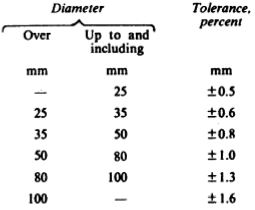
b) The permissible ovality measured as the difference between the maximum and minimum diameter shall be 75 percent of the tolerance (k) specified on diameter.
c) The tolerance on weight per m length shall be as follows: 
2) Coiled bars
a) The tolerance on diameter shall be +/- O.5 mm for diameters up to and including 12 mm.
b) The difference between the maximum and minimum diameter at any cross-section shall not exceed 0.65 mm.

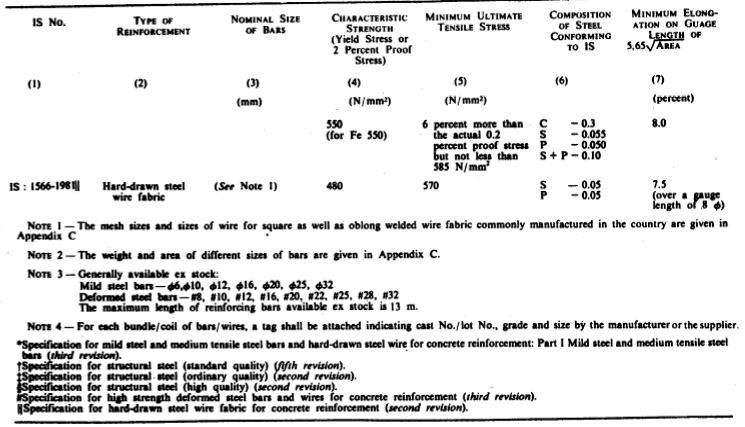
Deformed steel bars/ wires for use as reinforcement in concrete shall be in the following three grades:
a) Fe415,
b) Fe500, and
c) Fe550.
Cutting tolerance on length
The cutting tolerances on length shall be as specified below:
a) When the specified length is not stated to be either a maximum or a minimum +75 mm or -25 mm
b) When the minimum length is specified+50 mm or – 0 mm
Mass
For the purpose of checking the nominal mass, the density of steel shall be taken as 0.785 kg/sq.cm of the cross-sectional area per metre run.
Tolerances on nominal mass shall be as follows:
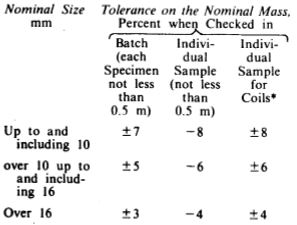
Hard-drawn steel wire fabric consists of longitudinal and transverse wires (at right angles to one another) joined by resistance spot welding. Fabrication of wire fabric by welding has the quality of factory fabrication and reduces cost of labor and fabrication in the field.
Hard-drawn steel wire fabric shall be made in the following two types:
a) square mesh, and
b) oblong mesh.

Tolerance on size of mesh
a) The number of spaces between the external wires in a sheet or roll shall be determined by the nominal pitch.
b) The centre-to-centre distance between two adjacent wires shall not vary by more than 7.5 percent from the nominal pitch.
c) The maximum variation in the size of any mesh shall be not more than 5 percent over or under the specified size, and the average mesh size shall be such that the total number of meshes contained in a sheet or roll is not less than that determined by the nominal pitch.
Tolerance on size of sheet
a) When fabric is required to be cut to specified dimensions, the tolerance shall be as follows:

b) Tolerance on weight of fabric – The tolerance on the weight of fabric shall be as follows: 

Note: The thickness of the cement layer should not be more than half inch.

Epoxy resin in very small quantity is applied on the surface of the stone where both the stones are placed one above the other.

Note: There are two methods of fixing Stone frames:
99% times option 2 is used as this method does not allow the water to come inside.
Here option 1 is selected as the window will be fully packed with glass, so there will be no chances of water to enter inside.

Gap between the stone joints is left to fill it with glass strip.
Note: If a stone of more than 2 m span is used on the top, screws should be used to provide anchorage.
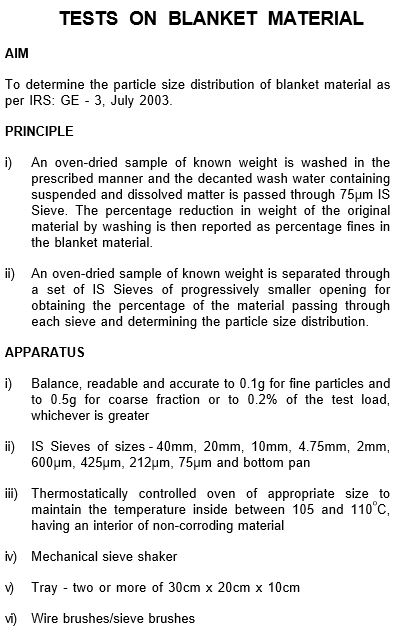
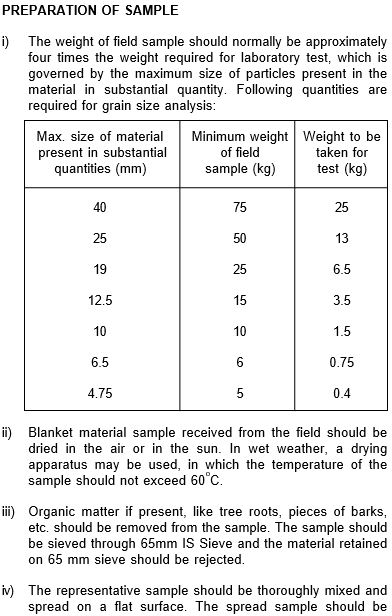

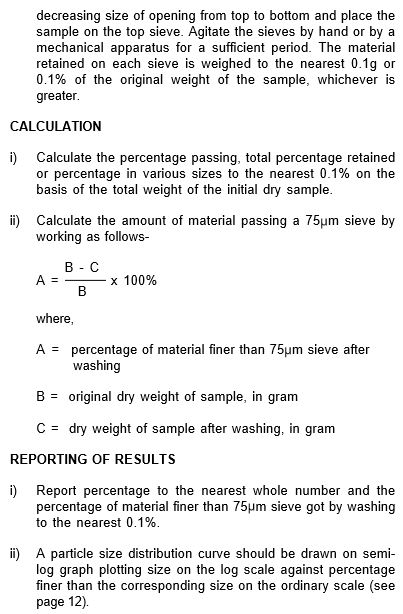
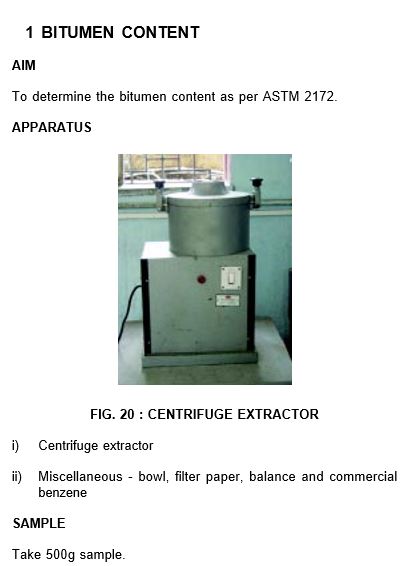
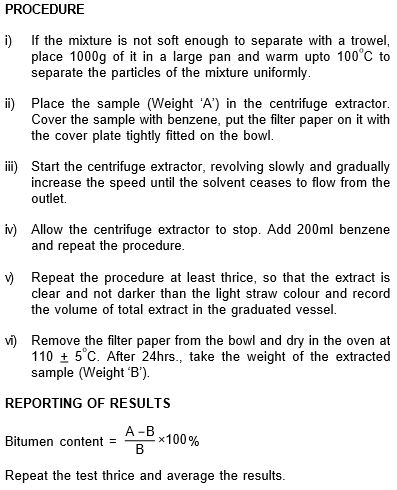
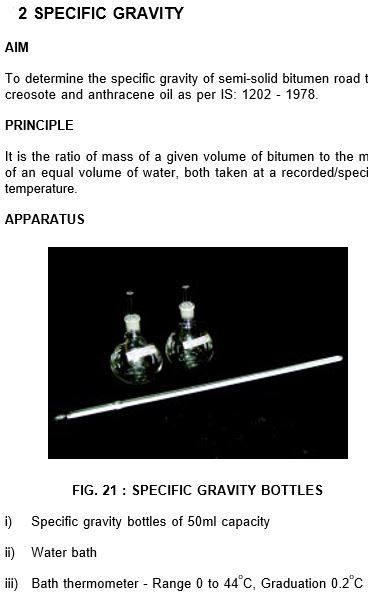
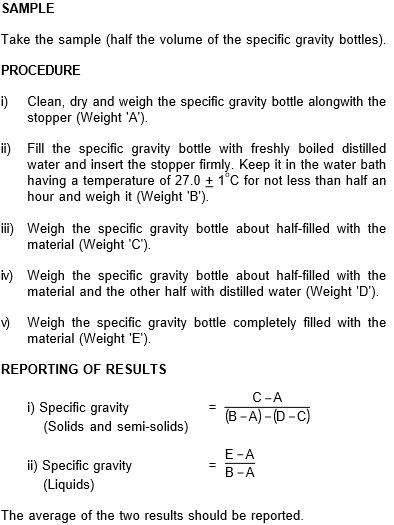


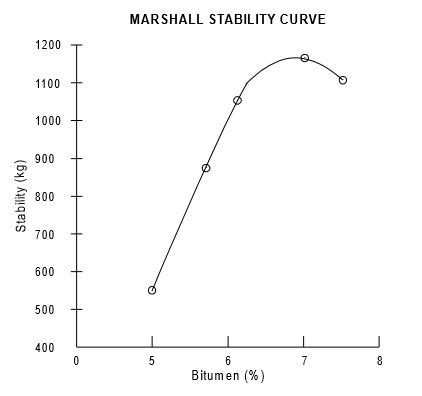

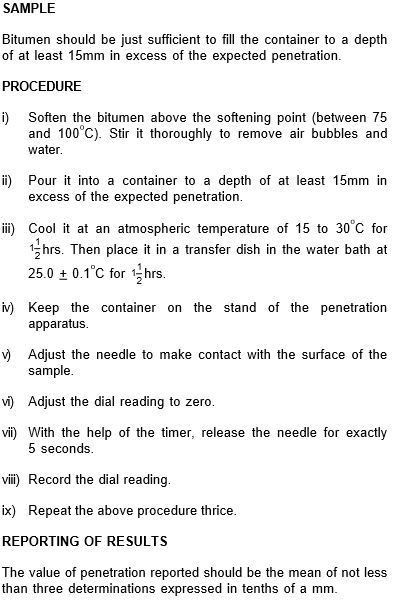
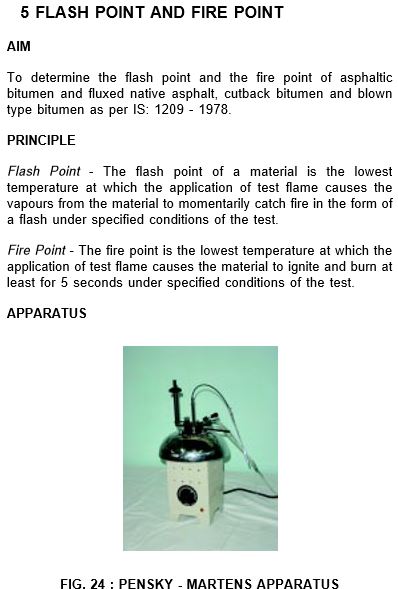

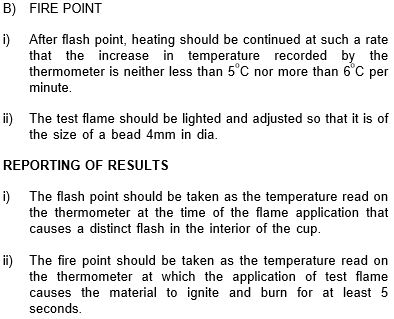
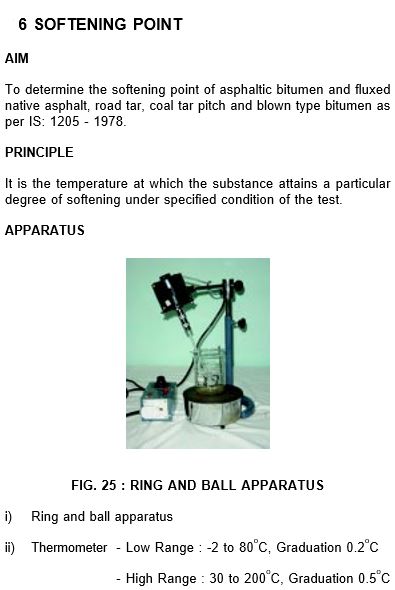

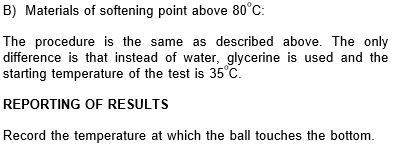
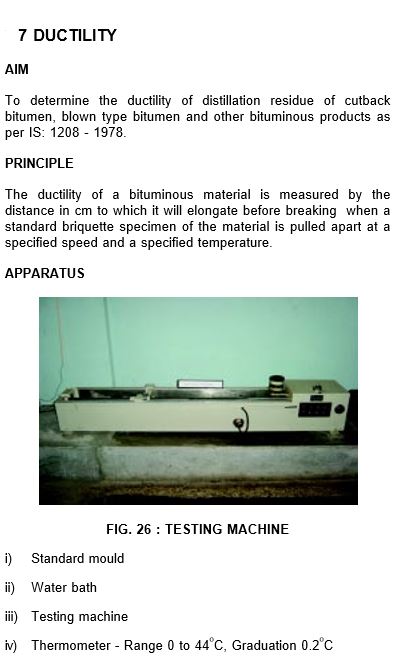


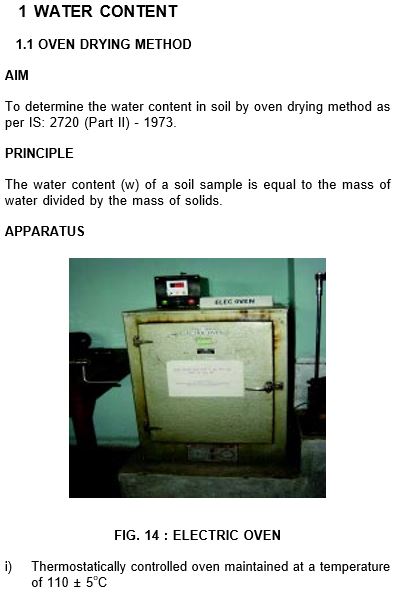

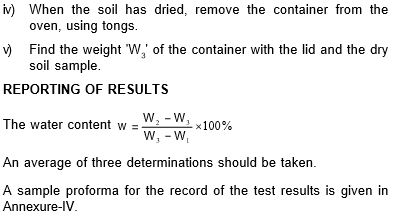
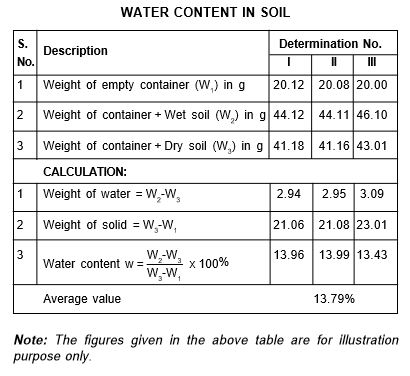
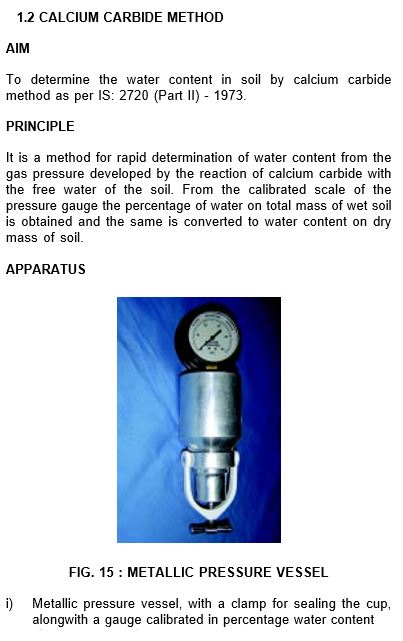


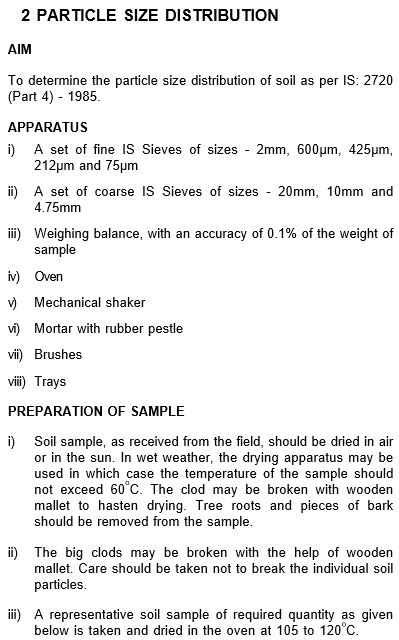



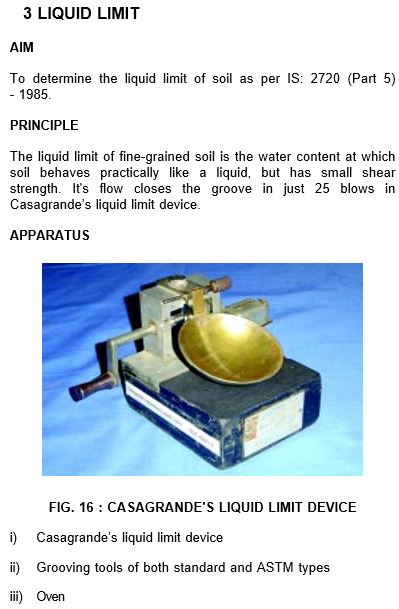
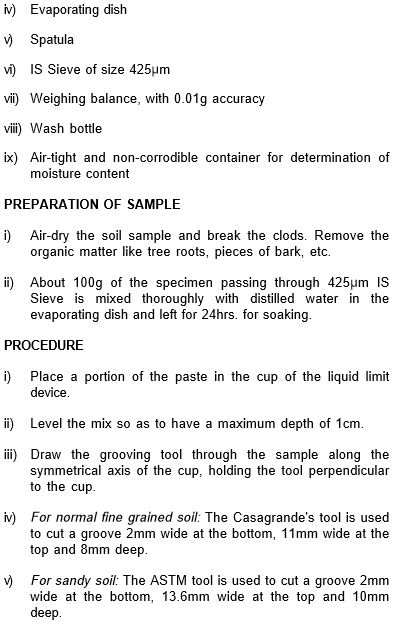
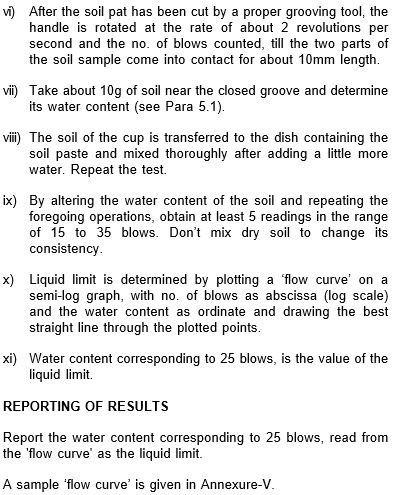

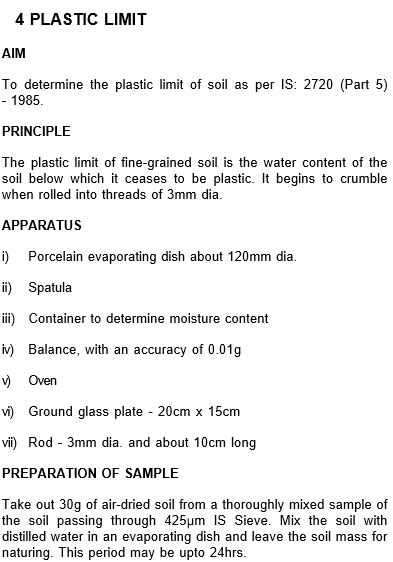

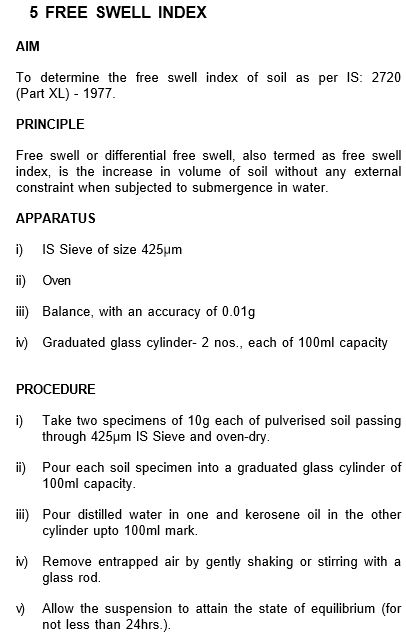
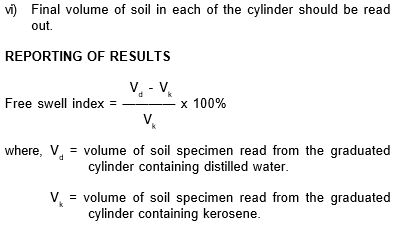
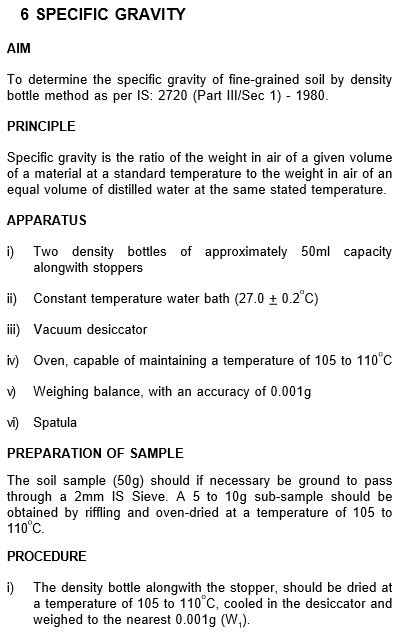
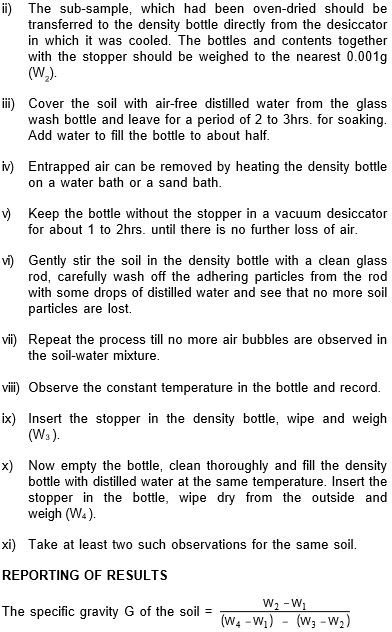
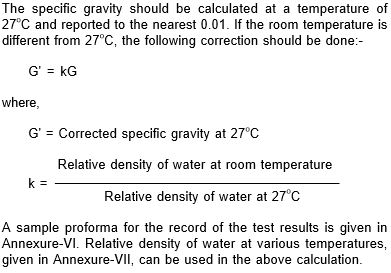



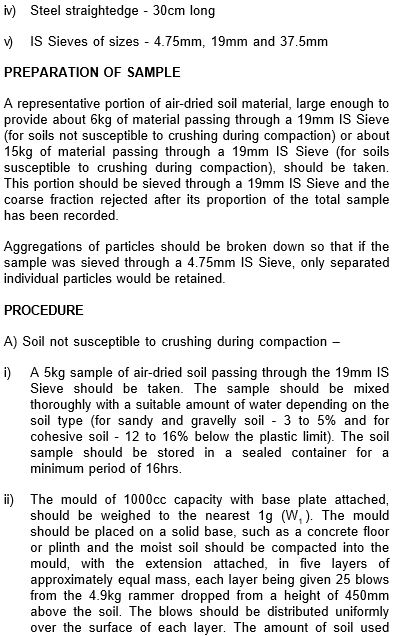
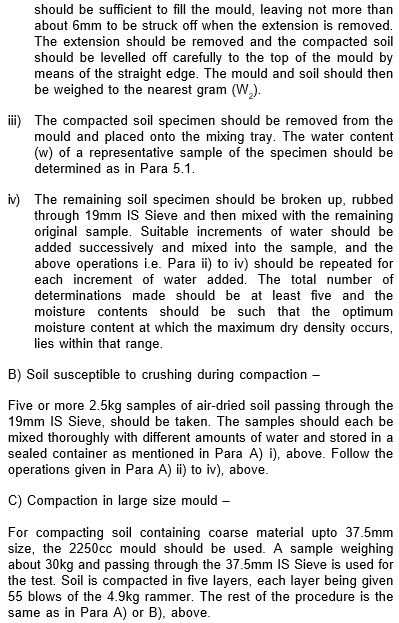
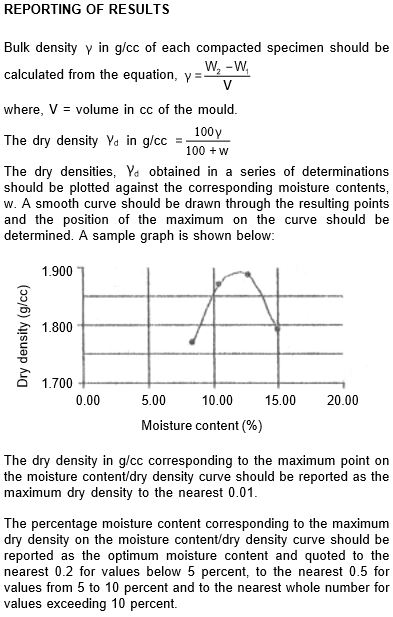
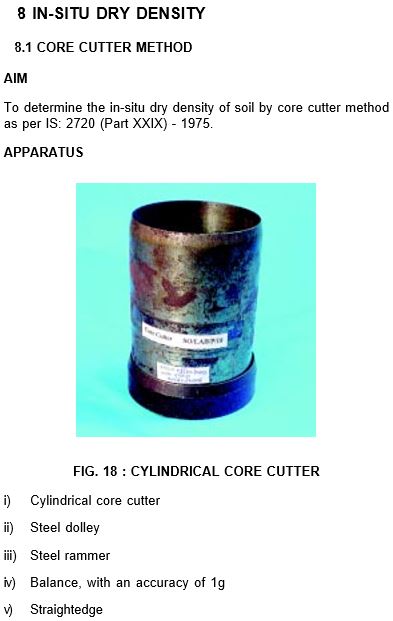

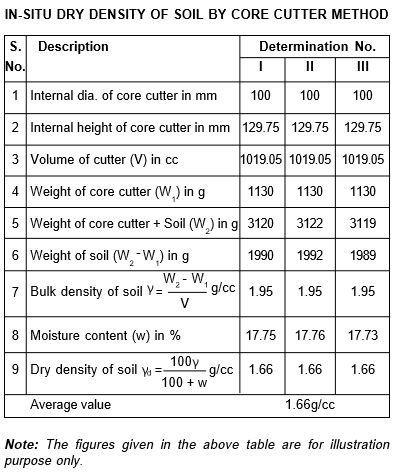
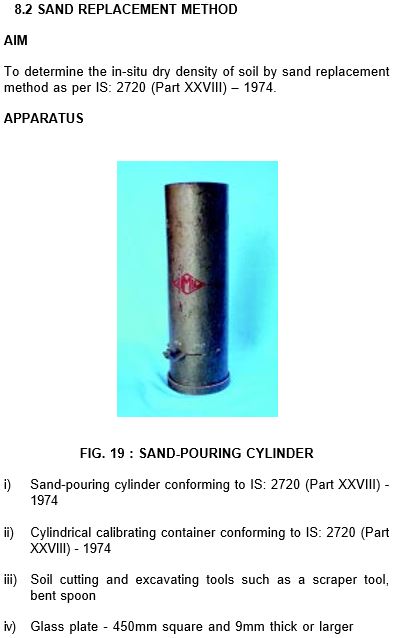

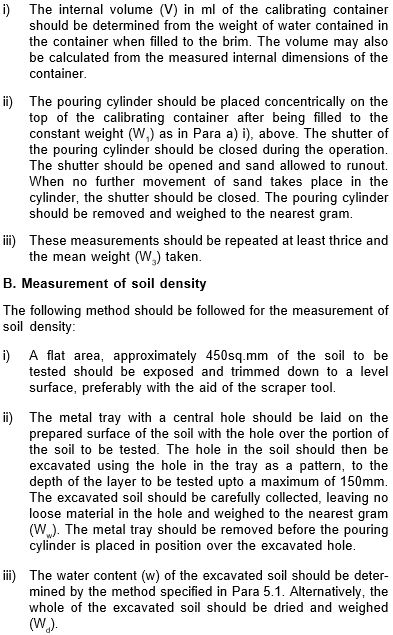
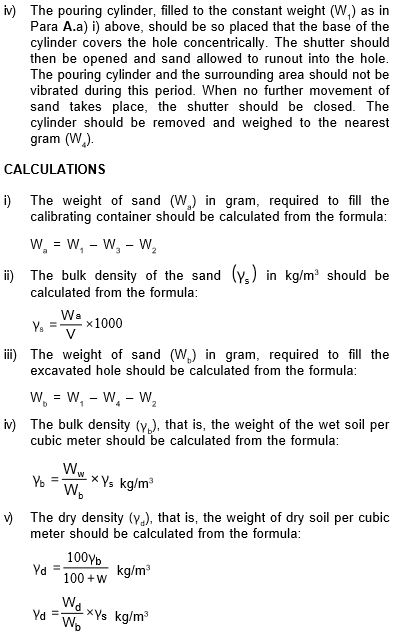

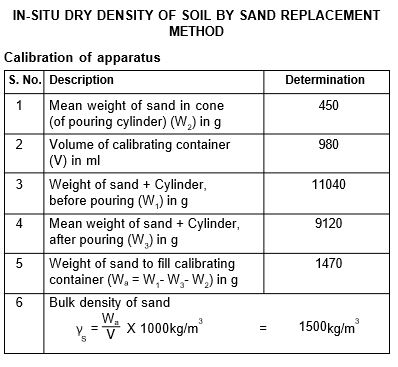
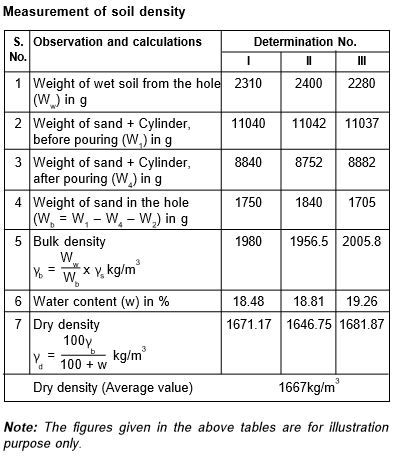
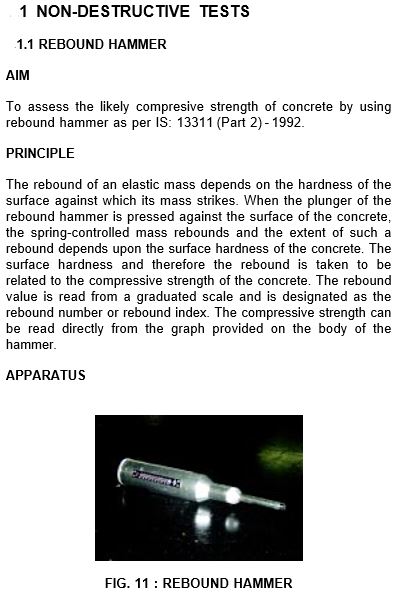
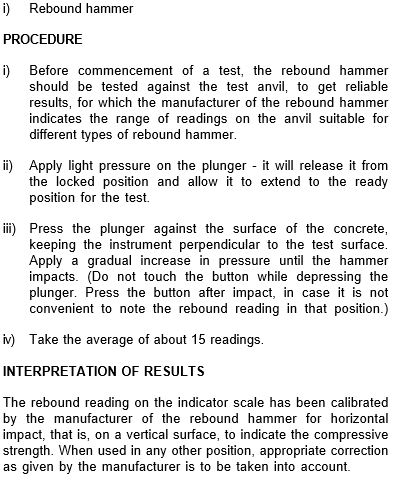
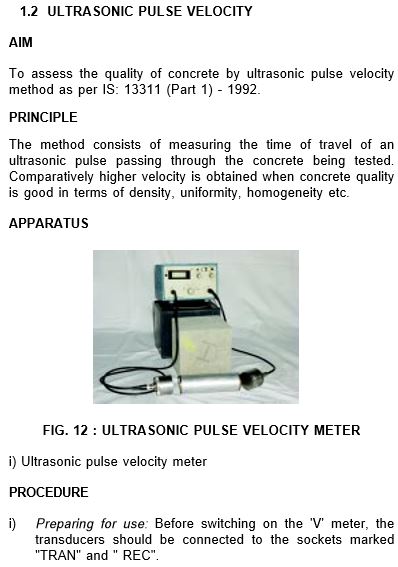
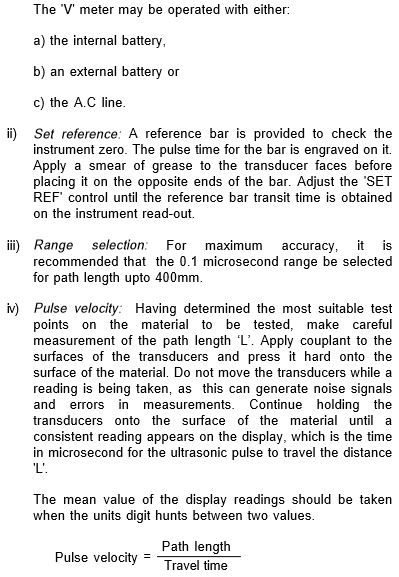






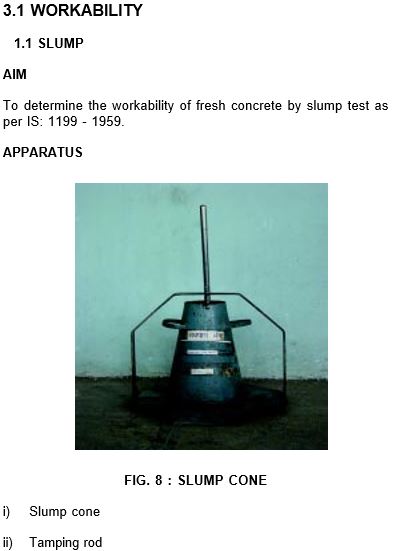
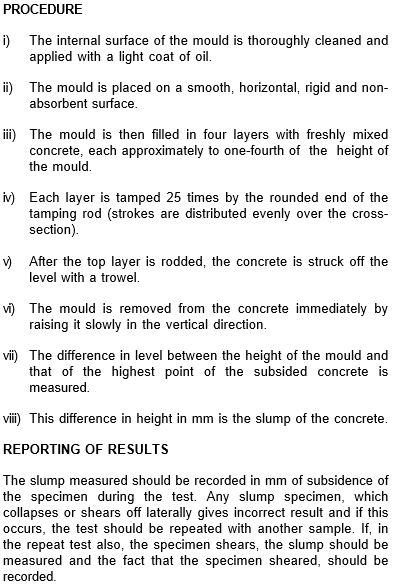
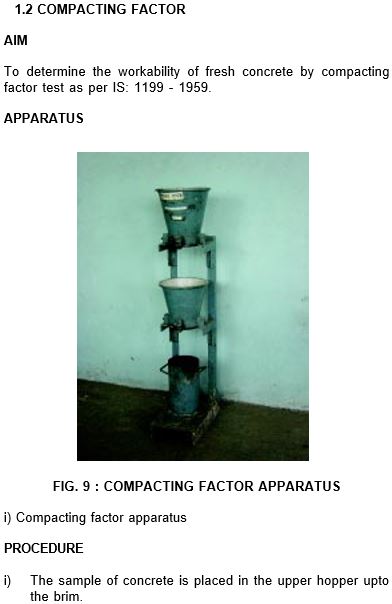
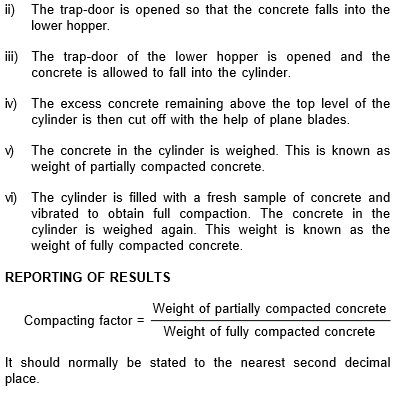
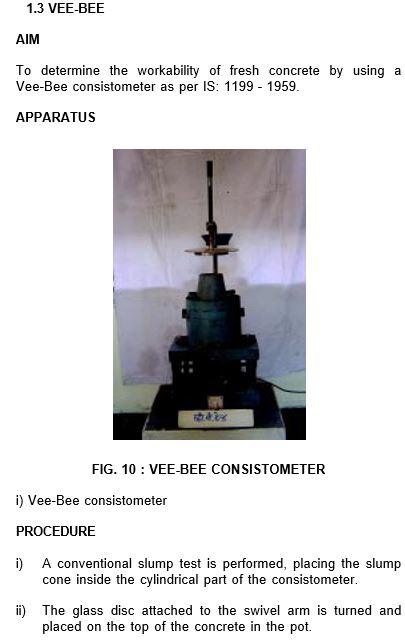


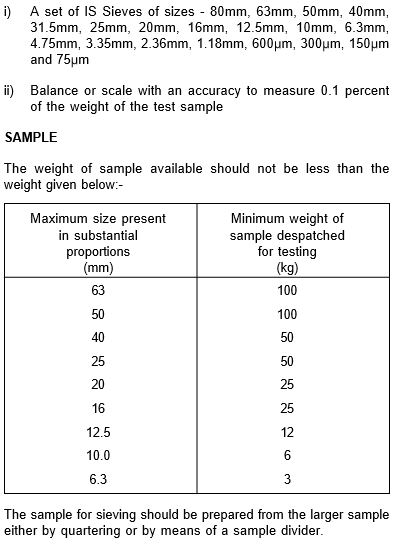


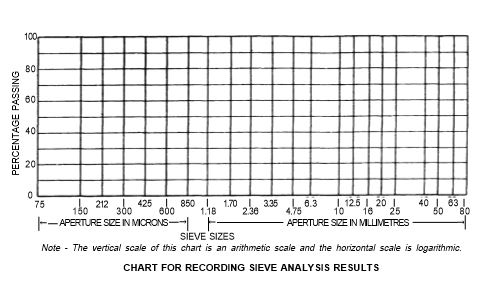

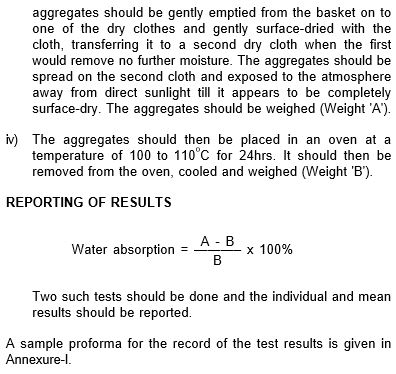

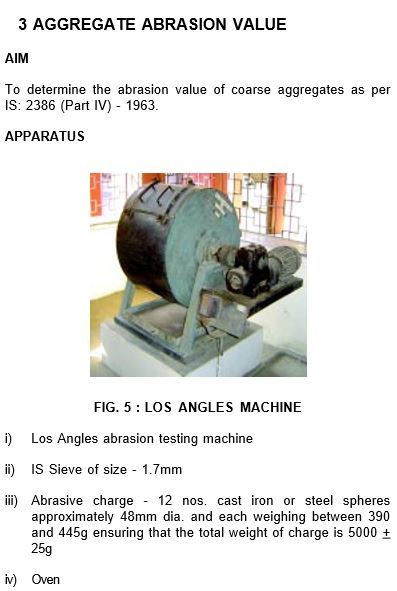
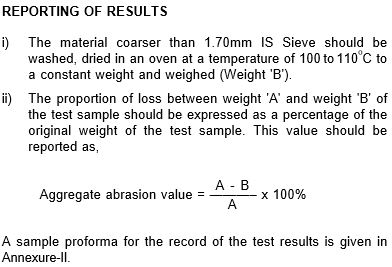
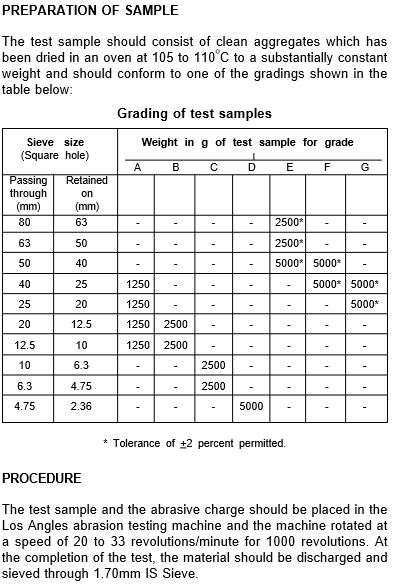
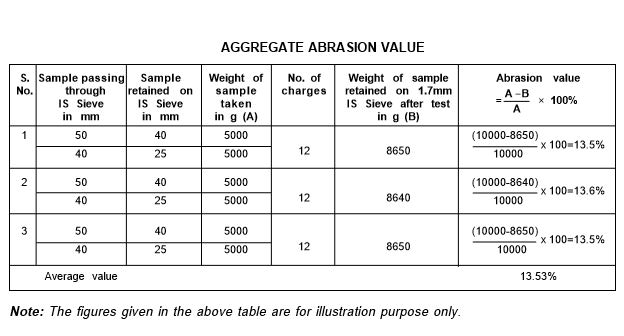
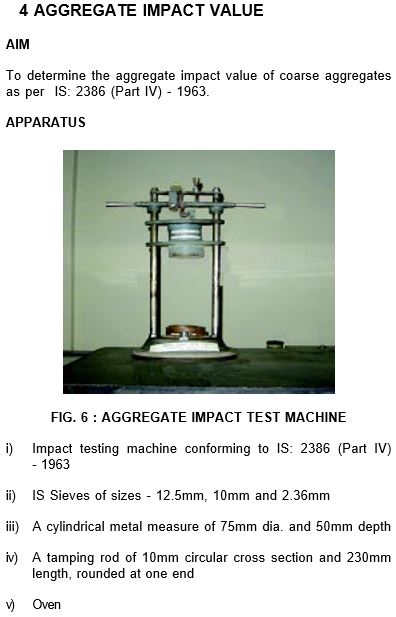
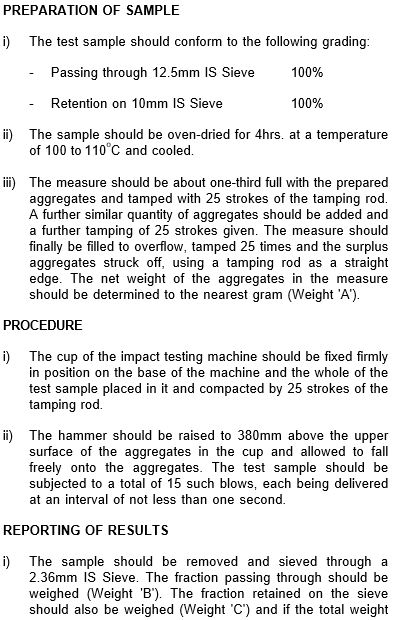

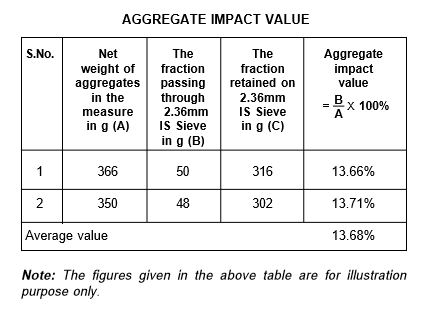

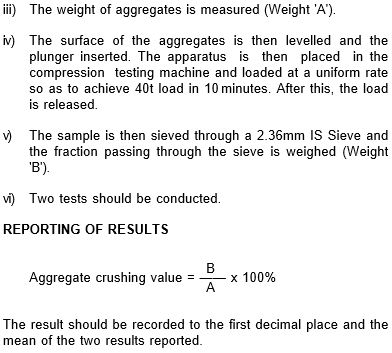


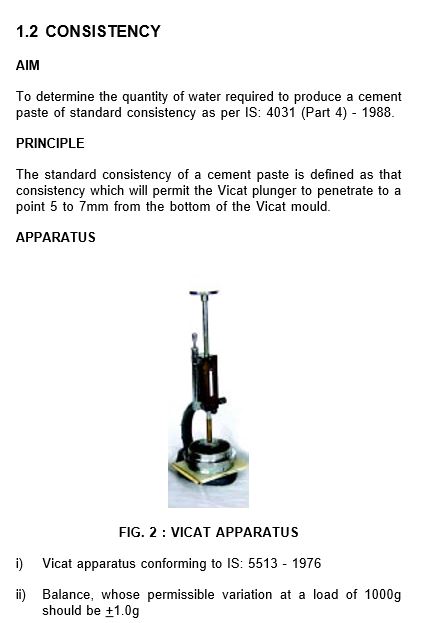

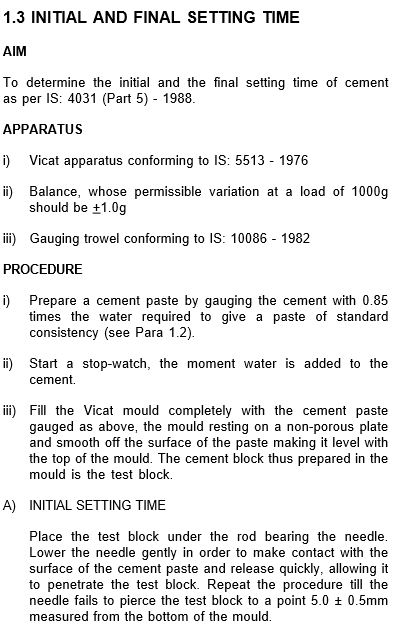

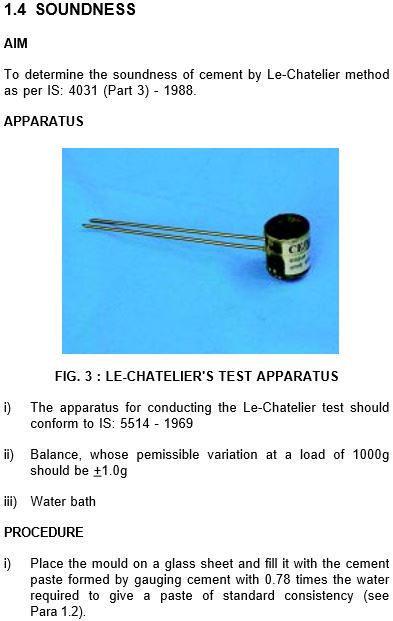
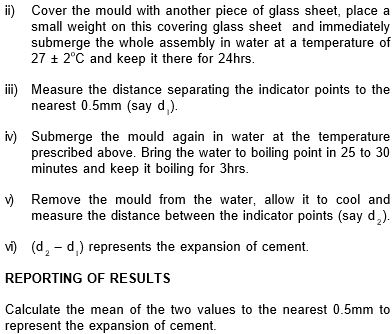
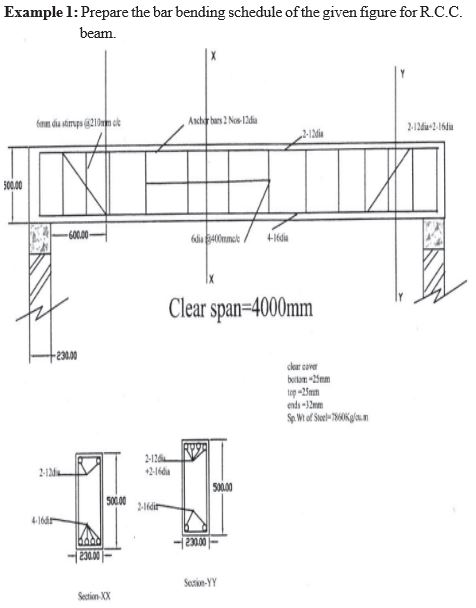
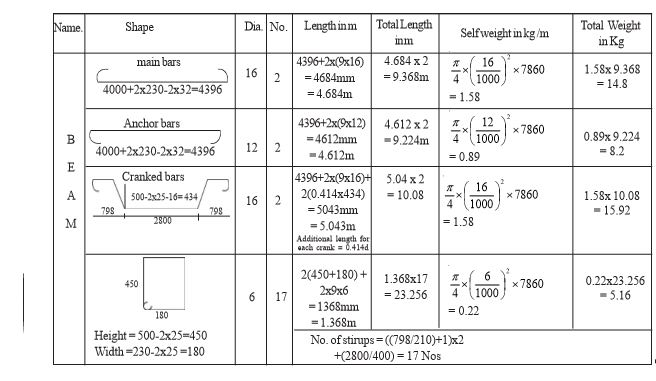
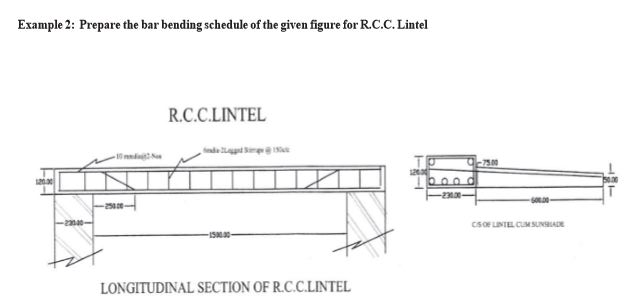
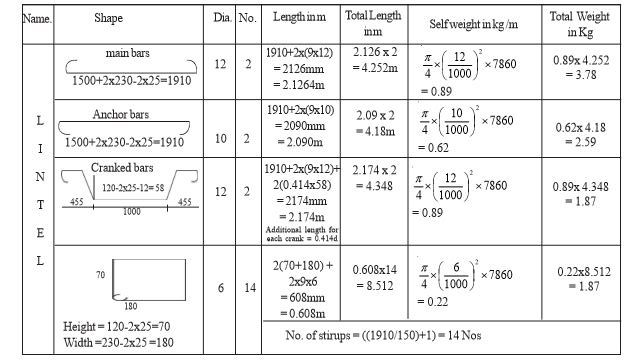

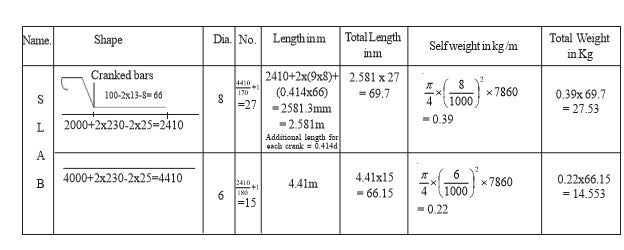
Preparation of Unit rates for finished items of works
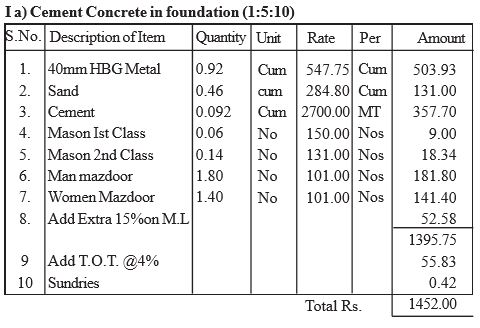


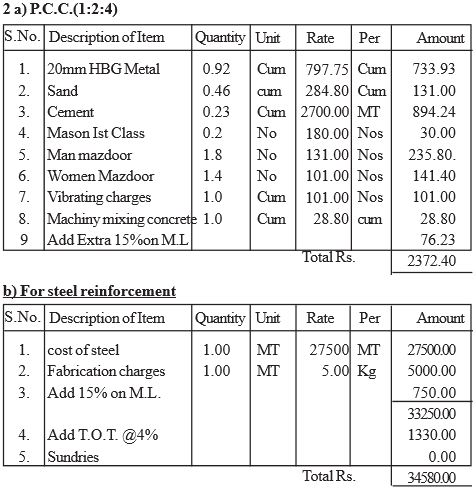
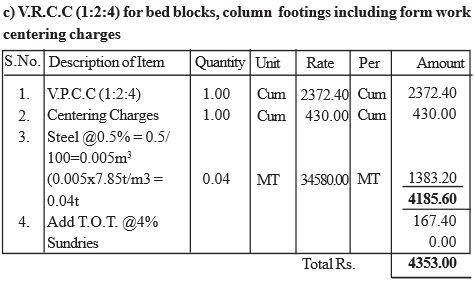


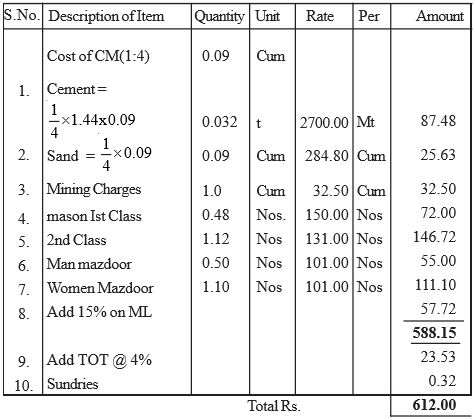

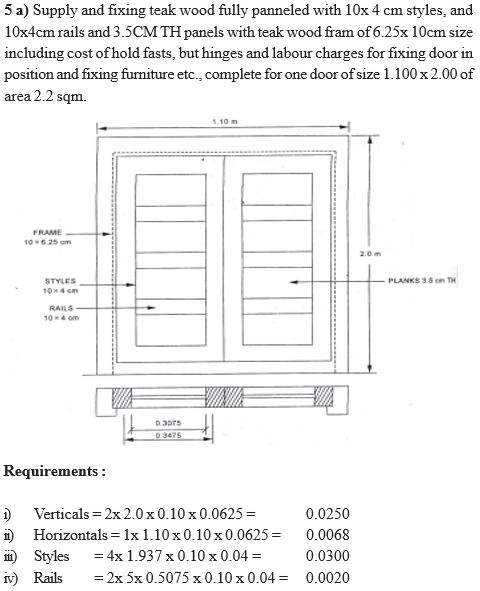

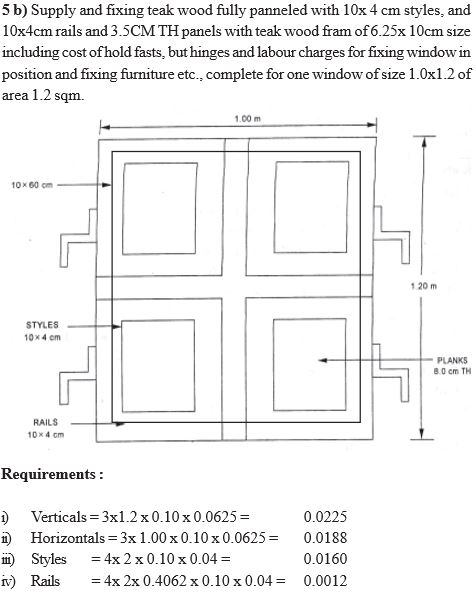
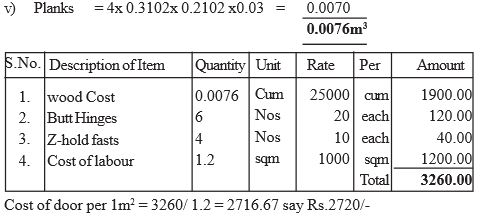
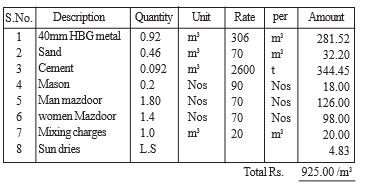


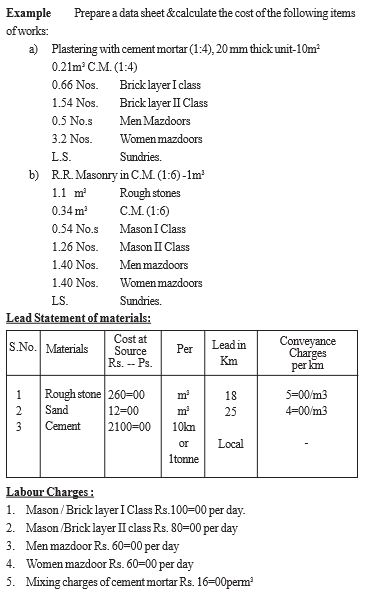
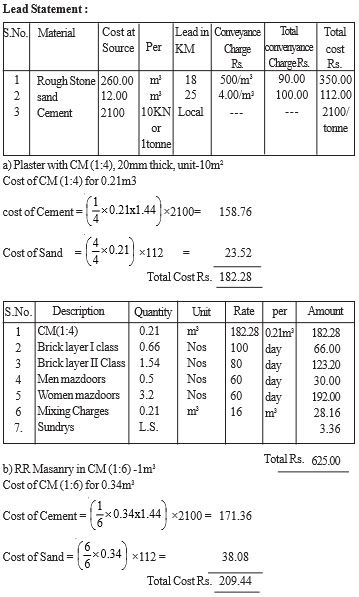

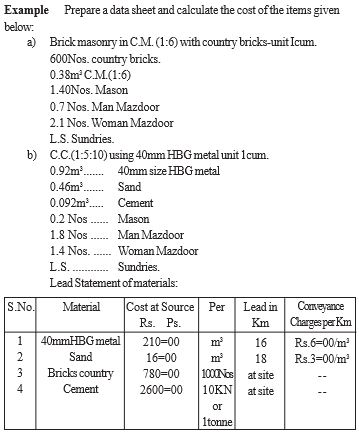


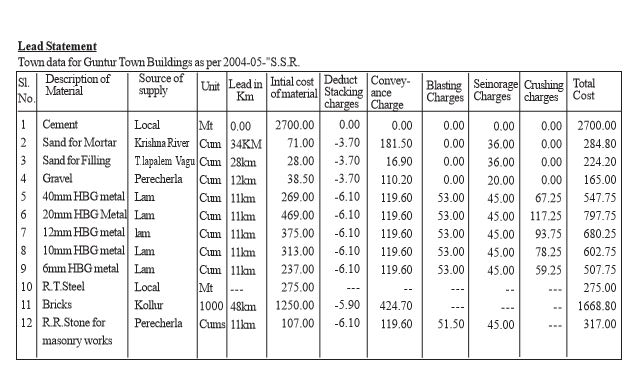
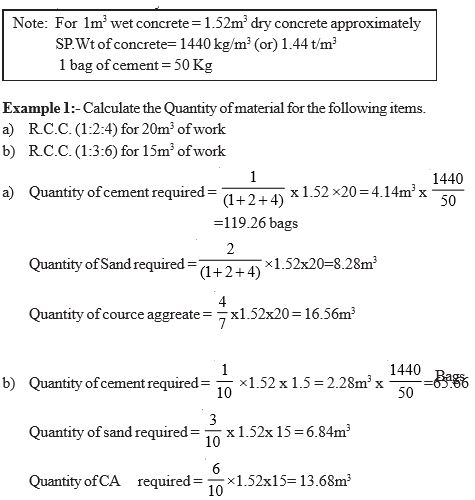
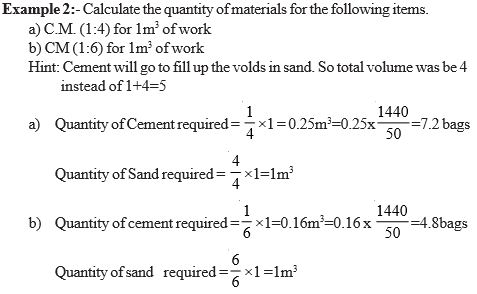


Estimation of basement steps (one way)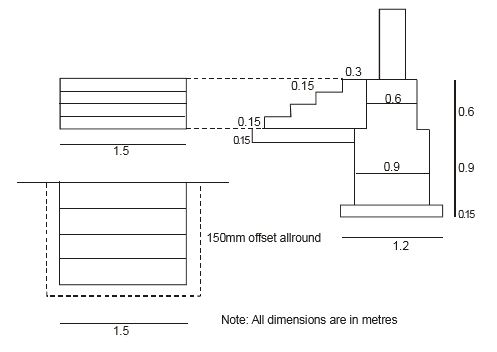

Estimate the Quantities of the pictured roof shown in figure
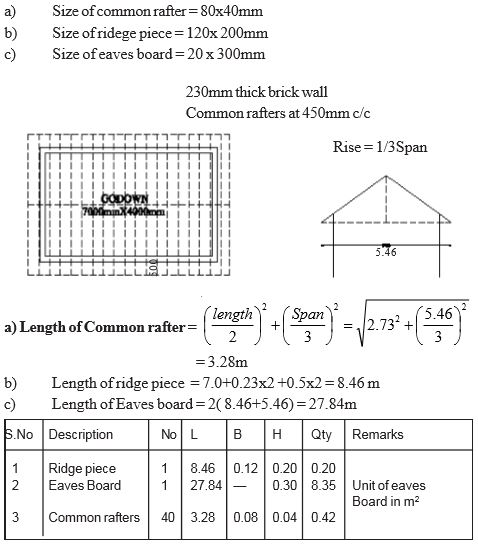
From the given figure below calculate the details estimate for the Compound Wall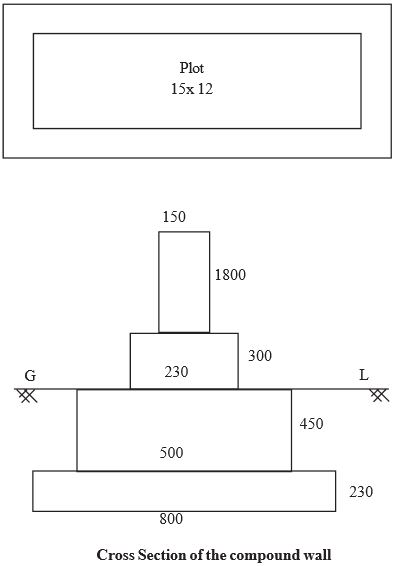
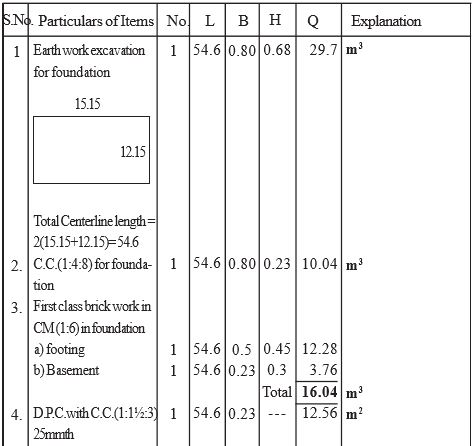
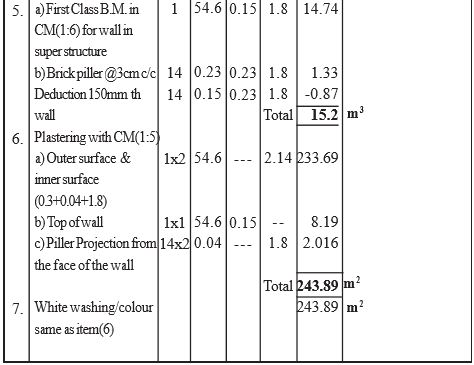
Calculate the quantities of items of the stair case of the figure shown in below.
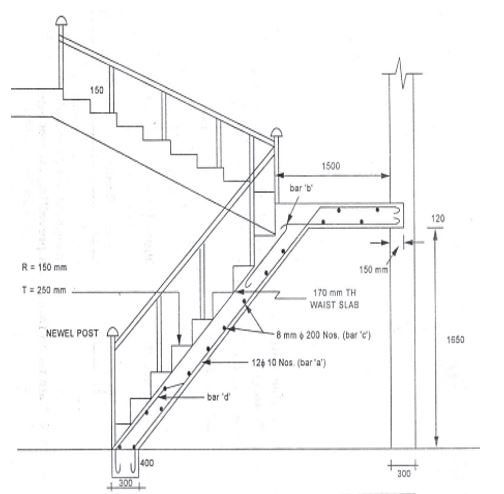
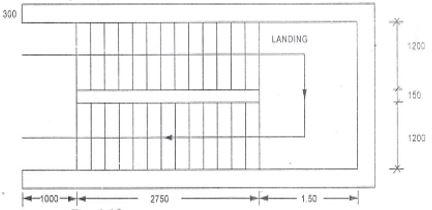


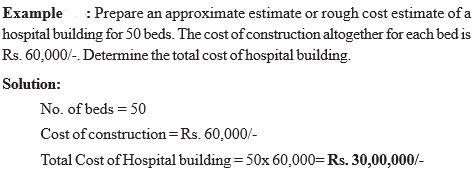


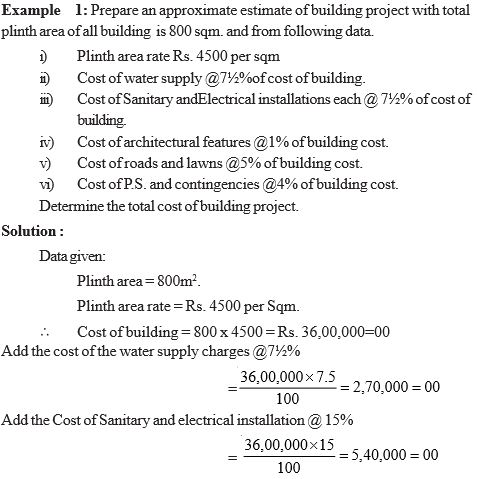
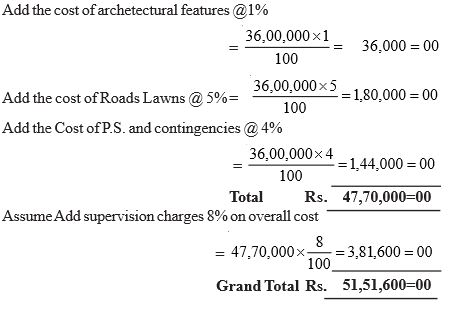




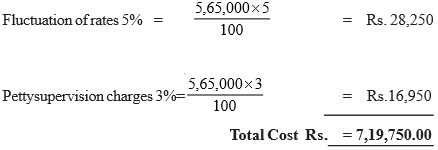
1. Estimate give an idea of the cost of the work and hence its feasibility can be determined i..e whether the project could be taken up with in the funds available or not.
2. Estimate gives an idea of time required for the completion of the work.
3. Estimate is required to invite the tenders and Quotations and to arrange contract.
4. Estimate is also required to control the expenditure during the execution of work.
5. Estimate decides whether the proposed plan matches the funds available or not.
Estimating involves the following operations:
1. Preparing detailed Estimate.
2. Calculating the rate of each unit of work
3. Preparing abstract of estimate
1. Drawings i.e.plans, elevations, sections etc.
If the drawings are not clear and without complete dimensions the preparation of estimation become very difficult. So, It is very essential before preparing an estimate.
2. Specifications.
a) General Specifications: This gives the nature, quality, class and work and materials in general terms to be used in various parts of wok. It helps no form a general idea of building.
b) Detailed Specifications: These gives the detailed description of the various items of work laying down the Quantities and qualities of materials, their proportions, the method of preparation workmanship and execution of work.
3. Rates
For preparing the estimate the unit rates of each item of work are required.
a) For arriving at the unit rates of each item.
b) The rates of various materials to be used in the construction.
c) The cost of transport materials.
d) The wages of labour, skilled or unskilled of masons, carpenters, Mazdoor, etc.
Most of people think that the estimate of a structure includes cost of land, cost of materials and labour, But many other direct and indirect costs included and is shown below:
While preparing an estimate, it is not possible to workout in detail in case of petty items. Items other than civil engineering such items are called lump sum items or simply L.S.Items. The following are some of L.S. Items in the estimate.
1. Water supply and sanitary arrangements.
2. Electrical installations like meter, motor, etc.,
3. Architectural features.
4. Contingencies and unforeseen items. In General, certain percentage on the cost of estimation is allotted for the above L.S.Items Even if sub estimates prepared or at the end of execution of work, the actual cost should not exceed the L.S.amounts provided in the main estimate.
During the construction of a project considerable number of skilled supervisors, work assistance, watchmen etc., are employed on temporary basis. The salaries of these persons are drawn from the L.S. amount allotted towards the work charged establishment. that is, establishment which is charged directly to work. an L.S.amount of 1½ to 2% of the estimated cost is provided towards the work charged establishment.
DETAILED ESTIMATE:
The preparation of detailed estimate consists of working out quantities of various items of work and then determine the cost of each item.
This is prepared in two stages.
i) Details of measurements and calculation of quantities: The complete work is divided into various items of work such as earth work concreting, brick work, R.C.C. Plastering etc., The details of measurements are taken from drawings and entered in respective columns of prescribed proforma. the quantities are calculated by multiplying the values that are in numbers column to Depth column as shown below:
Details of measurements form

ii) Abstract of Estimated Cost : The cost of each item of work is worked out from the quantities that already computed in the details measurement form at workable rate. But the total cost is worked out in the prescribed form is known as abstract of estimated form. 4% of estimated Cost is allowed for Petty Supervision, contingencies and Unforeseen items.
Abstract of estimate form
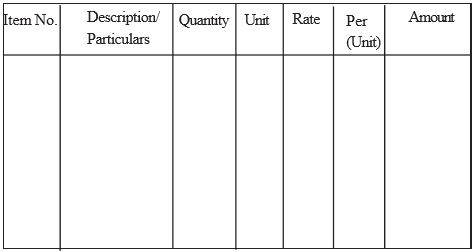
The detailed estimate should accompanied with
i) Report
ii) Specification
iii) Drawings (plans, elevation, sections)
iv) Design charts and calculations v) Standard schedule of rates.
i) Quantity and transportation of materials: For bigger project, the requirement of materials is more. such bulk volume of materials will be purchased and transported definitely at cheaper rate.
ii) Location of site: The site of work is selected, such that it should reduce damage or in transit during loading, unloading, stocking of materials.
iii) Local labour charges: The skill, suitability and wages of local labourers are considered while preparing the detailed estimate
The process of working out the cost or rate per unit of each item is called as Data. In preparation of Data, the rates of materials and labour are obtained from current standard scheduled of rates and while the quantities of materials and labour required for one unit of item are taken from Standard Data Book (S.D.B)
The rate per unit of an item includes the following:
i) Quantity of materials & cost: The requirement of mateials are taken strictly in accordance with standard data book(S.D.B). The cost of these includes first cost, freight, insurance and transportation charges.
ii) Cost of labour: The exact number of labourers required for unit of work and the multiplied by the wages/ day to get of labour for unit item work.
iii) Cost of equipment (T&P): Some works need special type of equipment, tools and plant. In such case, an amount of 1 to 2% of estimated cost is provided.
iv) Overhead charges: To meet expenses of office rent, depreciation of equipment salaries of staff postage, lighting an amount of 4% of estimate cost is allocated.
Preliminary or approximate estimate is required for studies of various aspects of work of project and for its administrative approval. It can decide, in case of commercial projects, whether the net income earned justifies the amount invested or not. The approximate estimate is prepared from the practical knowledge and cost of similar works. The estimate is accompanied by a report duly explaining necessity and utility of the project and with a site or layout plan. A percentage 5 to 10% is allowed for contingencies.
The following are the methods used for preparation of approximate estimates.
a) Plinth area method
The cost of construction is determined by multiplying plinth area with plinth area rate. The area is obtained by multiplying length and breadth (outer dimensions of building). In fixing the plinth area rate, careful observation and necessary enquiries are made in respect of quality and quantity aspect of materials and labor, type of foundation, height of building, roof, wood work, fixtures, number of storeys etc.
As per IS 3861-1966, the following areas include while calculating the plinth area of building:
a) Area of walls at floor level.
b) Internal shafts of sanitary installations not exceeding 2.0 sq.m, lifts, air conditioning ducts etc.
c) Area of barsati at terrace level: Barsati means any covered space open on one side constructed on one side constructed on terraced roof which is used as shelter during rainy season.
d) Porches of non cantilever type.
Areas which are not to include
a) Area of lofts.
b) Unenclosed balconies.
c) Architectural bands, cornices etc.
d) Domes, towers projecting above terrace level.
e) Box louvers and vertical sun breakers.
b) Cubical contents methods
This method is generally used for multi-storeyed buildings. It is more accurate than the other two methods viz., plinth area method and unit base method. The cost of a structure is calculated approximately as the total cubical contents (Volume of buildings) multiplied by Local Cubic Rate. The volume of building is obtained by Length x breadth x depth or height. The length and breadth are measured out to out of walls excluding the plinth off set. The cost of string course, cornice, carbelling etc., is neglected. The cost of building= volume of buildings x rate/ unit volume.
c) Unit base method
According to this method the cost of structure is determined by multiplying the total number of units with unit rate of each item. In case schools and colleges, the unit considered to be as ‘one student’ and in case of hospital, the unit is ‘one bed’. the unit rate is calculated by dividing the actual expenditure incurred or cost of similar building in the nearby locality by the number of units.

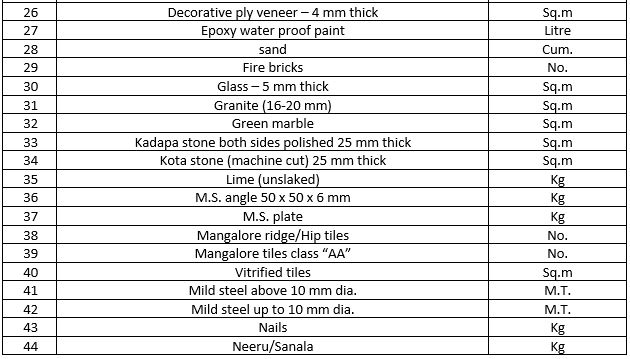
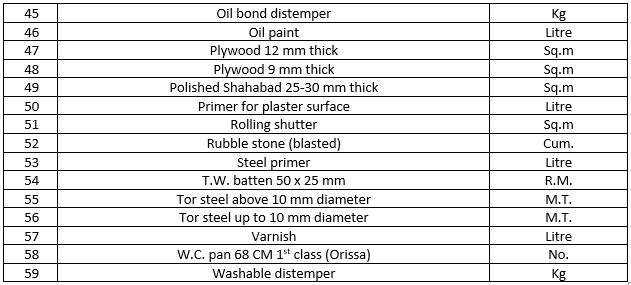
Painting two coats over a coat of priming for 10 sq.m area.
Providing water bound distemper of approved brand and shade in two coats [inclusive of priming coat of whitewash], scaffolding, etc. complete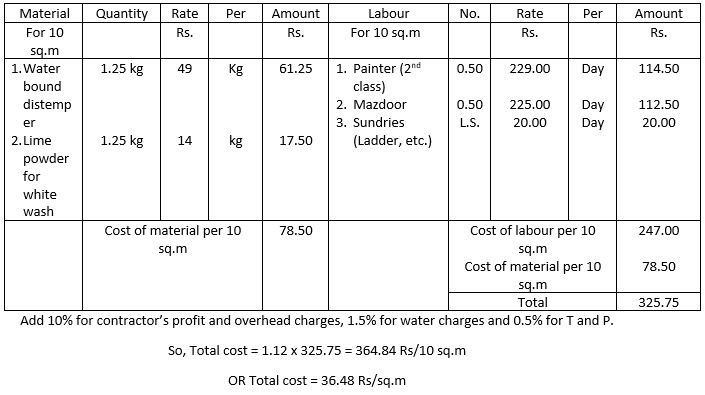
Providing and fixing mangalore tiled roofing with class A-A tiles with horizontal teak wood battens, iron work and oiling the battens, etc. complete.
Providing flush grooved pointing with cement mortar (1:3) for brickwork including scaffolding and curing, etc. complete.
Providing 12 mm thick plastering in cement mortar (1:4) with neeru finish to internal surfaces including scaffolding, curing, etc. complete.
Providing 12 mm thick internal plastering in cement mortar (1:4) without neeru finish to concrete or brick surfaces including scaffolding and curing, etc. complete.
Providing and laying vitrified tiles, over 20 mm thick cement mortar (1:6) for 10 cum. area.
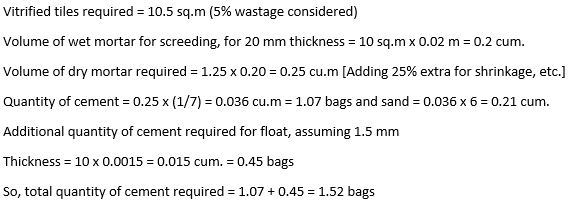

Providing and laying 2.50 cm thick cement concrete flooring using M15 (1:2:4) concrete for 10 sq.m area.


Providing and fixing in position mild steel reinforcement including bending, binding, hooking, wastage, laps, etc, complete.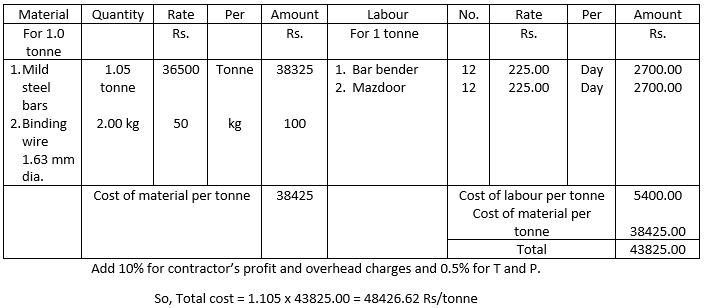
Providing cast in situ R.C.C. work in beams, slabs, etc. using M15 concrete (1:2:4) excluding steel but including centering, shuttering, bending and binding.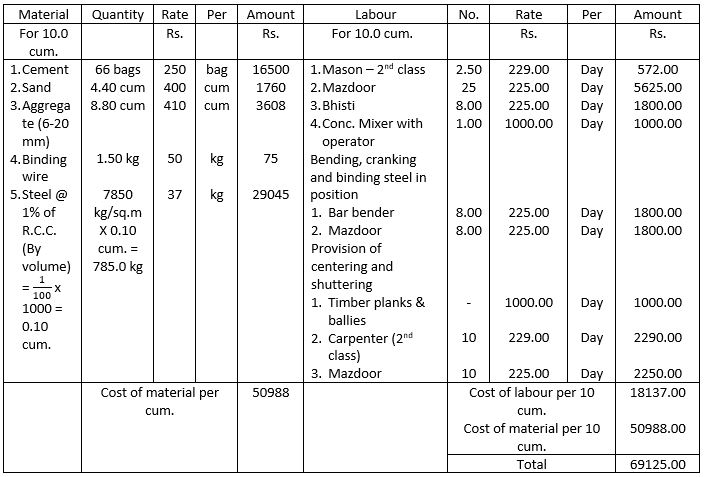

Providing cast in situ R.C.C. work in beams, slabs, etc. using M15 concrete (1:2:4) excluding steel but including centering, shuttering, bending and binding.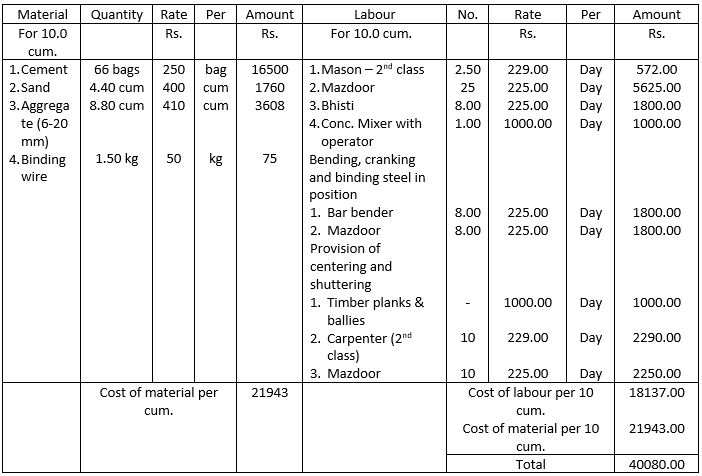

Providing 1st class brickwork in superstructure in cement mortar (1:6) with I.S. size bricks 19 cm x 9 cm x 9 cm including raking of joints, watering, scaffolding, etc. complete.
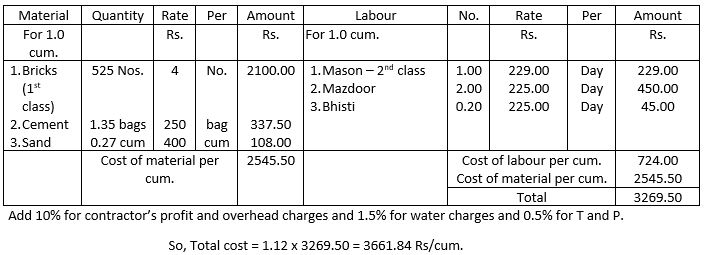
Providing and laying coursed rubble masonry in superstructure in cement mortar (1:6) including watering, scaffolding, etc. complete.

Providing and laying P.C.C. (1:4:8) in foundations including balling out of water manually, formwork, compaction, curing, etc. complete.
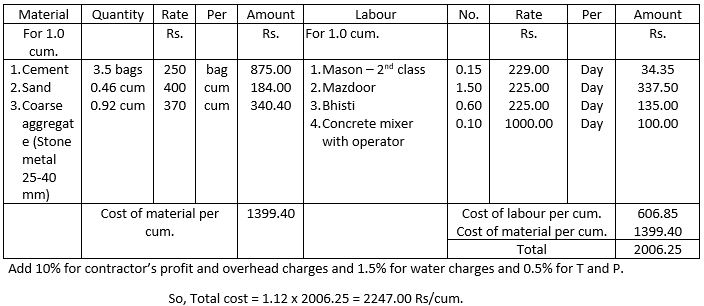
Providing and laying uncoursed (random) rubble masonry in cement mortar (1:6) including watering, scaffolding, etc. complete.

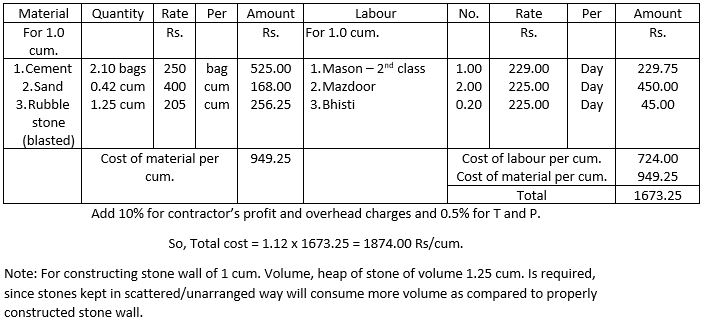
Excavation for foundation in earthen soil including removal of excavated material to normal lead of 50 m and lift of 1.5 m, shoring, strutting, preparing the bed for foundation, dewatering and back filling, etc. complete.
Unit 1 cum.
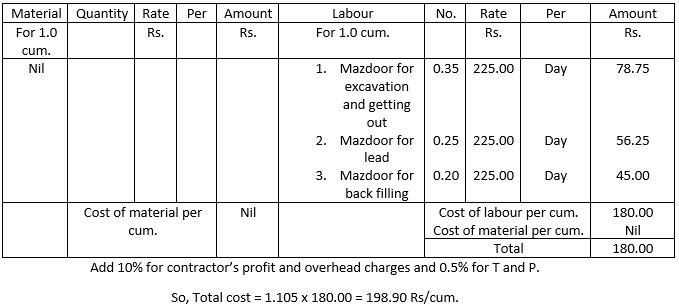


Estimation of R.C.C. Beam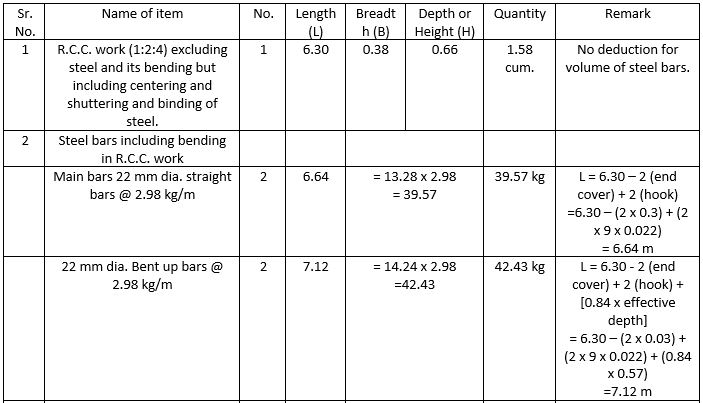
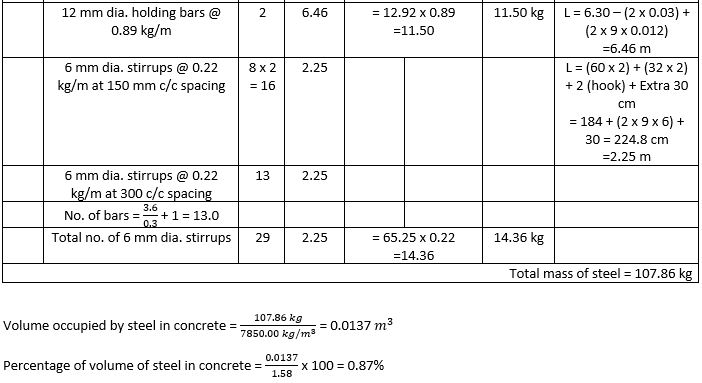

Measurement Sheet
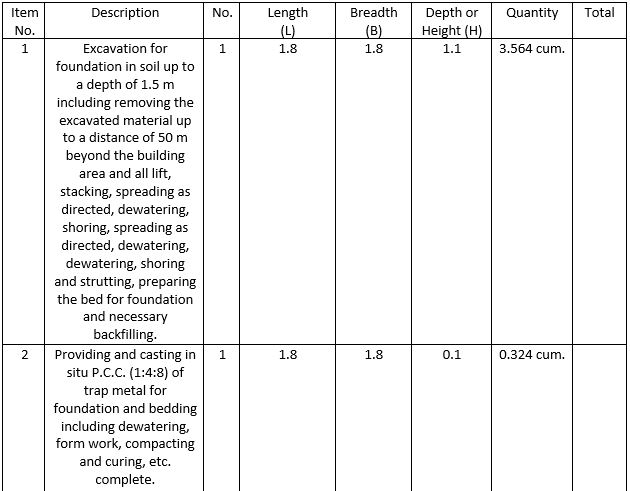
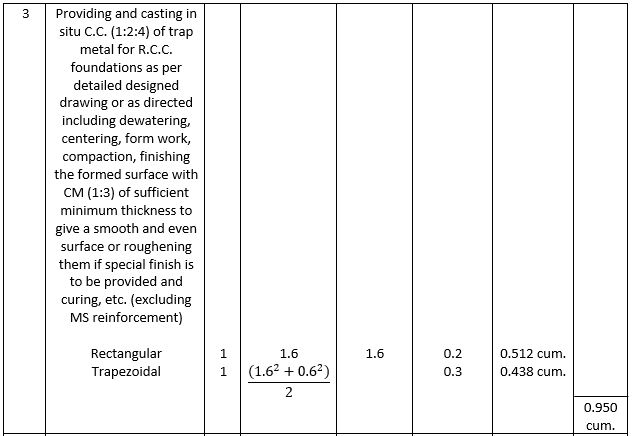


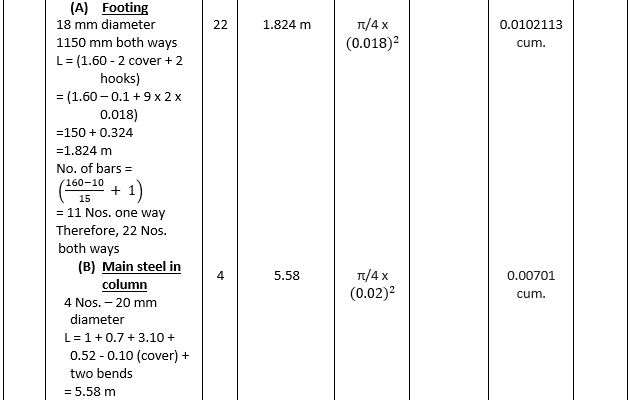


Abstract Sheet

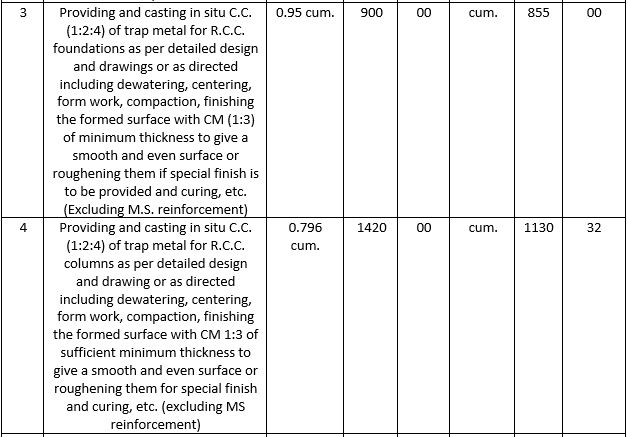

To calculate the number of Mangalore tiles and battens required to cover an area of 10 sq.m
Size of Mangalore tiles = 41 cm x 24 cm
and it can cover an area of 32 cm x 21 cm
Therefore, Area covered by one tile with overlap = 32 cm x 21 cm = 0.32 sq.m x 0.21 sq.m
= 0.672 sq.m
Therefore, Total number of tiles required = (Area to be covered / Area of one tile with overlap)
= 10 / 0.0672 = 148.81 = 149 Nos.
Length of the ridge tile = 40 cm
The size of teak wood battens is equal to 5 cm x 2.5 cm and are usually fixed at 30 cm c/c
Therefore, the length of the battens required = 36 m
Item: Plain cement tiles 20 mm thick over cement mortar (1:6) screeding, including cement float, etc.
The quantities of plain cement tiles, cement and sand required for flooring 10 sq.m area will be determined as follows:
= 10 (sq.m) x 2 / 1000 (m) = 0.2 cum.
Quantity of Cement required for (1:6) proportion = 0.26 / (1+6) = 0.037 cum.
= 0.037 x 30 = 1.11 bags of cement
and Quantity of cement required for float, assuming 1.5 mm thickness = 10 x 0.0015
=0.015 cum.
=0.015 x 30 = 0.45 bags of cement
Therefore, Total quantity of cement required = 1.11 + 0.45 = 1.56 bags
and, Quantity of sand required = [0.26/(1+6)] x 6 = 0.222 cum. = 0.25 cum.
The volume of dry mortar required for pointing depends upon the type of surface i.e. either brick work or masonry work.
For pointing ( which may be flush, struck or keyed) to the brick work, the dry volume of mortar , including wastage, required for 10 sq.m area is about 0.036 cum. and for random rubble masonry it is 0.076 cum.
Thus knowing the proportion of the mix of the mortar as 1:3, the quantity of cement and sand can be found out as follows:
Volume of cement required = 0.036 / (1+4) = 0.009 cum.
= 0.009 x 30 = 0.270 bags
and, Volume of sand required = [0.036 / (1+3)] x 3 = 0.027 cum.
Therefore, For pointing in cement mortar (1:3) proportion,
Quantity of cement required = 0.076 / (1+3) = 0.019 cum.
= 0.019 x 30 = 0.57 bags = 0.60 bags of cement
and, Quantity of mortar required = [0.076 / (1+3)] x 3 = 0.057 cum.
To determine the quantity of cement (or lime) and sand, required for plastering unit square metre of the area of various thickness is to work out the volume of mortar required per sq.m of plaster by multiplying the area to be plastered by its thickness.
In order to allow extra mortar for raked out joints, cavities, uneven surfaces, etc. the above worked out quantity is to be increased approximately by 30%.
Further to convert the wet volume of mortar into its corresponding dry volume, it should be increased by about 30%.
Then the quantities of cement and sand required can be determined by dividing the total dry volume of mortar by the sum of the numerical figures of proportion or mix of the mortar and multiplying it by the individual numerical figures.
e.g. To determine the quantities of cement and sand for 12 mm thick plaster in cement mortar (1:4), the procedure would be as follows:
Considering the area to be plastered as 10 sq.m, with a thickness of 12 mm, the quantity of wet mortar required = 10 (sq.m) x 1.2 / 100 (m) = 0.12 cum.
Therefore, Adding 30% extra for filling joints, and uneven surface, etc., quantity of wet mortar required = 0.12 + (0.3 x 0.12) = 0.156 cum.
Therefore, Quantity of dry mortar required = 0.156 + (0.3 x 0.156) = 0.156 + 0.0468
= 0.2028 cum.
Further, allowing for wastage, etc.
The total quantity of dry mortar required = 0.203 cum.
Therefore, Quantity of cement required = 0.203 / (1+4) = 0.041 cum.
= 0.042 x 30 = 1.23 bags
and Quantity of sand required = [0.203 / (1+4)] x 4 = 0.162 cum.
Approximate method
The approximate method of determining the volume of dry mortar required is to multiply the quantity of wet mortar required by a factor 1.8
i.e. Volume of wet mortar required = 0.12 cum.
Therefore, Volume of dry mortar required = 0.12 x 1.8 = 0.216 cum.
Therefore, Quantity of cement required = 0.216 / (1+4) = 0.043 cum.
= 0.043 x 30 = 1.29 = 1.30 bags
and, Quantity of sand required = [0.216 / (1+4)] x 4 = 0.0173 cum. which is same as determined above.
Neeru finish coat of 1.5 mm thickness.
If the inside face is to be plastered further with a Neeru finish of 1.5 mm thickness then the quantity of Neeru required for 10 sq.m surface
= 10 (sq.m) x 1.5 / 1000 (m)
= 0.015 cum.
i.e. 0.015 x 30 = 0.45 bags = 0.5 bags of Neeru which is available as ‘Sagol’ or ‘Sunala’ as brand name in the market.
In order to calculate the quantities of cement and sand required for 10 cm thick brick partition wall, with I.S. size (i.e. modular) bricks, the procedure would be as follows.
Considering 10 sq.m area of the brick work to be constructed with 10 cm thick wall.
The quantity of brick work in partition = 10 x (10/100) = 1 cum.
Therefore, Number of bricks required (considering the thickness of joints on 10 cm)
= 100/(0.20 x 0.1 x 0.1)
=500
Adding 5% extra for wastage = 25
Therefore, Total number of bricks = 525
Therefore, Quantity of mortar required = (10 x 0.1) – 500(0.19 x 0.9 x 0.9) = 1 – 0.77 = 0.23
Adding 10% extra for frog, bonding, wastage, etc. = 0.023
Therefore, Wet volume of mortar required = 0.253 cum.
Therefore, Dry volume required = 1.25 x 0.253 = 0.316 cum. = 0.30 cum.
i.e. for 10 sq.m area of brick work thickness 10 cm, the quantity of dry mortar required = 0.3 cum.
Further, knowing the proportion of mix, the quantities of cement and sand can be found out by dividing the total quantity of dry volume of mortar by the sum of the numerical figures of the proportion or mix of the mortar and then multiplying it by the individual numerals.

Therefore, Volume of one I.S. size brick, with thickness of joint as 1 cm = 0.20 x 0.1 x 0.1 = 0.002 cum.
Therefore, For 1 cum. of brick work, the total number of I.S. size (i.e. modular) bricks required = 1 cum. /0.002 = 500 Nos.
Therefore, Adding 5% towards wastage = 25
Therefore, Total number of I.S. bricks required = 525 Nos.
Now,
Quantity or volume of wet mortar required = (Total volume of brick work) – (Volume occupied by 500 bricks of 19 cm x 9 cm x 9 cm size)
= (1 – 500 x 0.19 x 0.09 x 0.09) cum
= 1 – 0.7695
=0.2305 cum.
In order to allow for mortar for filling the frog, bonding and wastage during its use, 10% is to be added.
Therefore, Volume of wet mortar required = 0.2305 + 0.10 x 0.2305
= 0.235 cum.
Therefore, Dry volume of mortar required = 1.25 x 0.235
= 0.316 = 0.30
i.e. Approximately for 1 cum. of brick work, 30% of the dry mortar will be required.
Calculations of materials for 1 cum. of brick work in C.M. (1:6) with traditional size bricks 9″ x 4.375″ x 2.75″ (i.e. 22.86 cm x 11.11 cm x 6.985 cm)
Assuming thickness of joint as 1 cm throughout, the nominal size of traditional bricks = 23.86 cm x 12.11 cm x 7.985 cm
Therefore, Volume of one traditional size brick with 1 cm as thickness of joint = (0.2386 x 0.1211 x 0.07985) cum. = 0.002307 cum.
Number of traditional bricks required for 1 cum. of brickwork = 1/0.002307
= 433 Nos.
Add 5% towards wastage = 22
Therefore, Total number of traditional bricks required = 455 Nos.
Now, Value of wet mortar required = 1 – 433 x (0.2286 x 0.1111 x 0.06985)
= 1 – 0.77
= 0.23 cum. which is practically same as derived above
Therefore, Adding 10% extra for wastage = 0.023 cum.
Therefore, Wet volume of mortar required = 0.253 cum.
Therefore, Dry volume required = 1.25 (wet volume)
= 1.25 x 0.253
=0.316 cum. = 0.30 cum.
i.e. approximately 30% of dry volume of mortar is required for constructing 1 cum. of brick work. Further, knowing the proportion of cement mortar the quantities of cement (in bags) and sand can be worked out as usual.
e.g. knowing the proportion of the cement mortar, the quantities of cement and sand required can be determined as follows.
For cement mortar (1:6) proportion,
Quantity of cement required = (Dry volume of mortar)/(1+6) = (0.316/7)
= 0.045 cum. = 0.045 x 30 = 1.35 bags of cement
and, Quantity of sand required = (0.316/7) x 6 = 0.2708 cum. = 0.27 cum.
Approximate method:
The above quantities can be determined by an approximate method as follows:
For 1 cum. of brick work divide 0.3 by the sum of the proportion of the material to obtain the quantity of cement in cubic metre
i.e. Quantity of cement required = (0.3)/(1+6) = 0.3/7 = 0.043 cum.
But as certain amount of cement will be required to fill the voids in the sand, add 0.002 cubic metre extra.
Therefore, Quantity of cement required = 0.043 + 0.002 = 0.045 cum. which is same as above
Therefore, Number of cement bags required = 0.045 x 30 = 11.35 bag
and, Quantity of sand required = 0.045 x 6 = 0.27 cum.
To determine the materials required for 1 cum. of (wet) concrete of 1:4:8 proportion, the dry volume of concrete required will be 1.52 cum. (which shrinks to 1 cum. after adding of water to it)
As 1 cum. of cement is equivalent to 30 bags of cement (each bag weighing 50 kg)
The quantity of cement required = 0.117 x 30 = 3.51 bags = 3.50 bags.

The following table gives the quantities of materials required for cement concrete of various proportion (i.e. mix) by volume.

Item of Work





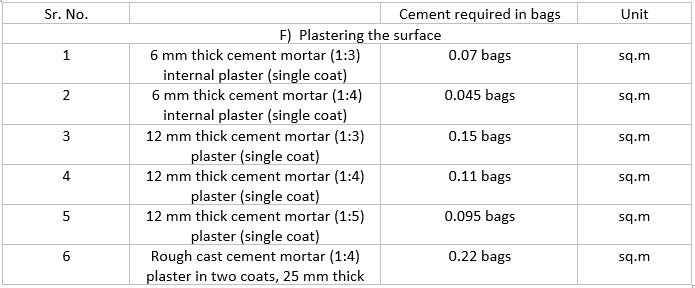

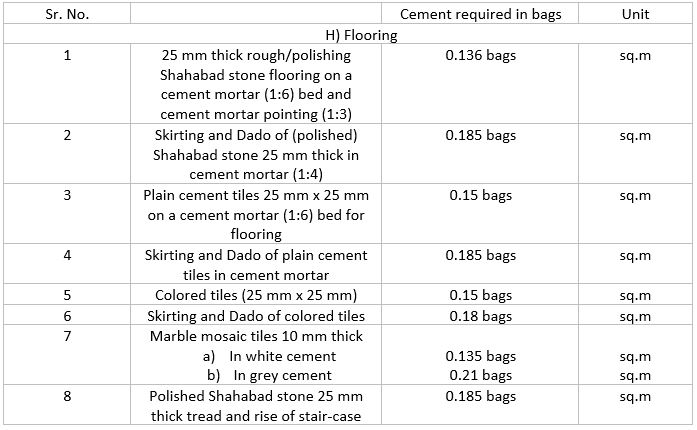
Note: For items of construction of superstructure of a building, the prices (i.e. rates) are to be increased for subsequent floor as more effort is required for transporting material to subsequent floors: The above increase in price shall be over the ground floor rates only.
The above increase in price shall be over the ground floor rates only.
The Report of Productivity project of National Building Organization (N.B.O.) New Delhi specifies the labor requirements of various categories for different items of work as follows:




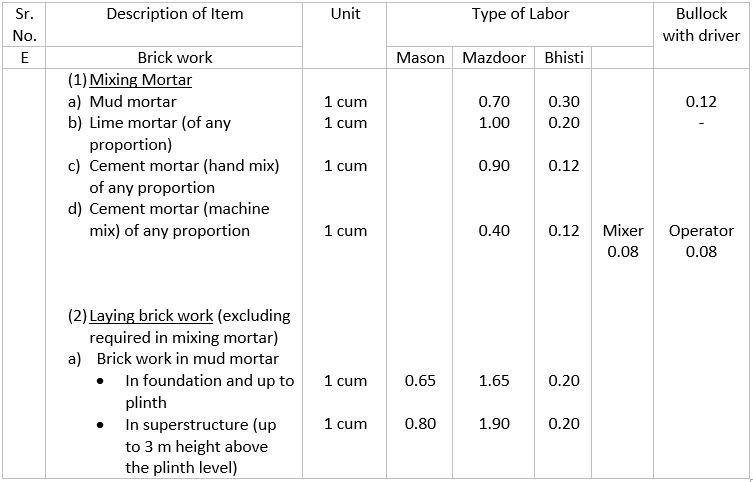

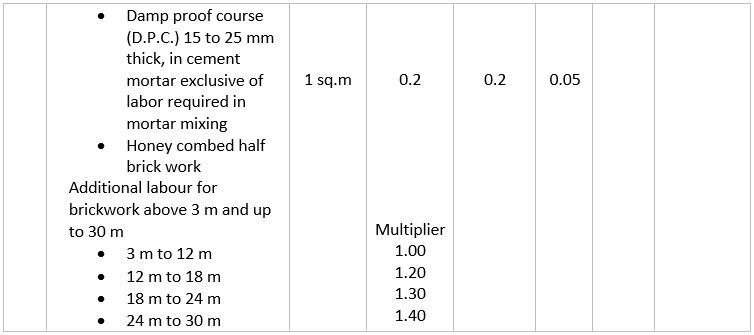
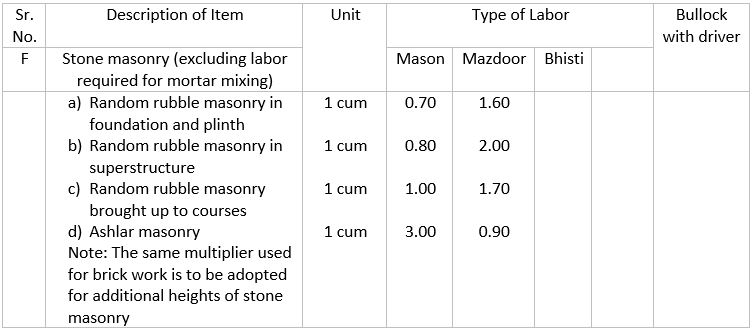
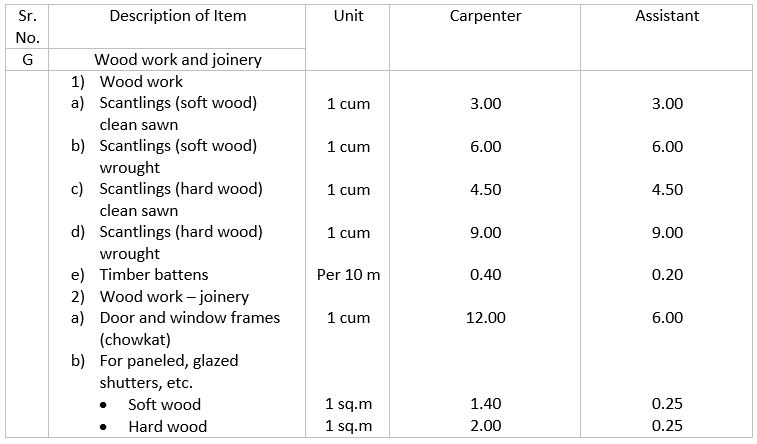



PROBLEM No. 1
Draw the Longitudinal section and two cross sections one near the support and other near the mid span of a R.C.C. continuous beam with the following data:
Clear span of beams = 3 m each
Width of beam = 200 mm
Overall depth of beam = 300 mm
Width in intermediate supports = 200 mm
Main reinforcement = 4 Nos -12 mm diameter bars with 2 bars bent up
Anchor/hanger bars= 2-10 mm diameter
Stirrups = 6 mm diameter @ 300 mm c/c.
Materials : HYSD bars and M20 grade concrete
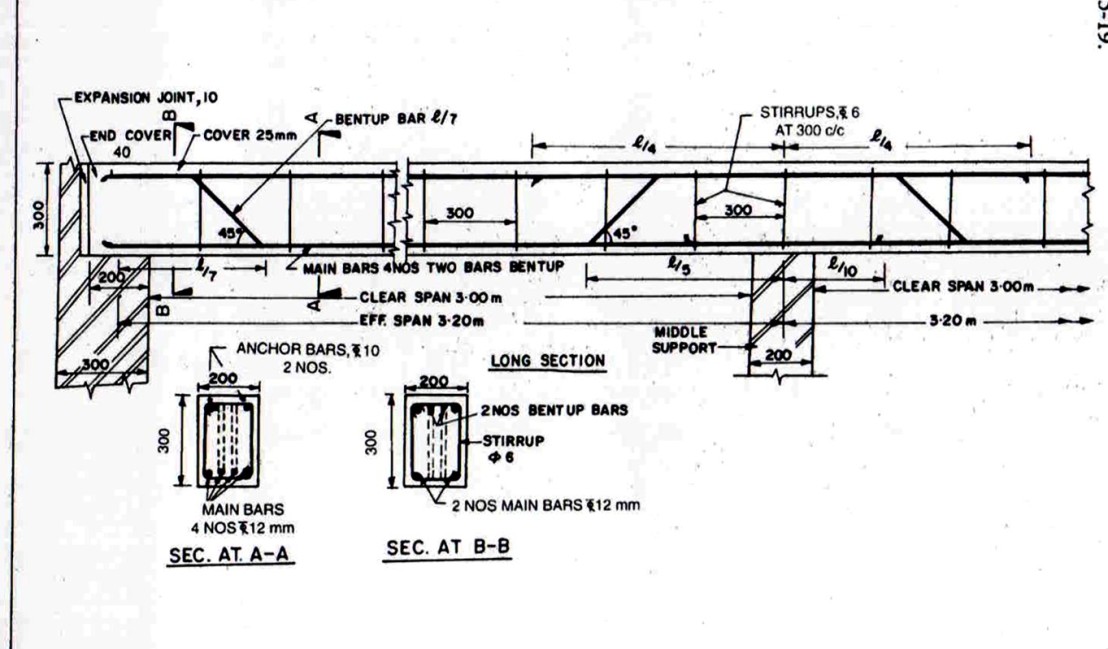
PROBLEM No. 2
A rectangular beam of cross section 300 x 450 mm is supported on 4 columns which are equally spaced at 3 m c/c. The columns are of 300 mm x 300 mm in section. The reinforcement consists of 4 bars of a 6 mm diameter (+ve reinforcement) at mid span and 4 bars of 16 mm diameter at all supports (-ve reinforcement). Anchor bars consists of a 2-16 mm diameter. Stirrups are of 8 mm diameter 2 legged vertical at 200 c/c throughout. Grade of concrete is M20 and type of steel is Fe 415.
Draw longitudinal section and important cross sections.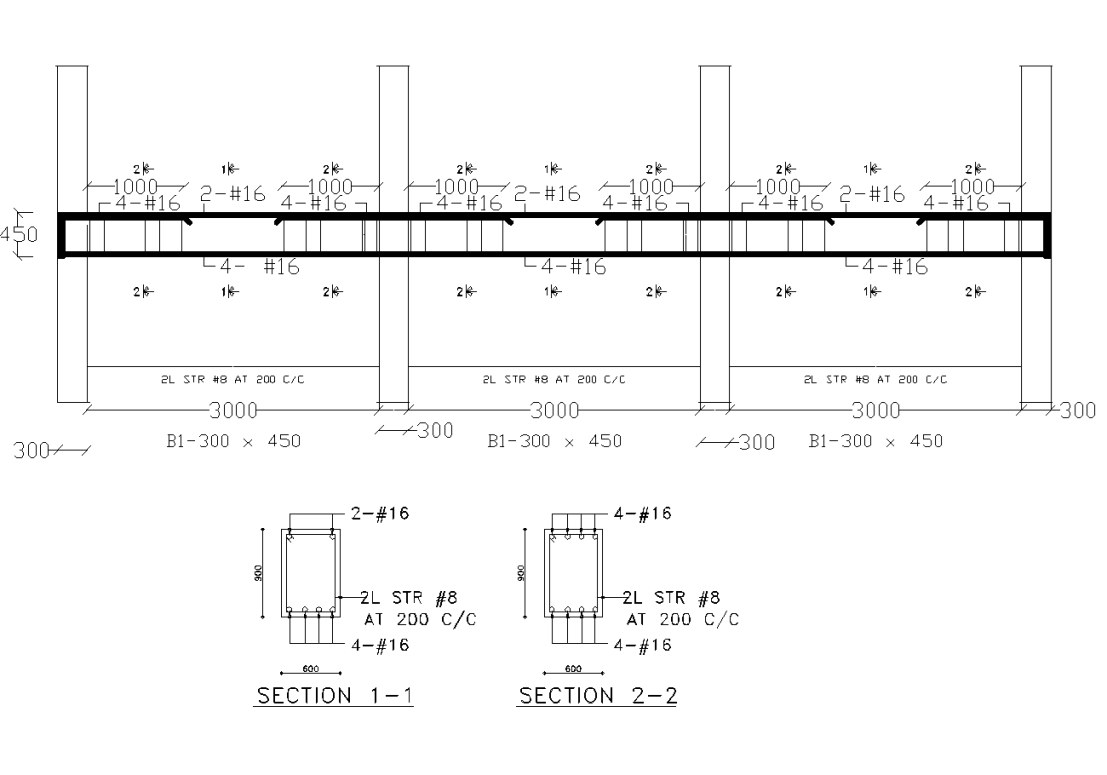
PROBLEM No. 3
Draw to scale of 1:20 the Longitudinal section and two cross-section of a cantilever beam projecting 3.2 from a support using following data
Clear span =3.2m
Overall depth at free end = 150 mm
Overall depth at fixed end = 450 mm
Width of cantilever beam = 300 mm
Main steel = 4-28 mm dia with two bars curtailed at 1.5 m from support
Anchor bars = 2 Nos. 16 mm dia
Nominal stirrups = 6mm dia at 40 mm c/c
Bearing at fixed end = 300 mm
Use M20 concrete and Fe 415 steel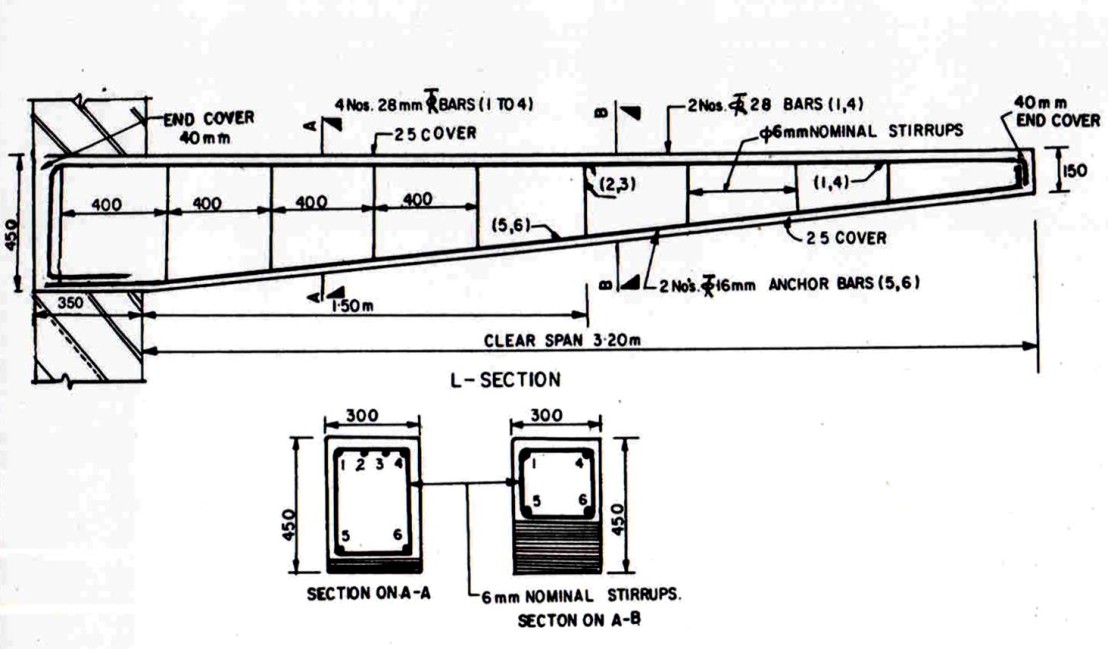
PROBLEM No. 4
A cantilever beam with 3.2 m length is resting over a masonry wall and supporting a slab over it. Draw to a suitable scale Longitudinal section, two cross-sections and sectional plan with the following data:
Size of beam = 300 mm x 350 mm at free end and 300 mm x 450 mm at fixed end and in the wall up to a length of 4.8 m
Main steel: 4 nos. of 25 mm dia bars, two bars curtailed at 1.2 m from free end
Hanger bars: 2 nos. 16 mm.
Stirrups: 6 mm dia 2 legged stirrups @ 200 mm c/c the support length and @100 mm c/c from fixed end up to length of 1 m @ 150 mm c/c up to curtailed bars and remaining @ 200 c/c.
Use M20 concrete and Fe 415 steel
PROBLEM No. 5
A beam has following data
Clear span = 4m
Support width = 300mm
Size of web = 350 x 400
Size of flange = 1200 x 120mm
Main reinforcement in two layers : 3-20 tor + 3-16 tor and to be curtailed at a distance 400 mm from inner face of support
Hanger bars: 3- 20 tor
Stirrups: 2L-8 tor @ 200 c/c
Use M20 concrete and Fe 415 steel
Draw longitudinal and cross section if the beam is
1.T-beam
2.Inverted T-beam
3.L-Beam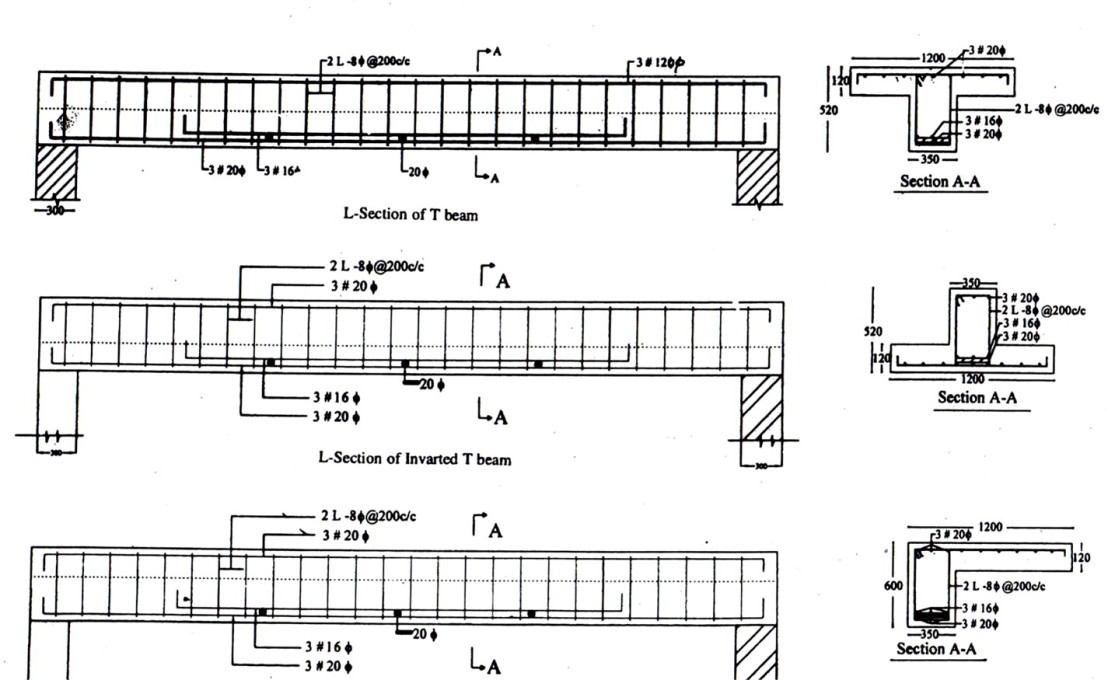
PROBLEM No. 6
Main positive reinforcement @ end span = 8 mm diameter @100 c/c
Main reinforcement in other interior panels = 8 mm diameter @ 200 c/c
Negative reinforcement @ all supports = 8mm diameter @ 200 c/c
Distribution steel= 8 mm diameter @ 200 c/c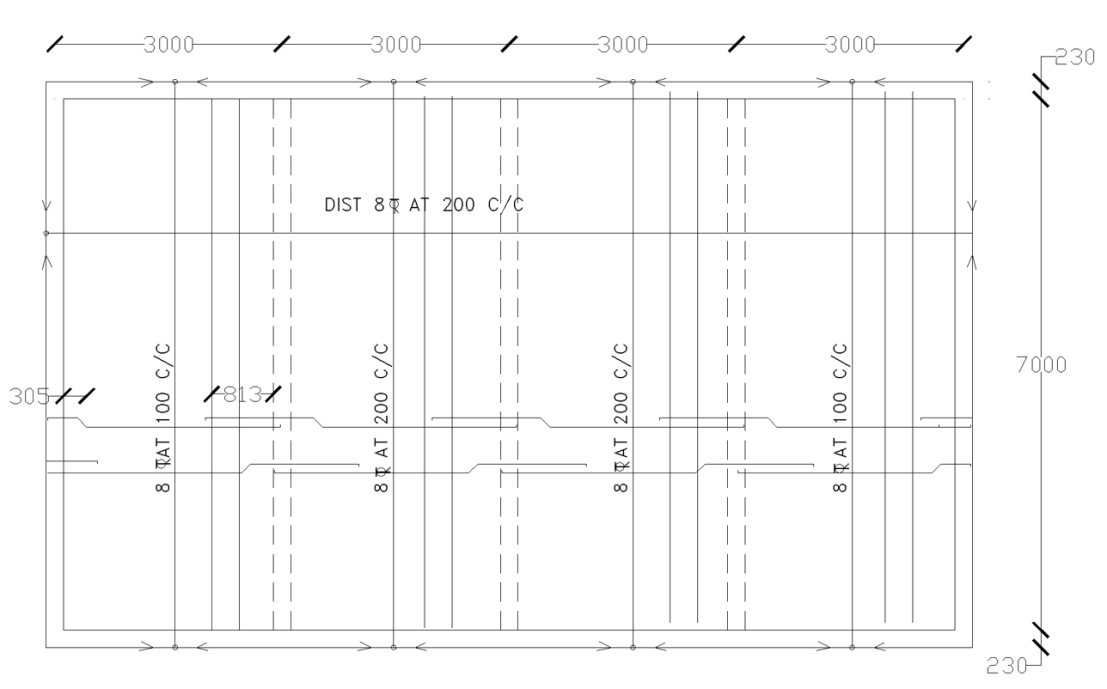
Slab spanning in one direction (One-way slab)
Slab spanning in two-directions (two-way slab)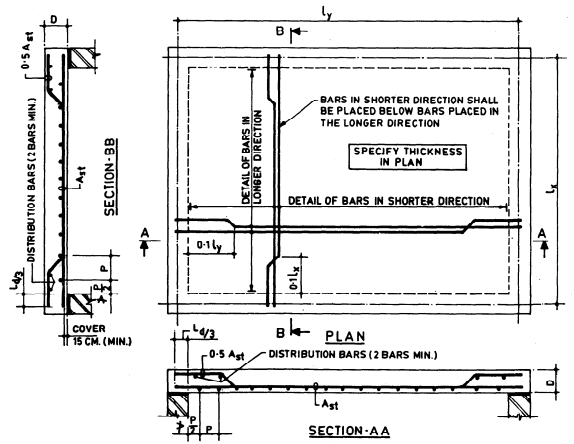
Example: Prepare bar bending schedule for the given beam. Clear cover = 40 mm
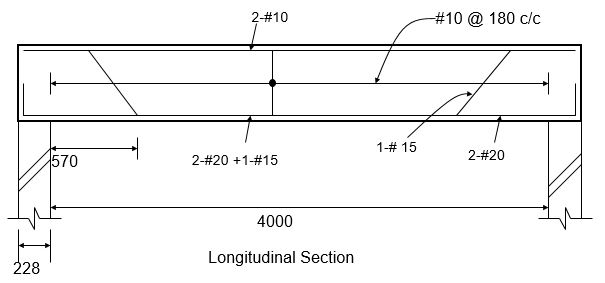


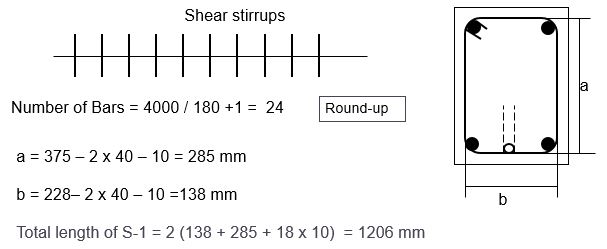

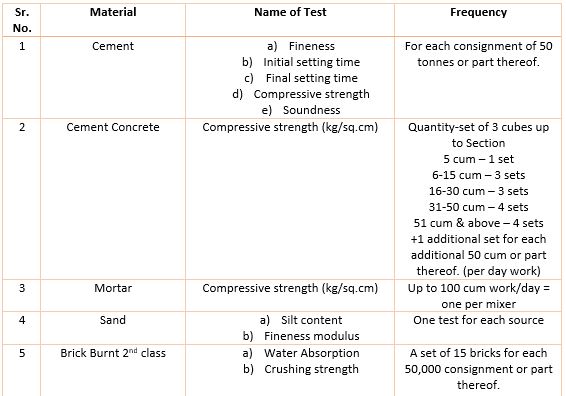
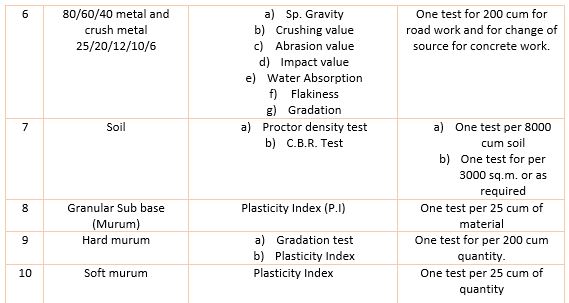
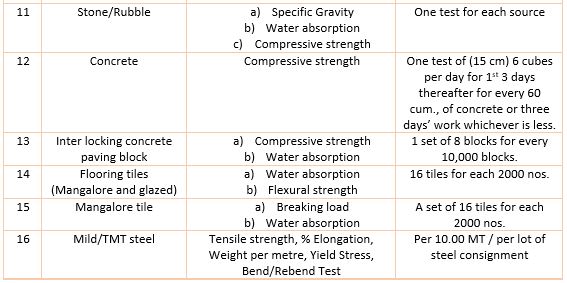
Why do we need Daily Construction Reports?
It is part of the business and daily routine.
It is needed for legal aspects and purposes.
Things/Factors that a Daily Report Supports:
Things to Avoid in Daily Reports:
What do you need:
Be sure to have an answer to the following:
Important Aspects on a Daily Report:
Other noteworthy items:
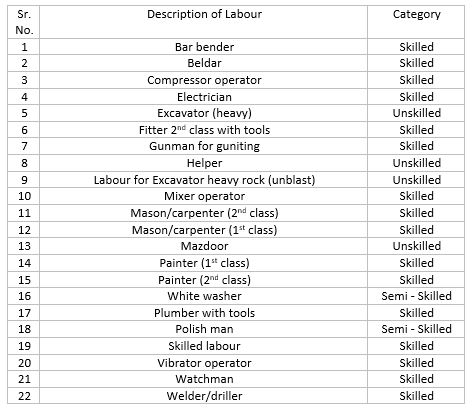

The table below shows the quantities of materials required for different items in construction: 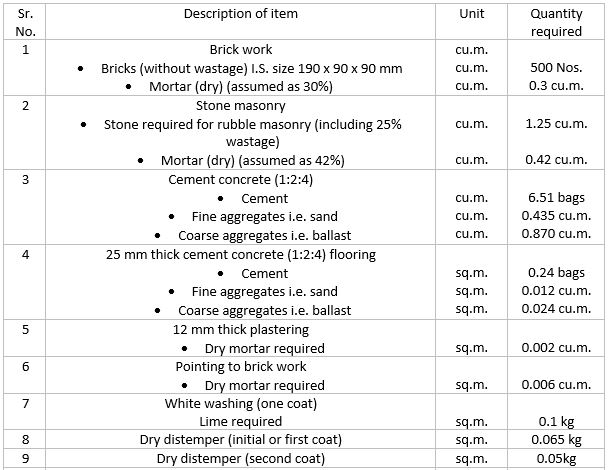
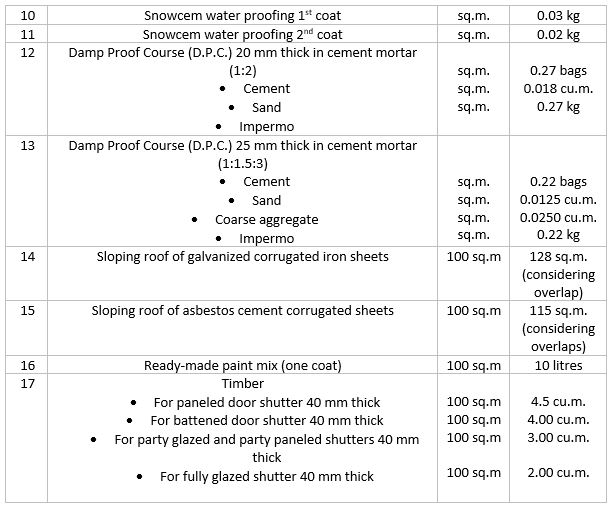
The task work stated below is to be used as a guidance only and should not be quoted as a rule.


In order to ensure that the quantities of the various items worked out in a detailed estimate are fairly correct, it is necessary to apply cross-checks as specified:
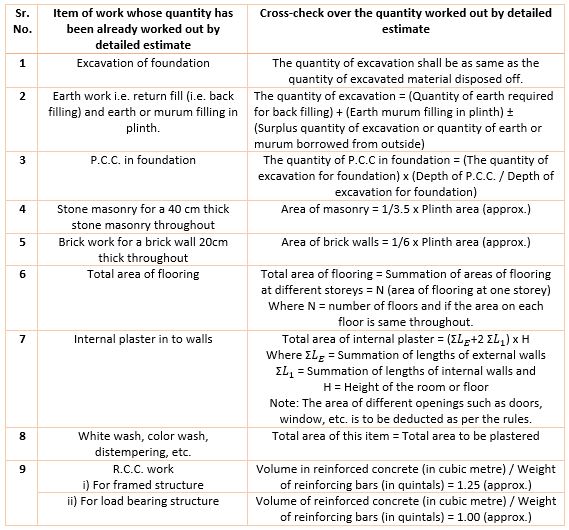
Schedule of Work
Utility
Finishes
Total: 57 week
WEEK 1
Activity 1: Site survey
Duration: 7 days
Materials: –
Equipment:-
Skilled Workers: Backhoe Loader Operator(1), General workers(4), Lorry driver(1)
Technical Information: Analysis is done to the construction site by surveyor and further planning and advices to the site for construction preparation and development.
Activity 2: Mobilization
Duration: 2-3 days
Materials: Machineries
Equipment: Lorries(2), mobile crane(1), backhoe loaders(1), Hydraulic Piling Hammer(1), excavator(1), compactor (1), boring machine(1)
Skilled Workers: lorry drivers(2), excavator operator(1), backhoe loader operator(1), Hydraulic Piling Hammer operator(1), compactor operators (1), boring machine operator(1)
Technical Information: Machineries required is delivered to the site and wait for job to be executed.
Activity 3: Site Clearing
Duration: 7 days
Materials: –
Equipment: Backhoe Loader, chainsaw, lorry truck (carry earth & plants away)
Skilled Workers: Backhoe Loader Operator(1), General workers(4), Lorry driver(1)
Technical Information: Excavation of unfavorable soil and substances such as stones and tree barks. Initial leveling is done for the preparation of earthwork.
WEEK 2
Activity 1: Hoarding (setting out), staking (plan boundary)


Duration: 5 days
Materials: blue metal decks, nails, wooden pegs, planks, stakes, Builder’s line
Equipment: hammer, measuring tape, theodolite, Dummy level, construction sign board
Skilled Workers: quantity surveyor (2), general workers (4)
Technical Information: Boundary of the construction site is precisely measured and borders the site where the construction takes place. The site is marked with gridlines with a setback of 20 feet from the road and 10 feet for the porch according to UBBL and the location of the pile is marked.
Activity 2: Earthwork
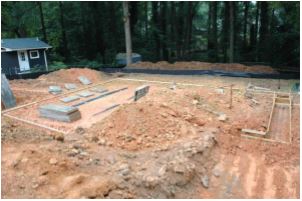
Duration: 7 days
Materials: –
Equipment: excavator, compactor
Skilled Workers: Excavator Operator (1), Compactor Operator (1)
Technical Information: Removal of top soil and land leveling. The land is excavated to around 300mm of the top soil. Keep away or stored well for reuse due to its high water retentive characteristic.
WEEK 3
Activity 1: Earthwork (continued)
Duration: 7 days (continued from last week)
Materials: –
Equipment: excavator, compactor
Skilled Workers: Excavator Operator (1), Compactor Operator (1)
Technical information: Removal of top soil and land leveling. The land is excavated to around 300mm of the top soil. Keep away or stored well for reuse due to its high water retentive characteristic.
Activity 2: Piling (Grid 13- Grid 15)


Duration: 10-14 days
Materials: Reinforced concrete piles, Concrete Grade 30, Reinforcement, wooden formworks
Equipment: Hydraulic Piling Hammer(1), Rebar Bending machine(1), Boring Machine(1), cement concrete mixer (1), hacker (1)
Skilled Workers: Hydraulic Piling Hammer Operator (1), Boring Machine Operator (1), Rebar Bender (1), General construction workers (6)
Technical Information: The depth/length of the piles is depending on the soil condition based on the soil test, after that the engineers will decide the pile length to fit the soil condition of the site, based on the result of the test. Difference in height of the piles will be cut below cap using hacker. The rebar connected to the piles are then removed and left for the joining of capping reinforcement. Soil specimen is taken for soil test experiment to determine the length of the pile. The pile integrity test (Load test) is done to determine the strength to support the load.
Week 4
Activity 1: Piling (Grid 8 – Grid 12)


Duration: 10-14 days
Materials: Reinforced concrete piles, Concrete Grade 30, Reinforcement, wooden formworks
Equipment: Hydraulic Piling Hammer(1), Rebar Bending machine(1), Boring Machine(1), cement concrete mixer (1)
Skilled Workers: Hydraulic Piling Hammer Operator (1), Boring Machine Operator (1), Rebar Bender (1), General construction workers (6)
Technical Information: The depth/length of the piles is depending on the soil condition based on the soil test, after that the engineers will decide the pile length to fit the soil condition of the site, based on the result of the test. Difference in height of the piles will be cut below cap using hacker. The rebar connected to the piles are then removed and left for the joining of capping reinforcement. Soil specimen is taken for soil test experiment to determine the length of the pile. The pile integrity test (Load test) is done to determine the strength to support the load.
Week 5
Activity 1: Leveling of Piles before capping
Duration: 3 days
Materials: Reinforced concrete piles, Concrete Grade 30, Reinforcement, wooden formworks
Equipment: Hydraulic Piling Hammer(1), Rebar Bending machine(1), Boring Machine(1), cement concrete mixer (1)
Skilled Workers: Hydraulic Piling Hammer Operator (1), Boring Machine Operator (1), Rebar Bender (1), General construction workers (6)
Technical Information: When the piling is penetrated into the soil, the piles are in different height. The piles need to be cut before cap by using hacker. The rebar are removed and then the capping reinforcement are applied.
Activity 2: Pile capping


Duration: 7 -14 days
Materials: Reinforced concrete piles, Concrete Grade 30, Reinforcement, wooden formworks
Equipment: Hydraulic Piling Hammer(1), Rebar Bending machine(1), Boring Machine(1), cement concrete mixer (1)
Skilled Workers: Hydraulic Piling Hammer Operator (1), Boring Machine Operator (1), Rebar Bender (1), General construction workers (6)
Technical Information: pile caps takes around 2 weeks to reach its maximum strength, but usually it can be done after it is left curing for about a week. Stumping can be constructed around that time.
Week 6
Activity 1: Stump from Pile caps


Duration:7 days-14 days
Materials: Concrete Grade 30, reinforcements, timber formworks.
Equipment: Concrete Vibrator(1), Rebar bending machine(1), tablesaw(1)
Skilled Workers: Land Surveyor (1), Carpenter(2), Bar Bender (1), General worker (2)
Technical Information: After pilings , the land surveyor will identity of the height required of the stumps and thereafter construct the stumps based on the data. Steel rebar are bent into cage form, with starter bar protruding upward to connect for latter construction of columns. Constructed the same way as the pile capping, the stumps are left for curing in order to achieve its required structural strength before the construction of the beams. It is left to cure for a week.
WEEK 7
Activity 1: Ground Beam (Grid 13-Grid 17)


Duration: 14 days
Materials: Concrete Grade 30, reinforcements, timber formworks,
Equipment: Concrete Vibrator(1), Rebar bending machine(1), table saw(1), concrete mixer(1),
Skilled Workers: Carpenter(2), Rebar Bender (1), General worker (3)
Technical information: Formworks is constructed with steel rebar reinforcement and starter bar. Thereafter a mixture of concrete with aggregates and cement is then pour into the casting form and left for curing around a week time.
WEEK 8
Activity 1: Ground Beam (Grid 8-Grid 13)


Duration: 14 days
Materials: Concrete Grade 30, reinforcements, timber formworks,
Equipment: Concrete Vibrator(1), Rebar bending machine(1), table saw(1), concrete mixer(1),
Skilled Workers: Carpenter(2), Rebar Bender (1), General worker (3)
Technical information: Formworks is constructed with steel rebar reinforcement and starter bar. Thereafter a mixture of concrete with aggregates and cement is then pour into the casting form and left for curing around a week time.
Week 9
Activity 1: Ground floor slab (grid 12- grid 17)


Duration: 14 days
Materials: Concrete Grade 30, reinforcements, timber formworks, Damp Proof Membrane (DPM), Rigid Floor Insulation, screed plank
Equipment: Concrete Vibrator(1), Rebar bending machine(1), table saw(1), concrete mixer(1),
Skilled Workers: Carpenter(2), Rebar Bender (1), General worker (3)
Technical Information: The Ground slab is cast after beam, the workers can proceed to next construction during curing time. Formworks is constructed with steel rebar reinforcement and starter bar. Thereafter a mixture of concrete with aggregates and cement is then pour into the casting form and left for curing around a week time. DPM is laid on the concrete and screeded with long even plank.
Week 10
Activity 1: Ground floor slab (grid 8 – 12 ,continued from the first )


Duration: 14 days
Materials: Concrete Grade 30, reinforcements, timber formworks, Damp Proof Membrane (DPM), Rigid Floor Insulation, screed plank
Equipment: Concrete Vibrator(1), Rebar bending machine(1), table saw(1), concrete mixer(1),
Skilled Workers: Carpenter(2), Rebar Bender (1), General worker (3)
Technical Information: The Ground slab is cast after beam, the workers can proceed to next construction during curing time. Formworks is constructed with steel rebar reinforcement and starter bar. Thereafter a mixture of concrete with aggregates and cement is then pour into the casting form and left for curing around a week time. DPM is laid on the concrete and screeded with long even plank.
Week 11
Activity 1: Ground Floor Columns (Grid 12 – Grid 15)


Duration: 14 Days
Materials: Concrete Grade 30, reinforcement, timber formwork
Equipment: Concrete Mixer(1), Concrete vibrator (1) , bar bending machine (1), table saw
Skilled worker: Carpenter (2) , bar bender (2), general worker (4)
Technical information: Same as the construction of beams, the formworks is constructed with steel rebar reinforcement and starter bar. Thereafter a mixture of concrete with aggregates and cement is then pouring into the casting form and left for curing around a week time.
Week 12
Activity 1: Ground Floor Columns (Grid 8-Grid 11)
Duration: 14 Days
Materials: Concrete Grade 30, reinforcement, timber formwork
Equipment: Concrete Mixer(1), Concrete vibrator (1) , bar bending machine (1), table saw
Skilled worker: Carpenter (2) , bar bender (2), general worker (4)
Technical information: Same as the construction of beams, the formworks is constructed with steel rebar reinforcement and starter bar. Thereafter a mixture of concrete with aggregates and cement is then pouring into the casting form and left for curing around a week time.


Activity 2: First Floor Beam (Grid 12- Grid 17) , first half
Duration: 14 Days
Materials: Concrete Grade 30, reinforcement, timber formwork
Equipment: Concrete Mixer(1), Concrete vibrator (1) , bar bending machine (1), table saw
Skilled worker: Carpenter (2) , bar bender (2), general worker (4)
Technical information: The formworks is constructed with steel rebar reinforcement and starter bar. Thereafter a mixture of concrete with aggregates and cement is then pouring into the casting form and left for curing around a week time.
Week 13
Activity 2: First Floor Beam (Grid 8 – Grid 12) , second half


Duration: 14 Days
Materials: Concrete Grade 30, reinforcement, timber formwork
Equipment: Concrete Mixer(1), Concrete vibrator (1) , bar bending machine (1), table saw
Skilled worker: Carpenter (2) , bar bender (2), general worker (4)
Technical information: The formworks is constructed with steel rebar reinforcement and starter bar. Thereafter a mixture of concrete with aggregates and cement is then pouring into the casting form and left for curing around a week time.
Week 14
Activity 1: First Floor Slab (Grid 13-grid 17)


Duration: 14 days
Materials: Concrete Grade 30, reinforcements, timber formworks, Damp Proof Membrane (DPM), Rigid Floor Insulation, screed plank
Equipment: Concrete Vibrator(1), Rebar bending machine(1), table saw(1), concrete mixer(1),
Skilled Workers: Carpenter(2), Rebar Bender (1), General worker (3)
Technical Information: The Ground slab is cast after beams, the workers can proceed to next construction during curing time. Formworks is constructed with steel rebar reinforcement and starter bar. Thereafter a mixture of concrete with aggregates and cement is then pour into the casting, screeded with plank and then left for curing around a week time. A layer of protection is laid on top of the concrete during curing.
Week 15
Activity 1: First Floor Slab ( second half floor)


Duration: 14 days
Materials: Concrete Grade 30, reinforcements, timber formworks, Damp Proof Membrane (DPM), Rigid Floor Insulation, screed plank
Equipment: Concrete Vibrator(1), Rebar bending machine(1), table saw(1), concrete mixer(1),
Skilled Workers: Carpenter(2), Rebar Bender (1), General worker (3)
Technical Information: The Ground slab is cast after beams, the workers can proceed to next construction during curing time. Formworks is constructed with steel rebar reinforcement and starter bar. Thereafter a mixture of concrete with aggregates and cement is then pour into the casting, screeded with plank and then left for curing around a week time. A layer of protection is laid on top of the concrete during curing.
Week 16
Activity 1: first floor column (grid 12-grid 17), first half
Duration: 14 Days
Materials: Concrete Grade 30, reinforcement, timber formwork
Equipment: Concrete Mixer(1), Concrete vibrator (1) , bar bending machine (1), table saw
Skilled worker: Carpenter (2) , bar bender (2), general worker (4)
Technical information: Same as the construction of beams, the formwork is constructed with steel rebar reinforcement and starter bar. Thereafter a mixture of concrete with aggregates and cement is then pouring into the casting form and left for curing around a week time.


Activity 2: Ground Floor Staircase (to level 1)
Duration: 8-14 days
Materials: Concrete Grade 30, reinforcements, timber formworks,
Equipment: Concrete Vibrator(1), Rebar bending machine(1), table saw(1), concrete mixer(1), spirit level.
Skilled Workers: Carpenter (2), Rebar Bender (1), General worker (3)
Technical Information: The formworks of the stairs is constructed with steel rebar reinforcement and starter bar. Thereafter a mixture of concrete with aggregates and cement is then pouring into the casting form and left for curing around a week time. A concrete test is taken to check the strength of the casting after it was left to cure for a week.
Week 17
Activity 1: first floor column (grid 8-grid 12), second half
Duration: 14 Days
Materials: Concrete Grade 30, reinforcement, timber formwork
Equipment: Concrete Mixer(1), Concrete vibrator (1) , bar bending machine (1), table saw
Skilled worker: Carpenter (2) , bar bender (2), general worker (4)
Technical information: Same as the construction of beams, the formworks is constructed with steel rebar reinforcement and starter bar. Thereafter a mixture of concrete with aggregates and cement is then pouring into the casting form and left for curing around a week time.
Activity 2: Second Floor Beam (Grid 12- Grid 17) , first half
Duration: 14 Days
Materials: Concrete Grade 30, reinforcement, timber formwork
Equipment: Concrete Mixer(1), Concrete vibrator (1) , bar bending machine (1), table saw
Skilled worker: Carpenter (2) , bar bender (2), general worker (4)
Technical information: The formworks is constructed with steel rebar reinforcement and starter bar. Thereafter a mixture of concrete with aggregates and cement is then pouring into the casting form and left for curing around a week time.


Activity 3: Ground Floor Staircase (to level 1, continued)
Duration: 8-14 days
Materials: Concrete Grade 30, reinforcements, timber formworks,
Equipment: Concrete Vibrator(1), Rebar bending machine(1), table saw(1), concrete mixer(1), spirit level.
Skilled Workers: Carpenter (2), Rebar Bender (1), General worker (3)
Technical Information: The formworks of the stairs is constructed with steel rebar reinforcement and starter bar. Thereafter a mixture of concrete with aggregates and cement is then pouring into the casting form and left for curing around a week time. A concrete test is taken to check the strength of the casting after it was left to cure for a week.
Week 18
Activity 1: Second Floor Beam (Grid 8- Grid 12) , second half
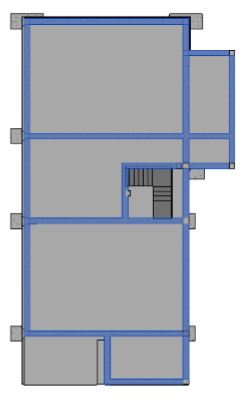

Duration: 14 Days
Materials: Concrete Grade 30, reinforcement, timber formwork
Equipment: Concrete Mixer(1), Concrete vibrator (1) , bar bending machine (1), table saw
Skilled worker: Carpenter (2) , bar bender (2), general worker (4)
Technical information: The formworks is constructed with steel rebar reinforcement and starter bar. Thereafter a mixture of concrete with aggregates and cement is then pouring into the casting form and left for curing around a week time.
Week 19
Activity 1: Second Floor Slab (first half)


Duration: 14 days
Materials: Concrete Grade 30, reinforcements, timber formworks, Damp Proof Membrane (DPM), Rigid Floor Insulation, screed plank
Equipment: Concrete Vibrator(1), Rebar bending machine(1), table saw(1), concrete mixer(1),
Skilled Workers: Carpenter(2), Rebar Bender (1), General worker (3)
Technical Information: The Ground slab is cast after beams, the workers can proceed to next construction during curing time. Formworks is constructed with steel rebar reinforcement and starter bar. Thereafter a mixture of concrete with aggregates and cement is then pour into the casting, screeded with plank and then left for curing around a week time. A layer of protection is laid on top of the concrete during curing.
Week 20
Activity 1: Second Floor Slab (second half)


Duration: 14 days
Materials: Concrete Grade 30, reinforcements, timber formworks, Damp Proof Membrane (DPM), Rigid Floor Insulation, screed plank
Equipment: Concrete Vibrator(1), Rebar bending machine(1), table saw(1), concrete mixer(1),
Skilled Workers: Carpenter(2), Rebar Bender (1), General worker (3)
Technical Information: The Ground slab is cast after beams, the workers can proceed to next construction during curing time. Formworks is constructed with steel rebar reinforcement and starter bar. Thereafter a mixture of concrete with aggregates and cement is then pour into the casting, screeded with plank and then left for curing around a week time. A layer of protection is laid on top of the concrete during curing.
Week 21
Activity 1: Second floor column (grid 8-grid 13)
Duration: 14 Days
Materials: Concrete Grade 30, reinforcement, timber formwork
Equipment: Concrete Mixer(1), Concrete vibrator (1) , bar bending machine (1), table saw
Skilled worker: Carpenter (2) , bar bender (2), general worker (4)
Technical information: Same as the construction of beams, the formworks is constructed with steel rebar reinforcement and starter bar. Thereafter a mixture of concrete with aggregates and cement is then pouring into the casting form and left for curing around a week time.


Activity 2: First Floor Staircase (to level 2)
Duration: 8-14 days
Materials: Concrete Grade 30, reinforcements, timber formworks,
Equipment: Concrete Vibrator(1), Rebar bending machine(1), table saw(1), concrete mixer(1), spirit level.
Skilled Workers: Carpenter (2), Rebar Bender (1), General worker (3)
Technical Information: The formworks of the stairs is constructed with steel rebar reinforcement and starter bar. Thereafter a mixture of concrete with aggregates and cement is then pouring into the casting form and left for curing around a week time. A concrete test is taken to check the strength of the casting after it was left to cure for a week.
Week 22
Activity 1: Roof floor Beams (Grid 8- Grid 13) , All floor


Duration: 14 Days Materials: Concrete Grade 30, reinforcement, timber formwork
Equipment: Concrete Mixer(1), Concrete vibrator (1) , bar bending machine (1), table saw
Skilled worker: Carpenter (2) , bar bender (2), general worker (4)
Technical information: The formworks is constructed with steel rebar reinforcement and starter bar. Thereafter a mixture of concrete with aggregates and cement is then pouring into the casting form and left for curing around a week time.
Week 23
Activity 1: third floor Slab (all floor)



Duration: 14 days
Materials: Concrete Grade 30, reinforcements, timber formworks, Damp Proof Membrane (DPM), Rigid Floor Insulation, screed plank
Equipment: Concrete Vibrator(1), Rebar bending machine(1), table saw(1), concrete mixer(1),
Skilled Workers: Carpenter(2), Rebar Bender (1), General worker (3)
Technical Information: The Ground slab is cast after beams, the workers can proceed to next construction during curing time. Formworks is constructed with steel rebar reinforcement and starter bar. Thereafter a mixture of concrete with aggregates and cement is then pour into the casting, screeded with plank and then left for curing around a week time. A layer of protection is laid on top of the concrete during curing.
WEEK 24
Activity 1: Brickwalls Ground Level (Grid 3- 4)



Duration: 15-20 days
Materials: 100 mm x 215 mm x 75 mm Clay Bricks, Cement mortar, Builder’s line, Wire mesh reinforcement
Equipment: Wheel barrow (2), Shovel (2), Groovers (5), Edges (5)
Skilled Workers: General Workers (6)
Technical Information: Builder’s line is used to alight the walls during stacking of bricks and construction of the wall. The clay bricks are bonded with mortar and stack together with specific bonding pattern. Wire mesh is laid on the bricks in certain layer interval as reinforcement and stiffer will be constructed between walls to strengthen the walls.
WEEK 25
Activity 1: Brickwalls Ground Level (Grid 4-5)


Duration: 15-20 days
Materials: 100 mm x 215 mm x 75 mm Clay Bricks, Cement mortar, Builder’s line, Wire mesh reinforcement
Equipment: Wheel barrow (2), Shovel (2), Groovers (5), Edges (5)
Skilled Workers: General Workers (6)
Technical Information: Builder’s line is used to alight the walls during stacking of bricks and construction of the wall. The clay bricks are bonded with mortar and stack together with specific bonding pattern. Wire mesh is laid on the bricks in certain layer interval as reinforcement and stiffer will be constructed between walls to strengthen the walls.
Week 26
Activity 1: Brickwalls Ground Level (Grid 5-6)


Duration: 15-20 days
Materials: 100 mm x 215 mm x 75 mm Clay Bricks, Cement mortar, Builder’s line, Wire mesh reinforcement
Equipment: Wheel barrow (2), Shovel (2), Groovers (5), Edges (5)
Skilled Workers: General Workers (6)
Technical Information: Builder’s line is used to alight the walls during stacking of bricks and construction of the wall. The clay bricks are bonded with mortar and stack together with specific bonding pattern. Wire mesh is laid on the bricks in certain layer interval as reinforcement and stiffer will be constructed between walls to strengthen the walls.
Week 27
Activity 1: Brickwall First Level (Grid 3-4)


Duration: 15-20 days
Materials: 100 mmx 215 mm x 75 mm Clay Bricks, Cement mortar, Builder’s line, Wire mesh reinforcement
Equipment: Wheel barrow (2), Shovel (2), Groovers (5), Edges (5)
Skilled Workers: General Workers (6)
Technical Information: Builder’s line is used to alight the walls during stacking of bricks and construction of the wall. The clay bricks are bonded with mortar and stack together with specific bonding pattern. Wire mesh is laid on the bricks in certain layer interval as reinforcement and stiffer will be constructed between walls to strengthen the walls.
Week 28
Activity 1: Brickwall First Level (Grid 4-5)

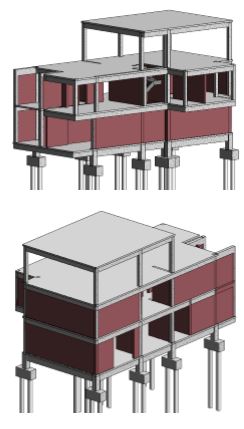
Duration: 15-20 days
Materials: 100 mm x 215 mm x 75 mm Clay Bricks, Cement mortar, Builder’s line, Wire mesh reinforcement
Equipment: Wheel barrow (2), Shovel (2), Groovers (5), Edges (5)
Skilled Workers: General Workers (6)
Technical Information: Builder’s line is used to alight the walls during stacking of bricks and construction of the wall. The clay bricks are bonded with mortar and stack together with specific bonding pattern. Wire mesh is laid on the bricks in certain layer interval as reinforcement and stiffer will be constructed between walls to strengthen the walls.
Week 29
Activity 1: Brickwall First Level (Grid 4-5)

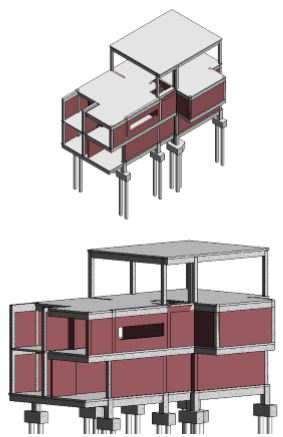
Duration: 15-20 days
Materials: 100 mm x 215 mm x 75 mm Clay Bricks, Cement mortar, Builder’s line, Wire mesh reinforcement
Equipment: Wheel barrow (2), Shovel (2), Groovers (5), Edges (5)
Skilled Workers: General Workers (6)
Technical Information: Builder’s line is used to alight the walls during stacking of bricks and construction of the wall. The clay bricks are bonded with mortar and stack together with specific bonding pattern. Wire mesh is laid on the bricks in certain layer interval as reinforcement and stiffer will be constructed between walls to strengthen the walls.
Week 30
Activity 1: Brickwall Second Level (Grid 3-4a)


Duration: 15-20 days
Materials: 100 mm x 215 mm x 75 mm Clay Bricks, Cement mortar, Builder’s line, Wire mesh reinforcement
Equipment: Wheel barrow (2), Shovel (2), Groovers (5), Edges (5)
Skilled Workers: General Workers (6)
Technical Information: Builder’s line is used to alight the walls during stacking of bricks and construction of the wall. The clay bricks are bonded with mortar and stack together with specific bonding pattern. Wire mesh is laid on the bricks in certain layer interval as reinforcement and stiffer will be constructed between walls to strengthen the walls.
Week 31
Activity 1: Brickwall Second Level (Grid 4a-5)


Duration: 15-20 days
Materials: 100 mm x 215 mm x 75 mm Clay Bricks, Cement mortar, Builder’s line, Wire mesh reinforcement
Equipment: Wheel barrow (2), Shovel (2), Groovers (5), Edges (5)
Skilled Workers: General Workers (6)
Technical Information: Builder’s line is used to alight the walls during stacking of bricks and construction of the wall. The clay bricks are bonded with mortar and stack together with specific bonding pattern. Wire mesh is laid on the bricks in certain layer interval as reinforcement and stiffer will be constructed between walls to strengthen the walls.
Week 32
Activity 1: Brickwall Second Level (Grid 13 -17)

Duration: 15-20 days
Materials: 100 mm x 215 mm x 75 mm Clay Bricks, Cement mortar, Builder’s line, Wire mesh reinforcement
Equipment: Wheel barrow (2), Shovel (2), Groovers (5), Edges (5)
Skilled Workers: General Workers (6)
Technical Information: Builder’s line is used to alight the walls during stacking of bricks and construction of the wall. The clay bricks are bonded with mortar and stack together with specific bonding pattern. Wire mesh is laid on the bricks in certain layer interval as reinforcement and stiffer will be constructed between walls to strengthen the walls.
Activity 2: Façade roof slab

Duration: 14 days
Materials: Concrete Grade 30, reinforcements, timber formworks, Damp Proof Membrane (DPM), Rigid Floor Insulation, screed plank
Equipment: Concrete Vibrator(1), Rebar bending machine(1), table saw(1), concrete mixer(1),
Skilled Workers: Carpenter(2), Rebar Bender (1), General worker (3)
Technical Information: The Ground slab is cast after beam, the workers can proceed to next construction during curing time. Formworks is constructed with steel rebar reinforcement and starter bar. Thereafter a mixture of concrete with aggregates and cement is then pour into the casting form and left for curing around a week time. DPM is laid on the concrete and screeded with long even plank.
Week 33
Activity 1: Framing (ground floor)

Duration: 7 days
Materials: Openings wooden frame (for door and windows)
Equipment: Spirit level, Measuring tape
Skilled Workers: General Workers (4)
Technical Information: The opening frames are constructed in position and align after the brick wall is done. Architrave is added after the door/window frame is added.
Activity 2: Incoming Electrical Circuit Supply Installation
Duration: 10-14 days
Materials: Copper Cables (different sizes), Kilowatt hour meter
Equipment: Voltmeter, Ammeter, Plyers, Screws and nuts,
Skilled Workers: Electric Technician (2), Plumbers (2)
Technical Information: Incoming electricity cables are brought into the house and connected to a circuit box in the house to facilitate the plumbing works later on.
Week 34
Activity 1: Framing (First floor)

Duration: 7 days
Materials: Openings wooden frame (for door and windows)
Equipment: Spirit level, Measuring tape
Skilled Workers: General Workers (4)
Technical Information: The opening frames are constructed in position and align after the brick wall is done. Architrave is added after the door/window frame is added.
Activity 2: Incoming Electrical Circuit Supply Installation
Duration: 10-14 days (continued)
Materials: Copper Cables (different sizes), Kilowatt hour meter
Equipment: Voltmeter, Ammeter, Plyers, Screws and nuts,
Skilled Workers: Electric Technician (2), Plumbers (2)
Technical Information: Incoming electricity cables are brought into the house and connected to a circuit box in the house to facilitate the plumbing works later on.
Week 35
Activity 1: Framing (Second floor)

Duration: 7 days
Materials: Openings wooden frame (for door and windows)
Equipment: Spirit level, Measuring tape
Skilled Workers: General Workers (4)
Technical Information: The opening frames are constructed in position and align after the brick wall is done. Architrave is added after the door/window frame is added.
Activity 2: Ground Floor Plumbing (First Fix)

Duration: 14 days
Materials: Copper Cables (different sizes), PVC pipes, socket box
Equipment: Voltmeter, Ammeter, Plyers, Screws and nuts, Hacking machine
Skilled Workers: Electricians(2), Plumbers (2)
Technical Information: Technicians will determine the location of the sockets according to the engineering blue print. The brick wall is hacked to accommodate the wiring pipe from the top to the ground according UBBL requirements. The wall sockets will be installed after the wiring is done.
Week 36
Activity 1: First Floor Plumbing (First Fix)
Duration: 14 days
Materials: Copper Cables (different sizes), PVC pipes, socket box
Equipment: Voltmeter, Ammeter, Plyers, Screws and nuts, Hacking machine
Skilled Workers: Electricians(2), Plumbers (2)
Technical Information: Technicians will determine the location of the sockets according to the engineering blue print. The brick wall is hacked to accommodate the wiring pipe from the top to the ground according UBBL requirements. The wall sockets will be installed after the wiring is done.
Week 37
Activity 1: First Floor Plumbing (First Fix)
Duration: 14 days
Materials: Copper Cables (different sizes), PVC pipes, socket box
Equipment: Voltmeter, Ammeter, Plyers, Screws and nuts, Hacking machine
Skilled Workers: Electricians(2), Plumbers (2)
Technical Information: Technicians will determine the location of the sockets according to the engineering blue print. The brick wall is hacked to accommodate the wiring pipe from the top to the ground according UBBL requirements. The wall sockets will be installed after the wiring is done.
Activity 2: Second Floor Plumbing (First Fix)
Duration: 14 days
Materials: Copper Cables (different sizes), PVC pipes, socket box
Equipment: Voltmeter, Ammeter, Plyers, Screws and nuts, Hacking machine
Skilled Workers: Electricians(2), Plumbers (2)
Technical Information: Technicians will determine the location of the sockets according to the engineering blue print. The brick wall is hacked to accommodate the wiring pipe from the top to the ground according UBBL requirements. The wall sockets will be installed after the wiring is done.
Activity 3: Plumbing (Sanitary and Kitchen)
Duration: 14 days
Materials: Copper Cables (different sizes), PVC pipes, socket box
Equipment: Voltmeter, Ammeter, Plyers, Screws and nuts, Hacking machine
Skilled Workers: Electricians(2), Plumbers (2)
Technical Information: Technicians will determine the location of the sockets according to the engineering blue print. The brick wall is hacked to accommodate the wiring pipe from the top to the ground according UBBL requirements. The wall sockets will be installed after the wiring is done.
Week 38
Activity 1: Plumbing (Sanitary and Kitchen)
Duration: 14 days
Materials: Copper Cables (different sizes), PVC pipes, socket box
Equipment: Voltmeter, Ammeter, Plyers, Screws and nuts, Hacking machine
Skilled Workers: Electricians(2), Plumbers (2)
Technical Information: Technicians will determine the location of the sockets according to the engineering blue print. The brick wall is hacked to accommodate the wiring pipe from the top to the ground according UBBL requirements. The wall sockets will be installed after the wiring is done.
Week 39
Activity 1: Ground floor Wall Plastering (Grid 1-Grid 3)


Duration: 14-21 days (interior and exterior)
Materials: cement plaster, skim coat
Equipment: buckets, cement spatula trowels, groovers, edgers, planks, sponges, scaffolding, plaster spray
Skilled Workers: general workers (2), plasterers(3)
Technical information: The plaster layer is not more than half inches, and left for drying about 7 days before the finishing is applied. The first coating thickness is around 1/2 to 3/4 inches while the finishing coat will be around 3/16 inches thick. The surface of the rendering preferably wetted before application of plastering. Rough surface plastering is usually used outdoor to resist harsh weathering. Smooth surface plastering with pores and easily defected characteristic is preferably used indoor.
Week 40
Activity 1: Ground floor wall plastering (Grid 4-4a)


Duration: 14-21 days (interior and exterior)
Materials: cement plaster, skim coat
Equipment: buckets, cement spatula trowels, groovers, edgers, planks, sponges, scaffolding, plaster spray
Skilled Workers: general workers (2), plasterers(3)
Technical information: The plaster layer is not more than half inches, and left for drying about 7 days before the finishing is applied. The first coating thickness is around 1/2 to 3/4 inches while the finishing coat will be around 3/16 inches thick. The surface of the rendering preferably wetted before application of plastering. Rough surface plastering is usually used outdoor to resist harsh weathering. Smooth surface plastering with pores and easily defected characteristic is preferably used indoor.
Week 41
Activity 1: Ground floor plastering (Grid 4a-6)
Duration: 14-21 days (interior and exterior)
Materials: cement plaster, skim coat
Equipment: buckets, cement spatula trowels, groovers, edgers, planks, sponges, scaffolding, plaster spray
Skilled Workers: general workers (2), plasterers(3)
Technical information: The plaster layer is not more than half inches, and left for drying about 7 days before the finishing is applied. The first coating thickness is around 1/2 to 3/4 inches while the finishing coat will be around 3/16 inches thick. The surface of the rendering preferably wetted before application of plastering. Rough surface plastering is usually used outdoor to resist harsh weathering. Smooth surface plastering with pores and easily defected characteristic is preferably used indoor.



Activity 2: First floor plastering (Grid 1- Grid 4)
Duration: 14-21 days (interior and exterior)
Materials: cement plaster, skim coat
Equipment: buckets, cement spatula trowels, groovers, edgers, planks, sponges, scaffolding, plaster spray
Skilled Workers: general workers (2), plasterers(3)
Technical information: The plaster layer is not more than half inches, and left for drying about 7 days before the finishing is applied. The surface of the rendering preferably wetted before application of plastering. Rough surface plastering is usually used outdoor to resist harsh weathering. Smooth surface plastering with pores and easily defected characteristic is preferably used indoor.
Week 42
Activity 1: First floor plastering (Grid 4- Grid 4a)


Duration: 14-21 days (interior and exterior)
Materials: cement plaster, skim coat
Equipment: buckets, cement spatula trowels, groovers, edgers, planks, sponges, scaffolding, plaster spray
Skilled Workers: general workers (2), plasterers(3)
Technical information: The plaster layer is not more than half inches, and left for drying about 7 days before the finishing is applied. The first coating thickness is around 1/2 to 3/4 inches while the finishing coat will be around 3/16 inches thick. The surface of the rendering preferably wetted before application of plastering. Rough surface plastering is usually used outdoor to resist harsh weathering. Smooth surface plastering with pores and easily defected characteristic is preferably used indoor.
Week 43
Activity 1: First floor plastering (Grid 4a-6)
Duration: 14-21 days (interior and exterior)
Materials: cement plaster, skim coat
Equipment: buckets, cement spatula trowels, groovers, edgers, planks, sponges, scaffolding, plaster spray
Skilled Workers: general workers (2), plasterers(3)
Technical information: The plaster layer is not more than half inches, and left for drying about 7 days before the finishing is applied. The surface of the rendering preferably wetted before application of plastering. Rough surface plastering is usually used outdoor to resist harsh weathering. Smooth surface plastering with pores and easily defected characteristic is preferably used indoor.



Activity 2: Second floor plastering (Grid 1-Grid 4)
Duration: 14-21 days (interior and exterior)
Materials: cement plaster, skim coat
Equipment: buckets, cement spatula trowels, groovers, edgers, planks, sponges, scaffolding, plaster spray
Skilled Workers: general workers (2), plasterers(3)
Technical information: The plaster layer is not more than half inches, and left for drying about 7 days before the finishing is applied. The surface of the rendering preferably wetted before application of plastering. Rough surface plastering is usually used outdoor to resist harsh weathering. Smooth surface plastering with pores and easily defected characteristic is preferably used indoor.
Activity 3: Ground Floor Tiling (Grid 13- Grid 17)


Duration: 14-21 days
Materials: Ceramic tiles, Cement mortar, Silicone sealant
Equipment: Spirit level (1), Groovers (3), Tile cutter (1), Carpenter’s square (1)
Skilled Worker: General worker (2)
Technical Information: Tiles are precisely measured according to the application area of the building. This can help to save number of tiles and as well able to maximize the applying area. The tile will be cut into varies sizes and shapes to fit those with smaller surface area.
Week 44
Activity 1: second floor plastering (Grid 4-4b)


Duration: 14-21 days (interior and exterior)
Materials: cement plaster, skim coat
Equipment: buckets, cement spatula trowels, groovers, edgers, planks, sponges, scaffolding, plaster spray
Skilled Workers: general workers (2), plasterers(3)
Technical information: The plaster layer is not more than half inches, and left for drying about 7 days before the finishing is applied. The first coating thickness is around 1/2 to 3/4 inches while the finishing coat will be around 3/16 inches thick. The surface of the rendering preferably wetted before application of plastering. Rough surface plastering is usually used outdoor to resist harsh weathering. Smooth surface plastering with pores and easily defected characteristic is preferably used indoor.
Activity 2: Ground Floor Tiling (Grid 10-13)


Duration: 14-21 days
Materials: Ceramic tiles, Cement mortar, Silicone sealant
Equipment: Spirit level (1), Groovers (3), Tile cutter (1), Carpenter’s square (1)
Skilled Worker: General worker (2)
Technical Information: Tiles are precisely measured according to the application area of the building. This can help to save number of tiles and as well able to maximize the applying area. The tile will be cut into varies sizes and shapes to fit those with smaller surface area.
Week 45
Activity 1: Second floor plastering (Grid 4b-6)
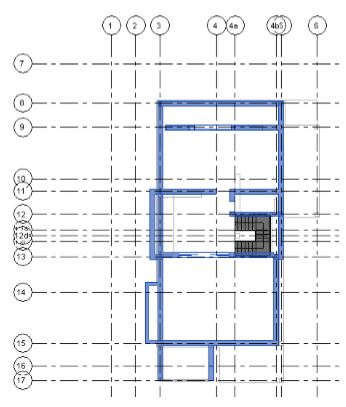

Duration: 14-21 days (interior and exterior)
Materials: cement plaster, skim coat
Equipment: buckets, cement spatula trowels, groovers, edgers, planks, sponges, scaffolding, plaster spray
Skilled Workers: general workers (2), plasterers(3)
Technical information: The plaster layer is not more than half inches, and left for drying about 7 days before the finishing is applied. The first coating thickness is around 1/2 to 3/4 inches while the finishing coat will be around 3/16 inches thick. The surface of the rendering preferably wetted before application of plastering. Rough surface plastering is usually used outdoor to resist harsh weathering. Smooth surface plastering with pores and easily defected characteristic is preferably used indoor.
Activity 2: Ground Floor Tiling (Grid 8- Grid 10)


Duration: 14-21 days
Materials: Ceramic tiles, Cement mortar, Silicone sealant
Equipment: Spirit level (1), Groovers (3), Tile cutter (1), Carpenter’s square (1)
Skilled Worker: General worker (2)
Technical Information: Tiles are precisely measured according to the application area of the building. This can help to save number of tiles and as well able to maximize the applying area. The tile will be cut into varies sizes and shapes to fit those with smaller surface area.
Activity 3: First Floor Tiling (Grid 14-17)


Duration: 14-21 days
Materials: Ceramic tiles, Cement mortar, Silicone sealant
Equipment: Spirit level (1), Groovers (3), Tile cutter (1), Carpenter’s square (1)
Skilled Worker: General worker (2)
Technical Information: Tiles are precisely measured according to the application area of the building. This can help to save number of tiles and as well able to maximize the applying area. The tile will be cut into varies sizes and shapes to fit those with smaller surface area.
Week 46
Activity 1: First Floor Tiling (Grid 10-14)


Duration: 14-21 days
Materials: Ceramic tiles, Cement mortar, Silicone sealant
Equipment: Spirit level (1), Groovers (3), Tile cutter (1), Carpenter’s square (1)
Skilled Worker: General worker (2)
Technical Information: Tiles are precisely measured according to the application area of the building. This can help to save number of tiles and as well able to maximize the applying area. The tile will be cut into varies sizes and shapes to fit those with smaller surface area.
Week 47
Activity 1: First Floor Tiling (Grid 8-10)


Duration: 14-21 days
Materials: Ceramic tiles, Cement mortar, Silicone sealant
Equipment: Spirit level (1), Groovers (3), Tile cutter (1), Carpenter’s square (1)
Skilled Worker: General worker (2)
Technical Information: Tiles are precisely measured according to the application area of the building. This can help to save number of tiles and as well able to maximize the applying area. The tile will be cut into varies sizes and shapes to fit those with smaller surface area.
Activity 2 : Second Floor Tiling (Grid 10 – Grid 13)


Duration: 14-21 days
Materials: Ceramic tiles, Cement mortar, Silicone sealant
Equipment: Spirit level (1), Groovers (3), Tile cutter (1), Carpenter’s square (1)
Skilled Worker: General worker (2)
Technical Information: Tiles are precisely measured according to the application area of the building. This can help to save number of tiles and as well able to maximize the applying area. The tile will be cut into varies sizes and shapes to fit those with smaller surface area.
Week 48
Activity 1: Second Floor Tiling (Grid 8- Grid 10)


Duration: 14-21 days
Materials: Ceramic tiles, Cement mortar, Silicone sealant
Equipment: Spirit level (1), Groovers (3), Tile cutter (1), Carpenter’s square (1)
Skilled Worker: General worker (2)
Technical Information: Tiles are precisely measured according to the application area of the building. This can help to save number of tiles and as well able to maximize the applying area. The tile will be cut into varies sizes and shapes to fit those with smaller surface area.
Week 49
Activity 1: Finishing – undercoat (Ground floor)

Duration: 21 days
Materials: Wall Sealer
Equipment: Edgers, groovers, screed plank, Paint brushes, Point rollers
Skilled Worker: Painter (5)
Technical Information: Sealer is required to seal the holes, hairline cracks of the walls. The walls are needed to seal to prevent the drywall from absorbing the moisture and the paint. By applying a layer of sealer, it gives the wall an adhesive base for the paint to stick on firmly without having bubbling and waterborne stain.
Week 50:
Activity 1: Finishing – Undercoat (First floor)
Duration: 21 days
Materials: Wall Sealer
Equipment: Edgers, groovers,plank, Paint brushes, Point rollers
Skilled Worker: Painter (5)
Technical Information: Sealer is required to seal the holes, hairline cracks of the walls. The walls are needed to seal to prevent the drywall from absorbing the moisture and the paint. By applying a layer of sealer, it gives the wall an adhesive base for the paint to stick on firmly without having bubbling and waterborne stain.
Activity 2: Painting – Uppercoat (Ground floor)

Duration: 14 days
Materials: Paint
Equipment: Paint brush (3), Point roller (3)
Skilled Worker: Painter (5)
Technical Information: Painting for finishing should be done after the plastering and undercoating are completely dried up to prevent bubbling of the wall due to the moisture. Painting requires few layers for better surface finishes.
Week 51
Activity 1: Finishing – Undercoat (Second floor)

Duration: 21 days
Materials: Wall Sealer
Equipment: Edgers, groovers,plank, Paint brushes, Point rollers
Skilled Worker: Painter (5)
Technical Information: Sealer is required to seal the holes, hairline cracks of the walls. The walls are needed to seal to prevent the drywall from absorbing the moisture and the paint. By applying a layer of sealer, it gives the wall an adhesive base for the paint to stick on firmly without having bubbling and waterborne stain.
Activity 2: Painting – First coat (First Floor)

Duration: 14 days
Materials: Paint
Equipment: Paint brush (3), Point roller (3)
Skilled Worker: Painter (5)
Technical Information: Painting for finishing should be done after the plastering and undercoating are completely dried up to prevent bubbling of the wall due to the moisture. Painting requires few layers for better surface finishes.
Week 52
Activity 1: Painting – First coat (Second Floor)

Duration: 14 days
Materials: Paint
Equipment: Paint brush (3), Point roller (3)
Skilled Worker: Painter (5)
Technical Information: Painting for finishing should be done after the plastering and undercoating are completely dried up to prevent bubbling of the wall due to the moisture. Painting requires few layers for better surface finishes.
Week 53
Activity 1: Doors, Windows and Screens installation



Duration: 10-14 days
Materials: precast aluminum window frames, doors, glass windows panels, door frames, pre-manufactured wooden,wooden crossed screen , screws, sealer
Equipment: Bolts and Nuts, Screwdriver and related toolkit.
Skilled worker: General worker (4)
Technical information: The doors and windows are then installed to the walls, replacing the temporary frames and secured with screws and sealer.
Week 54
Activity 1: Doors, Windows and Screens installation


Duration: 10-14 days (continued)
Materials: precast aluminum window frames, doors, glass windows panels, door frames, pre-manufactured wooden,wooden crossed screen , screws, sealer
Equipment: Bolts and Nuts, Screwdriver and related toolkit.
Skilled worker: General worker (4)
Technical information: The doors and windows are then installed to the walls, replacing the temporary frames and secured with screws and sealer. Prefabricated screen is secured with fixtures and nut onto the walls.
Activity 2: Electrical & Sanitary fittings
Duration: 14 days
Materials: Wall sockets, Wall plugs and bathroom porcelain appliances
Equipment: Bolts and Nuts, Screwdriver and related toolkit.
Skilled worker: General worker (4)
Technical information: Standard electrical appliances are then fixed during the last phase.
Week 55
Activity 1: Pavings

Duration: 10-15 days
Materials: paving stones, bricks, Concrete Grade 30, reinforcements, timber formworks,plank
Equipment: wheel barrow, Concrete Mixer(1), (1), table saw
Skilled Workers: general workers (4)
Technical information: Paving stones to be laid on the soil as pavement of walkway, parking, and garden.
Week 56
Activity 1: Pavings
Duration: 10-15 days (continued)
Materials: paving stones, bricks, Concrete Grade 30, reinforcements, timber formworks,plank
Equipment: wheel barrow, Concrete Mixer(1), (1), table saw
Skilled Workers: general workers (4)
Technical information: Paving stones to be laid on the soil as pavement of walkway, parking, and garden.
Week 57
Activity 1: Grass turfing – External work

Duration: 7 days
Materials: lawn turf rolls (depends on the size of garden), bricks
Equipment: wheel barrow, gardening tool kits, water pipes
Skilled Workers: lawn turf layers(2), general workers (2)
Technical information: Soil preparation is done before laying the rolls of grass turf on the soil surfaces. Excavated soil can be reused as the base of the courtyard. Loose stones and building rubble will prevent the turves roots from making contact with the soil and could make the turf die in patches. The top soil should then be thoroughly rotivated down to about the first 6 inches to aerate it properly. It is then raked level and gently treaded down.